Dubai Partial Solar Eclipse
Dubai was witness to a partial solar eclipse on June 21st, 2020 - the second in the last few months. This time, the UAE did not get to experience the full eclipse as it’s not located in the narrow band that experiences this rare phenomenon, but it was still a spectacular sight, with the skies darkening noticeably and shadows becoming fuzzy.

Dubai was witness to a partial solar eclipse on June 21st, 2020 - the second in the last few months. This time, the UAE did not get to experience the full eclipse as it’s not located in the narrow band that experiences this rare phenomenon, but it was still a spectacular sight, with the skies darkening noticeably and shadows becoming fuzzy.
The sight began at 8:14 (UAE local time) when the moon moved in front of the sun, and the eclipse was over at 11:12. I was lucky enough to be able to capture it from my balcony, and had set up my Olympus OMD EM-1 to shoot a sequence using a star tracker and home made solar filter.
Here are the results.

A full view of the middle portion of the eclipse.

A view of the the eclipse covering almost the entire period of the moon covering the sun.
Here is a video representing the same period - this was very tricky to align and smoothen out, as my tracker was not perfectly polar aligned, requiring some manual movement of the camera.
Sharjah Light Festival
Organised by the Sharjah Commerce and Tourism Development Authority, the Sharjah light festival illuminates 19 locations across the emirates with light shows accompanied by music and other activities, telling stories and bringing together the community. On the last day of the festival, I ventured out to a few of the locations to capture some of the artistic vision.

Organised by the Sharjah Commerce and Tourism Development Authority, the Sharjah light festival illuminates 19 locations across the emirate with light shows accompanied by music and other activities, telling stories and bringing together the community. On the last day of the festival, I ventured out to a few of the locations to capture some of the artistic vision.

Sharjah Skyline
Looking westwards over Khalid Lake.
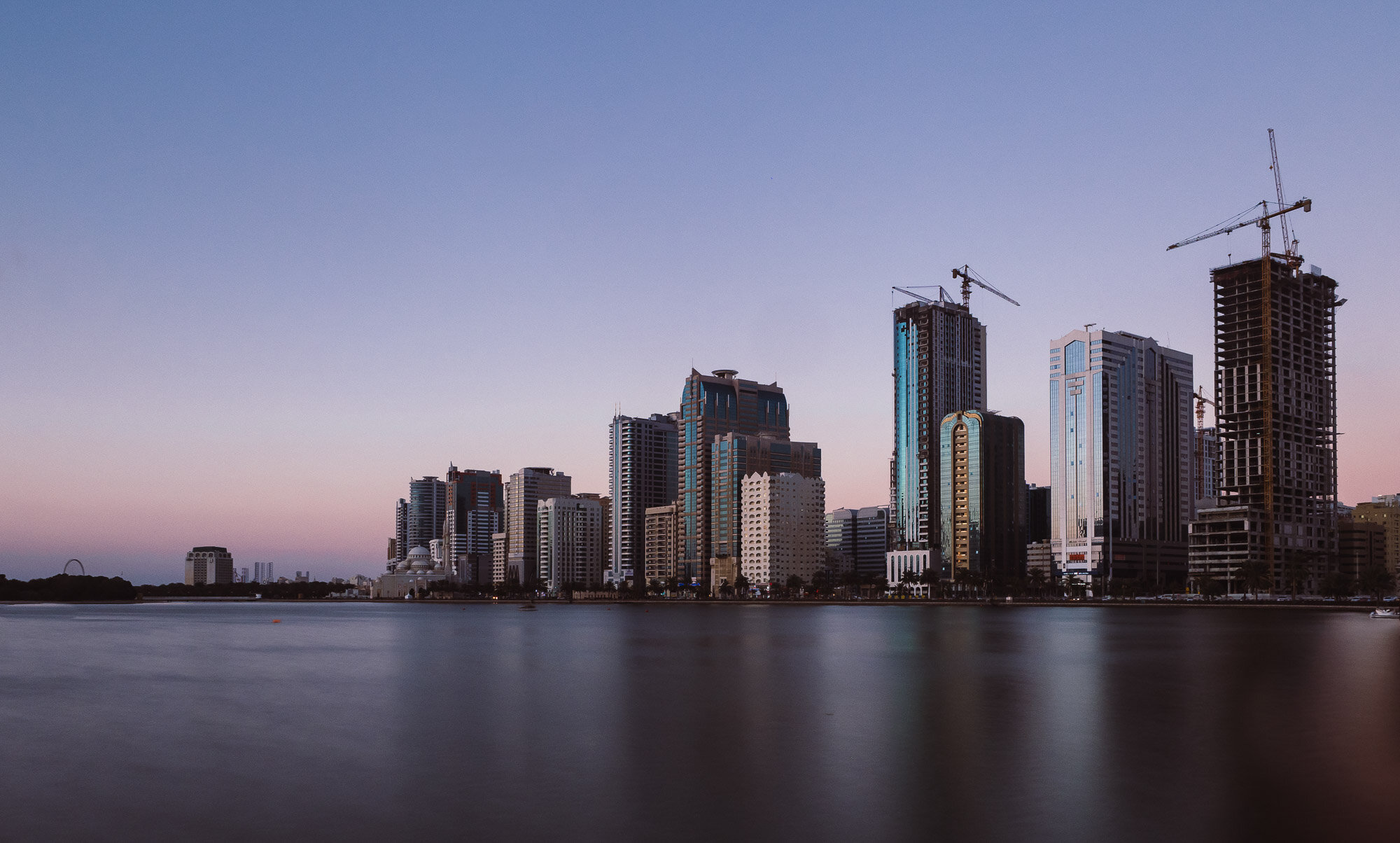
Promenade
The northerly view from Al Majaz waterfront.

Al Noor Mosque
Probably the most famous building during the Sharjah Light Festival, seen from Al Noor island.
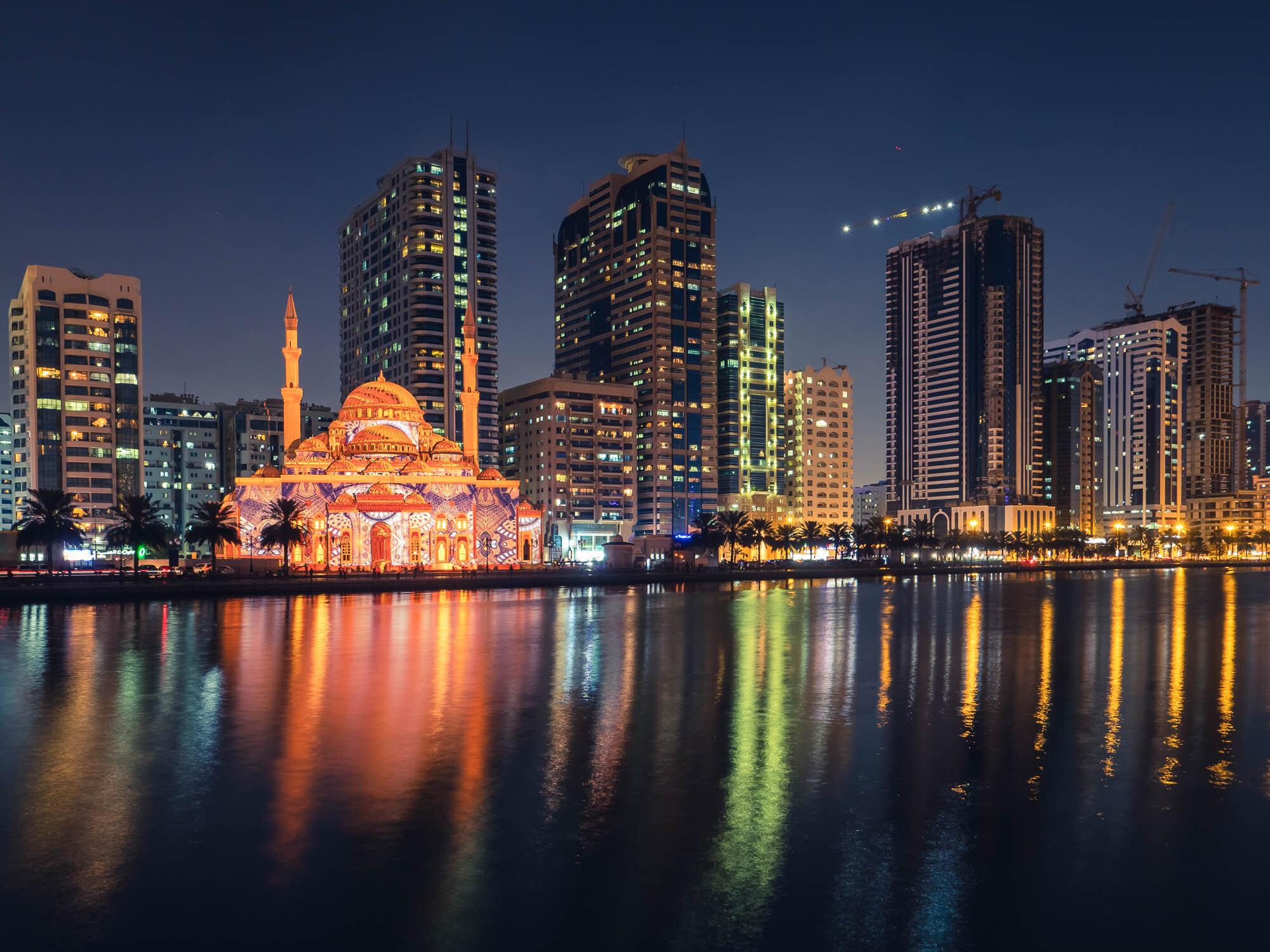
Cosmic Trip
This was the theme of the installation at the mosque this year.
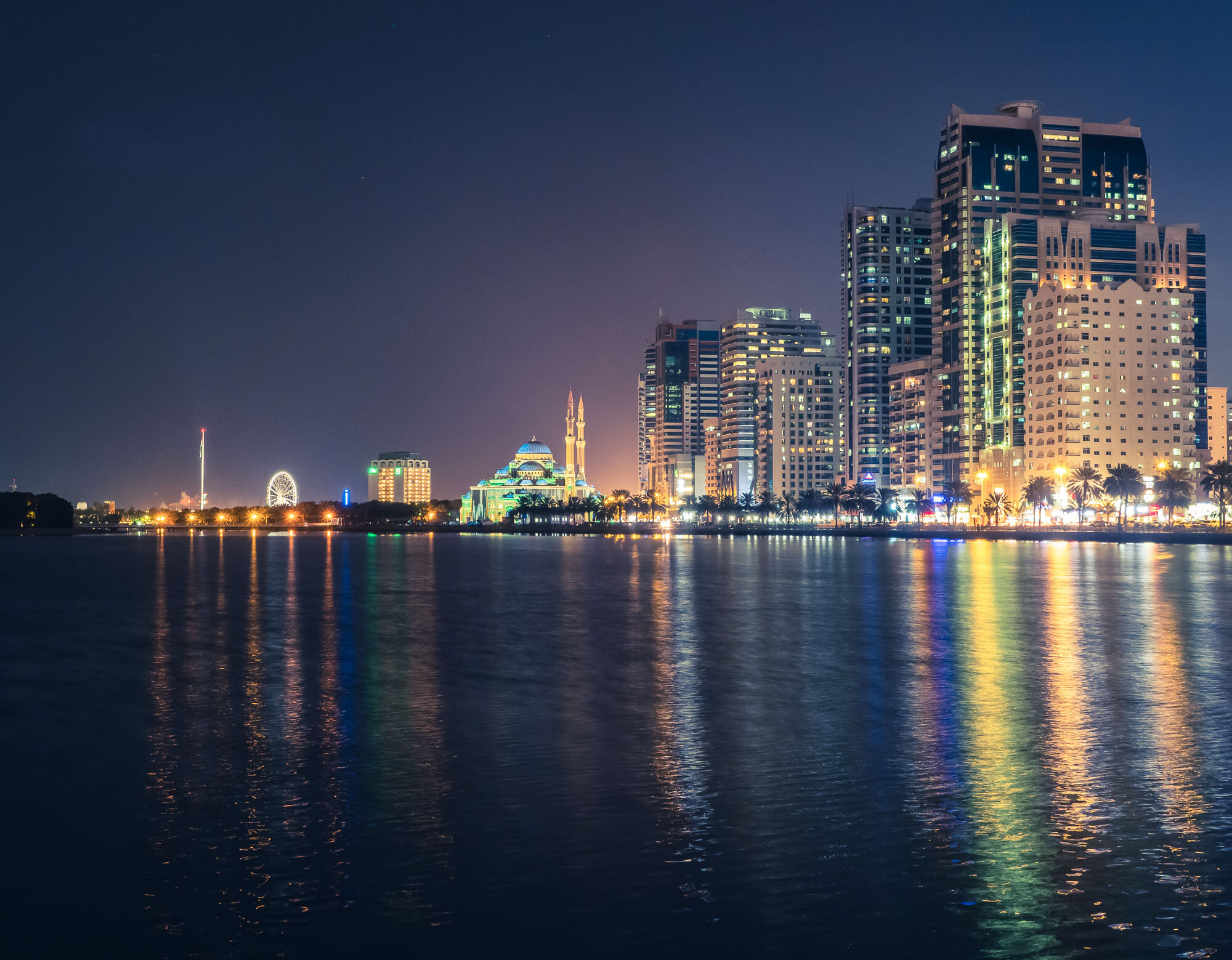
Sharjah Light Festival
A total of 19 locations take part in the festival, spread throughout the city and into the northern areas as well.
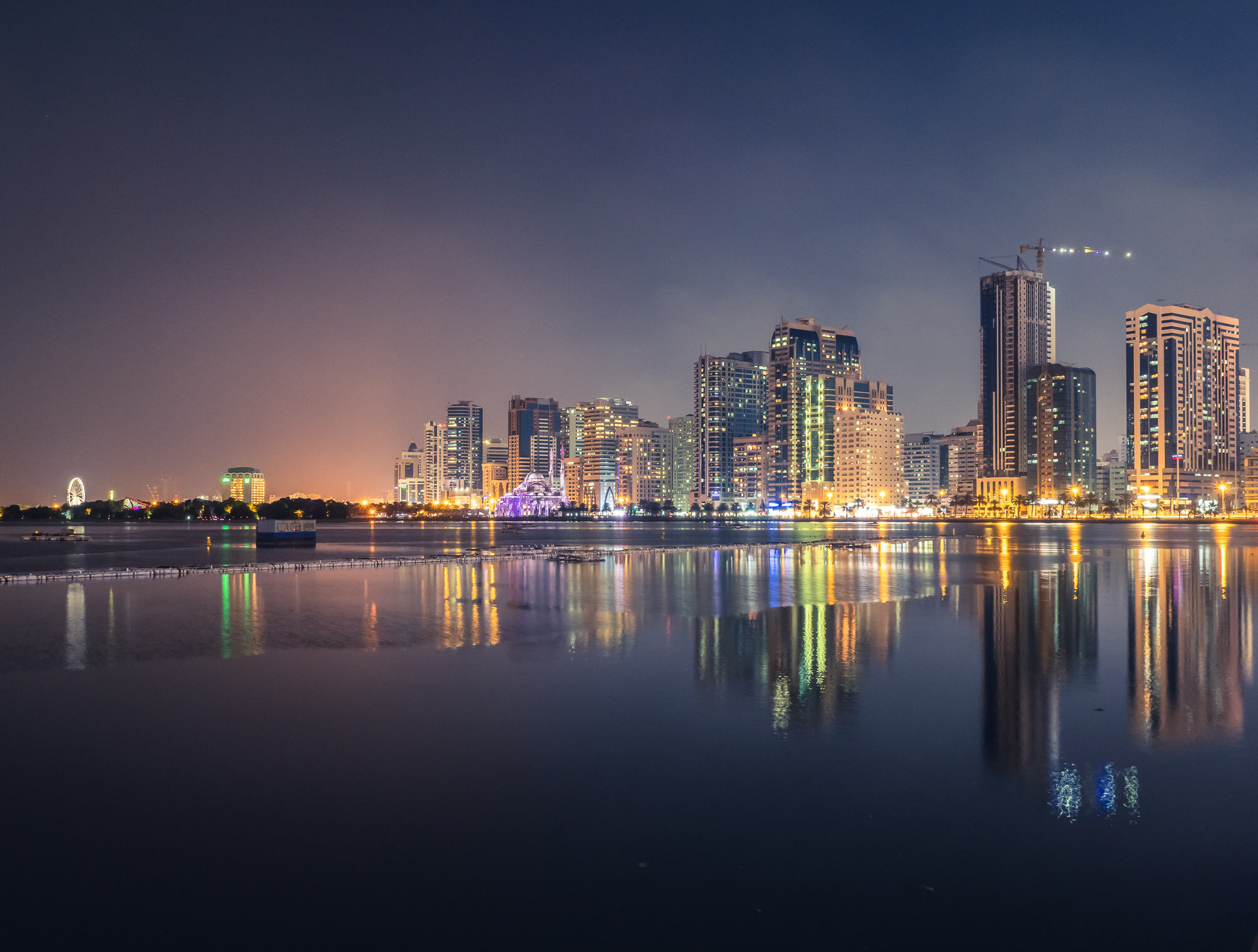
10 years
2020 was the 10th year of the festival.
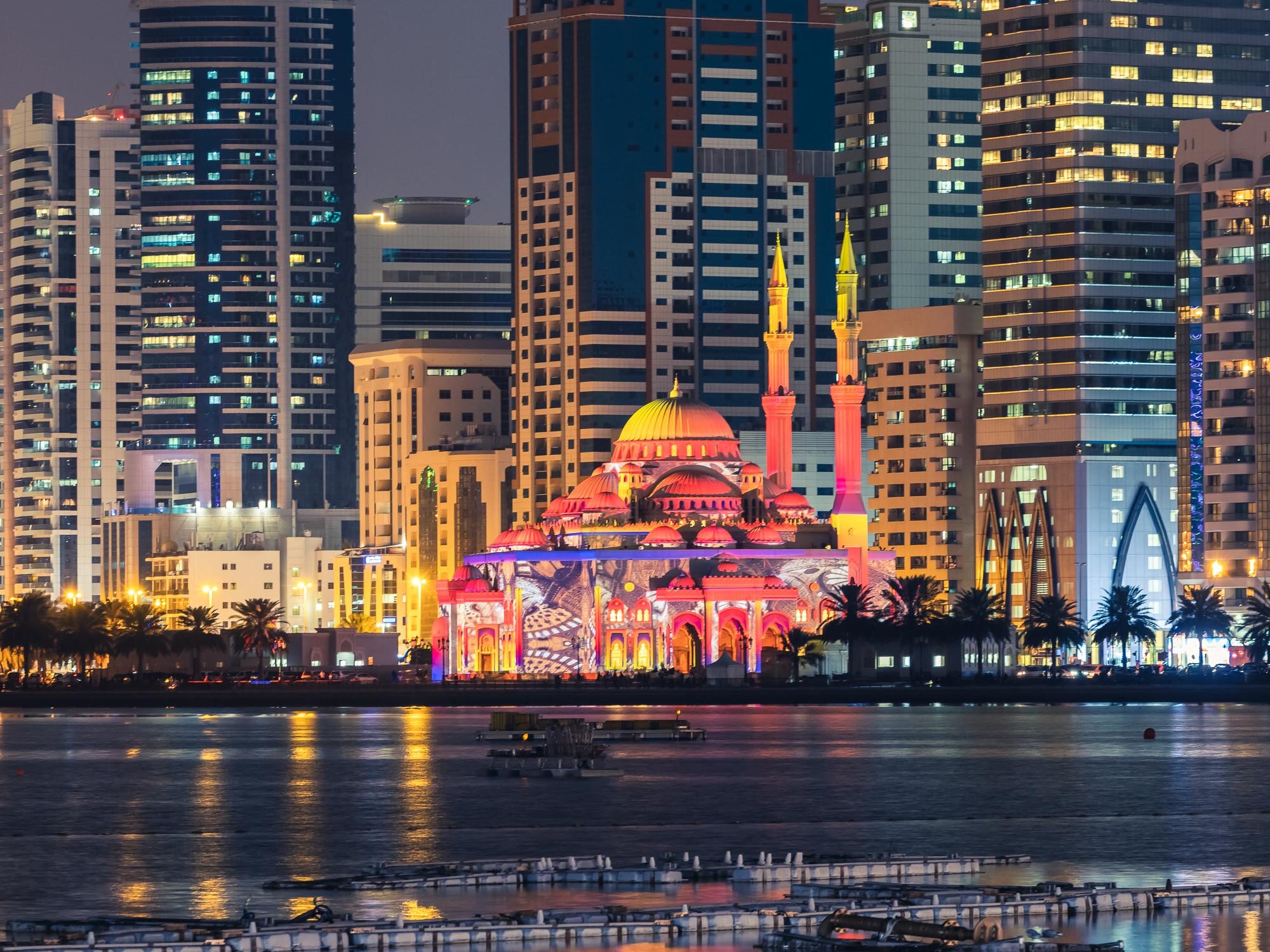
Arts & Culture
The city has established itself as a cultural destination, with regular events, exhibitions, a number of musems and more.
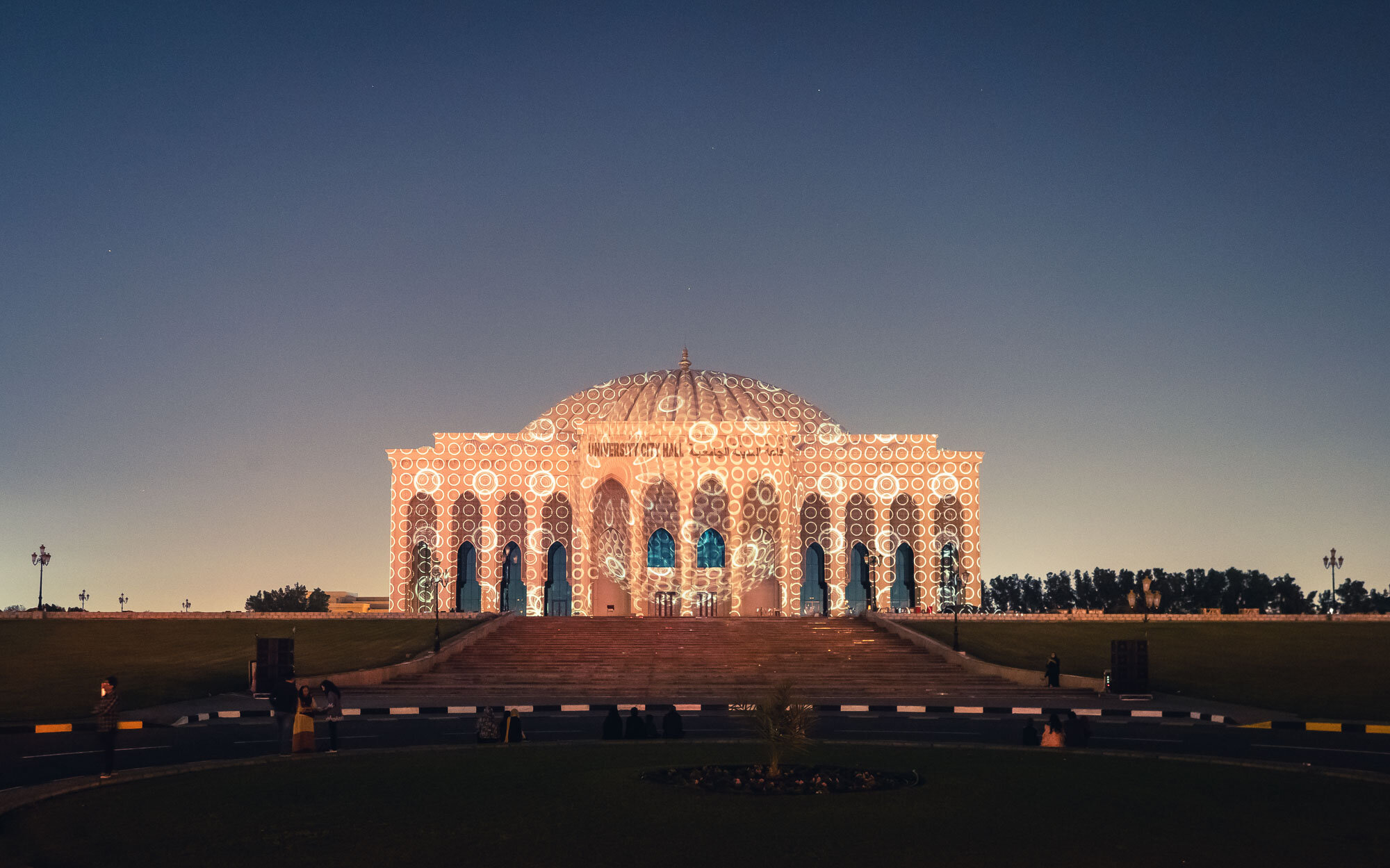
Planet Sharjah
The installation at the university city hall.
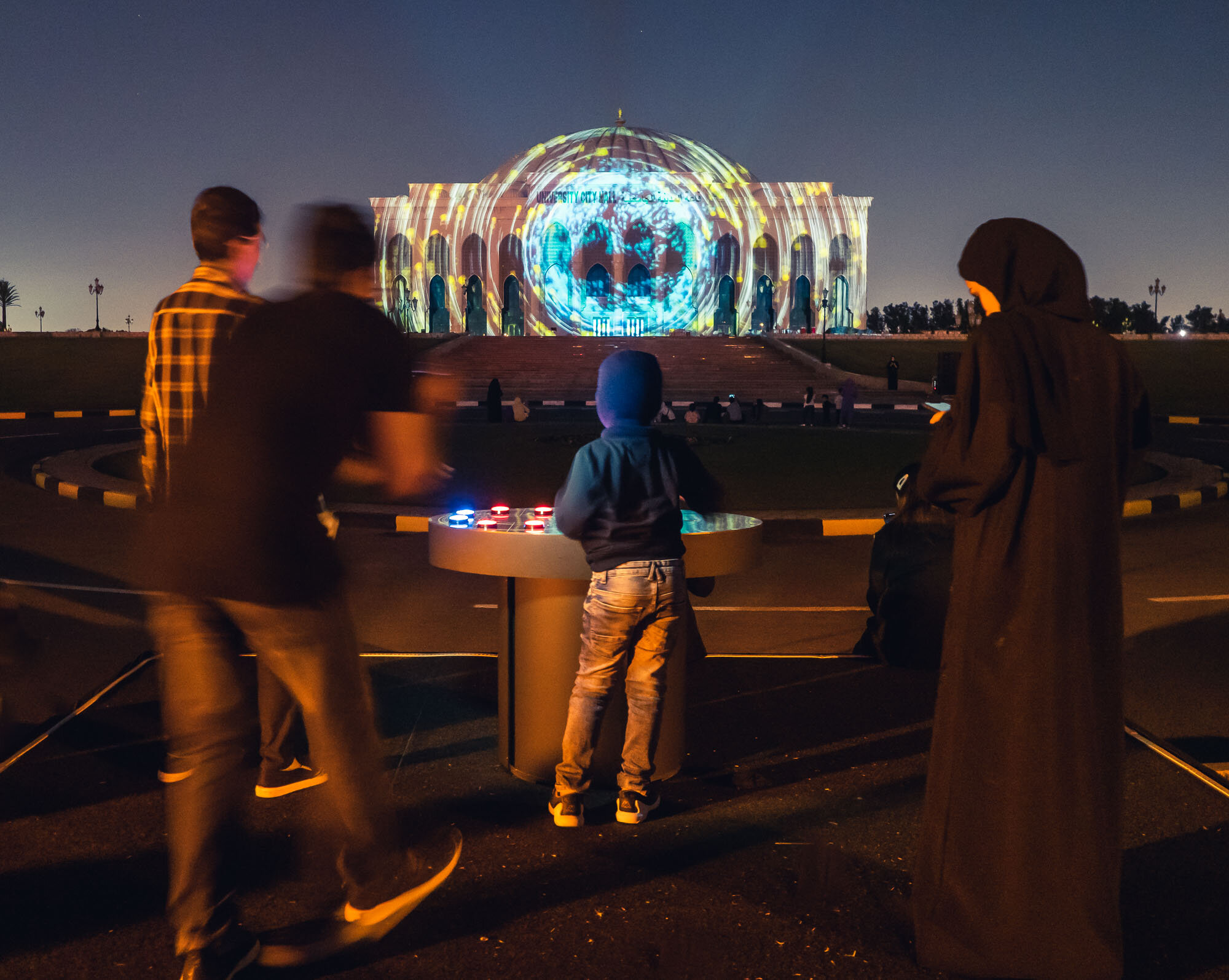
Control
This installation allowed visitors to manipulate the building's illumination through gestures and changing colours, size and patterns.

Food Trucks
No festival without a food truck part.

Mix
While the usual brands and concepts where present, local and homemade food stalls also took part.
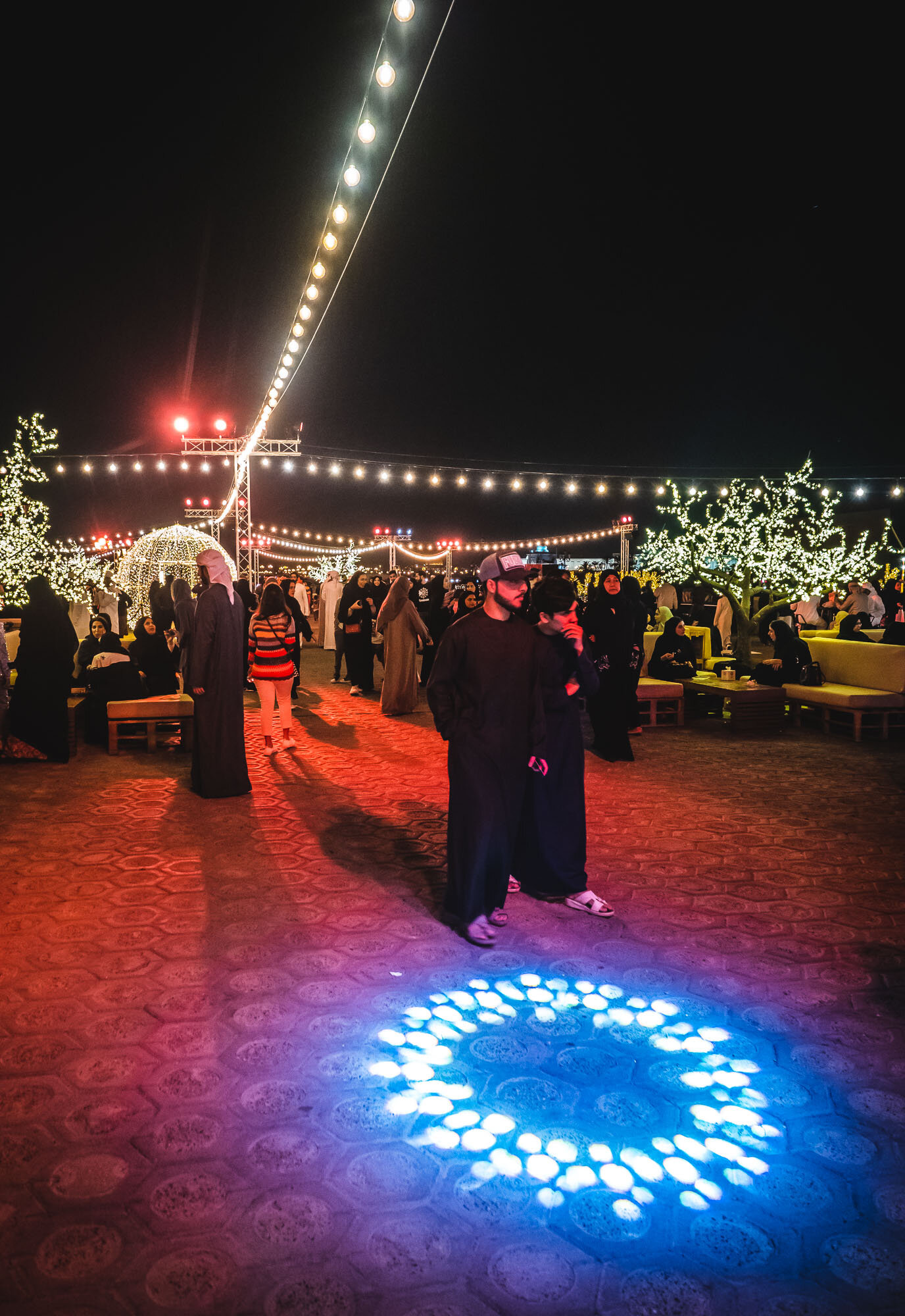
University City
The food track park was located at University City, which had 4 locations with light shows in and around the campus.

University of Sharjah
Probably the largest installation, with students from University of Sharjah presenting their daily routine of life in Sharjah through visuals and sound.
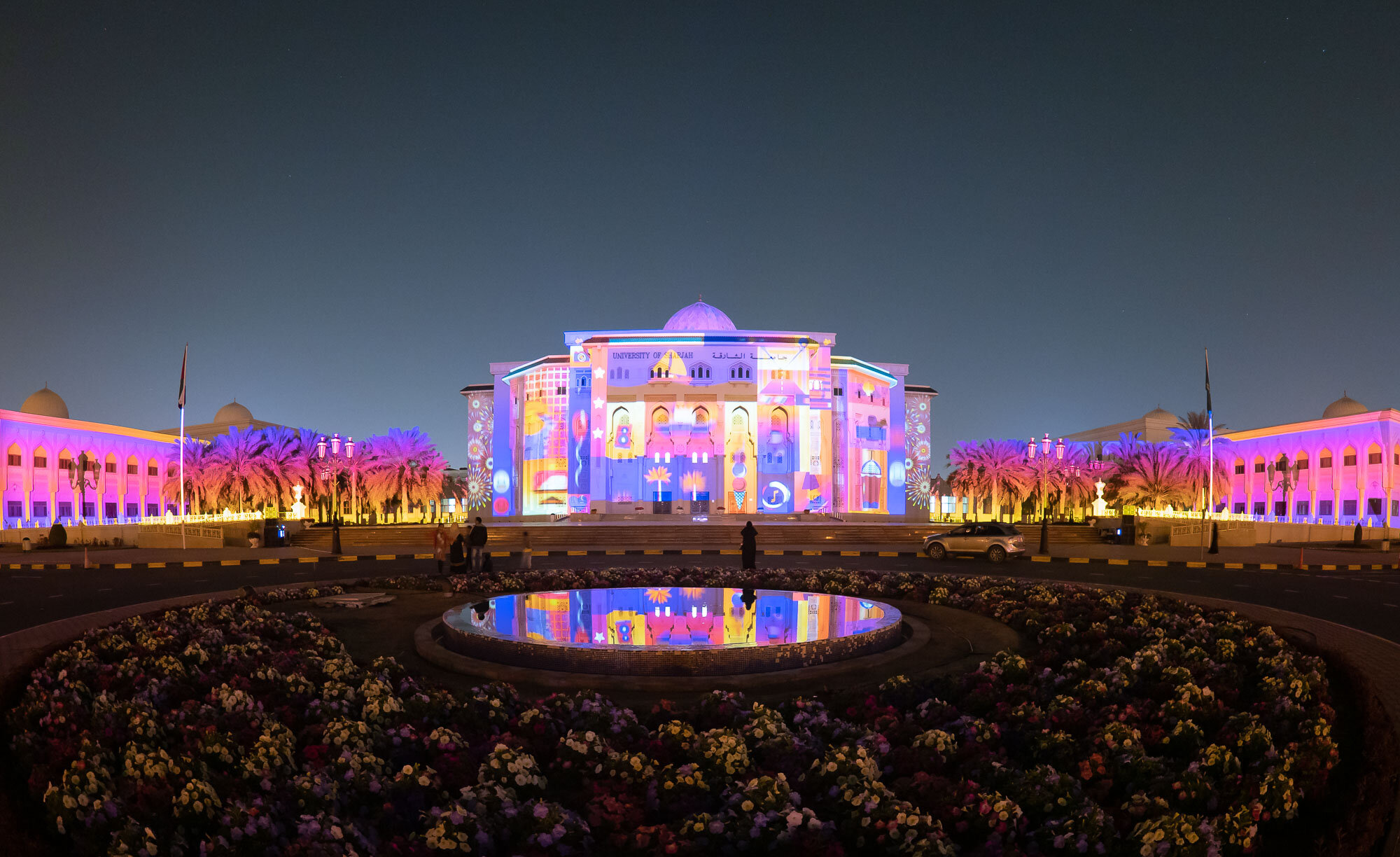
A Journey
Emojis, smileys and other ideograms helped to tell the story.
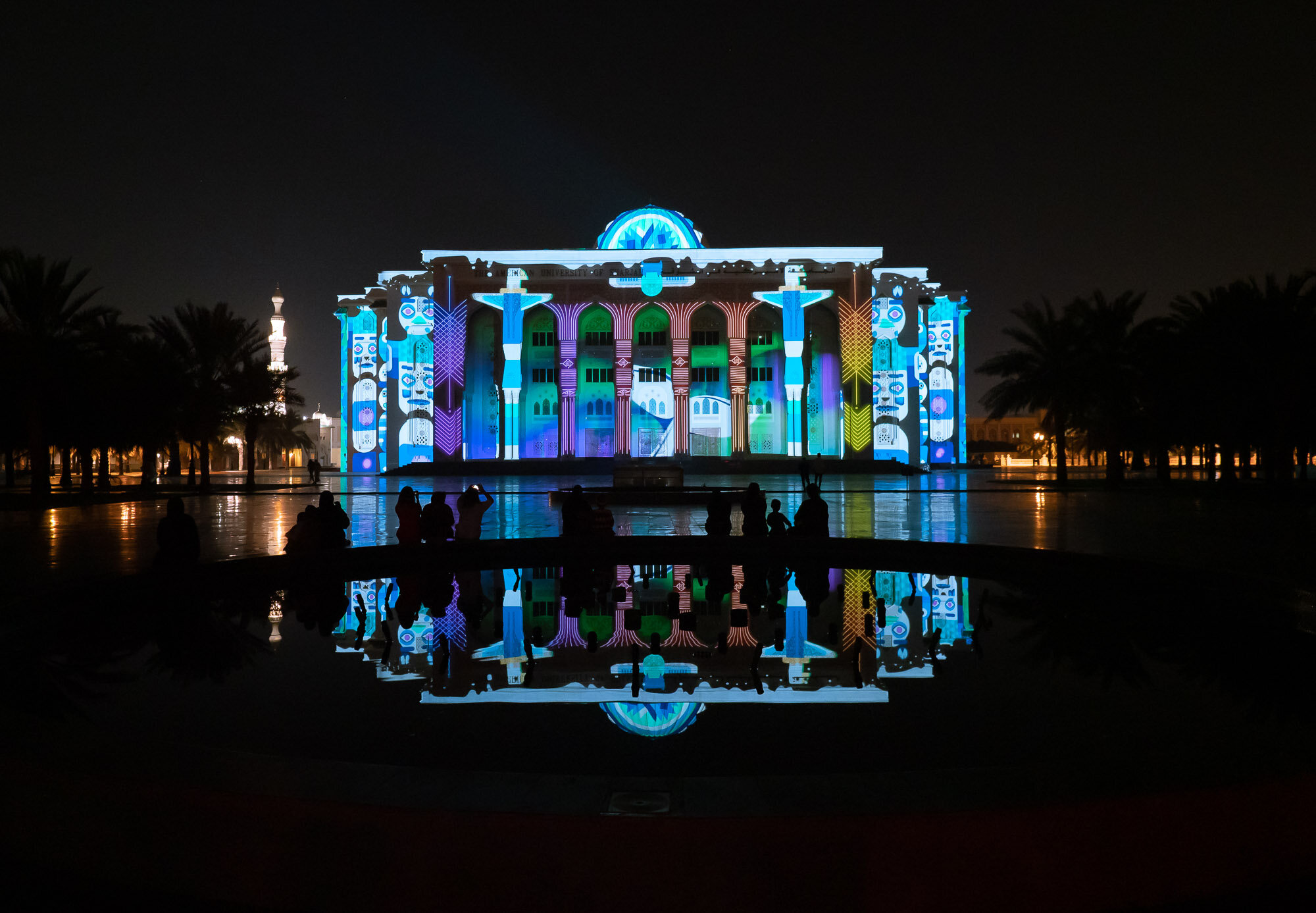
From Sharjah to America
Was the theme at the American University of Sharjah.

A Trip
The show took visitors from Sharjah through each state of America.

US States
Every state was represented by its key attributes and sights.
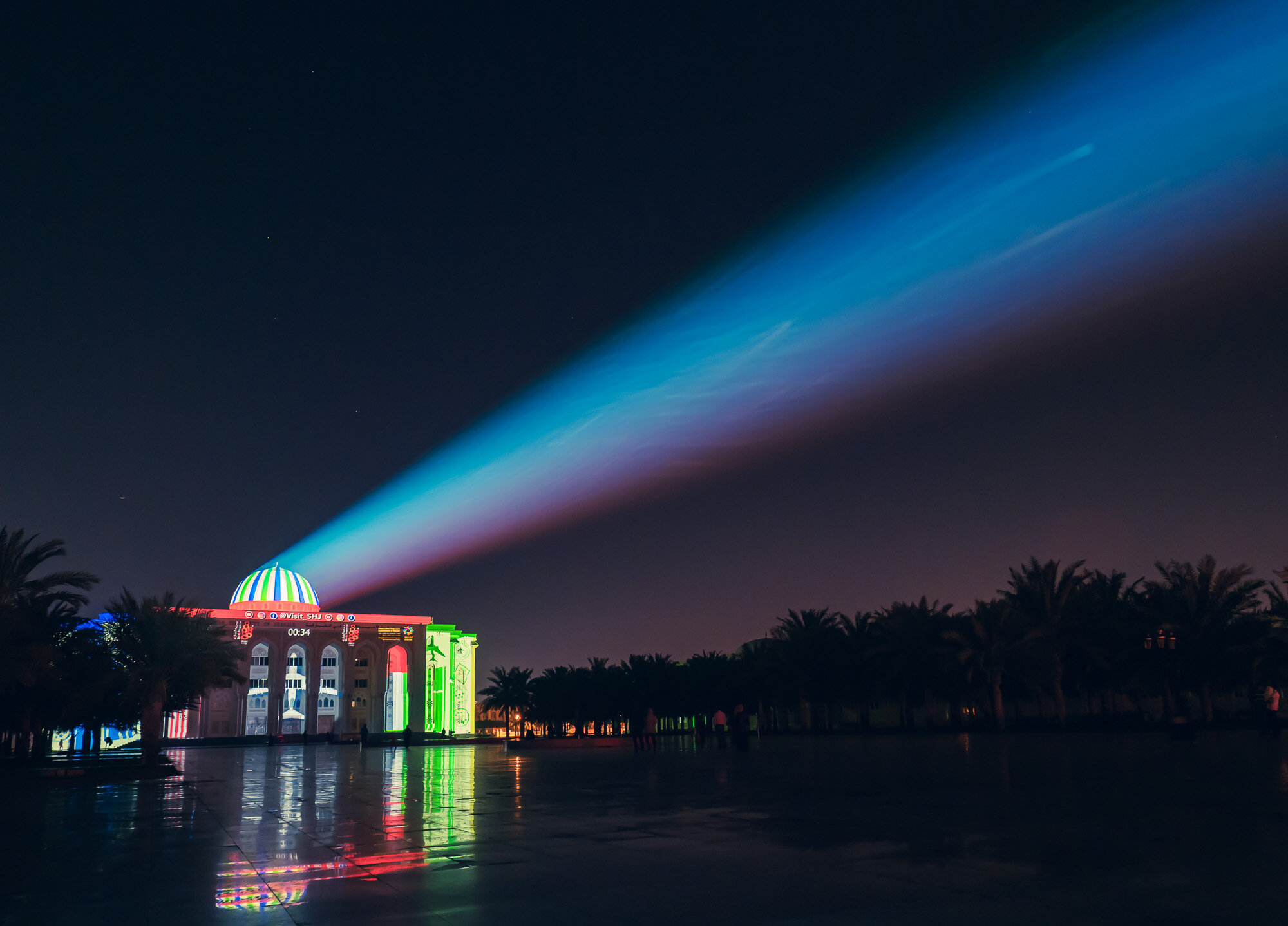
Beam
It takes a certain amount of power to illuminate buildings of this size from hundreds of metres away.
3 Trips in 1 - African Wildlife, Lesotho, and Durban
The joyous occasion of yet another South African wedding gave us the opportunity to see the amazing South African wildlife, visit a new and rather obscure country called Lesotho, as well as see a new city - Durban.

The joyous occasion of yet another South African wedding gave us the opportunity to see the amazing South African wildlife, visit a new and rather obscure country called Lesotho, as well as see a new city - Durban.
iSimangaliso Wetland Park & Hluhluwe–Imfolozi Park
On the first day before the wedding we took a trip to St Lucia and its adjacent iSimangaliso Wetland Park for a boat trip, before driving onward to the Hluhluwe–Imfolozi Park for a game drive.
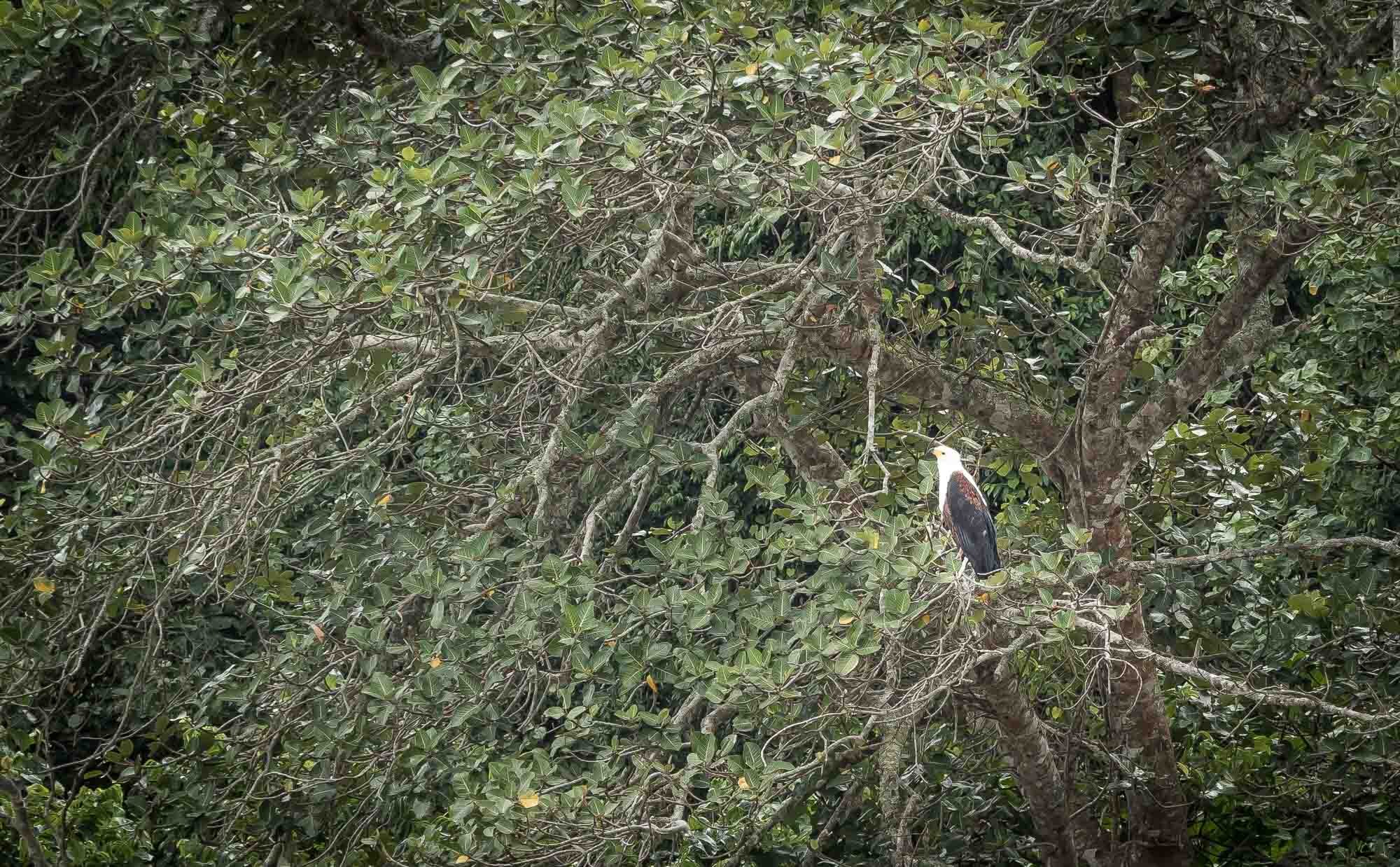
St Lucia
The iSimangaliso Wetland Park was the first location of our visit, and is a world heritage site because of its rich biodiversity. A boat trip along the entrance of the lake will reveal some of it.
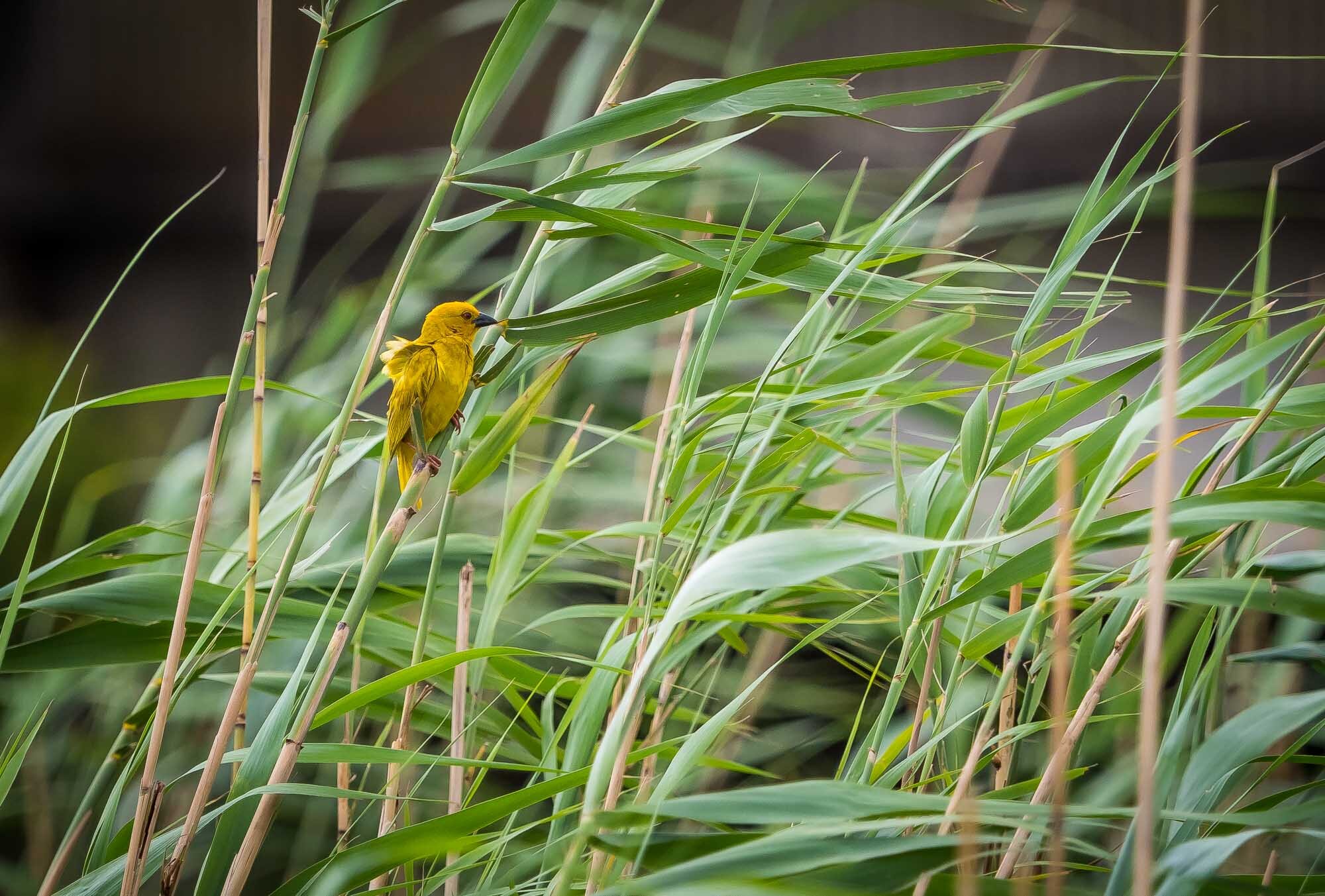
Bird Variety
Anyone knows the name of this yellow fellow?
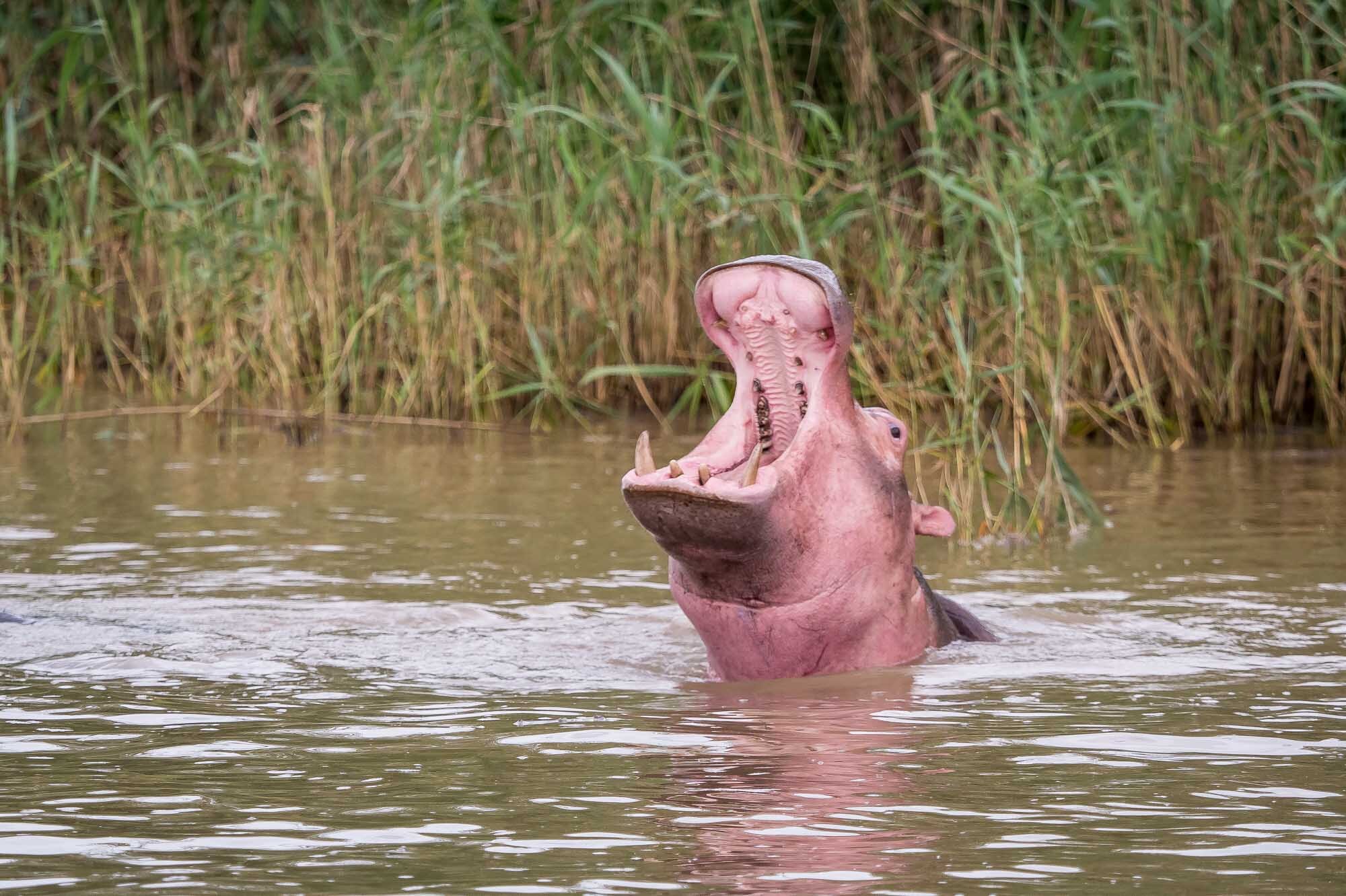
Show Off
This Hippo was keen to show off its teeth to unsuspecting tourists.
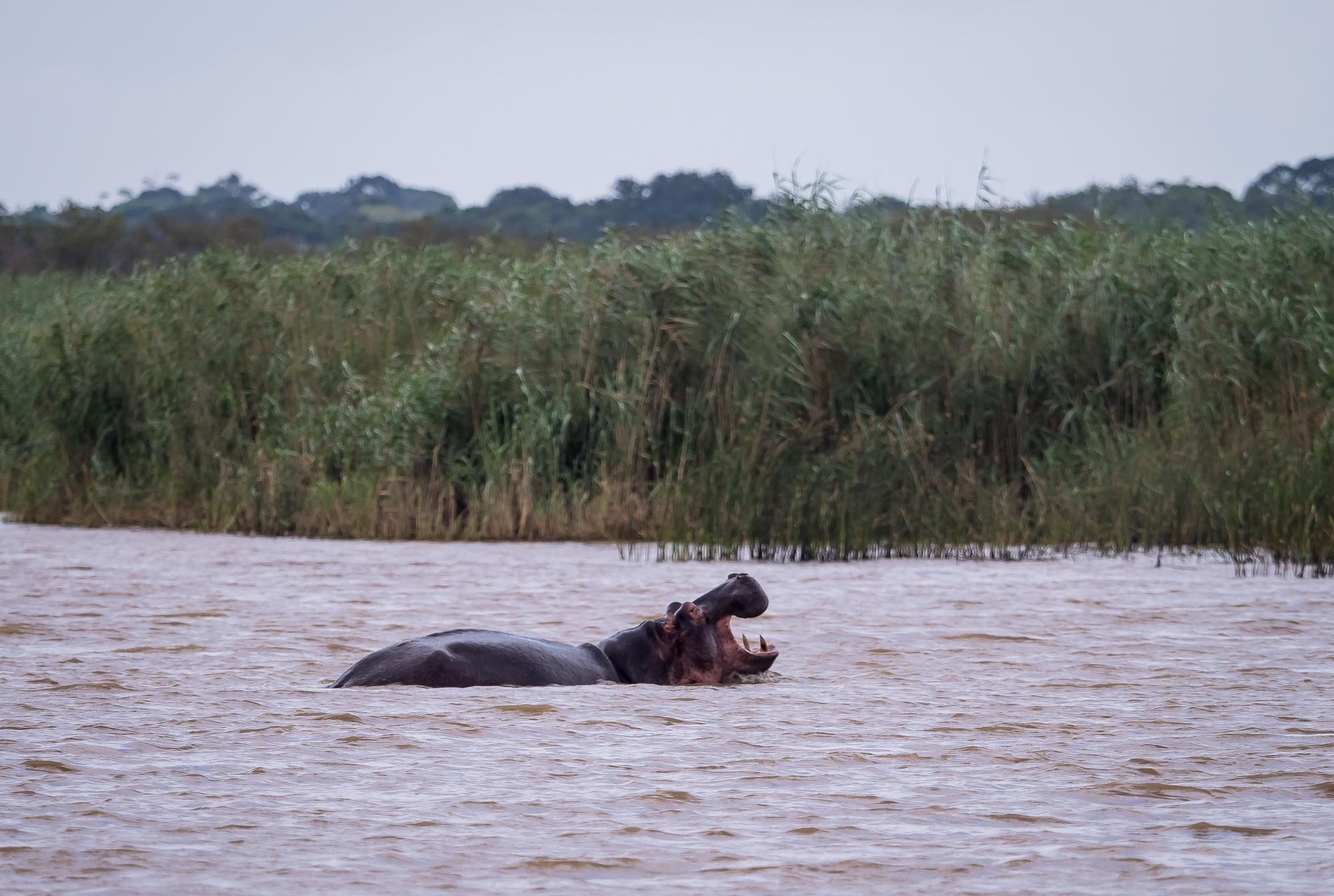
Hippo
While they look lazy and slow moving, they are in fact one of the most dangerous animals to humans in Africa. Around 800 live in the lake.
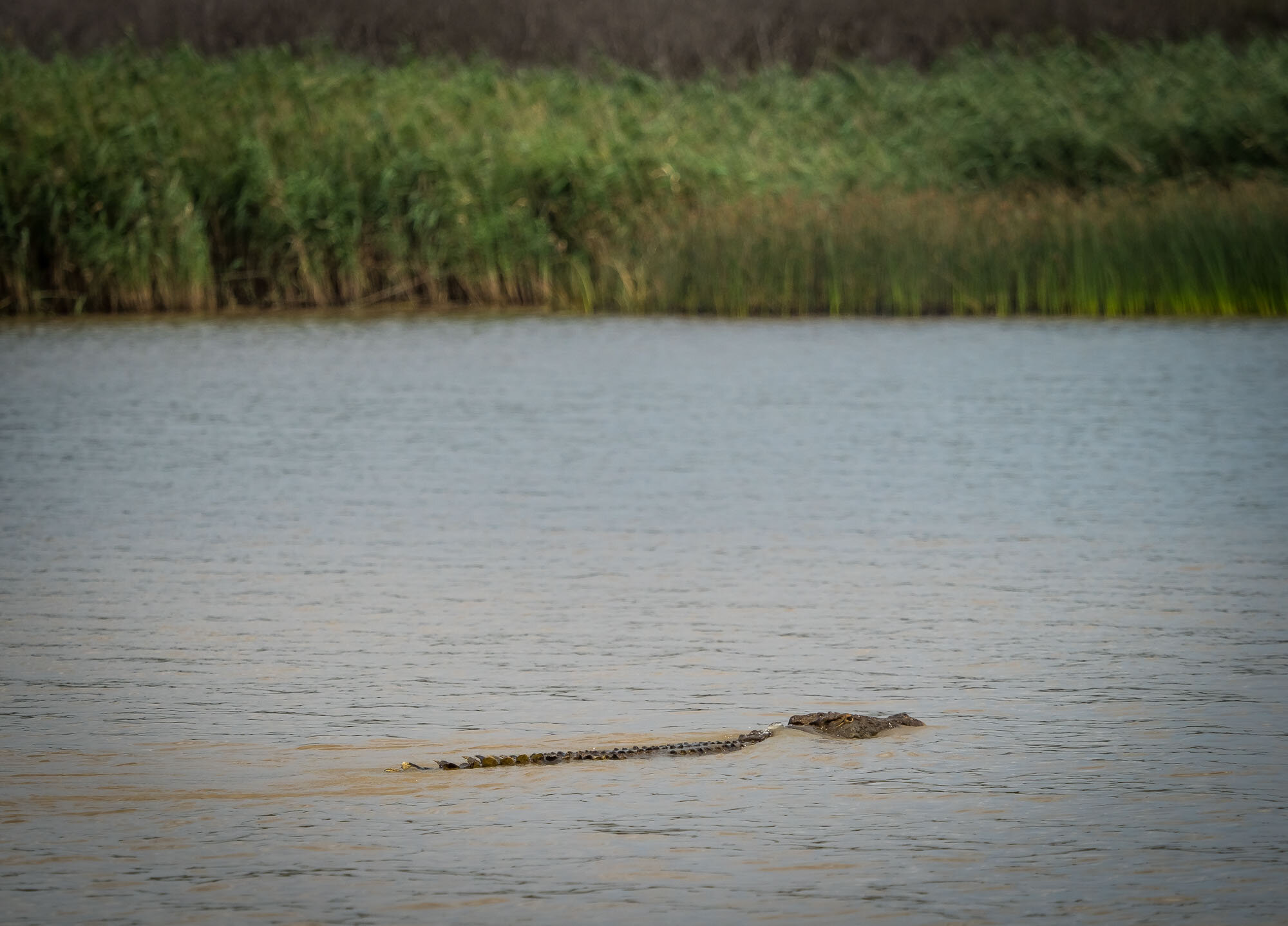
Lucky Capture
The only crocodile we spotted during the boat trip, although there are over a thousand in the lake.
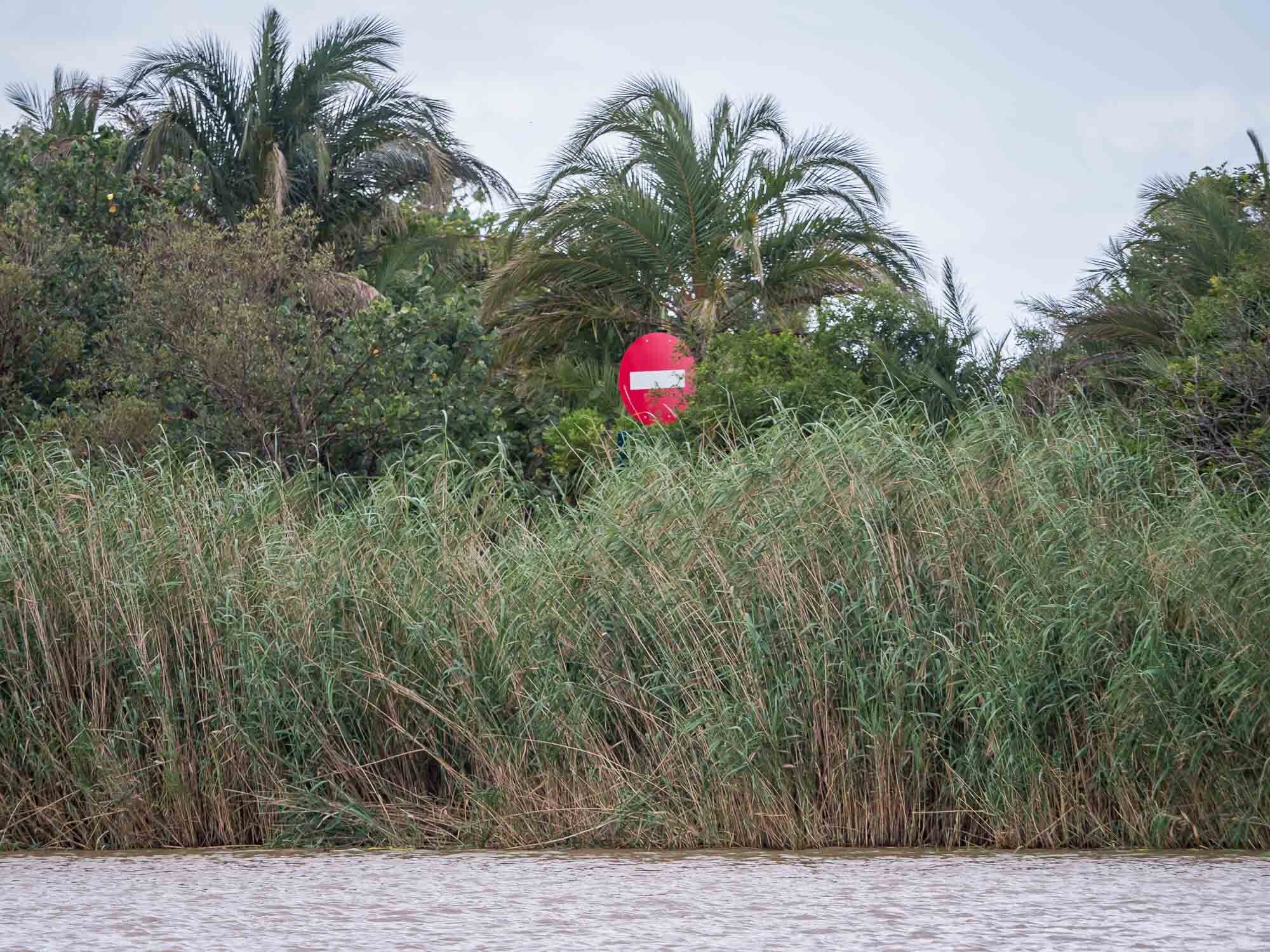
Traffic Control
Even on the water, this seems necessary.
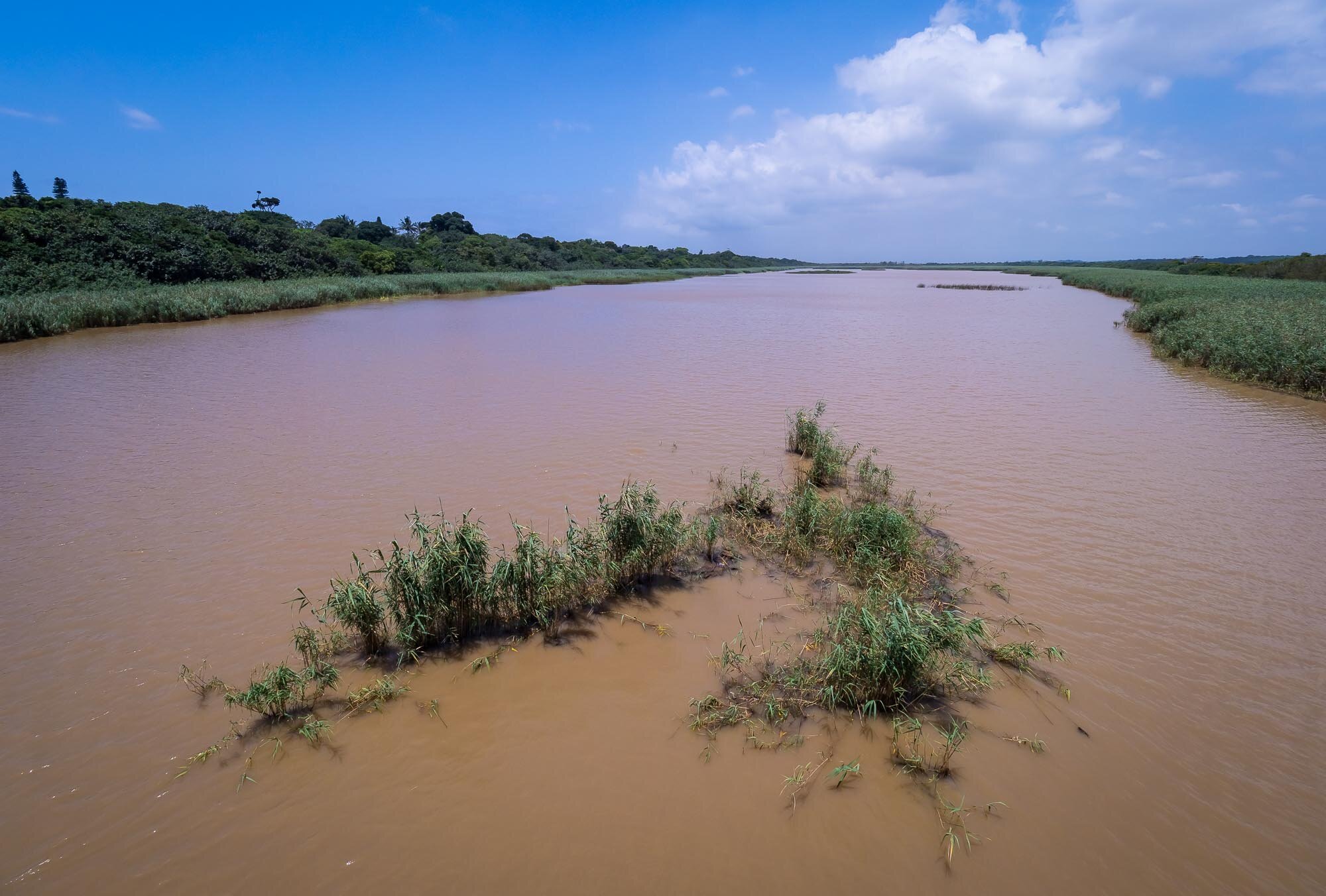
Along the River
Looking westwards from the bridge crossing towards St Lucia.
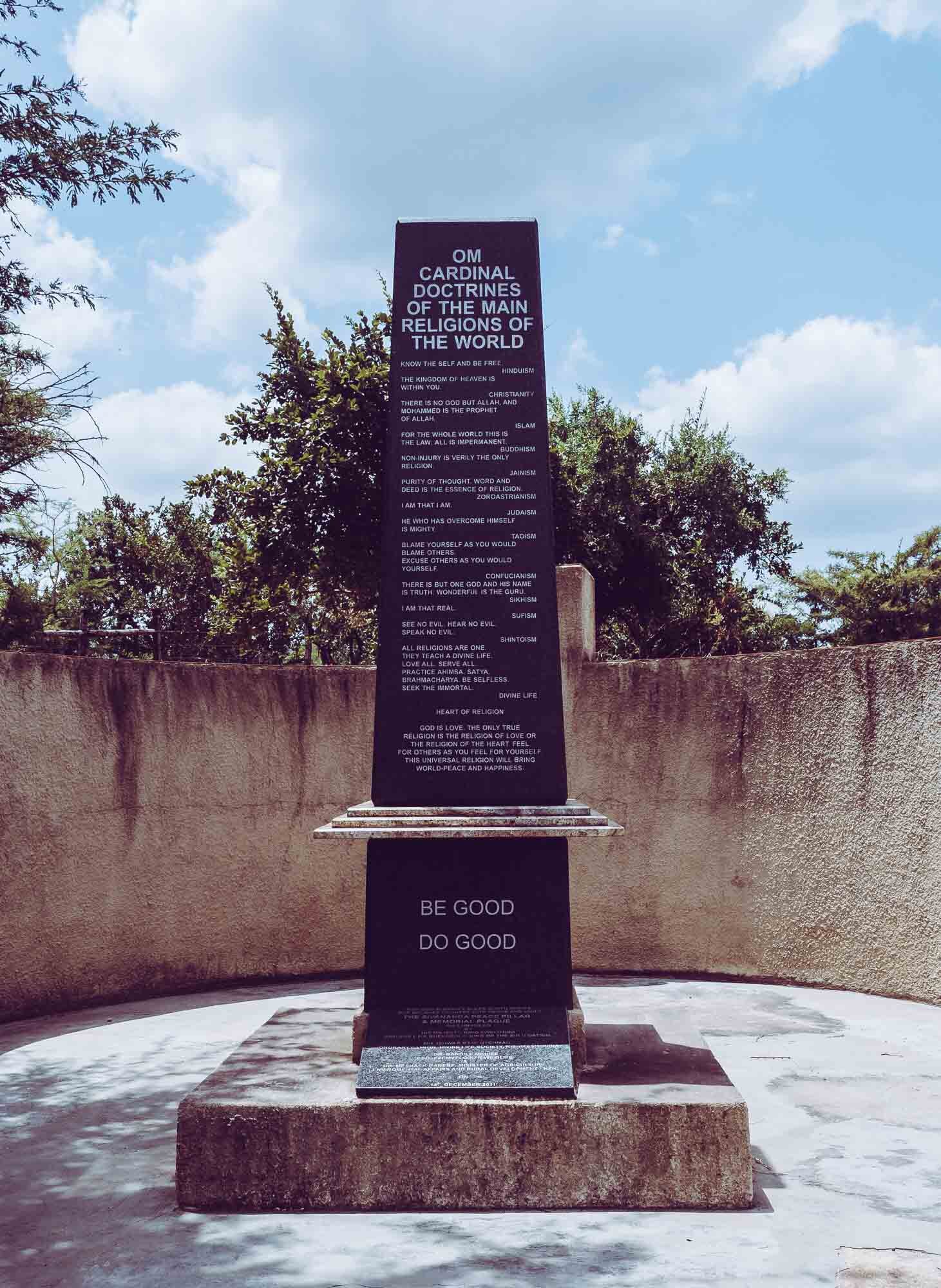
Hluhluwe–iMfolozi Park
The entrance to the oldest proclaimed nature reserve in Africa features this memorial, advocating mutual understanding between religions.
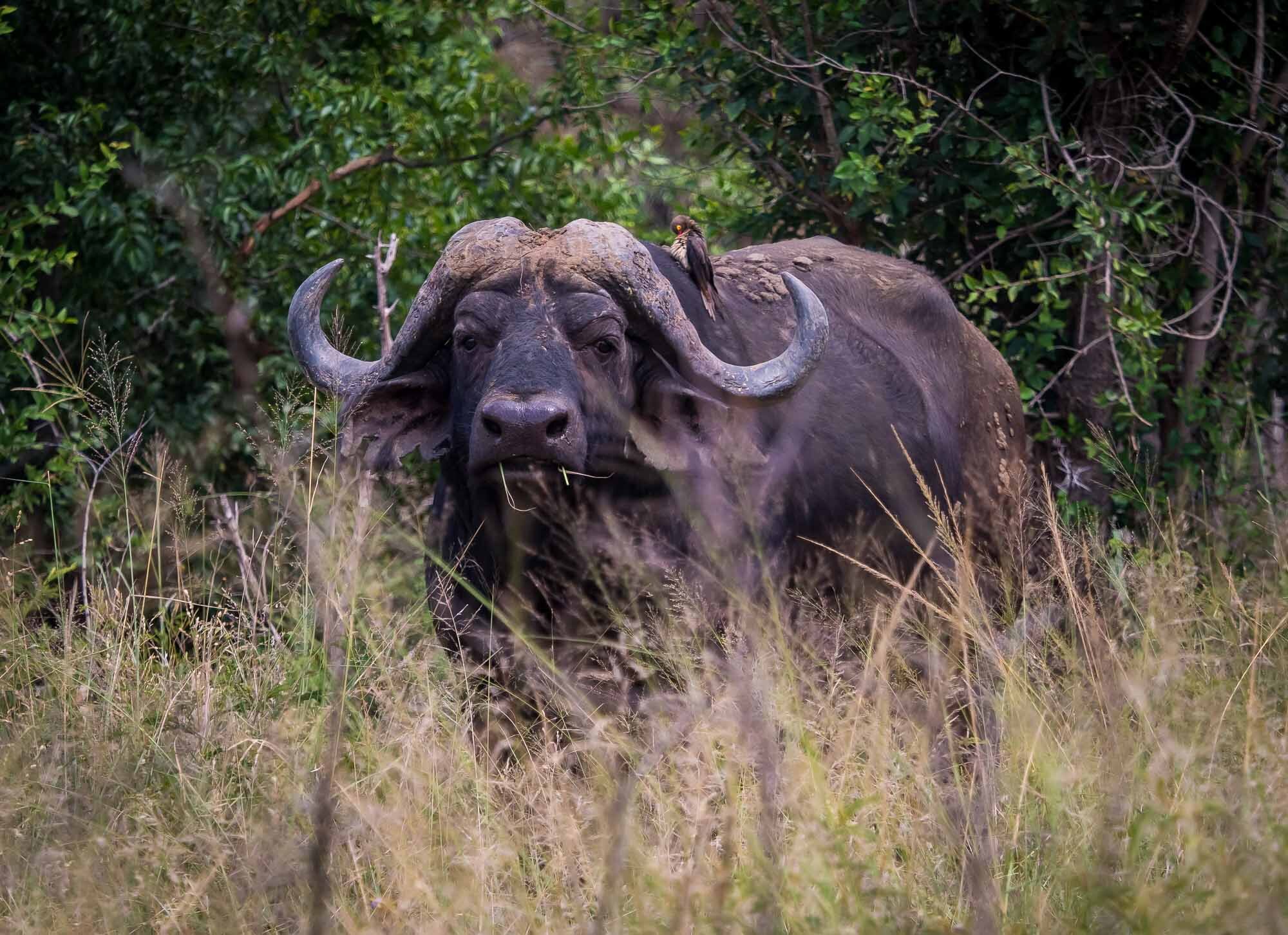
Buffalo
Most likely the easiest of the Big 5 to find, the Hluhluwe–Imfolozi Park features several thousand.
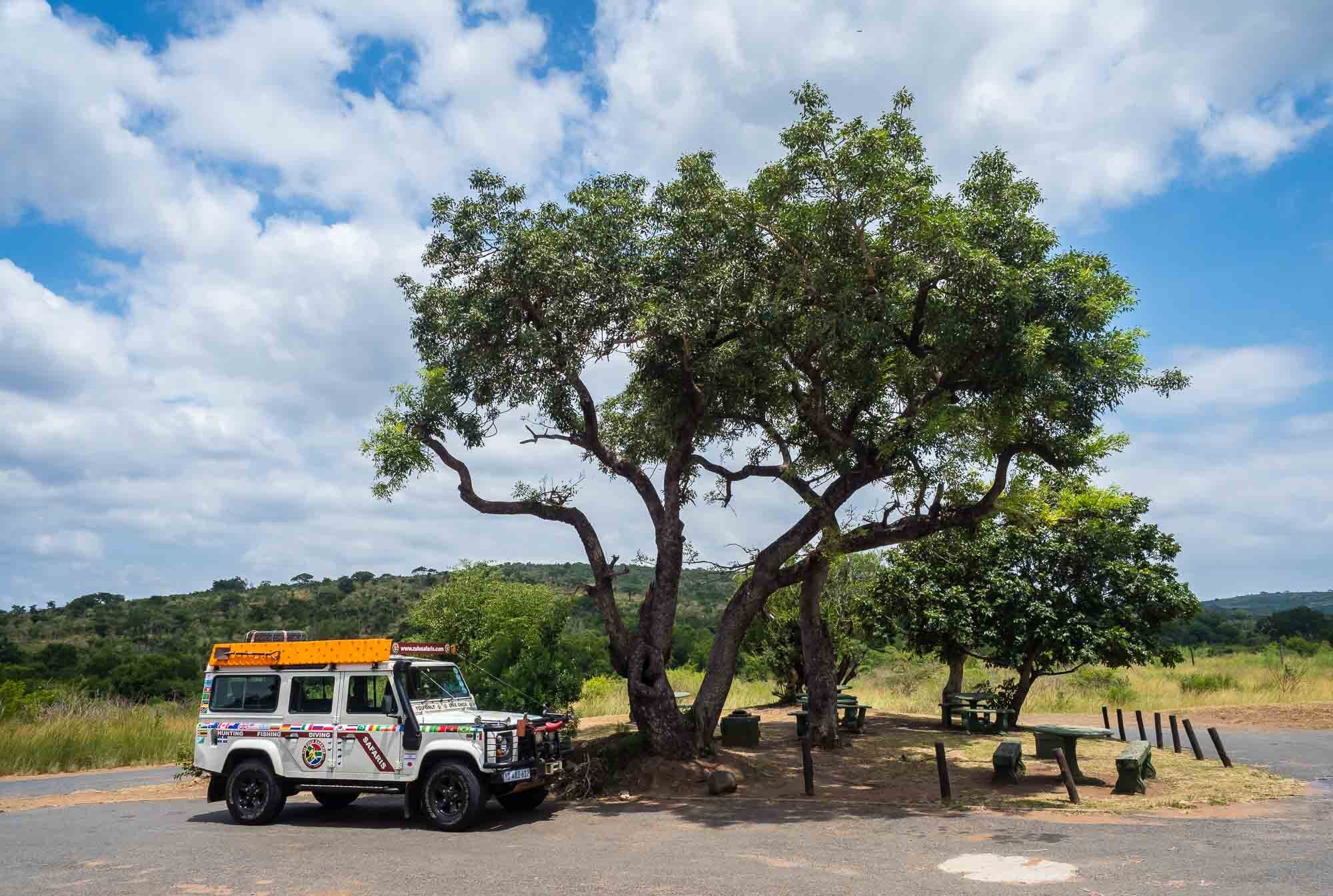
Vehicle
Not the most comfortable ride for a 14h trip, but definitely cool looking.
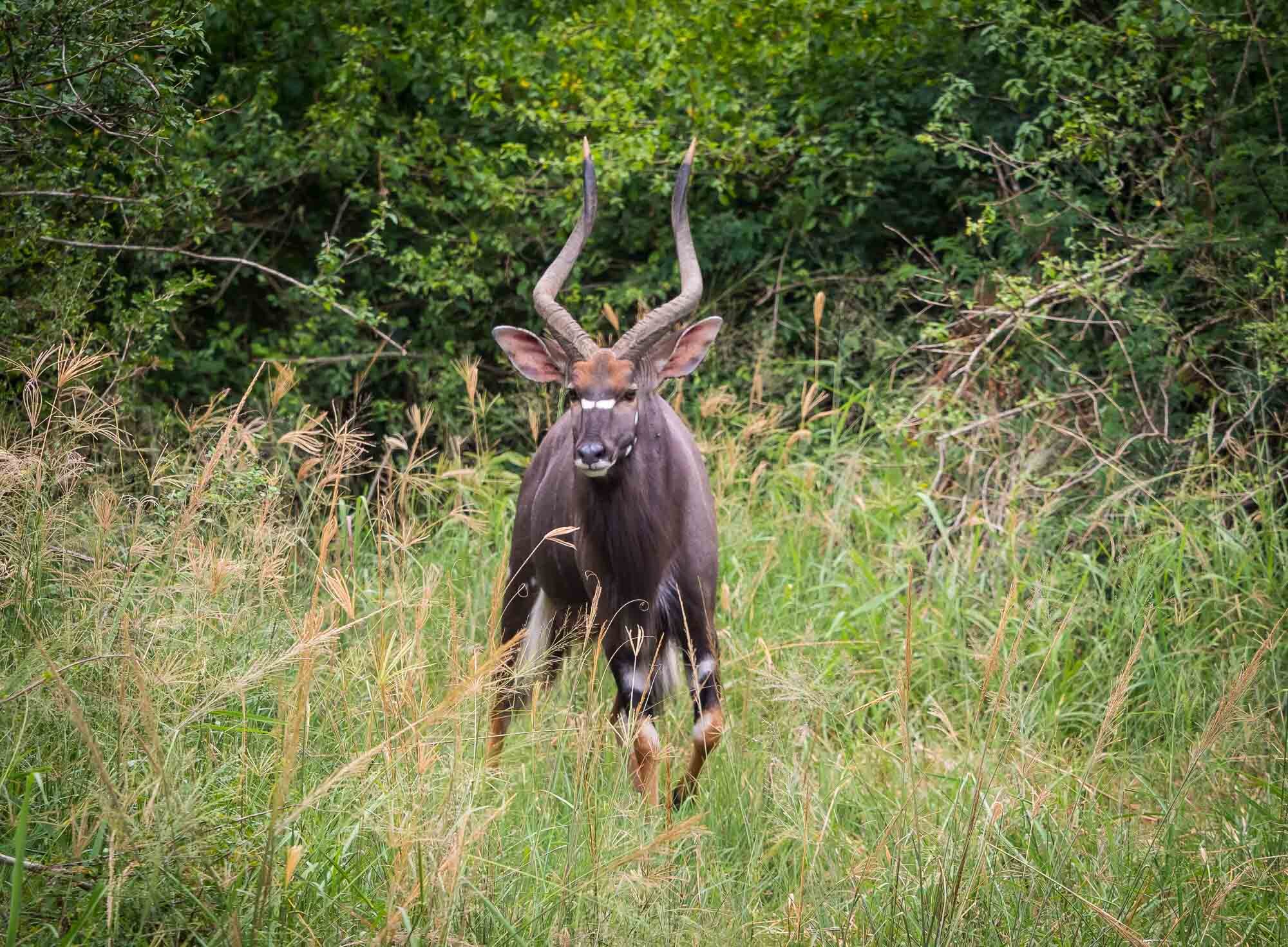
Nyala
A male example of the shy species. The park is one of the best spots to view them.
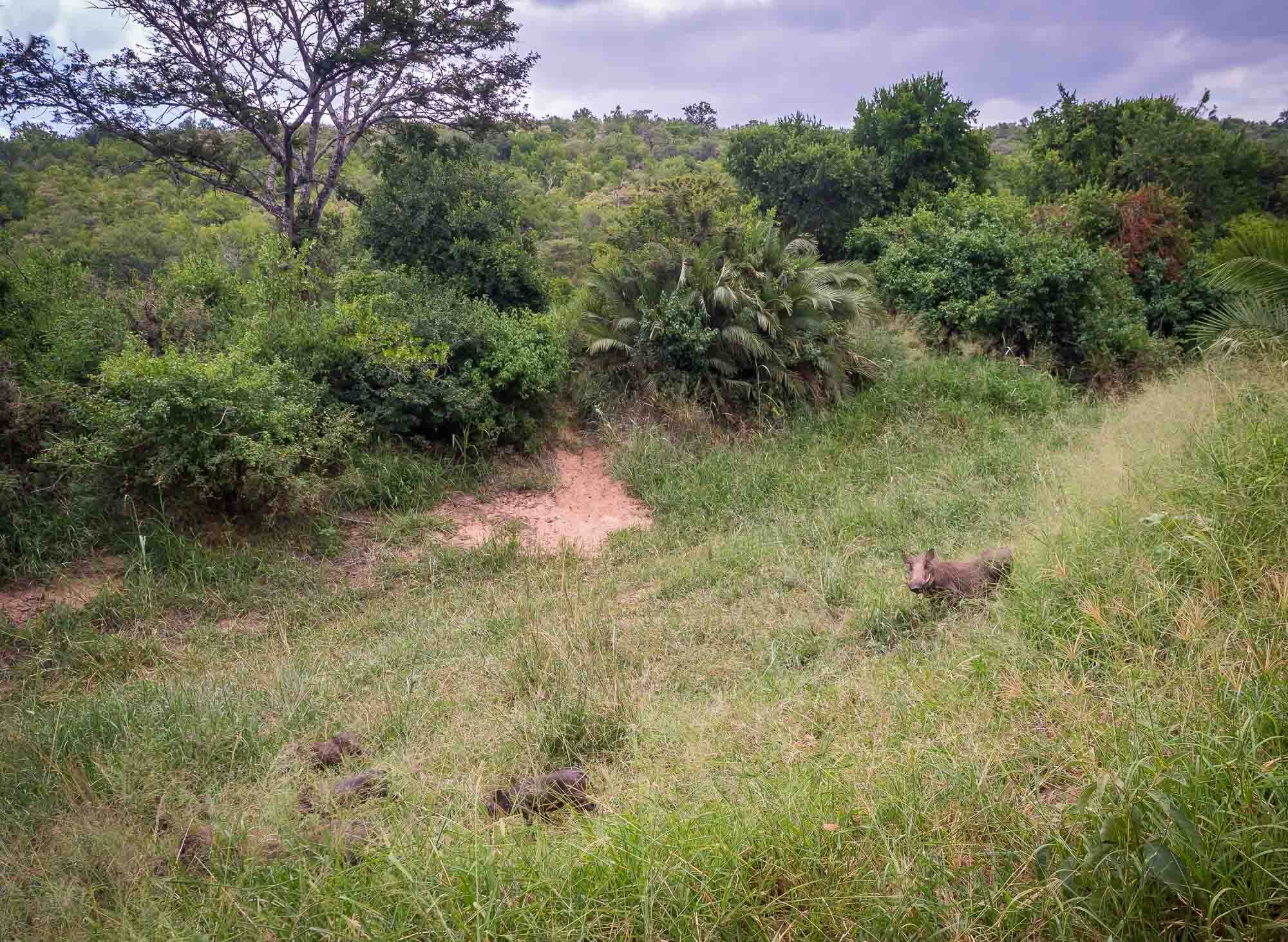
Pumbaa & Family
This family of warthogs was grazing in the high grass of the bush with 5 or 6 piglets. A group of them is called sounders.
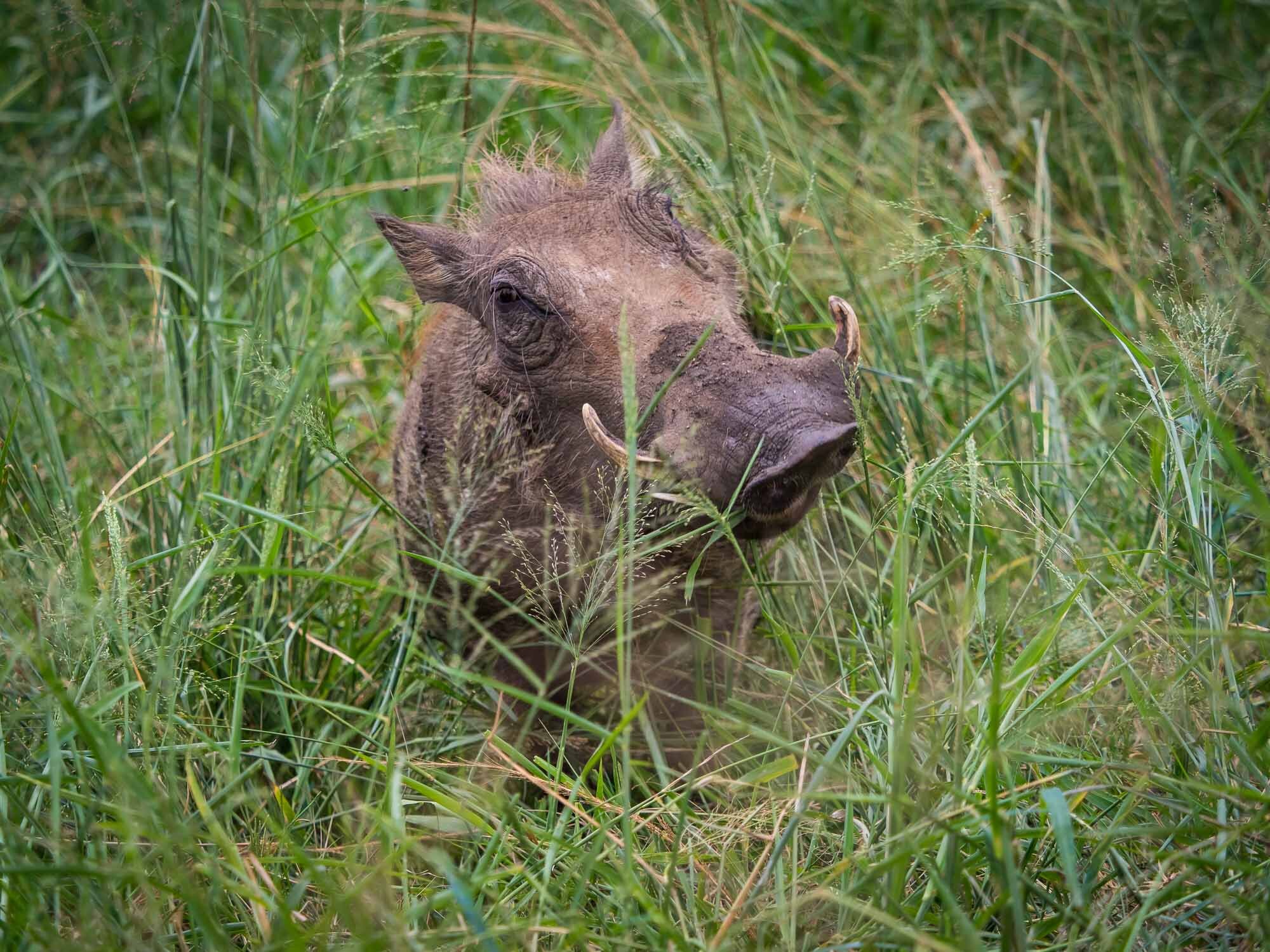
What You Looking At
Warthog tusk ivory is often used for trade, but so far the species is not in a concerning conservation status.
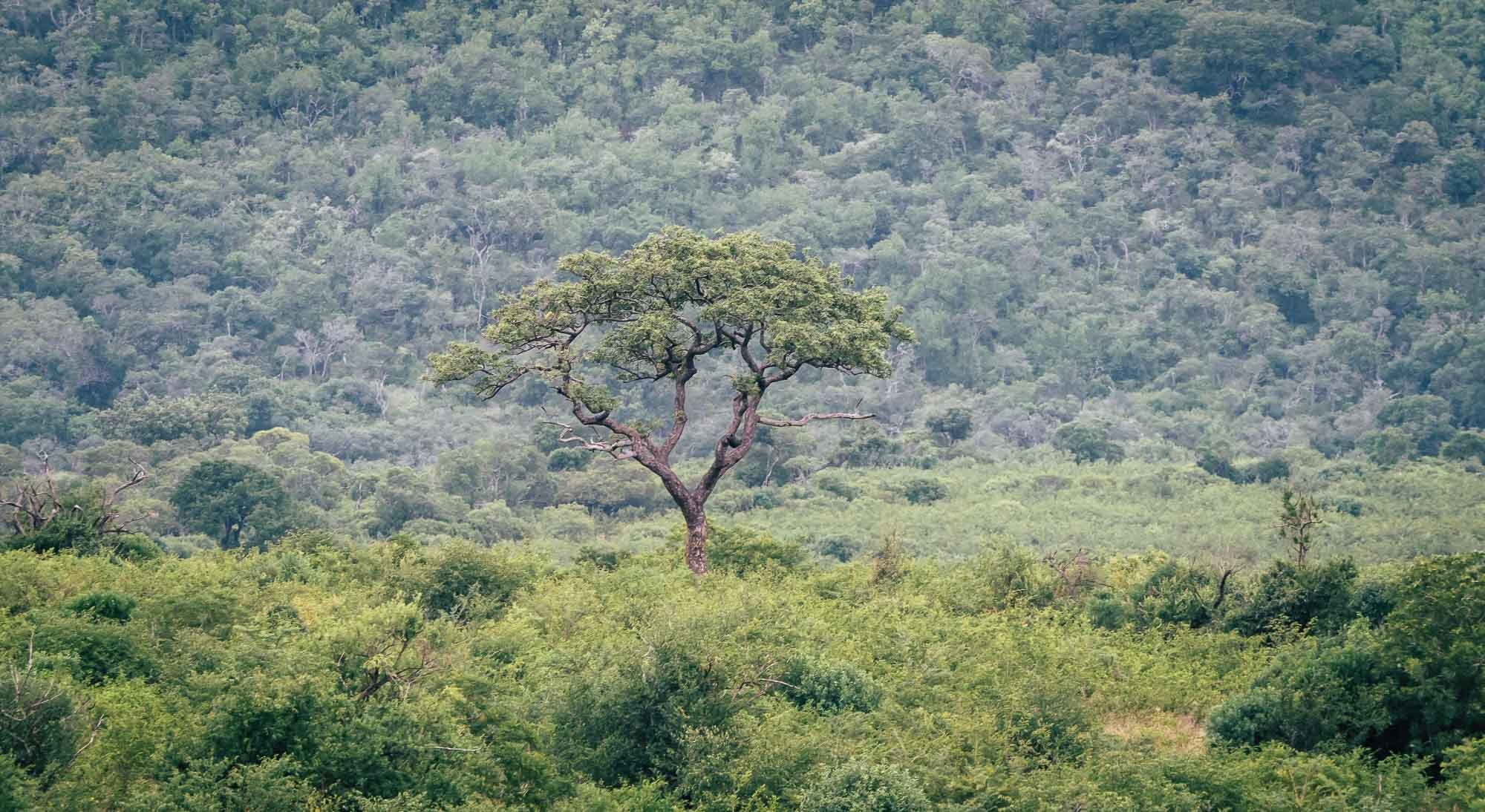
Tree
One of the many beautiful trees you can spot in the South African bush.
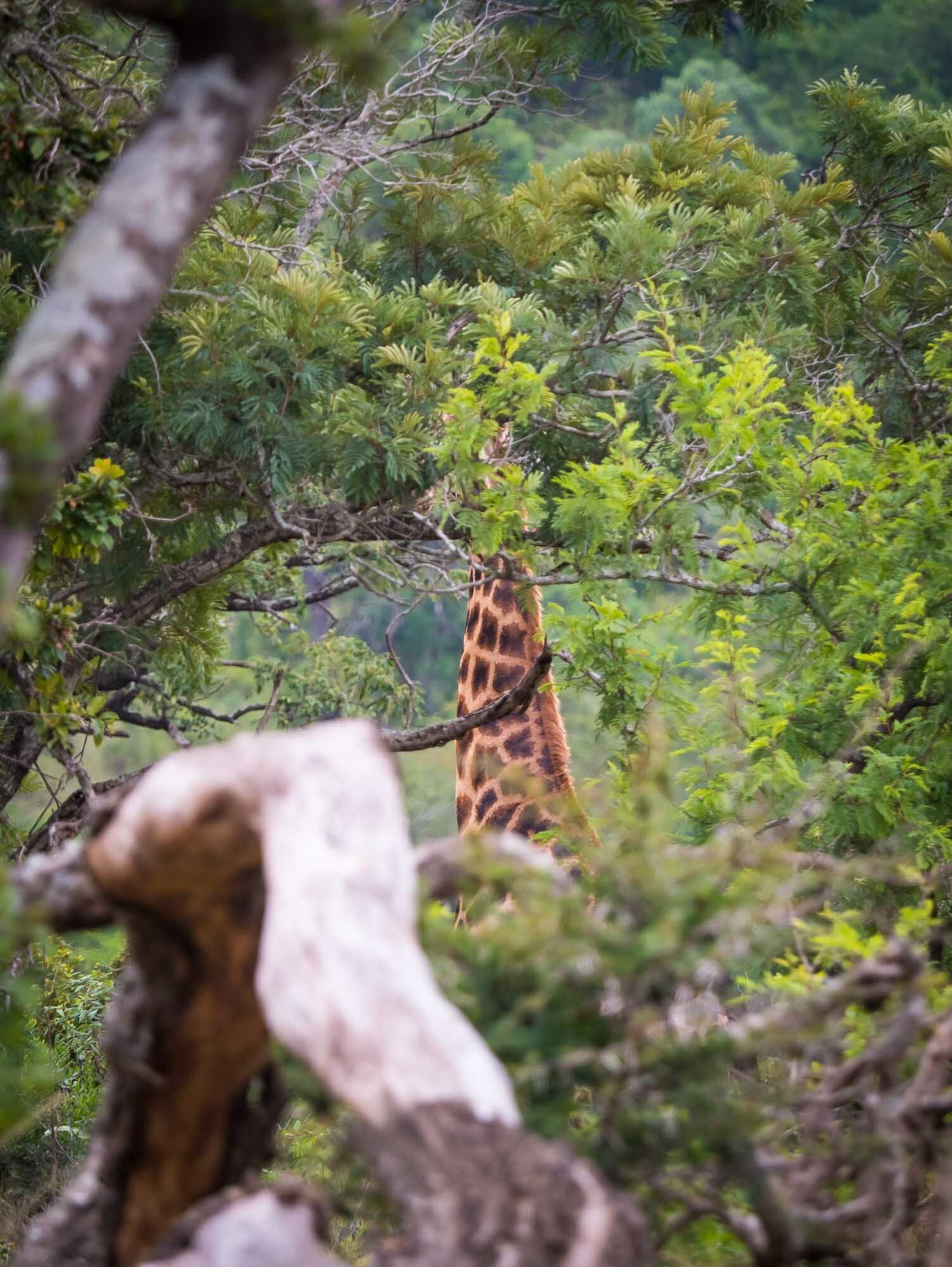
Find Me
A giraffe with its long neck just visible in between the trees.
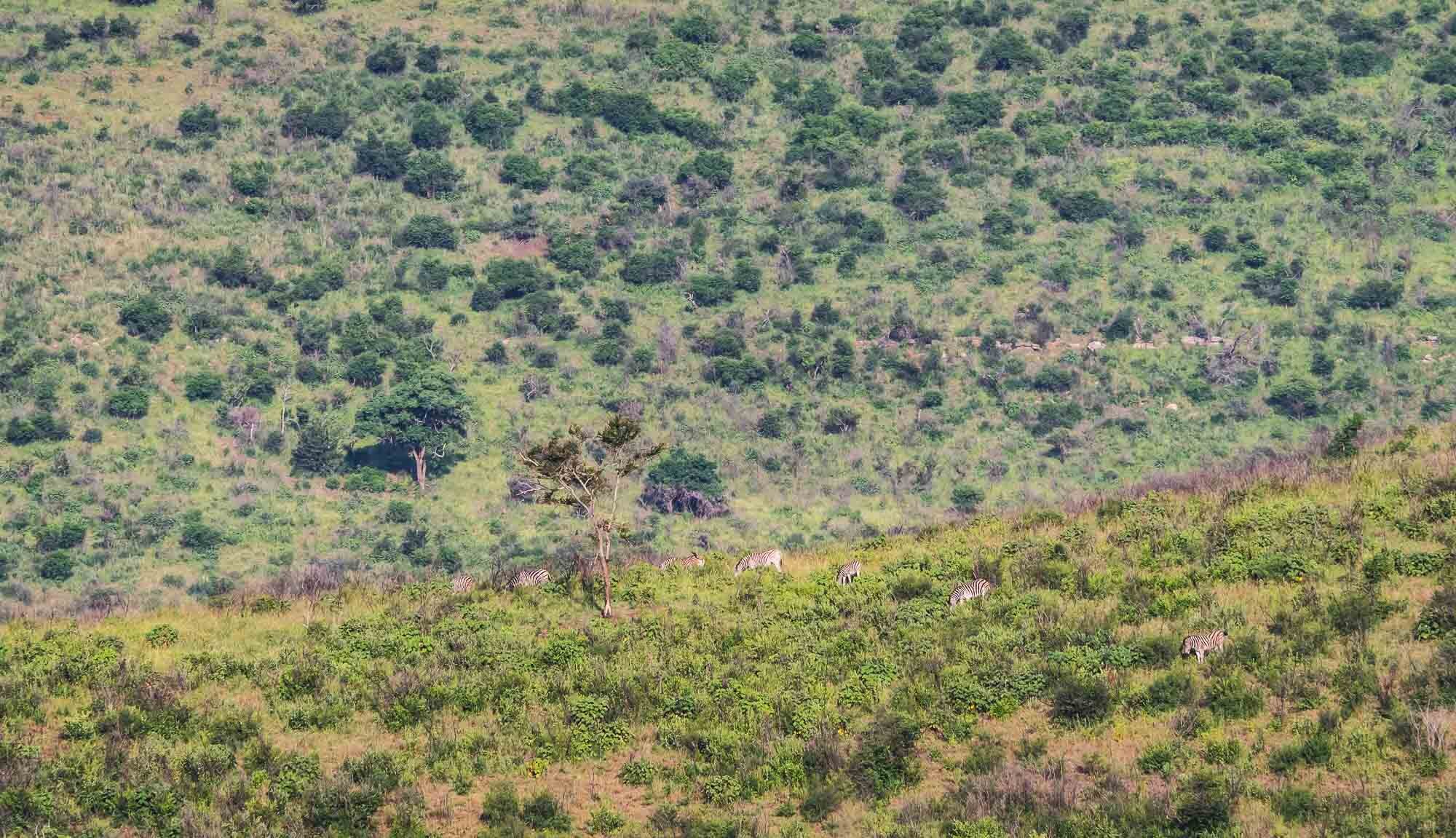
Zebras
A Zebra harem grazing in the mountains of the reserve.
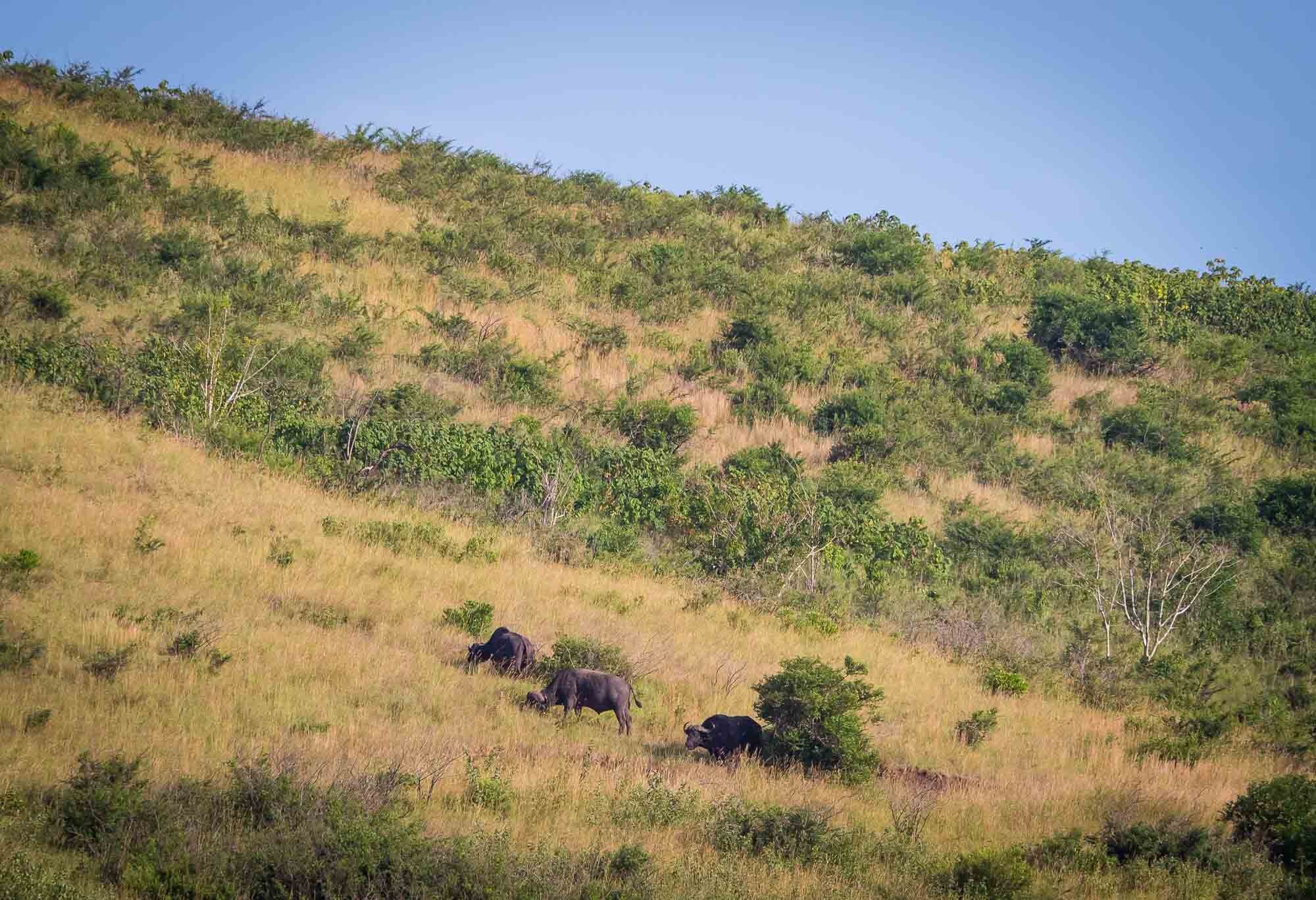
Buffalo
A group of Buffalos a few kilometres away from us. While they are the most common Big 5, they are classified as near threatened.
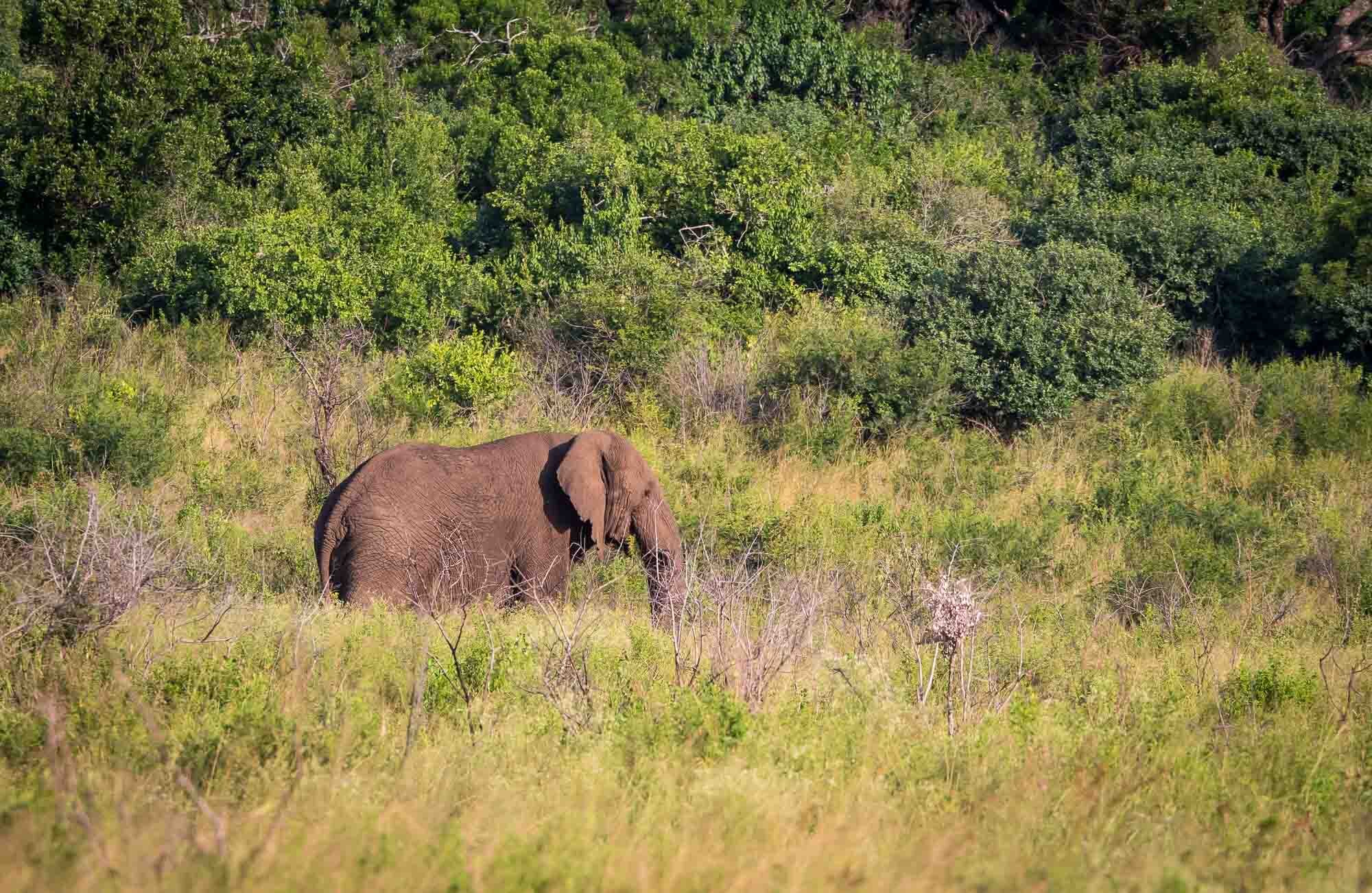
African Elephant
A large elephant roaming by itself.
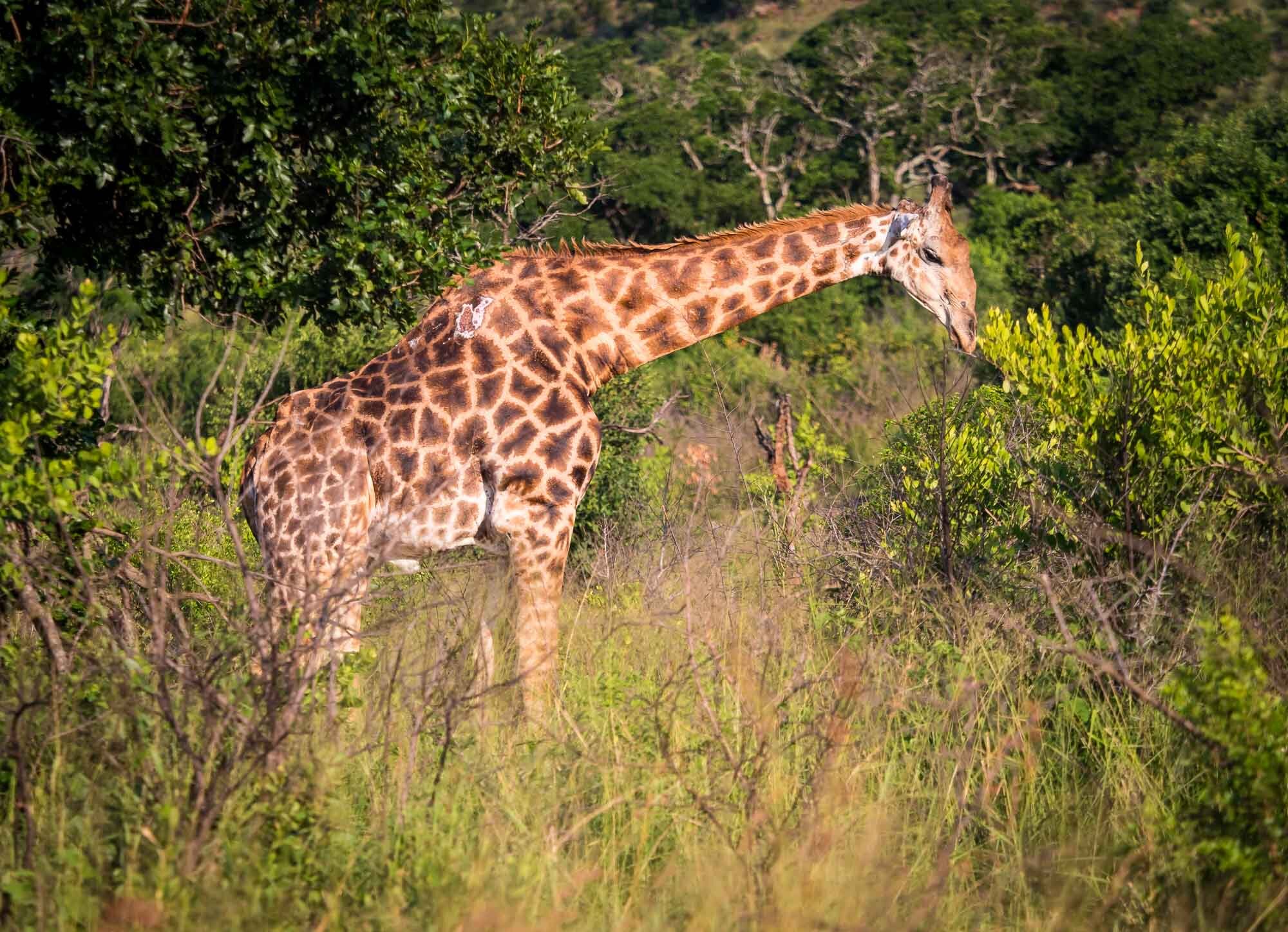
Injury
The wound on this giraffe's shoulder is likely from fighting with another member of the group.

On the Road
It seem the best food grows directly next to the sand road, blocking our way for several minutes.
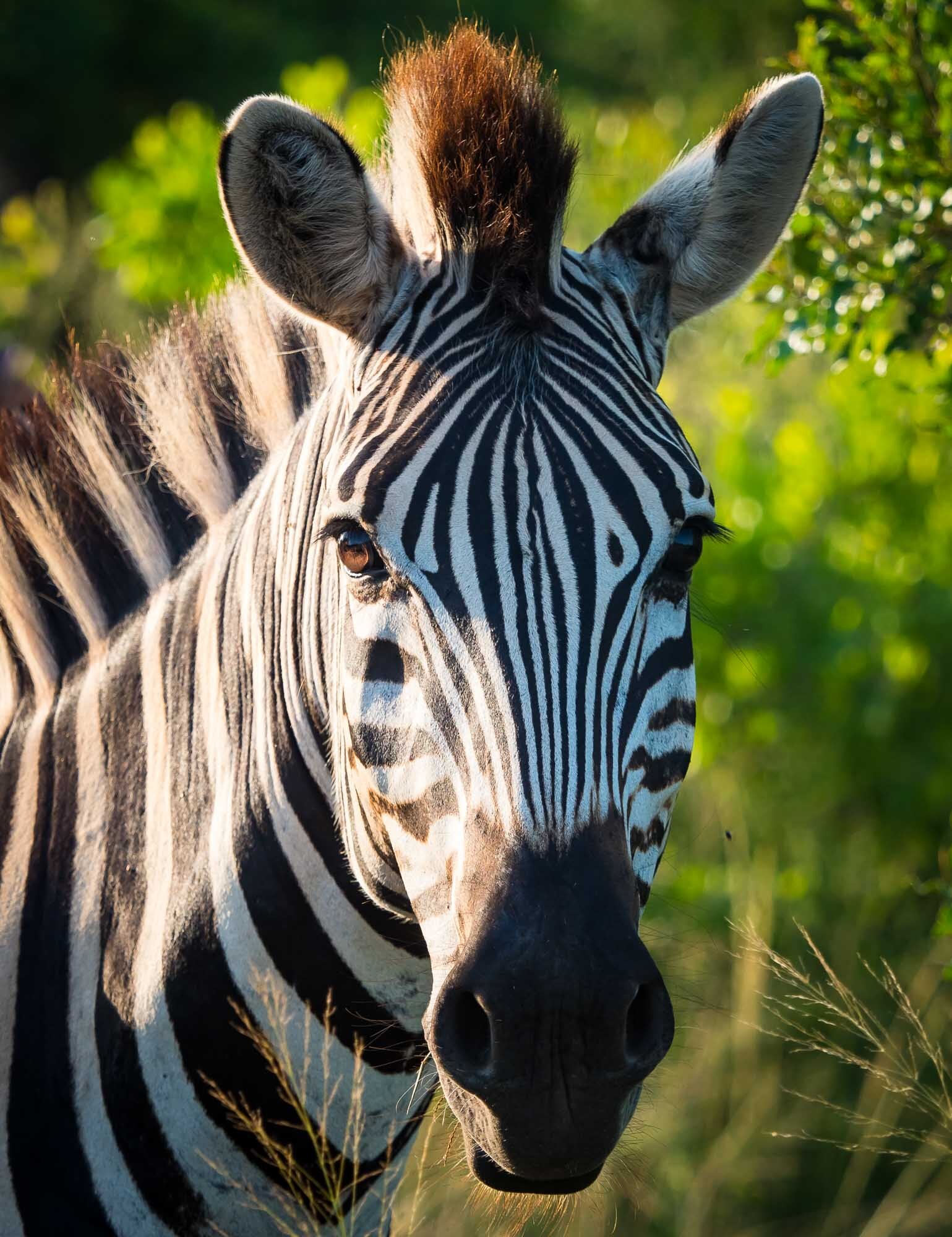
Black on White
That's the answer to the colour of the Zebra, according to latest findings.
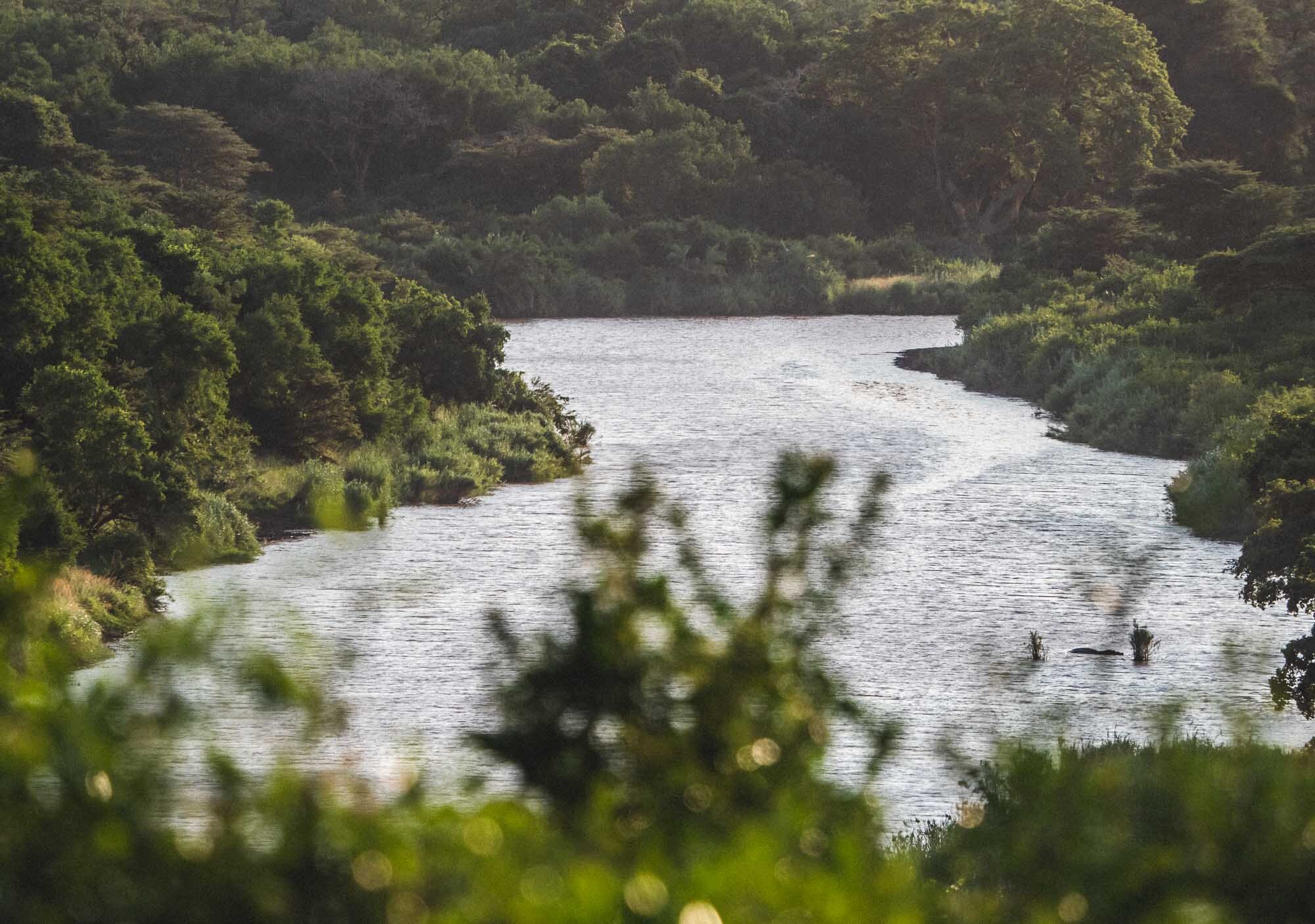
Search
Find the Hippo relaxing in this small lake.
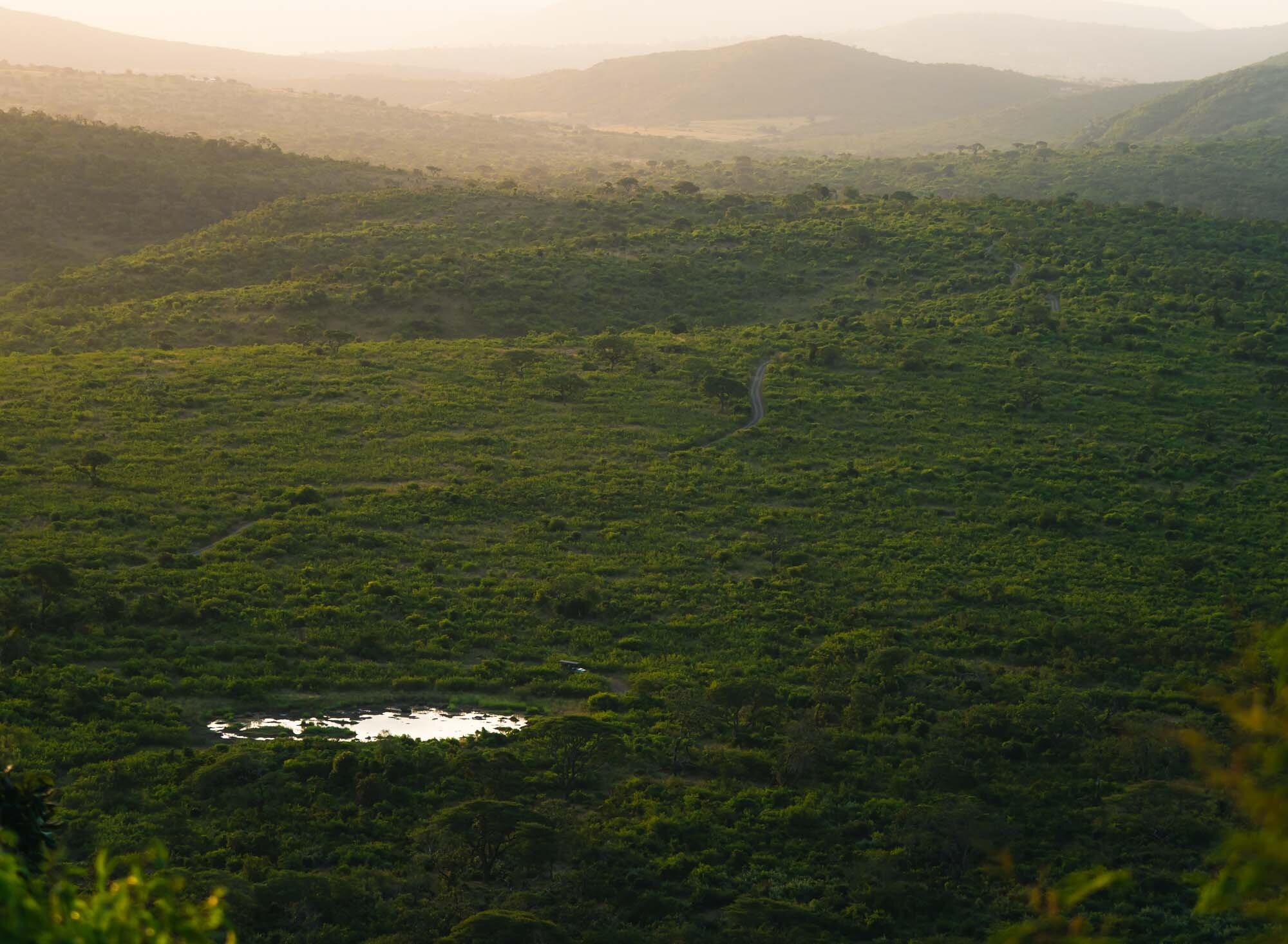
Scenery
How I always imagine the landscape in the green plains of Africa.

Pride
Two female and a young male lion patrolling the area.
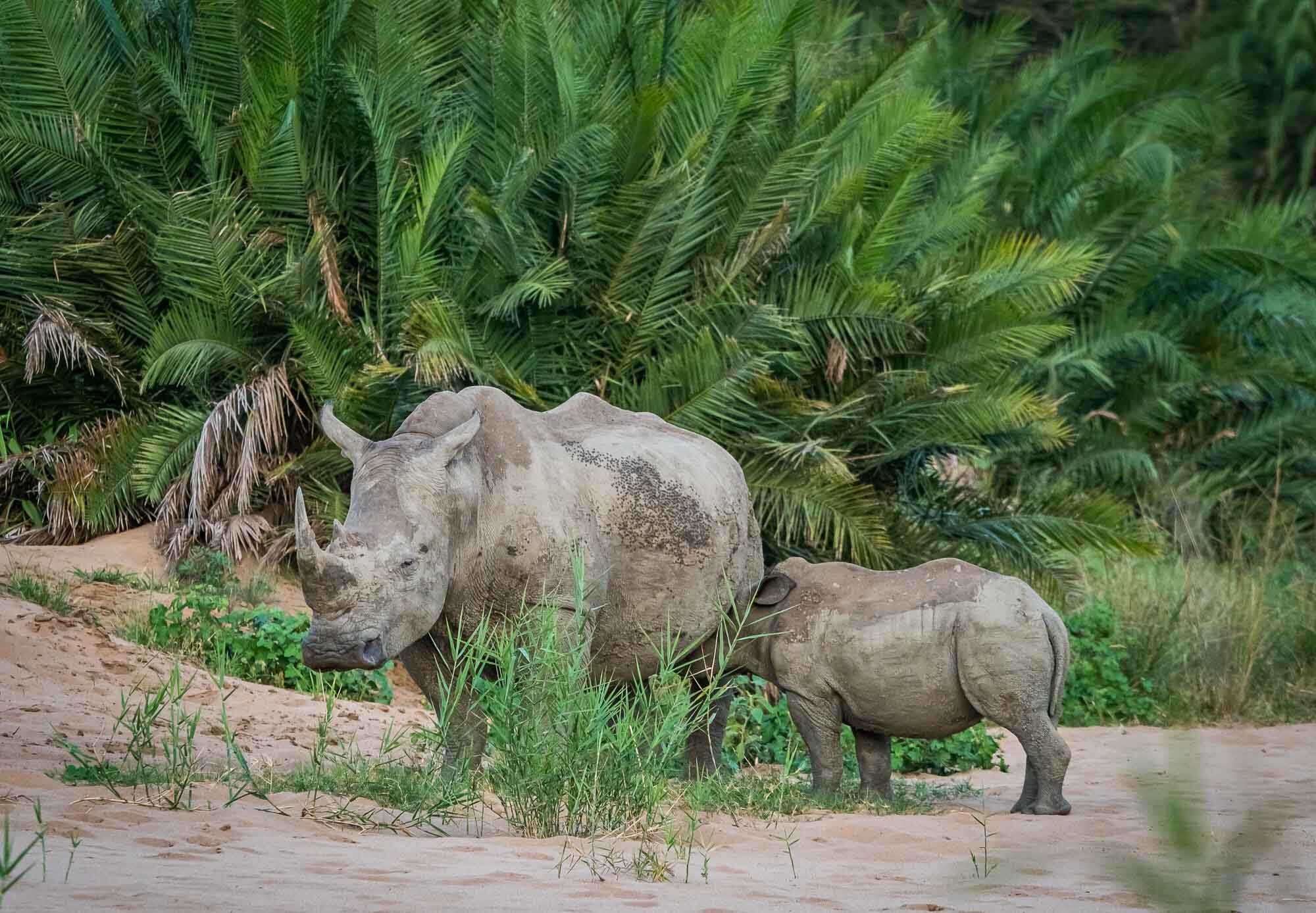
Hungry
A young Rhino drinking milk from its mother. The park is home to one of the largest populations of white rhino in the world due to its leading conservation efforts.
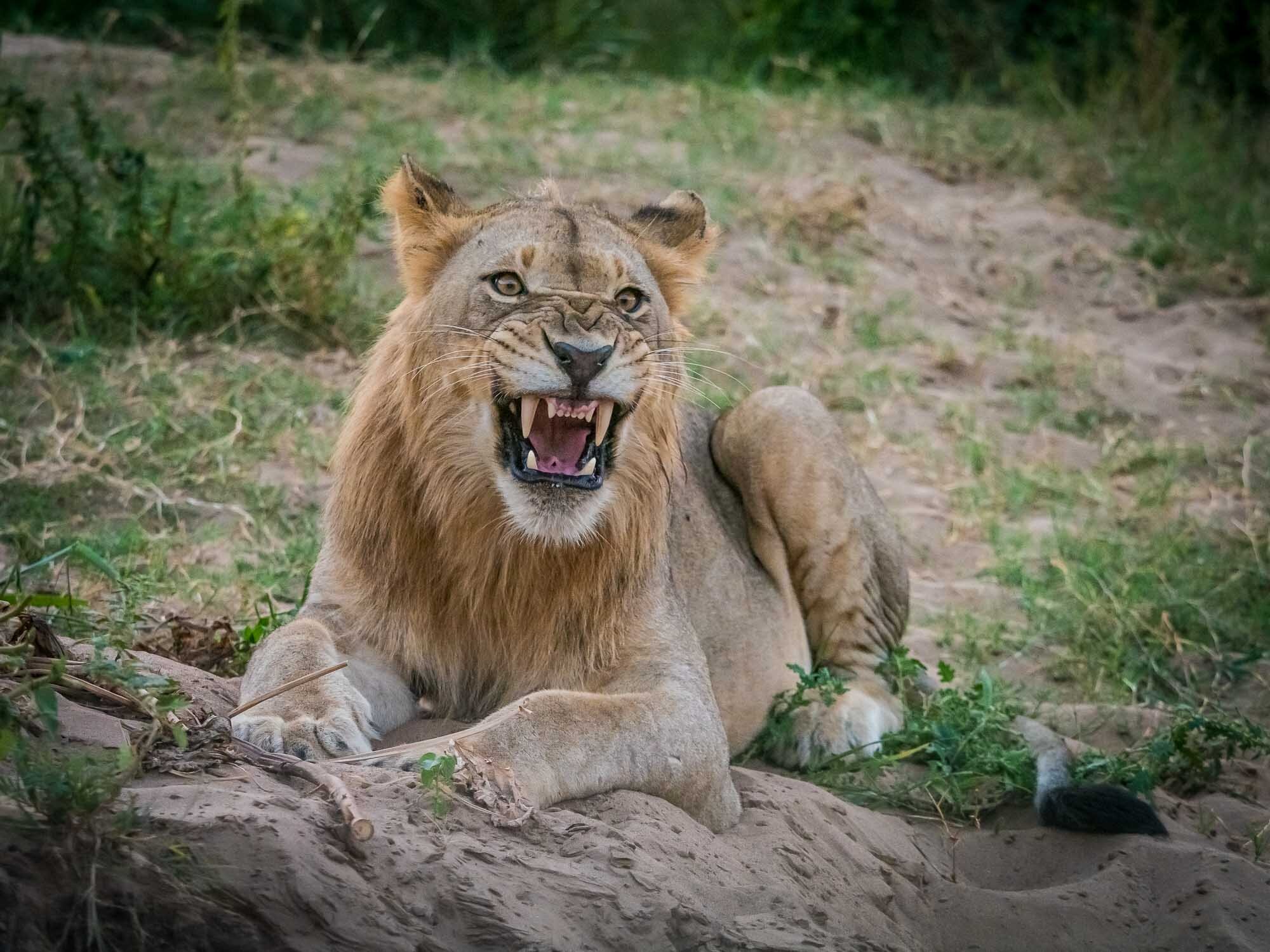
Posing
The male sat down very close to the car. Contrary to what the photo might evoke, he was actually just yawning.
The Sani Pass & Lesotho
The day after the wedding took us up the famous Sani Pass in an amazing tour with Sani Pass Private Tours - highly recommended! A drive into the vast lands of Lesotho - the Mountain Kingdom in the Sky - with a visit to a local village ended back at the pass with an overnight stay before making our way down the next morning.
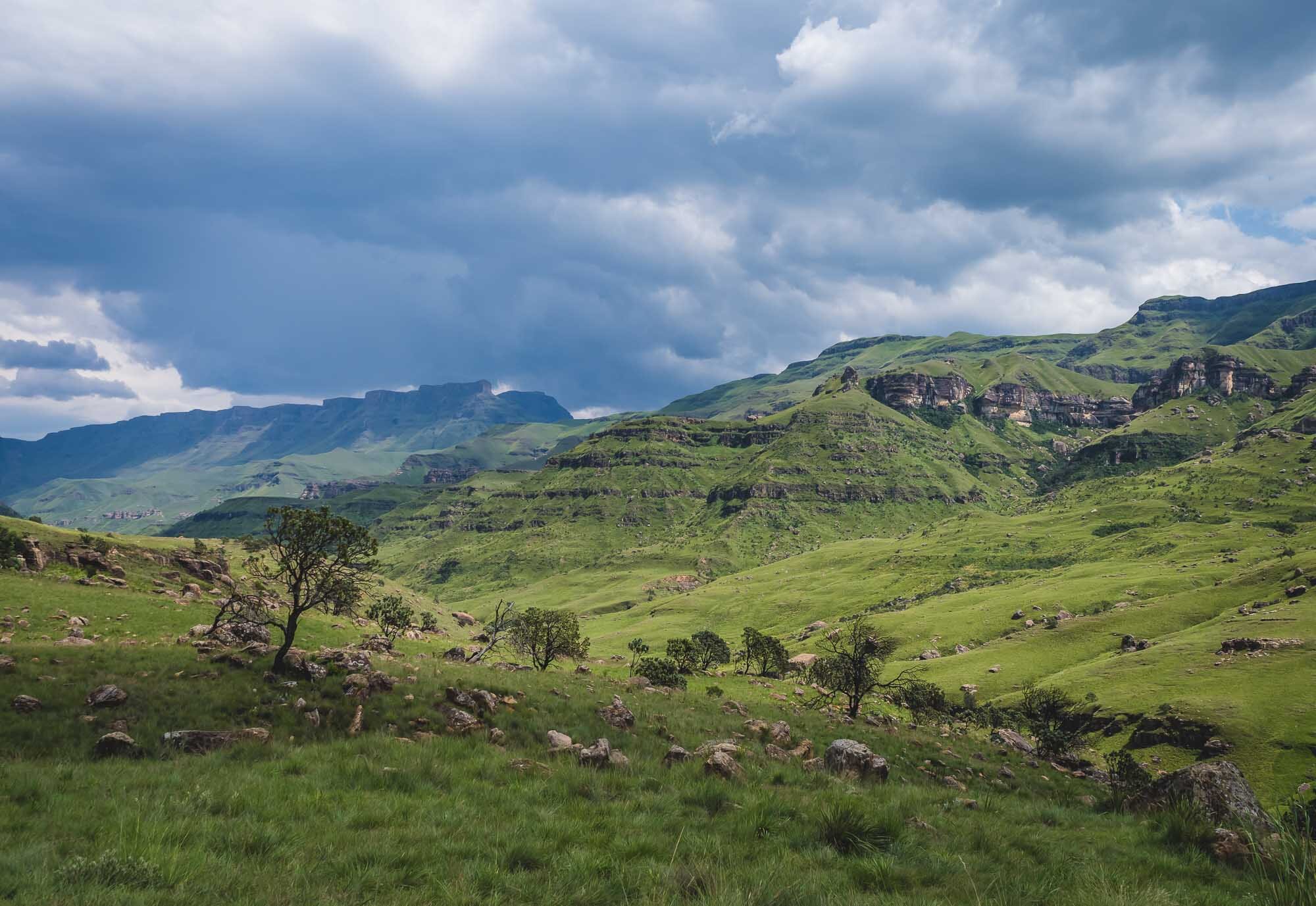
Sani Pass Landscapes
The second journey of our trip took us up the Sani pass to Lesotho, with its incredible mountain landscape.
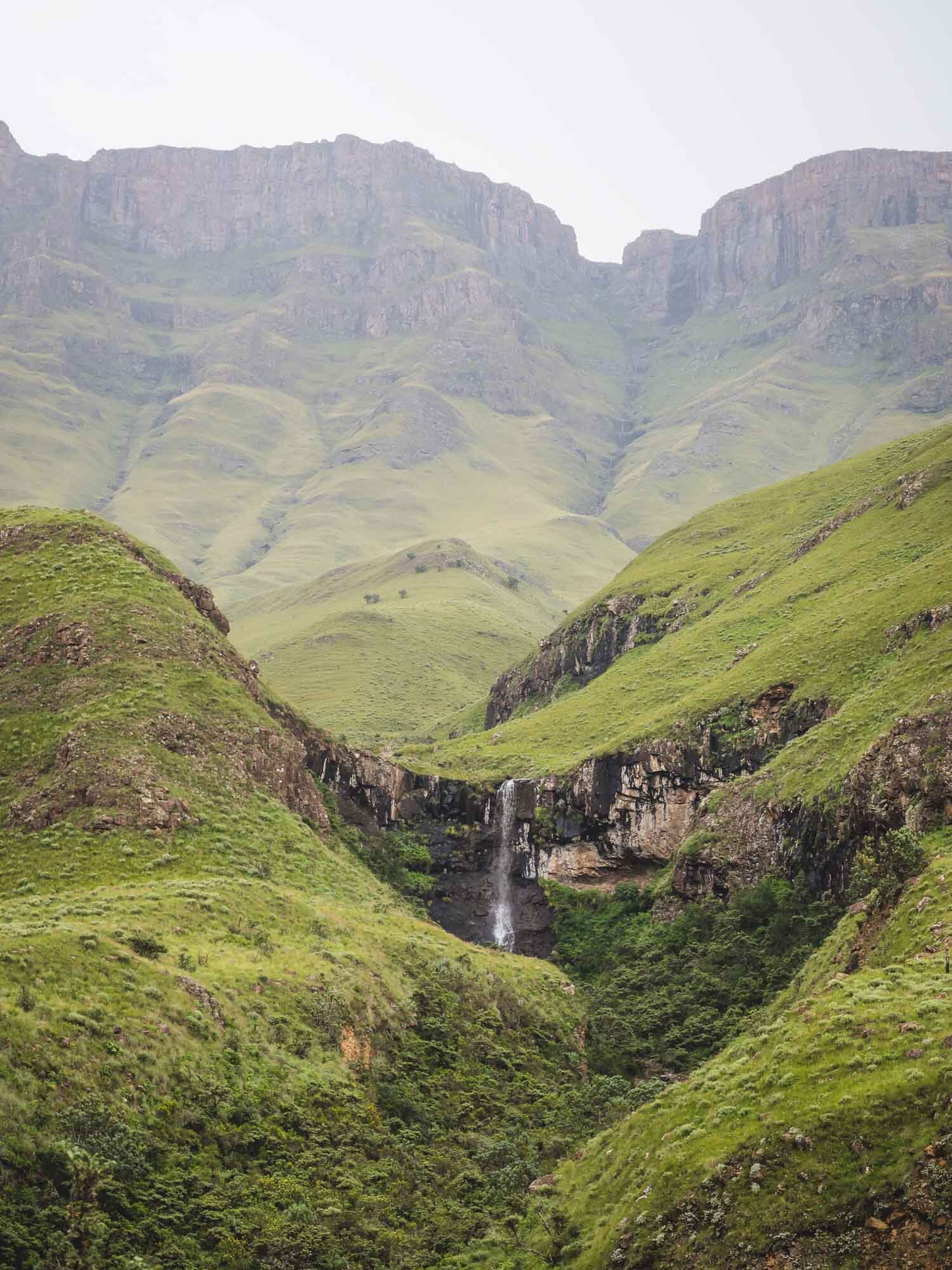
Waterfalls
One of the many falls on the way up, filled by the occasional showers that happened during the previous days.
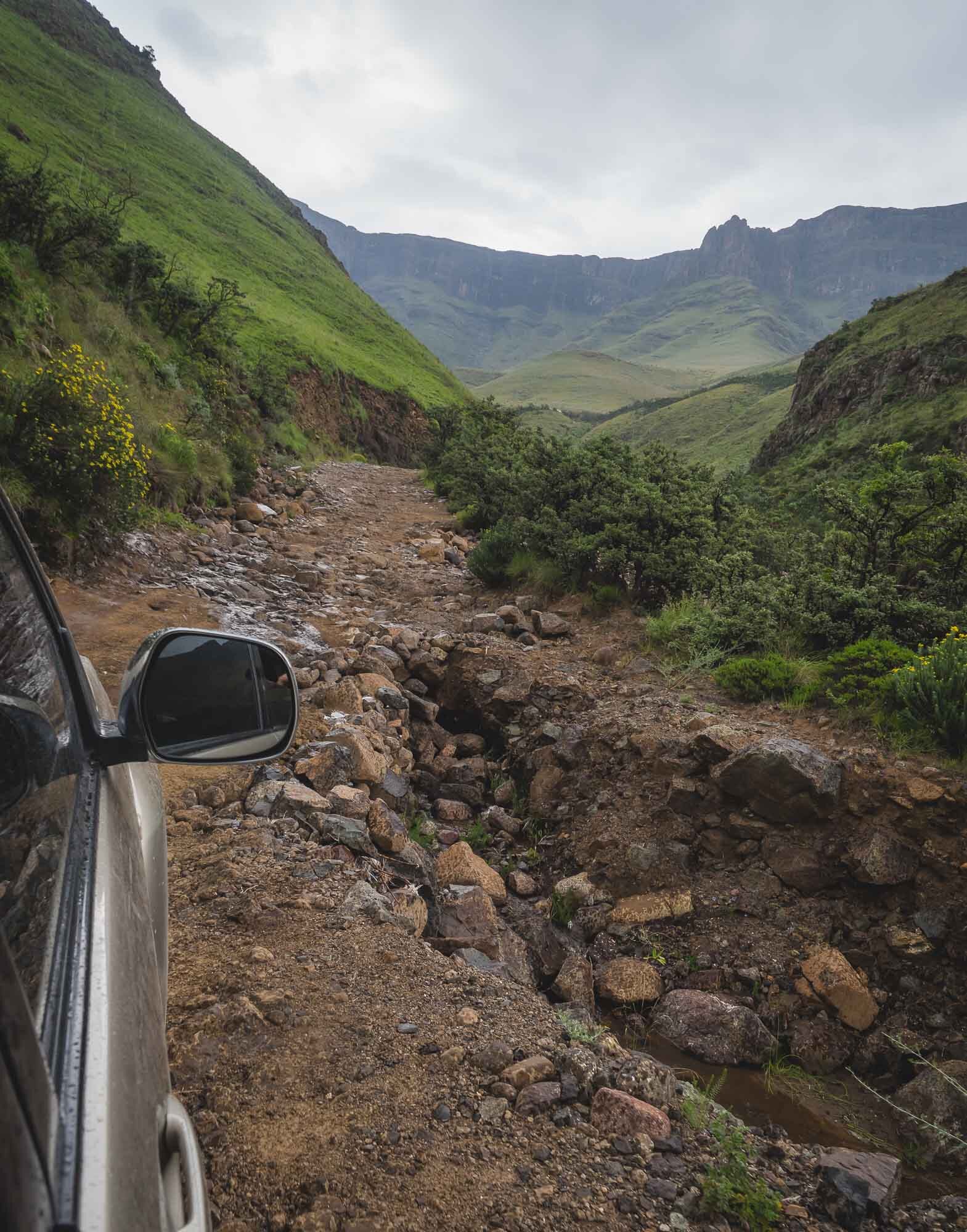
The "Road"...
...was at times hard to classify as such. It took us almost 2h to conquer the 8km stretch.
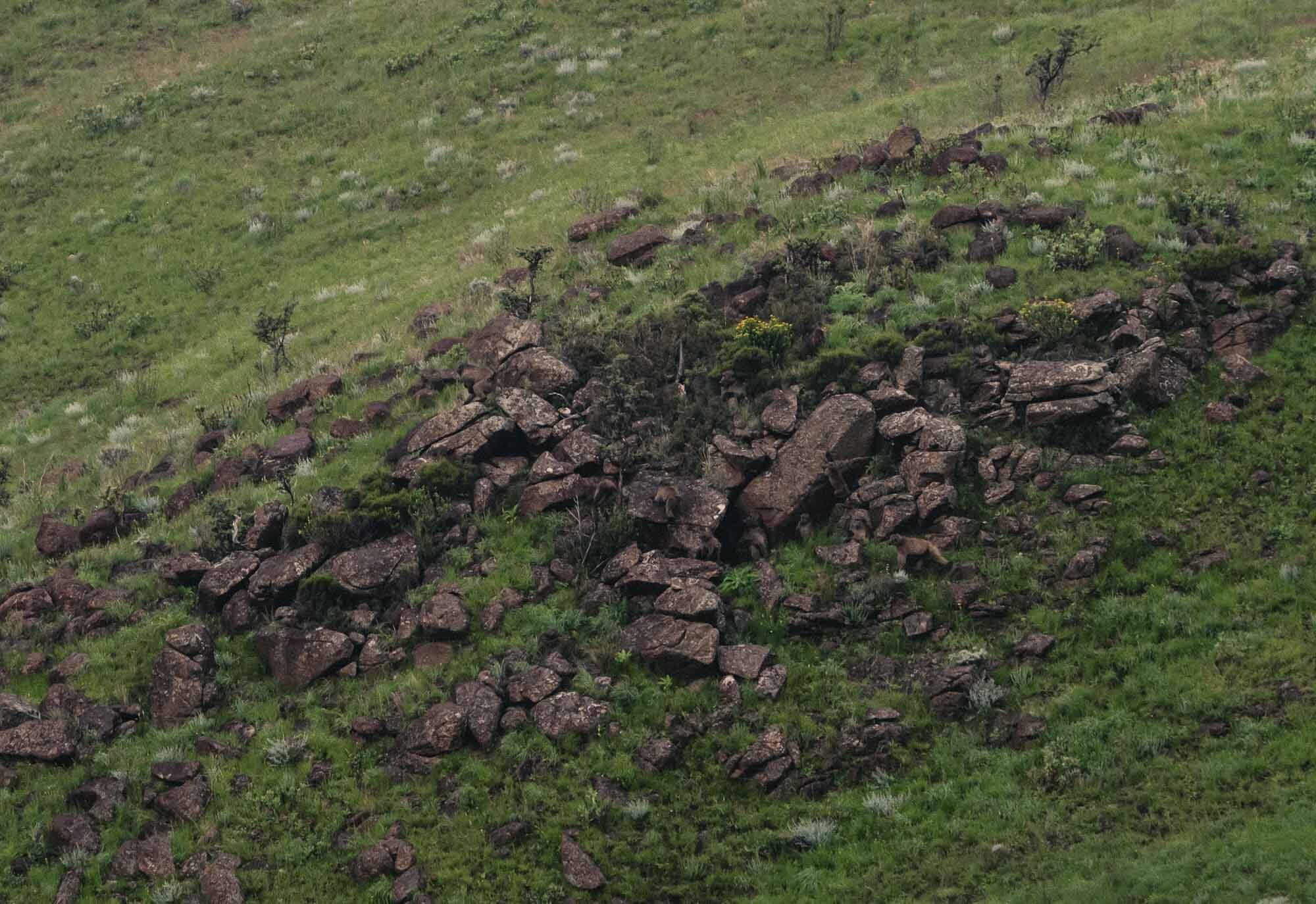
Baboons
How many of these apes can you spot here?
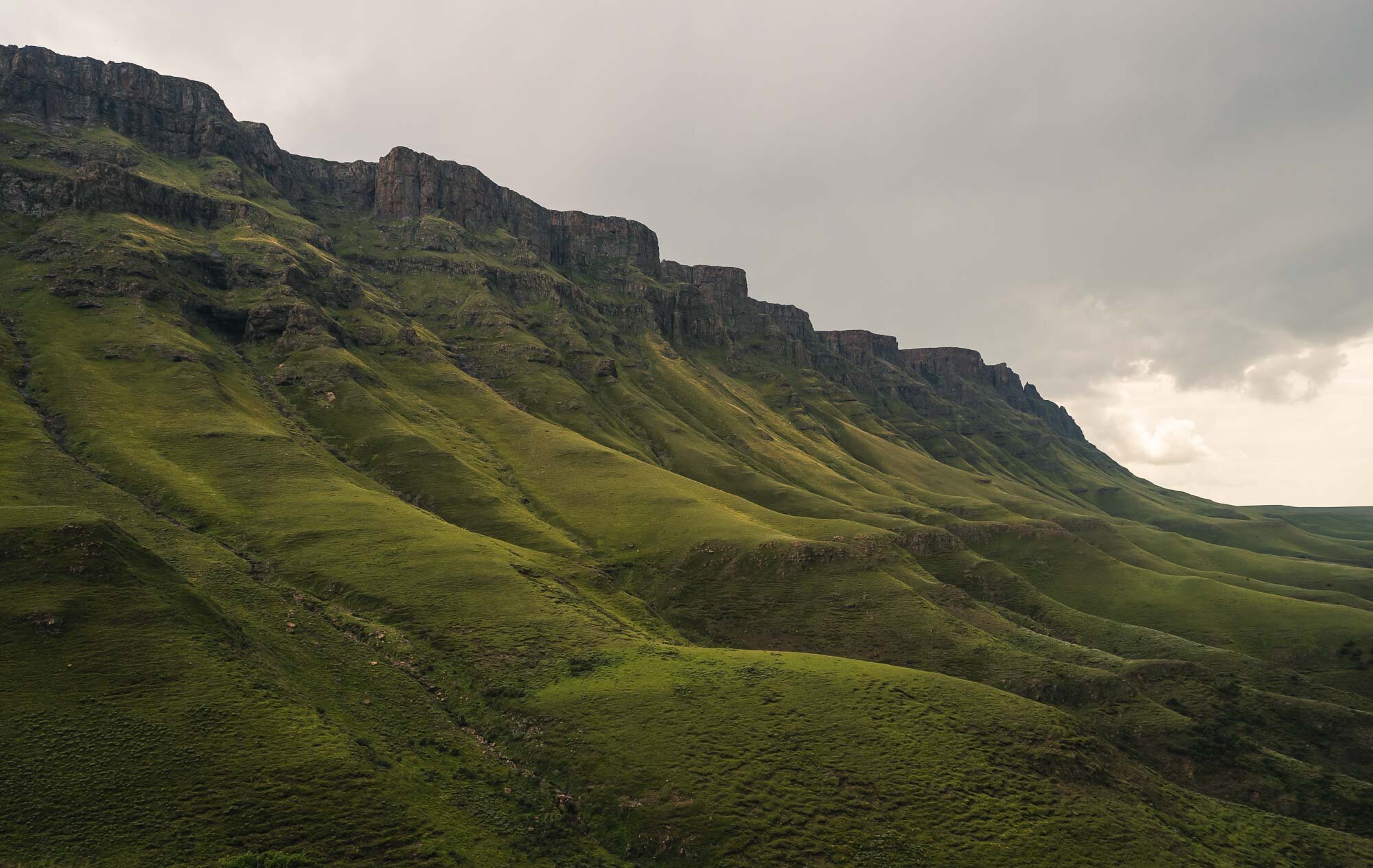
The 12 Apostles
While Cape Town has its own version, these are higher.
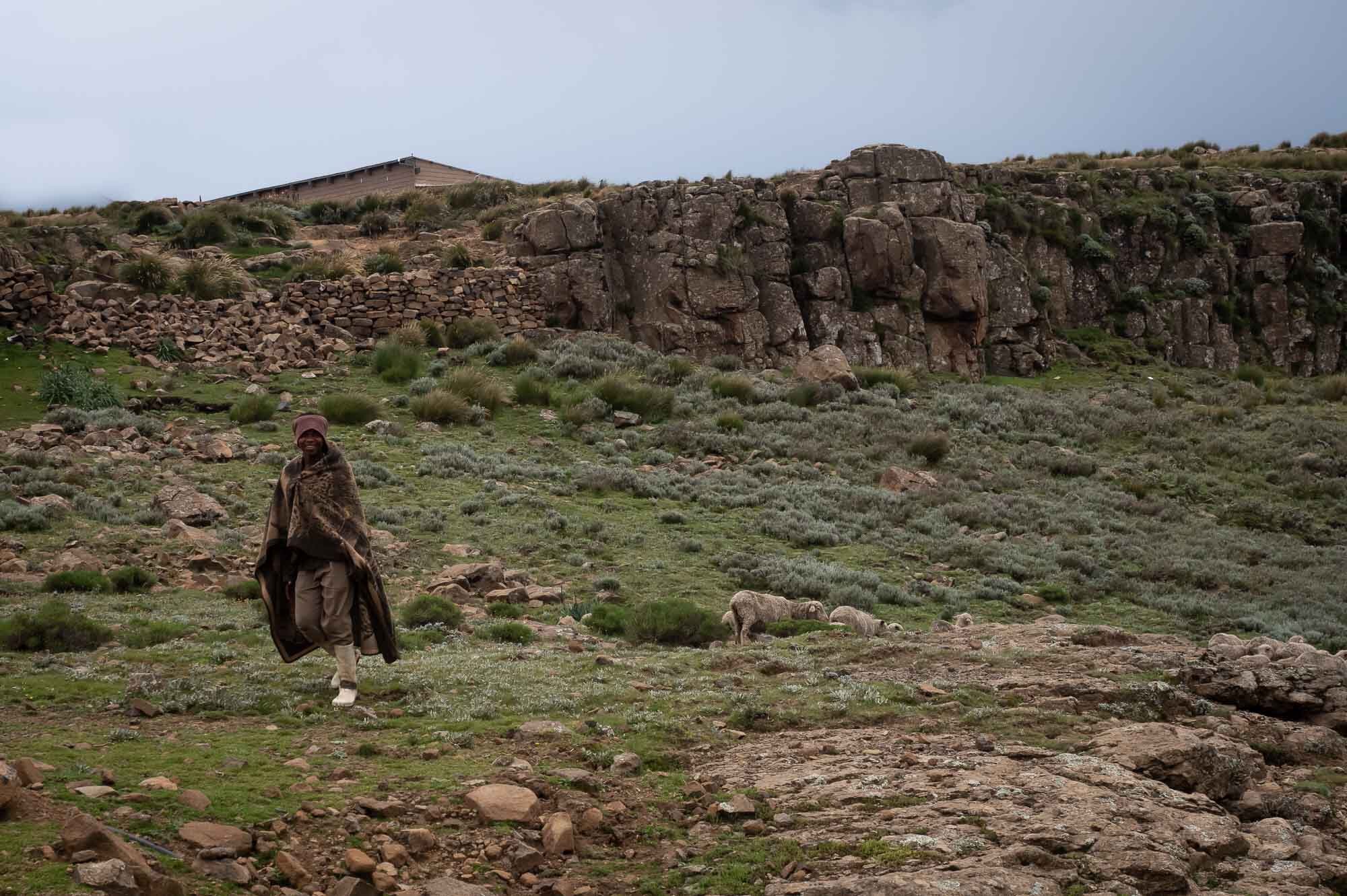
Shepherd
A local farmer in the traditional clothes.
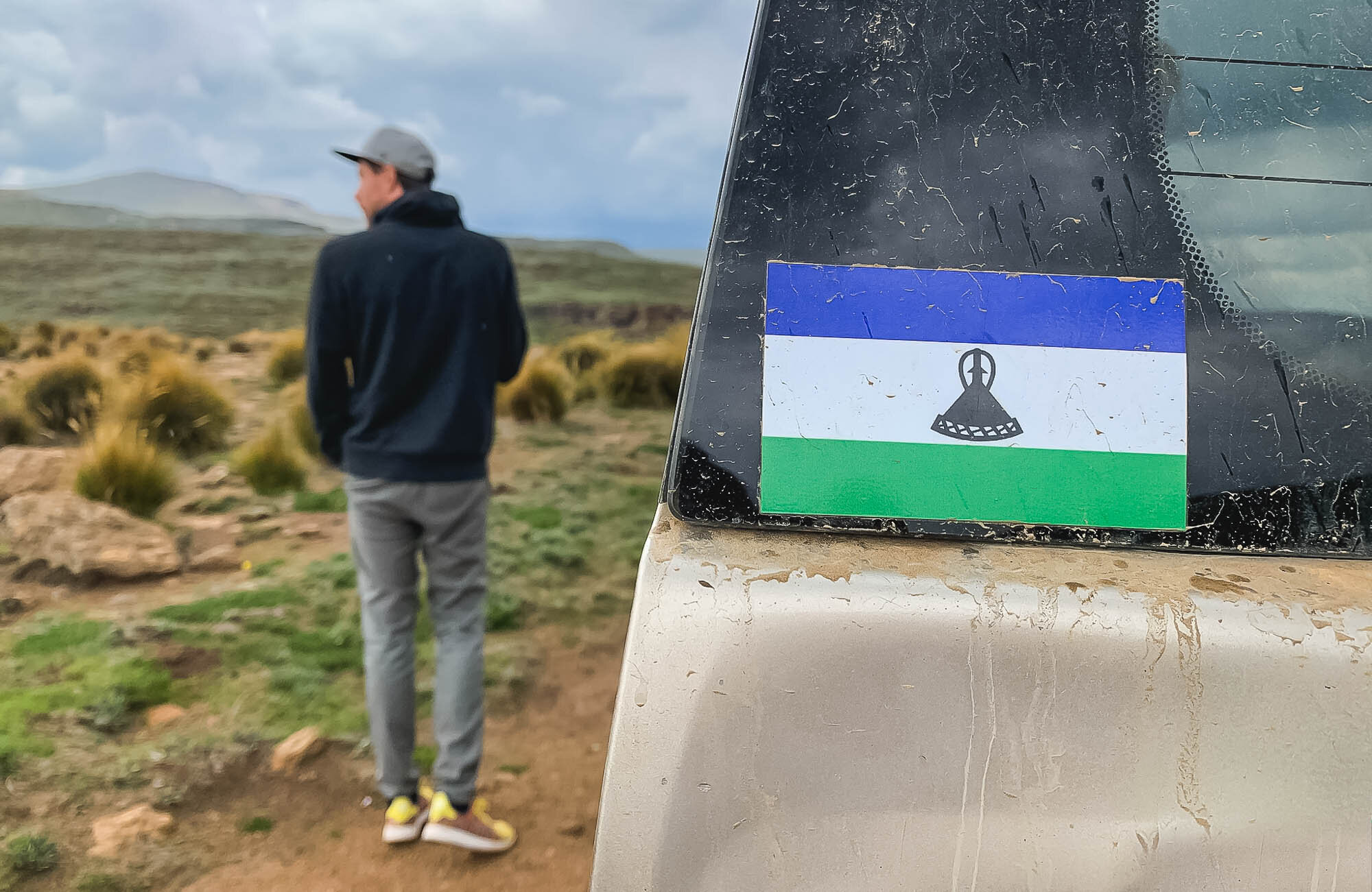
Flag
The flag represents rain / sky, peace and prosperity, adorned with a Basotho hat.
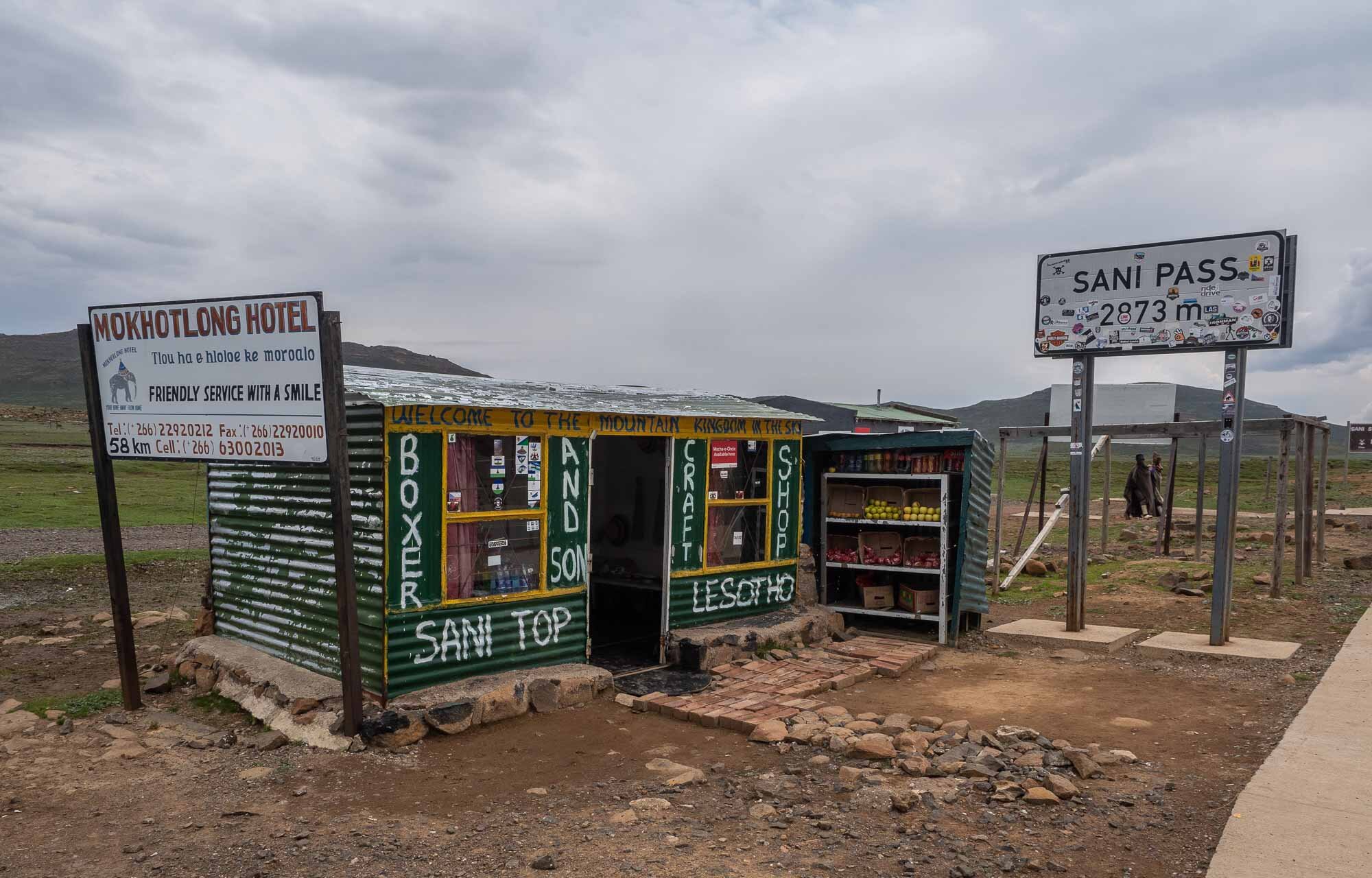
Sani Pass Border
The border into Lesotho - The Mountain Kingdom in the Sky.
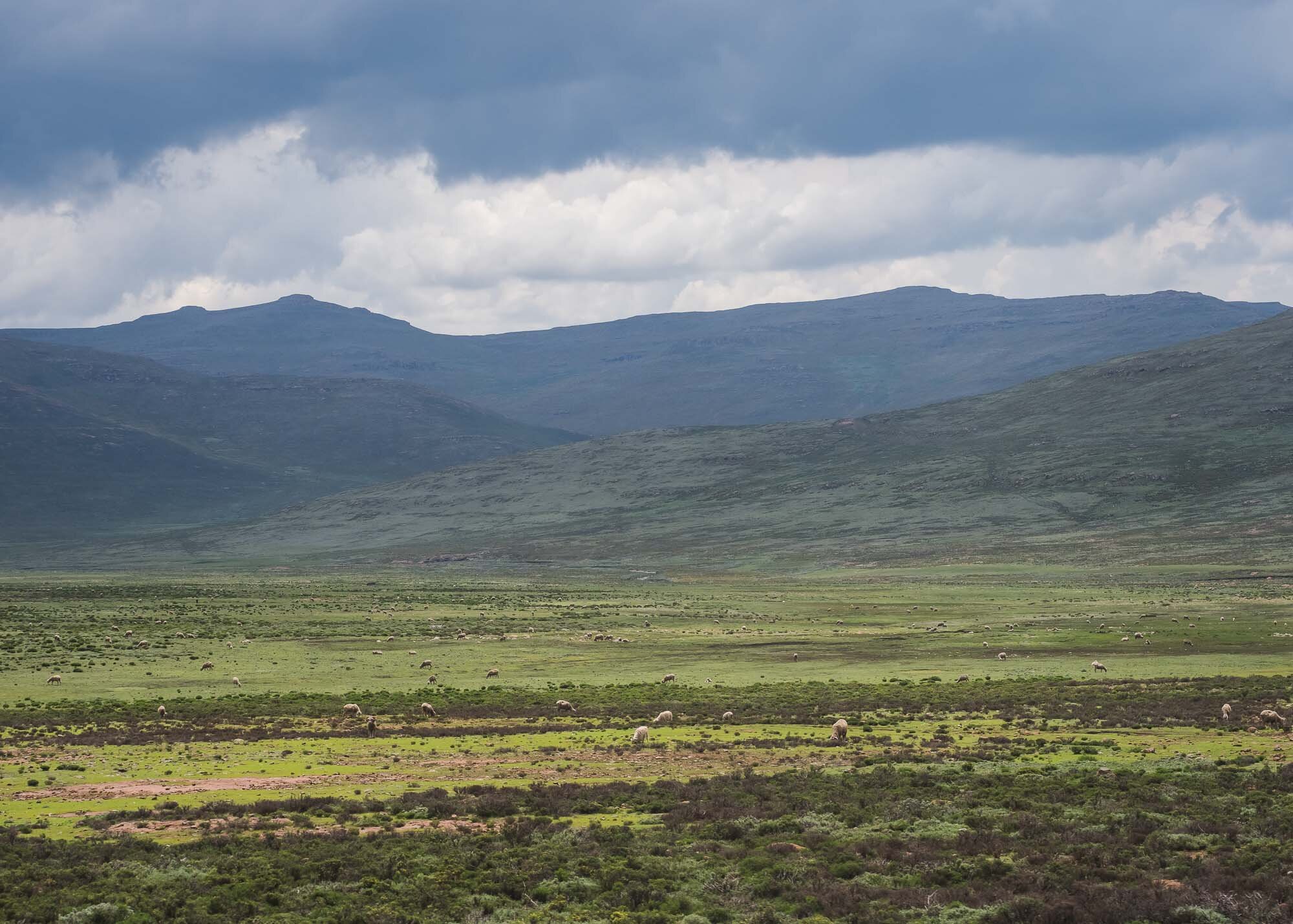
Lesotho
The country has the highest lowest elevaton in the world. It's also one of only three that is an enclave within another country.
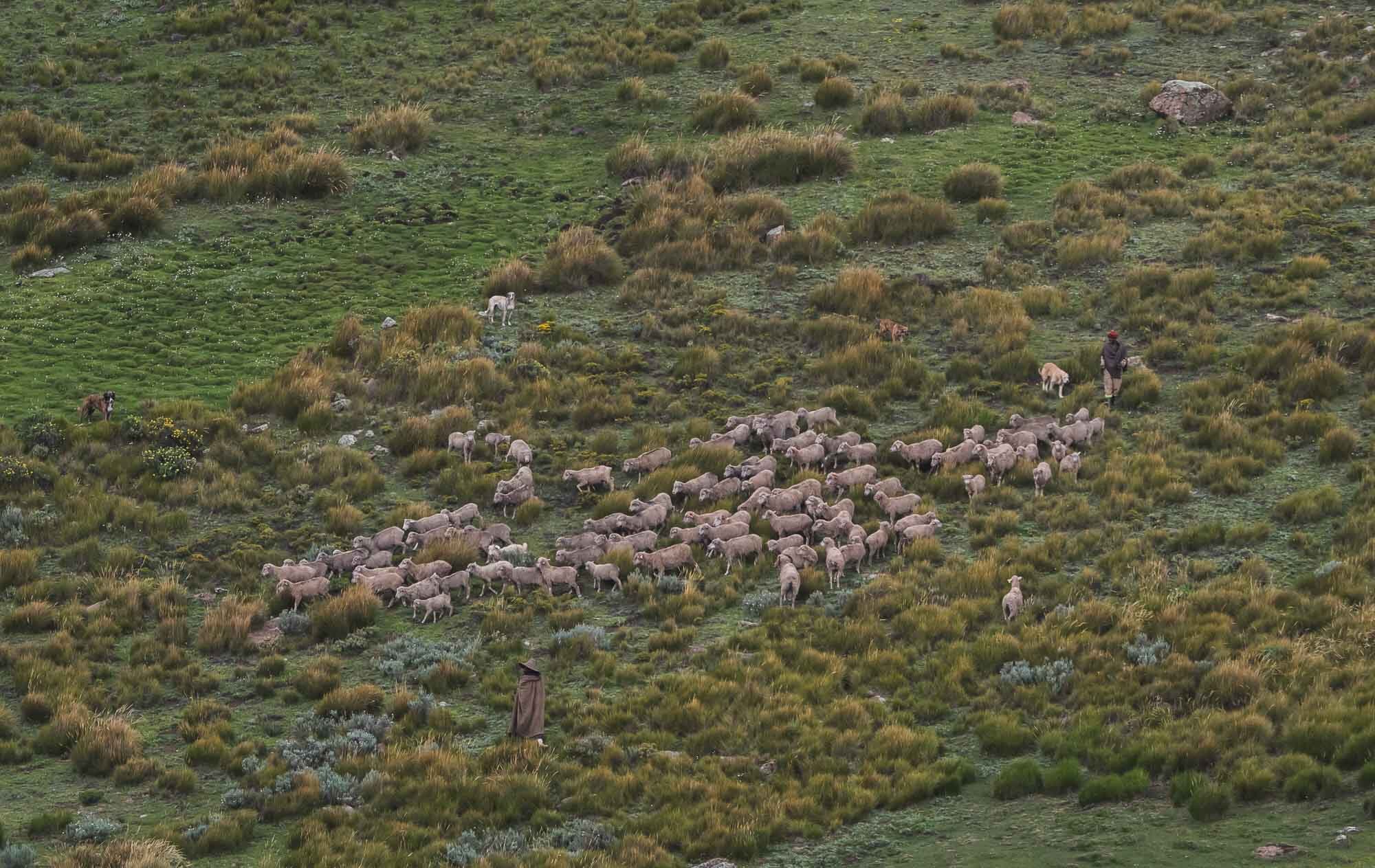
Farming and Animals
Two thirds of the country's income come from the agricultural sector.

The Road Inland
This road was built with Chinese support, in exchange for mineral rights in the country - a popular strategy in Beijing these days.
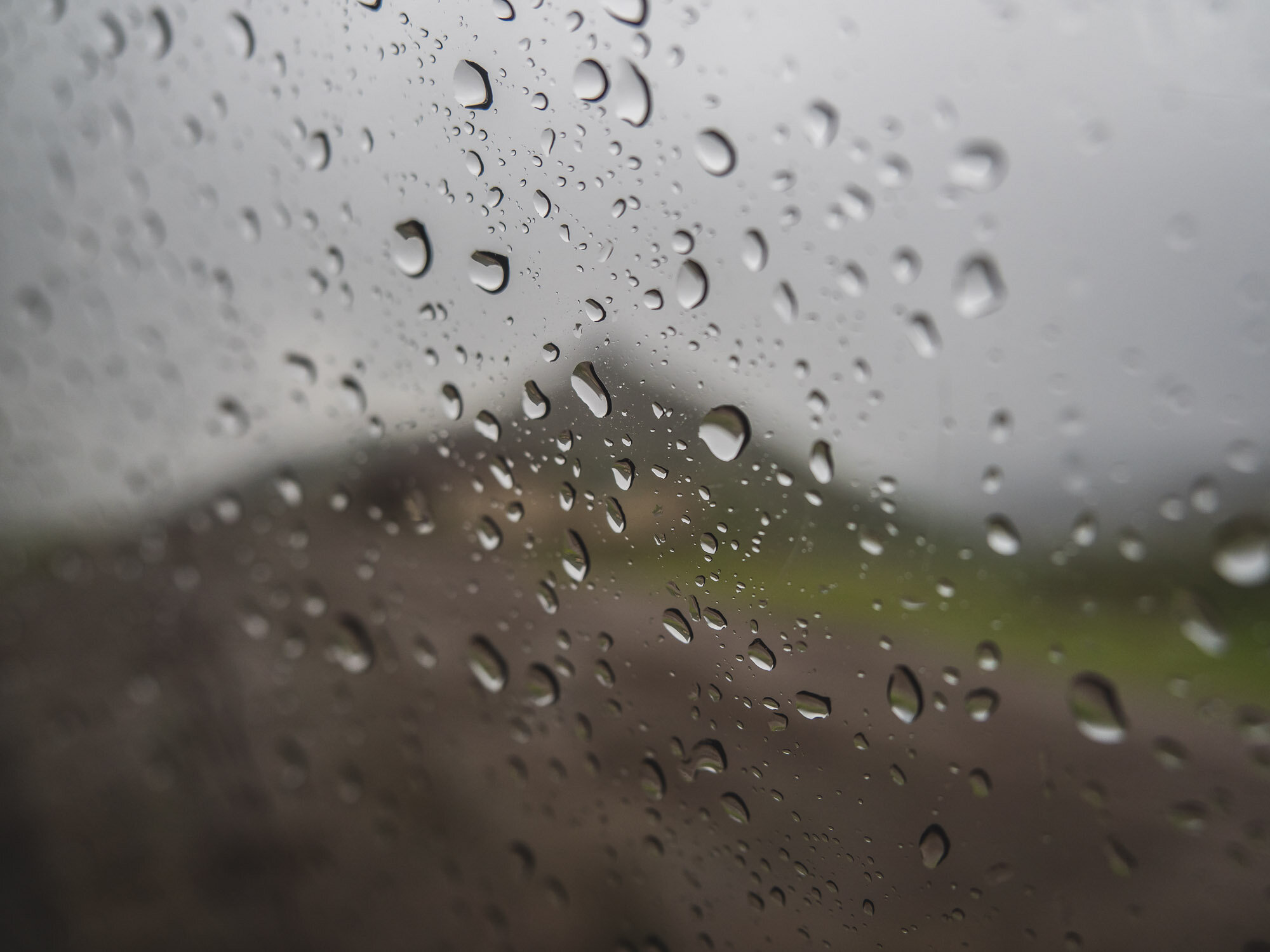
Rain
The weather had caught up on us, and we almost got stuck in a village as the only access was with a 4x4, crossing a small river that quickly swell into a raging steam.
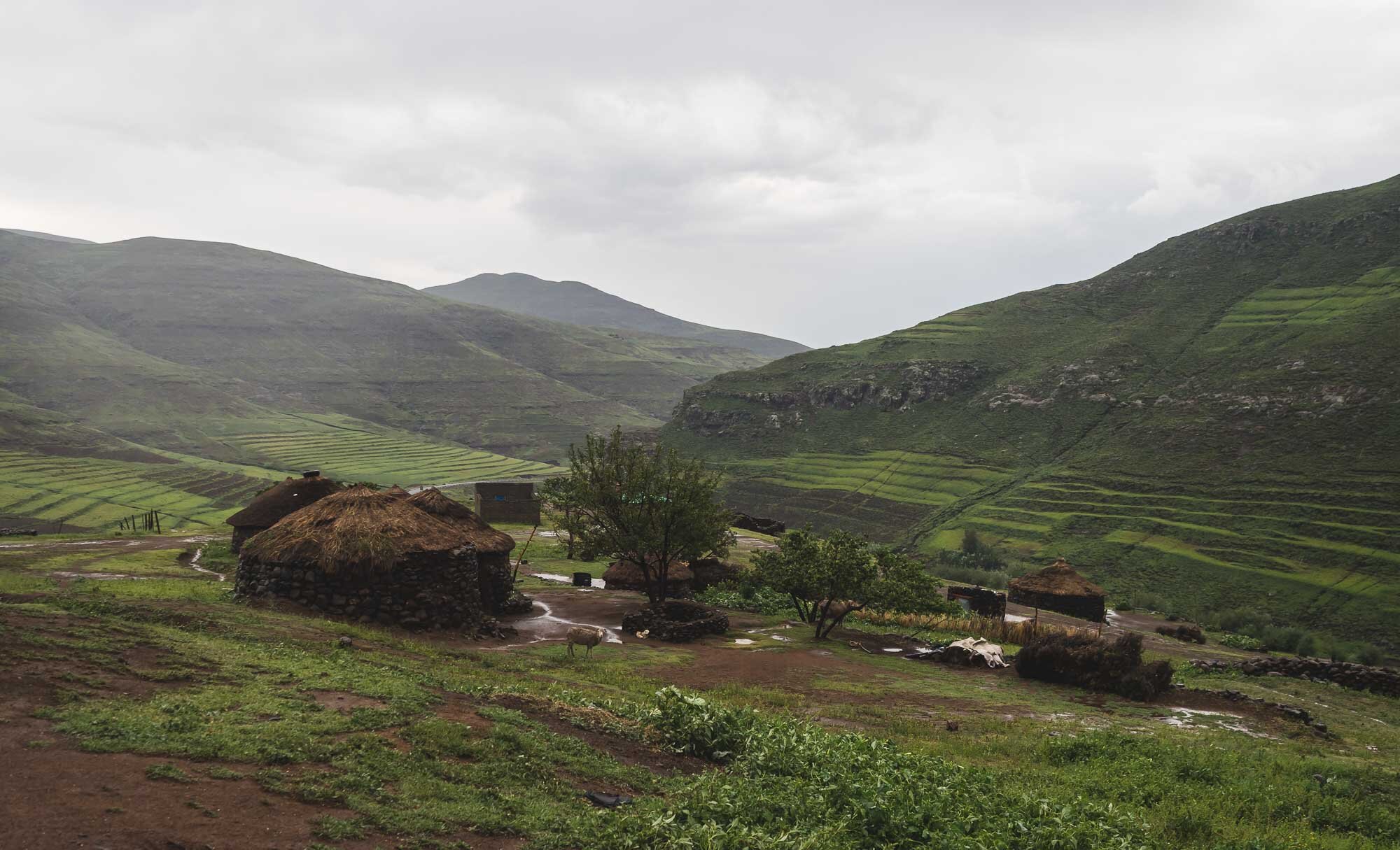
View over the Village
The small settlement we visited stretches up into the hills.
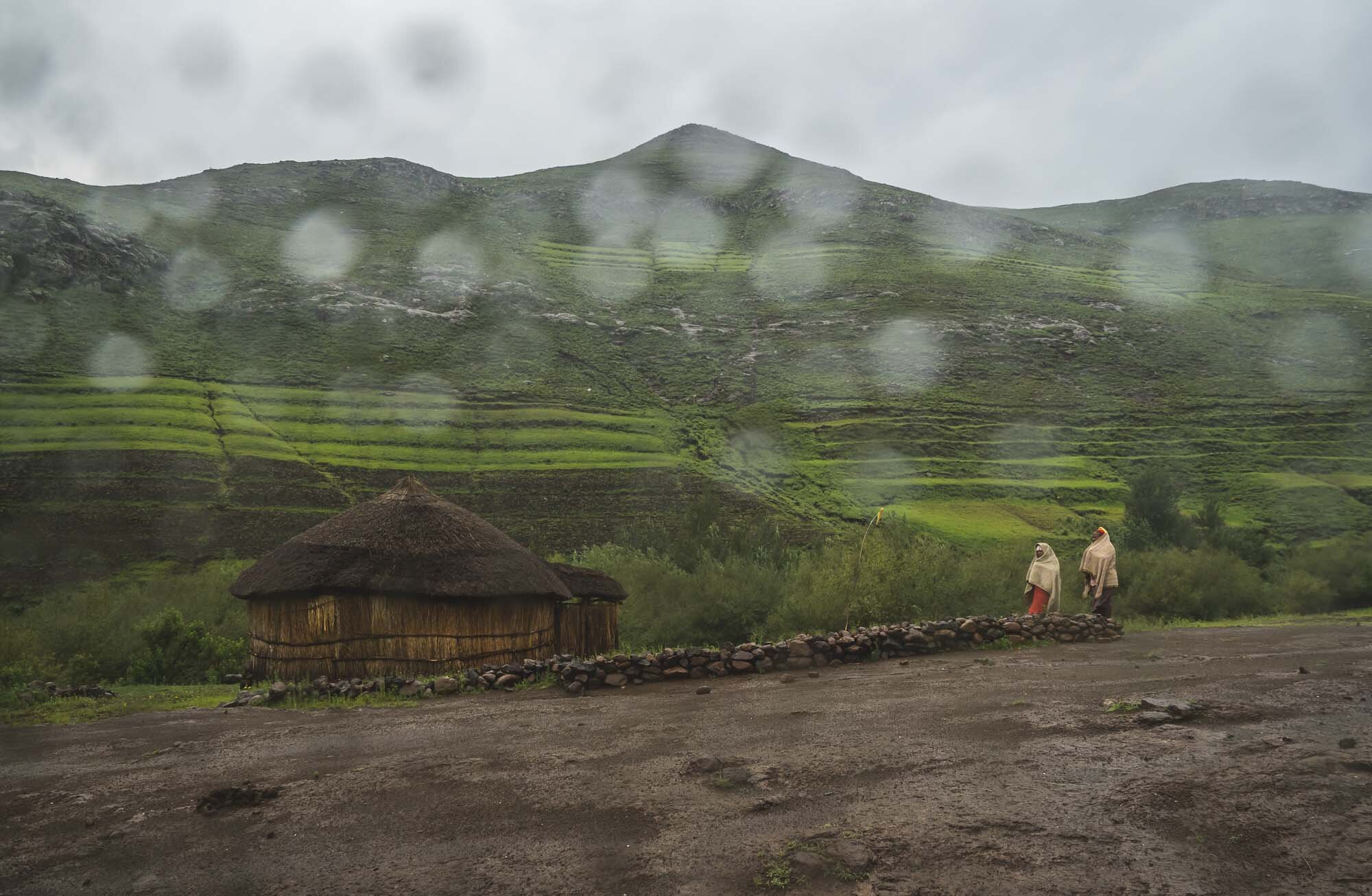
Traditional Huts
Two locals rushing towards the traditional house in the village beyond the pass, trying to escape from the rain.

Bread Making
We got to see traditional bread making by a group of women.
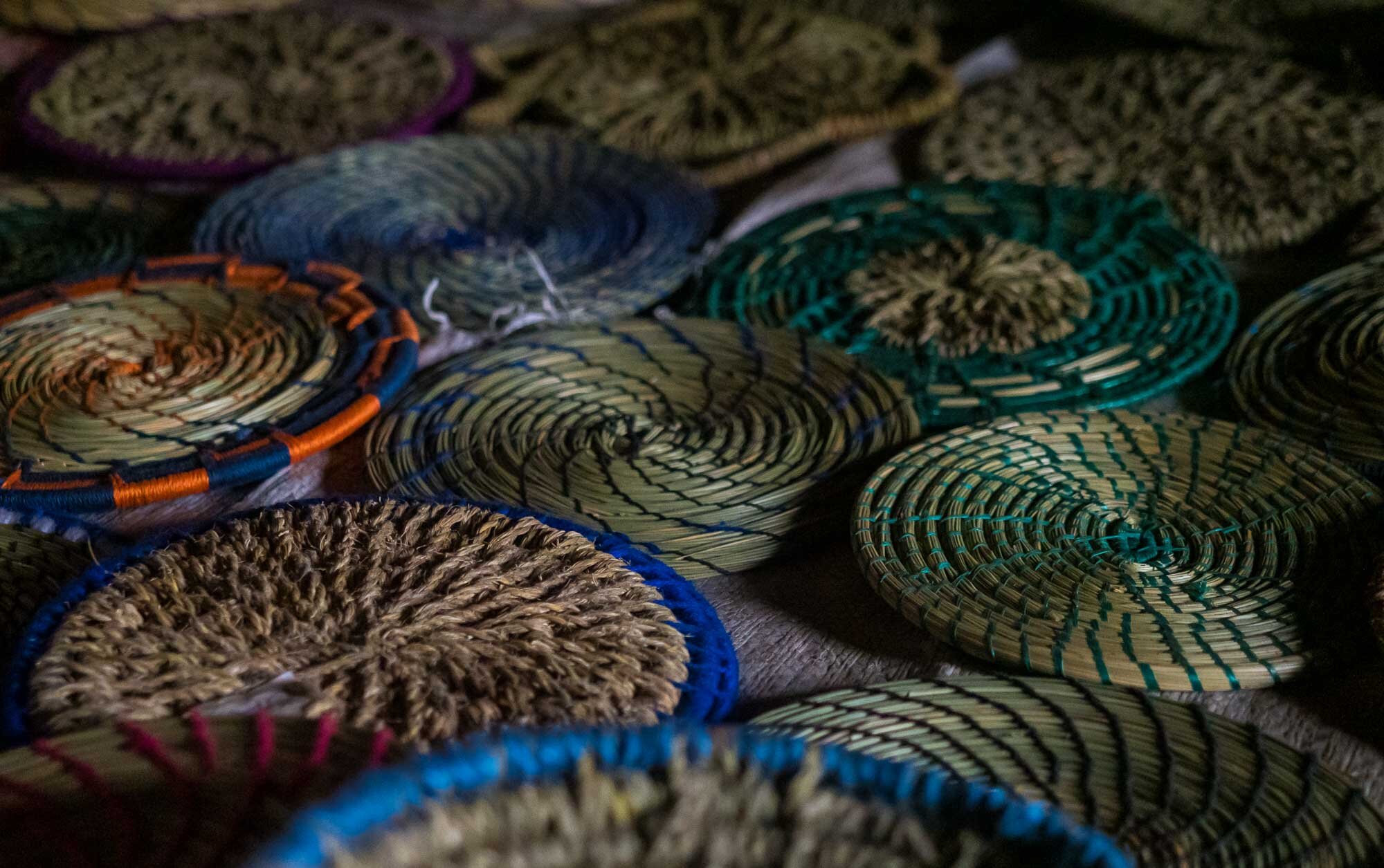
Handicrafts
Selling these kind of accessories and gifts provides extra income for the locals, although there are very few tourists who make it up this far.
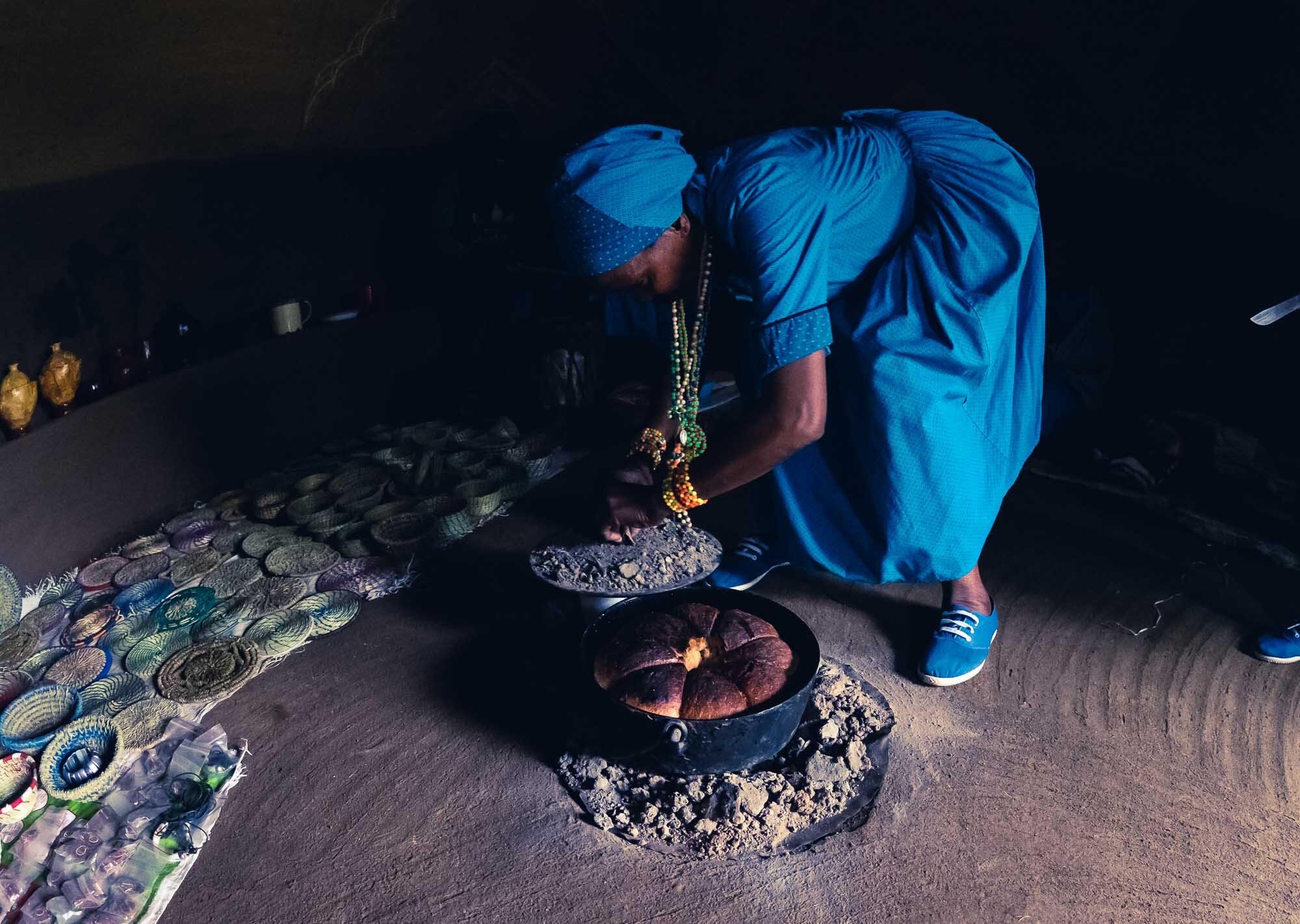
Bread Tasting
In the end, we got to try the excellent bread, freshly made.
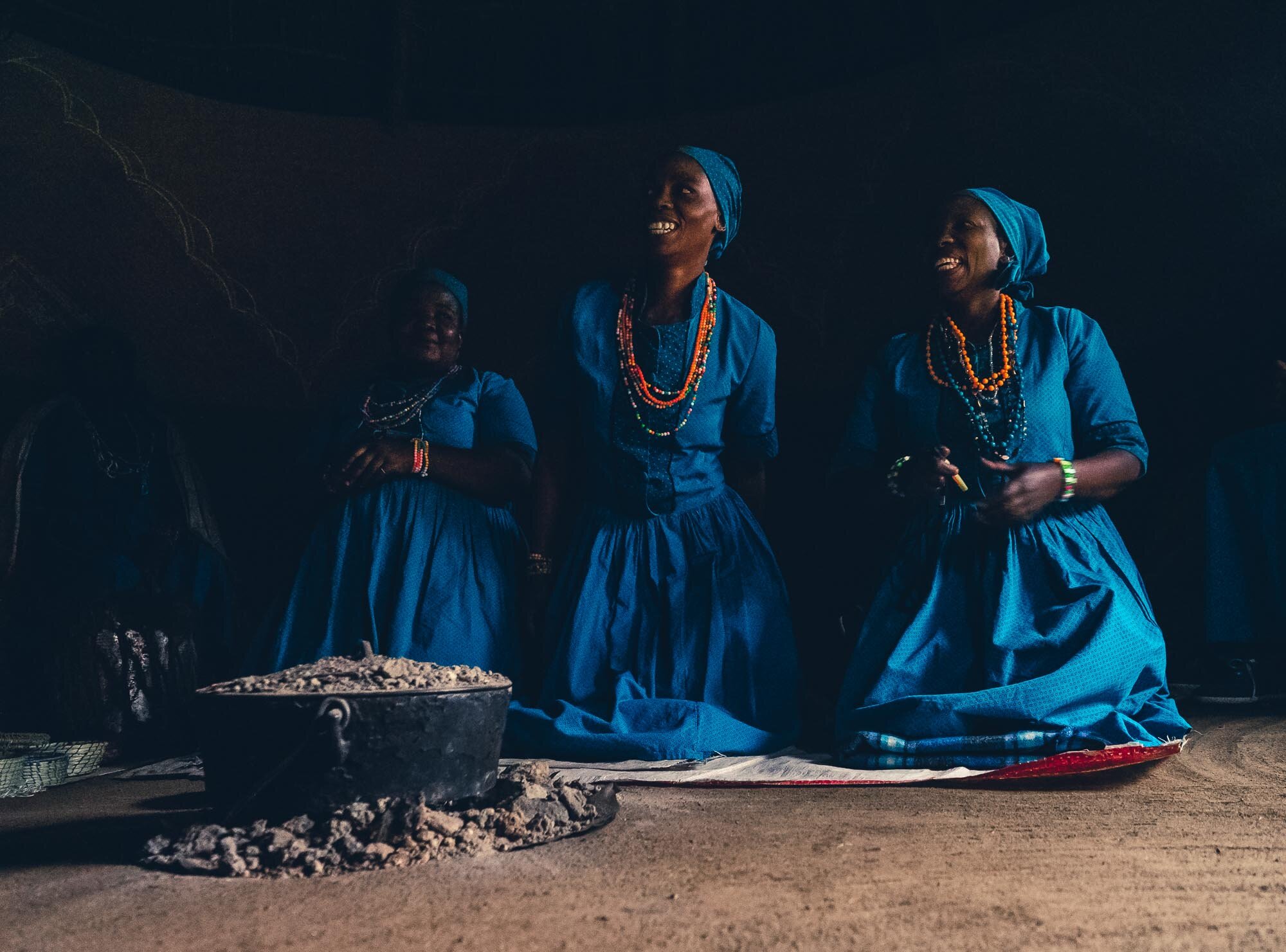
Dance
Followed by celebratory dancing for special occasions.
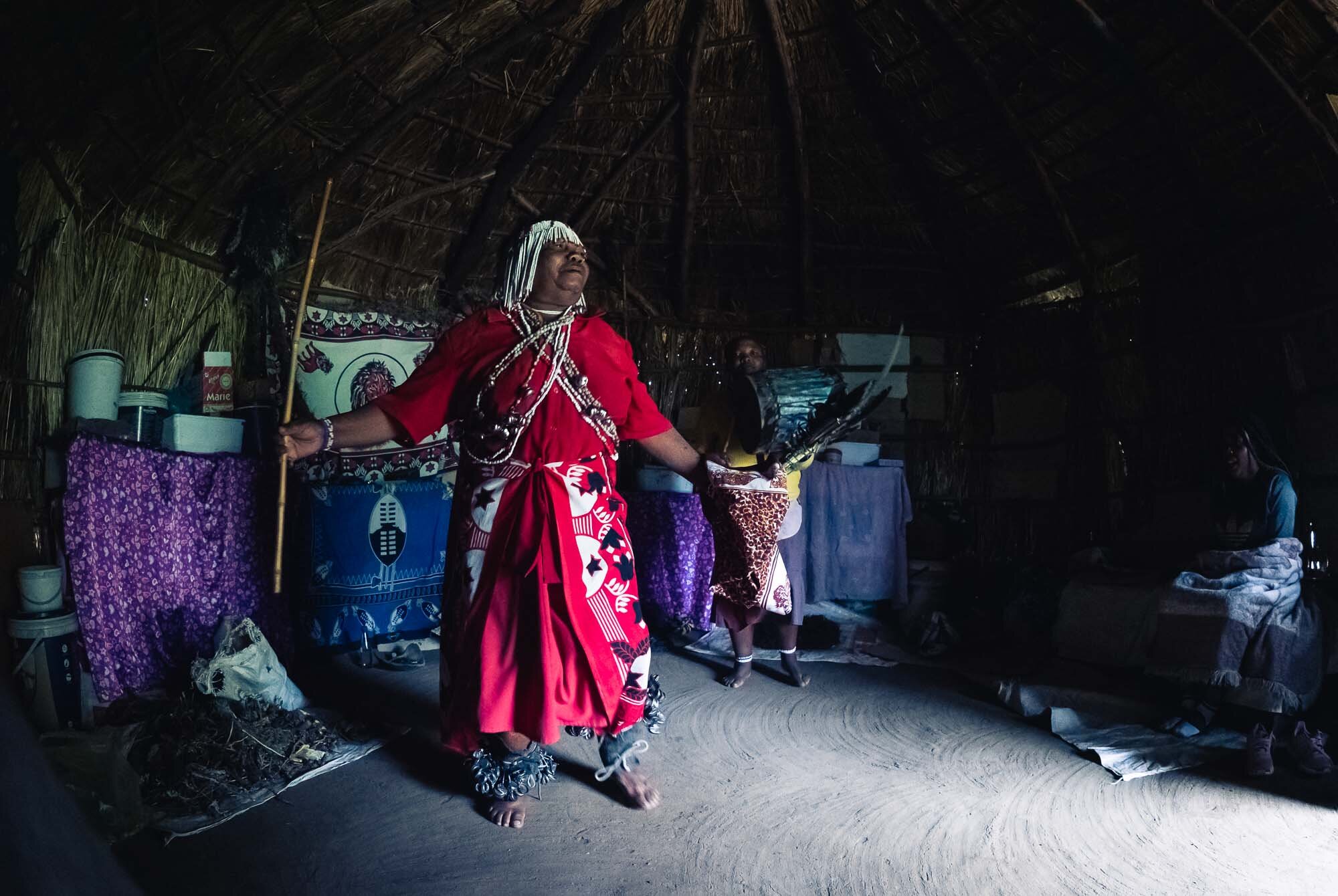
Healer
We also visited the local healer, who taught us about the powers of the indigenous herbs. A dance in which I participated also took place (no videos of this exist, not at all!)
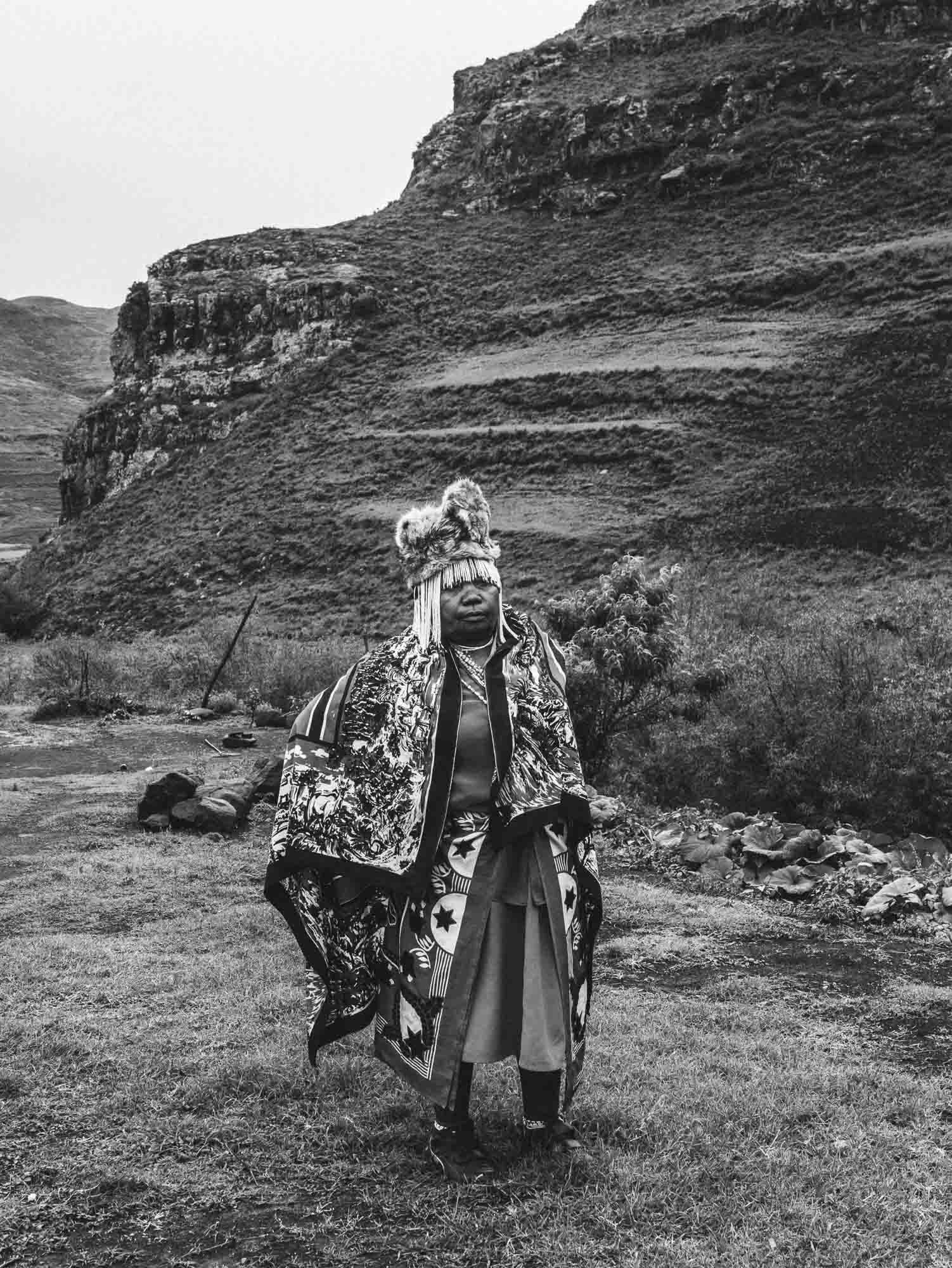
Healer
The village hospital owner!
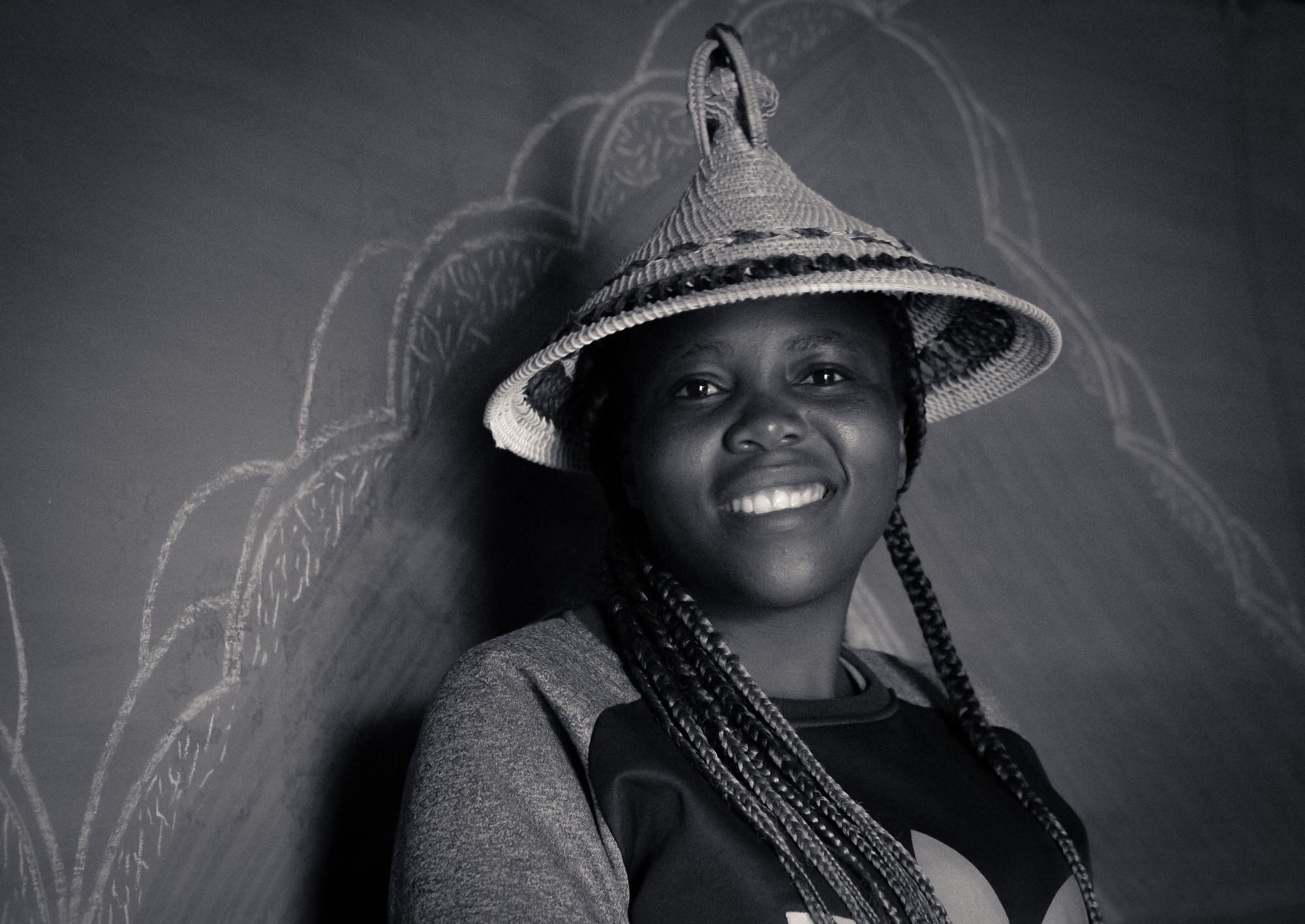
Village Guide
Our village guide, a local girl with excellent English skills and a good sense of humor.
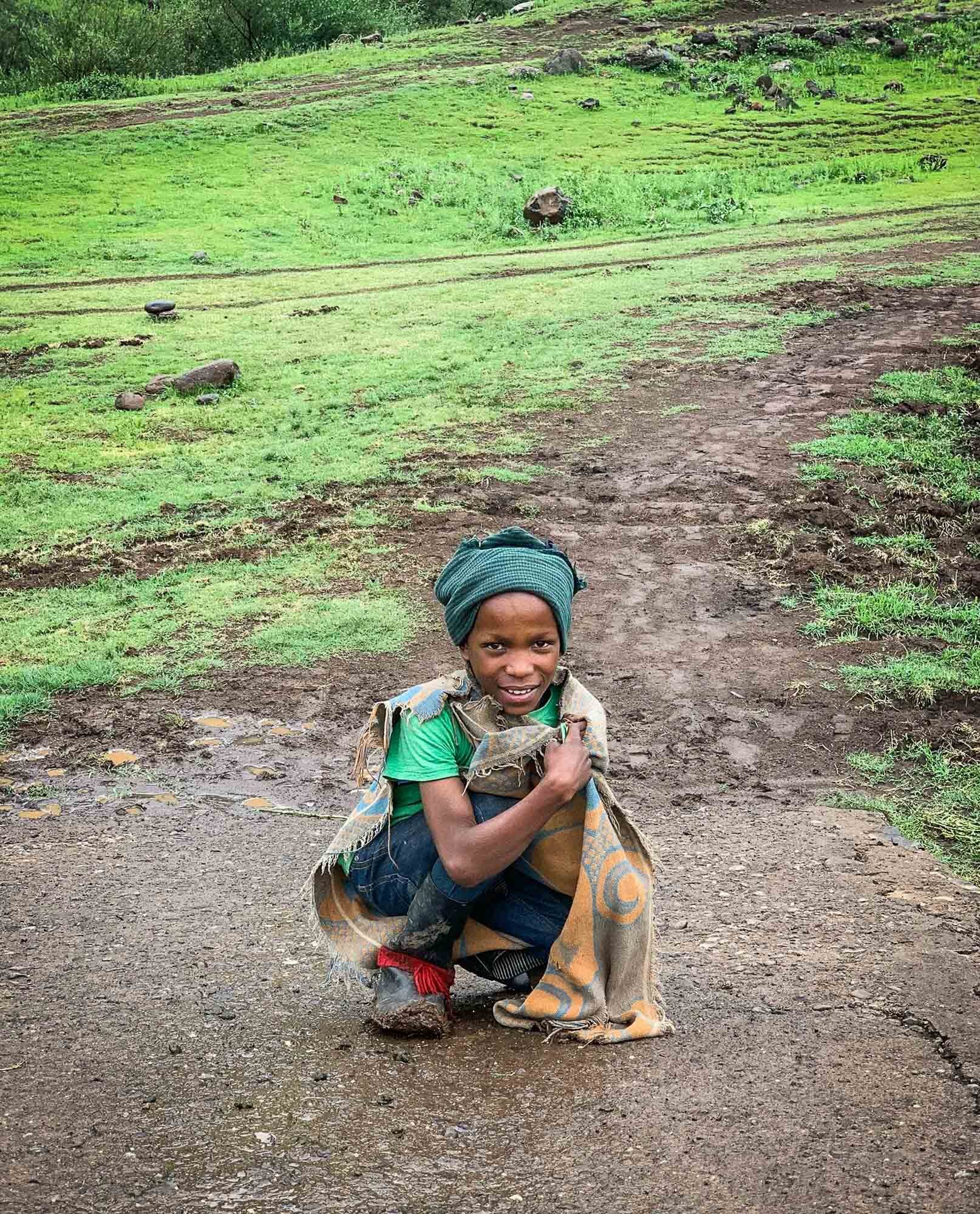
Smile
Disclaimer: I didn't manage to get this shot, the kid preferred to pose for more approachable people than me...It's such a good photo I didn't want to exclude it from the series.
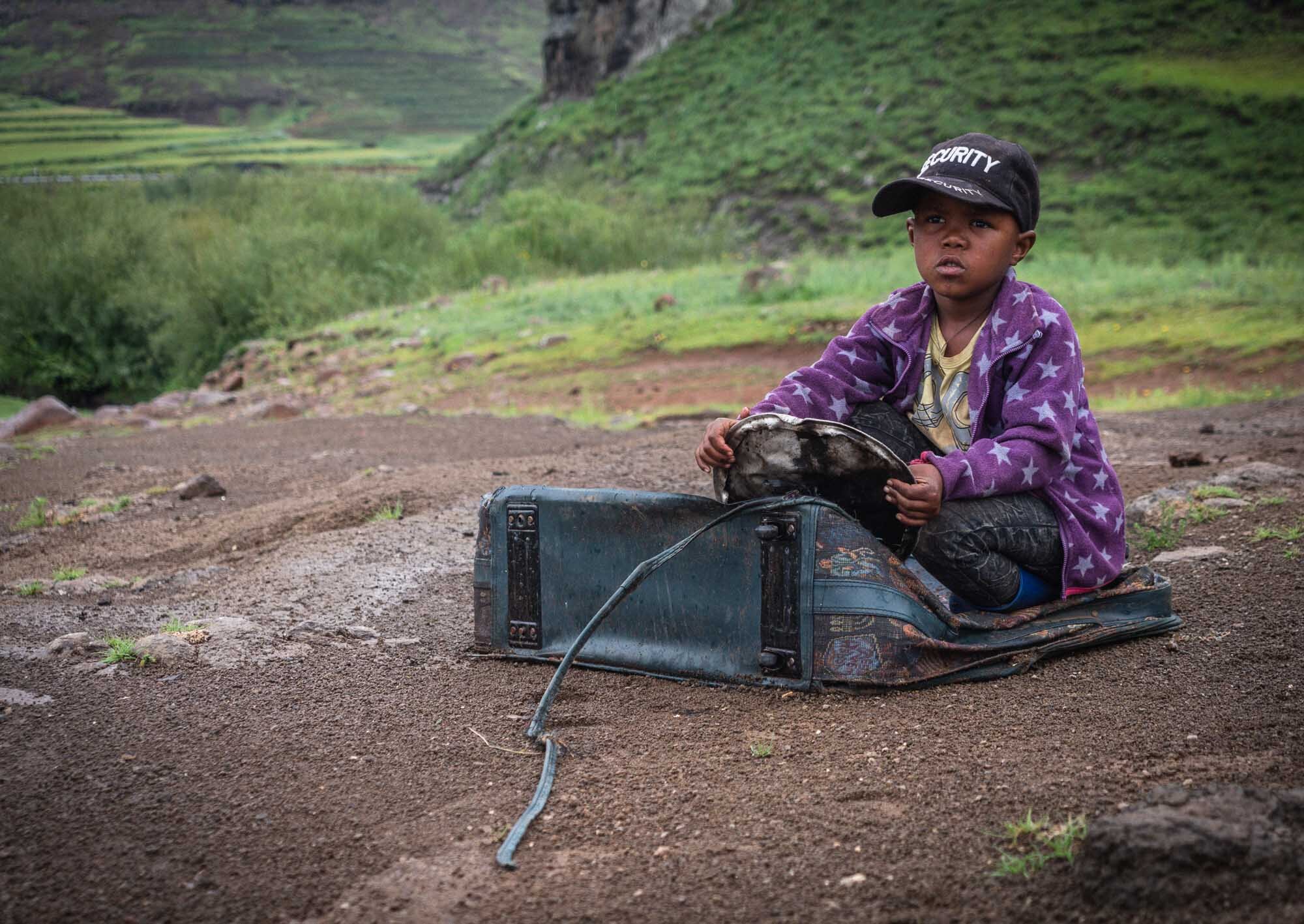
Suitcase Car
You have to get creative with your toys in the mountains.
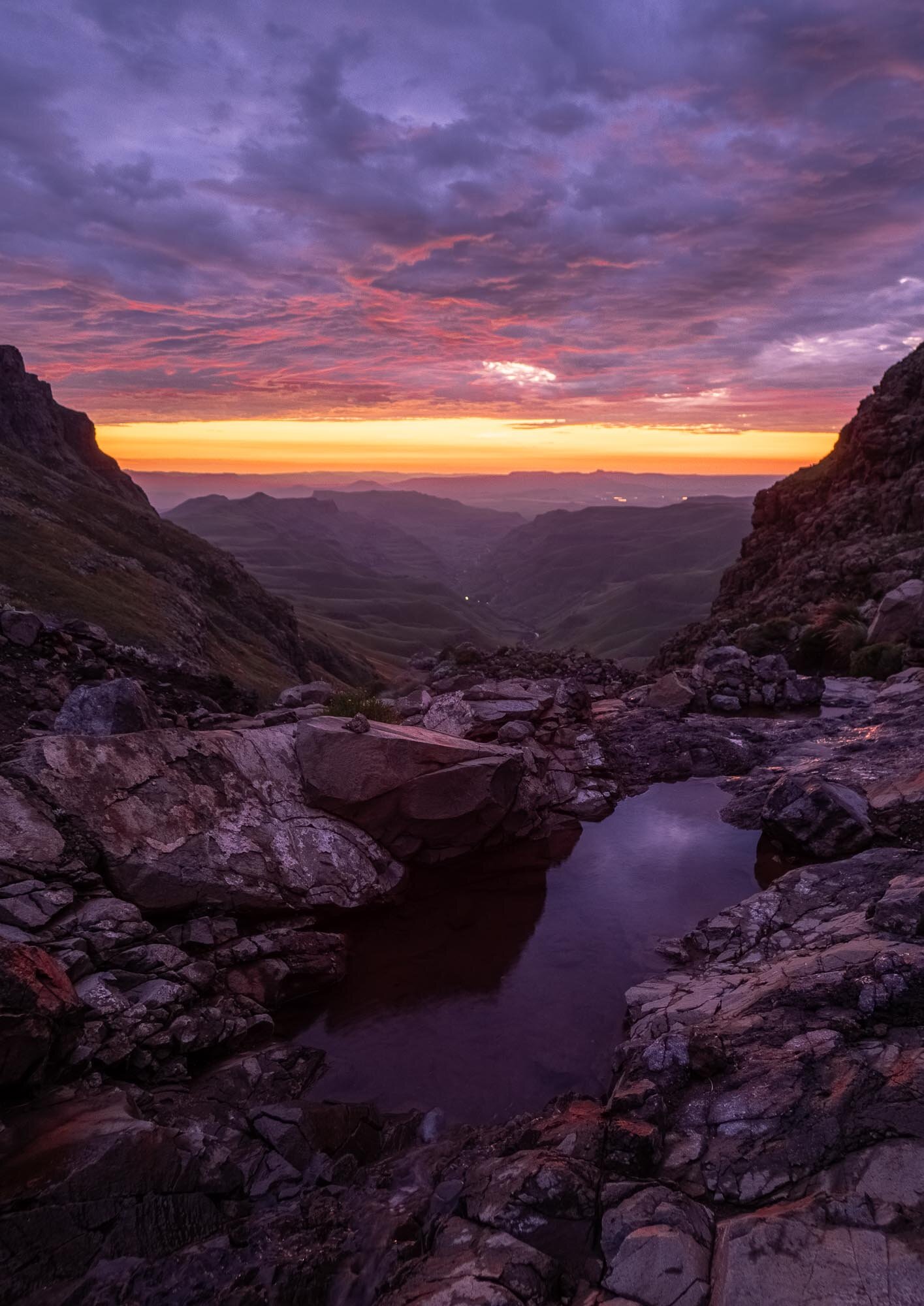
Sunrise
The rain just a day earlier formed some puddles in the rocks and along the pass that made for great scenery in the morning.
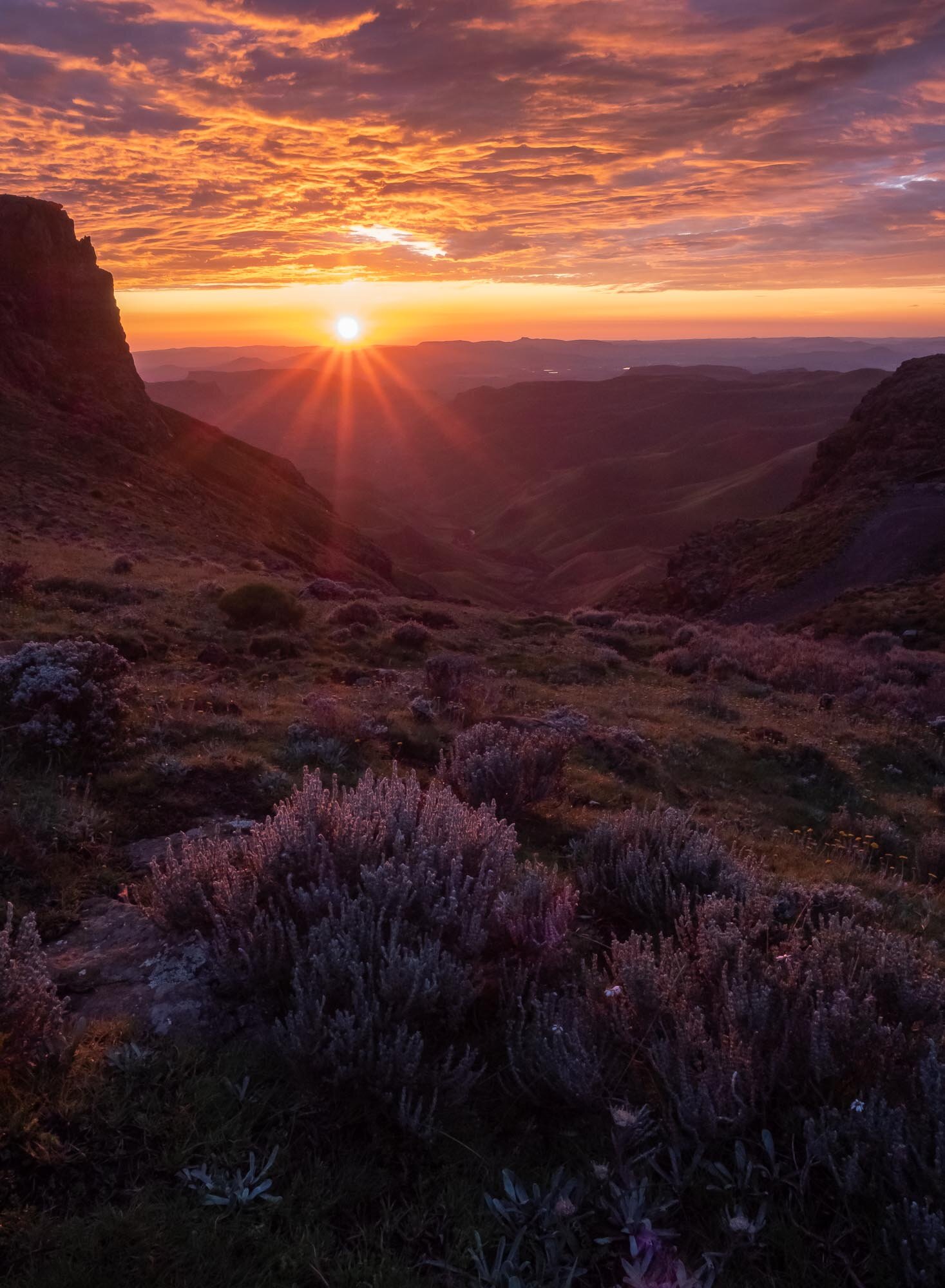
Atmosphere
The sun appeared for just a few minutes between the horizon and the lower cloud layer, but what an appearance it was...
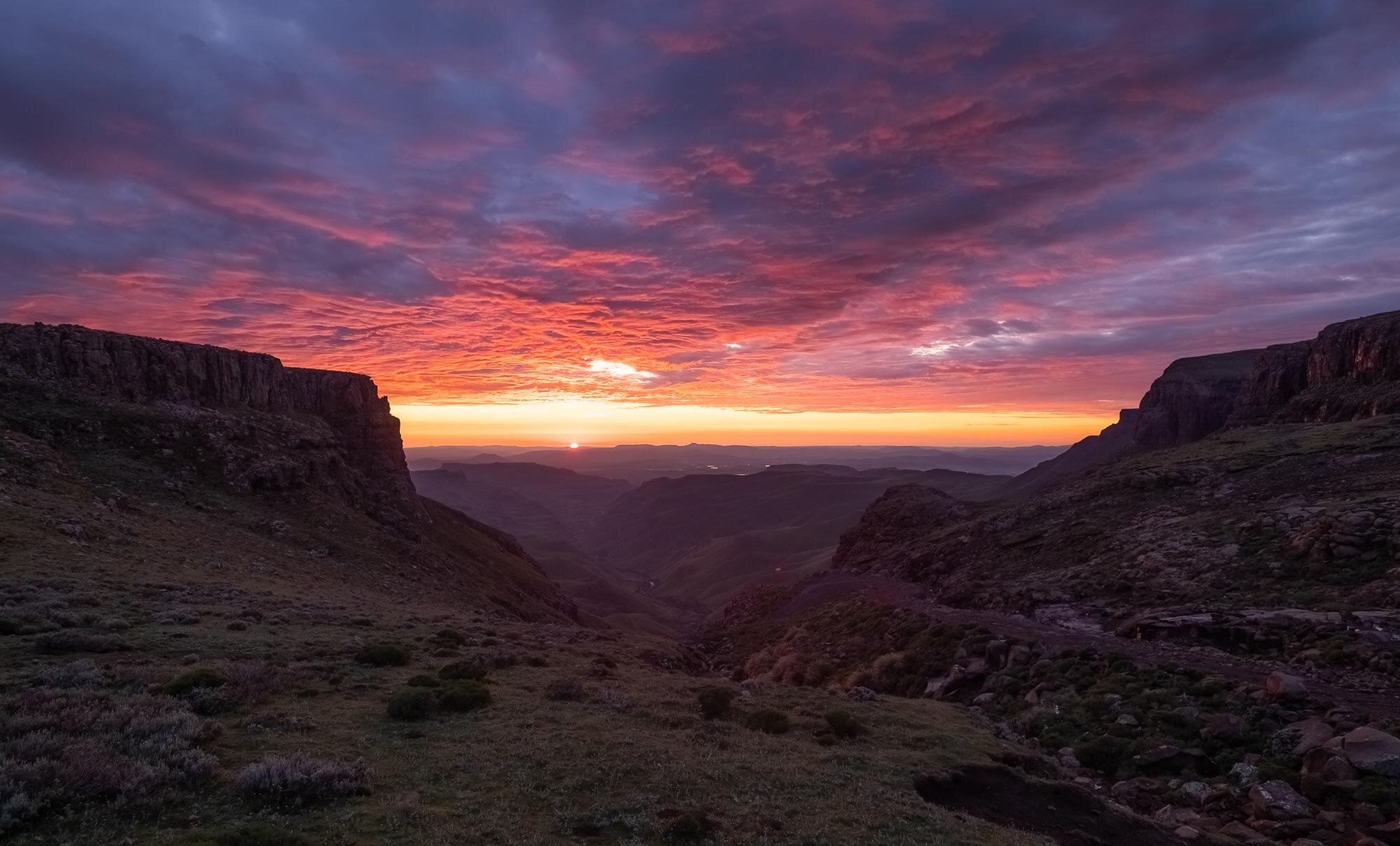
A Glimpse of the Sun
While my hope was to be able to capture the Milky Way at night, cloudy skies made my 4am alarm ring for nothing - I was rewarded with a beautiful sunrise for getting up anyway.

Soaking It Up
Could not resist to document this moment for myself.
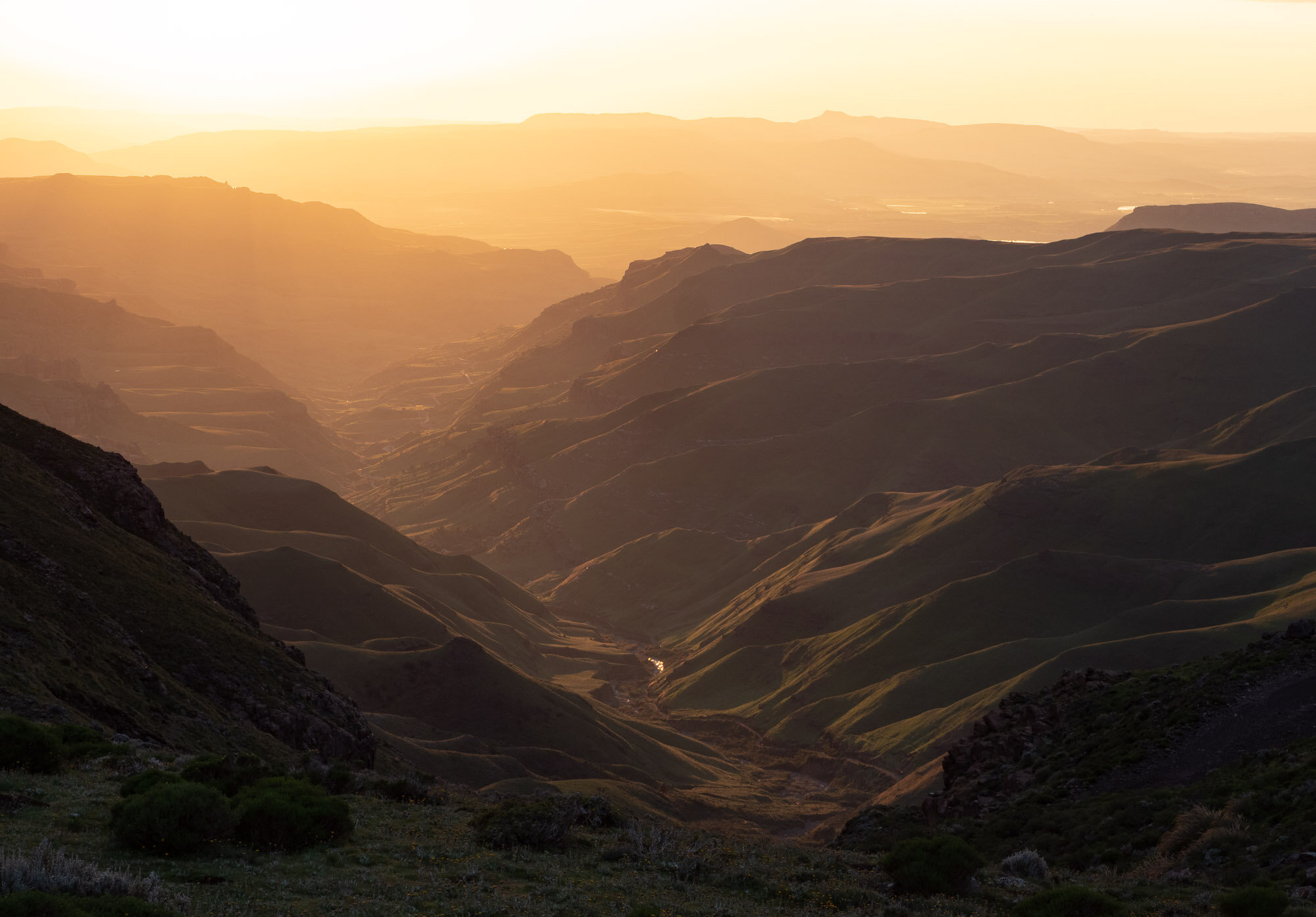
Into The Valley
A view further down into the pass towards the South African border post.
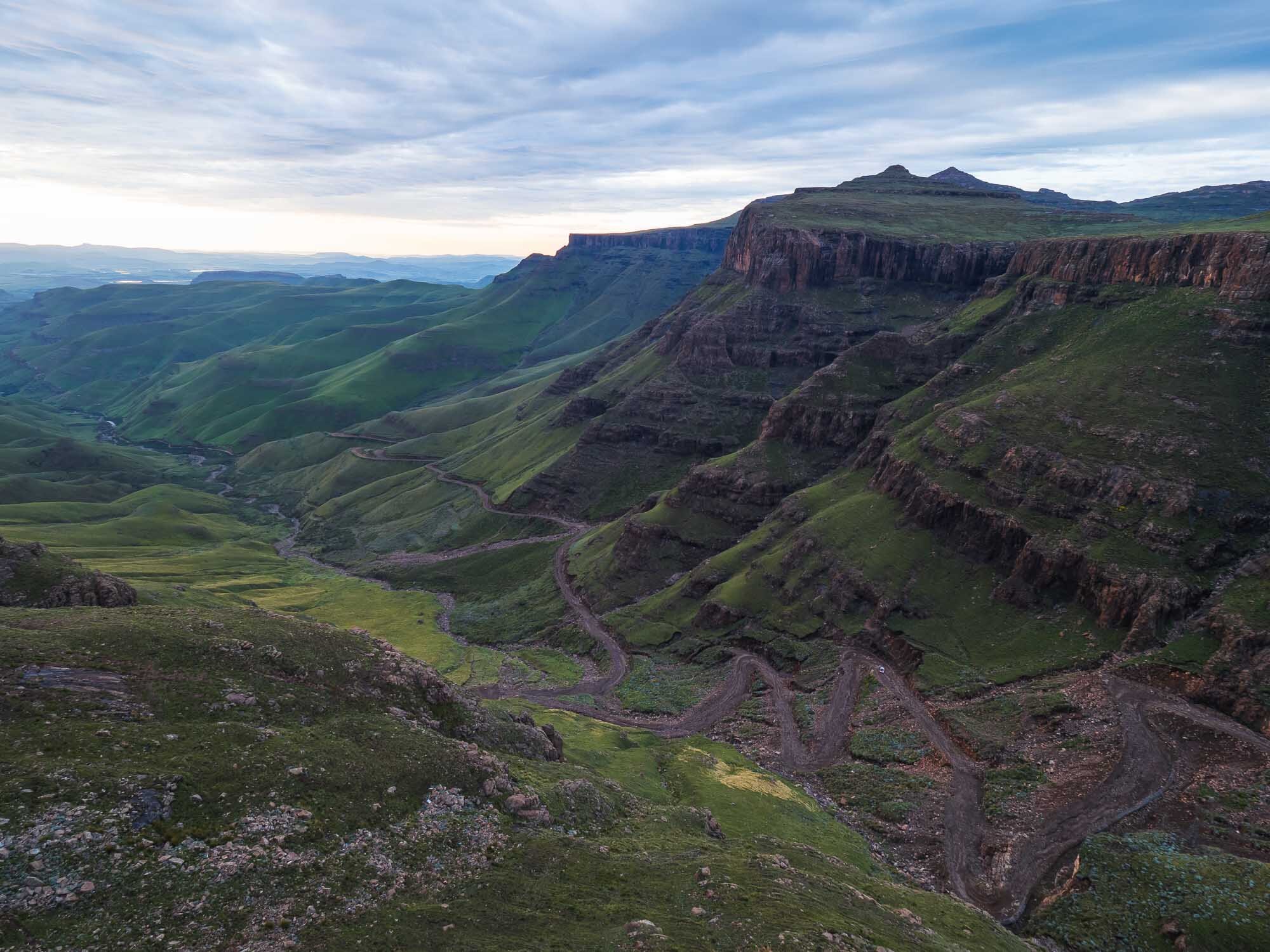
Pass Panorama
The view over the pass with its final steep switchbacks at the end. Only 4x4s are allowed to drive it, and the total height covered is 1332 metres. Notice the small white car for scale!
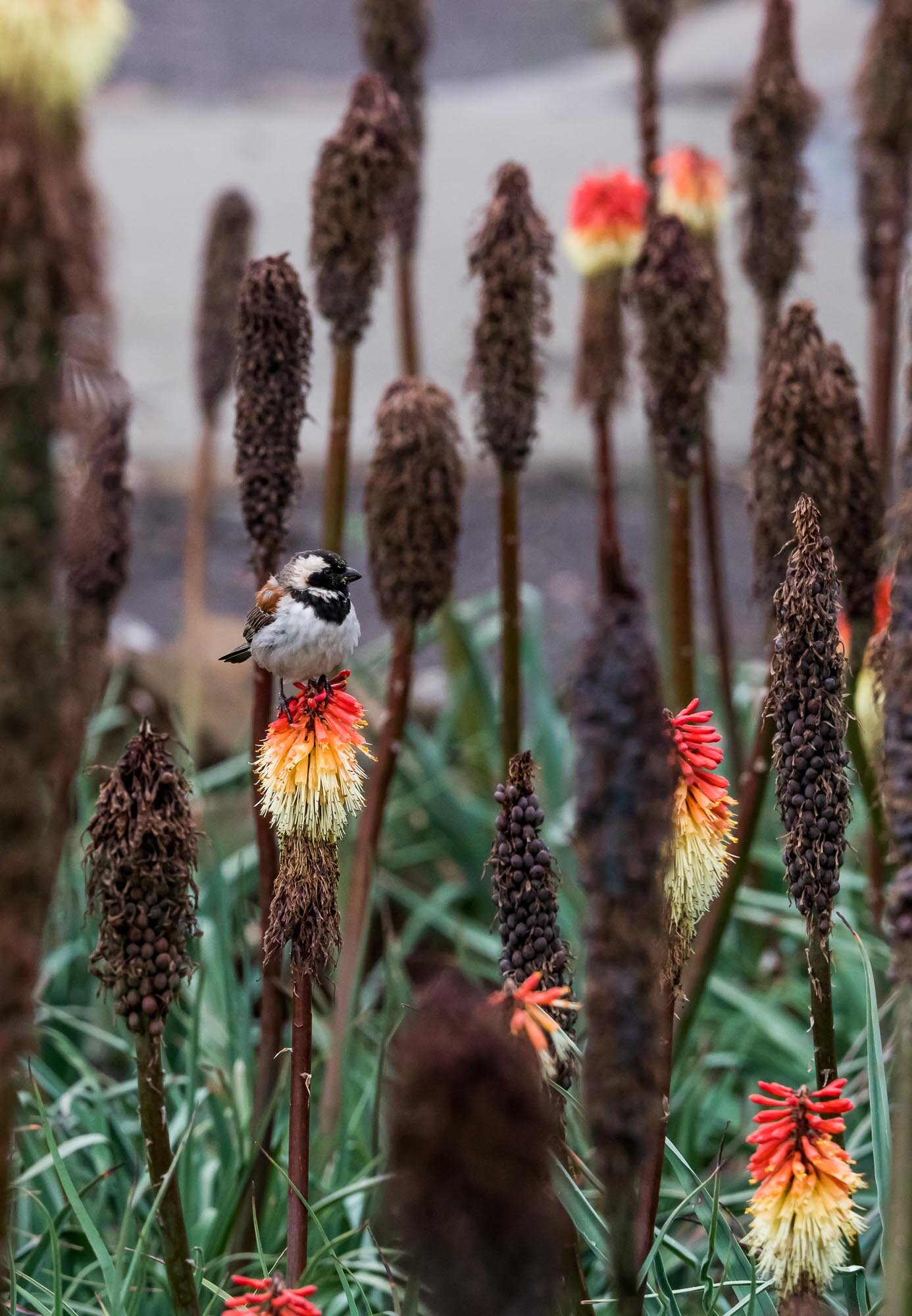
Flowers
What species is this bird taking a rest on?
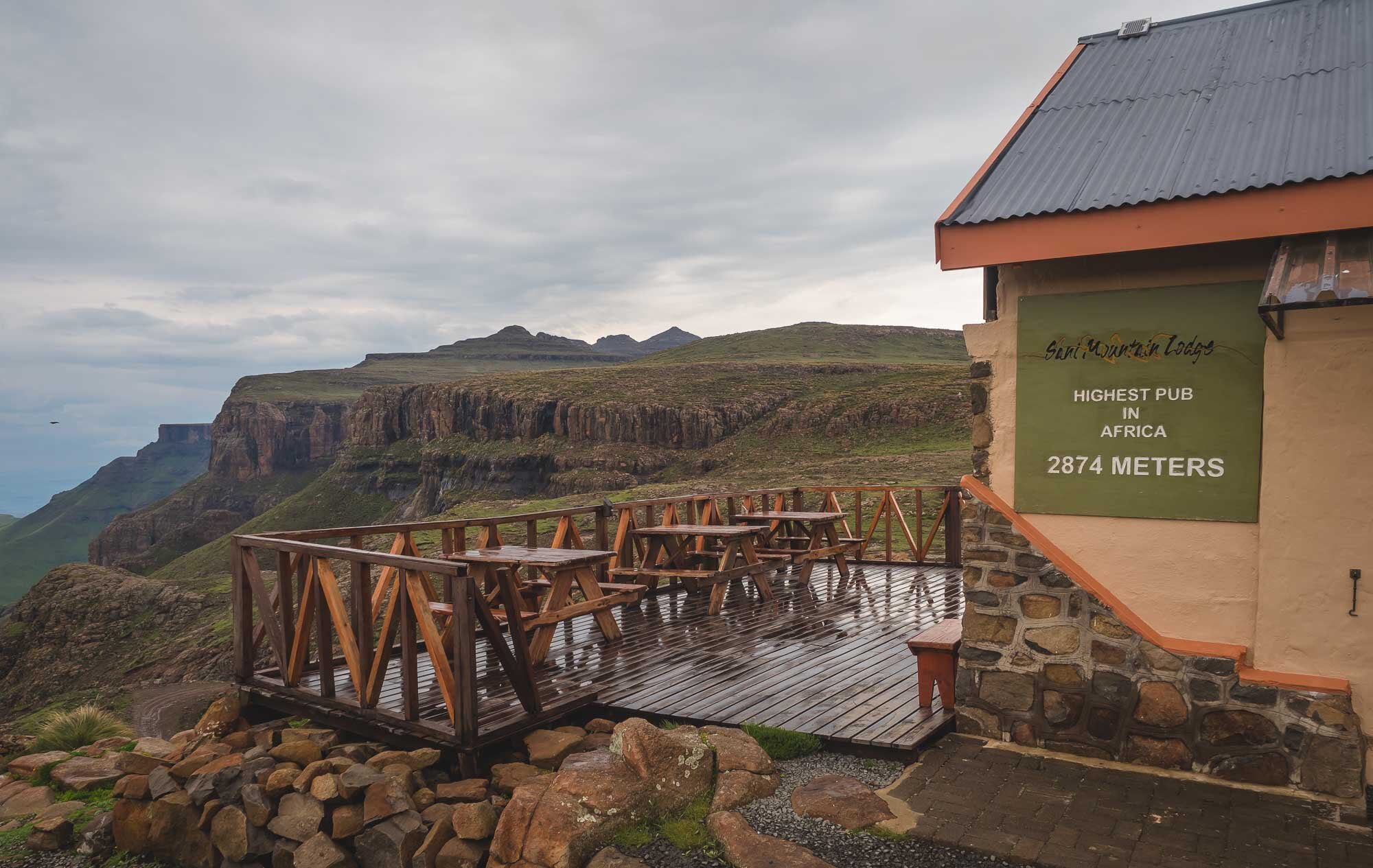
The Highest Pub in Africa
Back at the pass, this place features surprisingly good food and an unbeatable view.
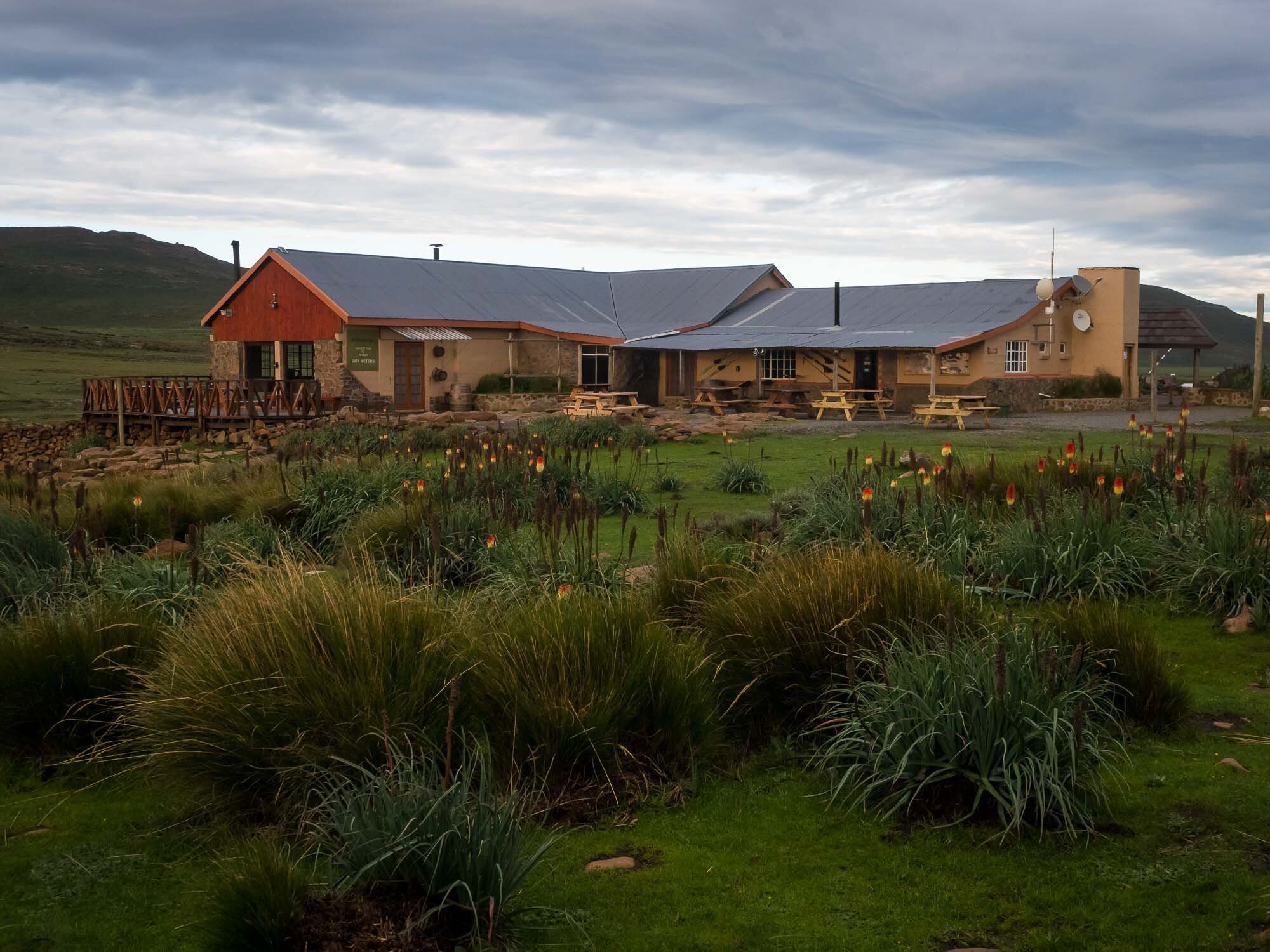
Sani Mountain Lodge
With the pub and at the same time our residence for the night.
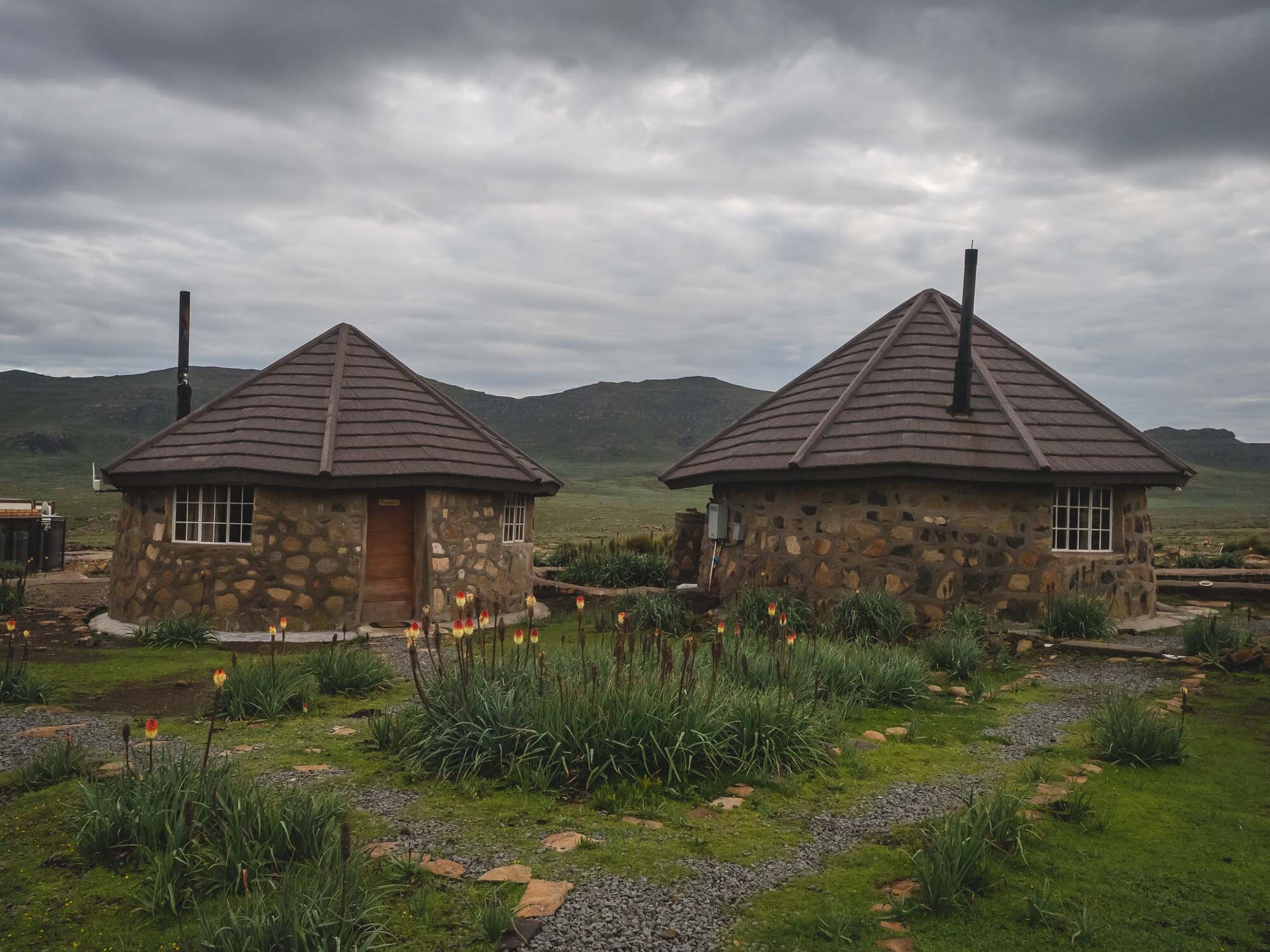
Cosy
Our room for the night was one of these huts.
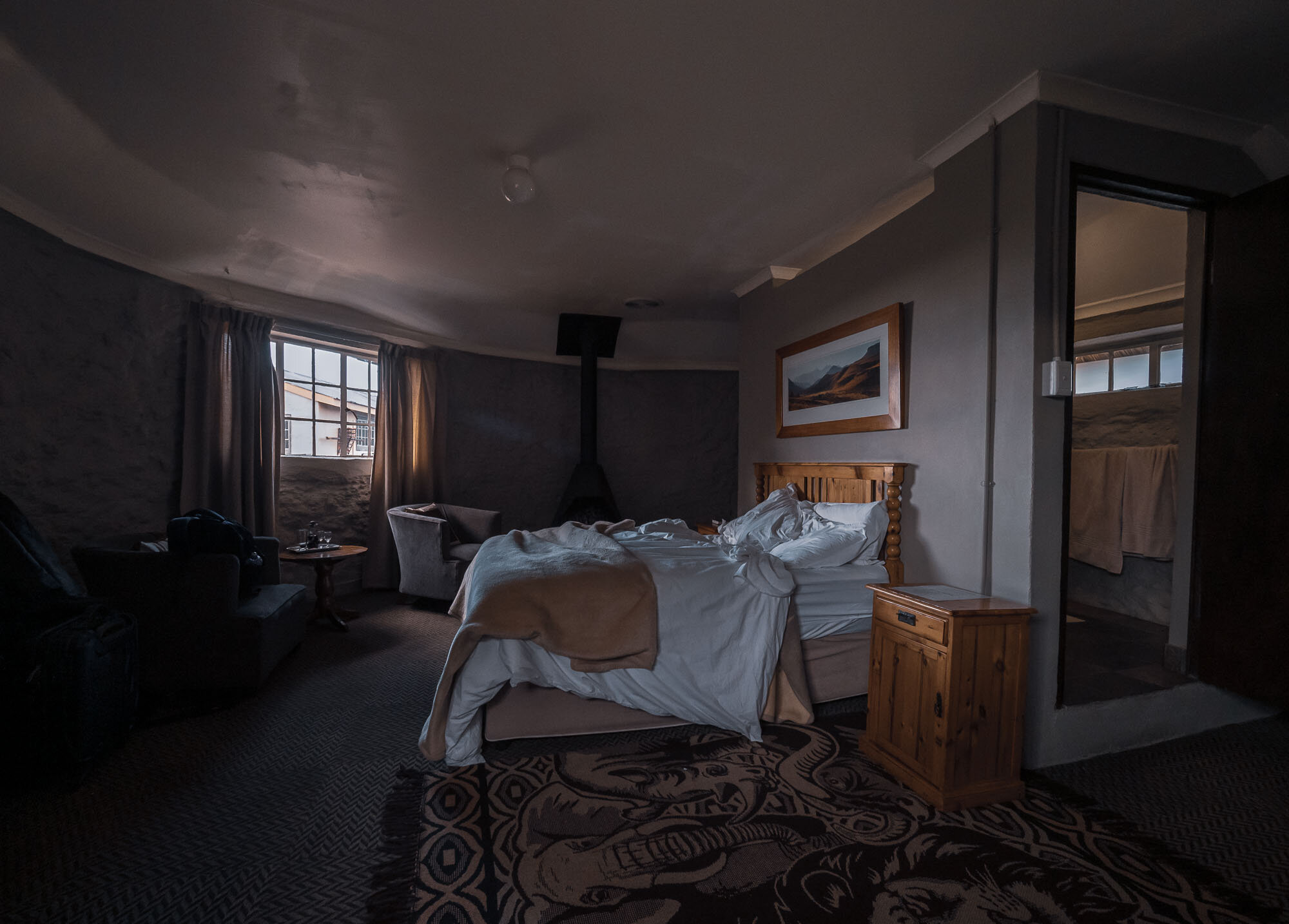
The Inside
Very comfortable, and even in the summer (or so they call it) the fireplace was a necessity.

Village Toilet
Minimalist, but functional (I suppose, I did not try it).
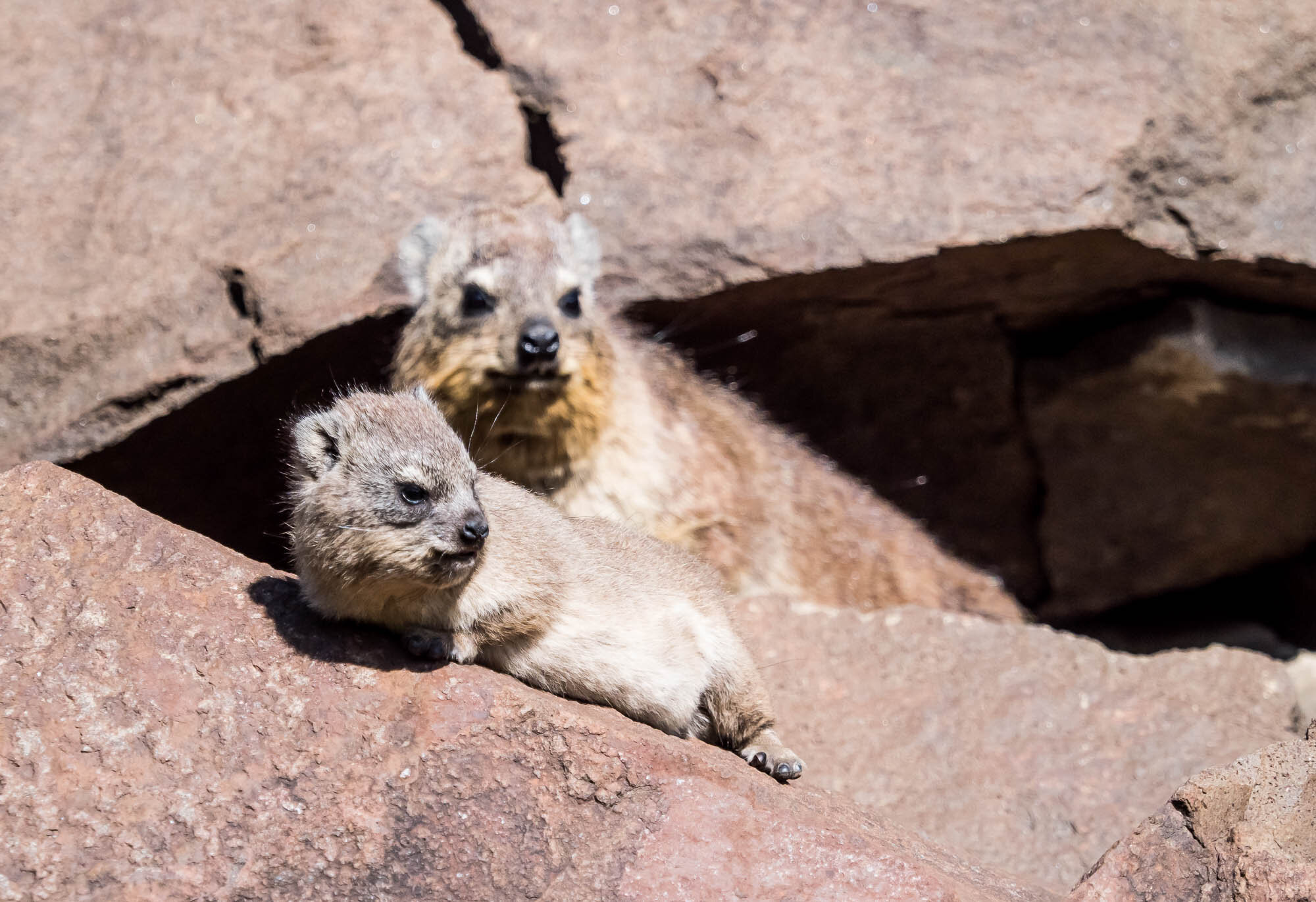
Hyrax
A small hyrax family resting in the sun on the way down. These animals are closely related to elephants (as you will know if you read my blog carefully and regulalry).
Durban
After the drive back down the pass, we had a few more hours to explore Durban, the third largest city of the country.
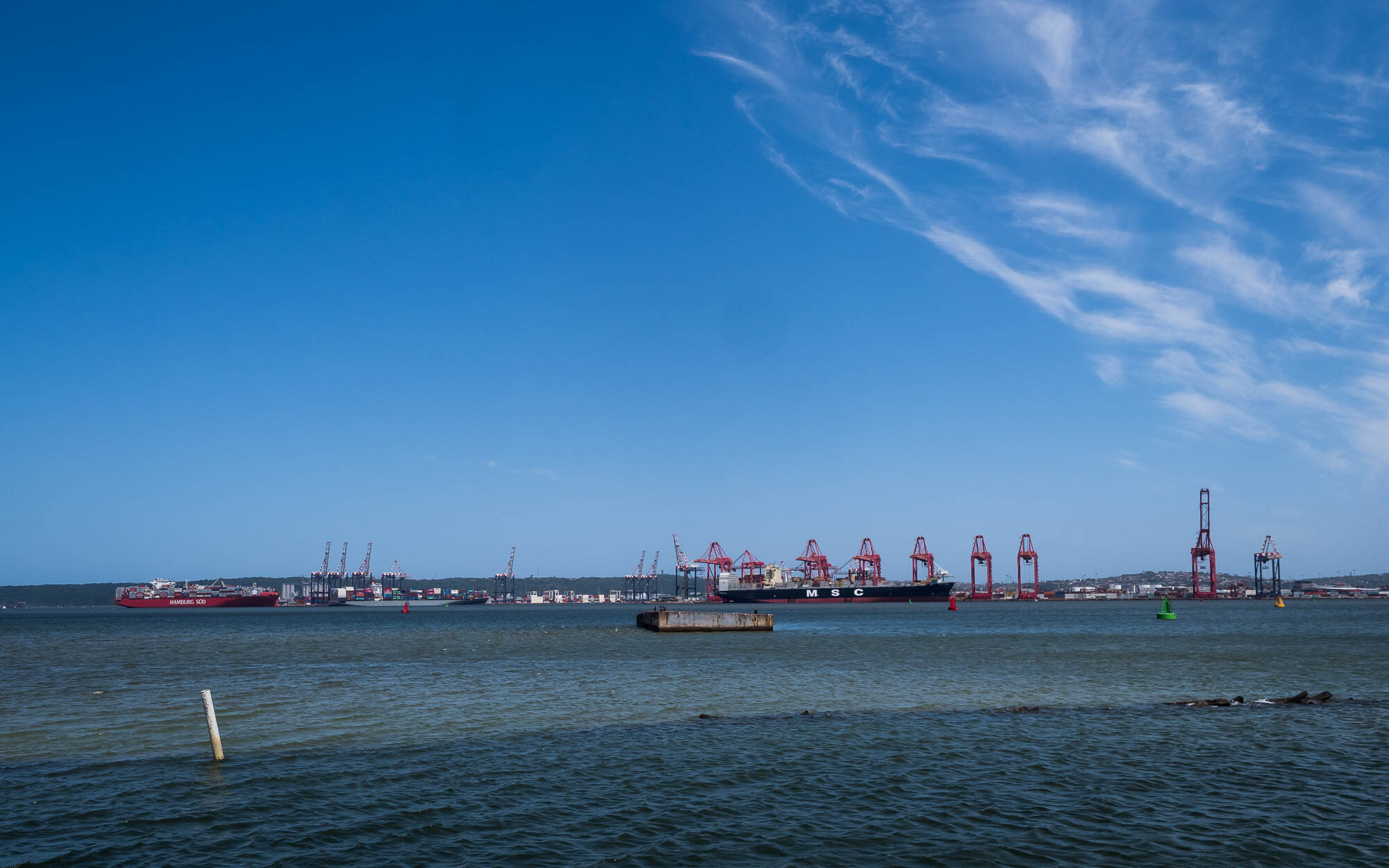
Durban Harbour
The third and last part of the journey was into Durban, the largest city in KwaZulu-Natal. One of its major features is the busiest port in South Africa.

Whilson's Wharf
A small waterfront complex with restaurants and shops, offering boat tours of the harbour as well.
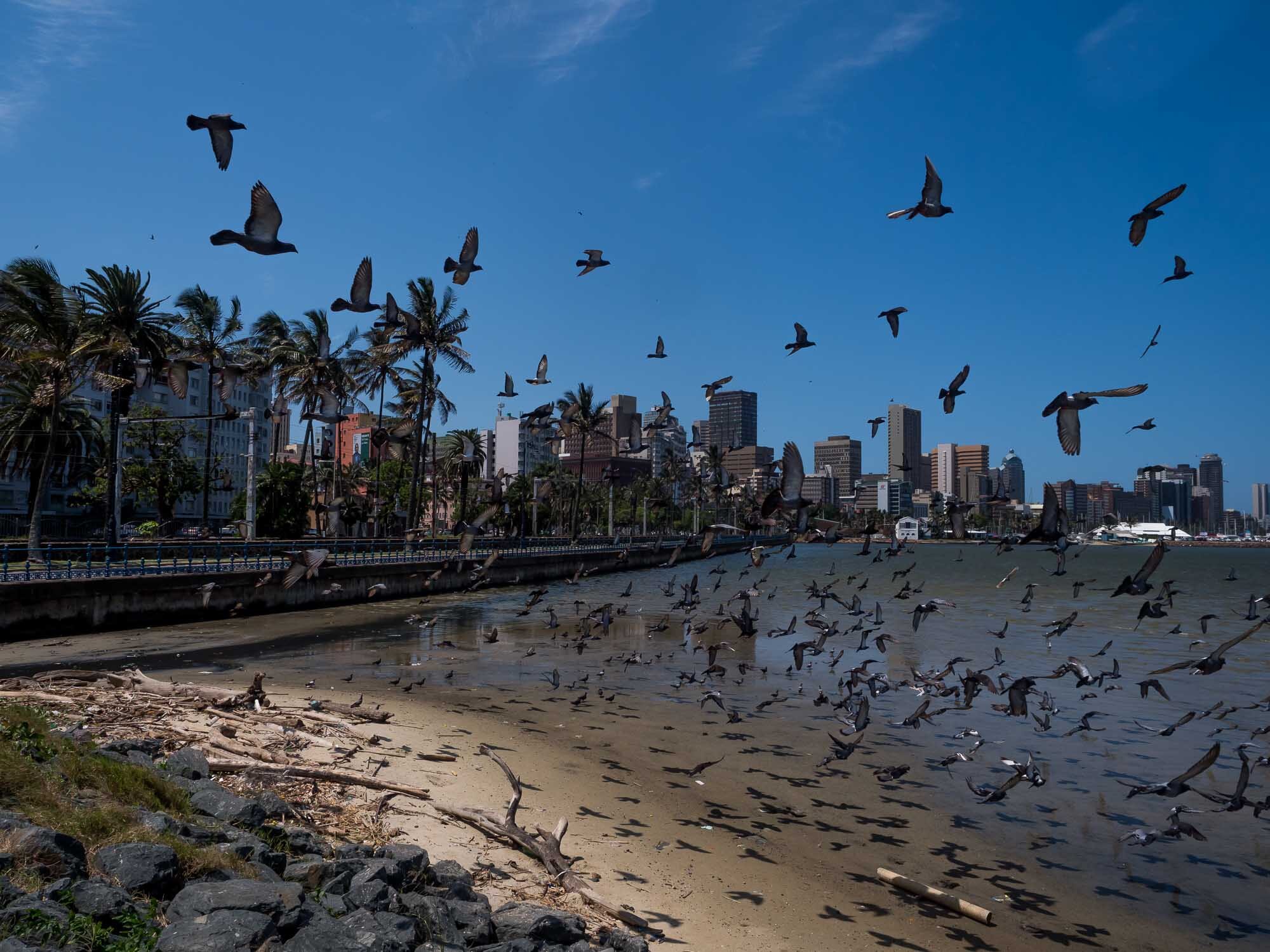
Skyline Views
A flock of birds along the coastline pass in front of Boatman's Road.
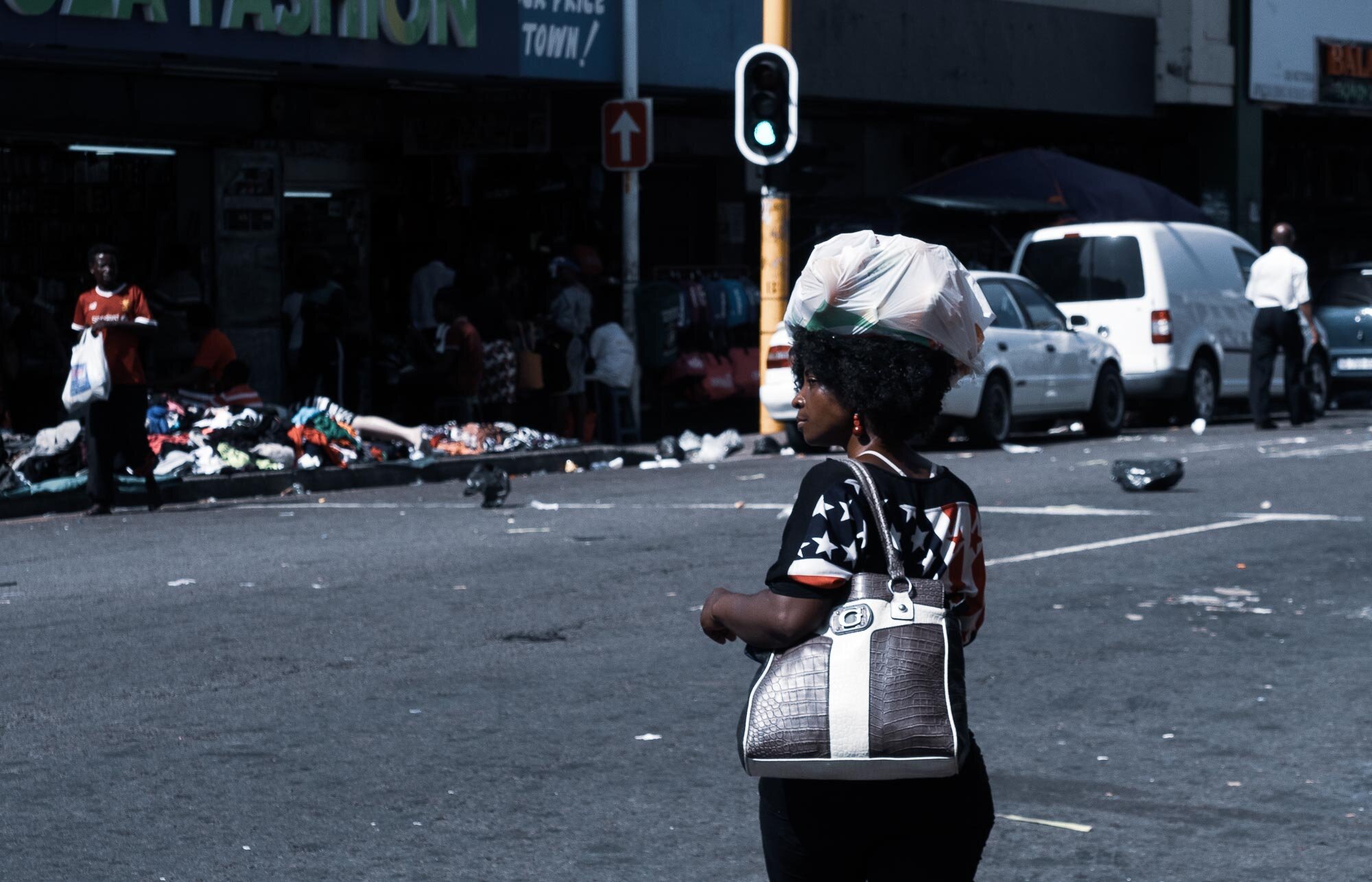
Mode of Carrying
Keeping things on one's head is a common way to transport your grocery shopping.
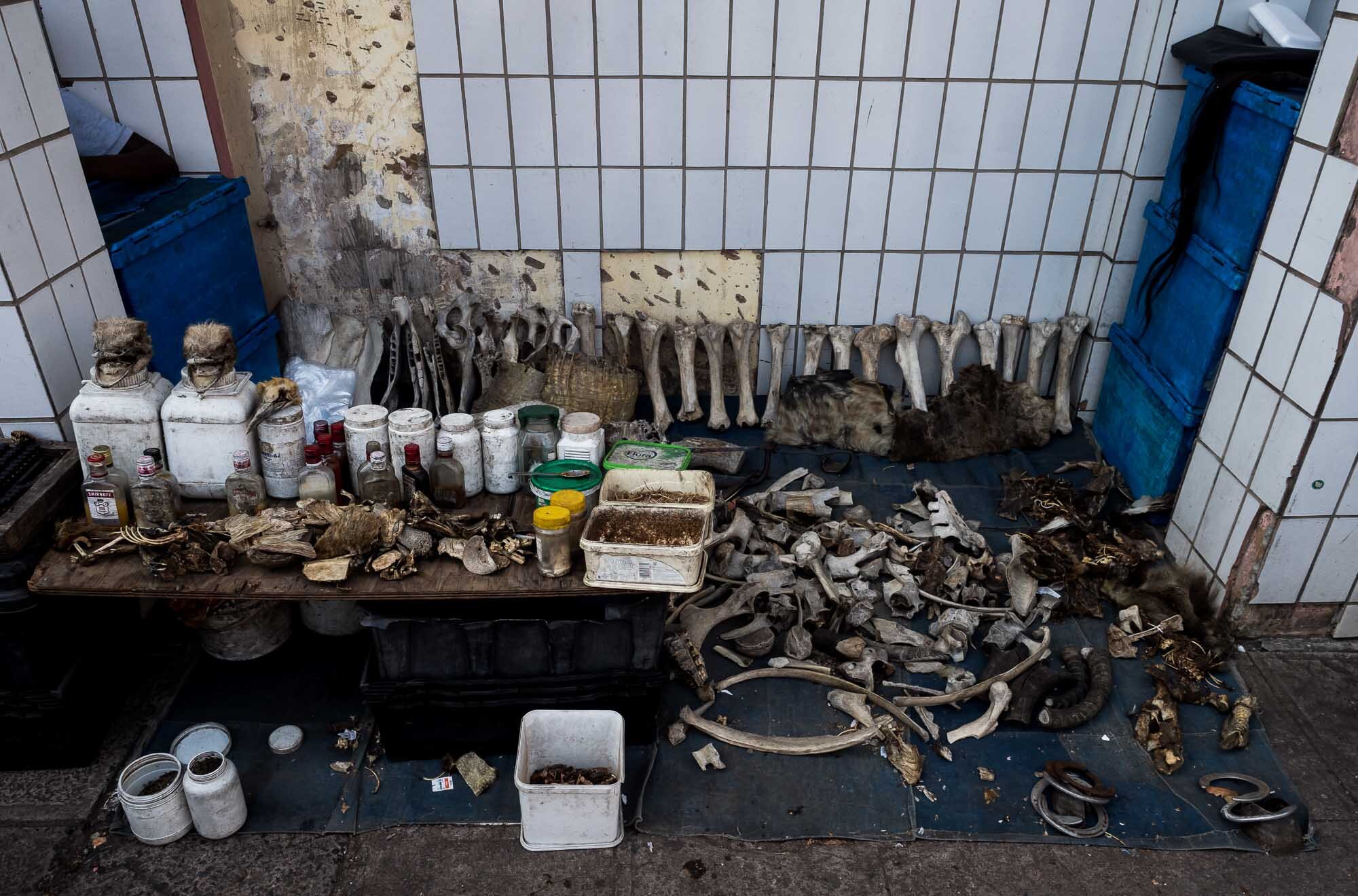
Ingredients
For a meal or a healing potion? Who knows!

Hungry?
Things you can find in the Victoria market's meat section.
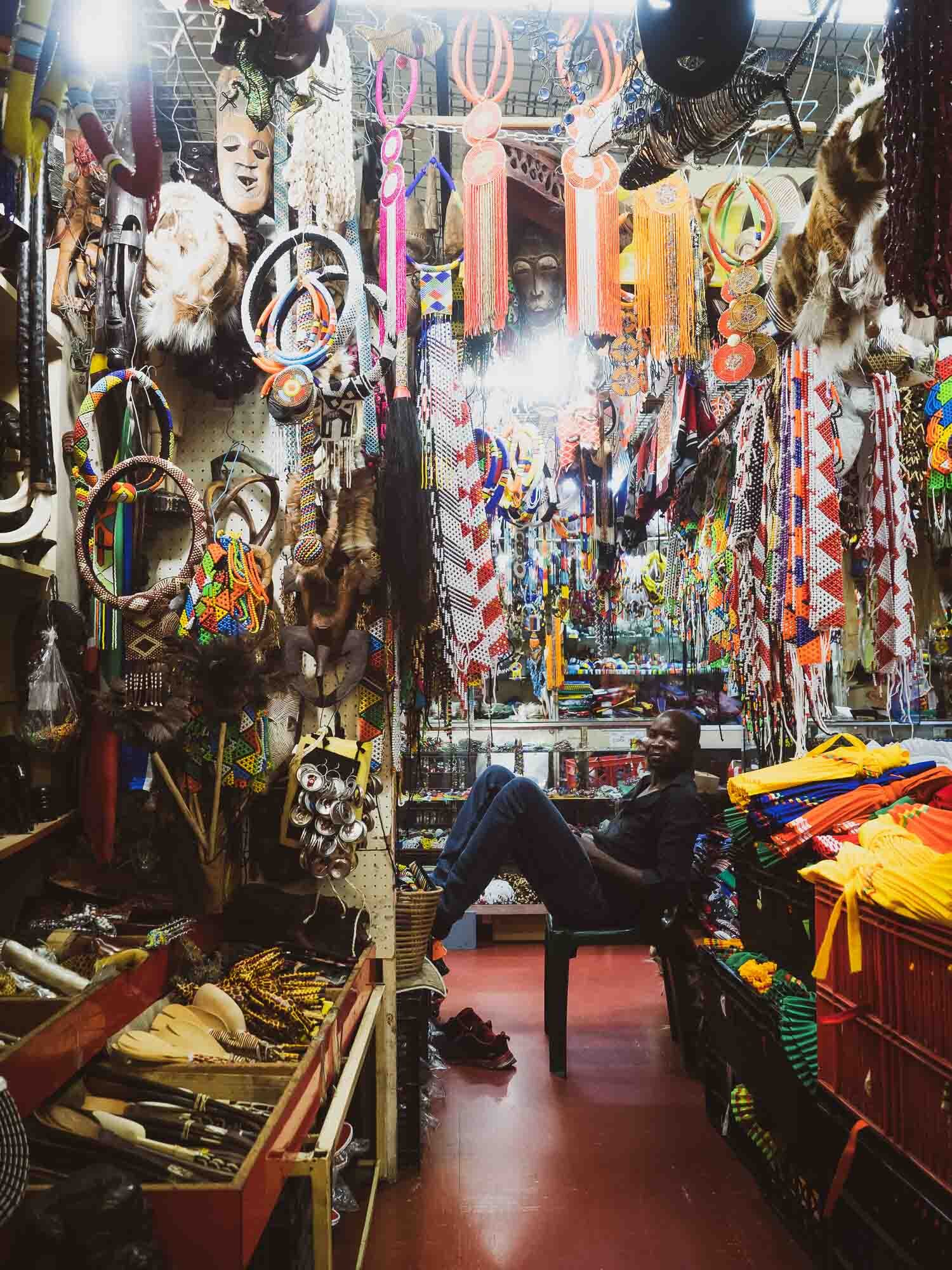
The Shop of Anything
If you need variety, this is the place...
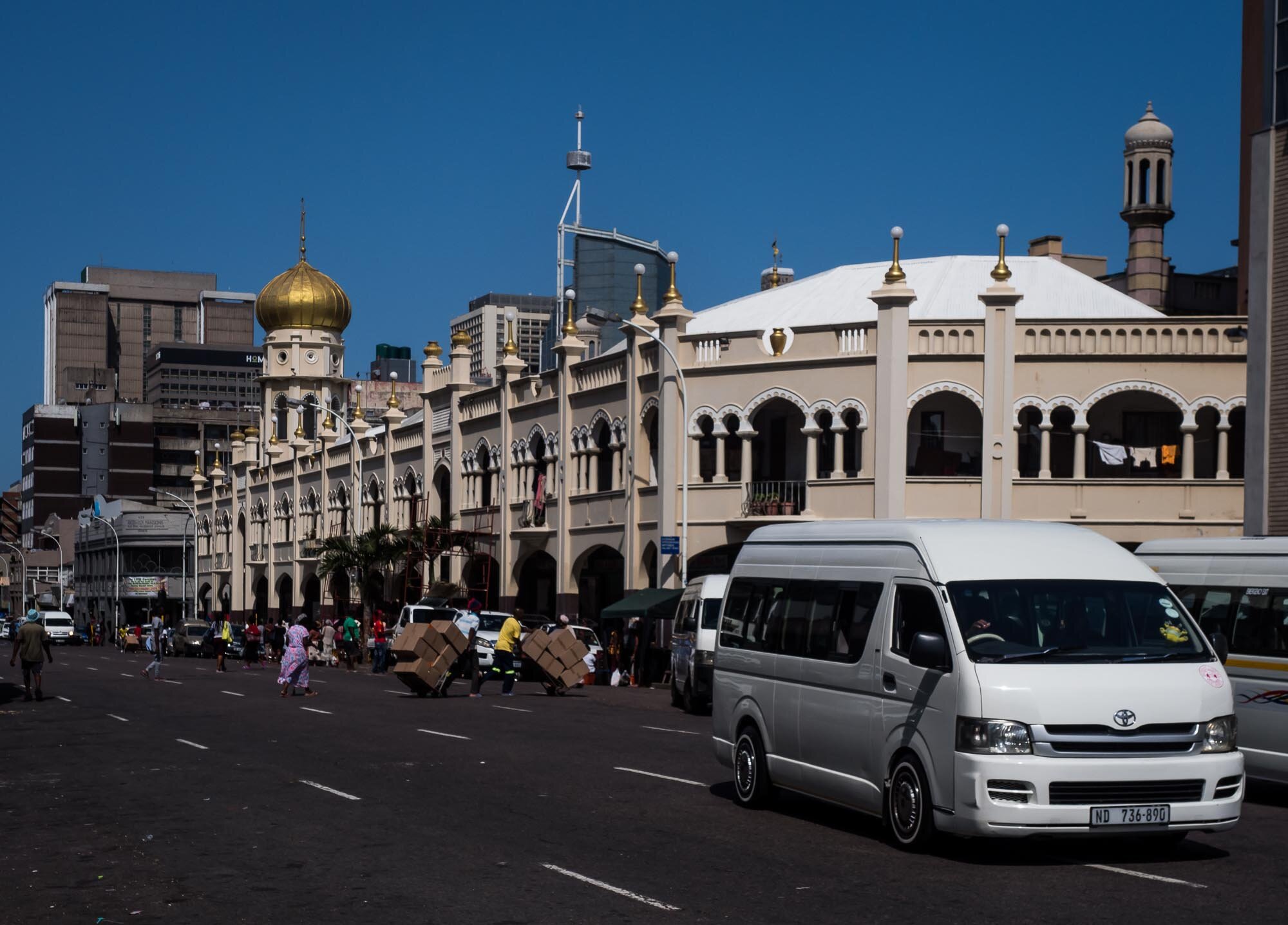
Juma Masjid
Previously the largest mosque in South Africa, it was initially established on the site in 1881. One of the famous mini taxi buses is passing in front.
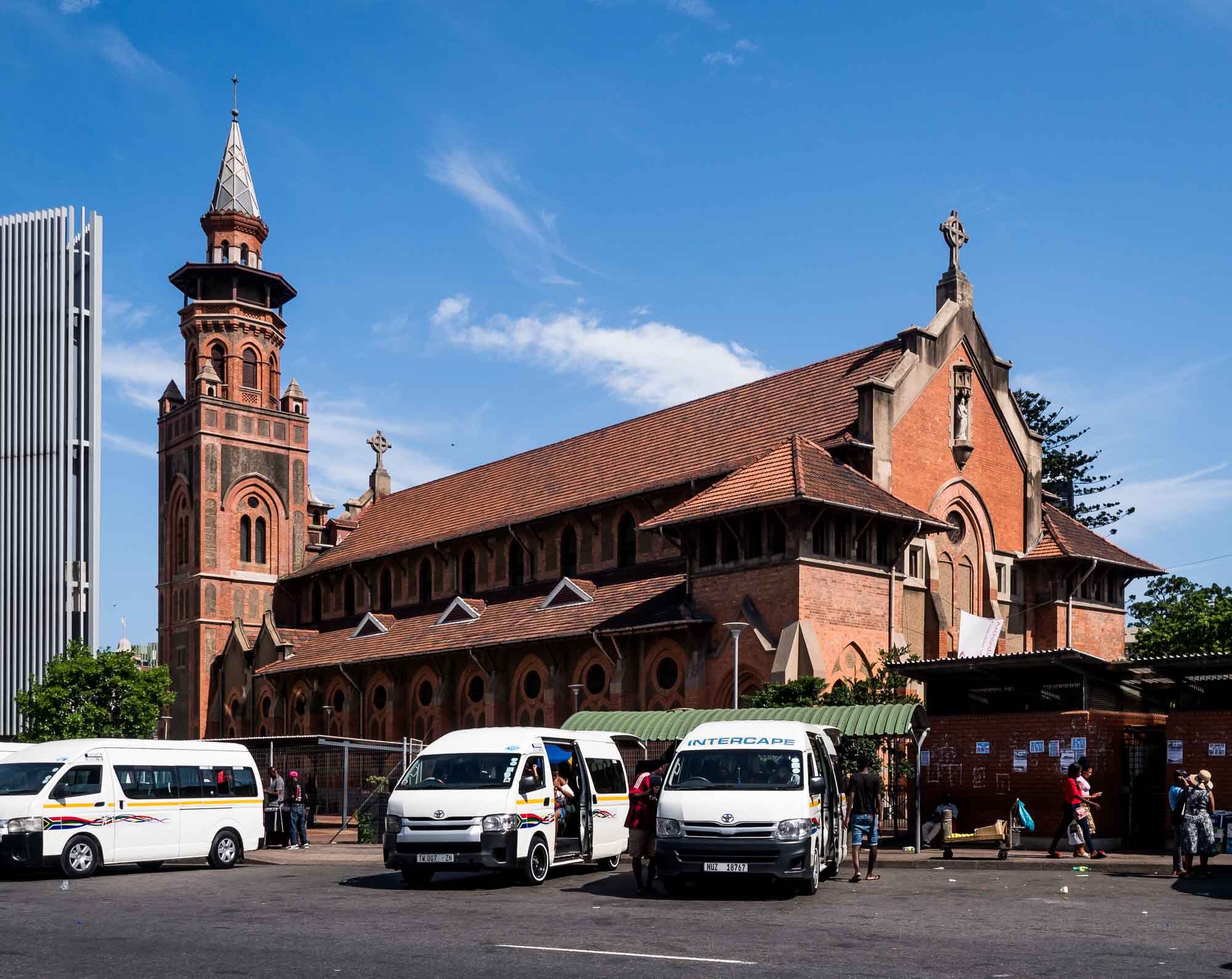
Emmanuel Cathedral
Just next to the Mosque is the main church of Durban.

Scenes
A typical view in front of Victoria market.
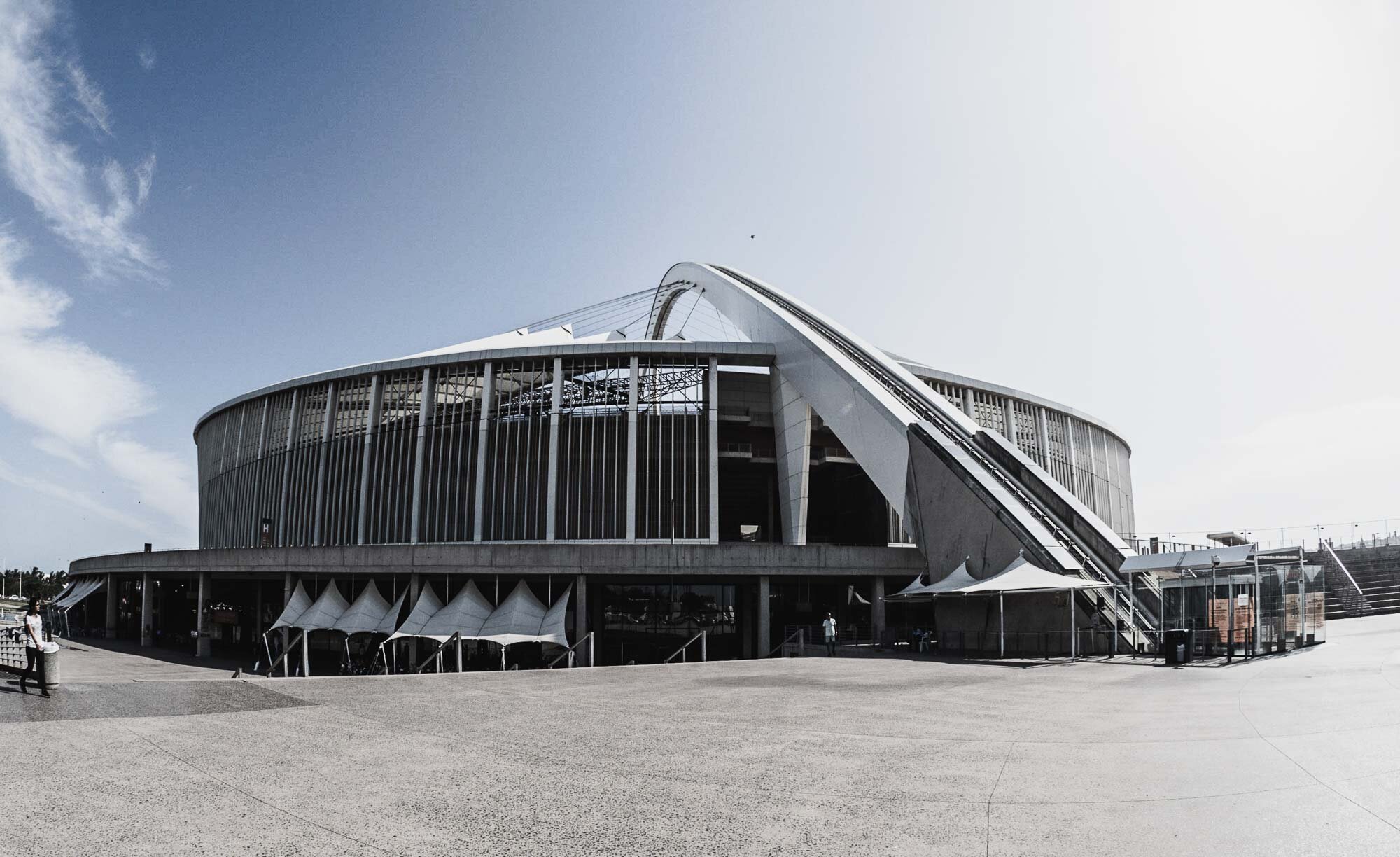
Moses Mabhida Stadium
The stadium was completed in 2009 for the World Cup in South Africa. The arch features a furnicular, the entrance of which is on the right. However, it was not operating, which was probably the most disappointing part of the trip.
Buraq Dam - UAE Mountain Bliss
For the Quadrantid meteor shower in early January. we chose to explore a new spot up in the Hajar mountains of the UAE - Buraq Dam.

For the Quadrantid meteor shower in early January. we chose to explore a new spot up in the Hajar mountains of the UAE - Buraq Dam.
While the dam didn’t have any water - in fact most of it looked very dry - during out visit, it offered a beautiful quiet and dark spot to look into the night sky, surrounded by mountains. The only downside: The flight path of the DXB runway runs almost directly above this area, so you get a lot of planes in the sky.
It’s a relatively easy drive about an hour out from Dubai, and only the last few hundred meters need a bit of careful driving if you’re not in a 4x4.
We had a few lucky moments dawn, starting to see some meteors after midnight on the northeastern side, but I could only capture two on photos - can you spot them?

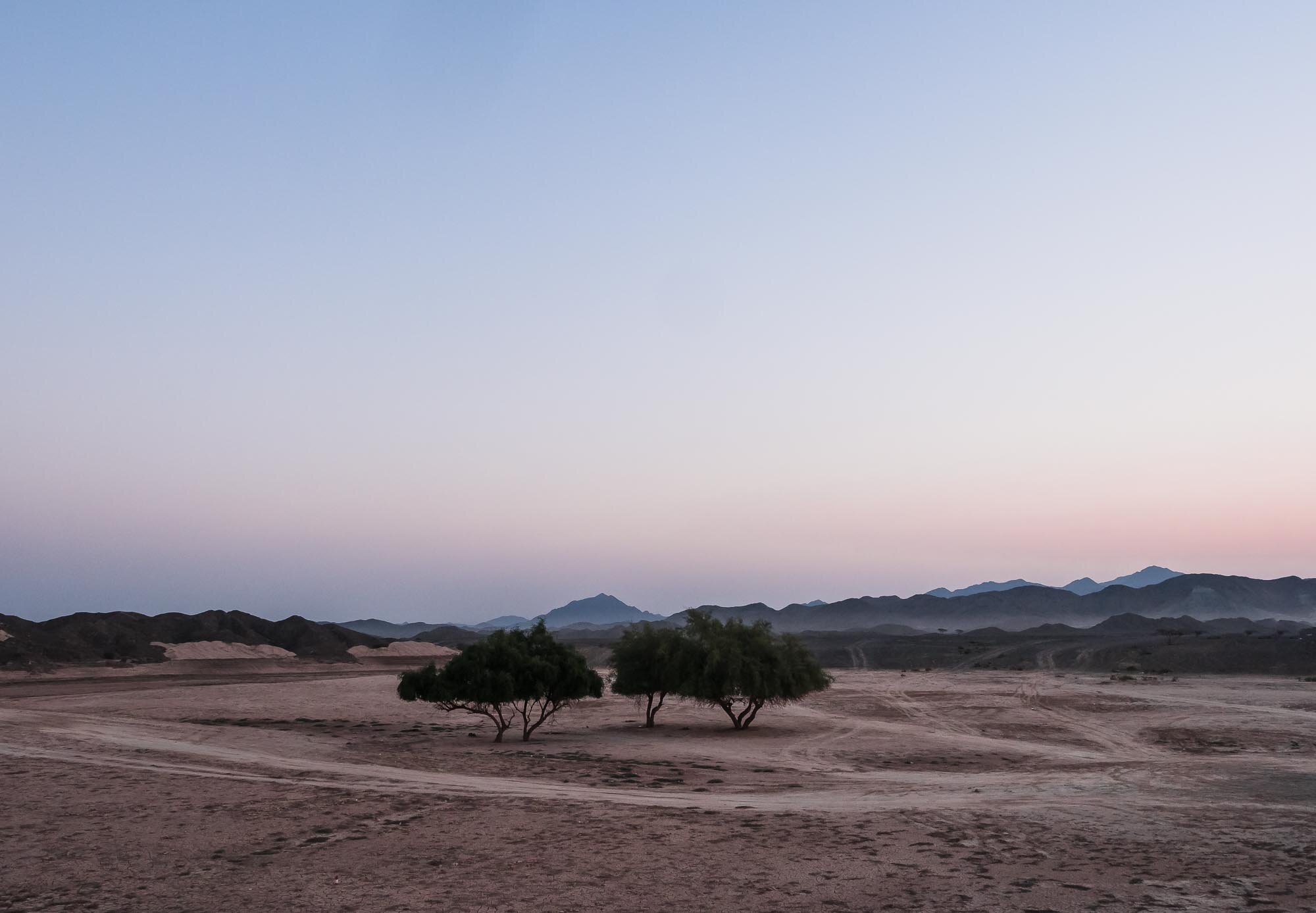
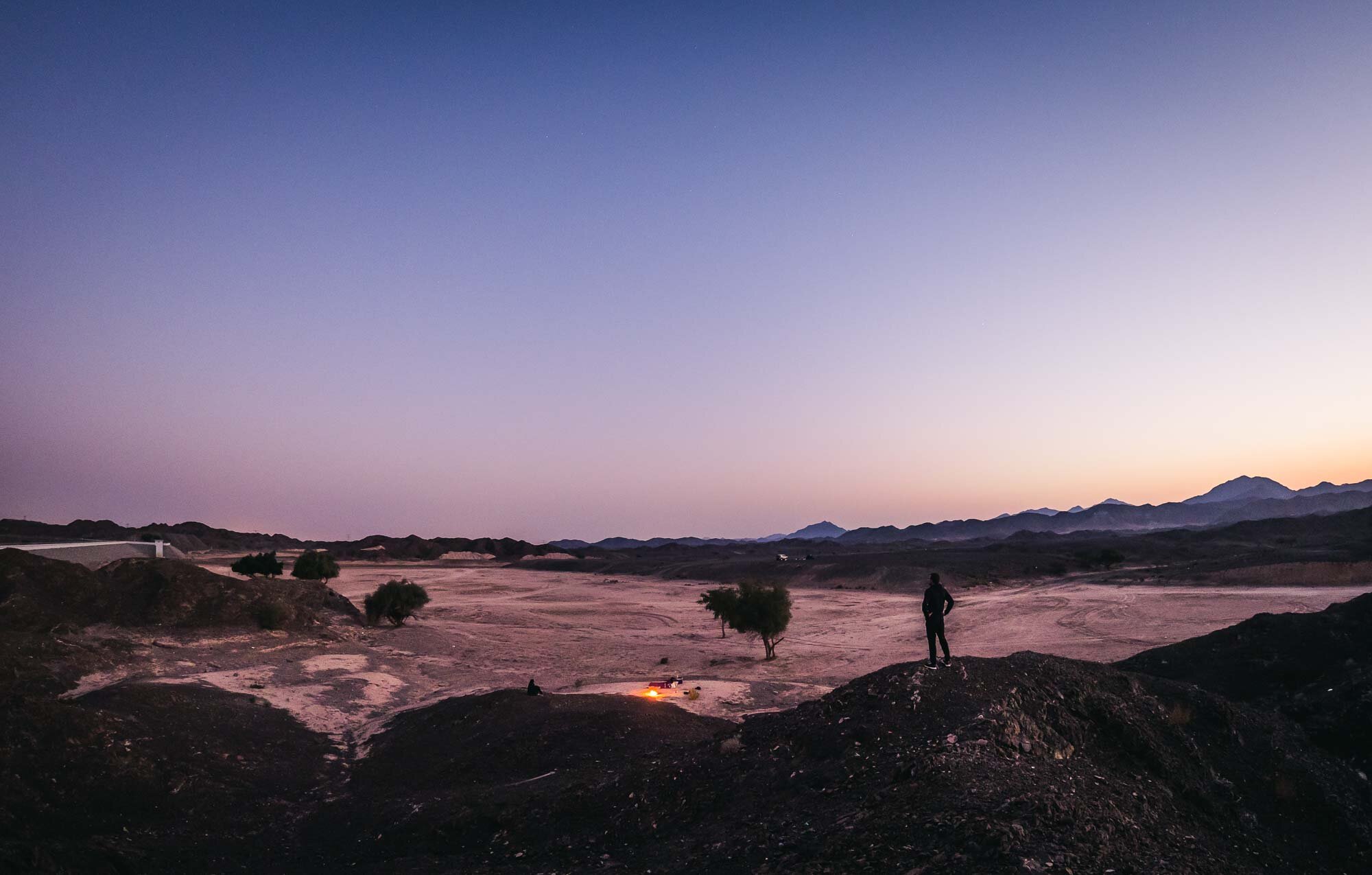
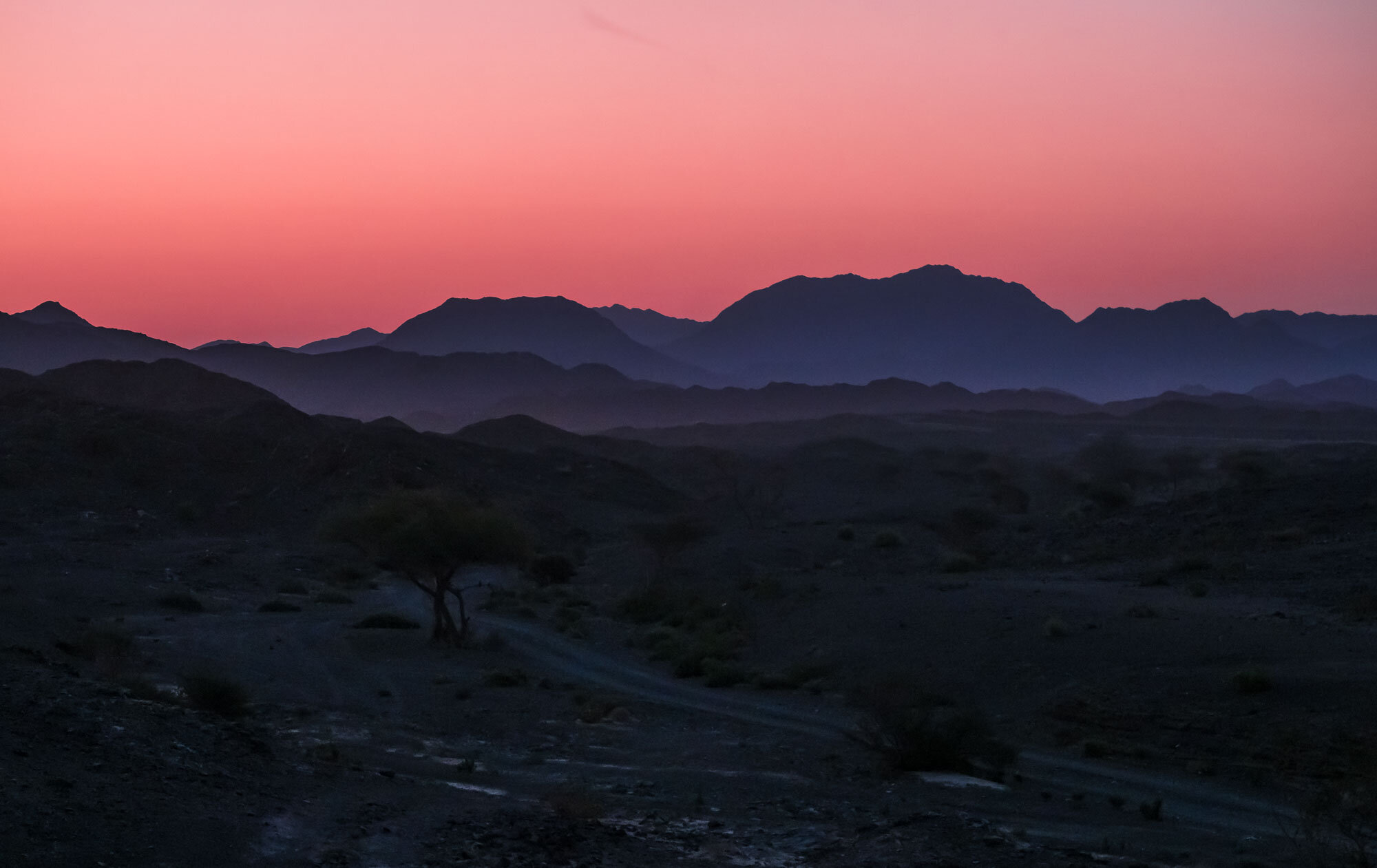
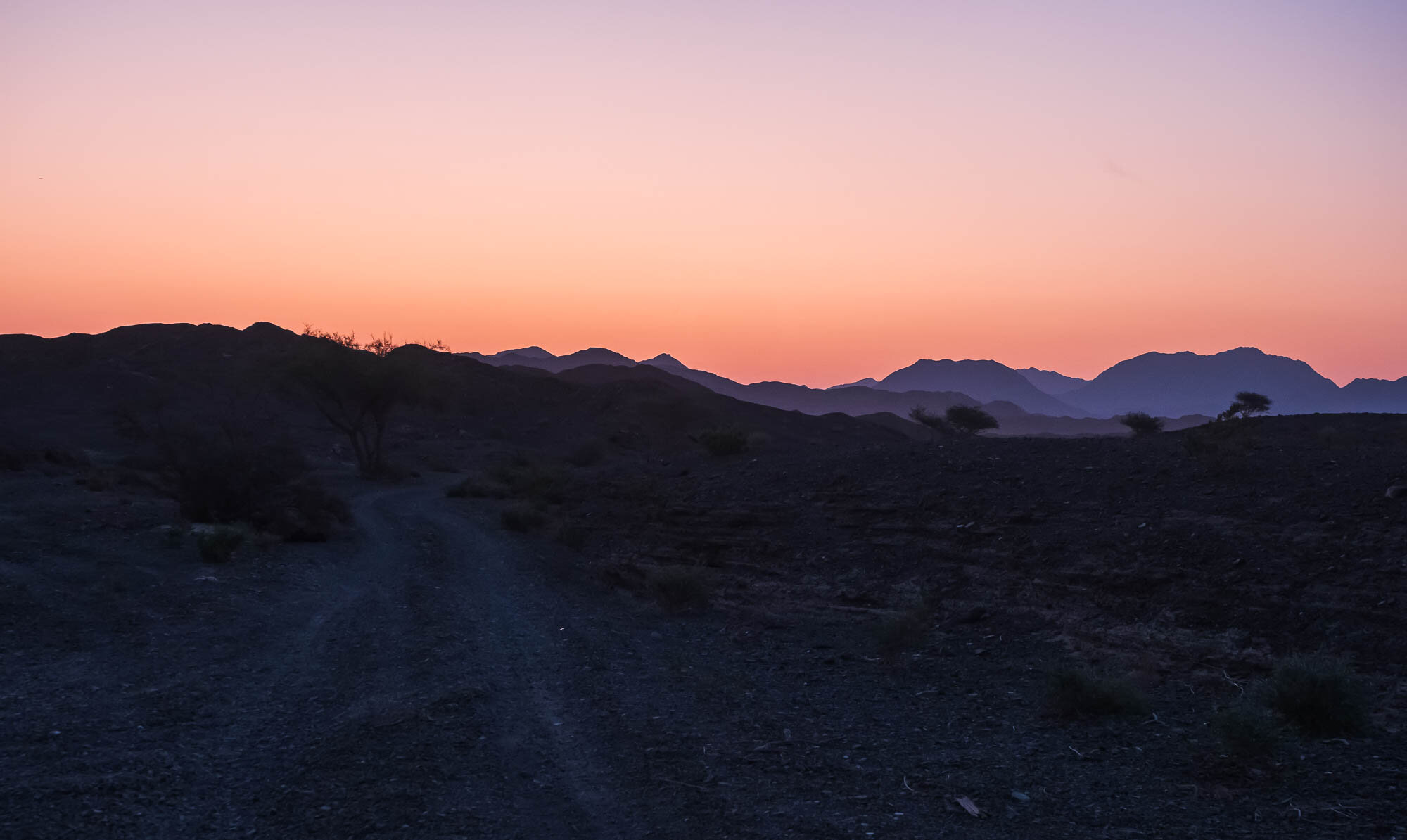
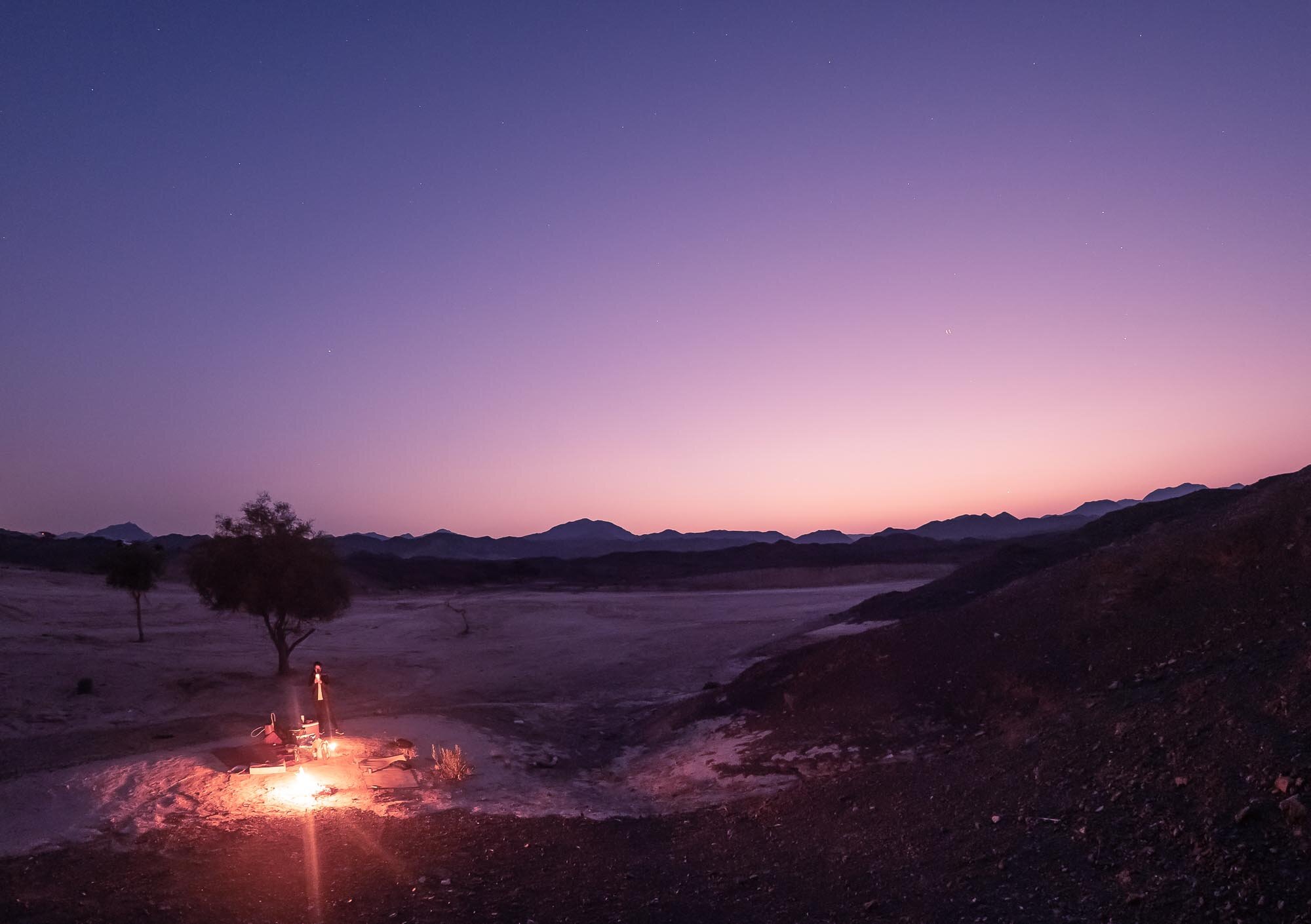
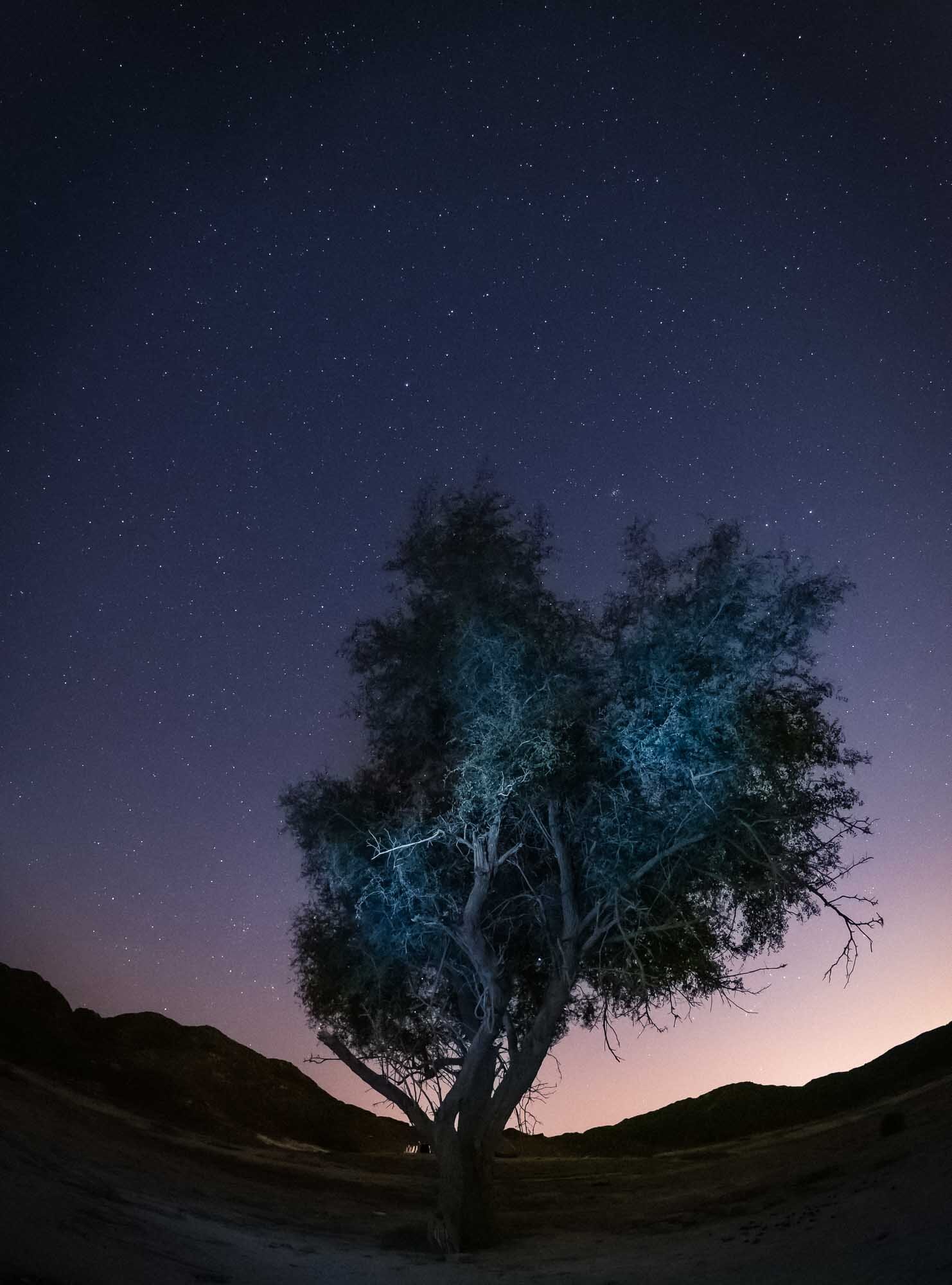

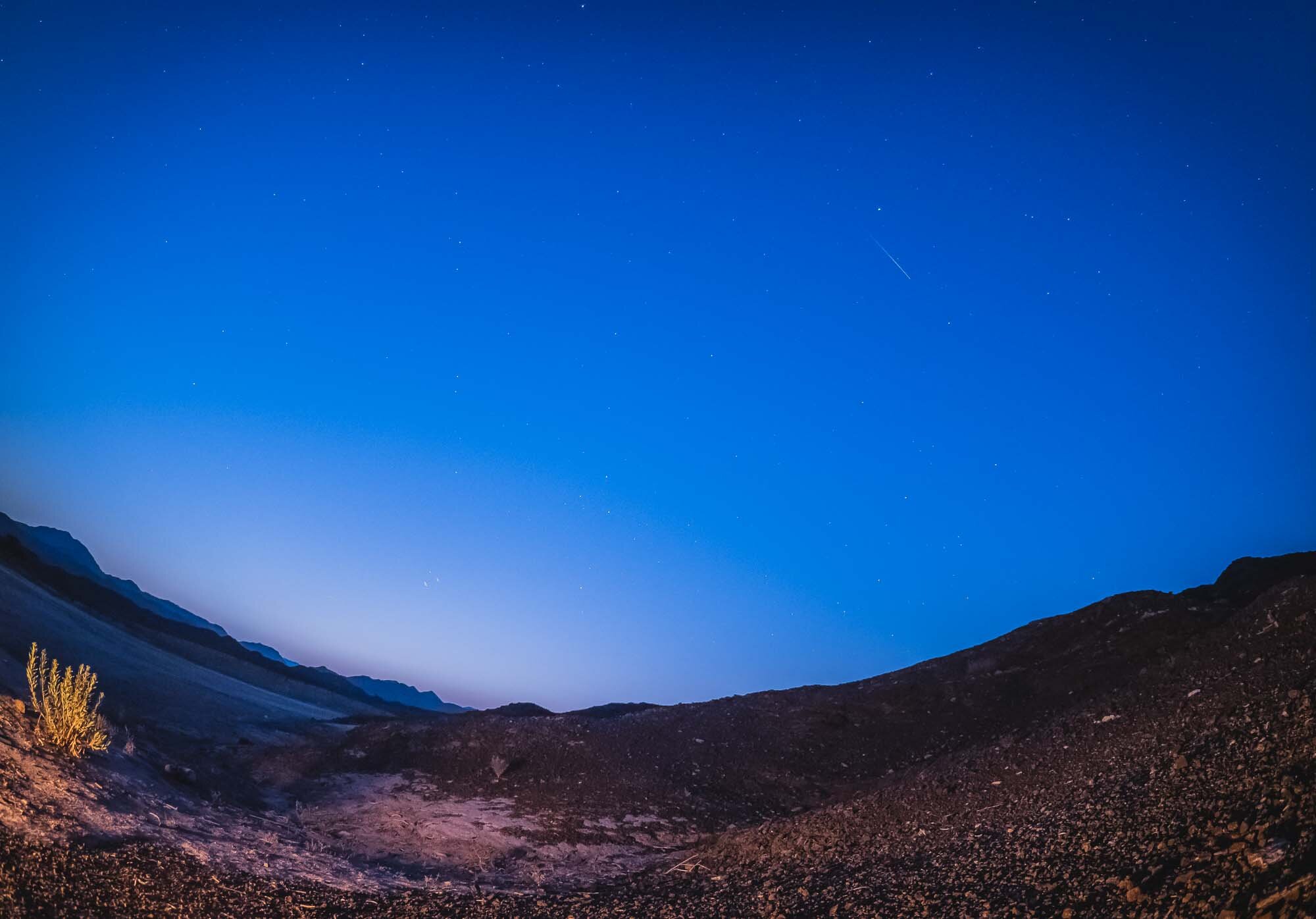
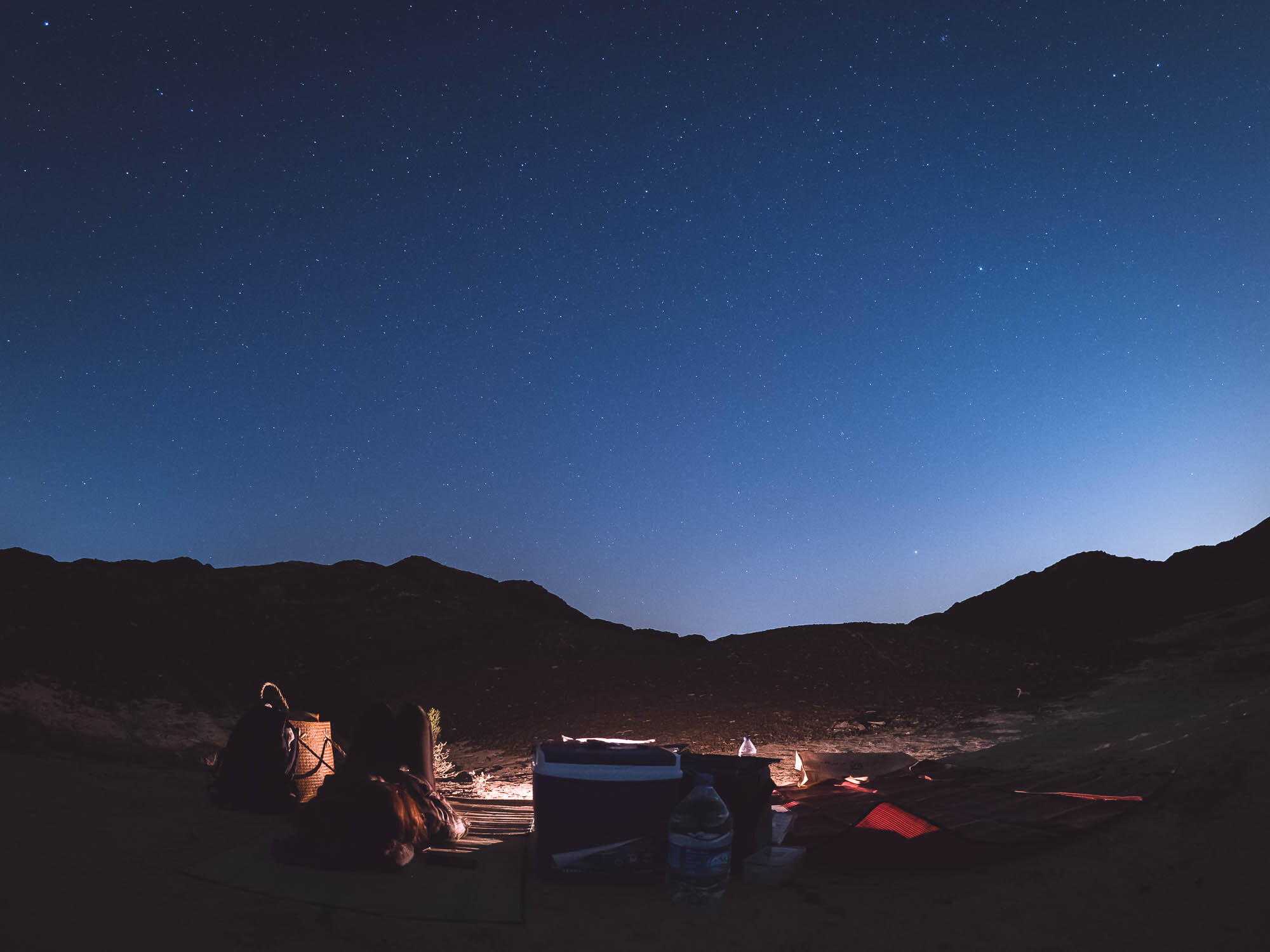
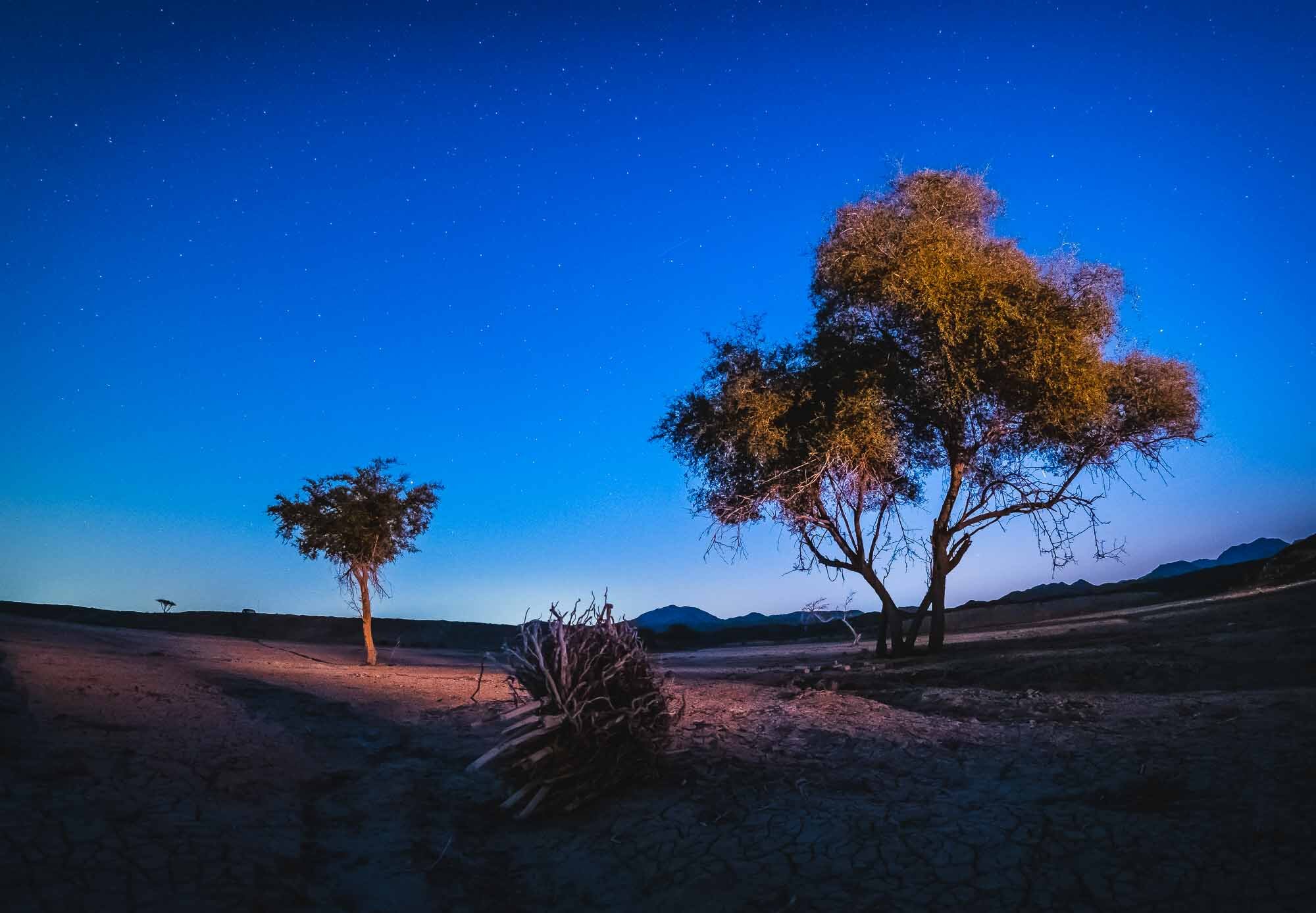
This short timelapse video below gives an idea of the amounts of planes flying into DXB during the night, slightly disrupting the peace and quiet of the Hajar mountains.
Sicily - Island of Etna
Another beautiful wedding gave me the opportunity to visit Sicily, exploring Catania, hiking Mount Etna, and wandering through Acireale. Unfortunately three days are definitely not enough for the largest island in the Mediterranean, nevertheless you get a taste for the life across the Strait of Messina.
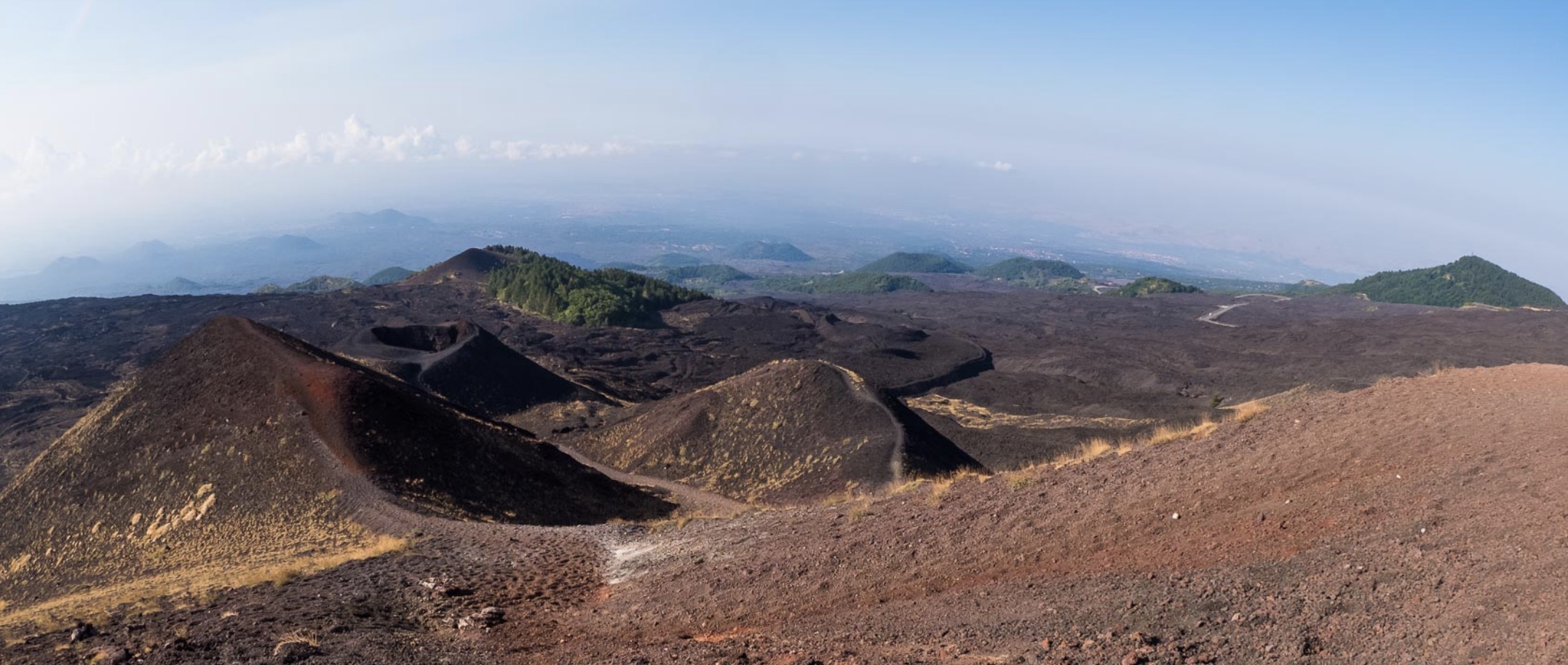
Another beautiful wedding gave me the opportunity to visit Sicily, exploring Catania, hiking Mount Etna, and wandering through Acireale. Unfortunately three days are definitely not enough for the largest island in the Mediterranean, nevertheless you get a taste for the life across the Strait of Messina.
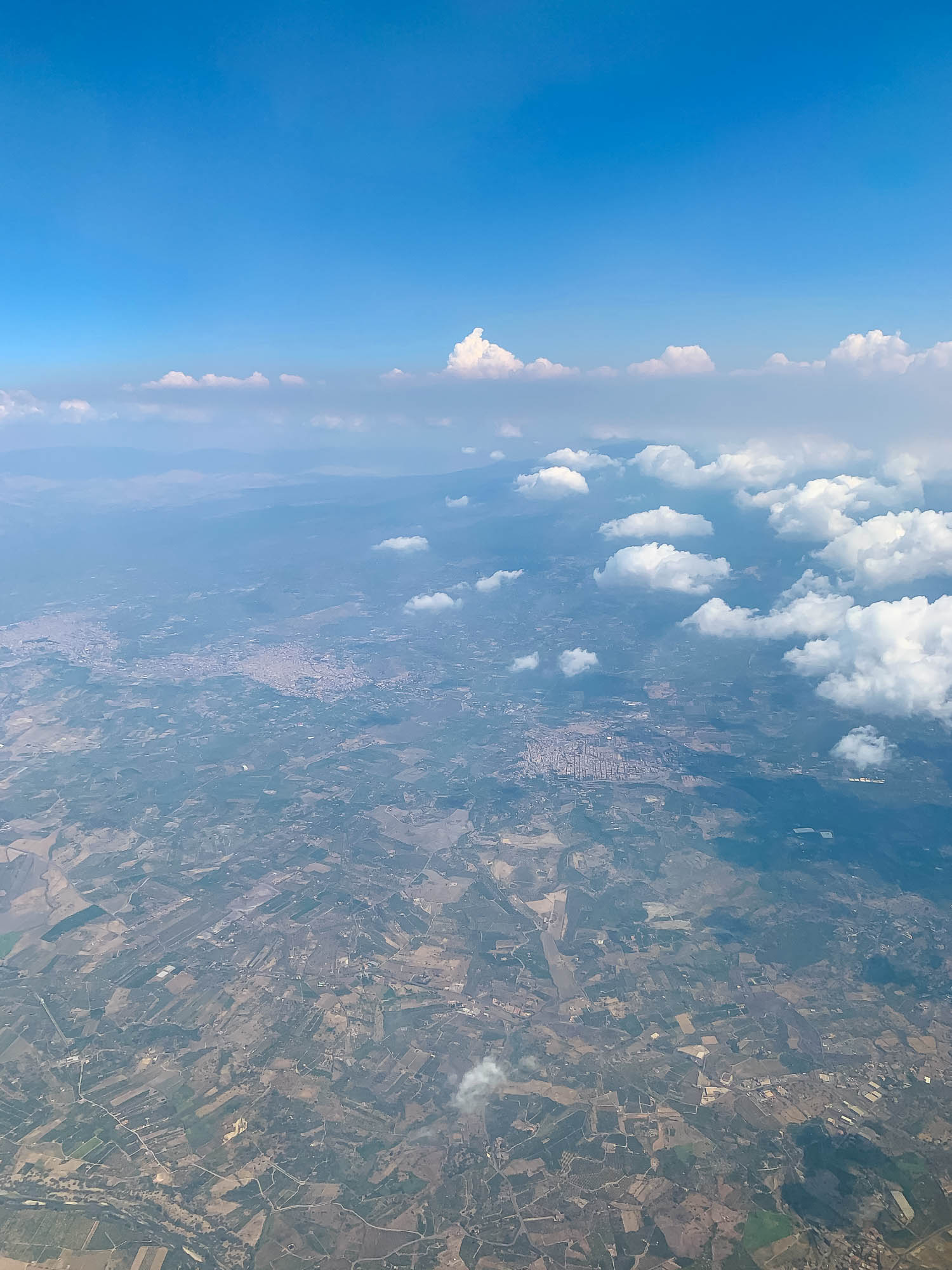
Sicily from Above
The island is characterised by a tendency of overfarming, and by the clouds hanging over the Etna, often accompanied by a thin layer of dark smoke from the volcano.
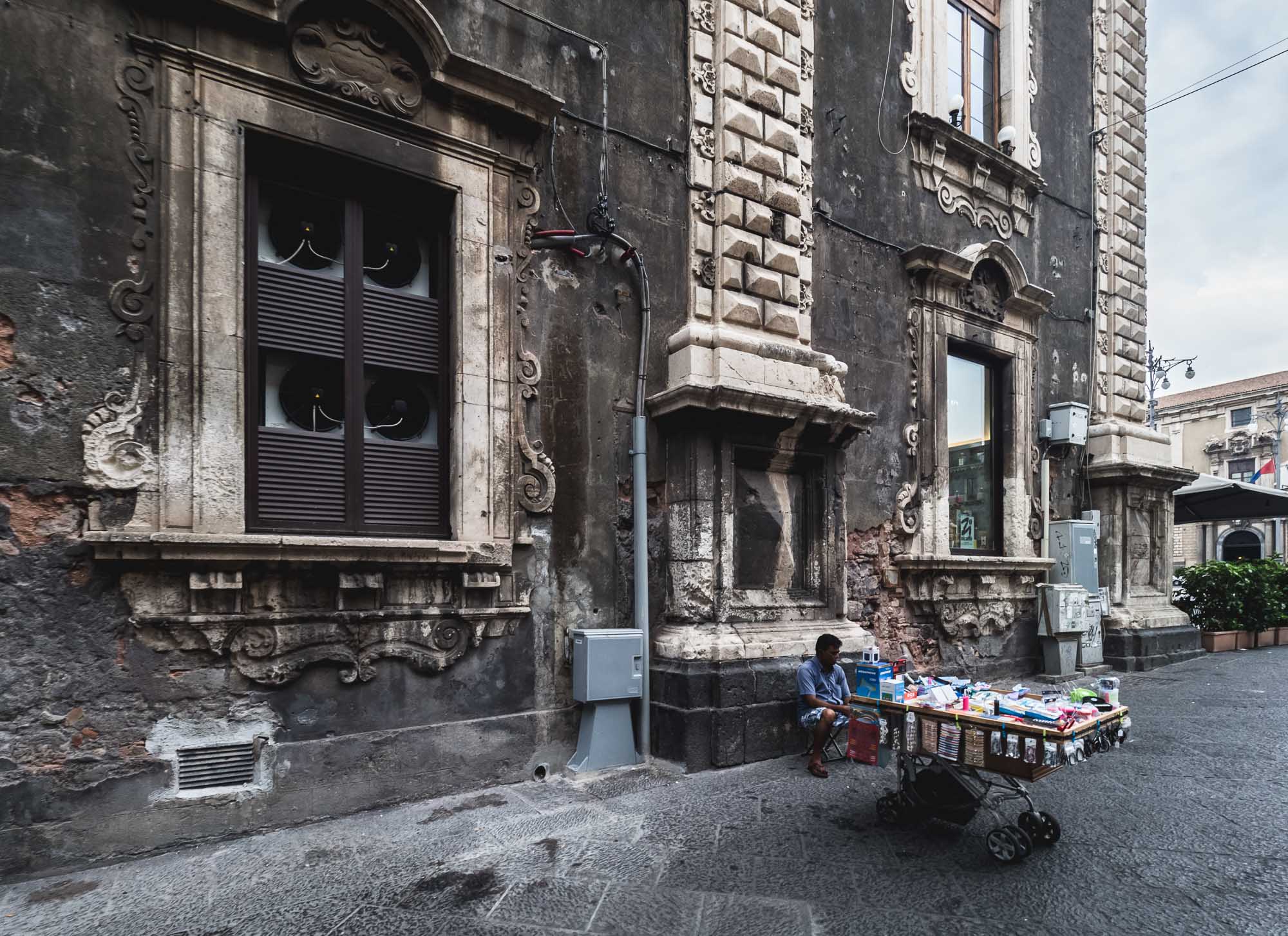
For Sale
A salesman with his goods near the main Piazza in Catania.
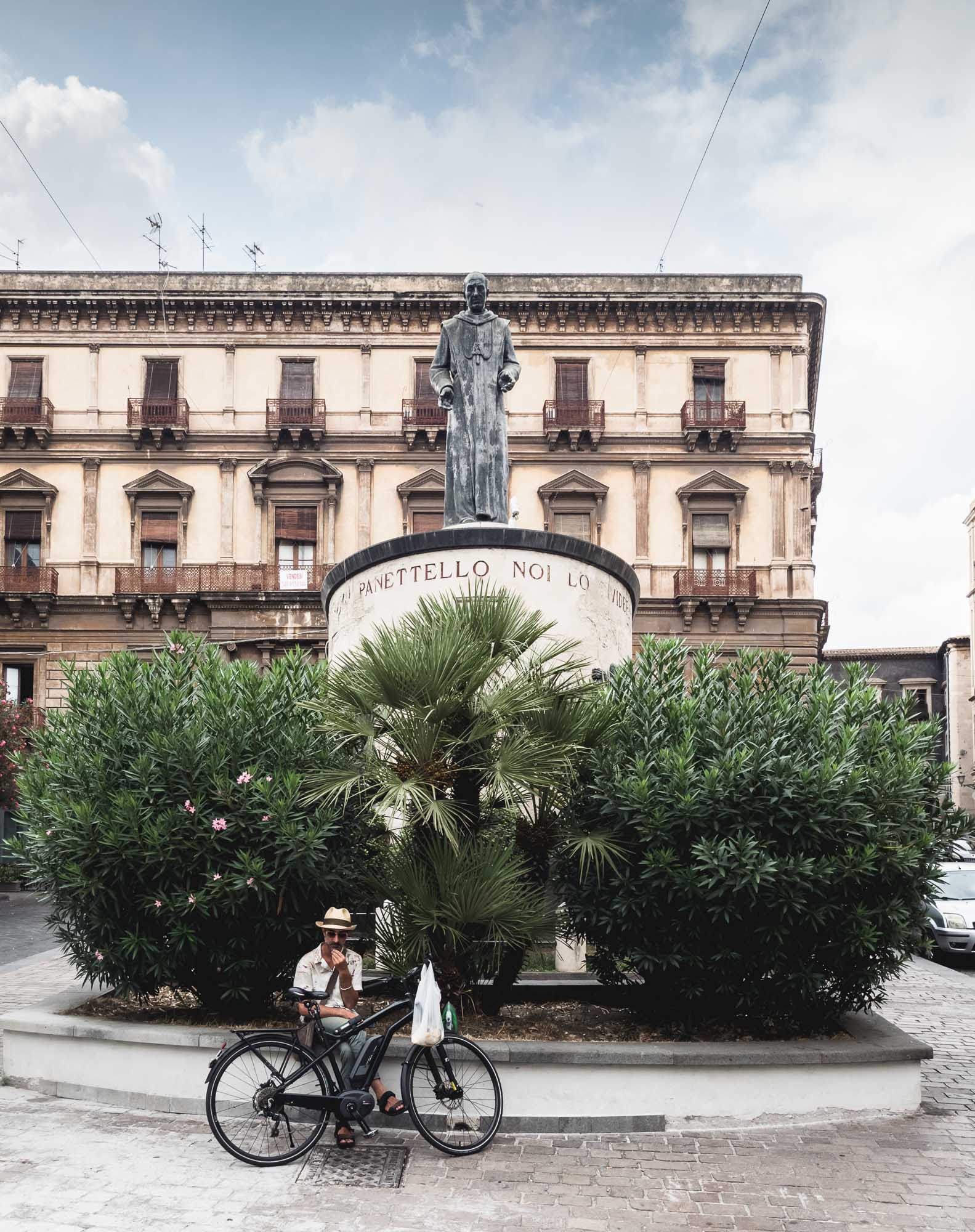
Piazza San Francesco d'Assisi
A man sitting in front of the Monumento al Cardinale Dusmet in Catania.

Roman Theatre of Catania
The theatre and Odeon were built on a pre-existing Greek structure. The lower part has sunk due to various eruptions and earthquakes, resulting in the city's underground Amenano river running through part of the center area.
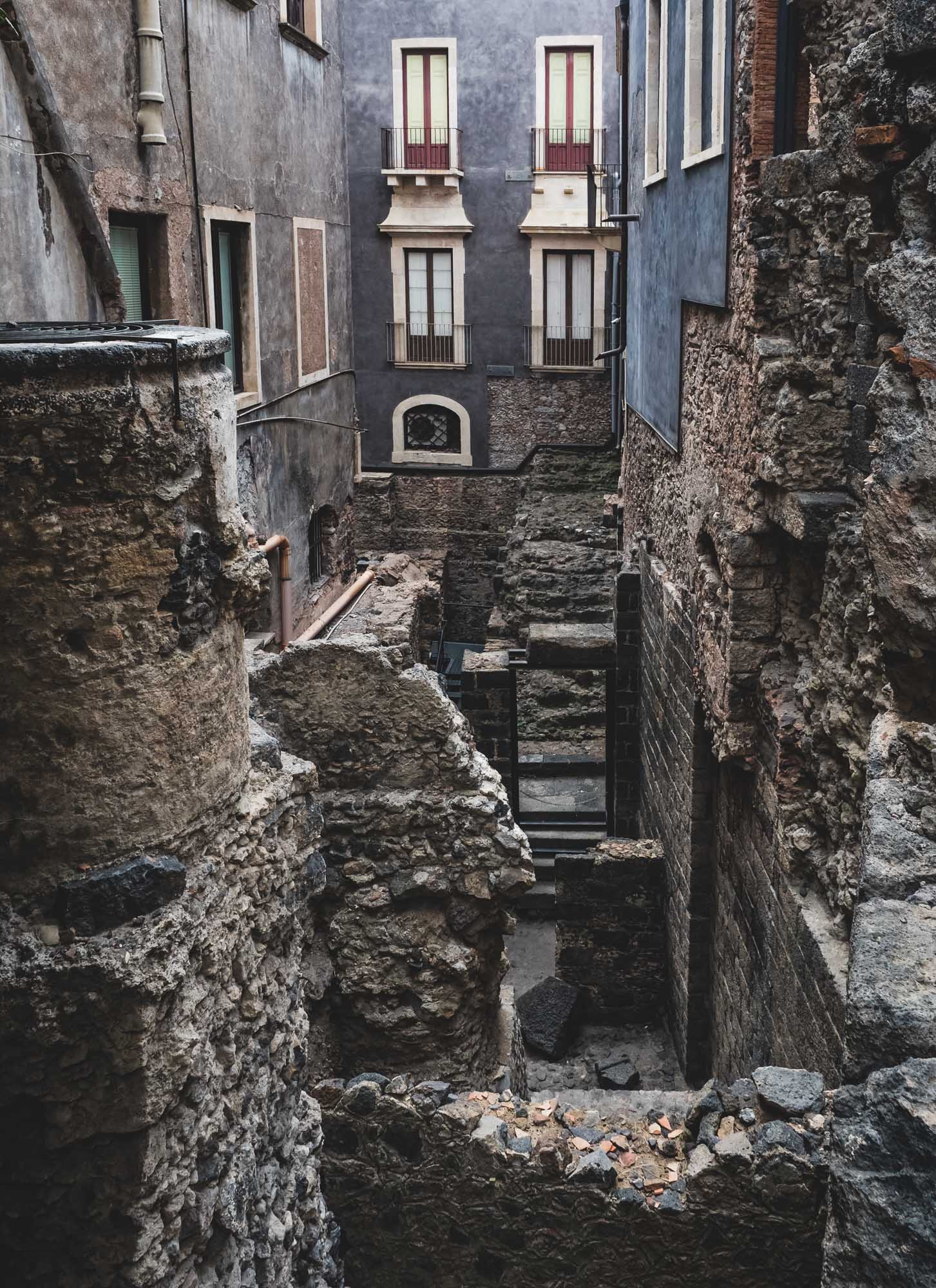
Above History
This photo shows how modern houses had been built on top of the structure of the Roman Theatre in the last few hundred years.

Layers
This aerial capture illustrates how the site looked before excavations began and the houses built on top of the amphiteatre were removed. Even today, archeologists still discover additional sections and artifacts below and around the site.
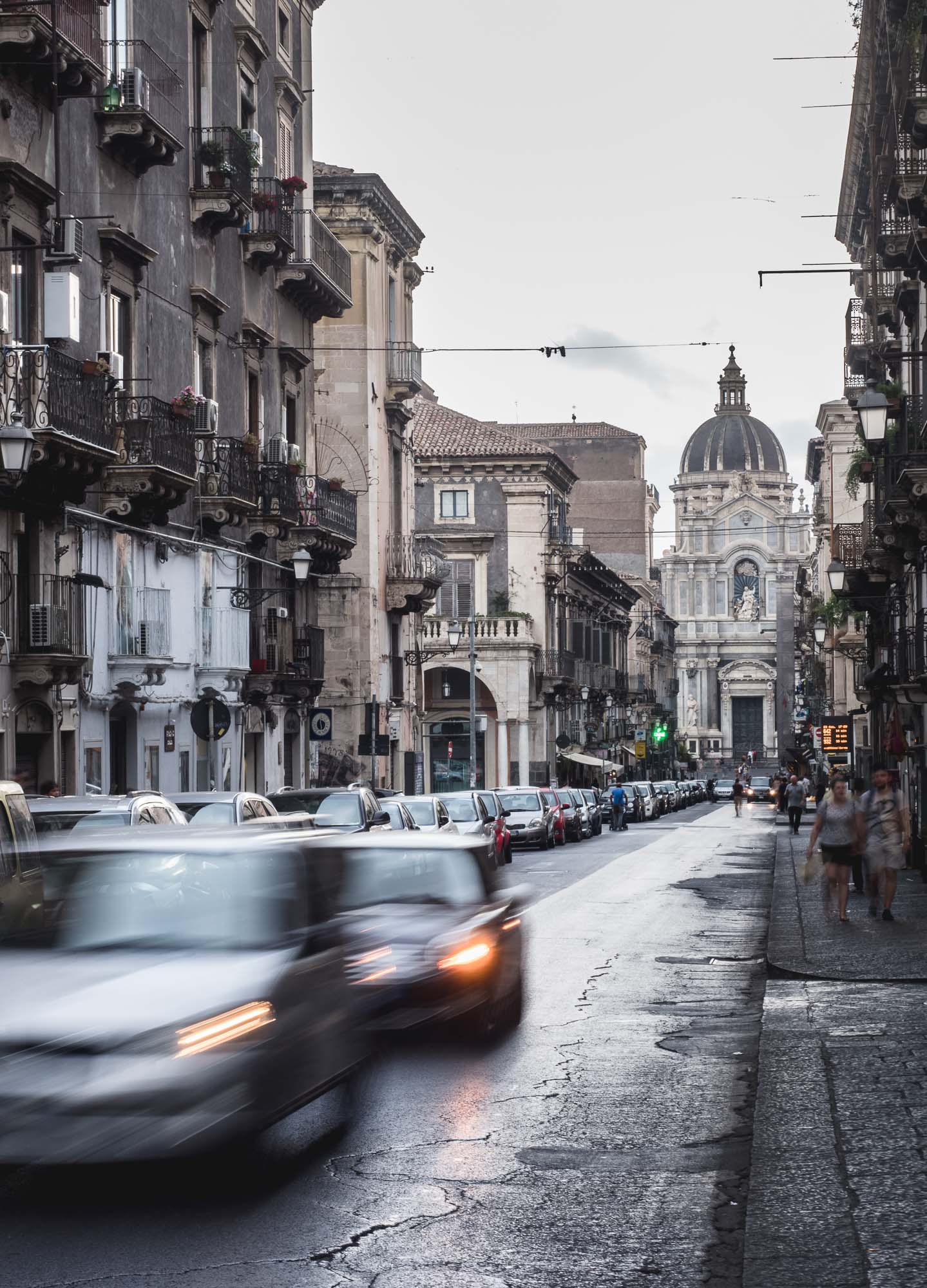
Street Views
The Cathedral of Saint Agatha at the end of Via Giuseppe Garibaldi.

18th Century Violine
On display at the Castello Ursino.
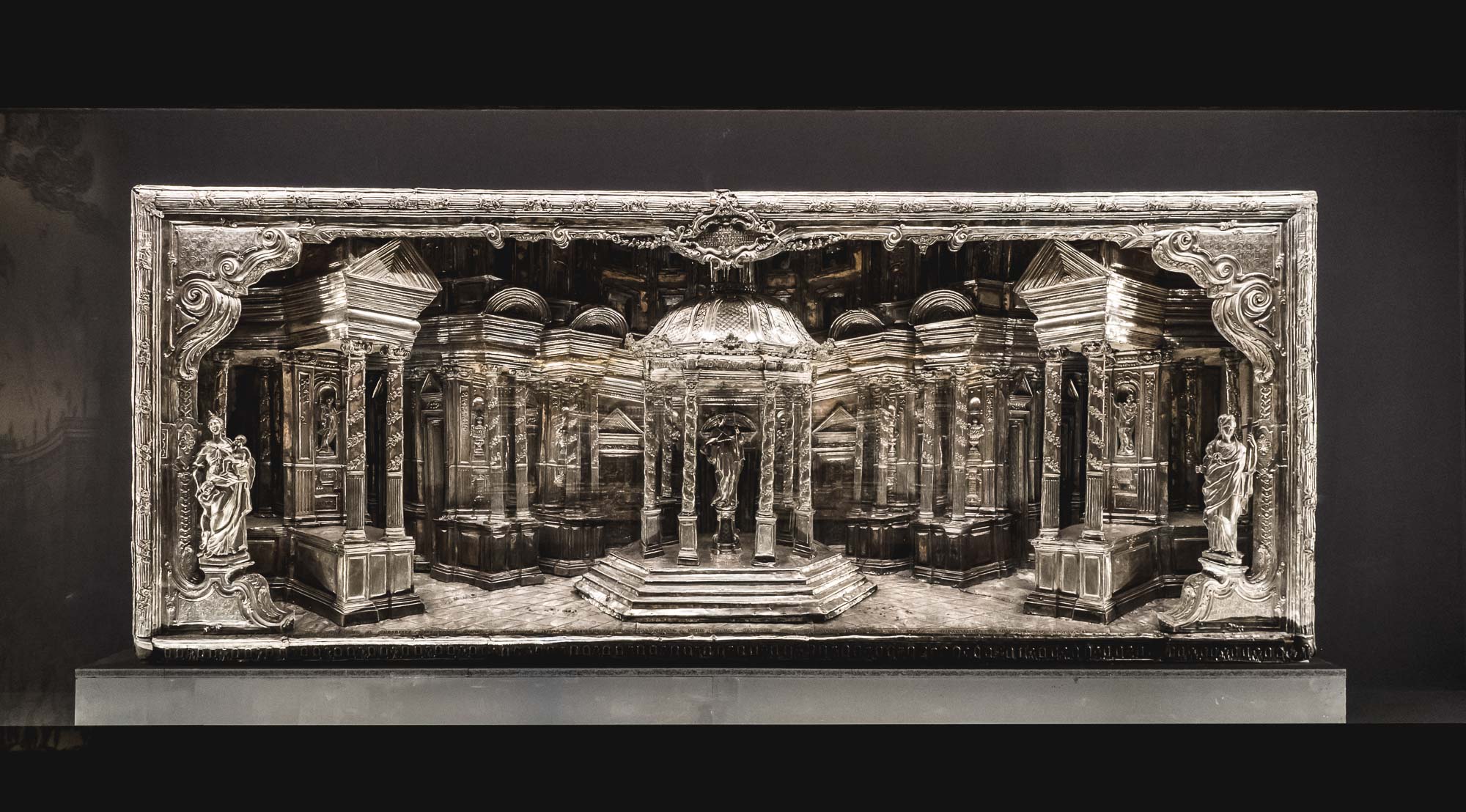
Artifacts
The 13th-century castle features objects from monastery & painted crafts.
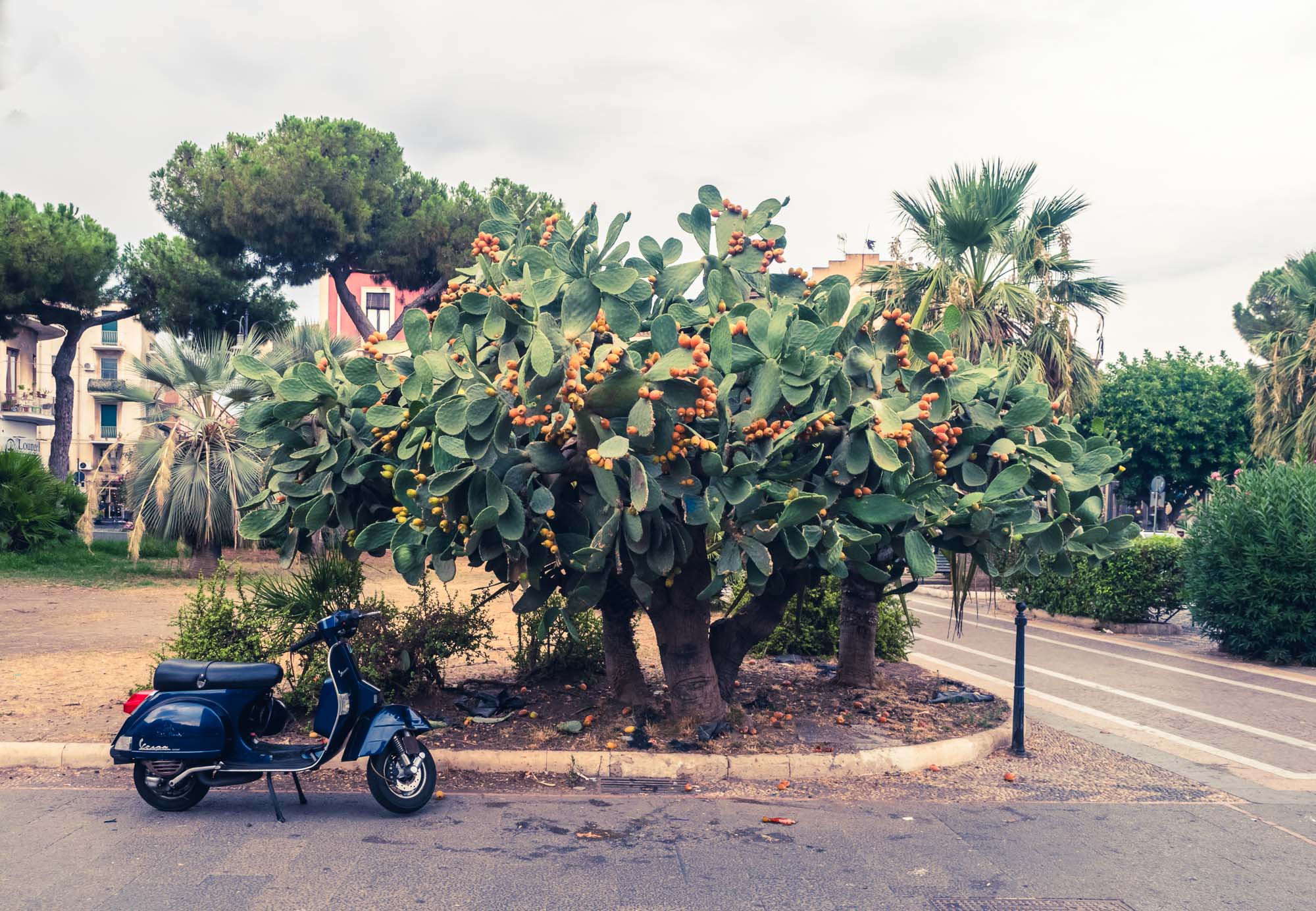
Scenery
A street corner in Catania.
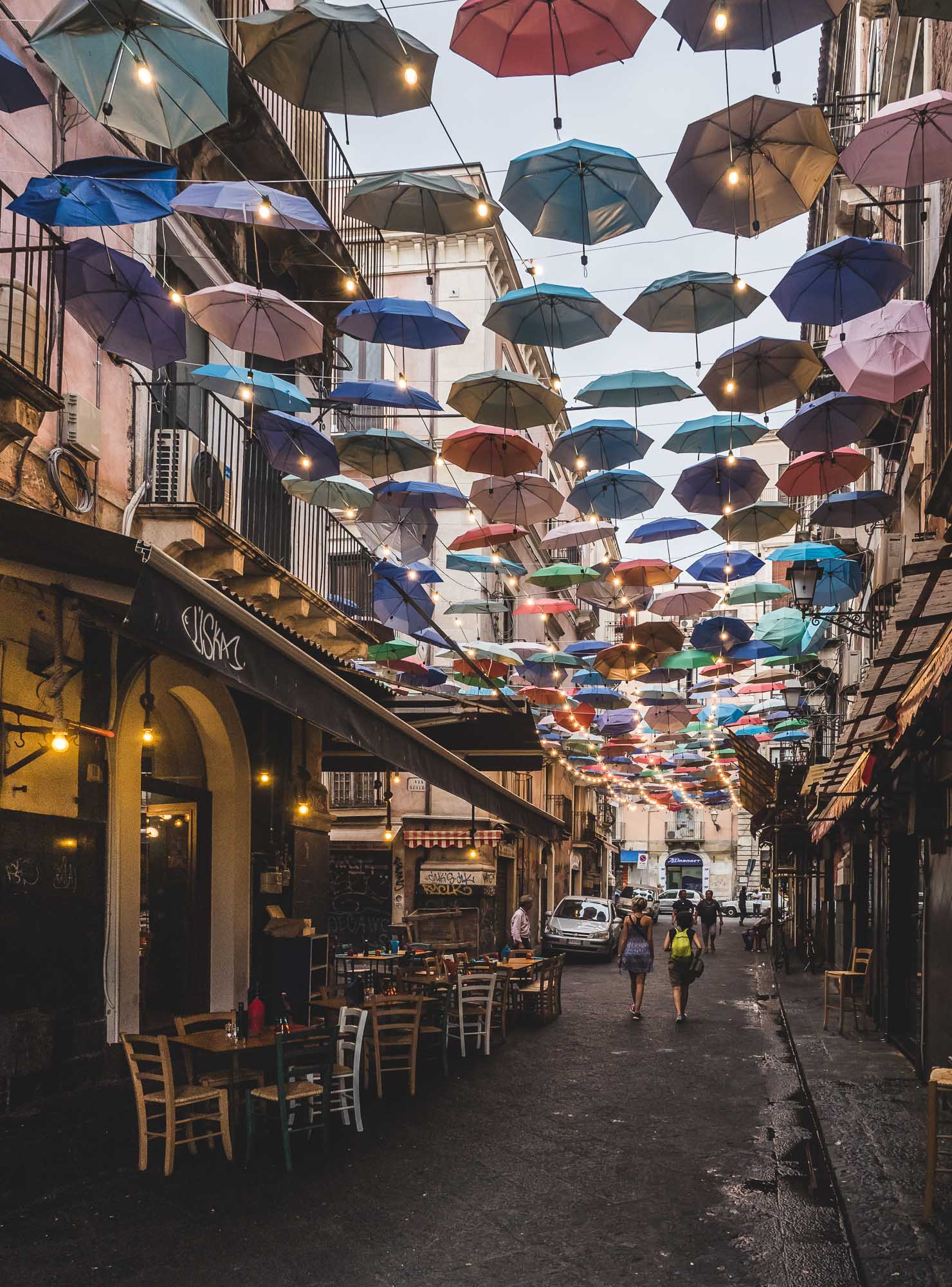
Closing Up
The market street after the activities of the day have ceased.
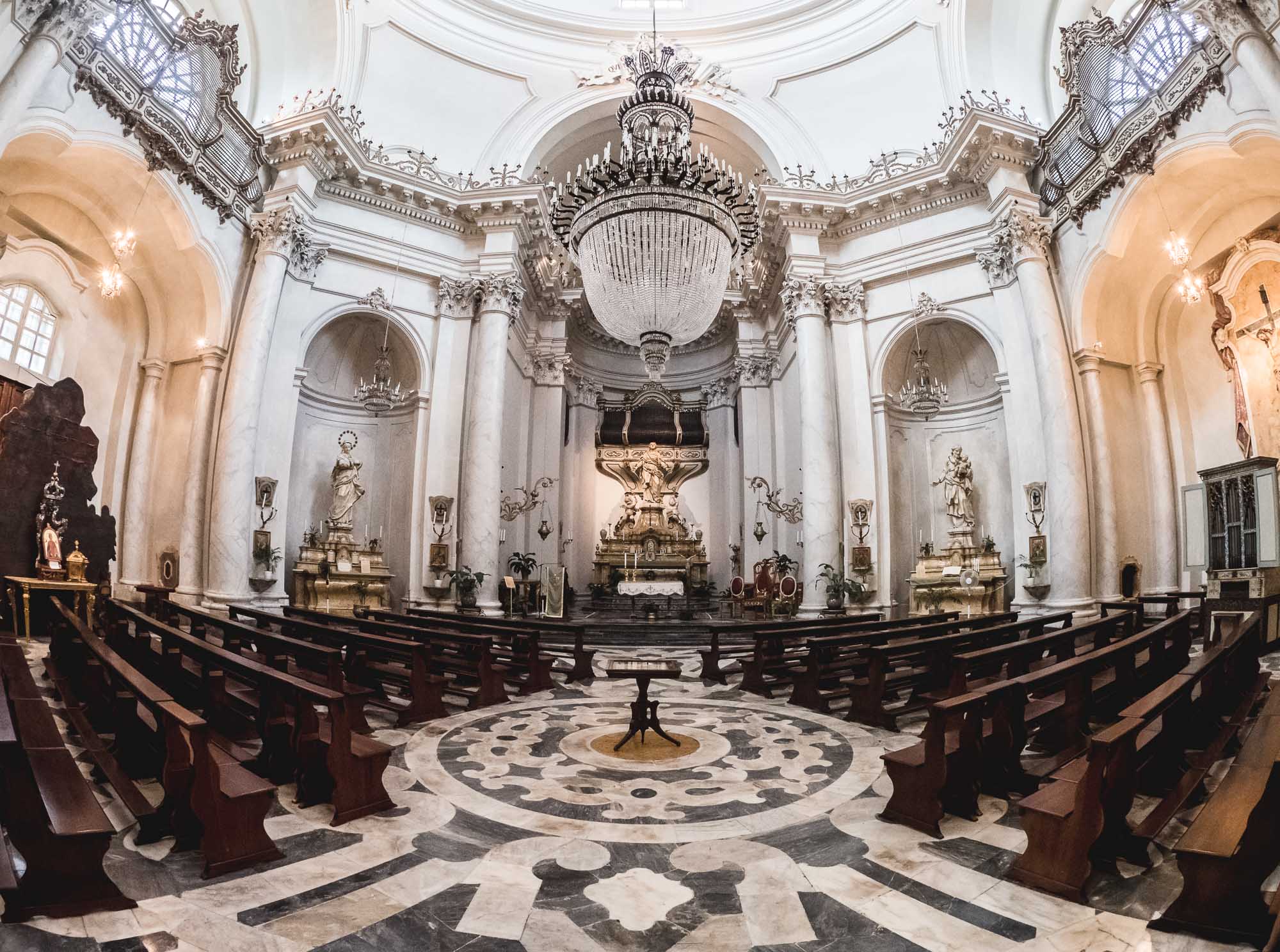
Church of the Abbey of Saint Agatha
The interior of the church with its baroque style, common in Sicily's churches.
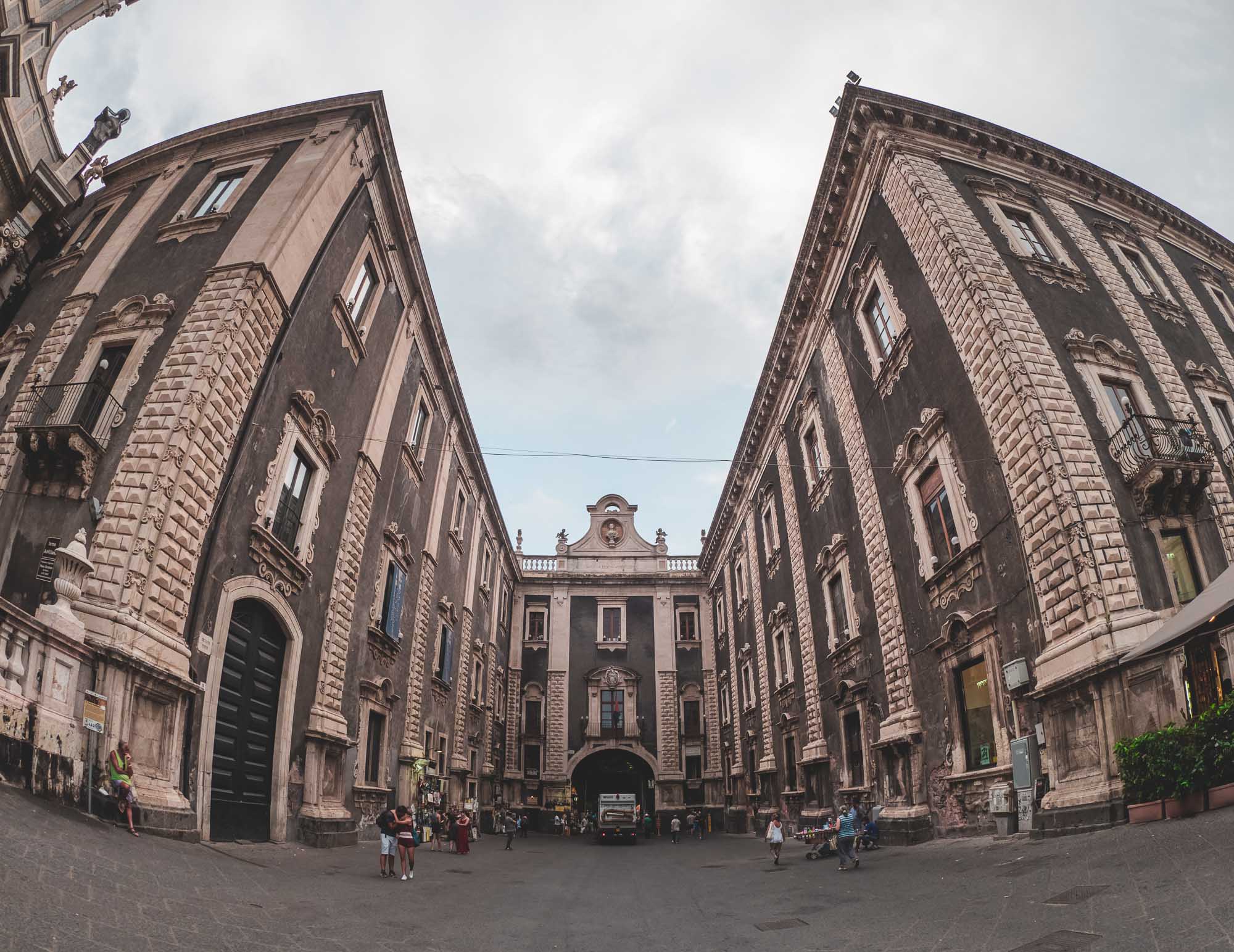
Porta Uzeda
The gate from 1695 built in typical Catanian baroque style acts as the entrance to the main Piazza.
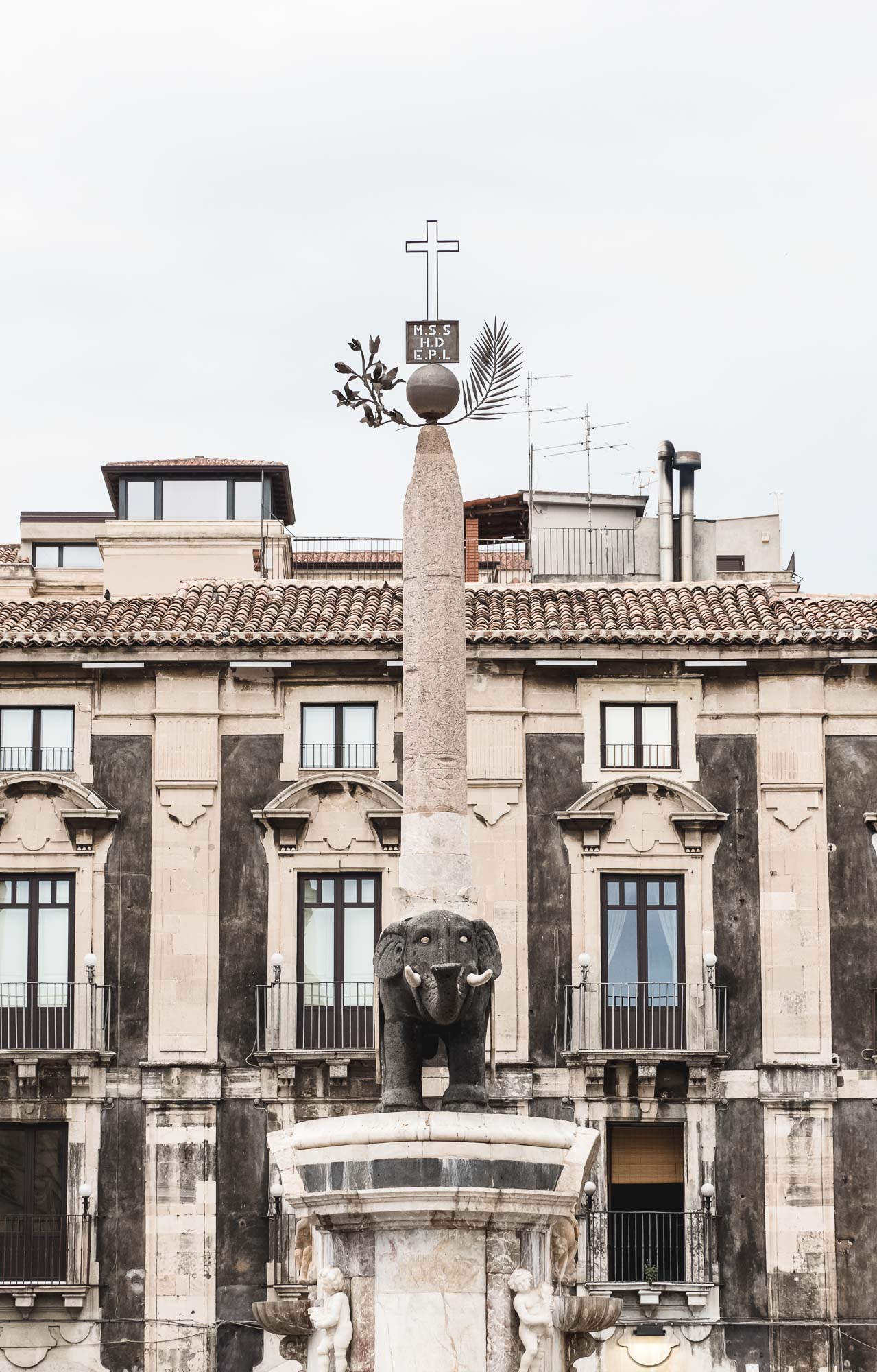
Fontana dell'Elefant
The fountain with a Roman statue of an elephant carved from basalt, now the symbol of the city. The origins of the symbolism aren't clearly defined, with several tales competing for the truth...
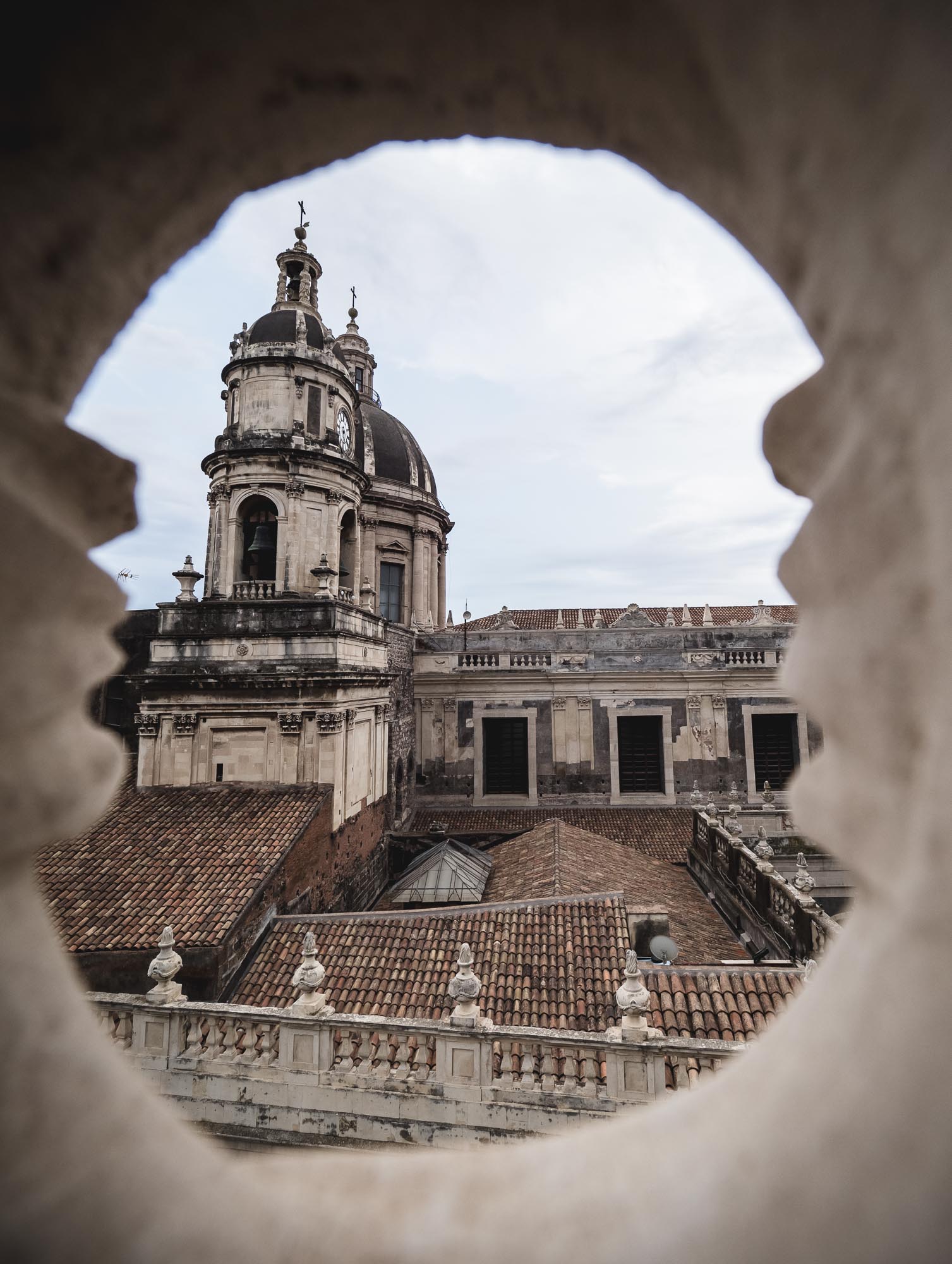
Roof Structures
The domed roof of the Cathedral of Saint Agatha seen from Church of the Abbey of Saint Agatha's roof.
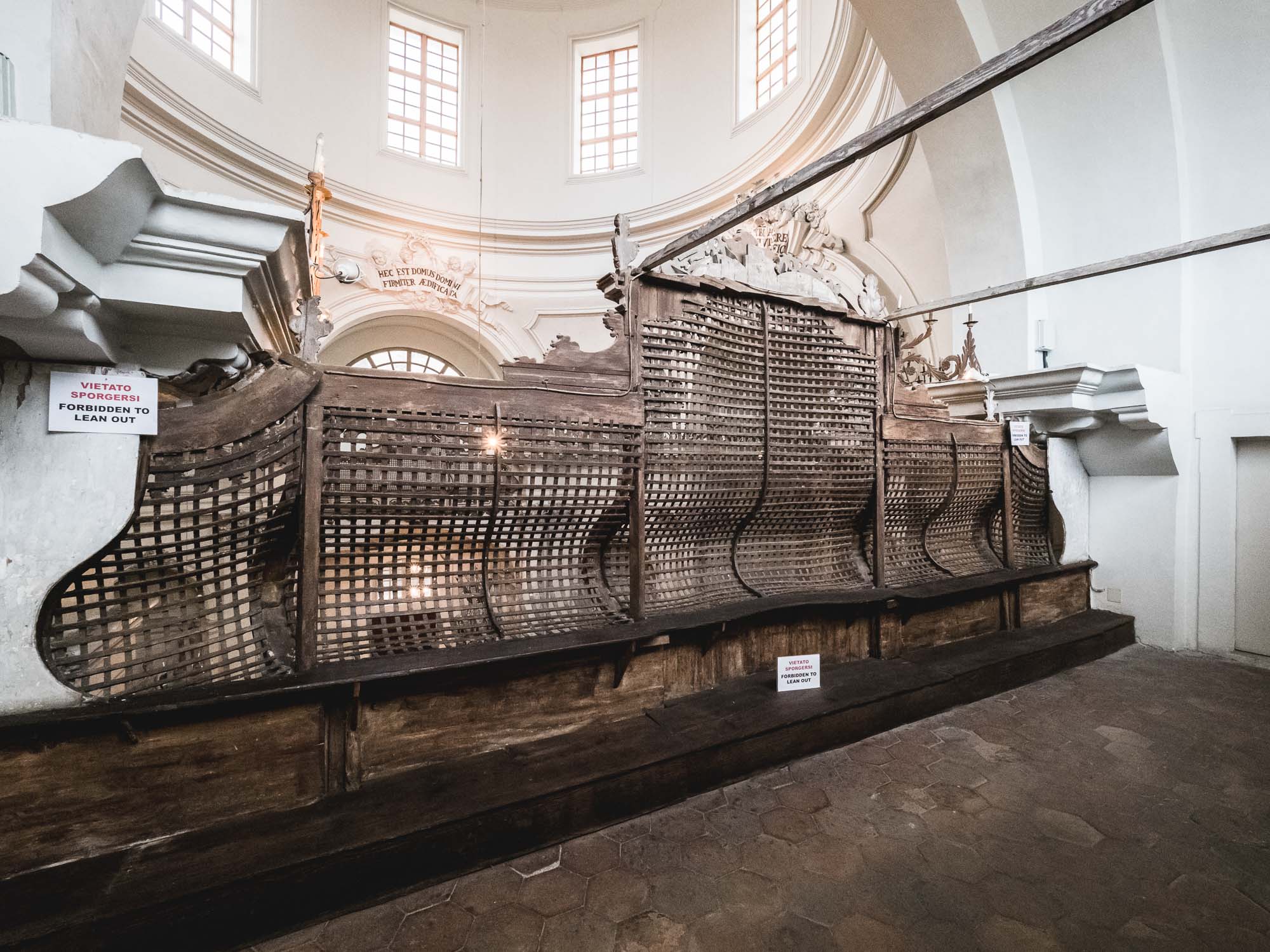
Fragile
A behind the scene view of the decorative elements of the church shows how intricate some of the work is.
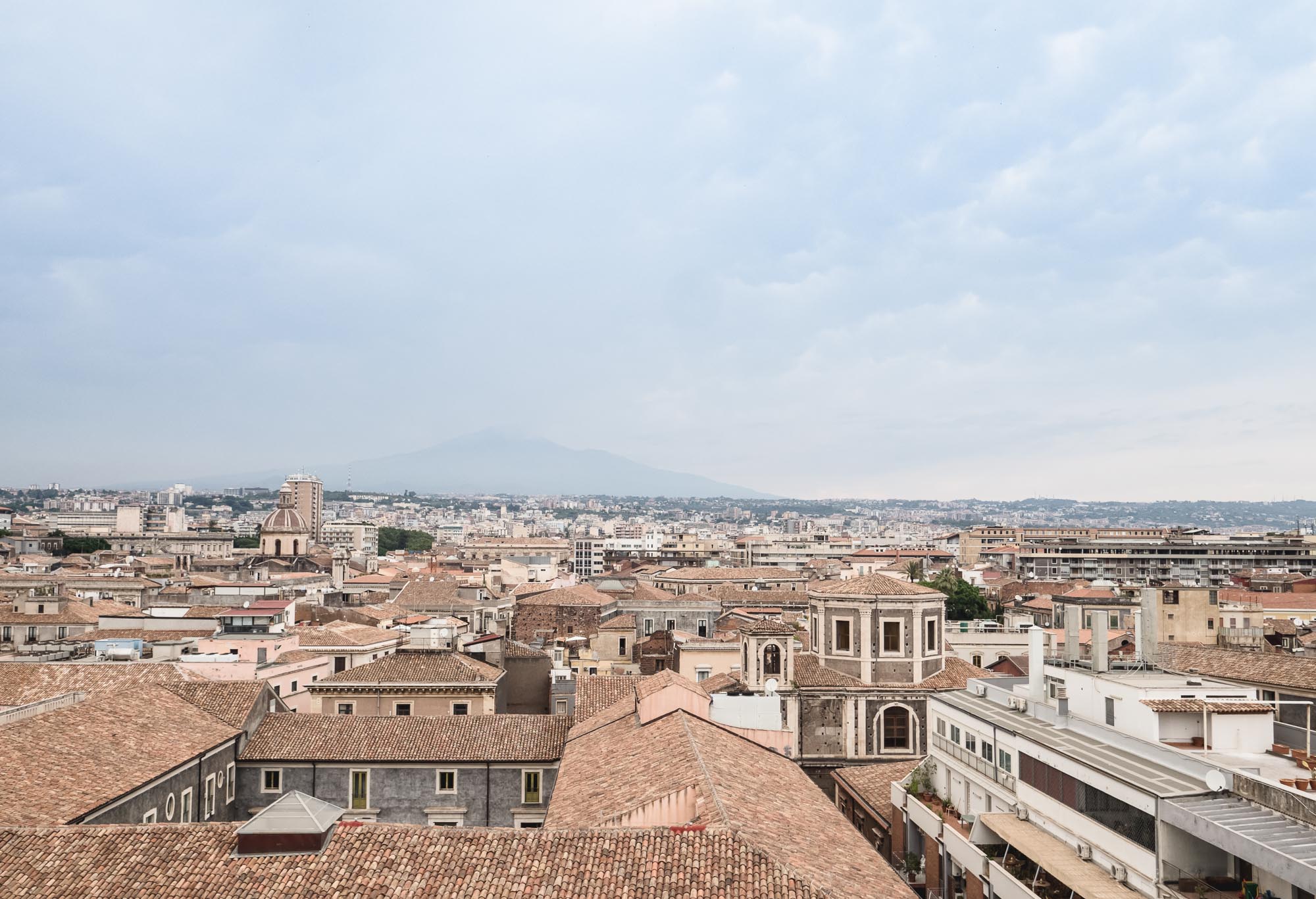
Catania Views
The church allows visitors to climb the roof level, providing a view over Catania with the Etna in the background.
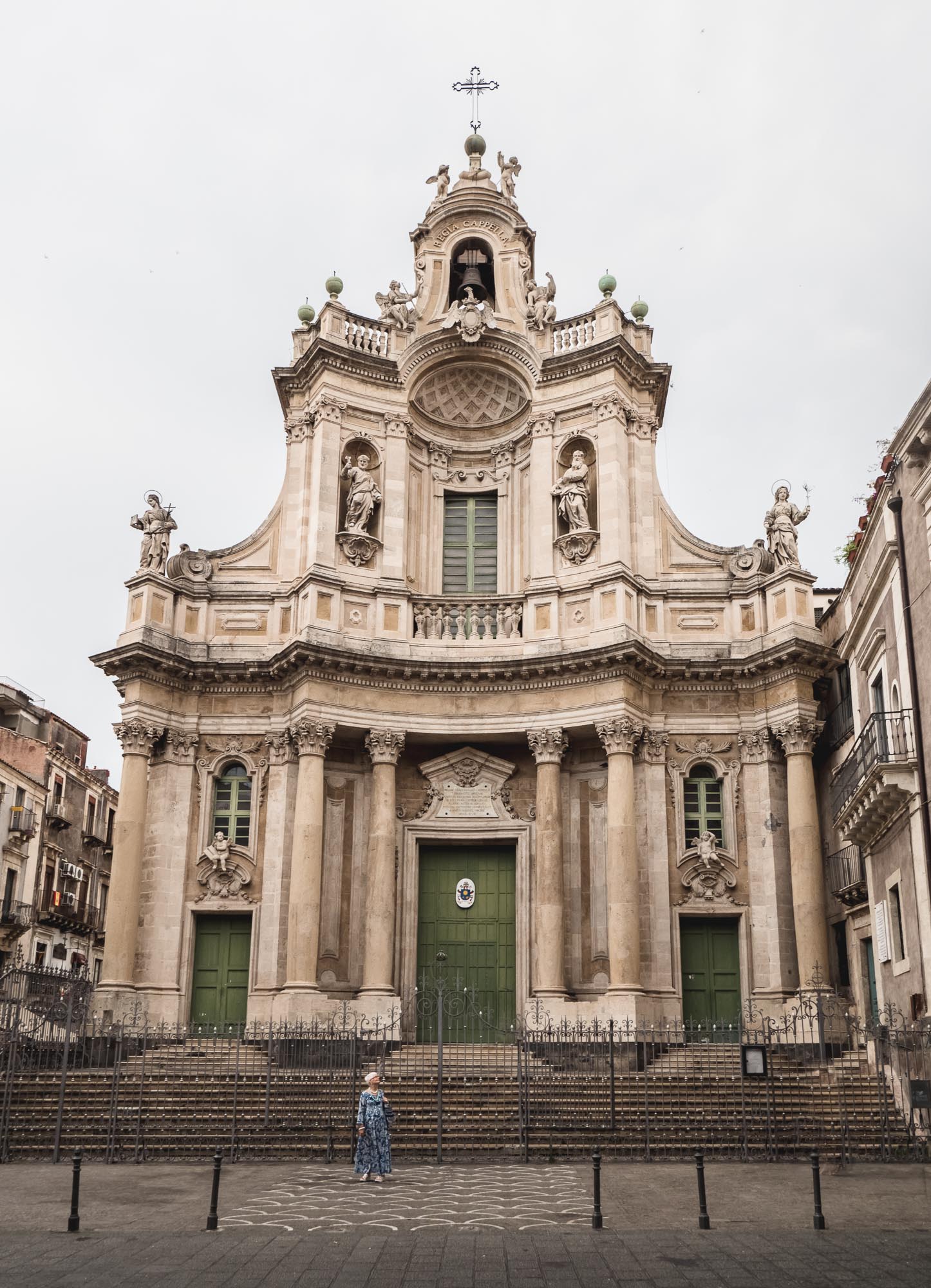
Facade
A woman looking at front of the Basilica della Collegiata from 1768.
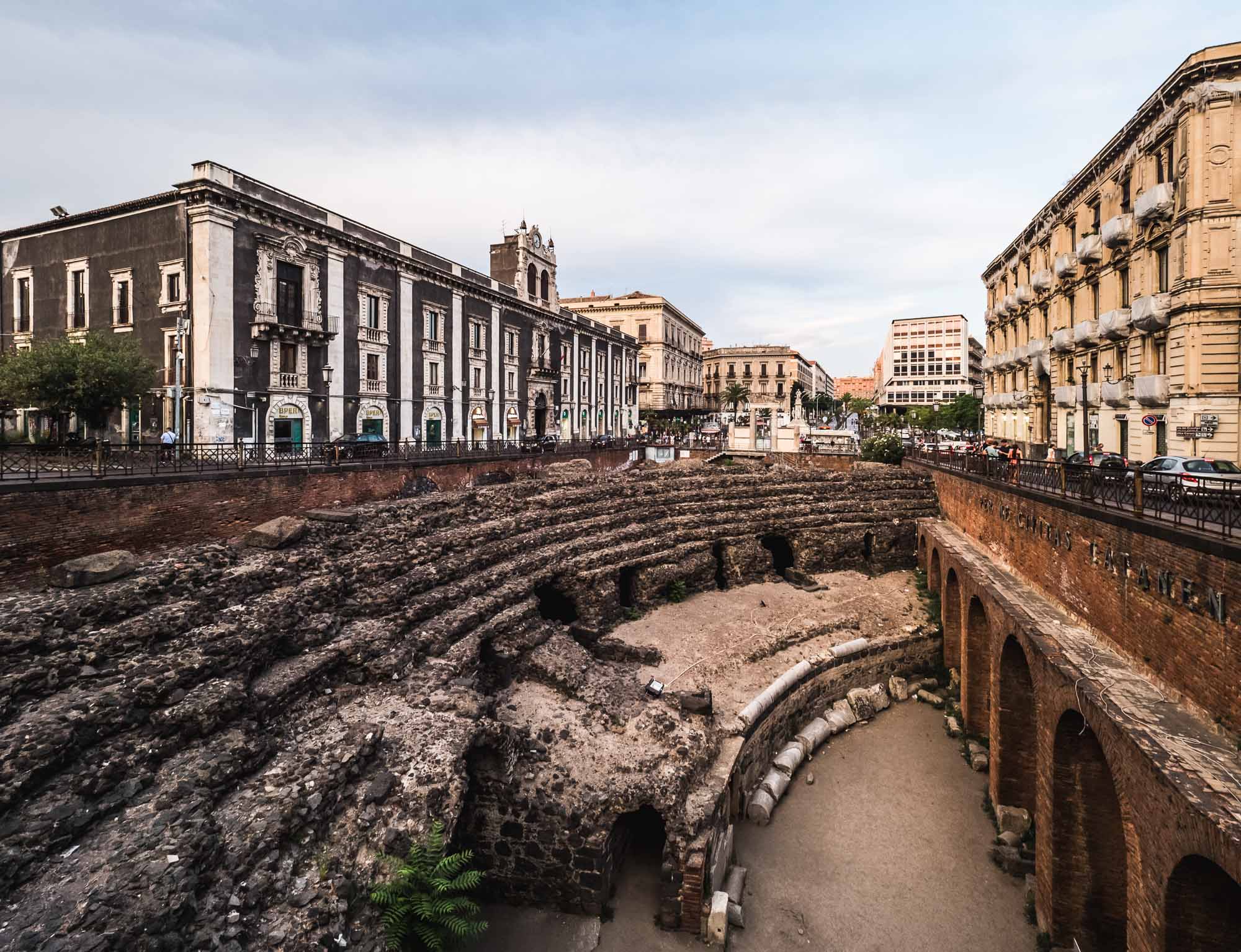
Roman Amphiteatre
The 2nd century AD arena was one of the largest in the Roman empire, but only a tenth or so is visible and excavated today.
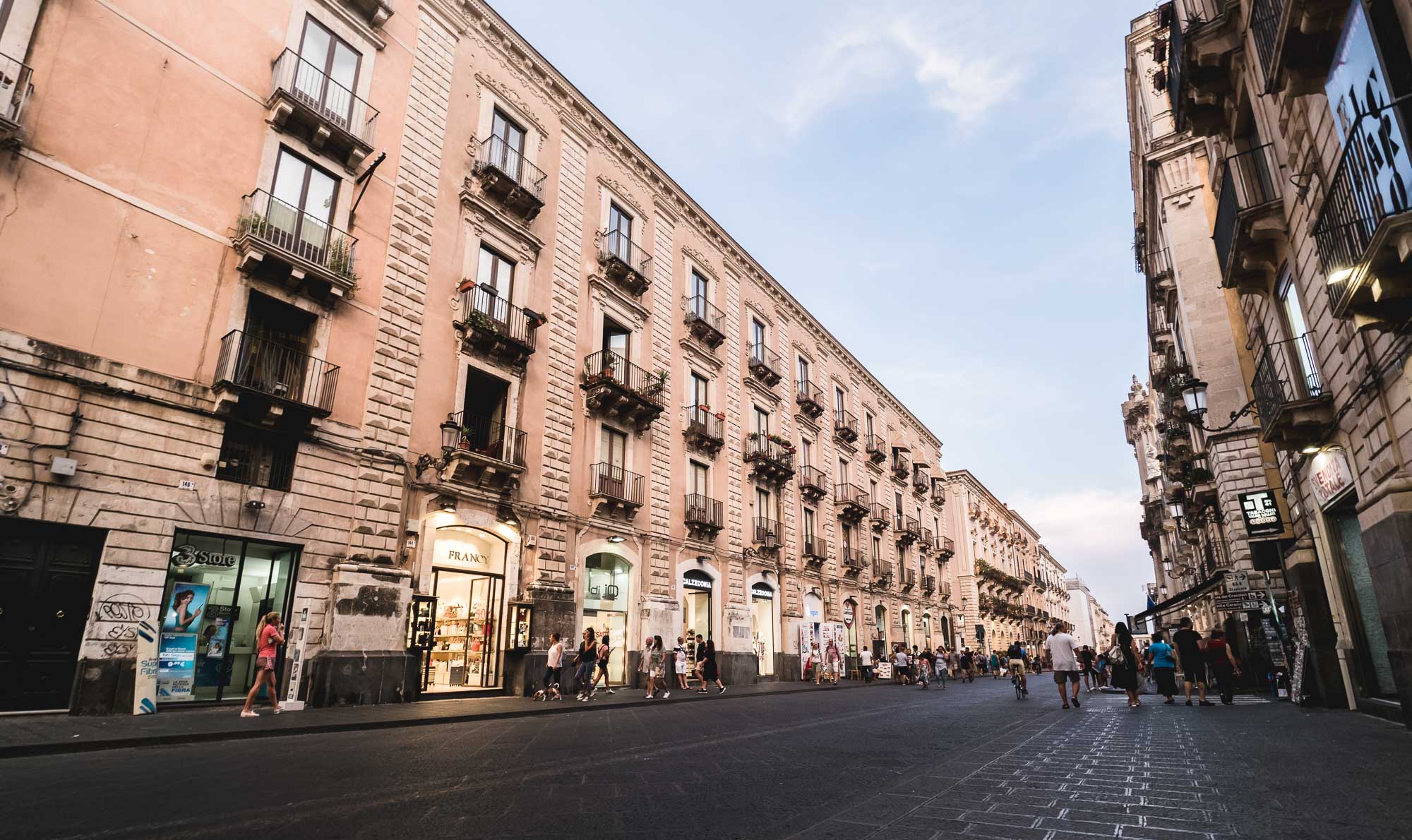
Via Etna
One of Catania's central roads.
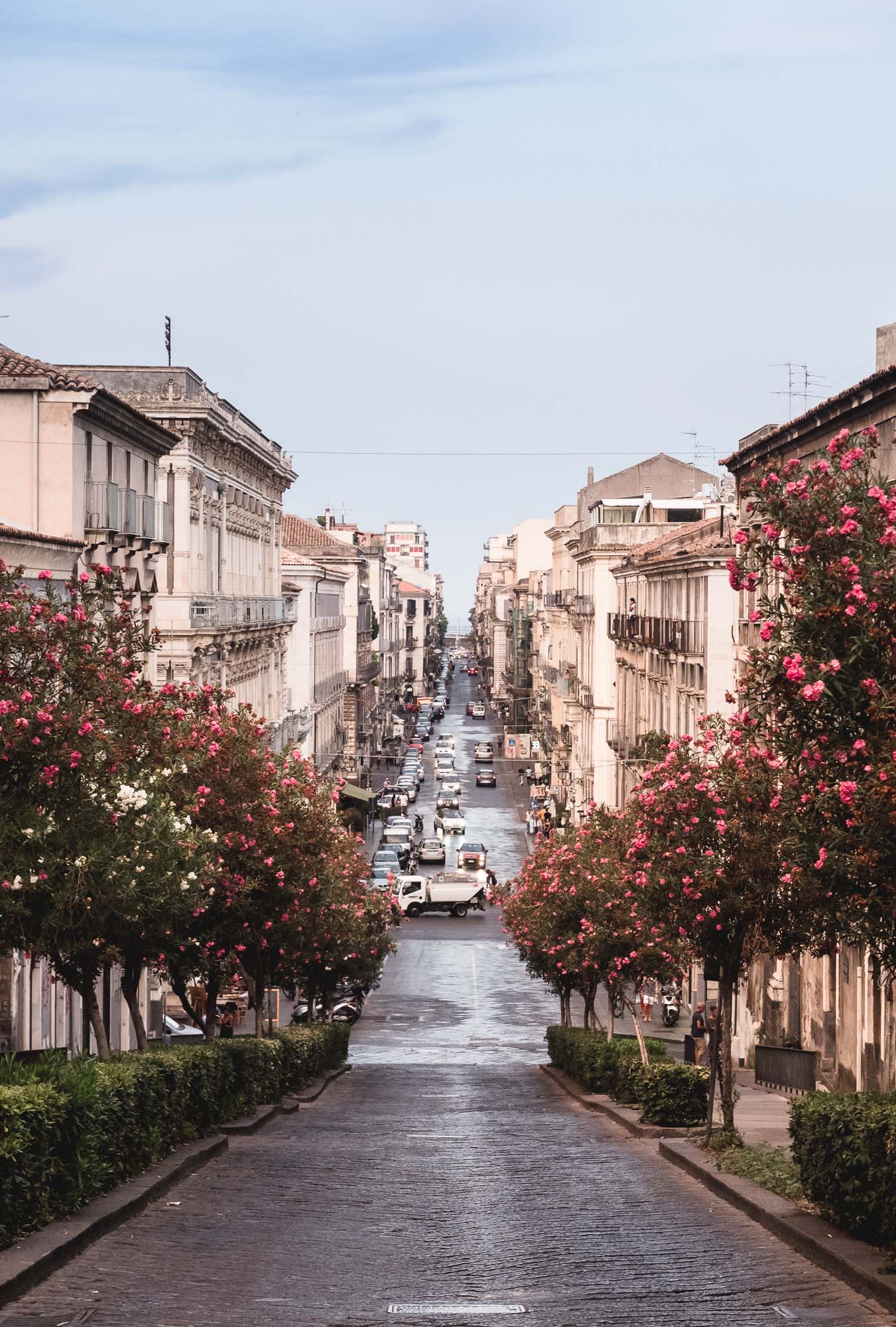
Downwards
A narrow angled street in Catania lined with blossoming trees.
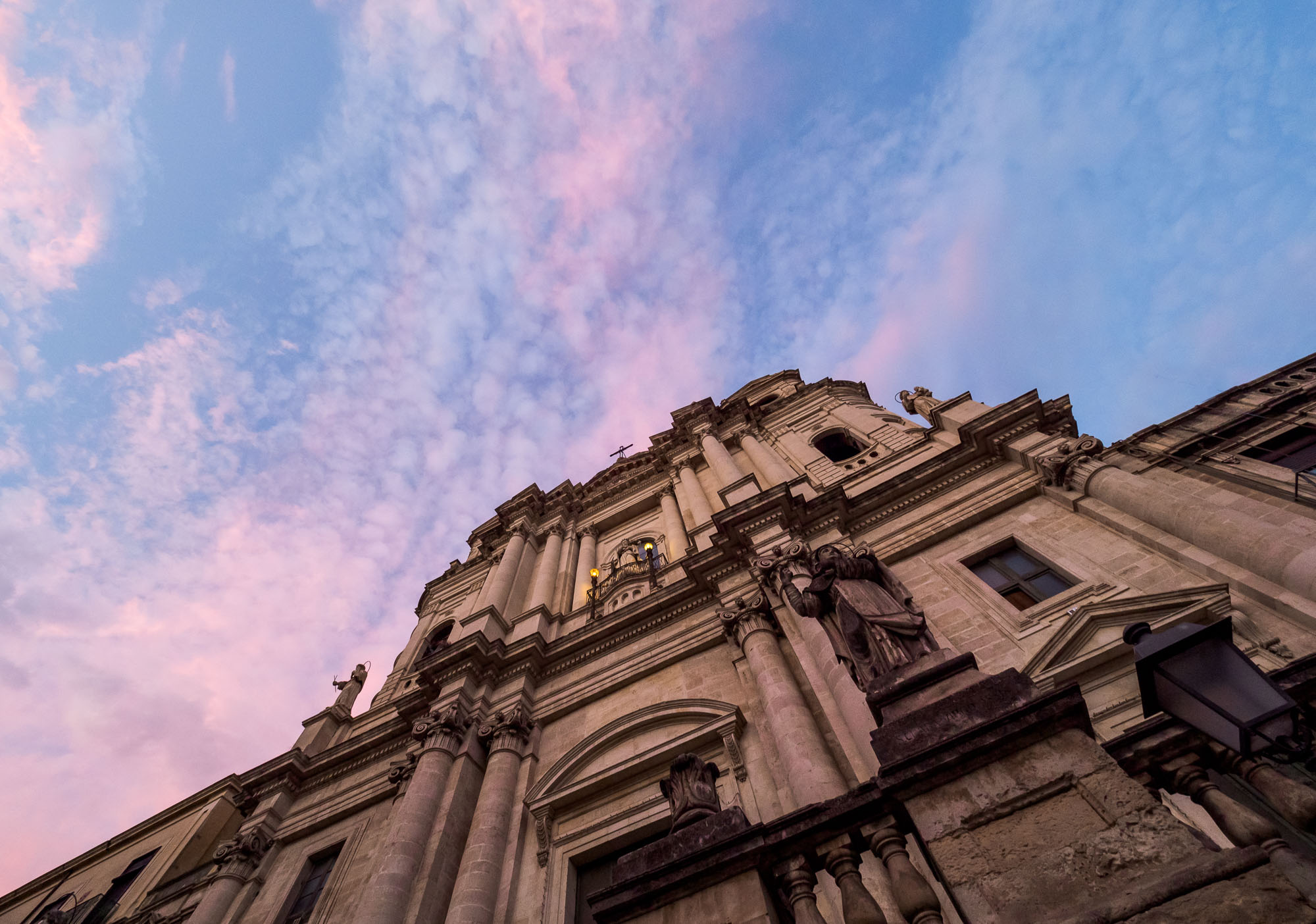
Sunset Skies
The front of the Church of St. Francis of Assisi.

Business
A group of Indian sales men and their starry balloons in front of the Cathedral of St Agatha.
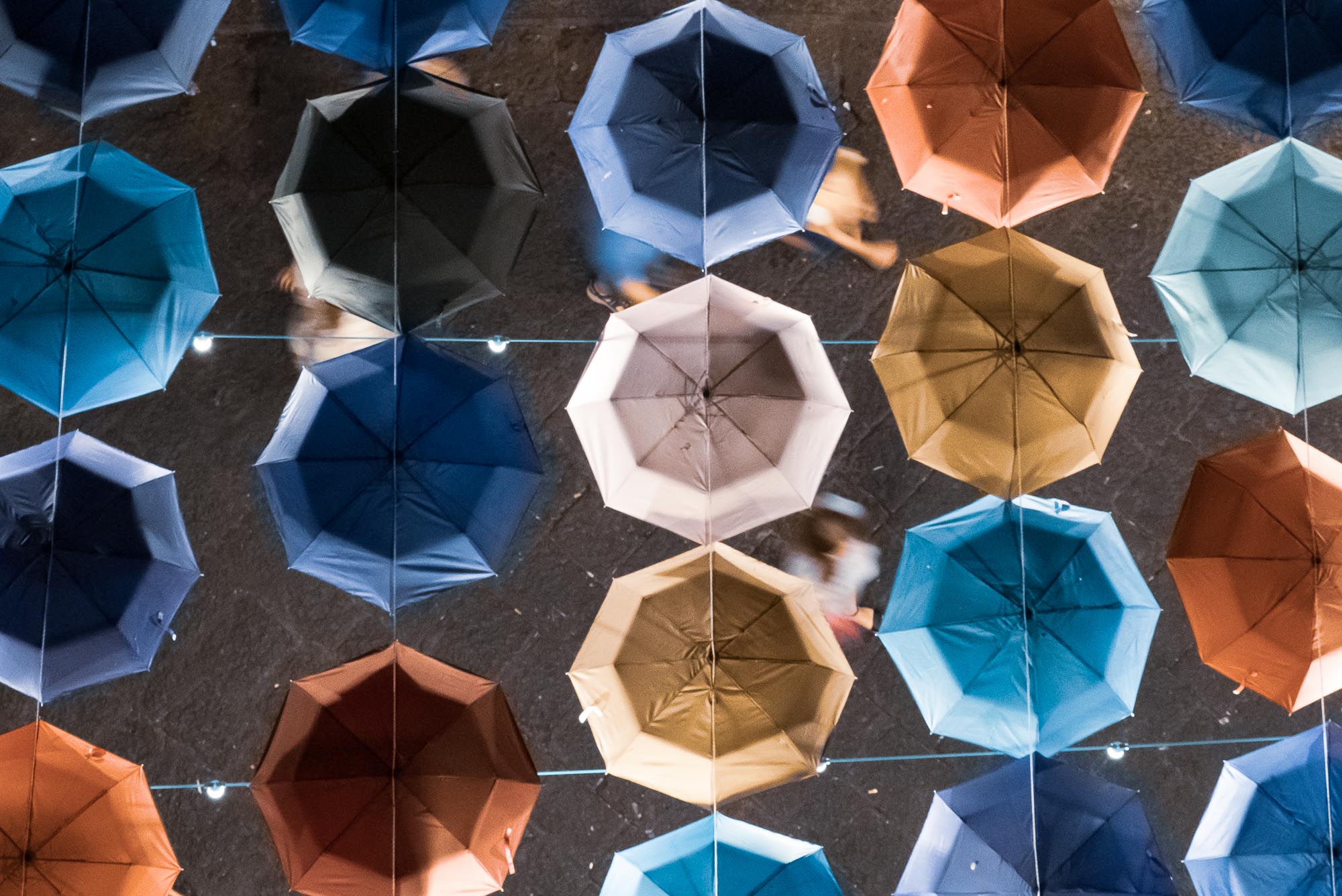
Birds Eye
People walking below the umbrellas hanging above the market street in Catania.

Musical
A singer in Catania's main square.
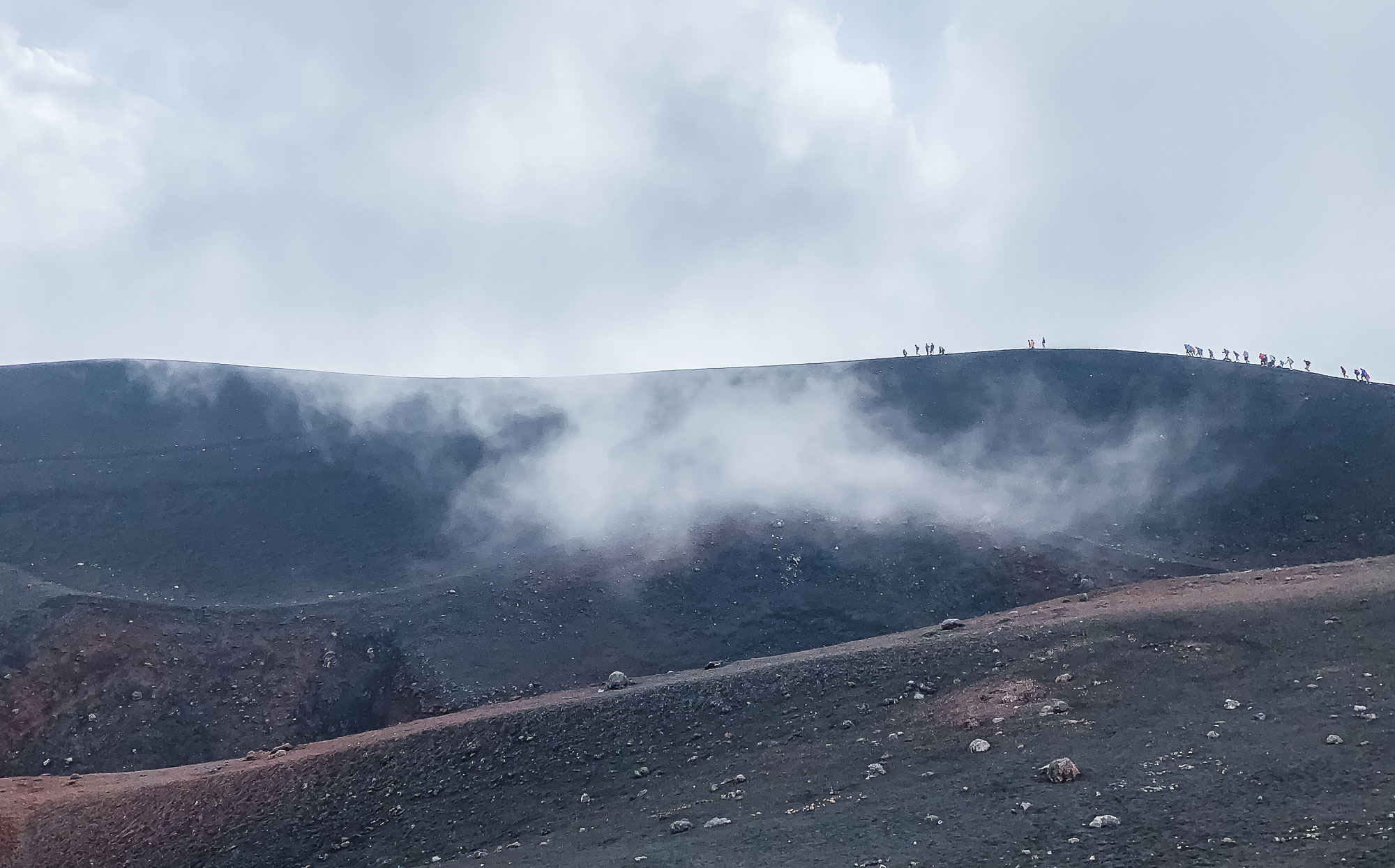
On the Crater's Edge
A group of people walking at the edge of the 2003 craters.
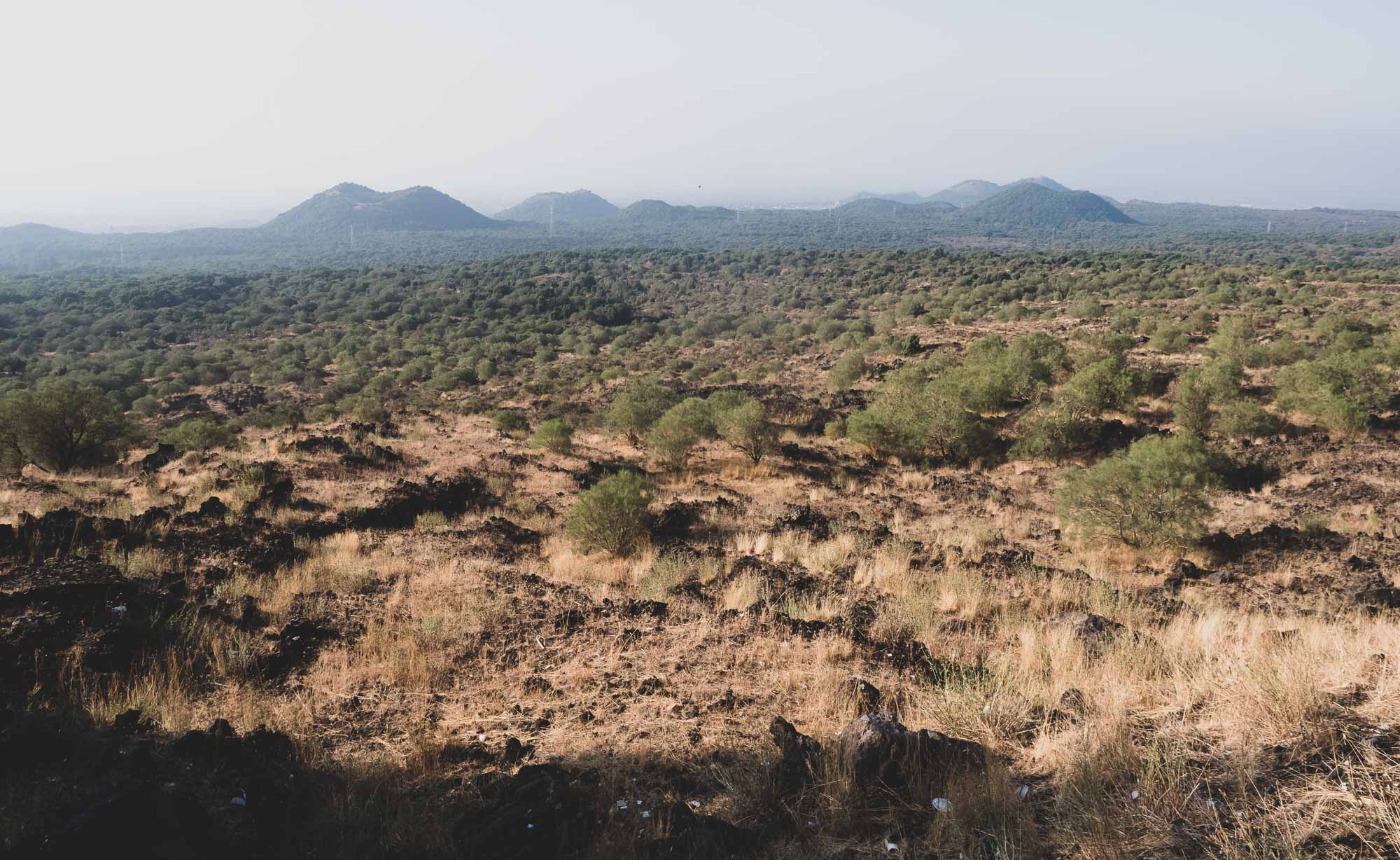
Landscapes
The base of the Etna features a hilly and relatively barren terrain.

Cold
It was about 20 degrees less than on the ground up at 2800m.
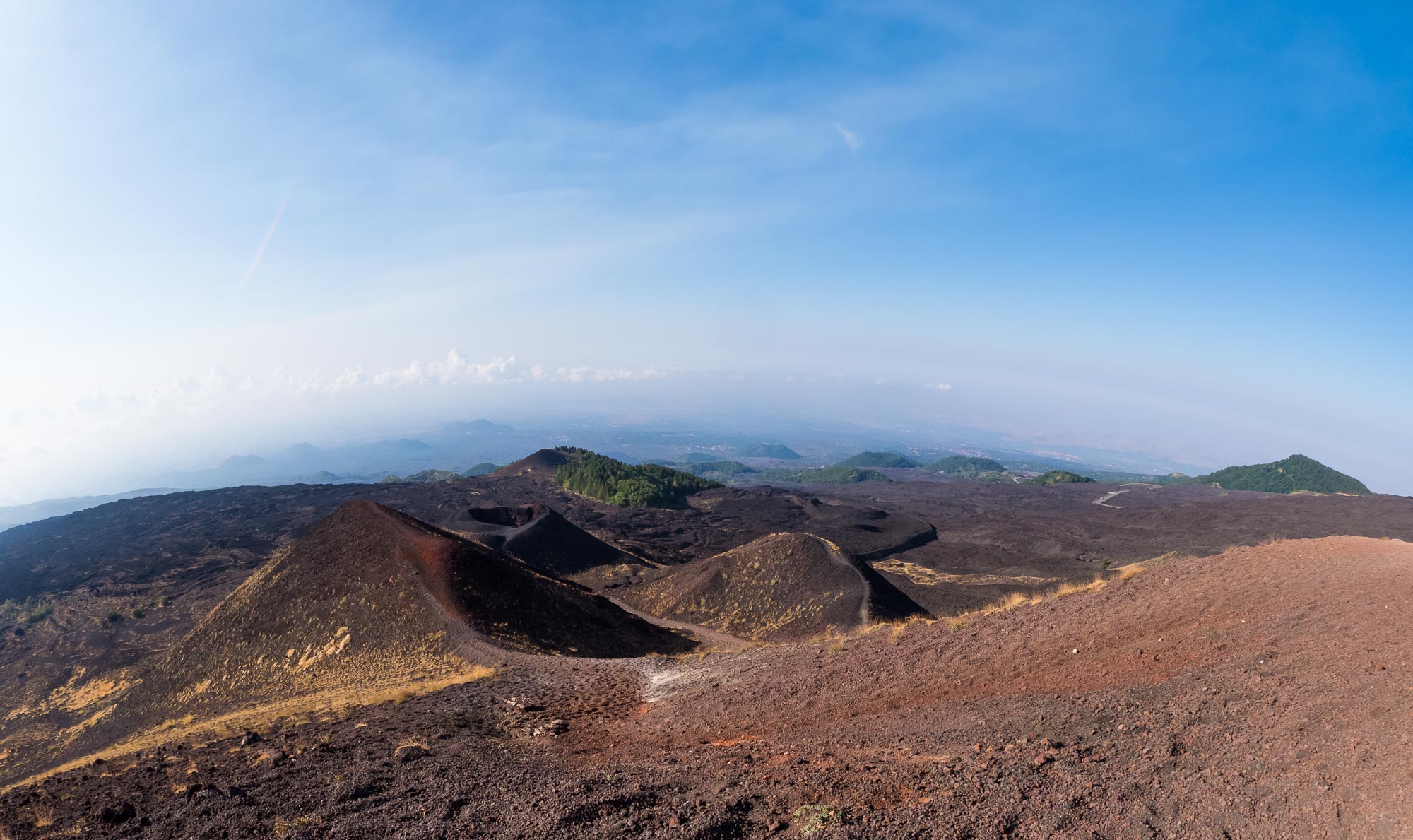
Panorama
The drive up the Etna transitions to an increasingly brown, reddish and black landscape as you come closer to the end of the main road.
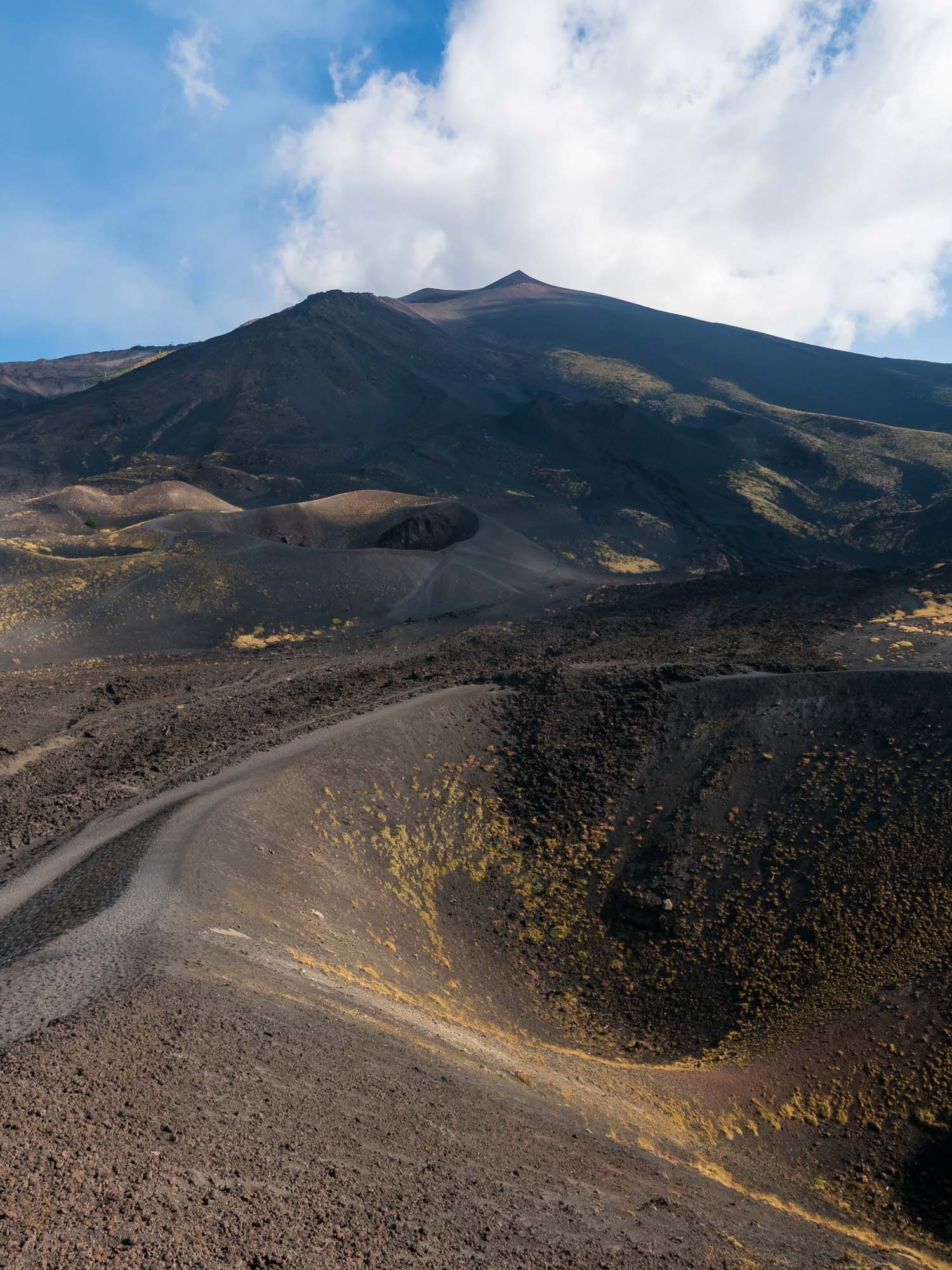
2001
The Southern flank of Mount Etna showing lateral cones and flow from the eruption of 2001.
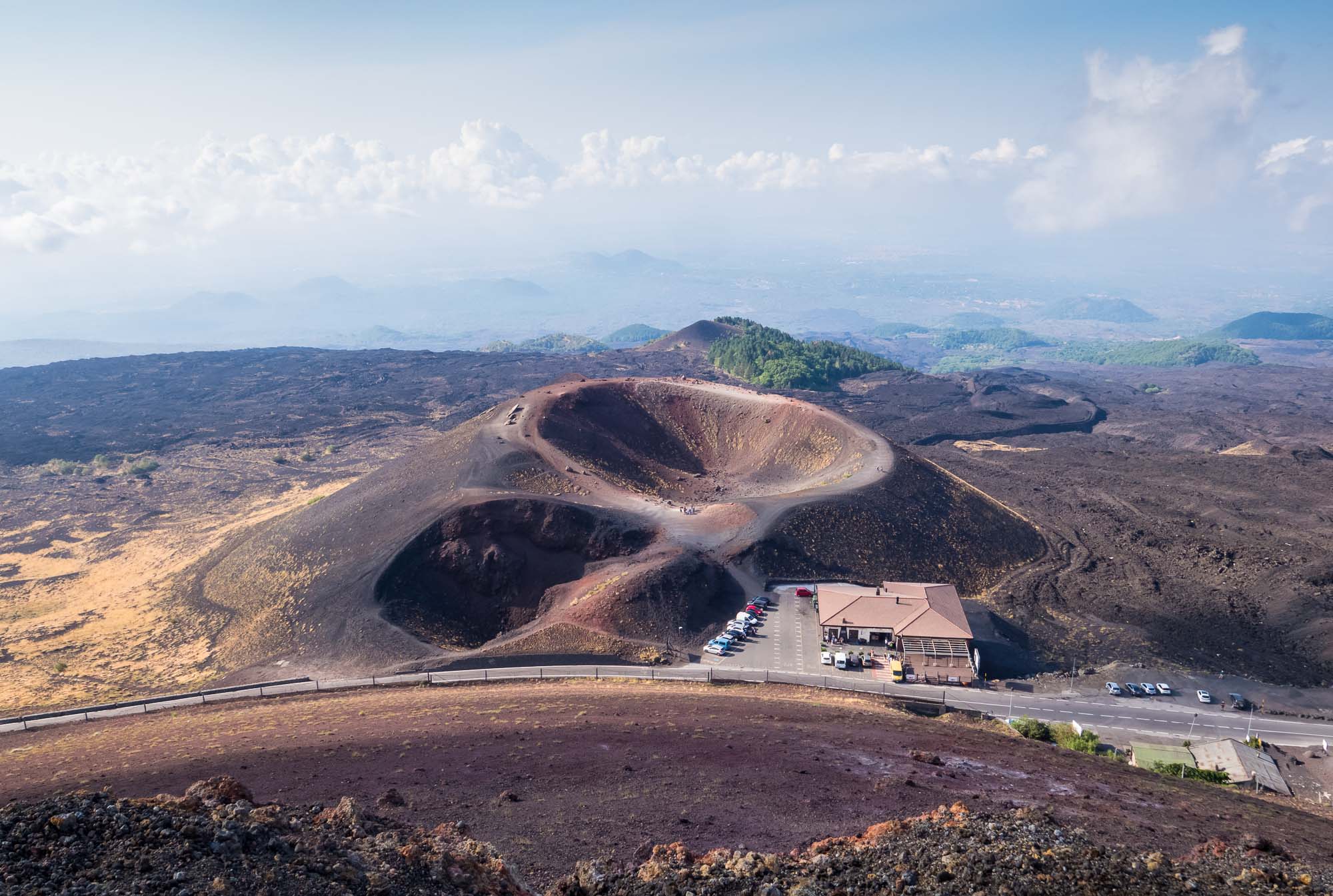
Craters Silvestri of Mount Etna
The two smaller craters near the end of the main road, seen from the third and larger one, are from 1892.
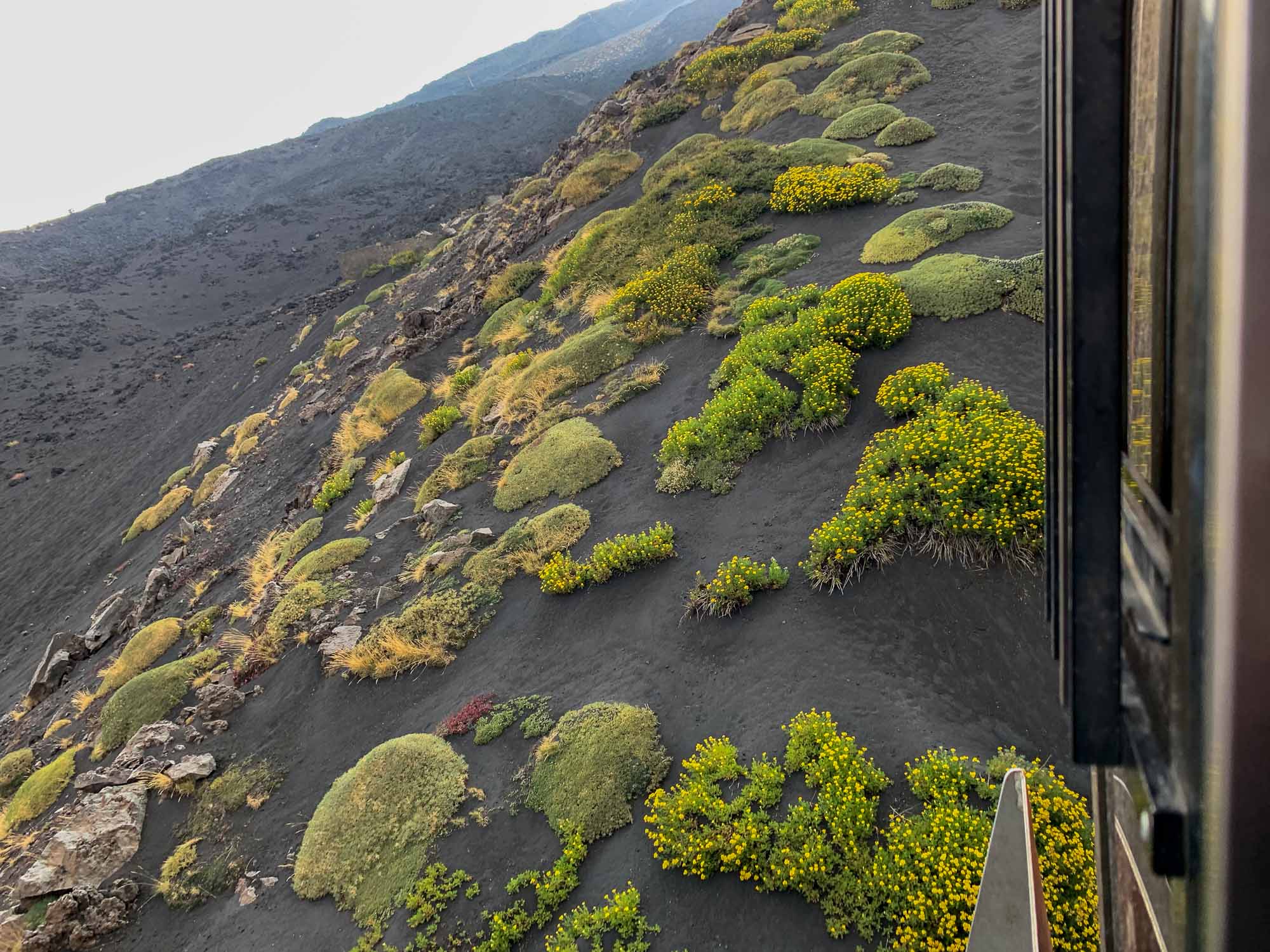
Patches
The only greenery you can find on the lava covered mountainscape as the cable car ascends.
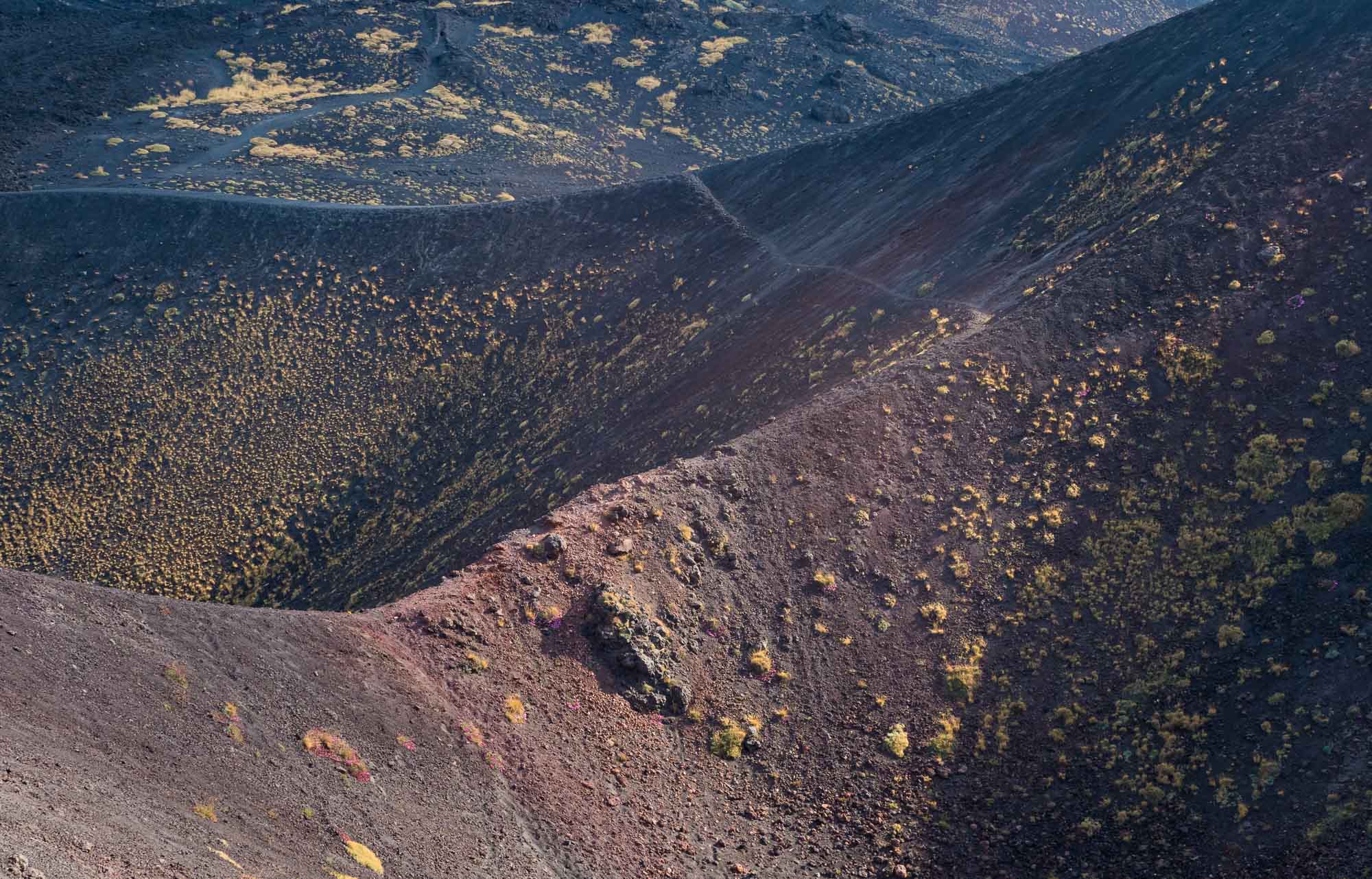
Flora
On the lower craters, there are still occassional bushes of colourful flowers, which slowly disappear as you go higher.
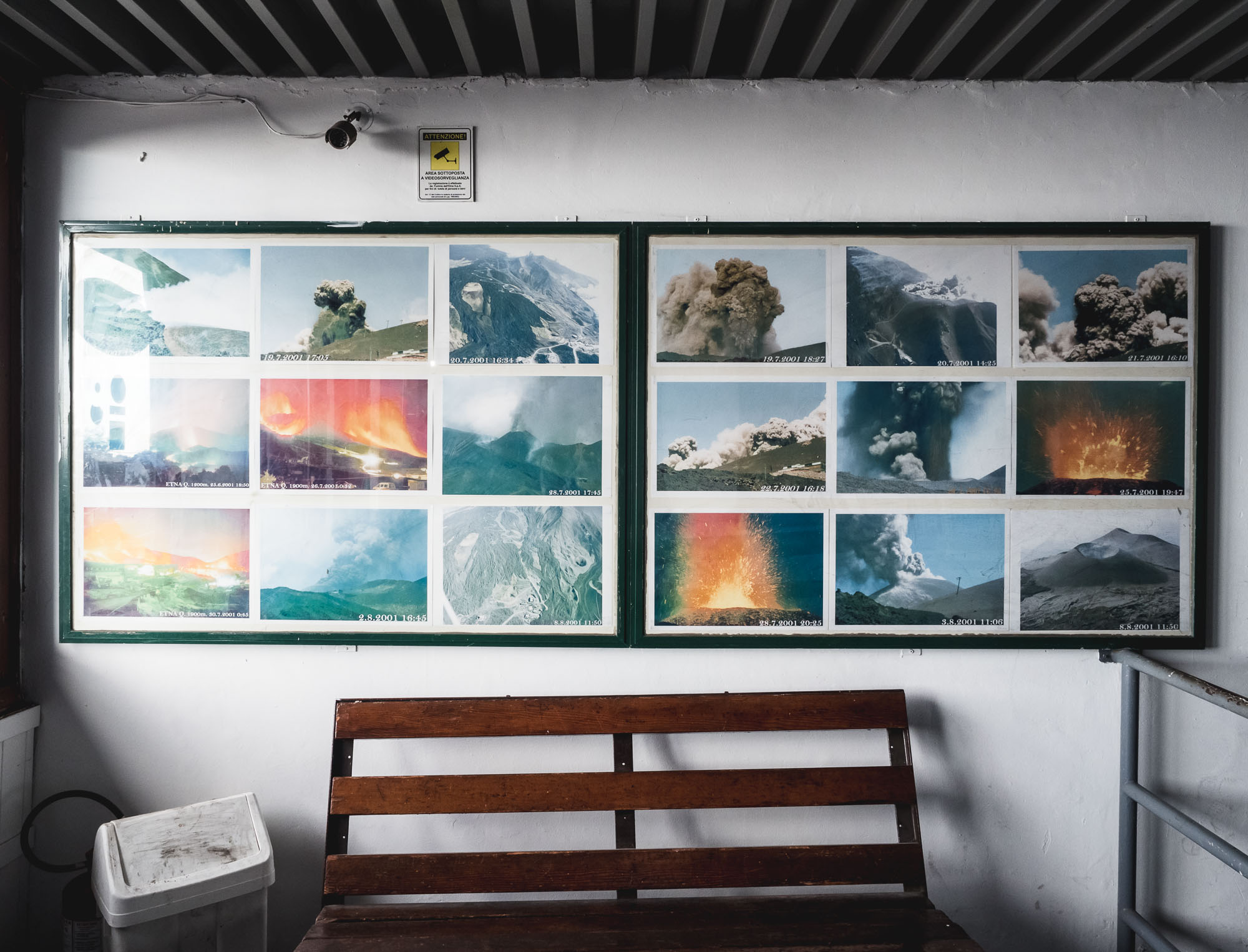
Evidence
Etna is one of the most active volcano's in the world, with plenty of recent evidence.
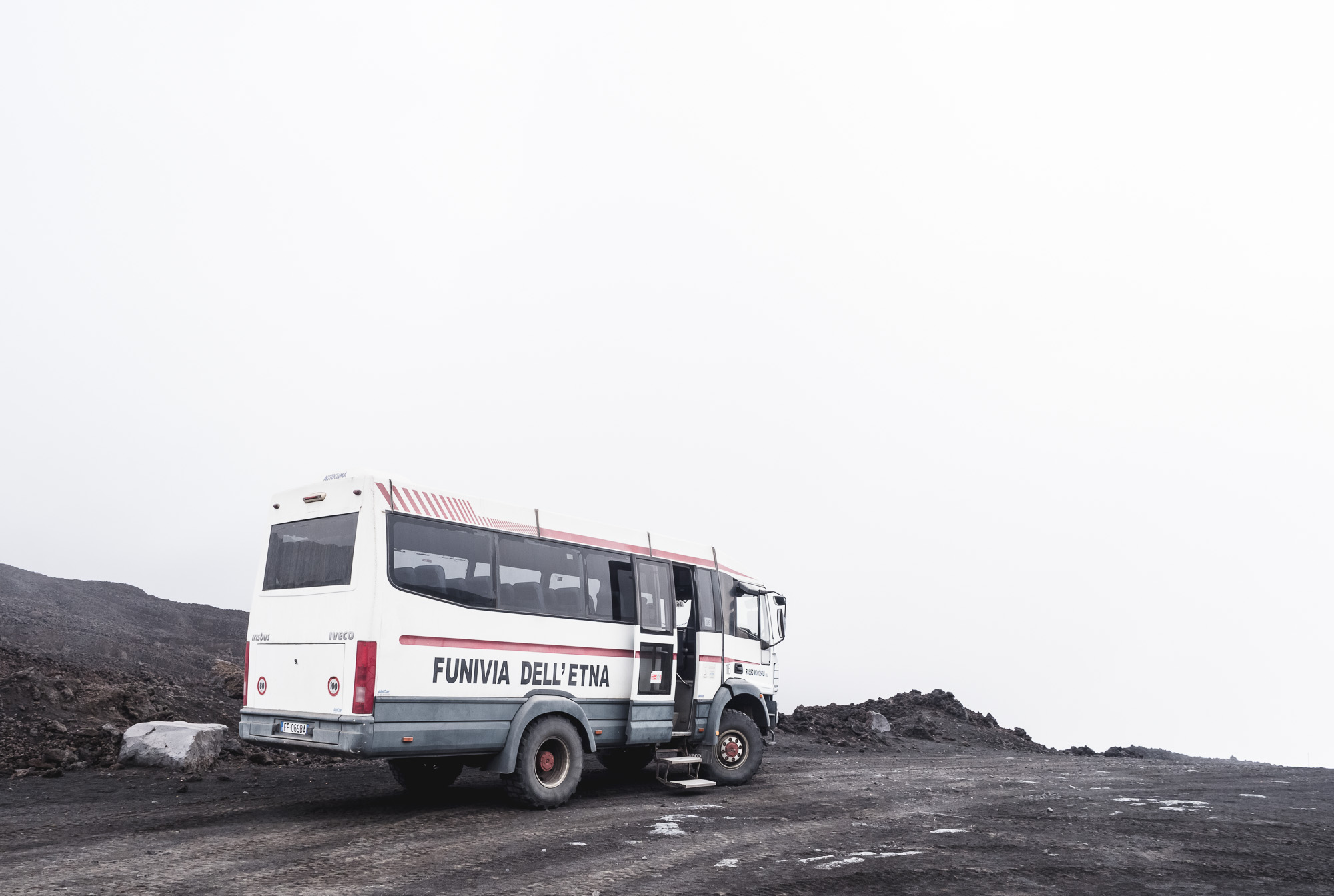
Transport
The cable car station isn't your last mode of transport - these vehicles take you up another few hundred metres.
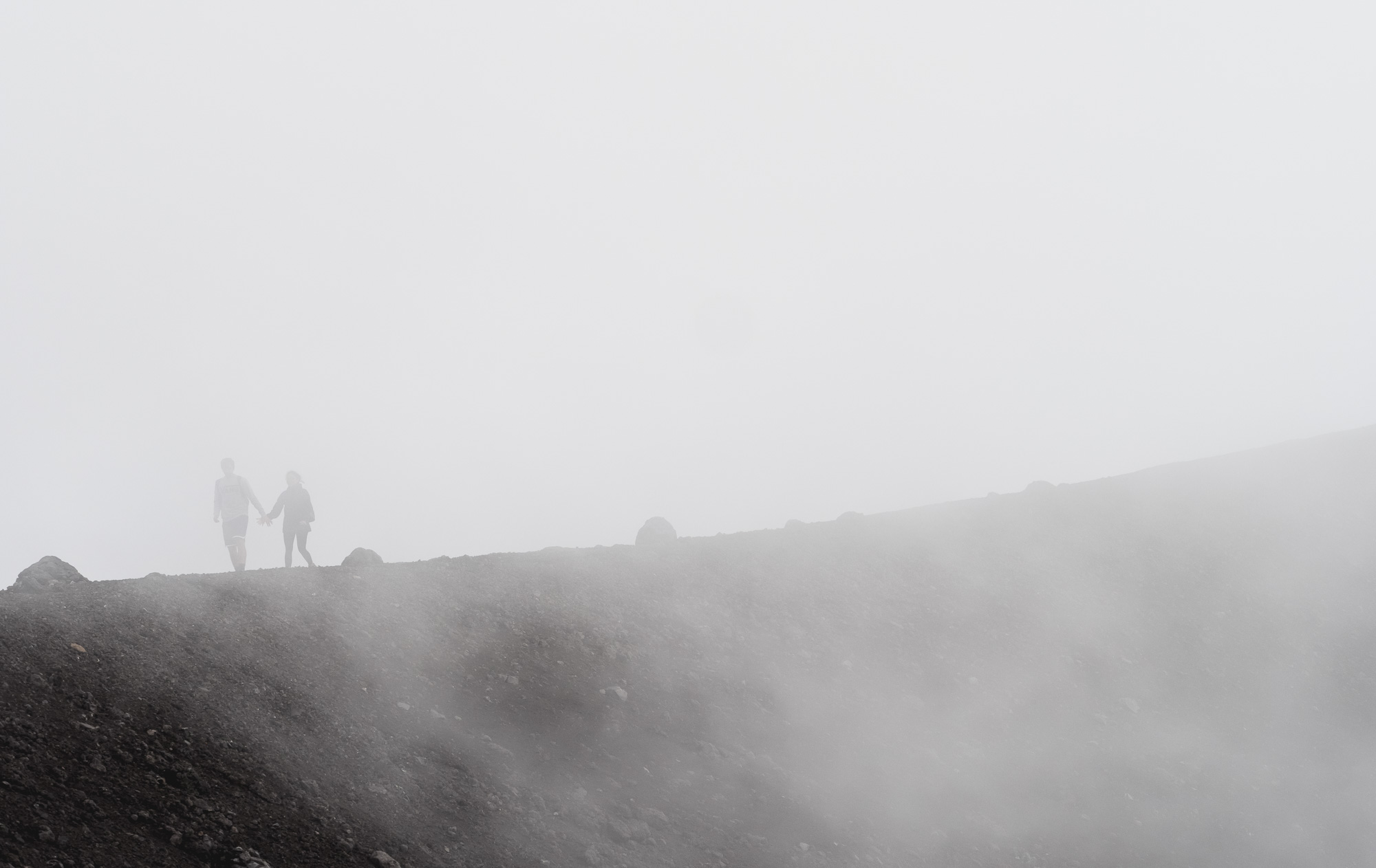
In the Clouds
It's rare to have a clear sky around the summit of the Etna.
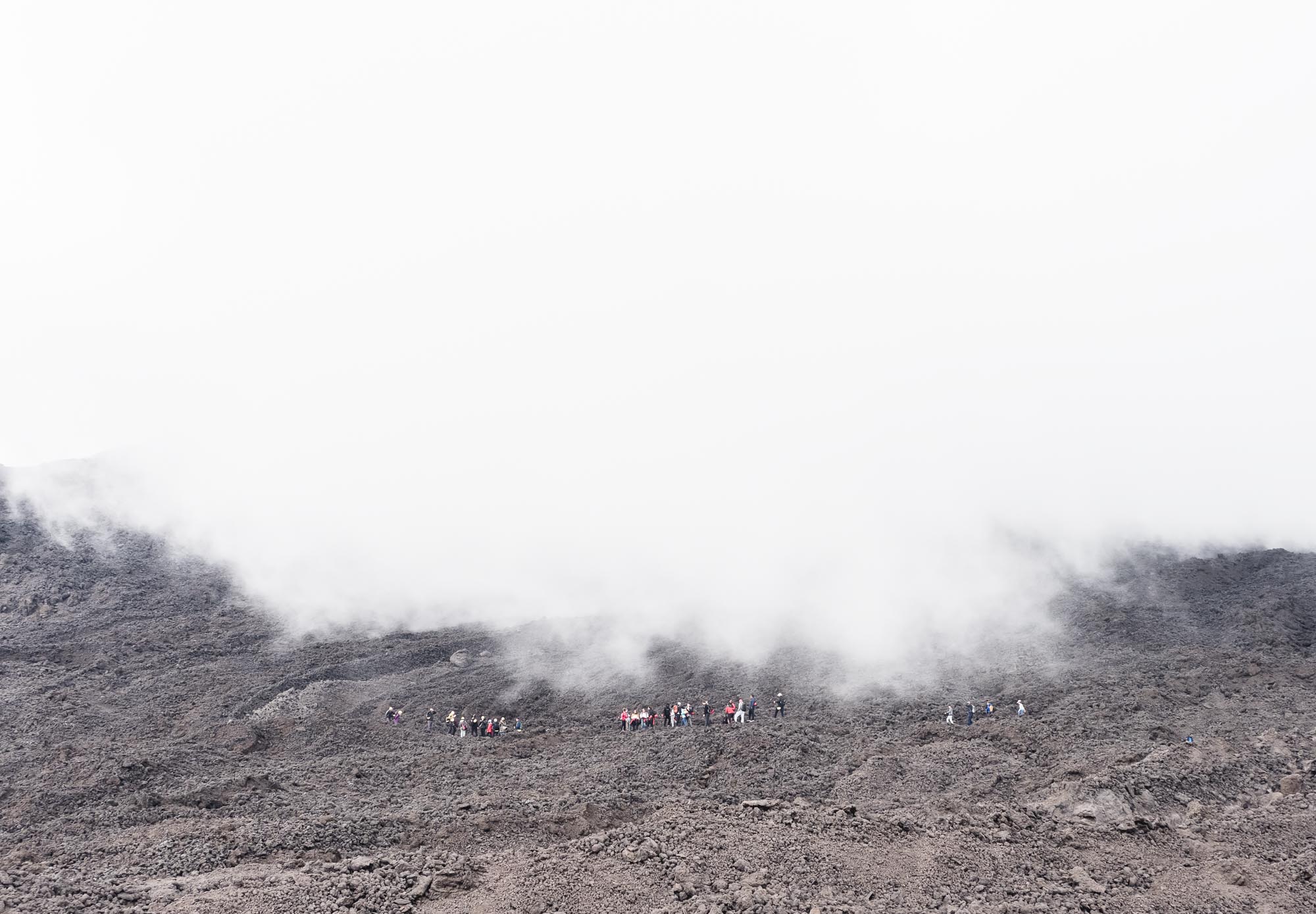
To the Top
A group on the path to the top summit, which is another 2-3h hike from the end of the 4x4 road. While this is where the active craters are, luck is needed catch a clear day for this hike.
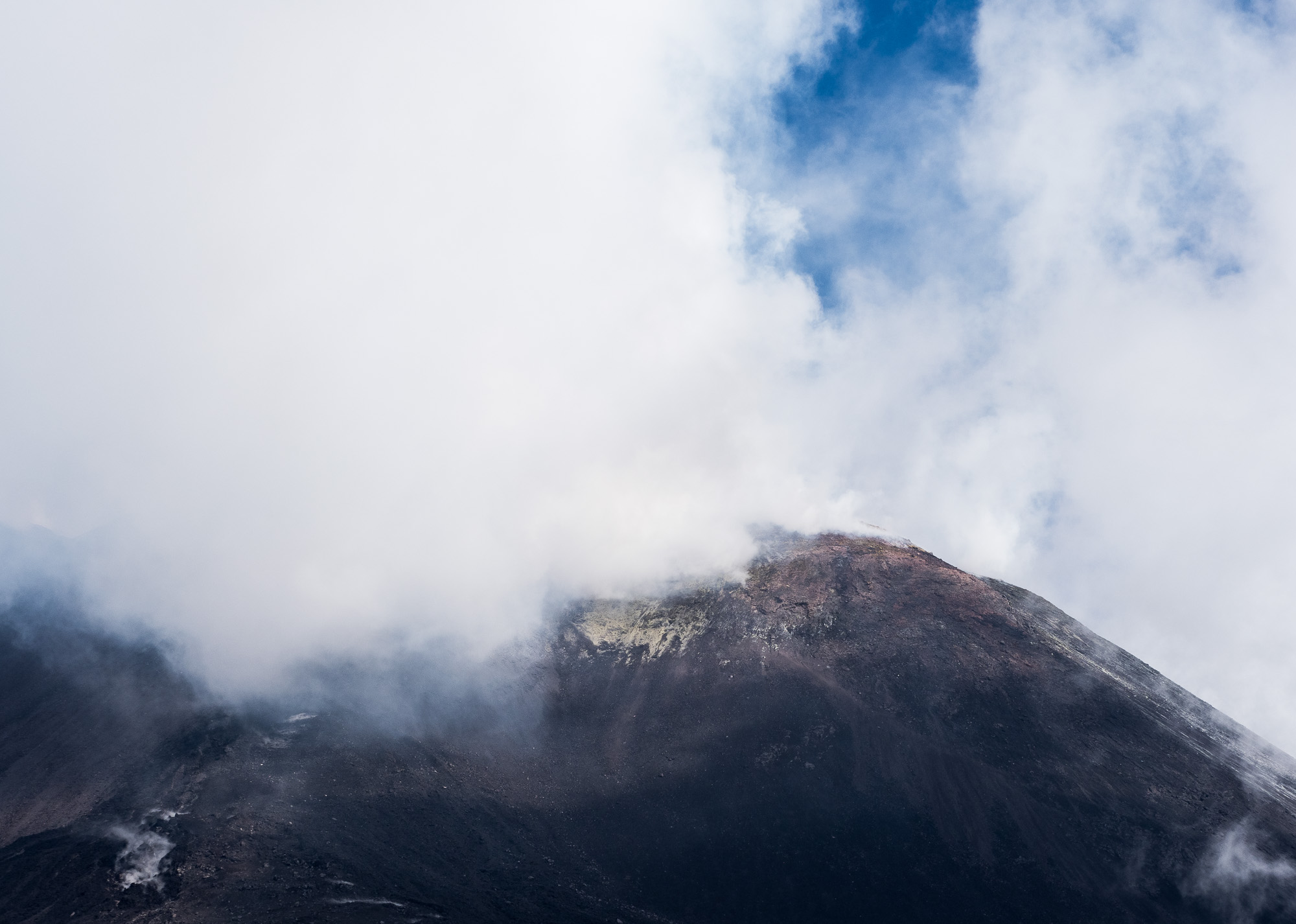
The Summit
The top of mount Etna, engulfed by clouds at 3300 metres. Usually, the early morning (this was around 10:30am) is the best time to catch a clearer glimpse. Note the yellow tone of the sulfur filled sediments.
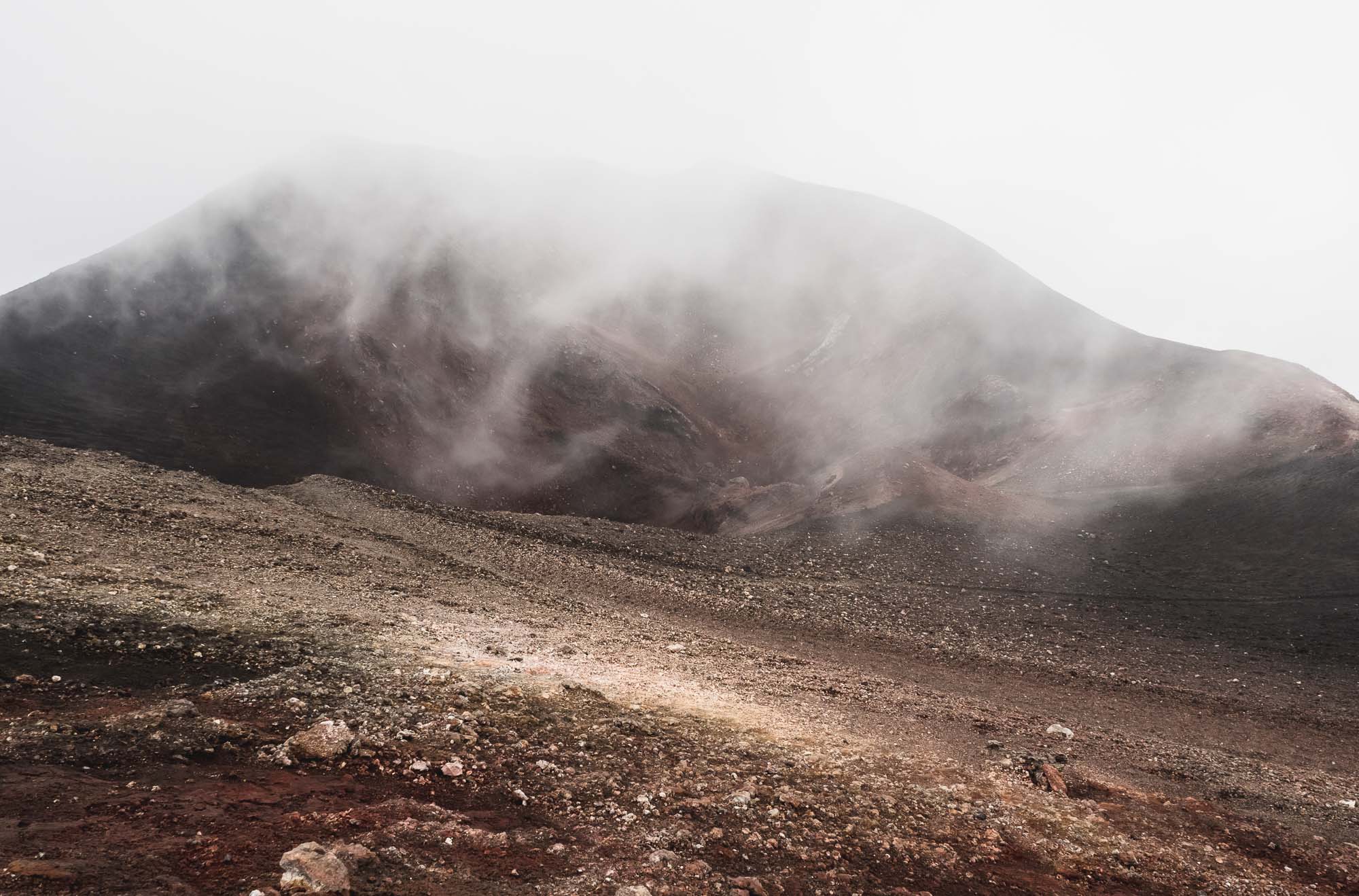
Cloudy
Patches of clouds also touch the lower summits of the 4x4 landing area, at around 2900m.
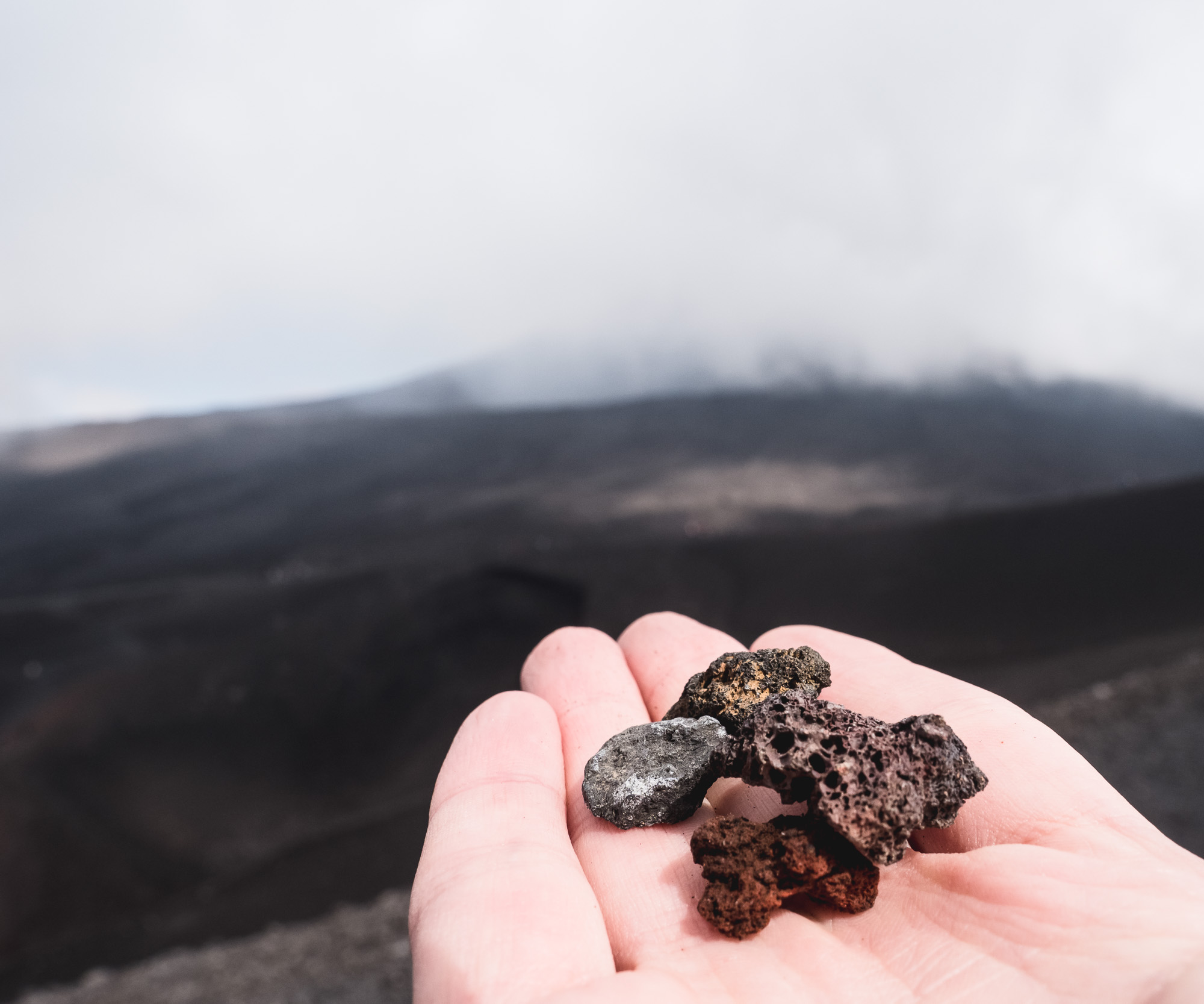
Colours
While from afar things appear of a more uniform blackish colour, looking closer at the ground reveals traces of sulfur, iron and more.

Warmth
Even the craters below the summit still have warm soil, once you dig a few centimetres.
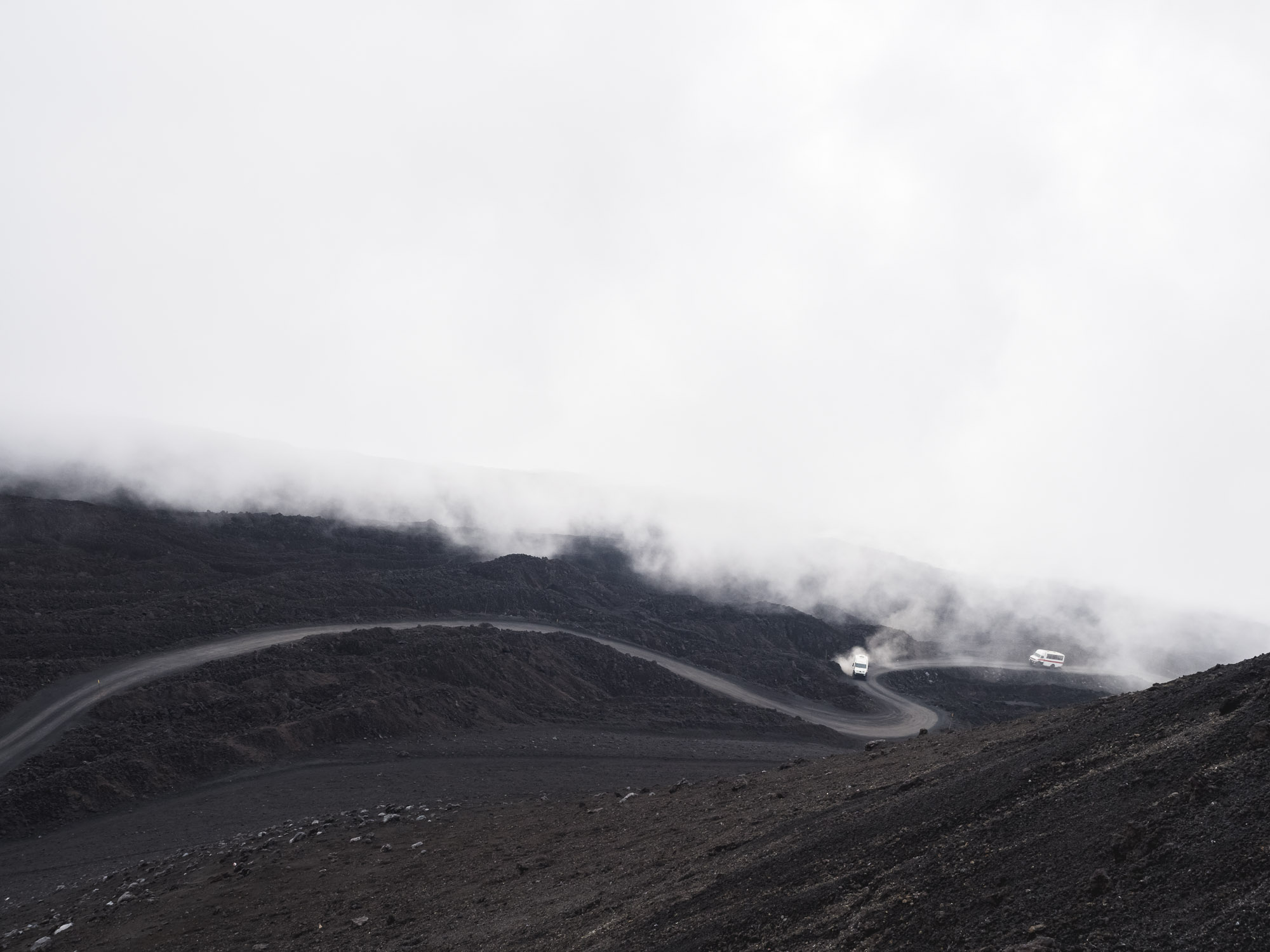
A Bumpy Road
The way up is not exactly a highway, and the fine lava sand means the road needs to be flattened regularly.

Entertainment
An old cinema and comedy club in Acireale.
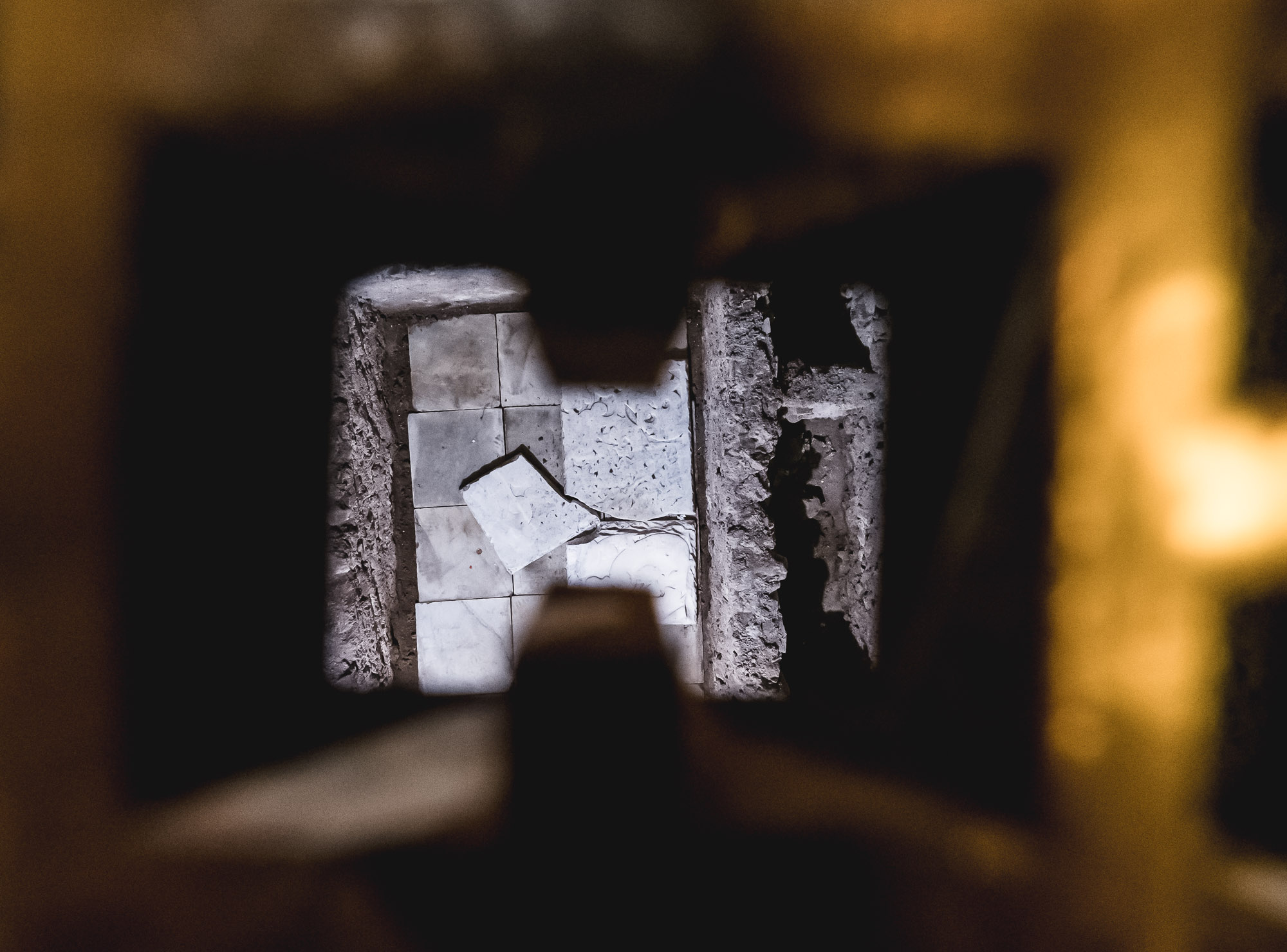
The Real Secrets...
...often lie below the floor of the churches of today, hidden from view unless you spot them through a drain hole, like in the case of this grave.
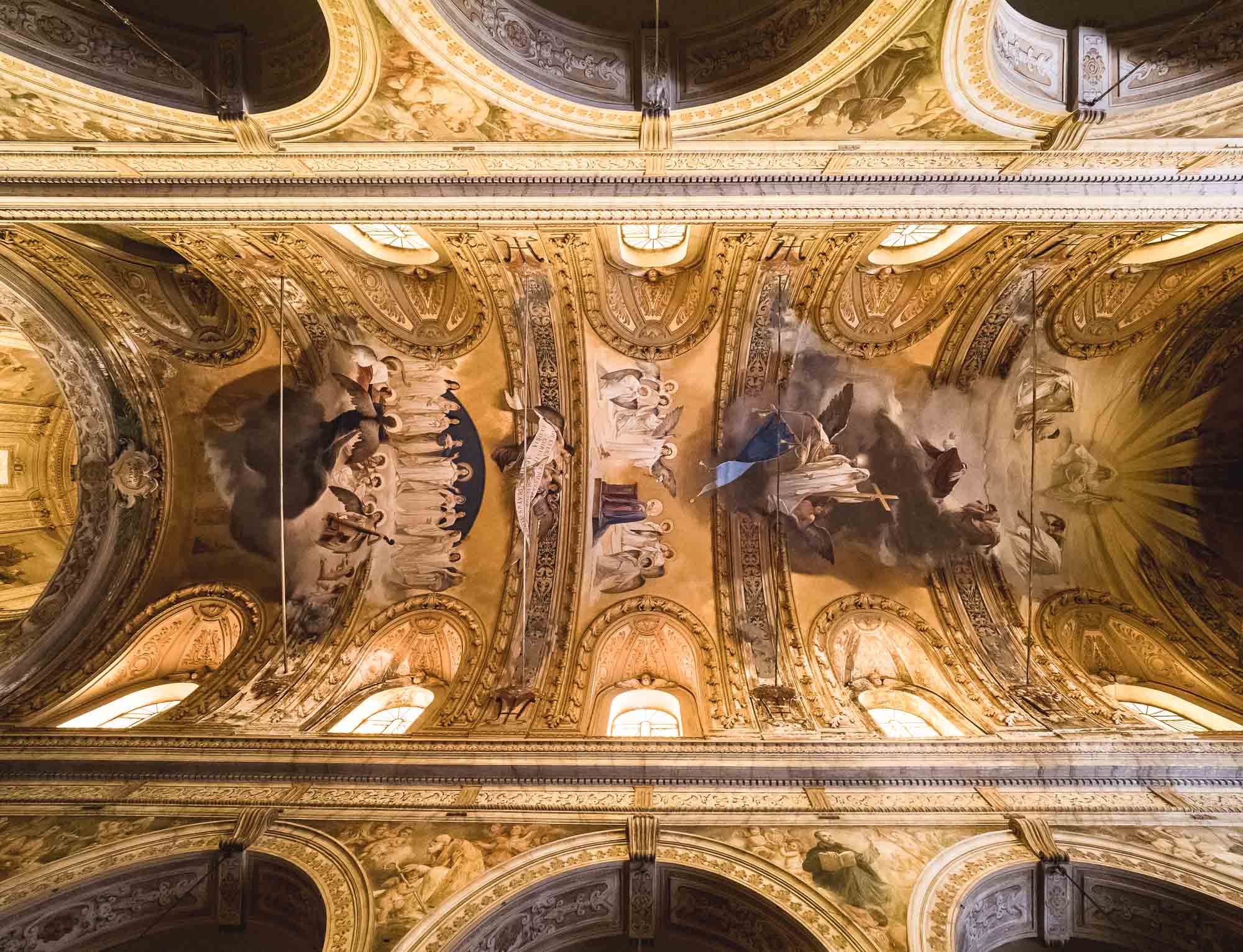
Ceiling Paintings
The illustrations on the Cathedral of Saint Mary of the Announcement.
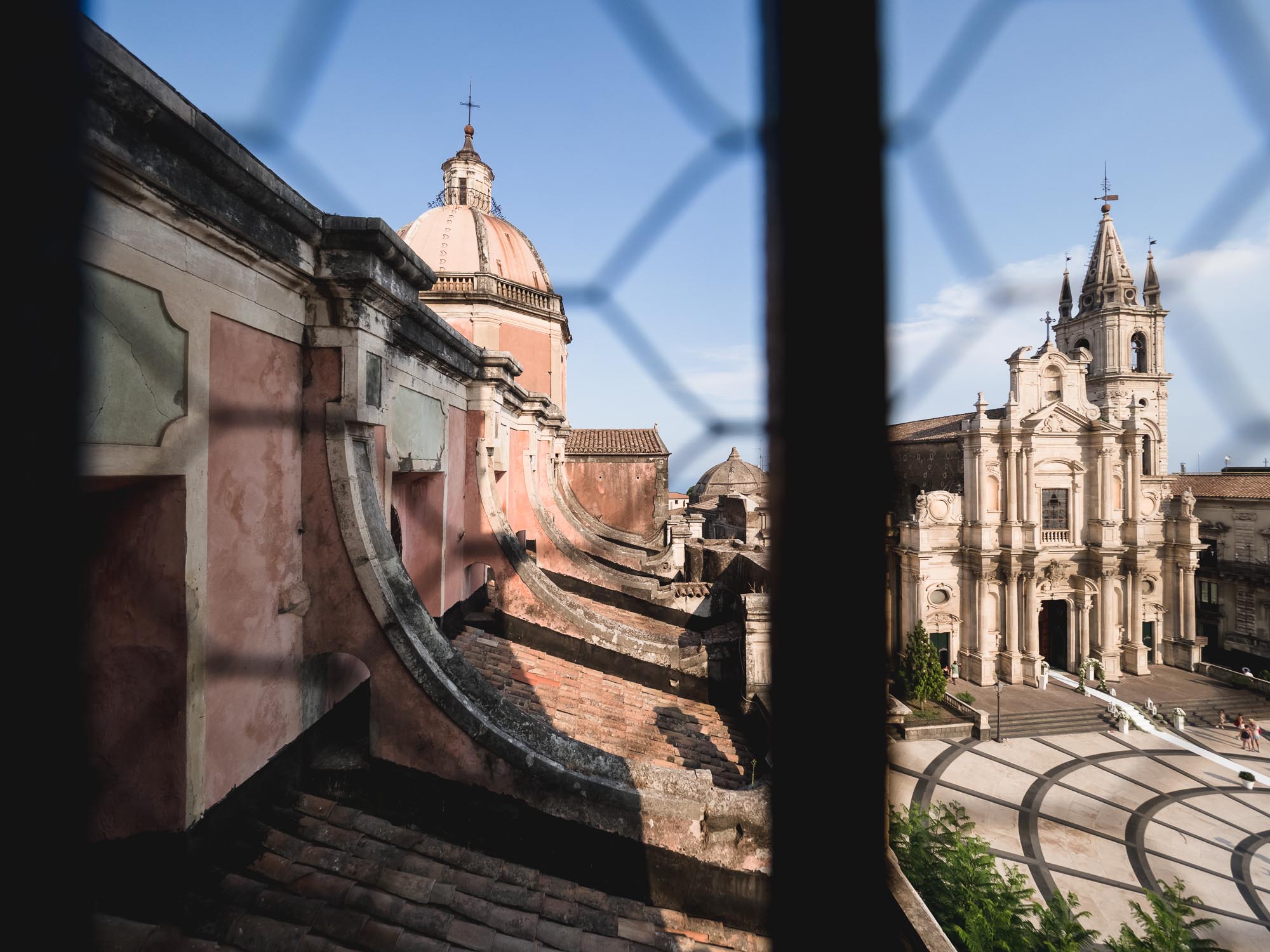
Back Views
The roofline of the Cathedral and the Basilica of the Holy Apostles Peter and Paul on the right just behind.
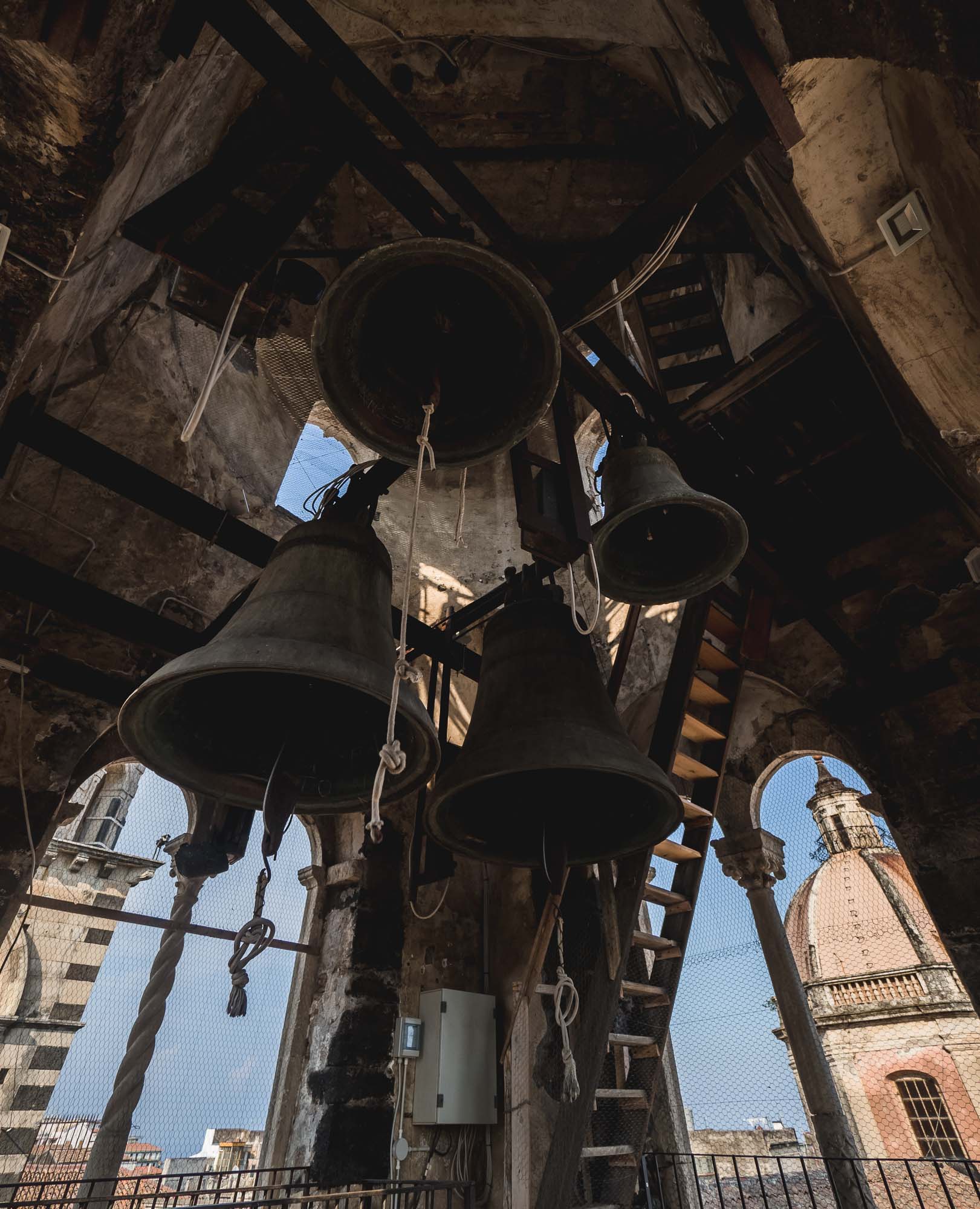
Church Bells
You can climb up a few stairs to the Cathedral of Acireale's bell towers. While they both look identical, the one on the south is from 1655, while the one to the north, is from 1890.
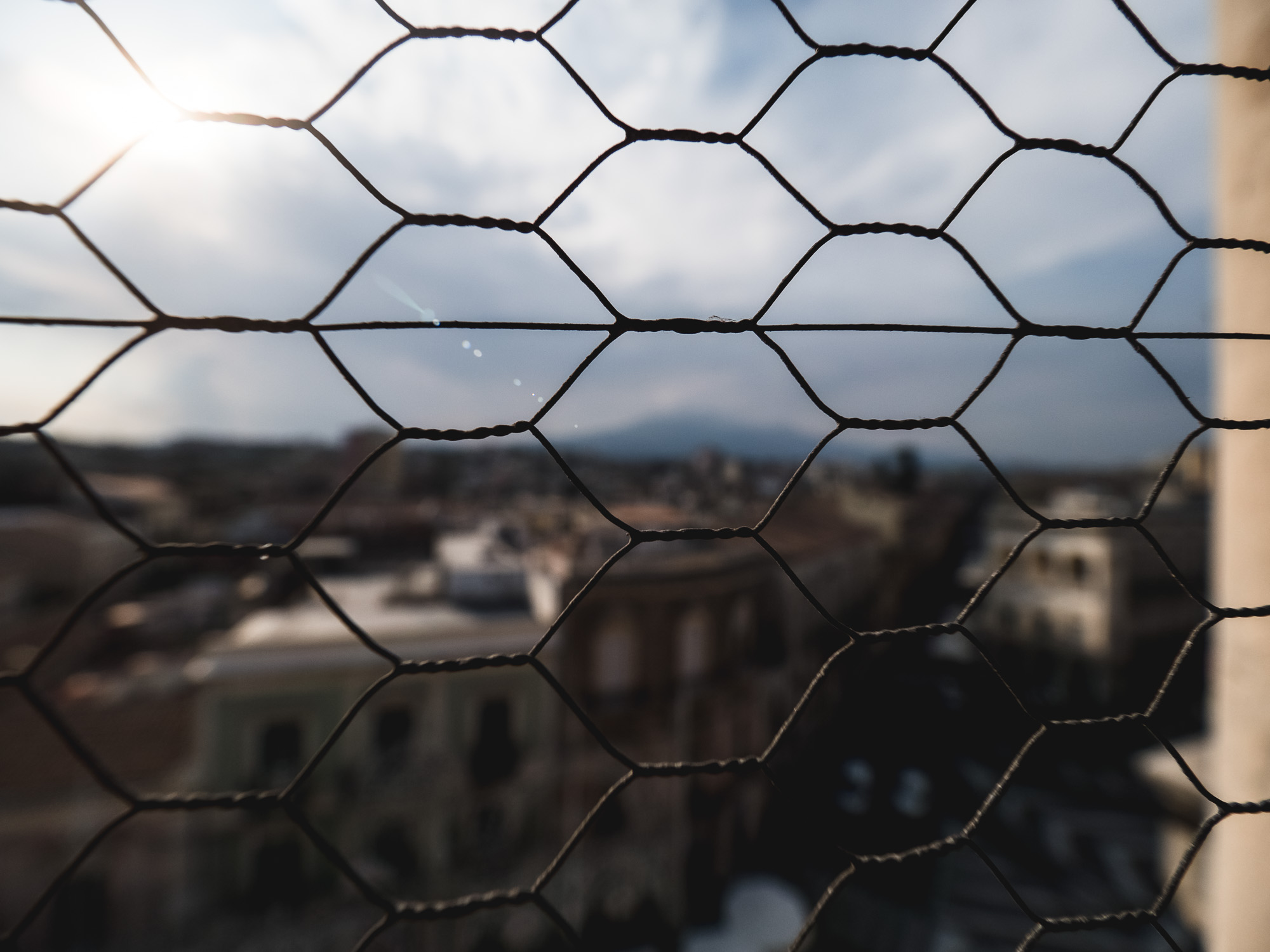
Acireale
The view from the bell tower is unfortunately obstructed by a fence to keep birds out, but you can still see the majestic Etna in the background.
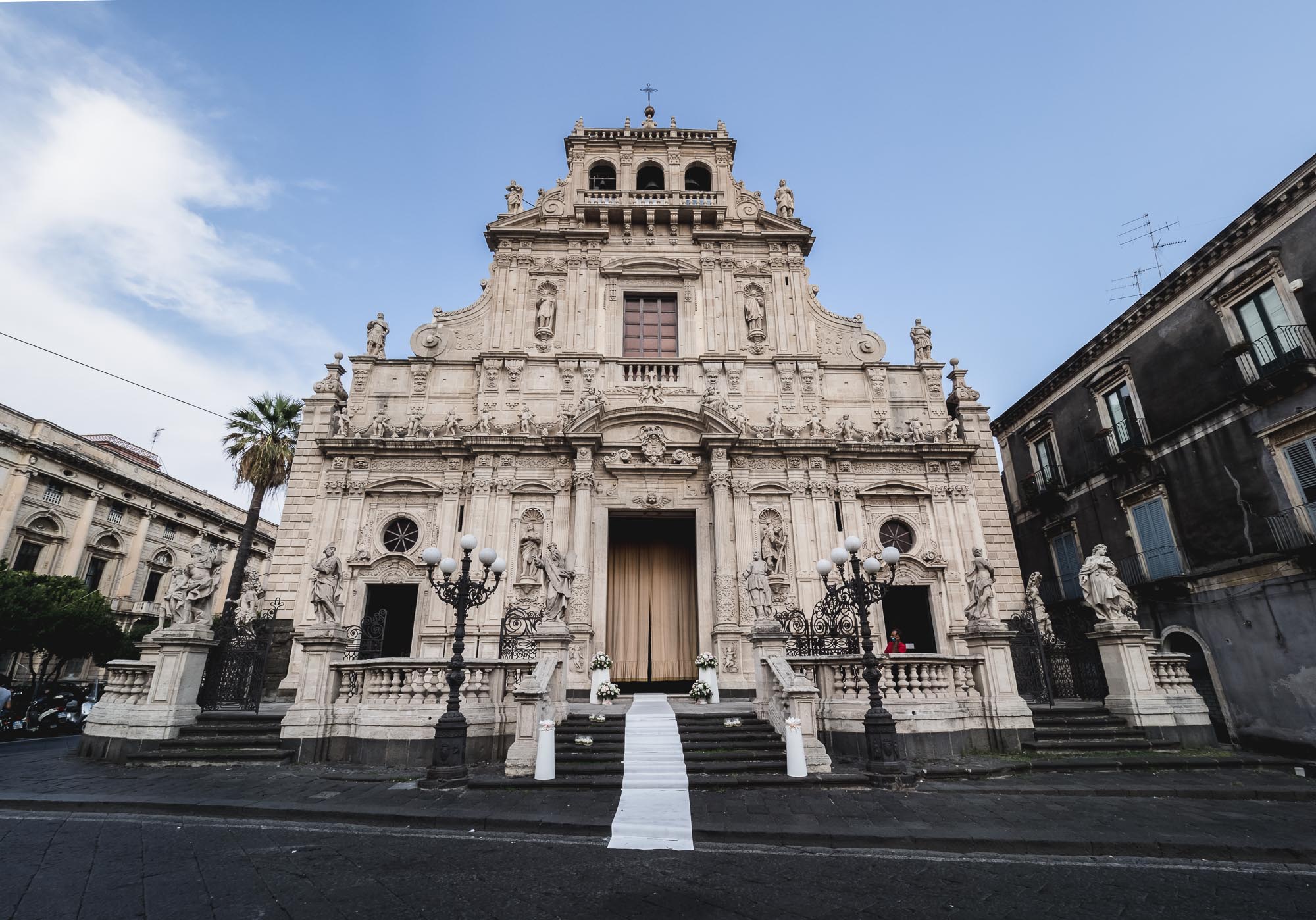
Triumvirat
The third major church in the centre of Acireale is the Basilica Collegiata San Sebastiano.
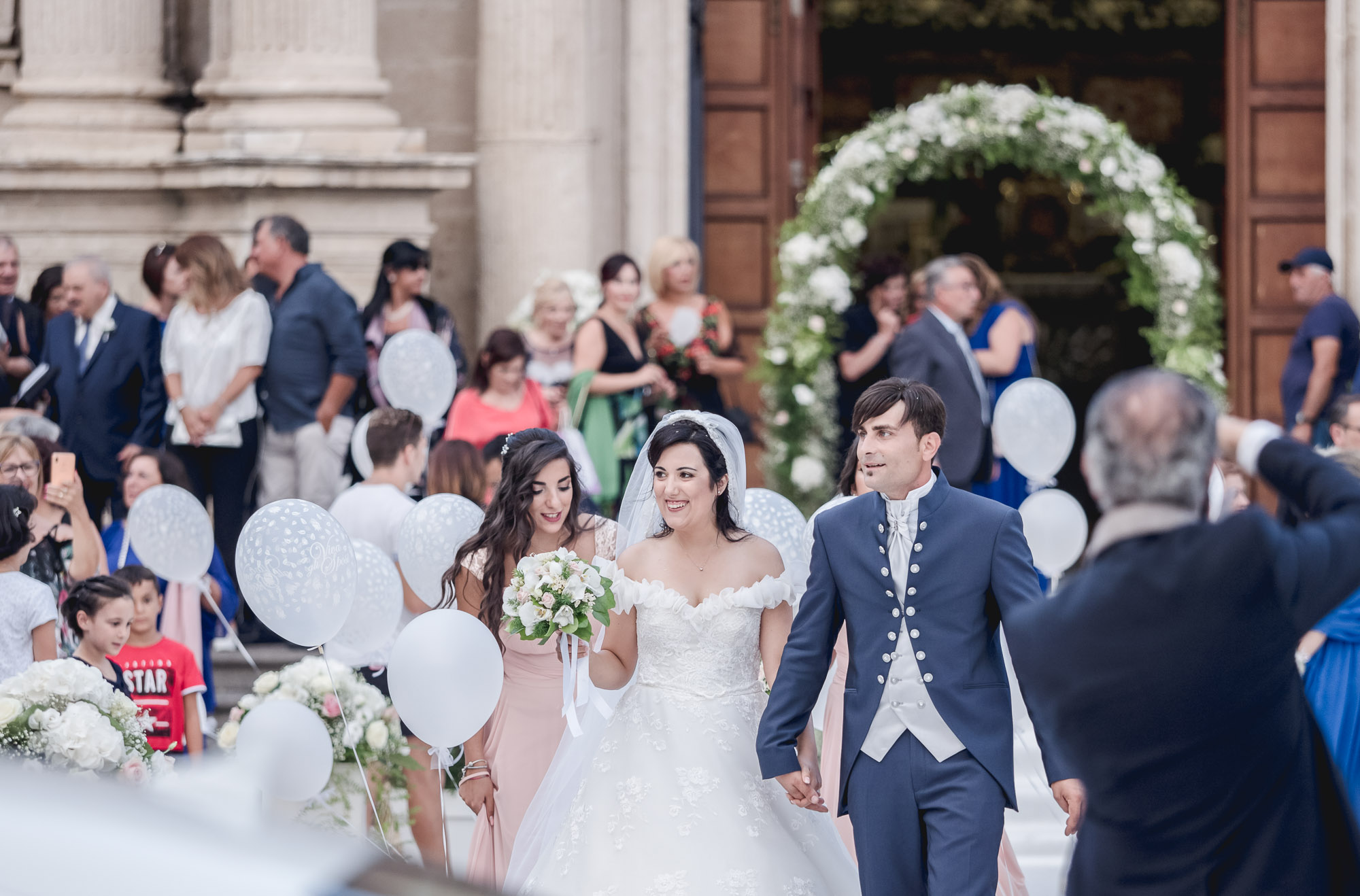
Procession
A wedding took place in the afternoon at Acireale's main square.
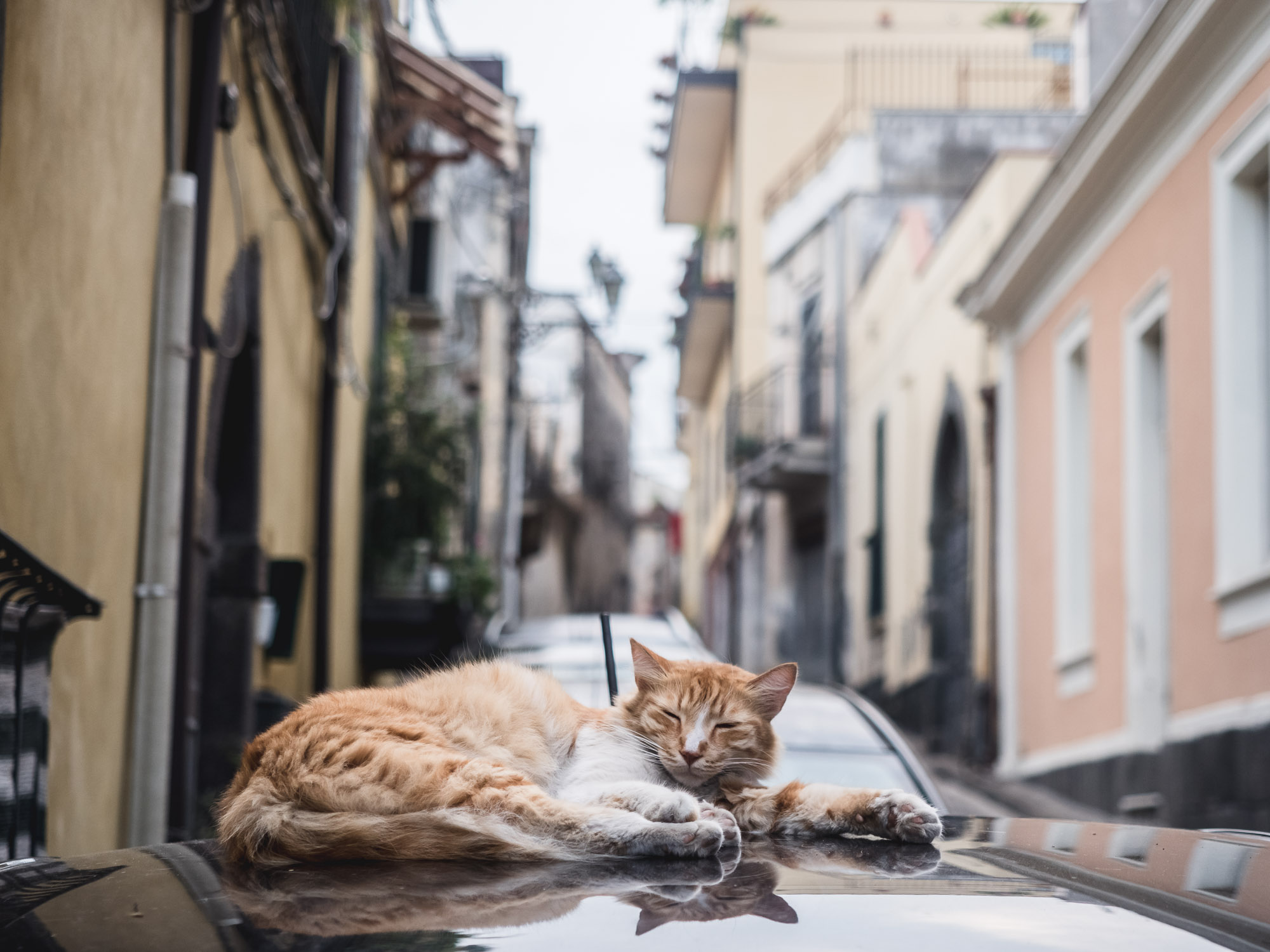
Just Chilling
The obligatory cat photo for this album.
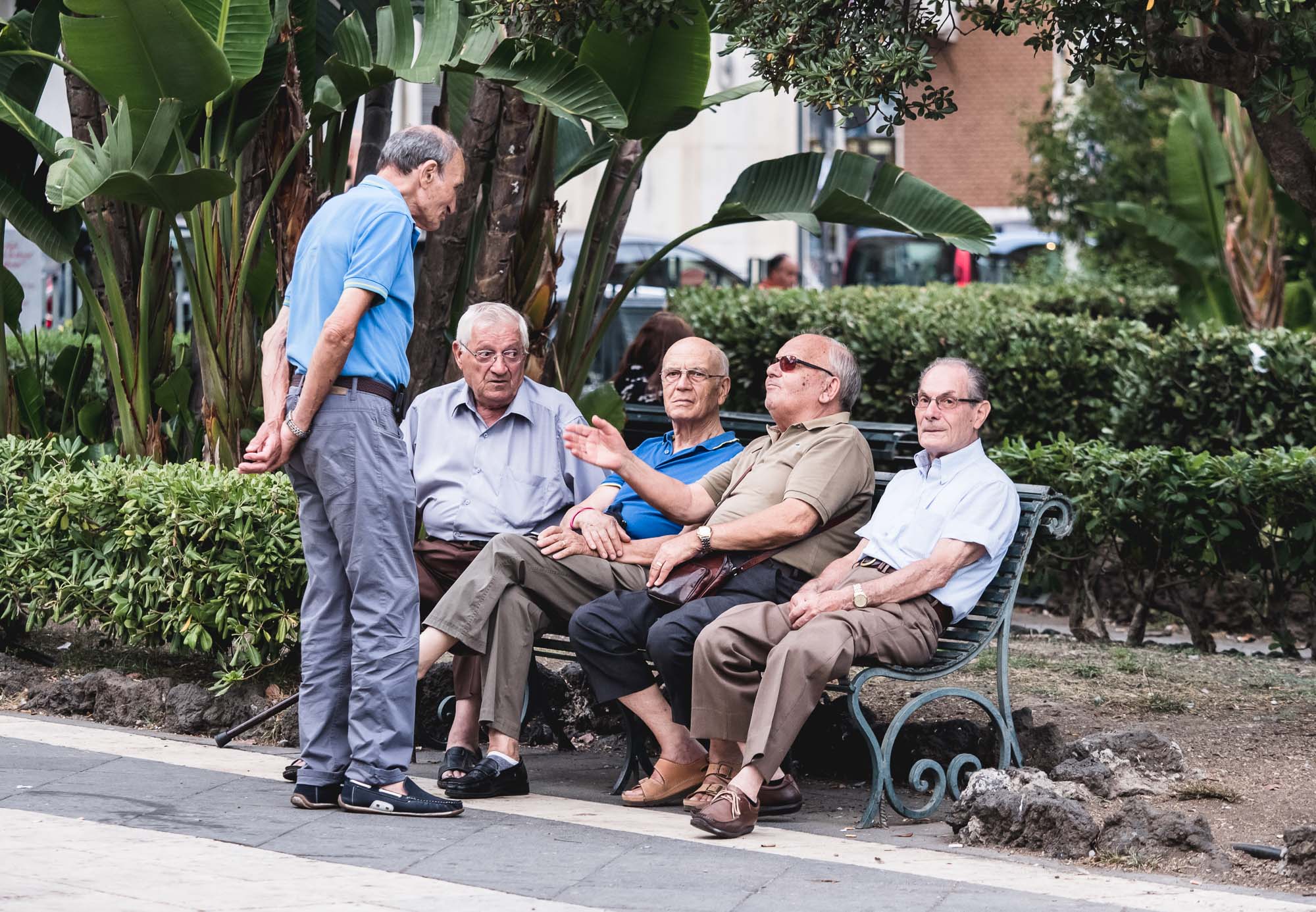
Conversations
Problems with the Mafia or the wife, who knows what the topic may be?
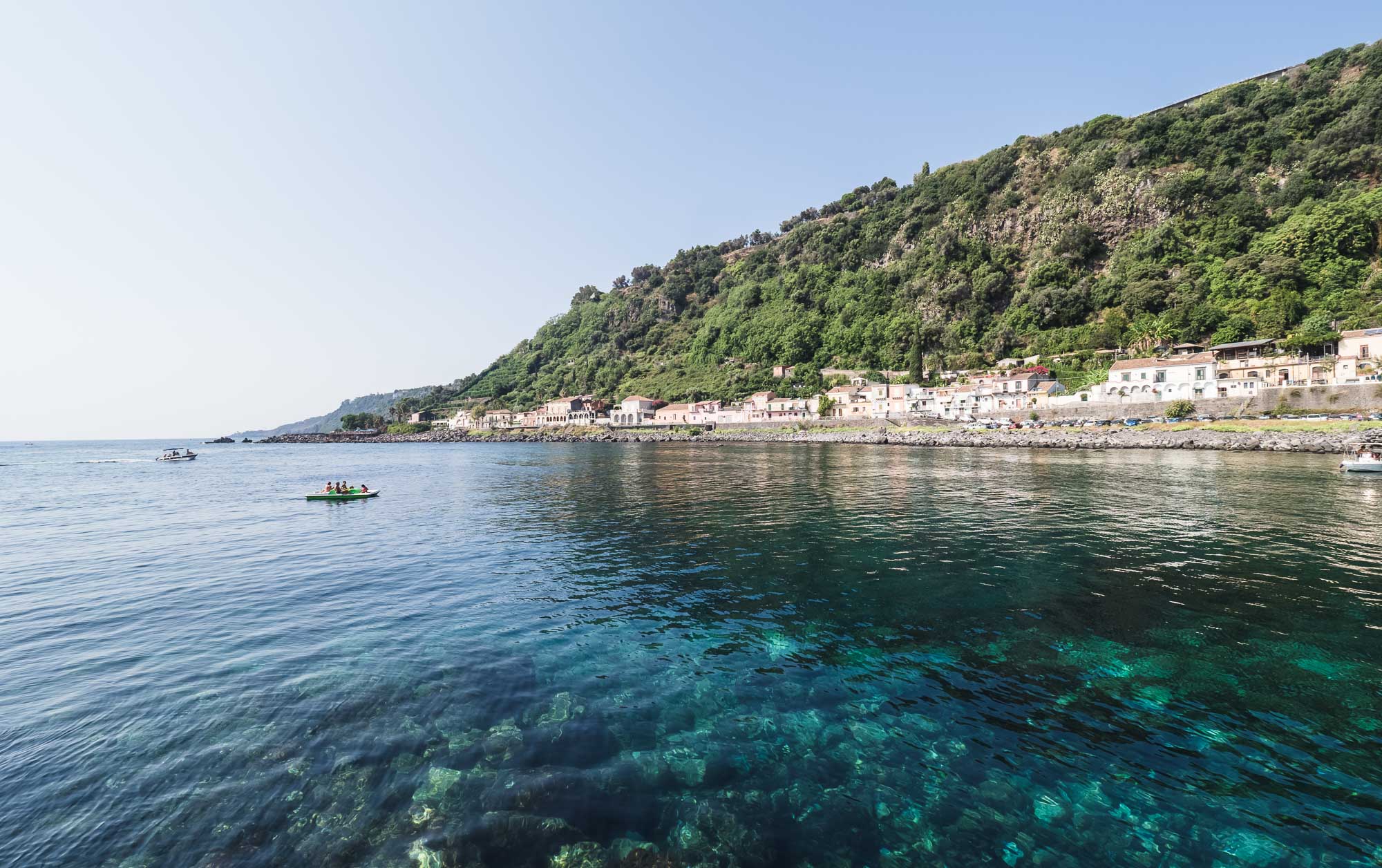
Clarity
The clear waters of the Mediterranean sea engulfe the island.
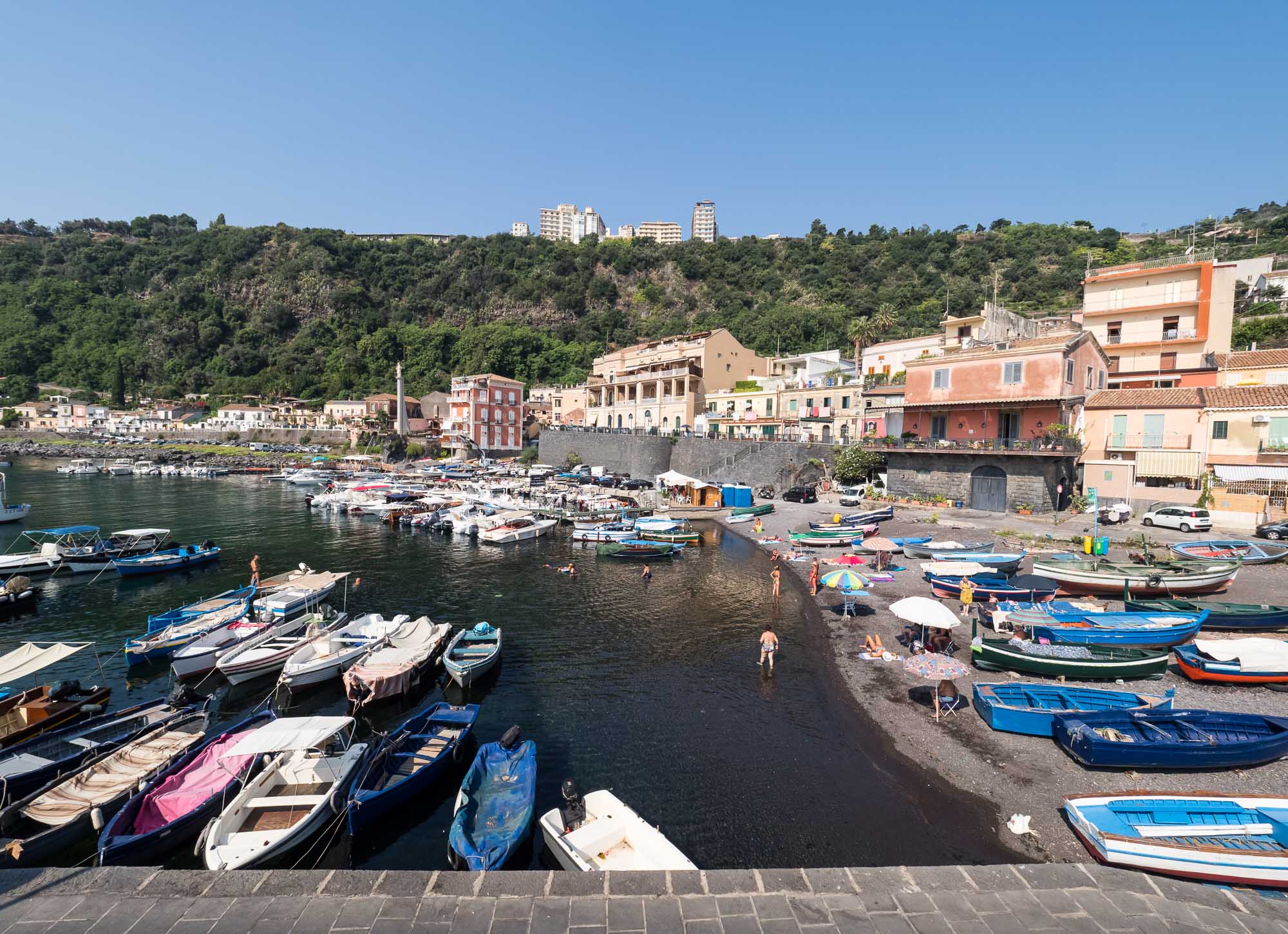
Coastal Views
The town of Santa Maria La Scala lies at the foot of the cliffs on which Acireale sits.
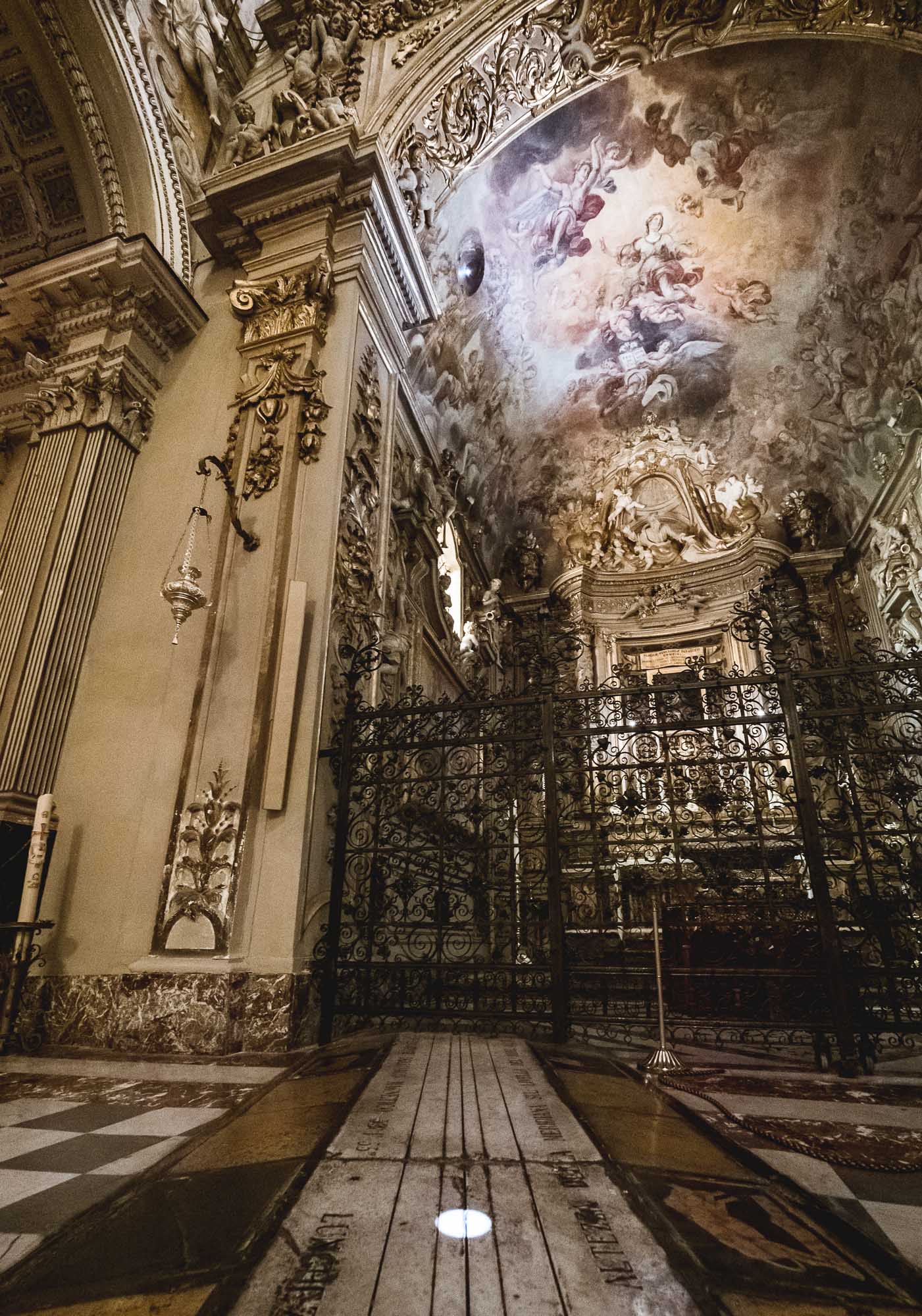
Meridian
In the Cathedral of Maria Santissima Annunziata is a meridian noon mark designed and built in 1843 by the Danish astronomer Frederik Christian Peters, which I was lucky enough to observe at the exact time it was meant to illustrate.
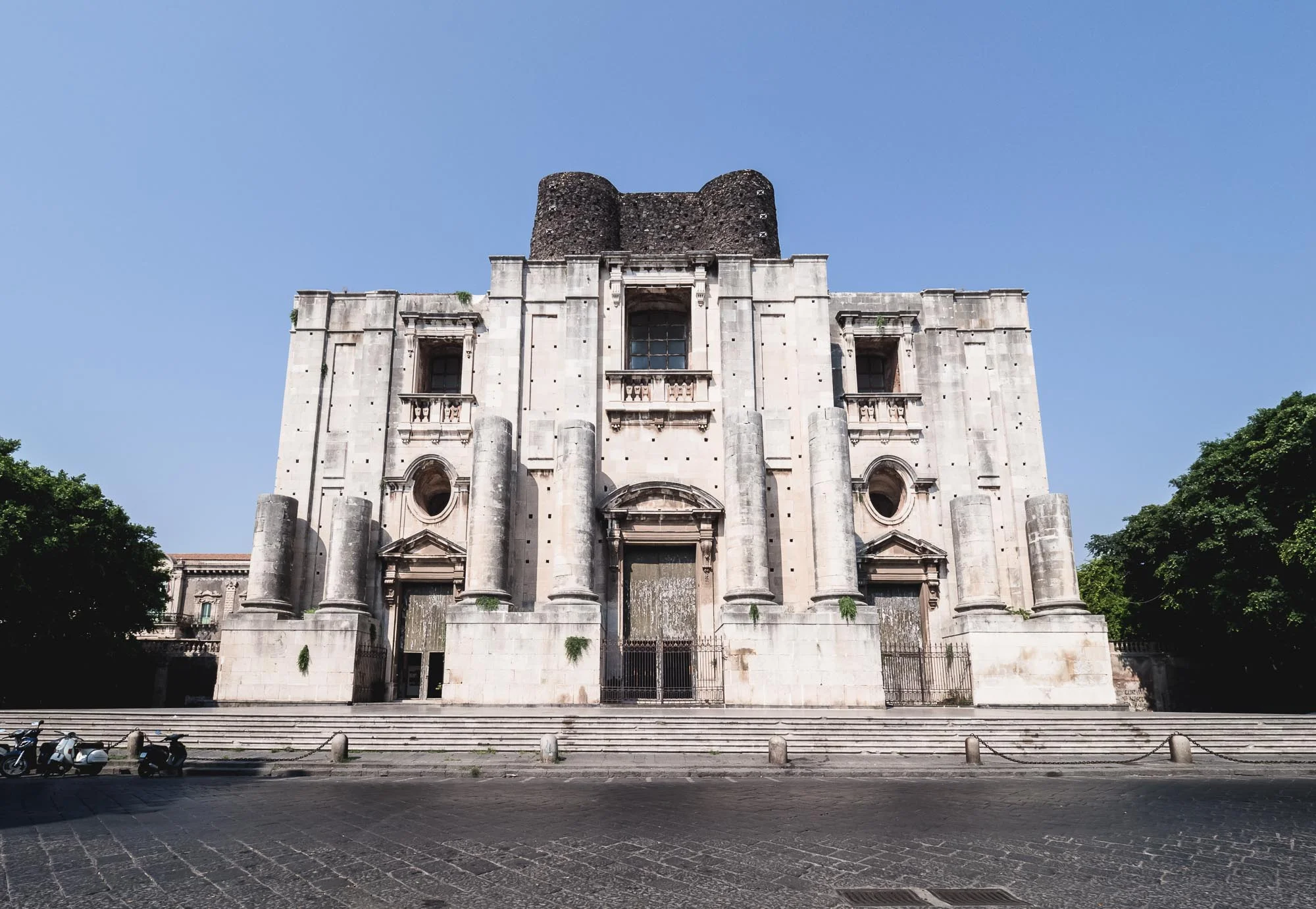
The Unfinished Church of San Nicol
Just attached to the Monastero dei Benedettini di San Nicolò l'Arena.
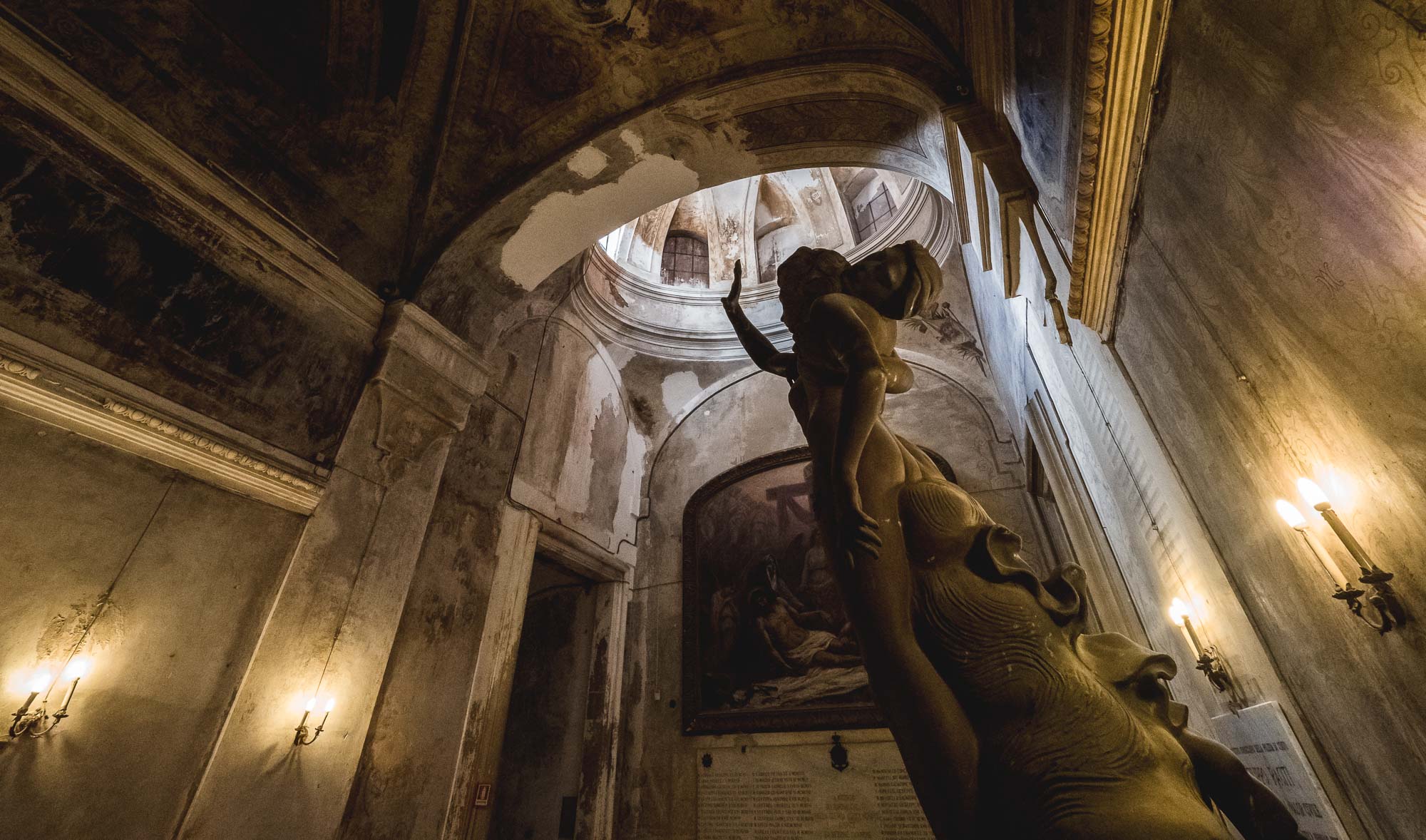
Raw
The church feels as raw on the inside as it does from the outside.

Entrance
The staircases for the monastery may as well be host to a Harry Potter movie.

No Passage
Some doors are closed more permanently than others.

Courtyard
The monastery is one of the largest monasteries in Europe and a UNESCO World Heritage Site, but today houses the Department of Humanities of the University of Catania
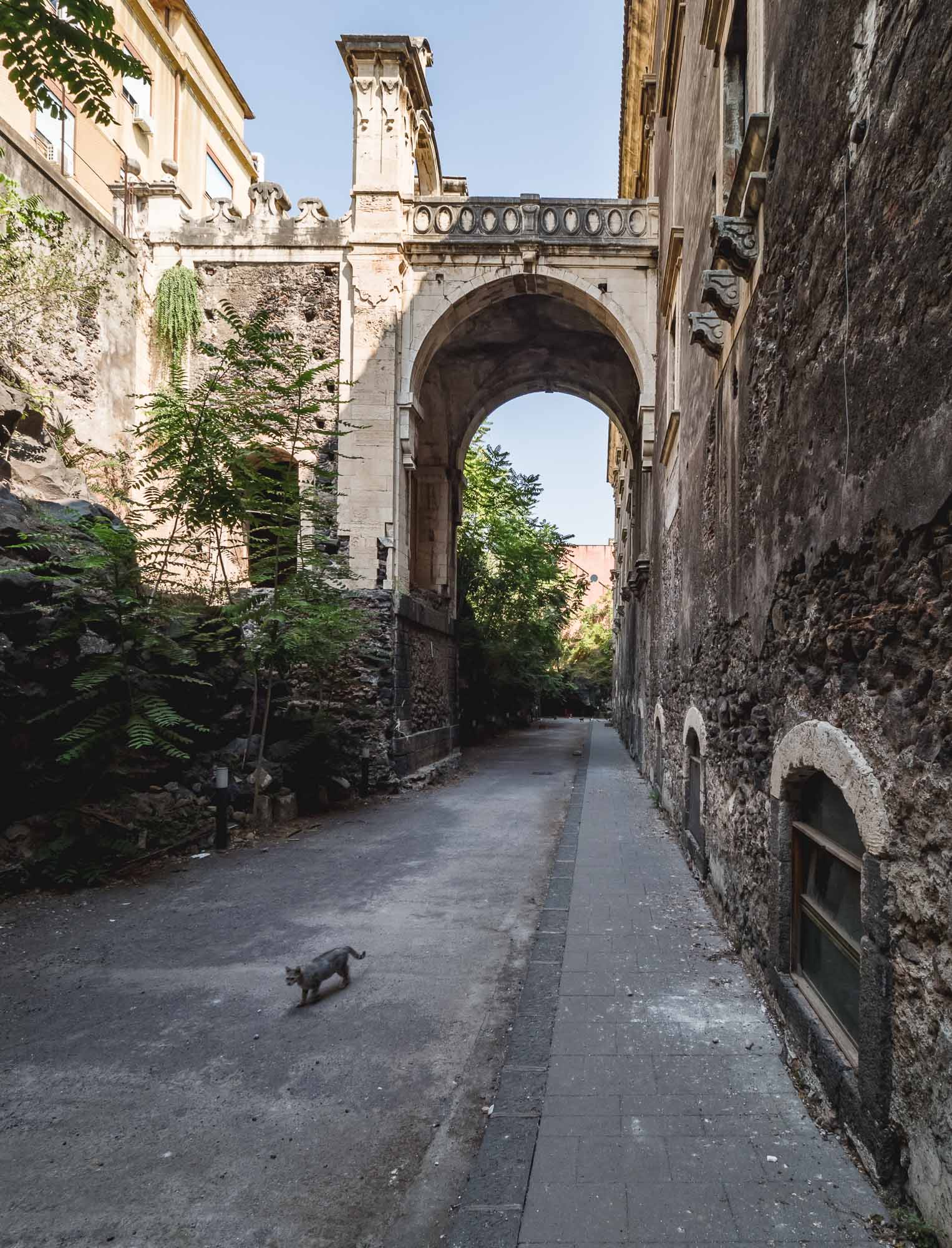
Bridge
The bridge acting as entrance into the monastery from the back is one of the oldest parts of the building, with lava remains from the 1669 eruption that destroyed a big part of the complex still visible on the left side.
Lebanon - Crossroads of Cultures
In July 2019, a wedding of one my best friends gave me the chance to visit another country in the Middle East: Lebanon. The history of the country and its natural setting result in a truly diversified experience. Assyrian, Hellenistic, Roman, Phoenician, Persian influences are evident throughout the country, which features everything from beaches, green mountains, nightlife, skiing in the winter, and some of the most impressive ancient sites in the world.
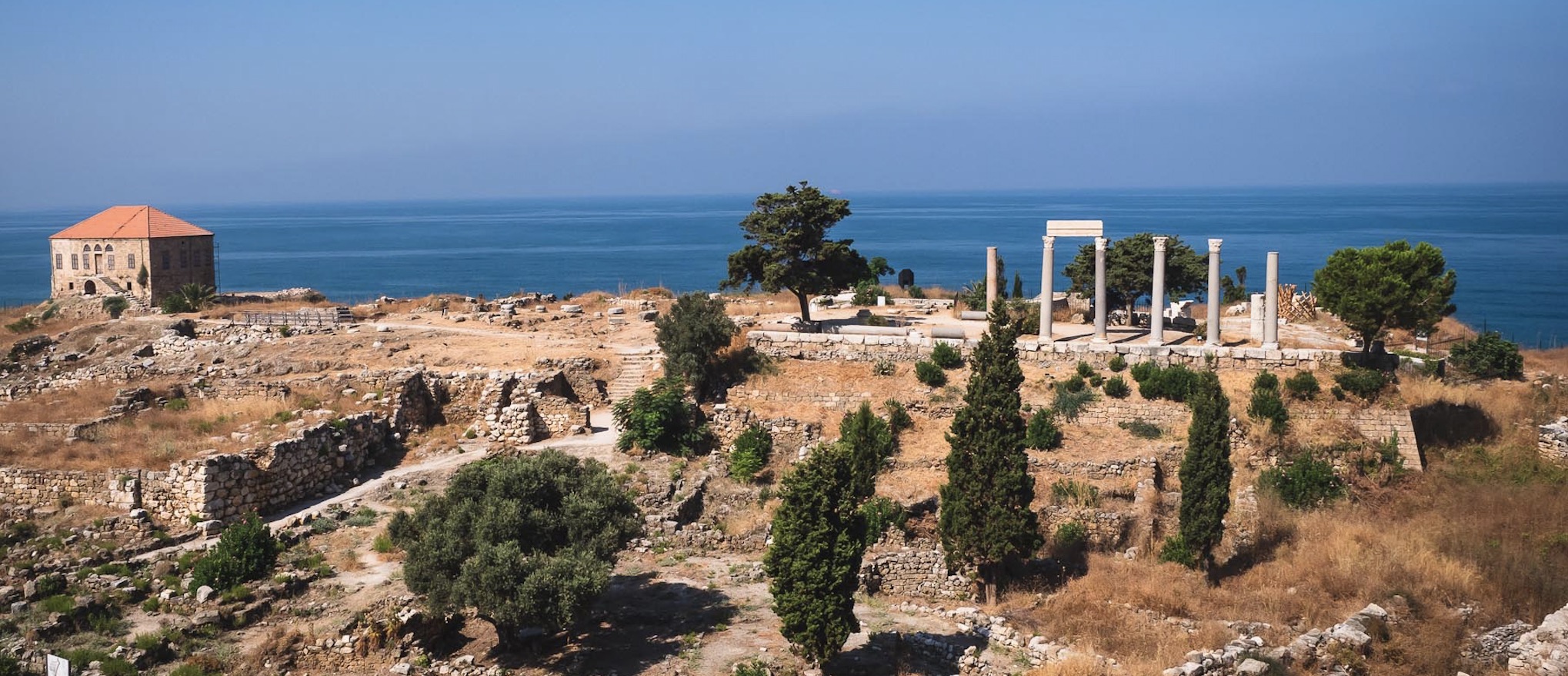
In July 2019 a wedding of one my best friends gave me the chance to visit another place in the Middle East: Lebanon. The history of the country and its natural setting result in a truly diversified experience. Assyrian, Hellenistic, Roman, Phoenician, Persian influences are evident throughout the country, which features everything from beaches, green mountains, nightlife, skiing in the winter, and some of the most impressive ancient sites in the world. While there is work to do to improve the traffic situation and general conditions of its major attractions, and the political situation remains challenging, it’s absolutely worth a visit (or two). During the 5 days, I visited Byblos, Harissa, the Jeita Grotto, Baalbek and explored parts of Beirut. Oh, and even passed by the Casino du Liban, once my mum told me my late grandfather and uncle had been there in the 1970s.
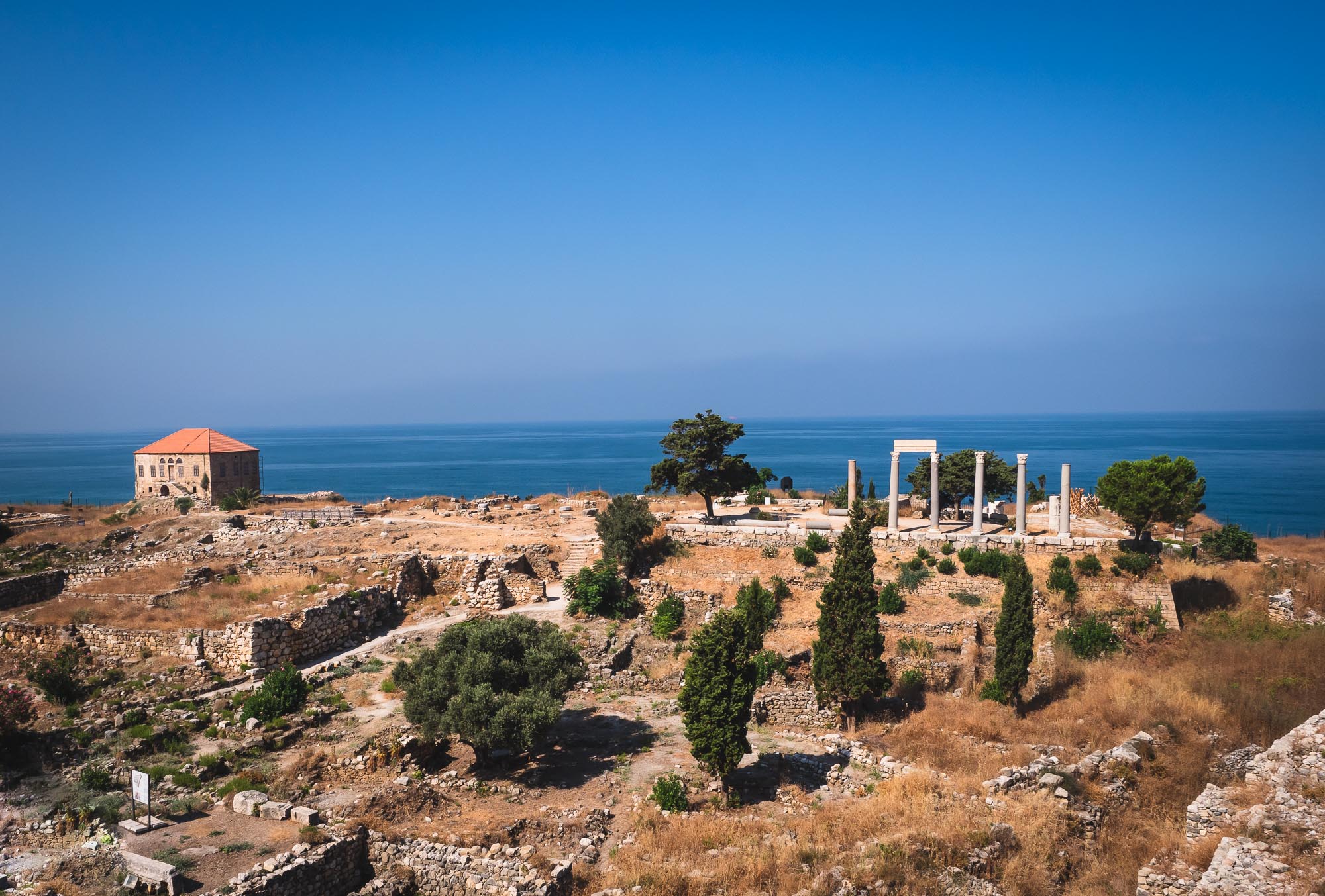
Contrasts
The traditional Lebanese house overlooking the Mediterranean sea is situated just next to the ruins of the Byblos castle area.
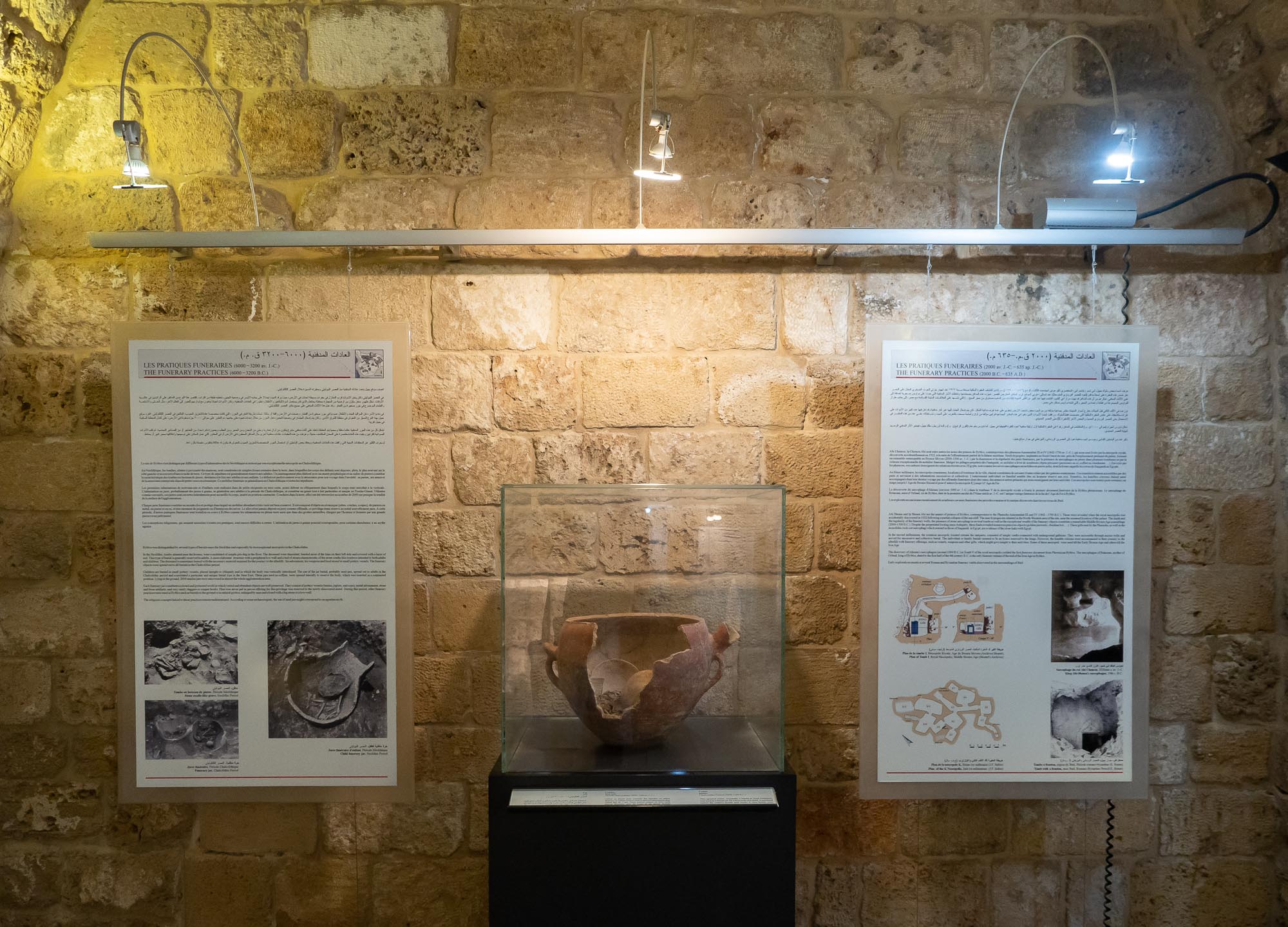
Artifacts
The museum in the castle features ornaments going back more than 5000 years. Byblos was first occupied in 7-8000 BC, and continuously inhabited since 5000 BC, making it one of the oldest continuously inhabited cities in the world.
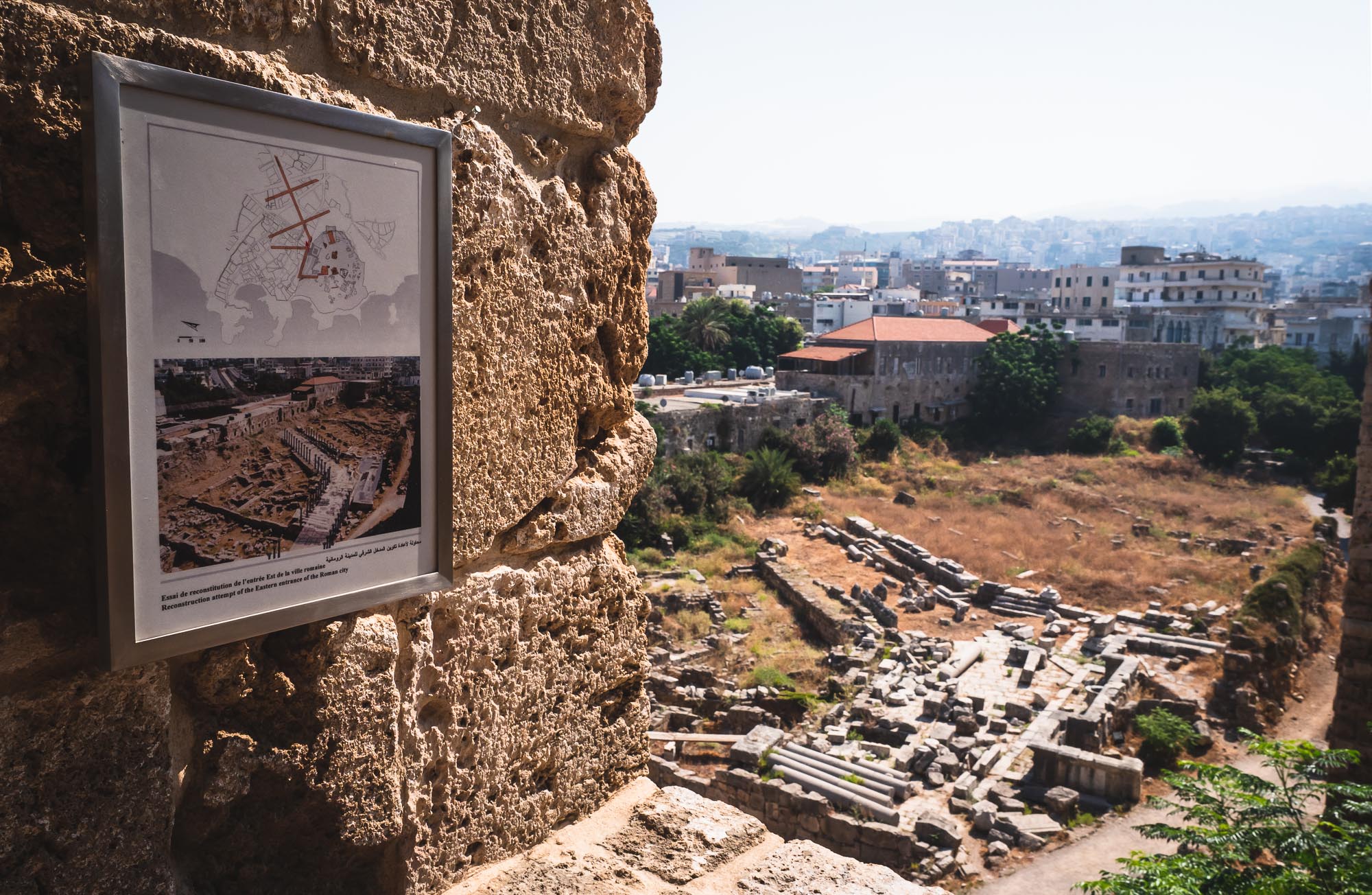
Ruins of the Roman City
The rendering on the left shows the eastern entrance to the Roman city, while the real ruins are currently undergoing reconstruction.
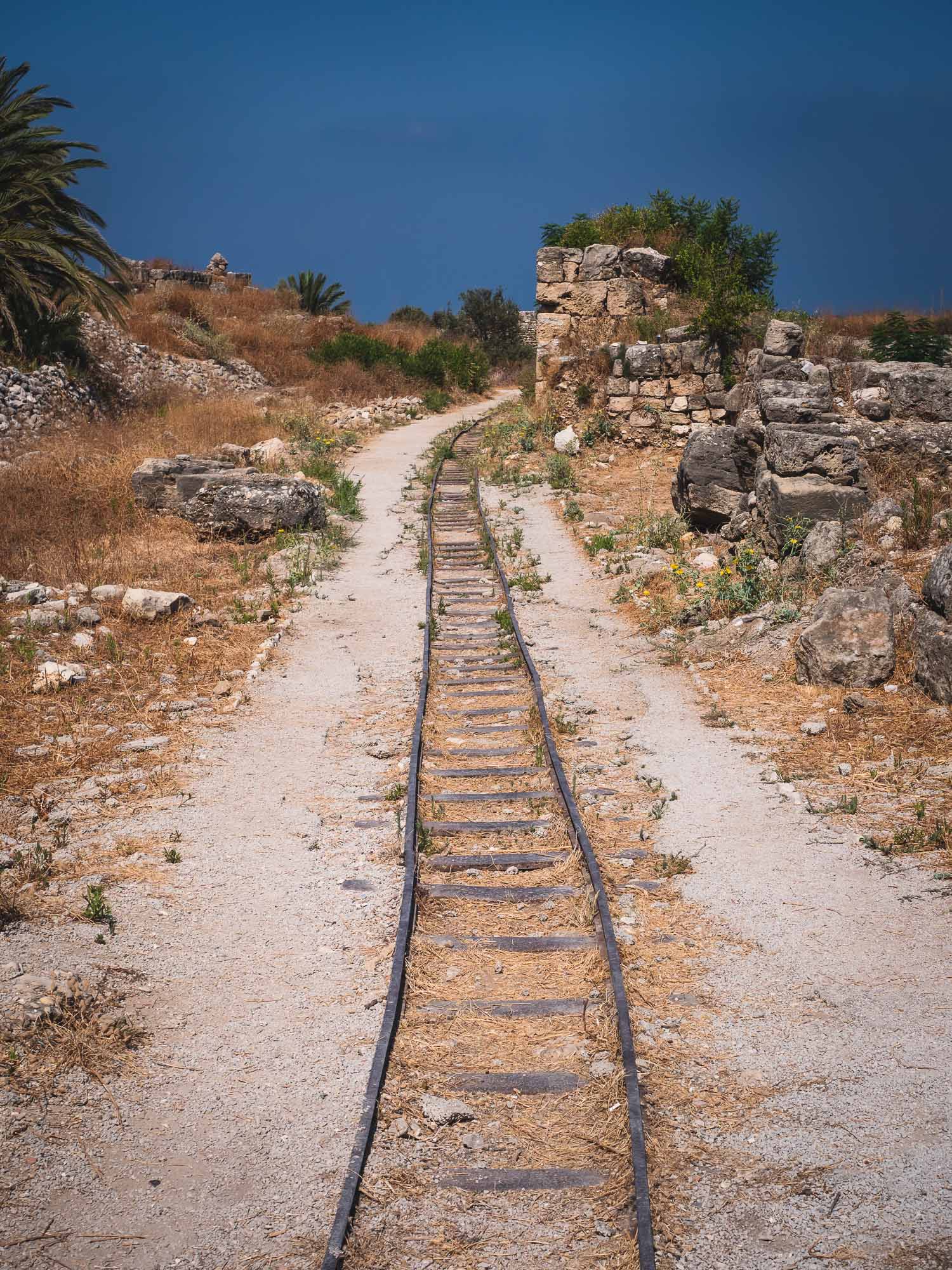
Trains
These tracks inside the castle district have not been used in a while - my guess is they were laid to transport stones and rocks during the excavations.
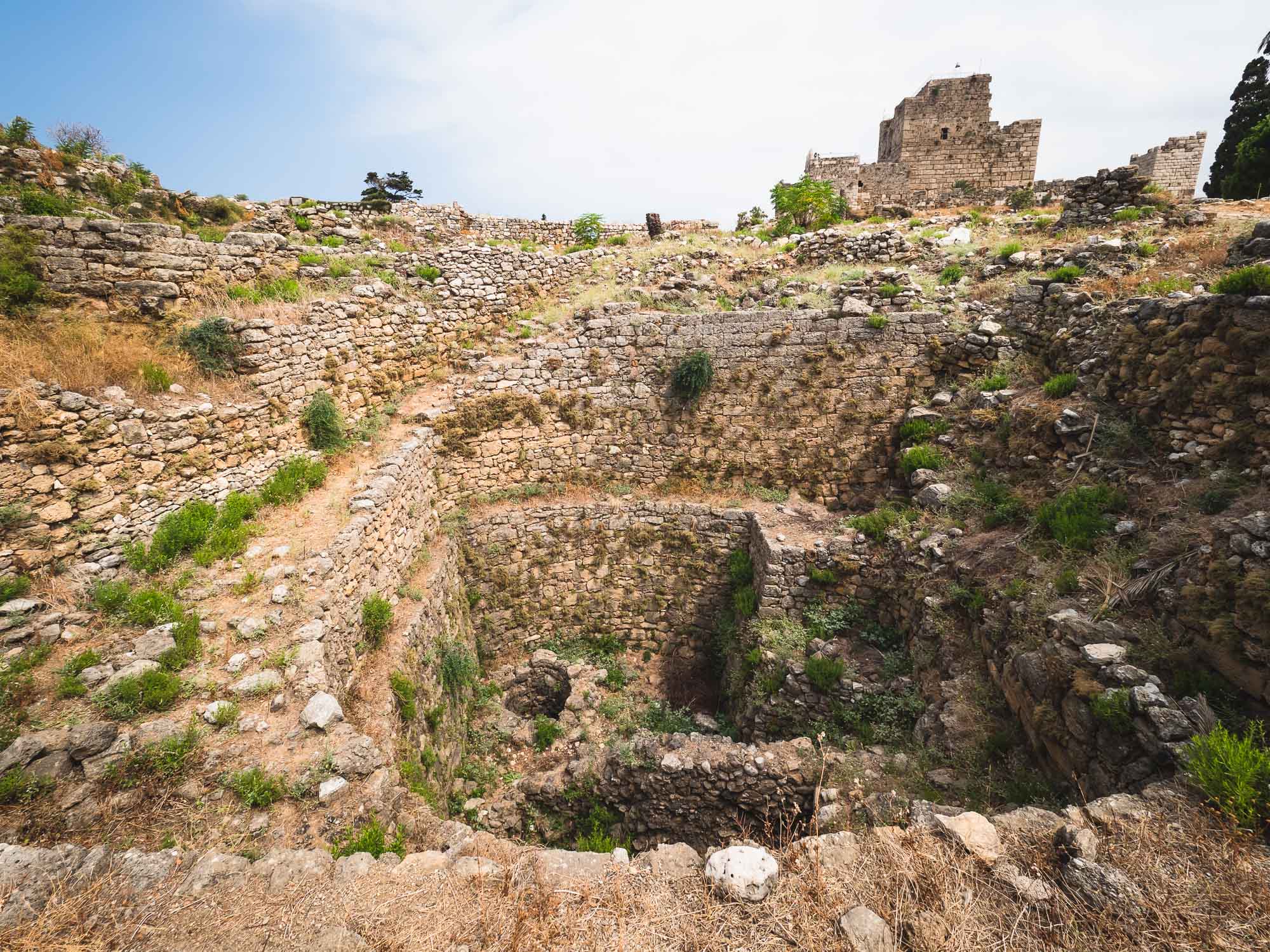
The King's Spring
Once the source of water for the city.
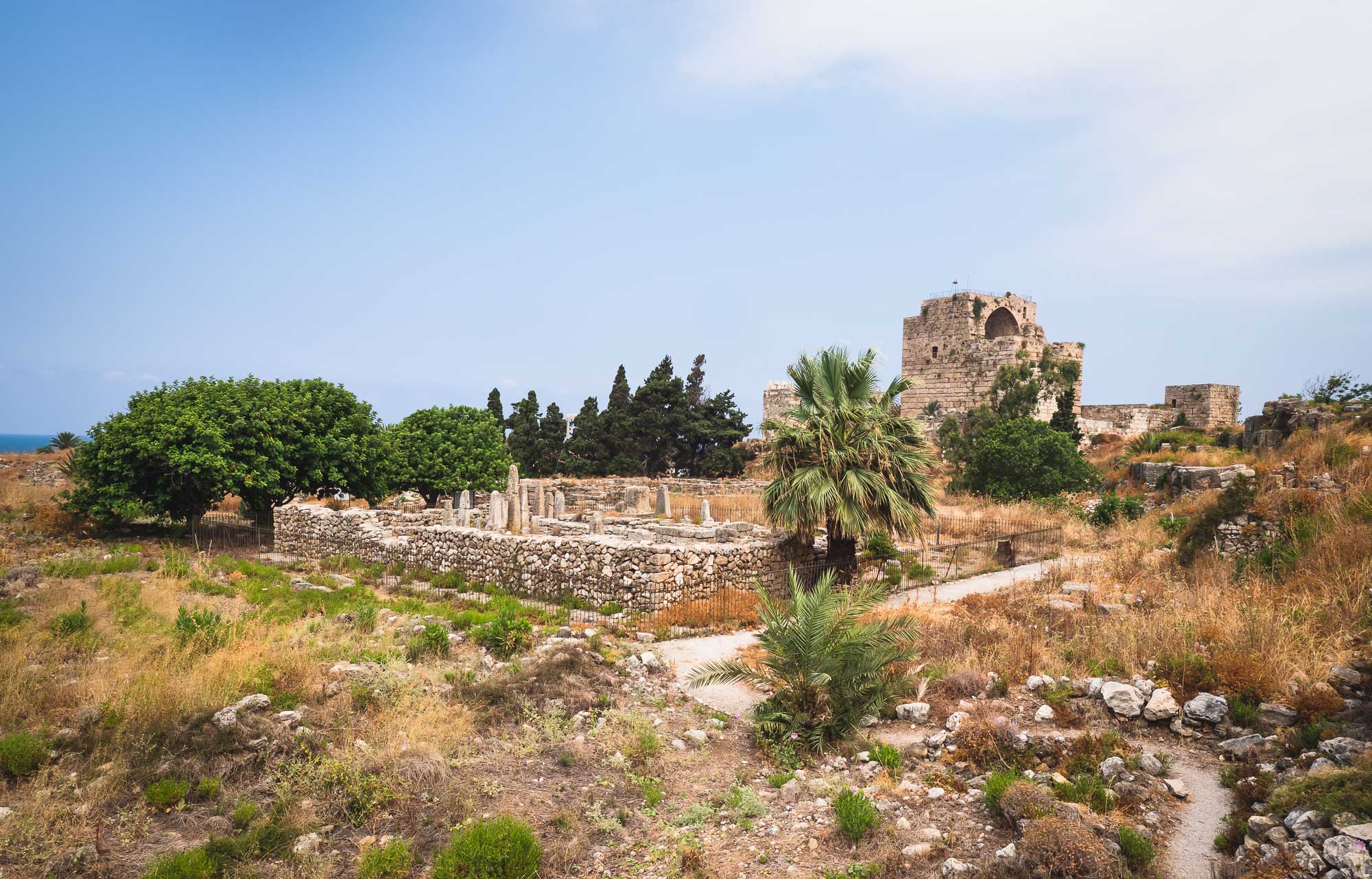
Temple of the Obelisks
Built over 3000 years ago, it was used for religious offerings.
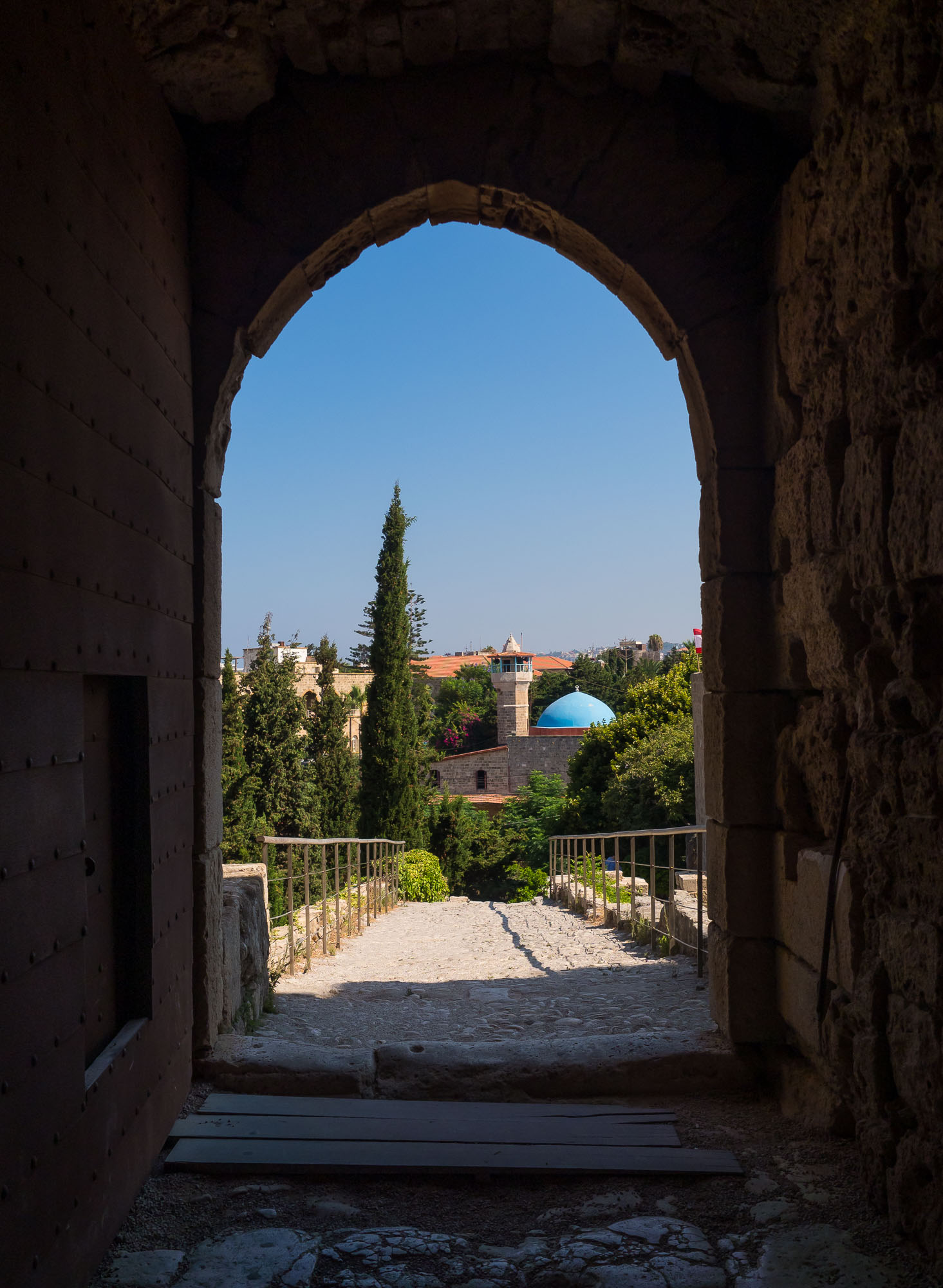
Entrance
Looking towards the Sultan Abdul Majid Mosque, built in the 1600s, at the exit of the Old Souk from the castle.
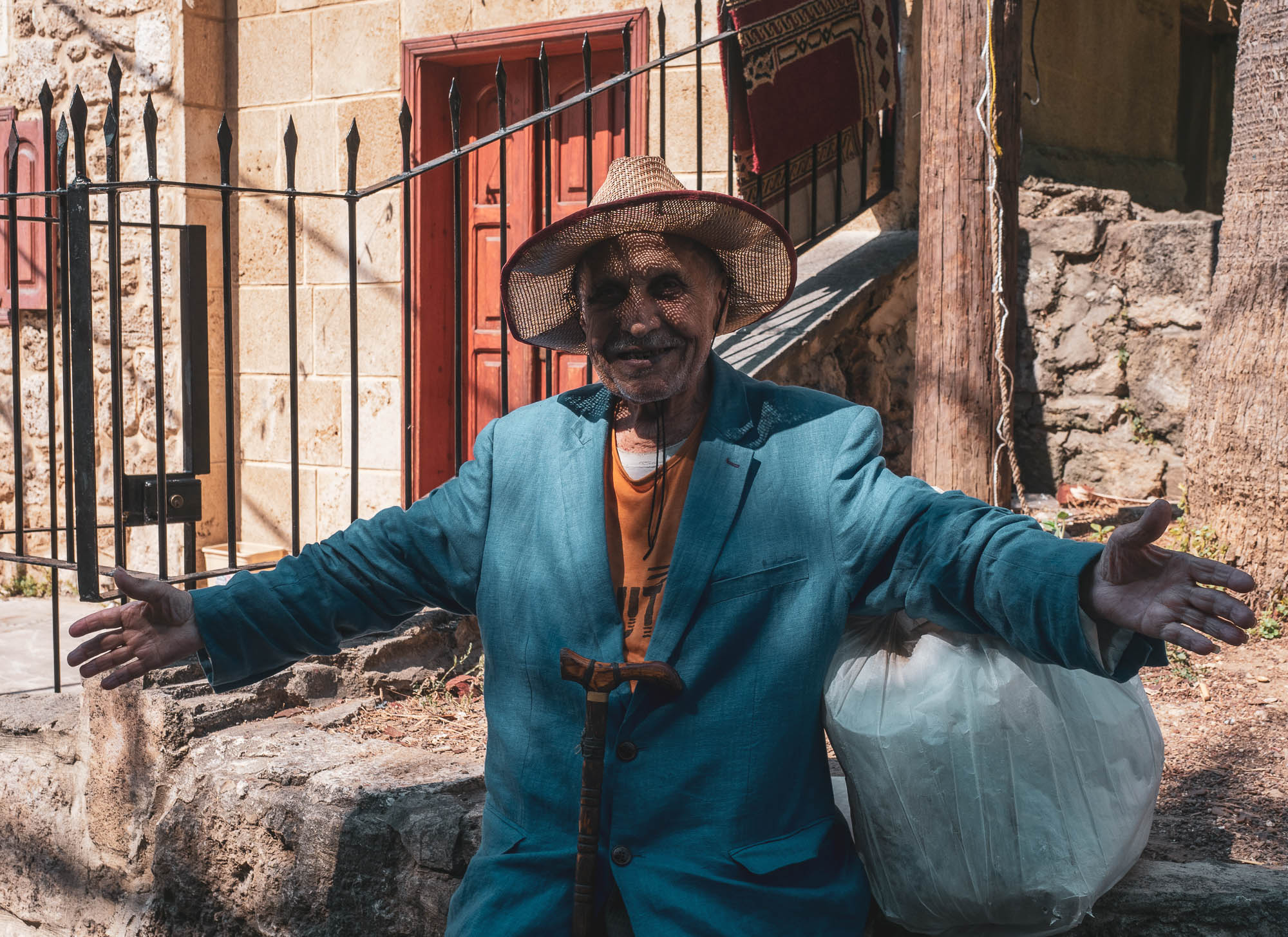
Open Arms
A local man was happy to have his photo taken.
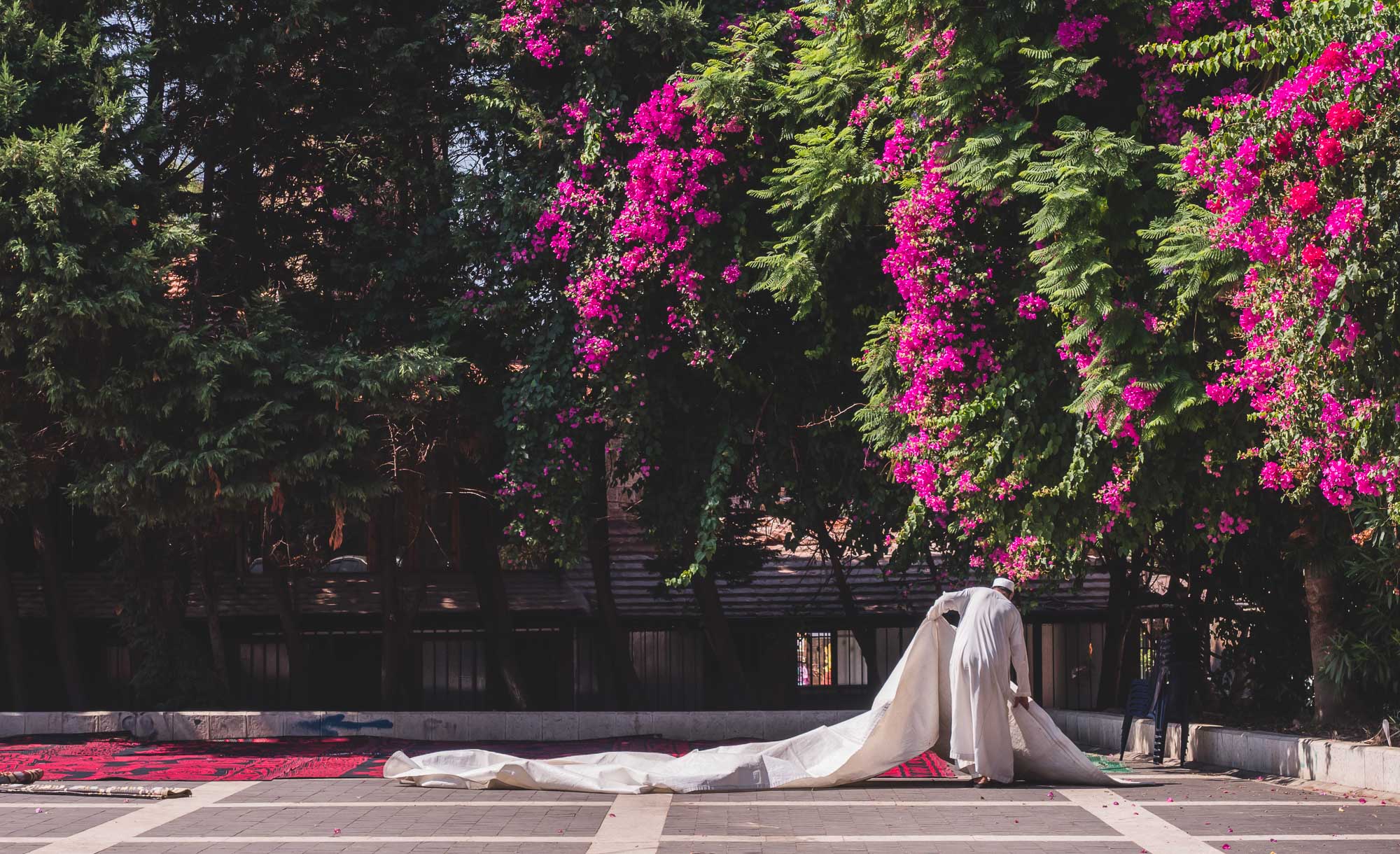
Preparations
A man - possibly the local Imam - preparing the area in front of the mosque for the Friday prayer.

St John the Baptist Church
The church was originally built during the crusades in the 1100s.

Interior
It isn't always open, but I was lucky to catch a glimpse at the sparse but imposing interior.
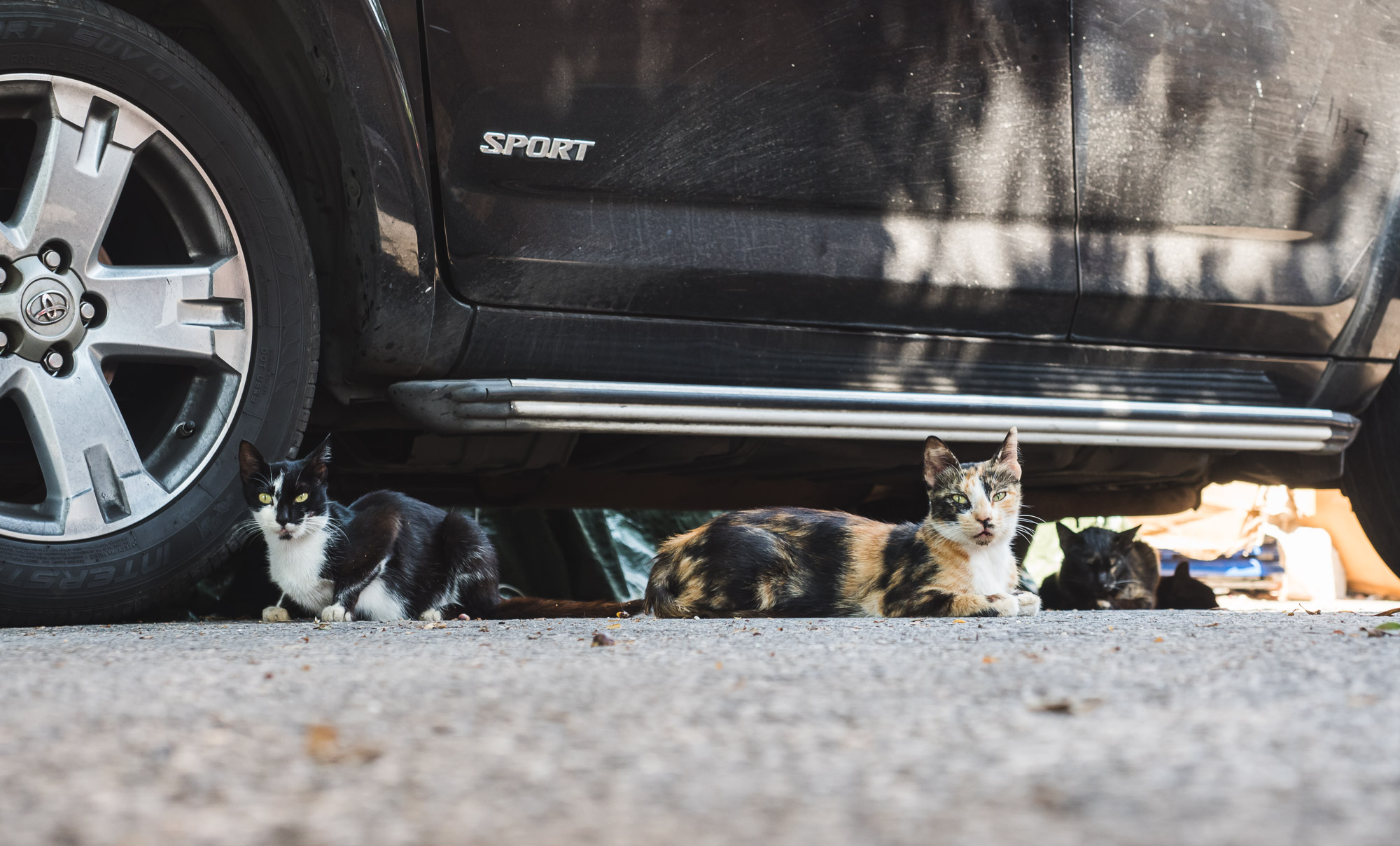
The Squad
Obligatory cat photo.
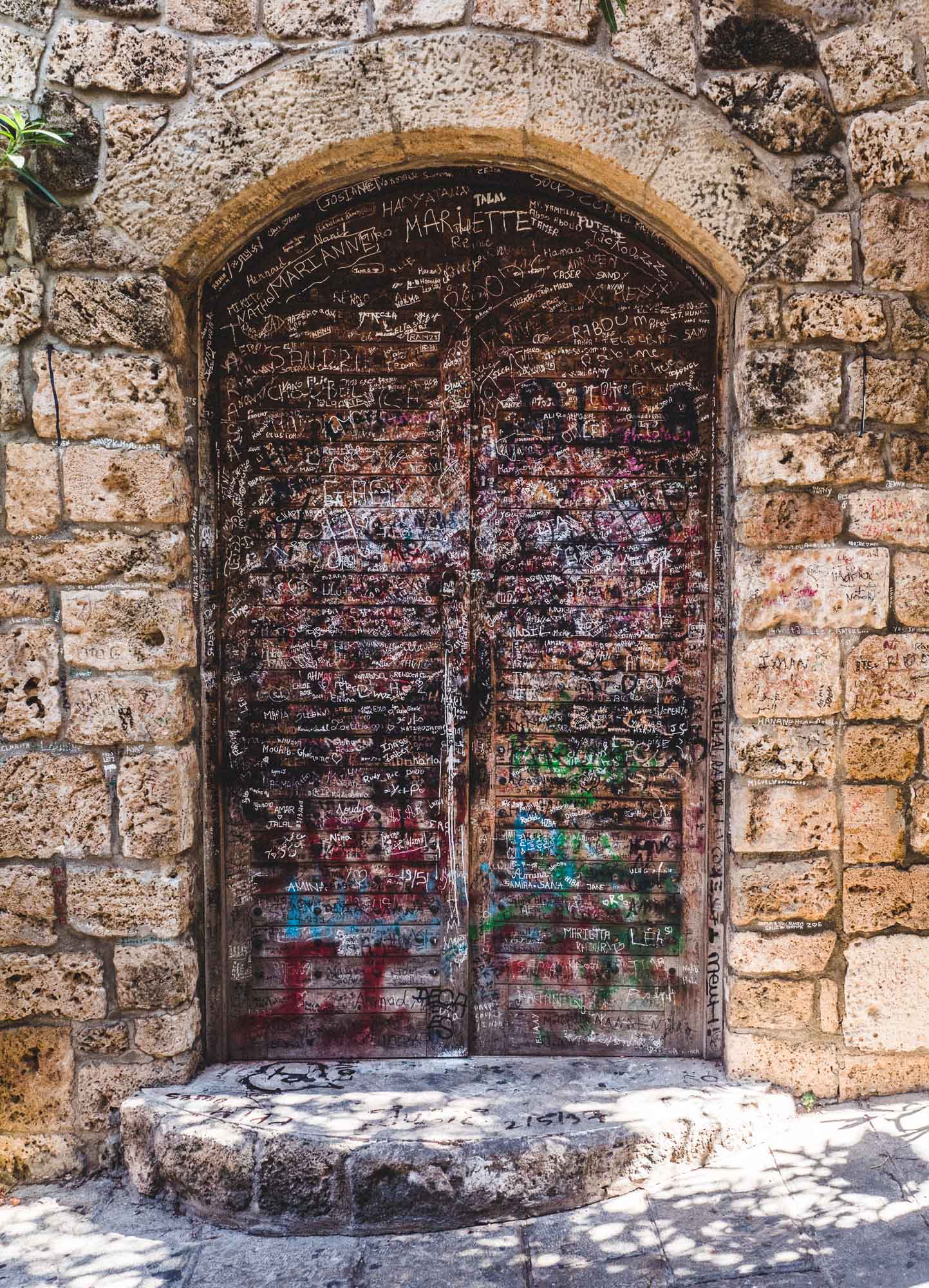
Messages
A door in the historic city quarters of Byblos.
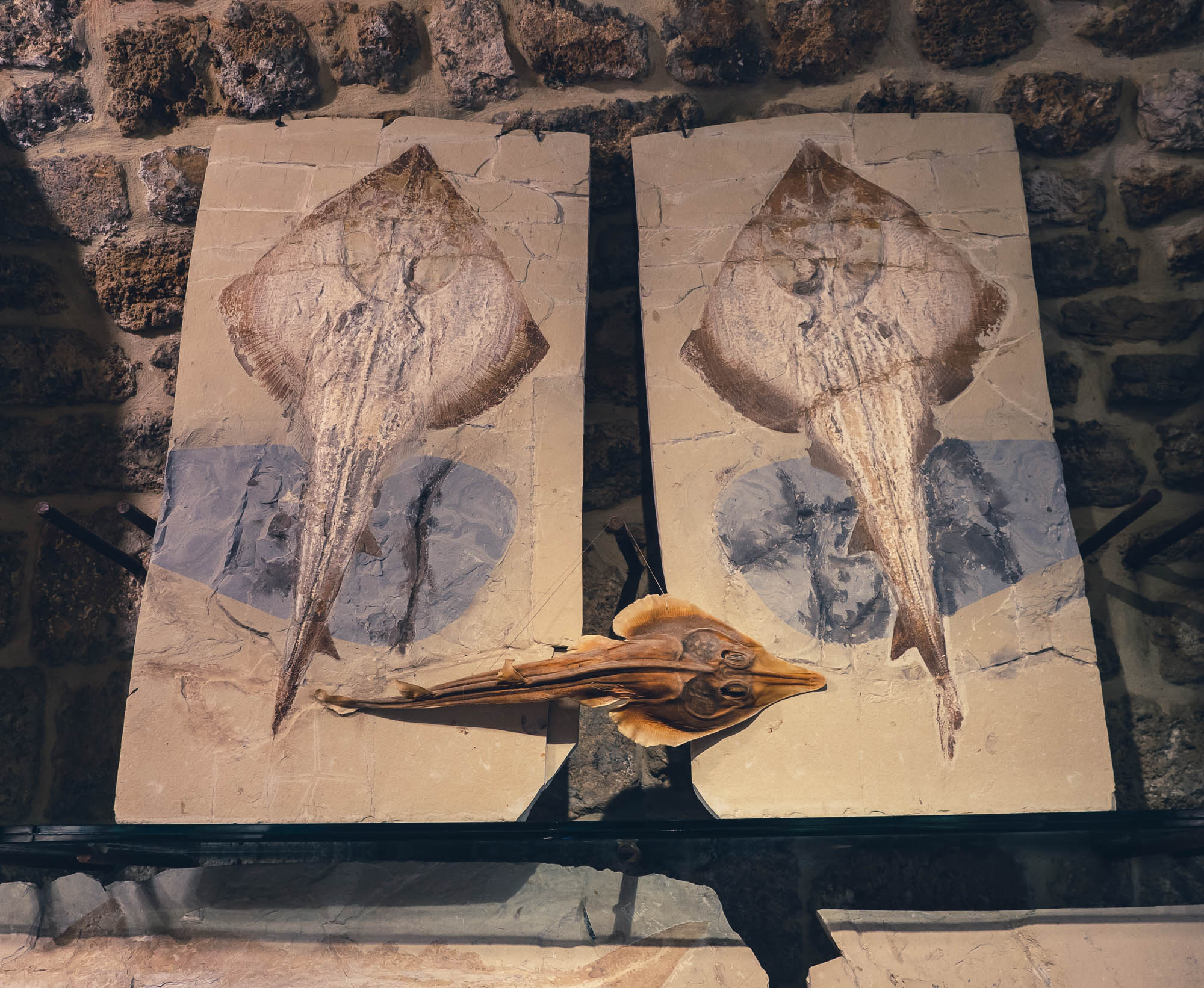
The Fossil Museum
The Lebanese mountains are home to many fossils from up to 100 million years ago, some of which are on display and even for sale in the local museum.
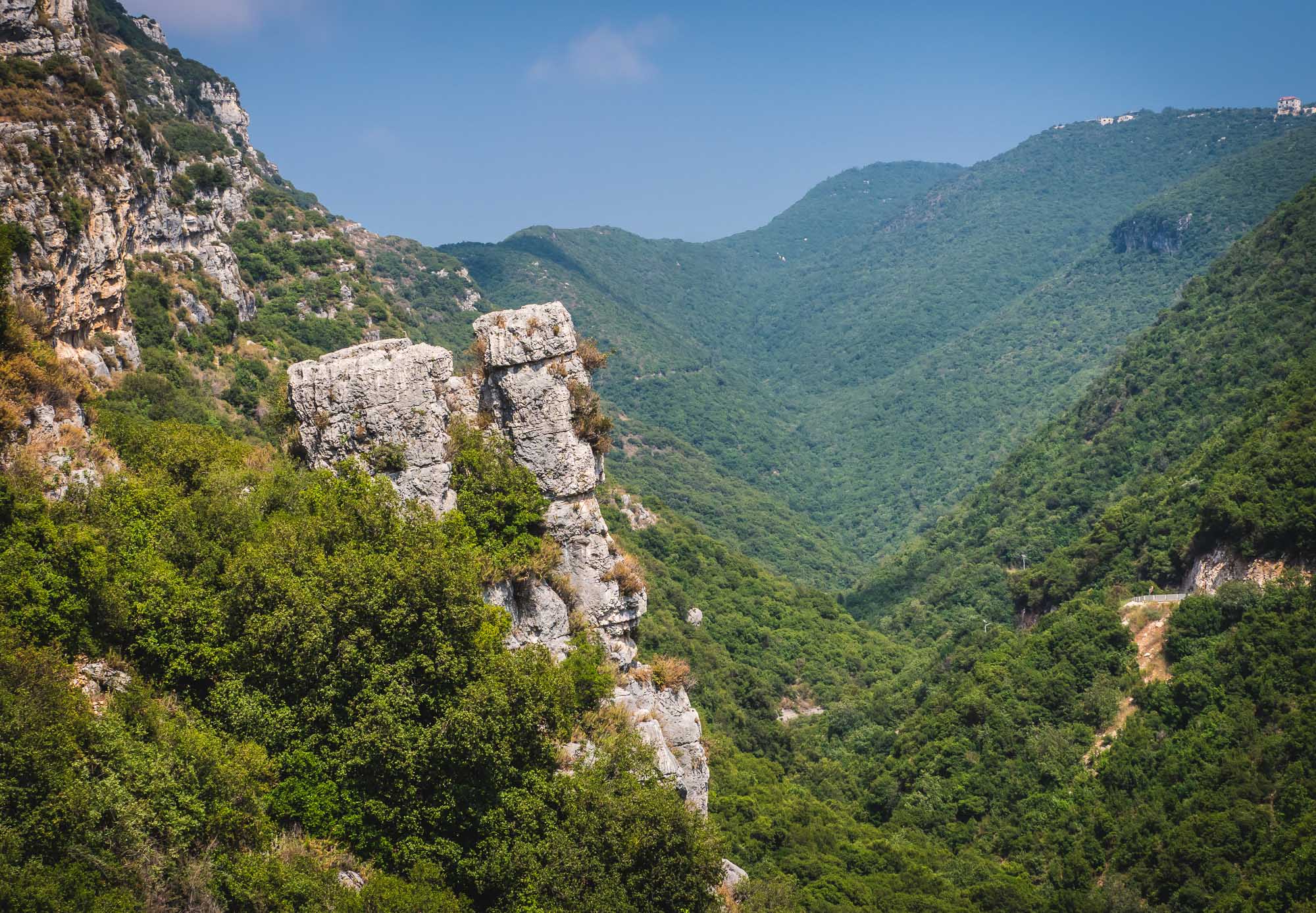
Hiking Trip
I took a few hours to explore the Lebanese mountain ranges, here in the Bentael Nature Reserve.

Greenery
The mountains of Lebanon are home to a wide range of Flora.
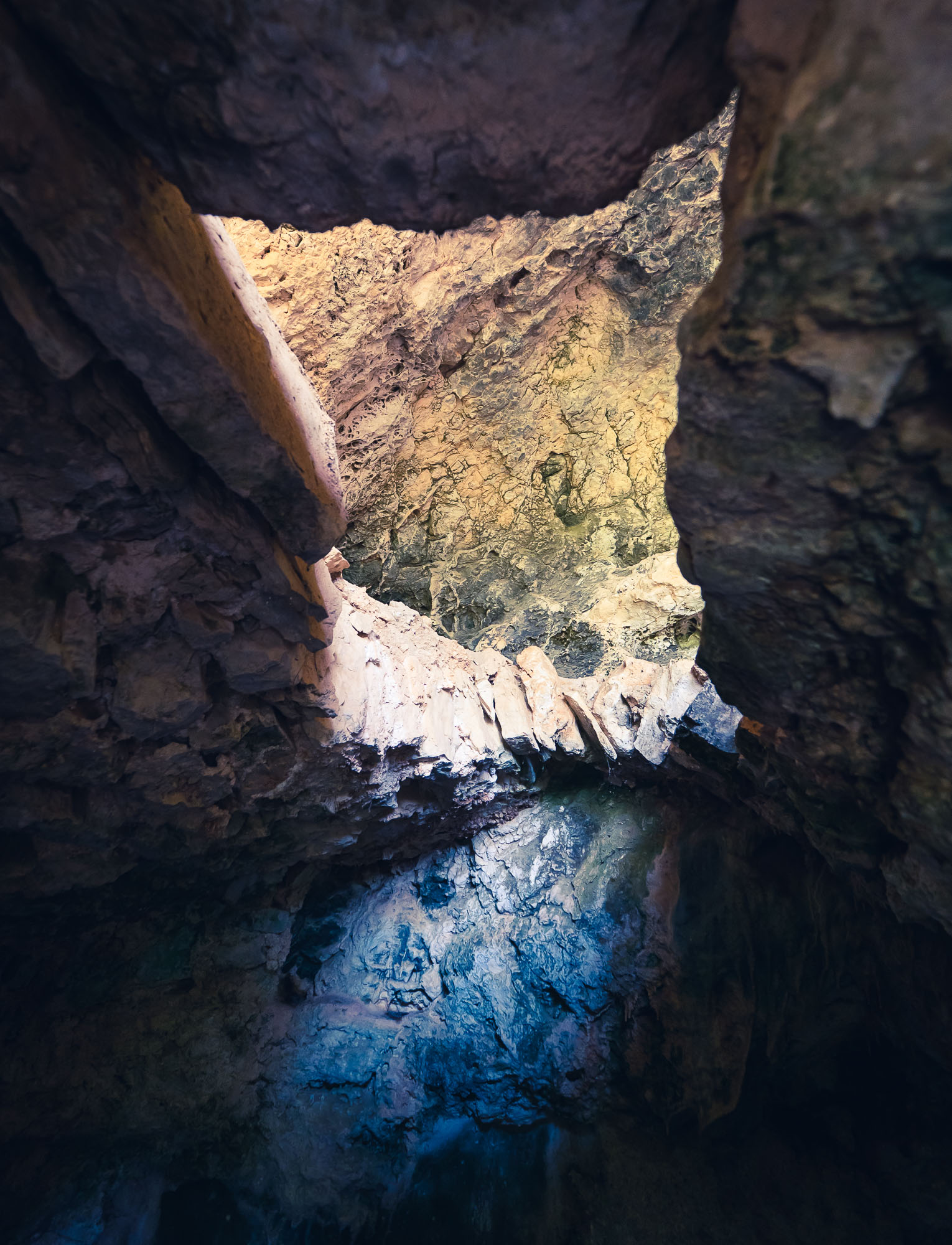
St. John’s Chapel
Inside the reserve, you can find this hidden 12th century chapel cut into the rock. This is one of the three caves.
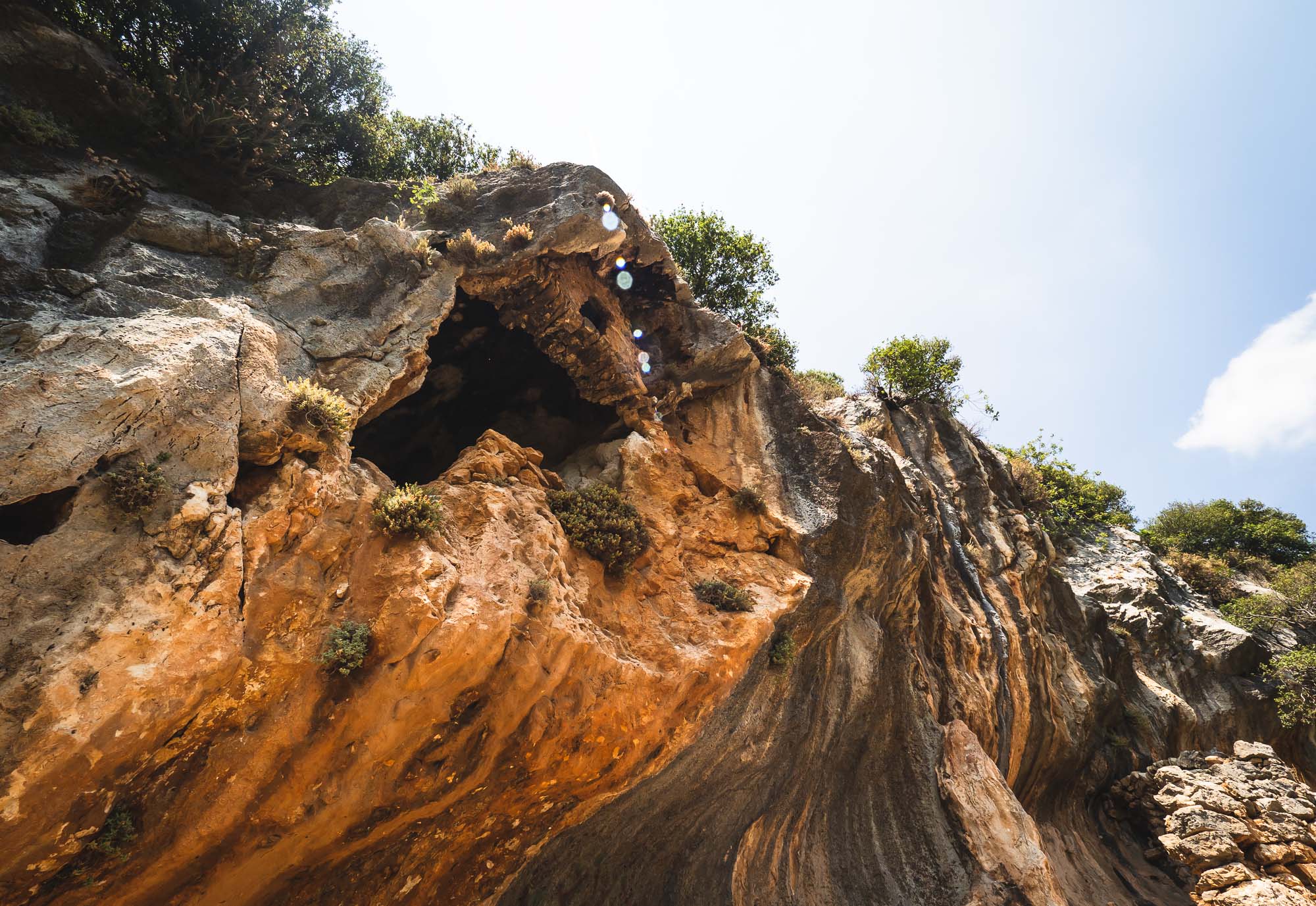
Up
Another one is not reachable by foot, and most likely was used only for shelter.
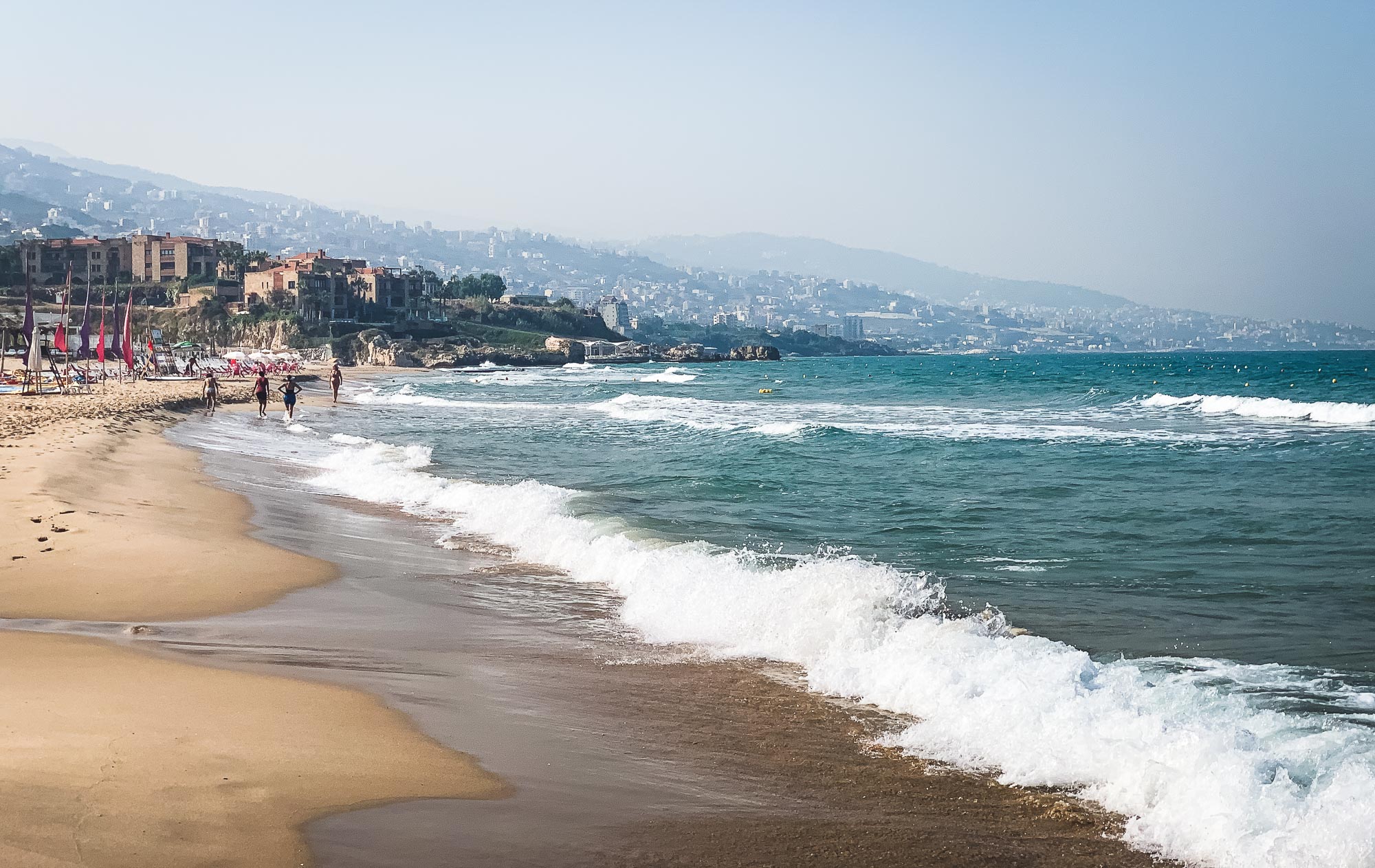
Beaches
The coast to the south of Byblos.
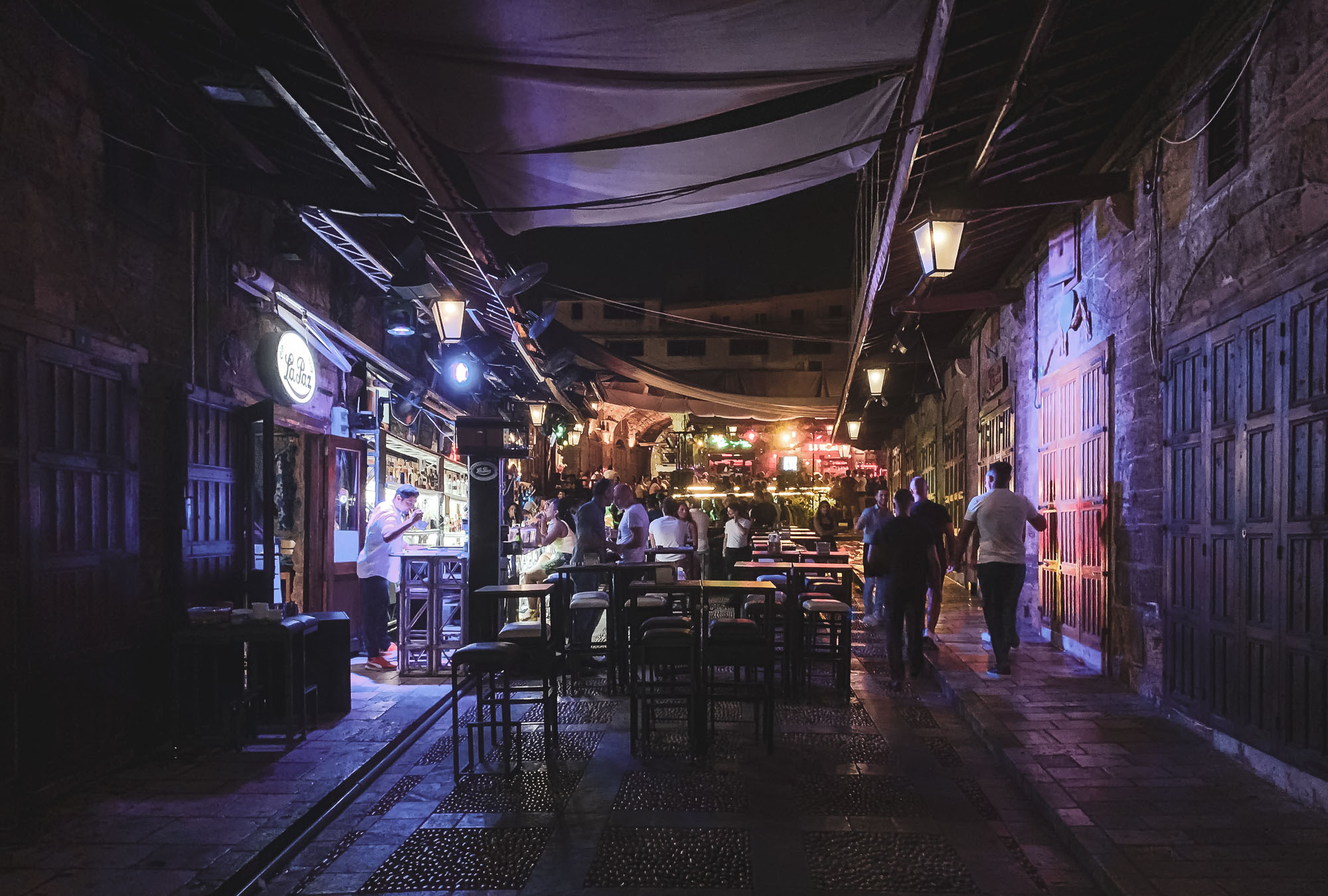
Byblos Old Souk
At night, the old souk in Byblos turns into a street of bars and entertainment. (Taken on iPhone XS)

Wedding Fun
The primary reason for my visit? The wedding of these two amazing people. NB: Lebanese weddings are crazy.

Historic Quarters
Much of the central part of the city is now filled with restaurants and courtyards.
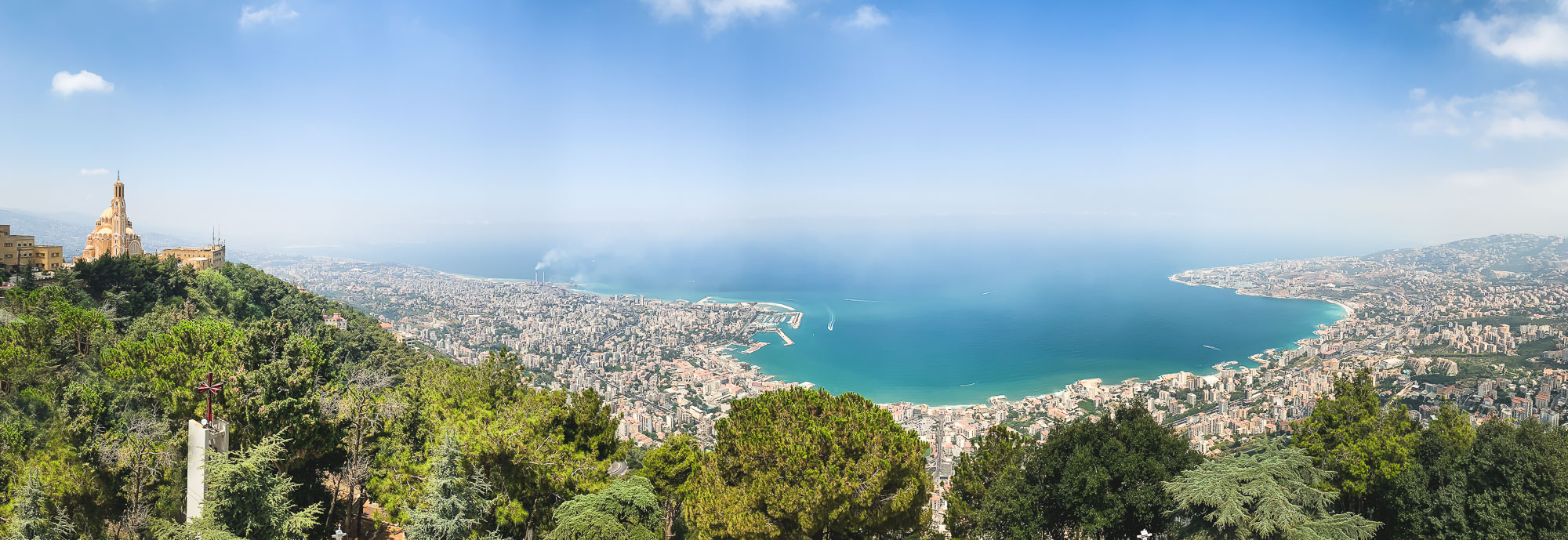
Bay Views
Moving southwards to Jounieh, and the view from the Harissa mountain area.

Notre Dame du Liban
The statue is a Marian shrine & pilgrimage site for Christians & Muslims alike.
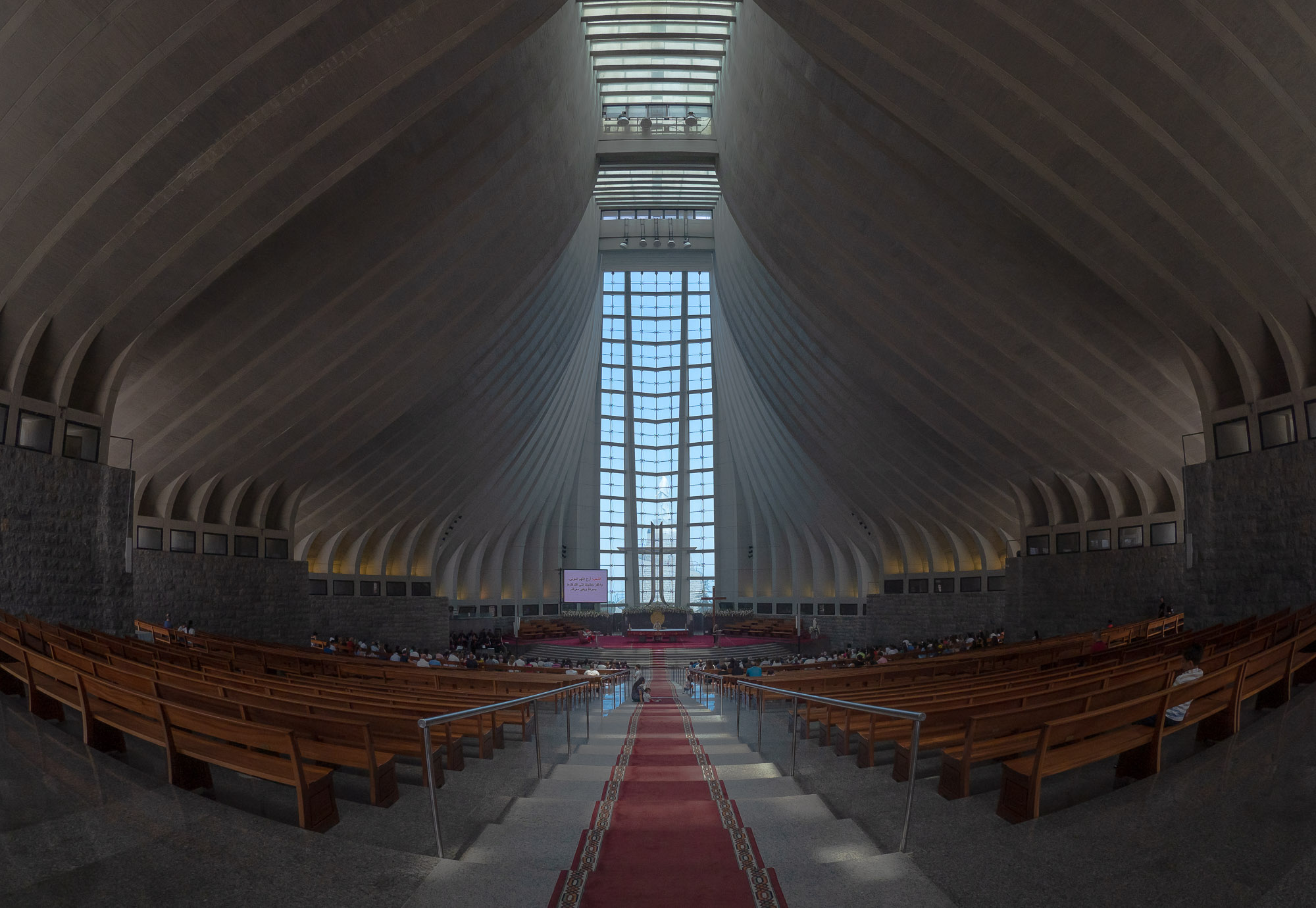
Modern Basilica
The moden cathedral next to the statue has a spare but impressive interior leaning on Brutalist architecture.
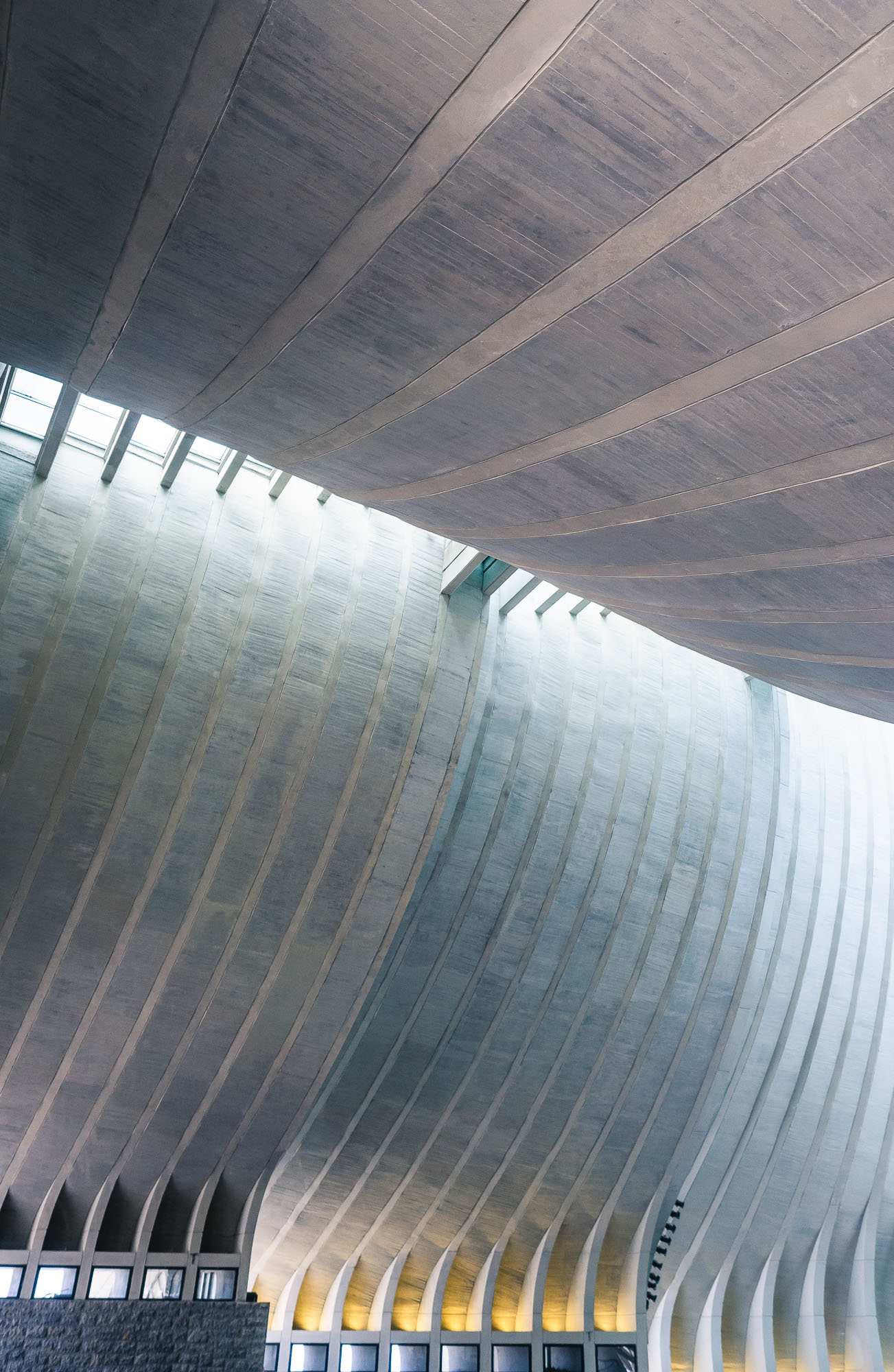
Echo
It produces amazing acoustics - I was lucky enough to hear a choir while visiting.
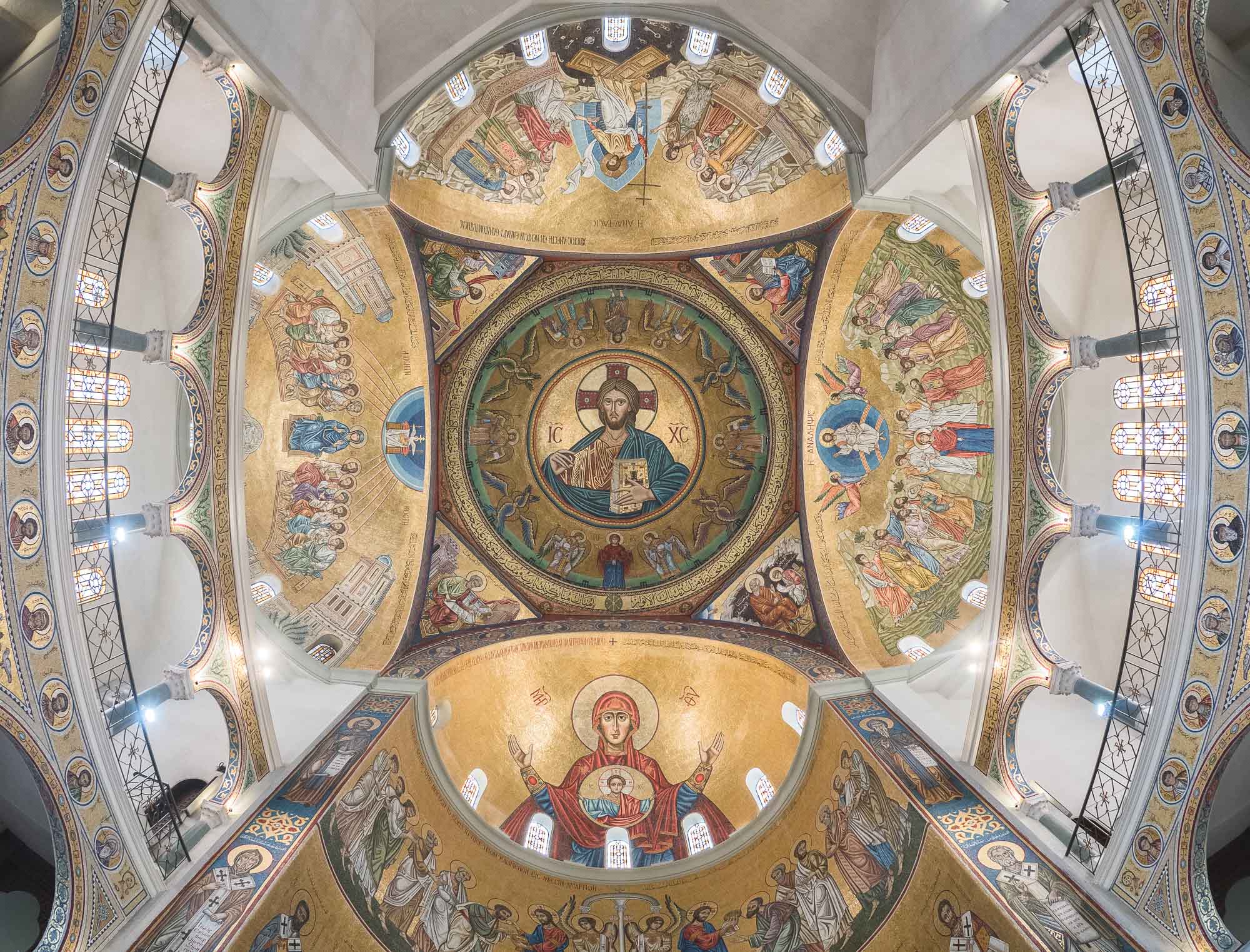
Basilica of Saint Paul
Just a few hundred metres away is the Basilica of Saint Paul, with its impressive mosaic lined walls and roof.
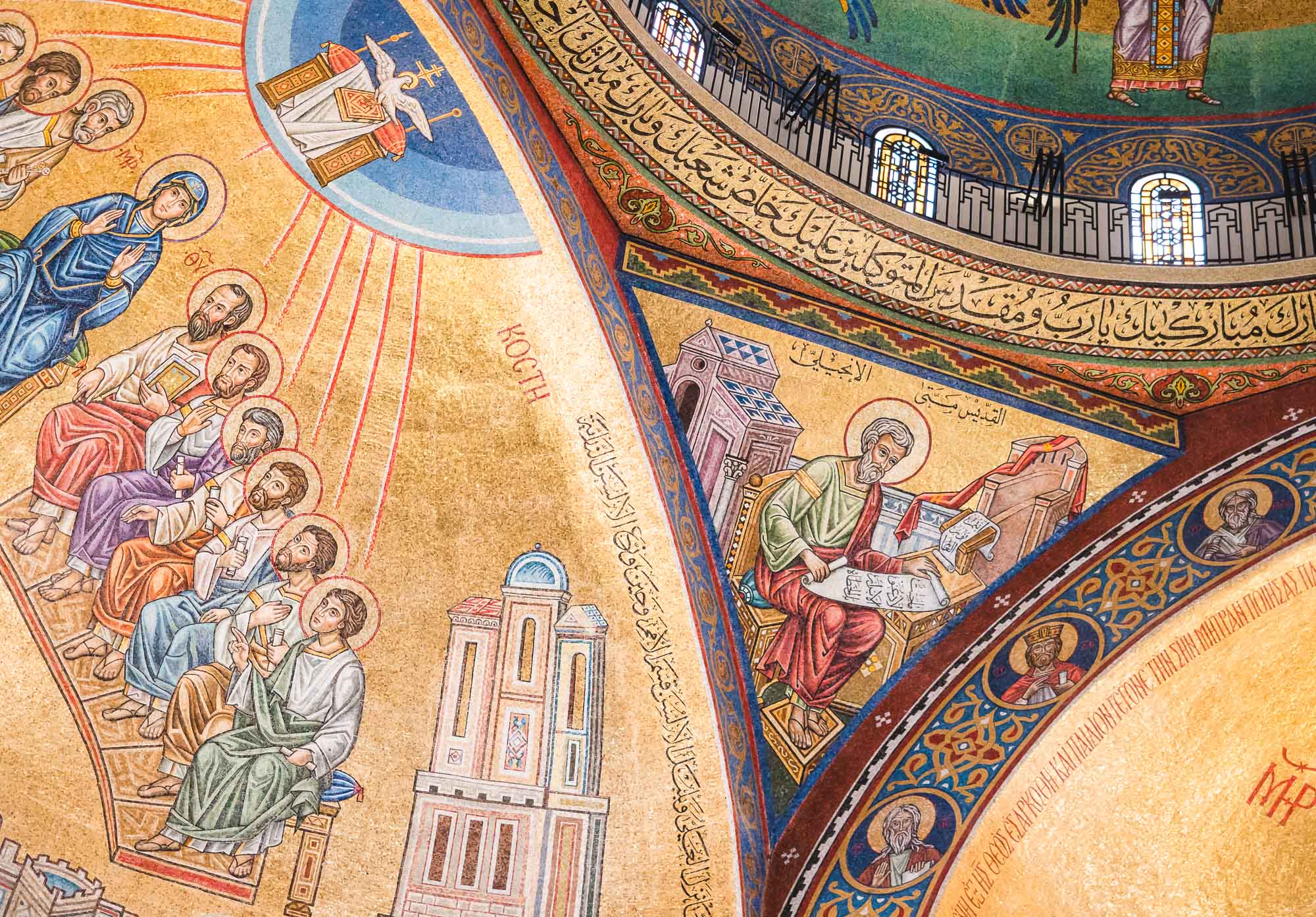
Detail
The decorative features of the illustrations in mosaic are incredible.
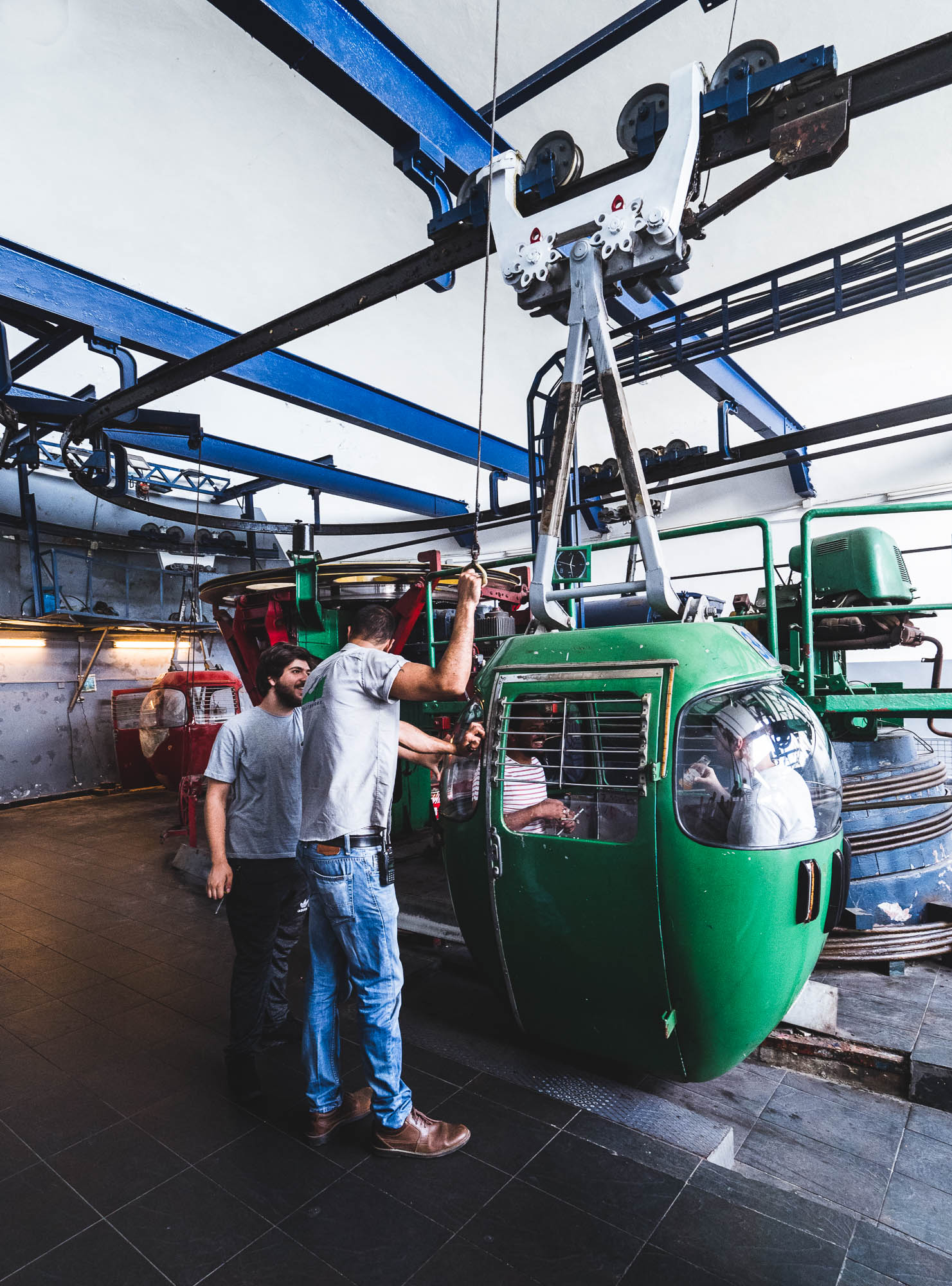
Téléphérique
The gondola lift taking you up and down the mountain. Note the manual release mechanism of the gondolas.
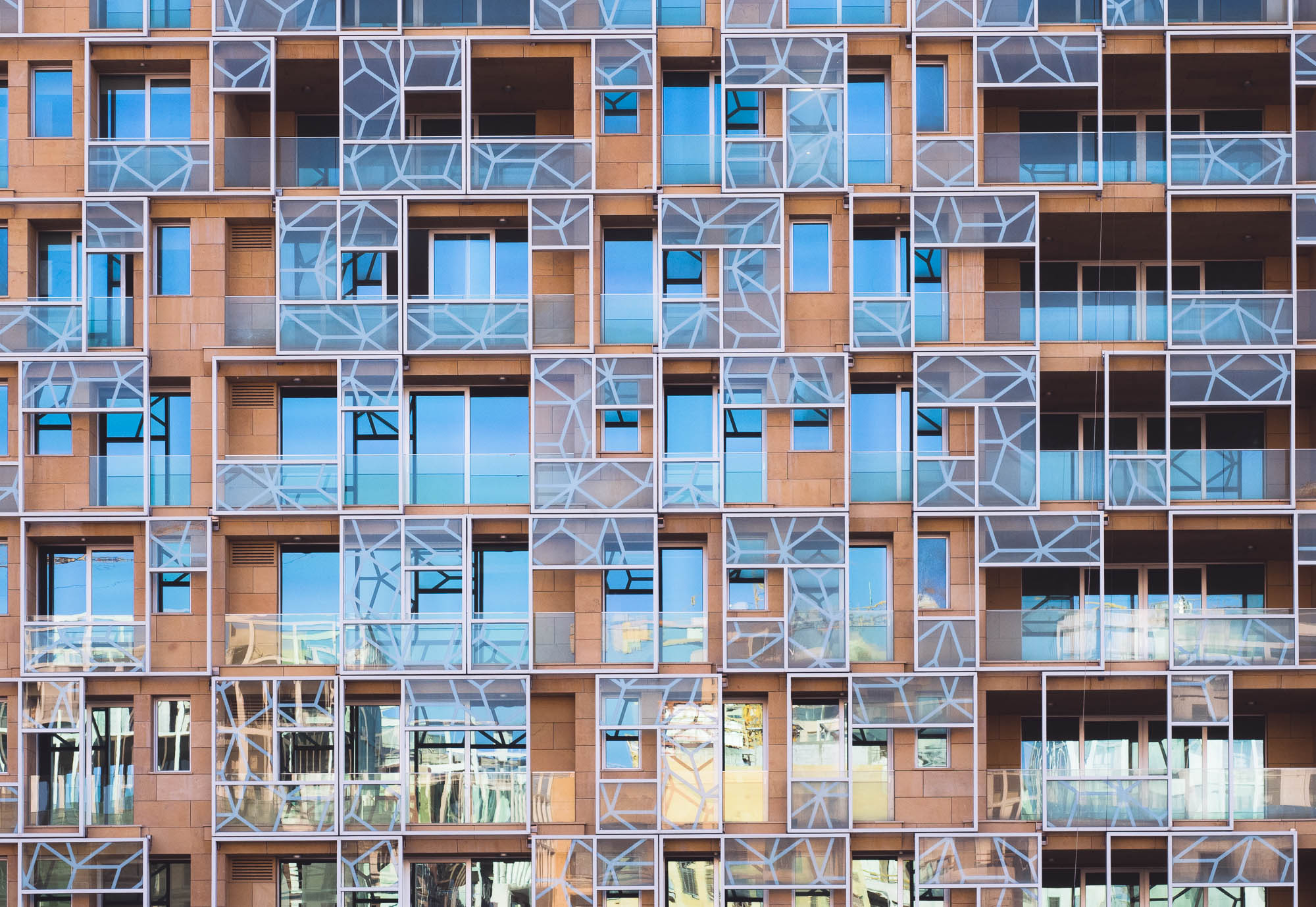
Squares
Beirut offers many interesting architectural details.
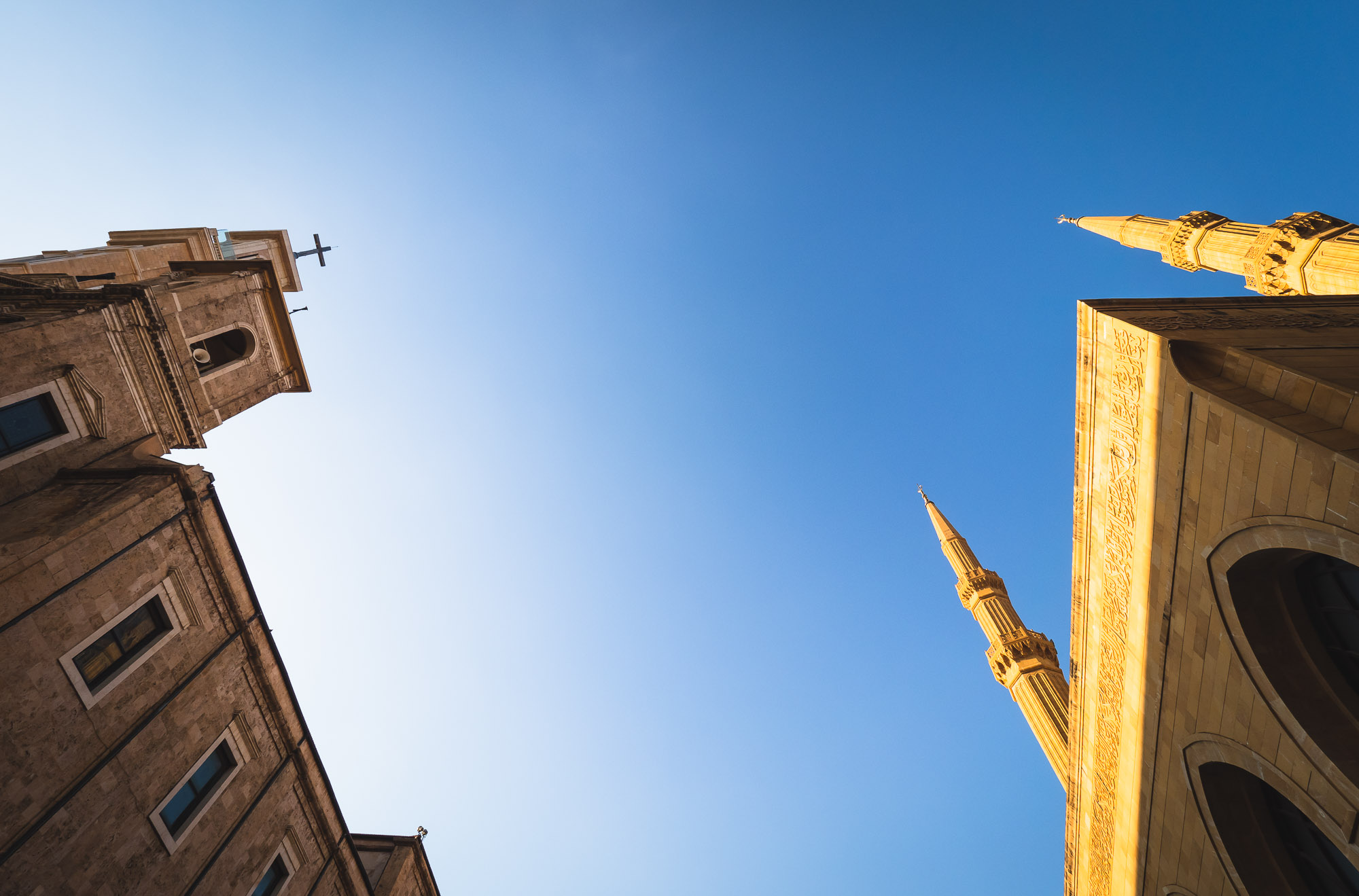
Crossroads
Lebanon's population is more or less half Christian, half Muslim. Churches are built side by side with Mosques.
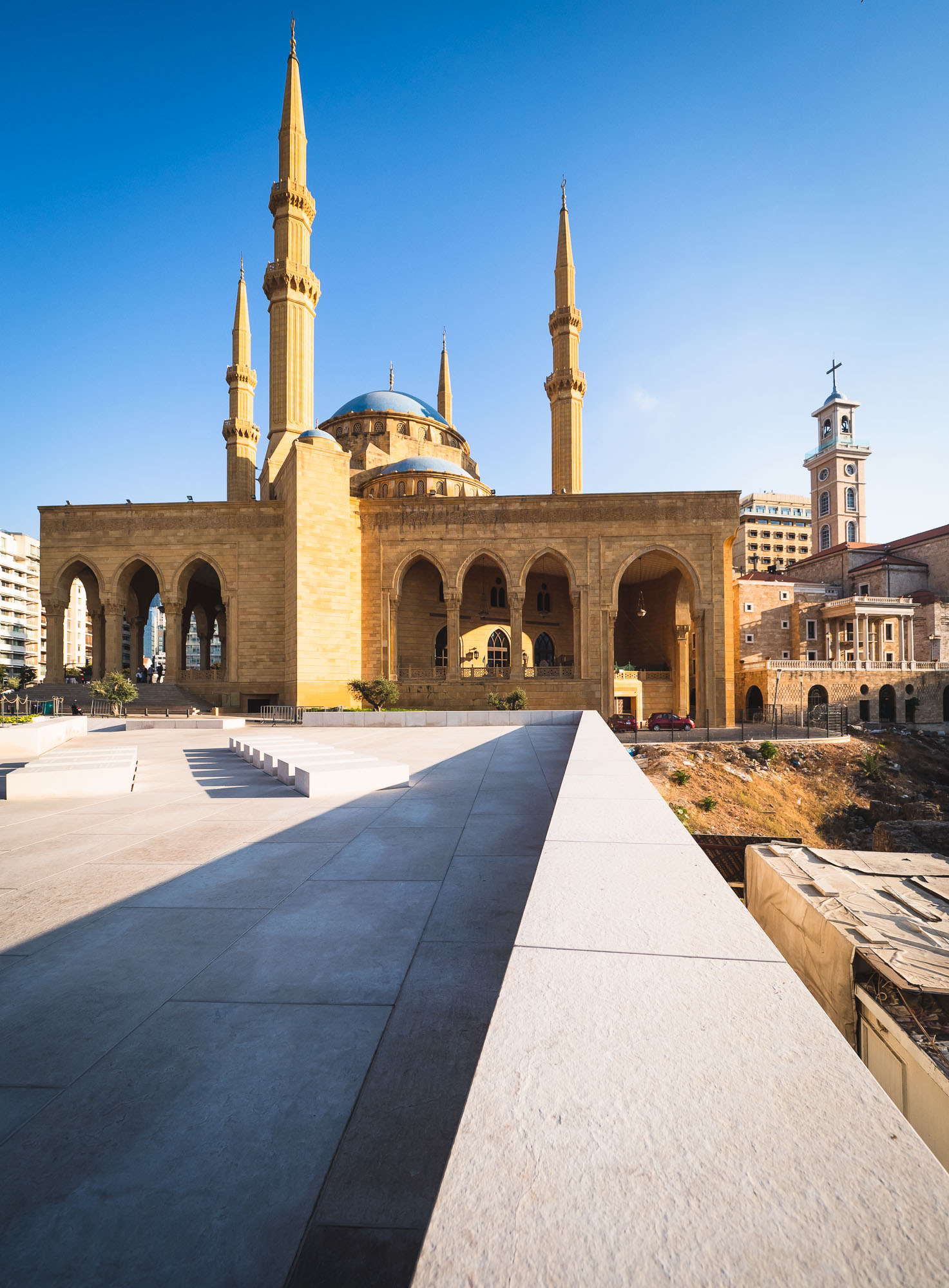
Mohammad Al-Amin Mosque
This modern mosque was built in 2008. During its construction, archeologists discovered Roman ruins just next to the site.
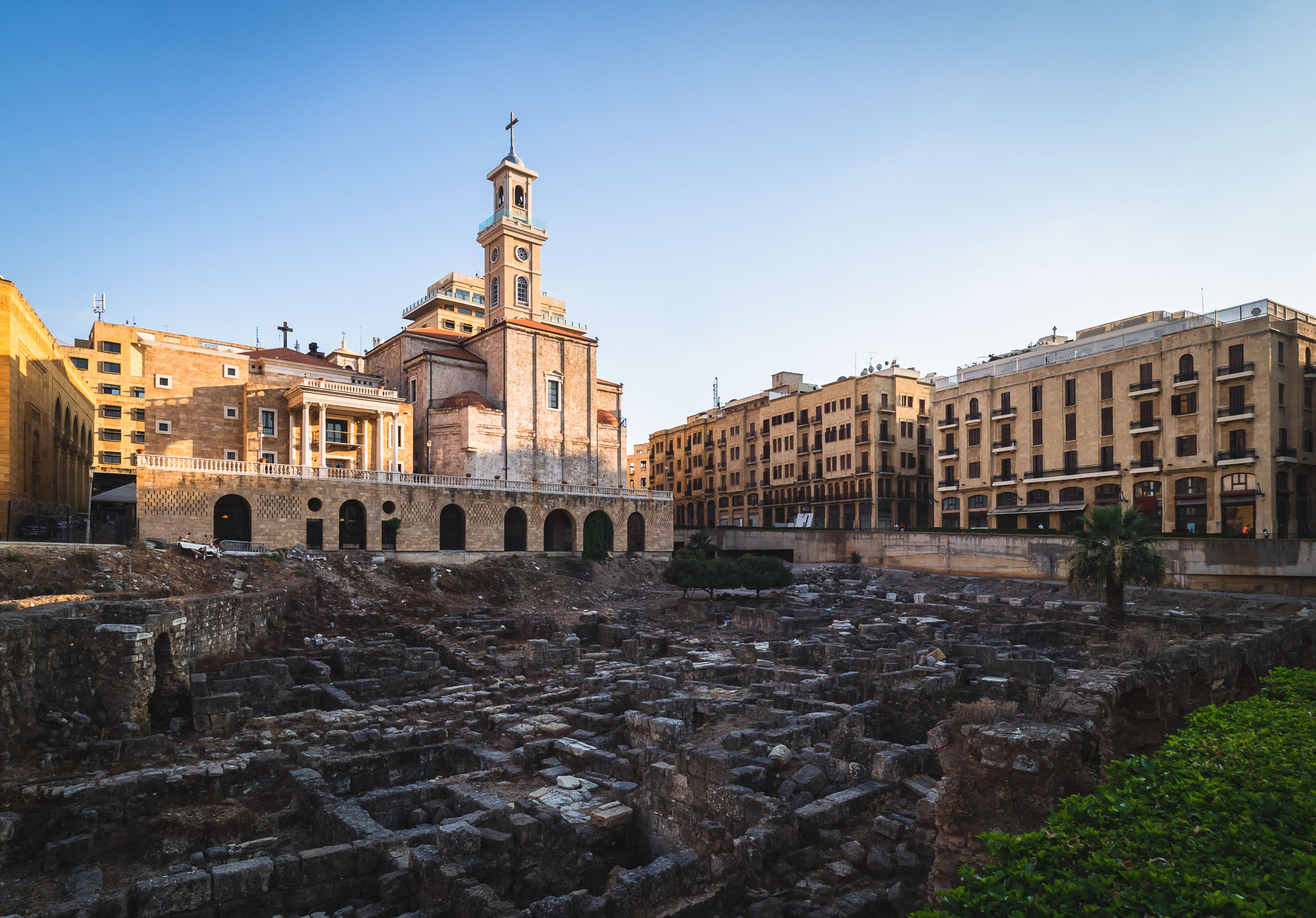
Saint Georges Maronite Cathedral
With the Roman ruins of the Beirut downtown area in the foreground.

Ottoman Style
The mosque follows the monumental Ottoman architecture.
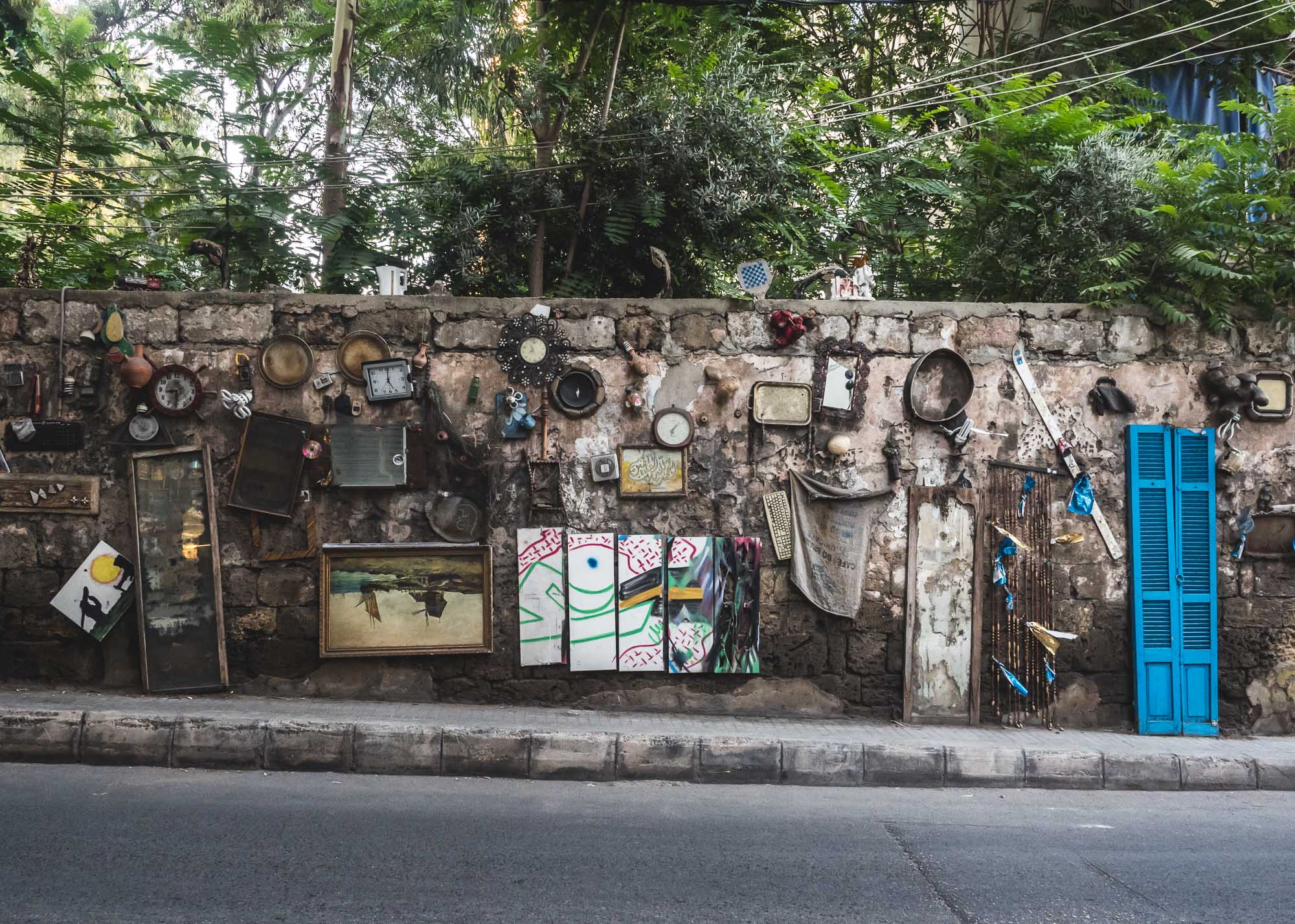
Artifacts
A decorated wall somewhere in downtown Beirut.
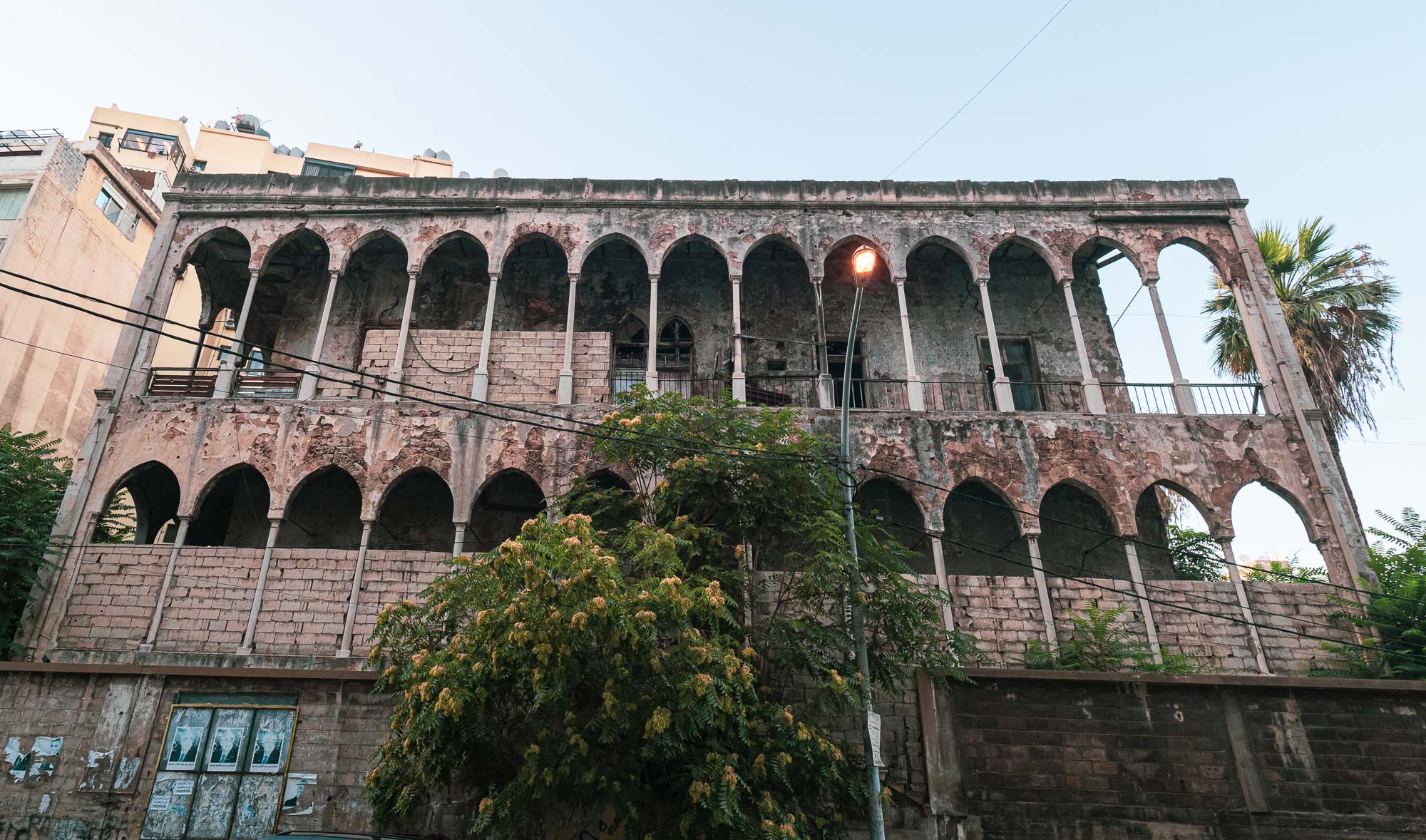
Bechara El Khoury
Zokak el-Blat was one of the more affluent Beirut areas, and home to many palaces, now abandoned, like this one.

Streets
The rarest thing in Lebanon? A helmet.

Parking
An empty lot between two buildings in Beirut.
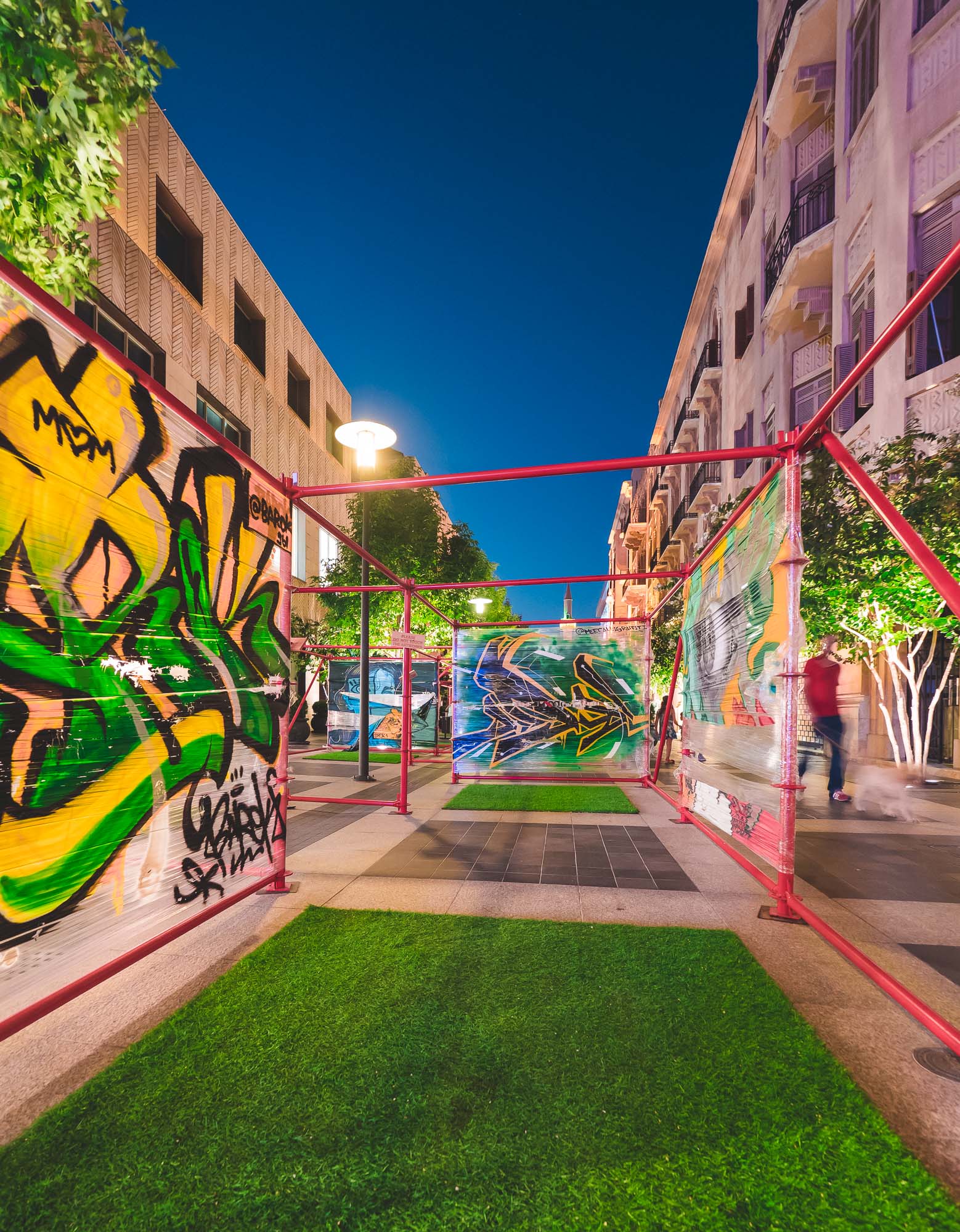
Exhibitions
The Beirut souk area features regular exhibitions and events.

Prince Monzer Mosque
Greenly lit at night.
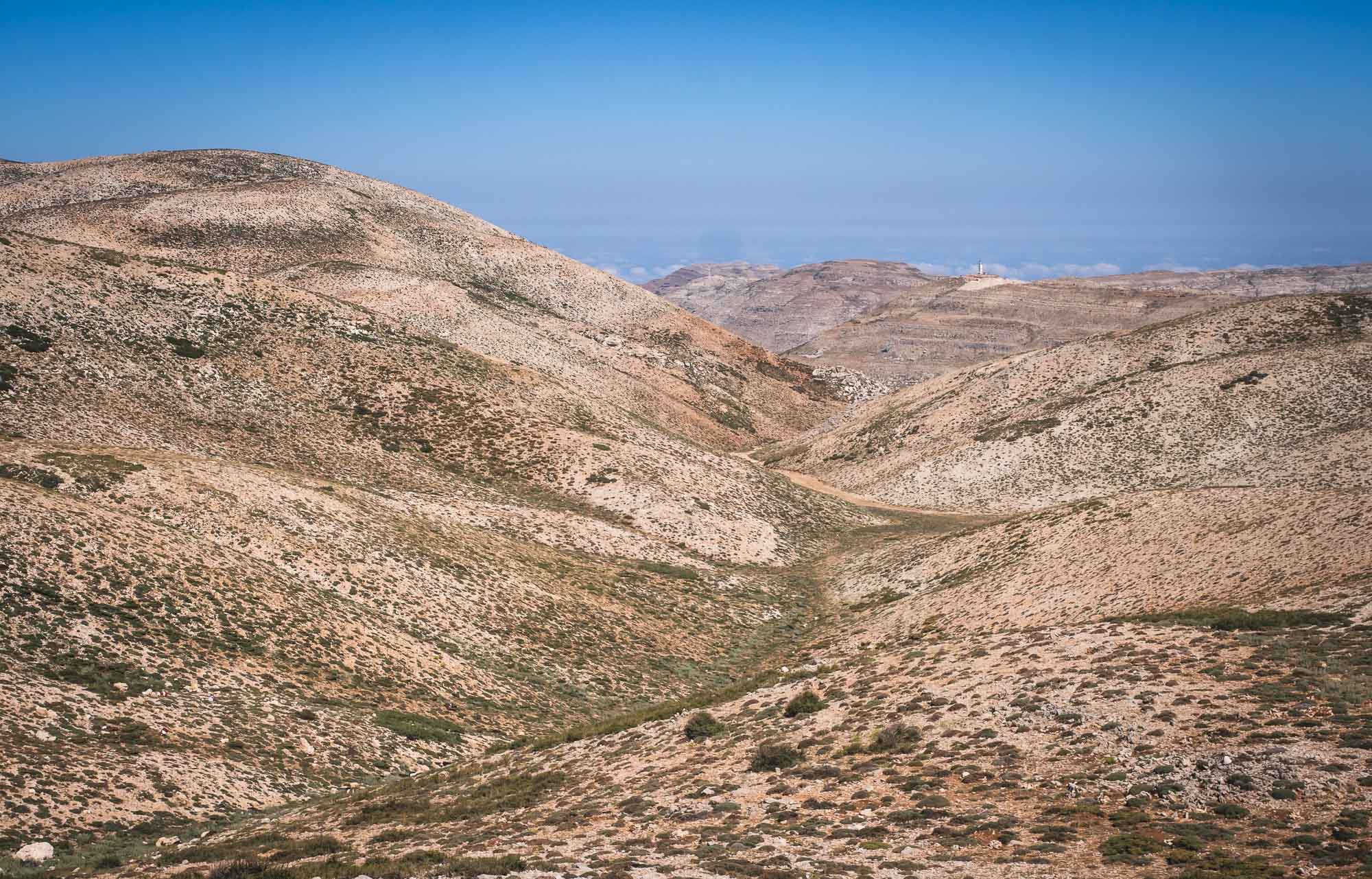
Into the Mountains
We took a trip to Baalbek into eastern Lebanon, which takes you over the central mountain ranges. While sparsely populated these days, parts of it become very busy in the winter when the skiing season kicks in. Yes, you can ski in Lebanon. The white statue of Saint Charbel in the background.
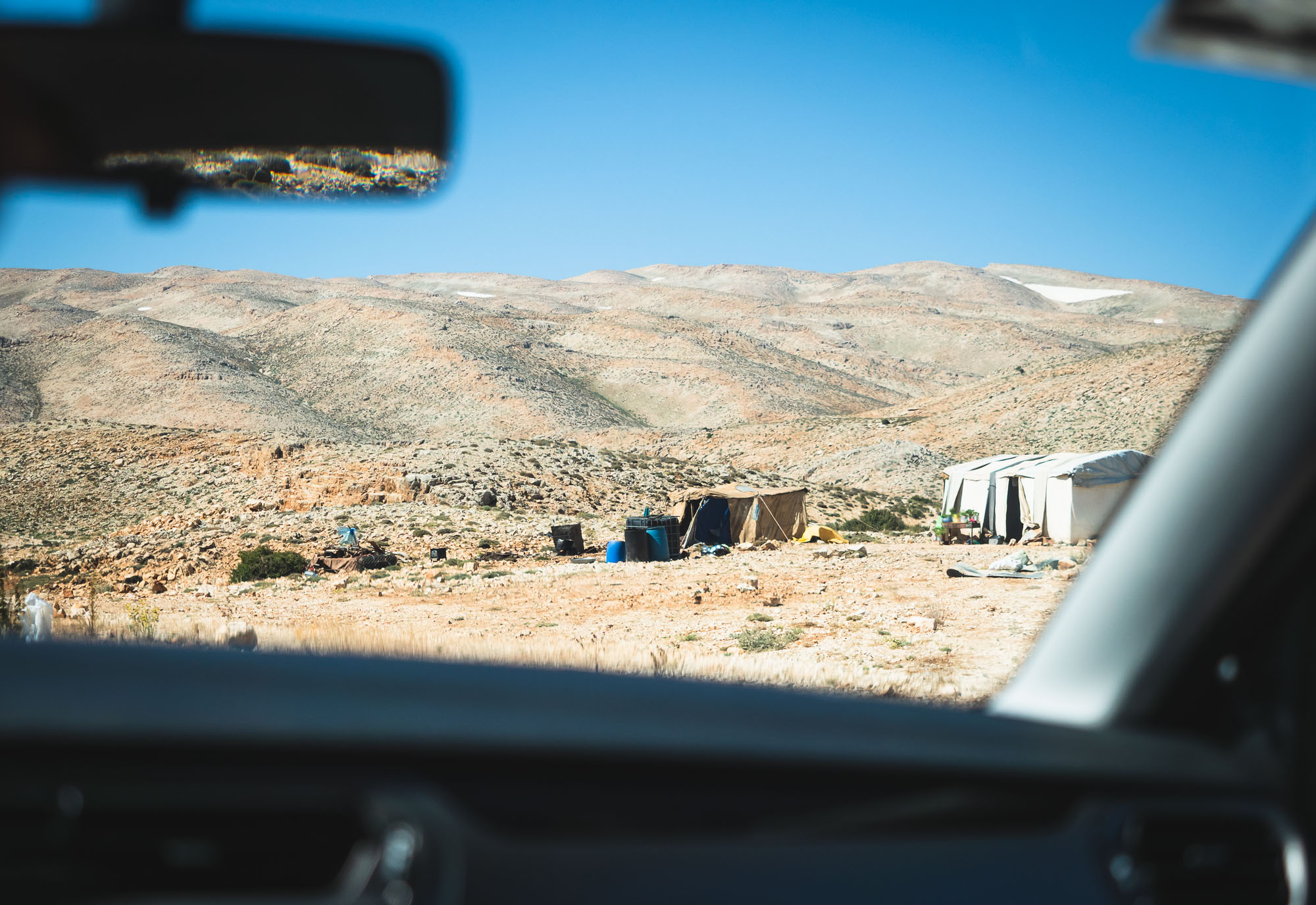
Tents & Huts
Local farmers live in temporary tents up in the mountains.
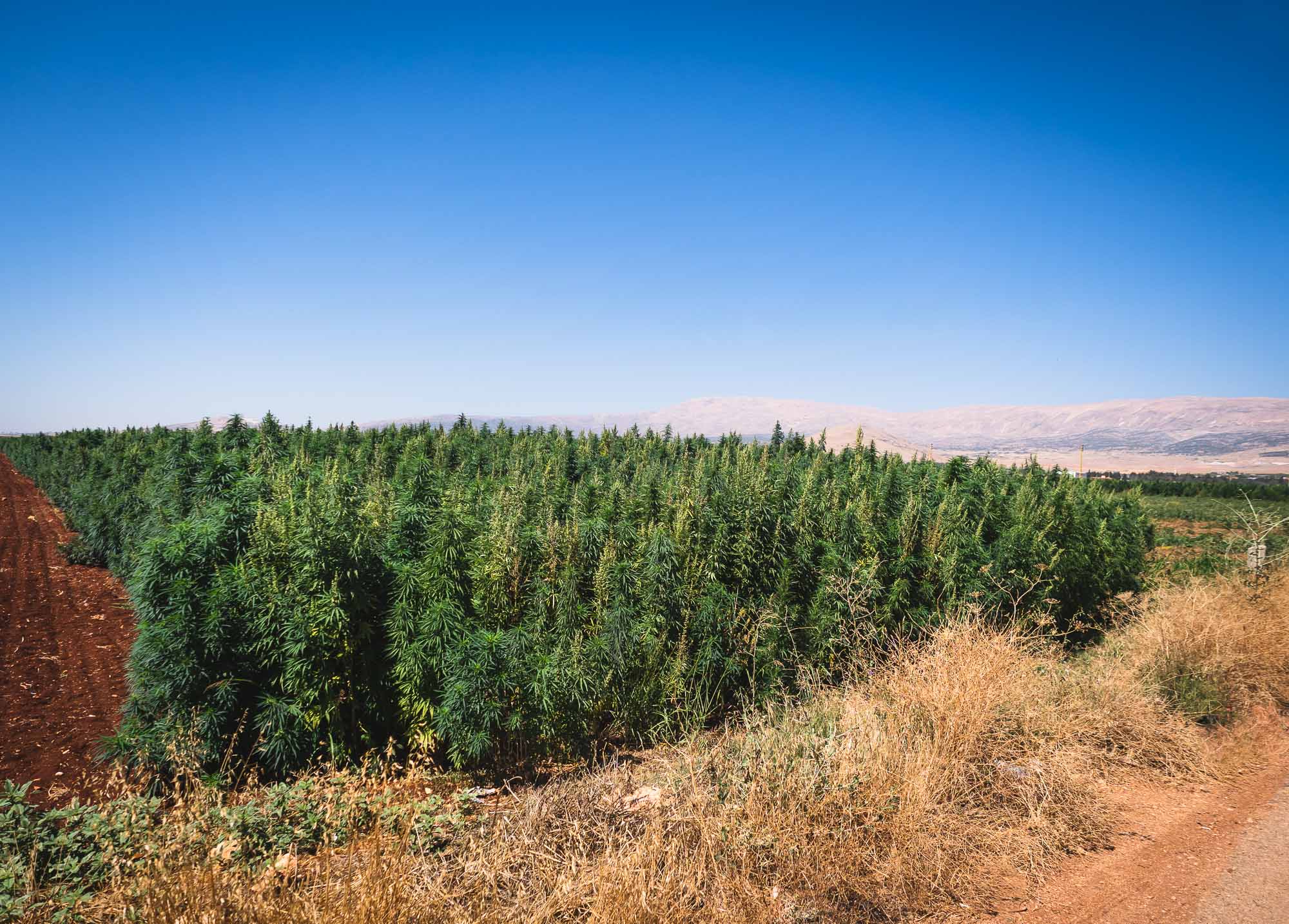
Unusual Crop
No comment.
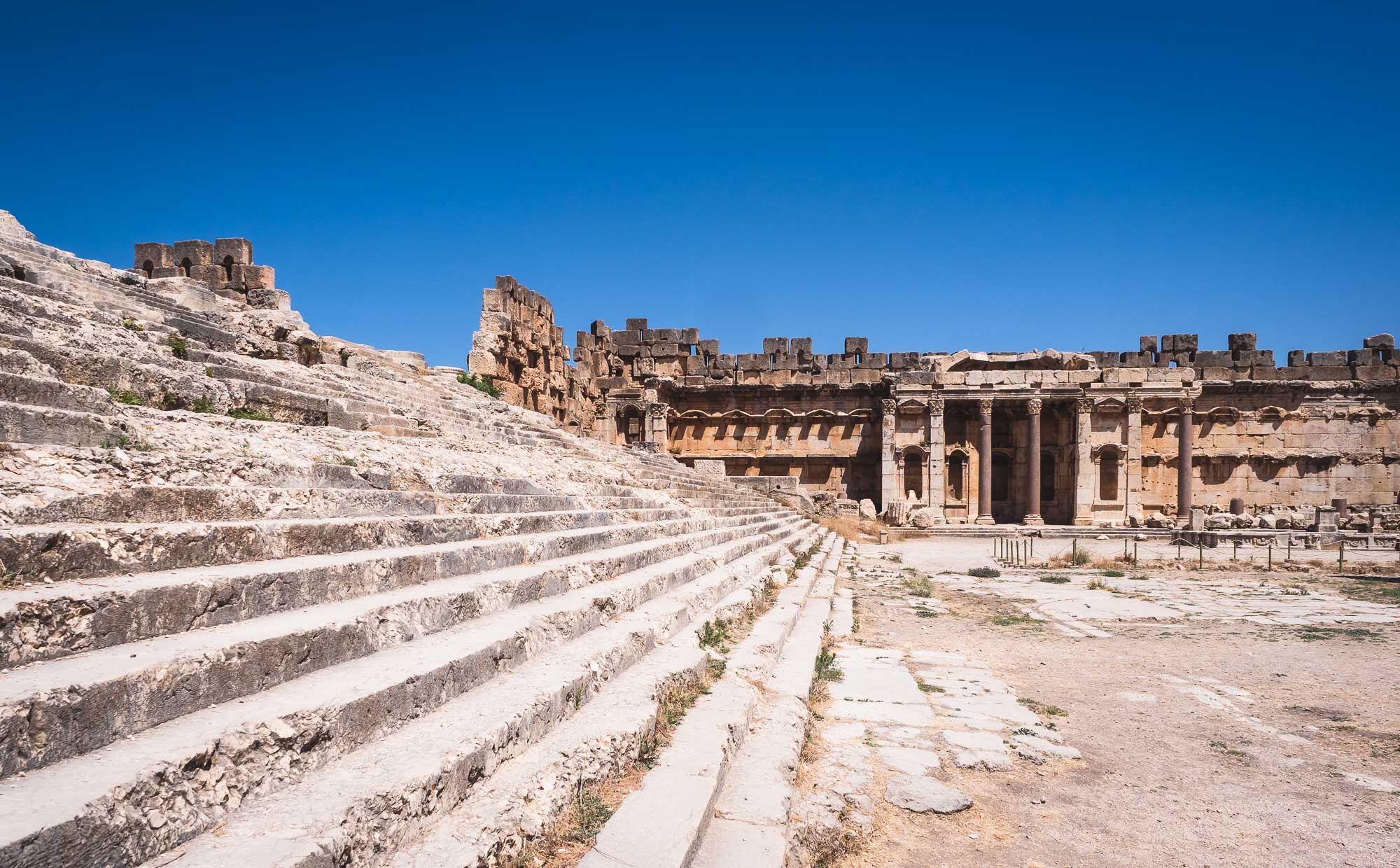
Stairs
The stairs leading to the Temple of Jupiter in Baalbek's complex of ancient ruins. It is the largest of the Roman world, but today only a few columns - currently under restoration - remain.

Temple of Bacchus
This second century temple, dedicated to the god of wine, is one of the best preserved ruins of the Roman empire.
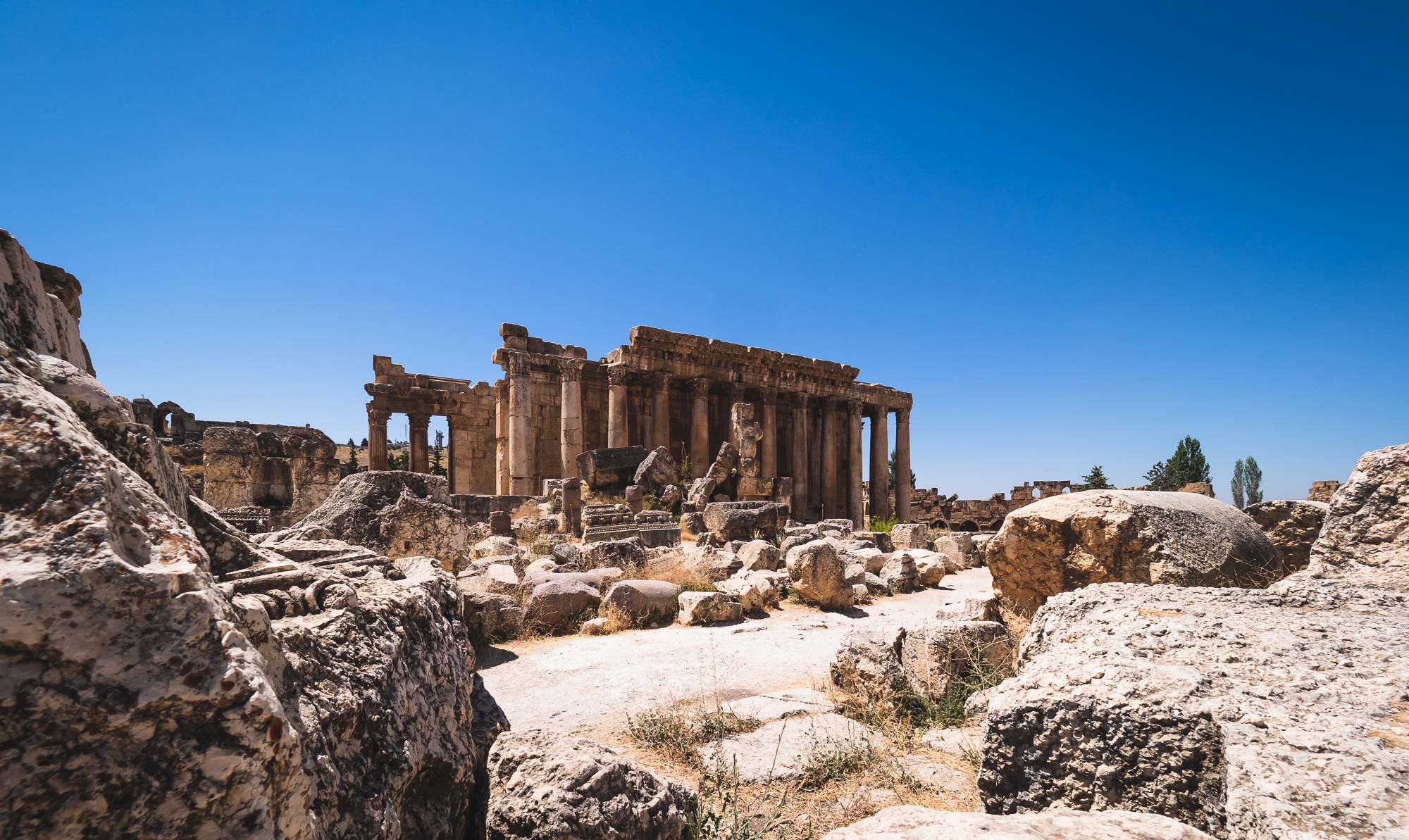
Columns
Another view of the temple from the Great Court.

Friends
A local that is selling Roman coins and guidebooks to tourists wanted to be part of my album.
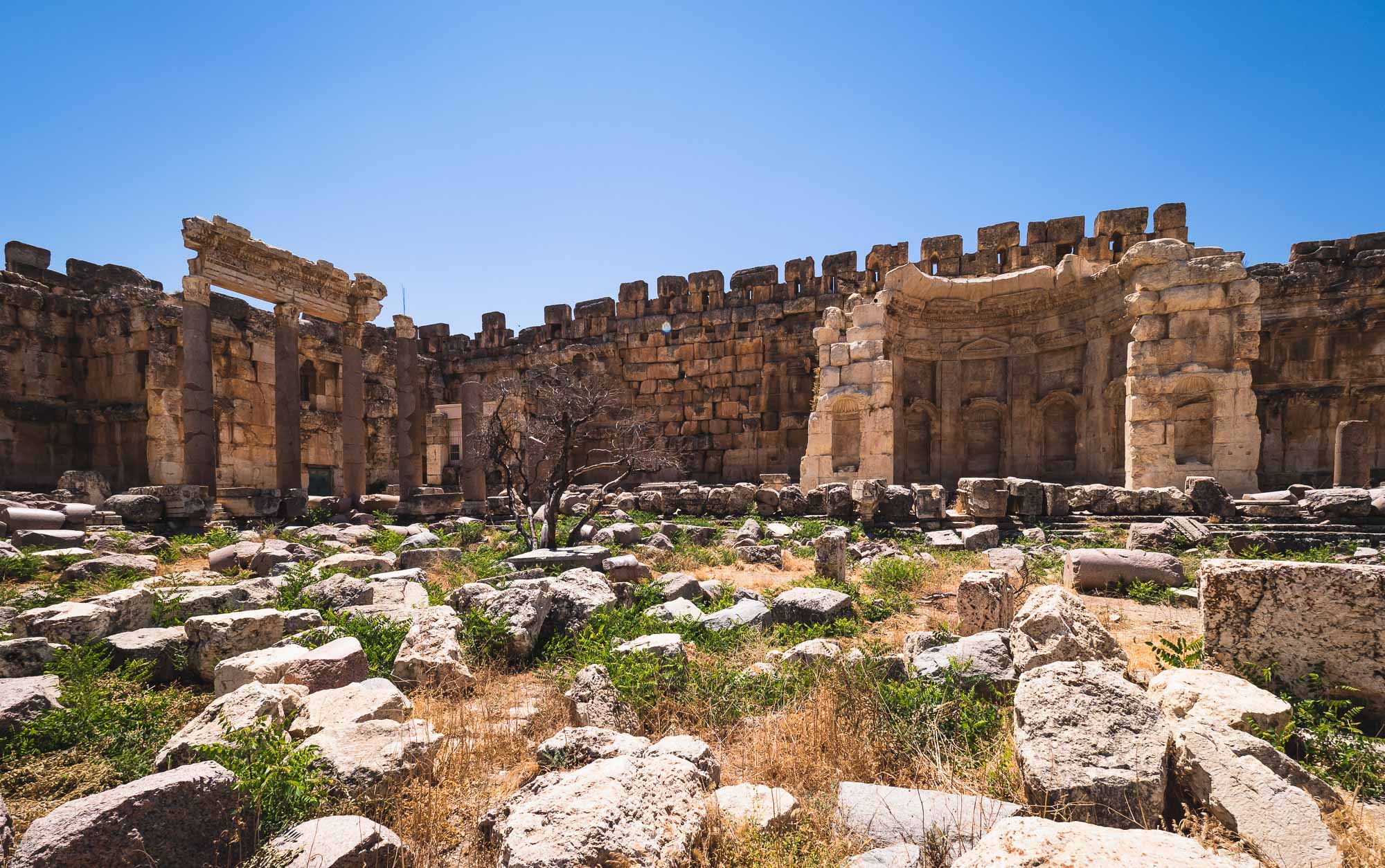
Great Court
The exterior walls of the Great Court. A basilica was later built inside the courtyard.

Bustan al-Khan
The ruins of Heliopolis, as Baalbek was called in Hellenic times, are today some of the most significant in the world. This section, south of the Temple of Jupiter, is a portico with twelve columns.

Stone of the Pregnant Woman
The podium of the temple complex includes 3 stones weighing 800 tons each. Even larger ones, among them this one, were found in the nearby quarry, weighing up to 1800 tons each. The original method of construction remains an archeological mystery, but the quarry was slightly higher than the temple complex, so some form of folling the stones to the site was probably used.
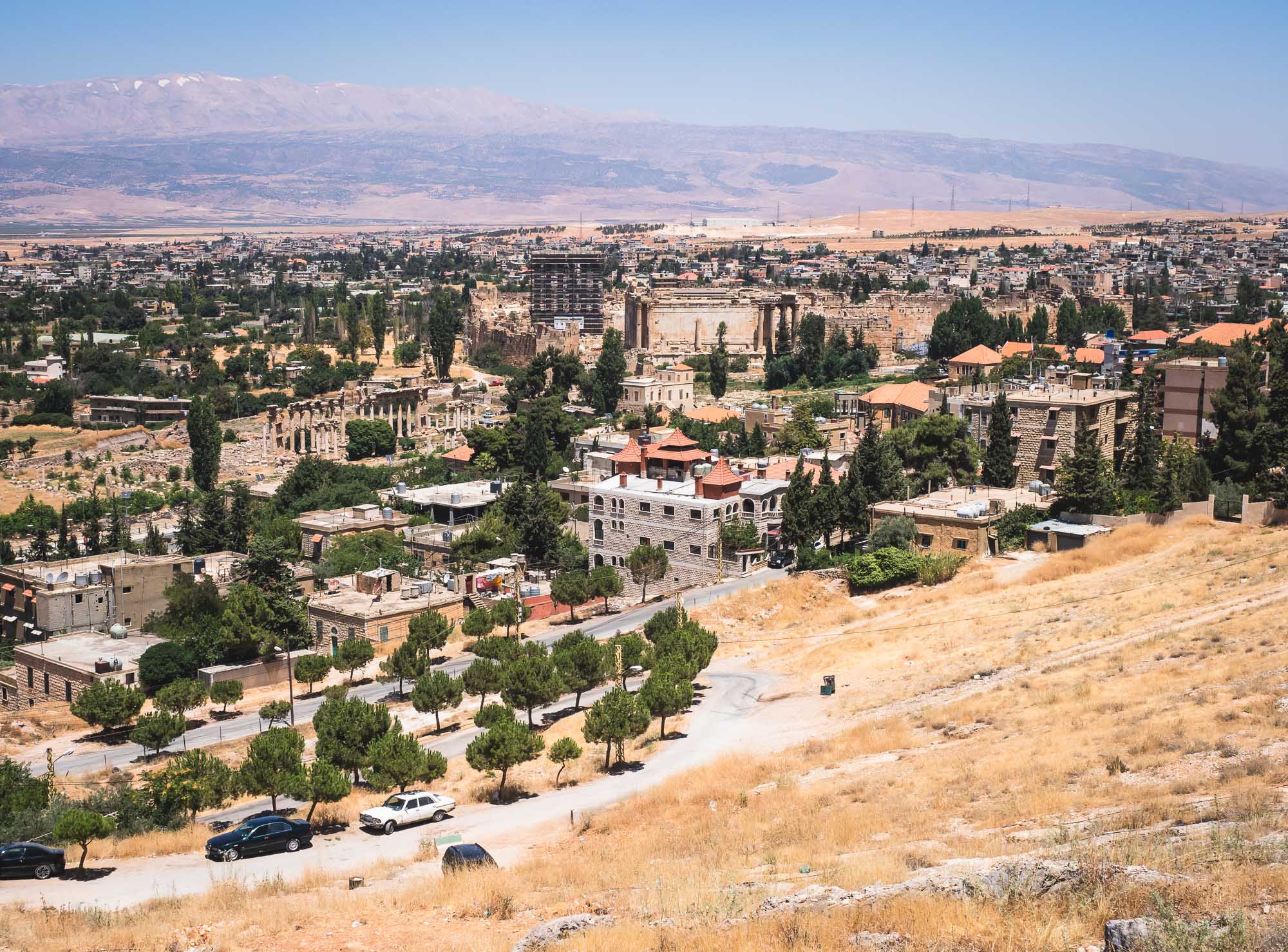
Overview
I hiked up a nearby hill to get an overview of the site. The Temple of Jupiter is visible with the pillars under restoration at the moment, thus covered in scaffolding. The Temple of Bacchus just in front. The entire complex was fortified later under Arabic rule, but not touched much anymore since the 14th century. There is a third temple, the Temple of Venus, not visible here, to the right of the Bacchus temple, as well as the Temple of Mercury, on the same hill this photo was taken from, but very little is left of it. To the very left is Bustan al-Khan.
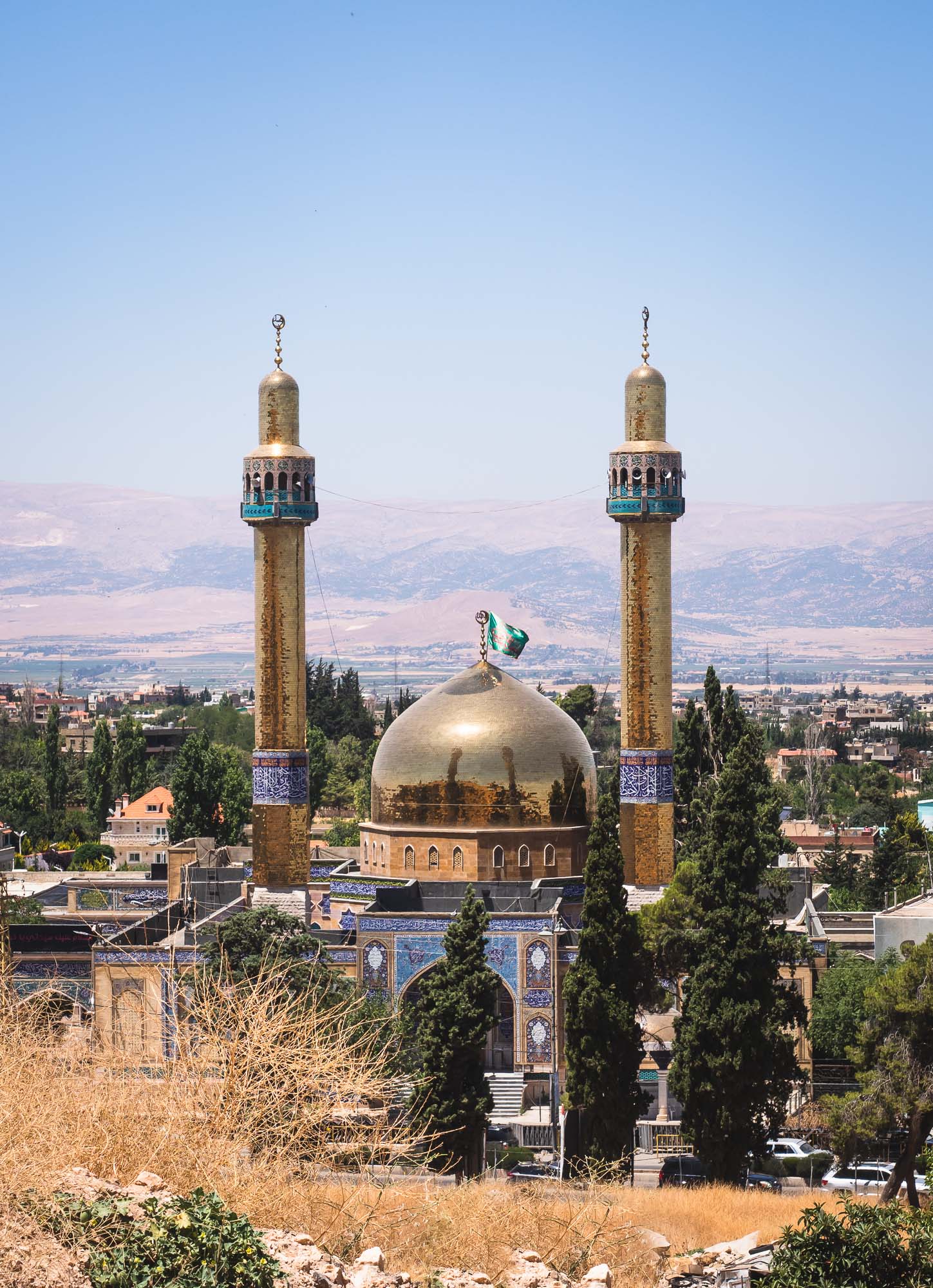
Sayyida Khawla Mosque
The golden roof makes this mosque hard to miss.
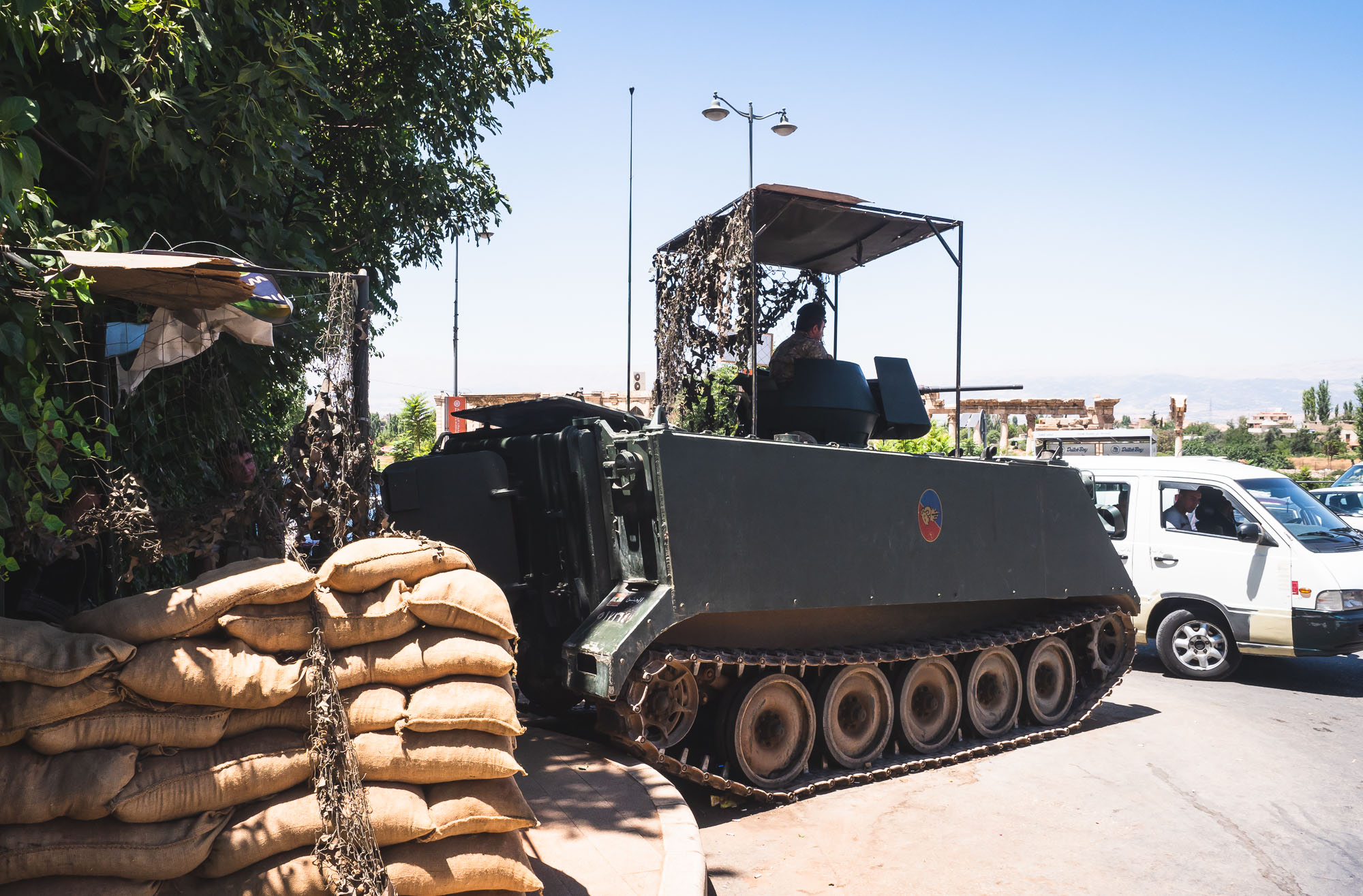
Military Presence
Given the close boarder to Syria, military posts and check points are still omnipresent in this area.
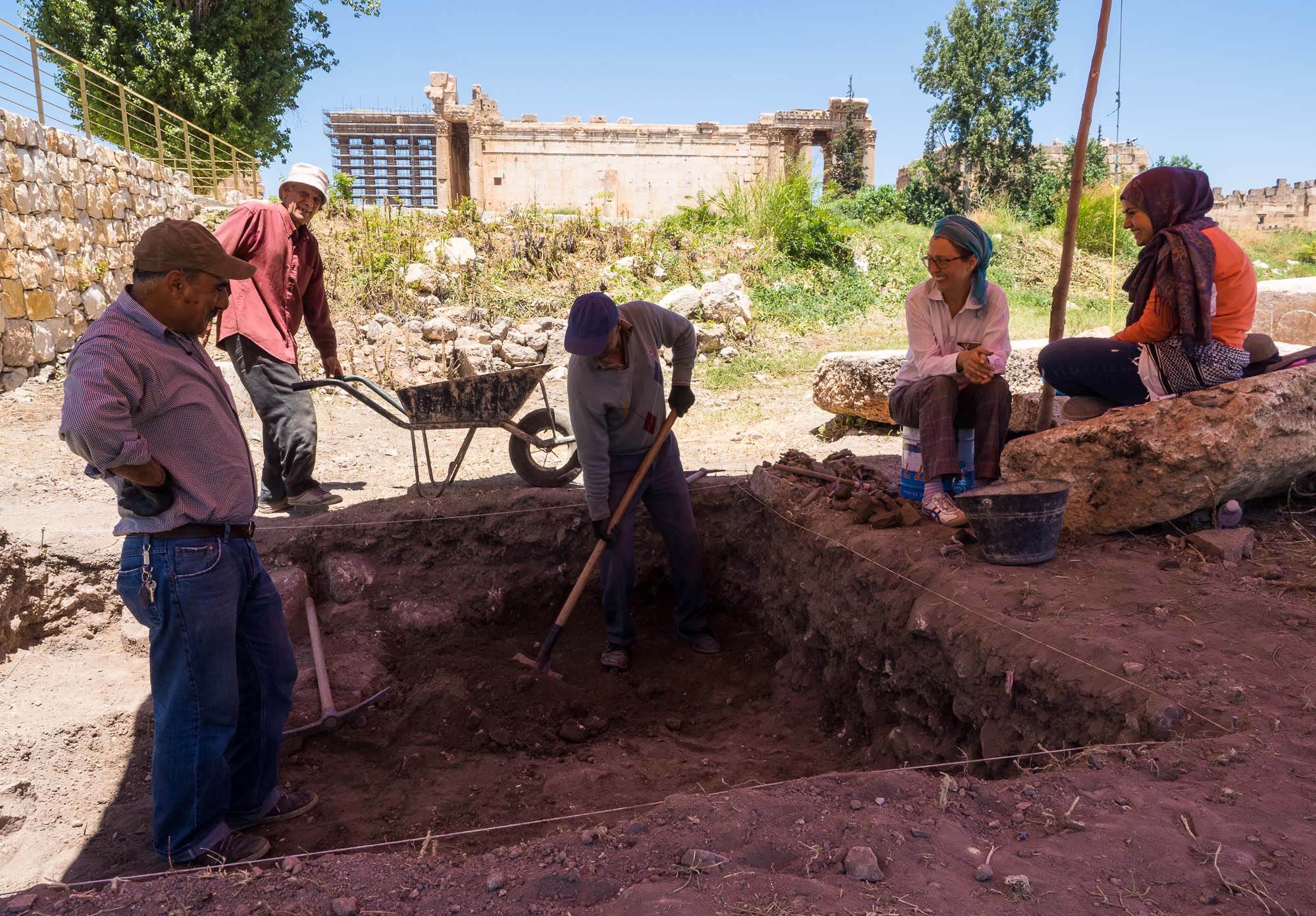
Digging
A team led by a German archeologistc is digging in the area east of the temples, to determine if further excavations would make sense.
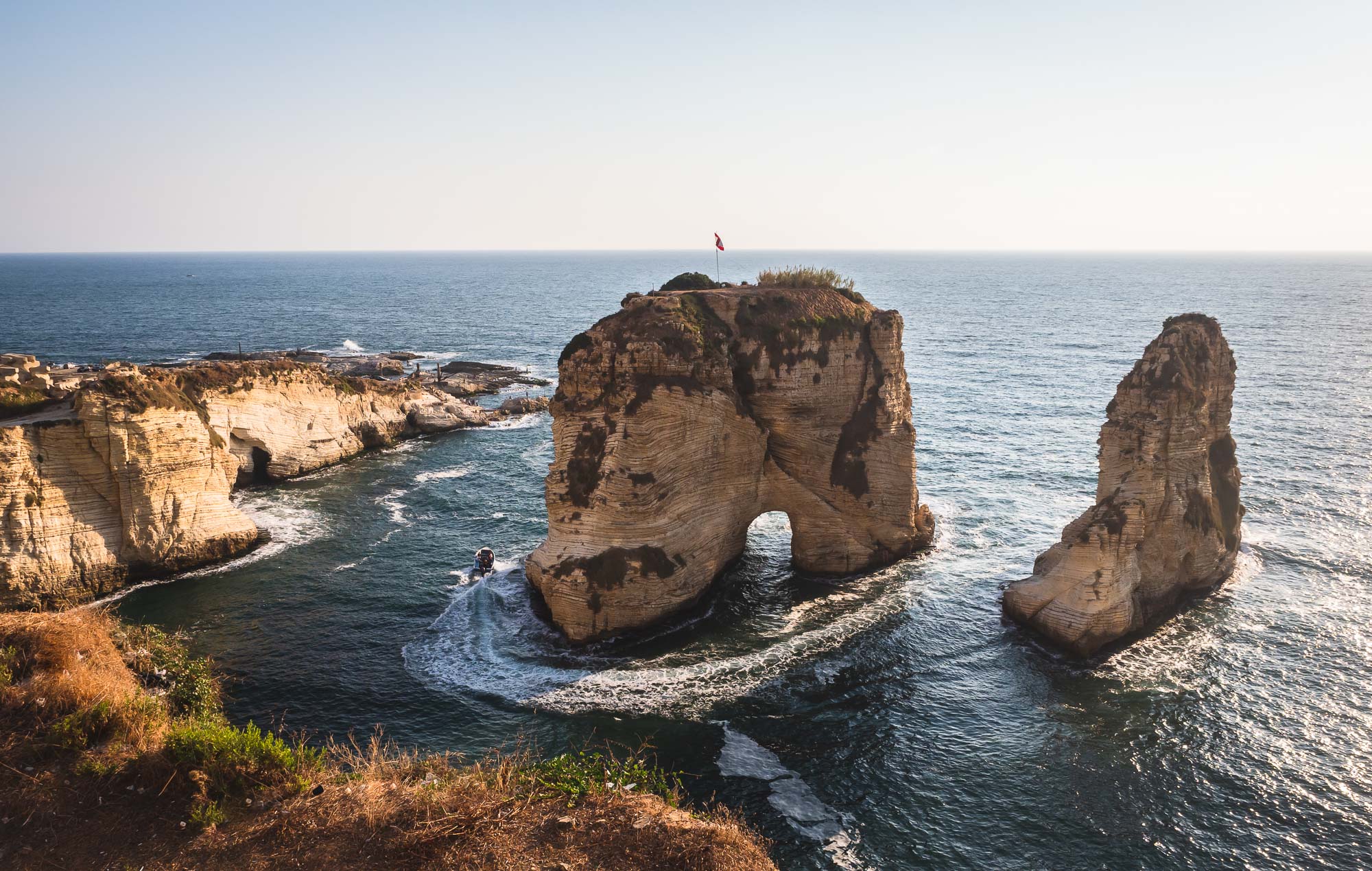
Raouche Rocks
These two rocks are probably the most famous of Beirut's landmarks.
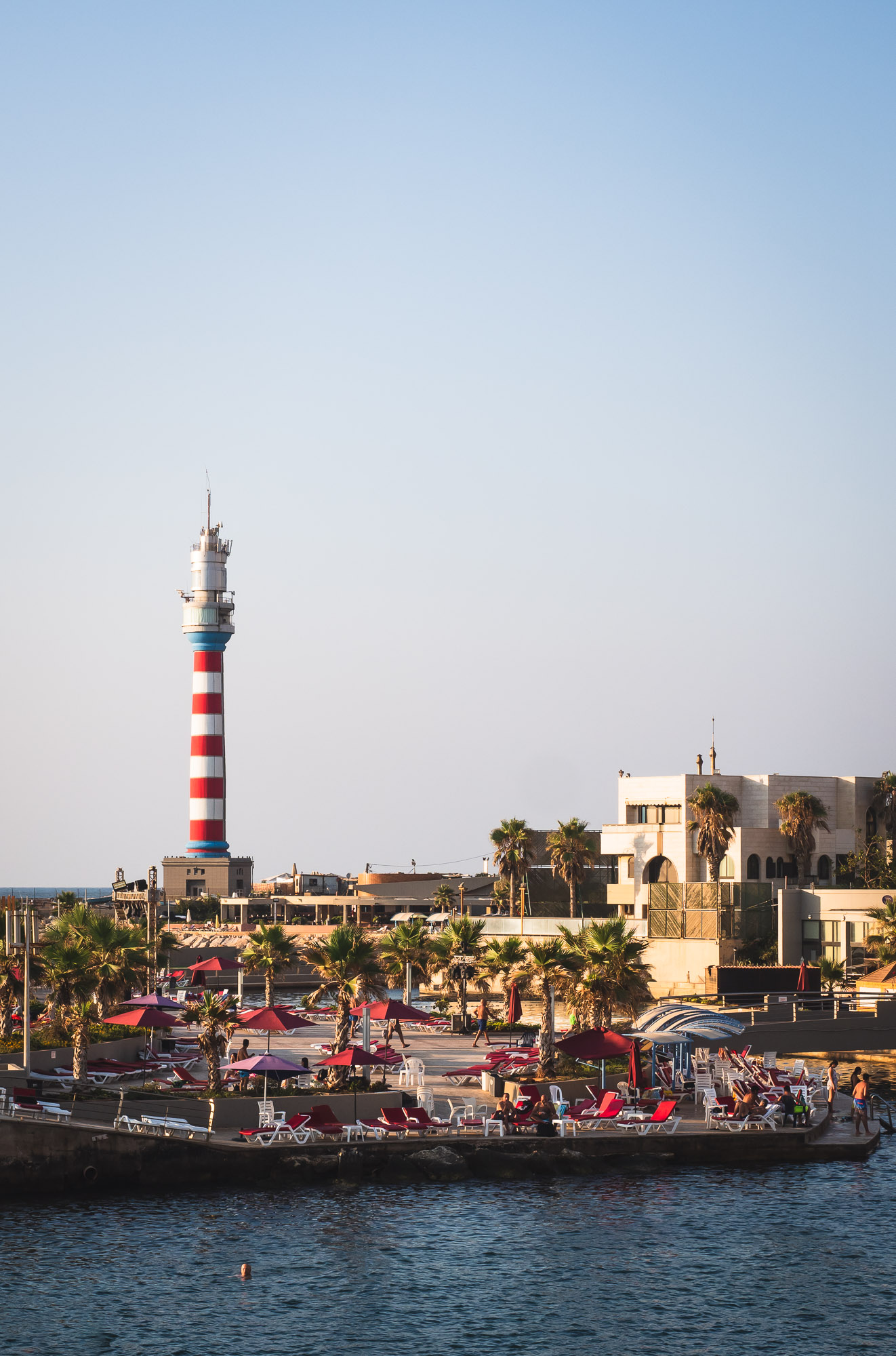
The New Lighthouse
While this one opened in 2003, it has been the same family that is responsible for Beirut's nightly guiding light for the past 150 years.
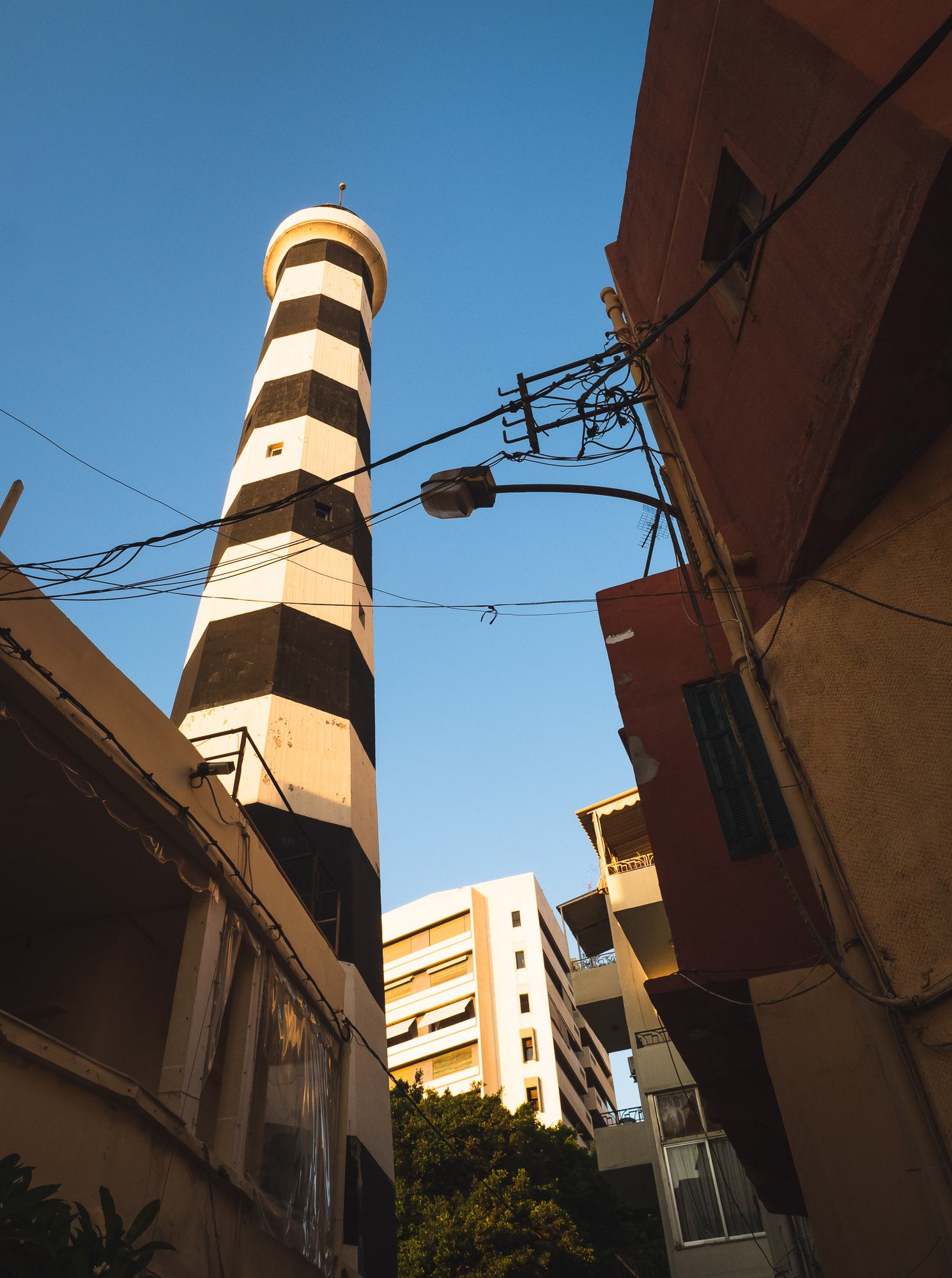
The Old Lighthouse
It was built in the 1920s, but when an influential businessman constructed a taller building in front, a new one closer to shore was needed.

The illustrious M
The BMW M badge seems to be highly coveted in Lebanon, and thus applied generously.
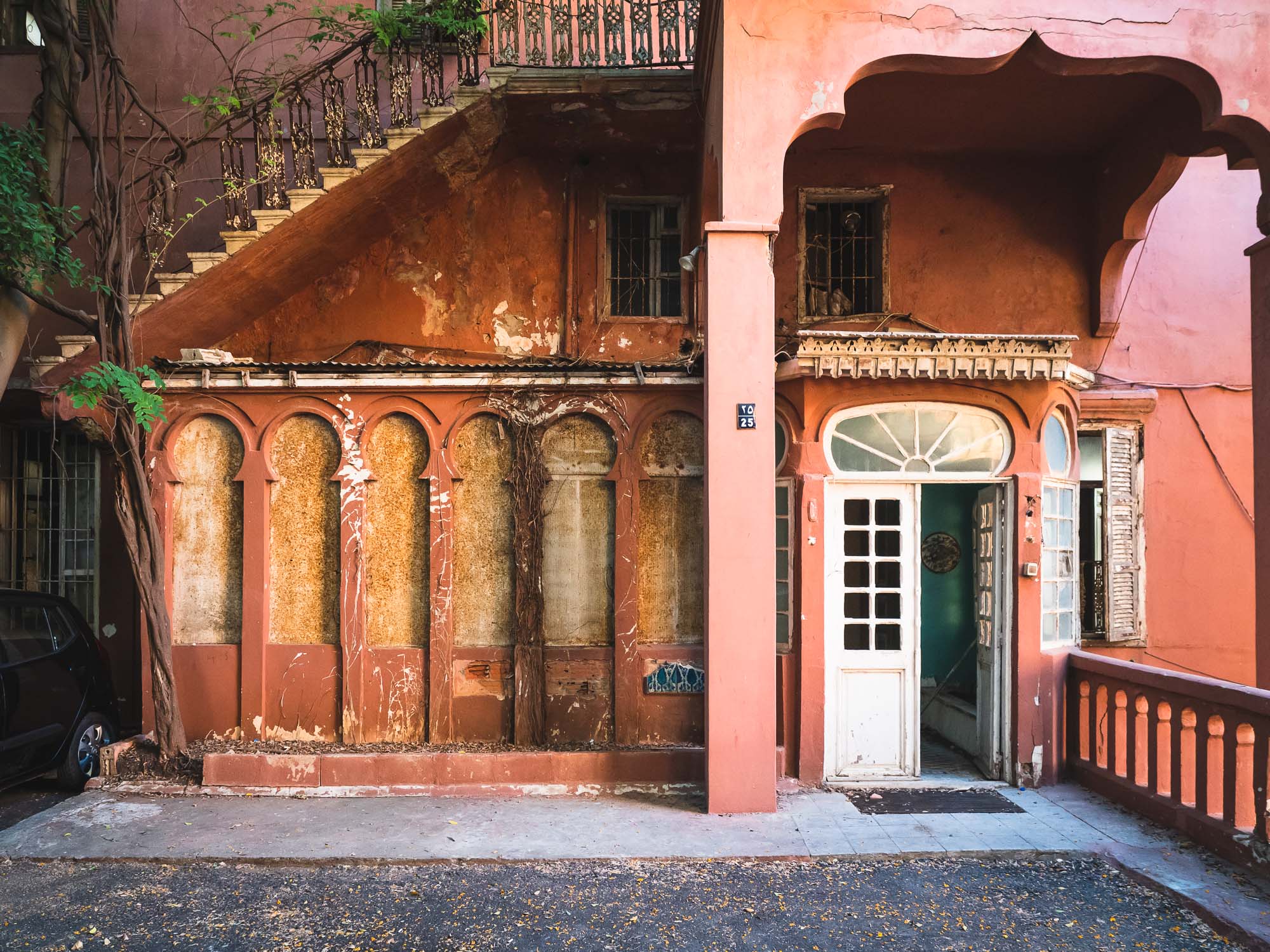
La Maison Rose
Another one of Beirut's abandoned palaces, this one is located directly on the hill on the north western tip of the Ras area. While the door was open, a very official letter posted at the entrance, and the questionable condition of the staircase, didn't quite give me the confidence to walk inside.
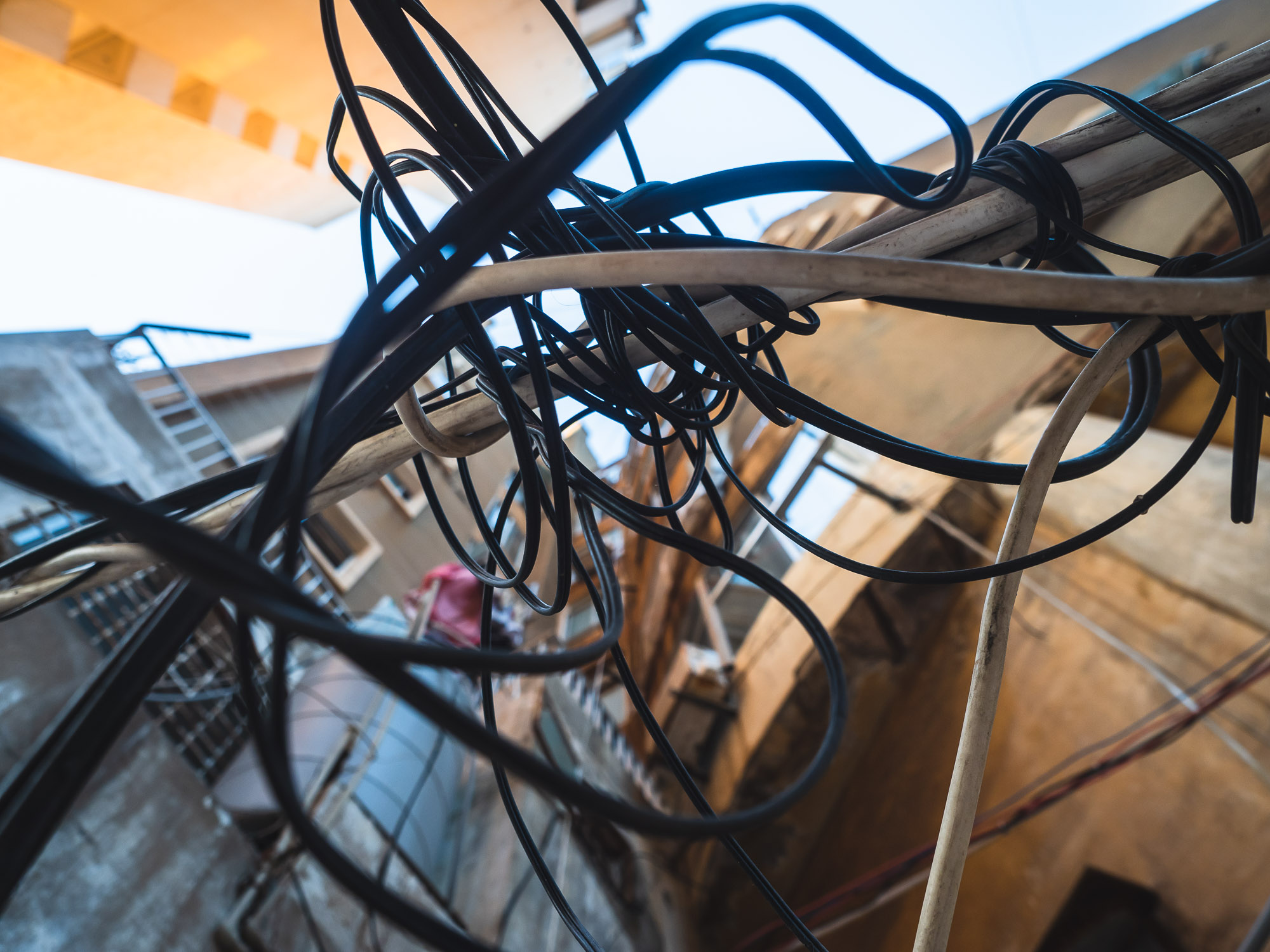
Power
Lebanon is famous for its regular power outages. One can only guess as to what may be the reason for such occurences...
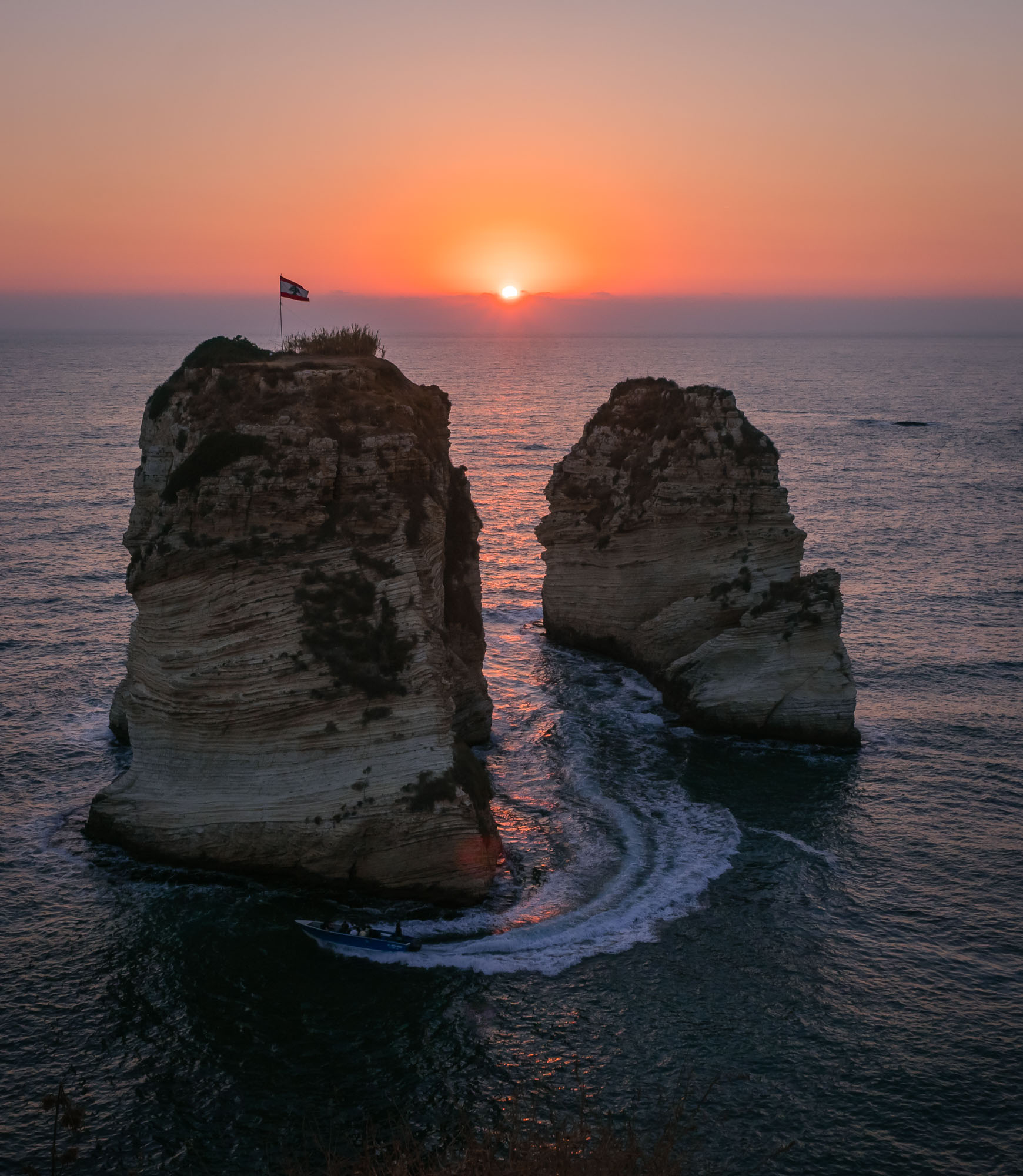
Alignment
A bit of planning and the right spot allowed me to get the postcard shot, with the sun setting between the rocks, while a boat of tourists cruises around them.

Flying
A couple watches a plane approaching Beirut's Rafic Hariri International Airport.
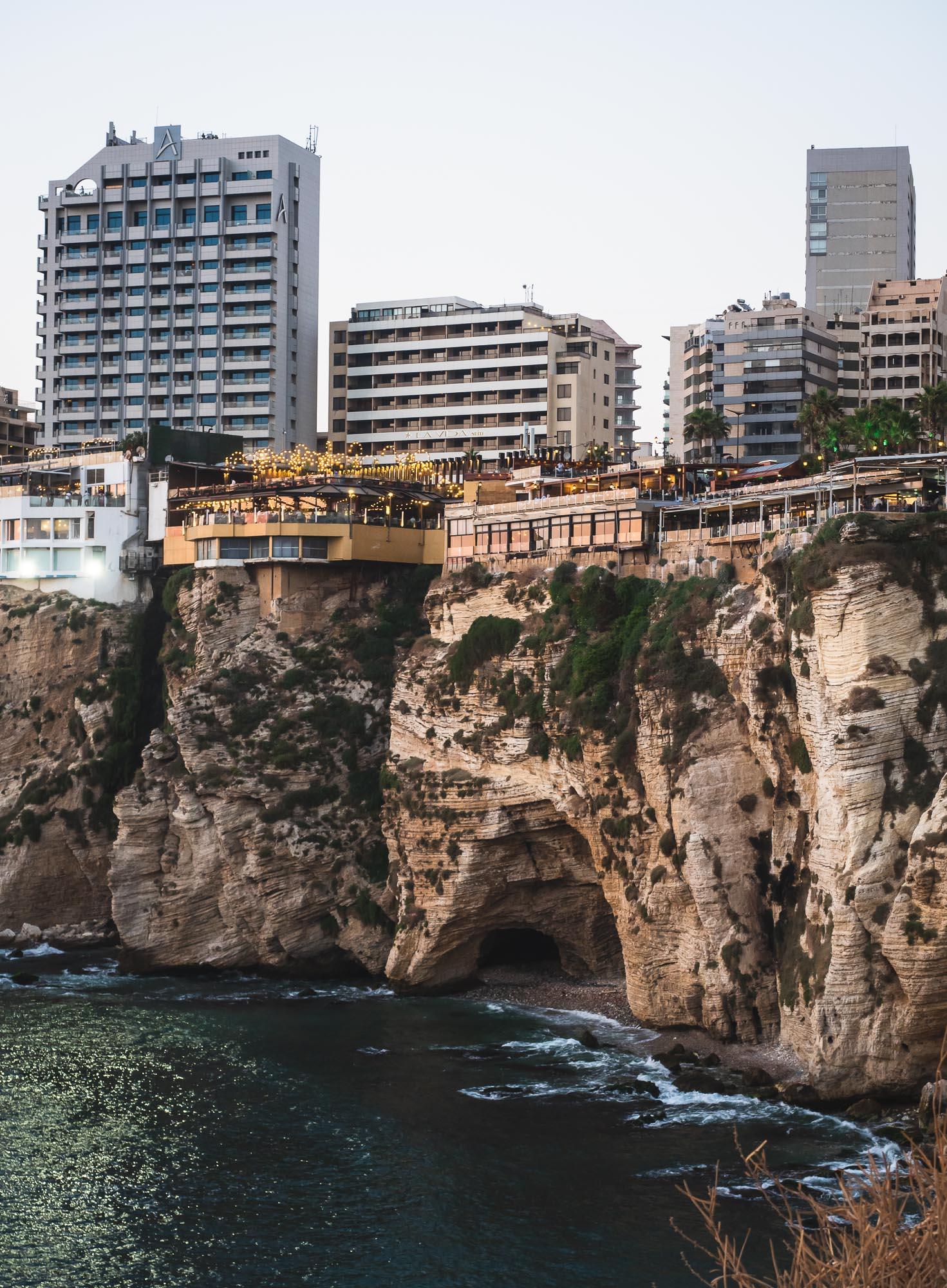
Cave
Unbeknownst to the diners above, the coastline in front of the famous rocks features a beautiful cave structure below.
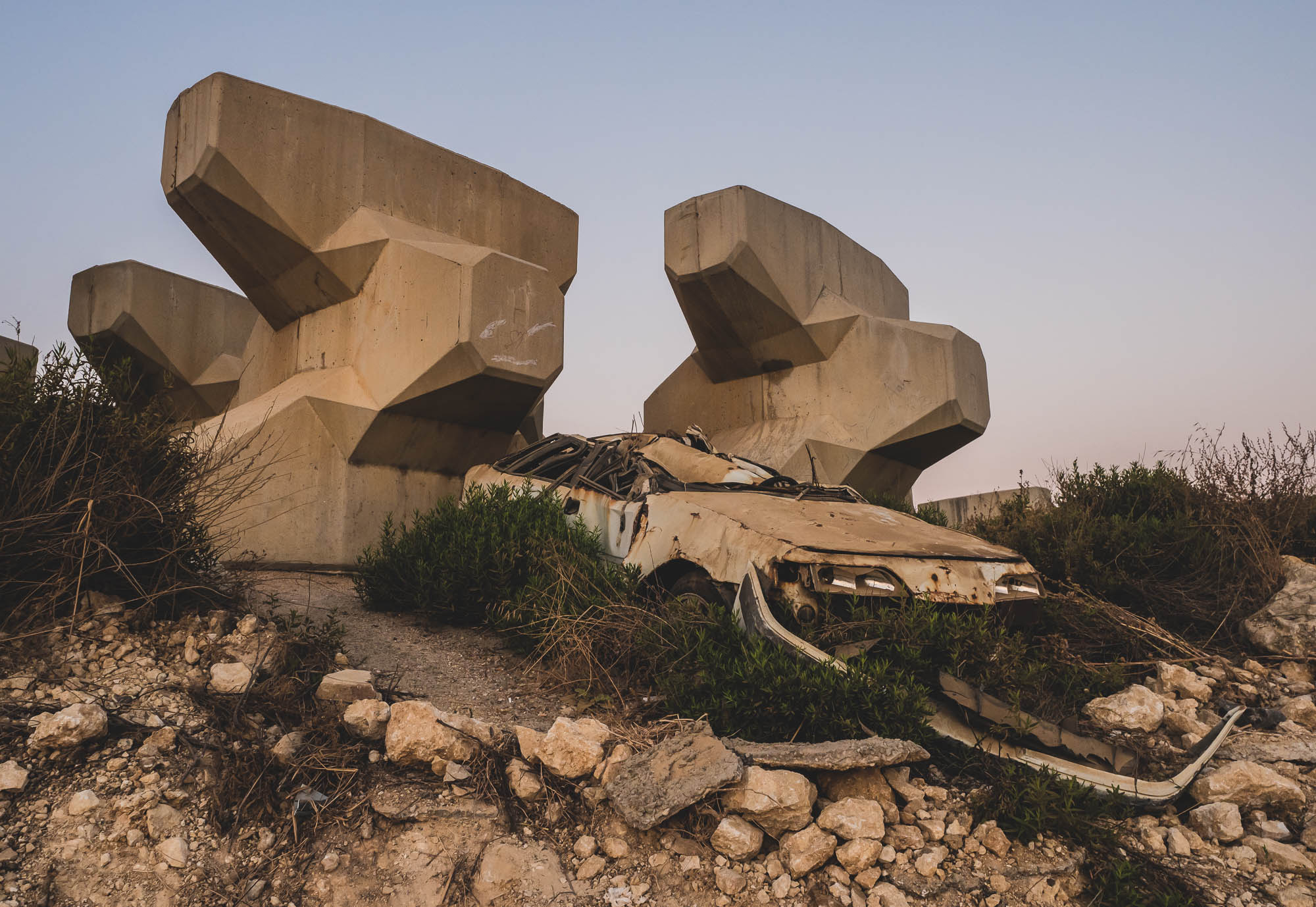
Strange Things
What are they, why are they here, and how did the car get in between them - these and other questions come to mind.
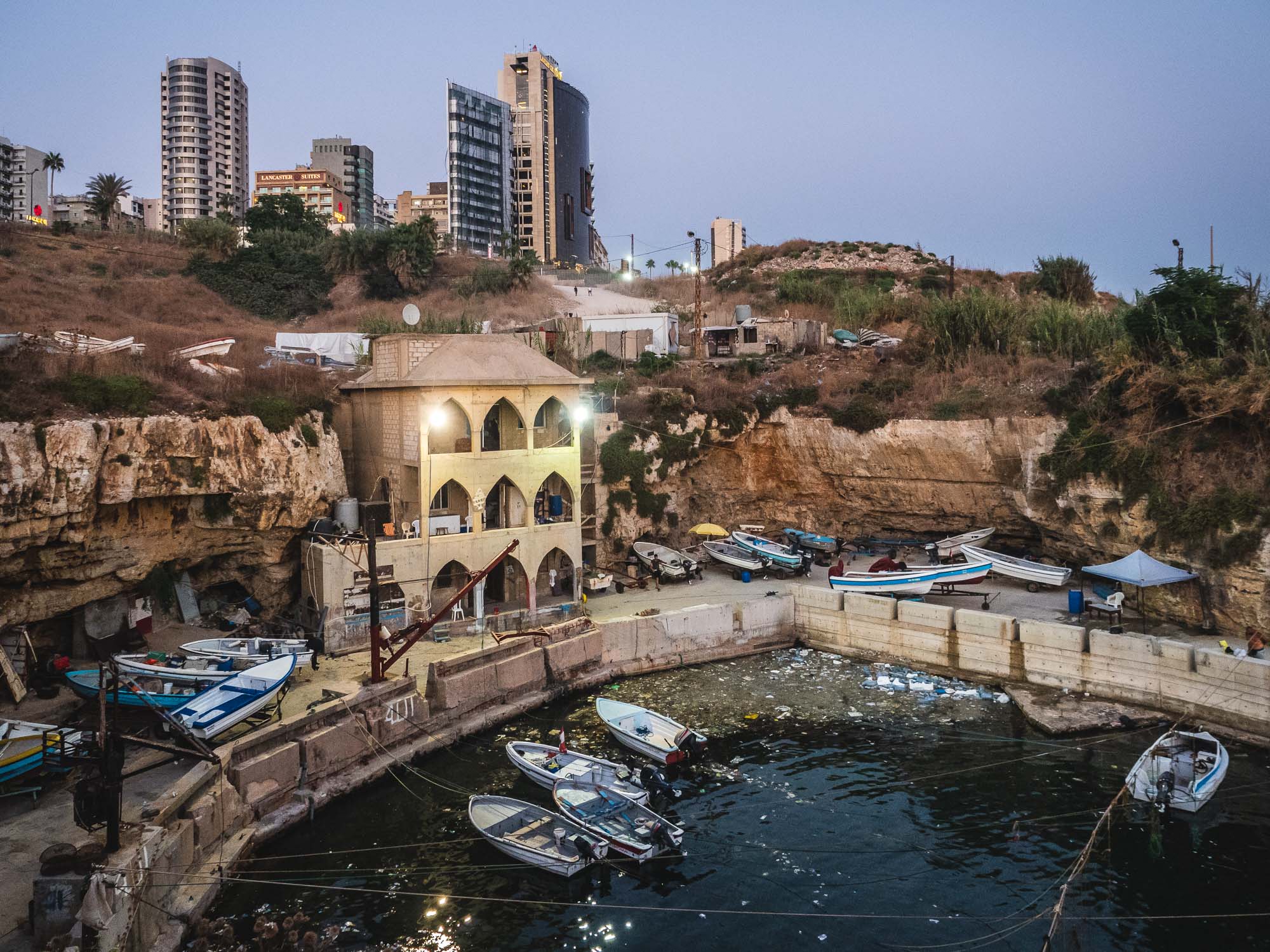
Mini Marina
A small harbour is perched in between the rocky coastline of Beirut.
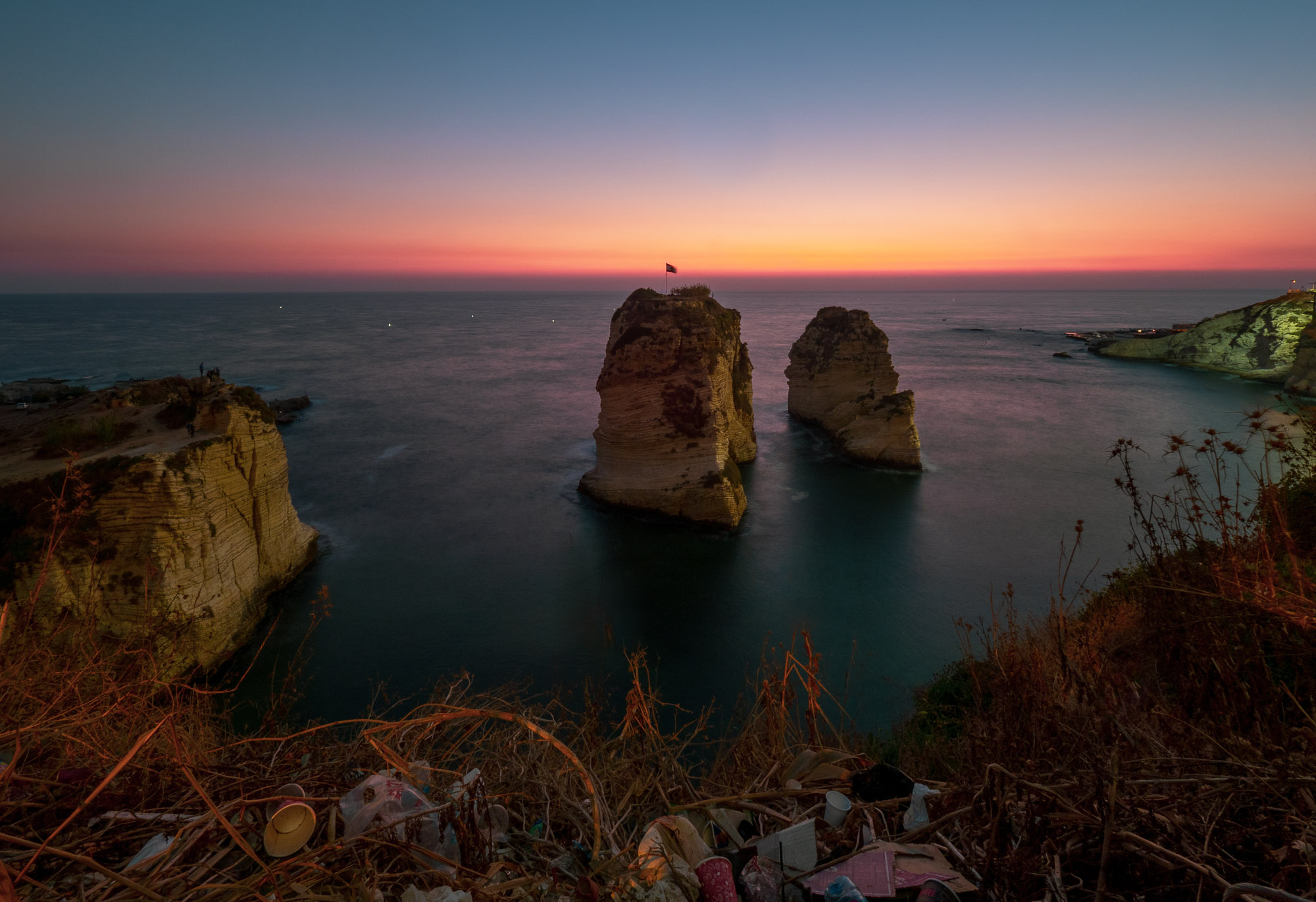
The Dark Side
One is sometimes tempted to apply a little photoshop and get the perfect photo - but the reality of the site is full of garbage and plastic, as seen here. In general, the country would be well advised to take better care of its beautiful setting.
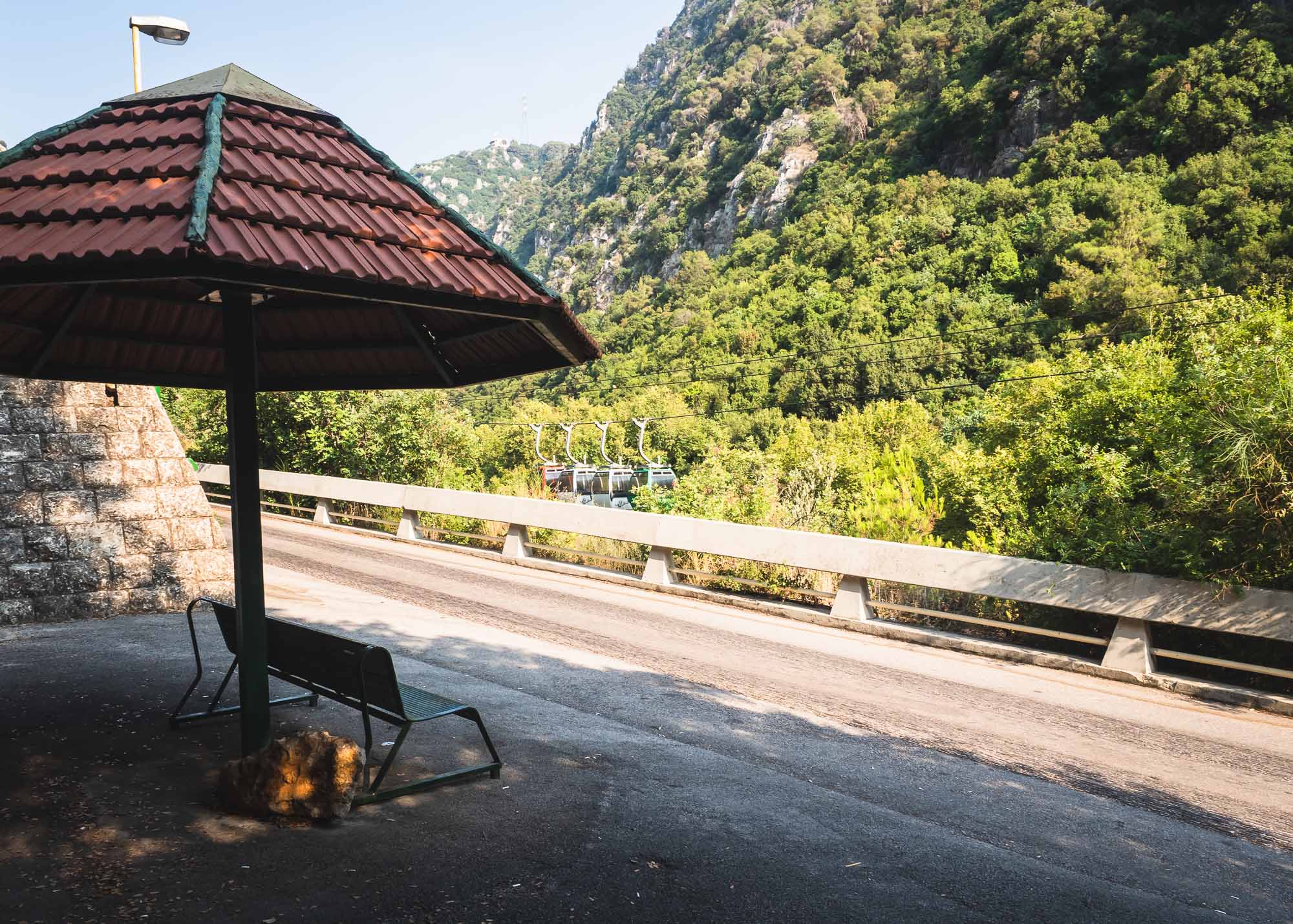
Jeita Grotto
The small road leading up to the cave is closed for cars - a cable car brings you to the top if you don't want to walk.
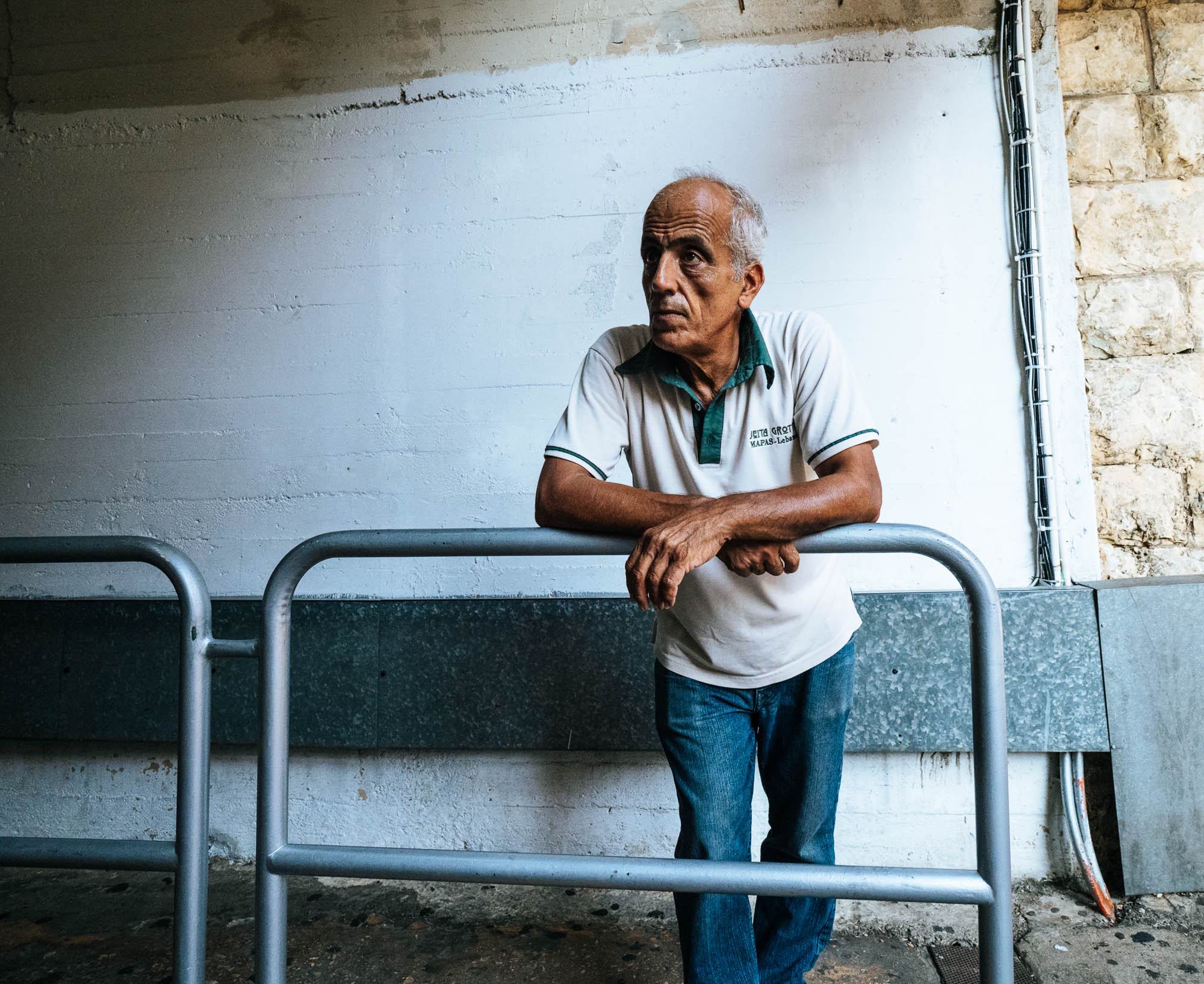
No Access
One of the team members of the Grotto's staff waiting for the next group to arrive.
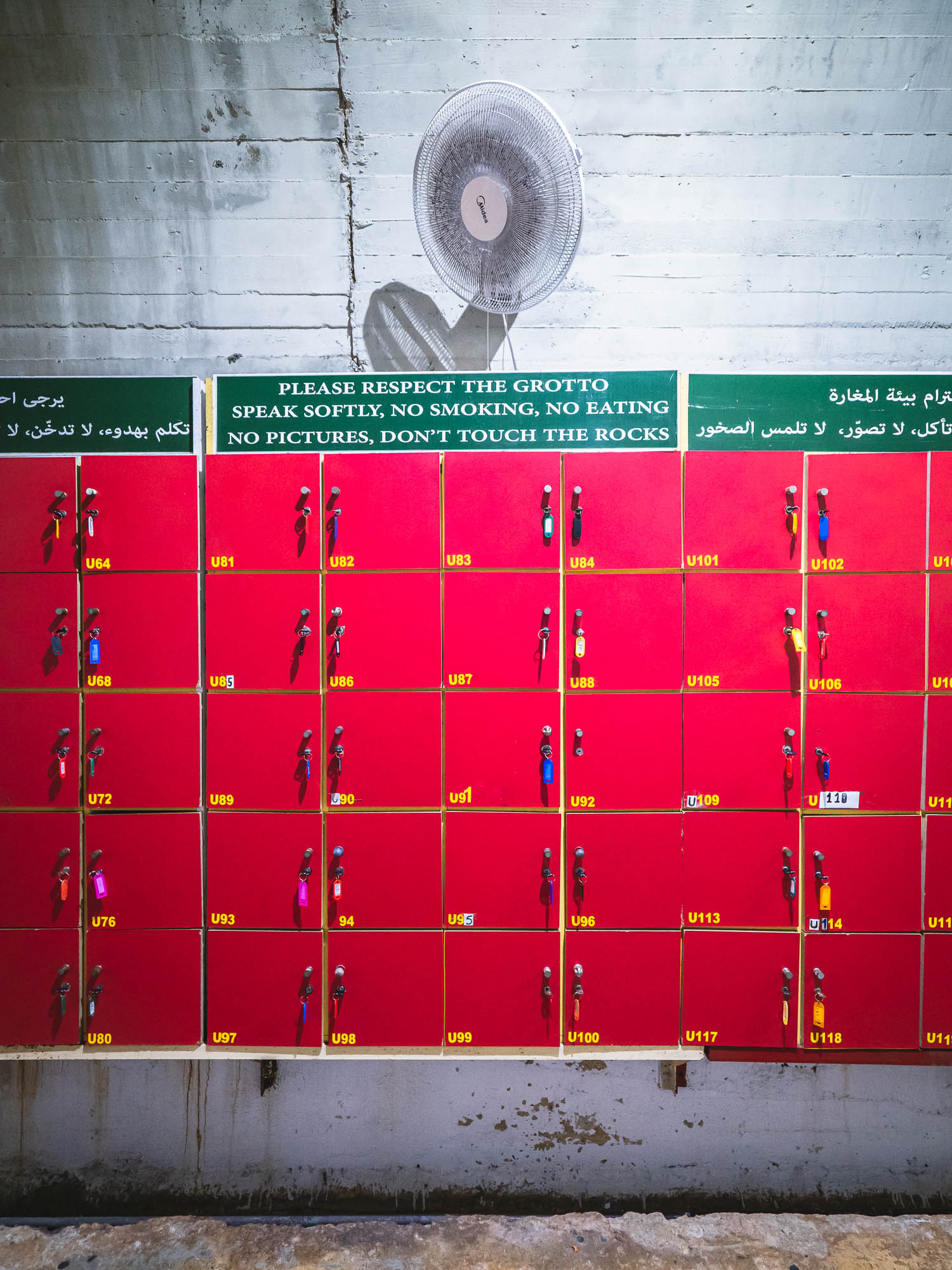
Respect the Grotto
The rules are strict, and phones and cameras are not allowed to be taken inside. Having met and listened to the General Manager of the site who has build and looked after most of the attraction since it reopened after the war in 1995, it was clear that his passion for keeping the attraction in a pristine state is behind the rules, and they seem to be working.
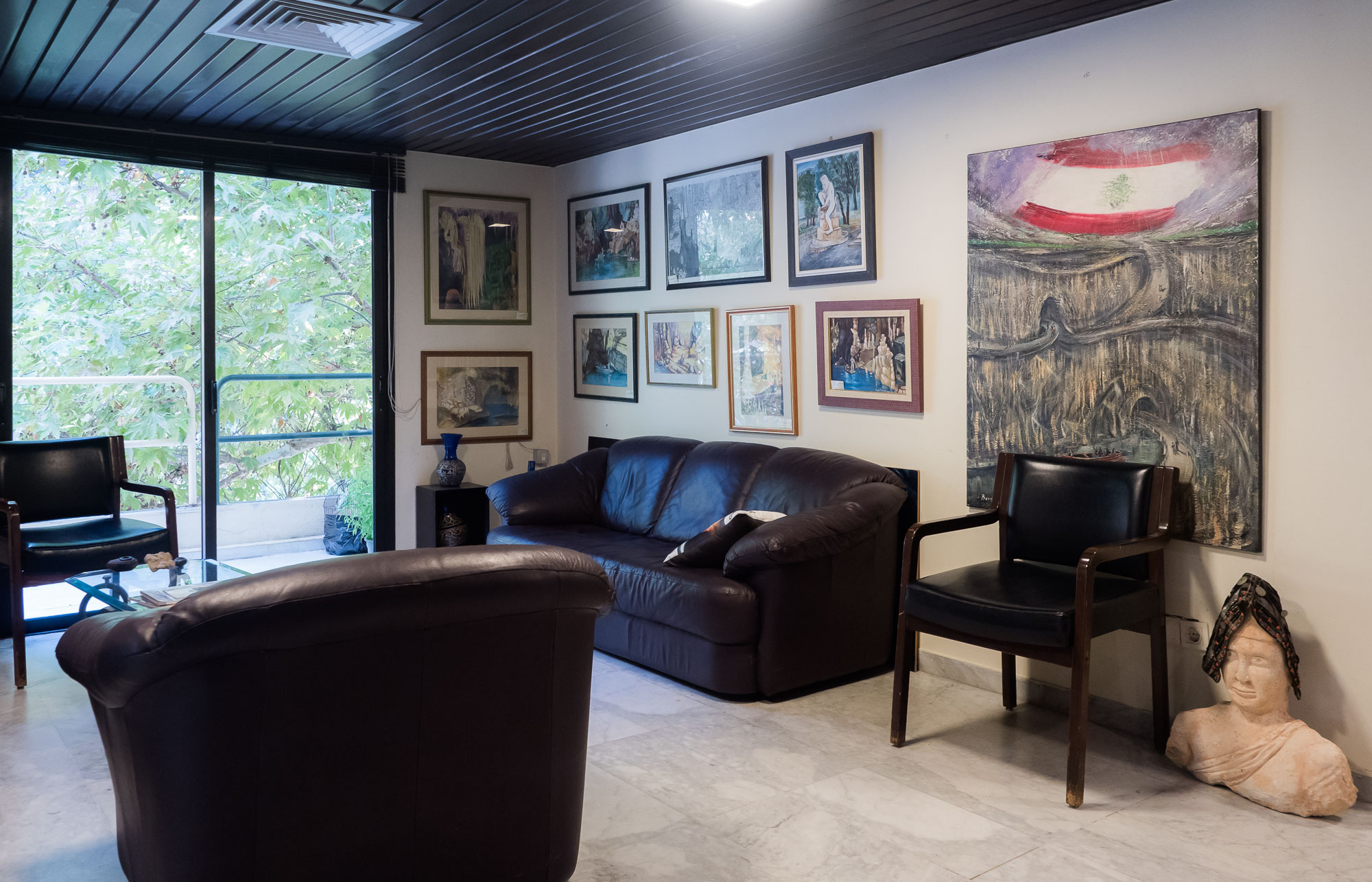
Artworks
The office of the General Manager of the Grotto features paintings of school children as part of a competition. As he explained to me, judges made them draw an outline of the painting on the back while evaluating the submissions, to be sure it was really the children who were responsible for the work.
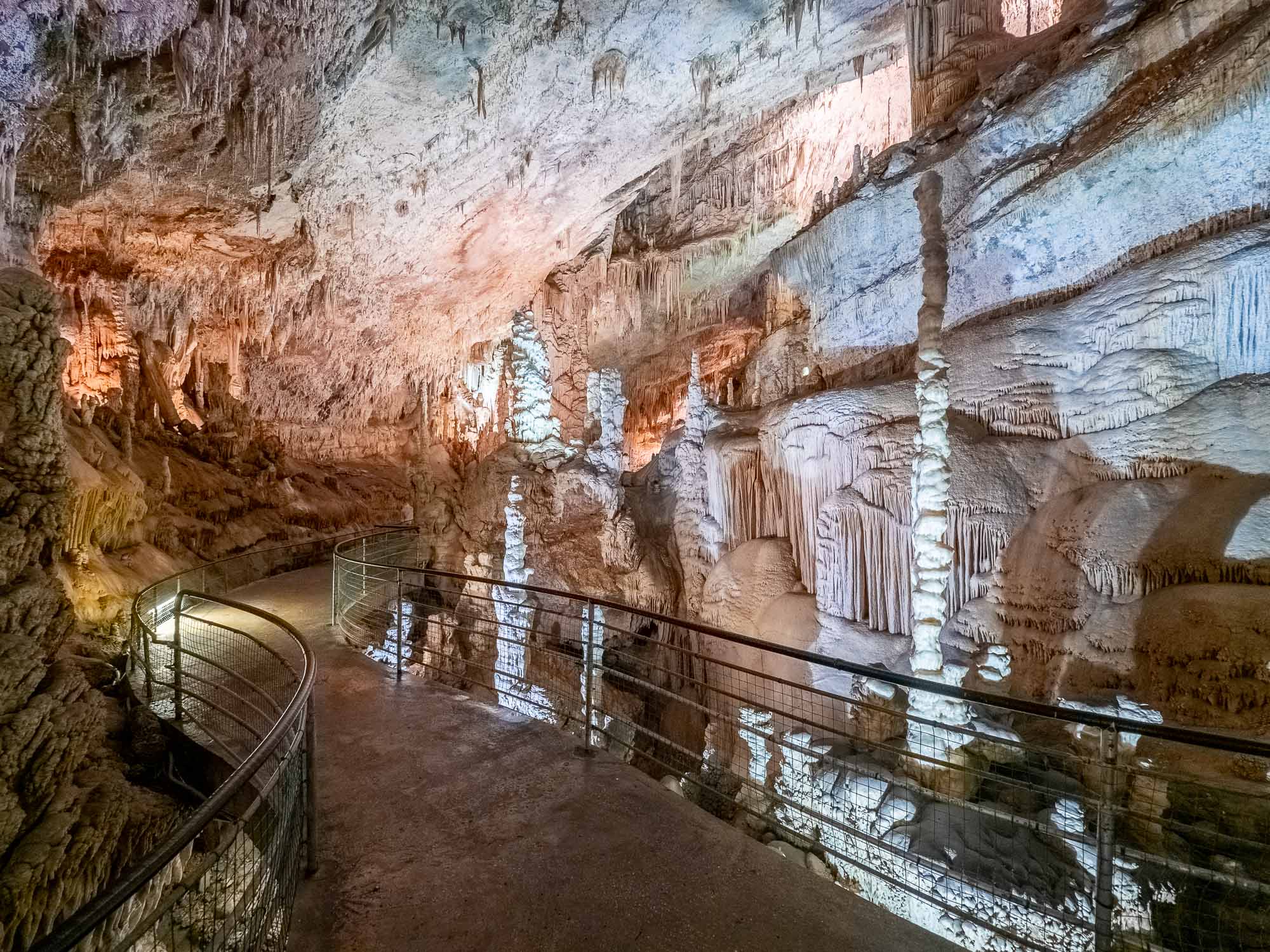
Opportunity
However, after a brief exchange I was deemed trustworthy enough to visit the Grotto after hours. While I didn't have much time inside, it was an incredible experience, for which I'm very grateful.
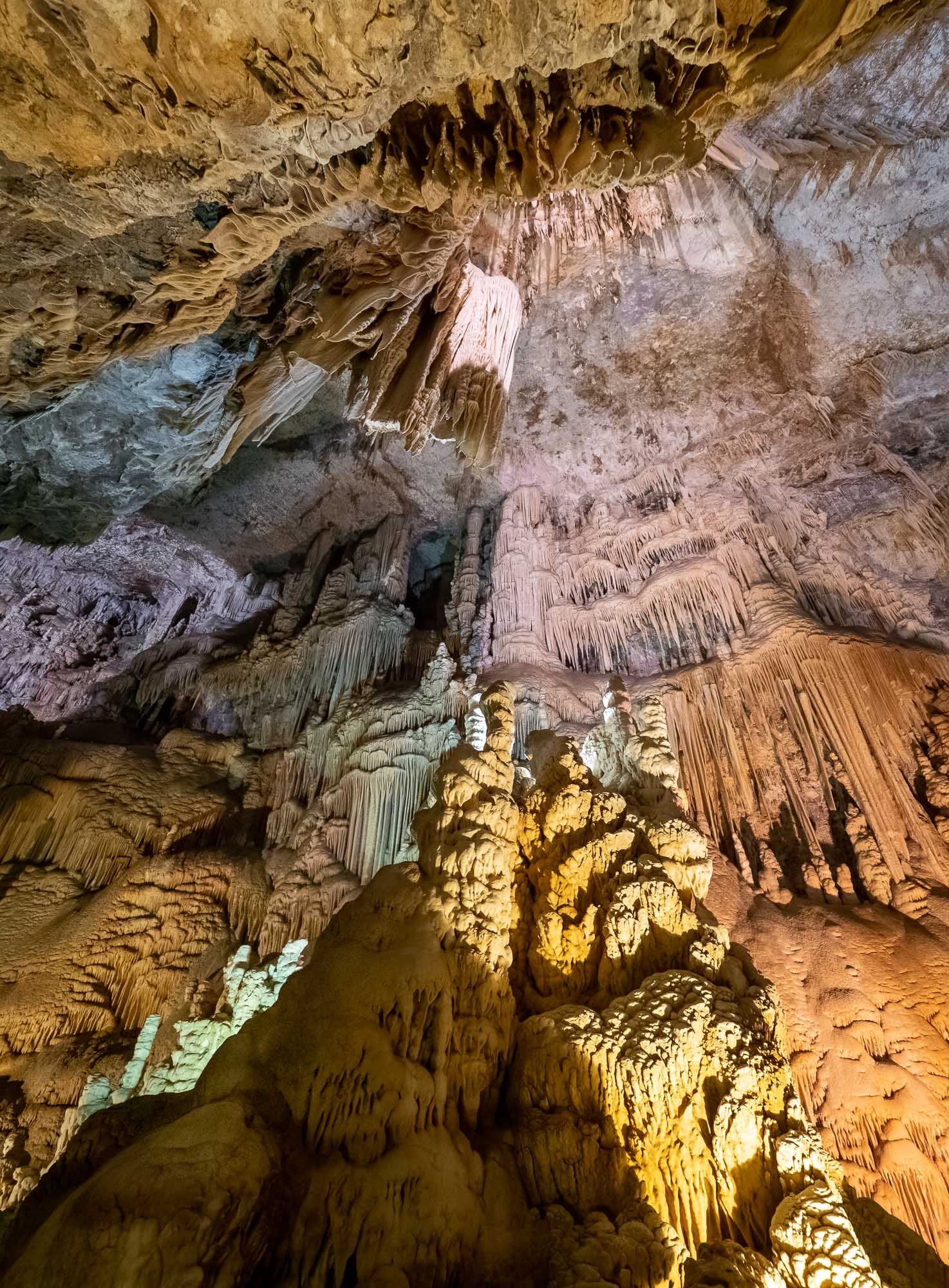
Lighting
One of the most impressive feats is the way the Grotto has been lit up by the team, accentuating the shapes, contrasts, and colours, in the right places.
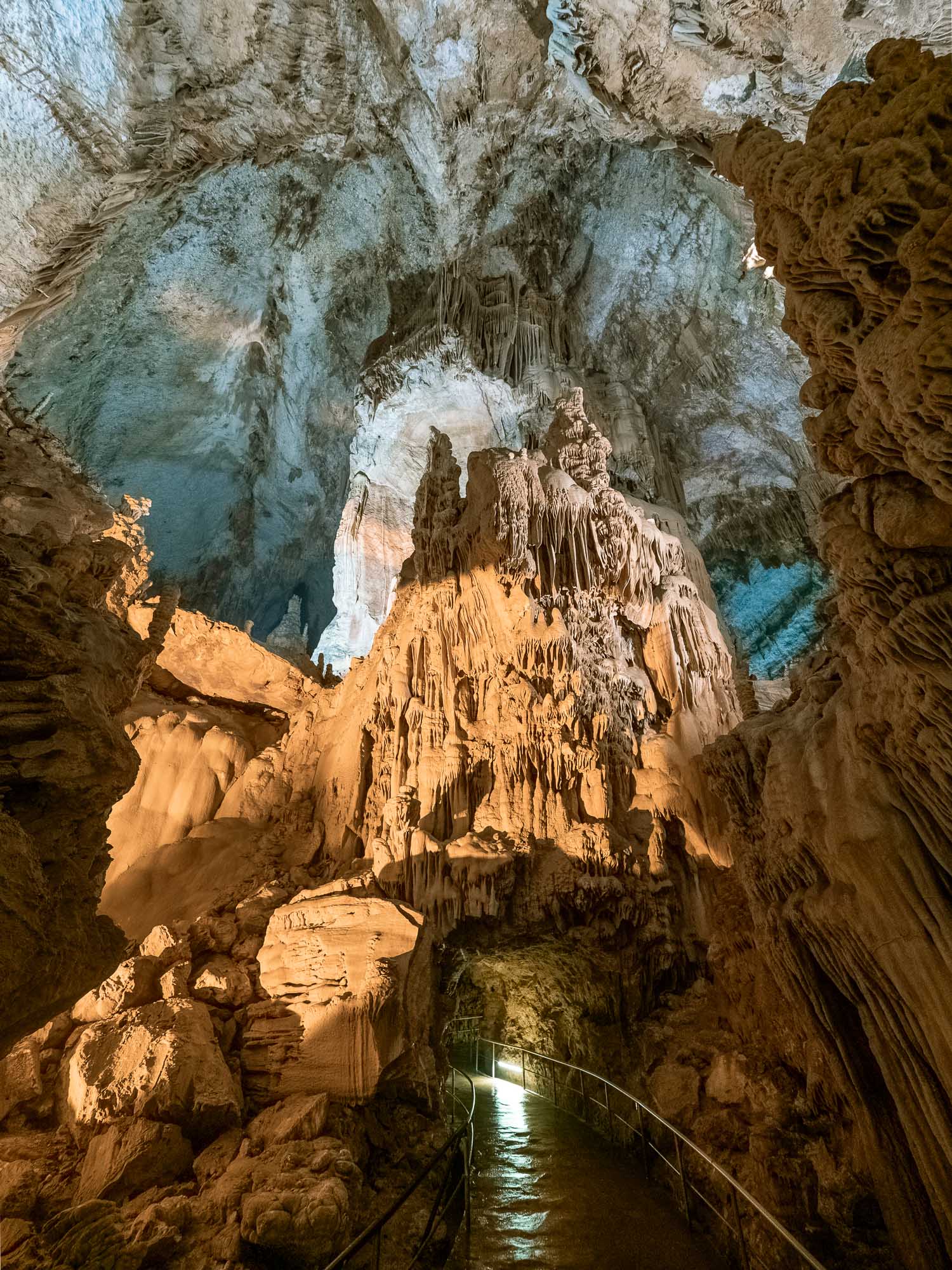
Tunnel
About 50m in, visitors walk through a tunnel connecting the accessible chambers.
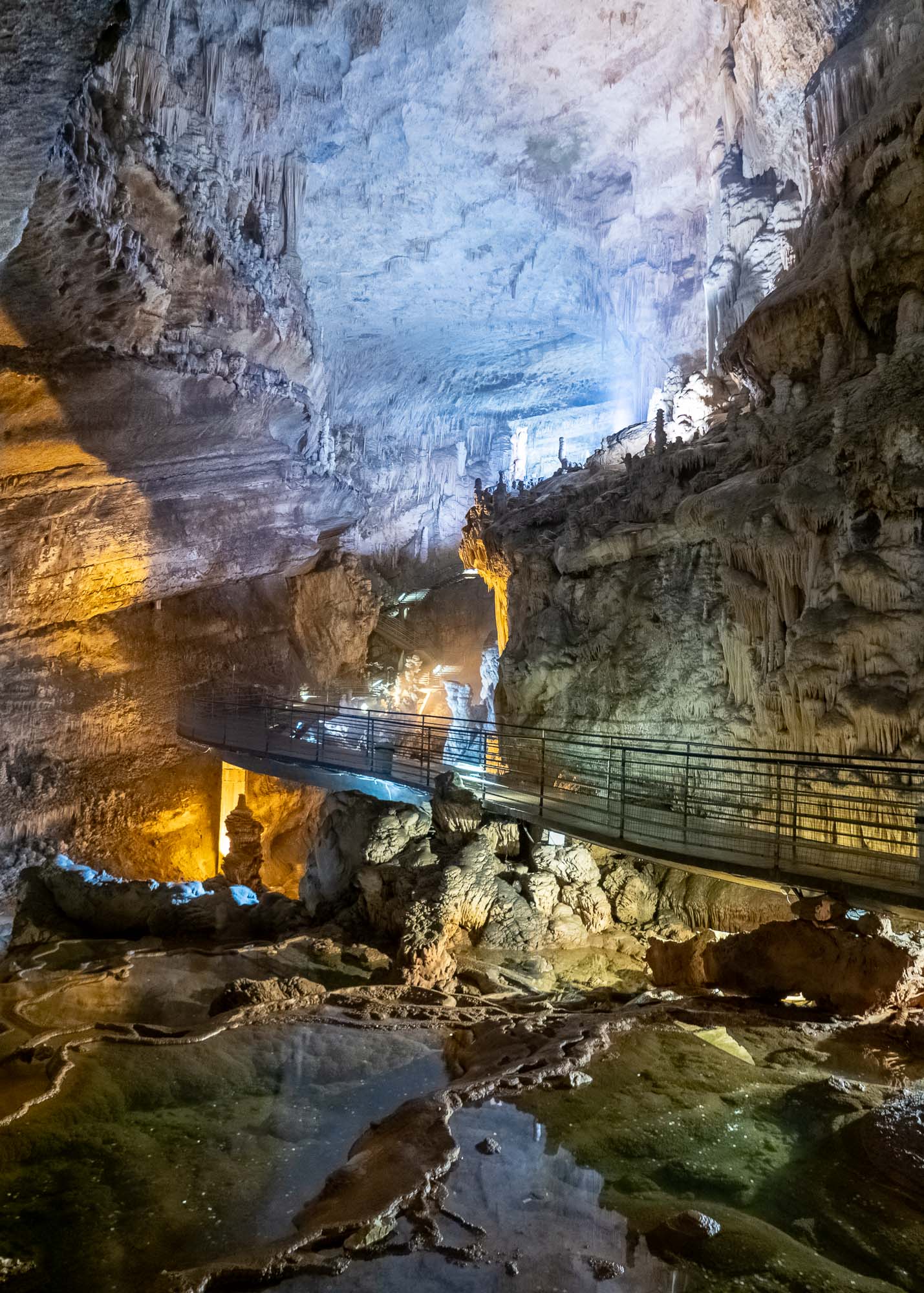
Puddles
While there are several spots where the water drips from the ceiling (side note - this is much more amazing if you get a chance to be in the cave in absolute silence like I was) water collects in only a few spots in the Upper Grotto.
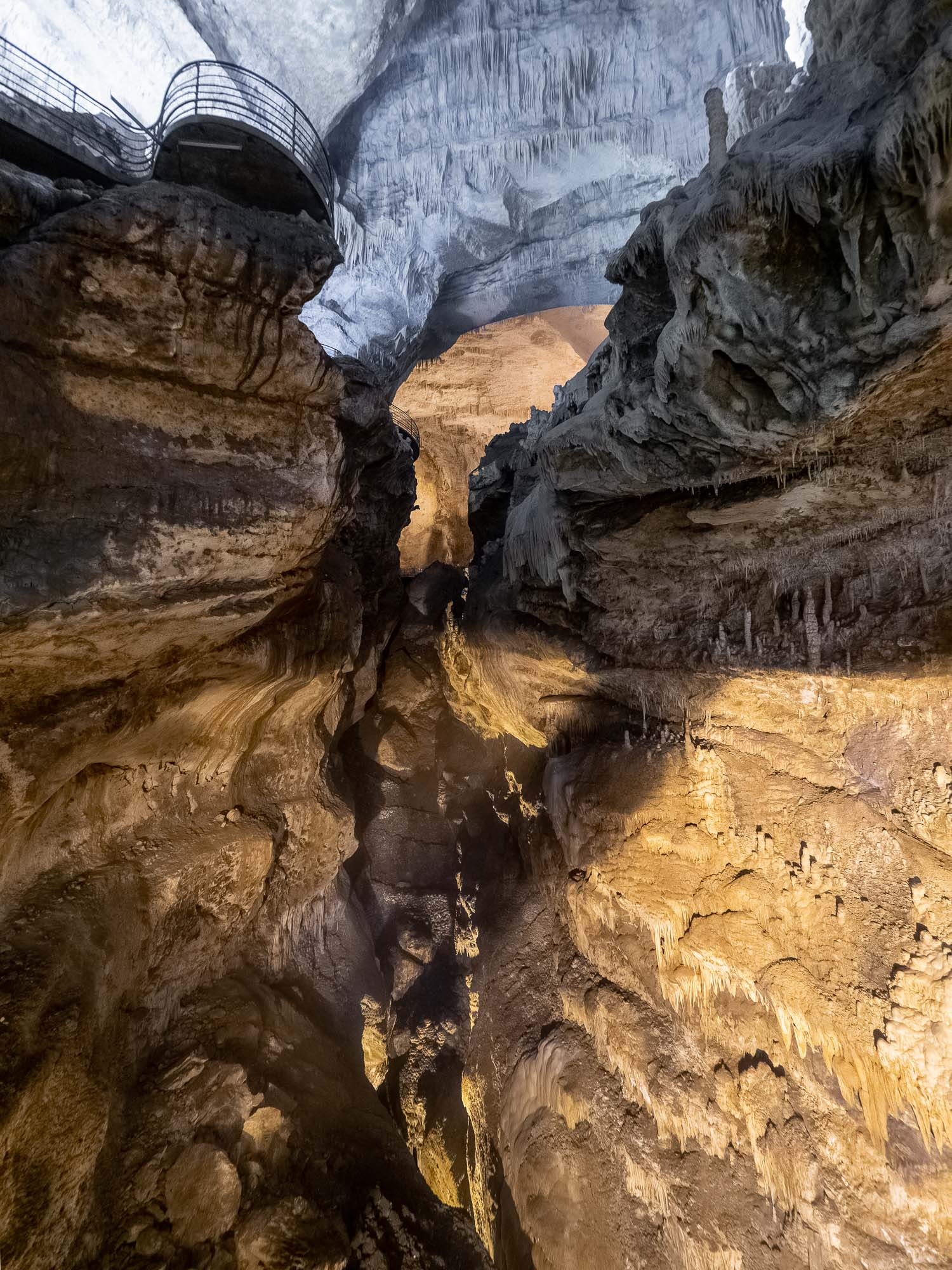
Scale
Note the viewing platform on the top left, providing a sense of scale in this photo. The space is enourmous.
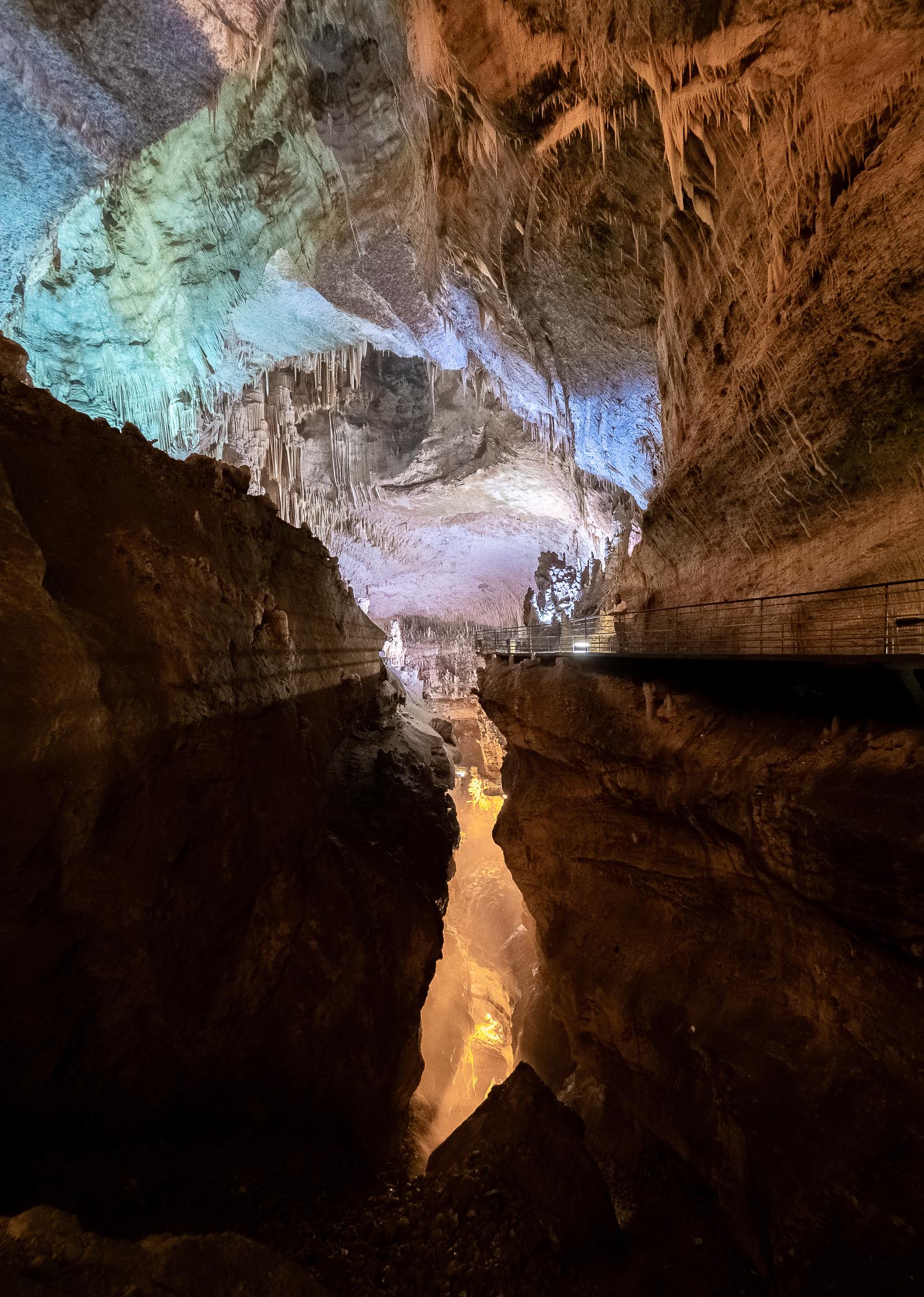
Depth
The total length of the two interconnected caves is almost 9km, but not all of it is accessible.
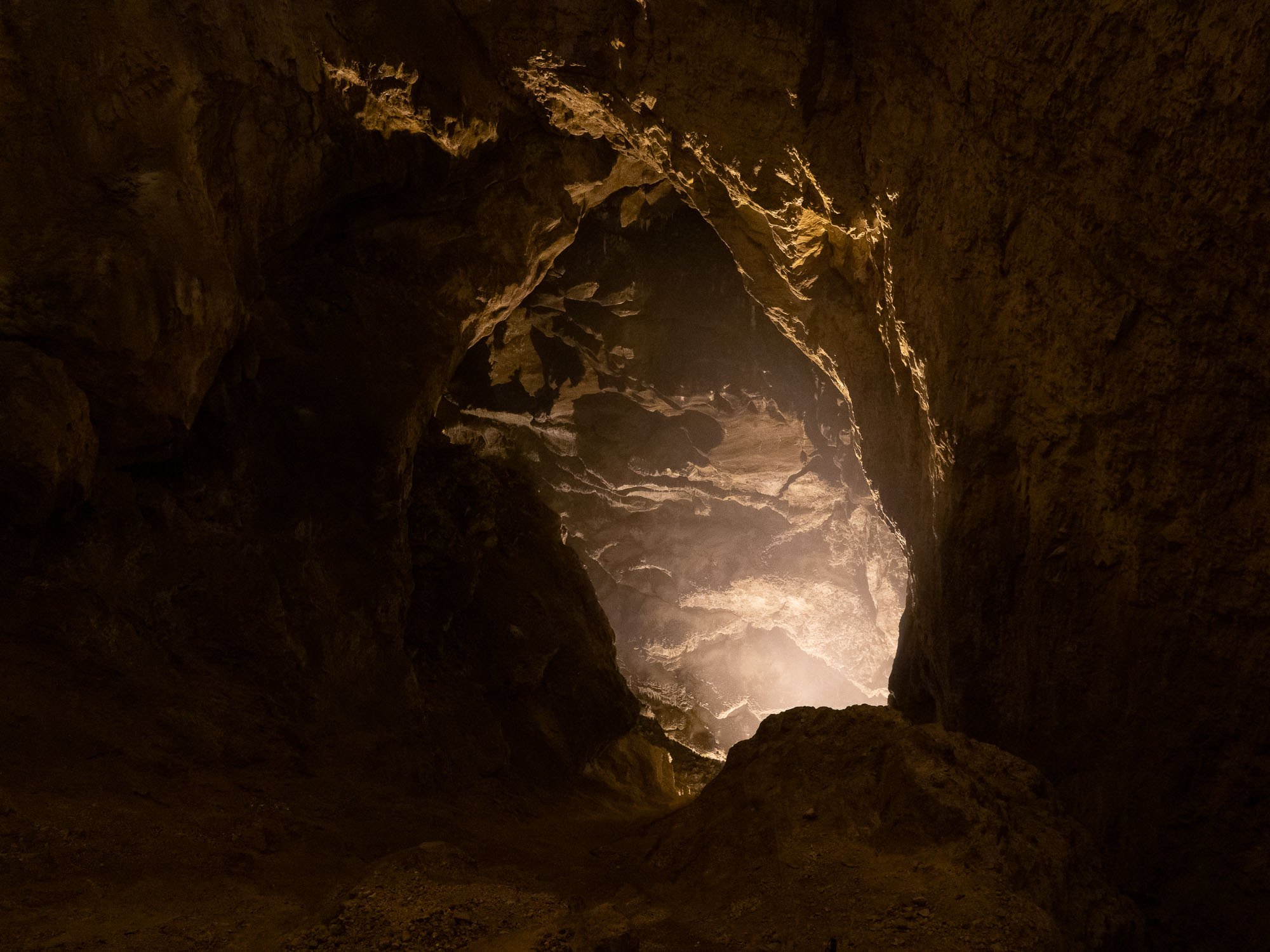
Into The Deep
Looking down into a part of the cave not accessible on the walkway, past the third and tallest chamber with an impressive height of 120m.
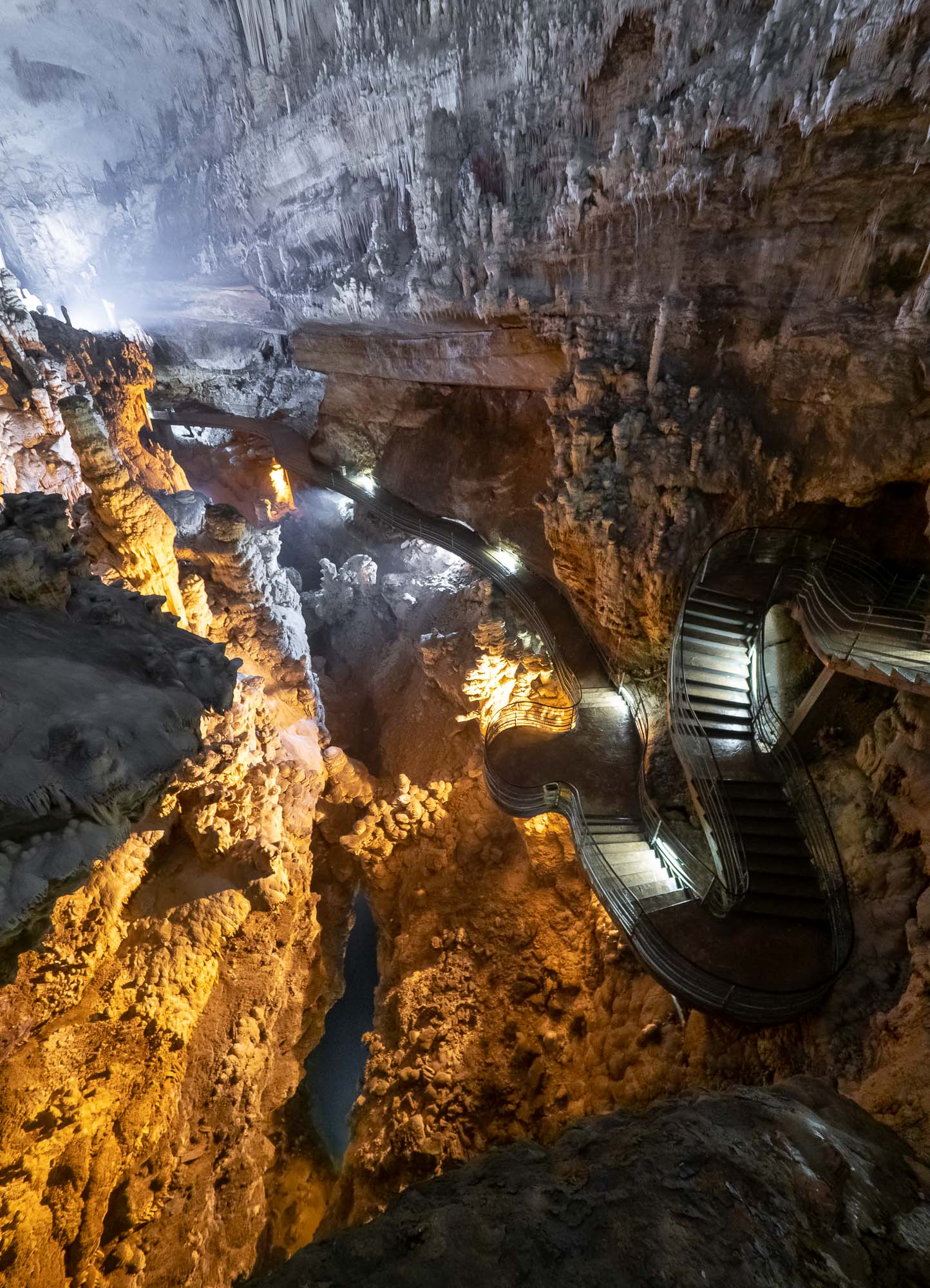
River
The underground river that runs into the second ower grotto, provides drinking water to more than 1 million people. You can get a glimpse of it on the bottom center in this photo.

Water
A close up between the tight gaps in the rocks reveals the river, 50m down from the platform.
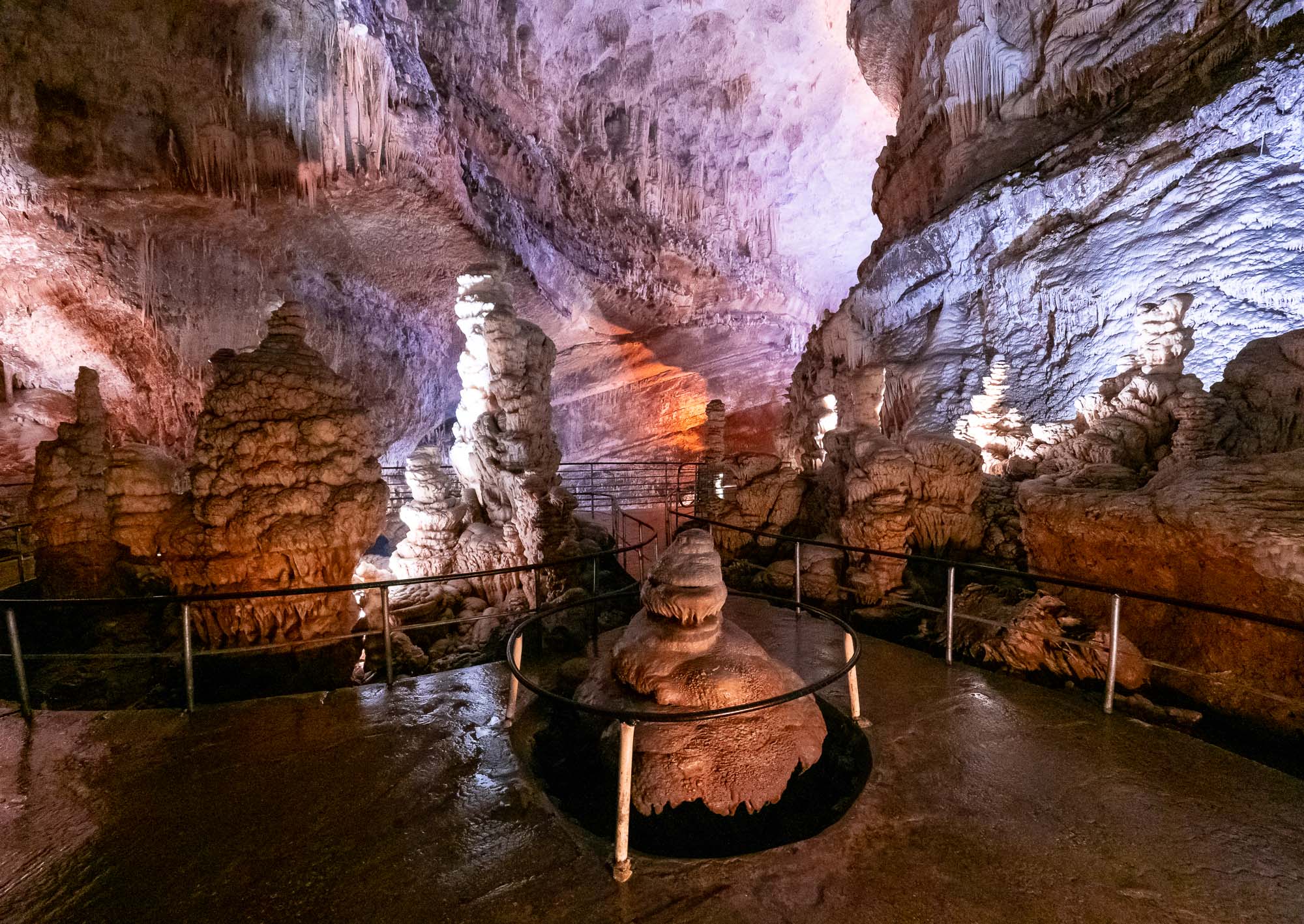
Walkway
A total of the three chambers are accessible to tourists in the Upper Cave, lined with walkways to avoid damaging the natural environment.
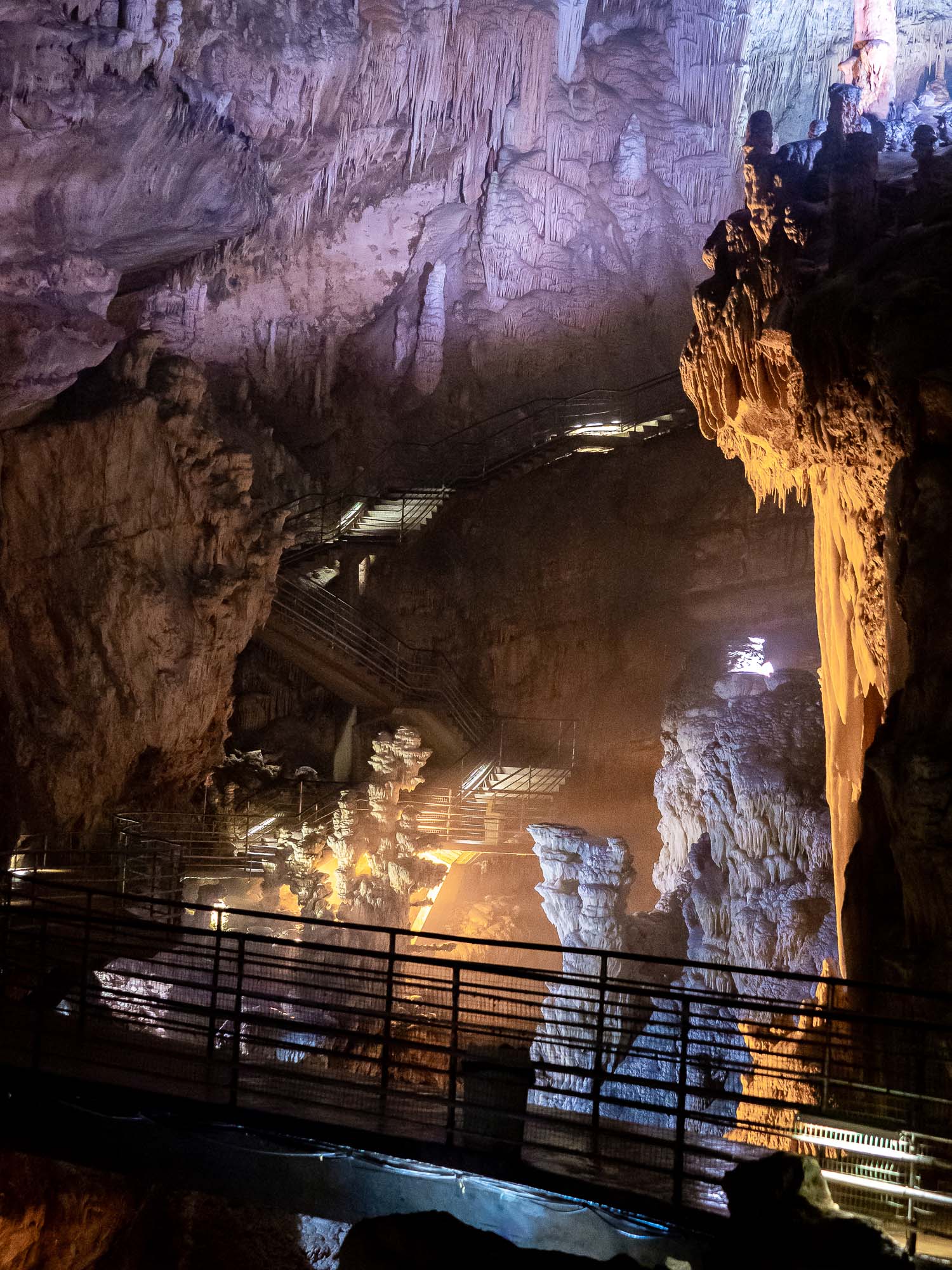
Climb
As you make your way up the 5th or 6th flight of stairs, you truly start to appreciate the size of the chambers.

Upwards
A view upwards in between the karstic limestone rock formations.
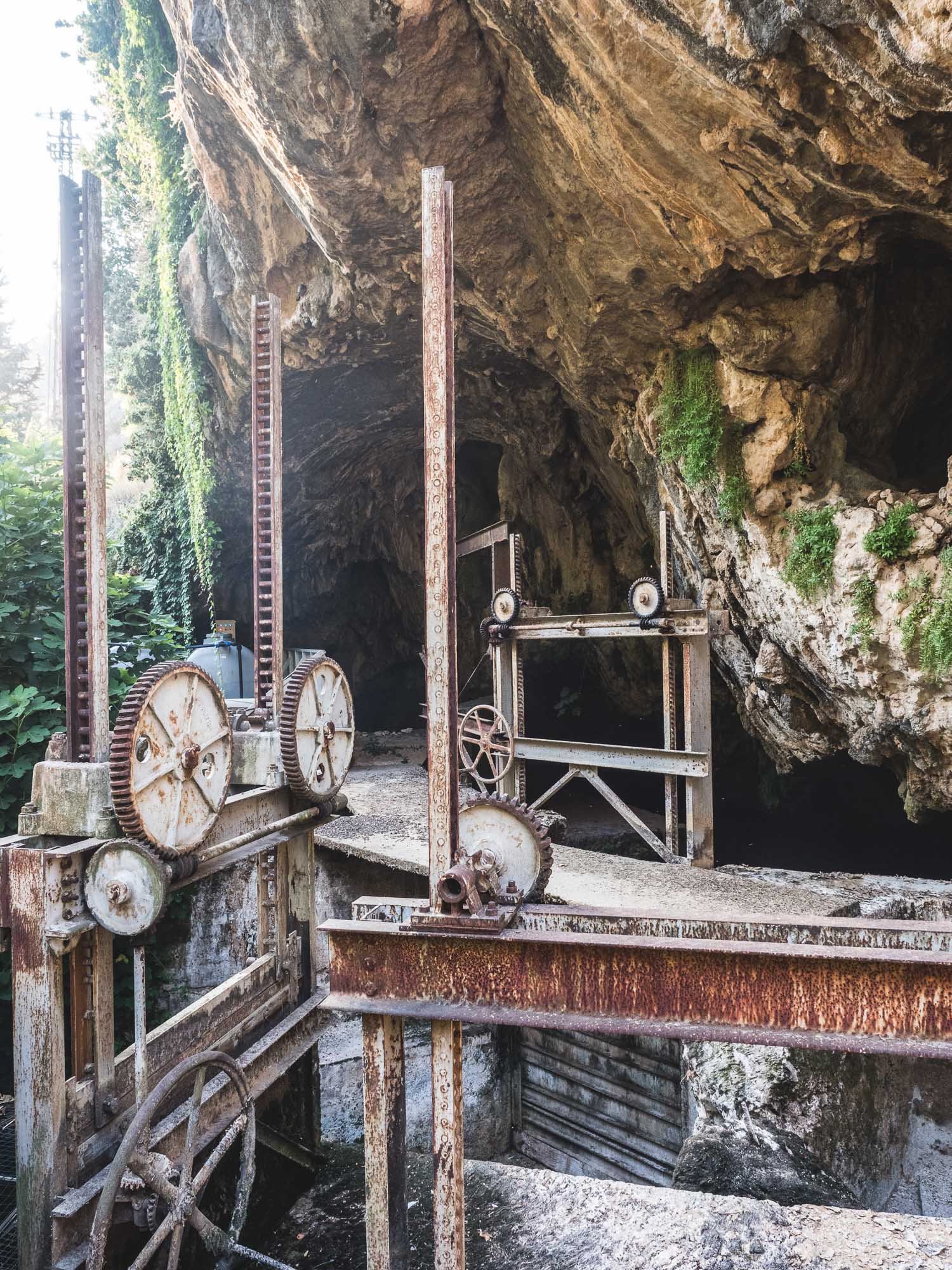
Flow Control
Water dams and valves have been set up to control the power of the river out of the grotto.
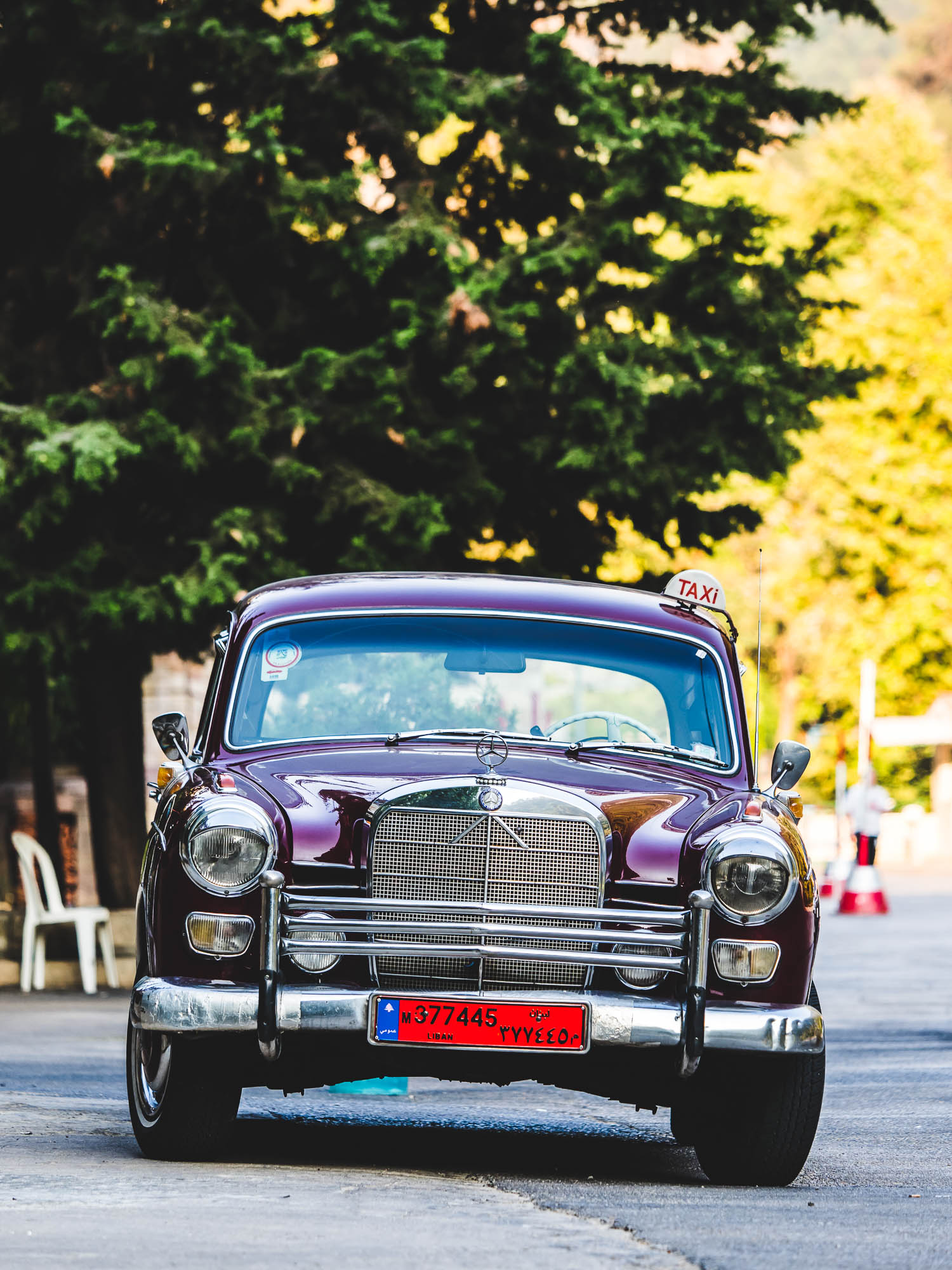
Classic
There are many old cars in Lebanon, but not many in this condition.
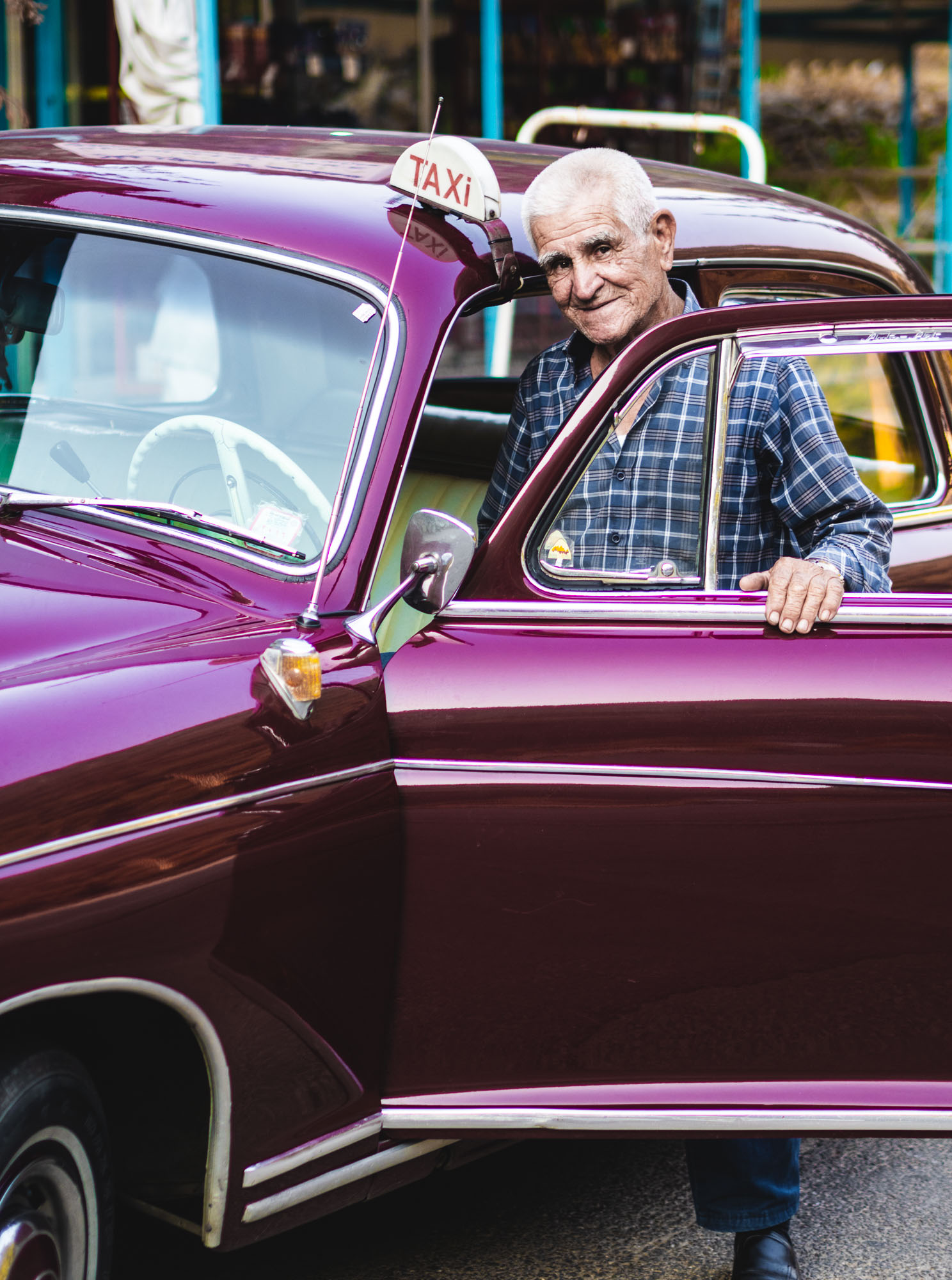
Owner
The owner is visibly proud of his vehicle.
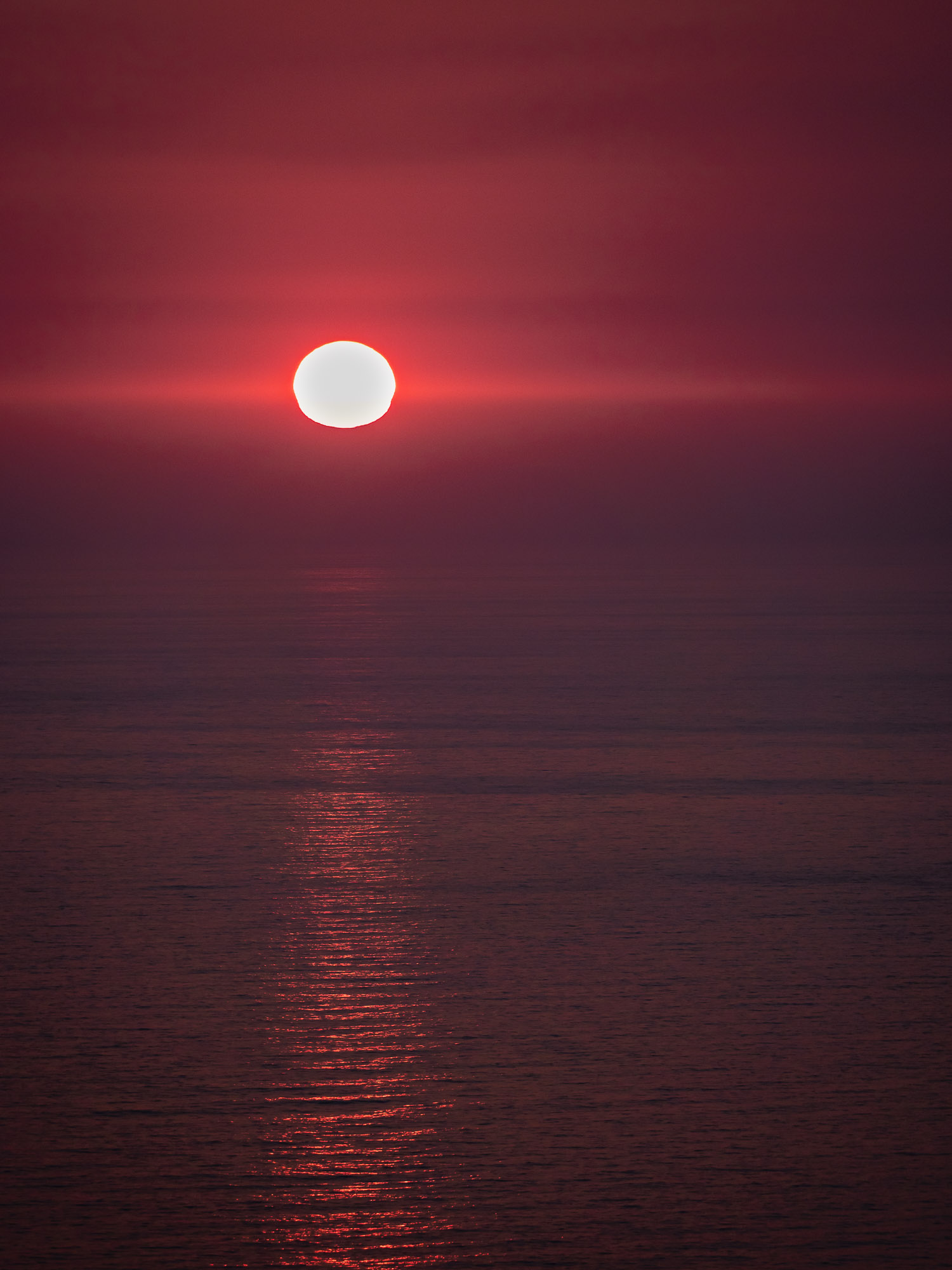
Last Evening
The end of my stay came with a beautiful red sunset and a nice dinner with the people that were the reason for the trip.
Puglia - Italy's South at its Best
A recent wedding invitation gave me the opportunity to explore the south of Italy a bit more, specifically the region of Apulia, or Puglia in the native language. 2 days of driving from Bari through Polignano a Mare, the Grotte di Castellana, Alberobello with its Trulli houses, and the white city of Ostuni gives you a great impression of the typical architecture, food and nature around this part of Italy.

A recent wedding invitation gave me the opportunity to explore the south of Italy a bit more, specifically the region of Apulia, or Puglia in the native language. 2 days of driving from Bari through Polignano a Mare, the Grotte di Castellana, Alberobello with its Trulli houses, and the white city of Ostuni gives you a great impression of the typical architecture, cityscape, and nature around this part of Italy.
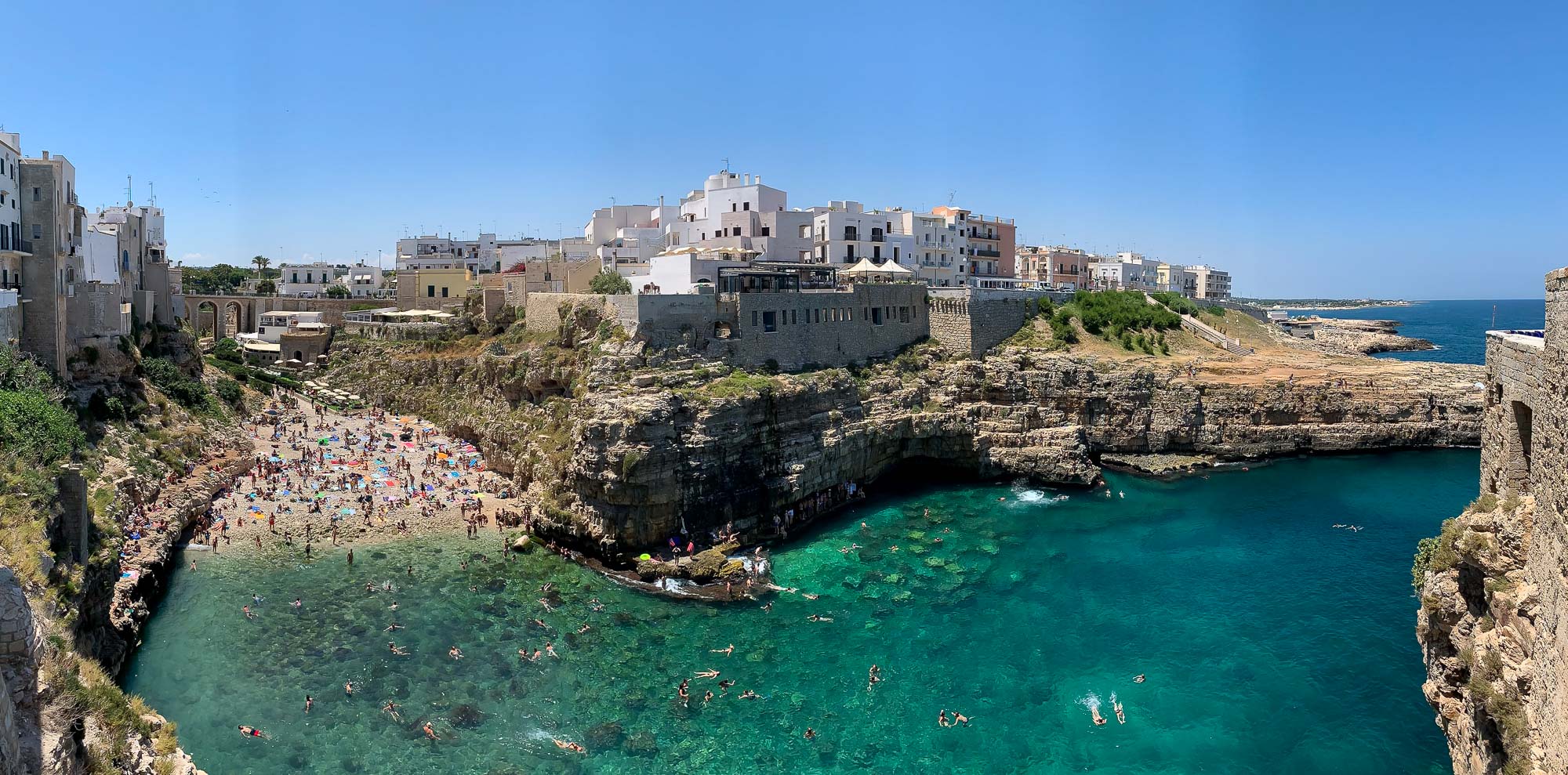
Polignano a Mare
One of the most famous towns on the coast of Apulia, with the Lama Monachile, also known as Cala Porto, beach area surrounded by cliffs and houses.
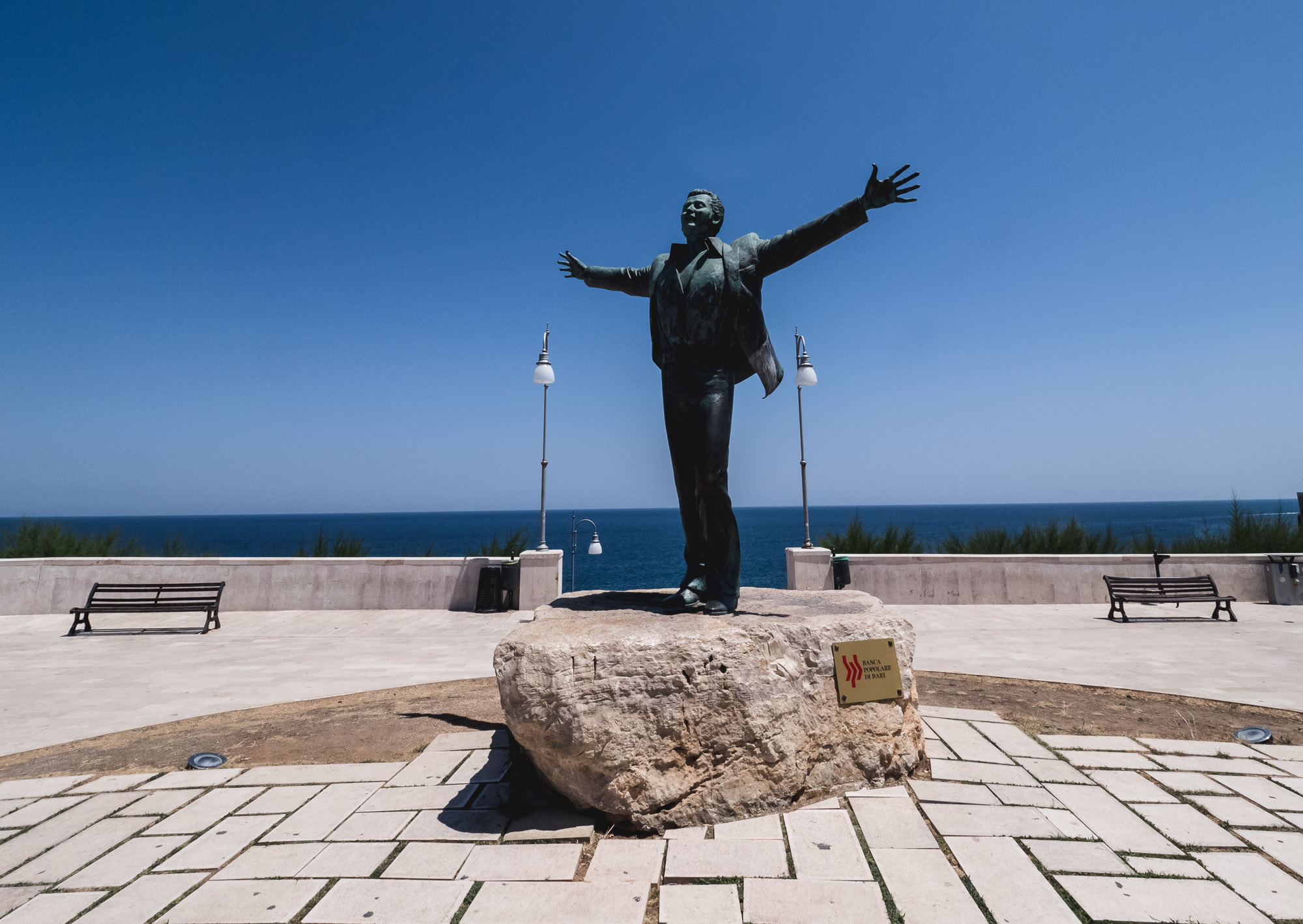
Statua di Domenico Modugno
Famous for the song Nel blu, dipinto di blu - or commonly known as "Volare".

Coast View
The view from the northern cliffs towards the cirty.
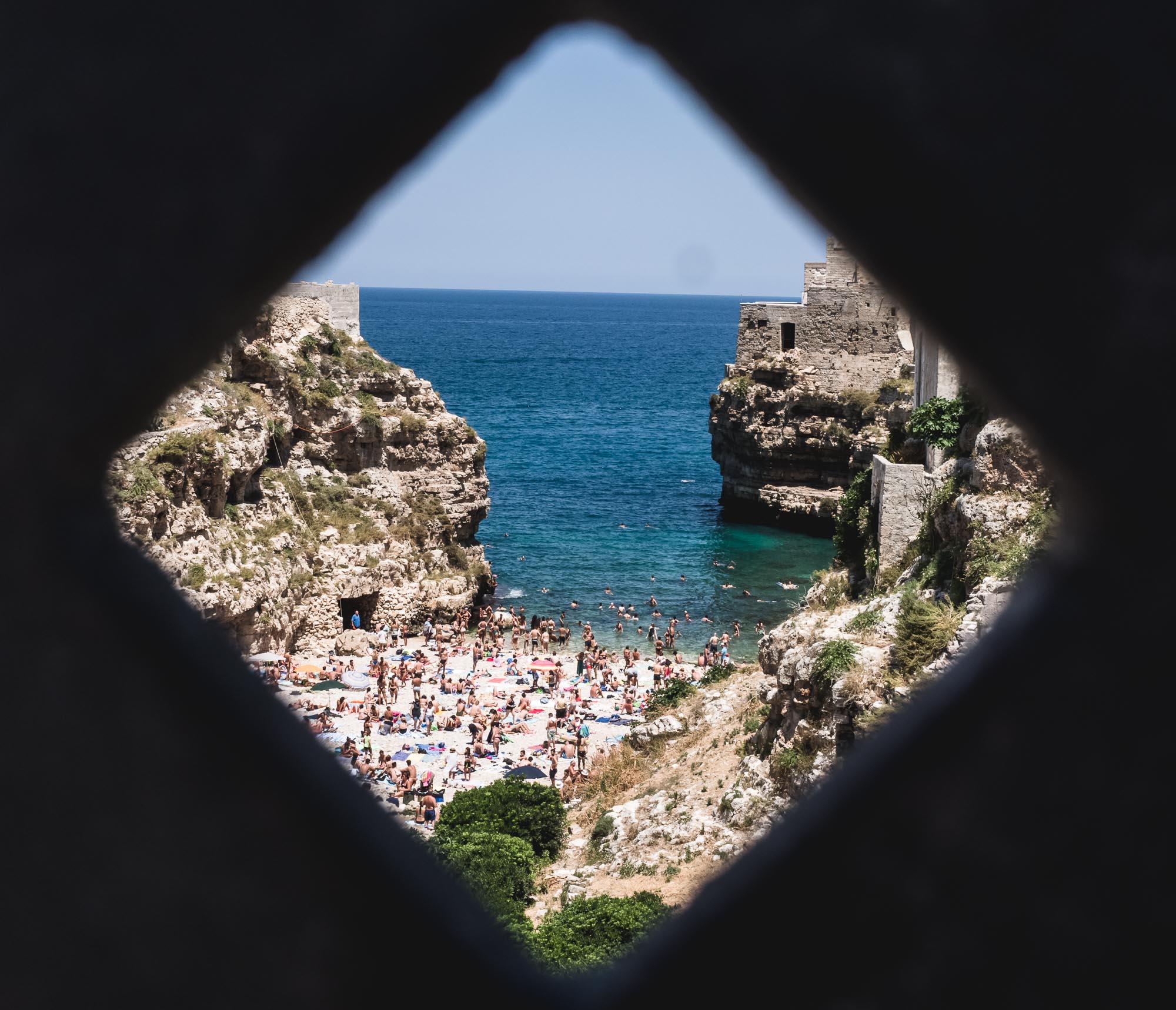
Postcard Beach
The city's most famous spot, seen through the rails of the Roman bridge.
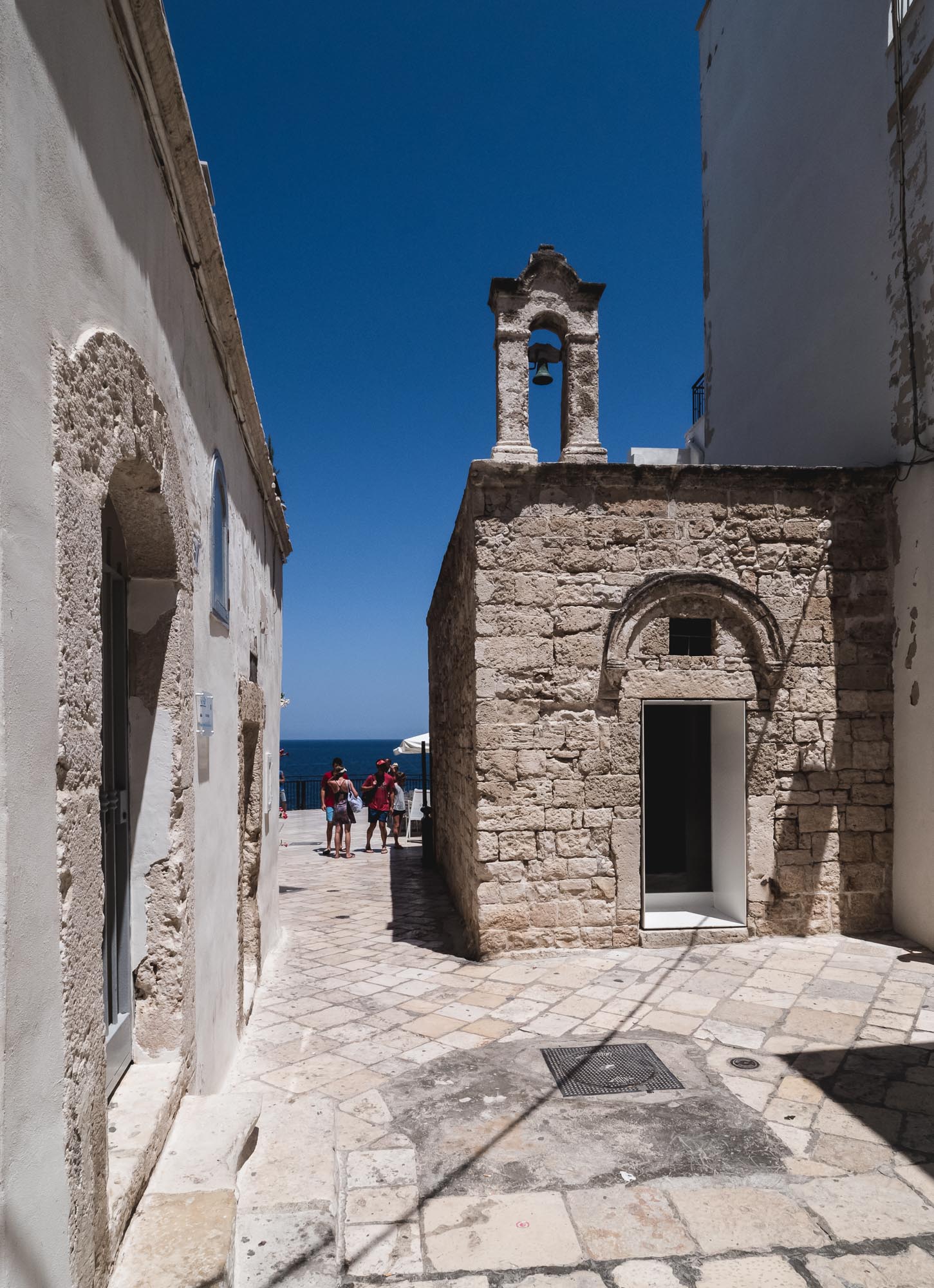
Little Church
A tiny church in the older parts of Polignano a Mare.
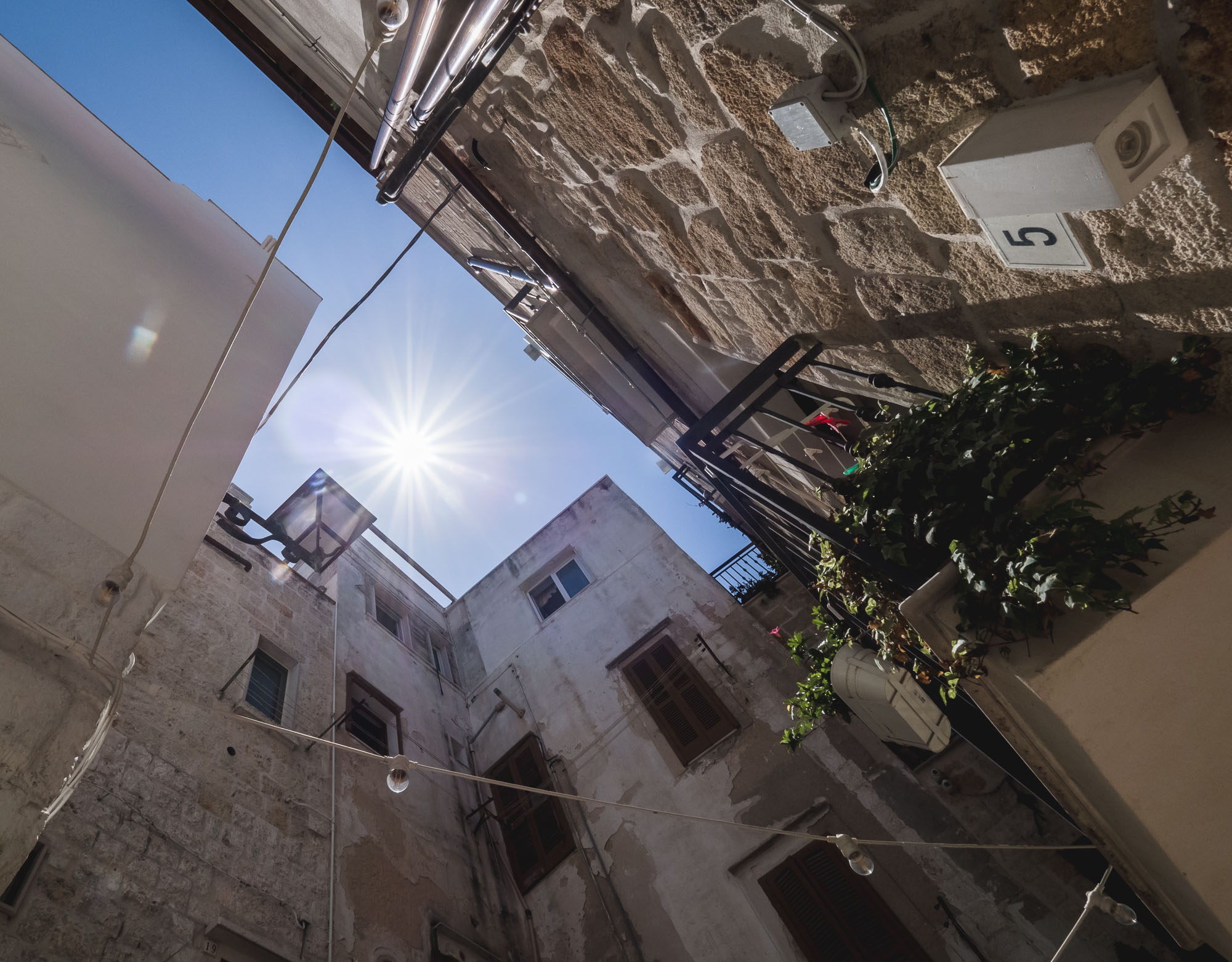
Up
Looking towards the sky between the tightly built houses.
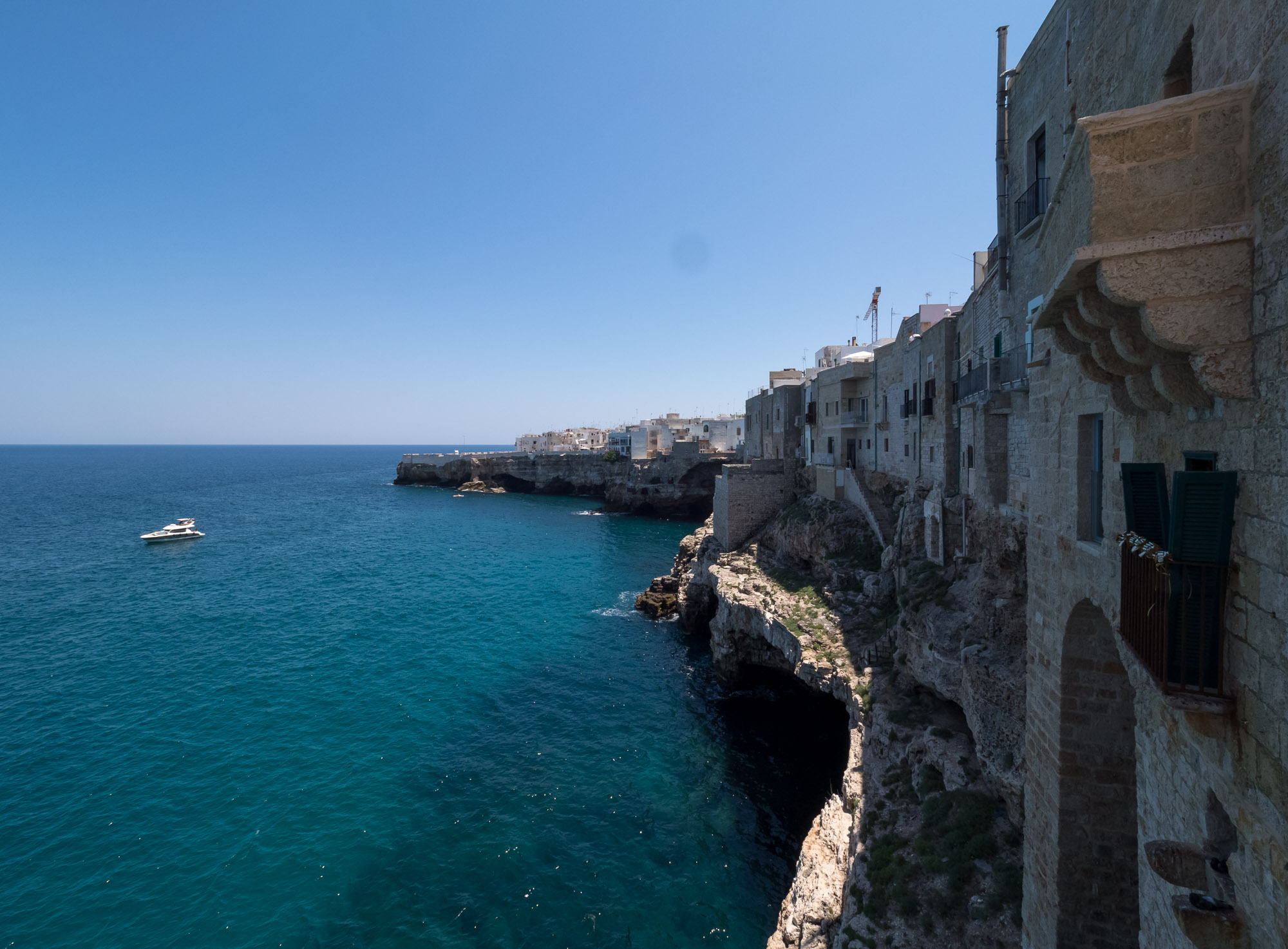
Cliffs
There are many small balconies and other spots in the city to enjoy these views.
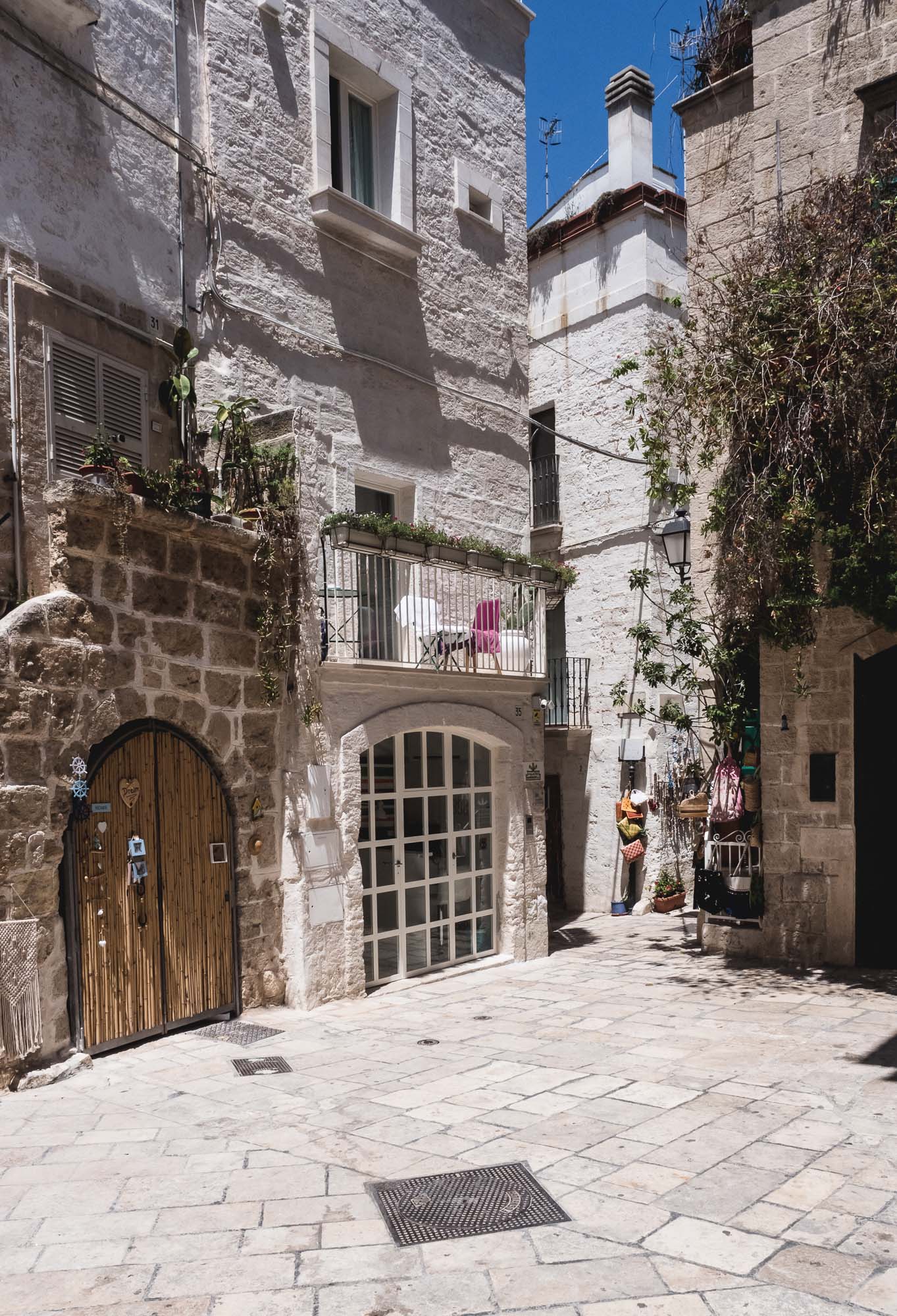
Cityscpe
Typical southern Italy impressions.
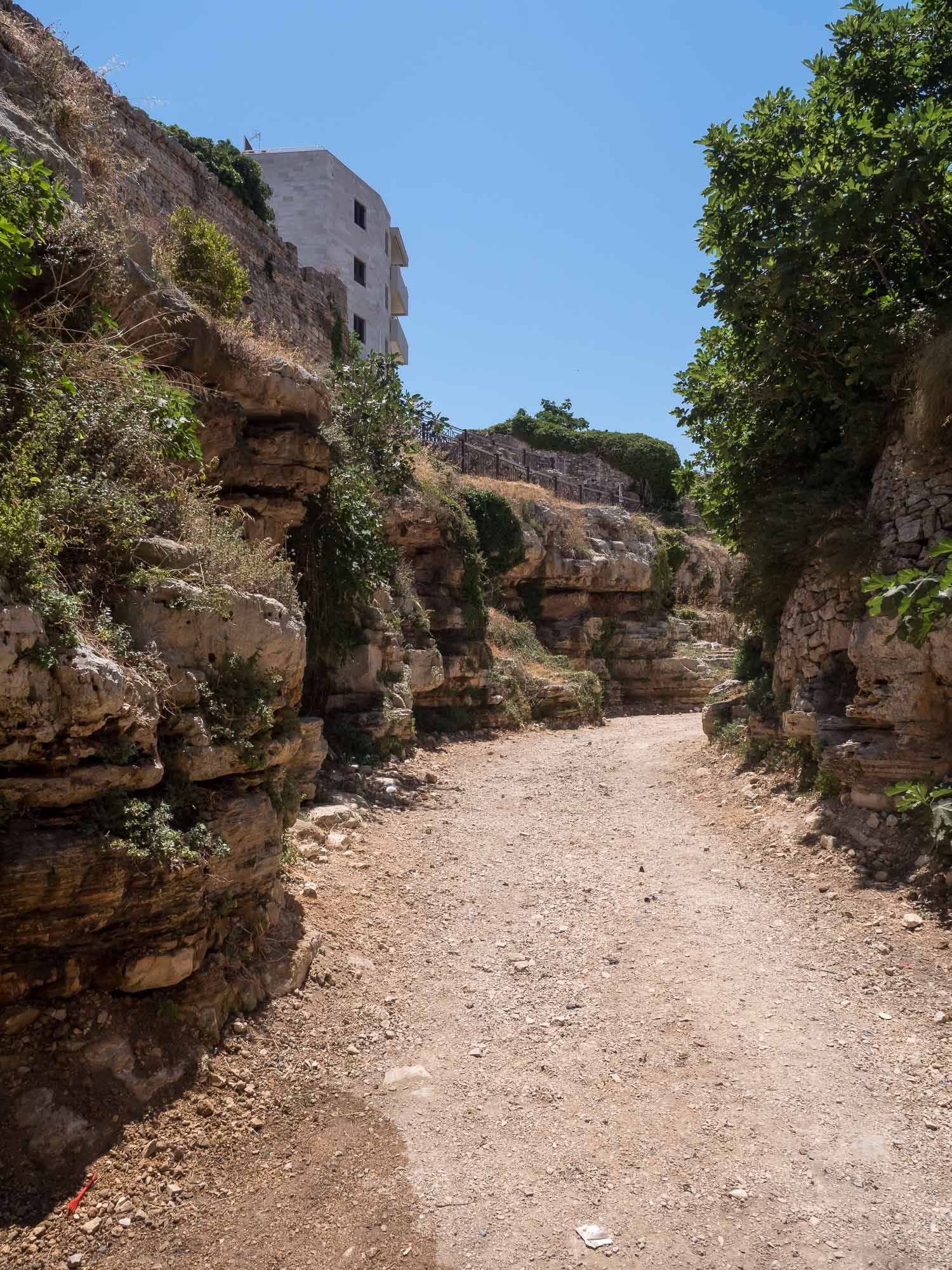
Riverbed
What I presume is a riverbed that was once flowing into the sea, and now leads to the famous beach, crossed by the Roman bridge.
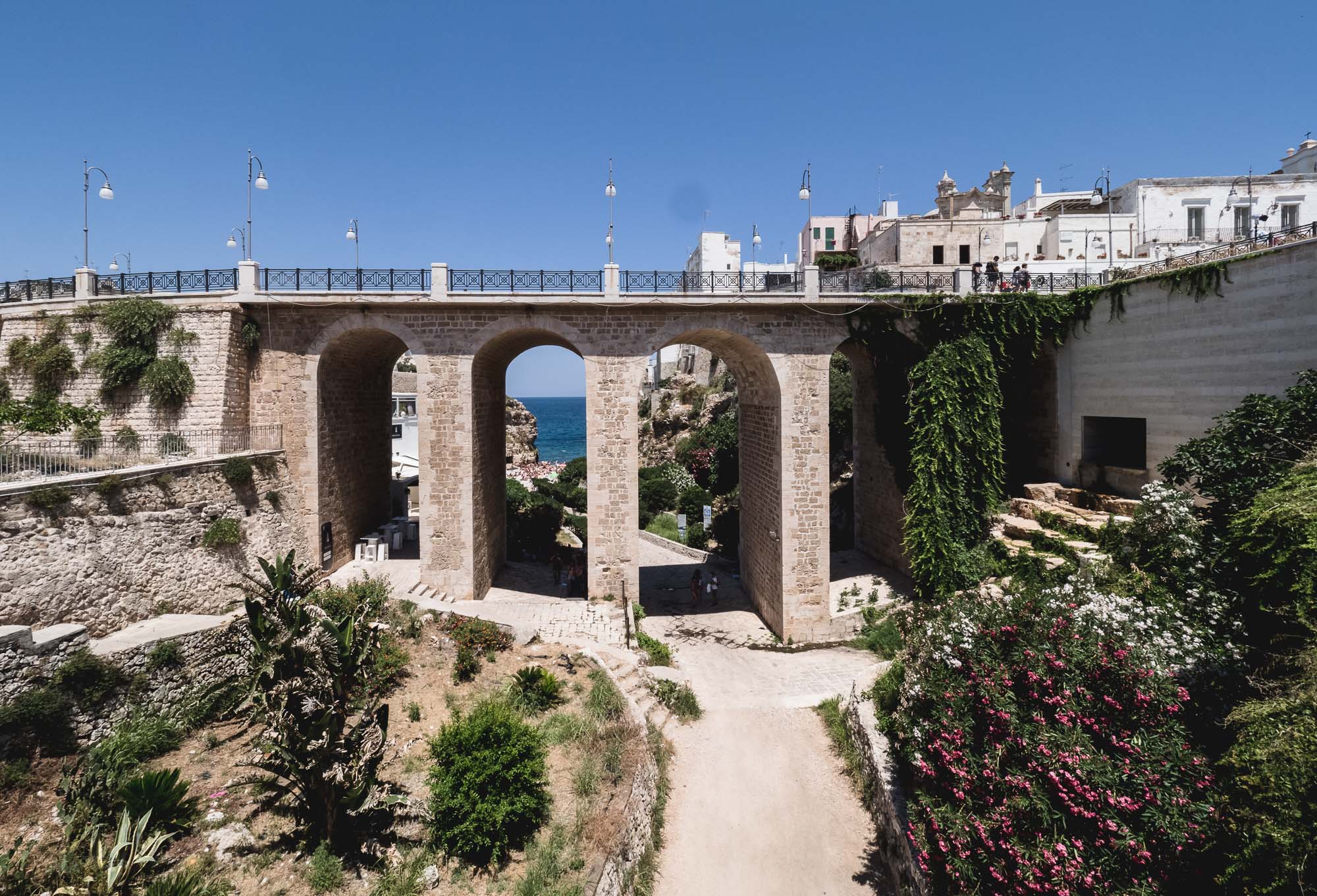
Roman Bridge
The aforementioned bridge connecting two parts of the city.
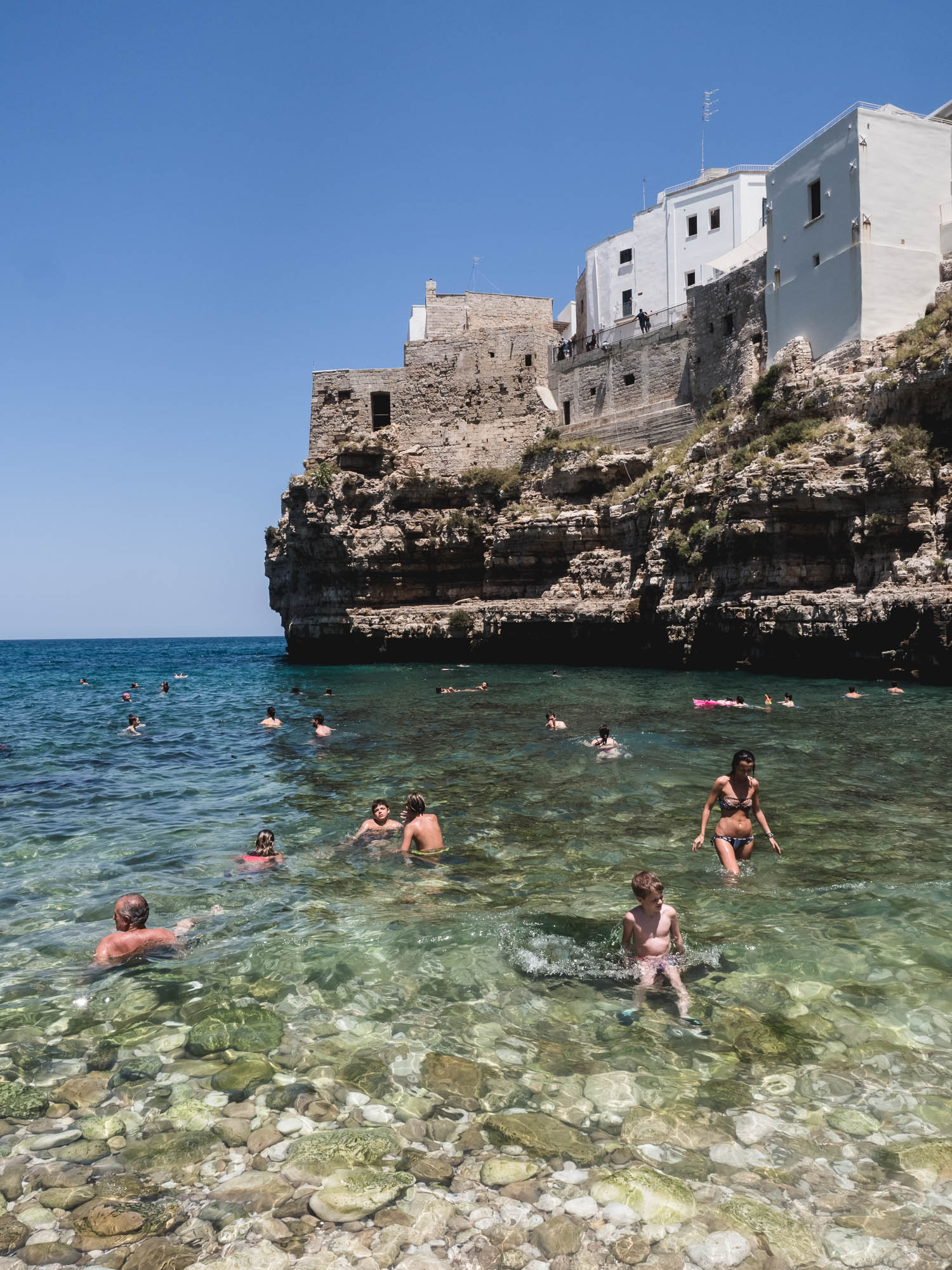
The Adriatic Sea
Beautiful water and good temperatures in July.

Unnatural Cliffs
Built on top the actual limestone rock are the houses framing the famous beach.
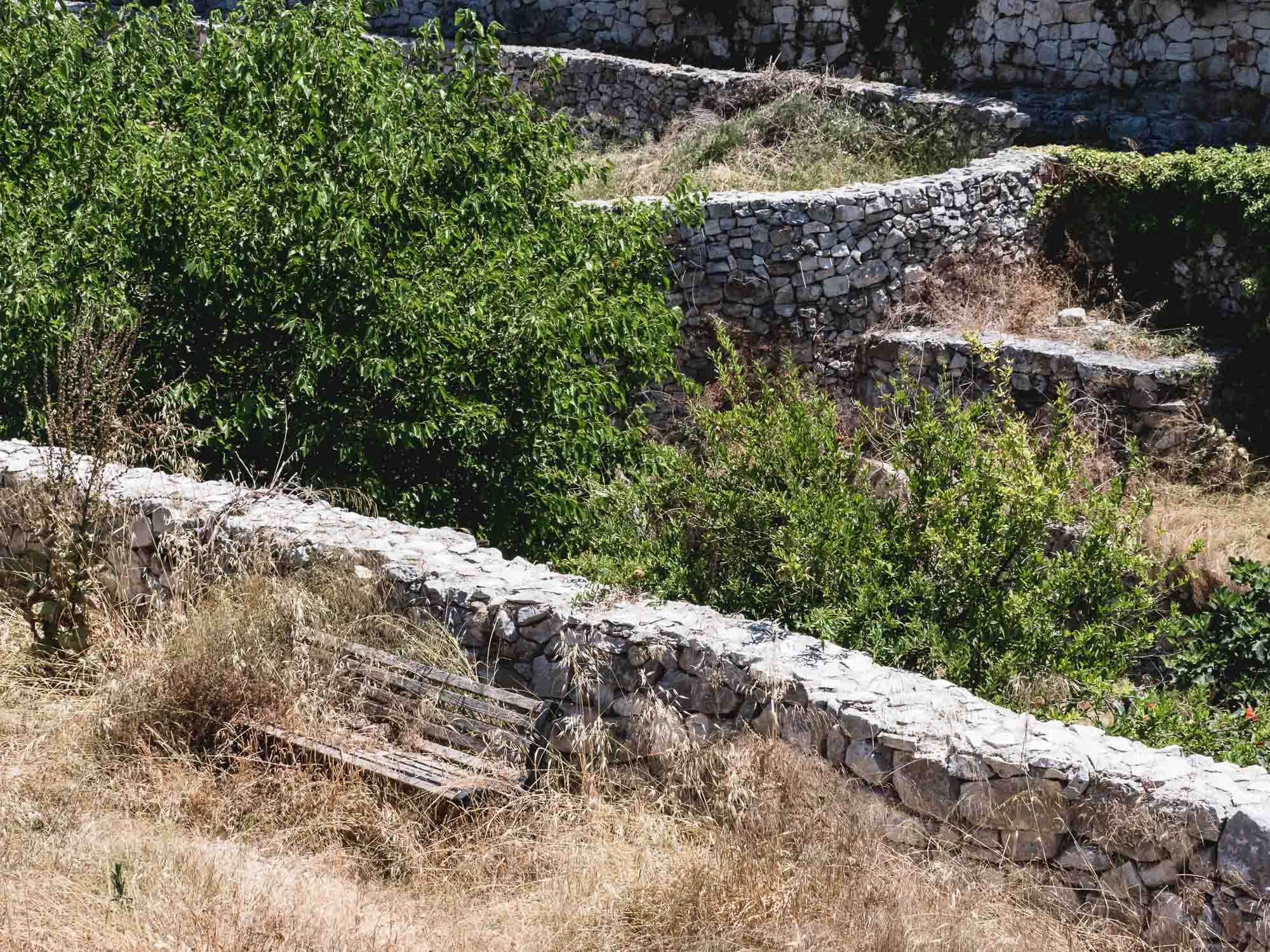
Unused
No one has been sitting here in a while.
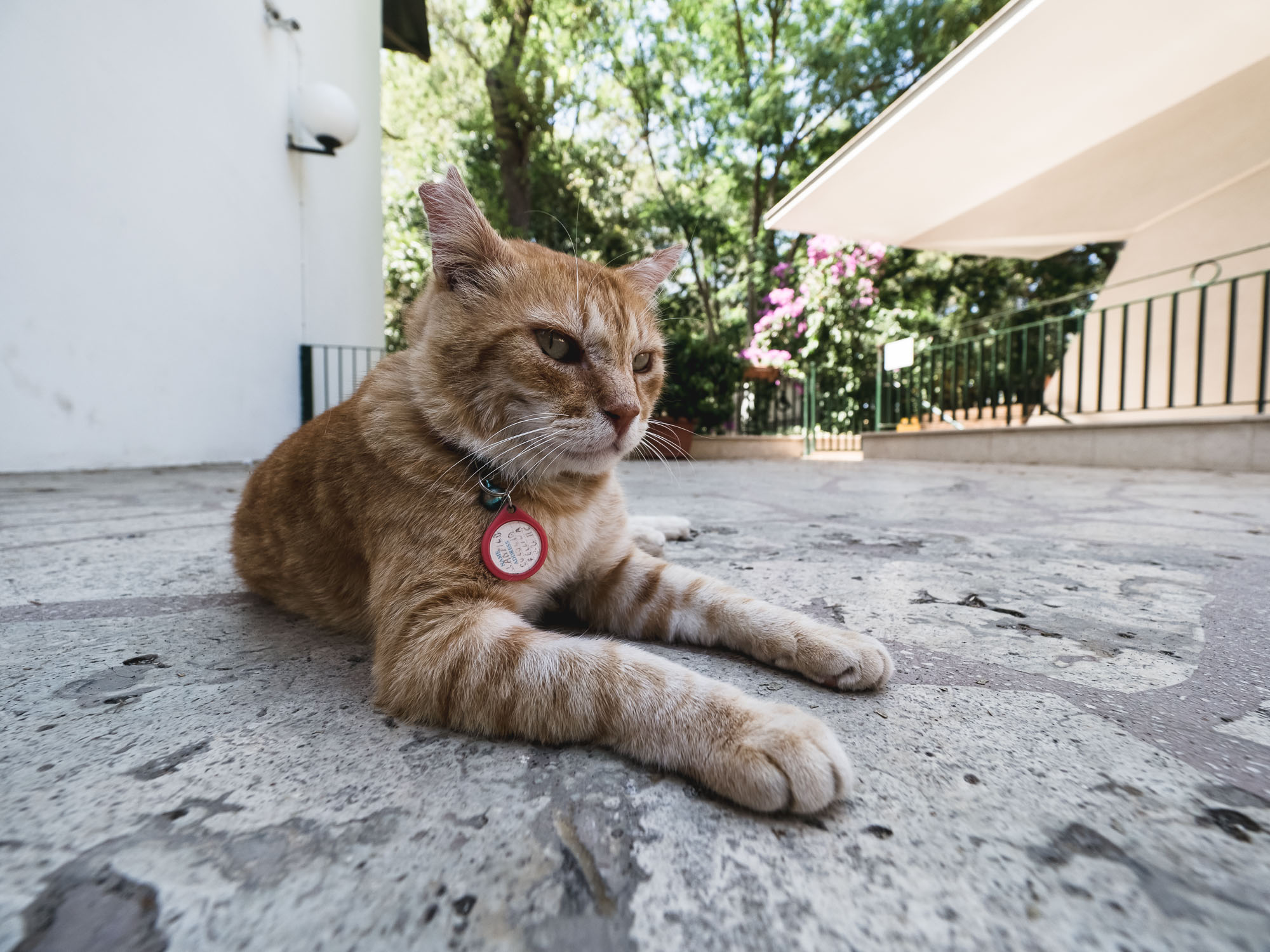
Don't Come Closer
Obligatory cat photo, as I moved on from Polignano a Mare to the Grotte di Castellana.
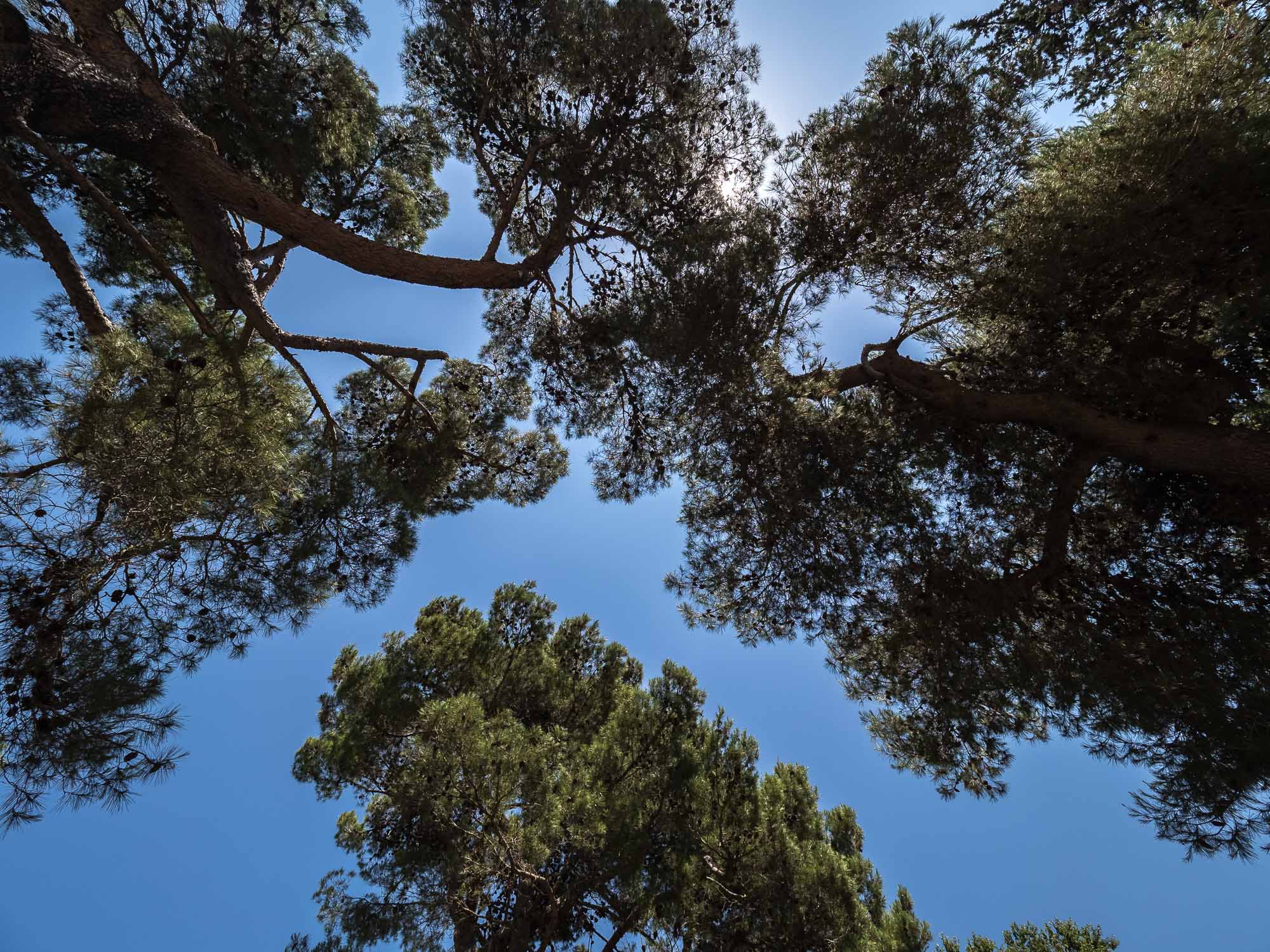
Trees
While Dubai does have more greenery than one would expect, you do miss this kind of view from time to time.
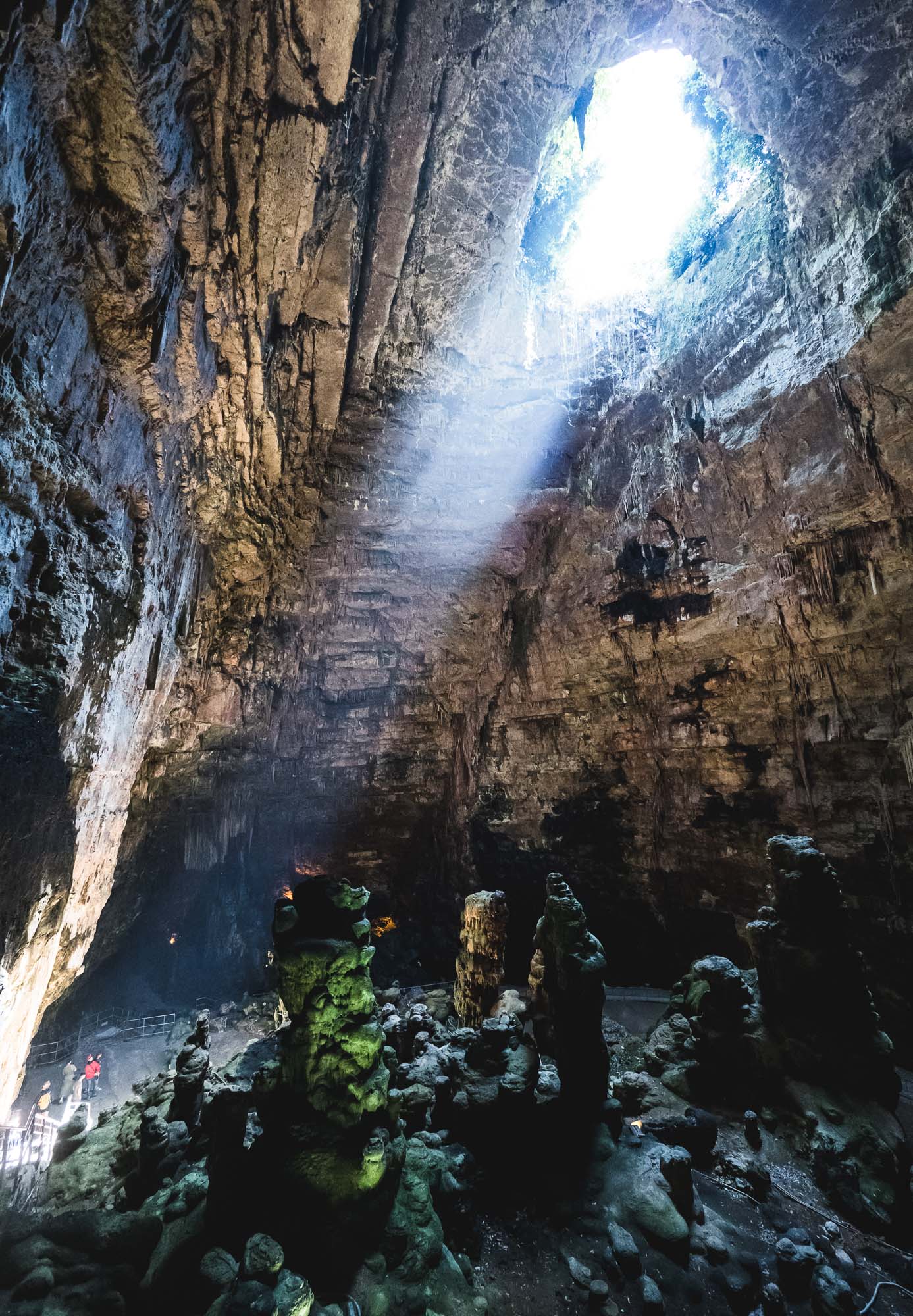
Grotte di Castellana
The main cave of the system, which is 3km overall. It's the only one with an opening to the outside, and also the only one you can take photos in.
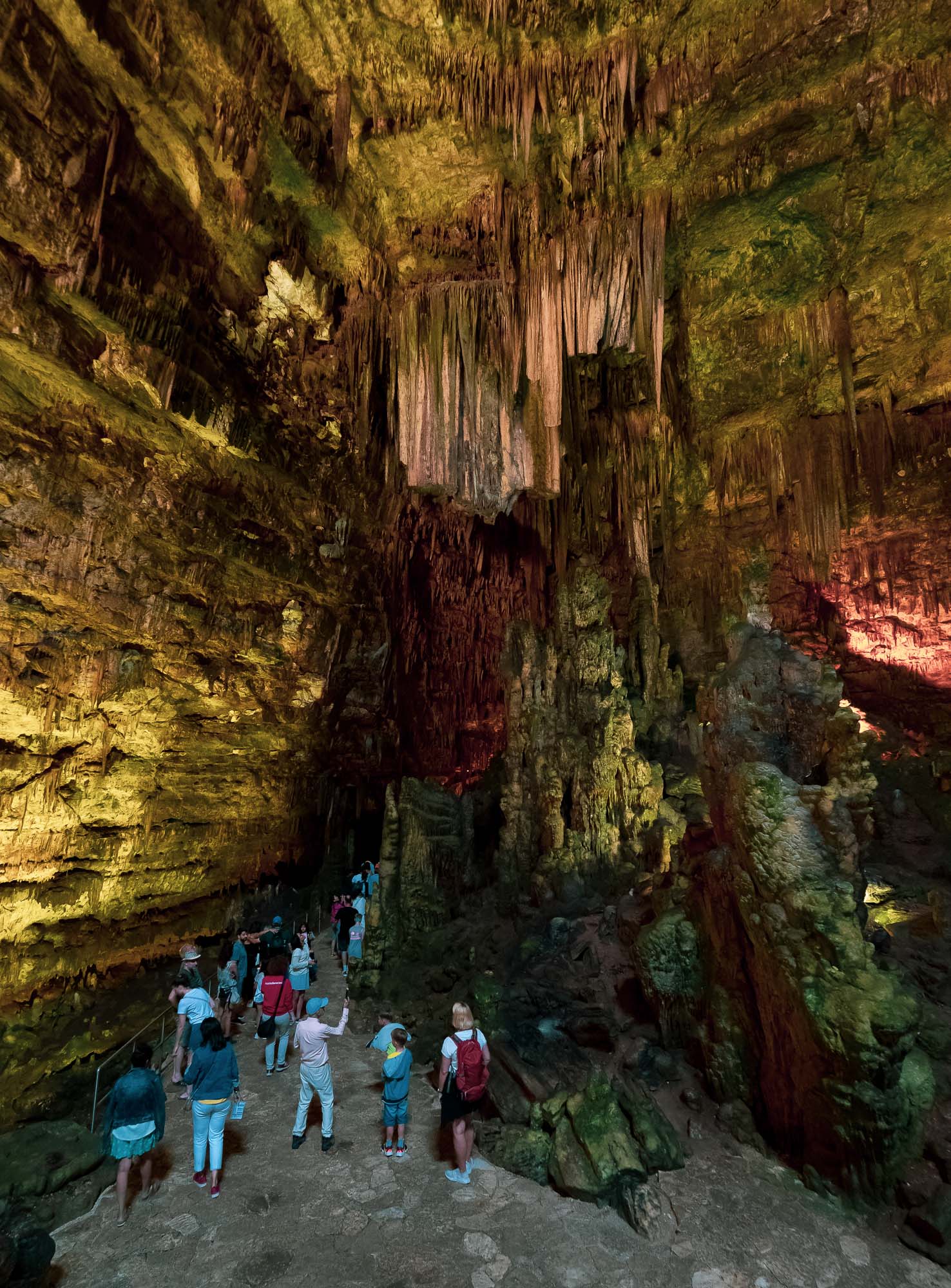
Stalactites and stalagmites embellish almost every wall in the caves. Humans for scale...
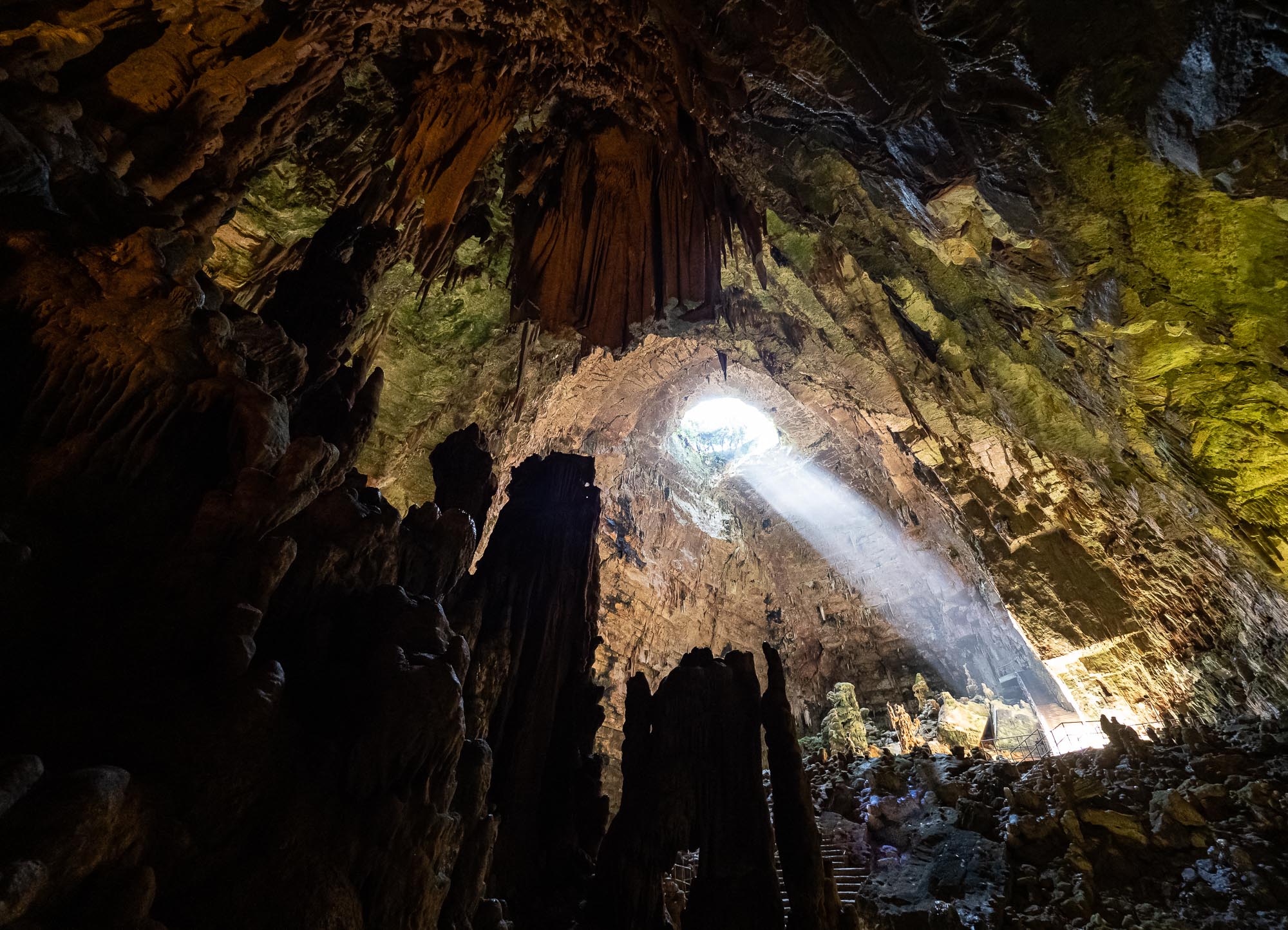
Backward
Looking backward to the main cave as you descend deeper.

Downwards
This is the hole connecting the main cave to the outside world - it's hidden by trees and bushes, but can be viewed directly from the street.
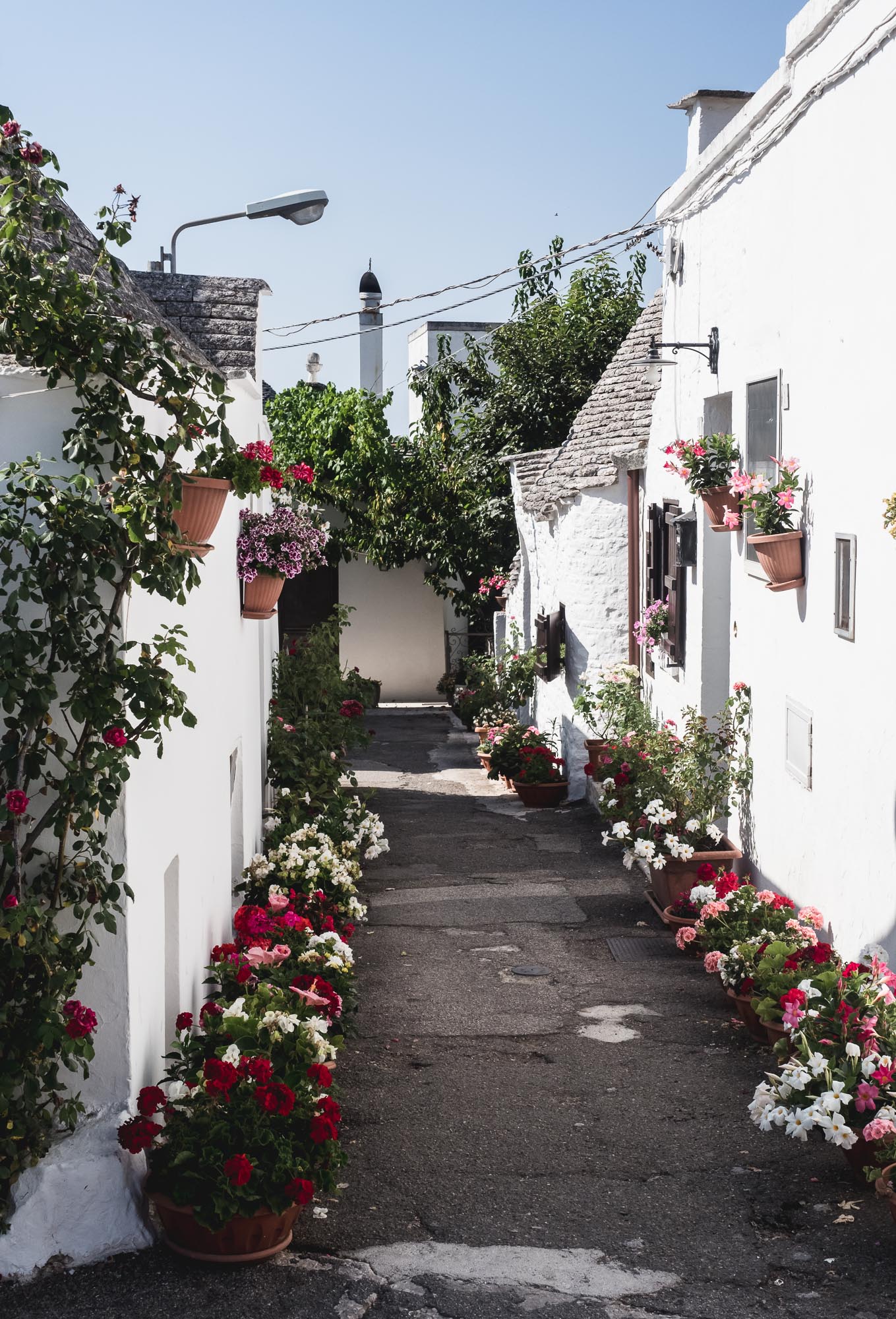
Alberobello
The next stop was Alberobello, famous for its Trullo buildings.
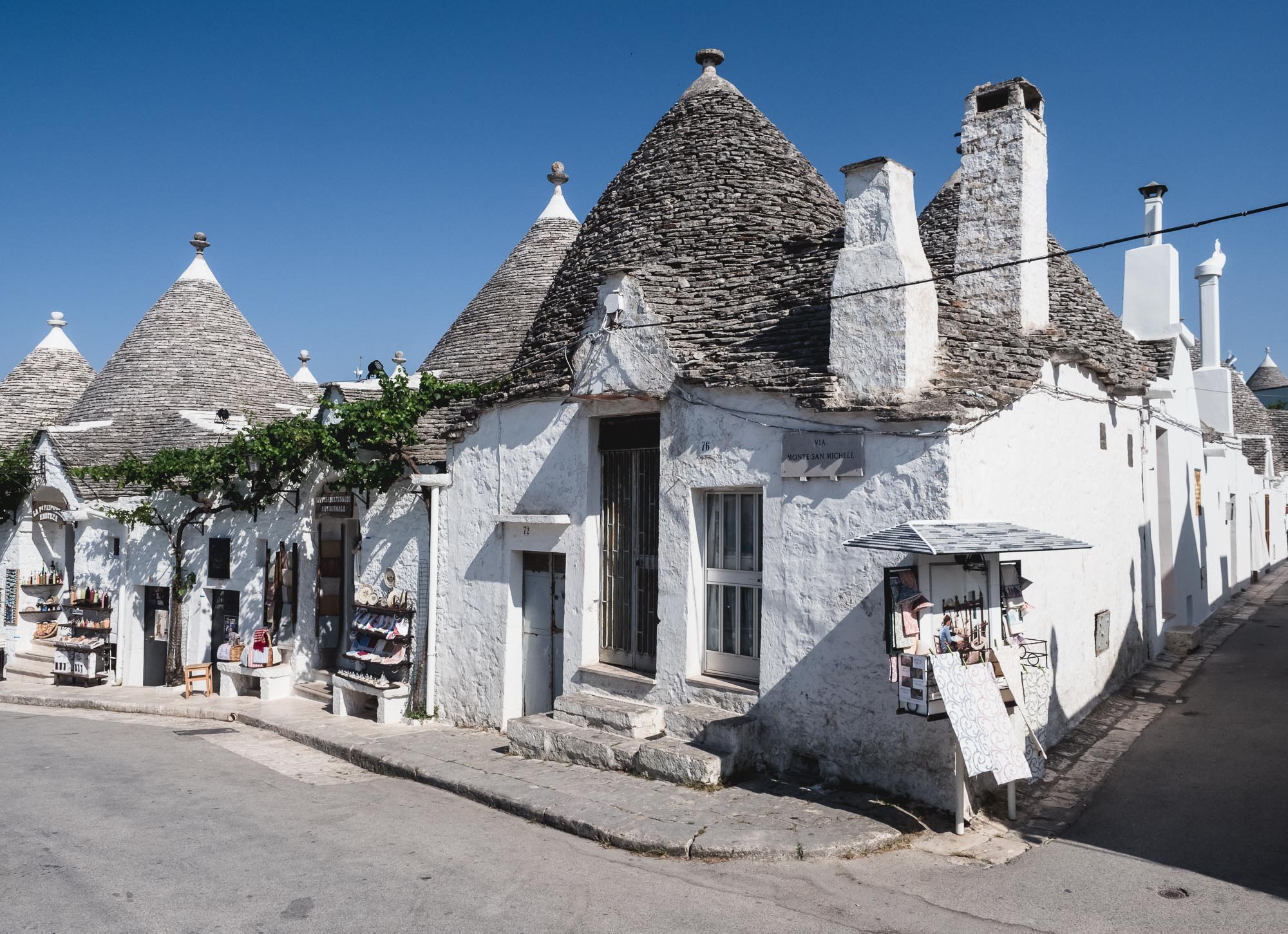
Trullo
The traditional Apulian dry stone hut with its conical roof.

History
Generally thought to be temporary storage or accommodation, these houses have been around for 200 years and more.

Legend
It is said that the houses were made of dry wall so they could be easily dismantled when tax inspectors were in the area, as historically Apulia had high property taxation.
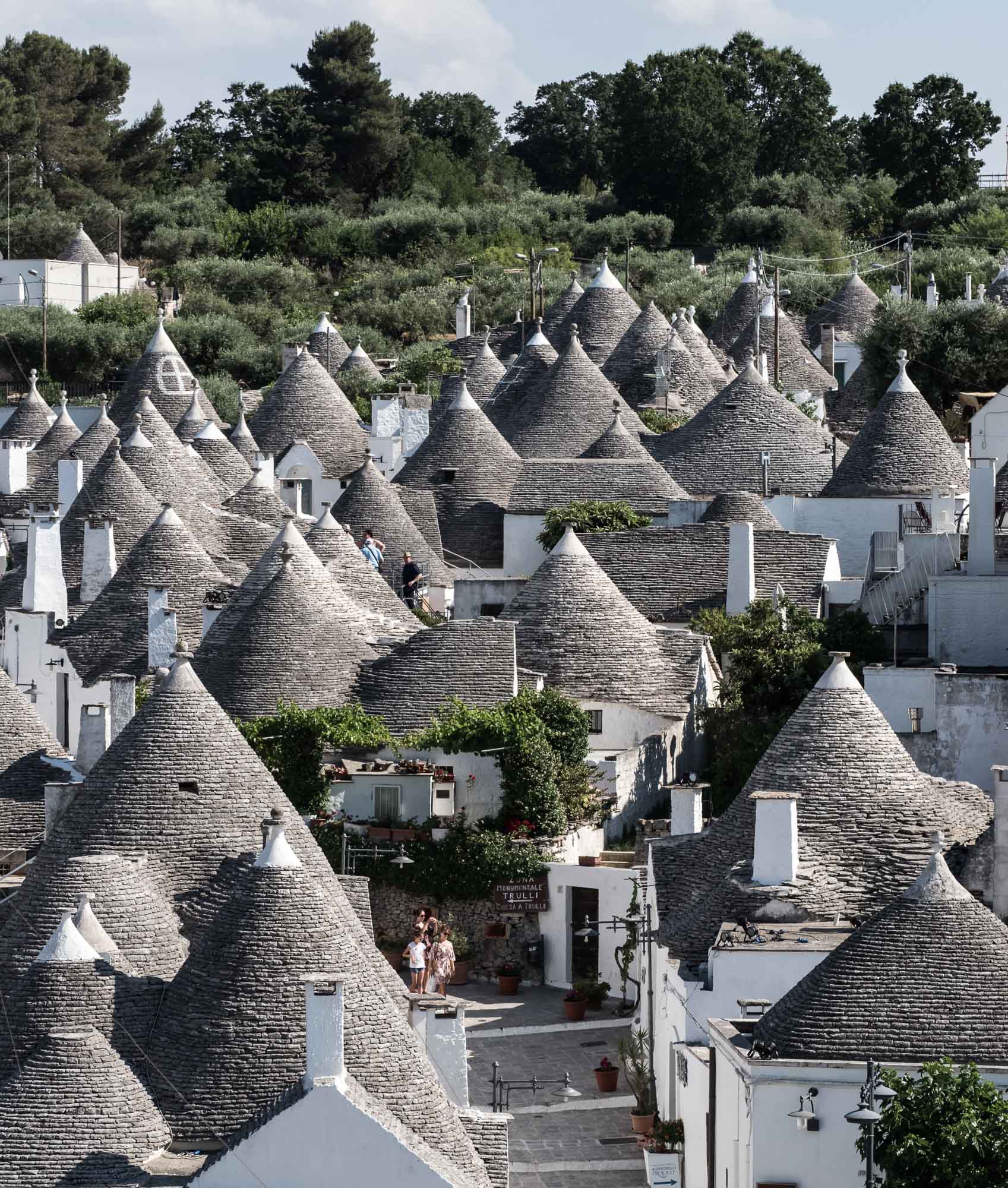
Protected
The area is a UNESCO world heritage site.
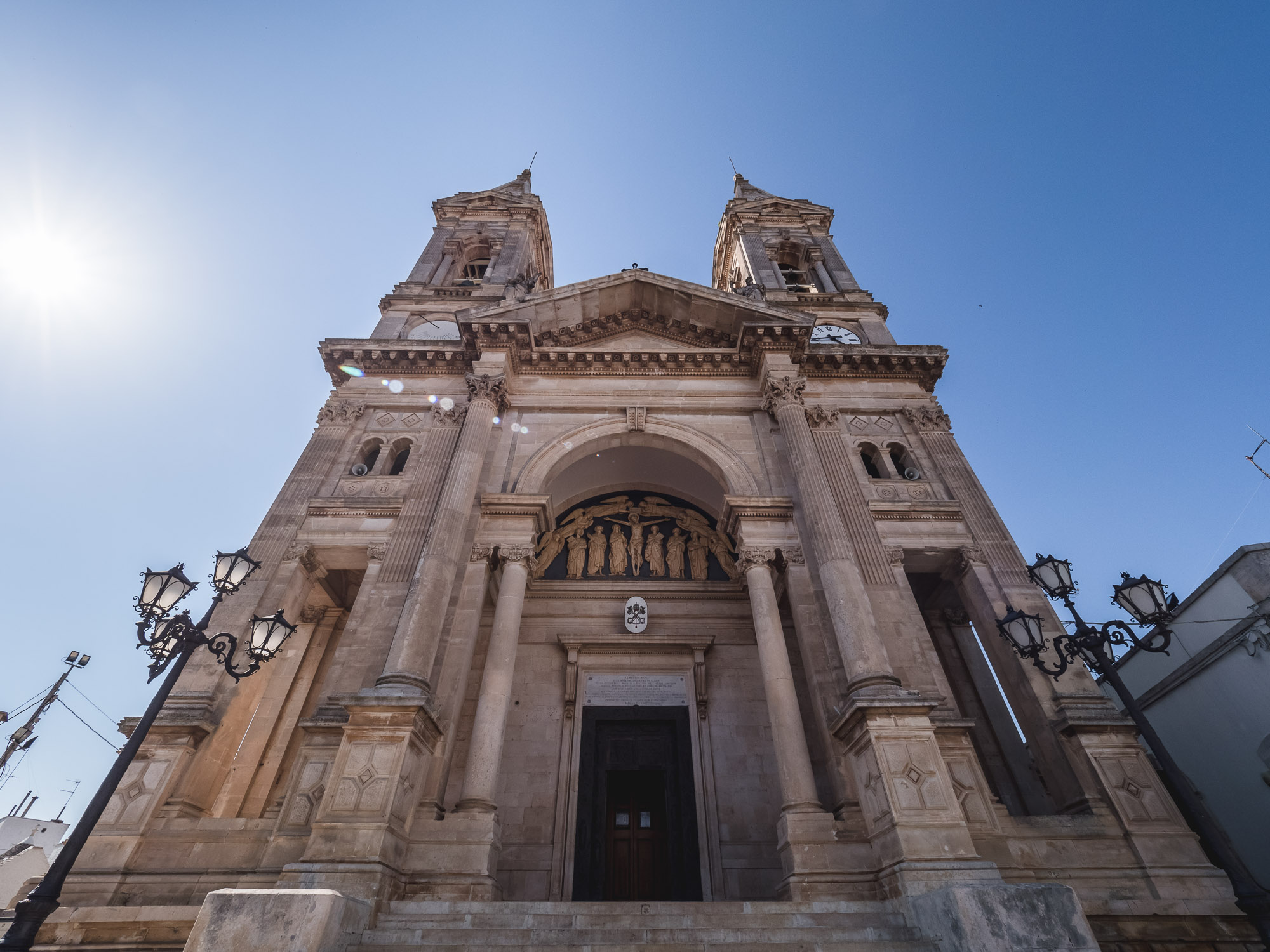
Basilica of Saints Cosmas and Damian
The centre of the religious history of the city.
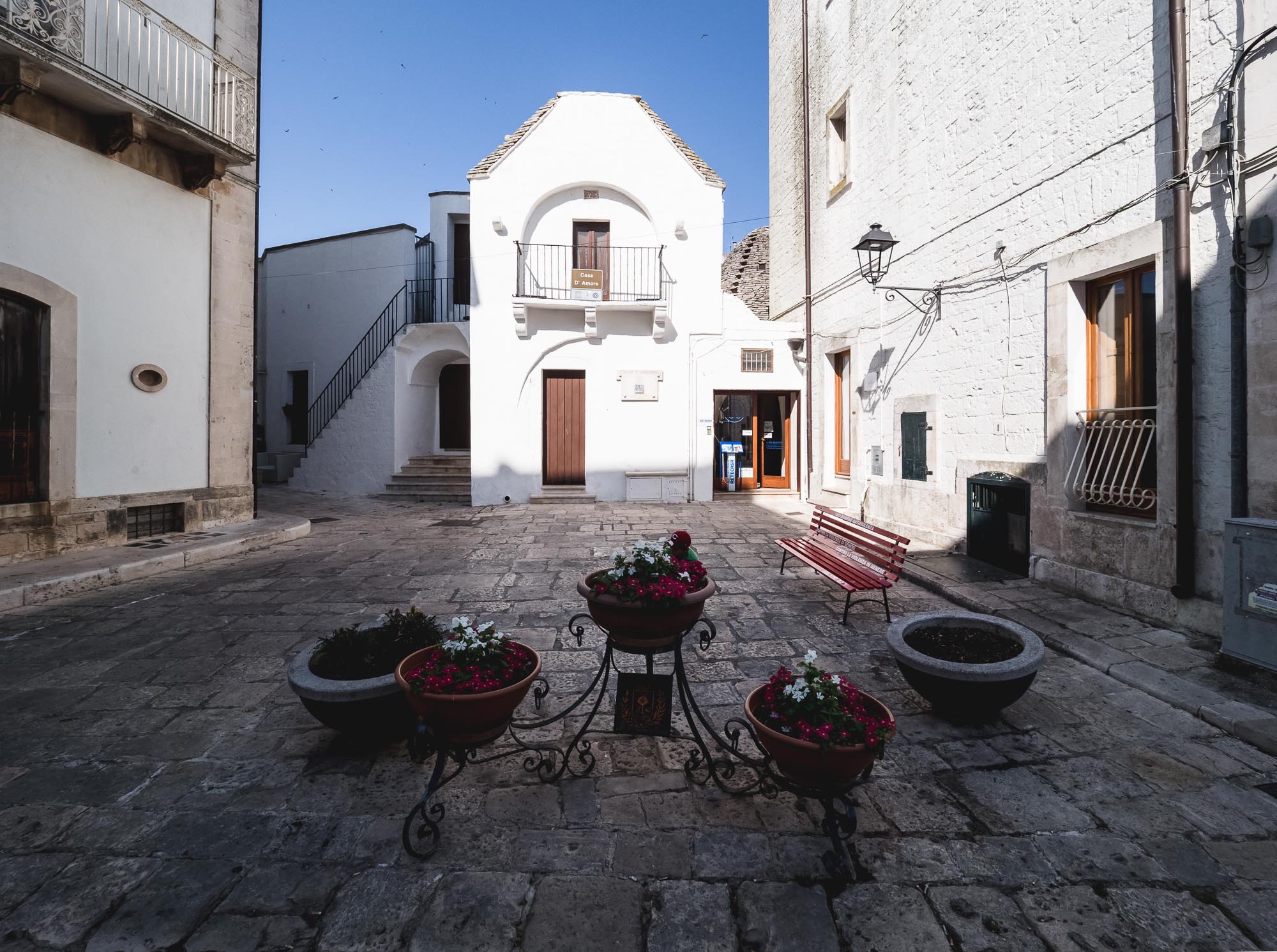
Casa d'Amore
A national monument, named after its former owner, for its role in the victory against the tyranny of the counts in the 18th century.

Conversion
Most of the Trullo houses have been turned into shops, tourist attractions, restaurants and small hotels.

Ostuni Streets
One of the many stairs in the city.
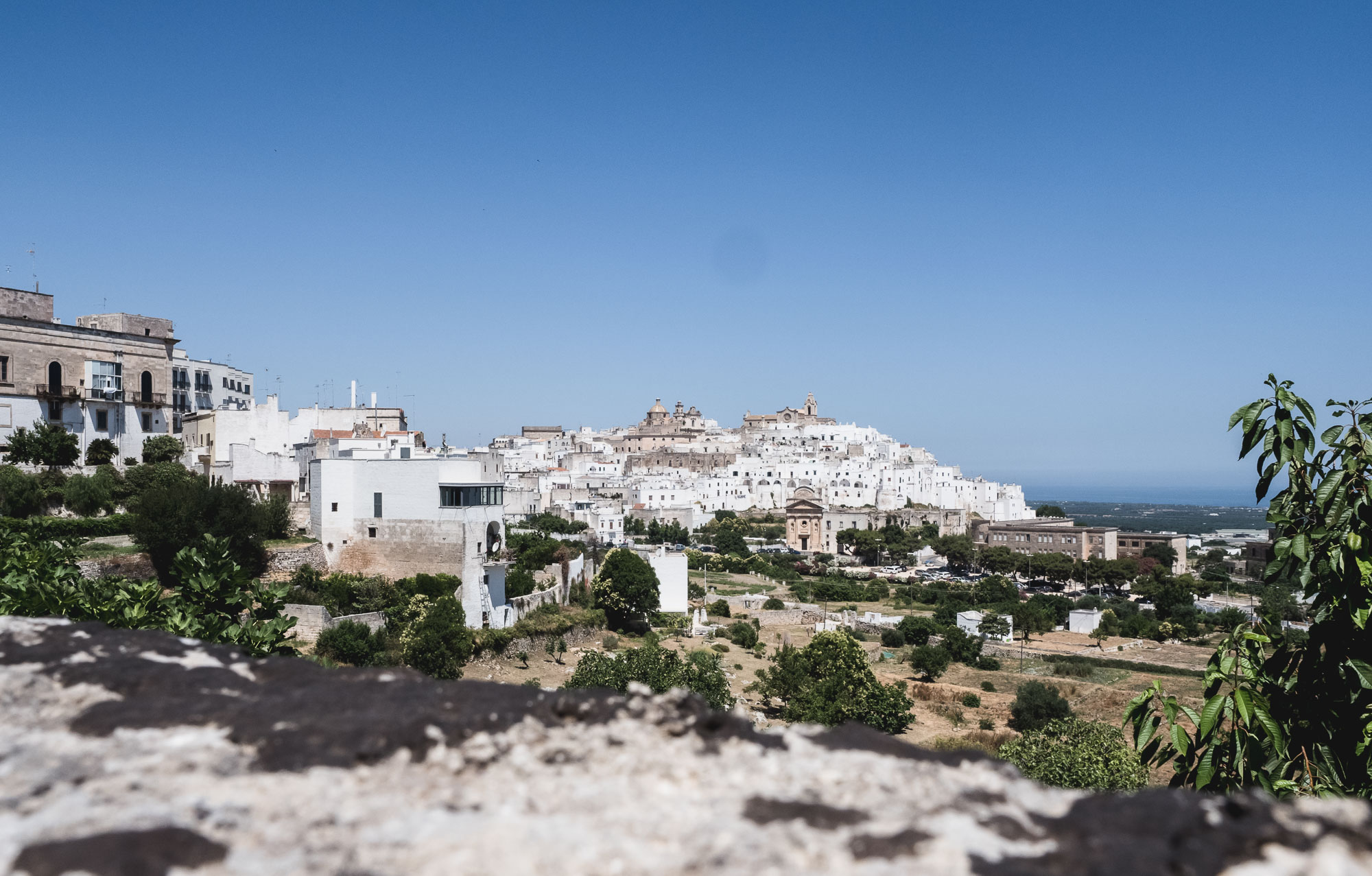
Ostuni
Or aptly nicknamed "The White City"
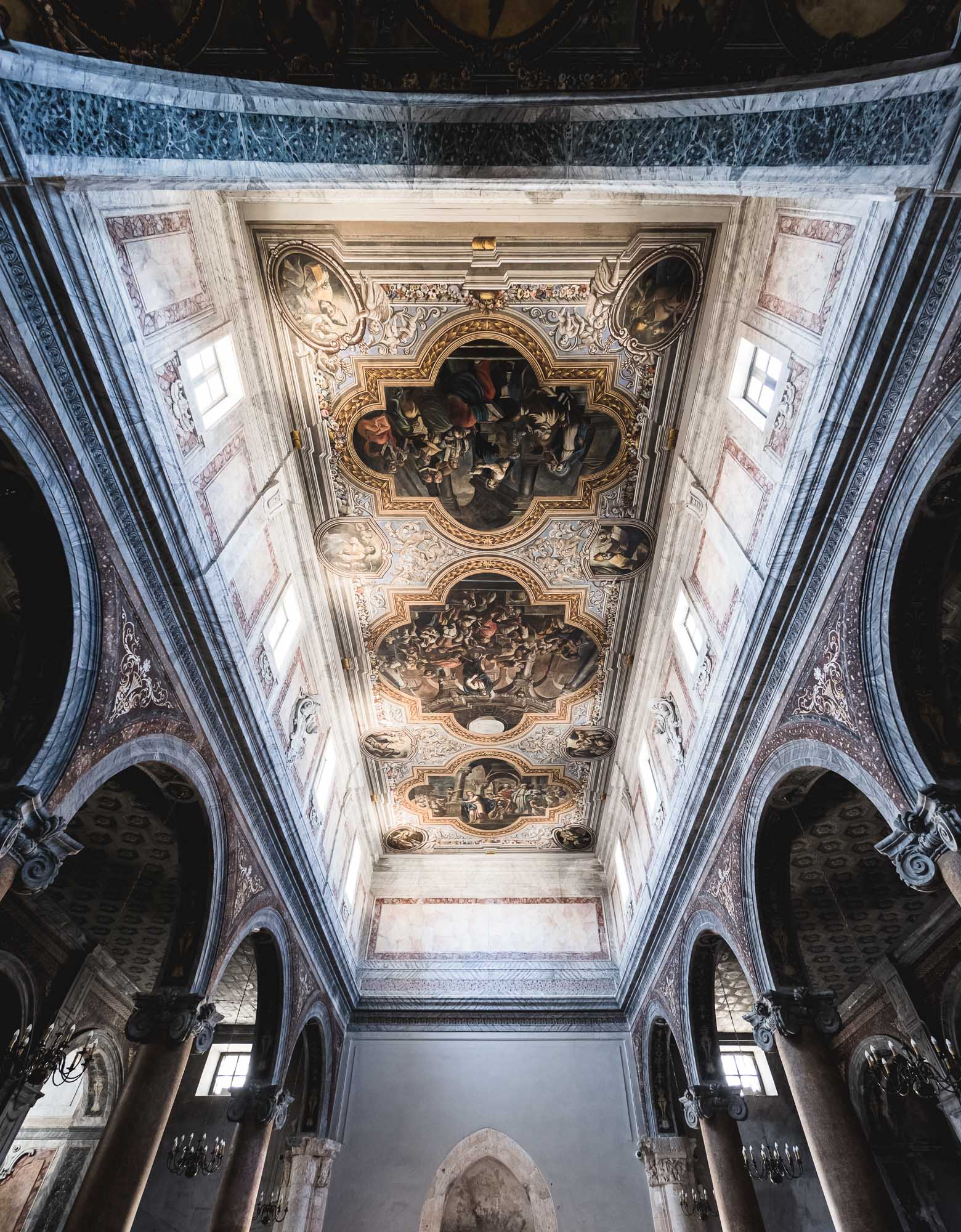
Interior of Ostuni Cathedral
The ceiling creates an impression of additional space beyond the roof.
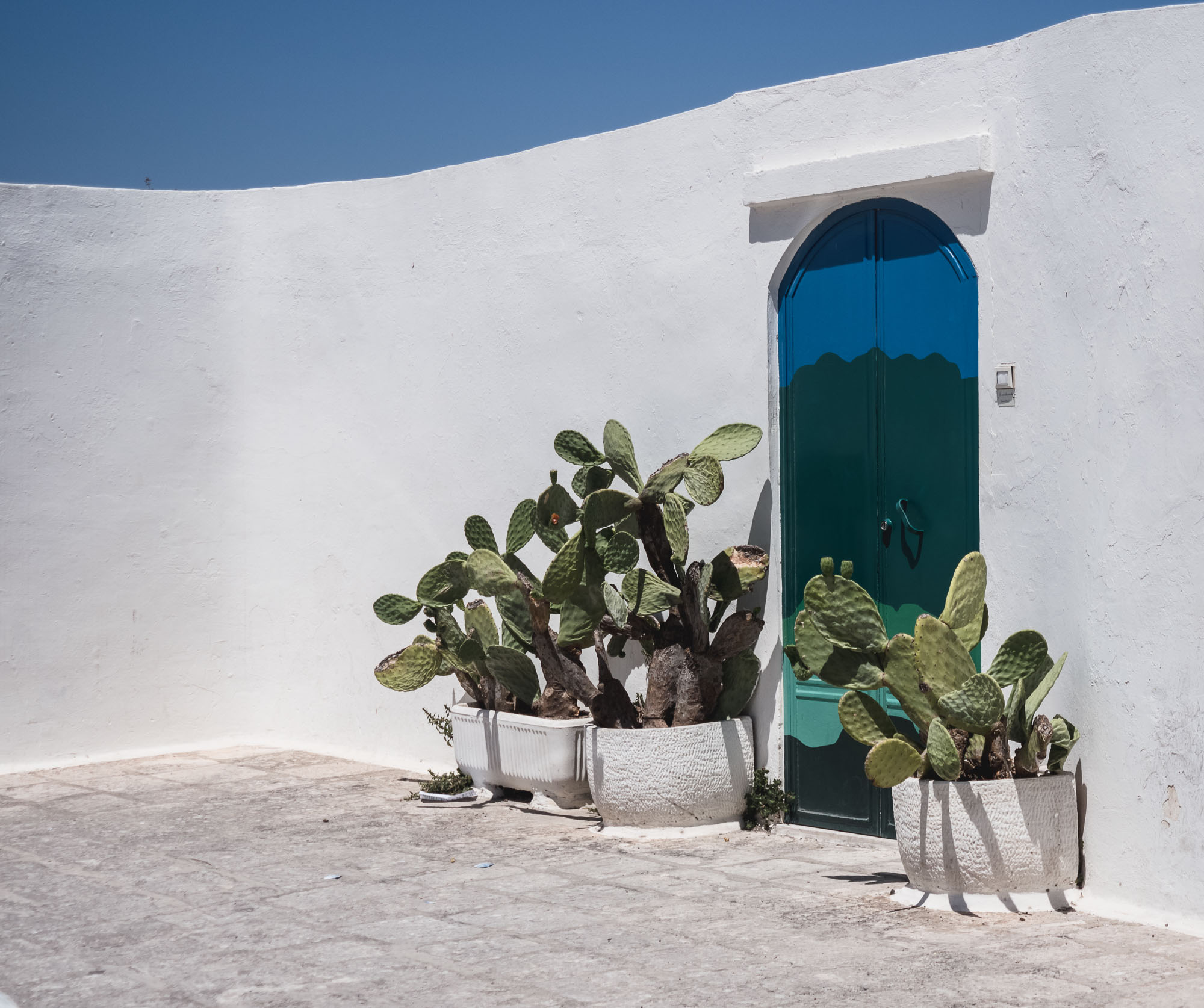
Succulent Door
Typical scene with plants framing doors and windows.
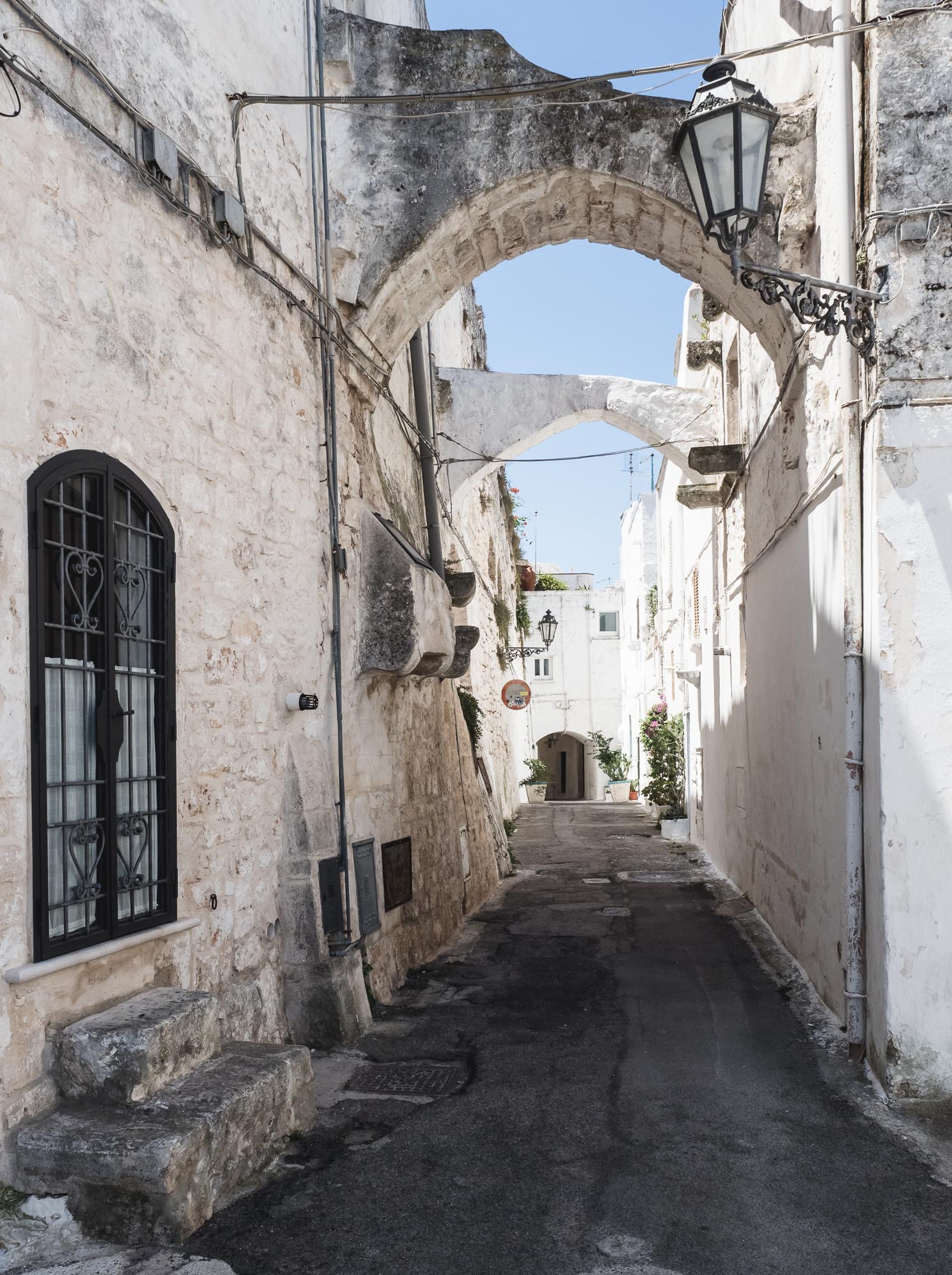
Streets of Ostuni
The arched streets are a typical feature of the city.
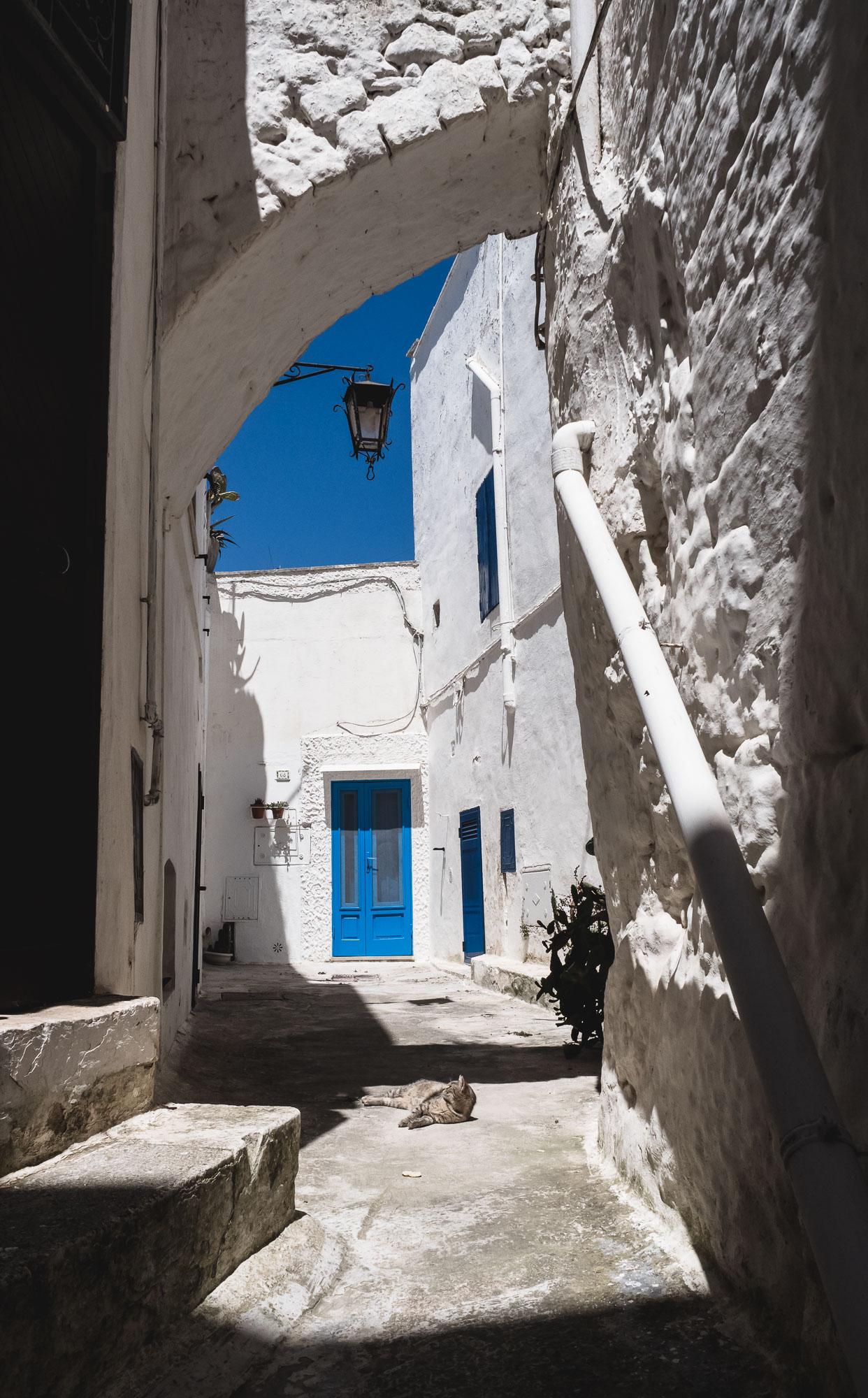
Just Chilling
The life of a cat.

Narrow
Even for humans, this is a one way street.
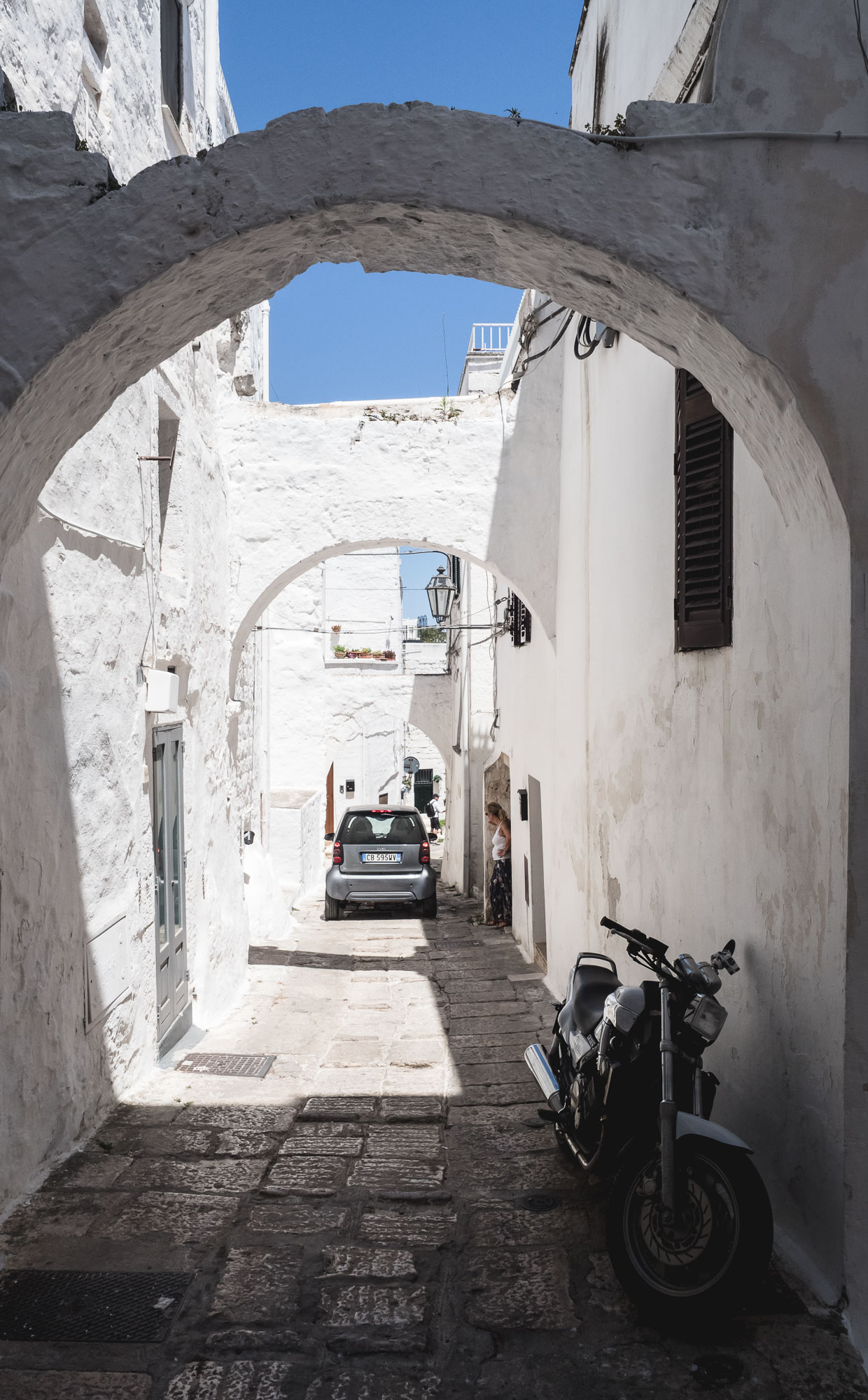
Modes of Transport
Not made for anything bigger than a Smart.
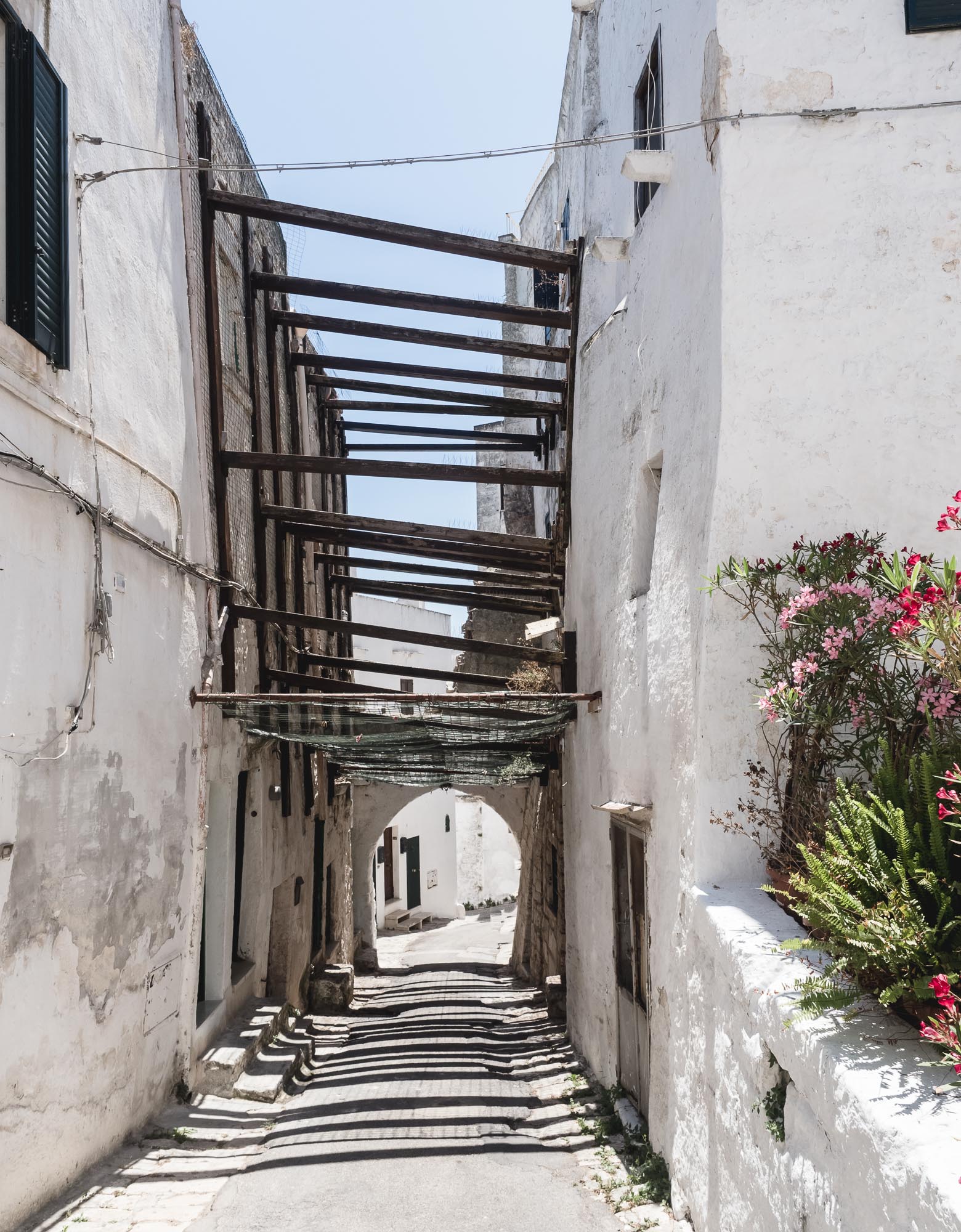
Support
The city was remarkably - and pleasantly - quiet. Not sure it would withstand hords of people.
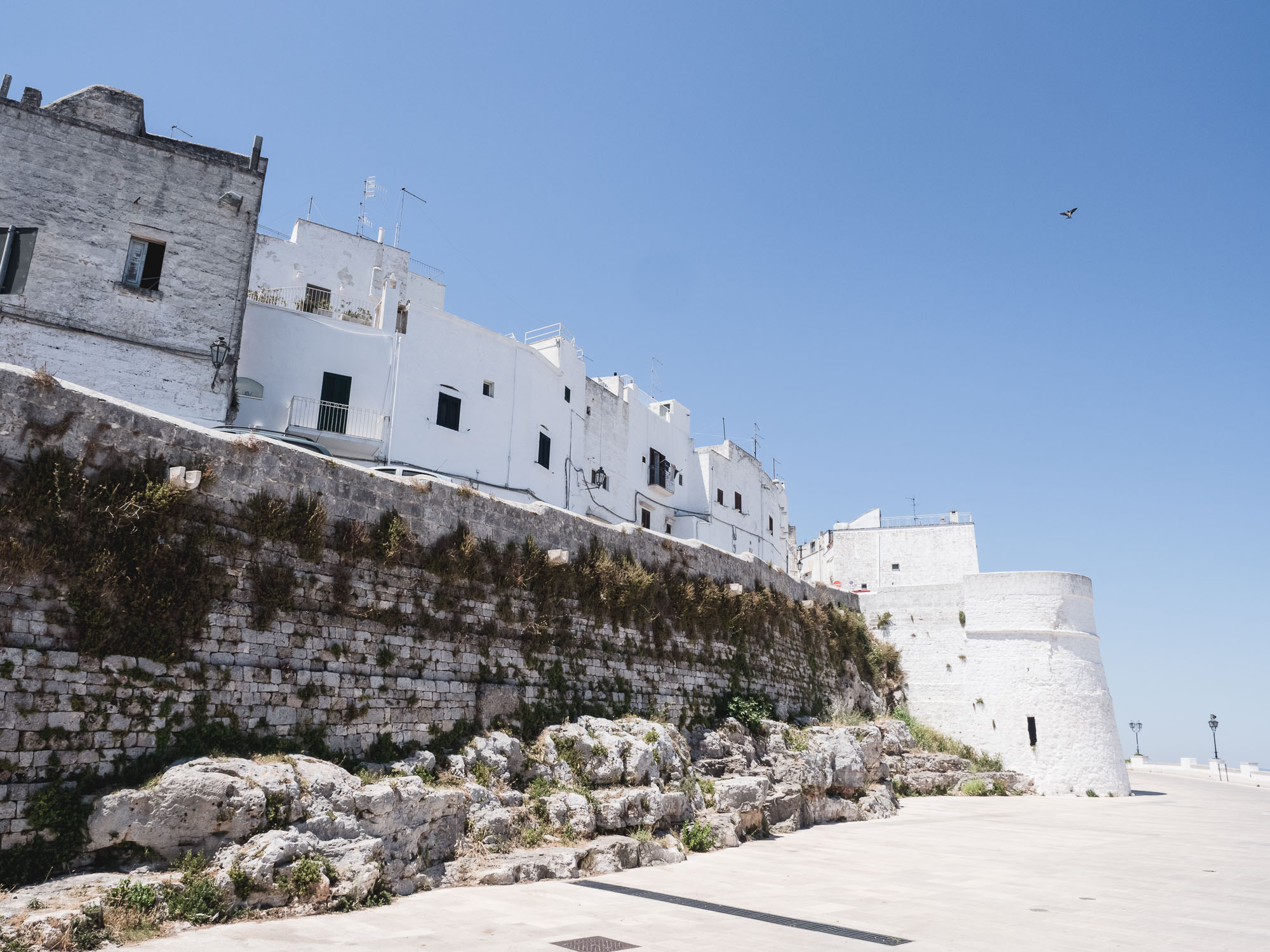
City Walls
The wall surrounding the elevated plateu on which Ostuni's historic centre is located.
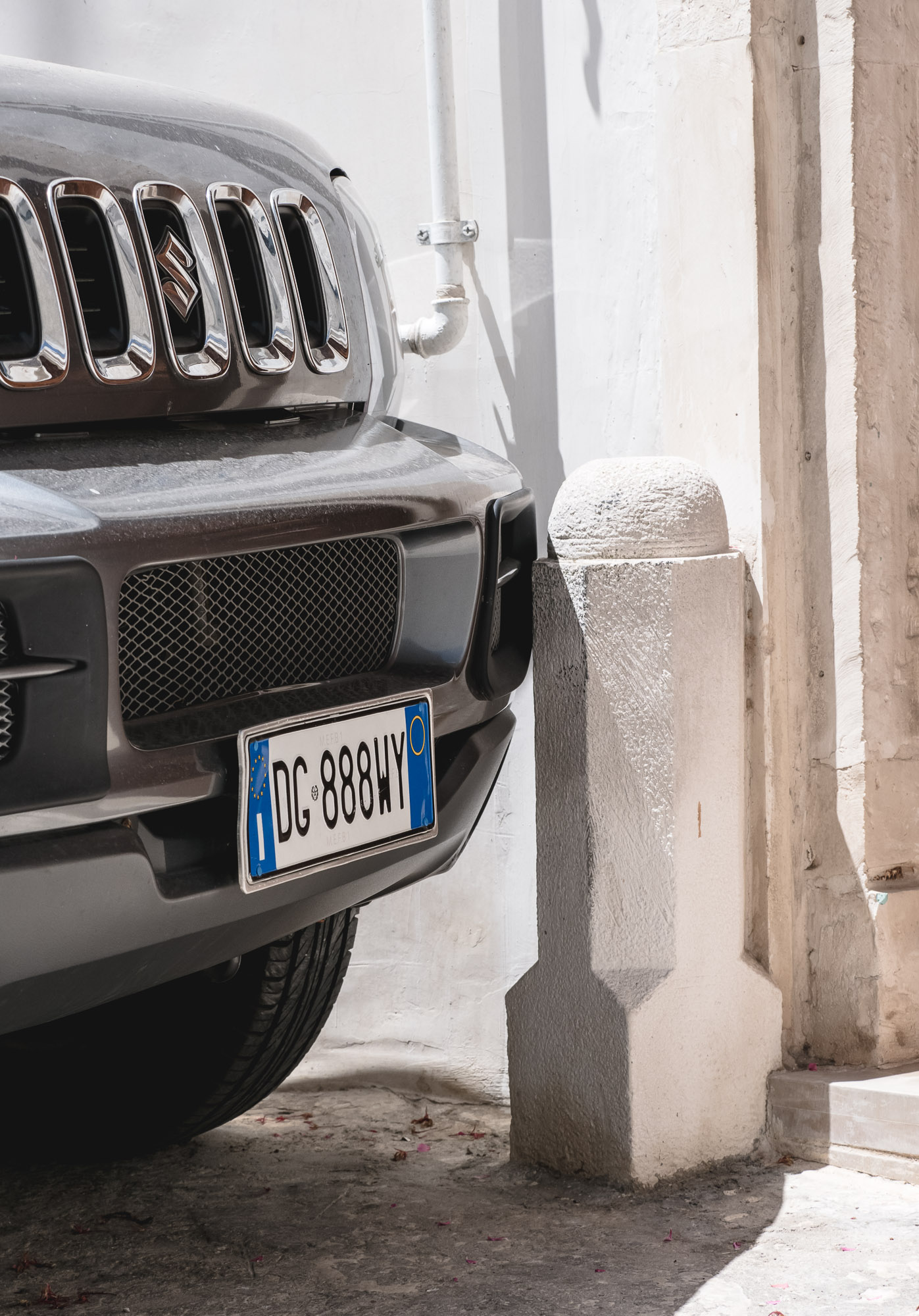
Tight
As I said, not much space for anything bigger than a Smart.

Plant Stairs
Even without a door, stairs must be decorated with some plants.
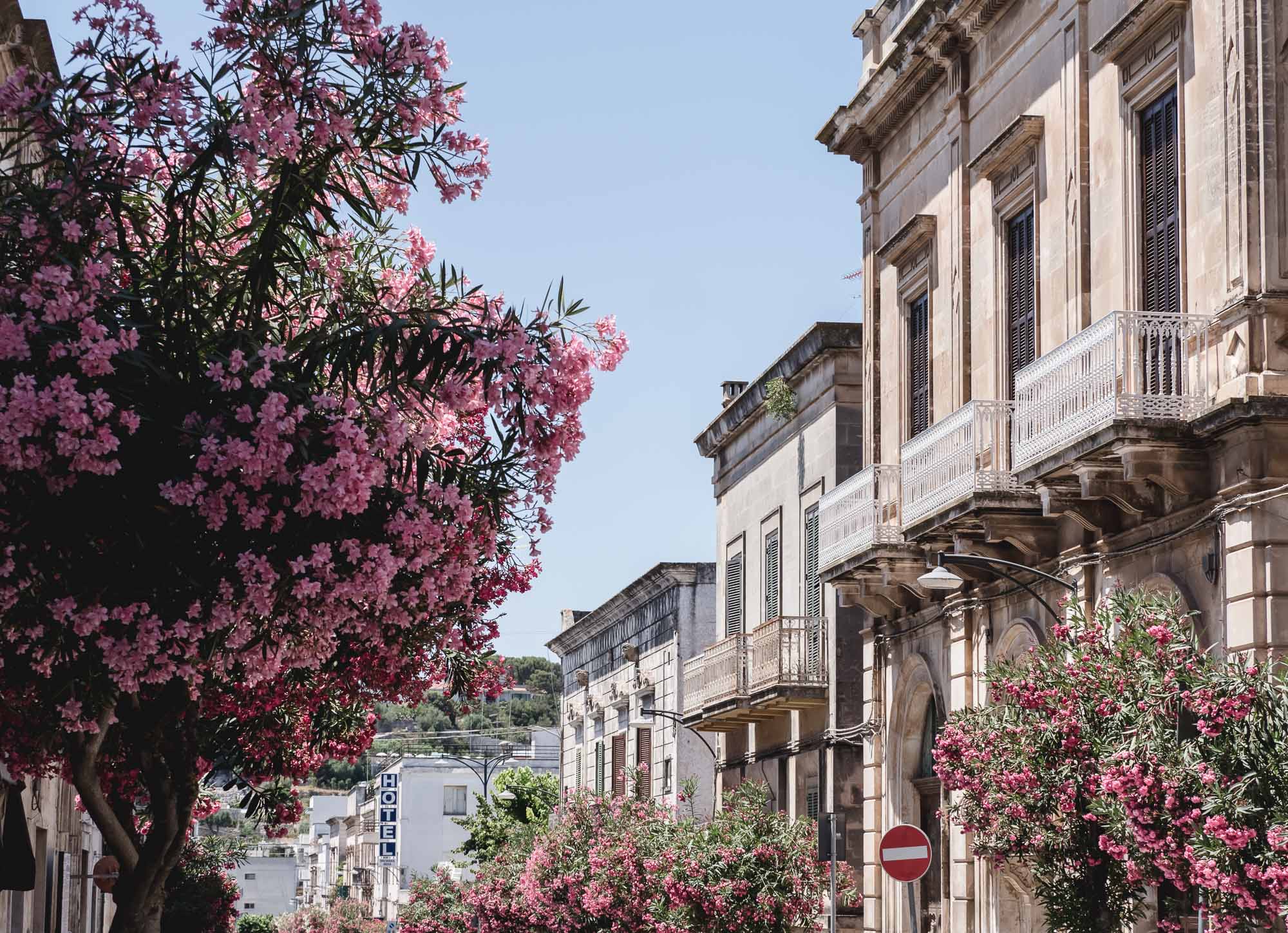
Blossoming
One of the main streets of Ostuni.
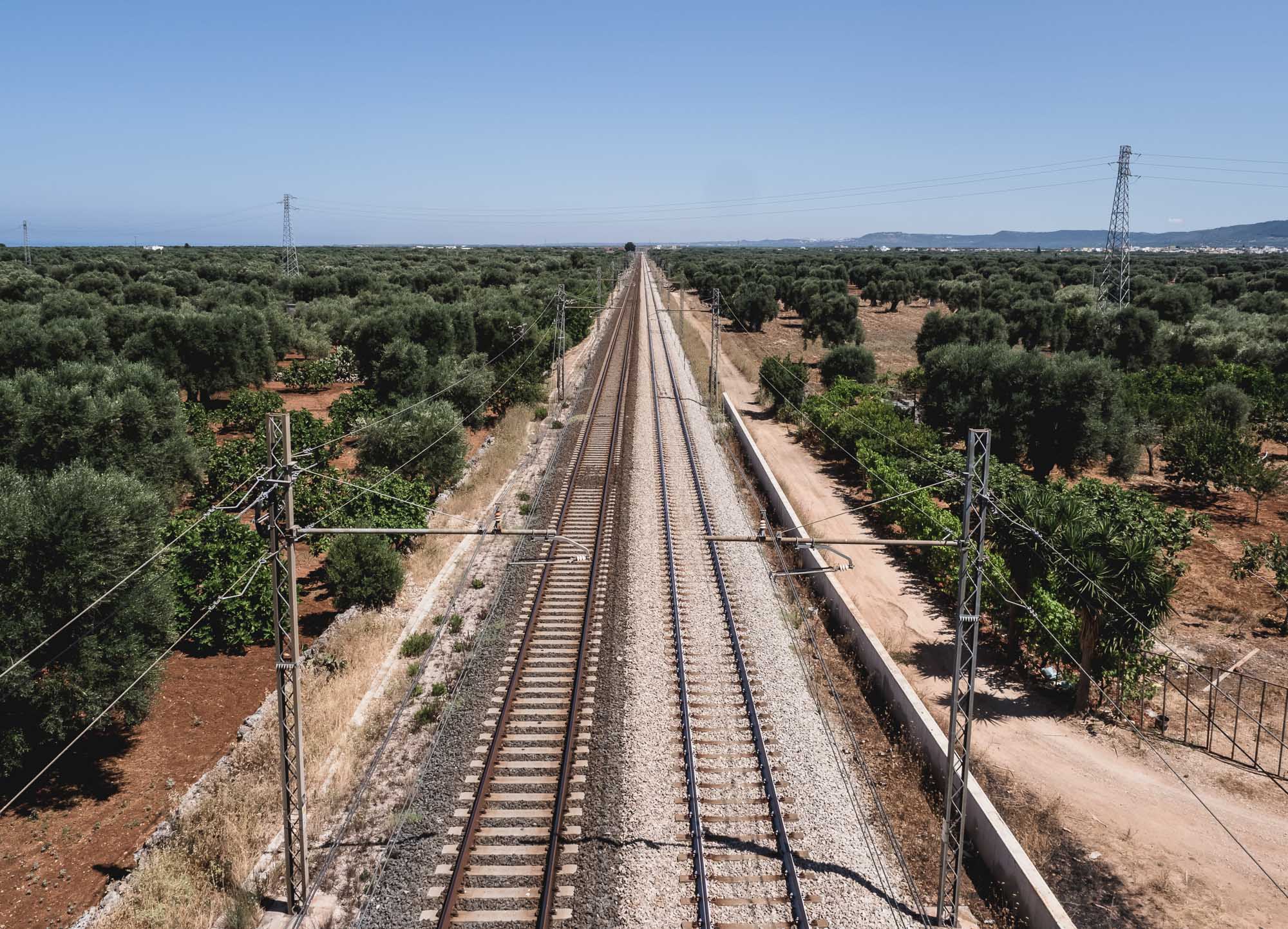
Landscape
Views over the Apulian landscape, with its many olive tree fields.
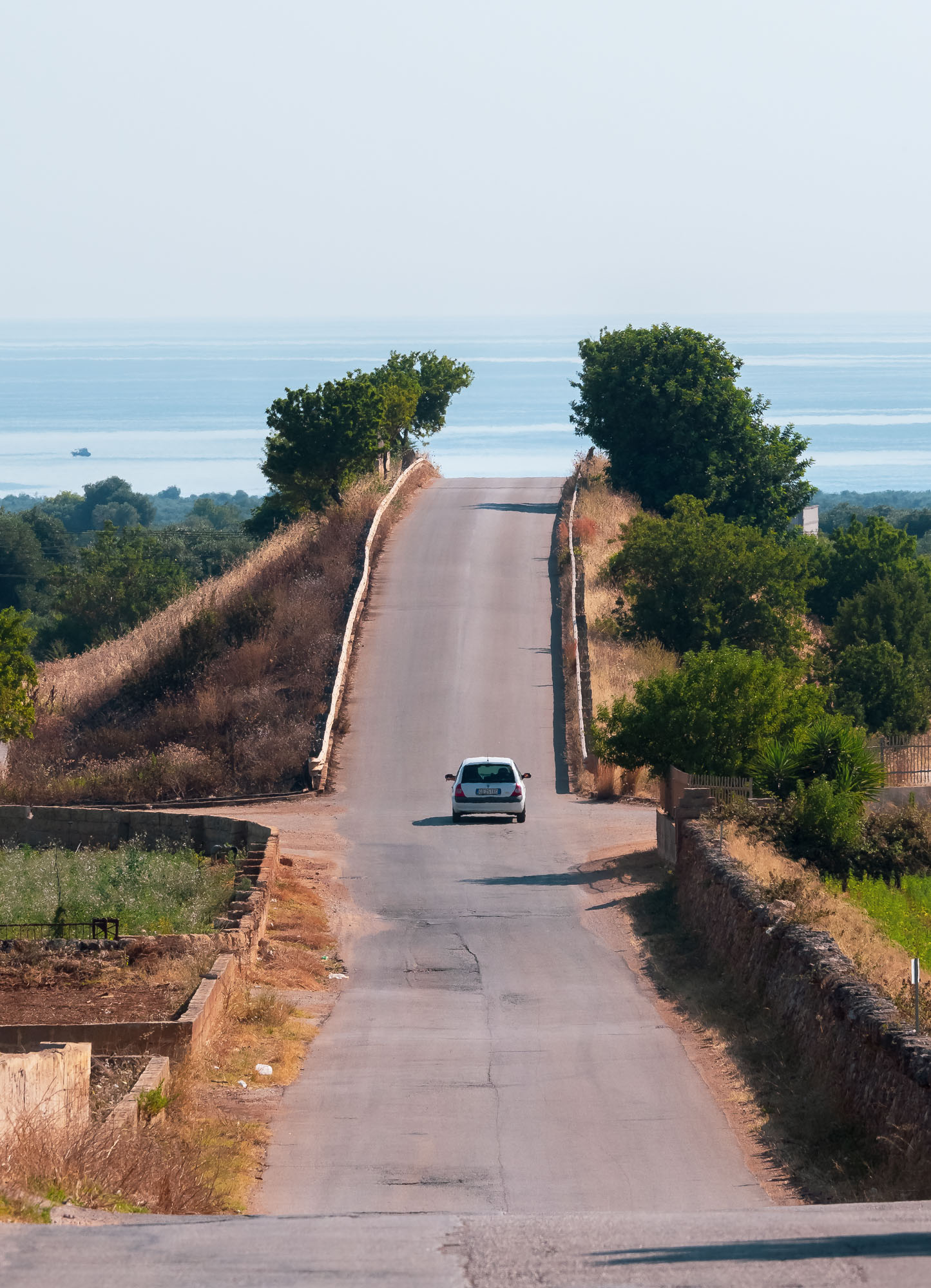
Towards the Sea
A road leading eastwards.
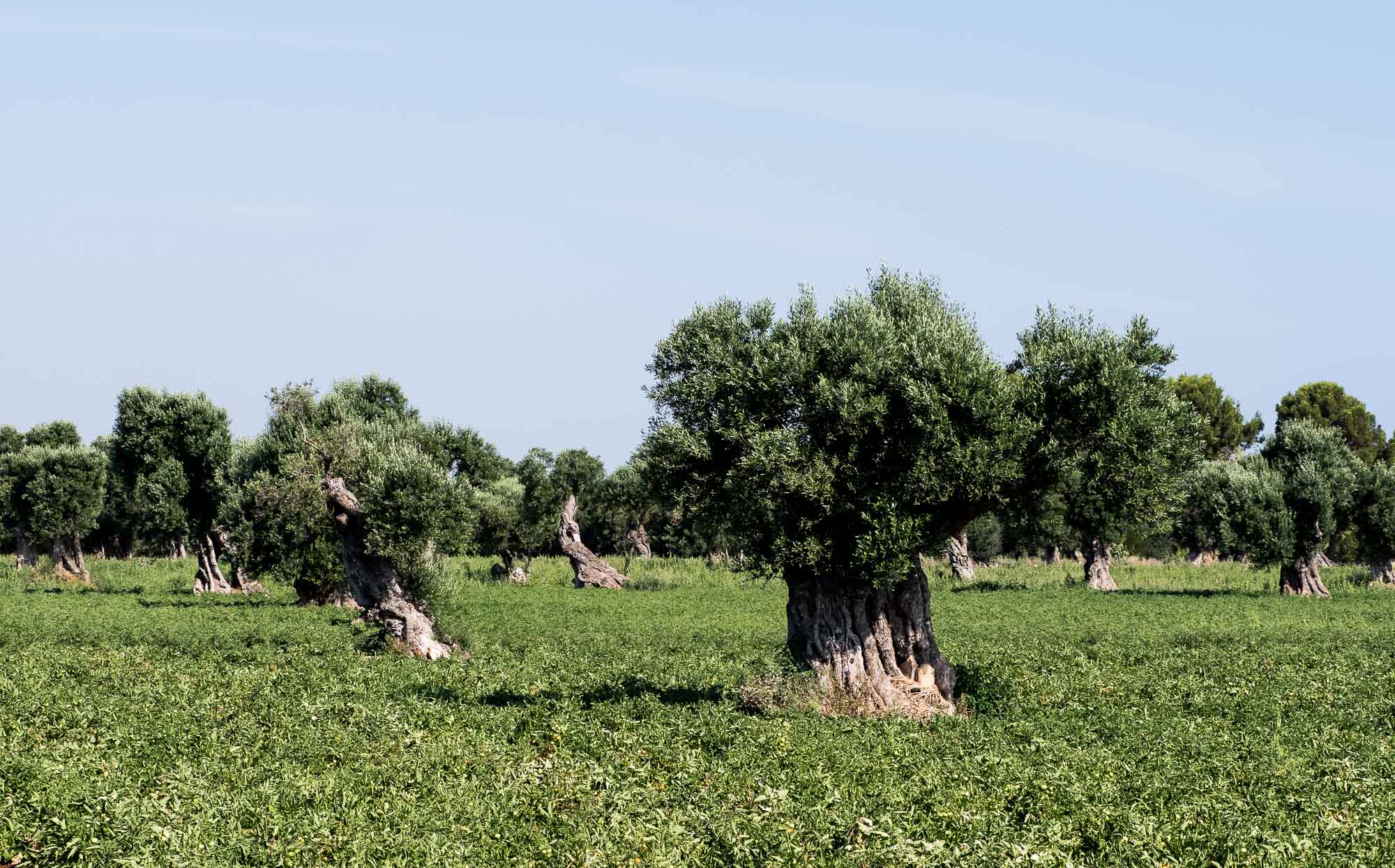
Olive Trees...
It's said that there are over 50 million olive trees in Apulia...
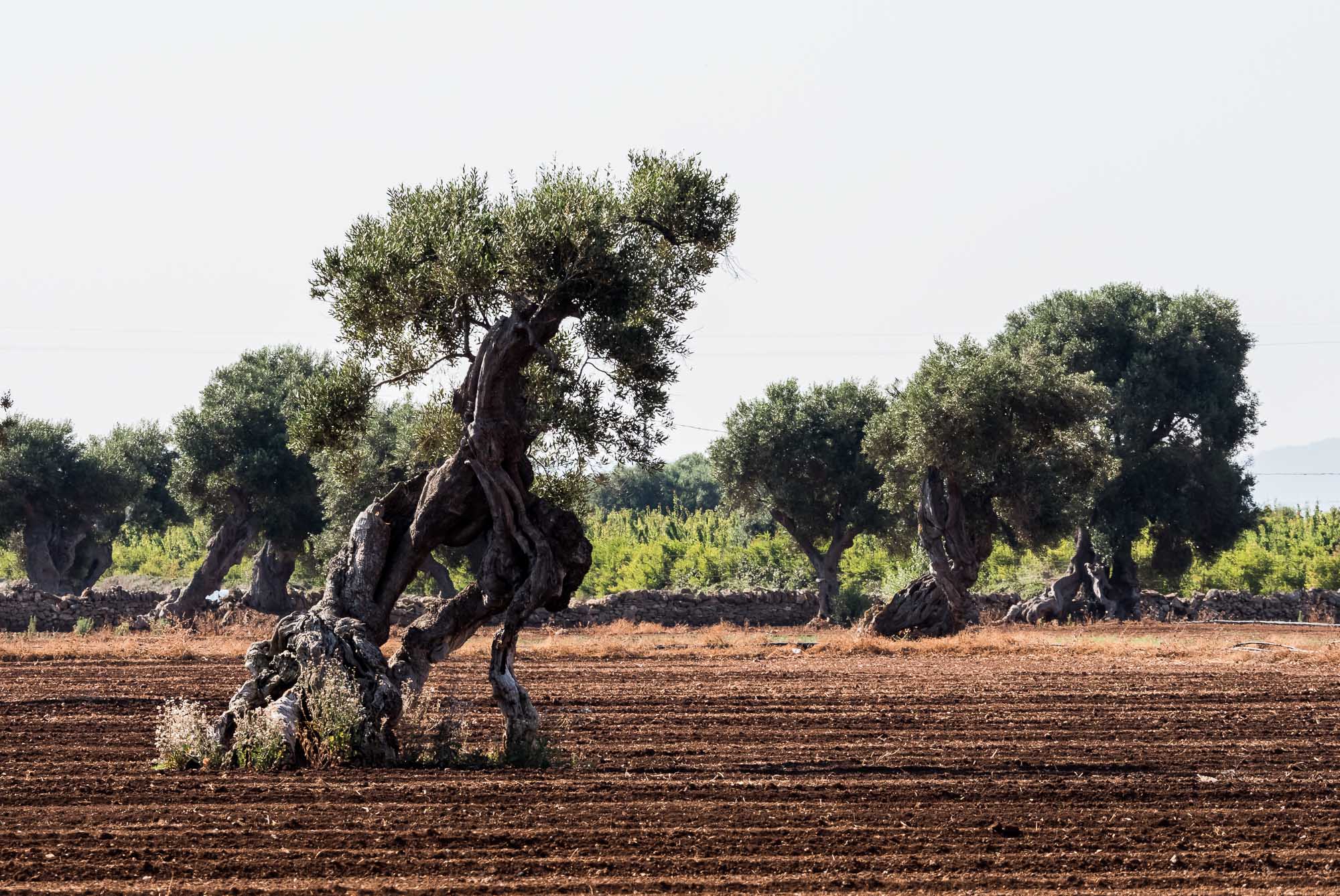
And more Olive Trees
...producing 40% of Italy's olive oil.
Malta - The Intriguing Island
On the way back to Dubai from a wedding in Puglia, I took the chance to stop over on the island of Malta. The small nation in the Mediterranean Sea features rich history, amazing nature, cute cityscapes and more things to see and do than I had expected. Having walked over 50km in just over 3 days, I took a few hundred photos, a short selection is below.

On the way back to Dubai from a wedding in Puglia, I took the chance to stop over on the island of Malta. The small nation in the Mediterranean Sea features rich history, amazing nature, cute cityscapes and more things to see and do than I had expected. Having walked over 50km in just over 3 days, I took a few hundred photos, a short selection is below.
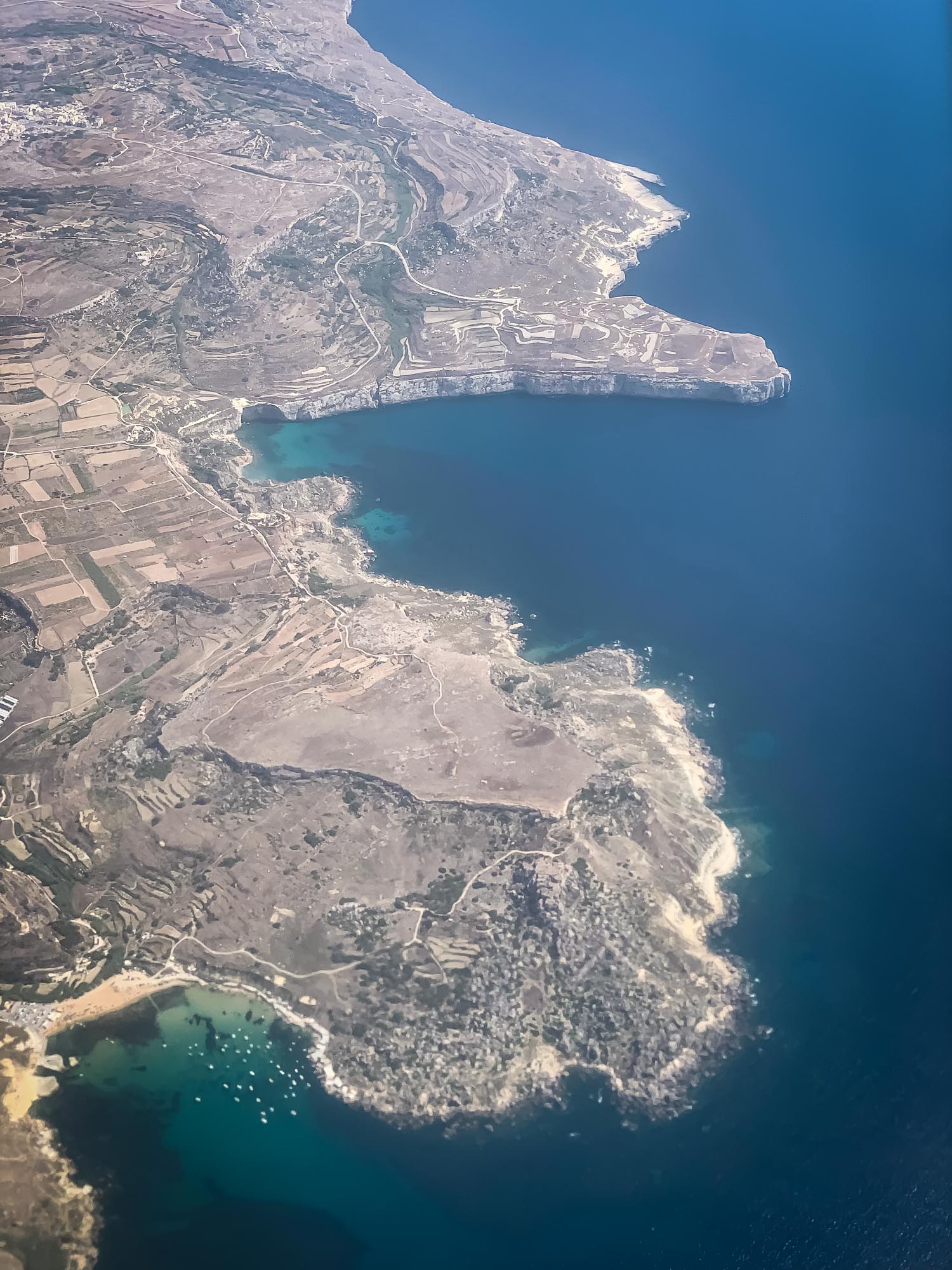
Coastline
The country consists of three major inhabitated islands: Malta. Gozo and Comino.
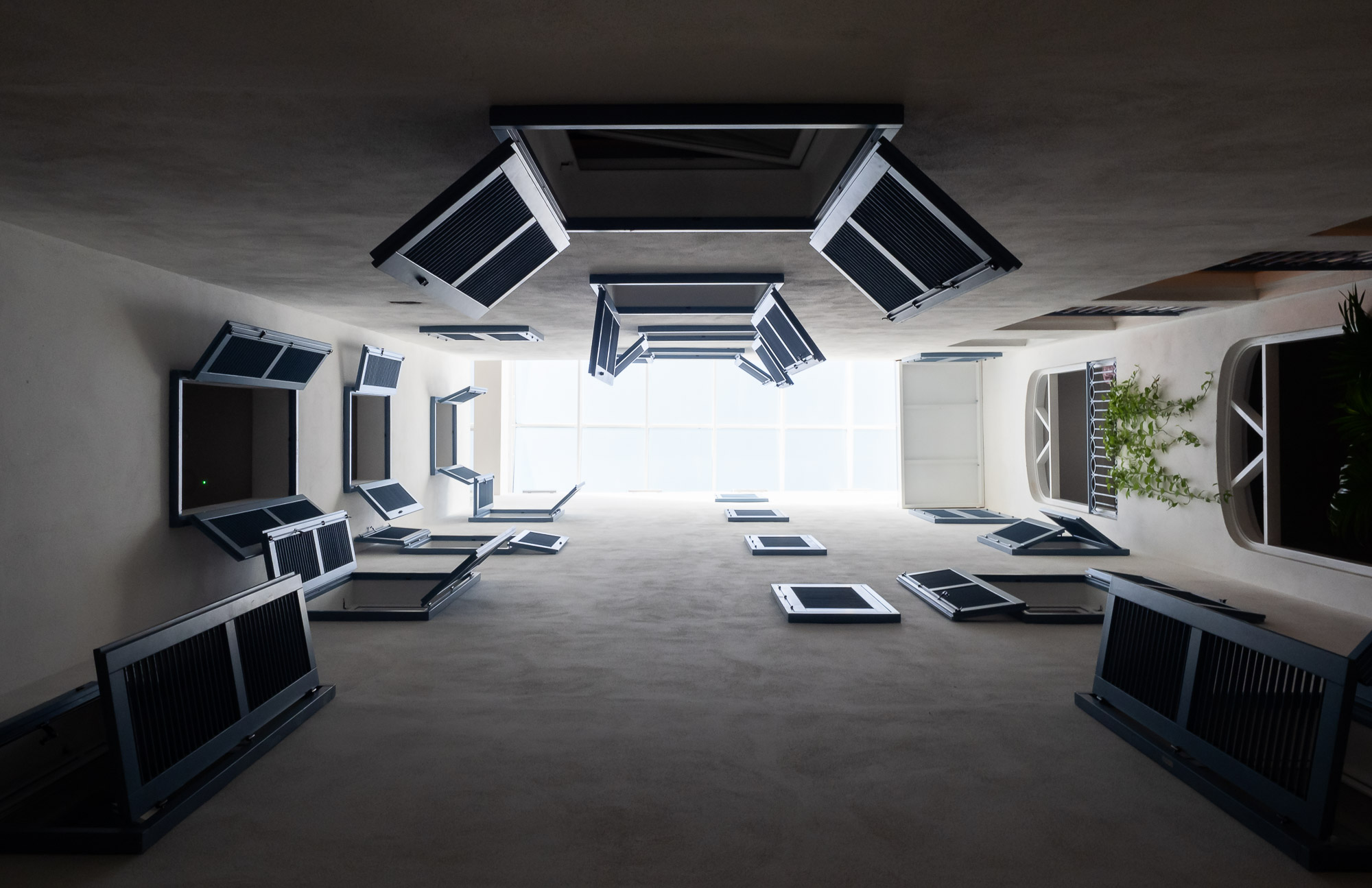
Courtyard
The interior of the hotel I stayed in, a renovated building in central Valletta.
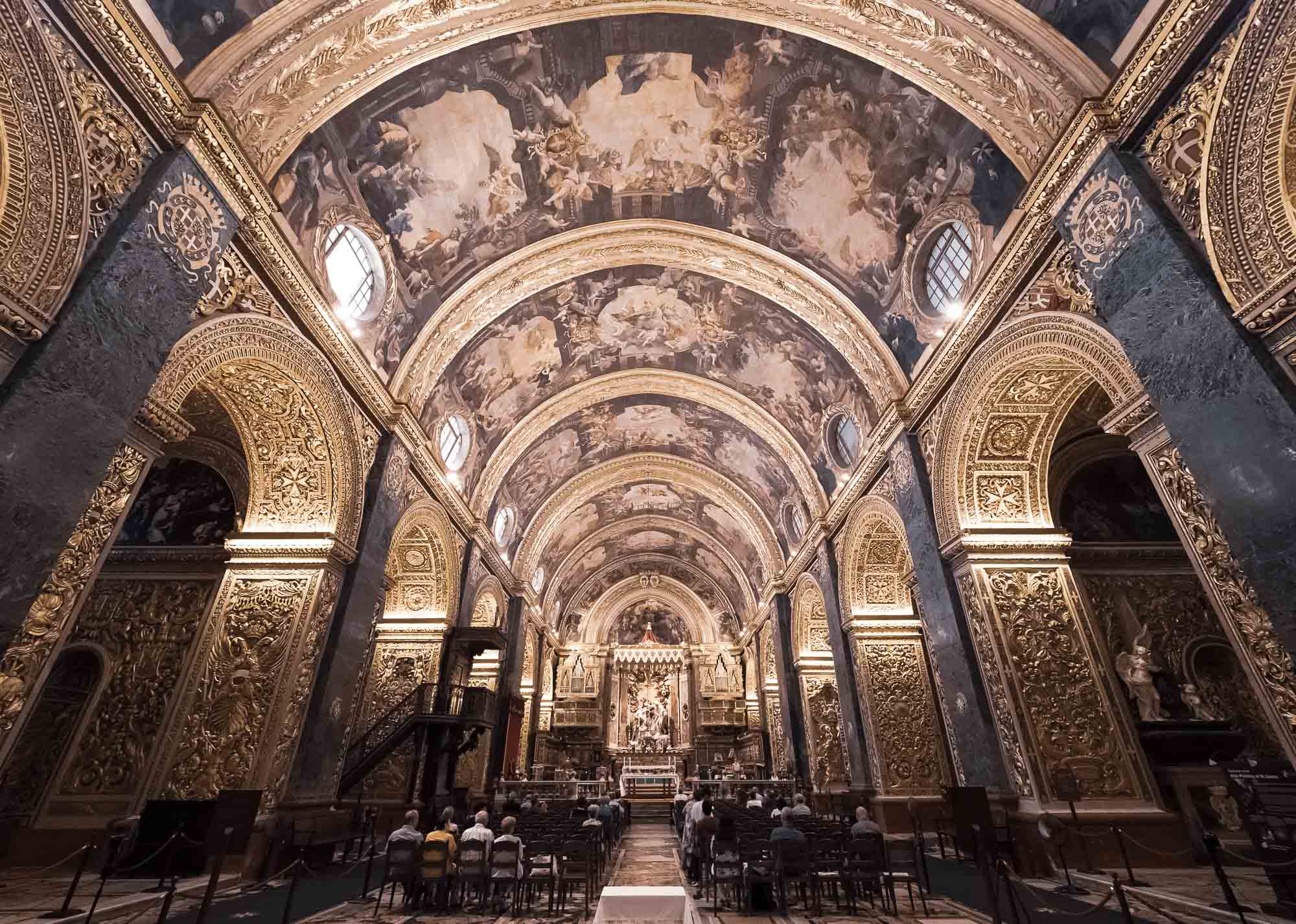
St John's Co-Cathedral
The nave of one of the most famous cathedrals in Malta, completed in 1577.

Steps
The Steps near the Valletta city gate, designed by Renzo Piano.
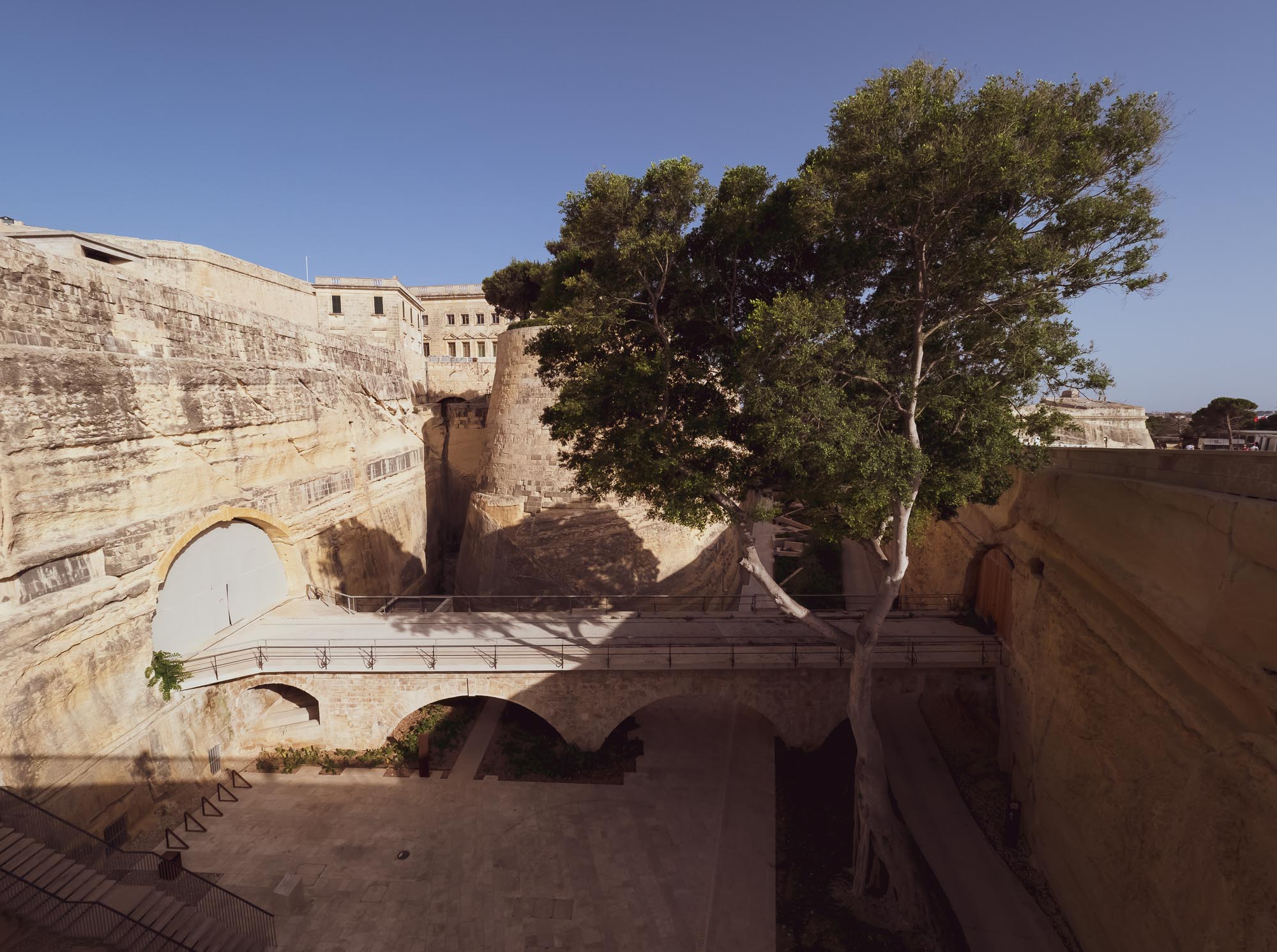
Walls
A tree growing in one of the many trenches around Malta's fortified walls.
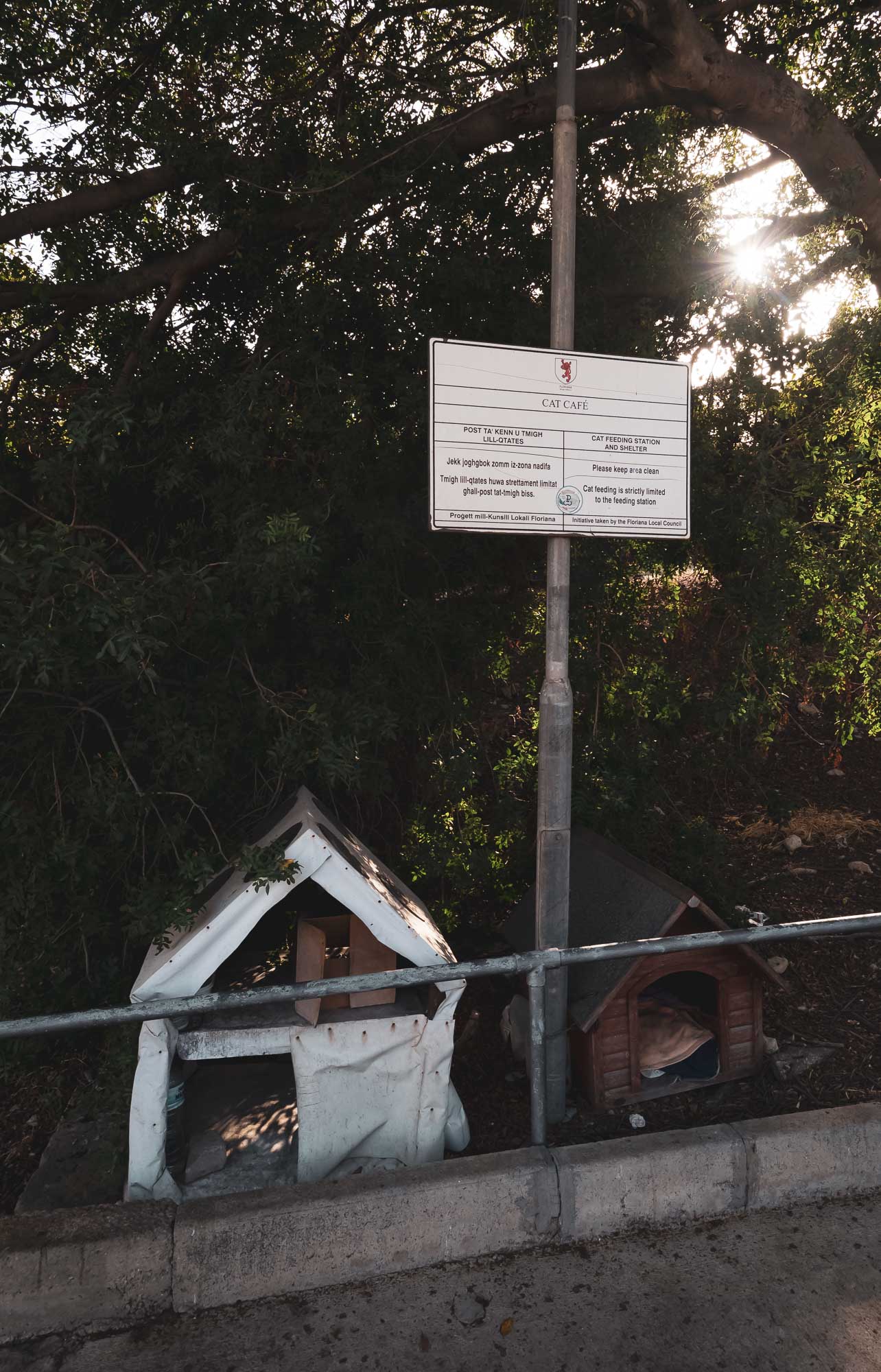
Cat Cafe
There seems to be a special place for cats in Maltese hearts, as I found a few spots for shelter and food.
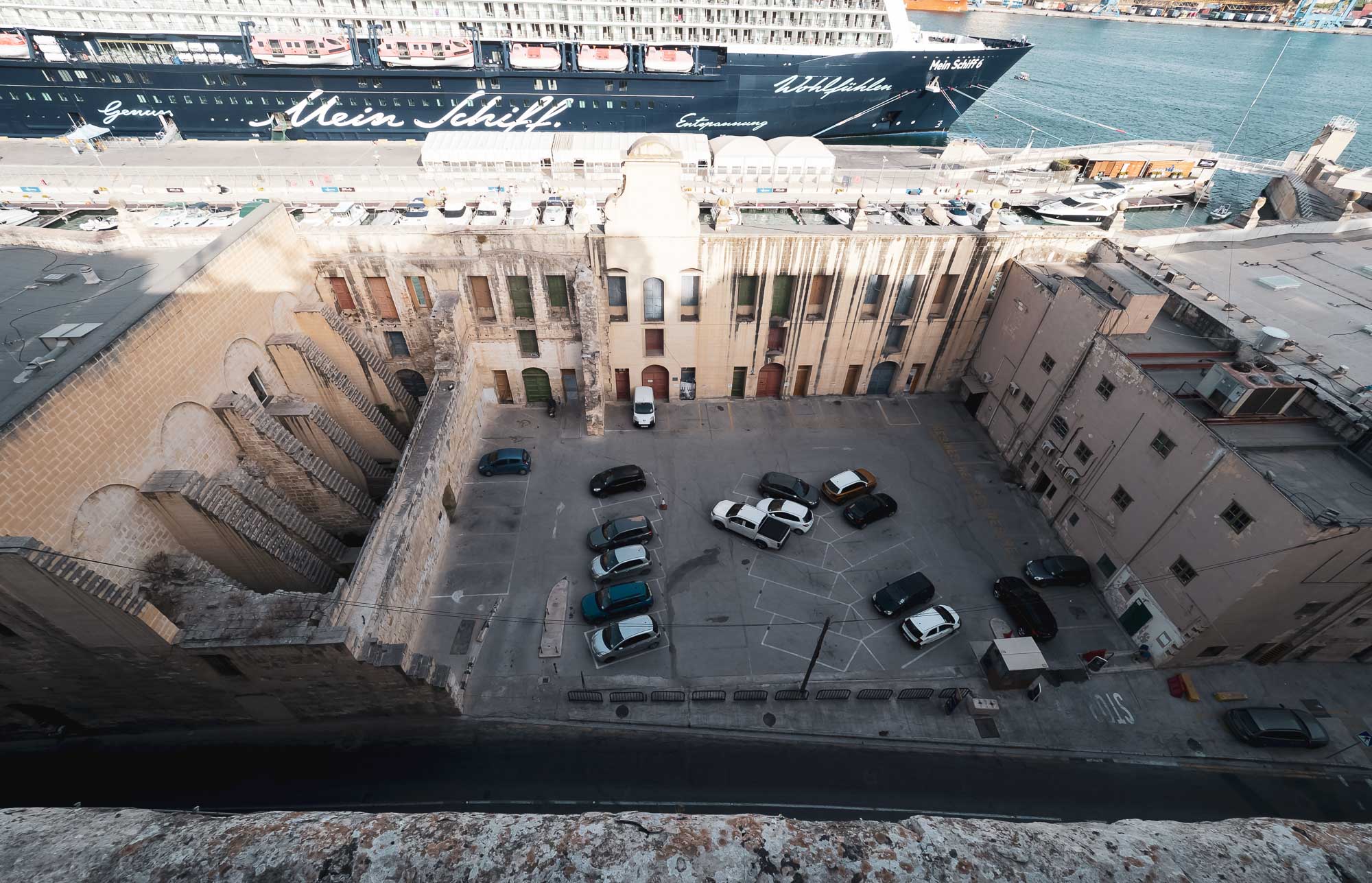
Unusual Parking Lot
A parking lot inside the walls remaining of this building.
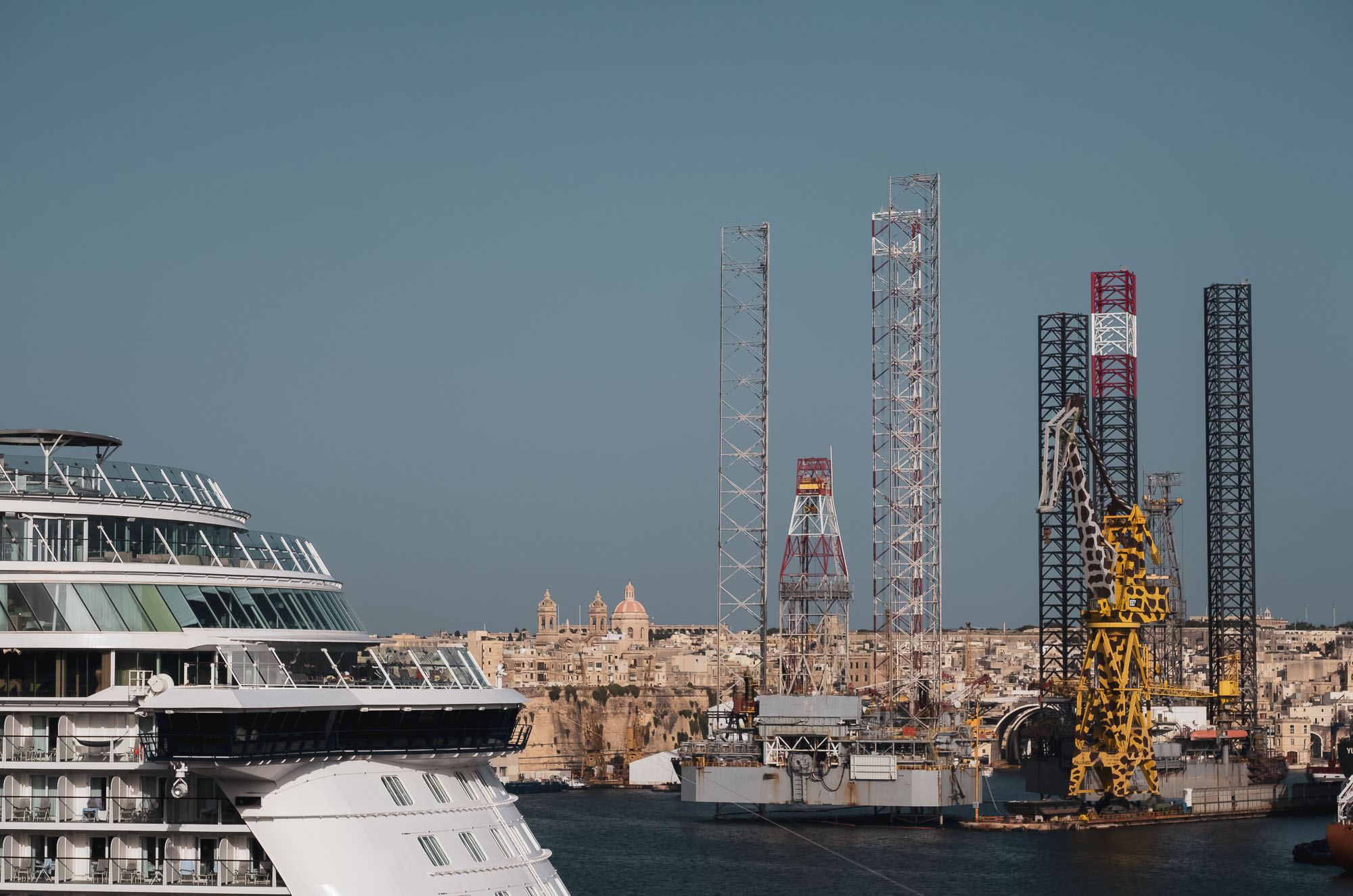
Contrasts
Huge moden cruise liners, fortified walls, churches, and port cranes all come together. Special mention to whoever came up with the idea of painting this crane like a giraffe.
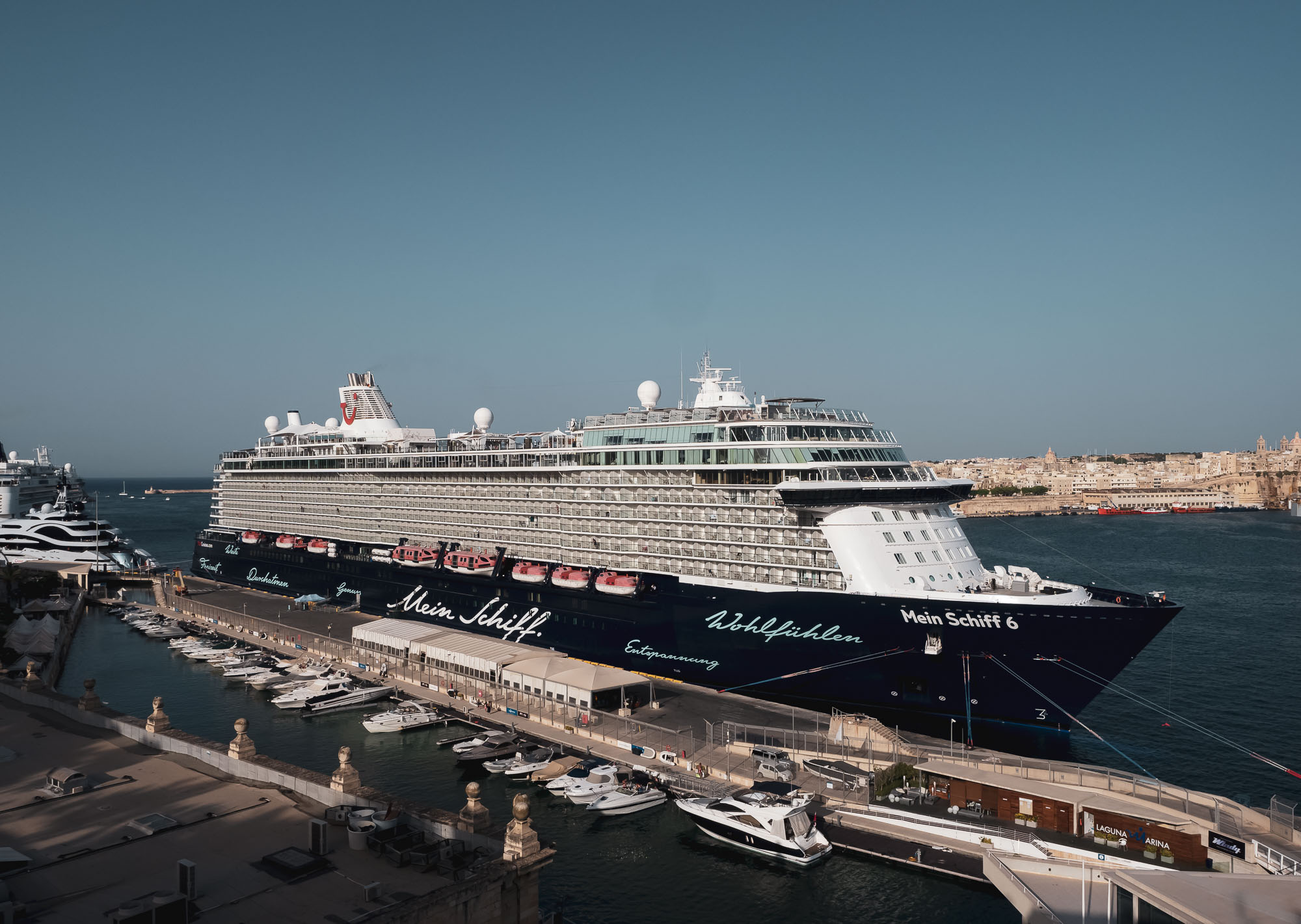
Mein Schiff
One of the ships of the Mein Schiff fleet from tour operator Tui. The Valletta waterfront is regularly home to large cruise liners.
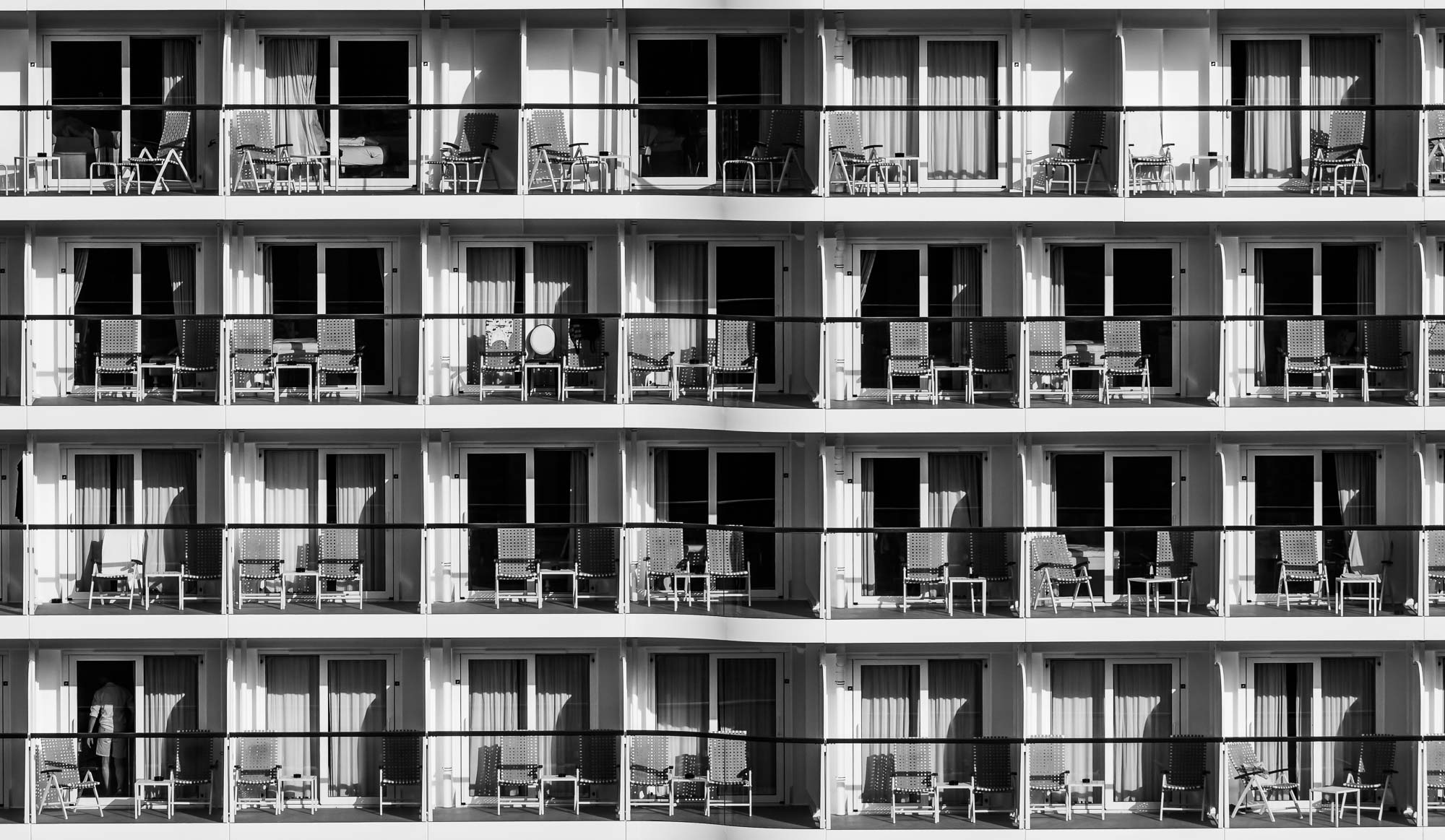
Cabins
With a capacity of 2500 people, this one is not quite yet up there with the largest in the world.
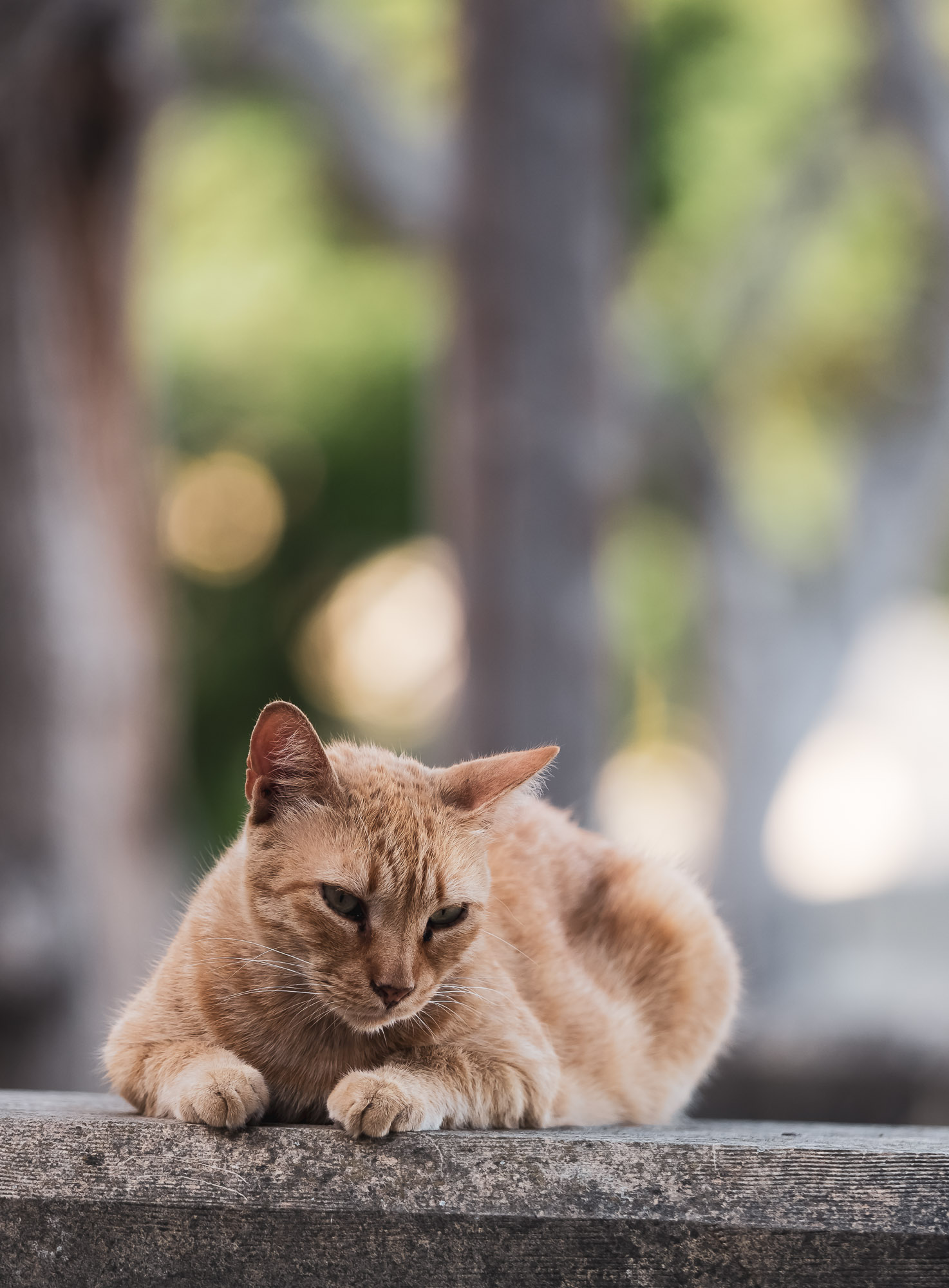
Feline Friend
One of the beneficiaries of the cat cafe.
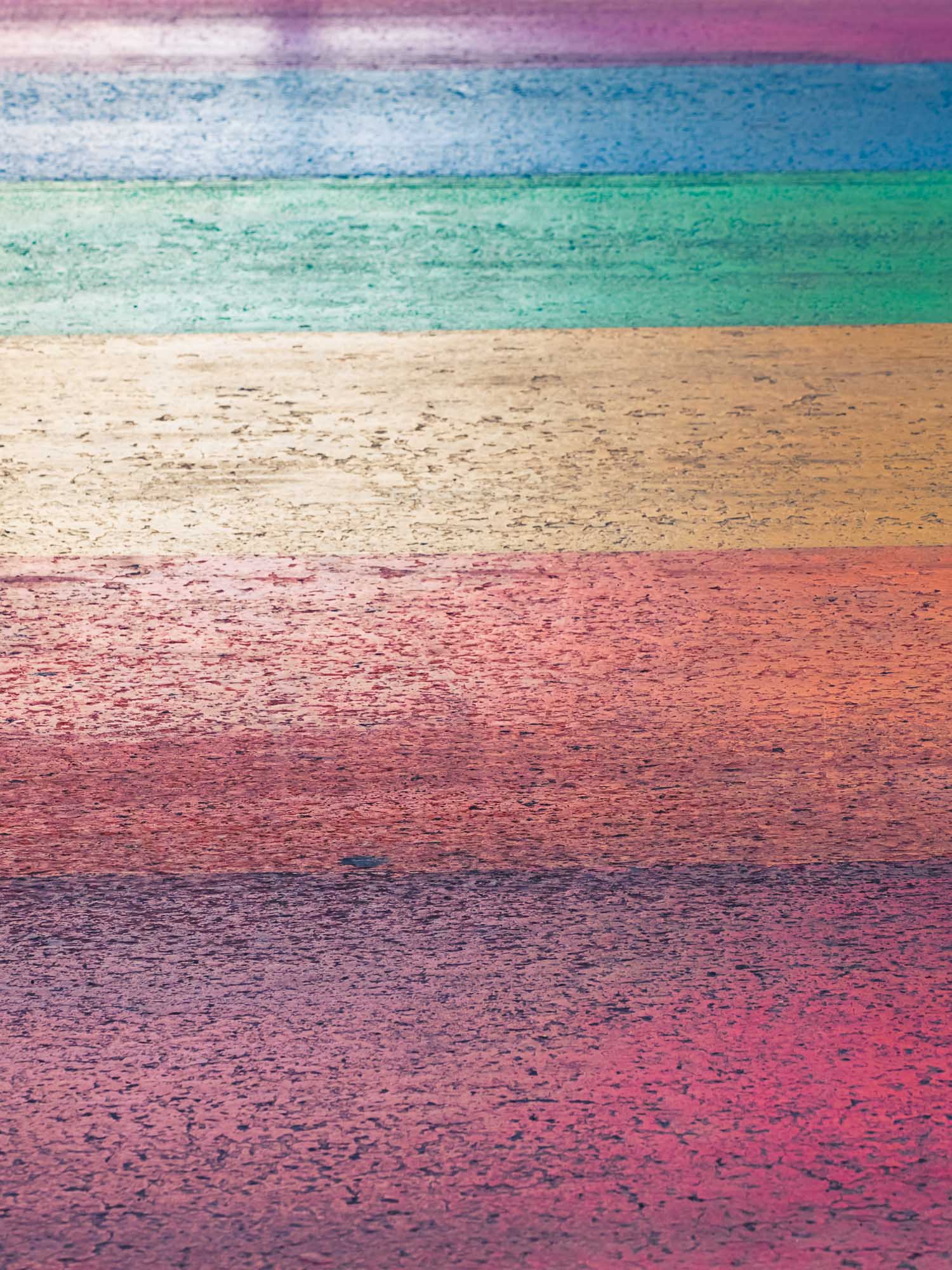
Pride
Unusual street crossing.
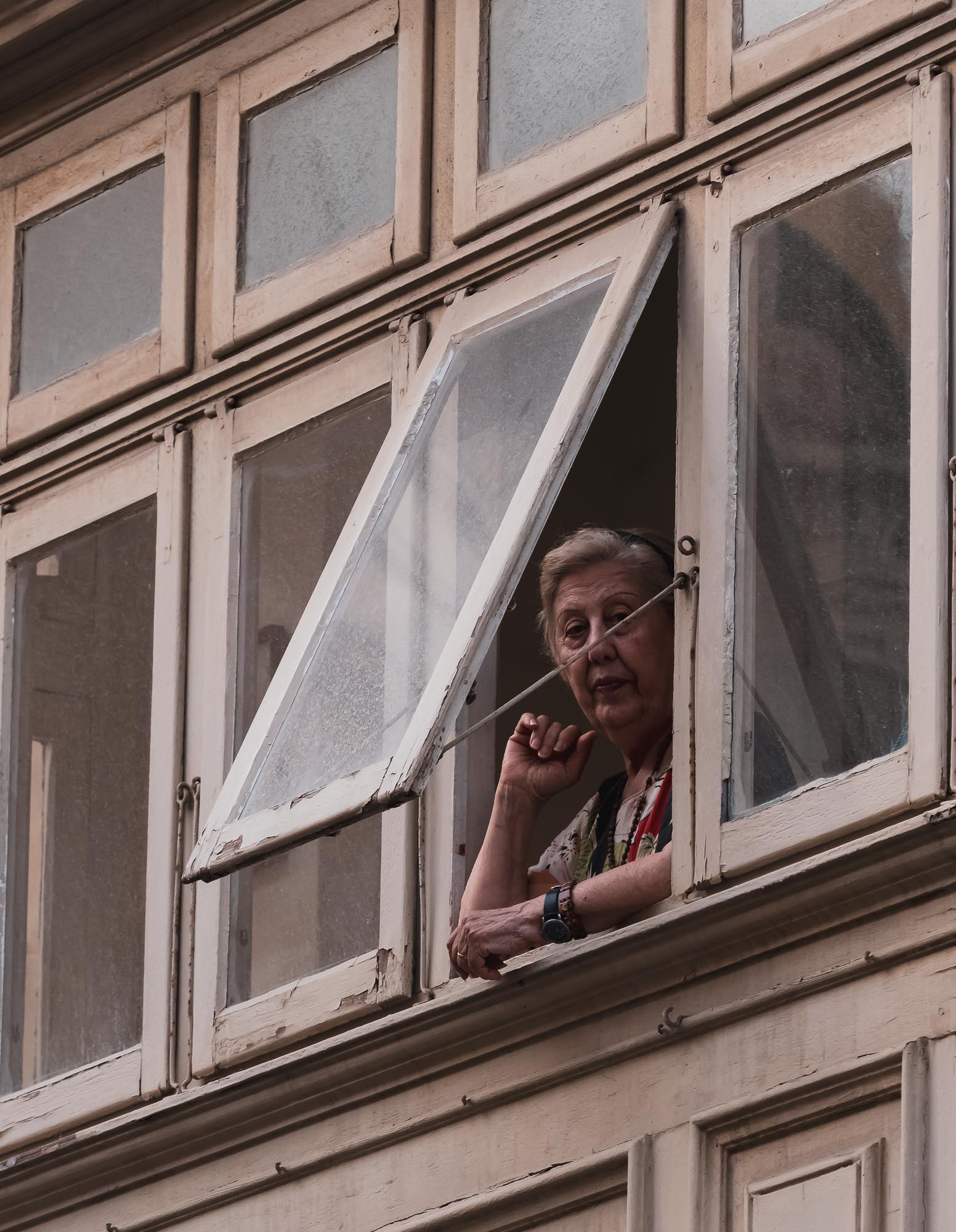
Judging You
Since 1951 or so...

Backstreets
Malta has an unusual charme - it's clearly old and parts feel run down, but yet not dirty or unsafe.
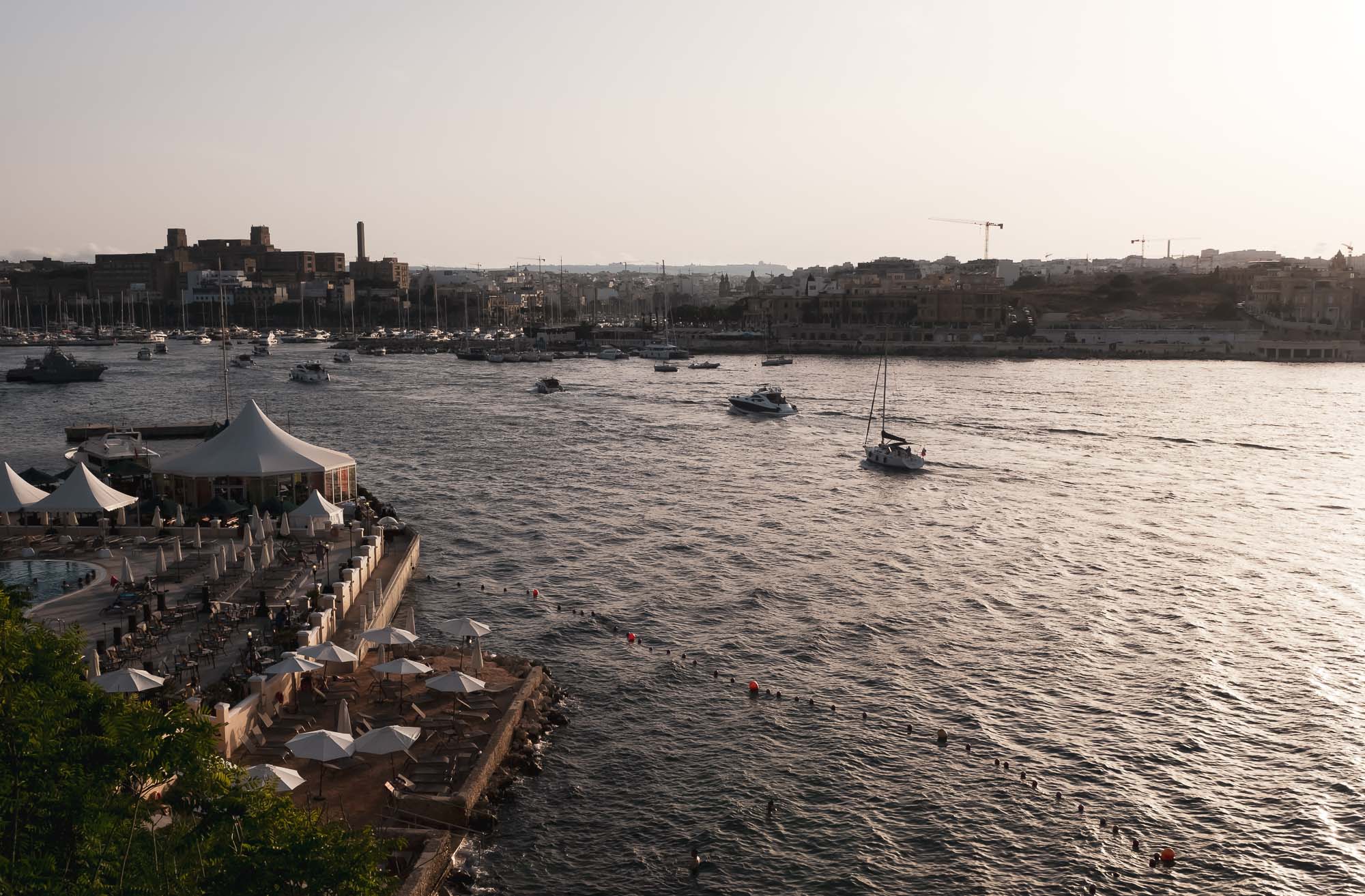
Waterfront
Looking westwards from Valetta into the harbour. There's quite a lot of cranes in the skyline, the economy is doing well and the government invests in infrastructure.
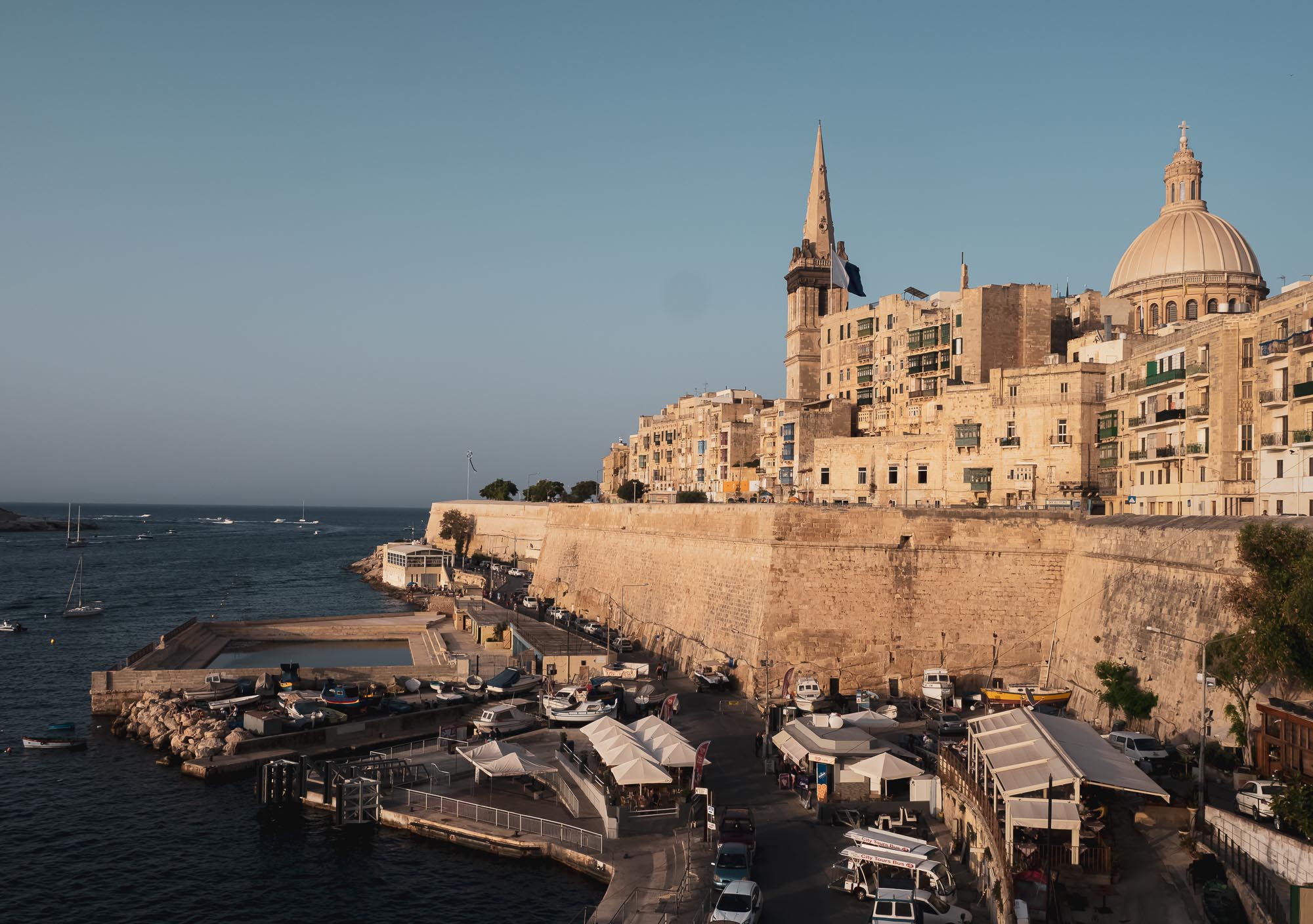
City Views
The north eastern side of Valetta, with the dome of Our Lady of Mount Carmel church.
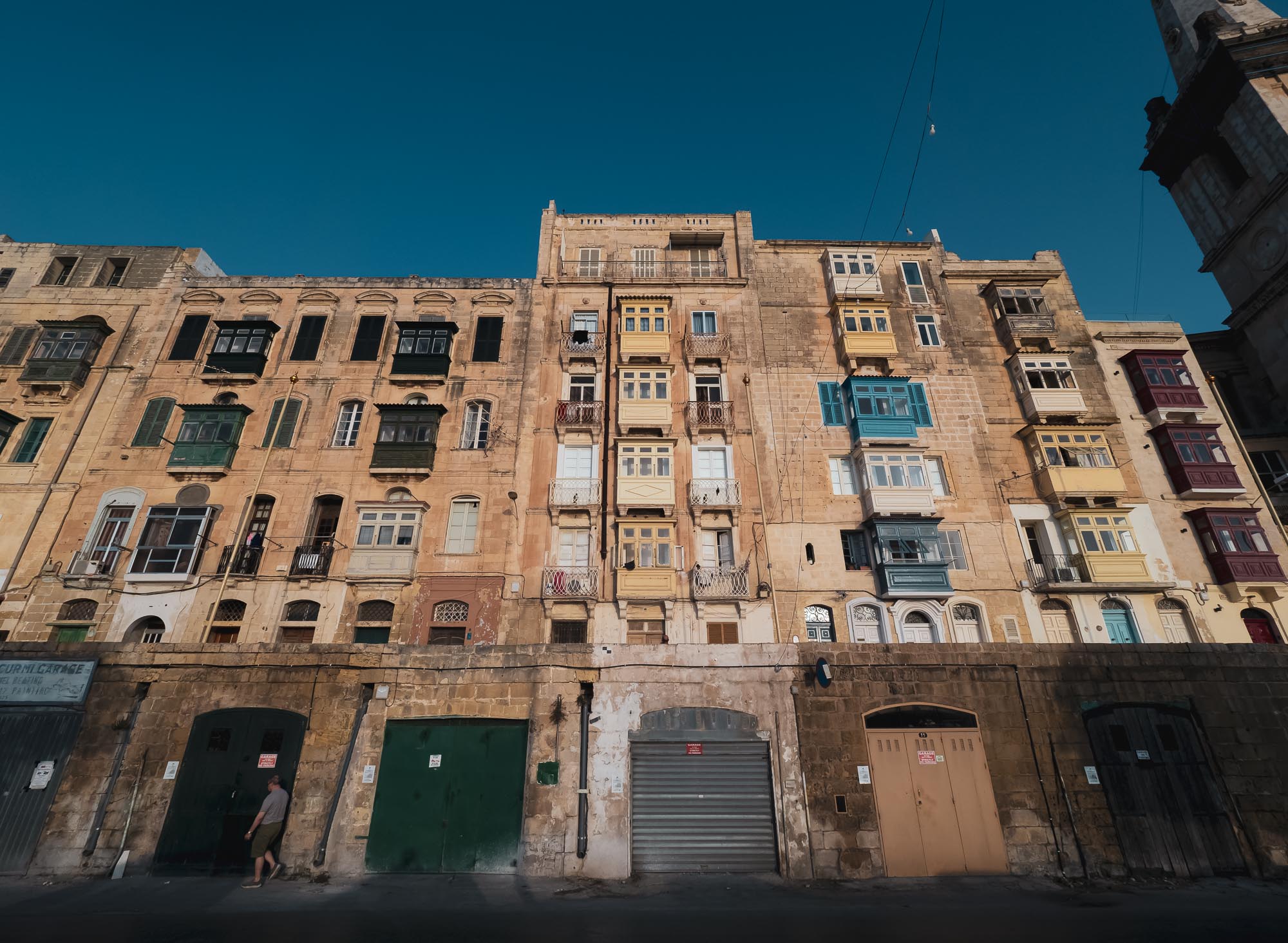
Walls
The typical building walls with colorful offset balconies.
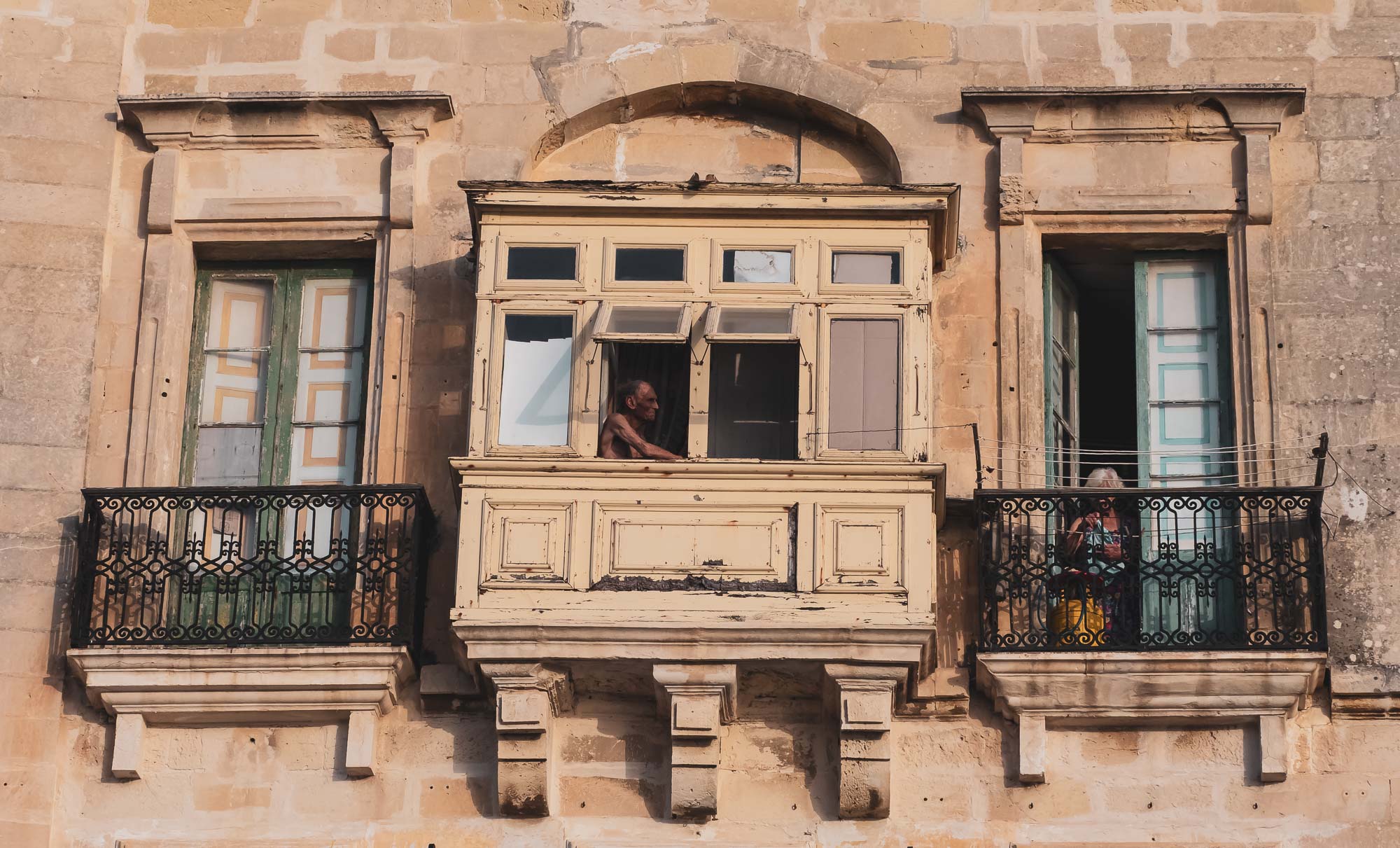
Looking out
He did have binoculars just a moment ago.

Street Views
You'll climb and descend a lot of streets in Valletta.
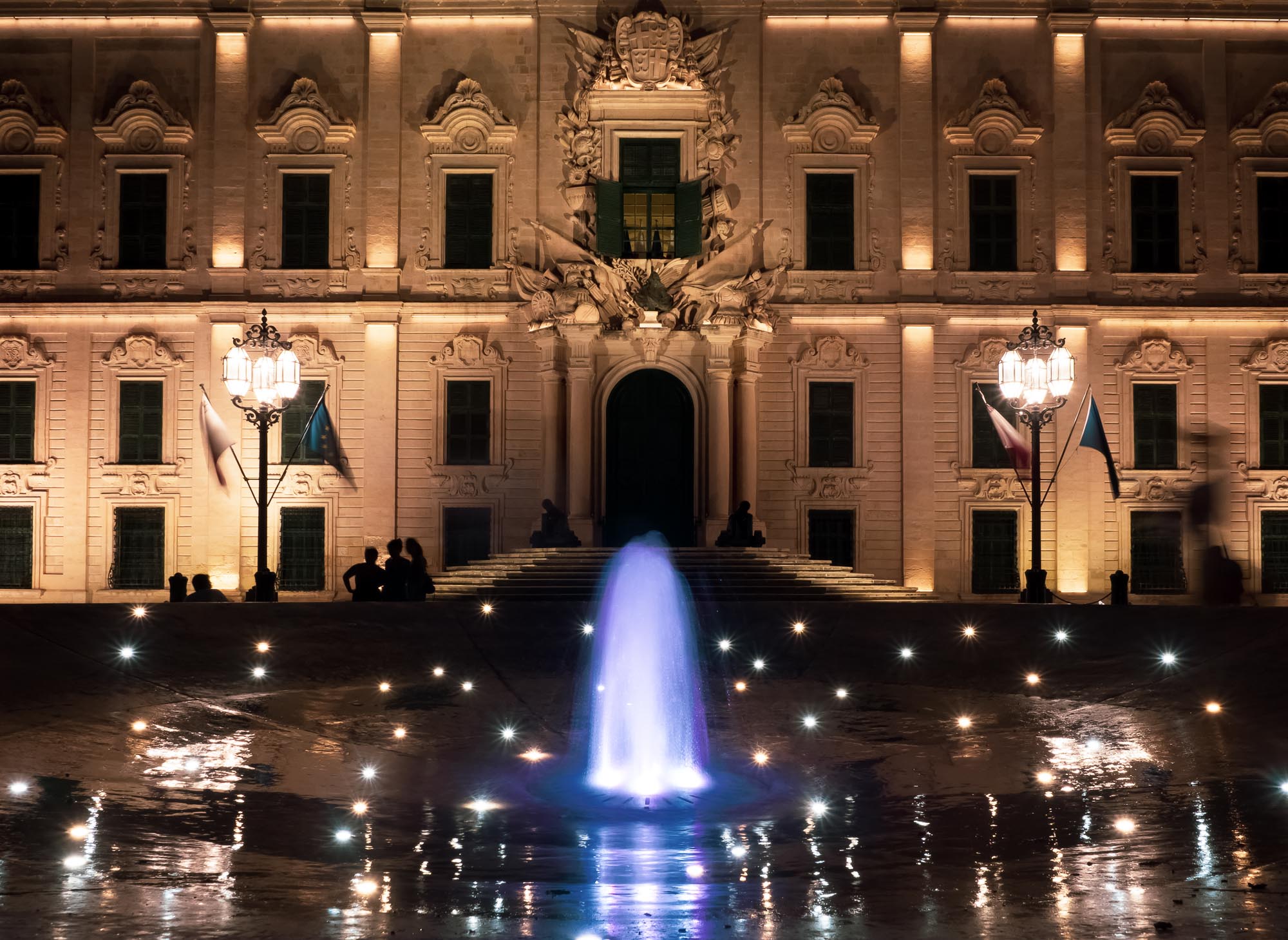
Auberge de Castille
The prime ministers office..
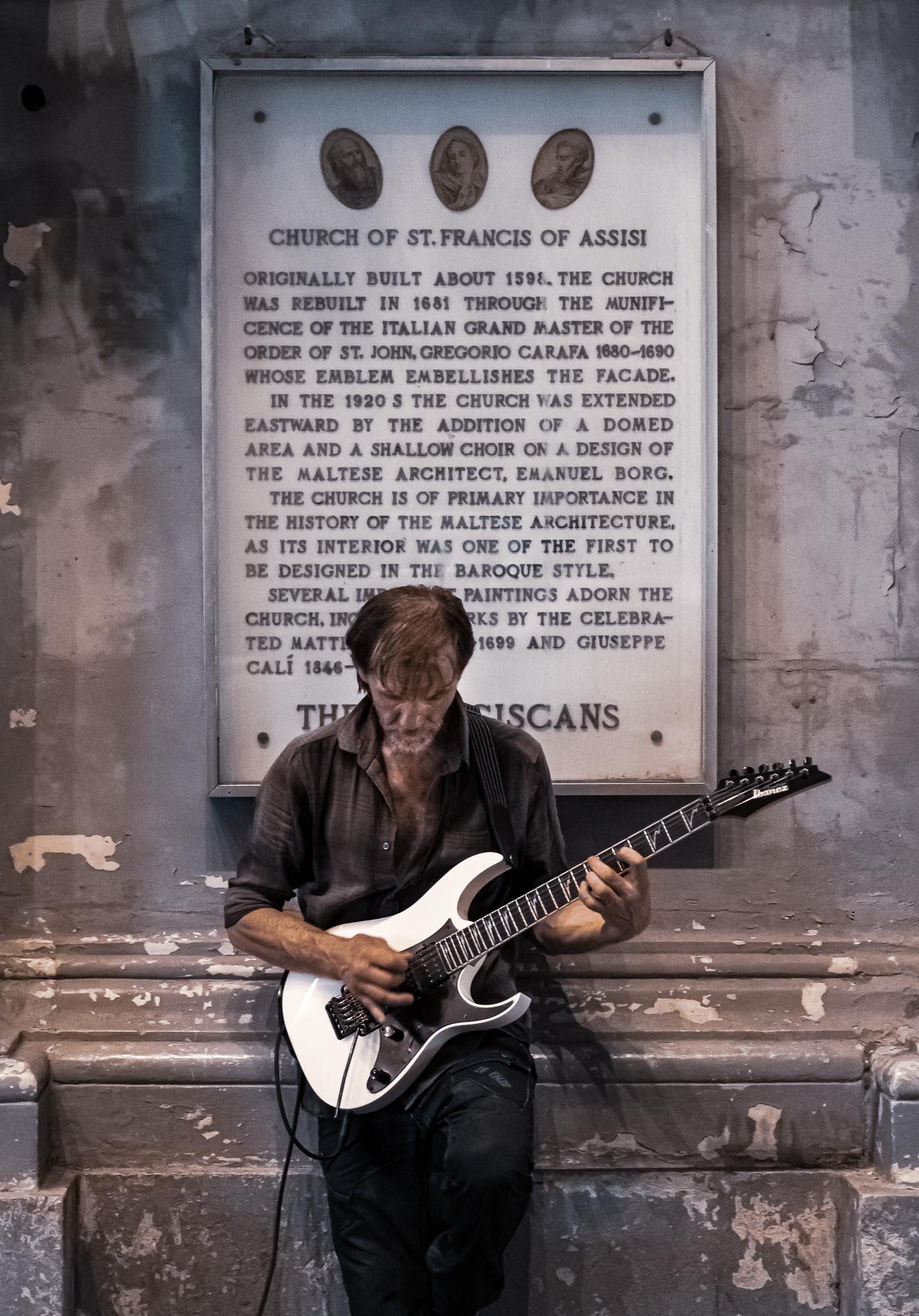
Singers
Amazing guitarist in the streets of Valletta.
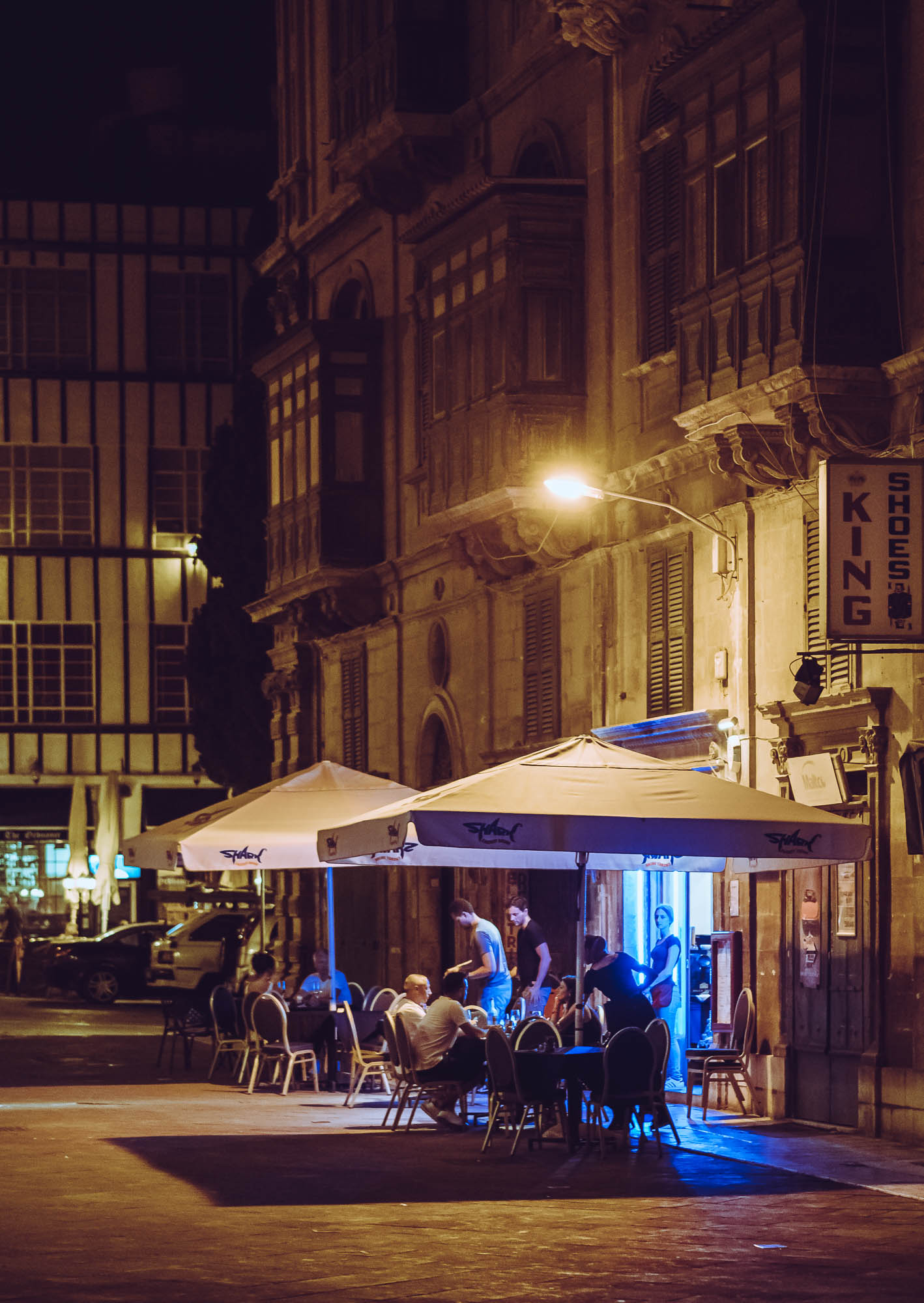
Nightlife
While Malta's entertainment district is elsewhere, Valletta's streets were still busy in the evenings.
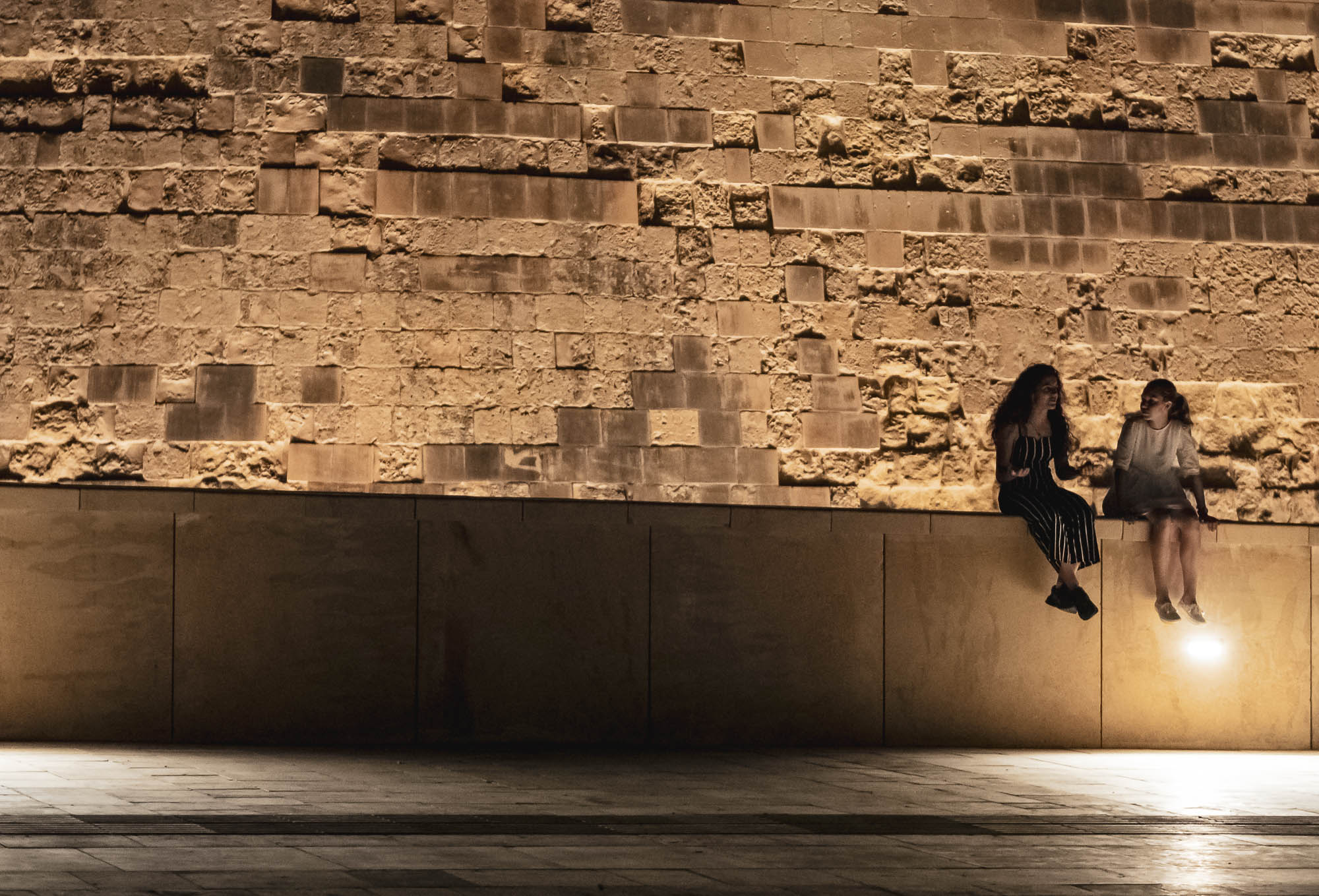
Chatting
Two girls discussing life's ideosyncracies on the city walls.
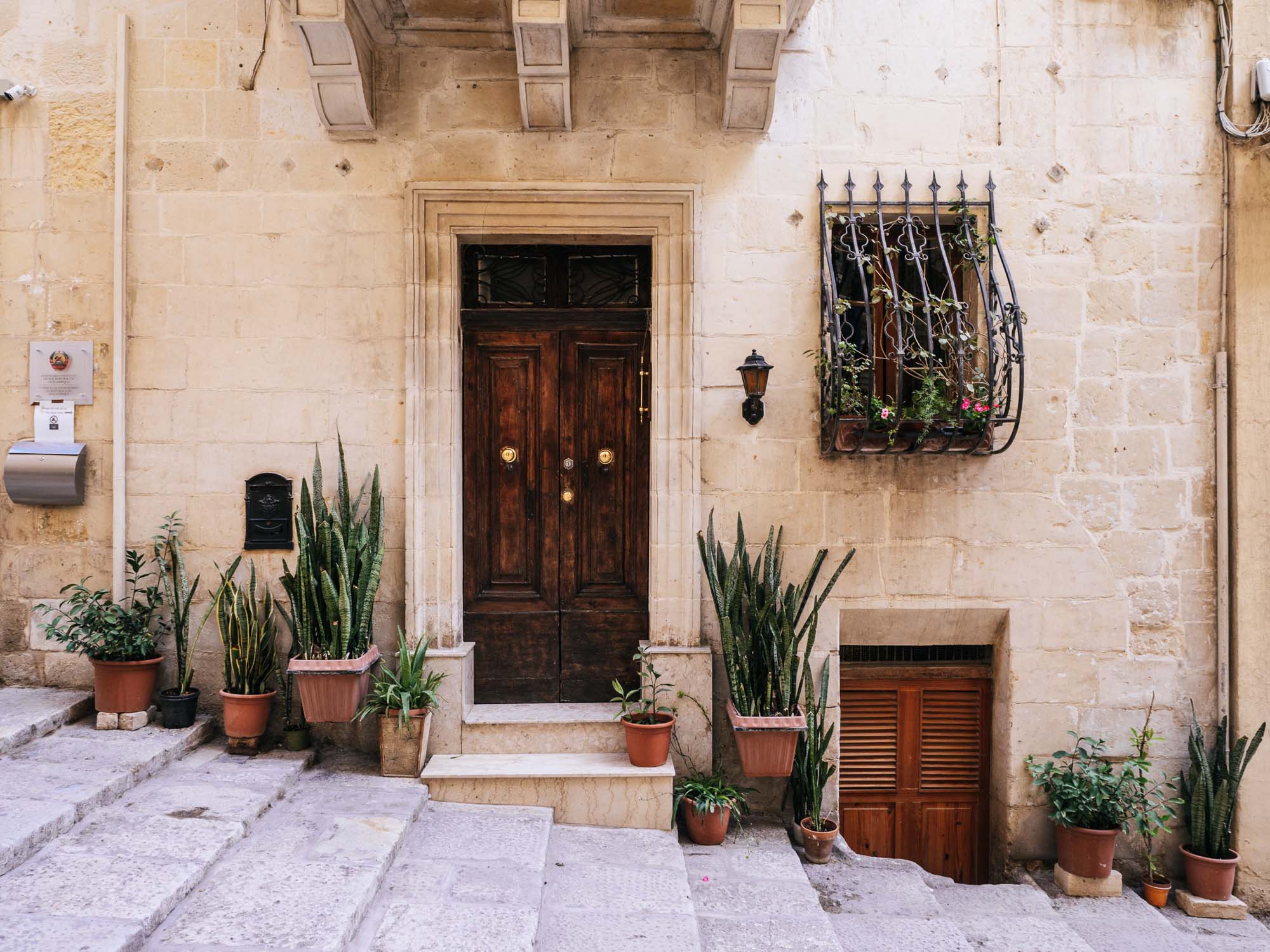
Entrance
As with many mediterranean cities, people like to keep plants outside the doors, windows and balconies.
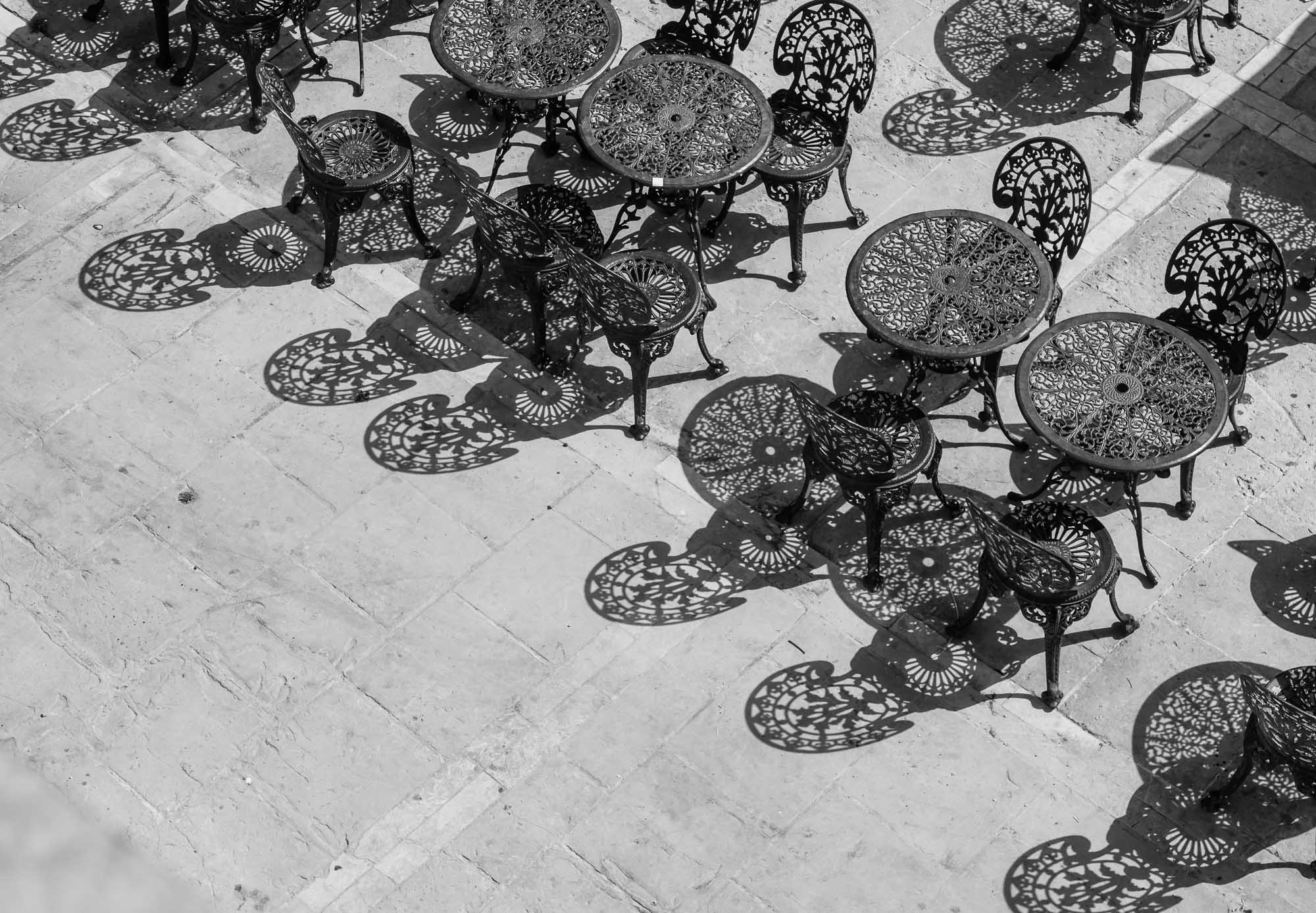
Patterns
A cafe near the Upper Barrakka Gardens.
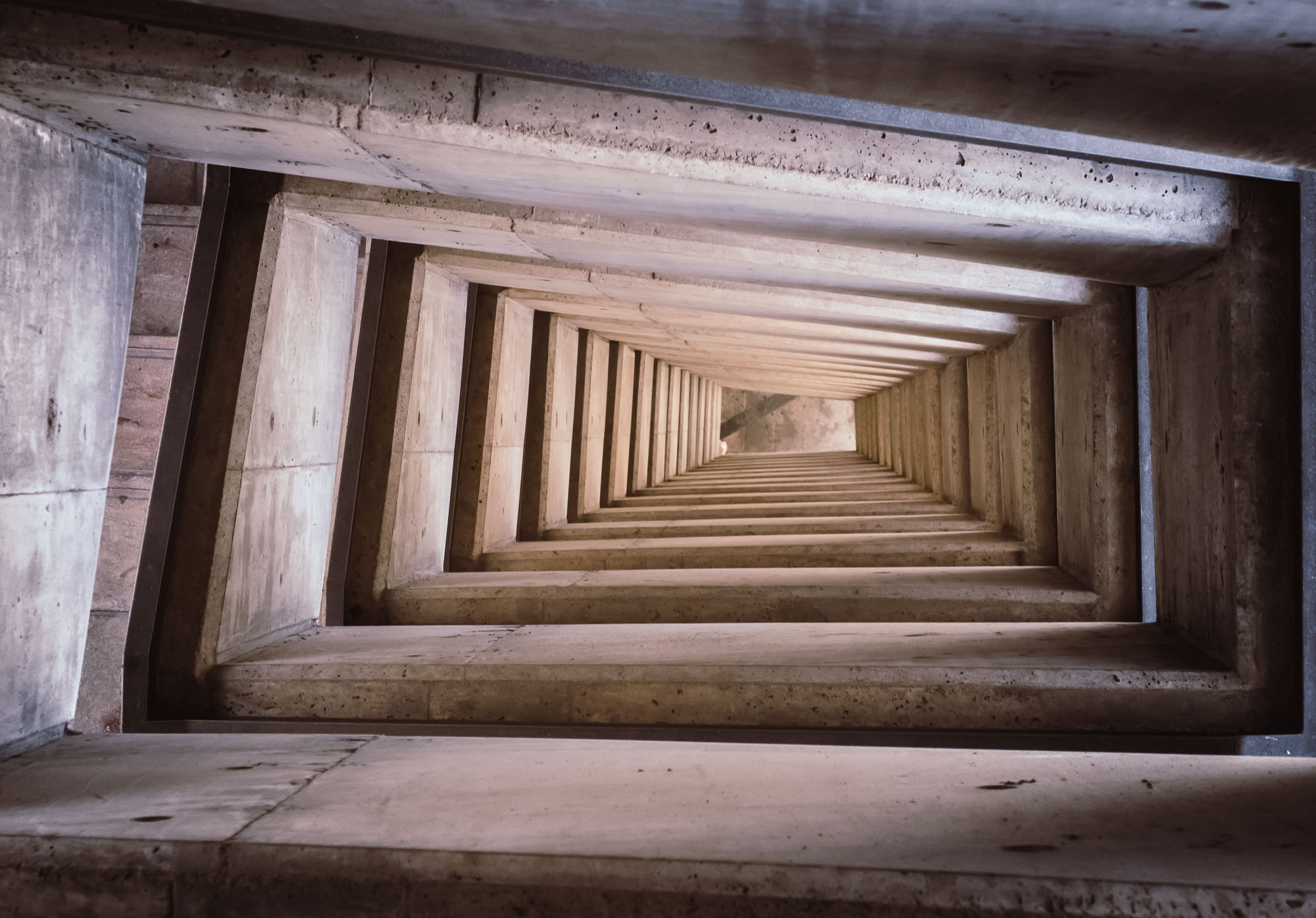
Stairs
Looking down the stairs of the Barrakka lift, connecing the waterfront with the streets of Valletta.
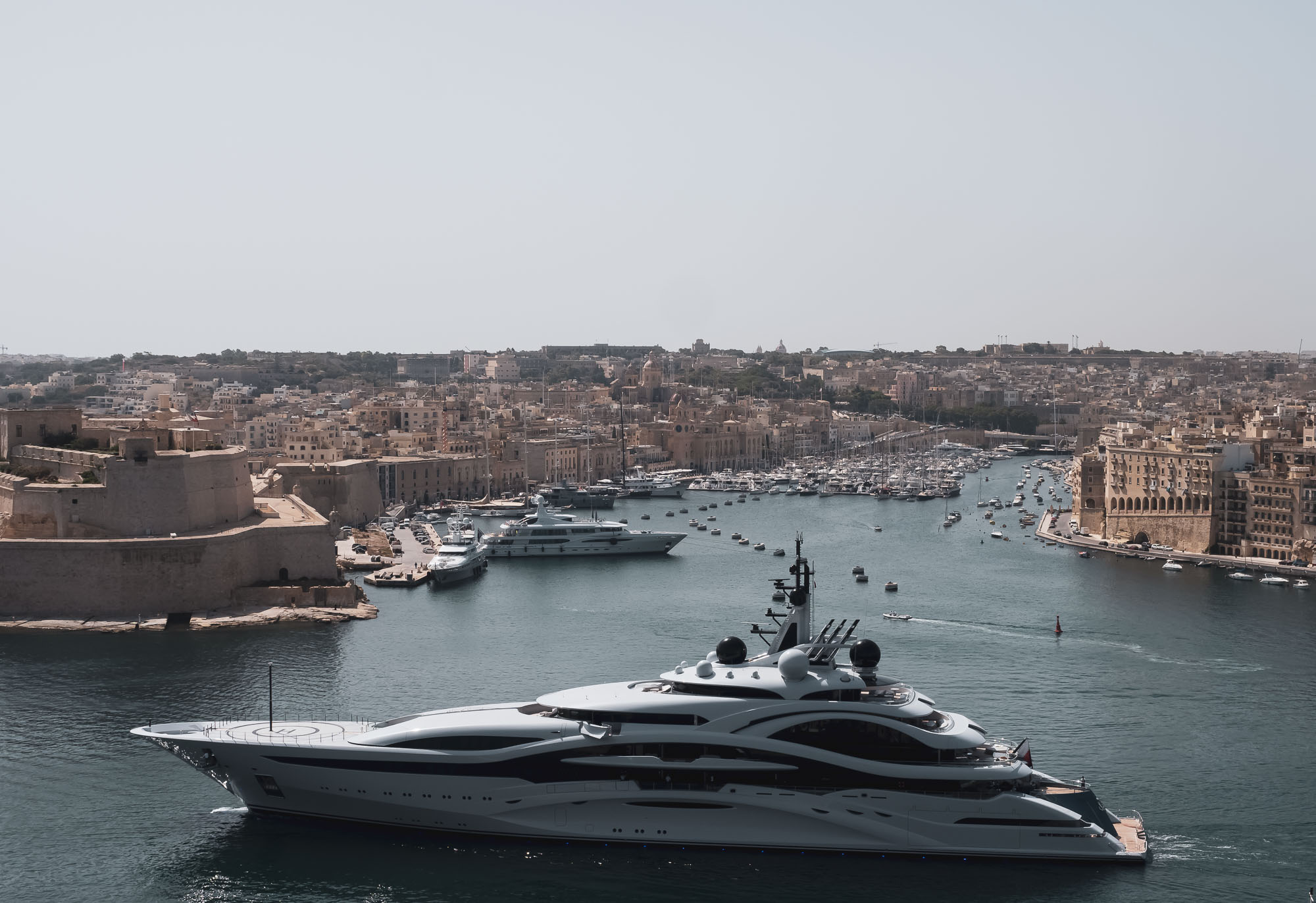
Yacht
A large yacht passing Senglea and Birgu, two of the cities opposite Valletta.
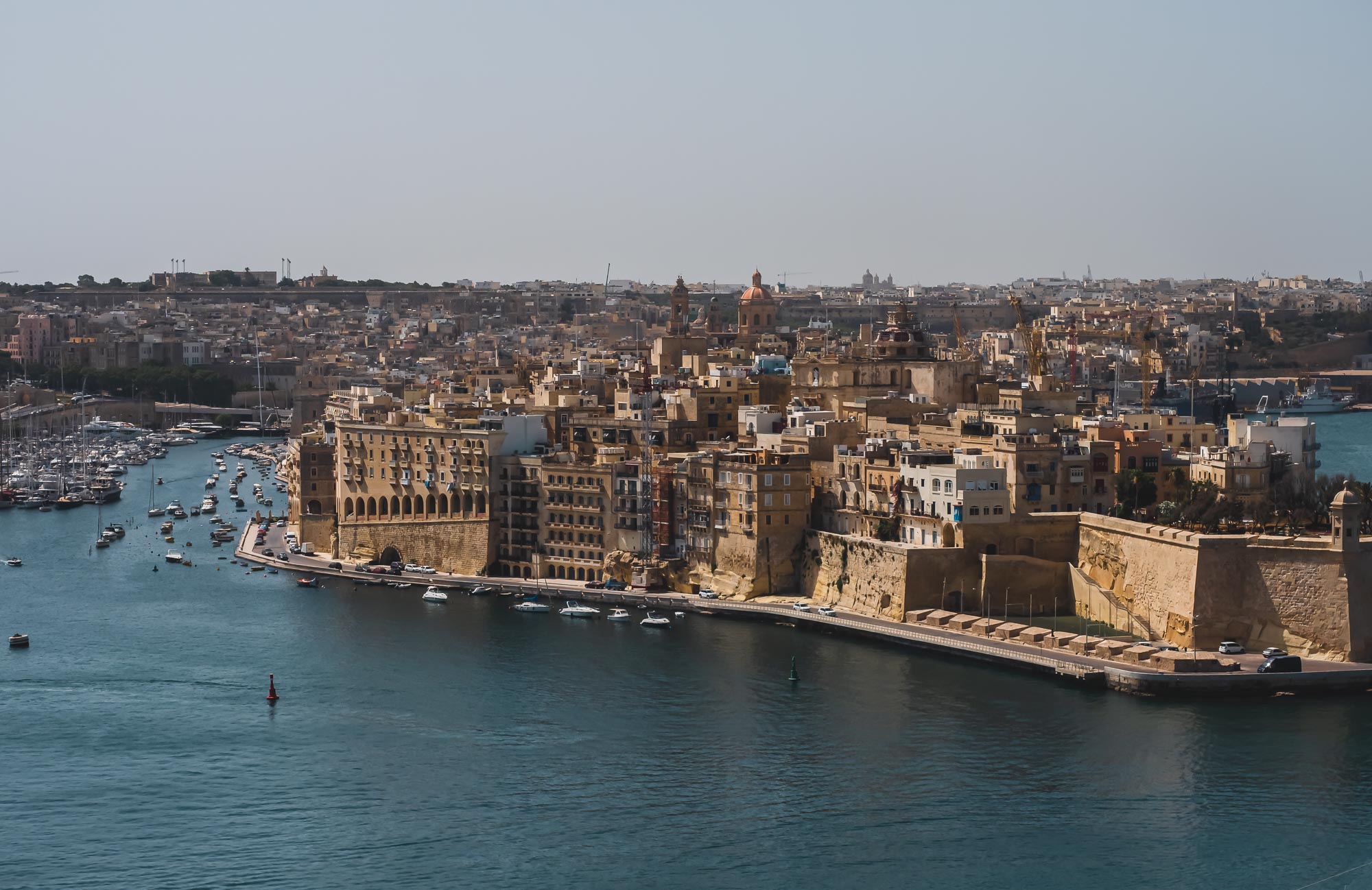
Senglea
One of the "three cities" on the other side of the harbour, largely unknown, yet equally interesting as Valletta.

Barraka Lift
The aforementioned lift and its stairs, seen from the bottom.
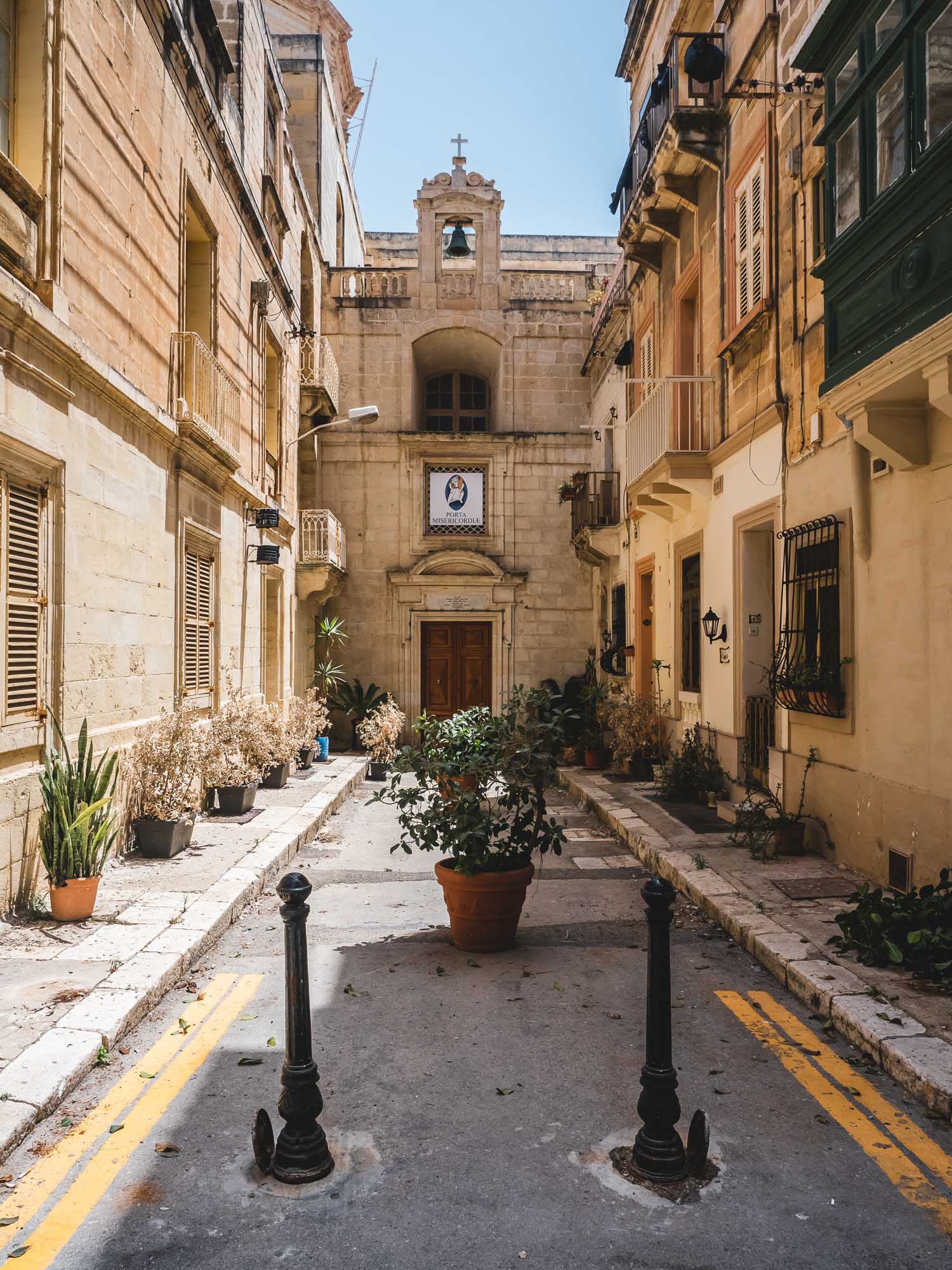
Cul de Sac
A small side street in Senglea.
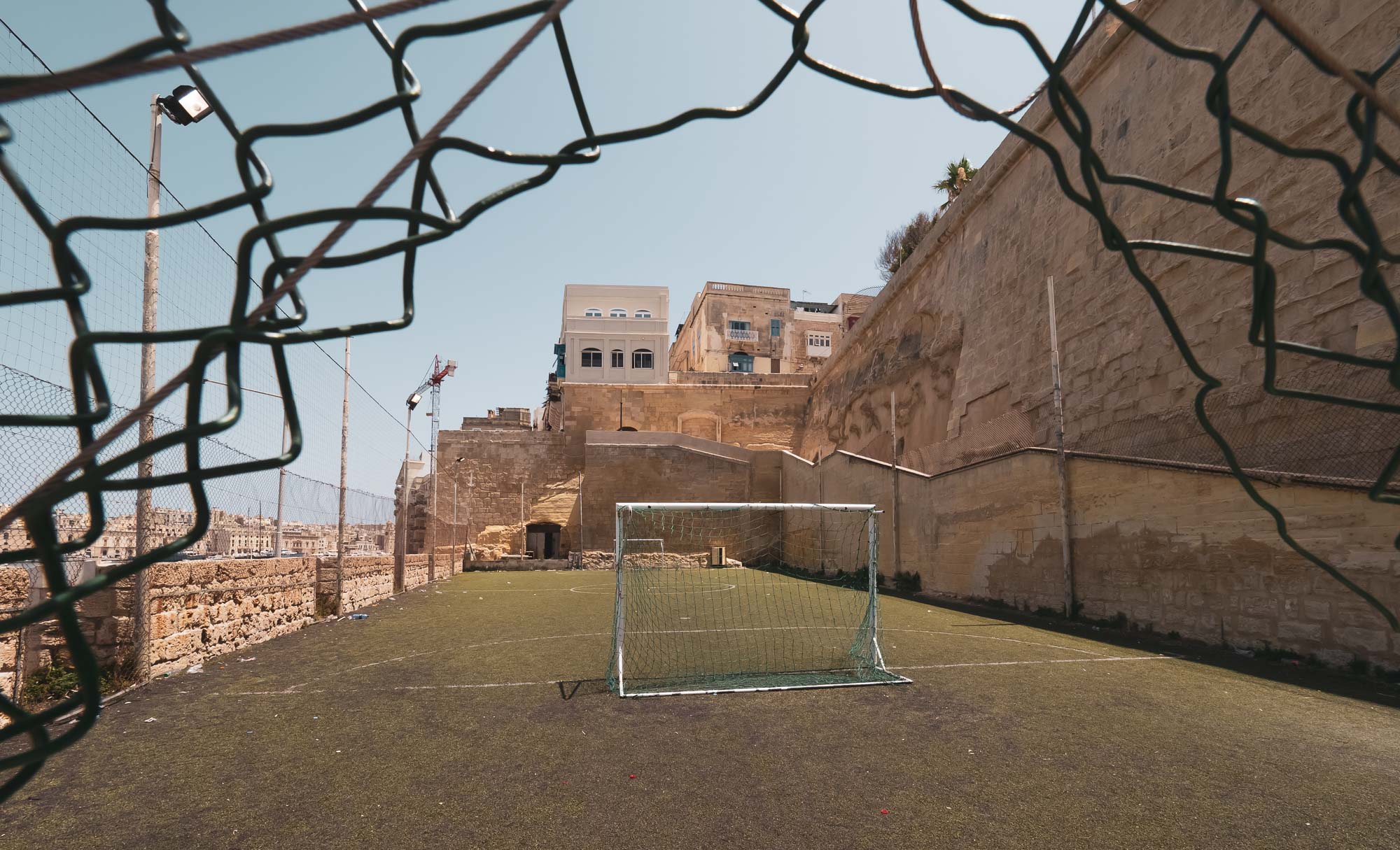
Game On
Although this football field had a peculiar trapez like shape, it's location on the waterfront is unbeatable.
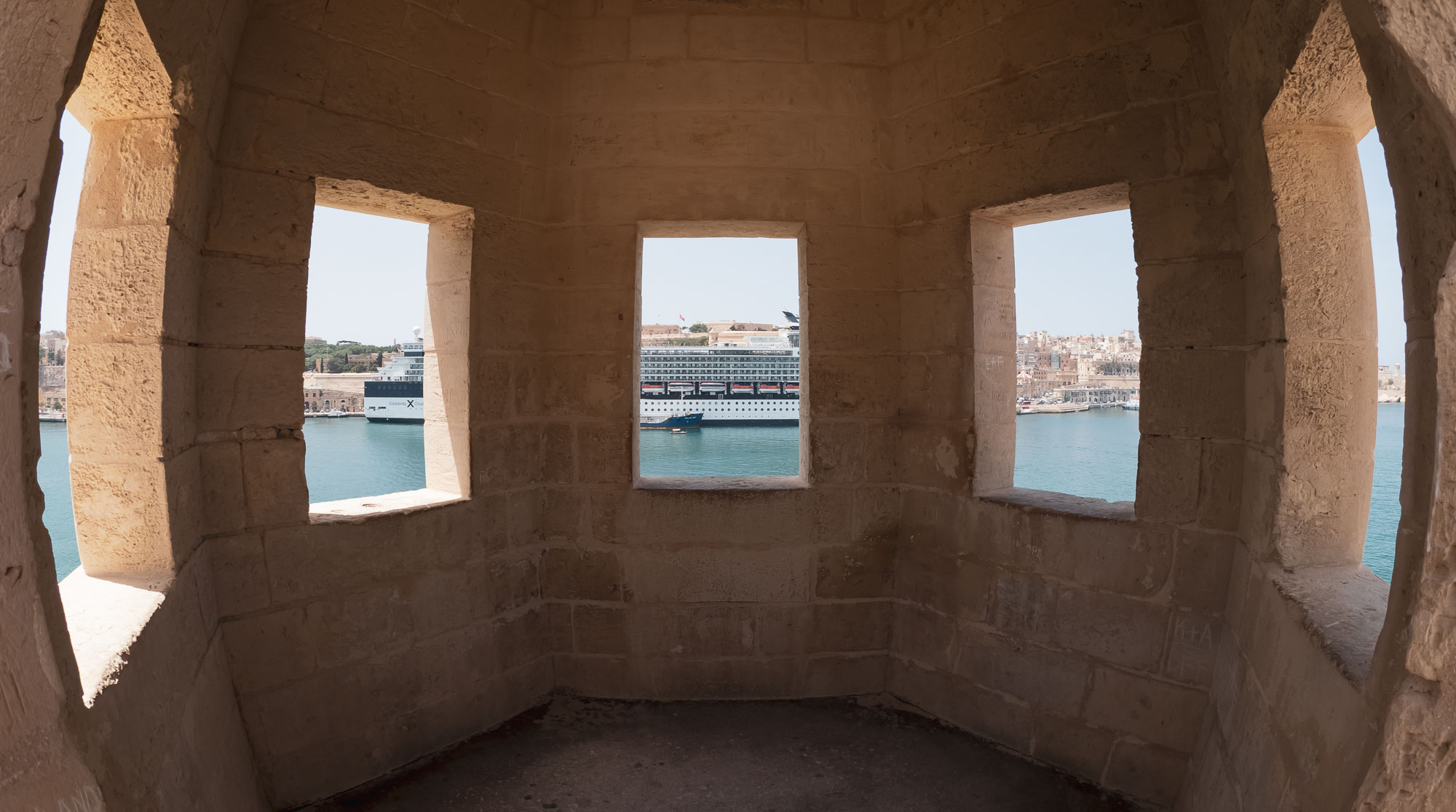
Lookout
The little tower in Gardjola Gardens provides good views of Valletta - and usually some large cruise liners.
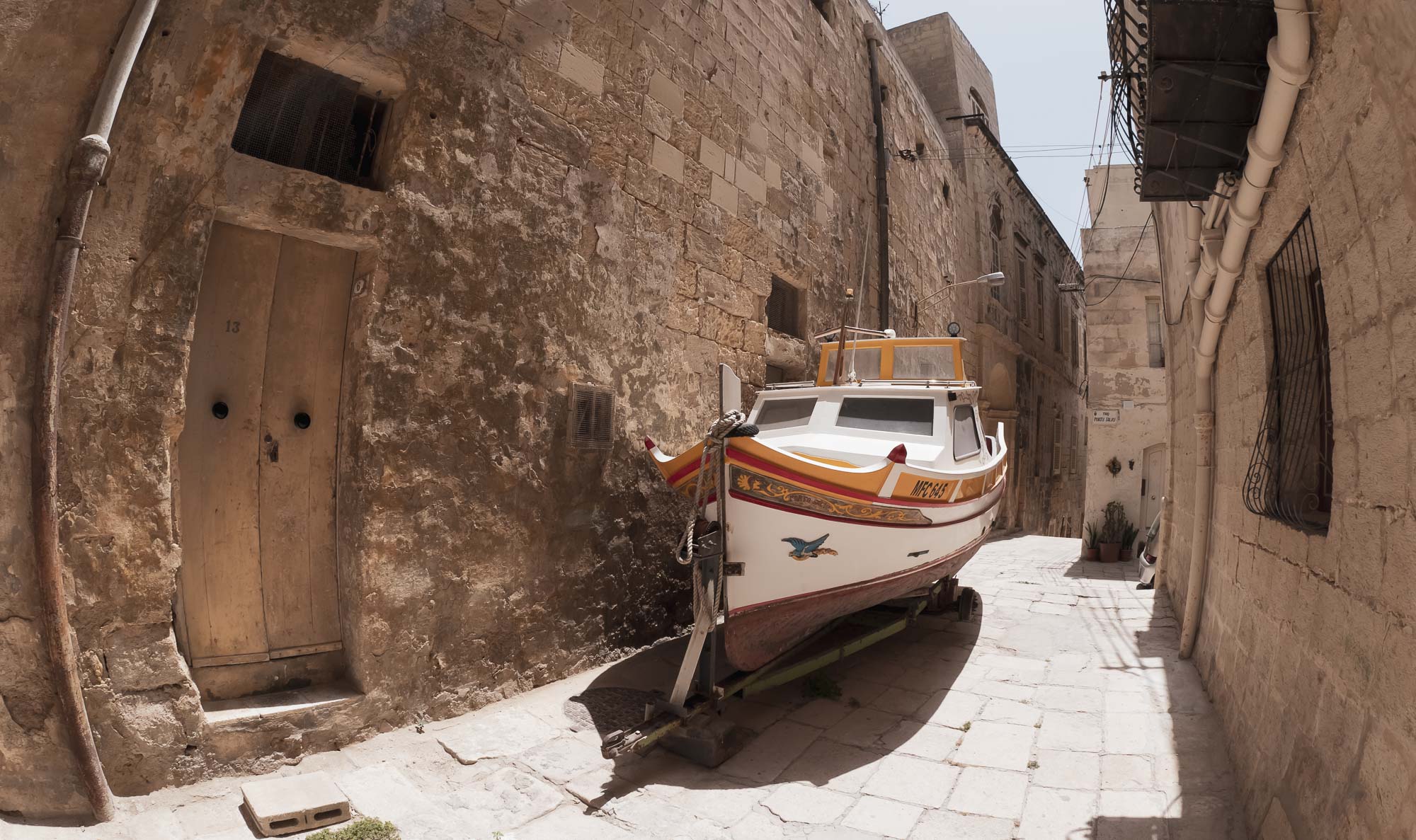
Navigation
This boat is parked high up in the city, with narrow twisting roads - I do wonder how it got up here.
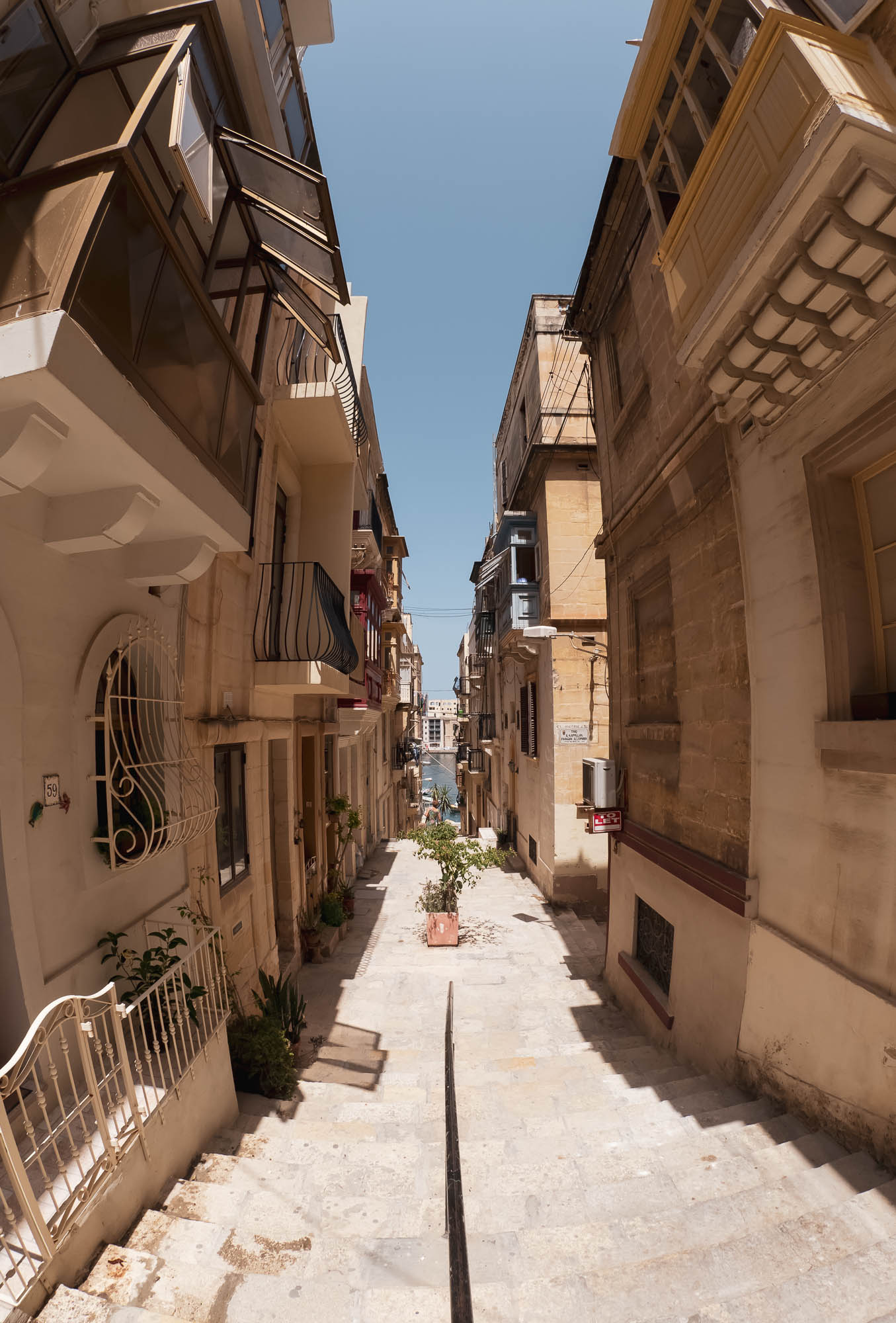
Downwards
Looking from Senglea to the Birgu waterfront.
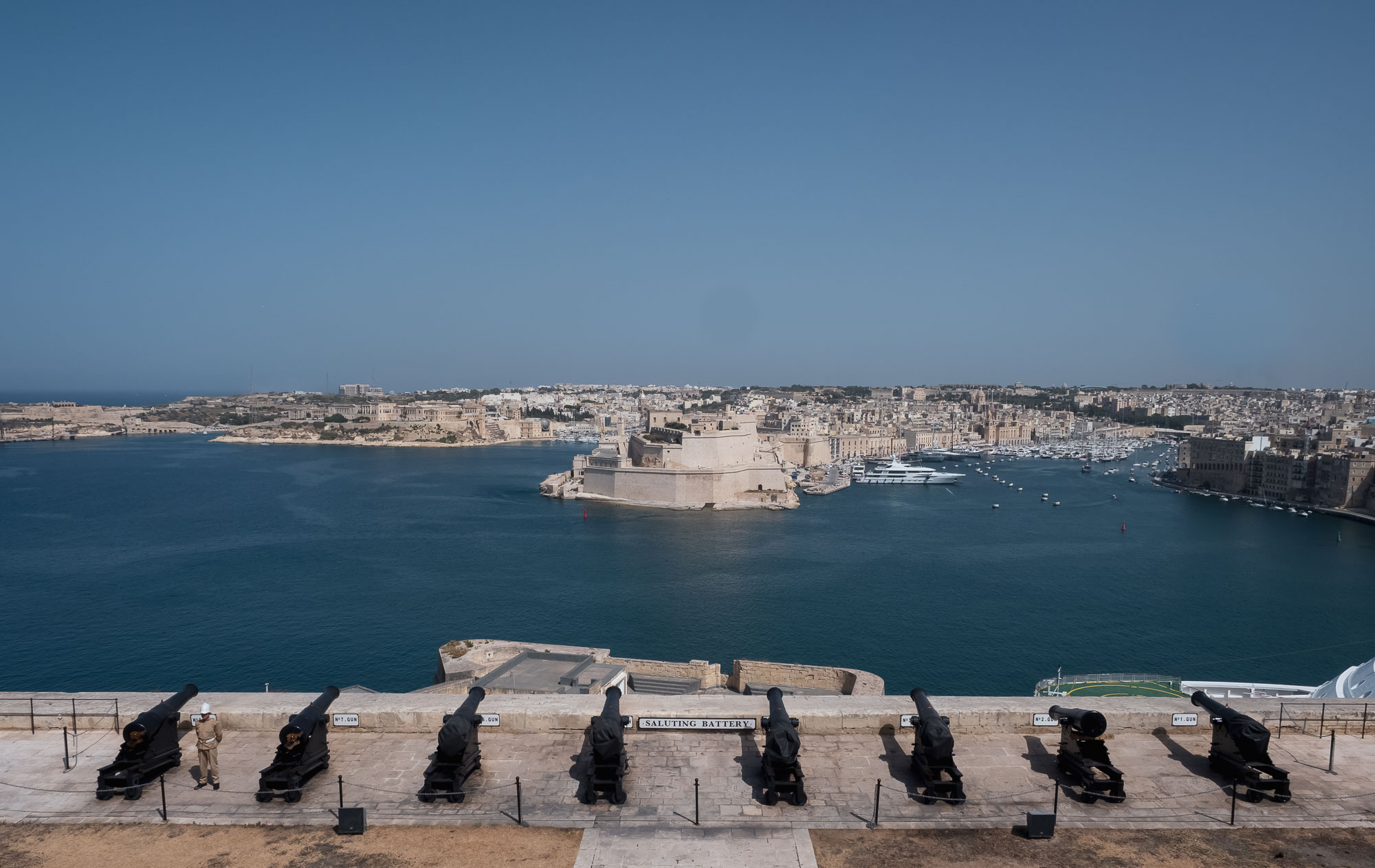
The Saluting Battery
Up in the Barrakka Gardens.
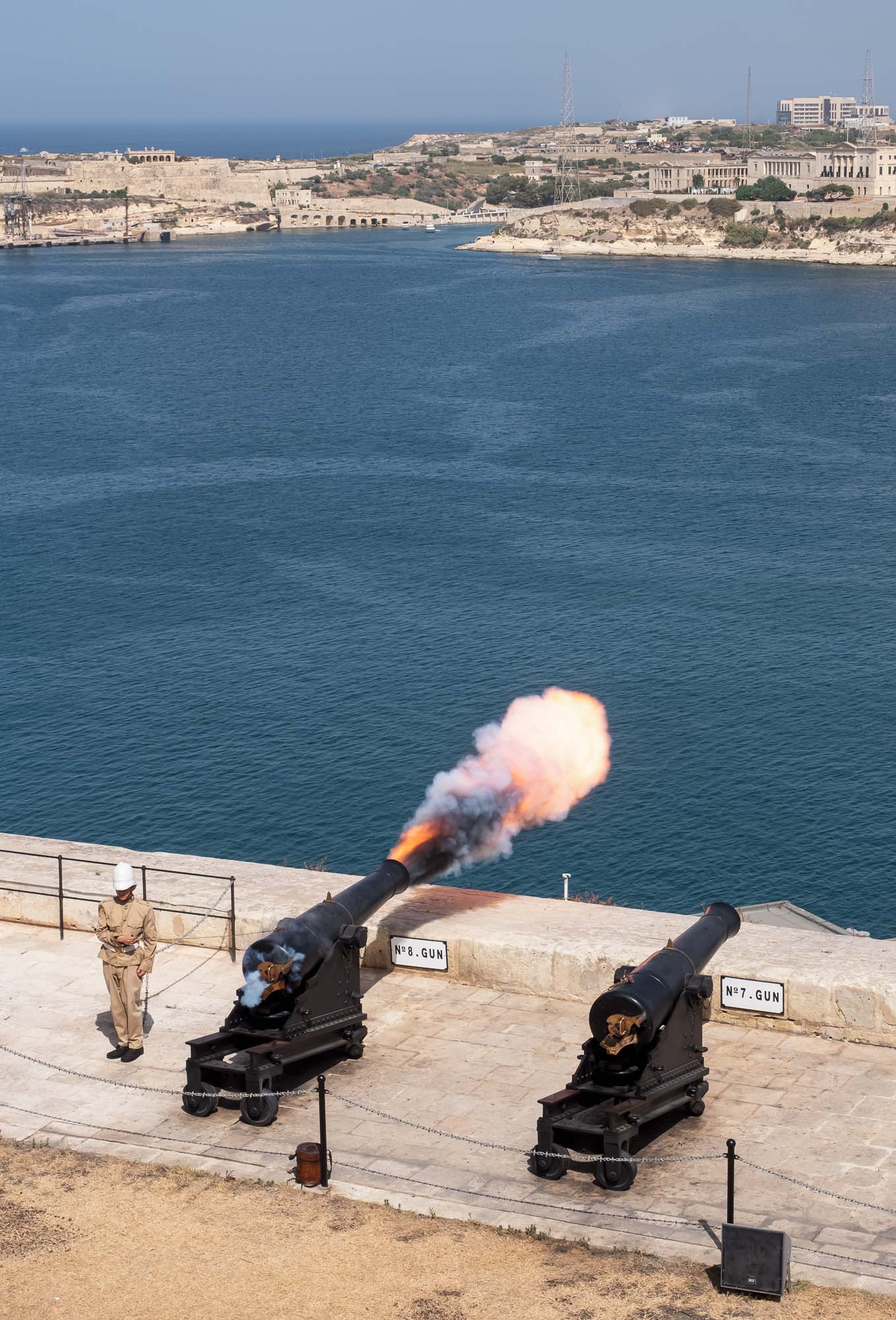
Fire
At 12 noon and 4pm, one of the cannons is fired daily out of tradition. Having said that, I have a feeling the Maltese like their historic guns and batteries, I did hear regular shots all around. Sidenote: Loving 60 fps high speed mode on the Olympus OMD-EM-1.
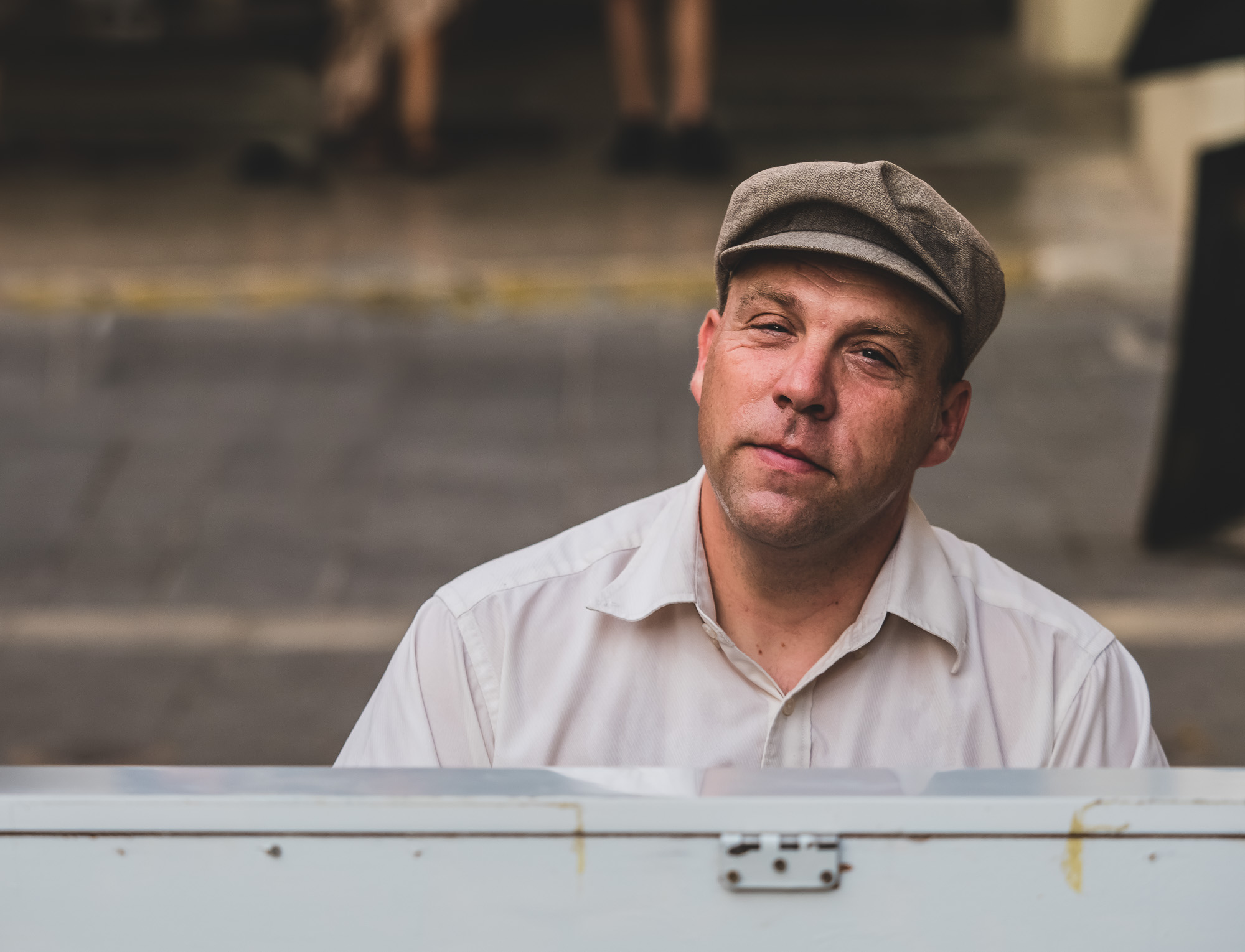
Piano
Another great musician playing in the Valletta streets.
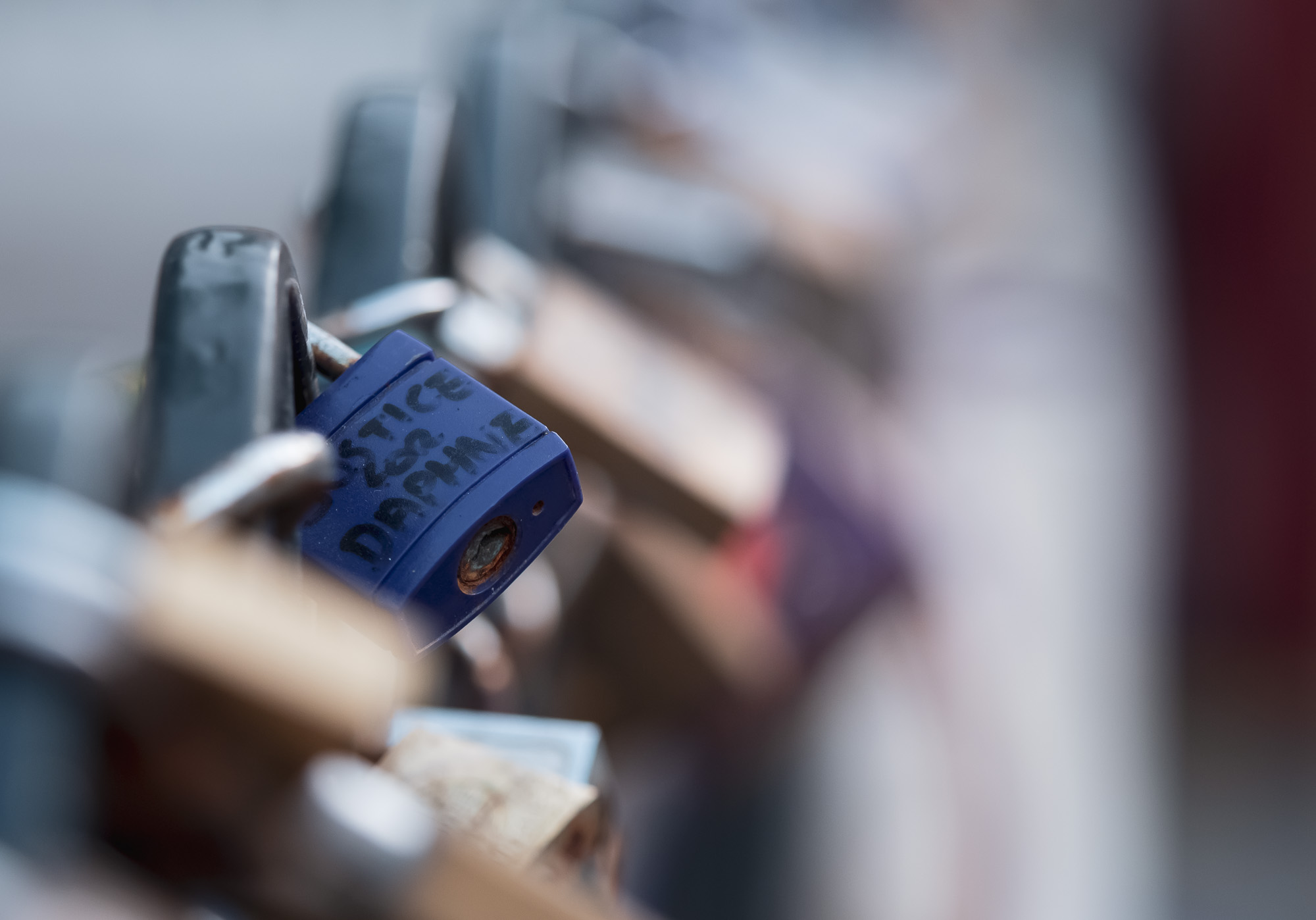
Justice
Unfortunately these are not love locks, but a cry for justice for the murder of Daphne Caruana Galizia, one of Malta's leading investigative journalists, assassinated in 2017.
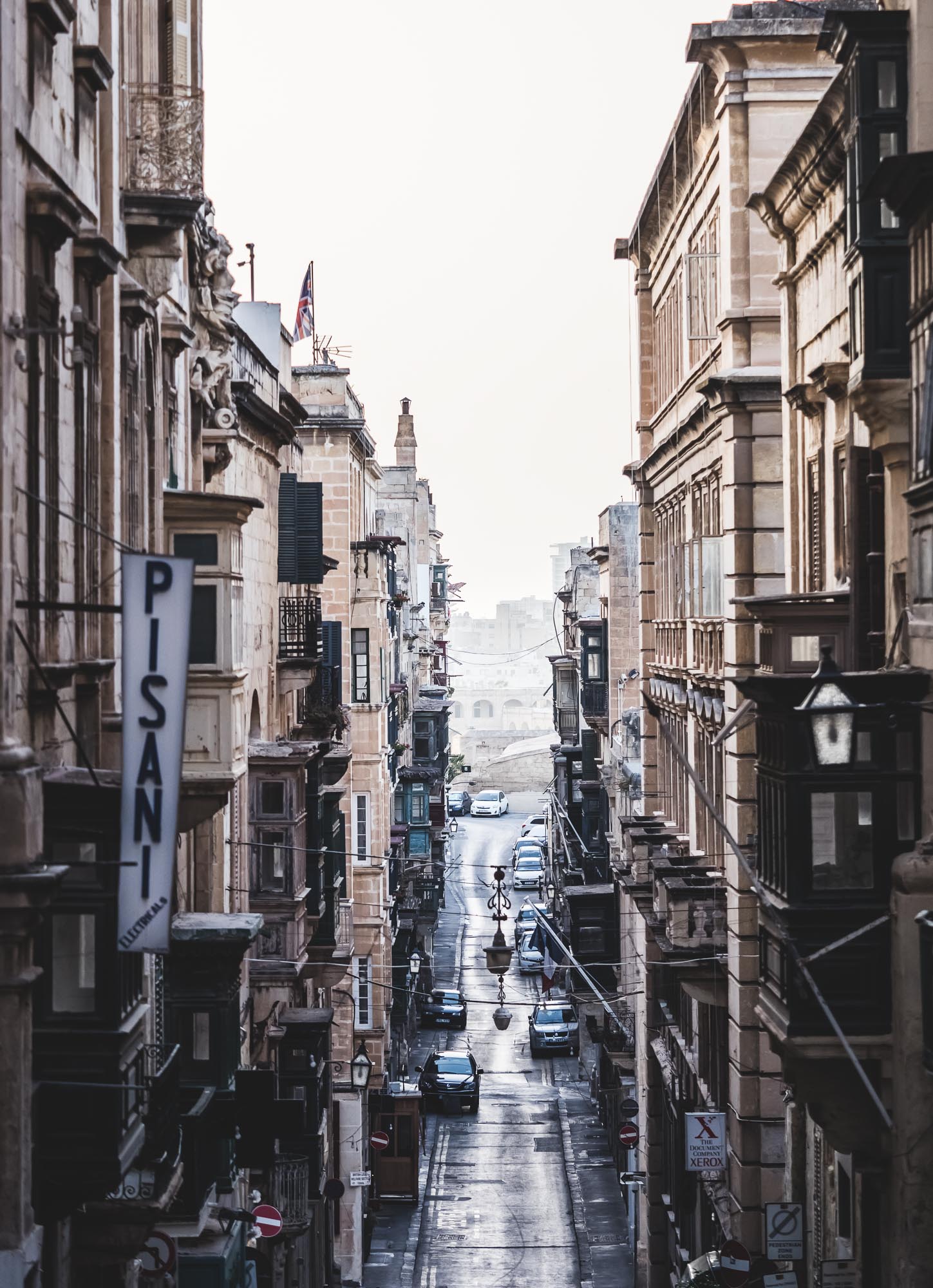
Narrow
While cities built before the 1900s were not made for cars, people adapt - it's rare to see large SUVs in places like Malta.
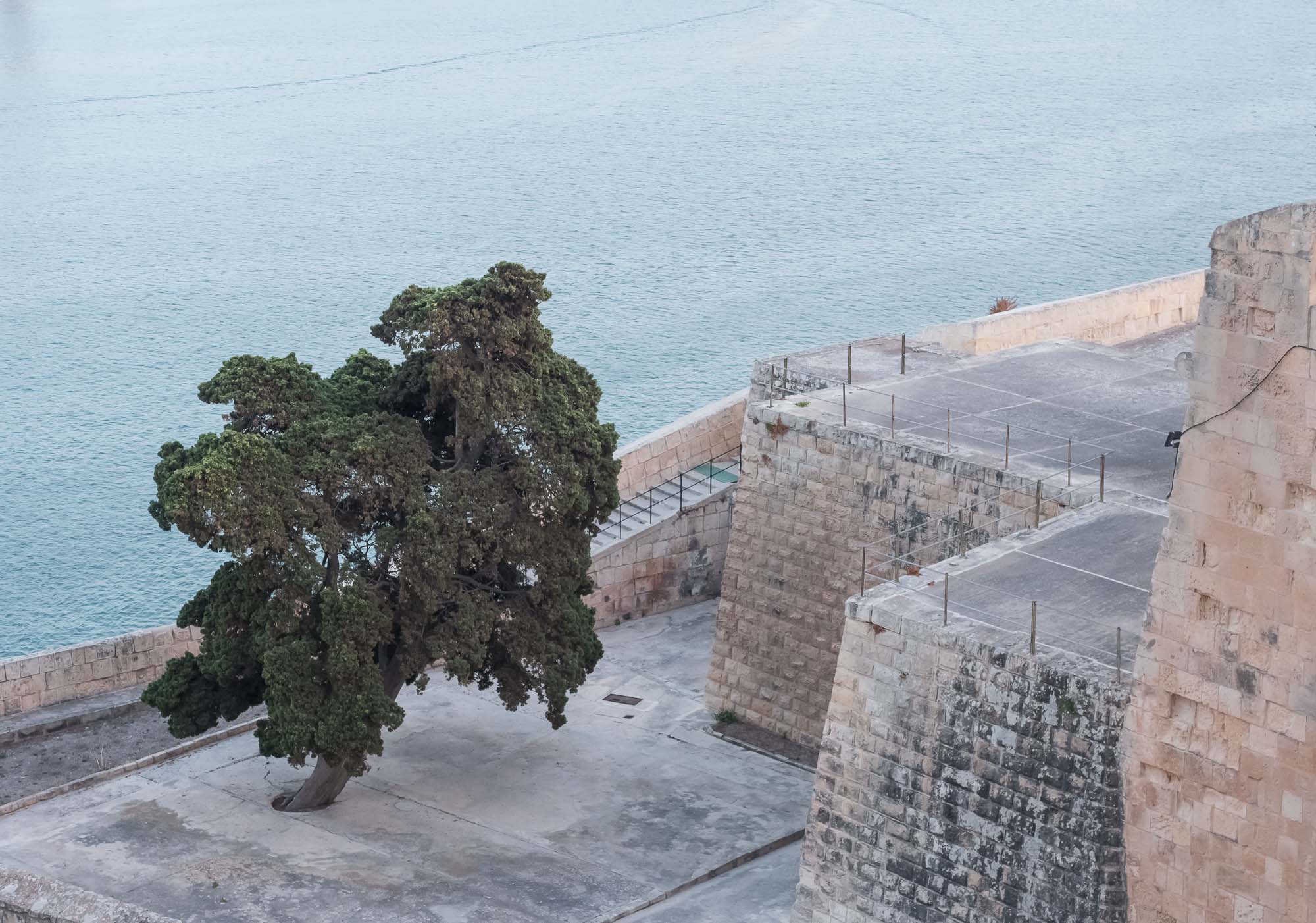
Finding a Way
A tree growing through a concrete hole in the ground.
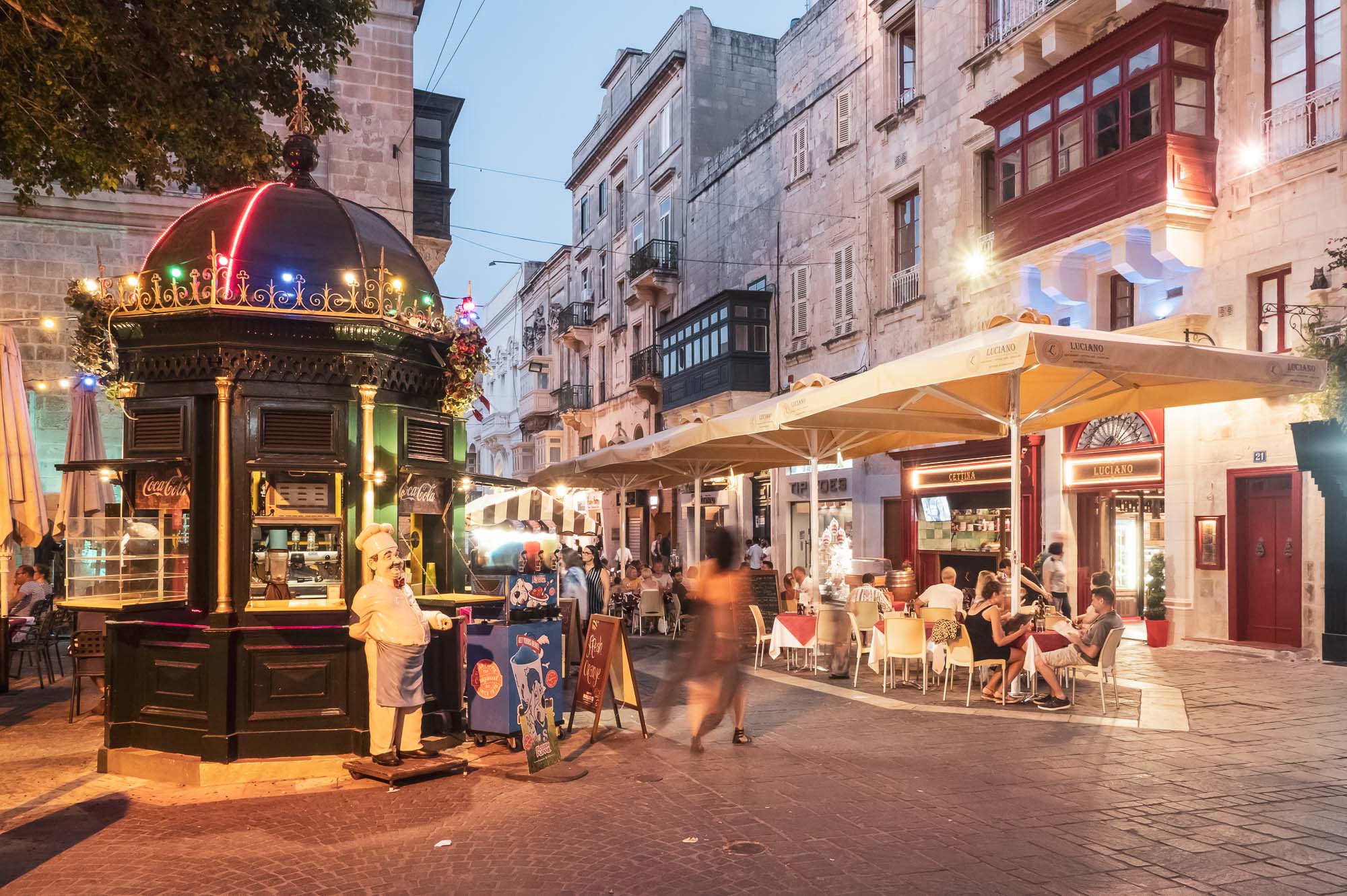
Dusk
The bustling city life in the evening.
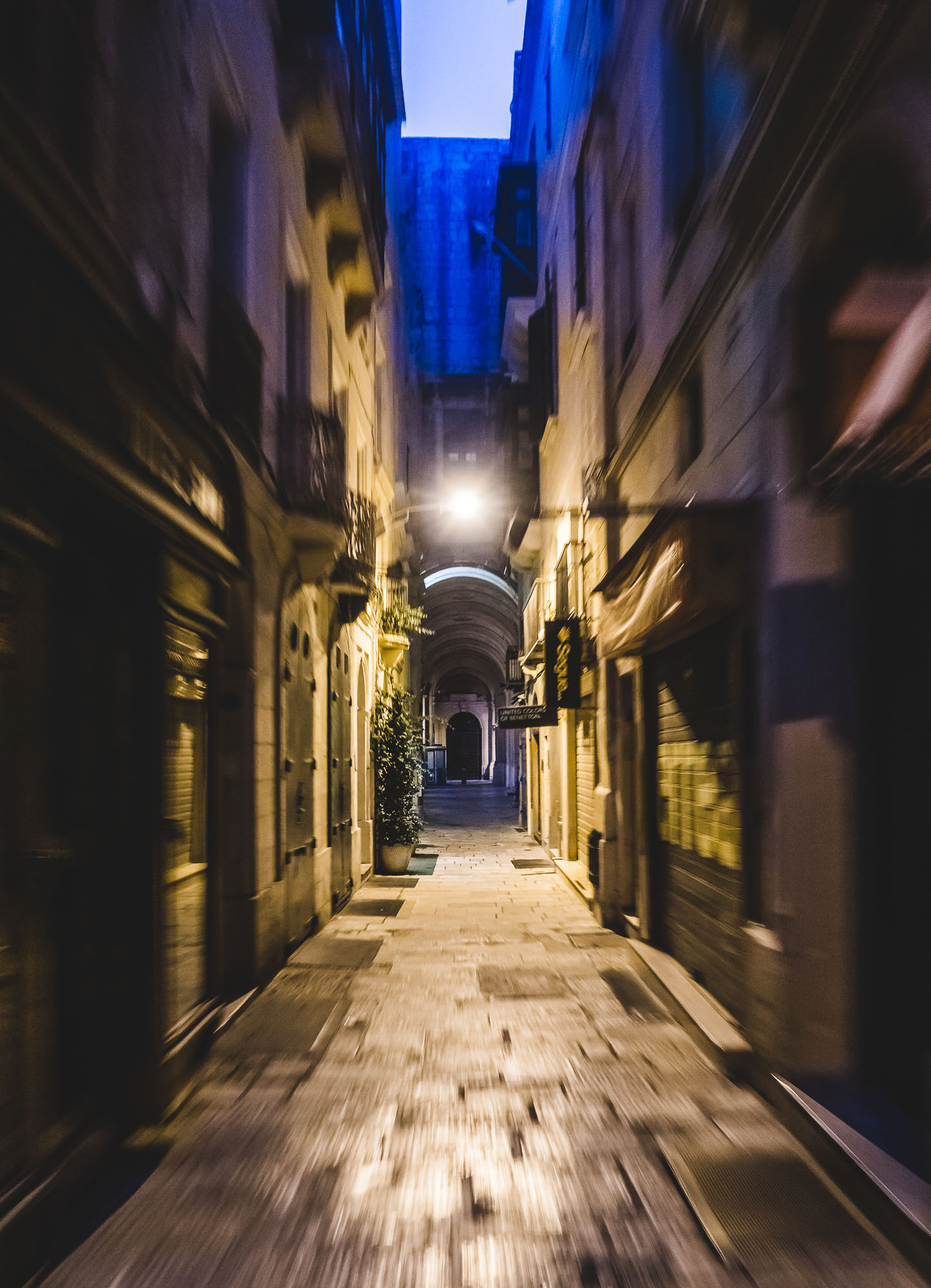
Vertigo
Roaming around empty side streets in the blue hour.
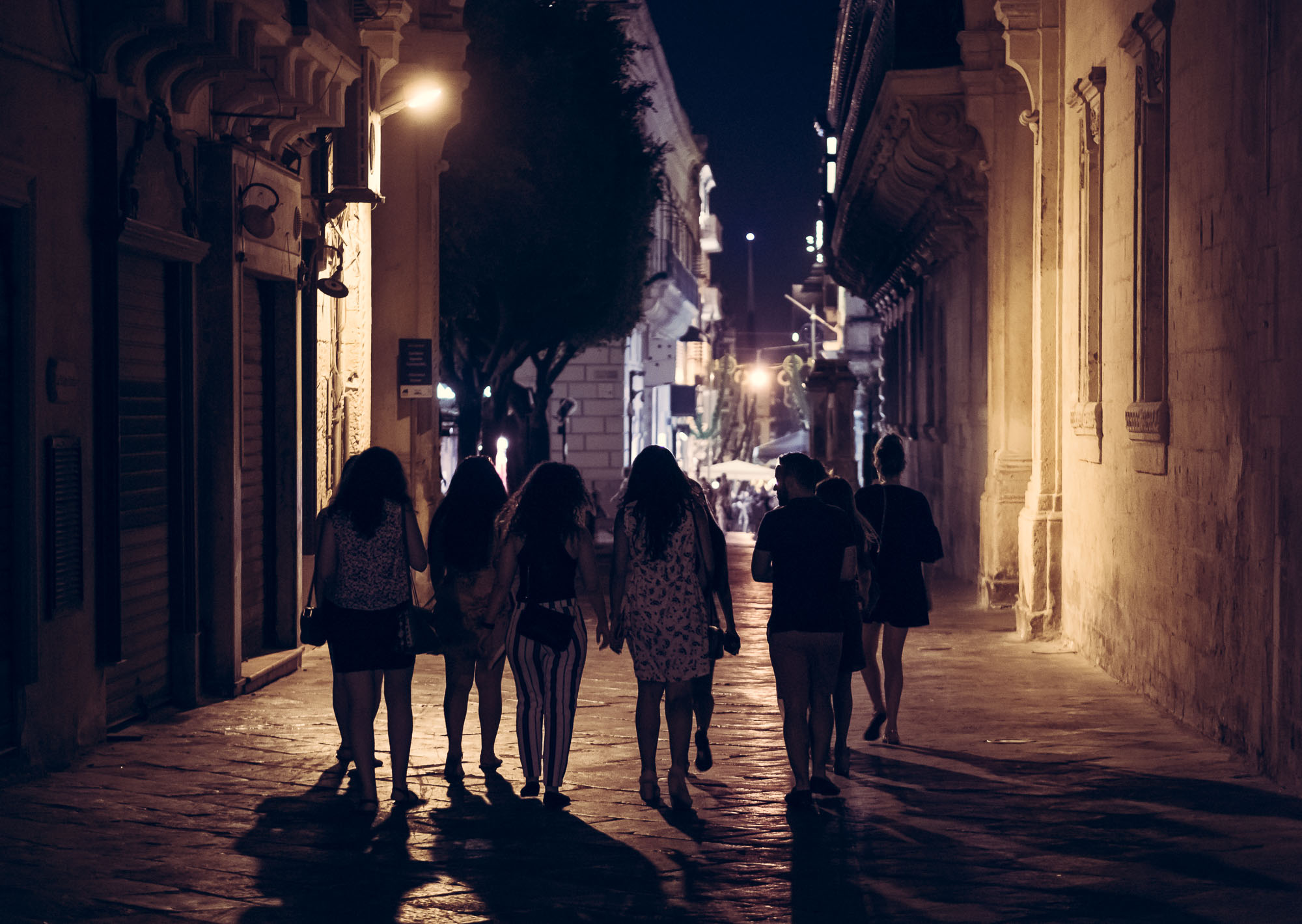
Exploring
A group of young people discovering the city.
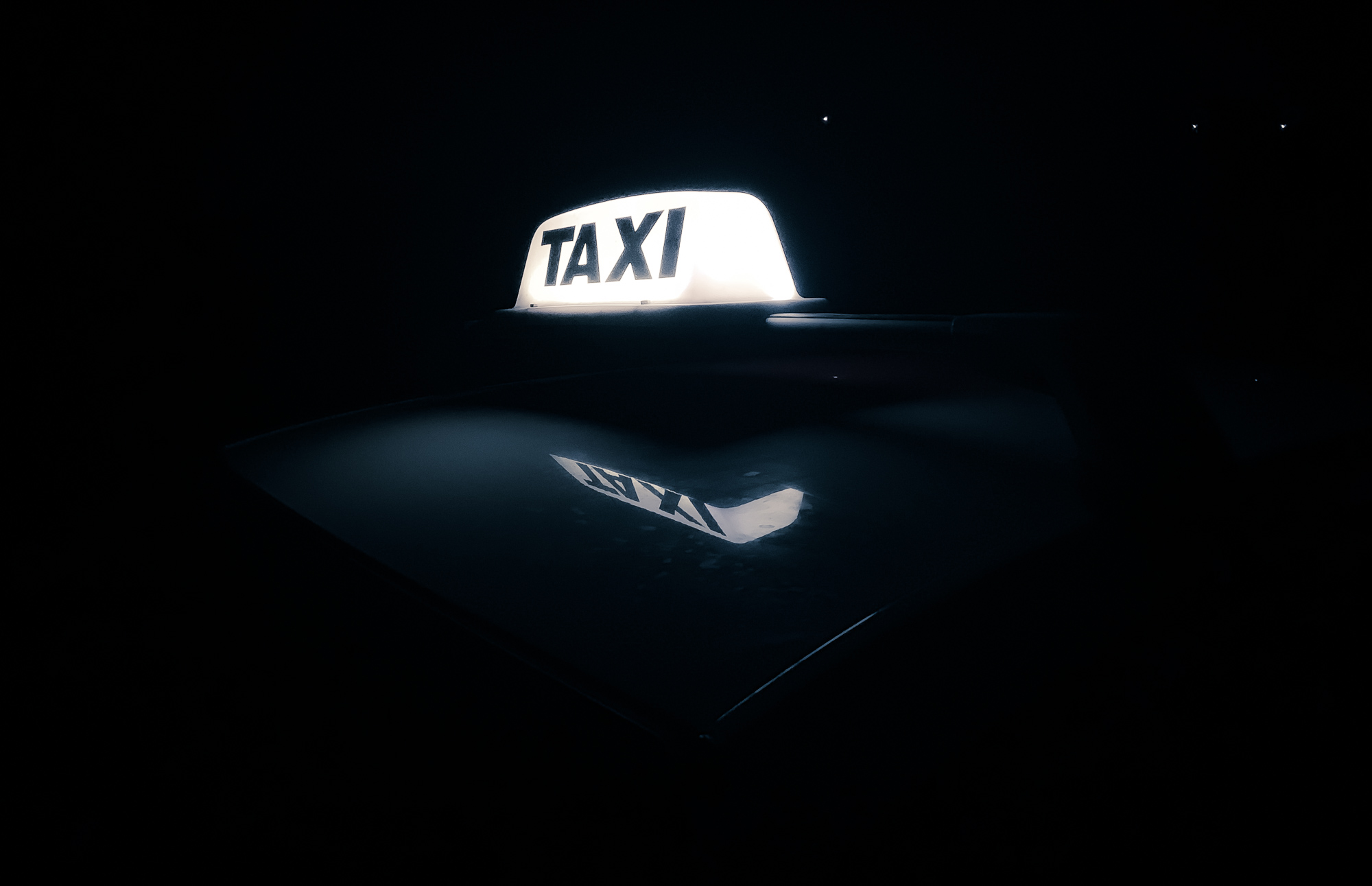
The only light
This taxi took me out to the coast on the south western side of the island, on my hunt for the Milky Way.
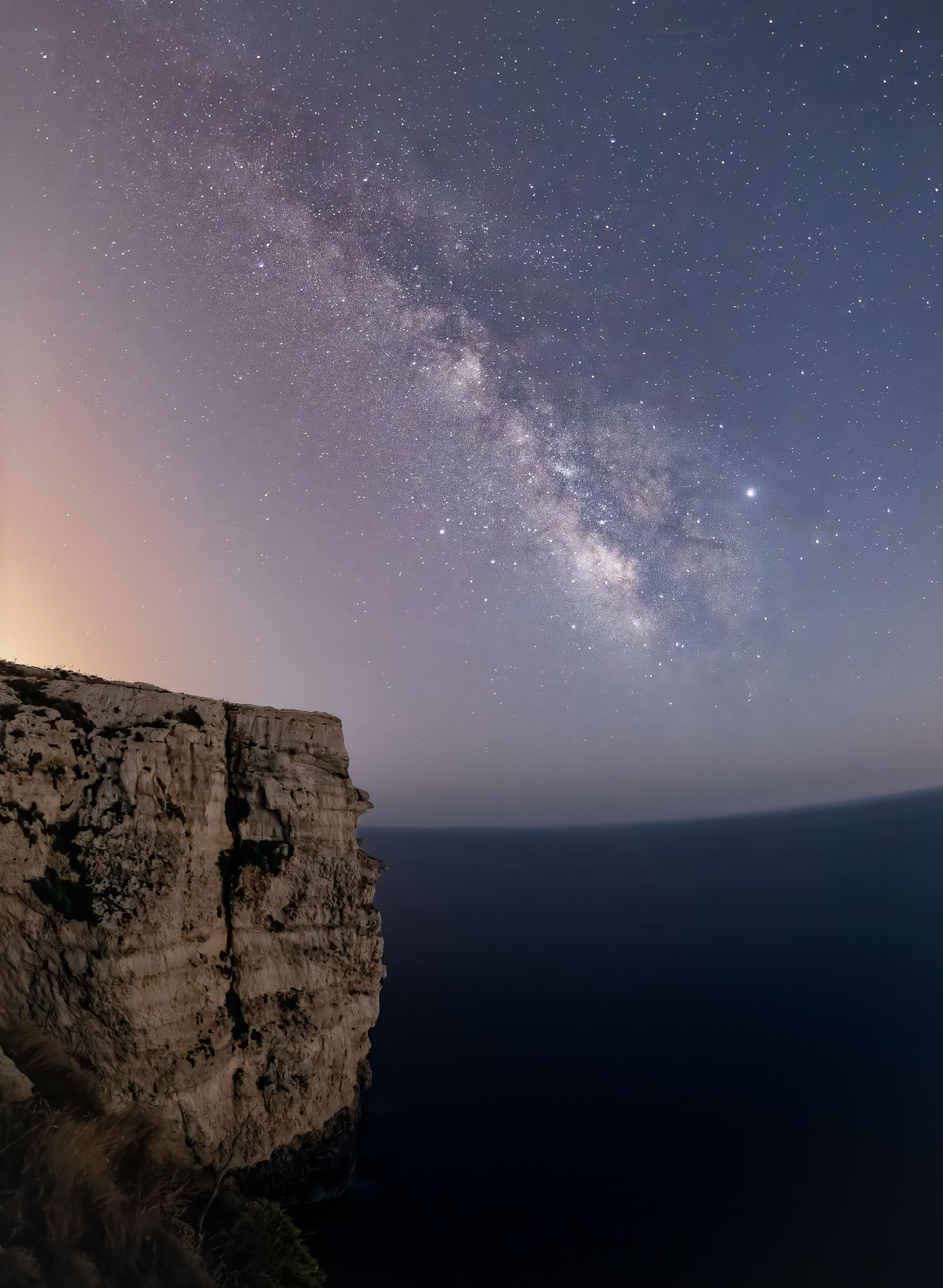
Milky Way
Shot about 40min drive outside Valetta at Miġra l-Ferħa.
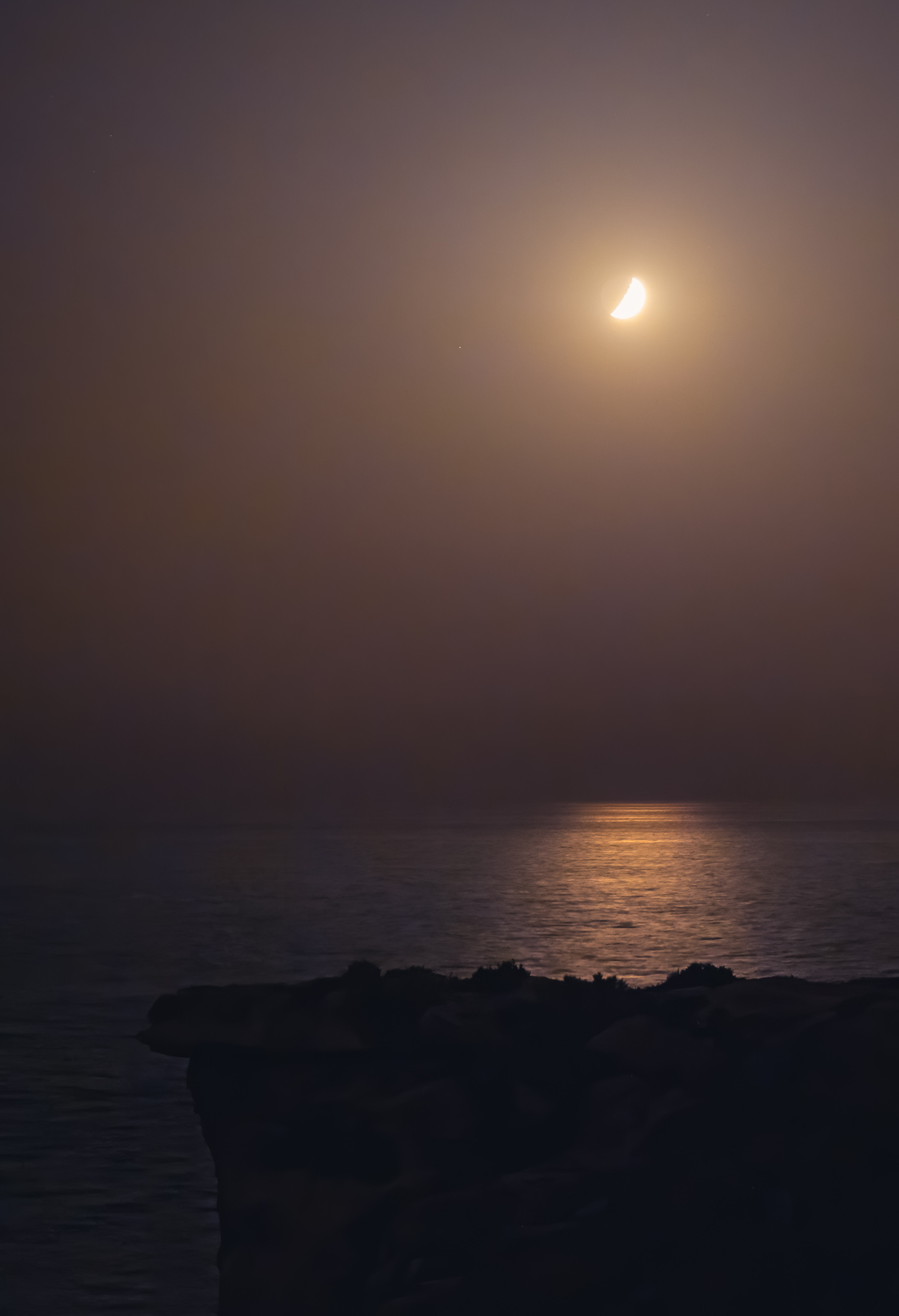
Moonset
Yes - this is the moon setting, not the sun.
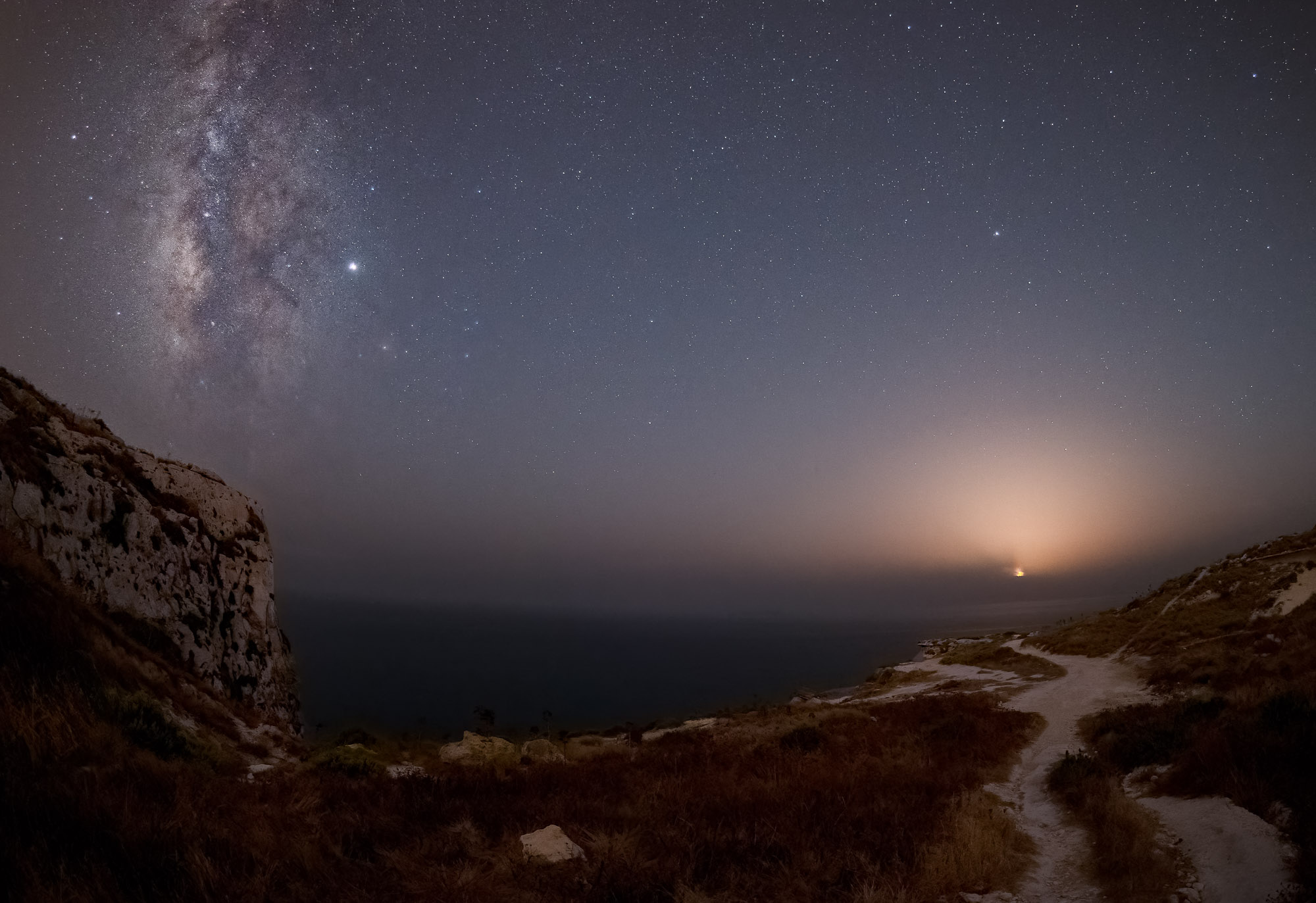
Nightscapes
Probably my favourite shot of the trip, with the moon just disappearing on the horizon, casting a faint light over the landscape, while not overpowering the Milky Way.
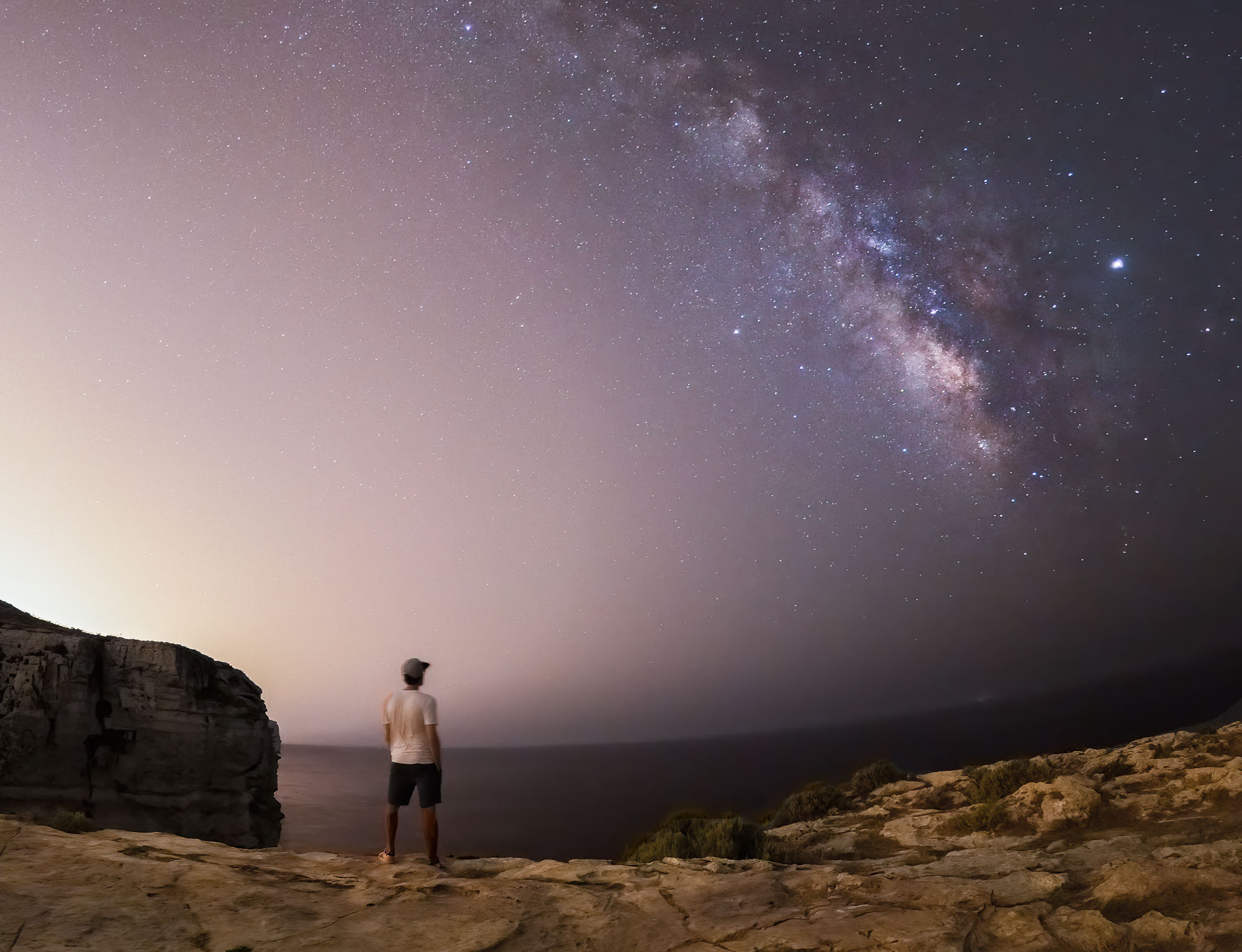
Watching the Cosmos
Couldn't quite keep myself still enough on the windy (and steep and tall) coastline. The glow from the left is the airport I believe.

Nighttime
Not so bustling anymore at 2am.
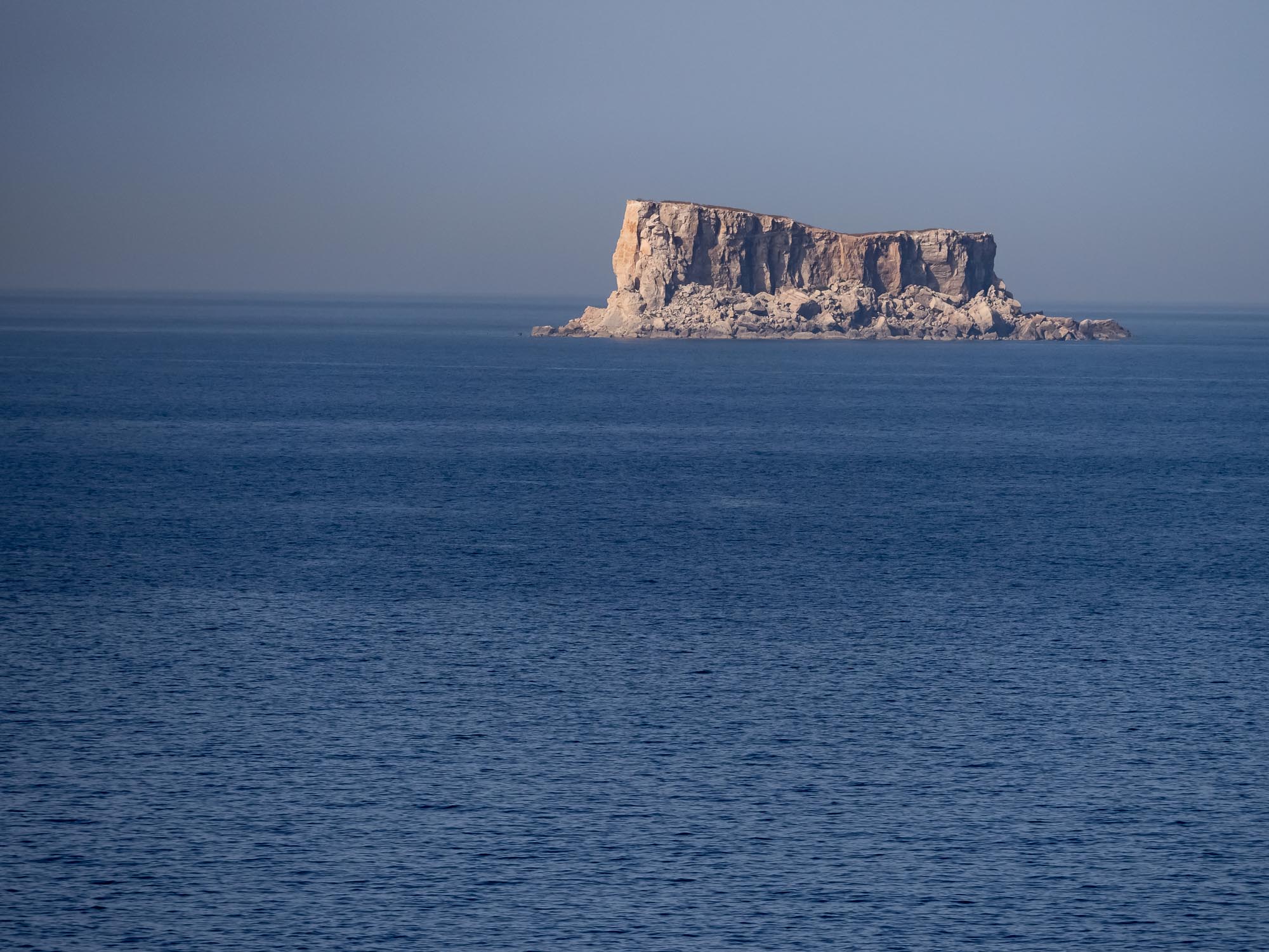
Filfla
The island of Fifla is the southern most point of Malta.
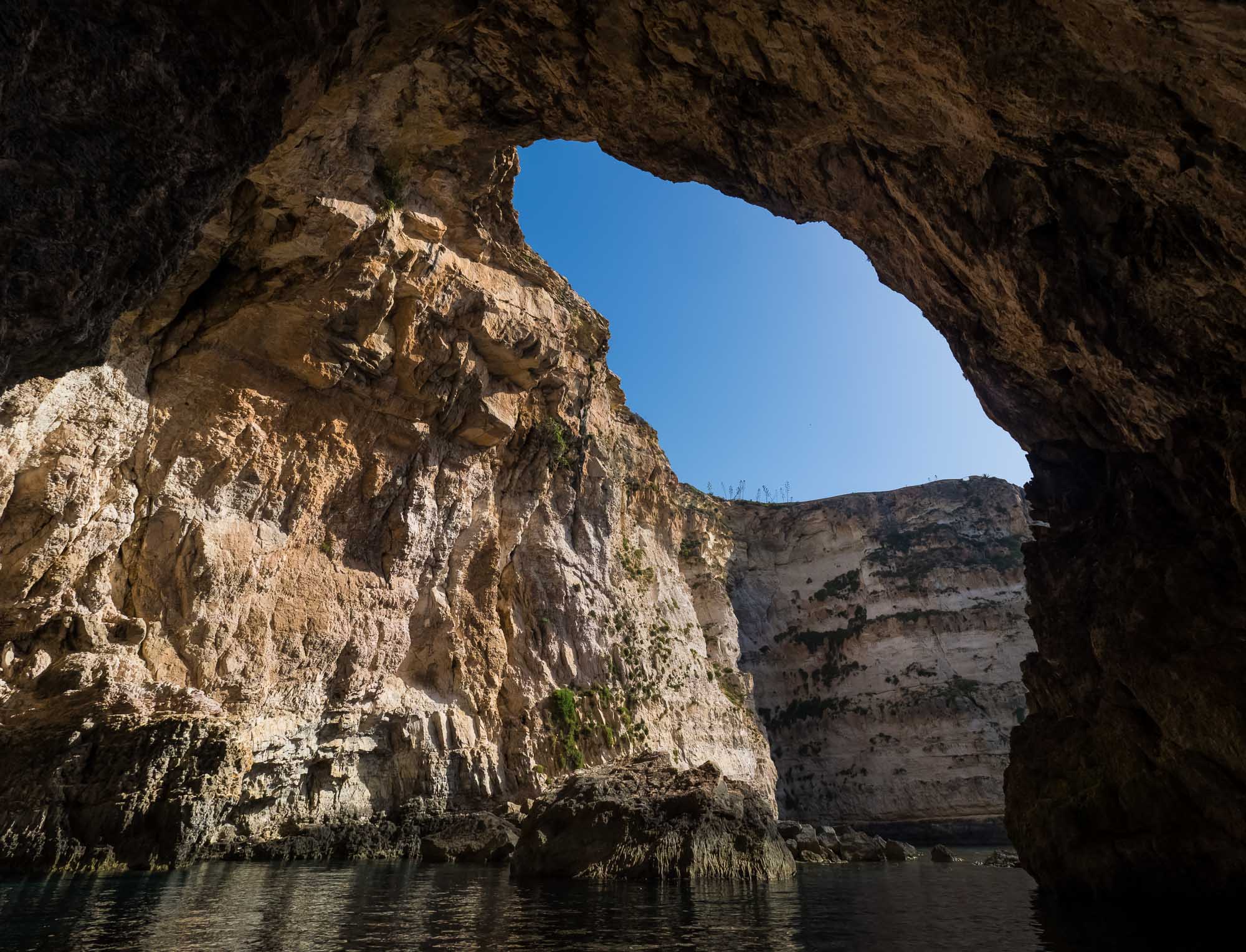
Blue Grotto
One of the most famous attractions in Malta, this is actually a combination of multiple sea caves where water, light and rocks create colourful patterns.
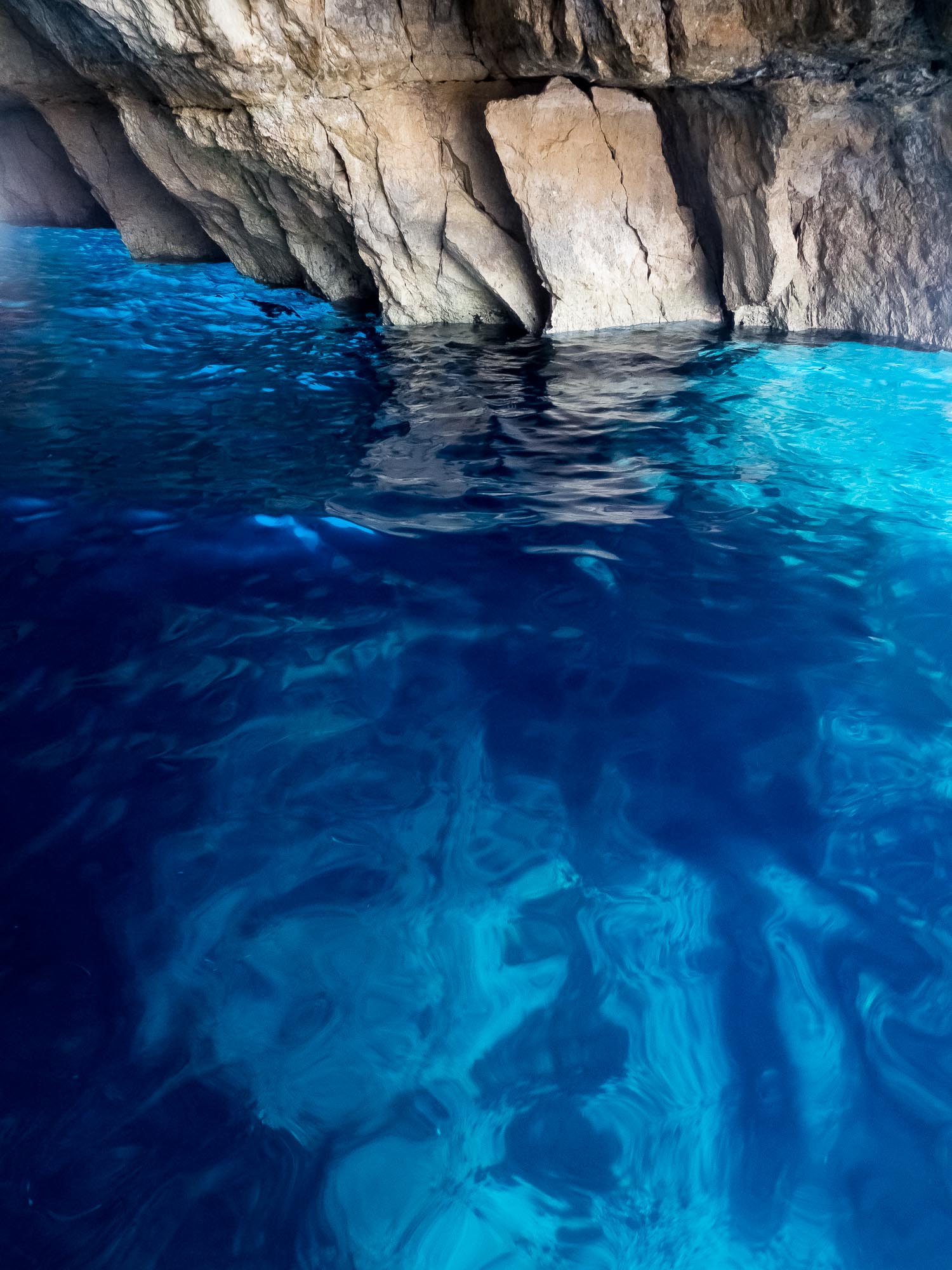
Light & Water.
One such pattern.
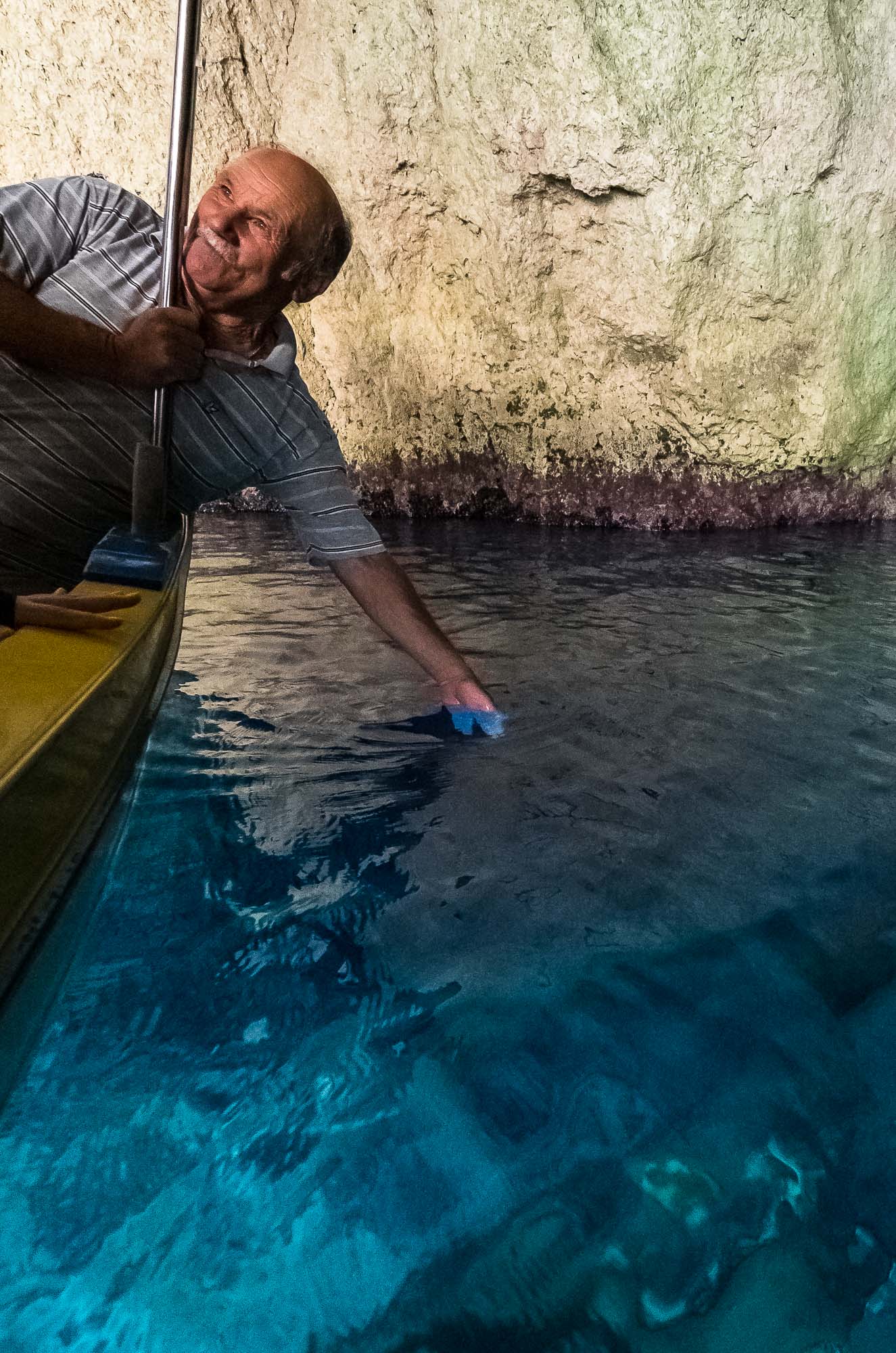
Blue Hand
Our boat captain showing us why this cave is said to turn divers blue.
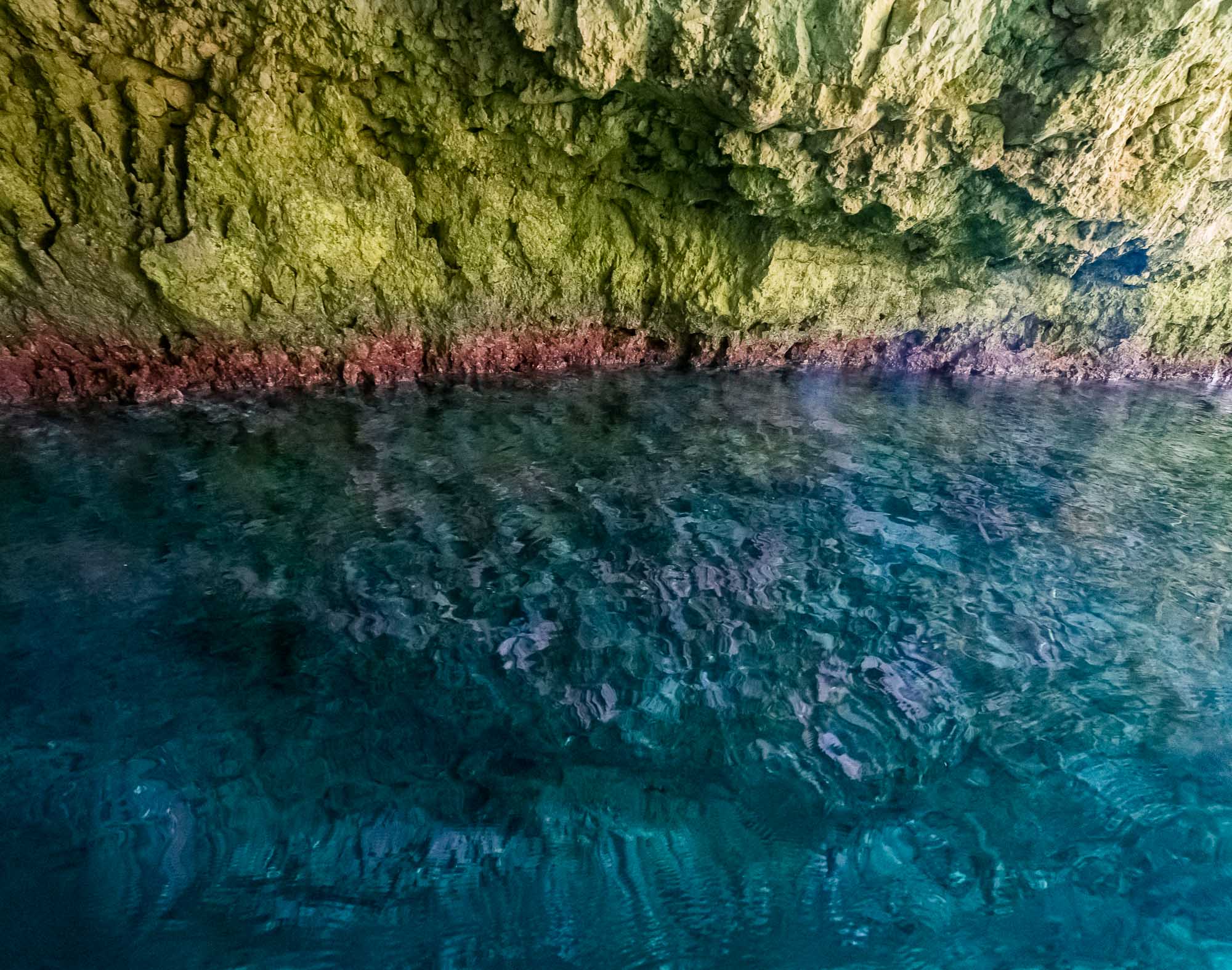
Colours
The spectrum of shades you can spot here is amazing.
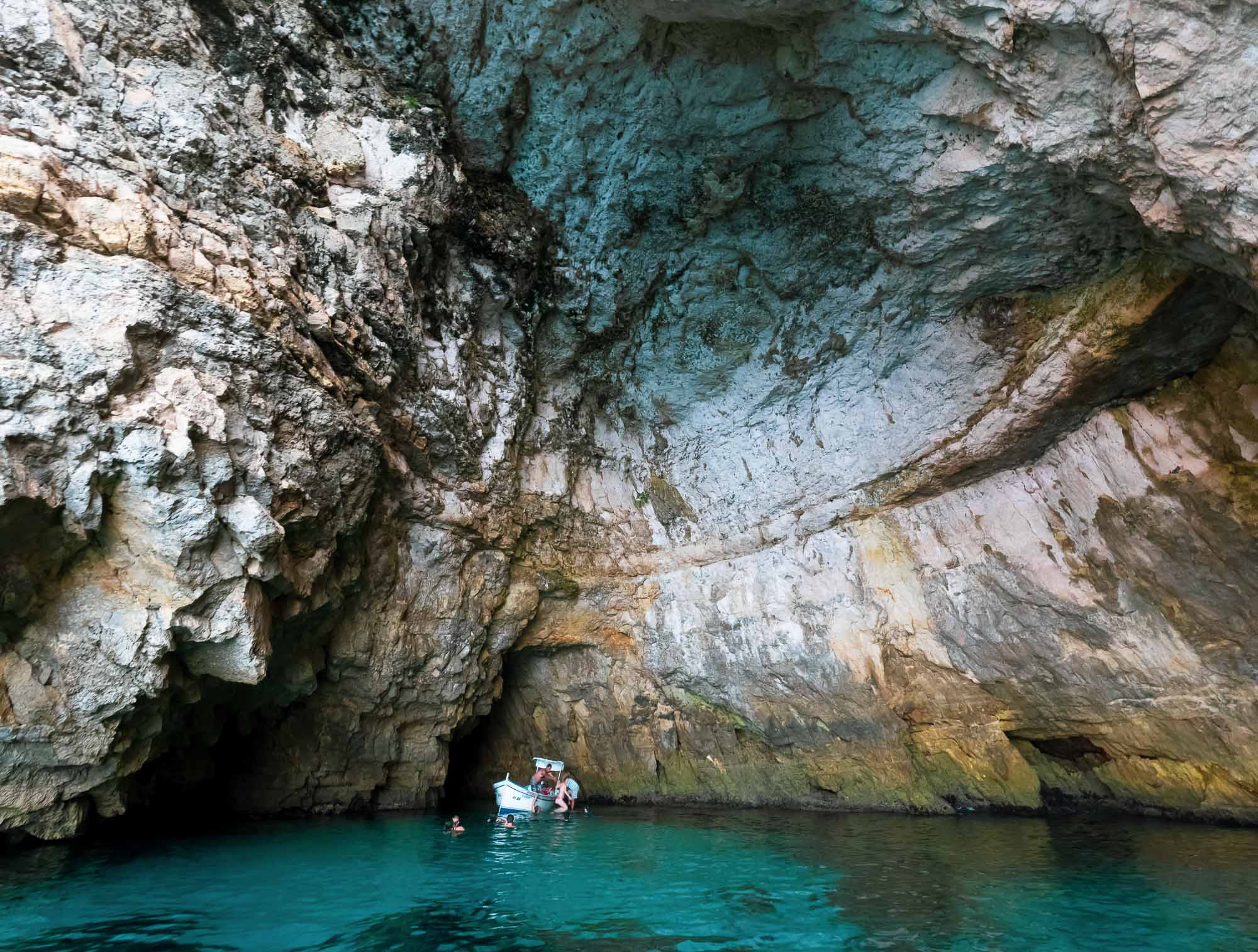
Cave Swim
It's possible to swim and dive in the caves.
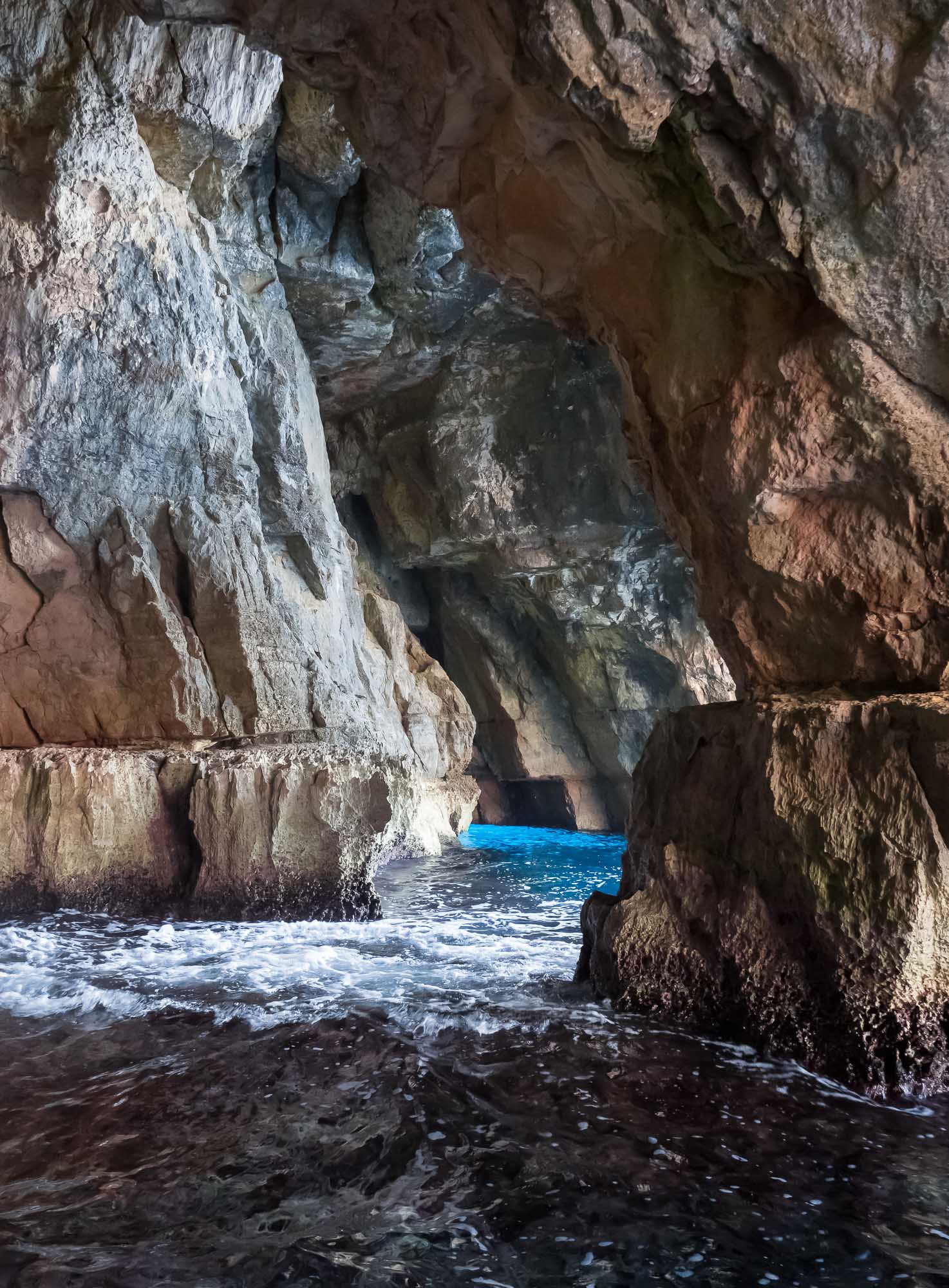
Radiating
Probably the most intense blue I've seen in the sea.
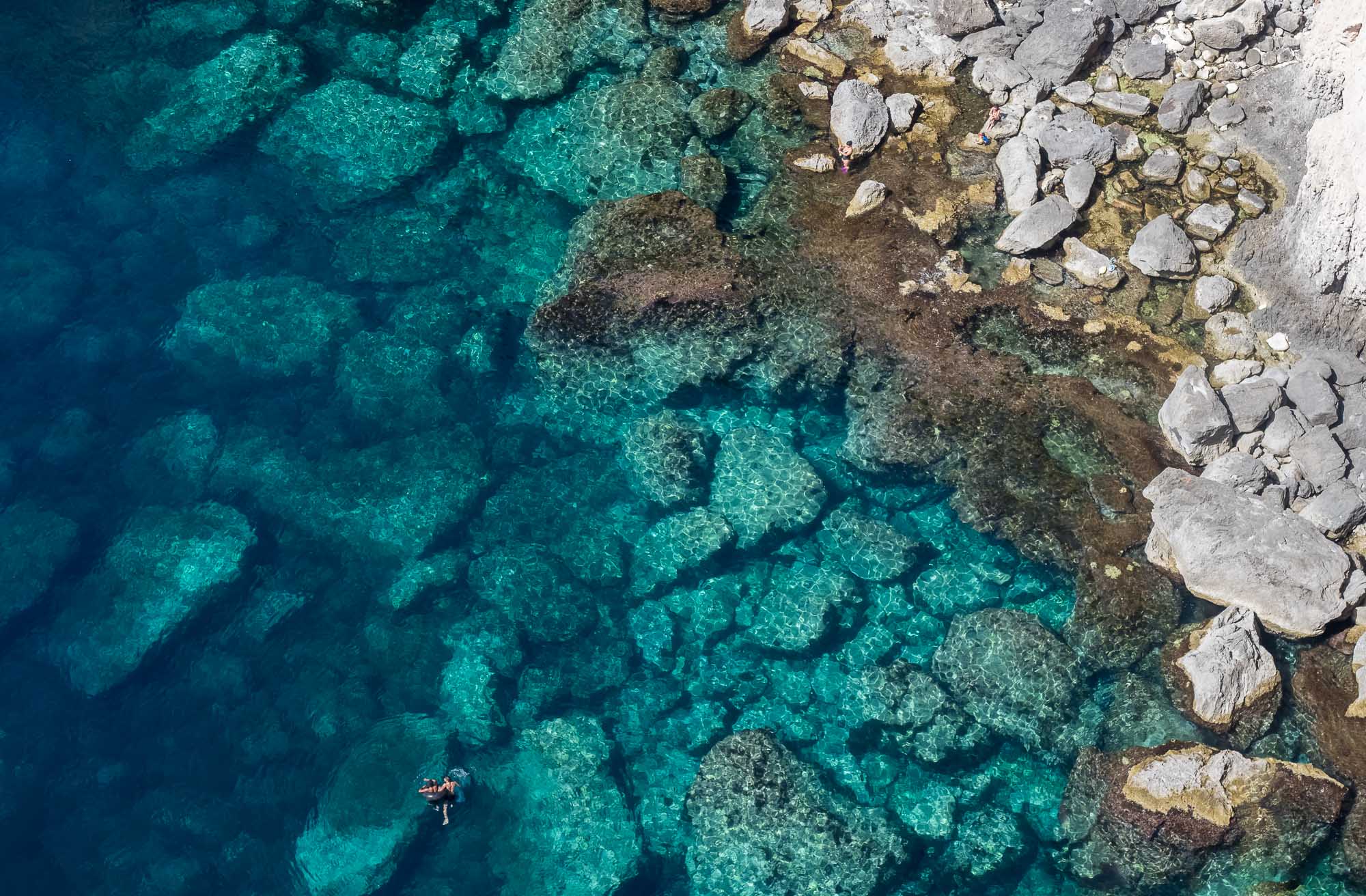
Downwards
There's a great viewpoint on the road leading towards the small harbour used for the excursions to the Blue Grotto.
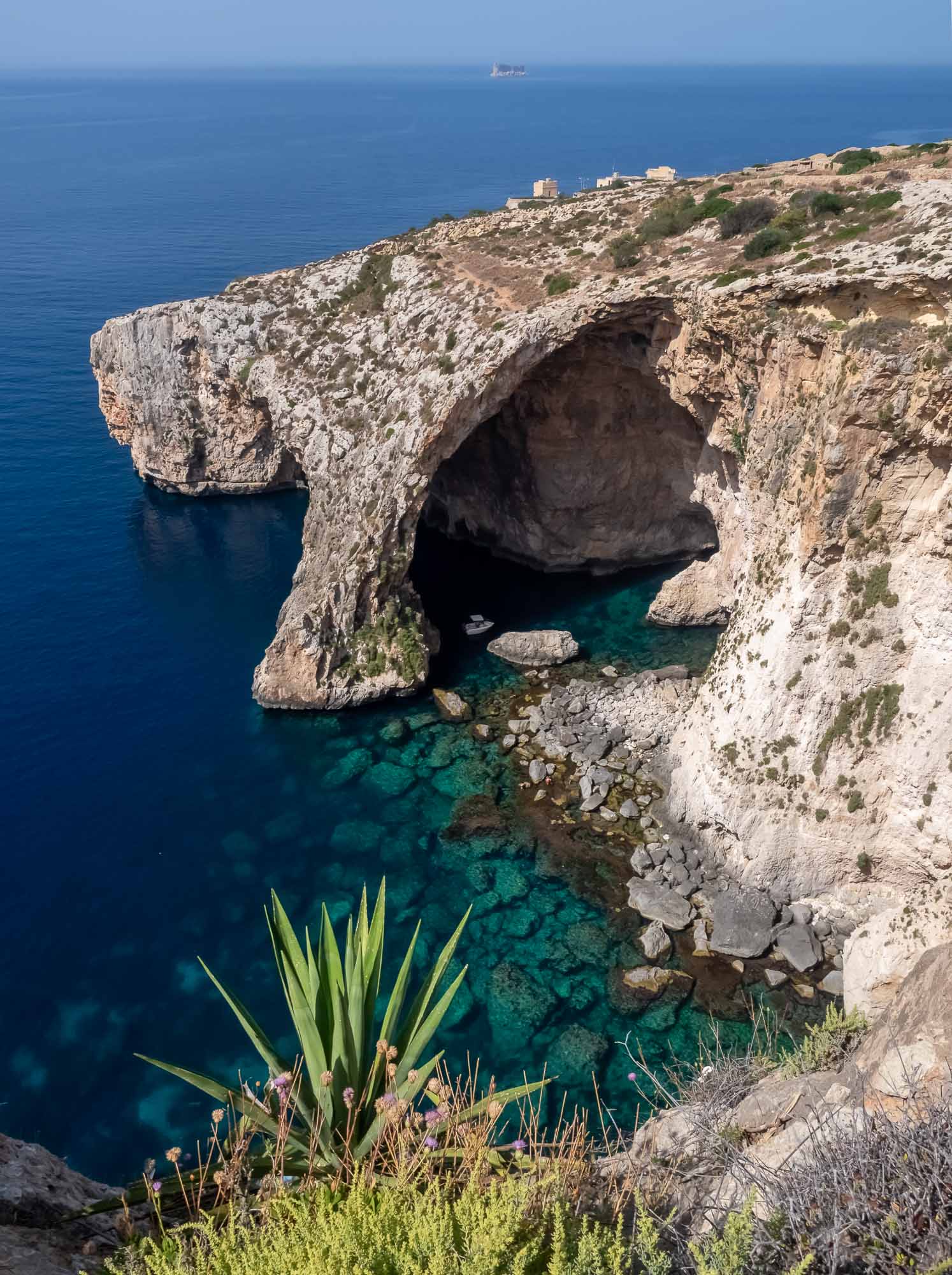
Blue Wall
The so called blue wall is one of the most spectacular features of the Maltese coastline.
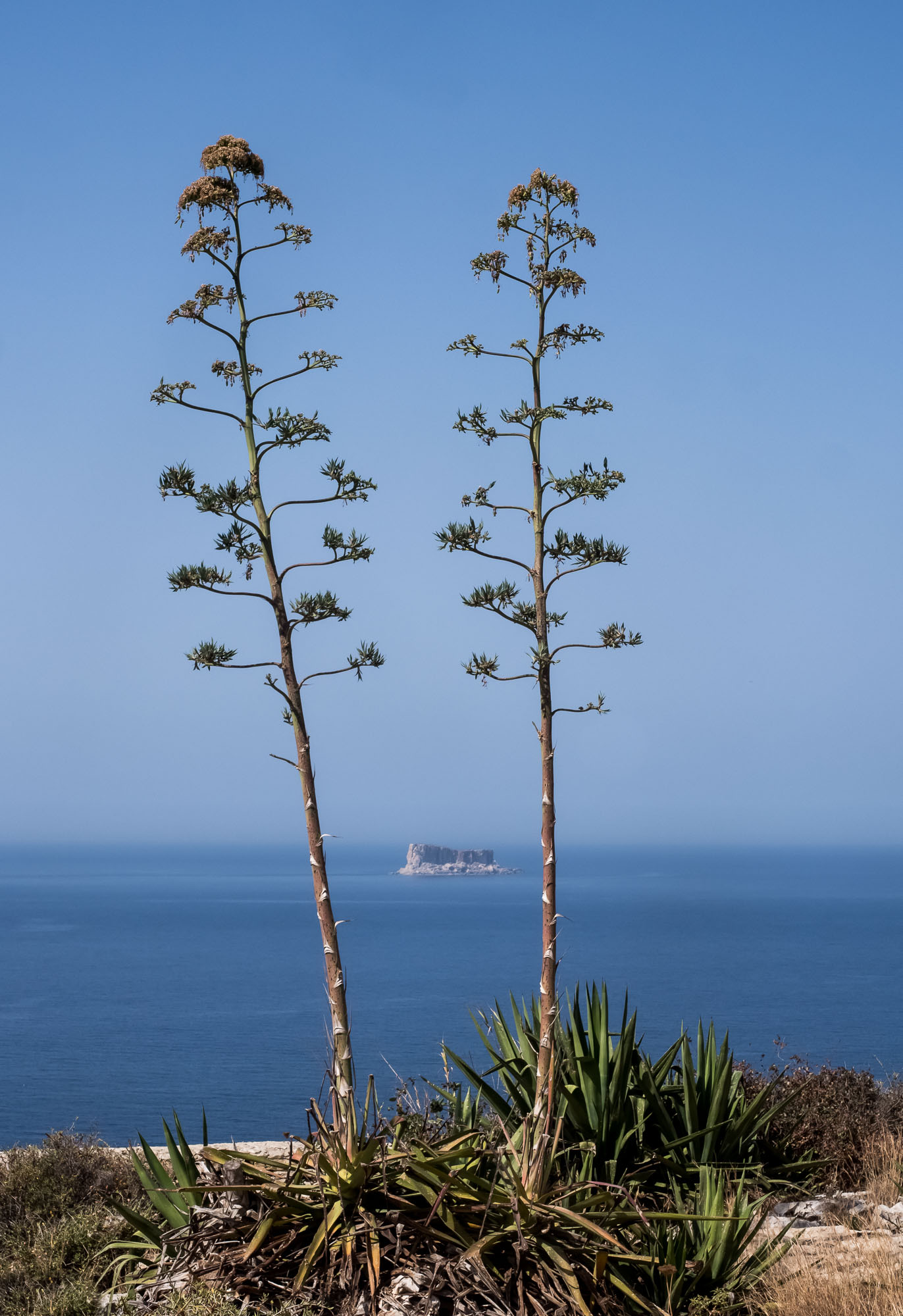
Framed
Filfla seen through two trees.
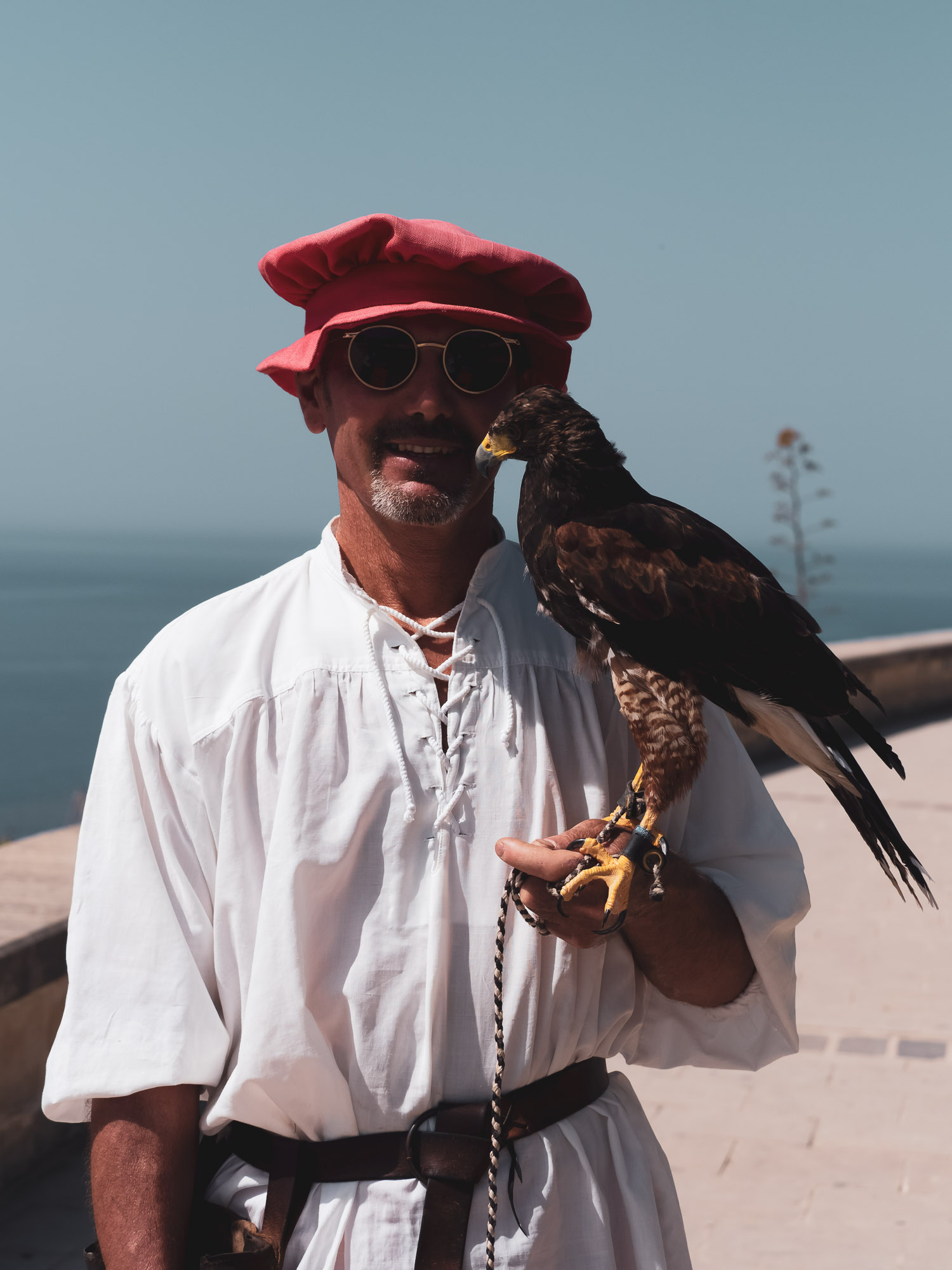
Falconry
Surprisingly, Malta has a falconry centre - although this is an Eagle I believe.

Prehistoric
Ħaġar Qim and Mnajdra are among the most ancient religious sites on Earth and over 5000 years old. Protective tents were built over them a few years ago to minise impact of sun, wind and rains.
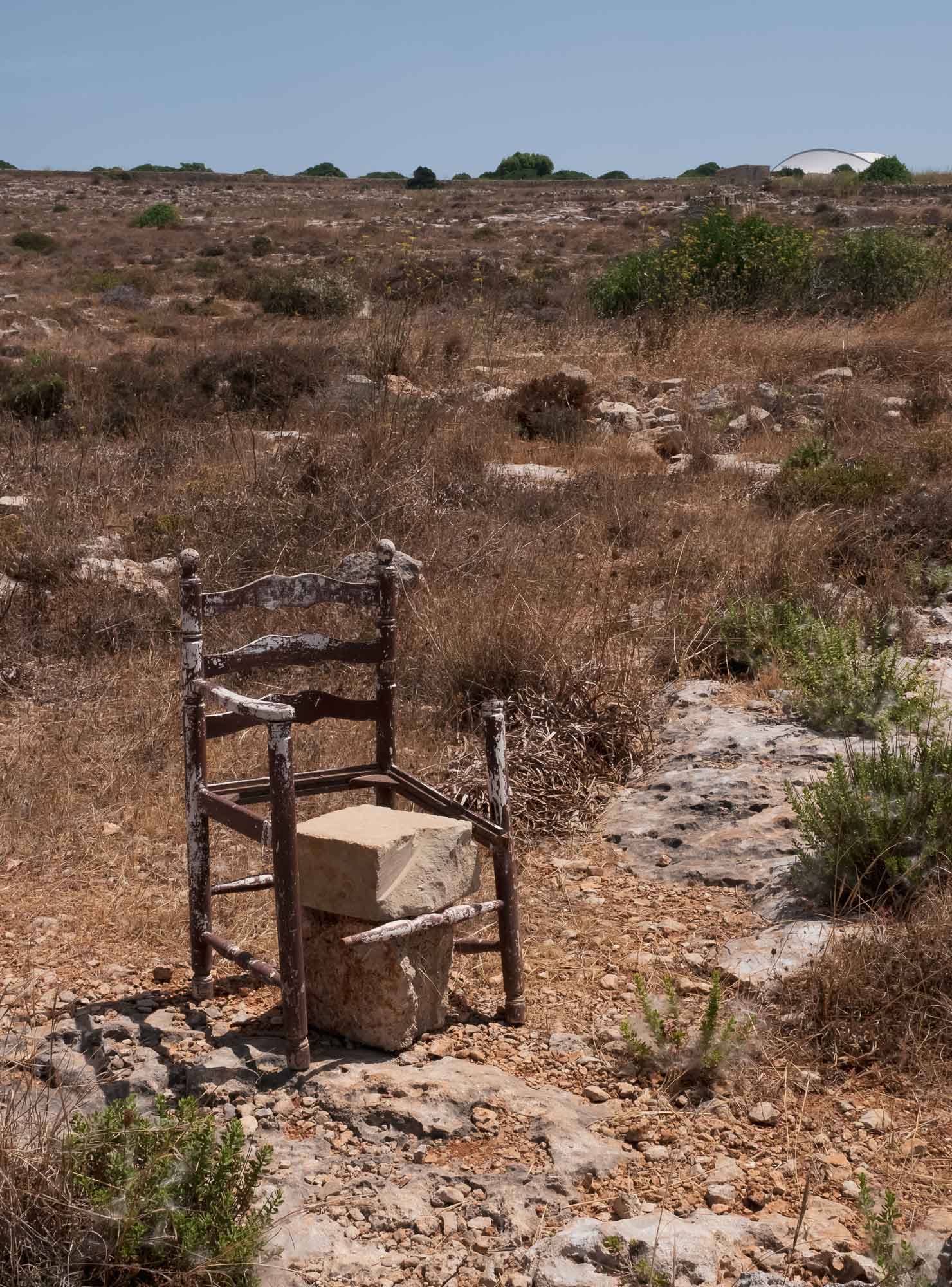
Chair
I doubt anyone has sat here for a while. The tent over Ħaġar Qim in the background.
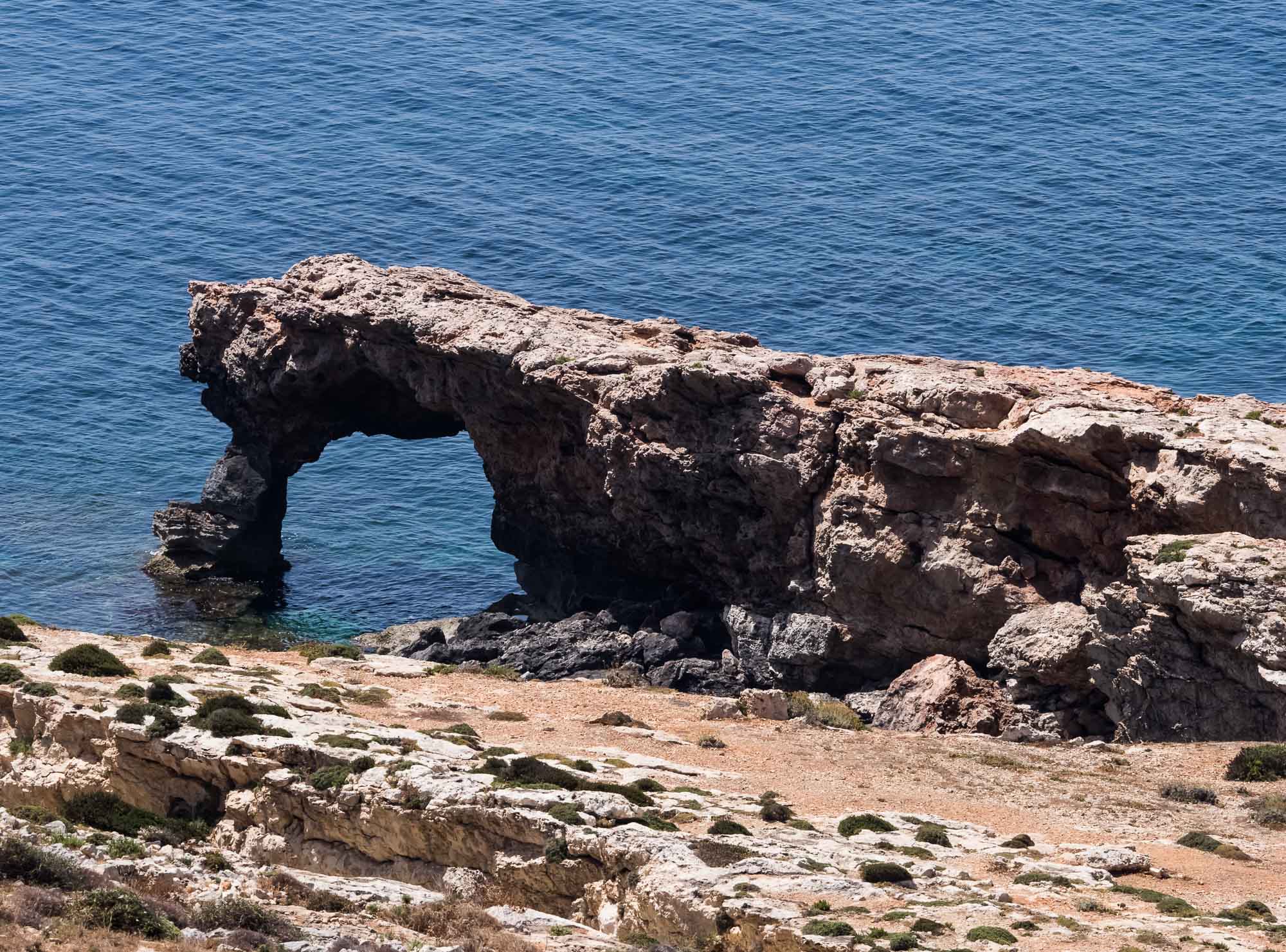
Coastal Features
Another beautiful arch on the Maltese coast, not far from the ancient sites.
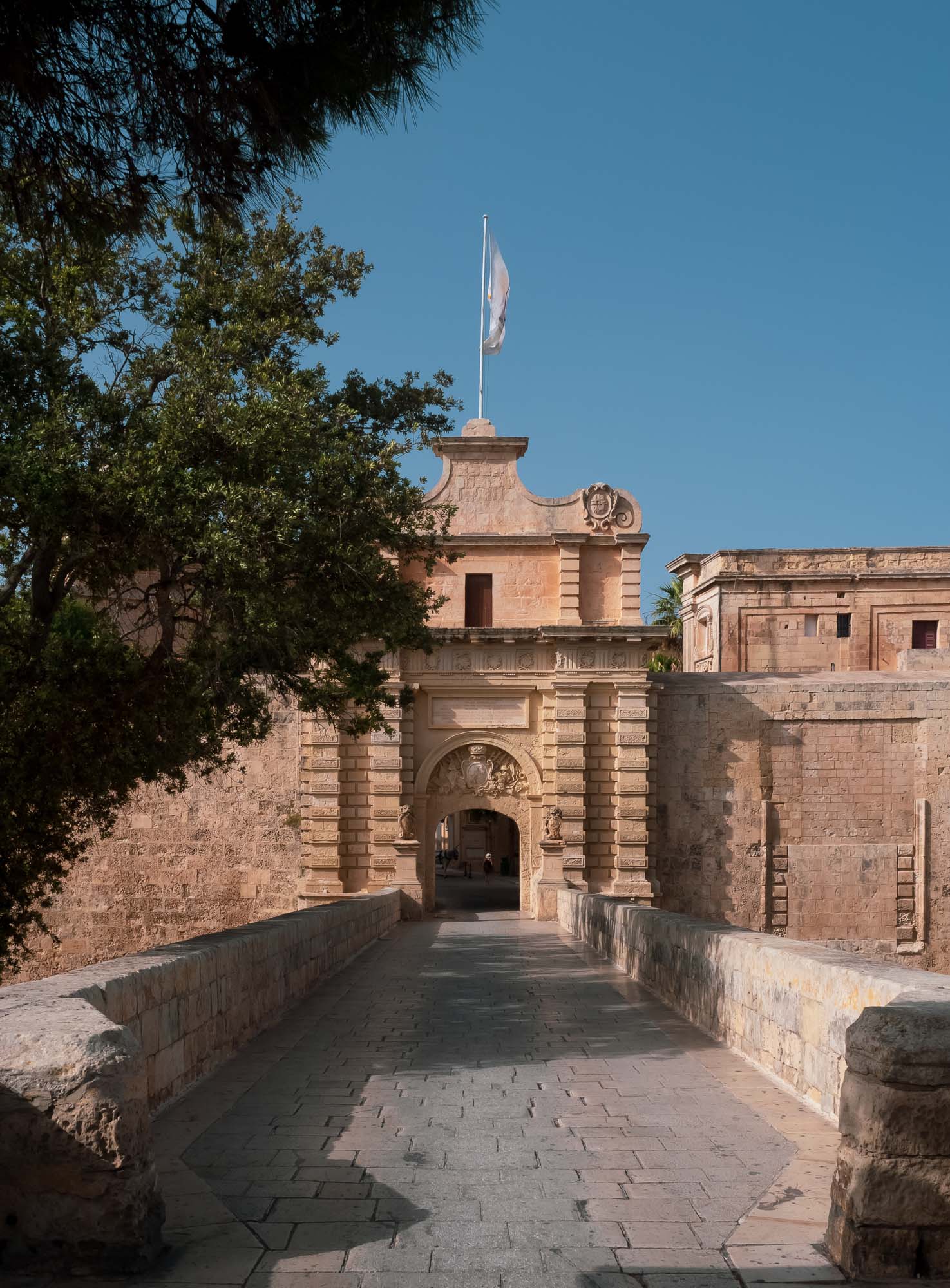
Mdina
One of my highlights of the visit was Mdina, the former capital, almost 3000 years old.
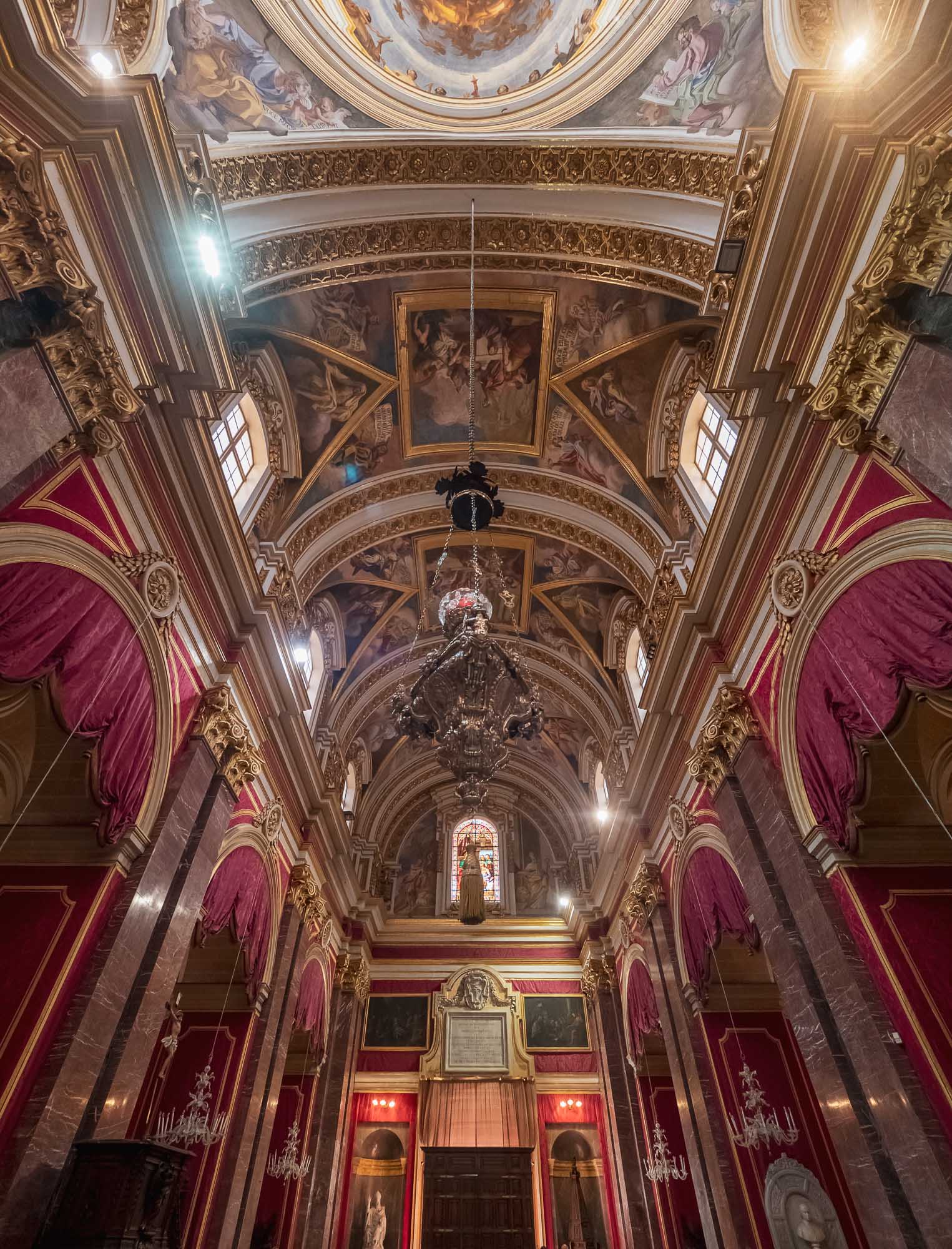
St. Paul's Cathedral Mdina
The frescoed interior was covered by red clothes - unsure of this is permanet or for a special occasion.
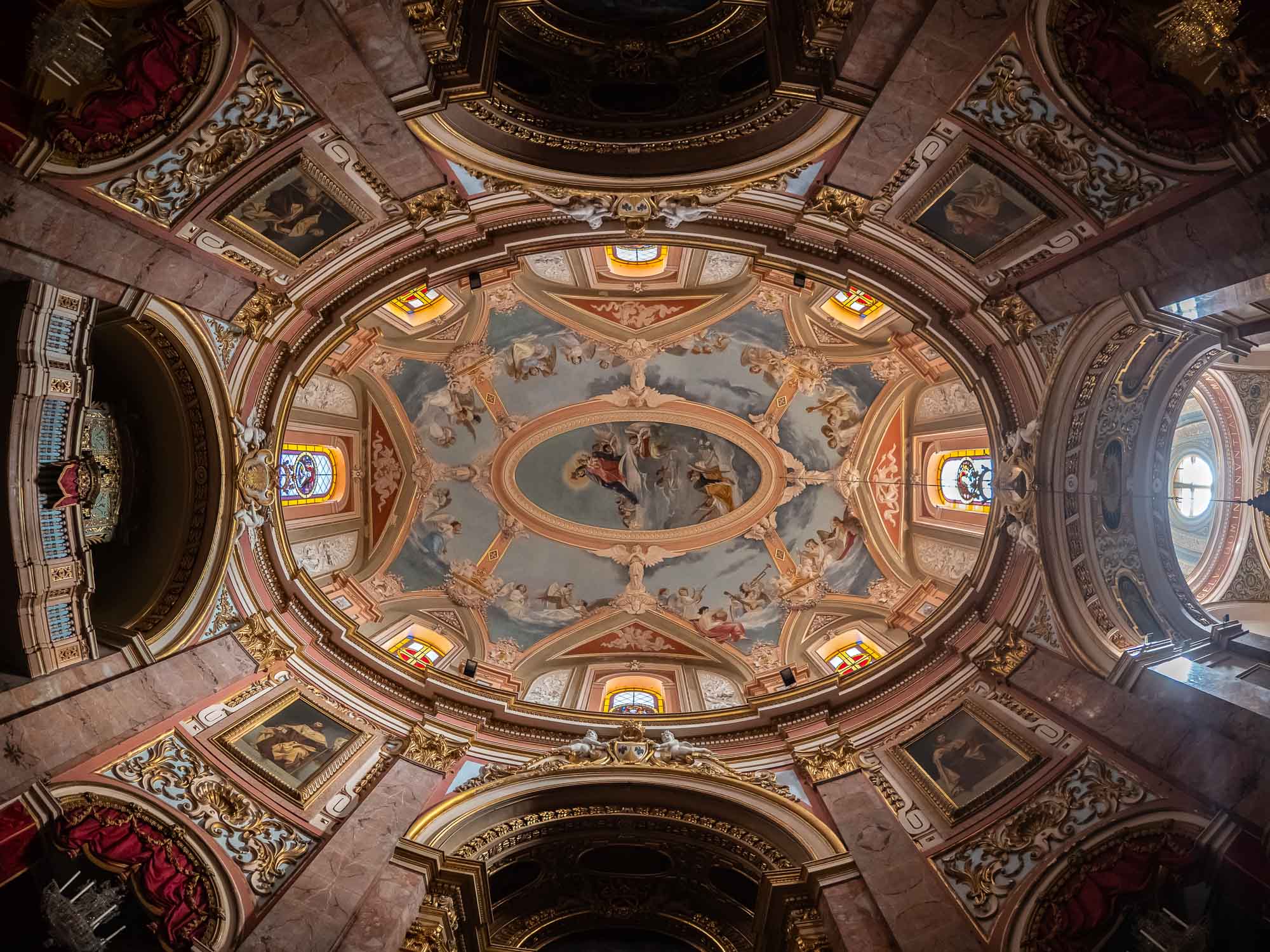
Church of the Annunciation of Our Lady
The dome of the second major church in Mdina.
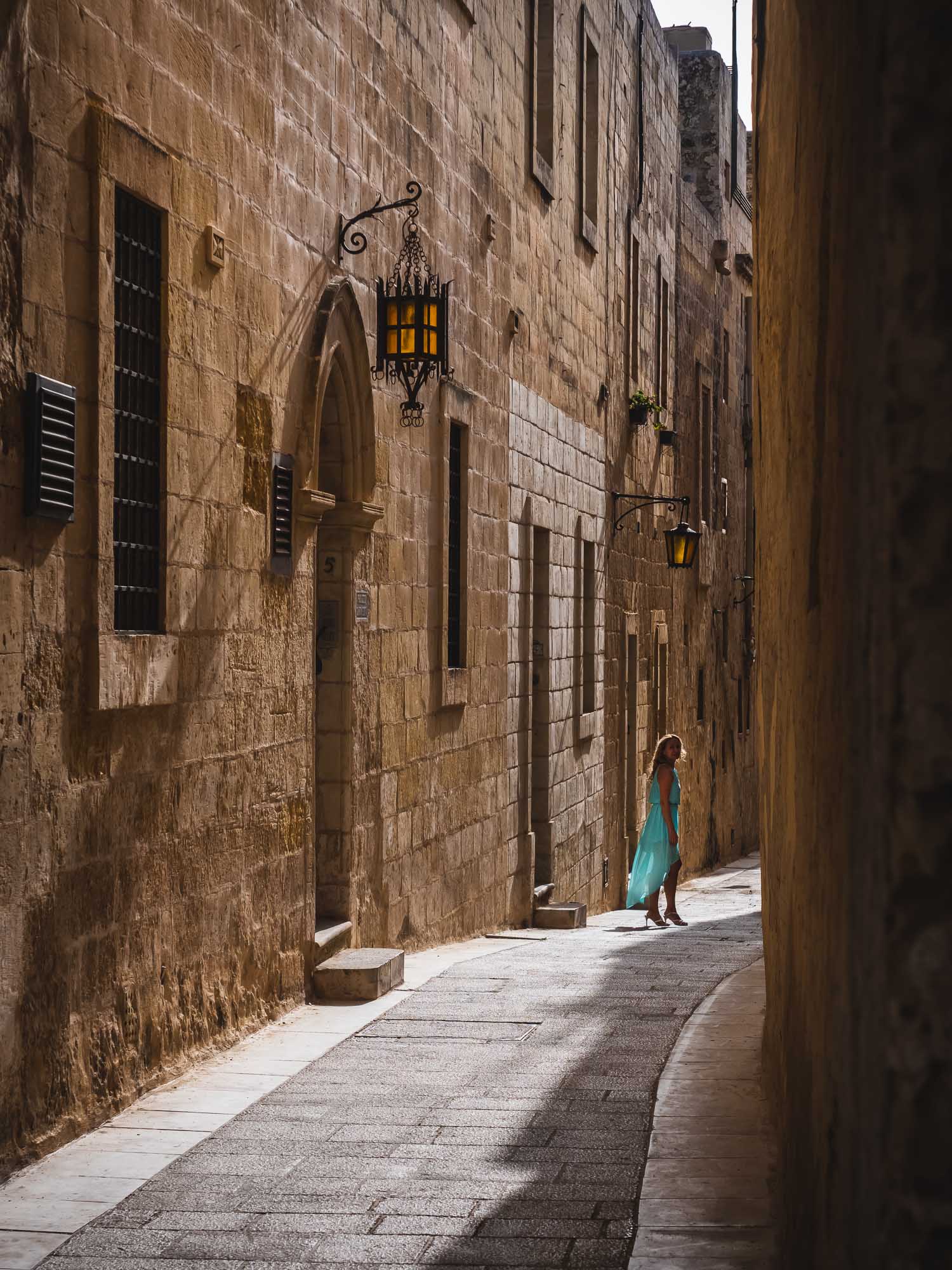
The Lady in Blue
The streets of Mdina leant themselves for some Instagram snaps...
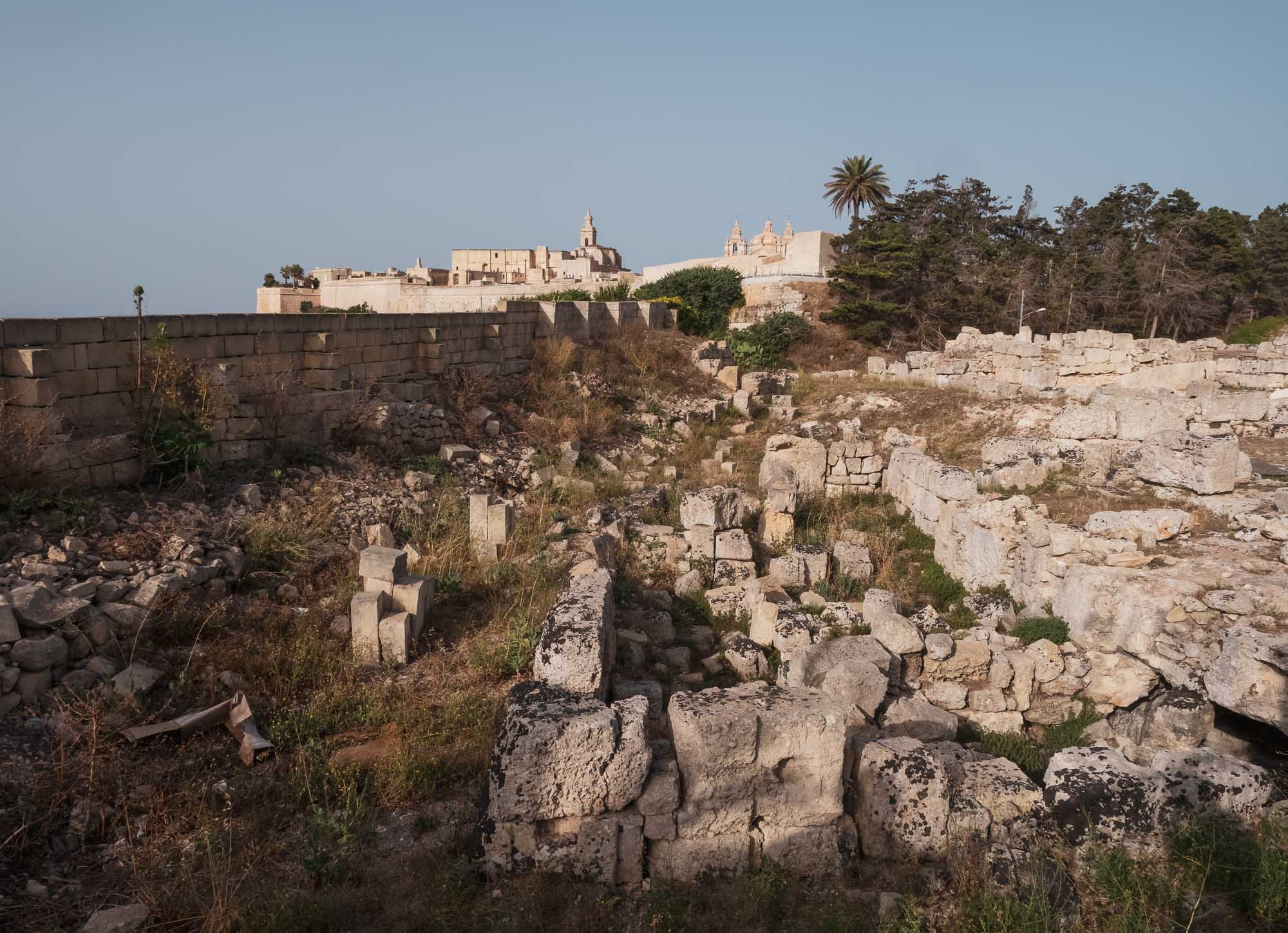
Domvs Romana
The ruins of this 1st century BCE Roman theatre with the background of Mdina.
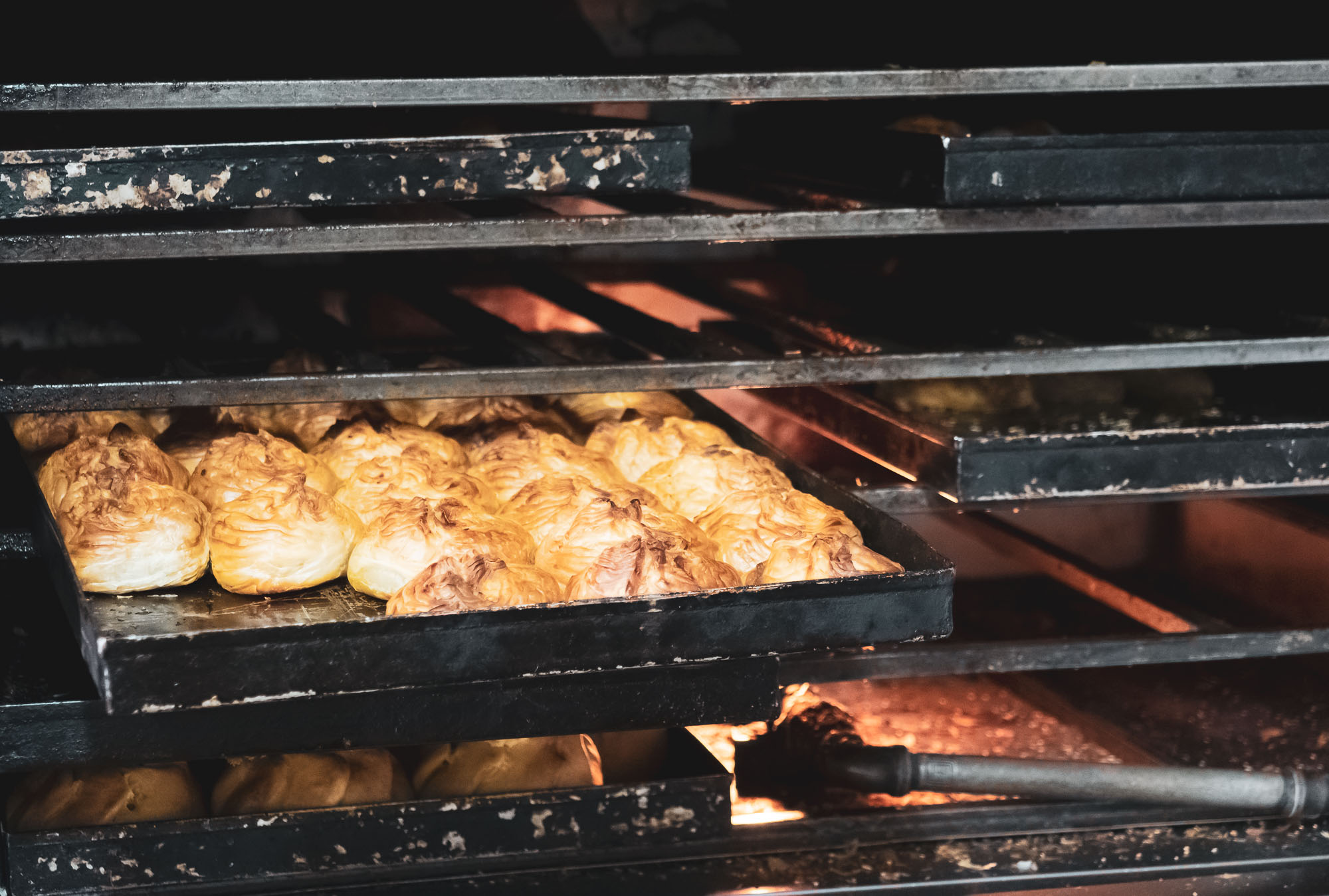
Pastizzi
One of the most famous Maltese specialties - indeed, it's delicious.
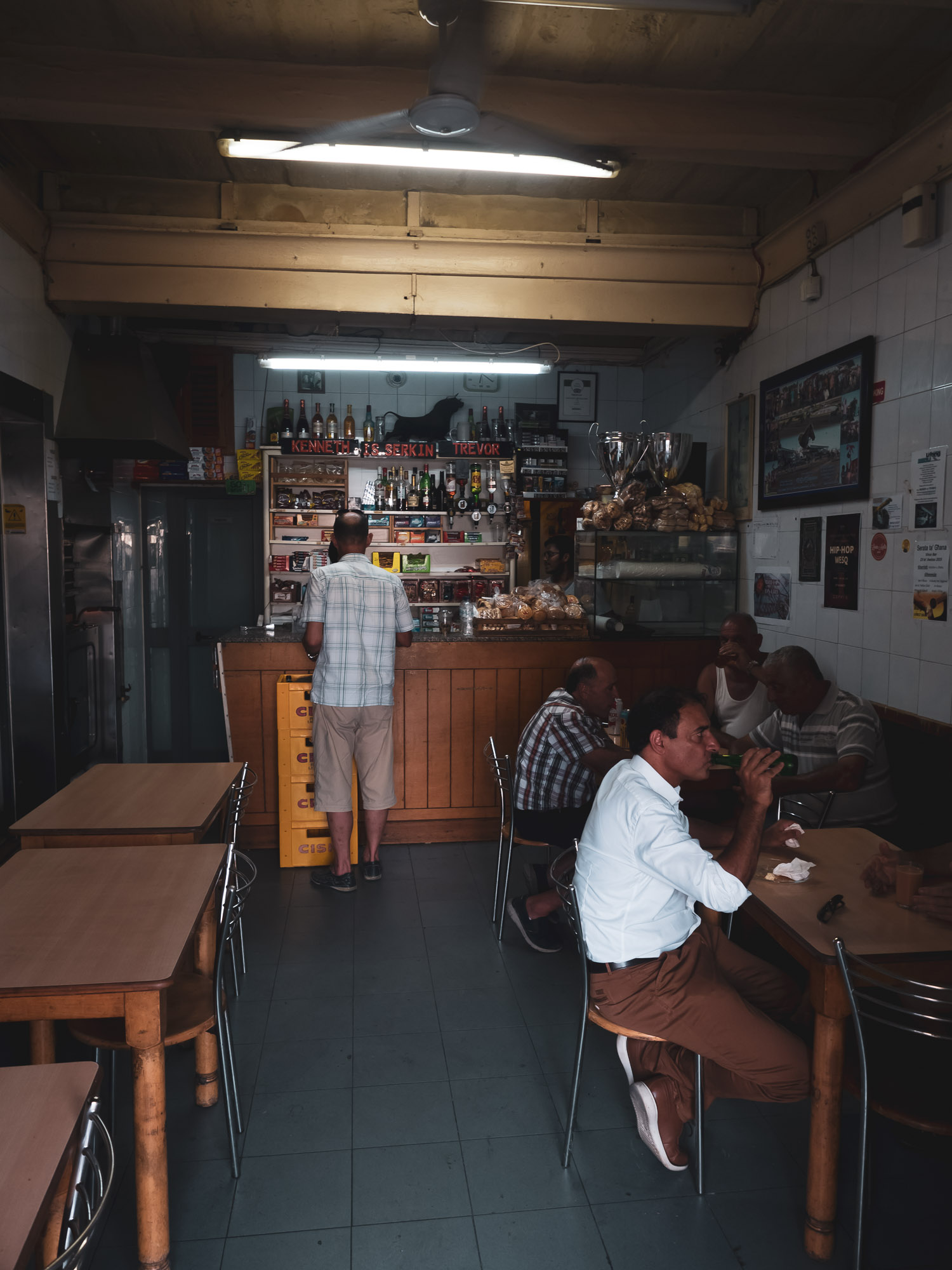
Inconspicious
Local man enjoying an evening drink in a place serving what is said to be the best Pastizzi in Malta, and doing so 24/7, located in Rabat just outside Mdina.
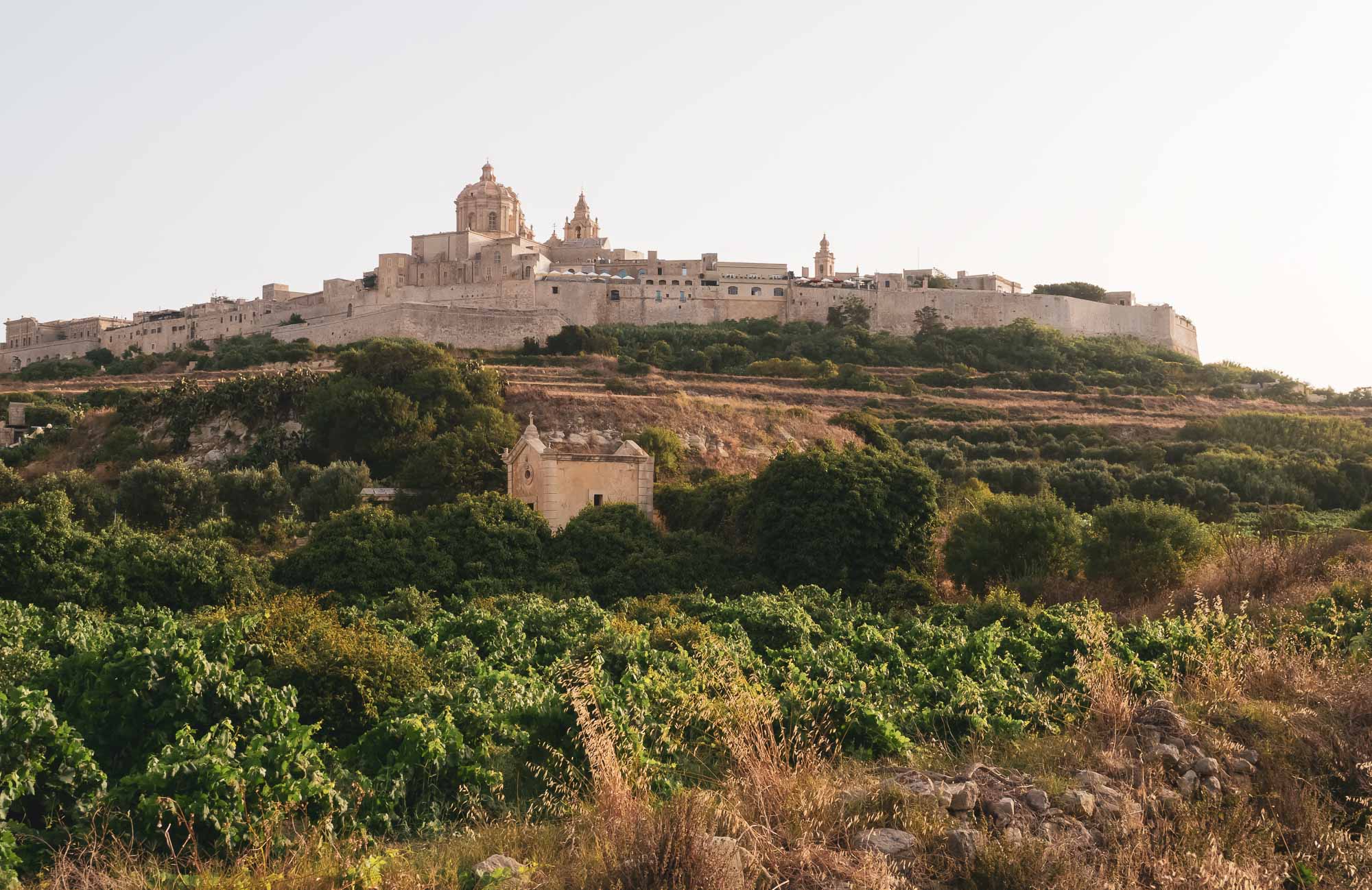
Mdina
Mdina seen from a distance shows its elevated position.
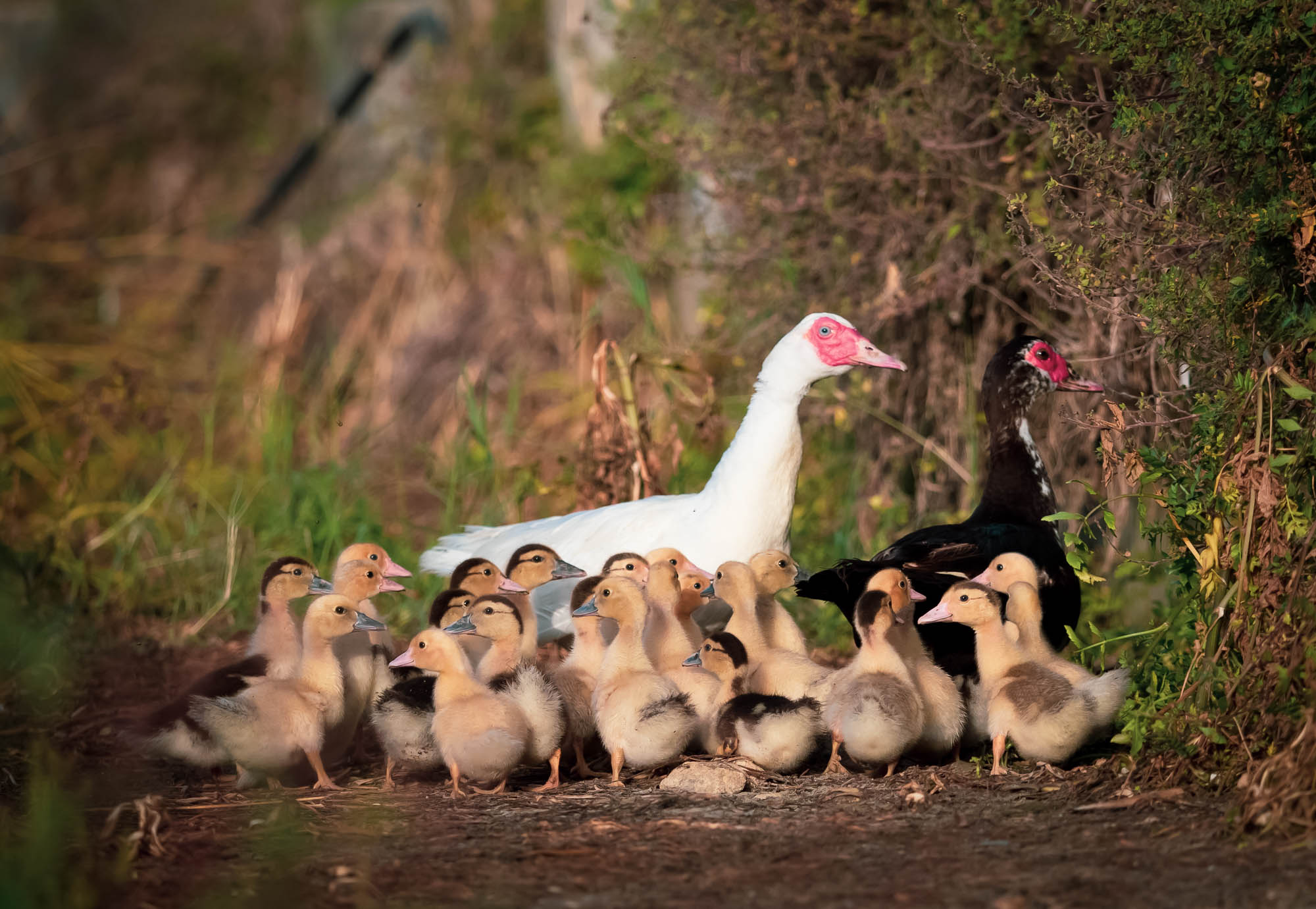
Family Happiness
Or dinner?
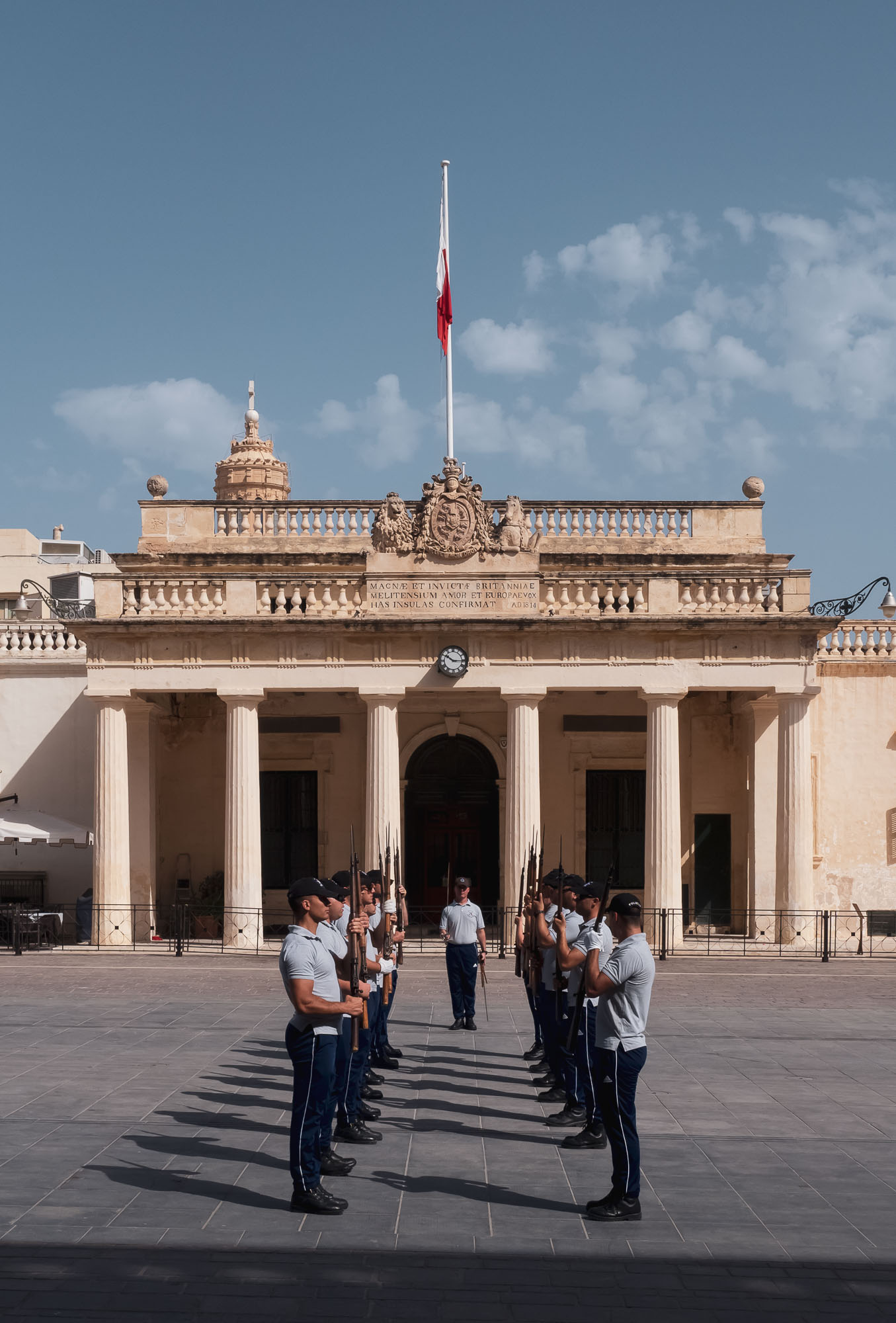
Parade
Officers practicing on St George's square.
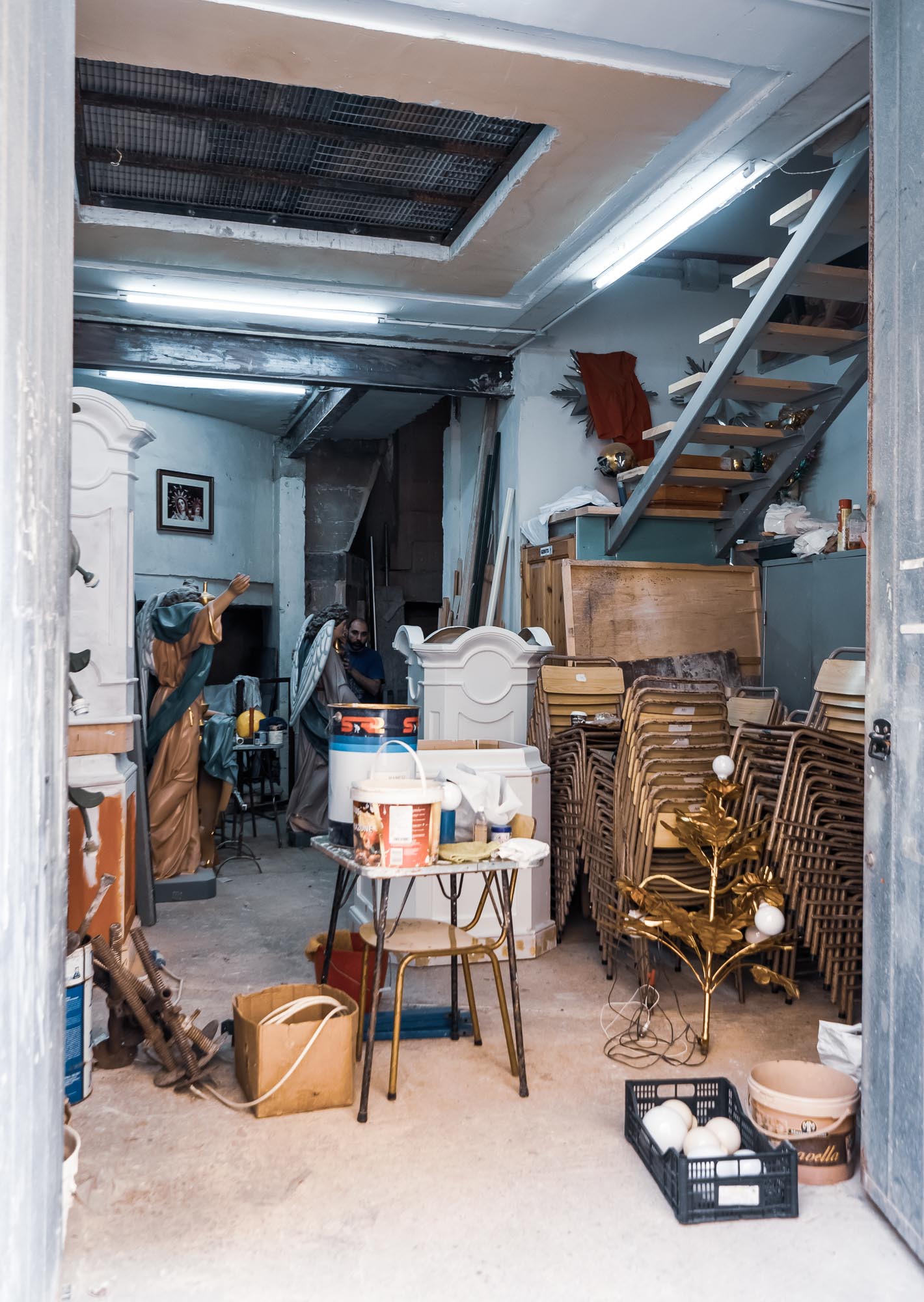
Restauration
Stumbled into this little workshop. restoring figures and other parts of the nearby Our Lady of Mount Carmel church.
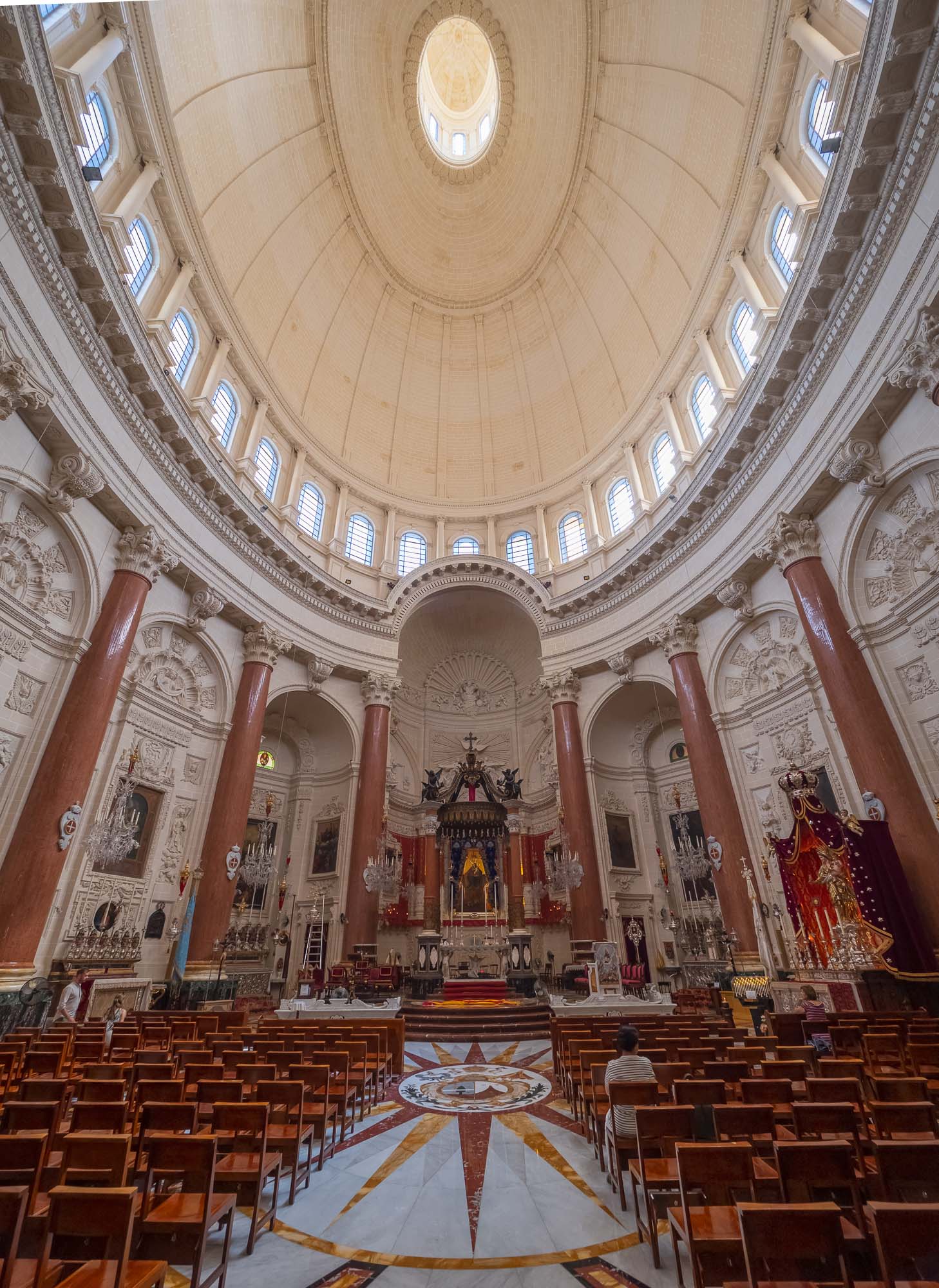
Our Lady of Mount Carmel church
The interior of the aforementioned church.
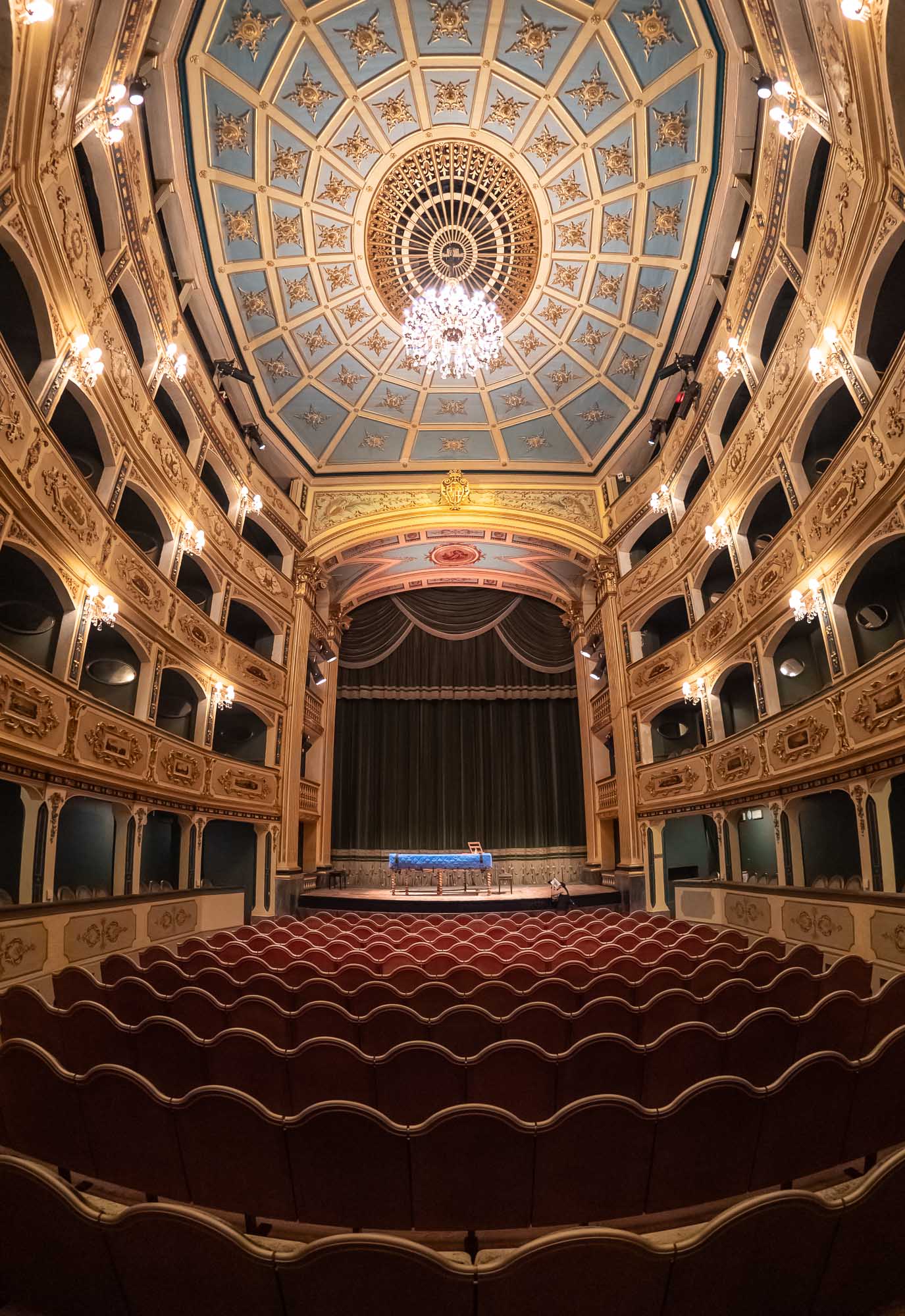
Hidden Spot
On my last morning, I discovered this gem - the Teatru Manoel.
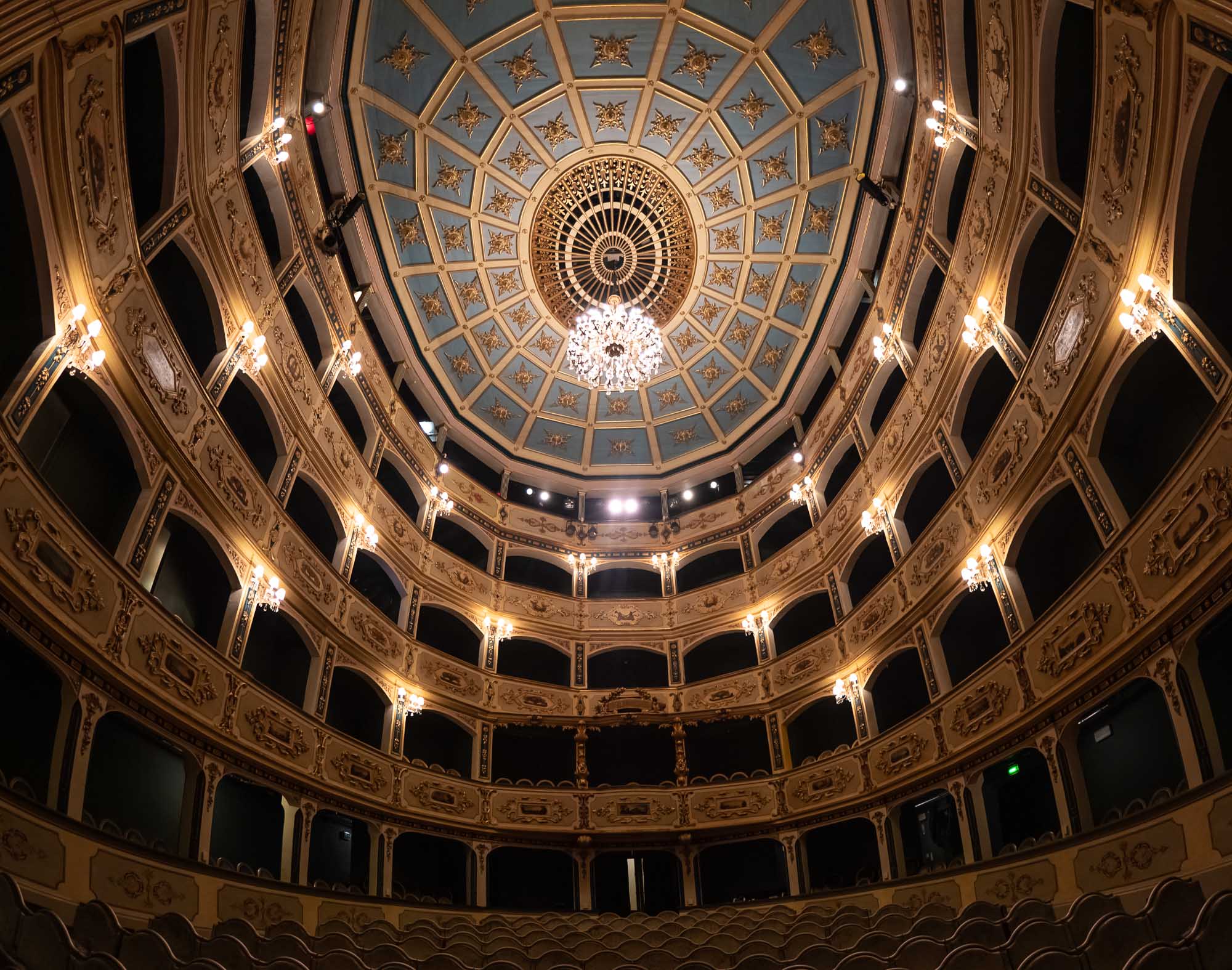
Manoel Theatre
Said ot be Europe's third-oldest working theatre, it isn’t as big as it looks here, with only 623 seats.
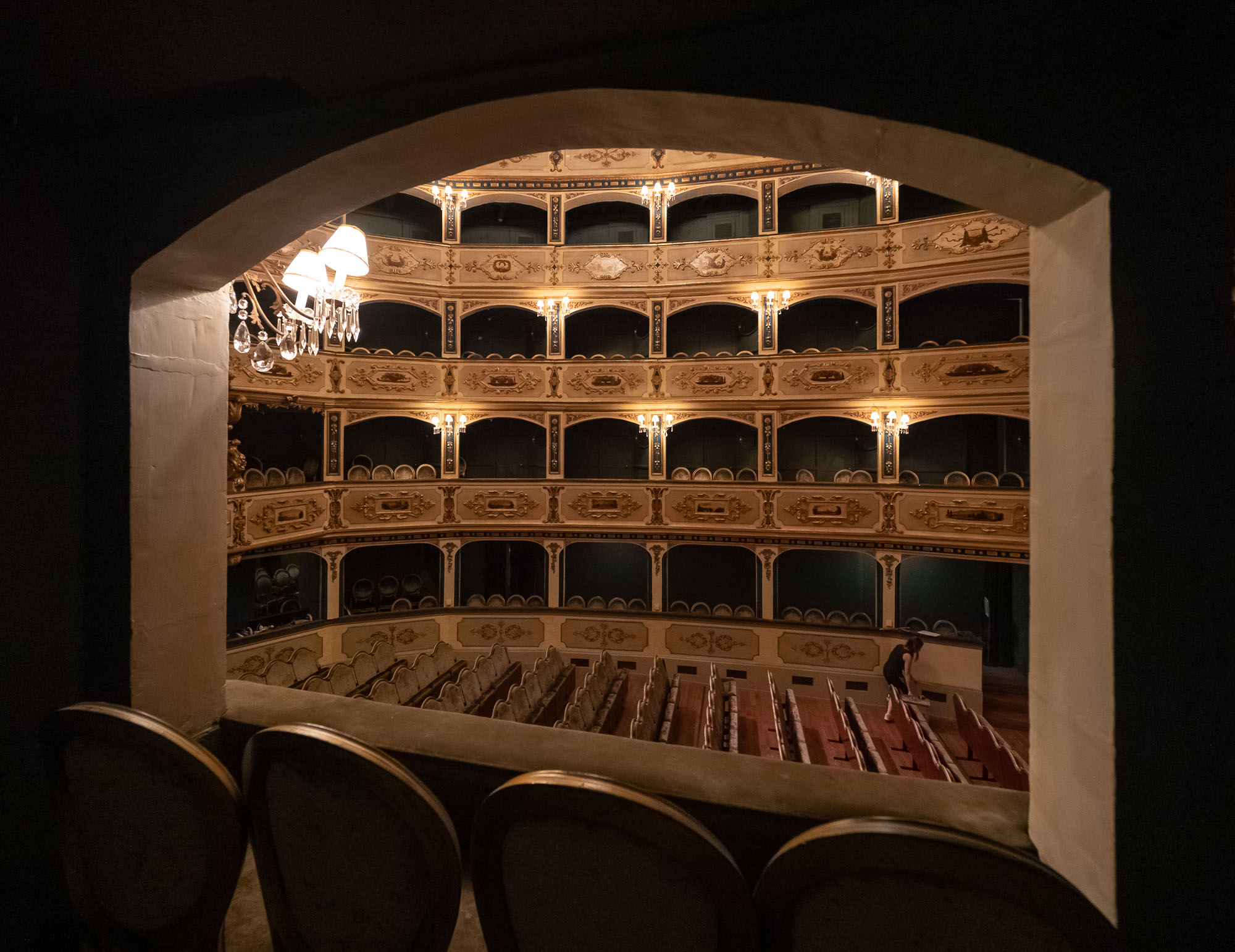
Work in Progress
This view gives away that the theatre is actually quite small. Note the woman on the bottom right, doing restoration on one of the decorative paintings on the wall.
Minneapolis & "The Quietest Place on Earth"
The yearly trip to HITEC - the world’s largest hospitality technology show - this year brought me to Minneapolis, MN, in the United States.
Since I’m always up for exploring a new place, I couldn’t resist to stay an extra day to make the 26h trip from Dubai a little more worthwhile - and it definitely was!

The yearly trip to HITEC - the world’s largest hospitality technology show - this year brought me to Minneapolis, MN, in the United States.
Since I’m always up for exploring a new place, I couldn’t resist to stay an extra day to make the 26h trip from Dubai a little more worthwhile - and it definitely was!
Minneapolis has a rich history as the milling capital of the US, owing to the Mississippi River running through the city, and is home to a few interesting sights.
As I only had a few hours, I didn’t take my camera along, so all the photos here are shot on iPhone XS.
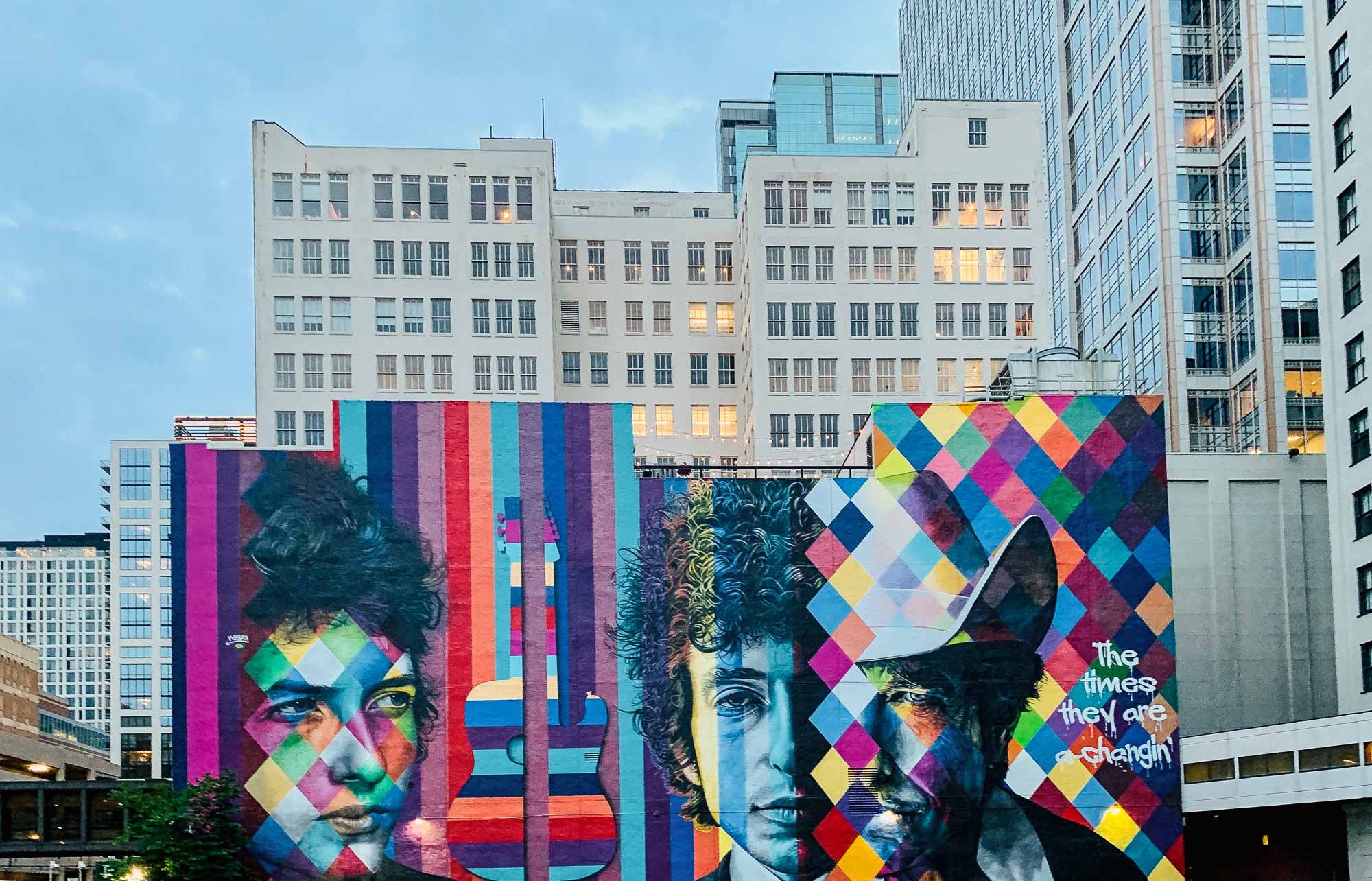
Bob Dylan
One of Minnesota’s most famous sons has his own mural in Minneapolis. It was commissioned by the buildings owner, and cost $50,000.
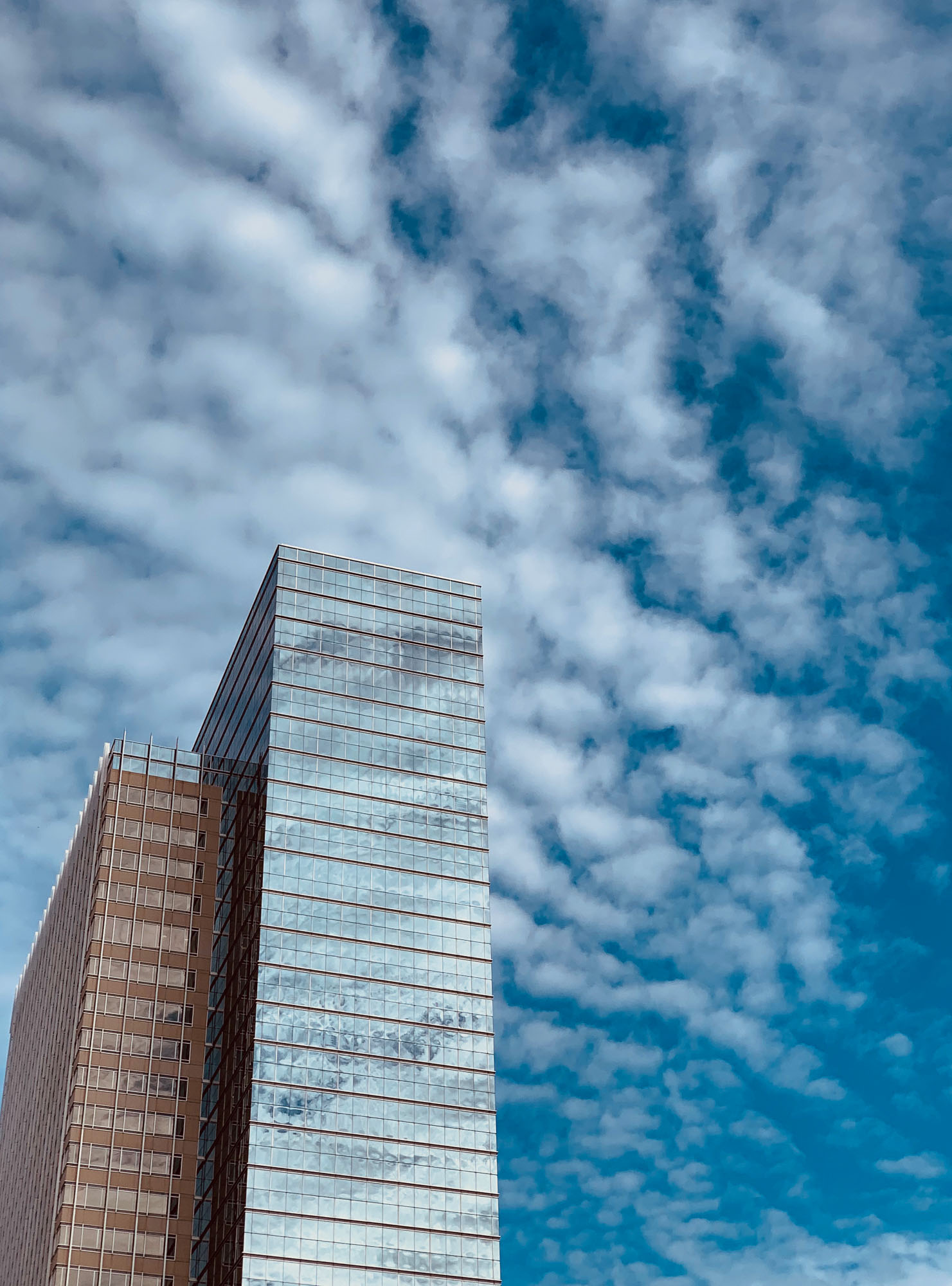
Blue Skies
Minneapolis has very cold winters - luckily, June is more pleasant.
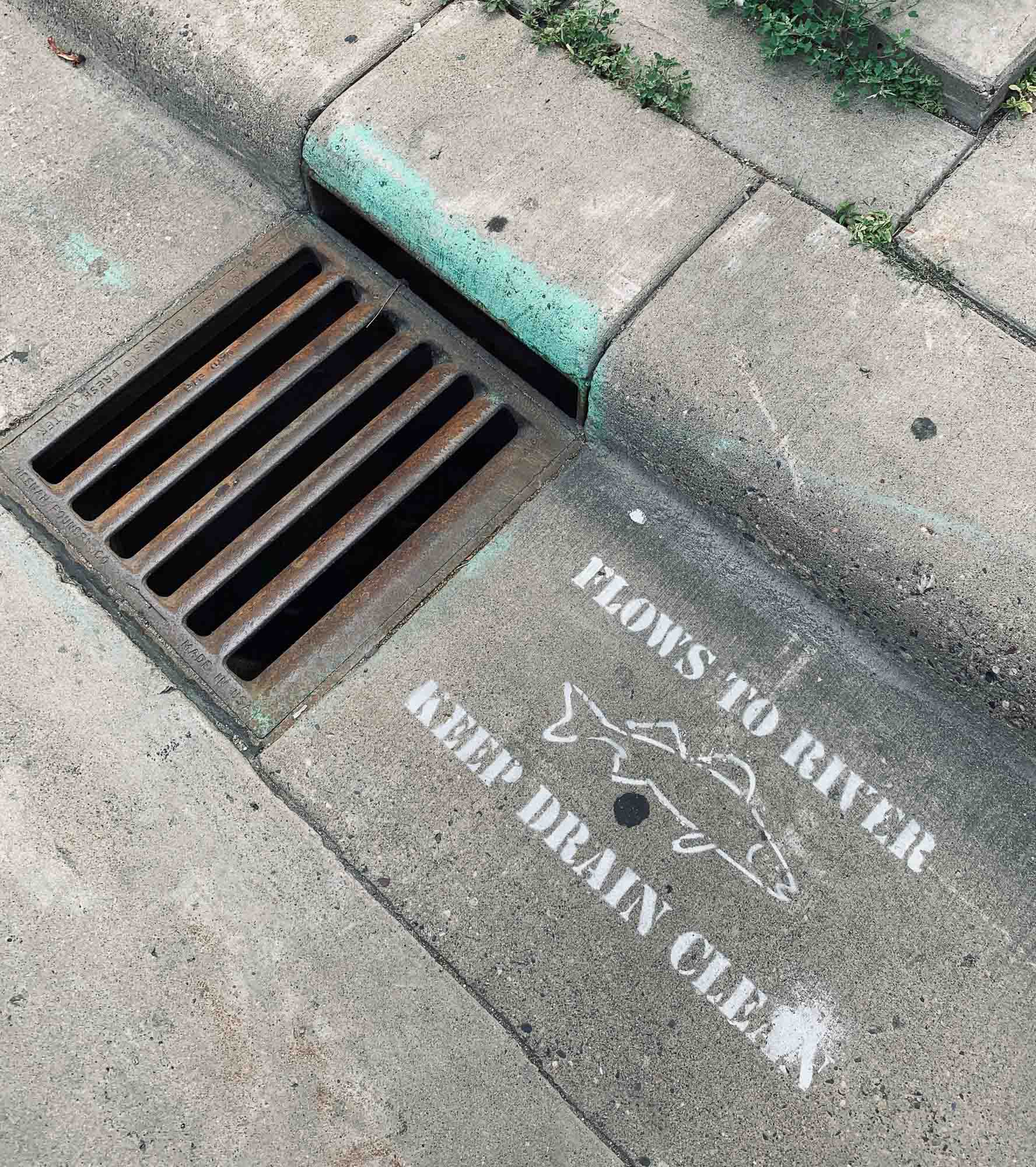
River
The city owes a lot of its development to the Mississippi river.
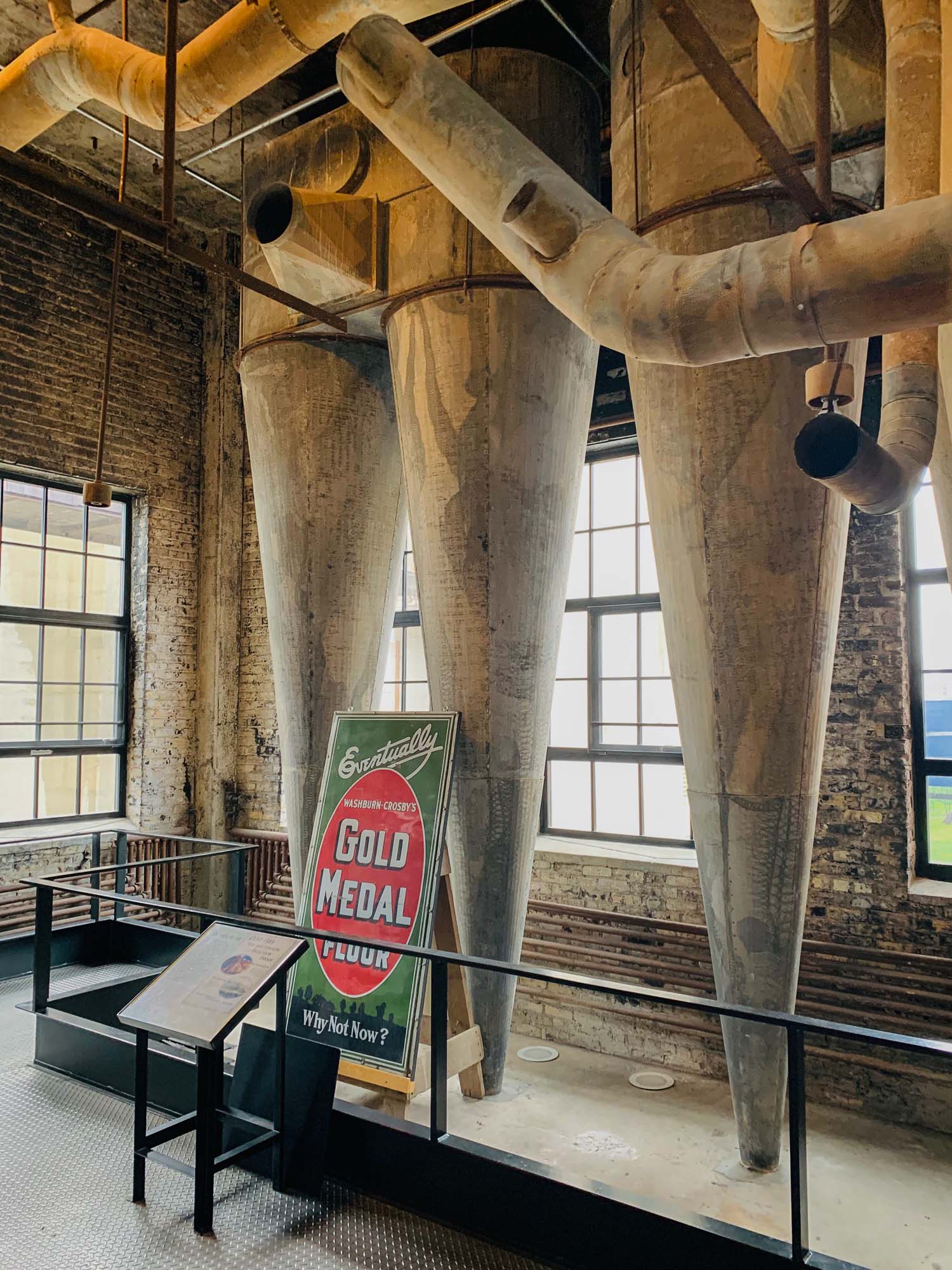
Mill City Museum
The museum pays homage to the milling history of the city, which was a major driver for its economic development.
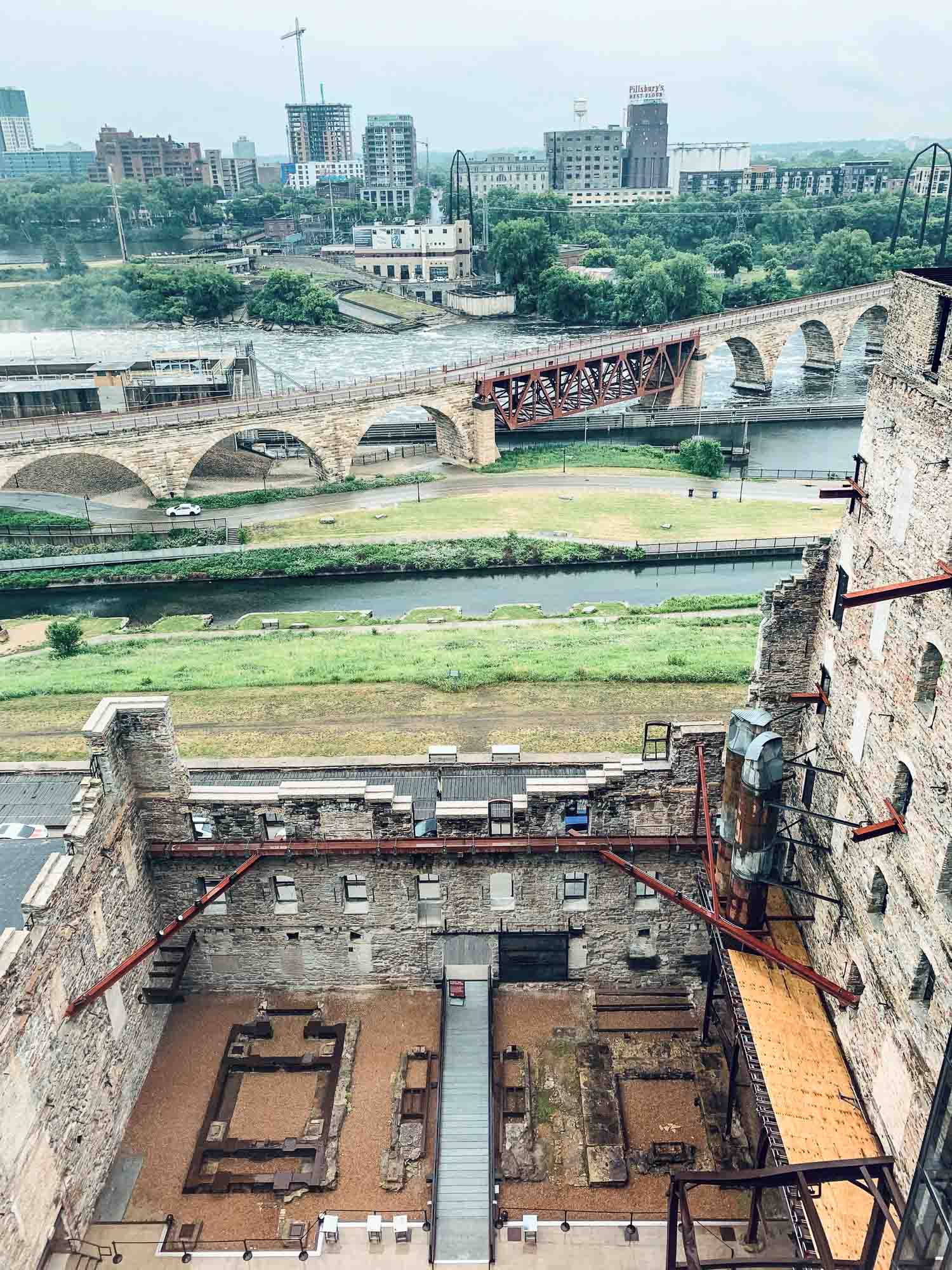
Damage
In 1878, a spark ignited airborne flour dust within the mill, creating a huge explosion that demolished a big part of the building and killed 18 workers instantly.
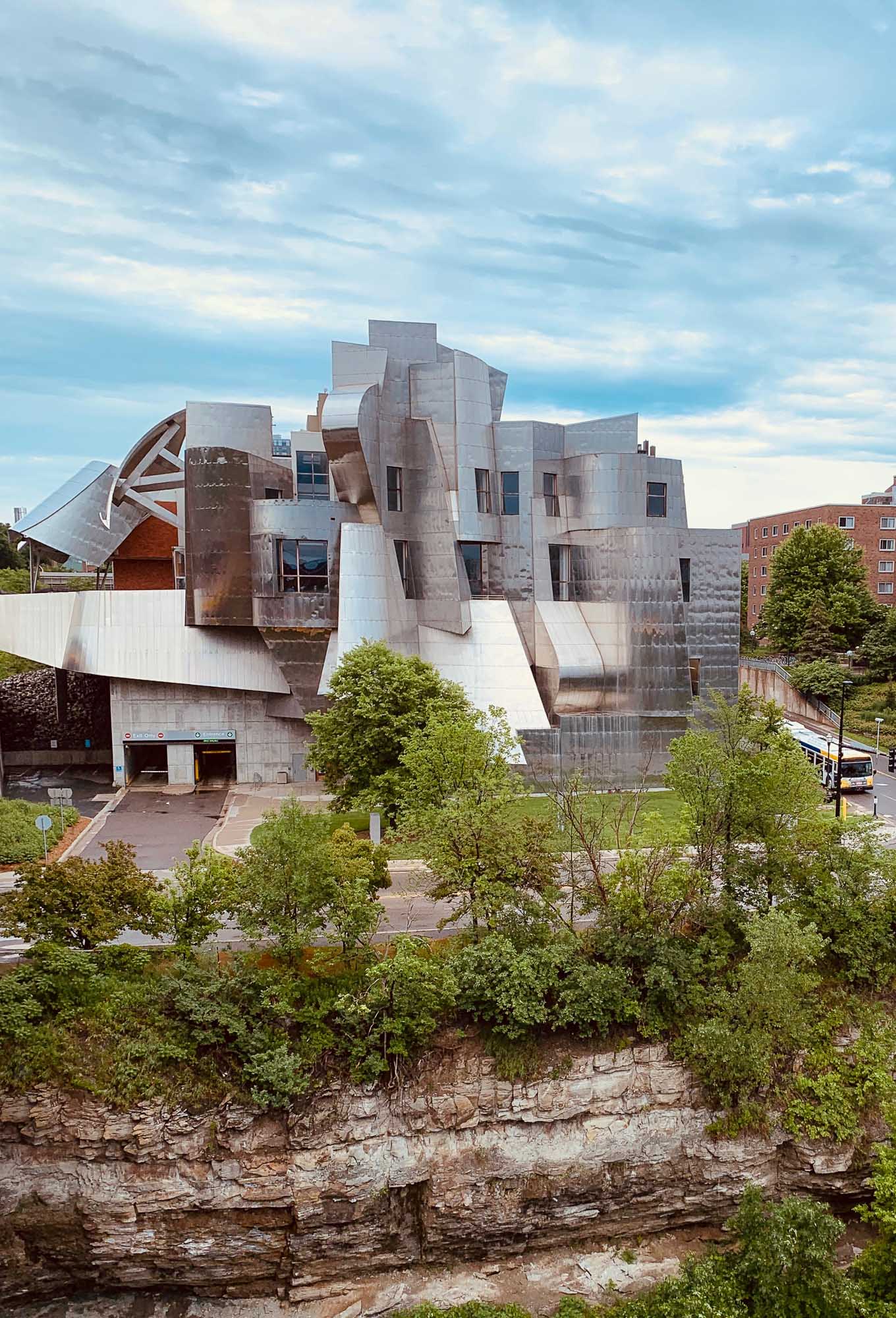
Frederick R. Weisman Art Museum
The Frank Gehry-designed building is located just on the river cliffs in the University district.
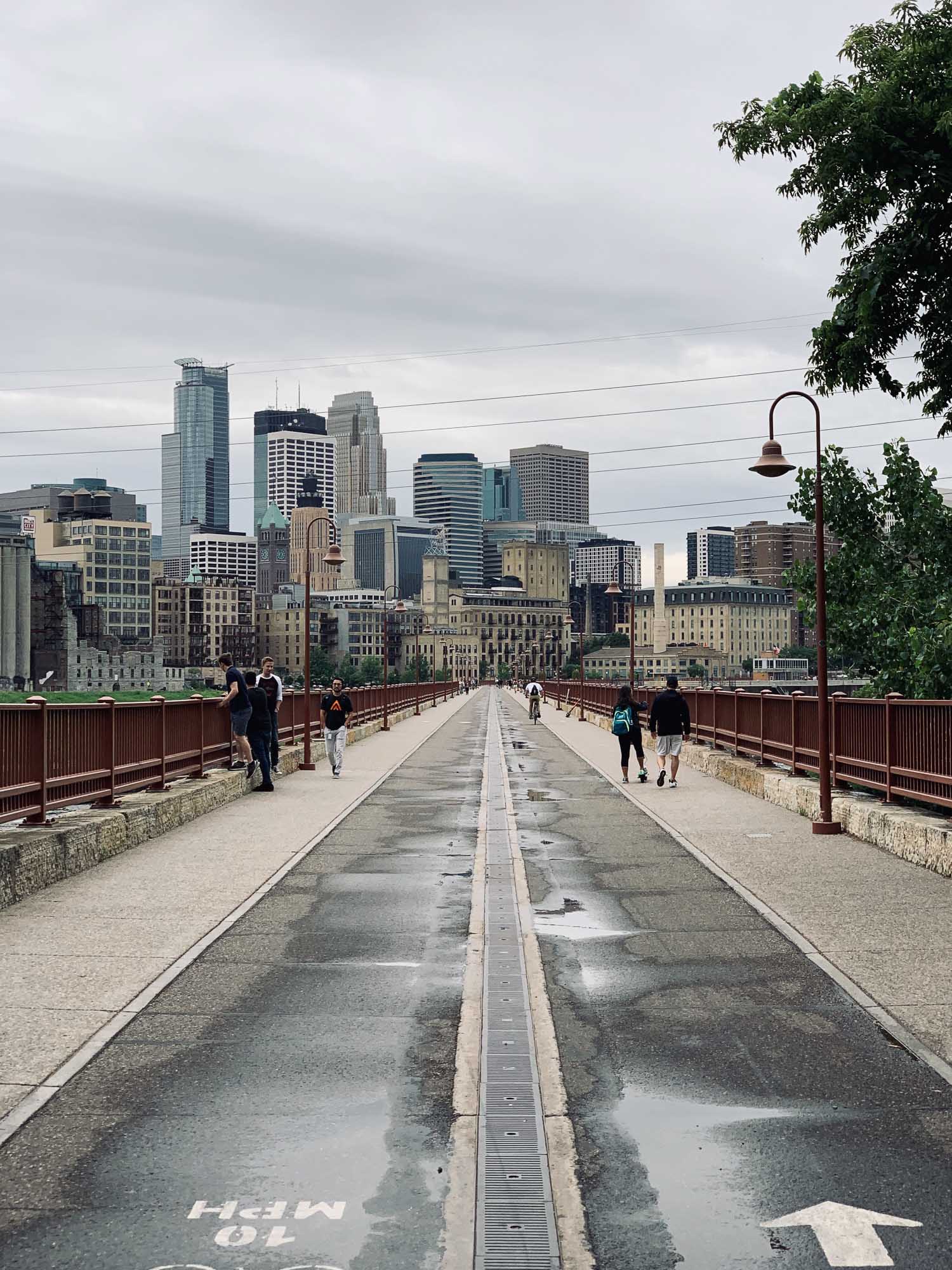
Crossing the River
Walking over the Stone Arch bridge, which originally opened in 1883.
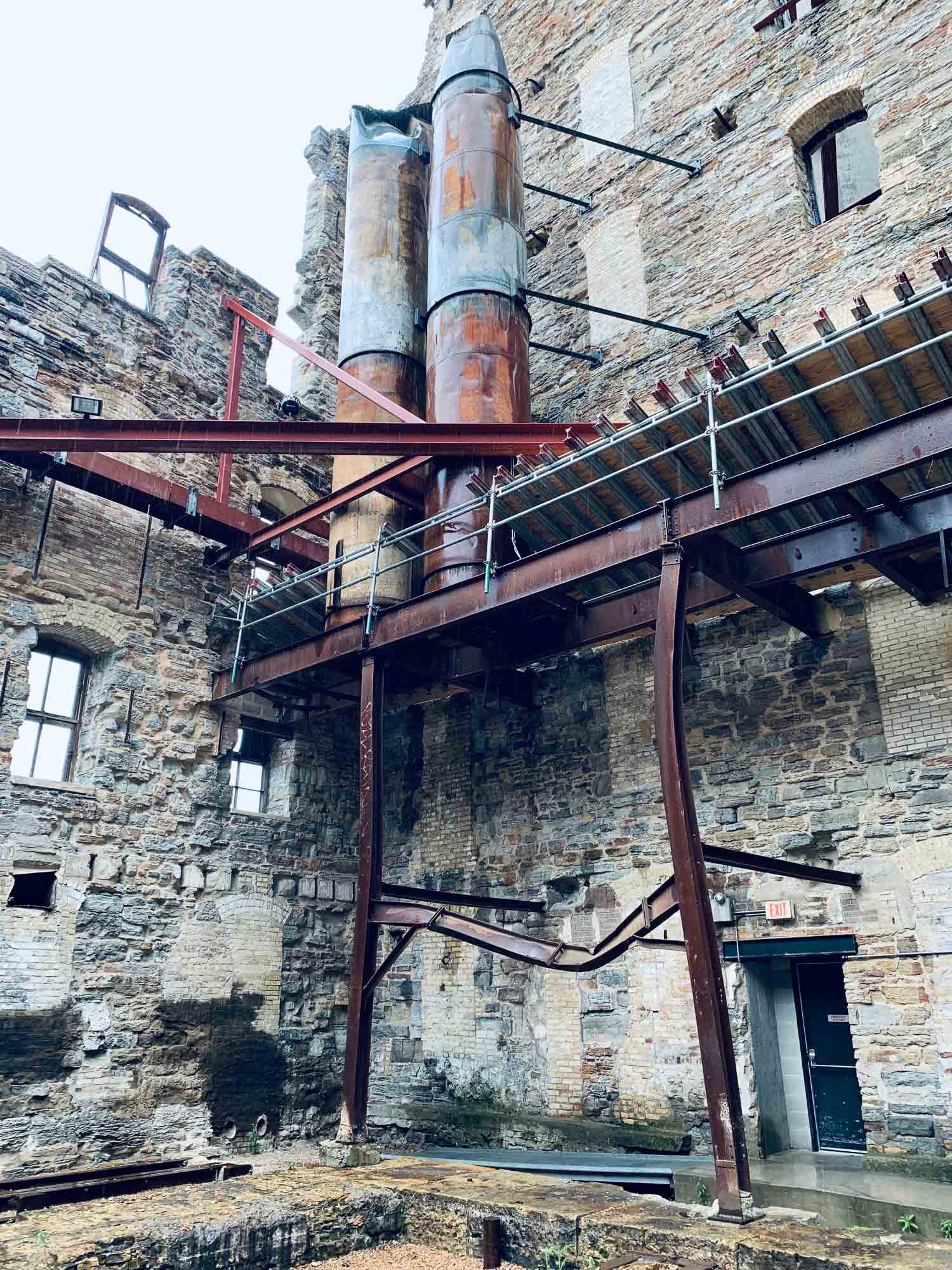
Leftovers
The mill was rebuilt in 1880 as the largest in the world at the time, and ran until the 1960s. A fire gutted it in 1991, after which it was turned into a museum.
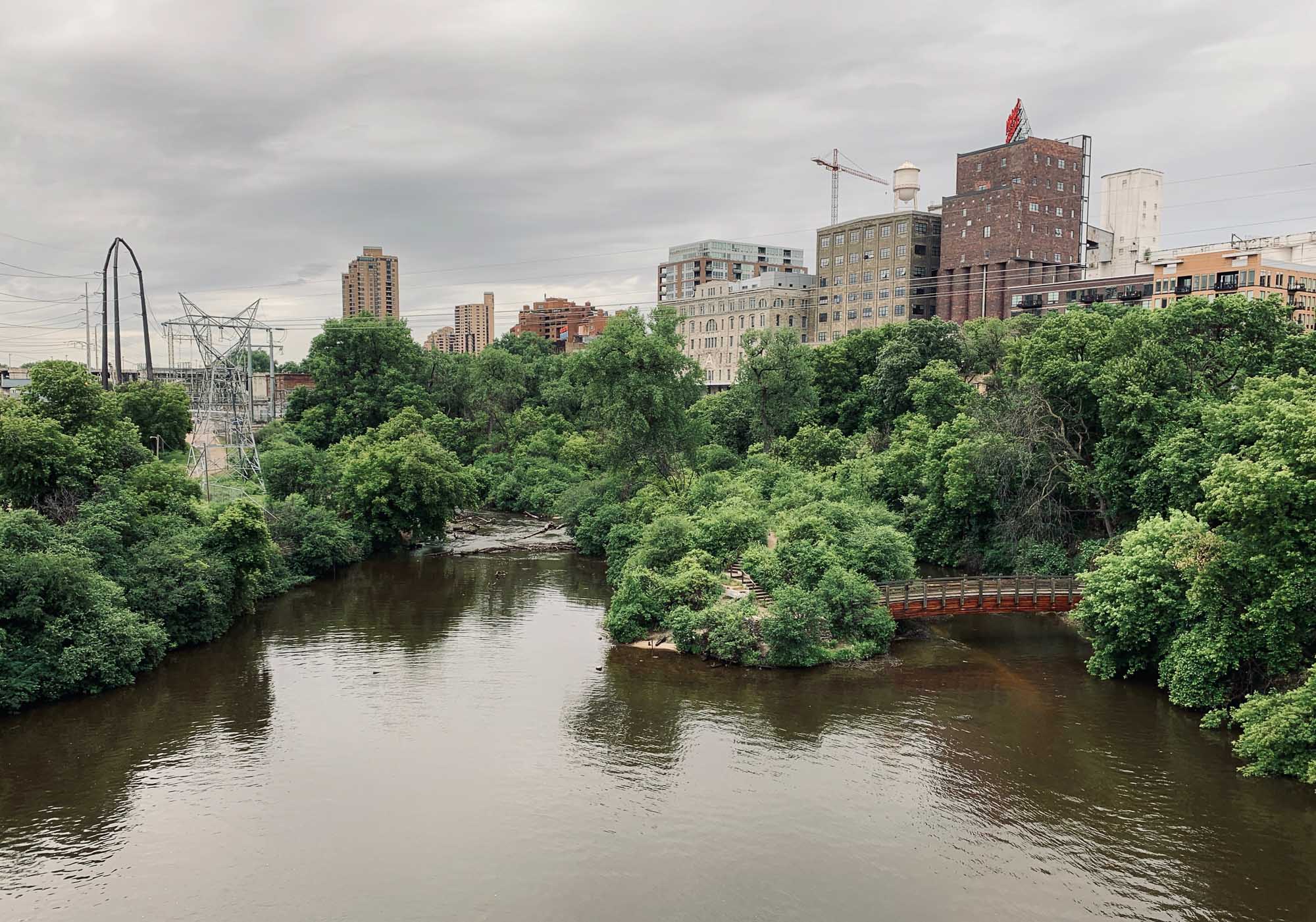
Water Power
Minneapolis developed around Saint Anthony Falls, the highest waterfall on the Mississippi River and a source of power for its early industry.
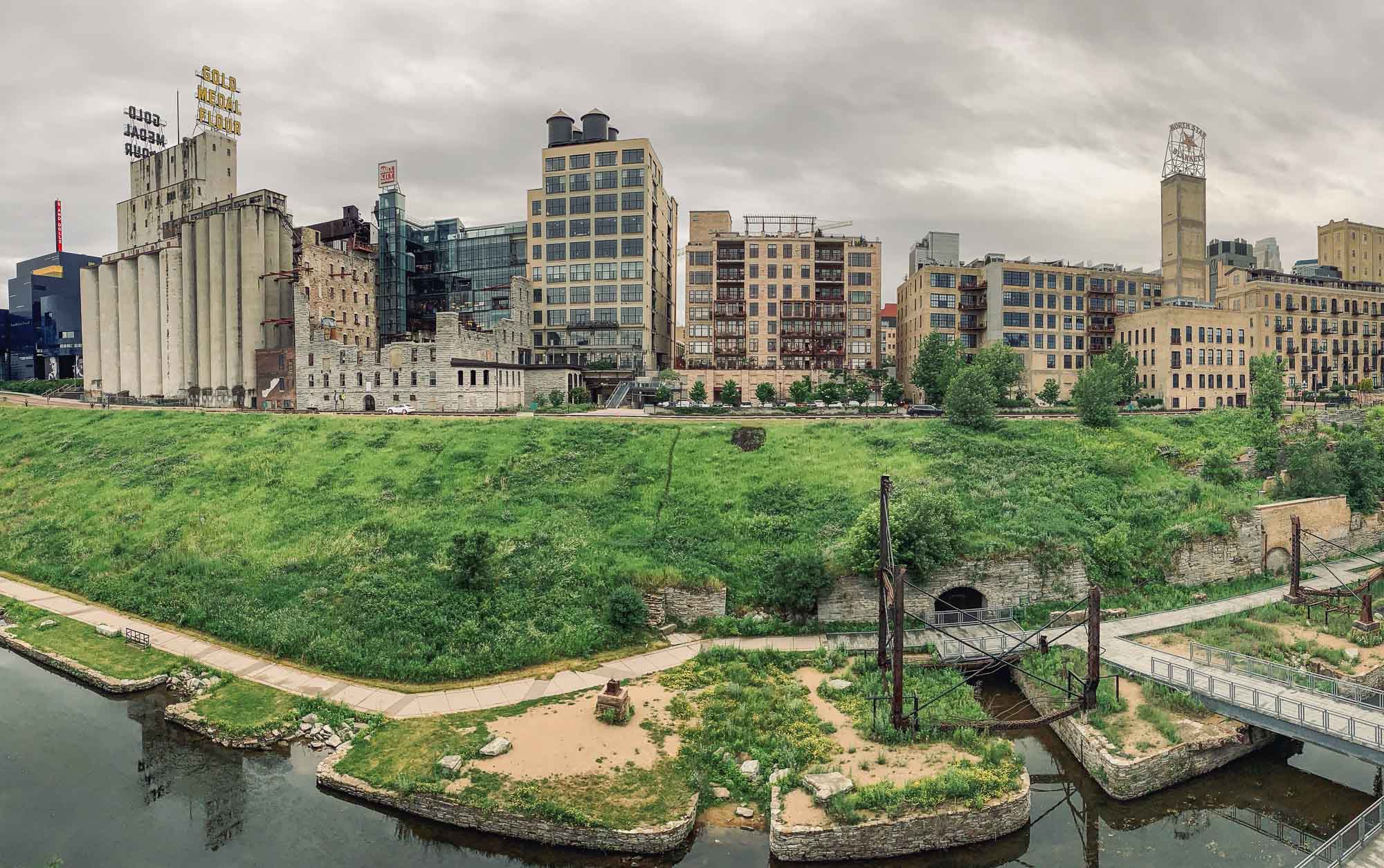
Revived
A view over the newly rebuilt mill district on the banks of the river, still showing the tunnels leading the water to the underground hydrpower generators.
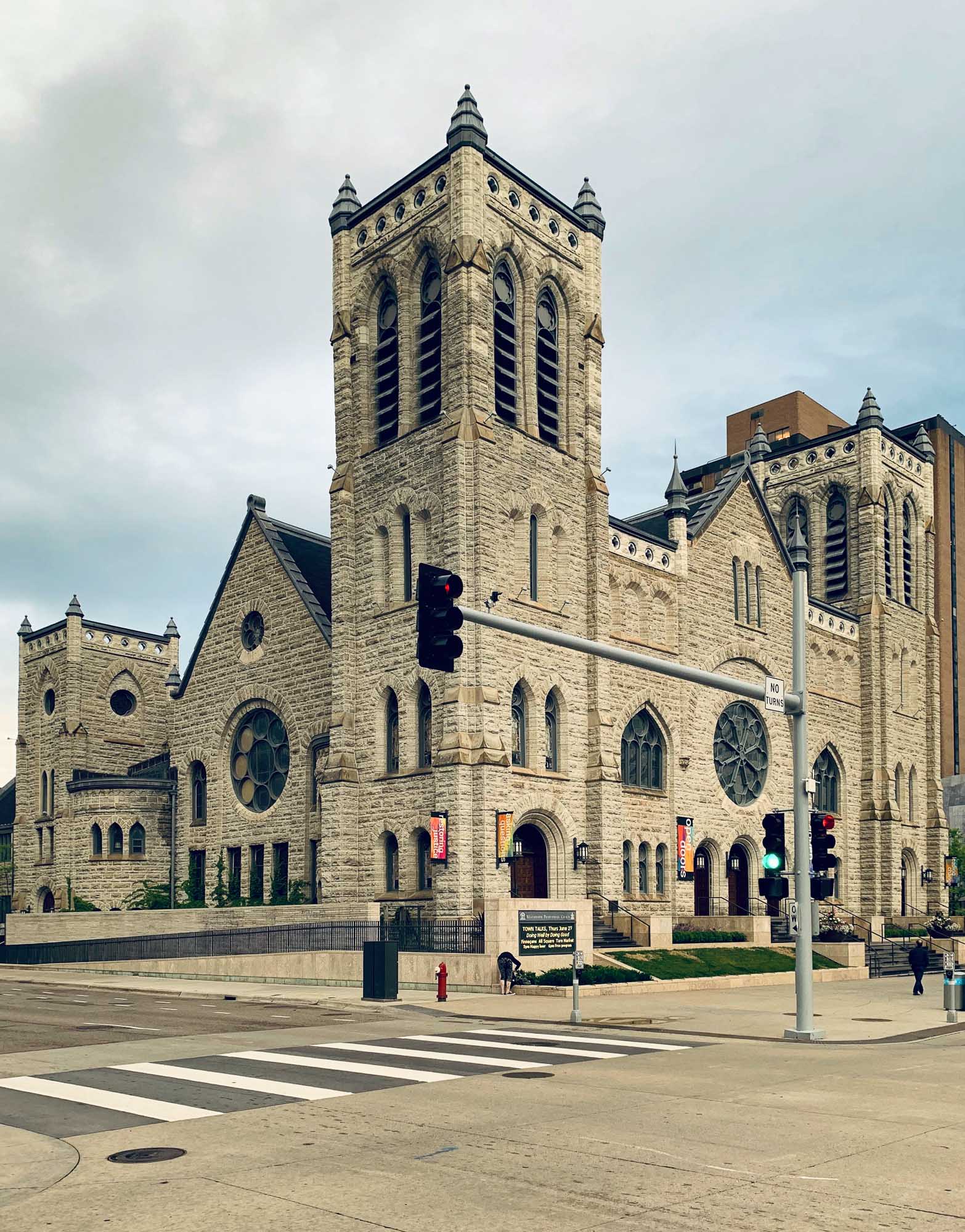
Westminster Presbyterian Church
The 1897 church is one of many in the city.
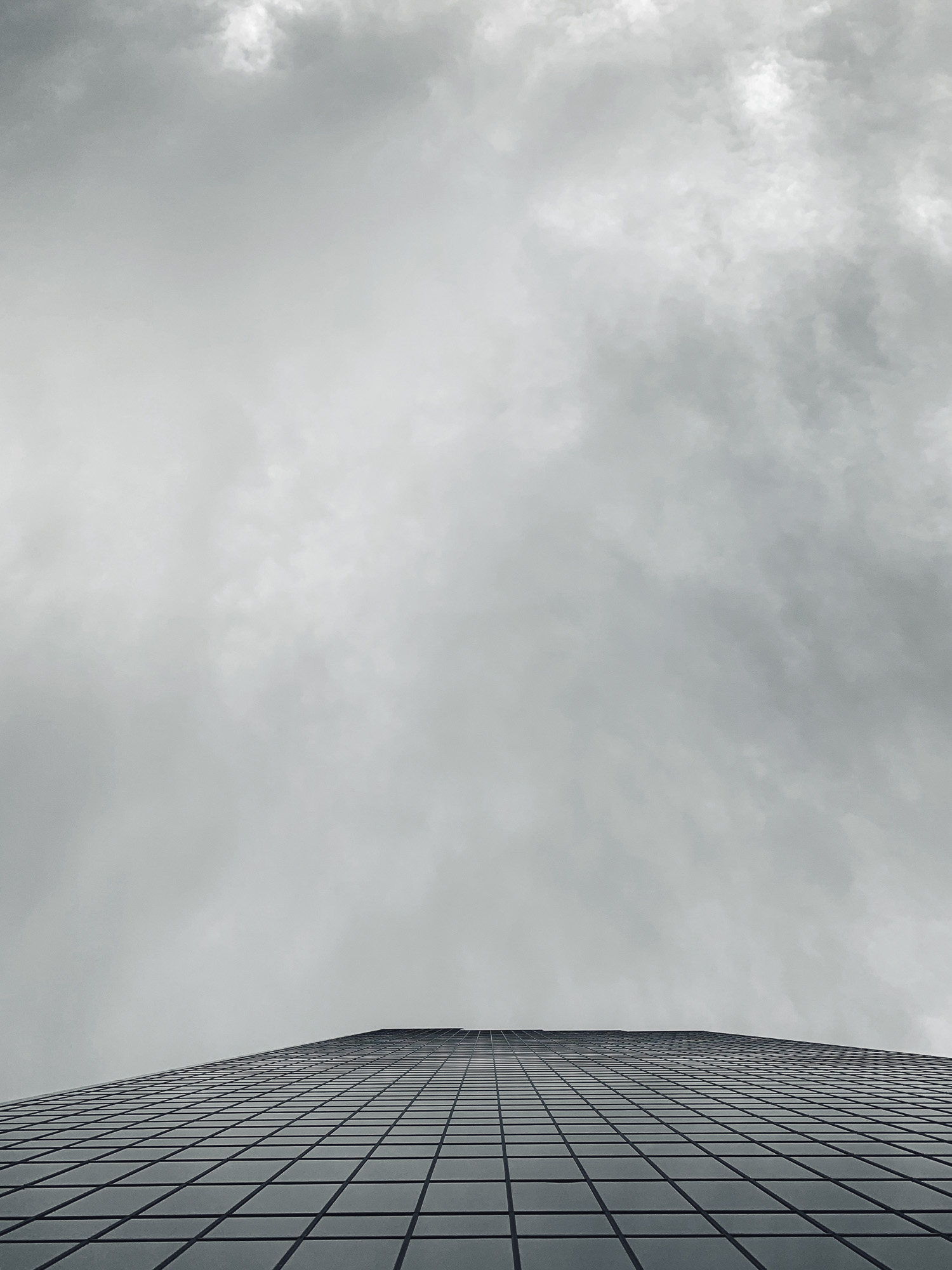
Up
Minneapolis is home to a few interesting skyscrapers.
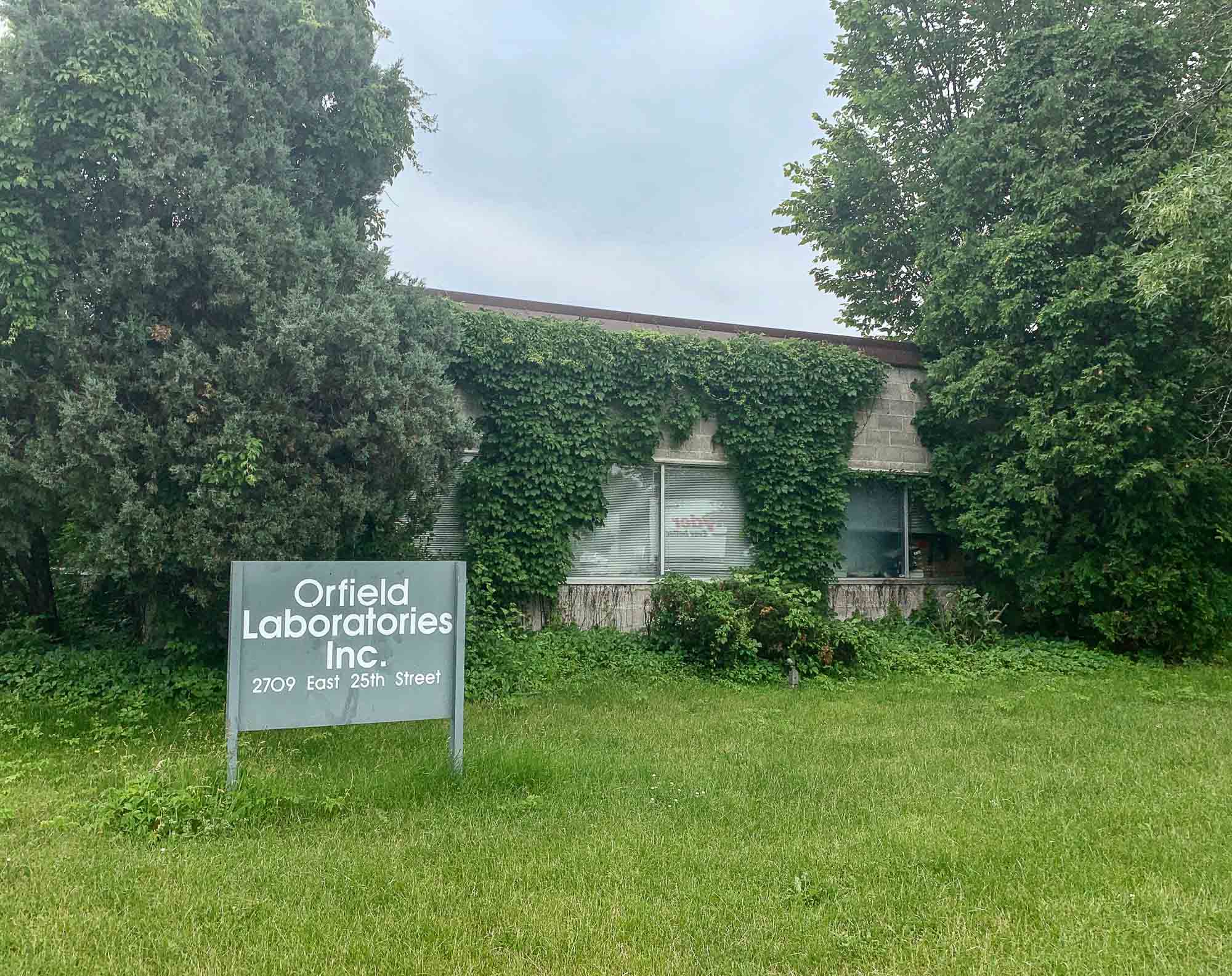
Orfied Laboratories
The studio is located outside the city in an inconspicious building.
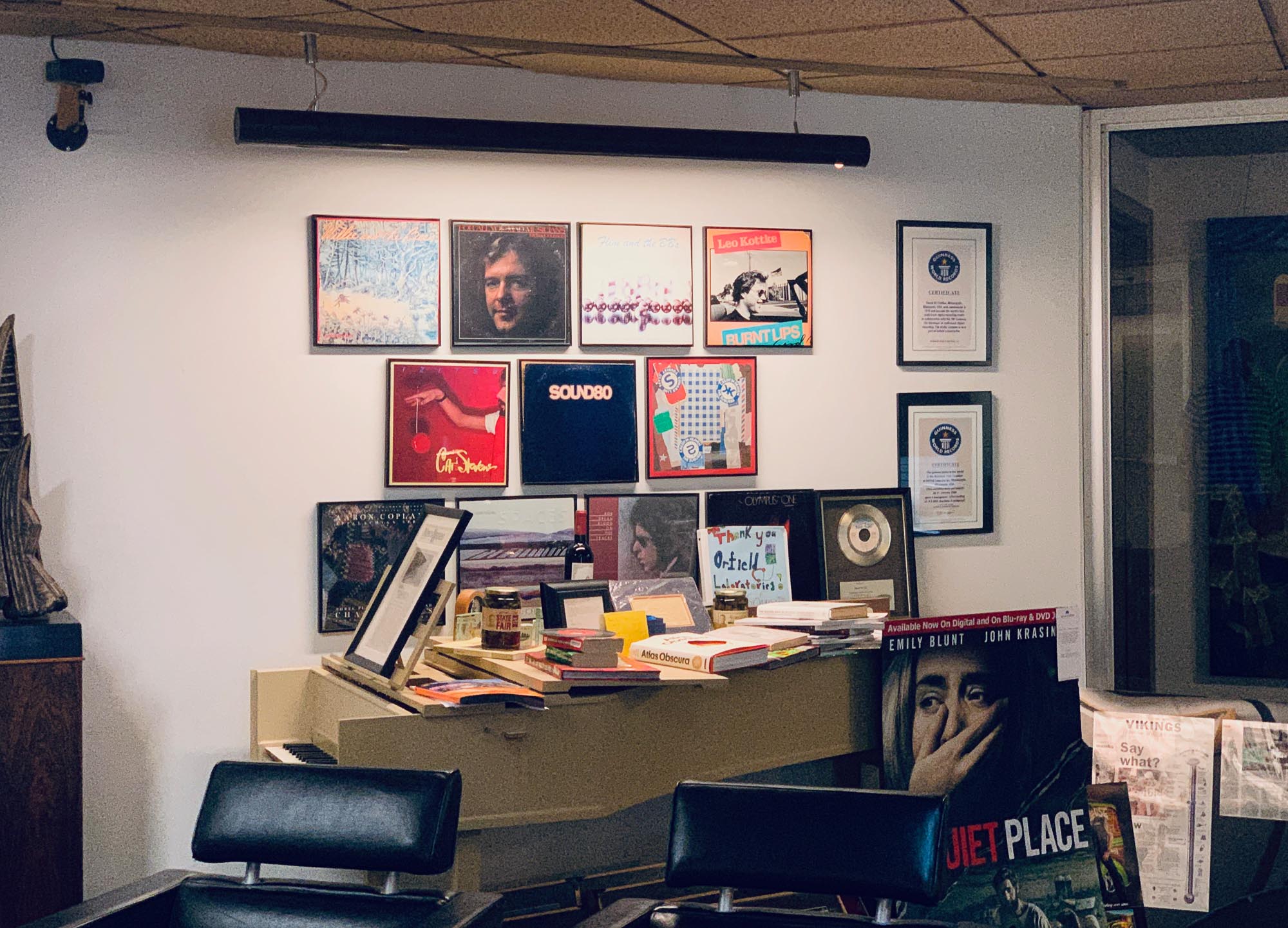
Lobby Relicts
The entrance features copies of the recordings that were created in the studio, and even a poster of the movie "A Quiet Place", as the Anechoic Chamber was used to promote the release.
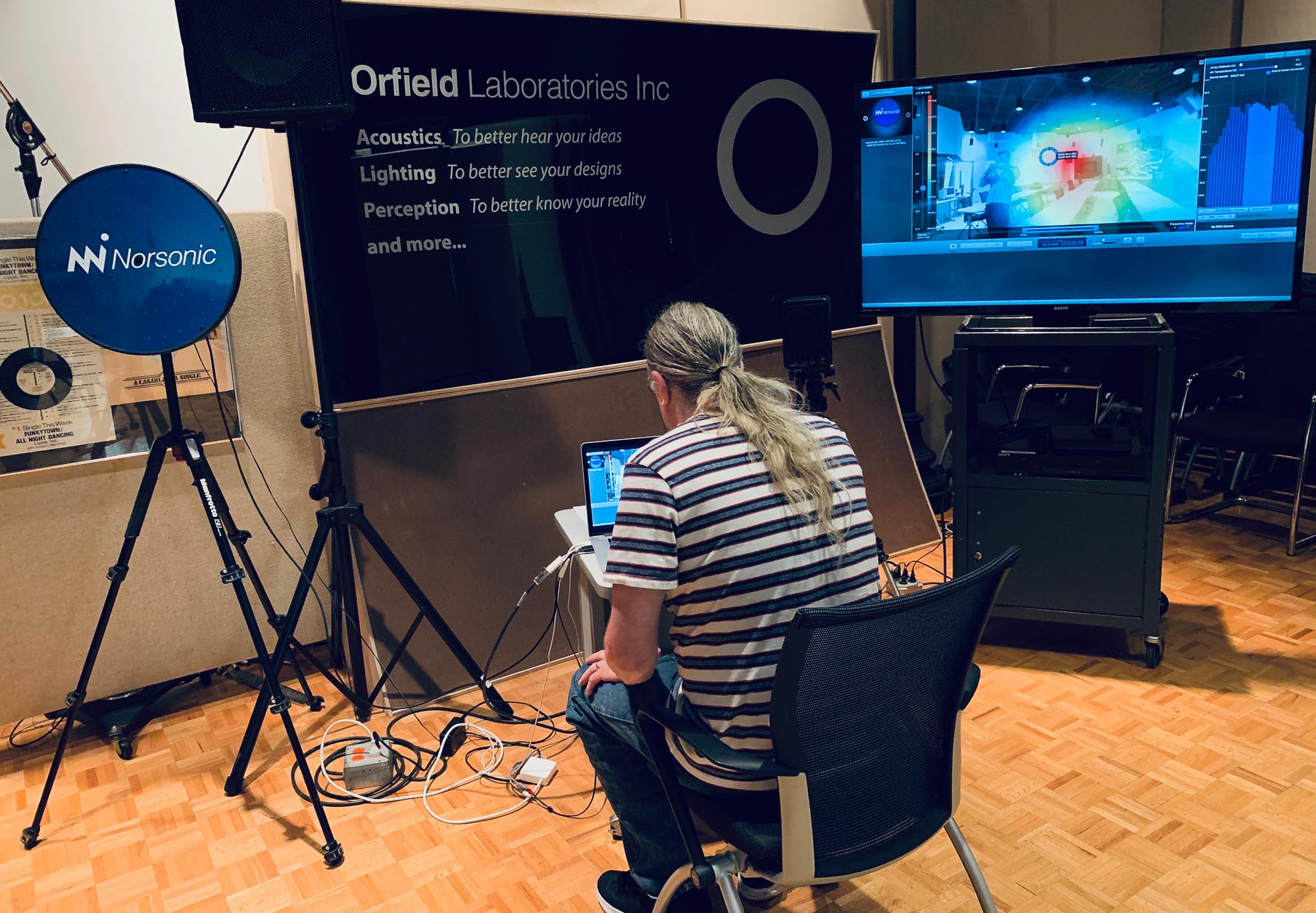
Directional Microphone
An impressive demo of the lab's directional microphone that allows to pinpoint the source and frequency of sound generated in the room.
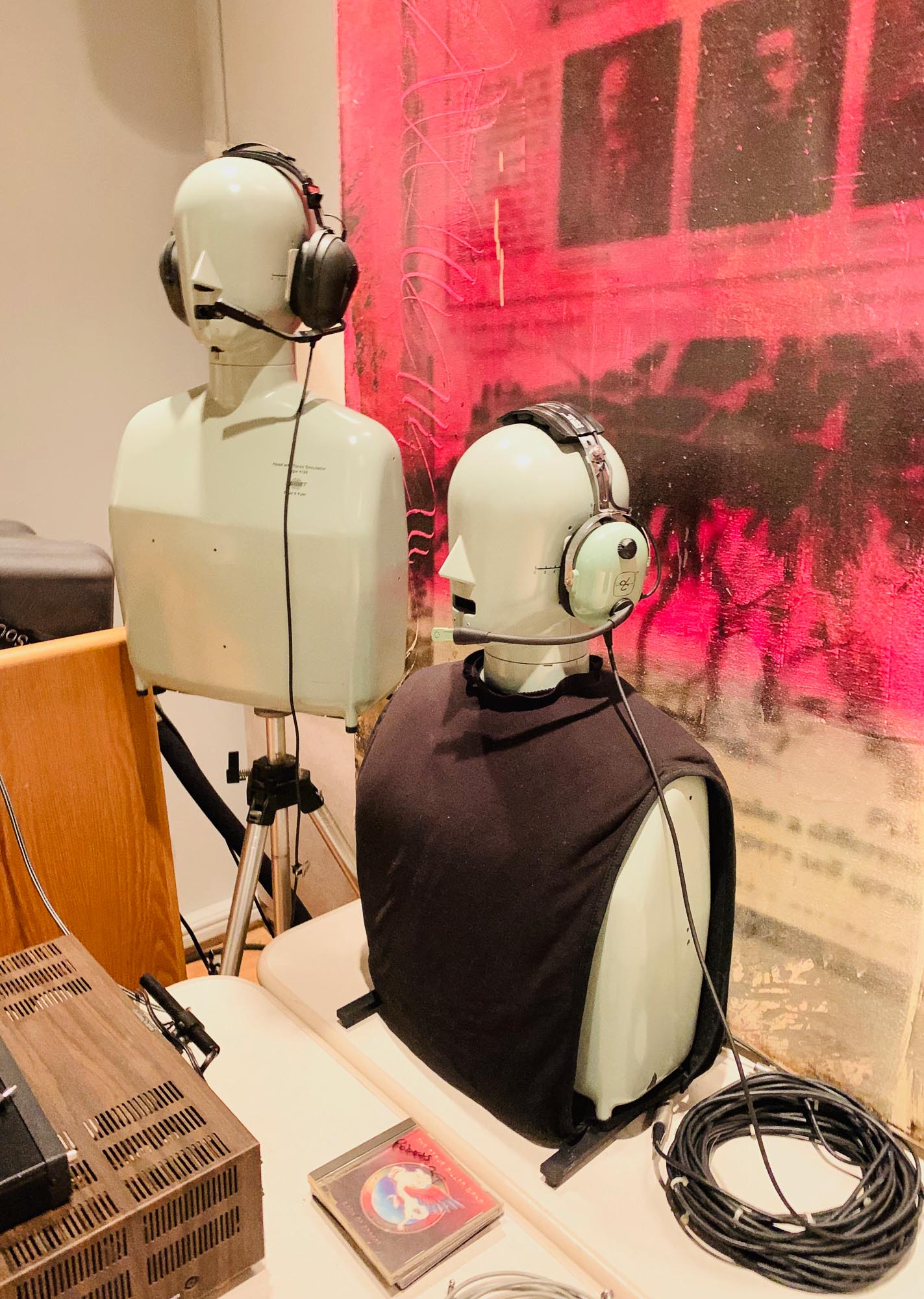
Research
The lab provides all types of acoustic services, from product design and testing to building material selection and more.

Studio B
Tracks like Funky Town were recorded in this studio. Prince and Bob Dylan made records here as well.
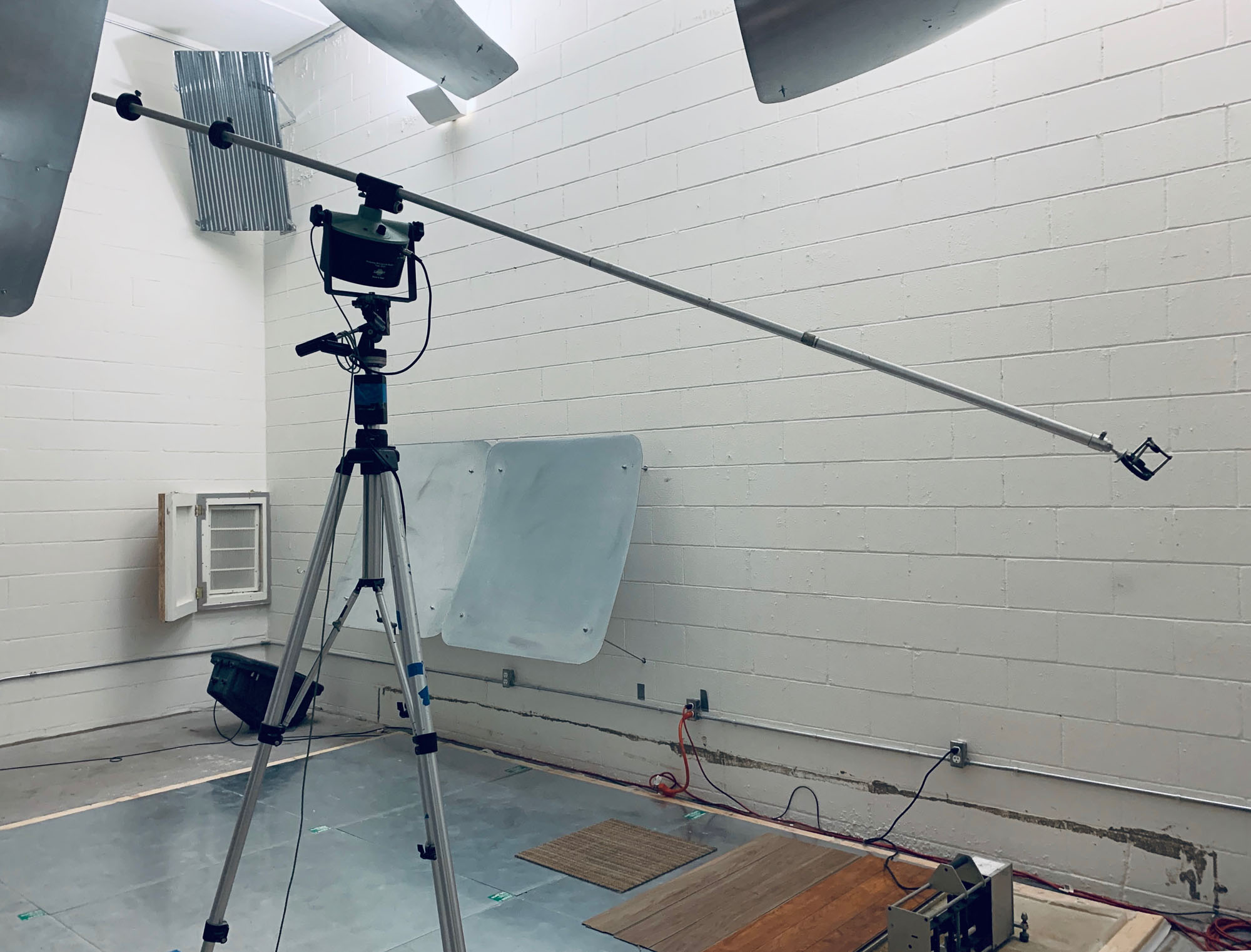
Reverb Rooms
One of the lab's reverb rooms, with the metal plates acting as diffusors.
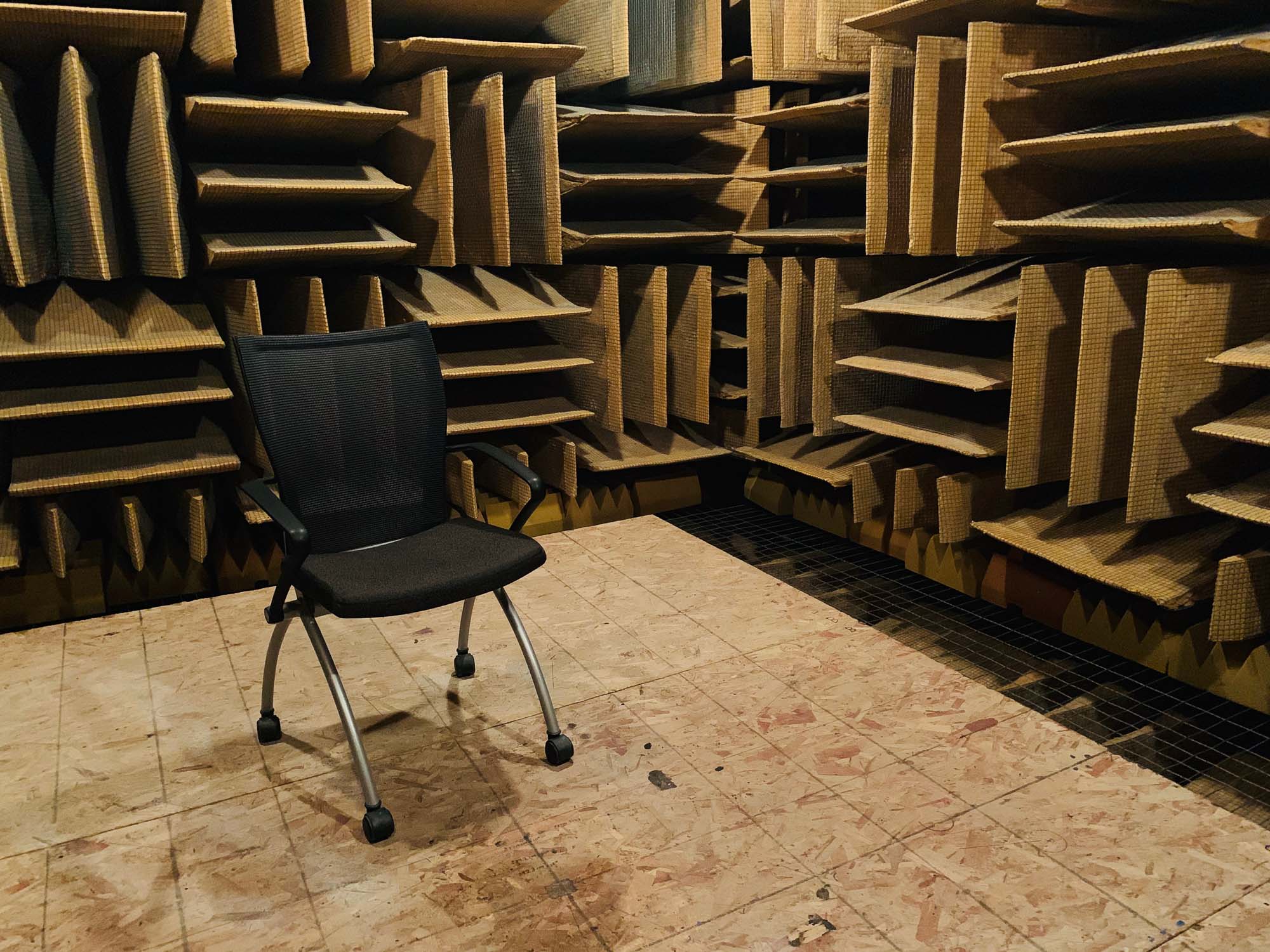
The Quietest Place on Earth
Until 2015, the Anechoic Chamber in the lab held the guiness world record for the quietest place on earth. I was able to spend 20min in side in total darkness and silence, and it's a humbling experience.
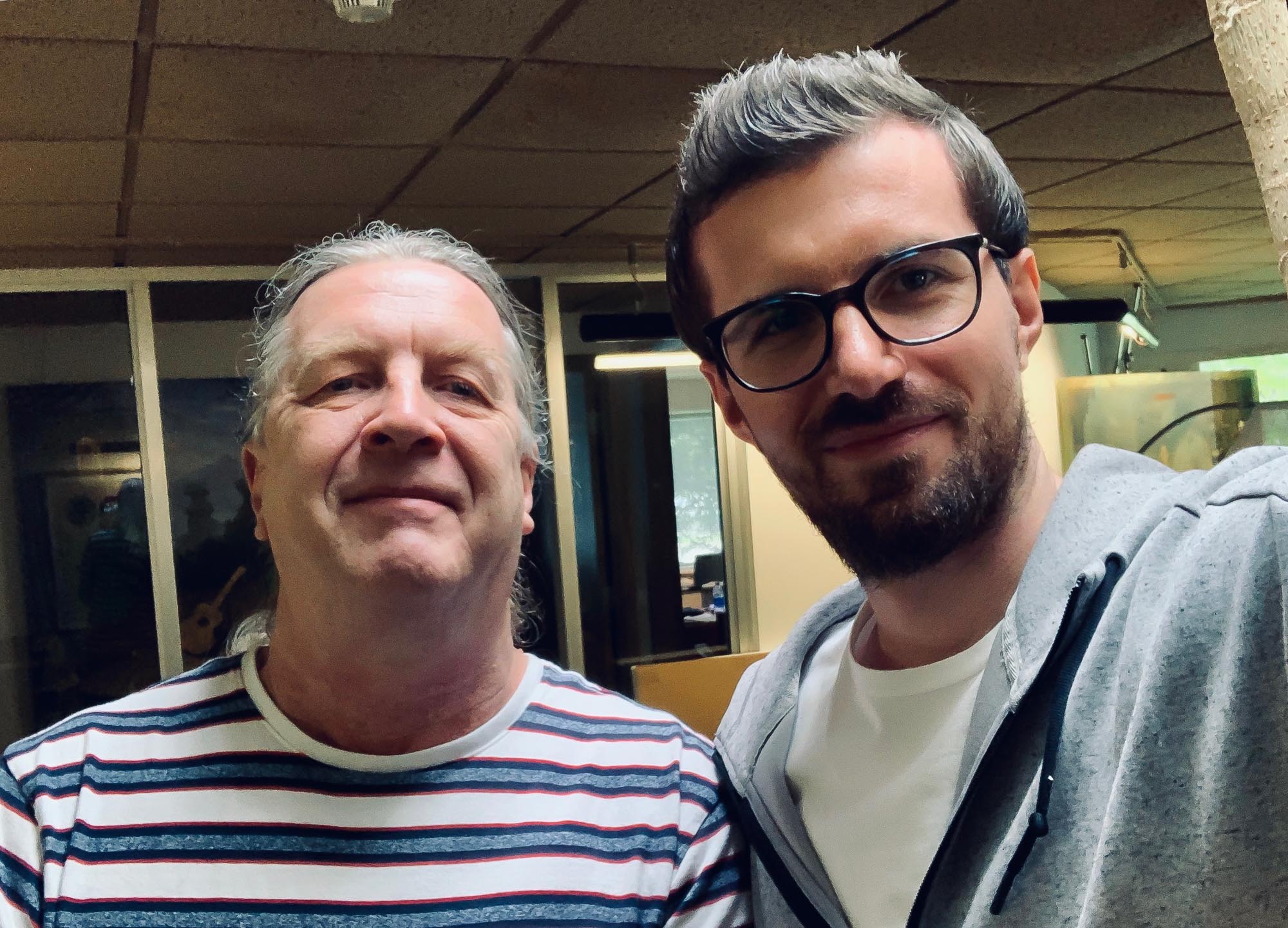
Man of Wisdom
Mike is one of the labs consultants and has worked there for 20 years, accummulating incredible knowledge.
The Rub Al Khali and the Emirates National Car Museum
A three hour drive from Dubai takes you the Rub Al Khali, the largest uninterrupted sand desert in the world, with its beautiful tall red dunes. At the edge and close to the border to Saudi Arabia lies Qasr Al Sarab, a beautiful Anantara hotel with amazing views.

A three hour drive from Dubai takes you the Rub Al Khali, the largest uninterrupted sand desert in the world, with its beautiful tall red dunes. At the edge and close to the border to Saudi Arabia lies Qasr Al Sarab, a beautiful Anantara hotel with amazing views.
On the way there you can find the Emirates National Auto Museum, definitely one of the more unexpected UAE attractions. Situated in a lonely pyramid-shaped building off the road towards Liwa, it features the collection of HH Sheikh Hamad Bin Hamdan Al Nahyan. Cars include such special vehicles as the world’s largest truck, a Rolls Royce used by the Queen, an 1885 Mercedes and his rainbow colour collection of S class
Took the opportunity to shoot a timelapse video of the Milky Way over the desert from 2 am into the sunrise. Watch below.
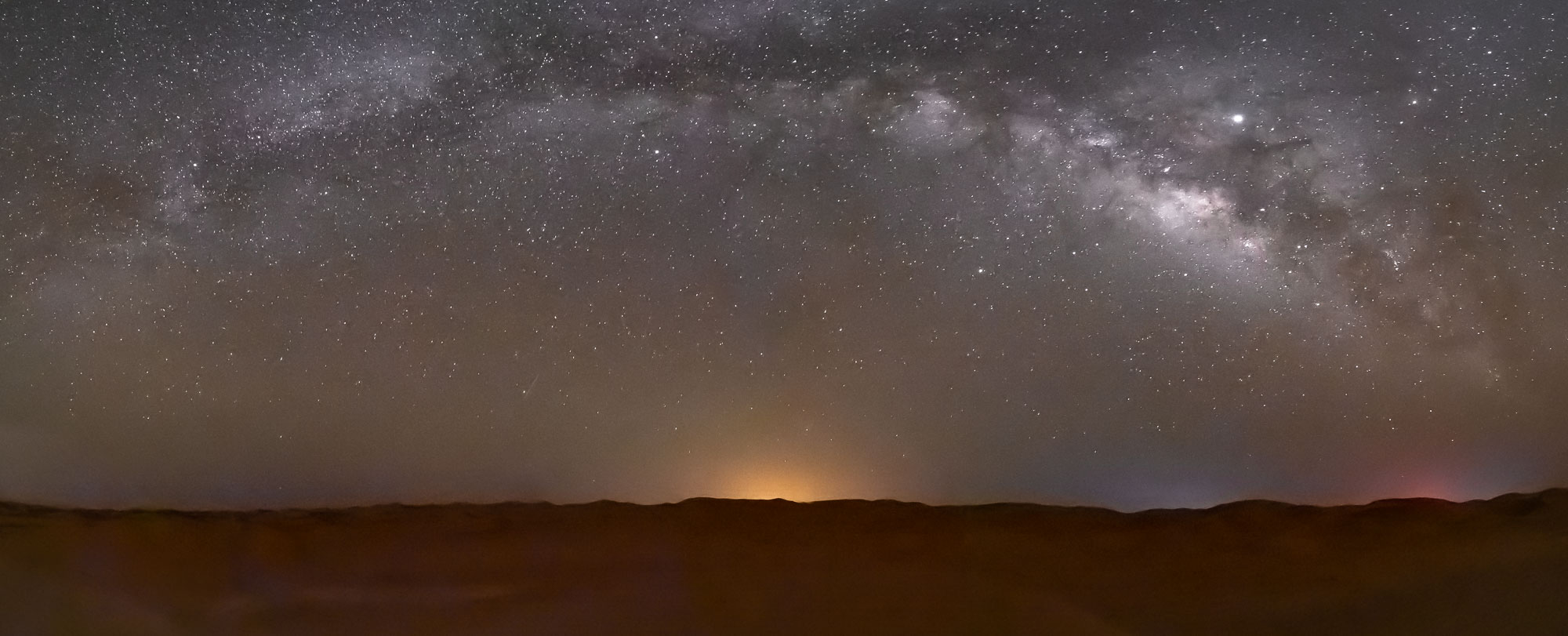
Milky Way Panorama
My first attempt at a Milky Way Panorama, shot over the Rub Al Khali.
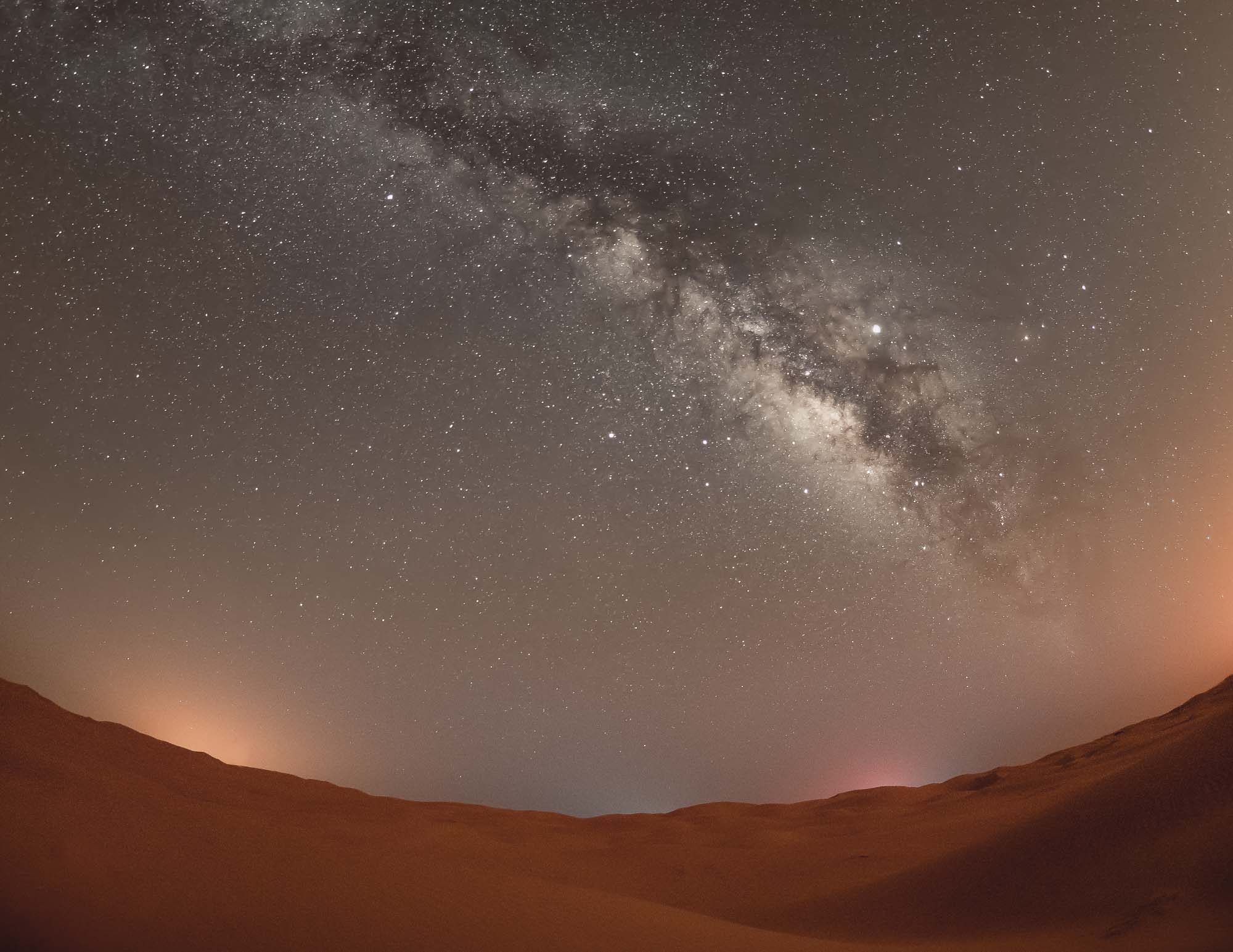
Rub Al Khali
While this is the "empty quarter" there are still a few sources of light, mostly power lines and oil fields.
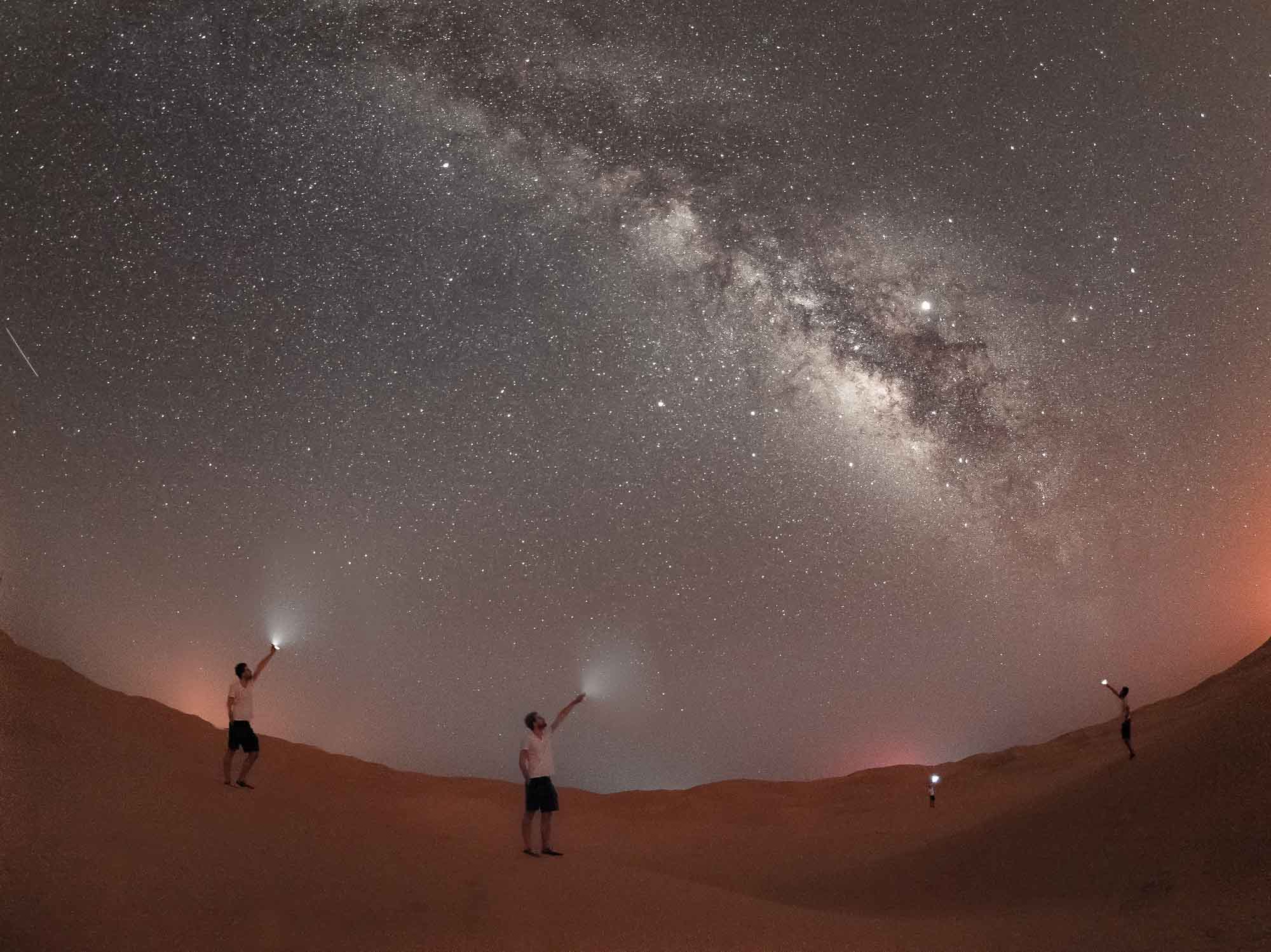
Multipresence
A stacked exposure with the obligatory flashlight.
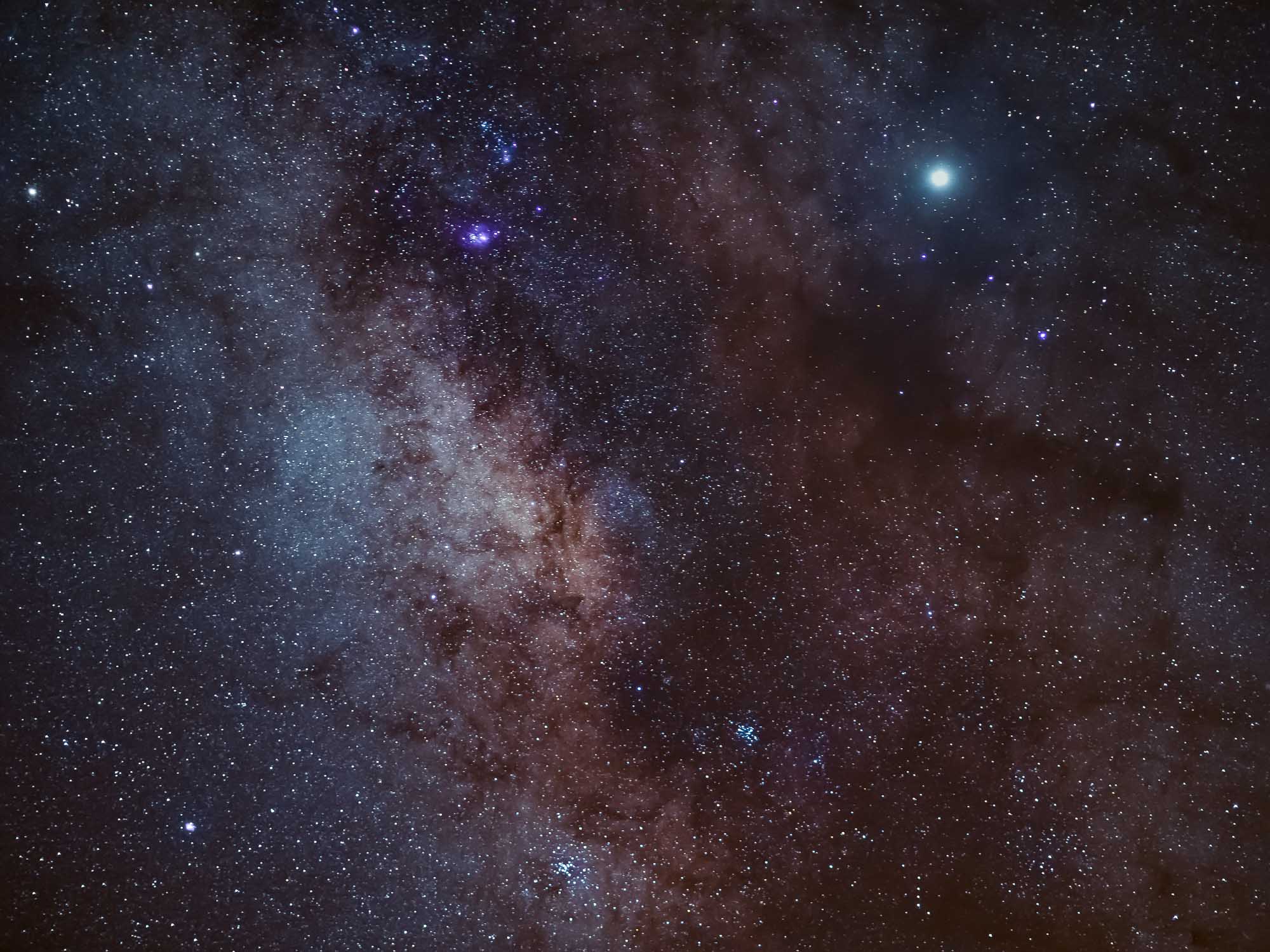
The Core
The bright star is Jupiter - what else can you spot?
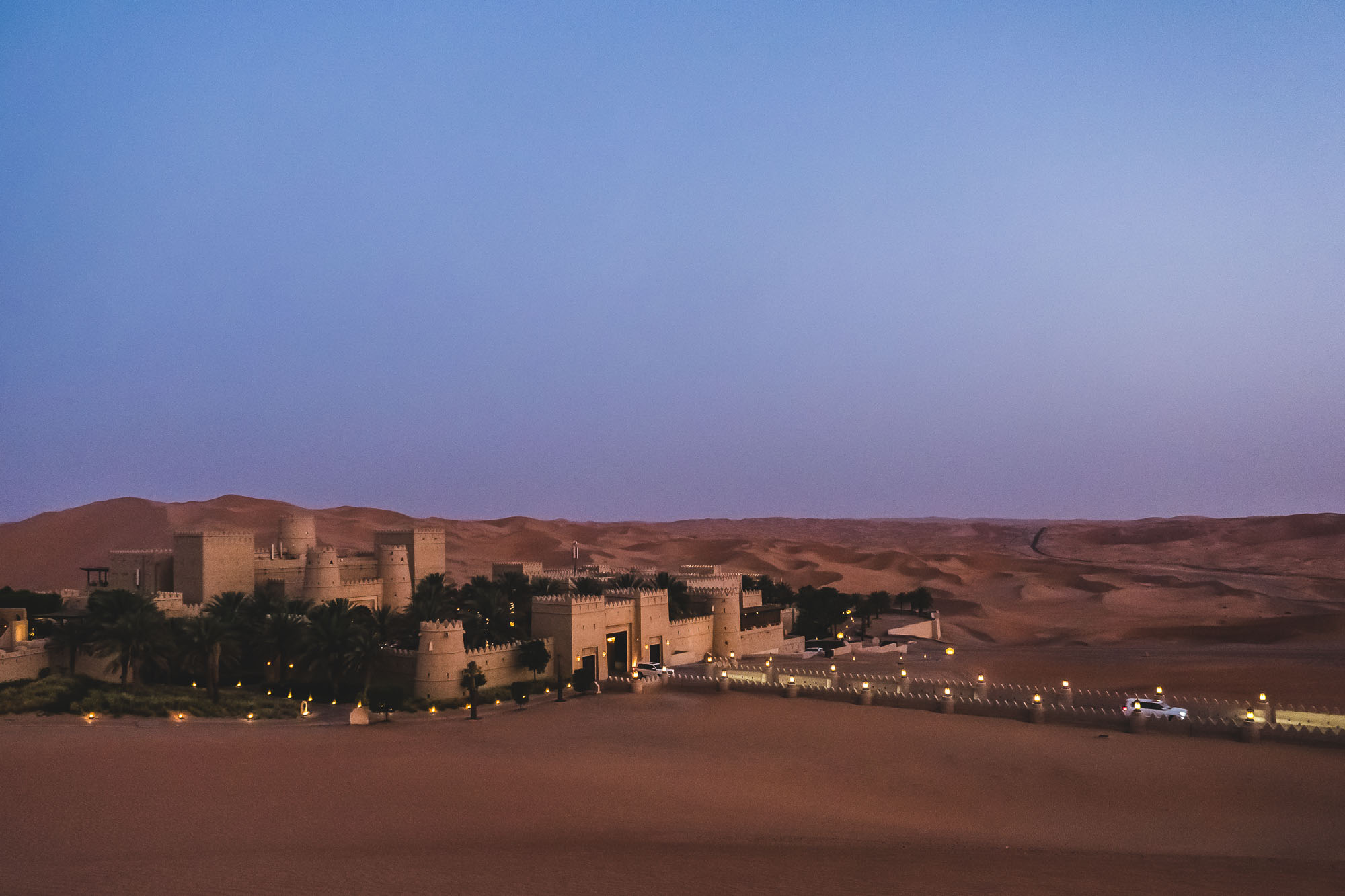
Castle in the Sand
The Palace of Mirage truly lives up to its name.
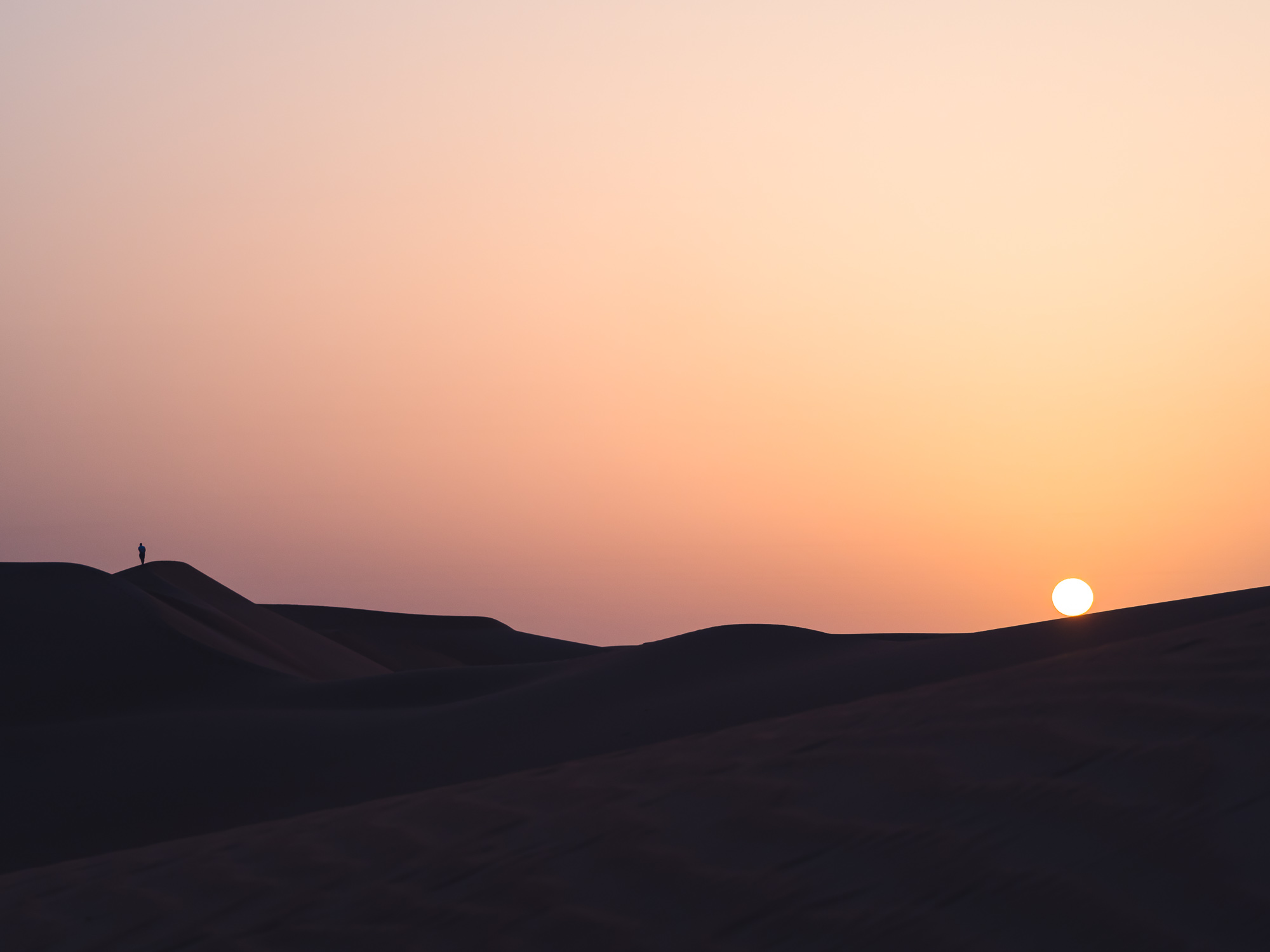
Sunrise
An early morning shot after a night out on Milky Way hunt.
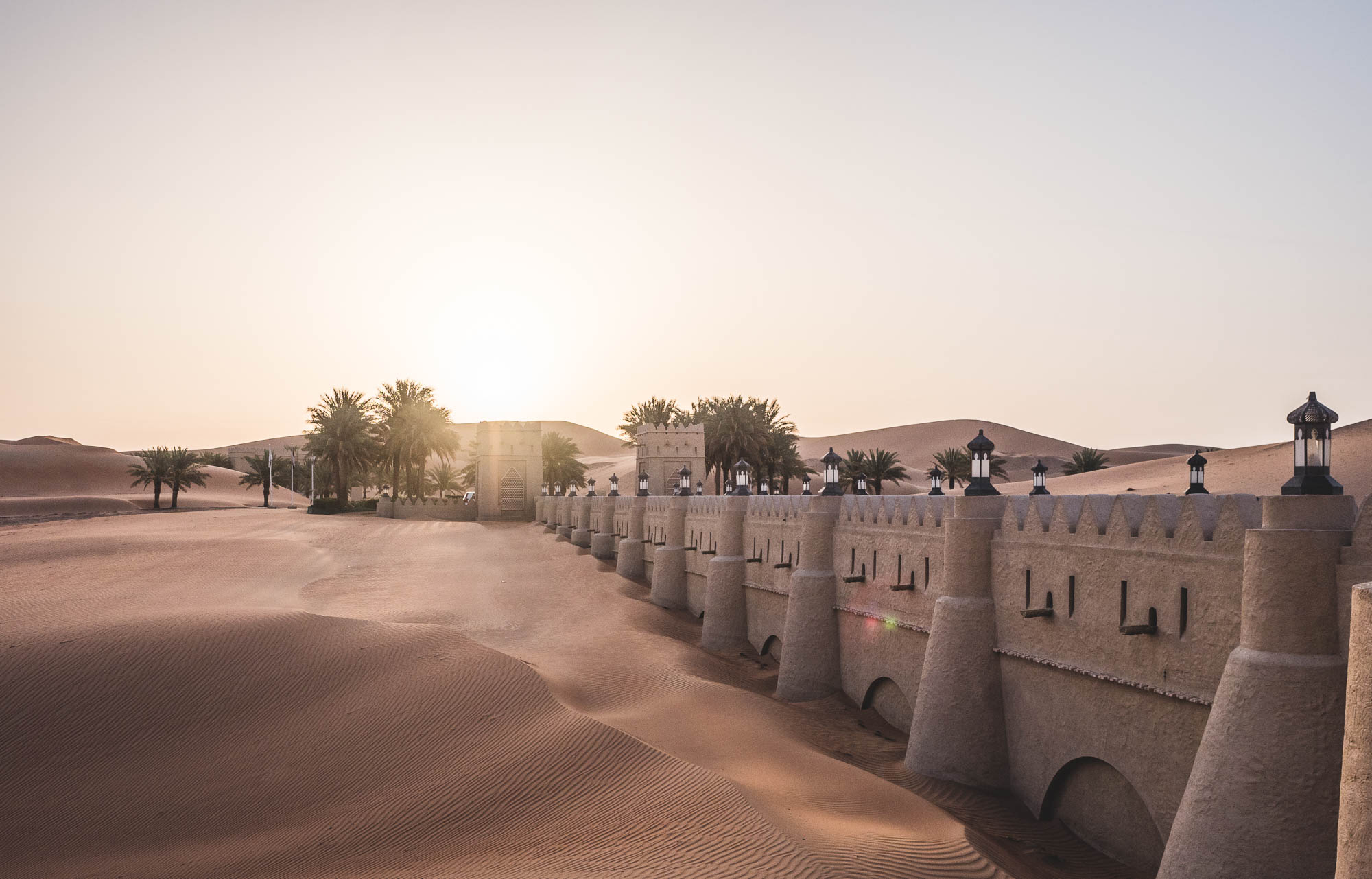
Castle Walls
Like a true palace, Qasr Al Sarab has a few wall around it.
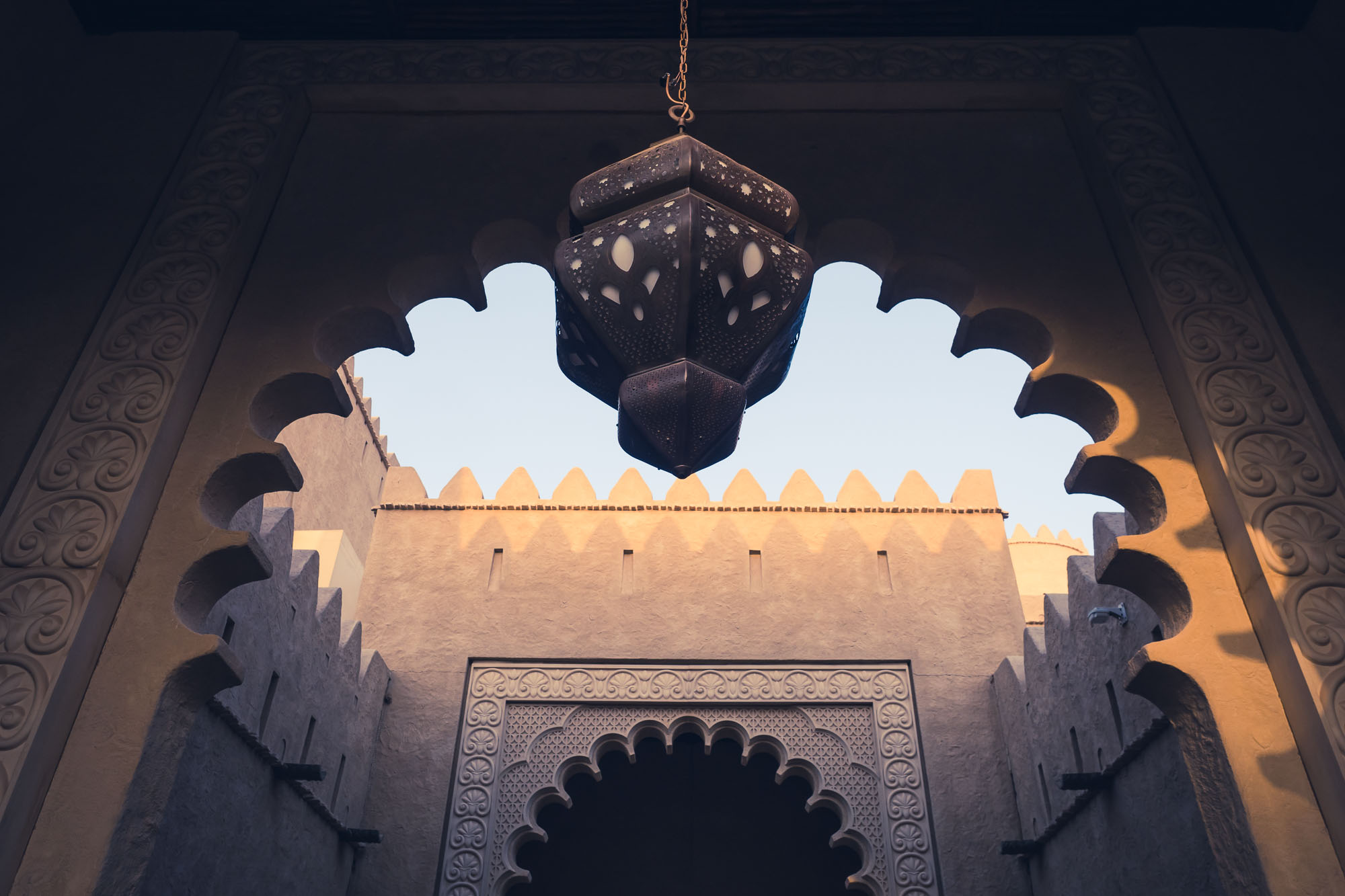
Architecture
Typical arabic architecture and lamps adorn the building.
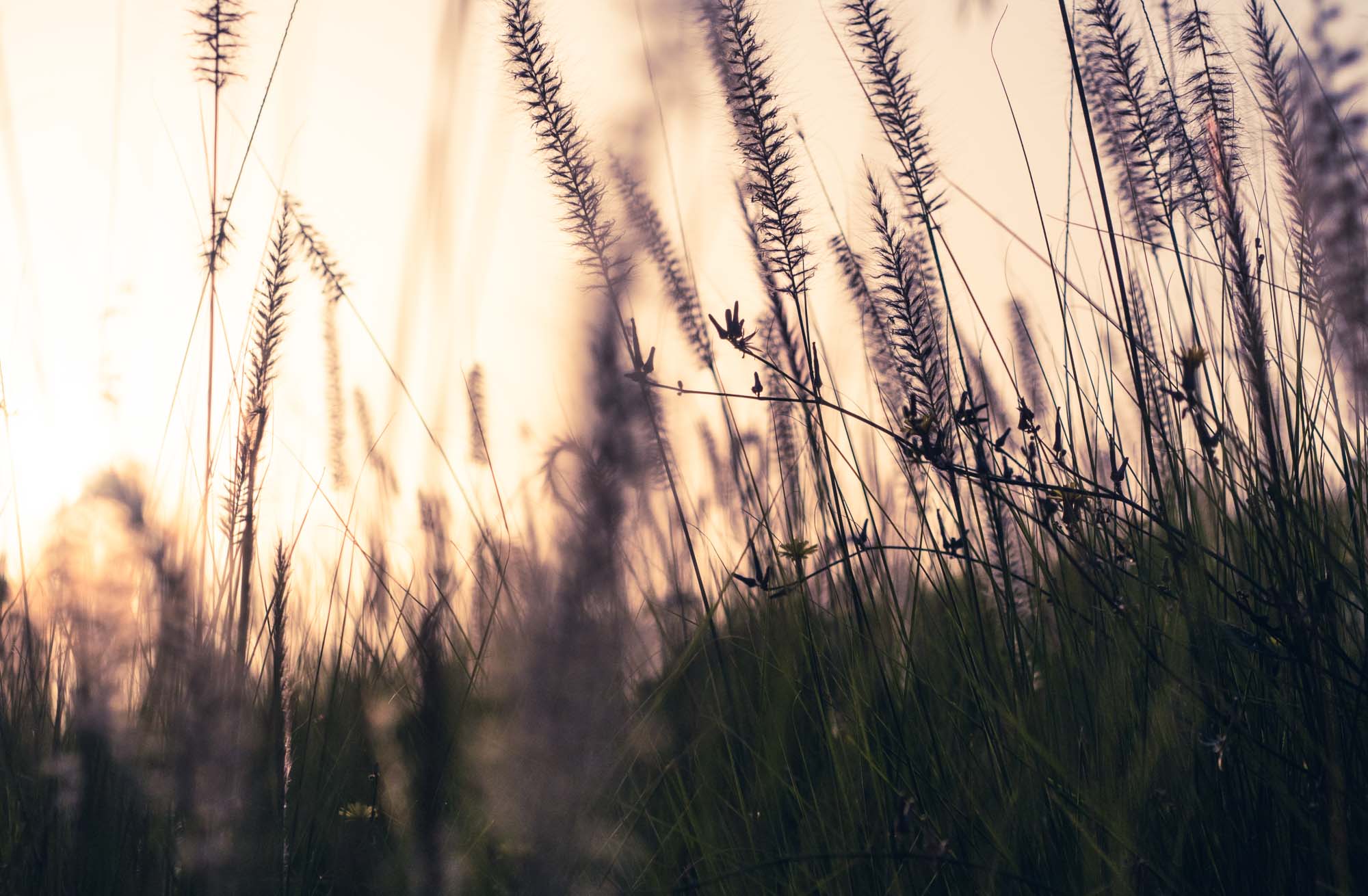
Green bits
Plants are a rare luxury in this part of the desert.
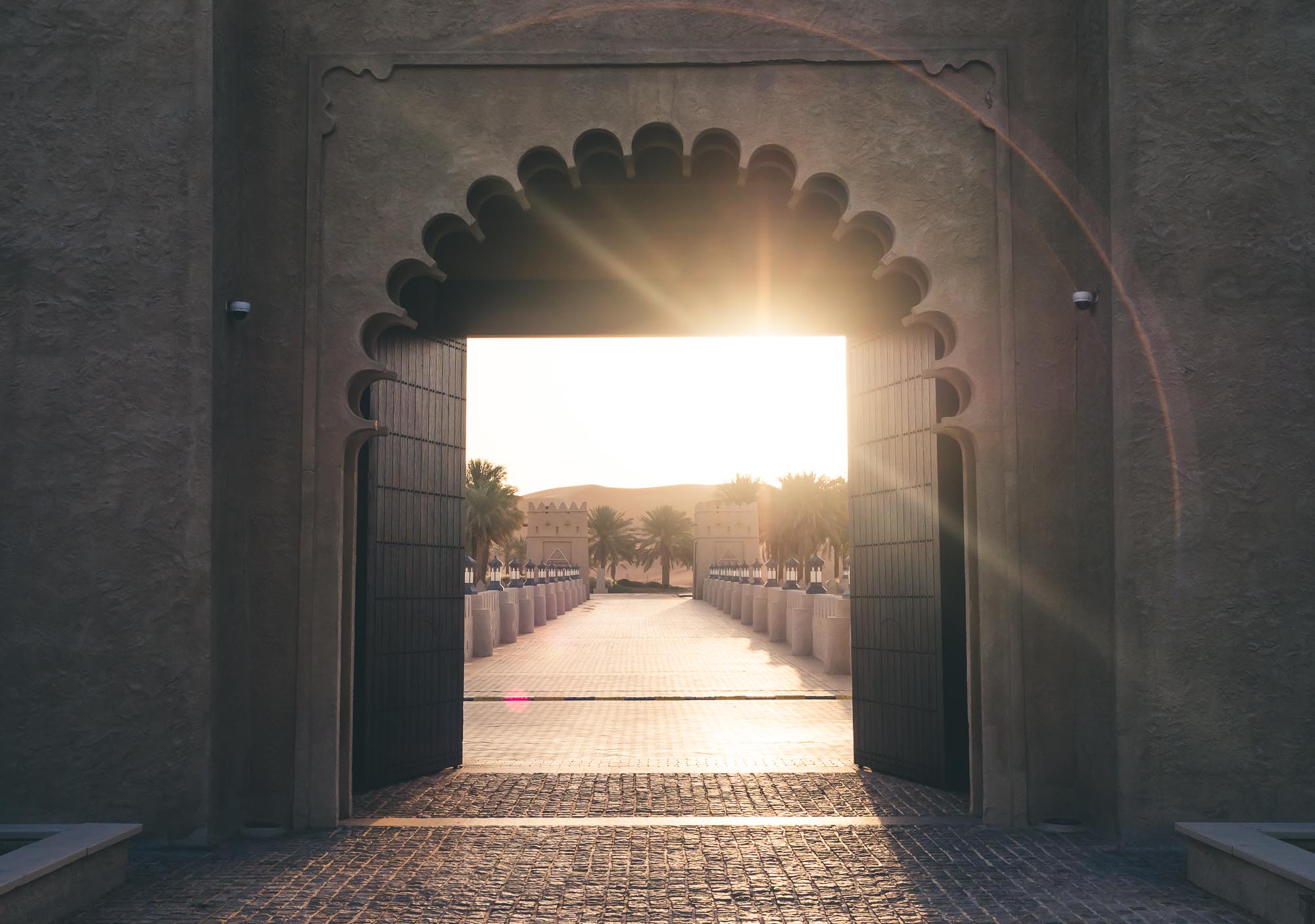
Entrance
The main gate into the hotel.

Palace Quarters
The building features several wings spread over multiple floors.
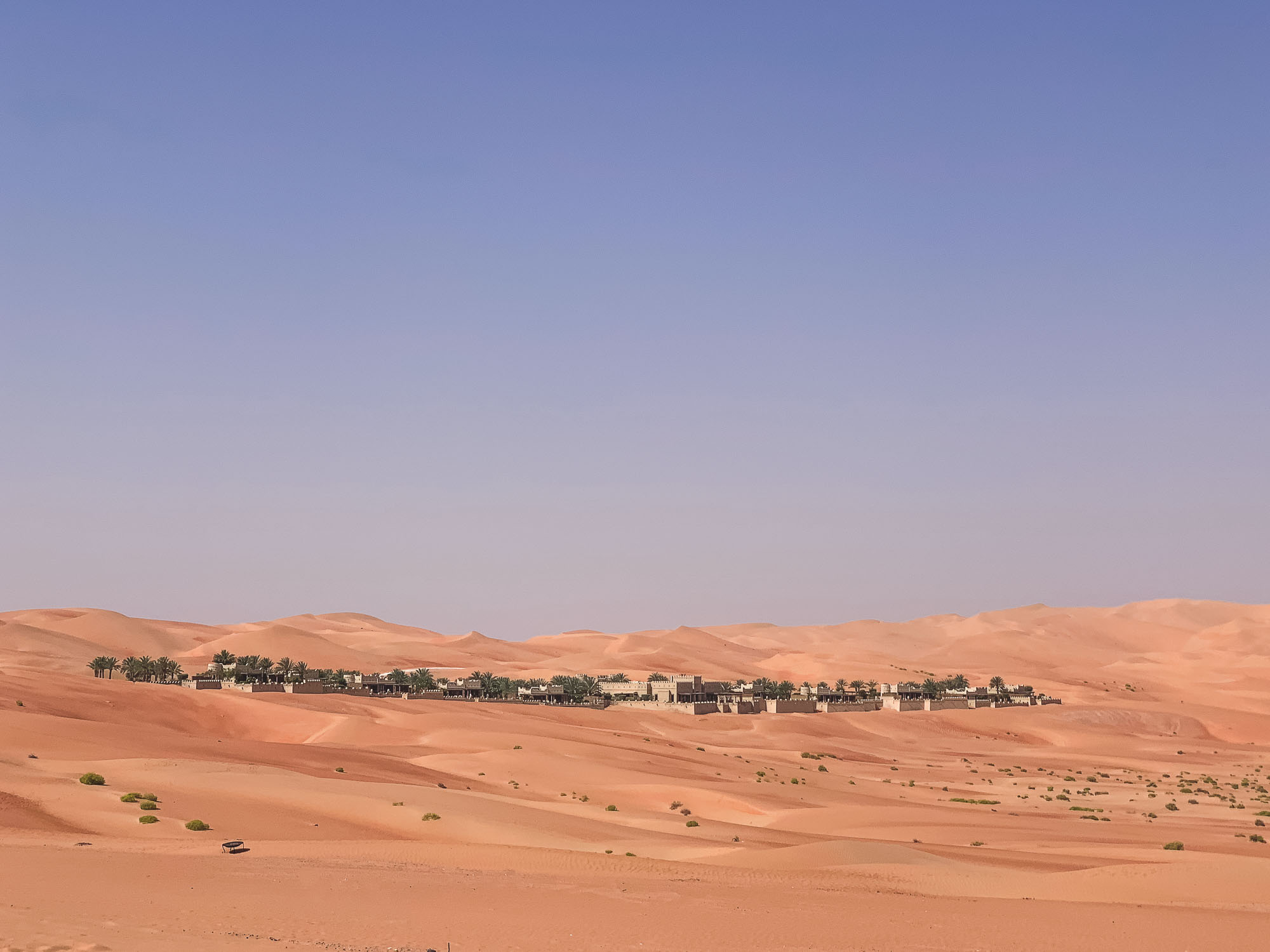
The Royal Pavillion
Somewhat secluded (even more so) are the Royal Villas of the resort.
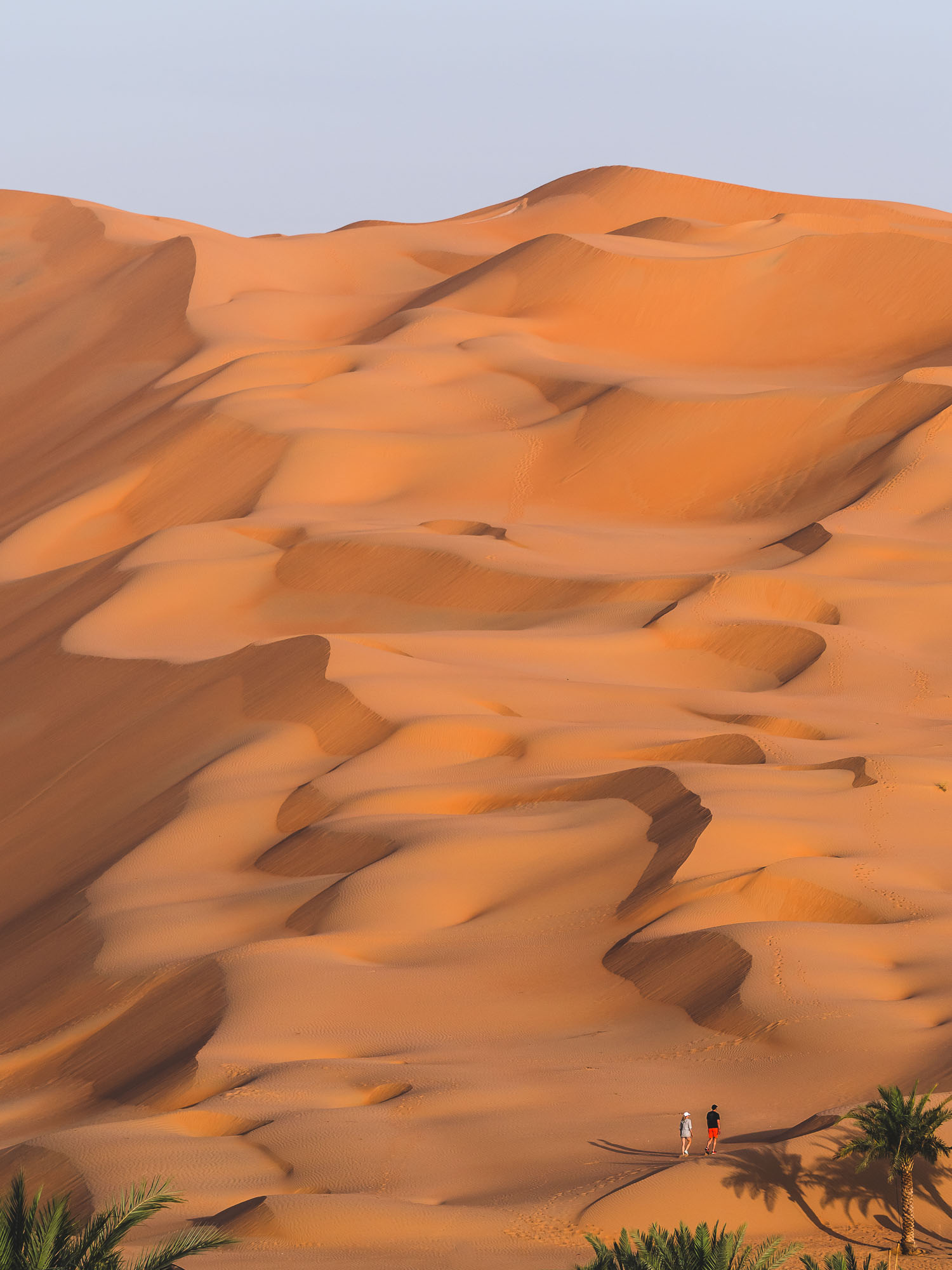
Dunes
The dune in front of the hotel is a popular sunset spot.
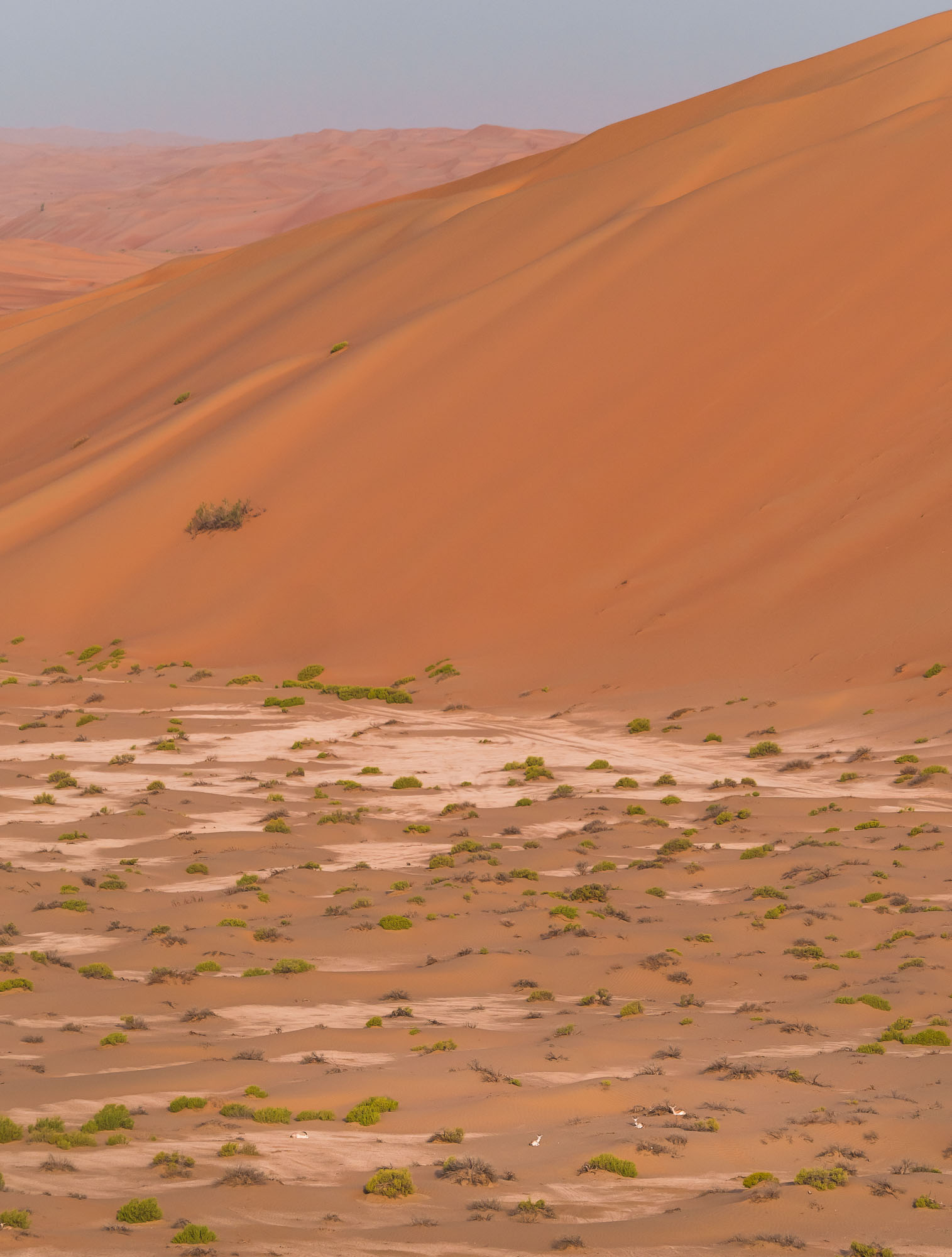
The House Dune
The Rub Al Khali features some of the tallest dunes in the world. The white spots in the bottom third? Gazelles!
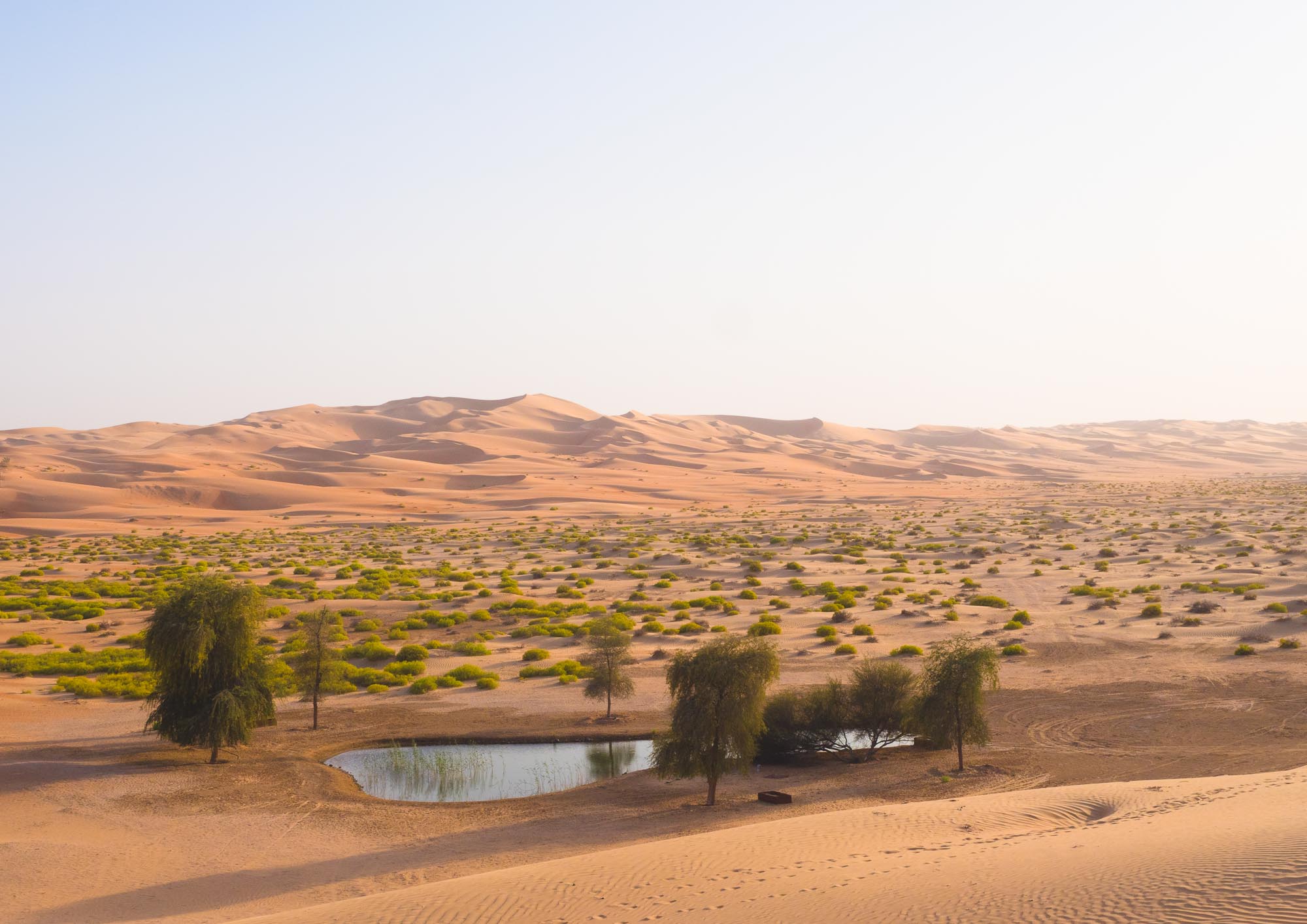
Water Hole
A small pond attracts gazelles and other animals.
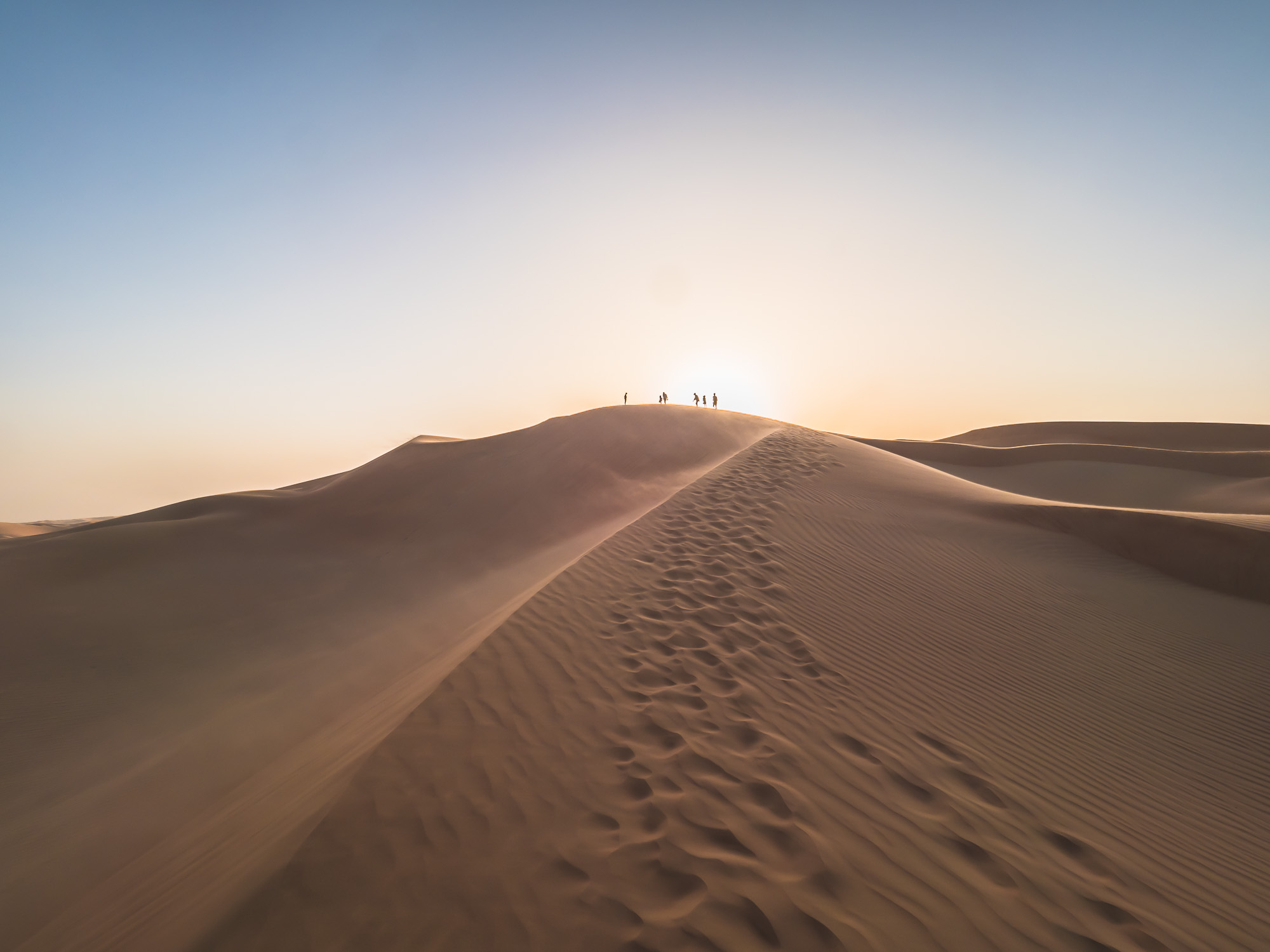
Up
It's a tough walk up the house dune.
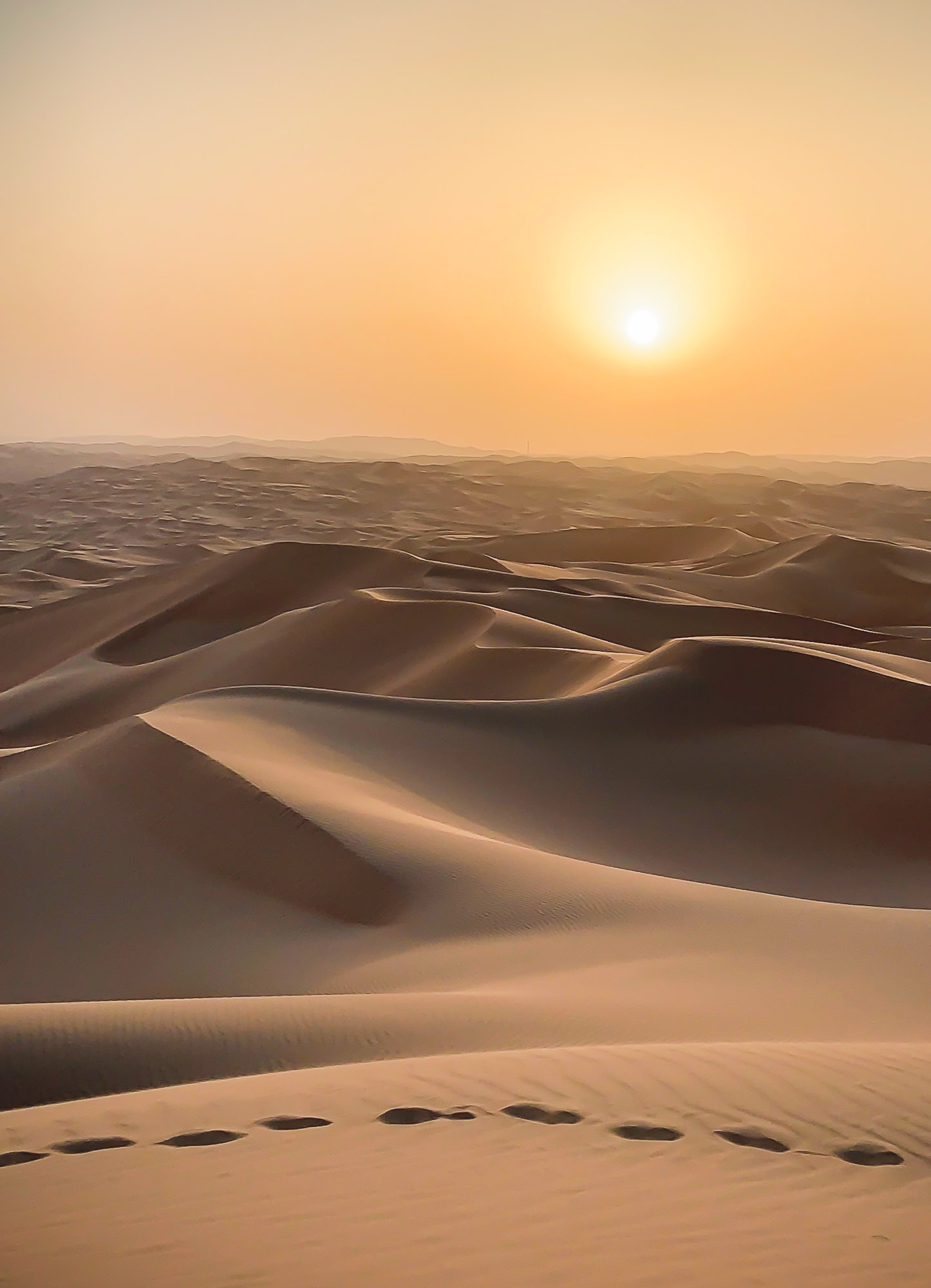
Sunset
Desert sunsets always evoke a special atmosphere.
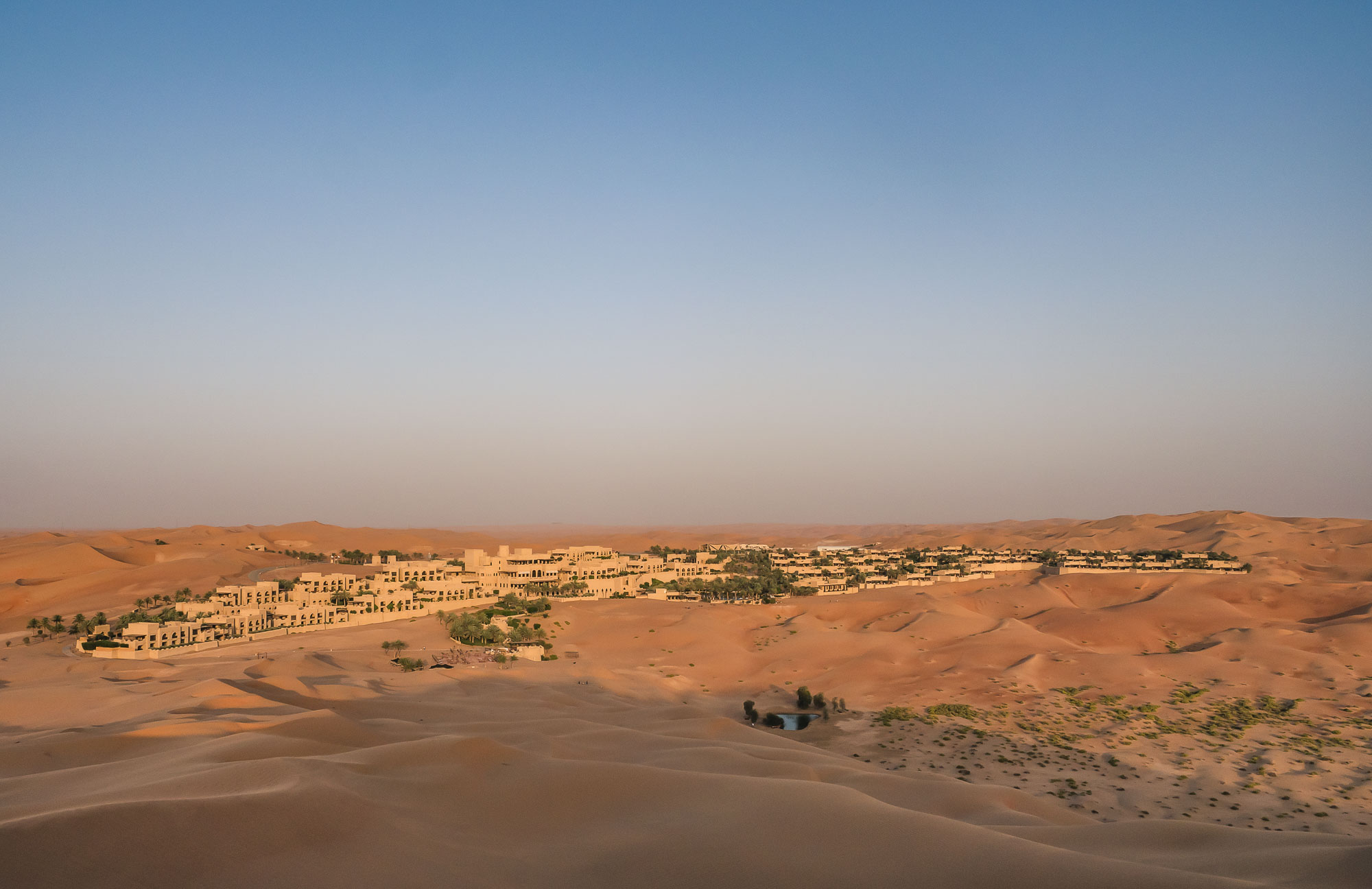
Qasr Al Sarab
A view of the full resort.
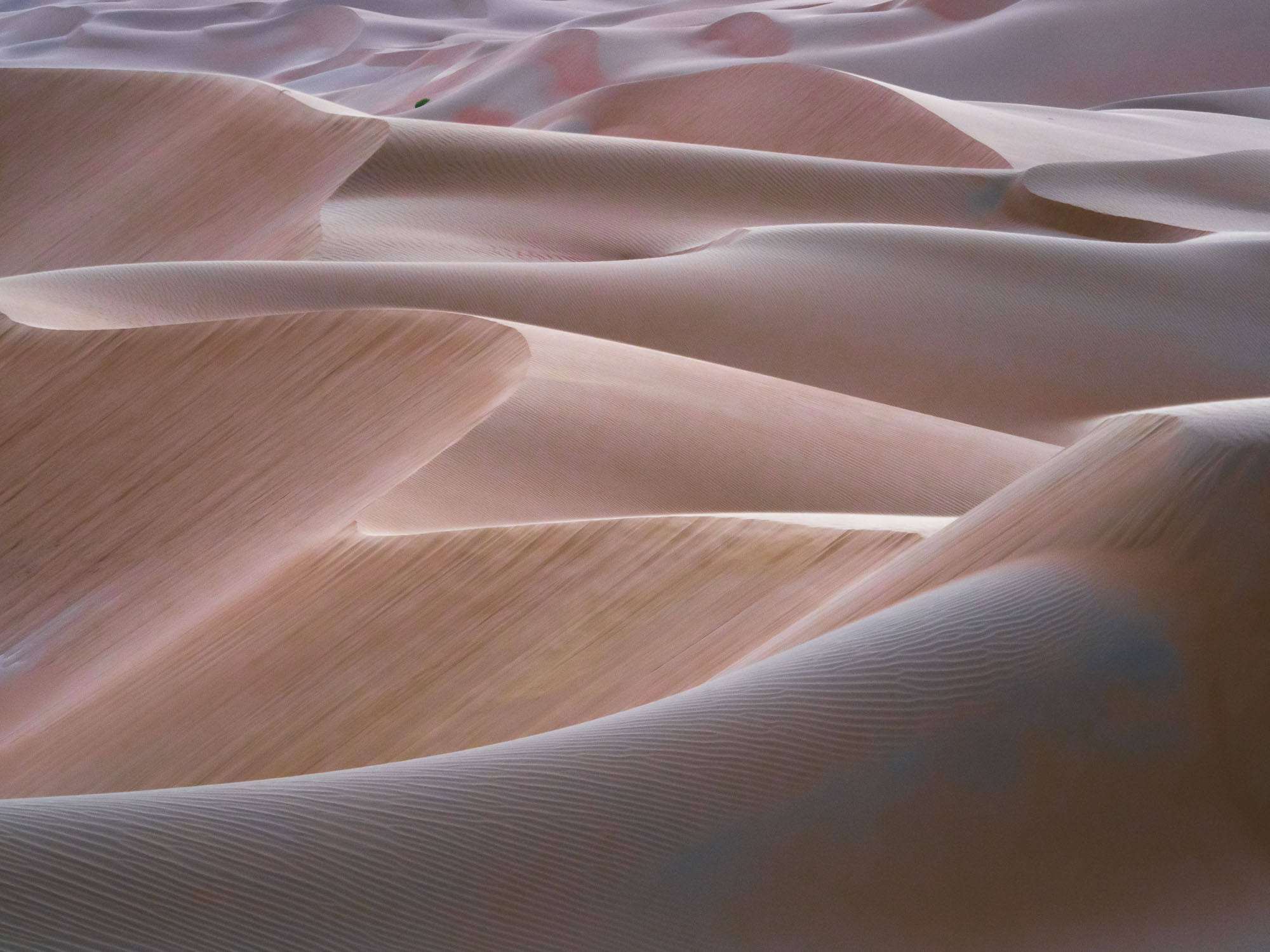
Sand tones
The sands in the Rub Al Khali are darker and of more intense colours than in the northern parts of the UAE.
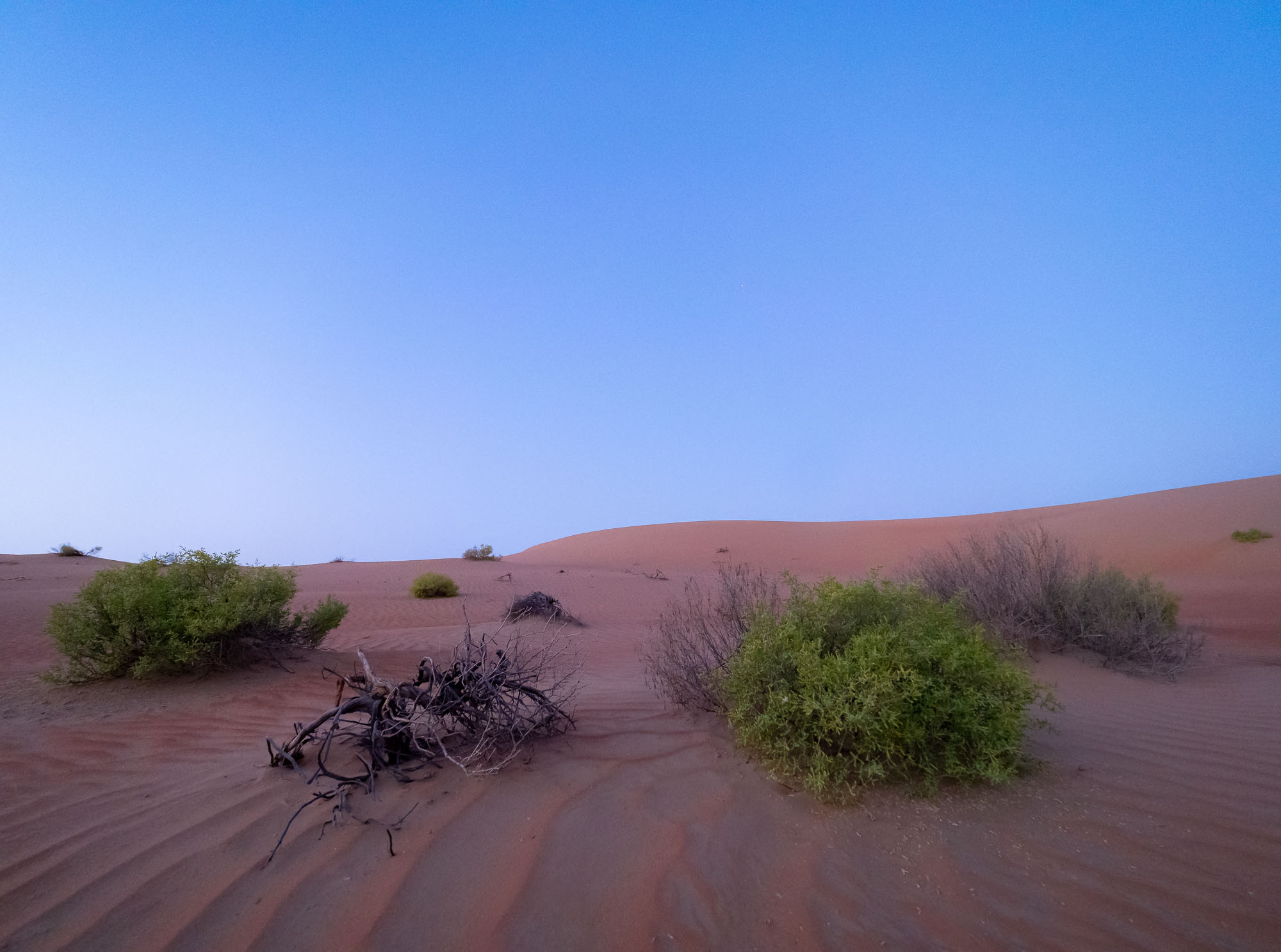
Dawn
As the new day begins before sunrise, the air is clear and fresh.

Spots
Every corner brings a new view of the desert and the palace's architecture.
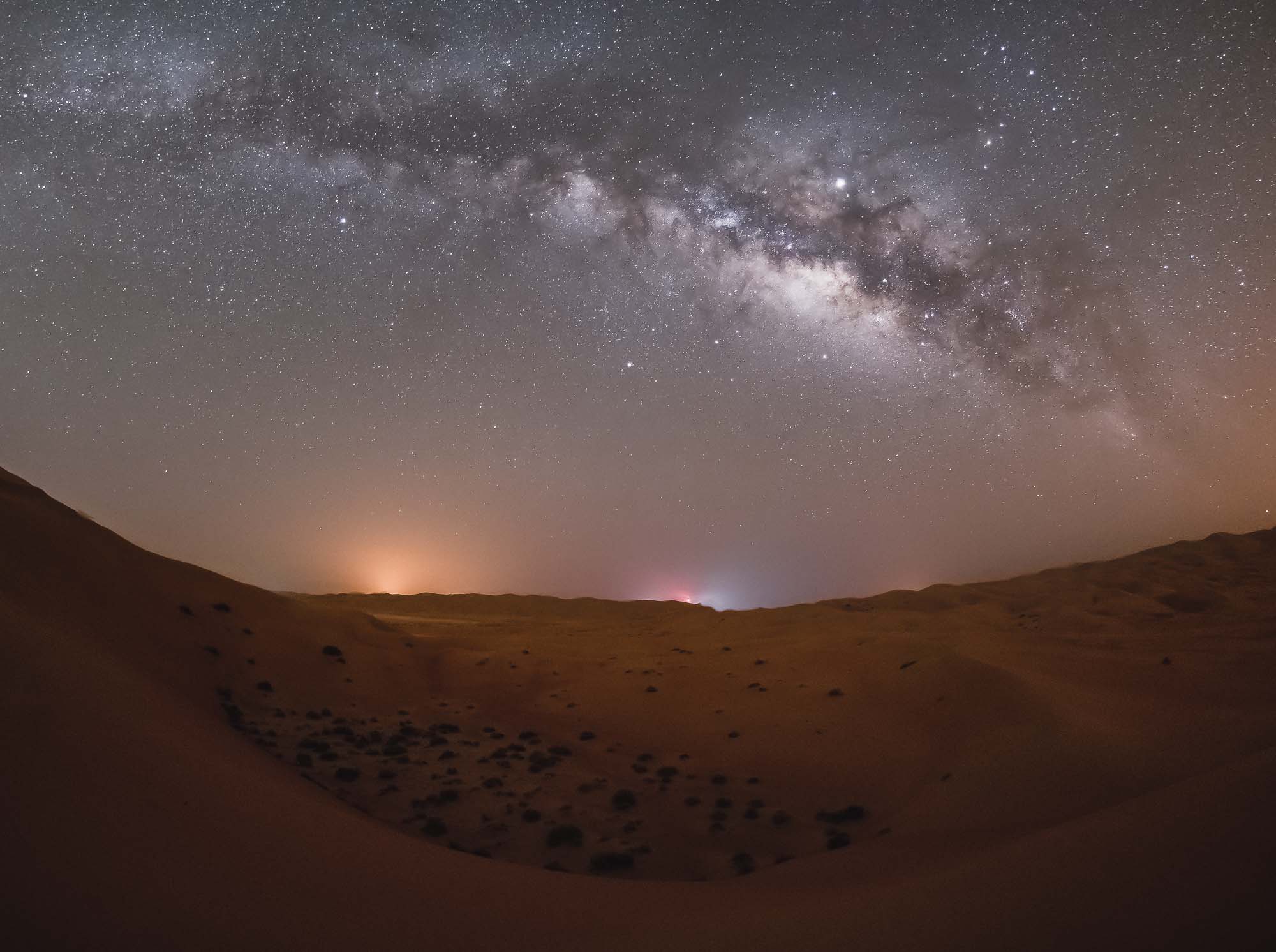
Valley
A small valley between the dunes is home to a few spots of greenery, with the Milky Way behind.
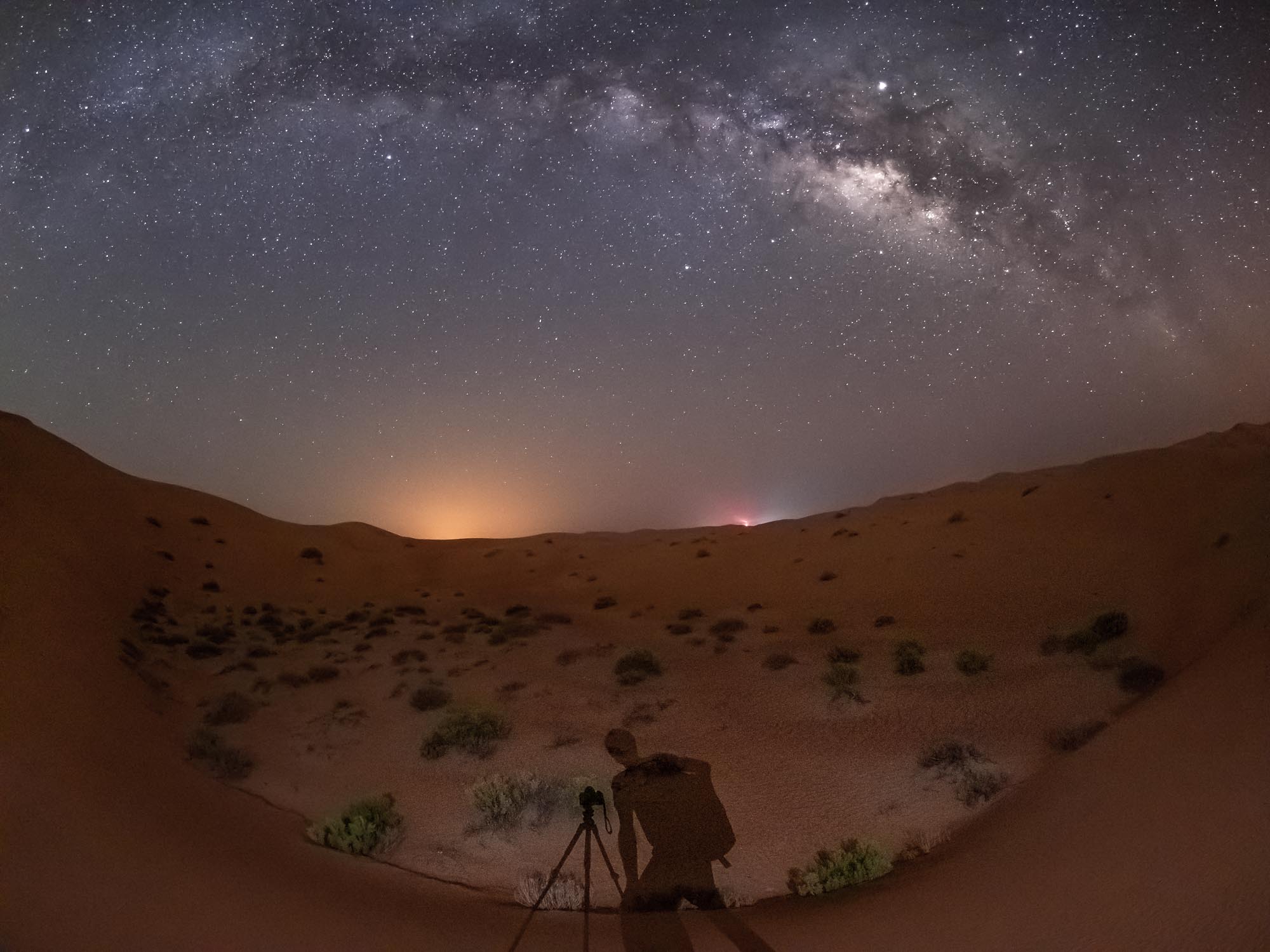
Shadow
The iPhone flashlight made for a different type of selfie.
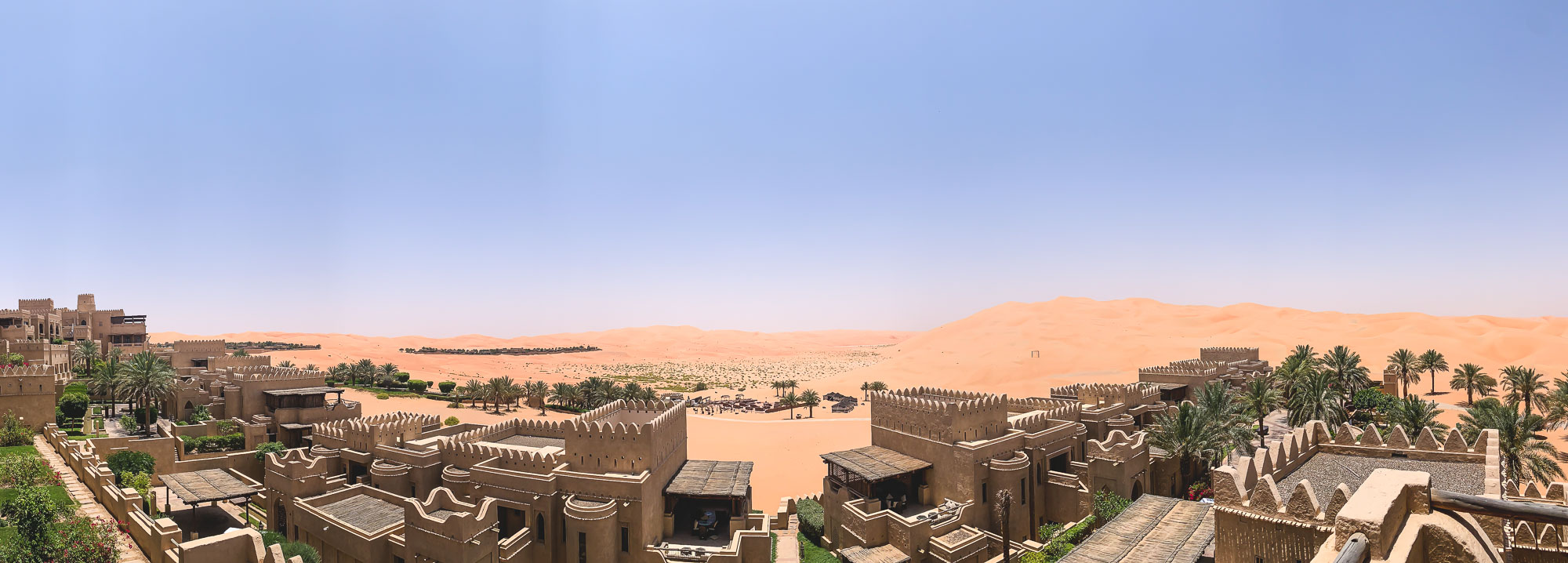
Panorama
Qasr Al Sarab was built in between three dunes.
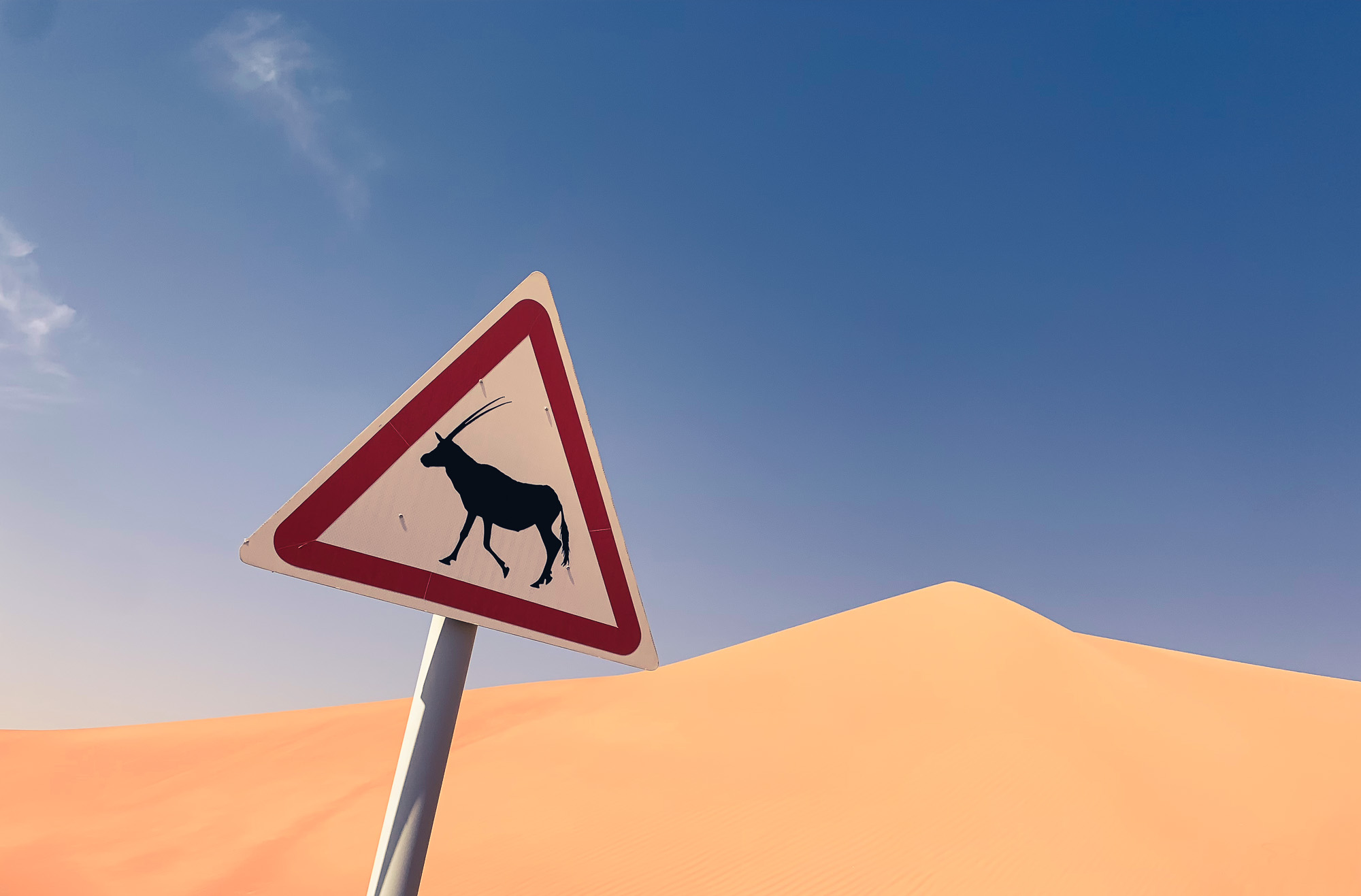
Oryx Warning
Didn't spot one this time - but what majestic animals they are.
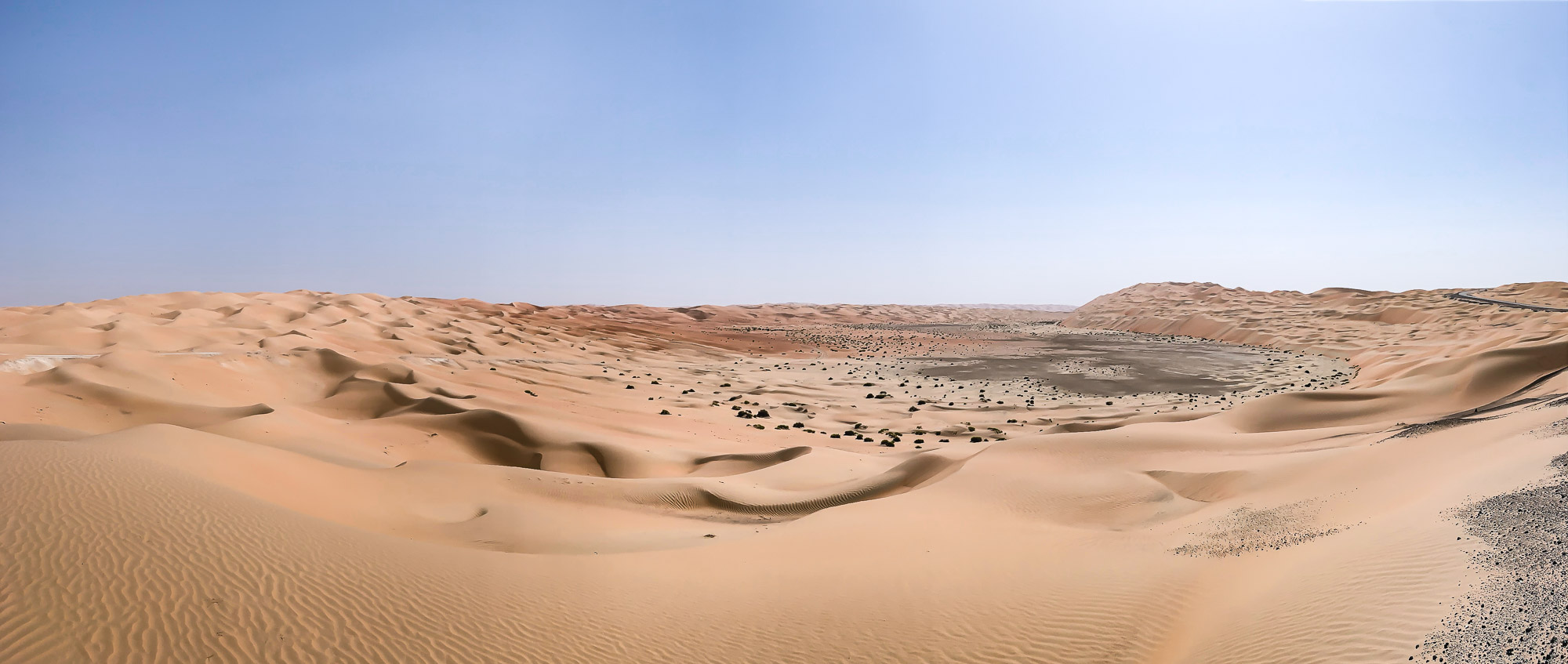
Valleys
The typical Rub Al Khali scenery, showing valleys with afew plants surrounded by tall dunes.
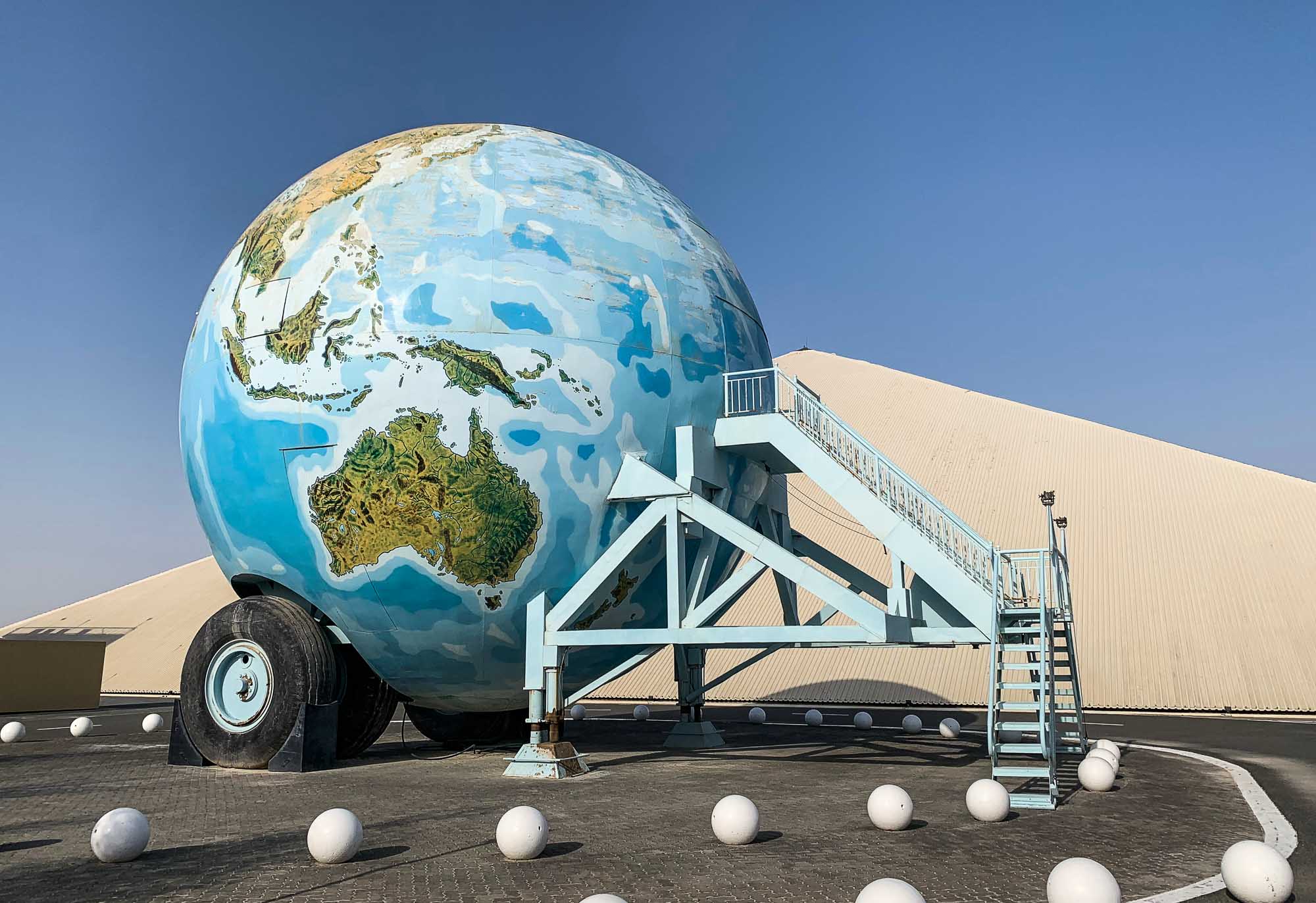
The Earth on Wheels
Scale unknown.

History
The oldest car in the collection is an 1885 steam powered Mercedes.
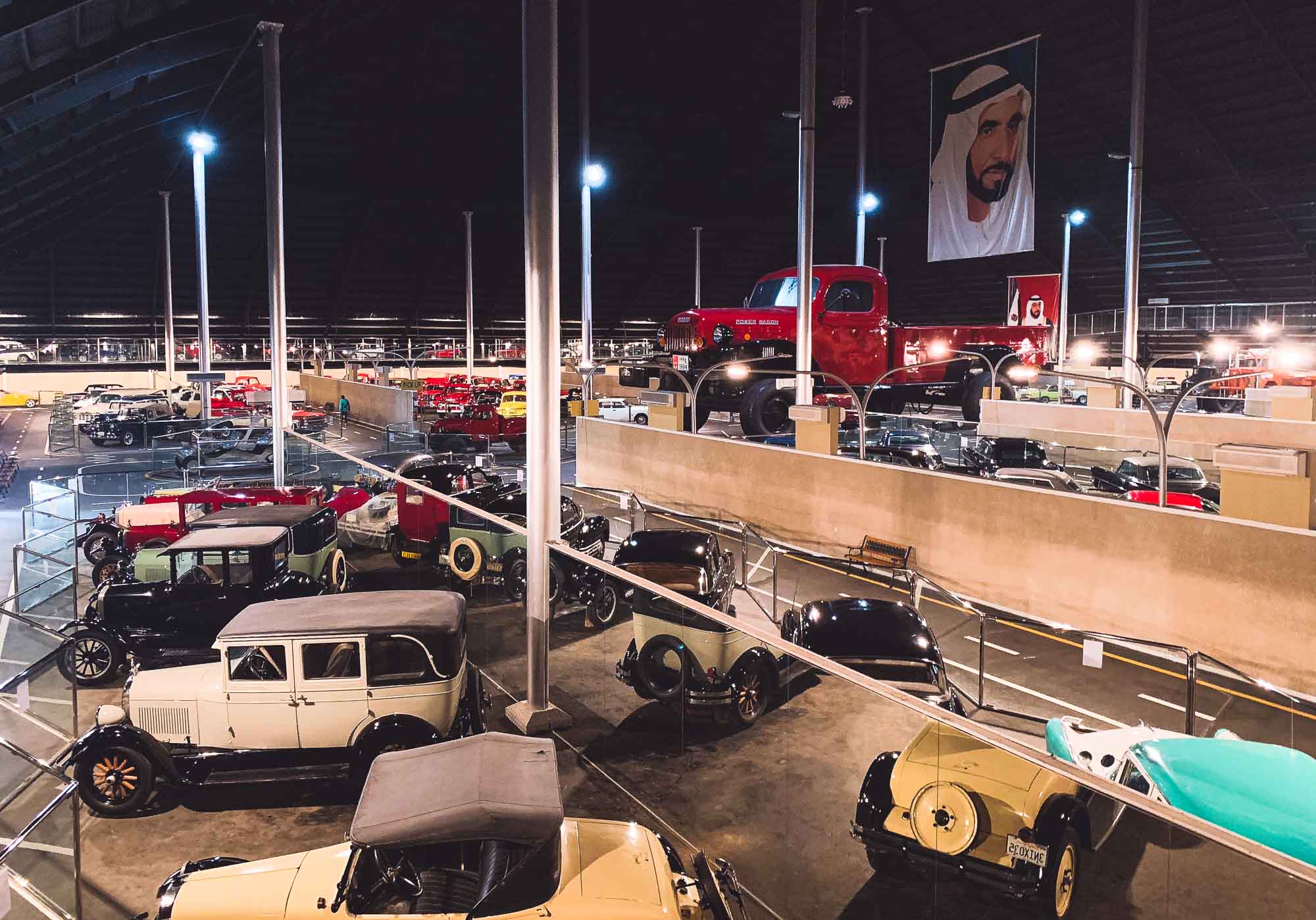
The Museum
The building is pyramid shaped, and completely open inside, with two floors of cars.
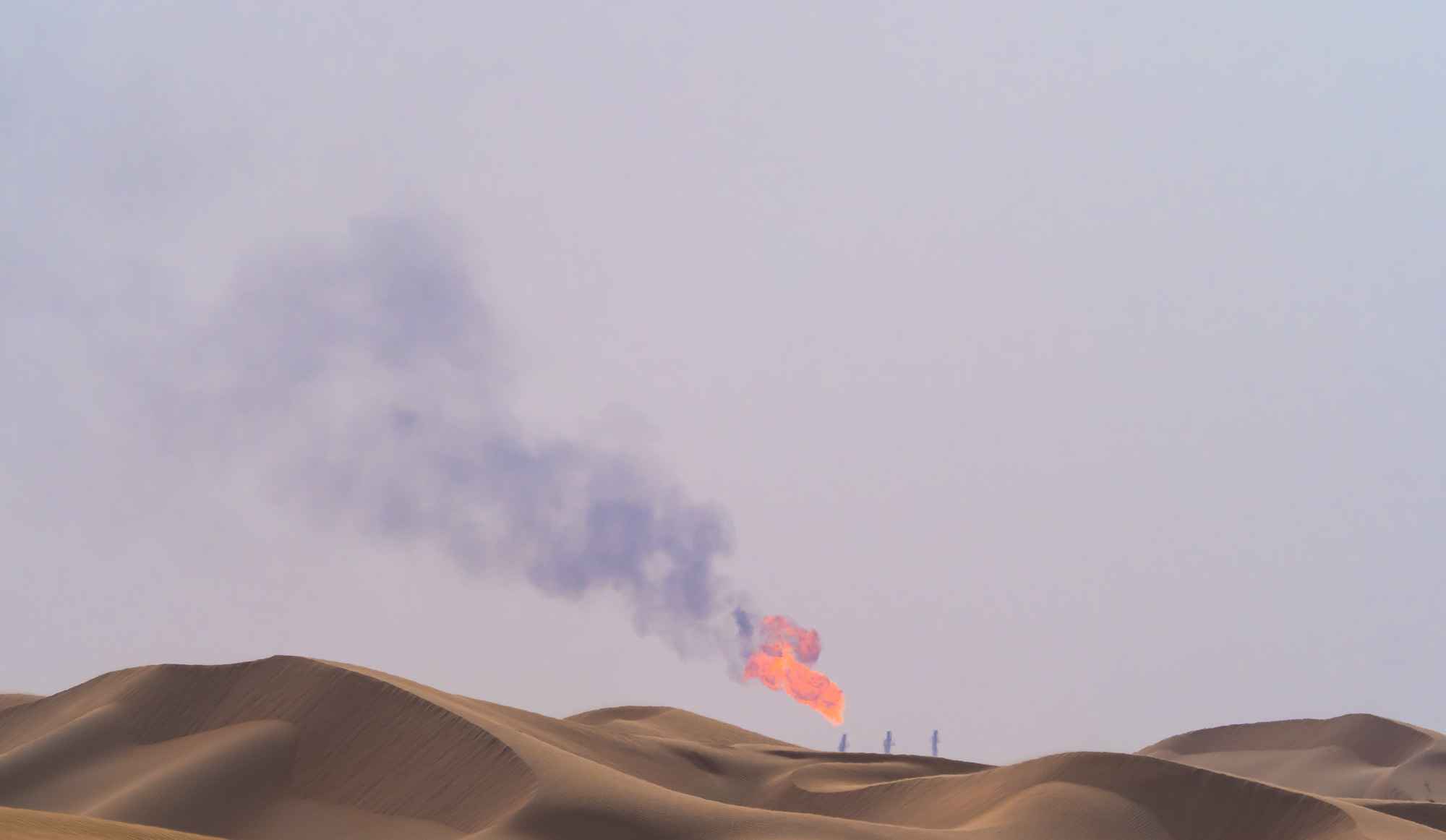
In the Distance
Many of the UAE's and Saudi's largest oil fields are located in this part of the Arabian peninsula.
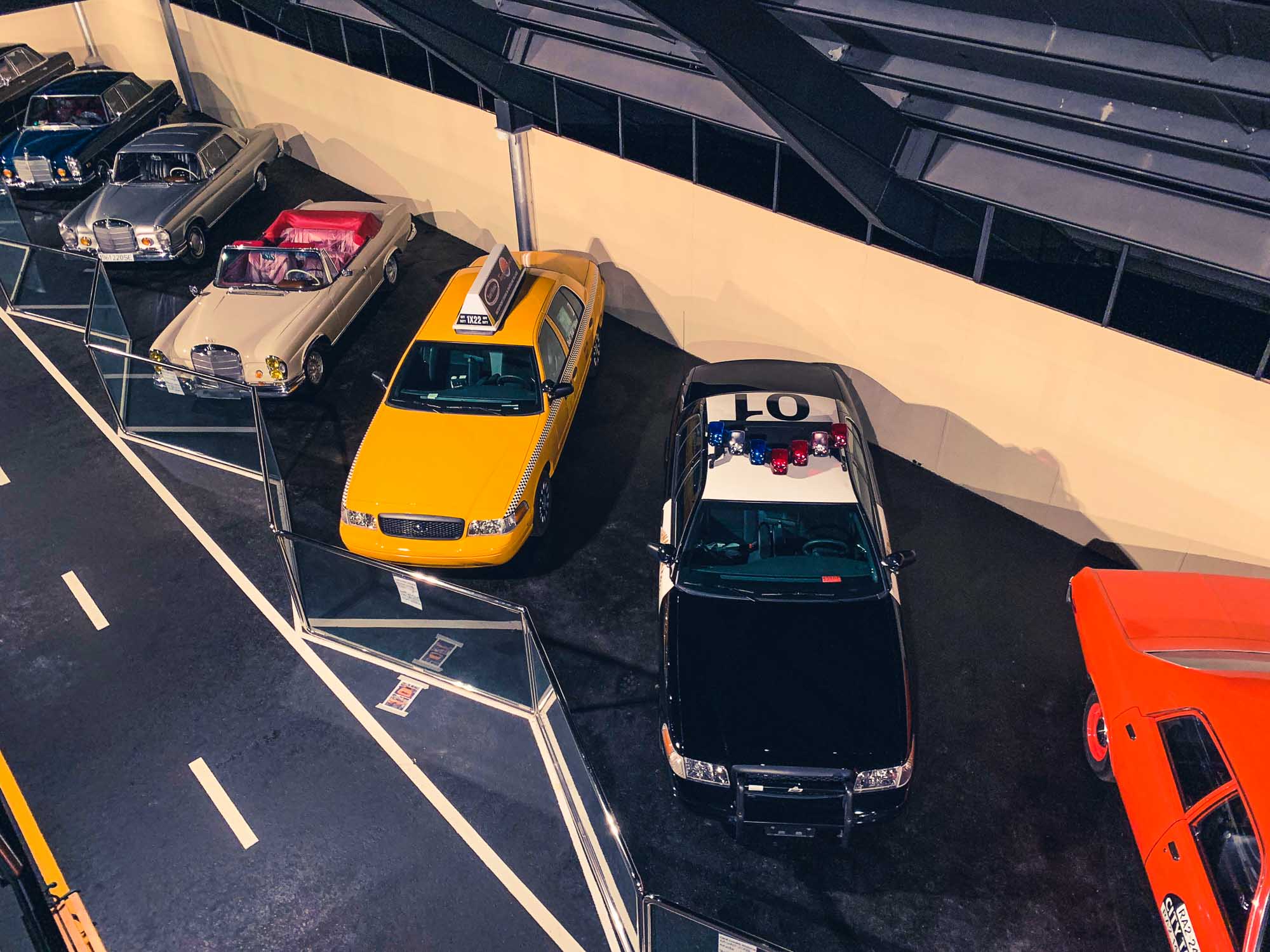
Mix
Yellow taxis, police cars, you name it!

Rainbow Collection
One of the most famous collections of Mercedes cars, as Sheikh Hamad Bin Hamdan Al Nahyan, was also known as the 'Rainbow Sheikh'.
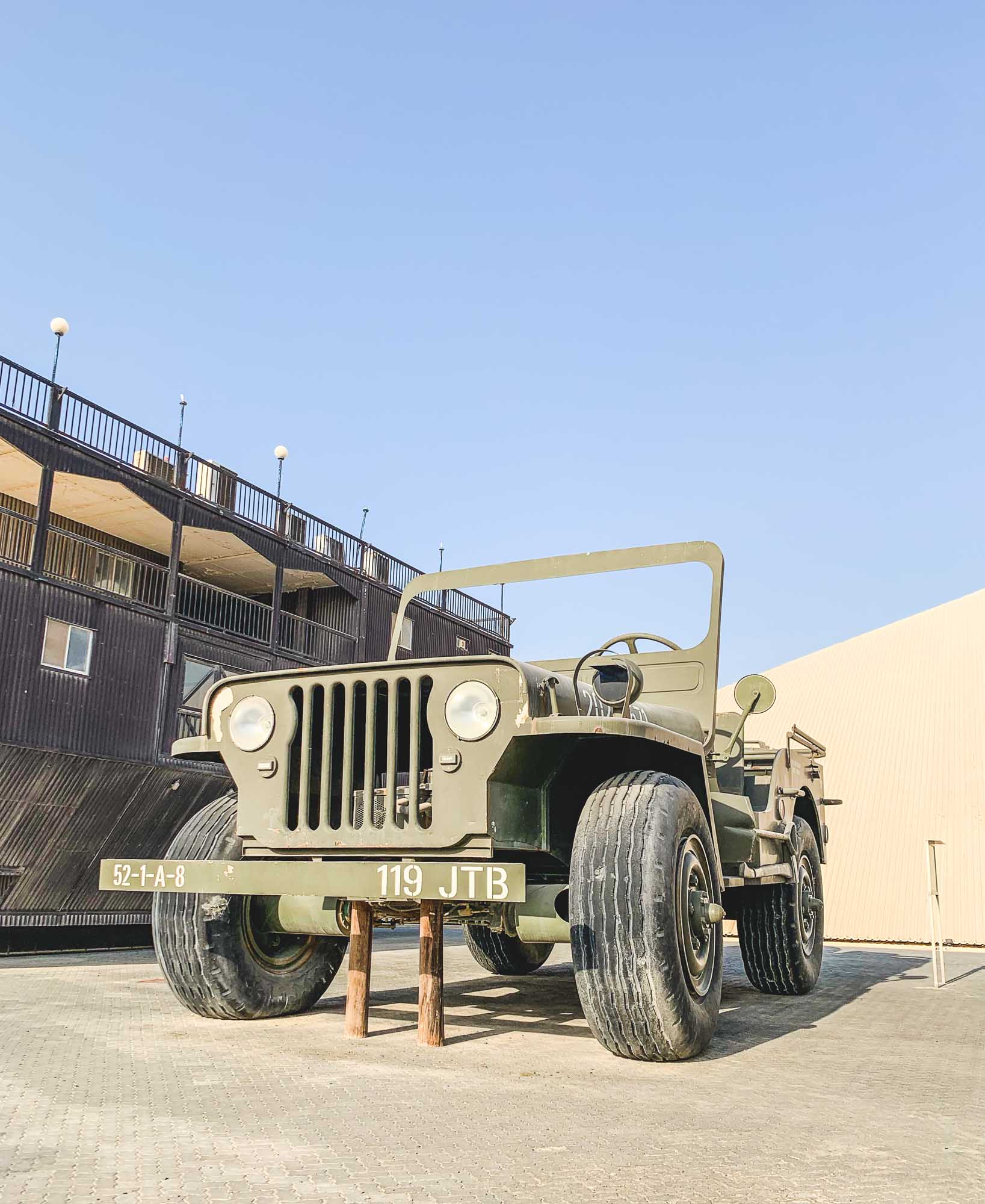
Guiness World Record
The world's largest Jeep - it actually runs! For scale, the tires are about 4m in diameter.
Abu Dhabi - A weekend of Sights
While I do prefer Dubai over the capital, Abu Dhabi features a lot of interesting sights. A weekend trip in March 2019 took me to a few new ones: The Presidential Palace, the Founders Memorial, Qasr Al Hosn and the Etihad Towers observation deck, with a quick stop at Emirates Palace as well.

While I do prefer Dubai over the capital, Abu Dhabi features a lot of interesting sights. A weekend trip in March 2019 took me to a few new ones: The Presidential Palace, the Founders Memorial, Qasr Al Hosn and the Etihad Towers observation deck, with a quick stop at Emirates Palace as well.
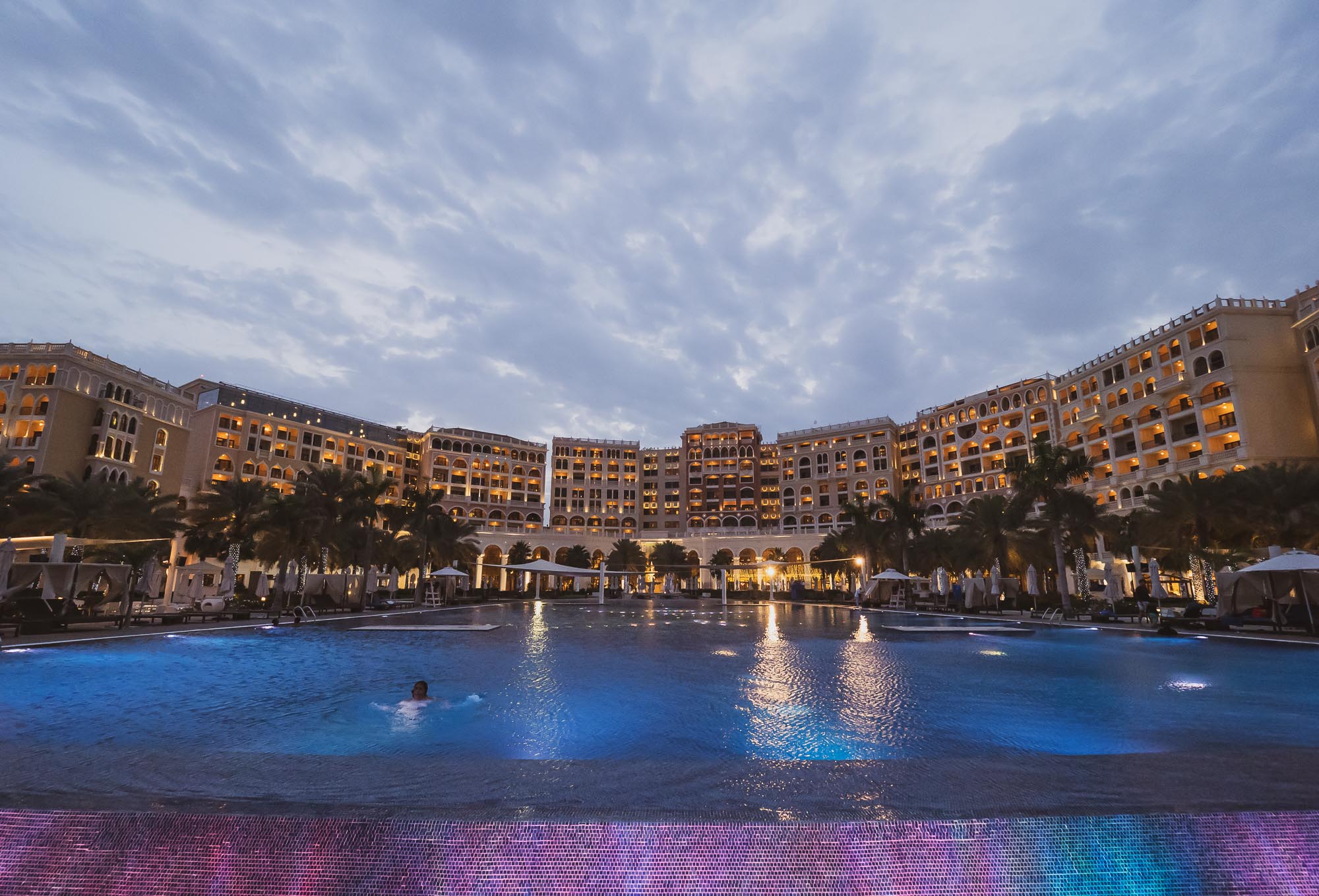
Ritz Carlton, Grand Canal Abu Dhabi
A strange hotel in a Venice style setup, that could be straight out of Las Vegas.
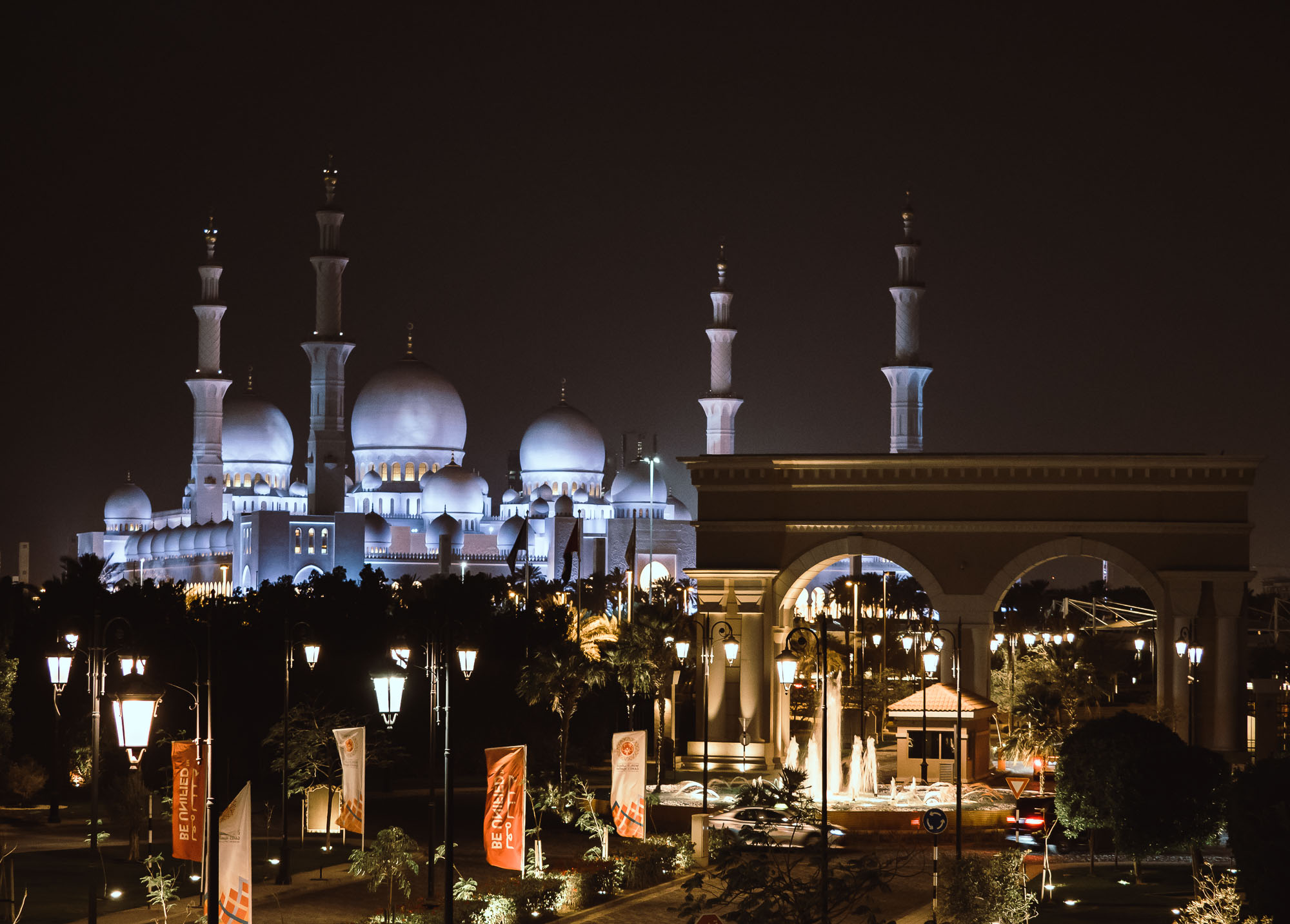
Overlap
The entrance gate to the Ritz Carlton with the mosque in the background.
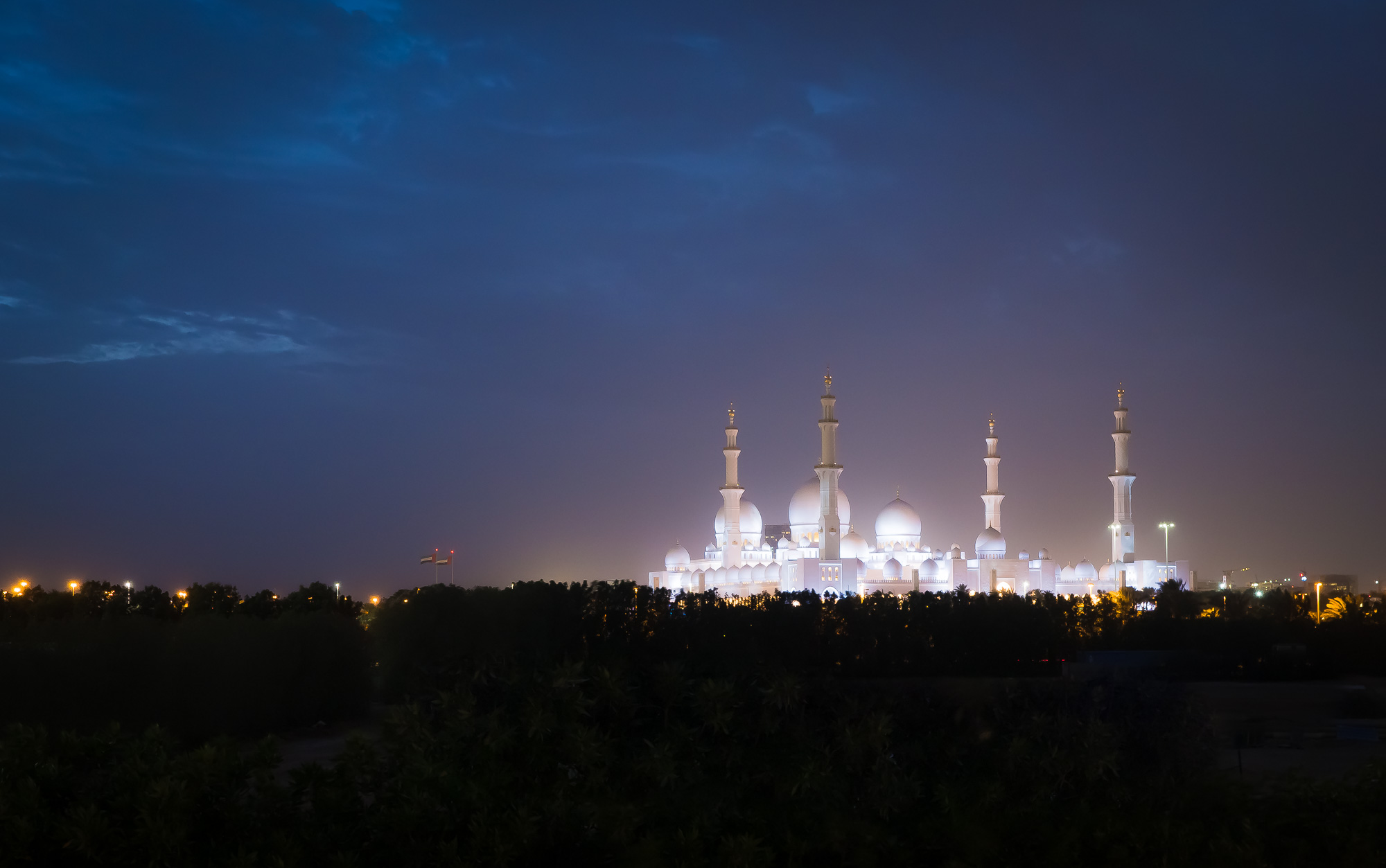
Sheikh Zayed Grand Mosque
It was designed by Syrian architect Yousef Abdelky. I've been inside in 2016 and more photos are on my blog - defintely worth a visit.
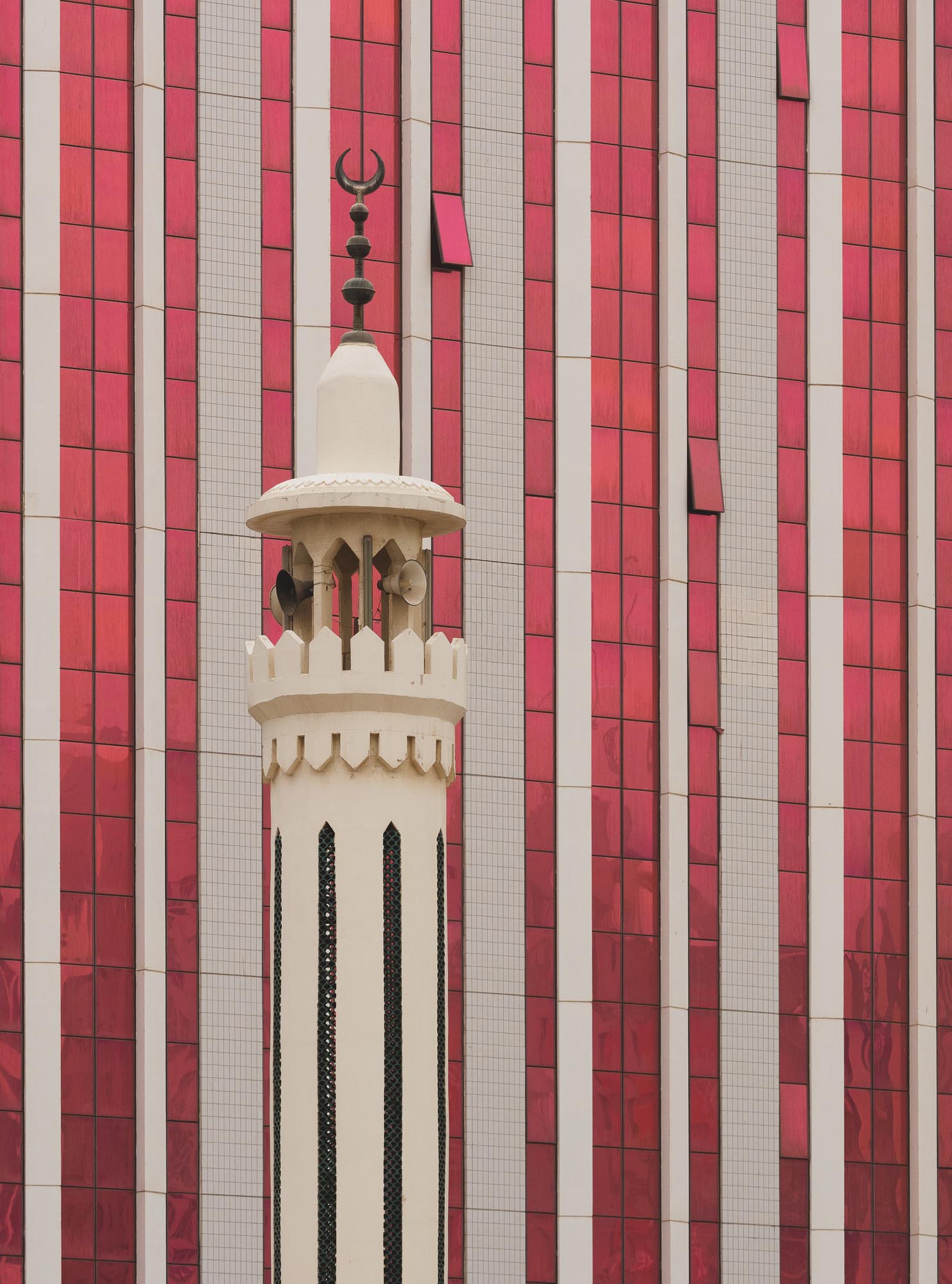
Contrasts
Pink glass facades with minarets in Abu Dhabi city.
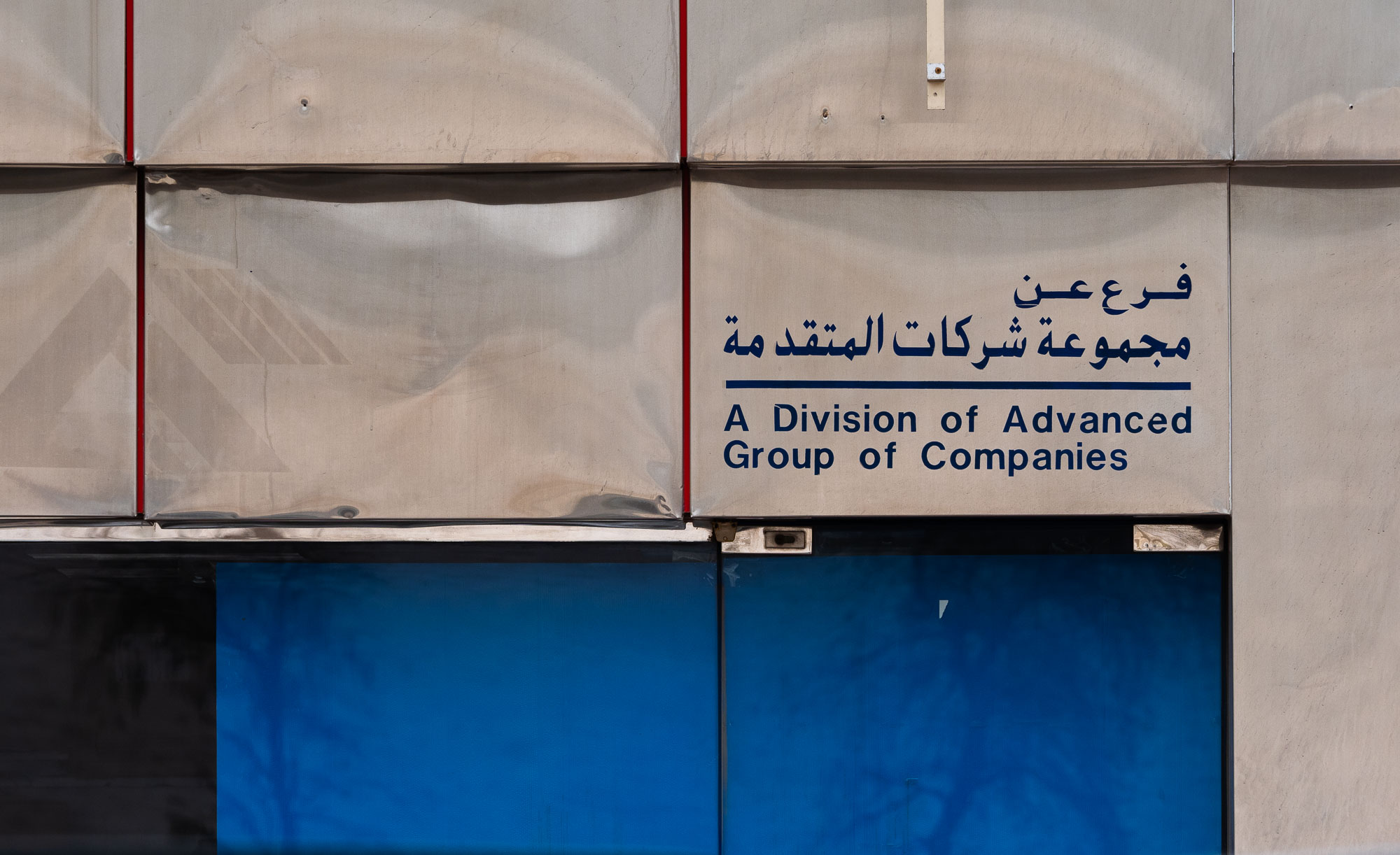
Confidence
Company name = Win!
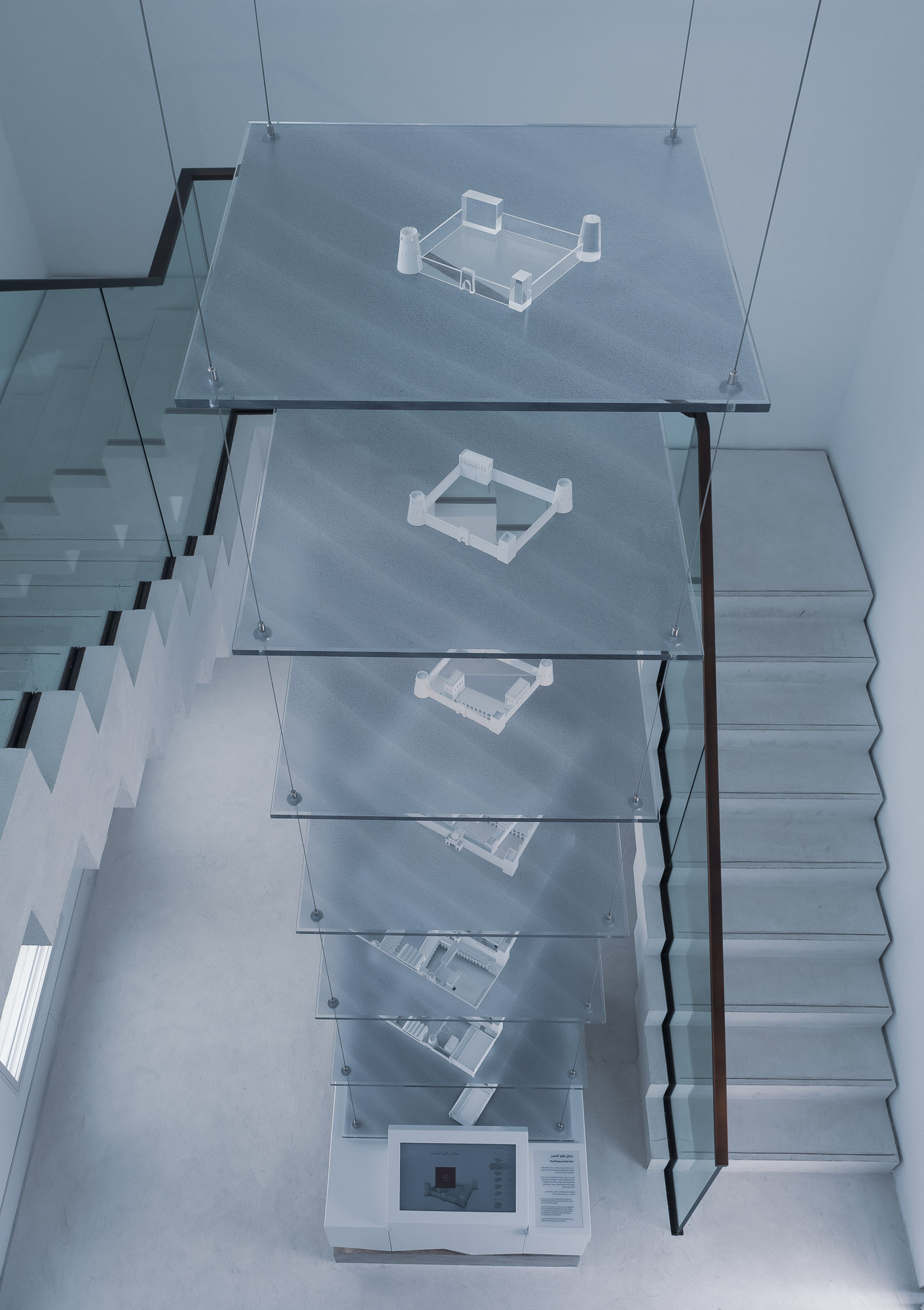
Qasr Al Hosn
The evolution of the oldest stone building in Abu Dhabi city.
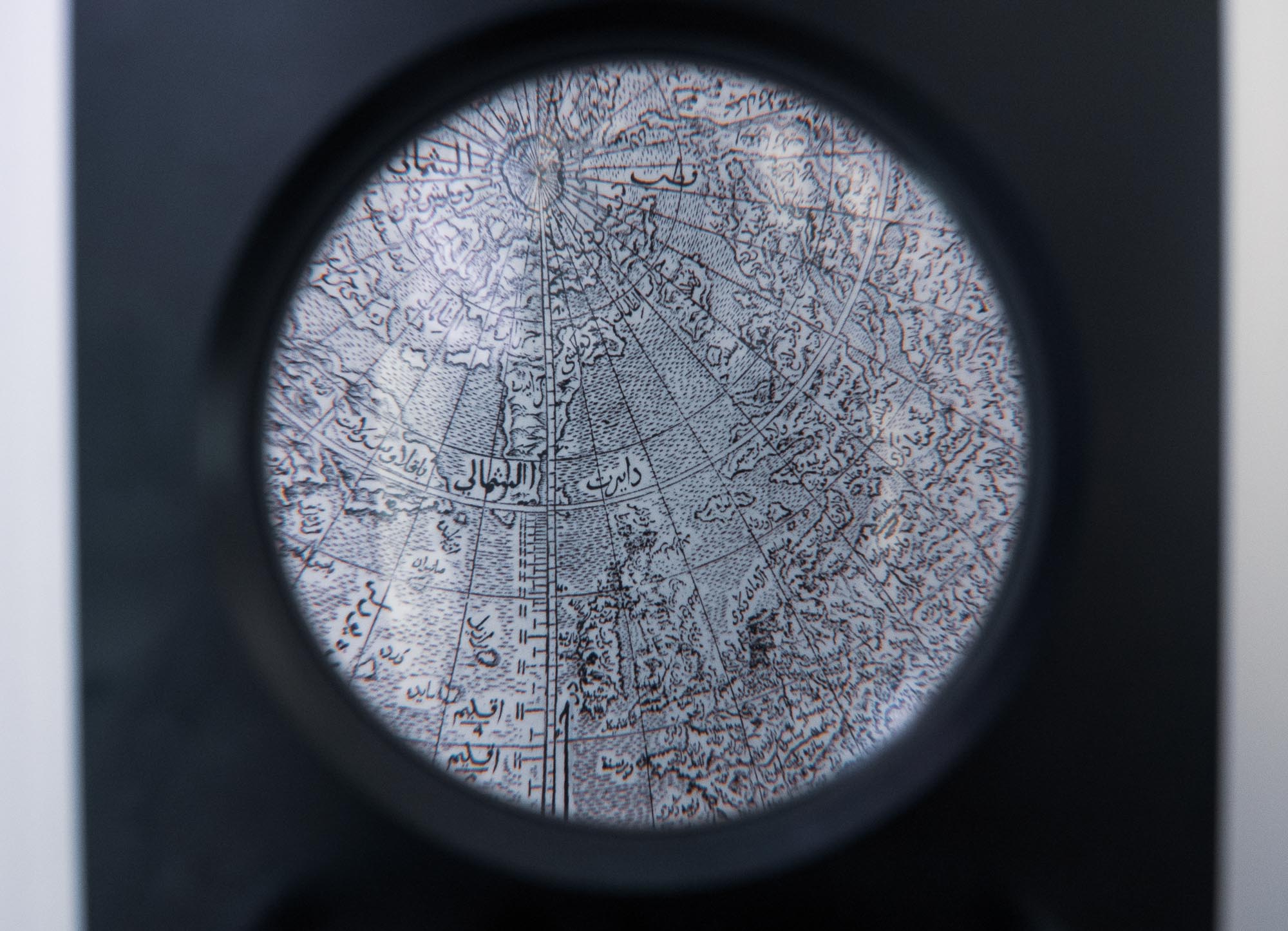
Exploration
The fort is now open for the public with exhibitions on its history.
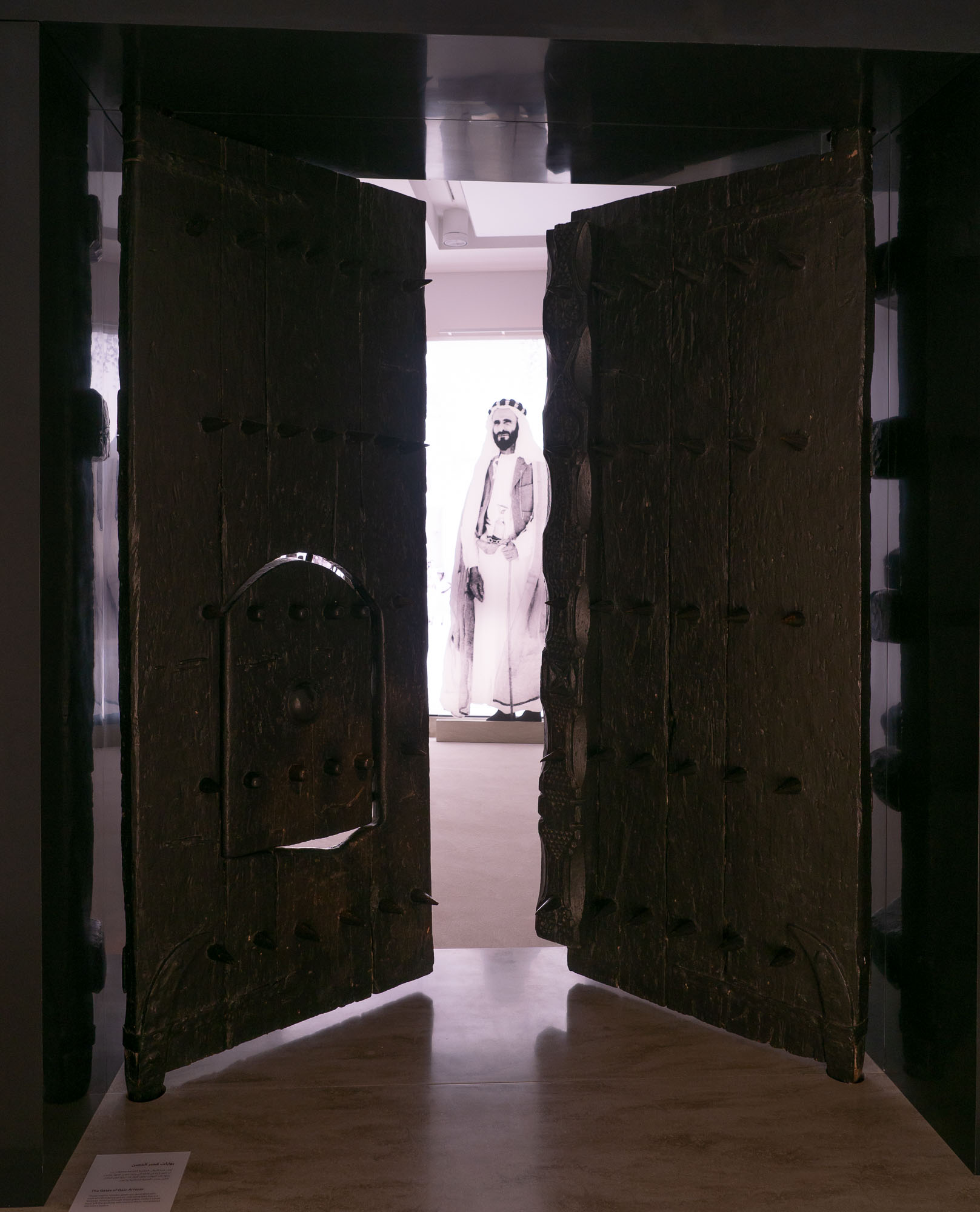
Gates
The former gates to the fort with Sheikh Zayed the first in the background.
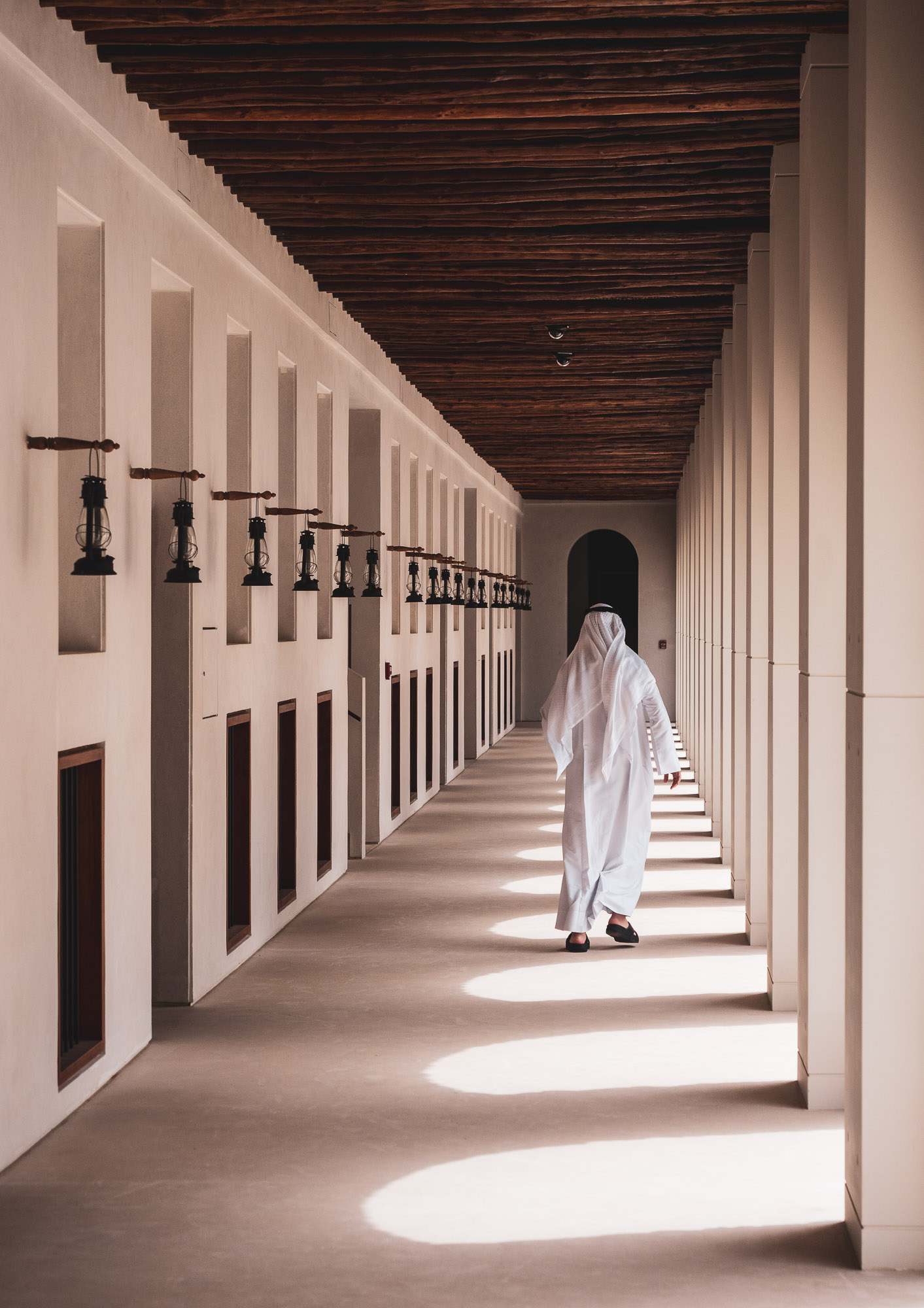
Hallways
Each door to the left features small exhibitions on the history of the country and the ways of life of the Bani Yas.

Fort
The fort with the old watch tower in the center in a darker brown shade, originally from 1761.
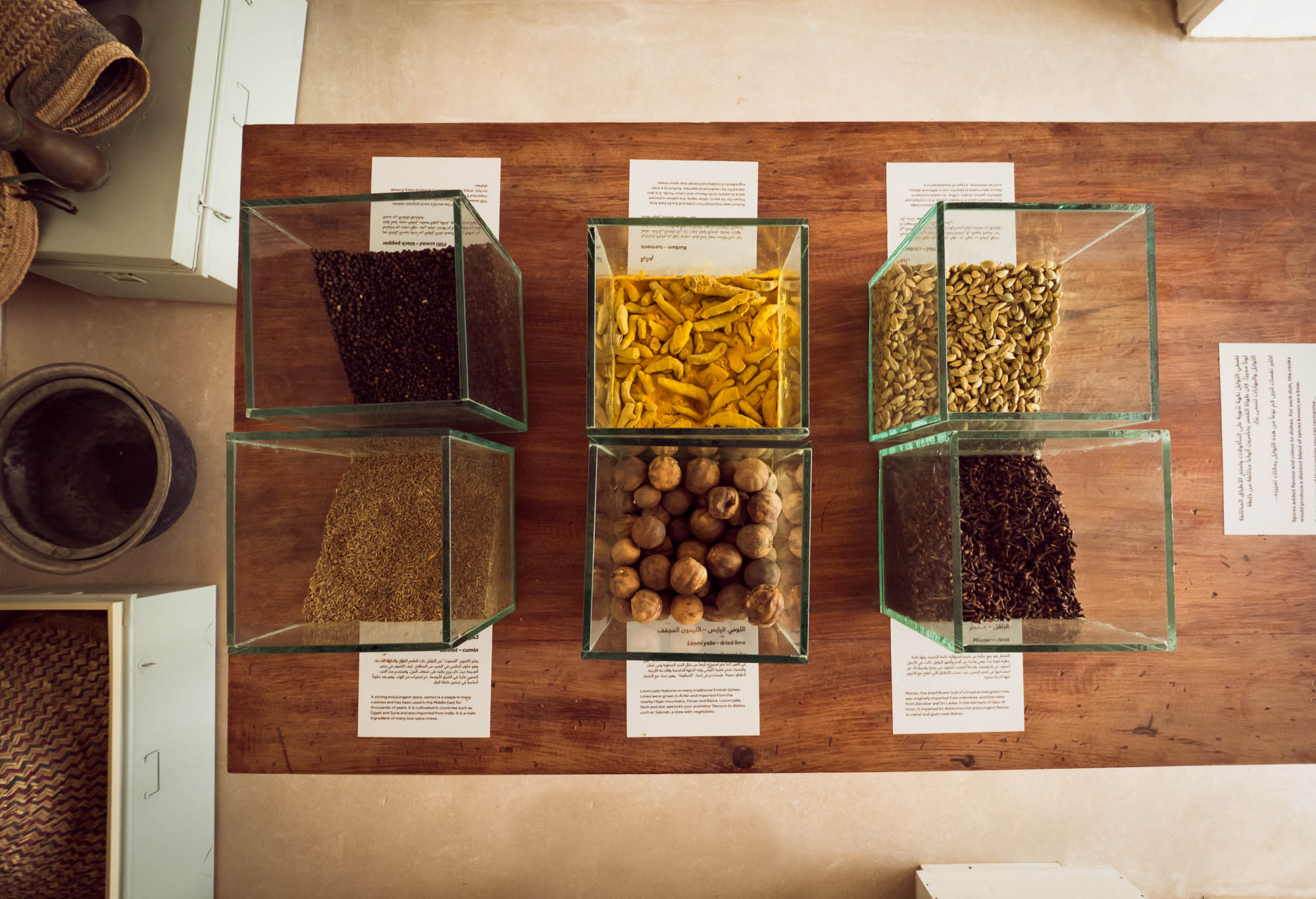
Local Spices
Guess them?
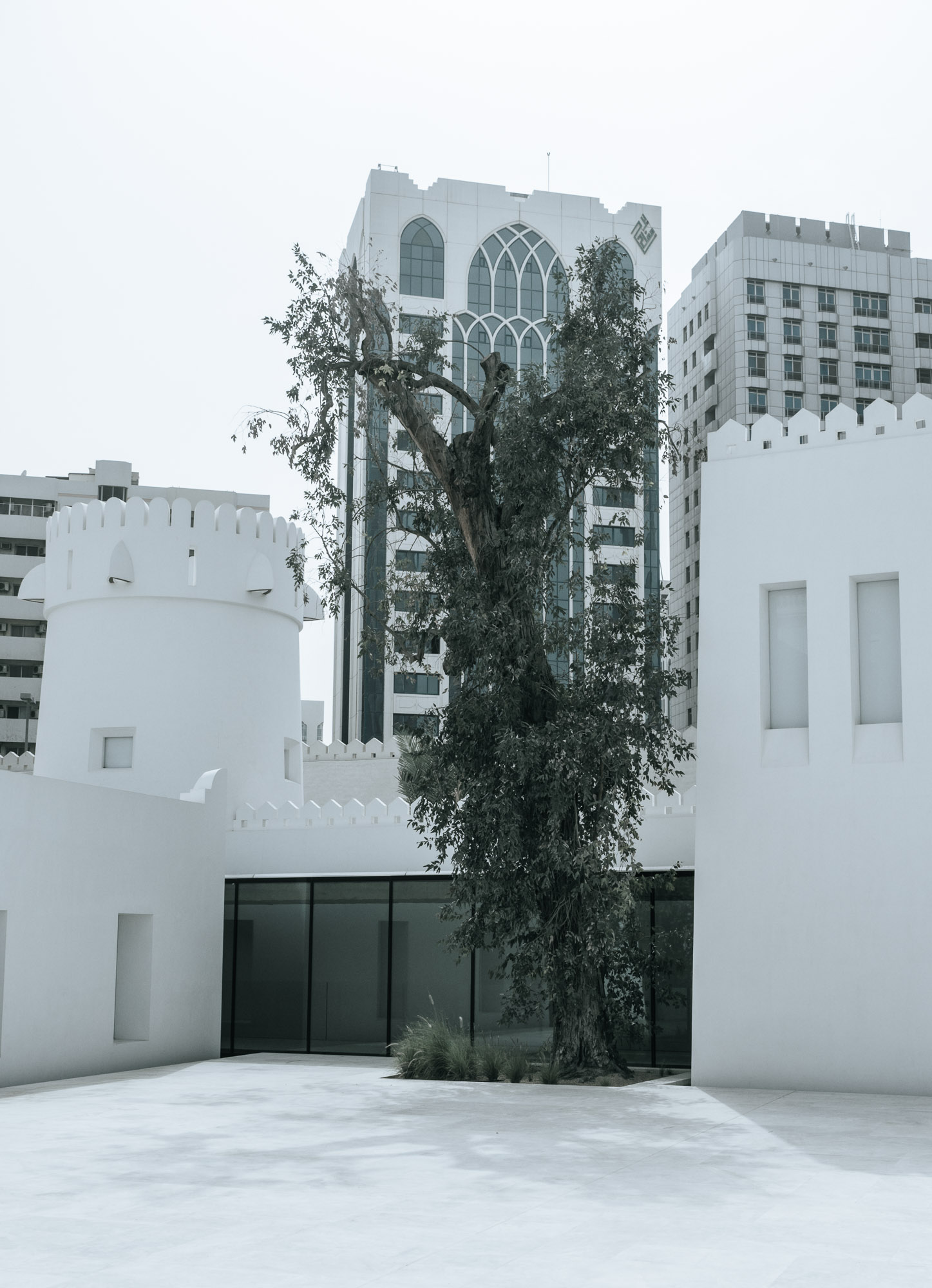
Growth
The tree in the courtyard of the fort.
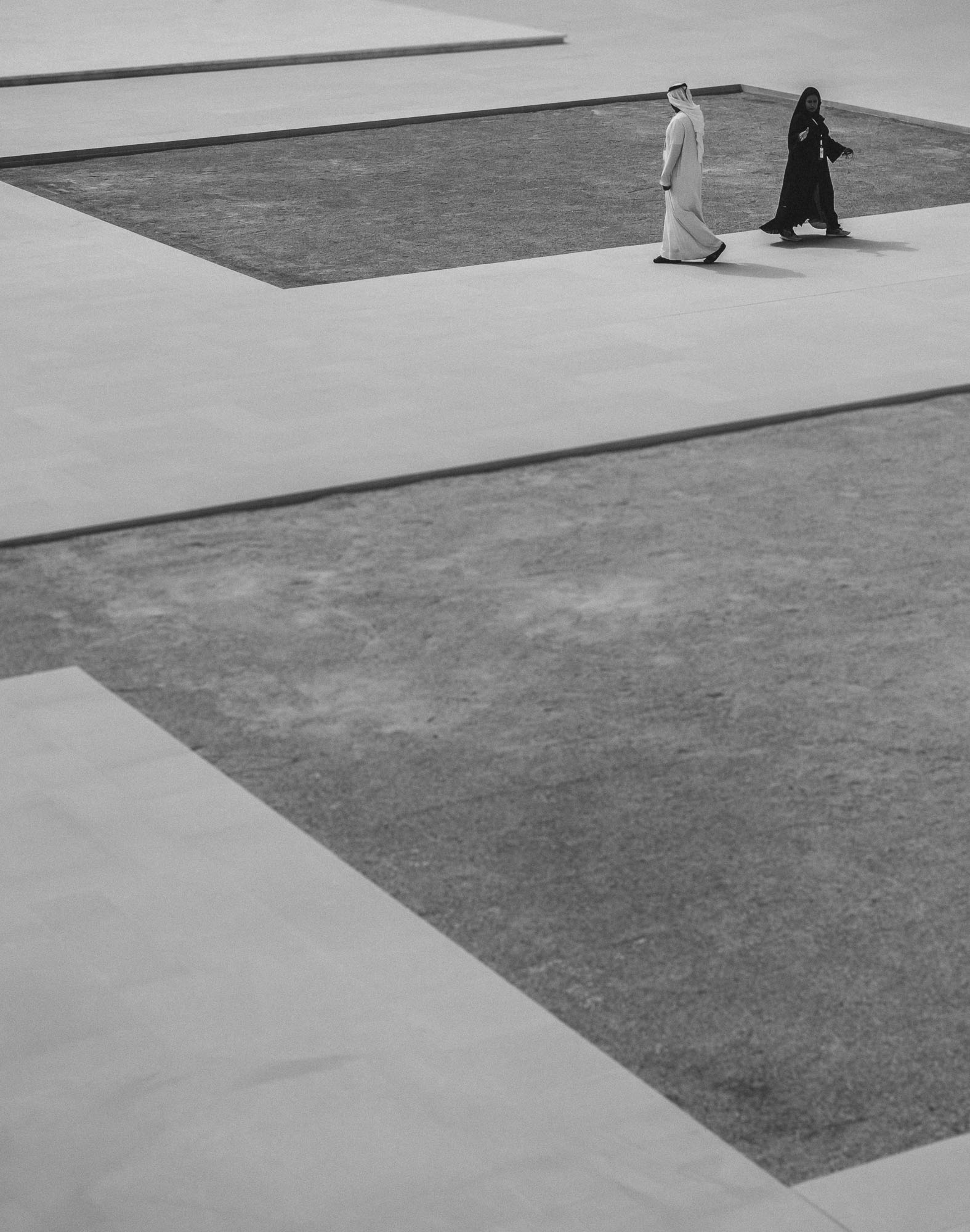
Crossroads
A local woman and man cross paths in the courtyard of the building.
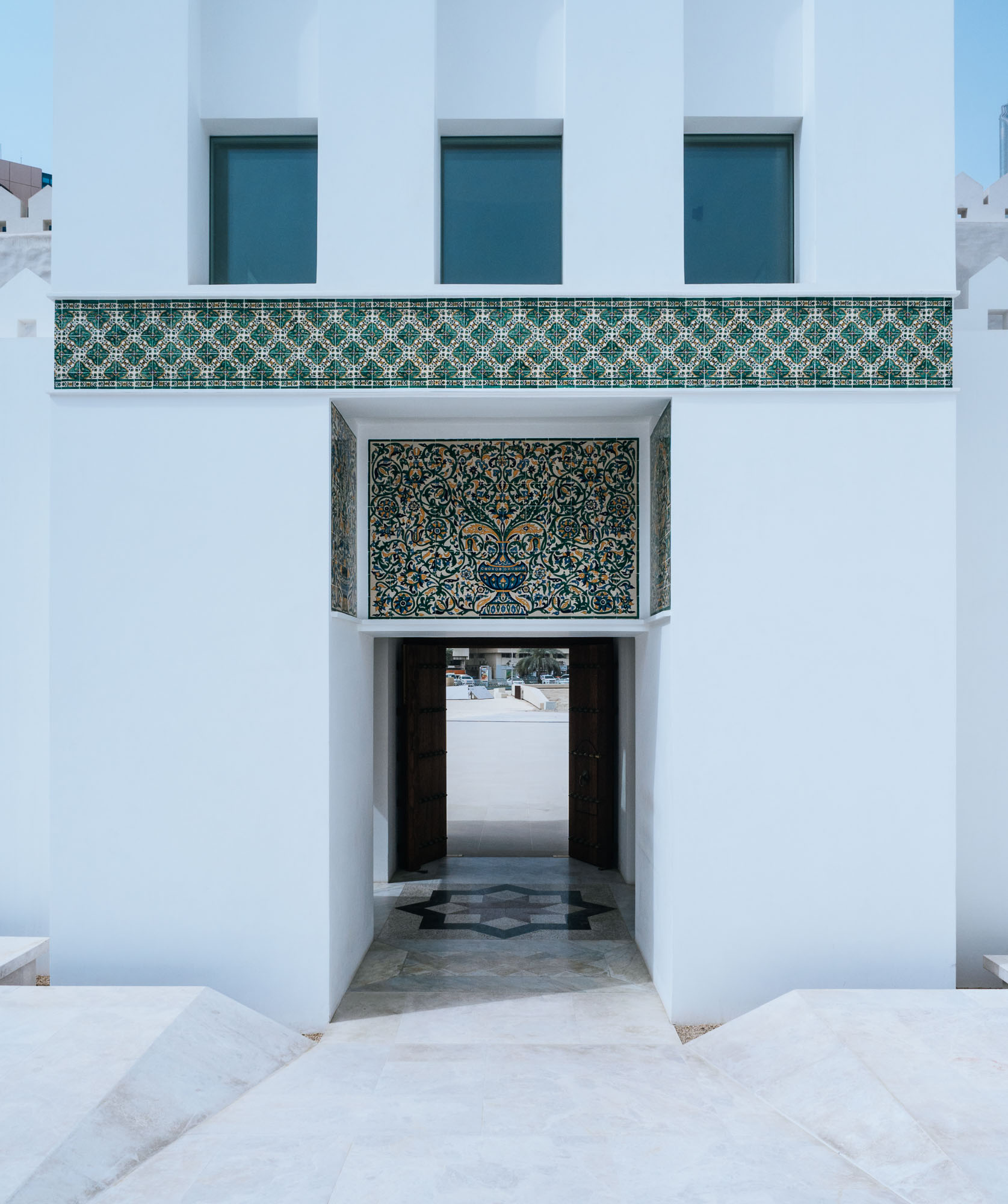
Entrance
The entrance doors to Qasr Al Hosn.
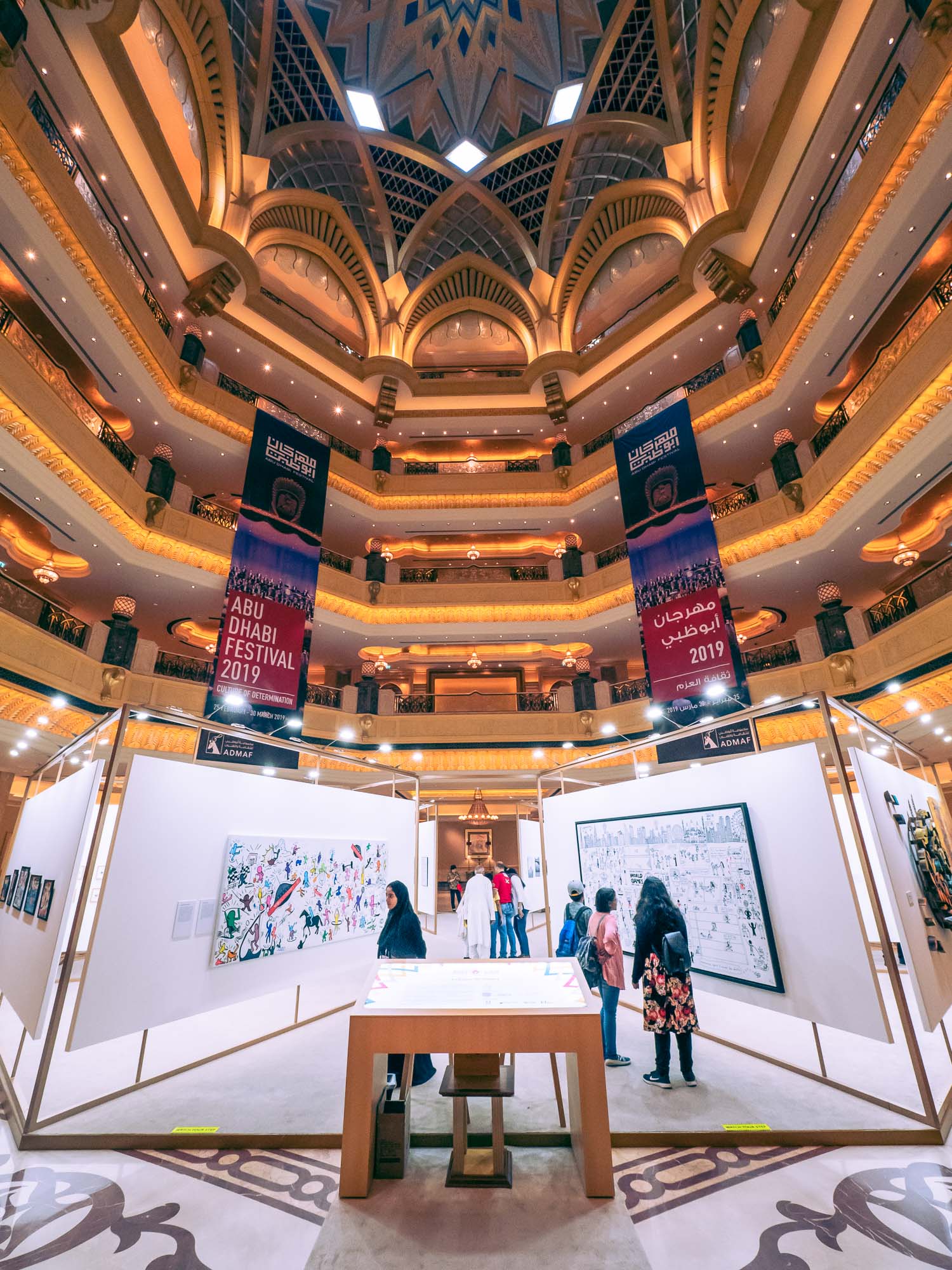
Emirates Palace
The main lobby of Emirates Palace featured an exhibiton on culture of determination, as the Special Olympics World Games are taking place in Abu Dhabi in 2019.
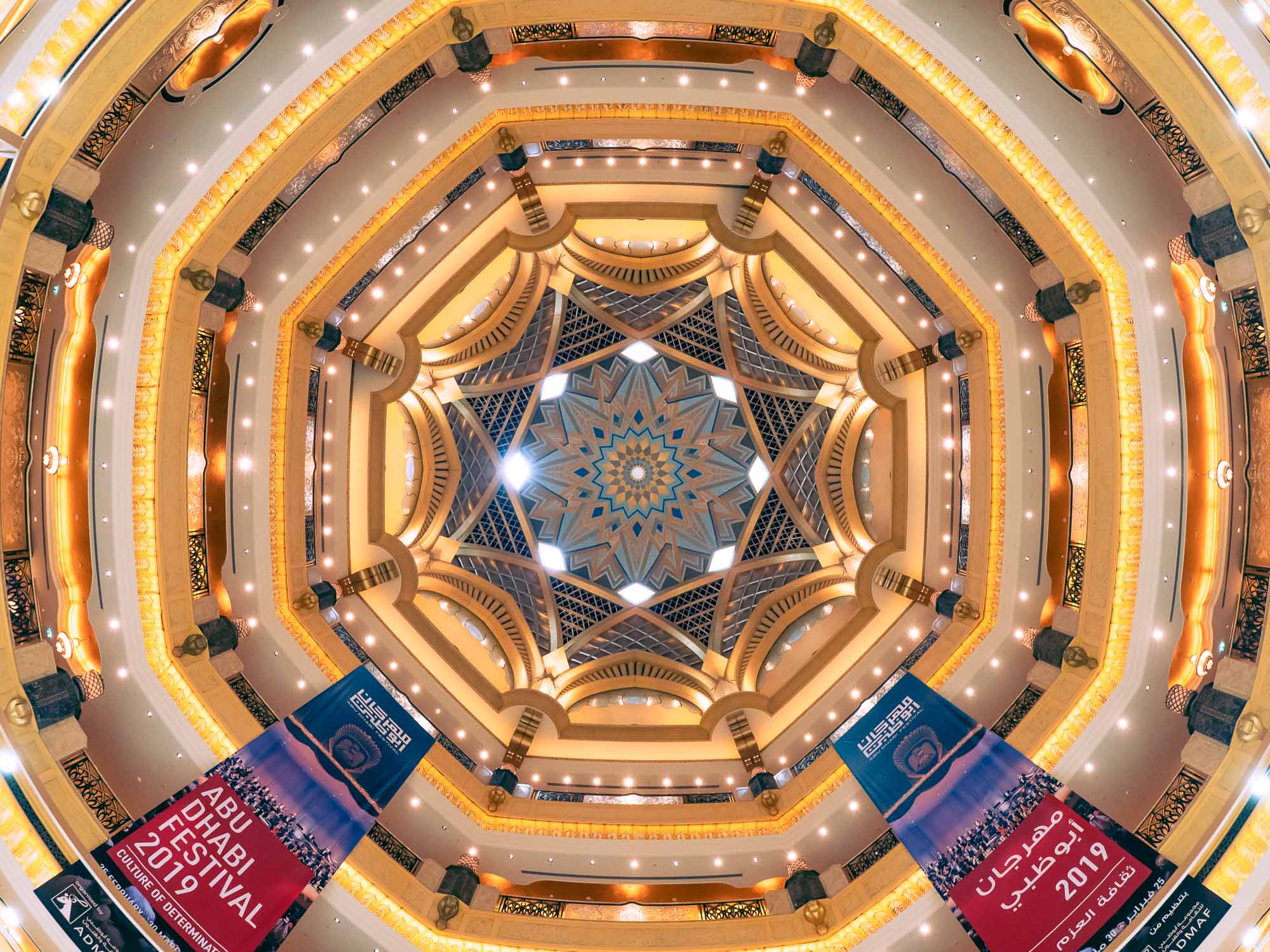
Looking Up
The roof of the main lobby and the surrounding corridors.
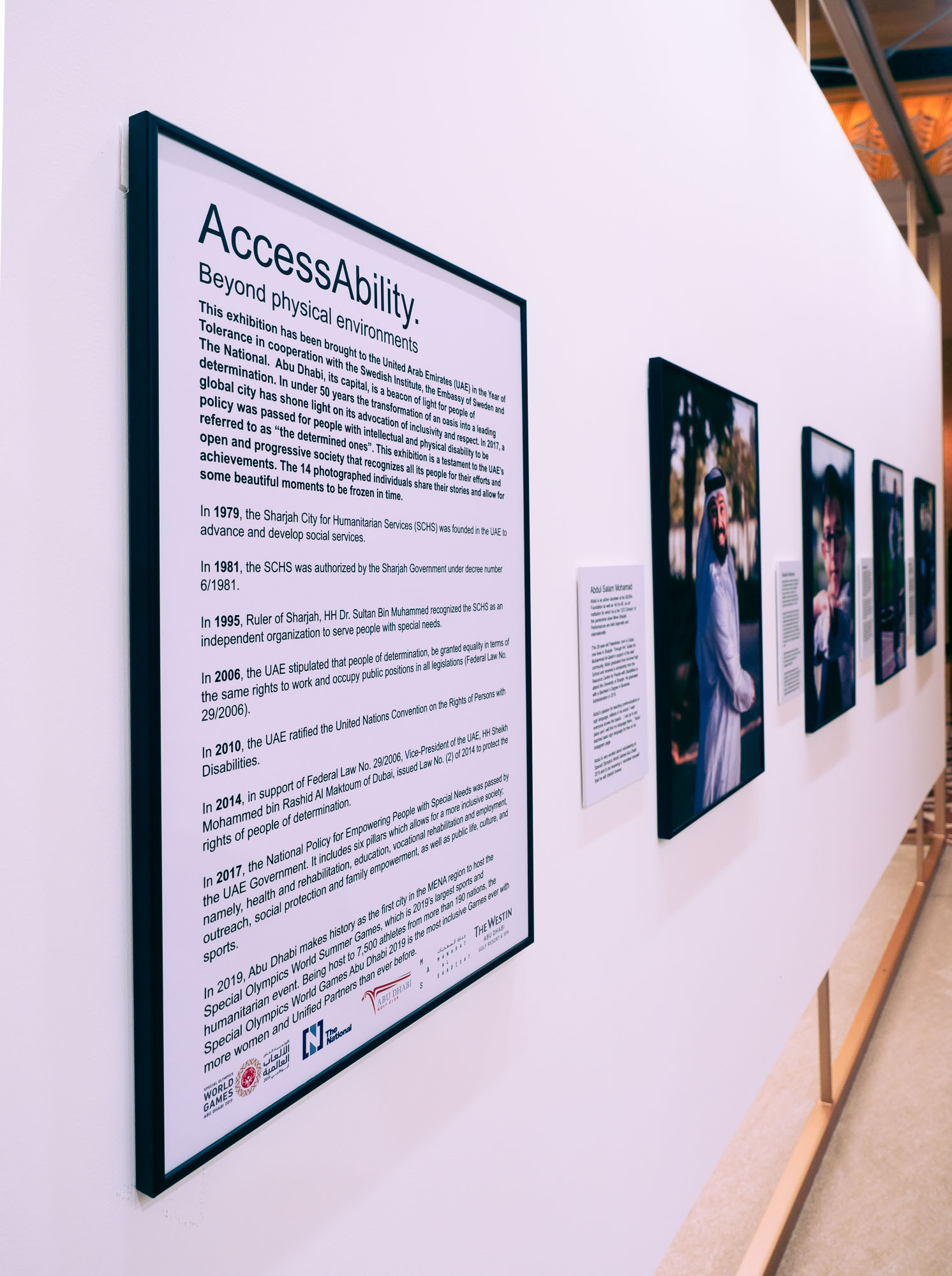
AccessAbility
In 2017 the UAE passed a law that describes all people with any disability as "people of determination".
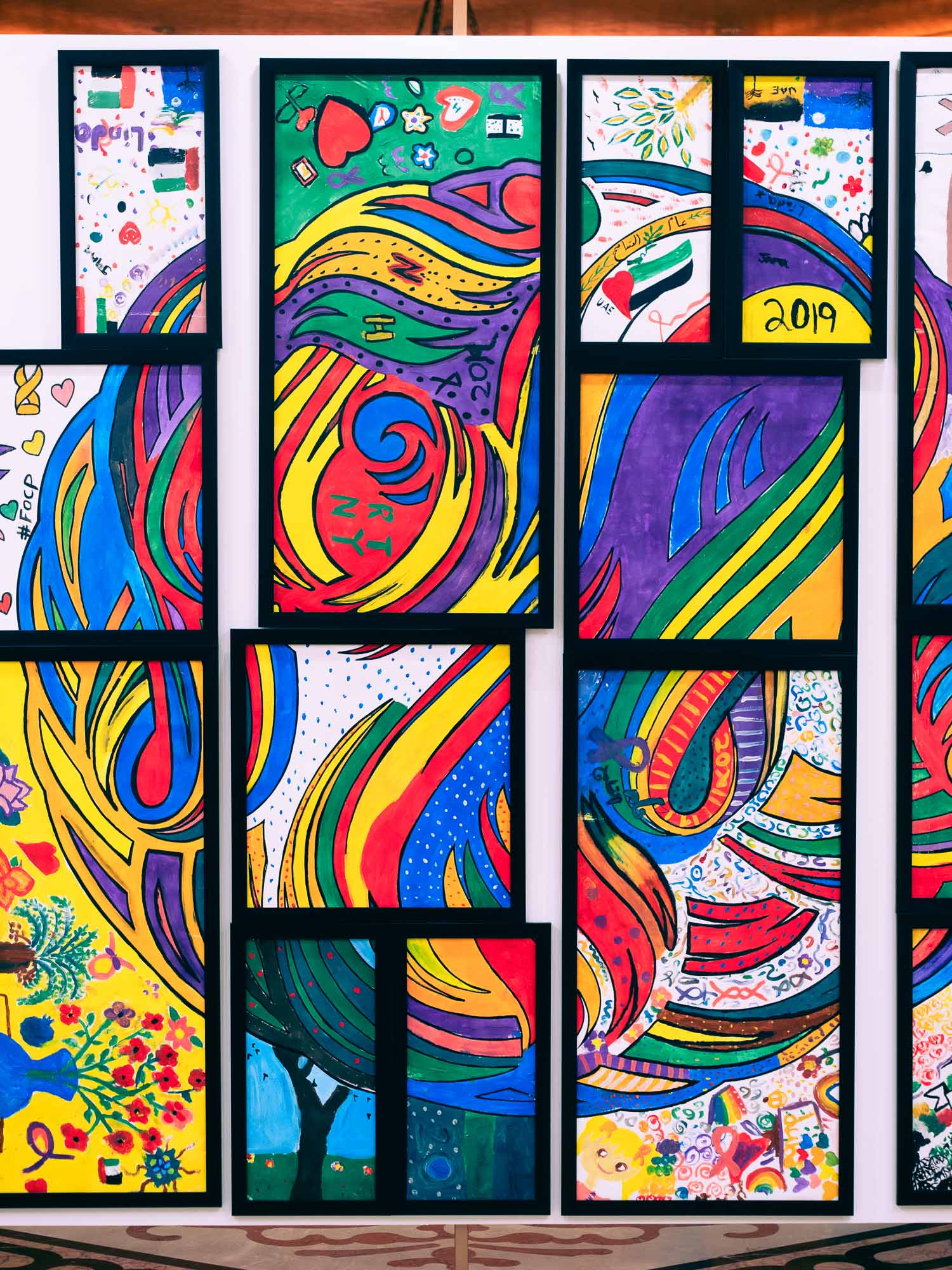
Colours
One of the art pieces on display.
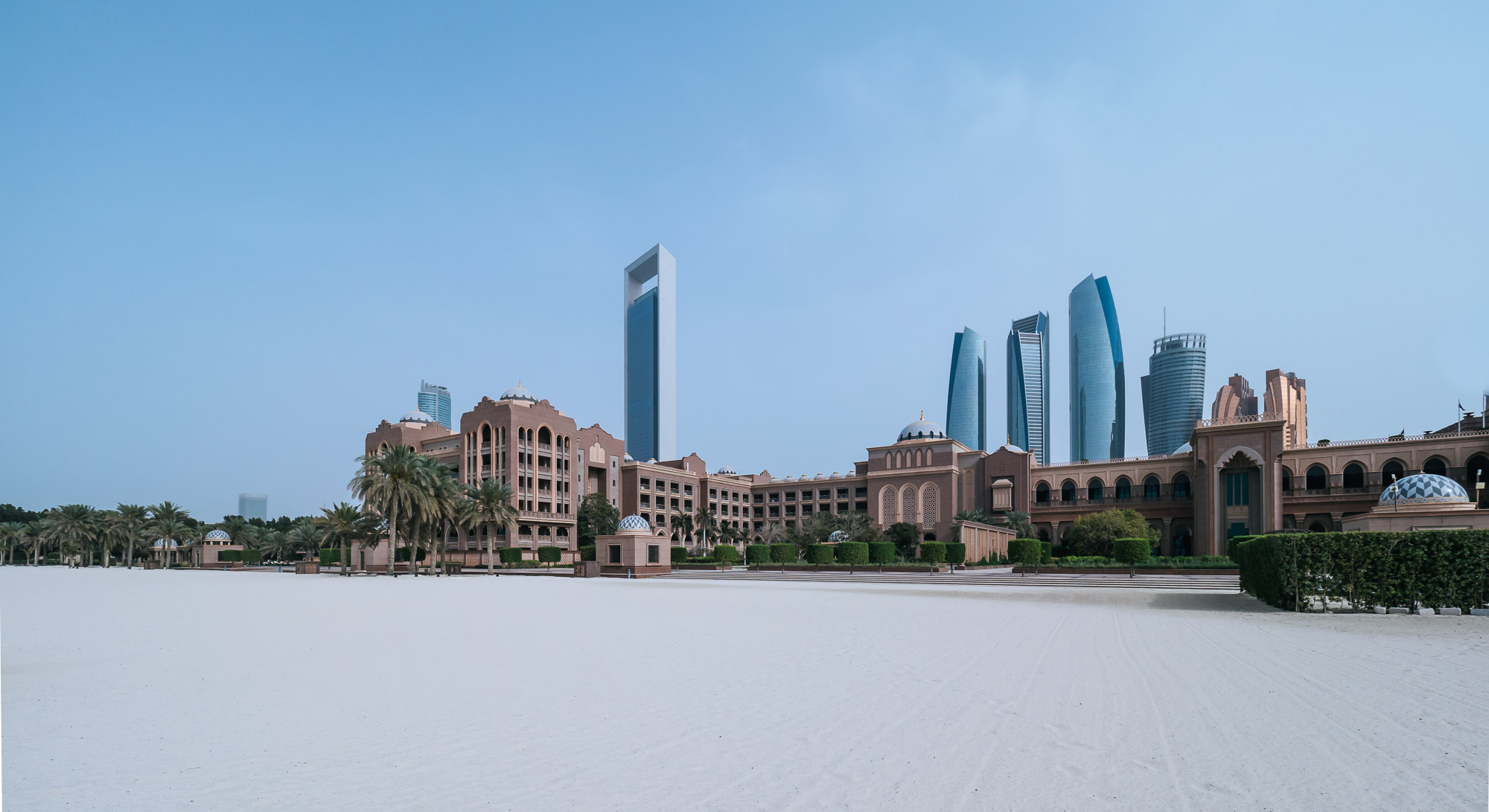
Views
One of the wings of the building, with ADNOC HQ, Etihad towers and Hyatt Pearl in the background.
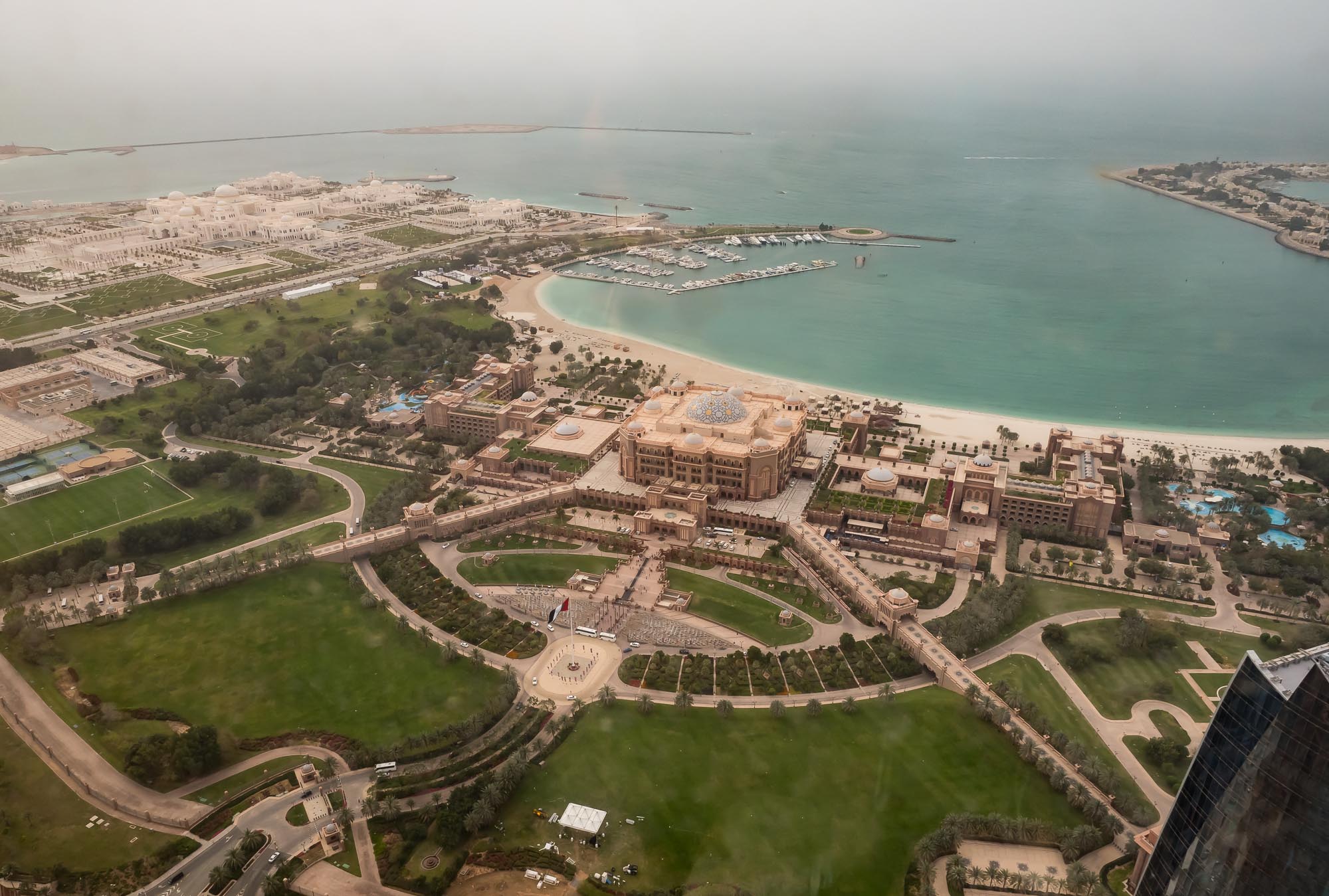
Observation Deck
Etihad towers features the highest observation deck in Abu Dhabi with a view of Emirates Palace and the Presidential Palace to the left.

Presidential Palace
It opened to the public earlier in 2019.
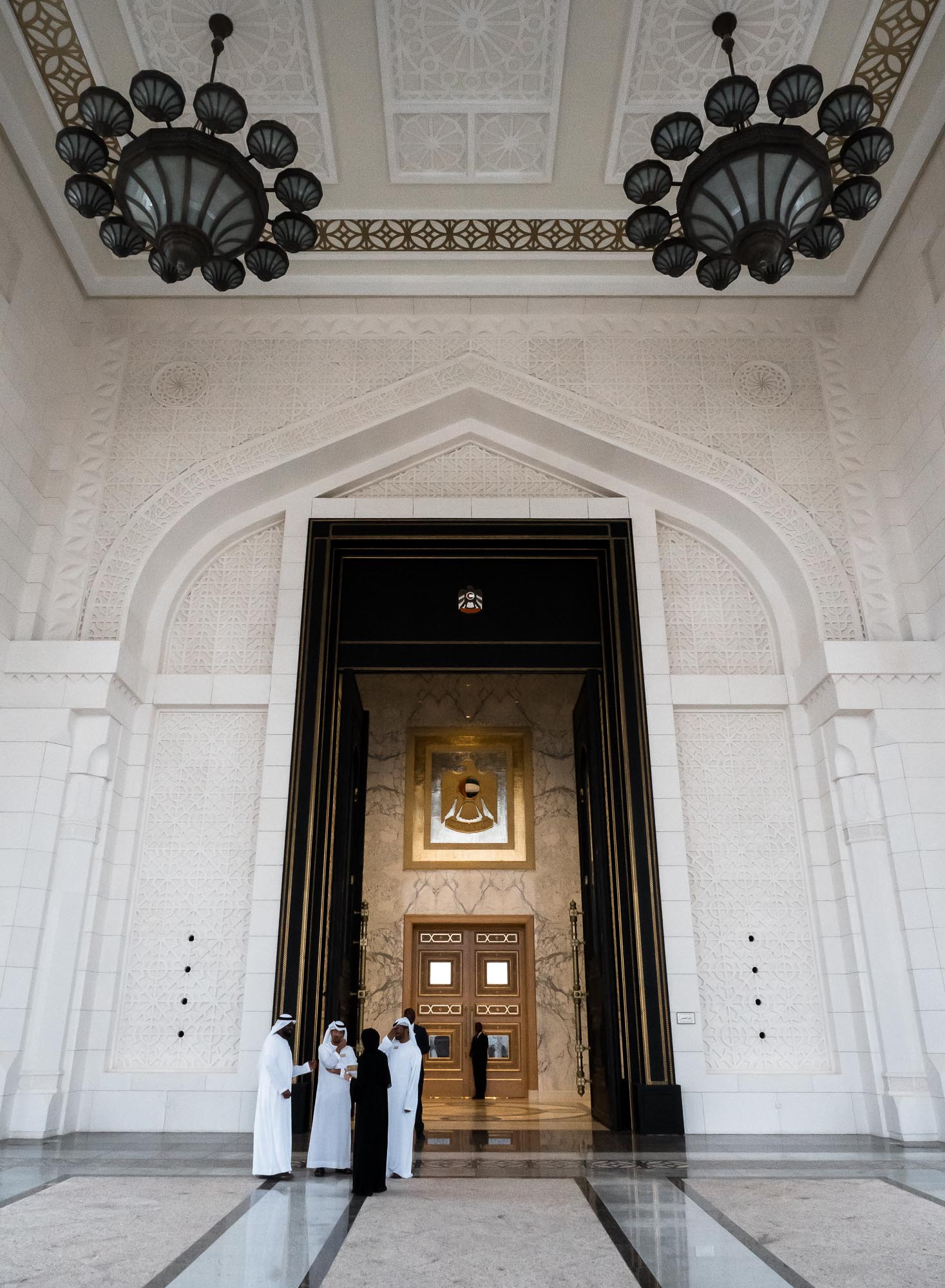
Entrance
The entrance to the Presidential Palace is relatively simple...

Wow Moment
...so that the moment you step inside is even more impressive.
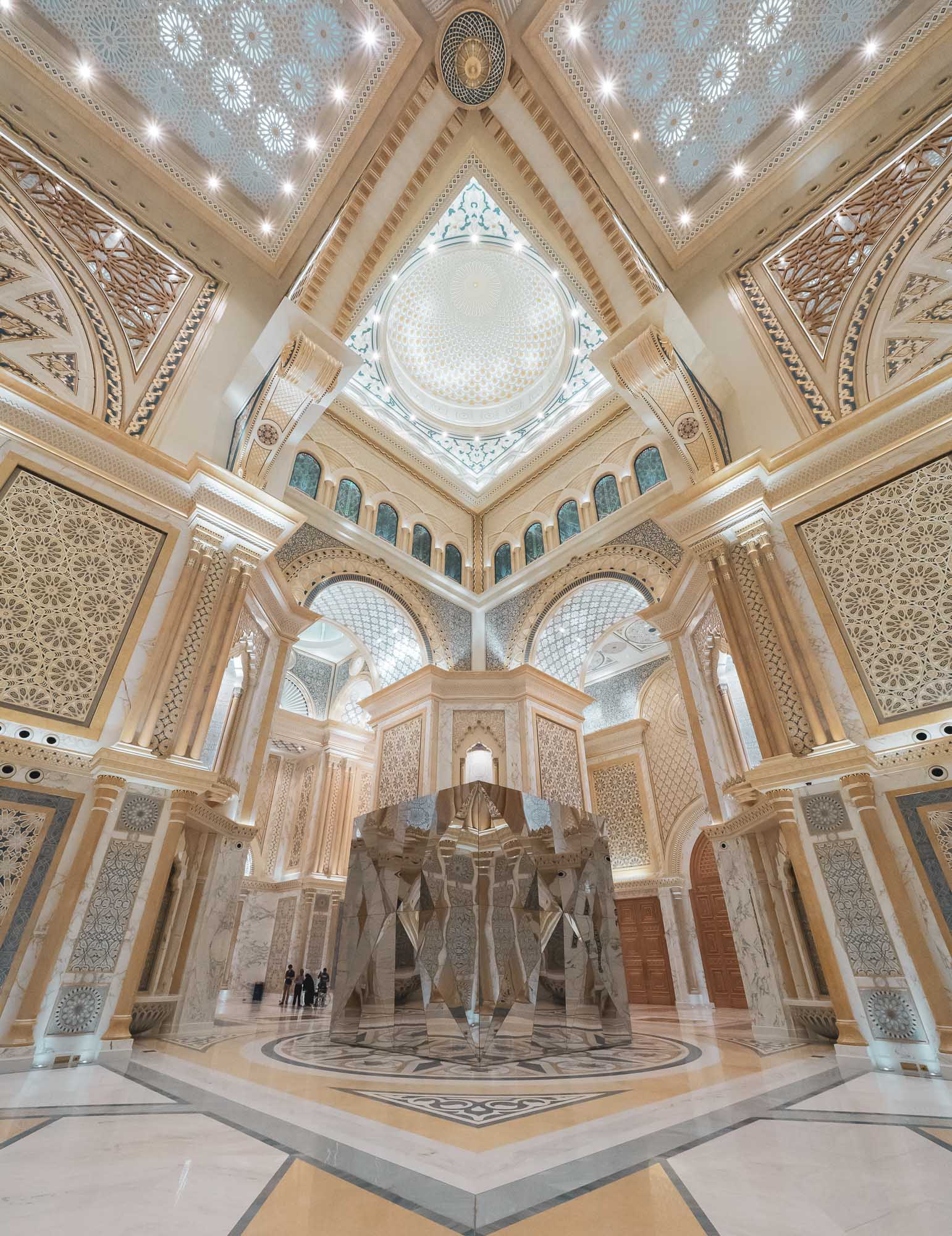
Corner
One of the 4 courners of the Great Hall.

Details
The palace features rich and rare materials from Italy, India, China and elsewhere.
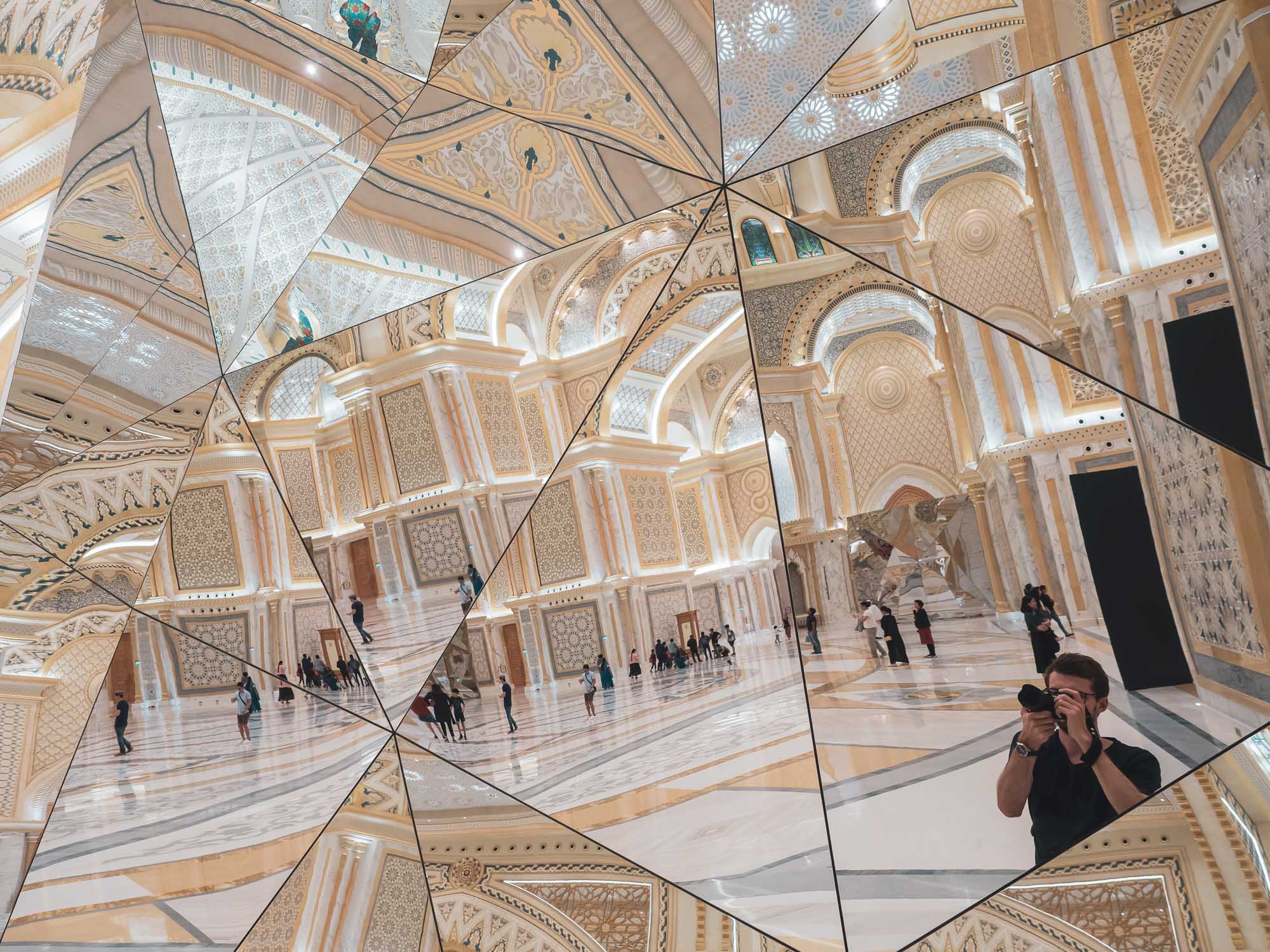
Mirrors
A photo of the mirror cubes on the 4 sides of the main hall (the meaning of which I could not figure out).
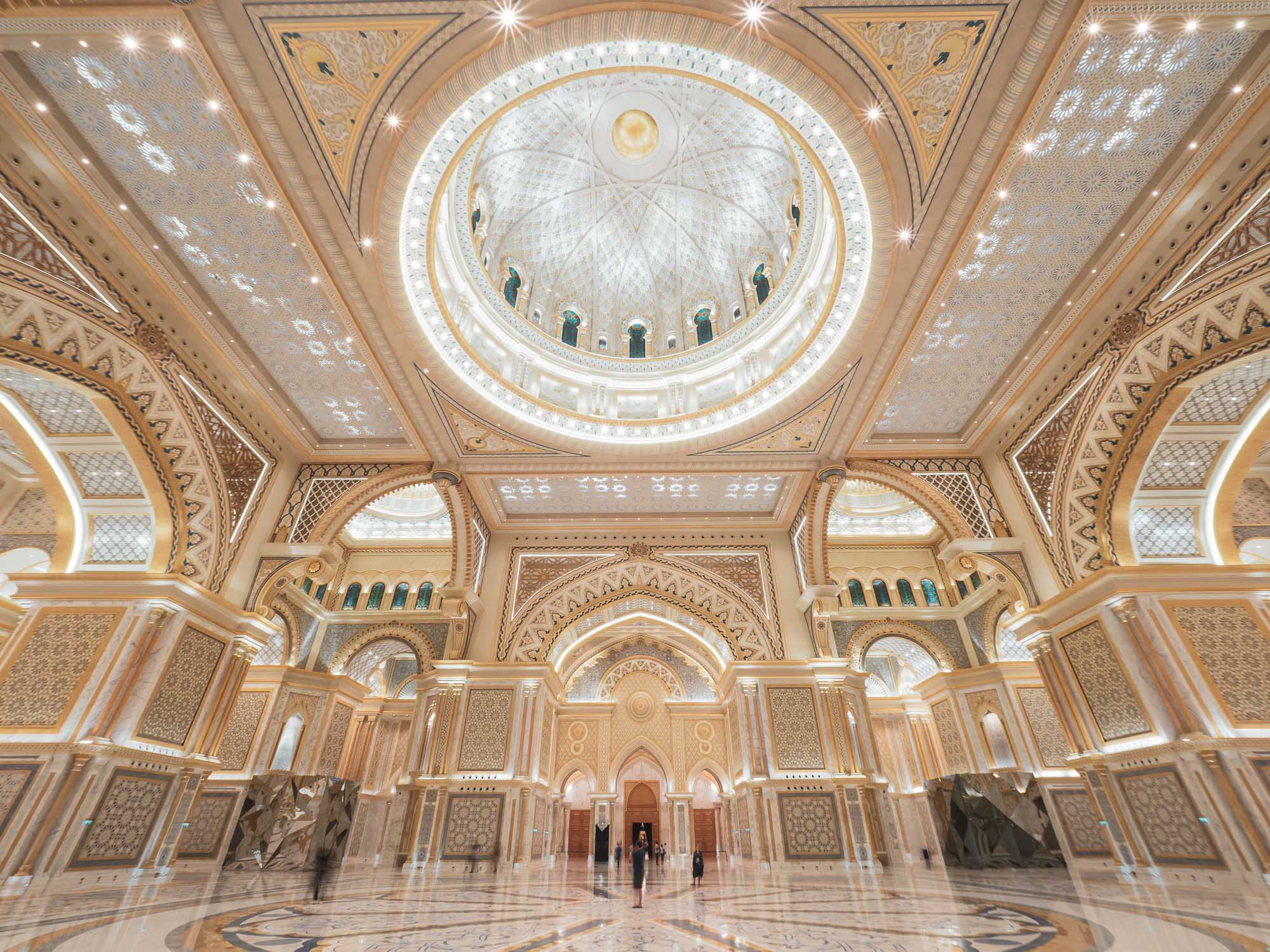
Main Hall
Its sheer grandeur is hard to understand until you visit in person.

Sheikh Zayed
The portrait of the late father of the nation in one of the rooms.
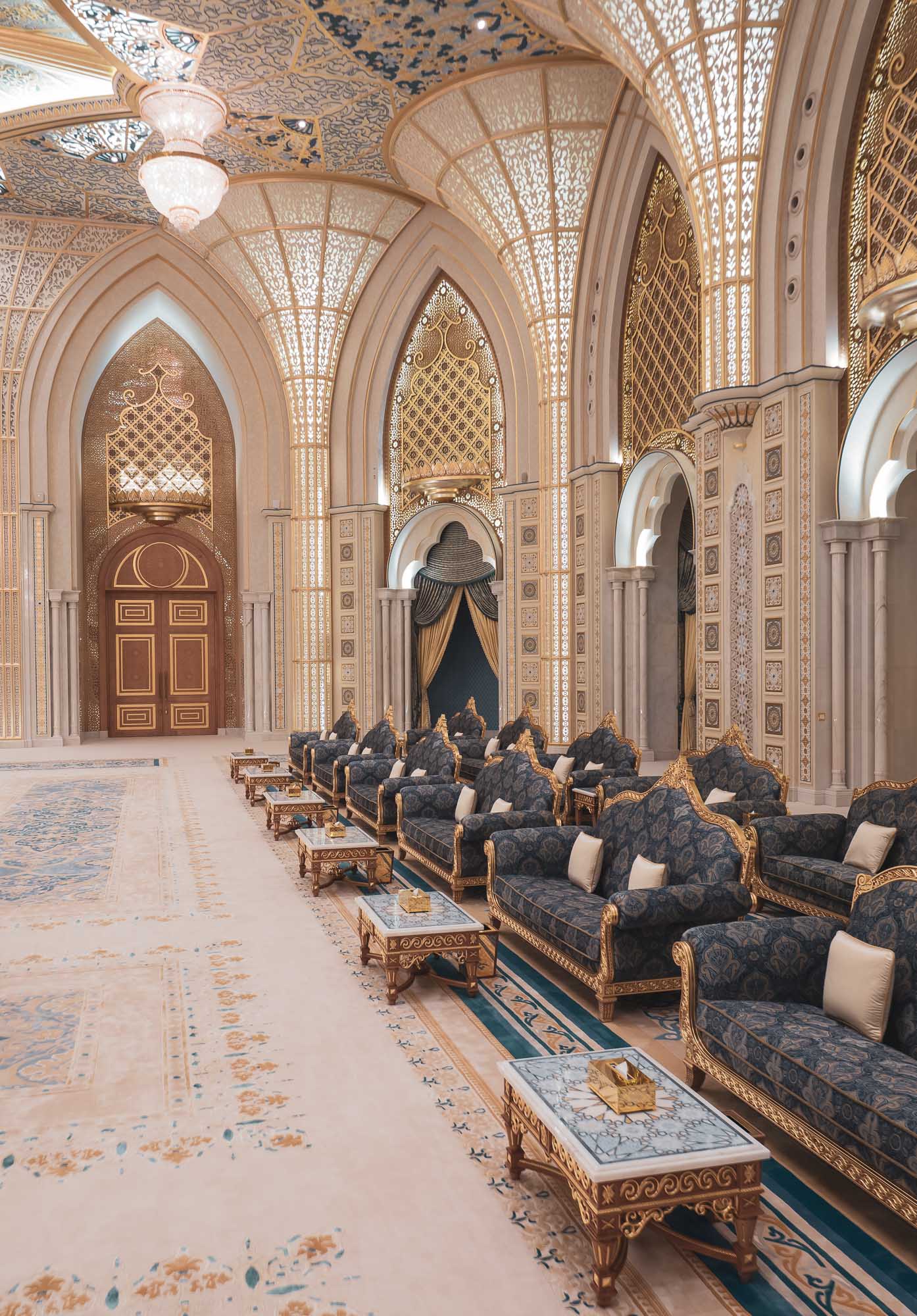
Seating Areas
Official government meetings take place here.

The Great Hall
100m by 100m in size, it's the centerpiece of the palace.
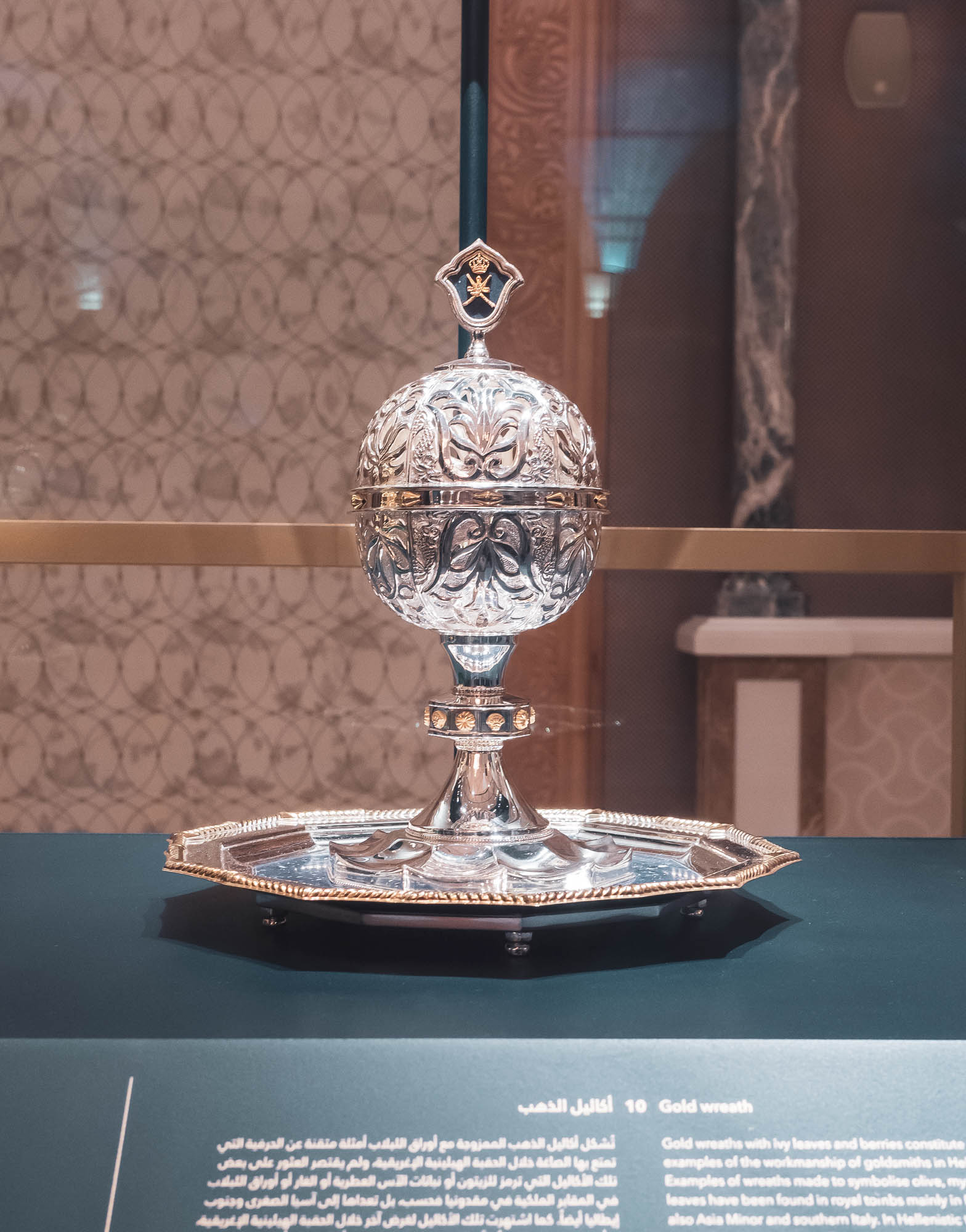
State Gifts
The palace includes a room displaying gifts brought by officials from other nations visiting the UAE.
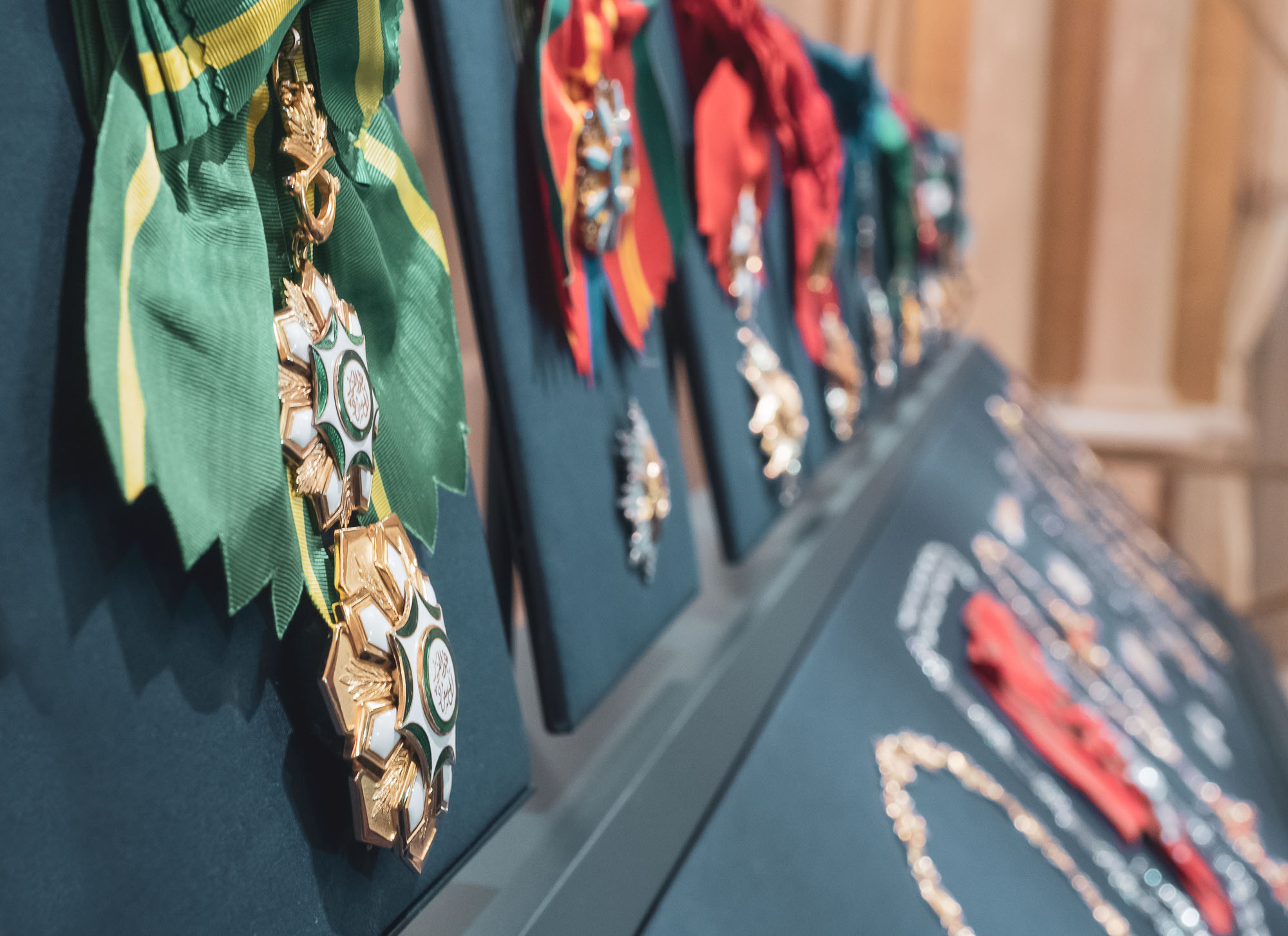
Ornaments
These include several official medals, bracelts, necklaces and more.
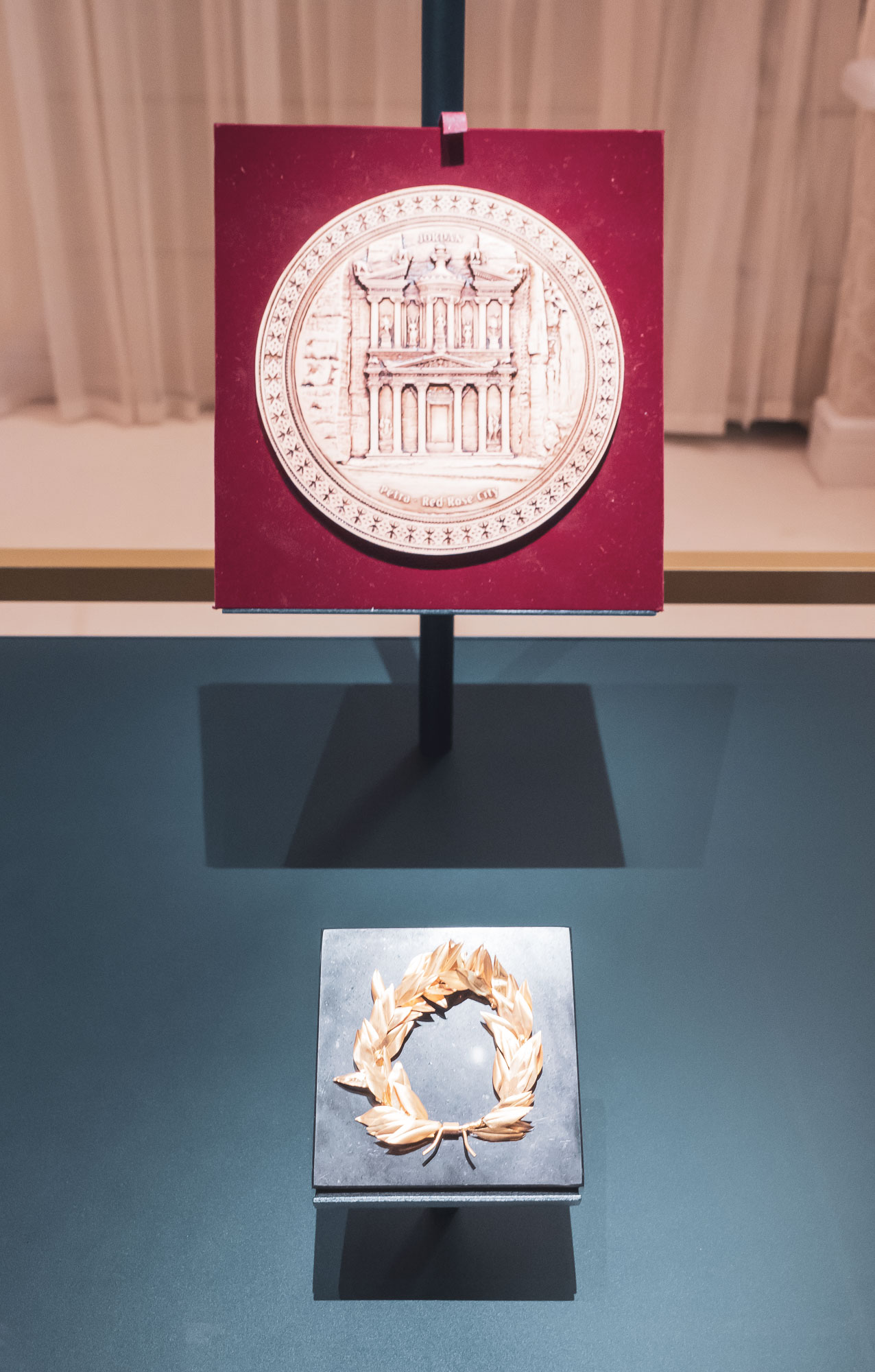
Artifacts
Jordanian and Greek gifts.
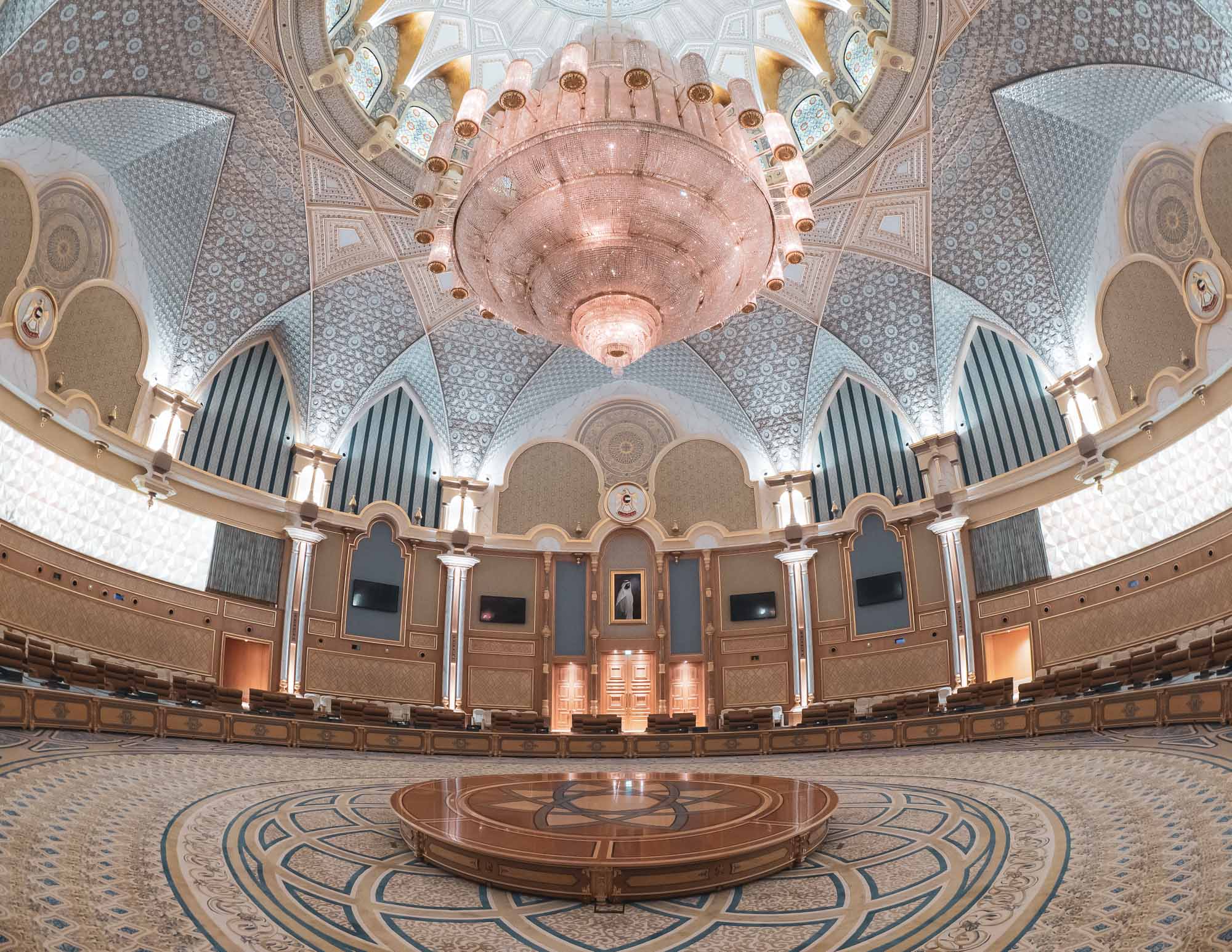
Circle
The room where GCC and Arab Nations council meetings take place.
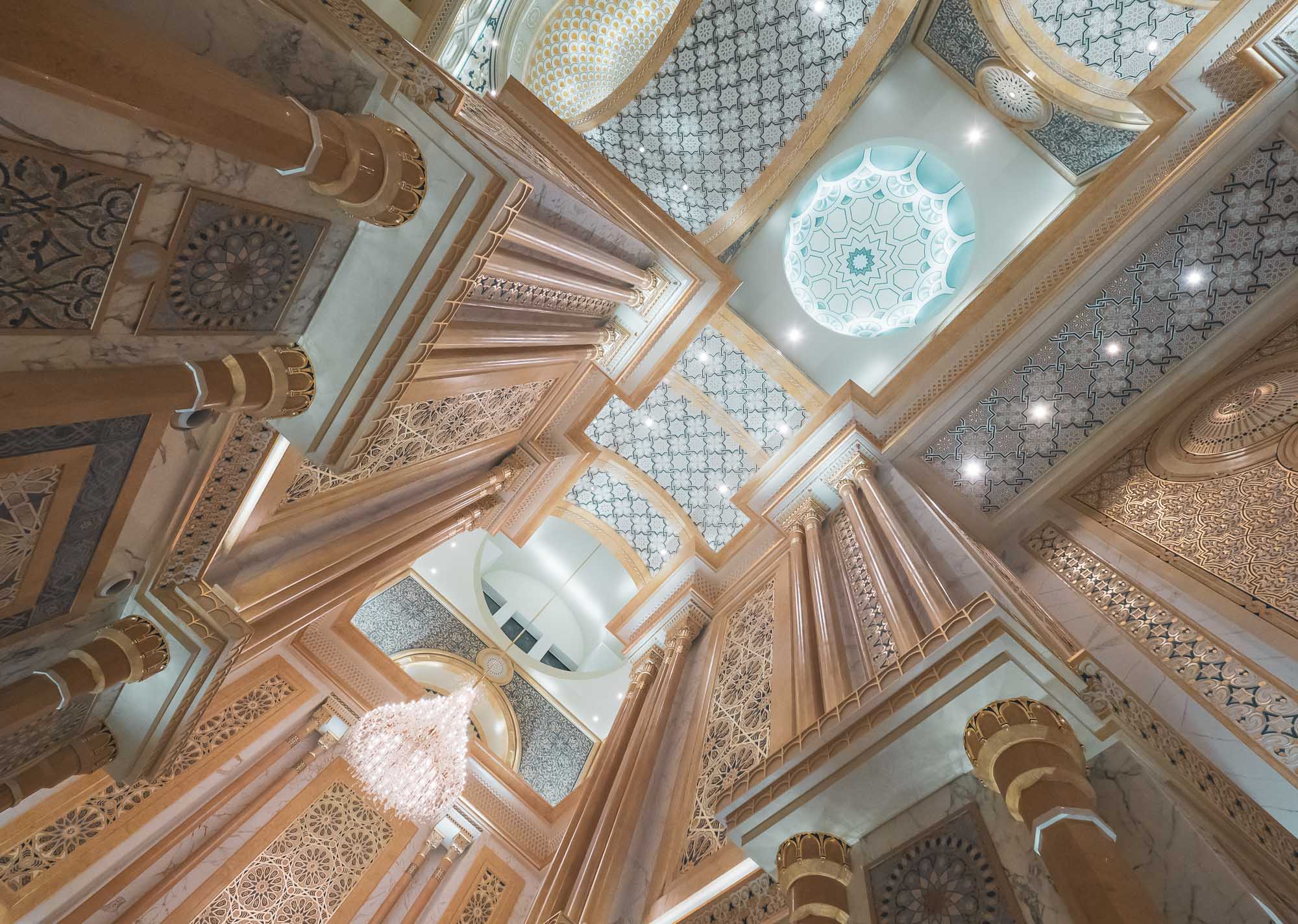
Architecture
The level of detail and ornamentation is breathtaking.
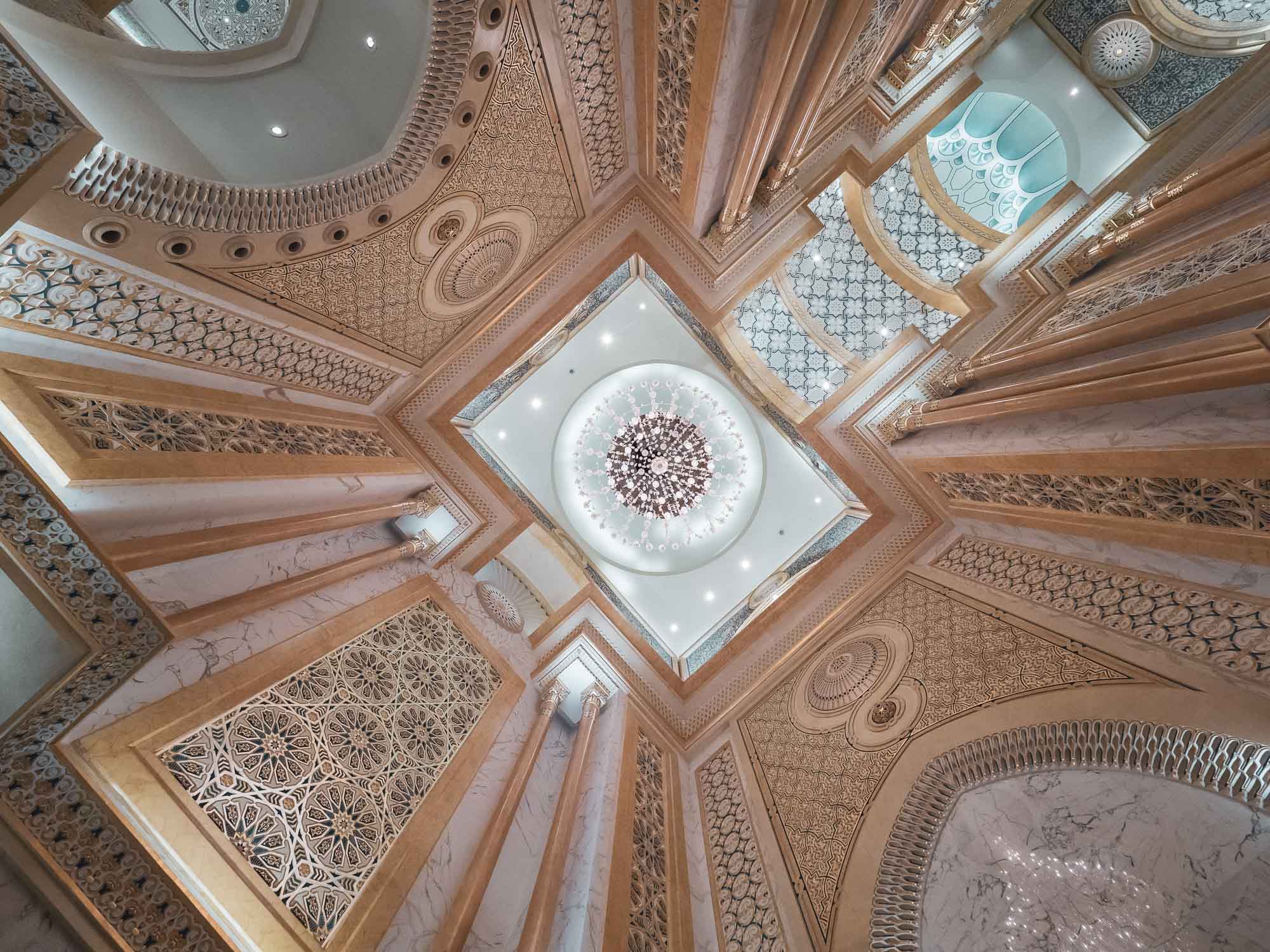
Looking Up
Upwards view of one of the wings of the building.
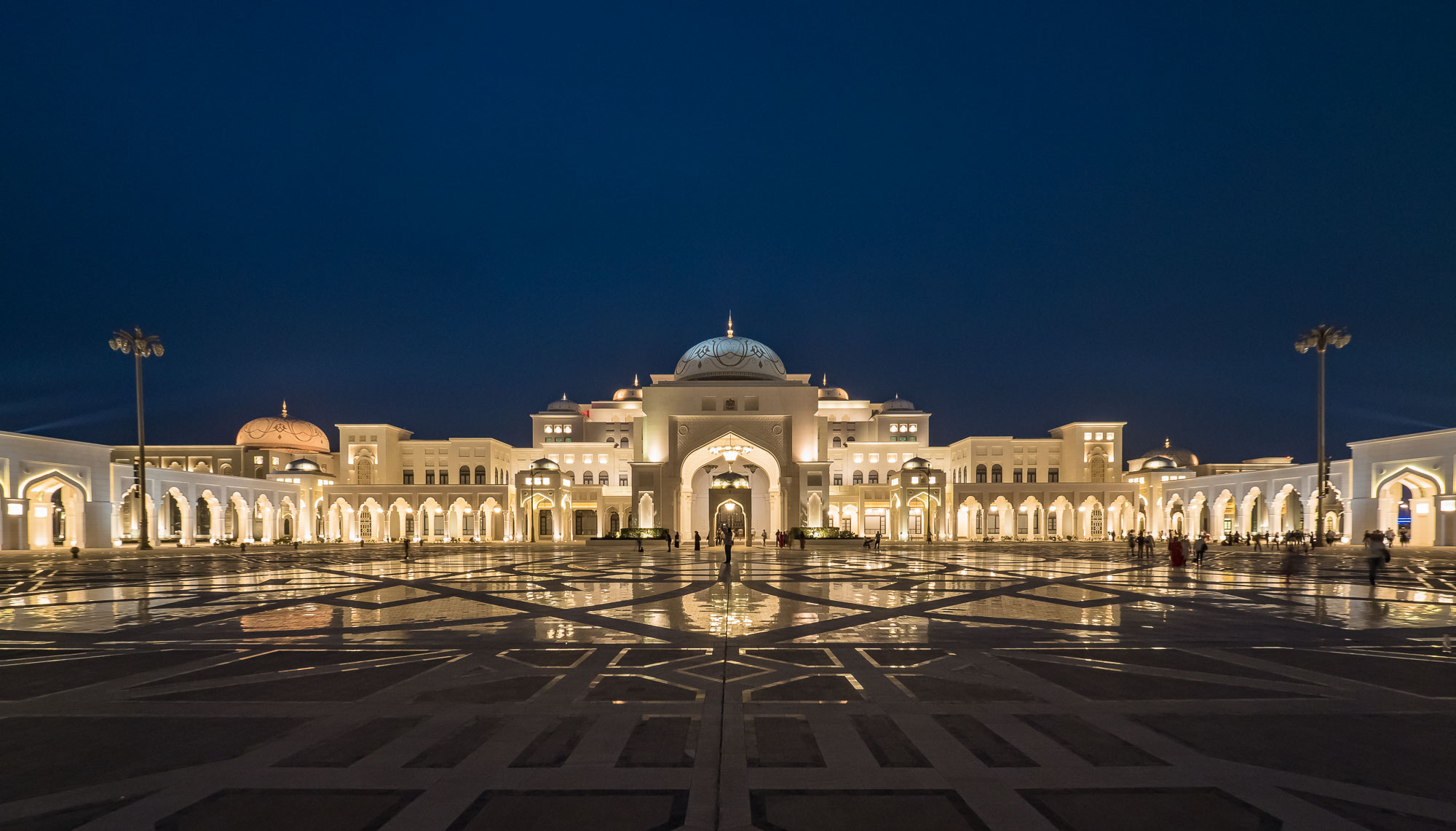
Exterior
The exterior courtyard at night.

The Library
One section of the building features a library.
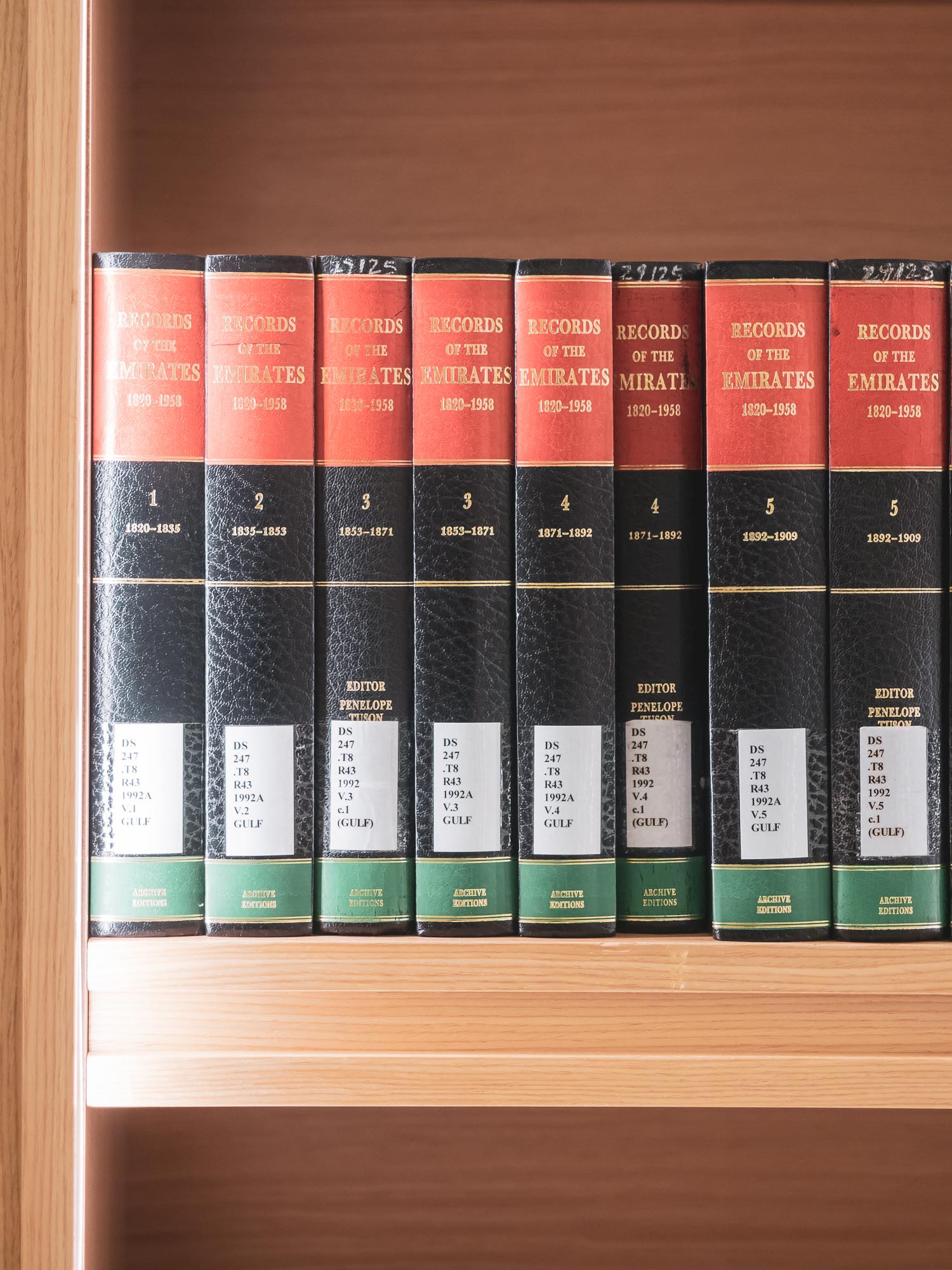
Archives
It includes many reference works on the history of the UAE.
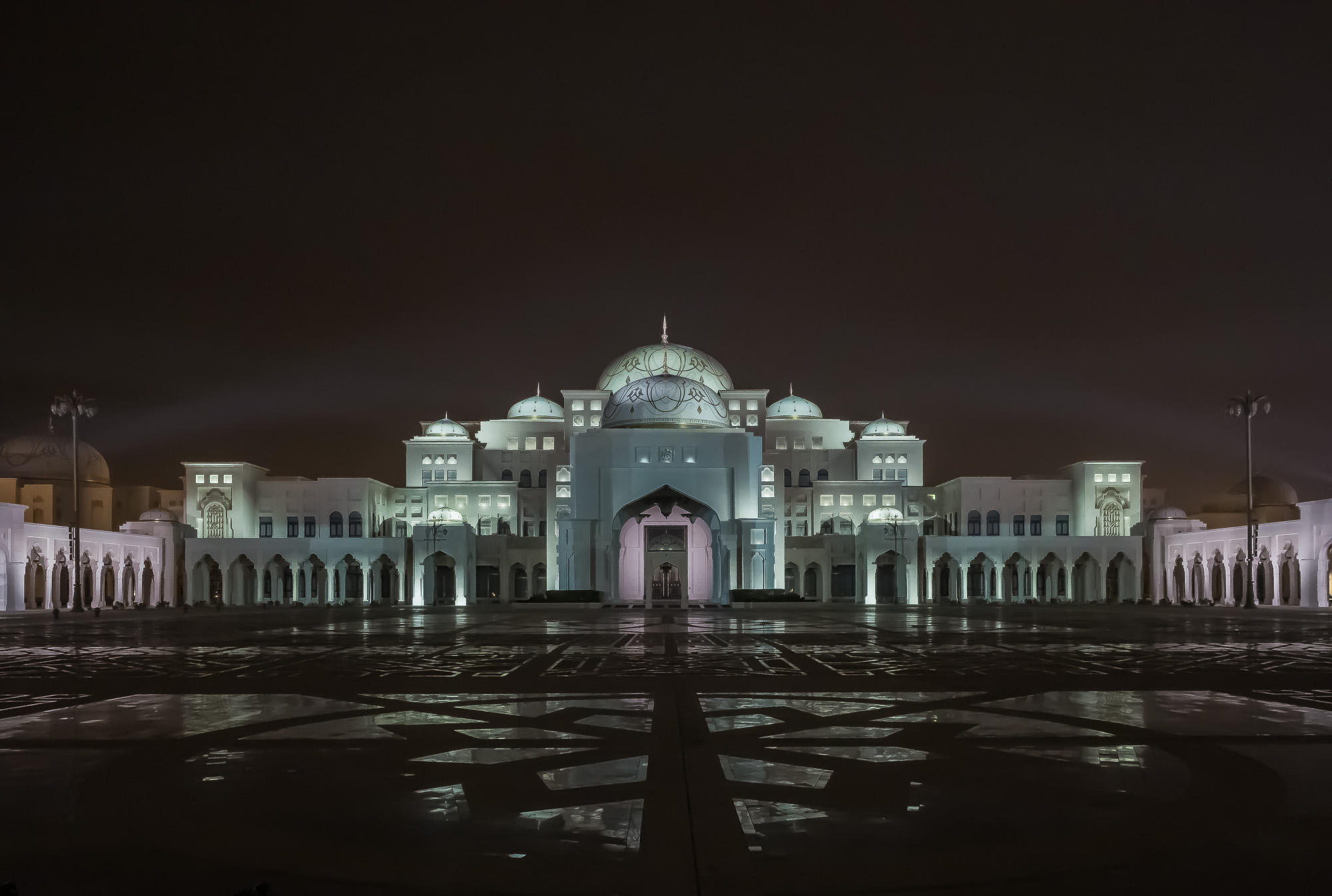
Palace in Motion
A daily light show takes place each evening.
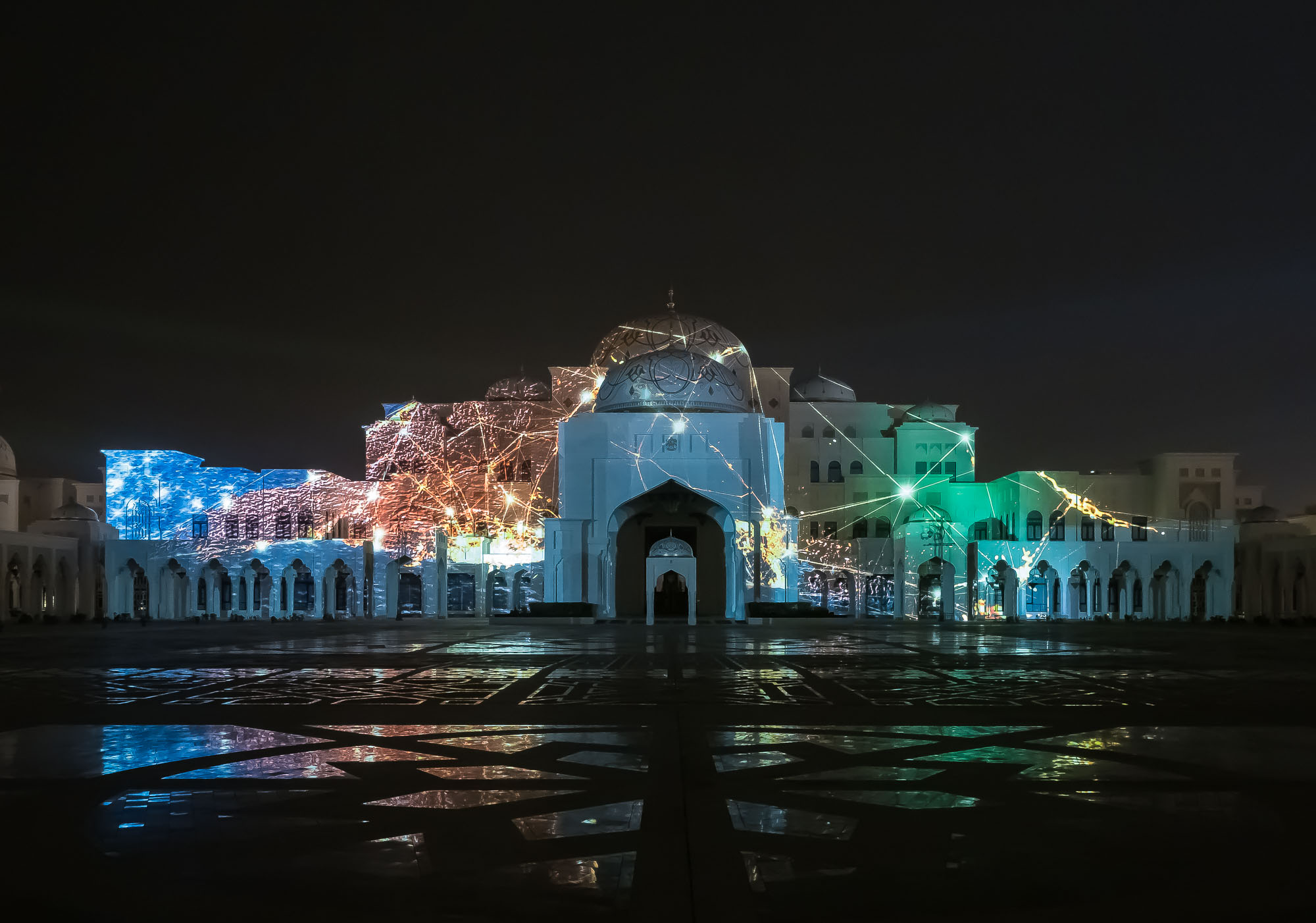
A Story
The 15min show tells the story of the UAE's beginnings.

Outlines
The show uses projection technology to create 3D imagery on the palace facade.
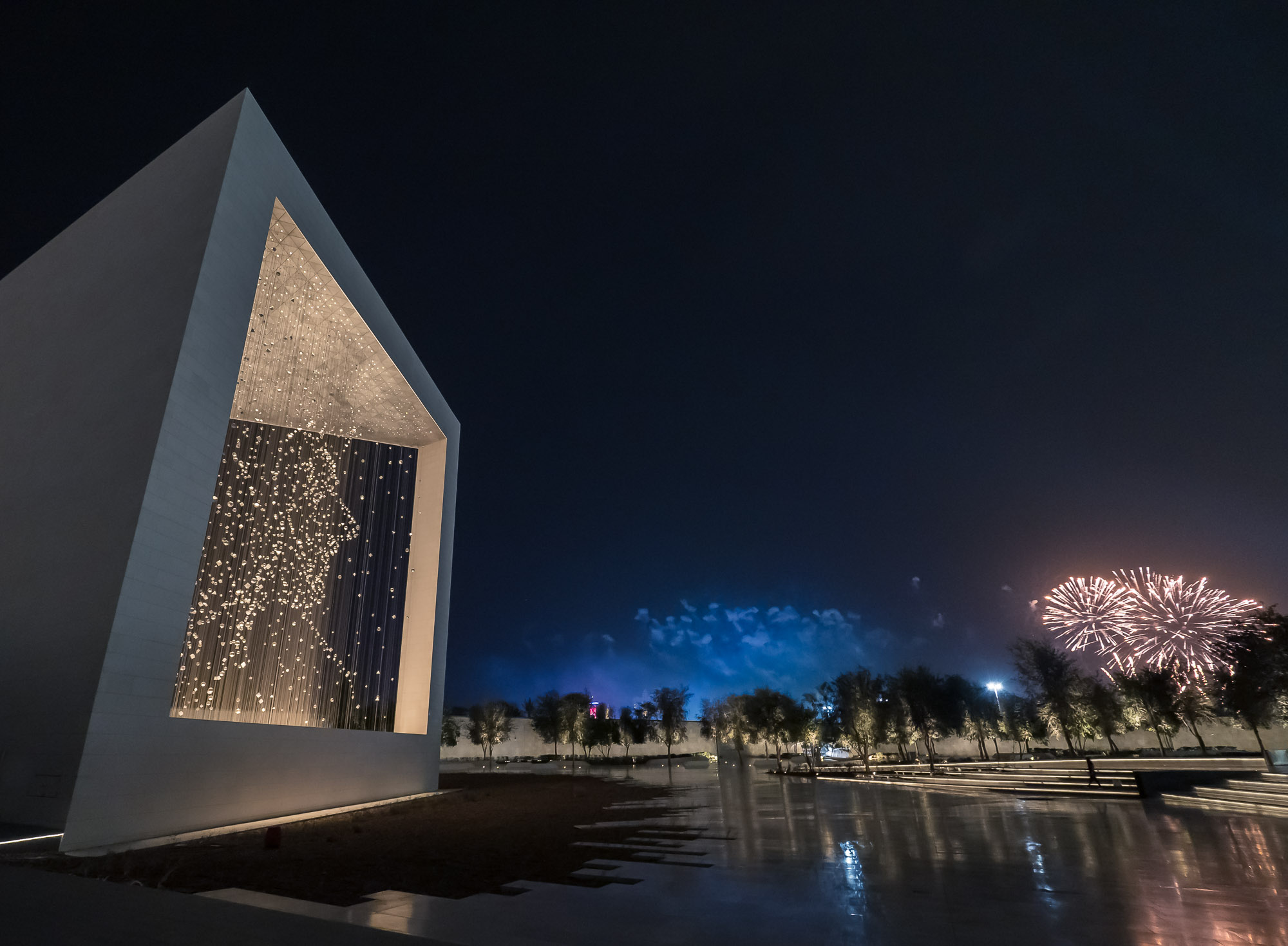
Founders Memorial
The fireworks in the background were probably for the end of the Special Olympics World Games.
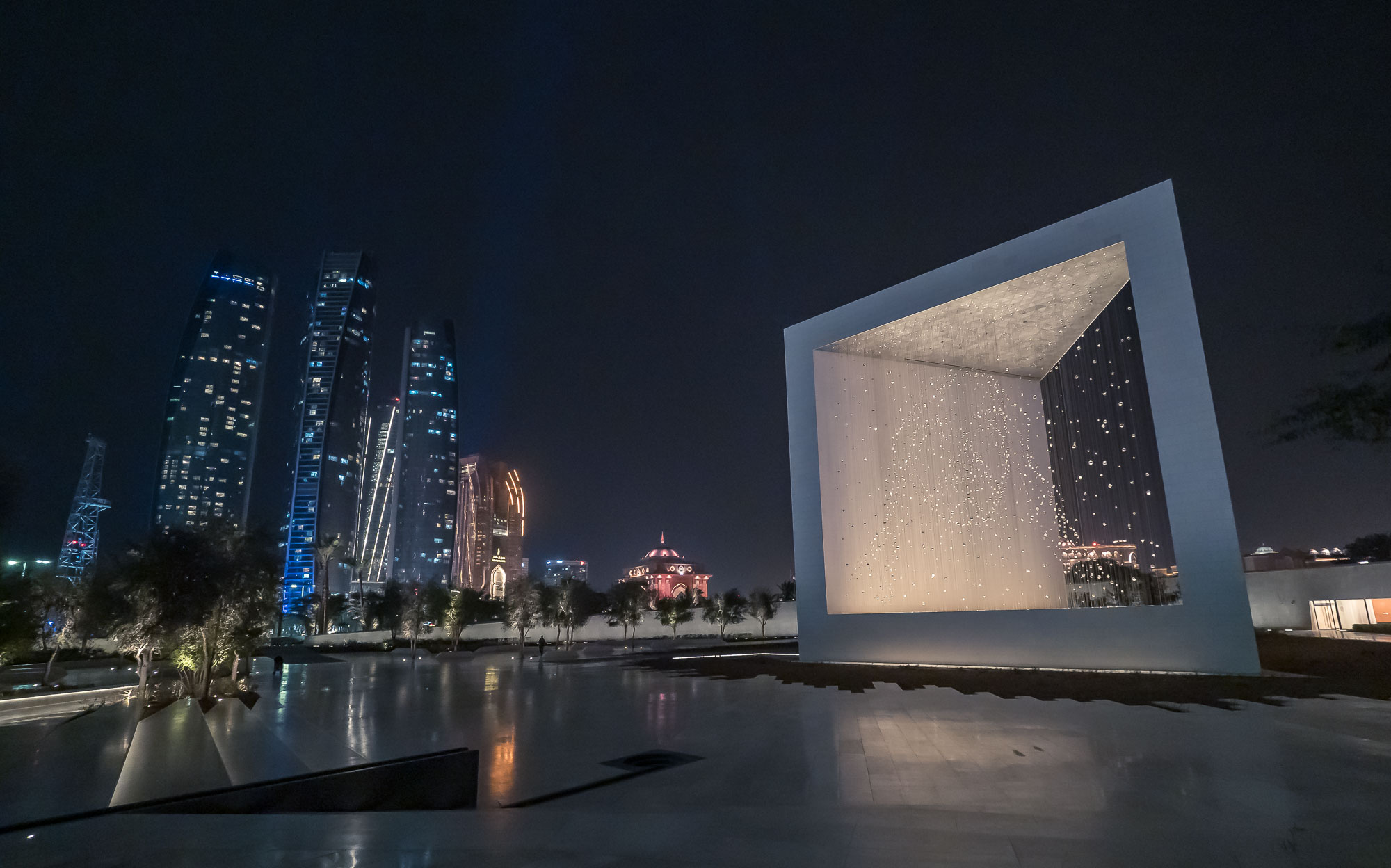
Founding Father
The tribute to Sheikh Zayed, including a three-dimensional silhouette of his face.
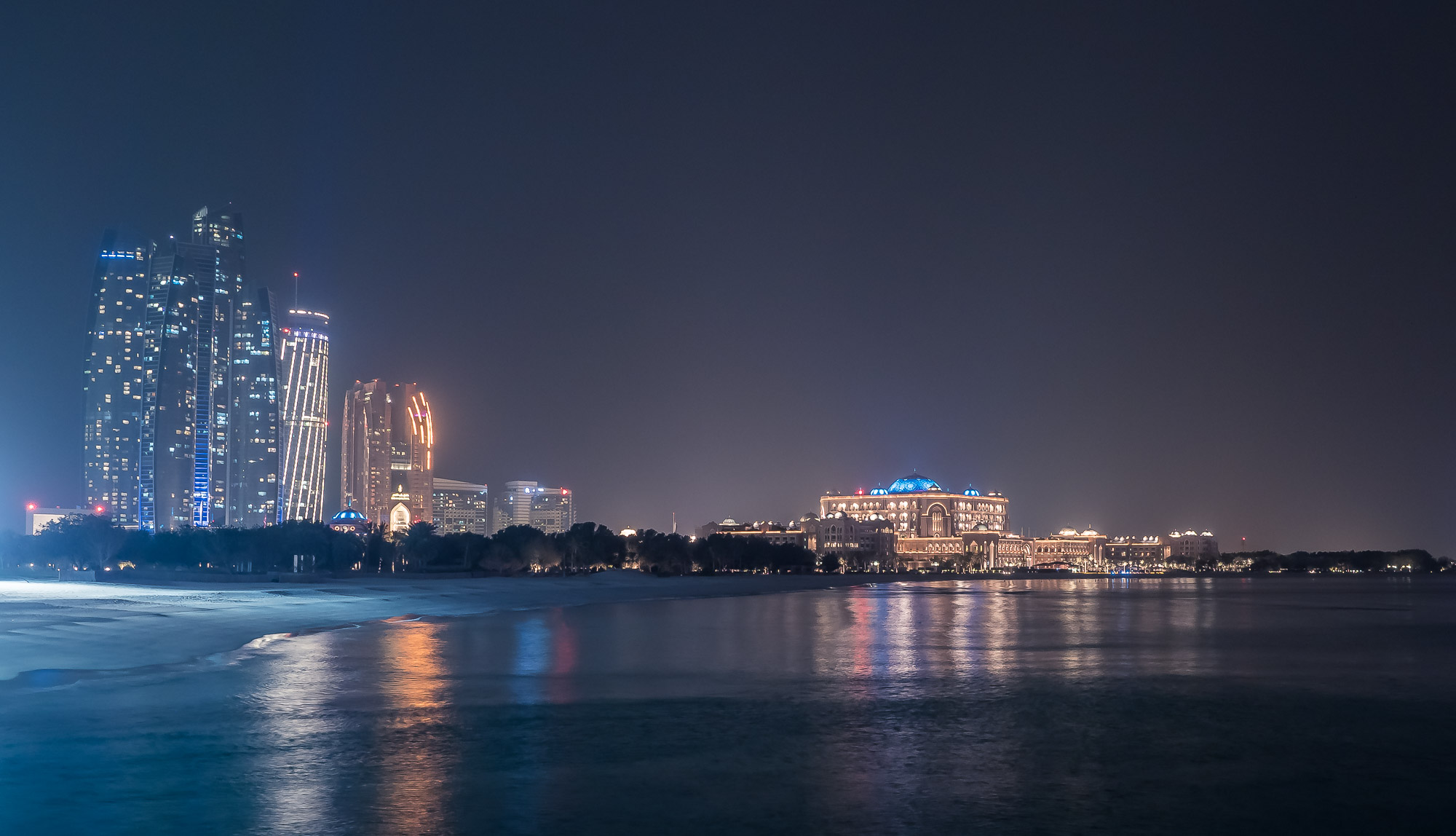
Emirates Palace
From the bridge towards Marina Mall, with Etihad Towers on the left.
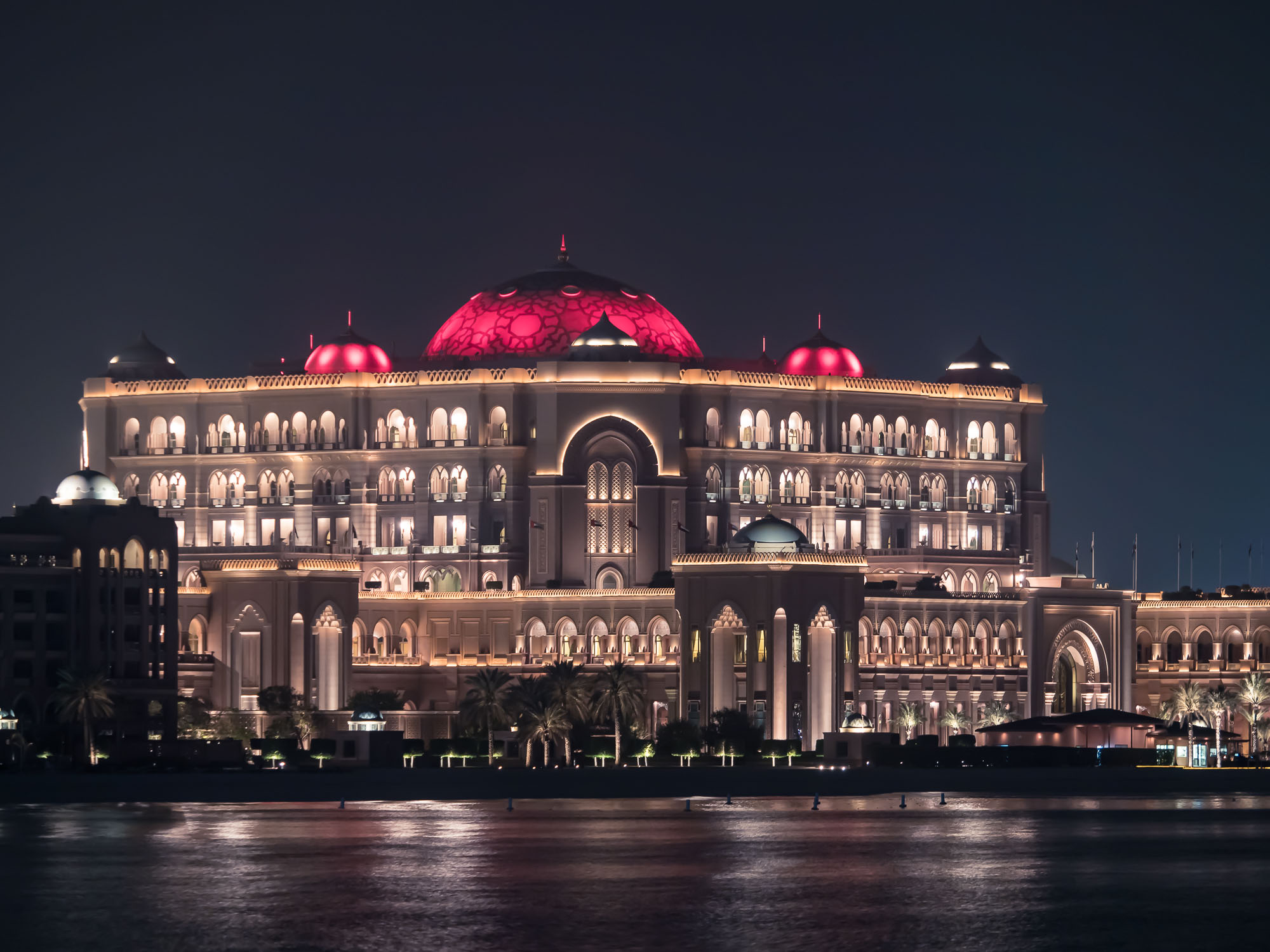
Close Up
A close up of the hotel, which opened in 2006.
3 Day Detox - Trying something new
If you know me, you’d know that a Detox that involves 3 days of no solid food would not be something I’d independently consider. As it sometimes happens though, through a specific set of circumstances I ended up with a free pack of Healthnag’s three day detox, which involves only having liquid forms of power for 3 full days.
If you know me, you’d know that a Detox that involves 3 days of no solid food would not be something I’d independently consider. As it sometimes happens though, through a specific set of circumstances I ended up with a free pack of Healthnag’s three day detox, which involves only having liquid forms of power for 3 full days.

Curious to see if I could actually survive - mentally, rather than physically - and if there’d be any noticeable impact, I went ahead and planned a few days of abstinence from my usual semi-unhealthy-eat-out-a-lot-high-sugar-and-only-sometimes-best-practice dietary habits.
I started preparing three days before, and for those days didn’t eat meat, no diary, no unnatural sugar (to the extent I could tell), tried to stay vegan and drank more water than usual - not difficult, because I rarely have more than a liter a day. This means, I had salads, rice, green juice, kale, vegetables.

The detox consists of a total of seven power packets per day, meant to be drunk mixed in water at a total of almost four liters. Not being used to so much water, I started mixing it with fresh juice (which was allowed) from day two onwards, which made it much easier.
Three of the seven packets represent the main meals, two snacks in between, and one when you wake up and go to bed respectively, below is the list:
Contrary to what you would think, the worst was the first day actually, starting from midday onwards. Owing to the water / powder in take I didn’t feel like particularly hungry and energy levels were also under control, but it was uncomfortable as your stomach starts feeling like a water ballon, and a feeling of nausea set in, possibly because of all the water, paired with slight dizziness.
On the second day I felt much better in the morning, and because I started drinking the powder mixed with some juices, which was much easier to absorb, I didn’t feel nauseous anymore. Feelings of slight hunger - or probably more a craving for solid food - started in the afternoon, but still bearable.
The third day was quite easy as well, but again a feeling of hunger started appearing in the afternoon and I must say, at this point I really wanted to have some solid food again. In hindsight, it felt harder to not eat on the weekend, where the are often less distractions and more temptations than during a busy day at work, so next time (did I say next time?) I would plan at least two week days.
Personally, I didn’t feel a significant difference in the days following the detox, although I had the impression I slept a little better and woke up a bit more energetic for a few days. On the other hand, it’s probably difficult to correlate the detox with general mood and energy directly, as these aspects may also swing independently.
Since I also don’t smoke or drink alcohol, there may be less potential impact from a detox in my body, despite my probably less-than-ideal eating habits. Admittedly, I may have also spoilt the effects by relatively quickly going back to my normal food routine afterwards.
Worth trying? Sure - even if just for the mental challenge and to see how your body reacts.
Check out https://healthnag.com/ to learn more!
Mainz - German history on the Rhine
The pleasant occasion of the wedding of one of my best friends gave me the opportunity to expand the (embarrassingly short) list of German cities I’ve visited. While it was only a short weekend visit, the city of Mainz has a few beautiful spots that I was able to capture. Since I didn’t bring my camera along, the below photos were all short on iPhone - the capabilities for even advanced photography on smartphones keeps growing exponentially.

The pleasant occasion of the wedding of one of my best friends gave me the opportunity to expand the (embarrassingly short) list of German cities I’ve visited. While it was only a short weekend visit, the city of Mainz has a few beautiful spots that I was able to capture. Since I didn’t bring my camera along, the below photos were all shot on iPhone - the capabilities for even advanced photography on smartphones keeps growing exponentially.


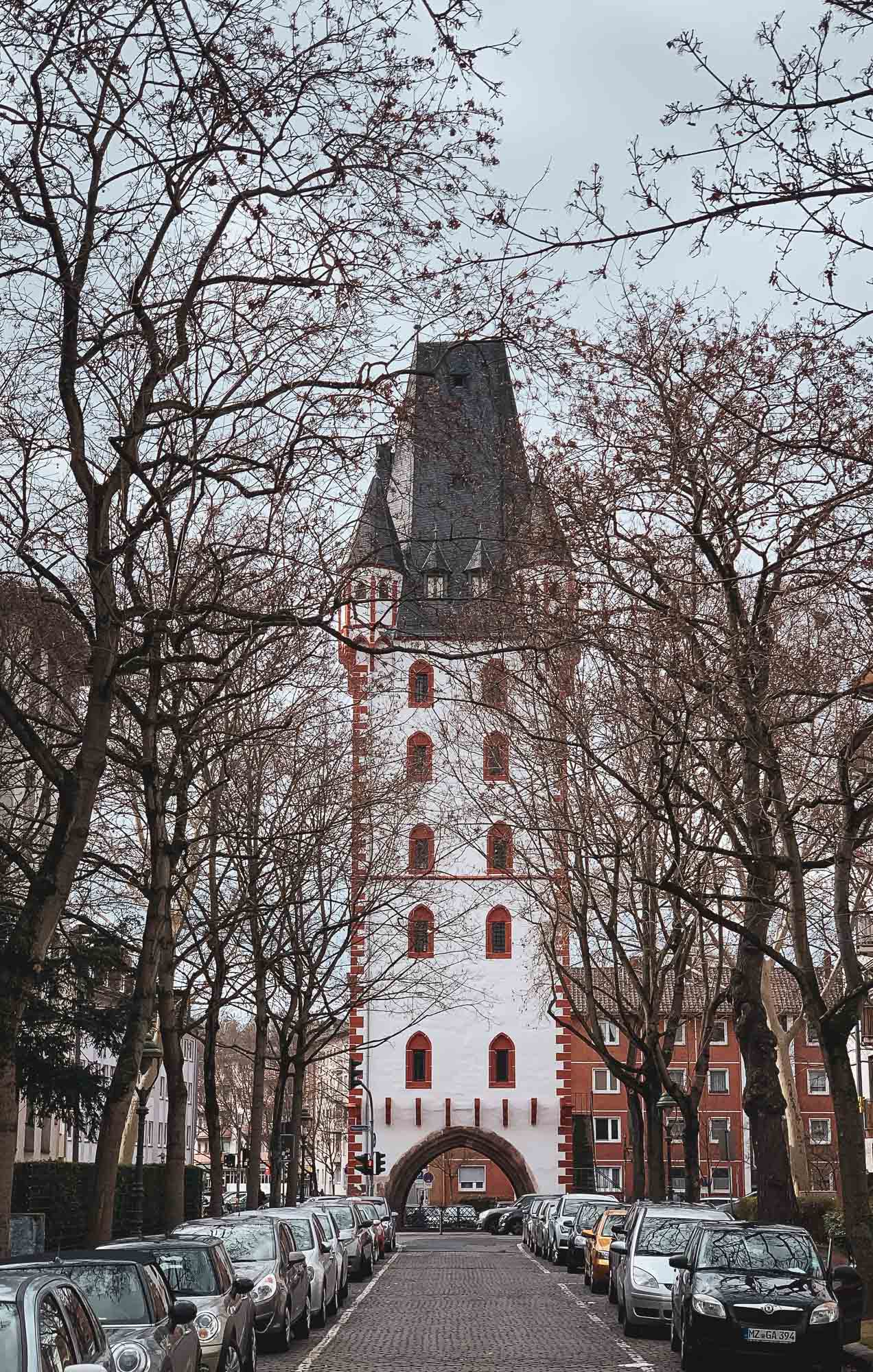
The Wood Tower
Mainz is full if historic sights. This is the mediaeval Wood tower, with its Gothic appearance from the early 15th century.
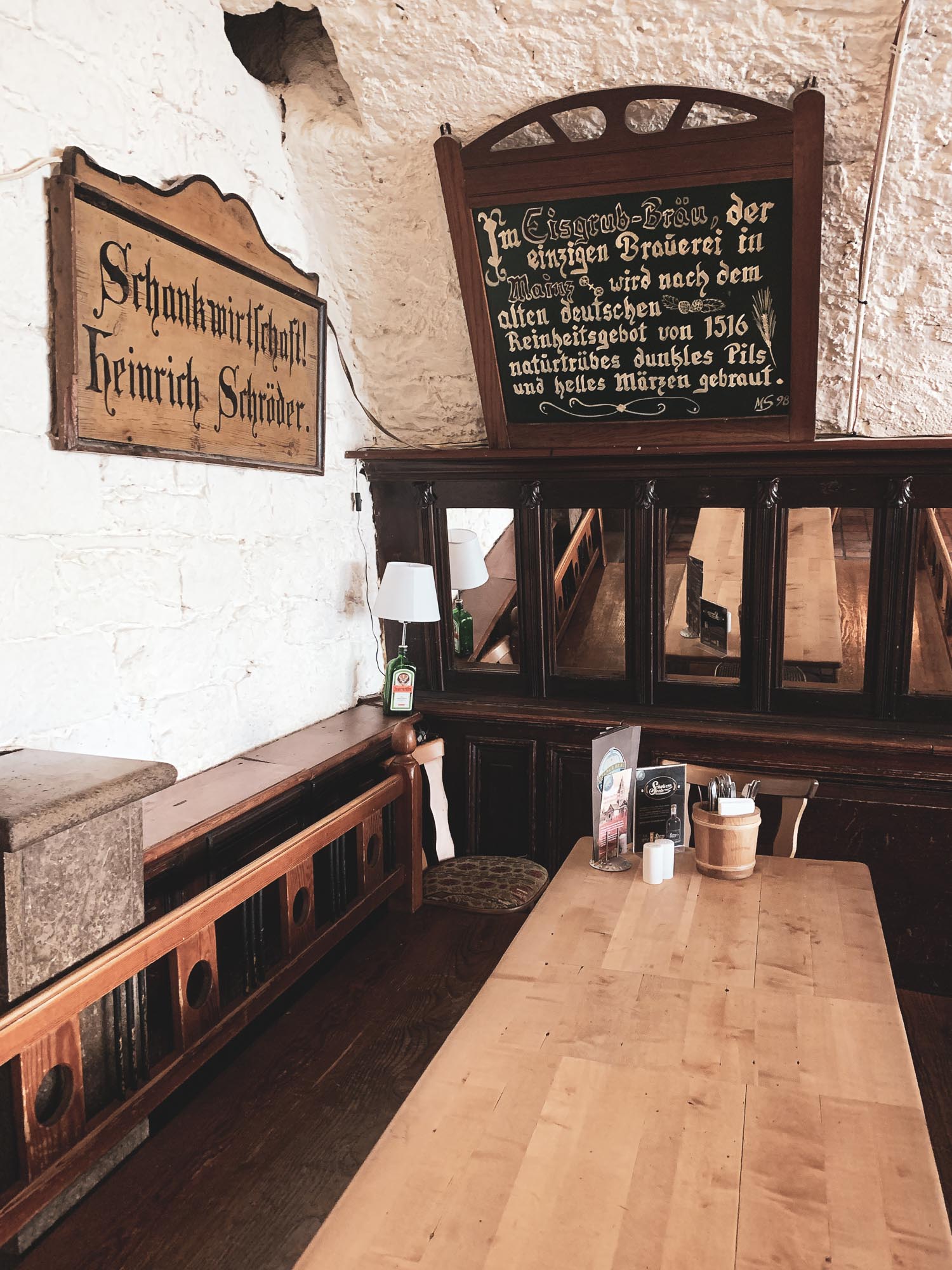
Lunch
We had lunch in a great old restaurant with its own brewery.
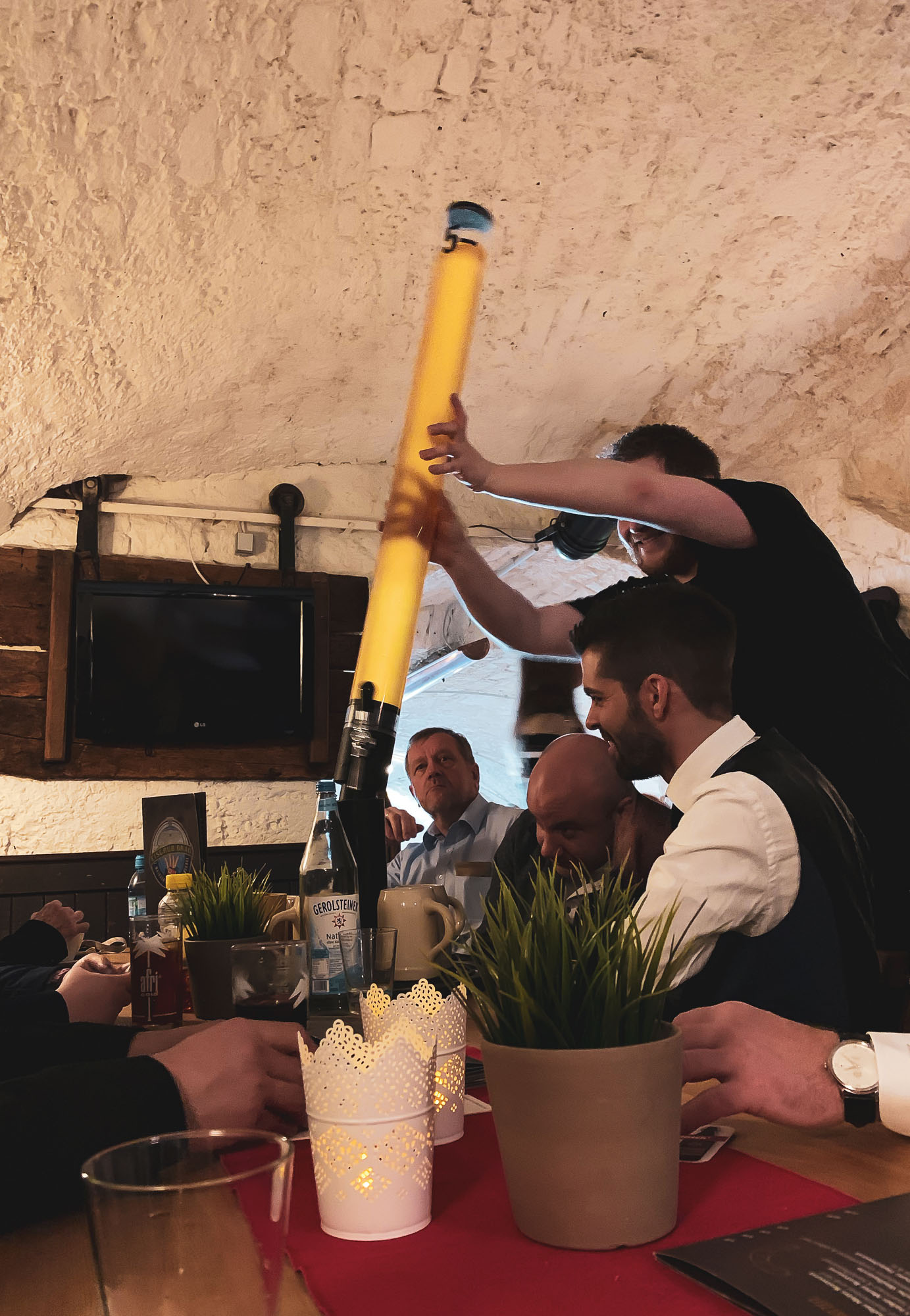
Beer Tower
... which serves 5L beer towers...
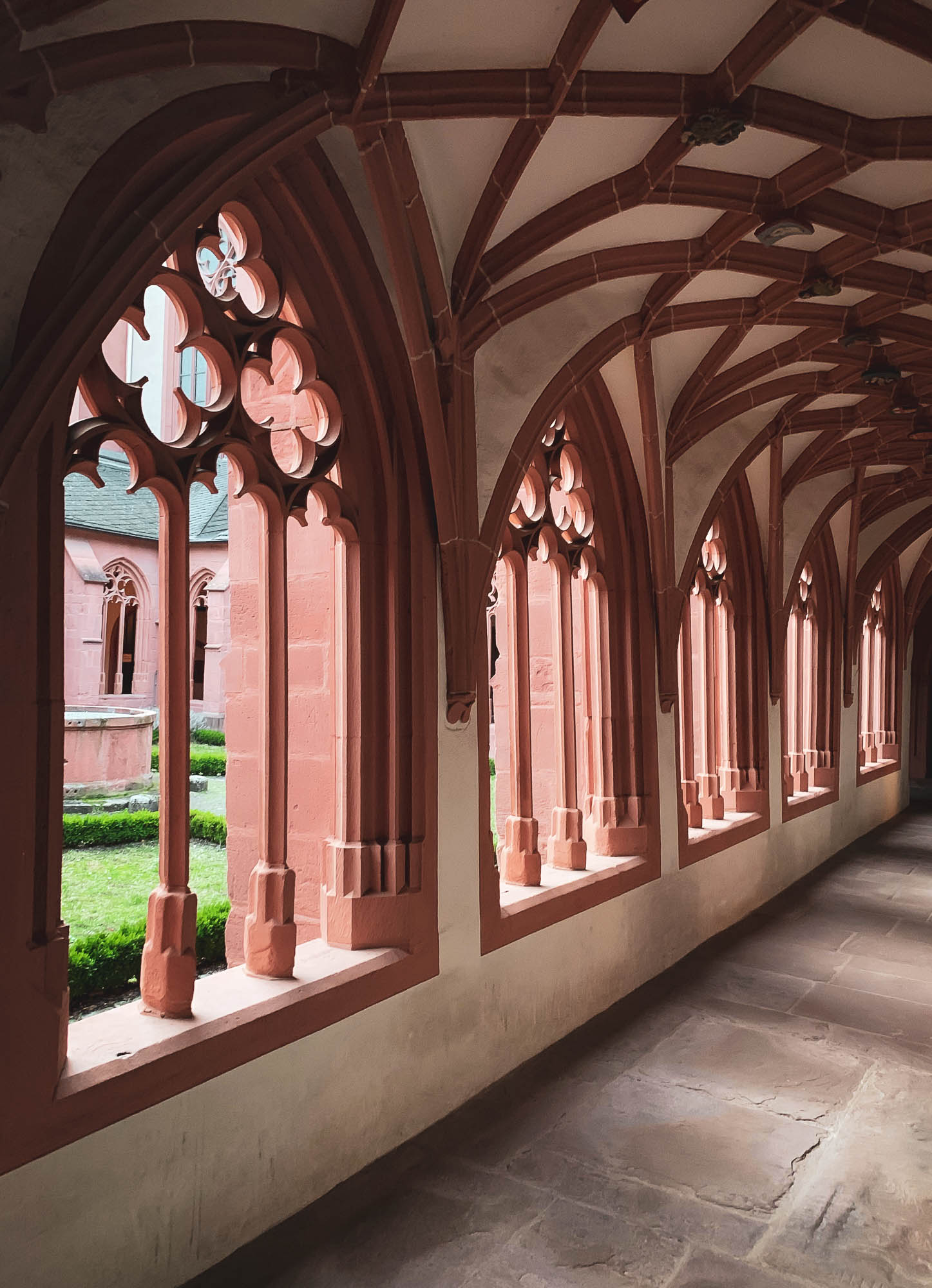
Courtyard
The courtyard of the St Stephan's church.
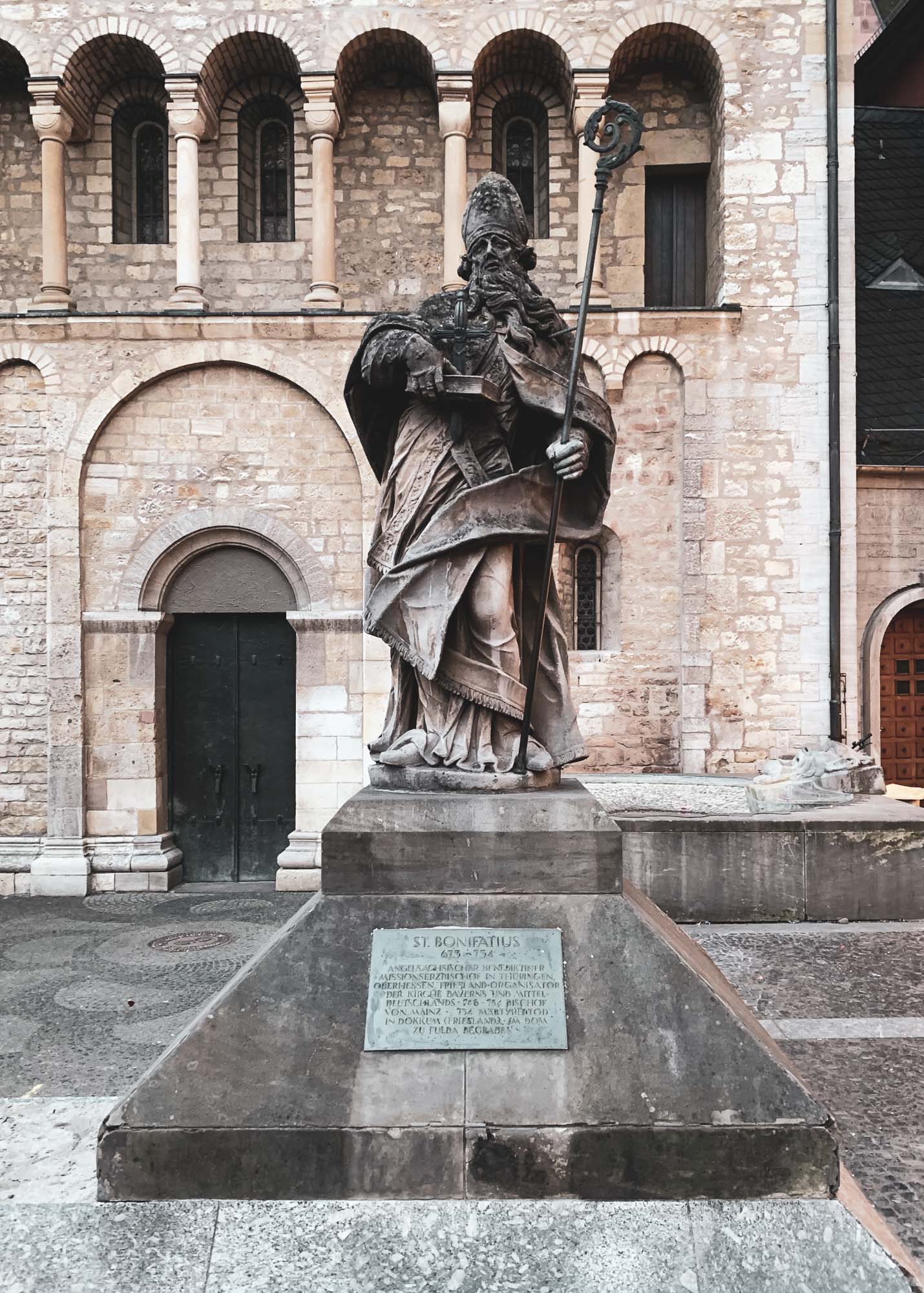
St Bonifatius
A copy of the original statue which is in the cathedral. Note the dagger through the bible.
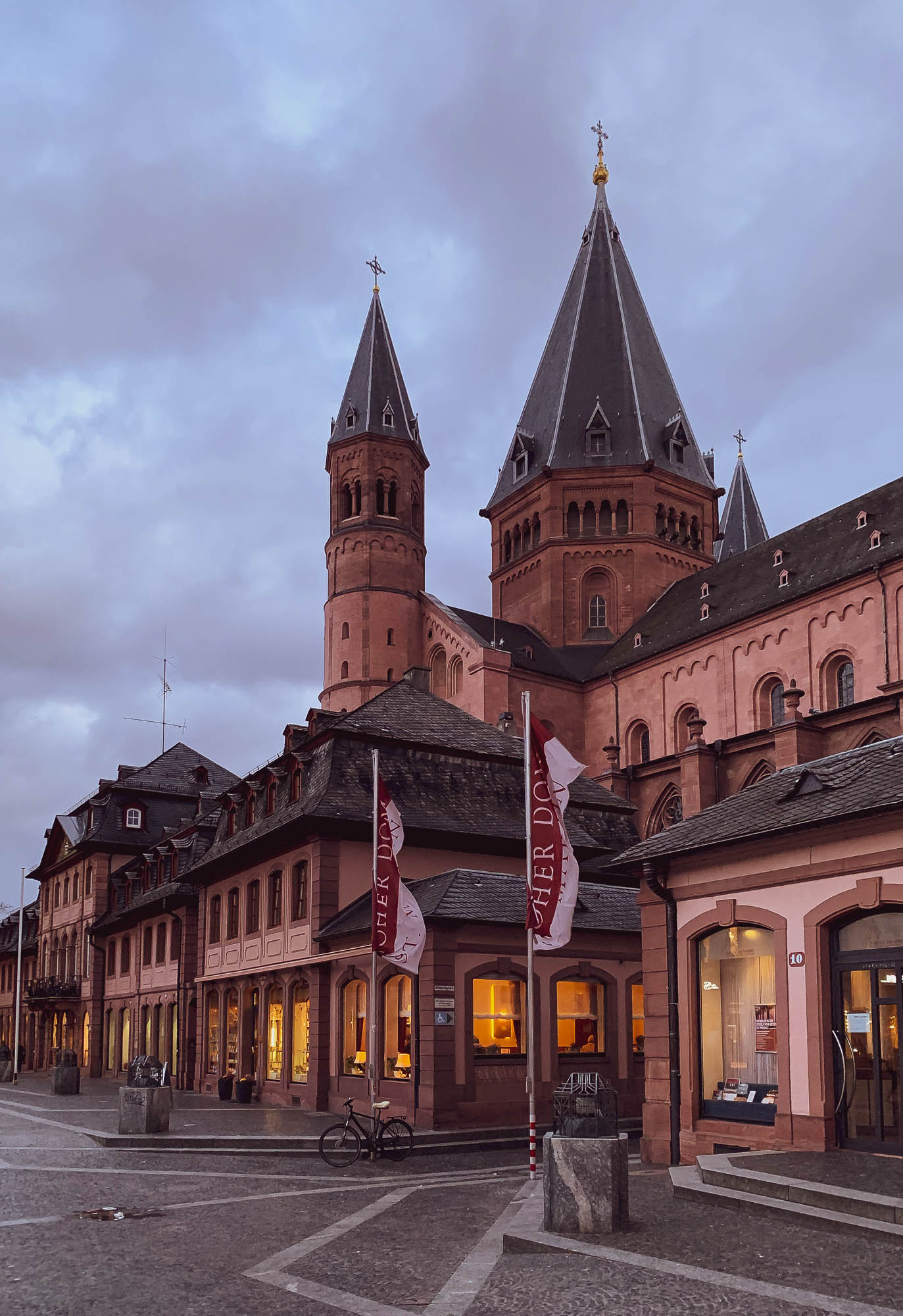
The Mainz Cathedral
Over 1000 years old, but restored several times.

Interior
The main nave of the cathedral.
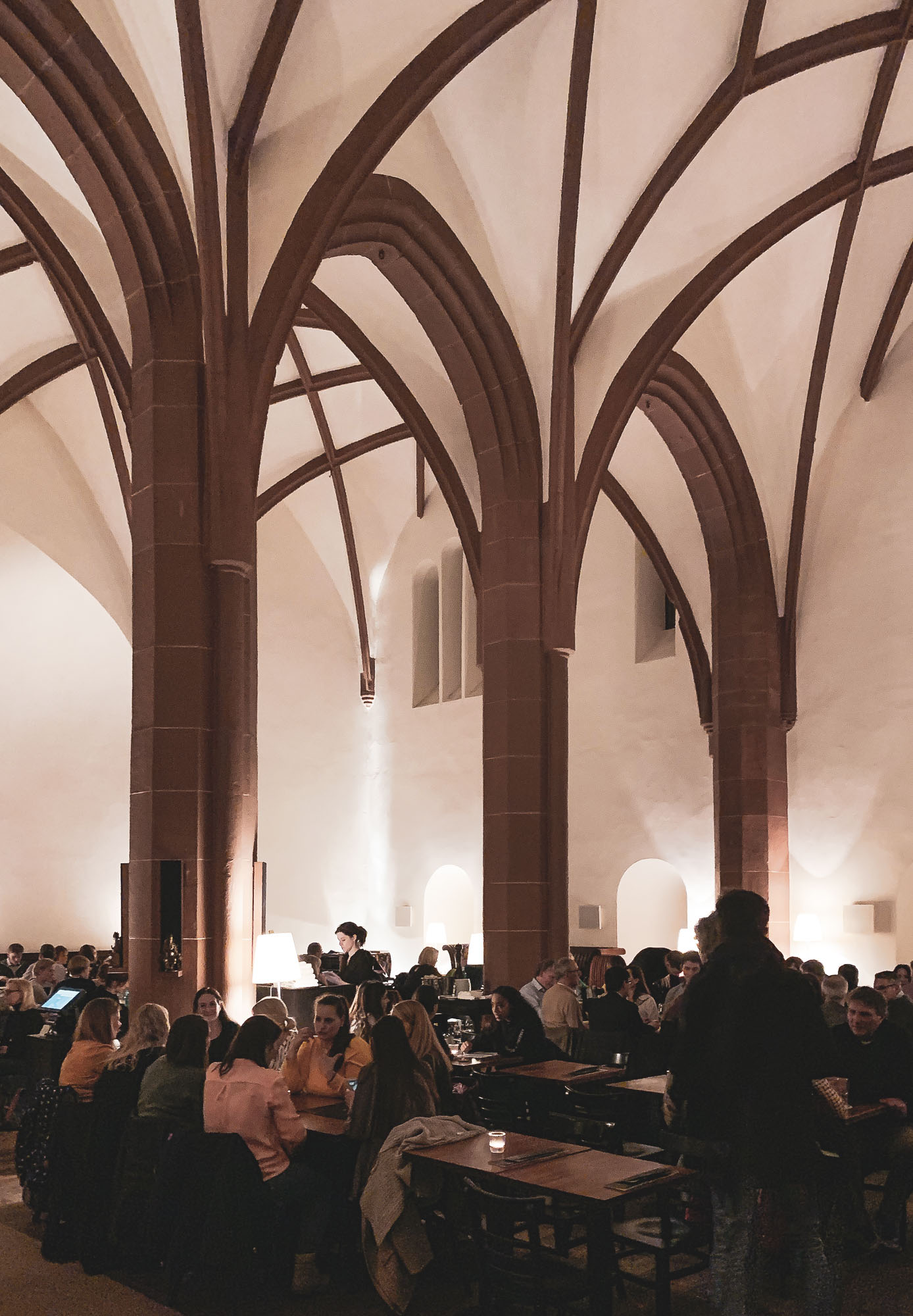
Heiliggeist Restaurant
Situated in what was the oldest hospital in Germany from the 13th century.
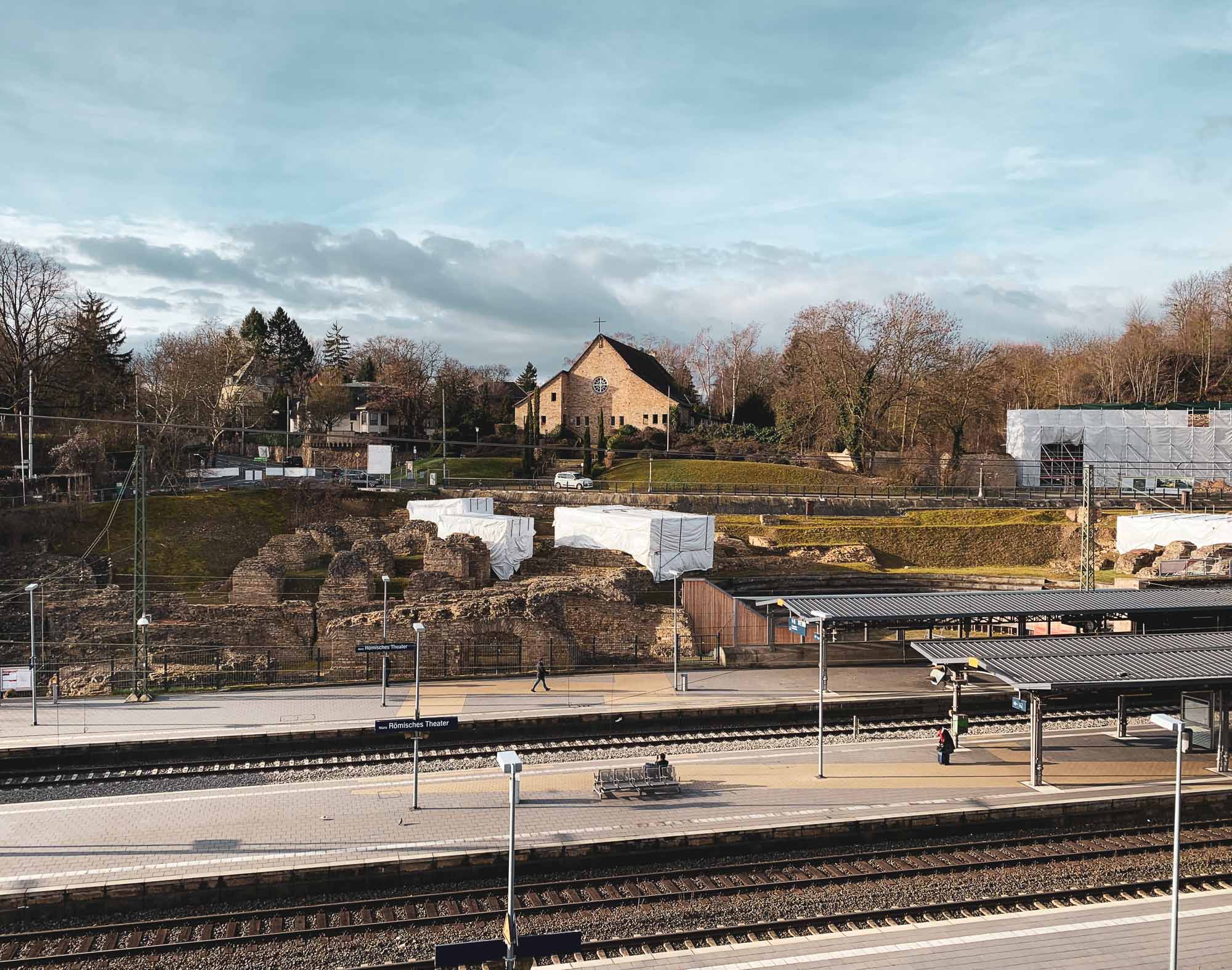
The Roman Theatre
The backdrop of this train station features the Roman Theatre. Escavated in the late 1990s and over 2000 years old, it once had a capacity of over 10000 and was the largest north of the Alps.
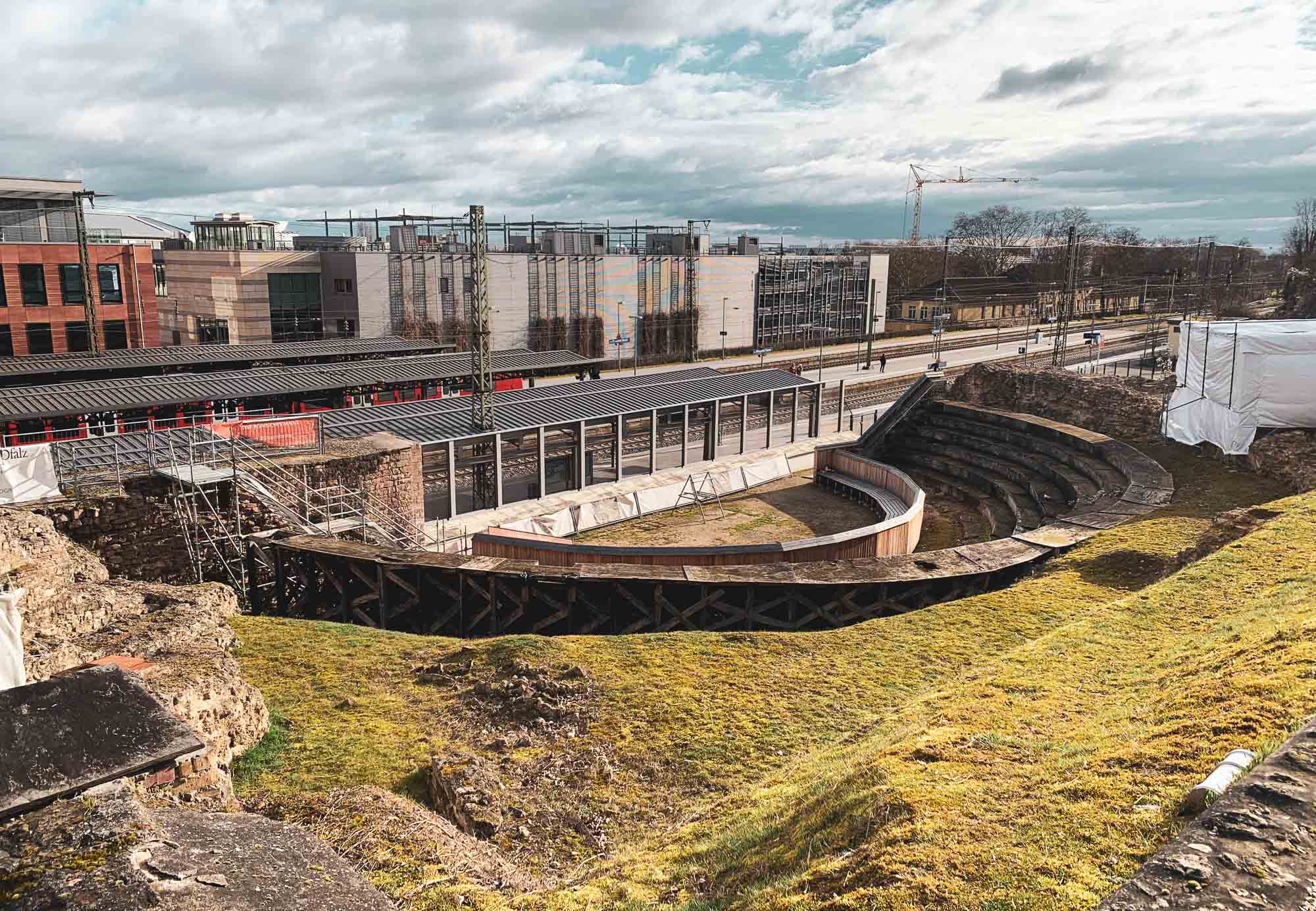
Side view
Another view of the theatre with the new railway station in the background.
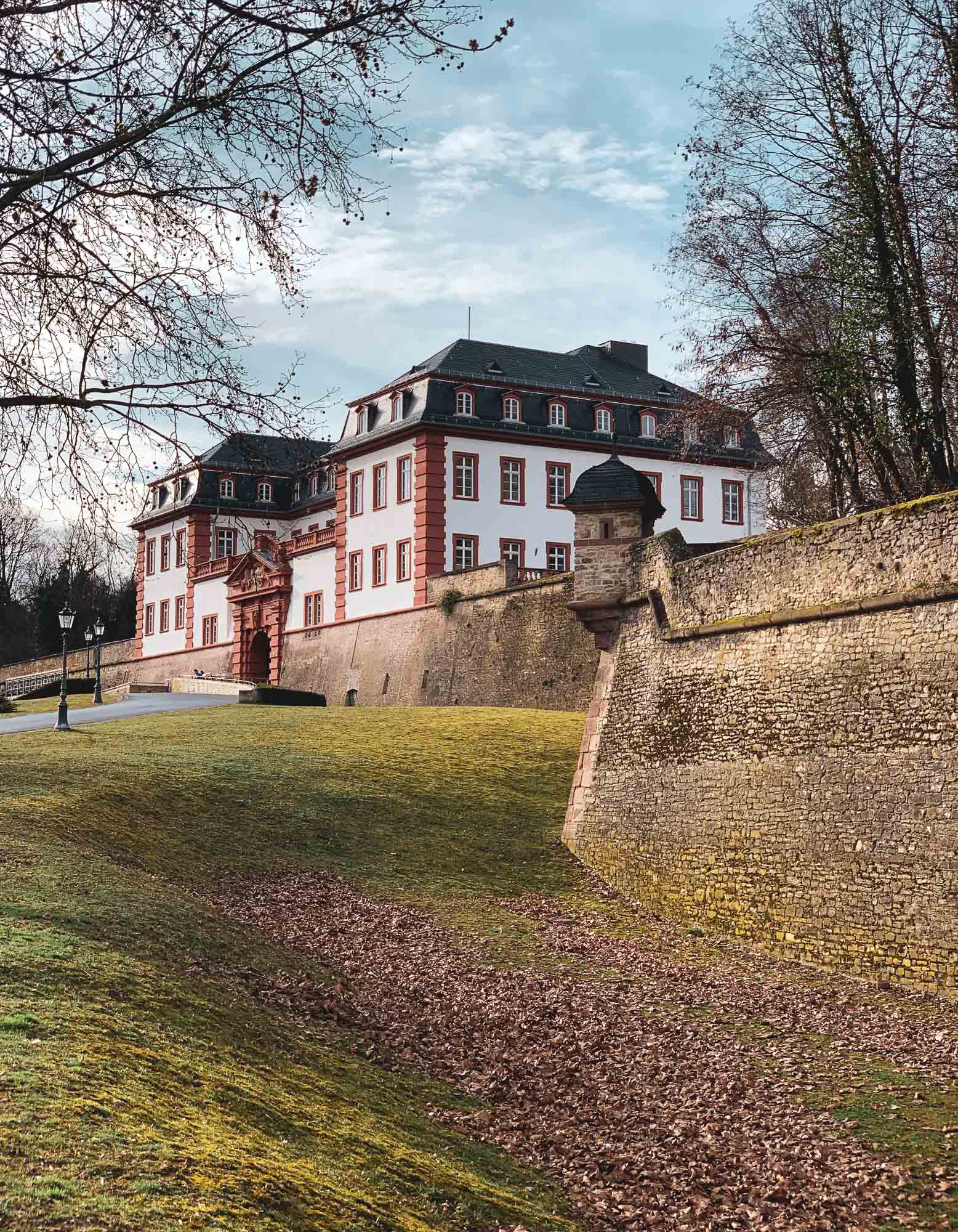
Citadel
The Mainz citadel with the old fortress walls. The buildings now house government offices.
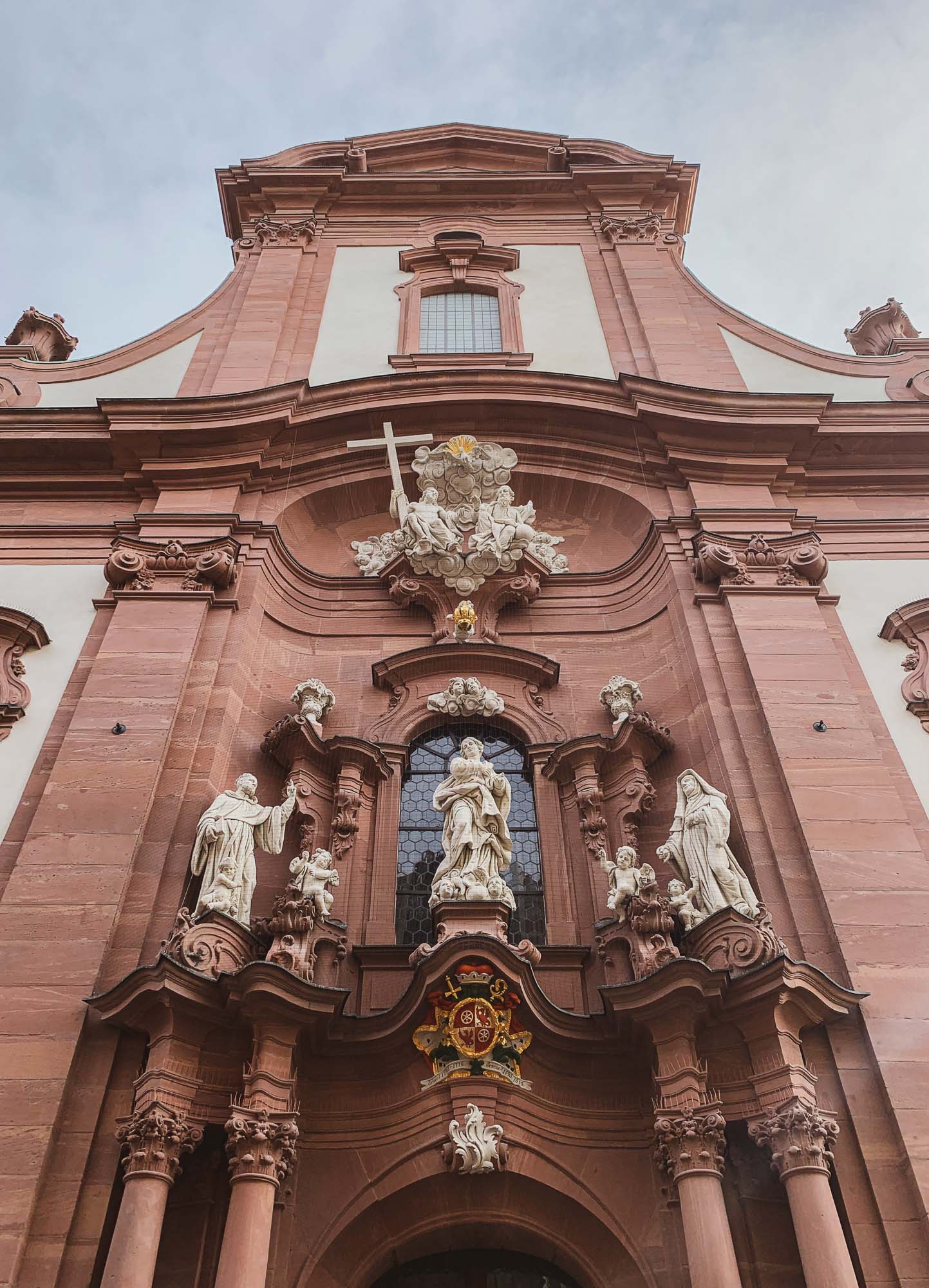
The church of St Augustin
Completed in 1771.

Rococo Architecture
The outside doesn't quite give away the impressive interior features.
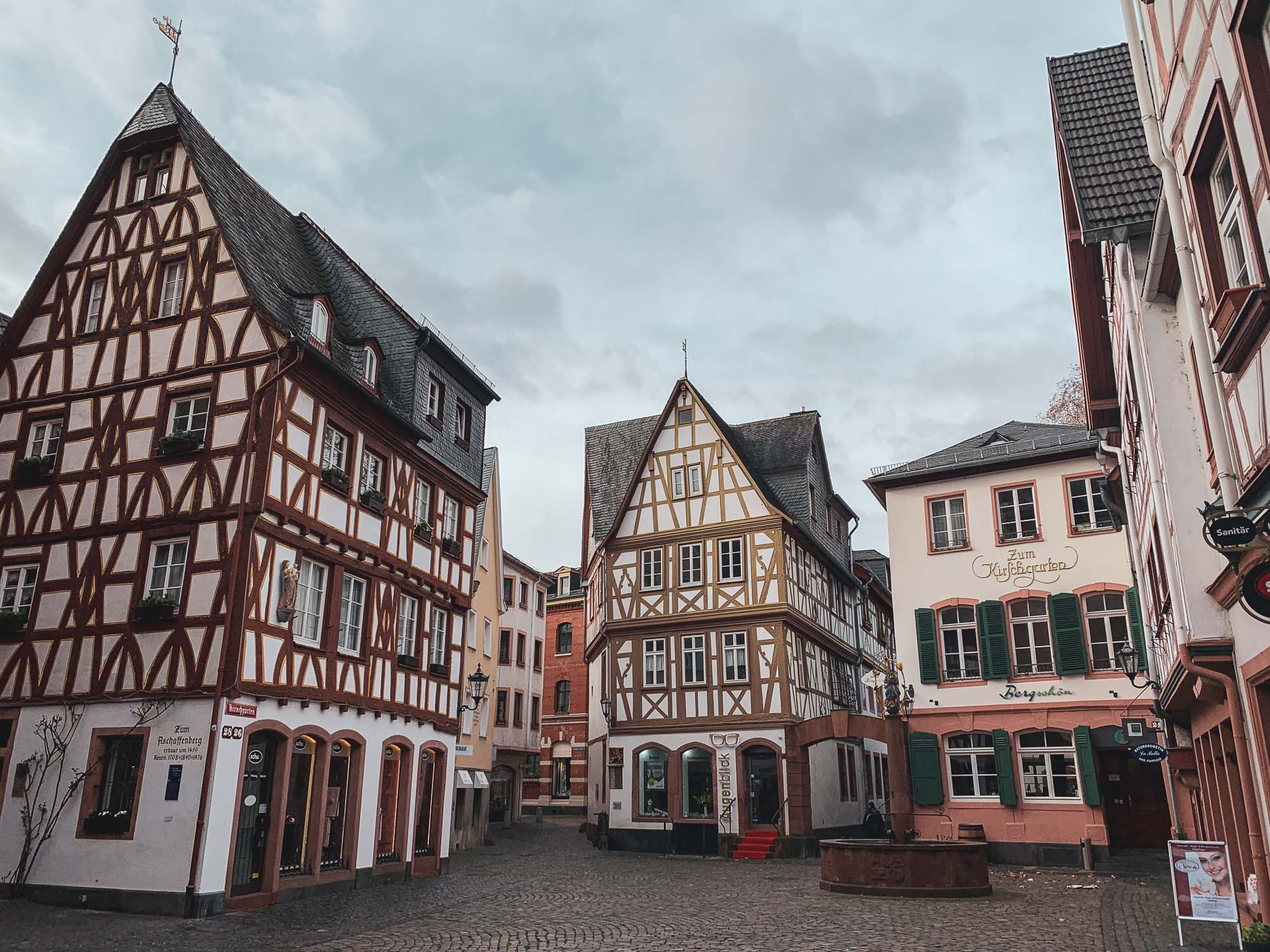
City Centre
The old centre of the city features some beautiful frame houses.
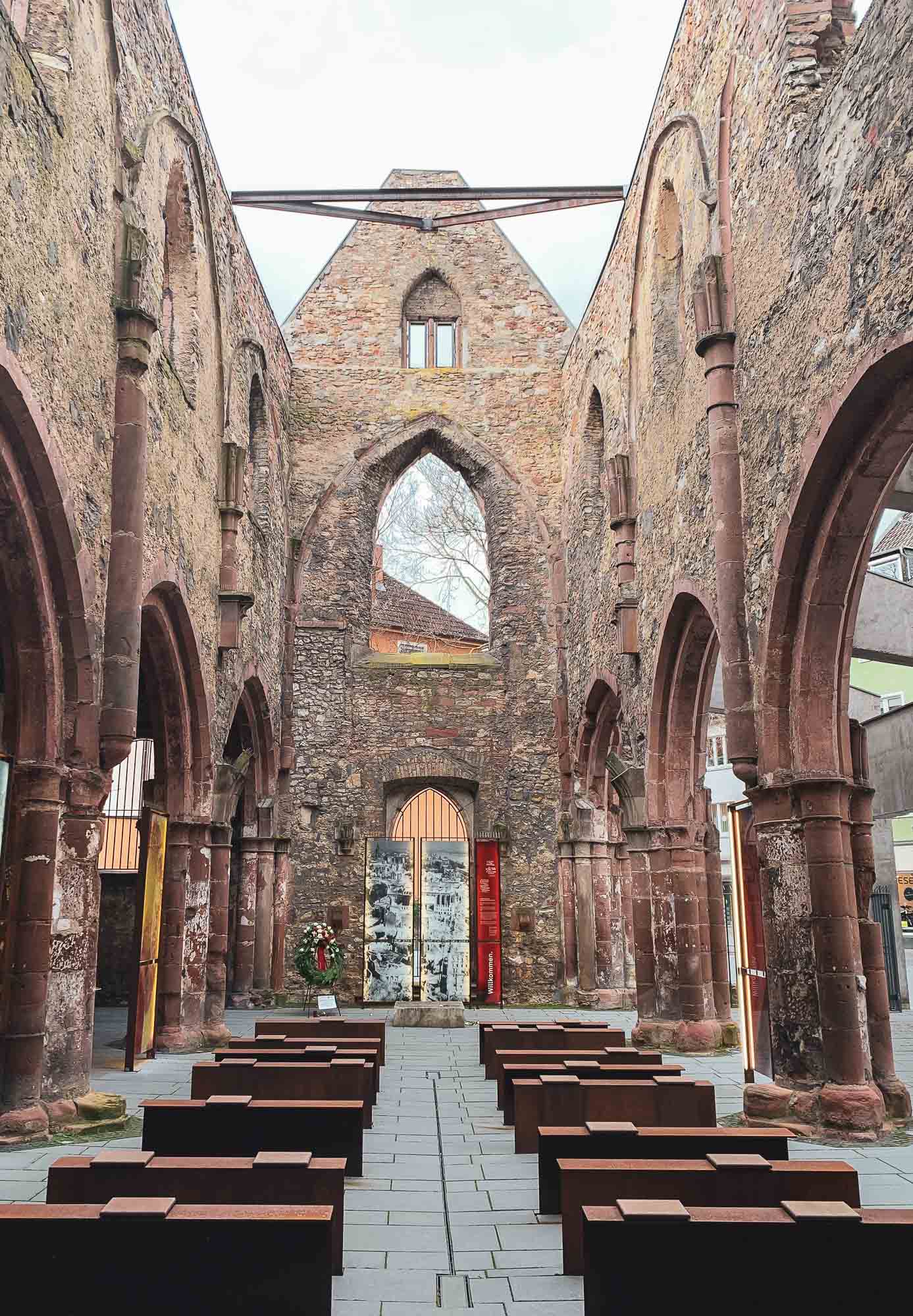
Ruins of the church of St. Christoph
Destroyed in the second world war, the church is now a war memorial.
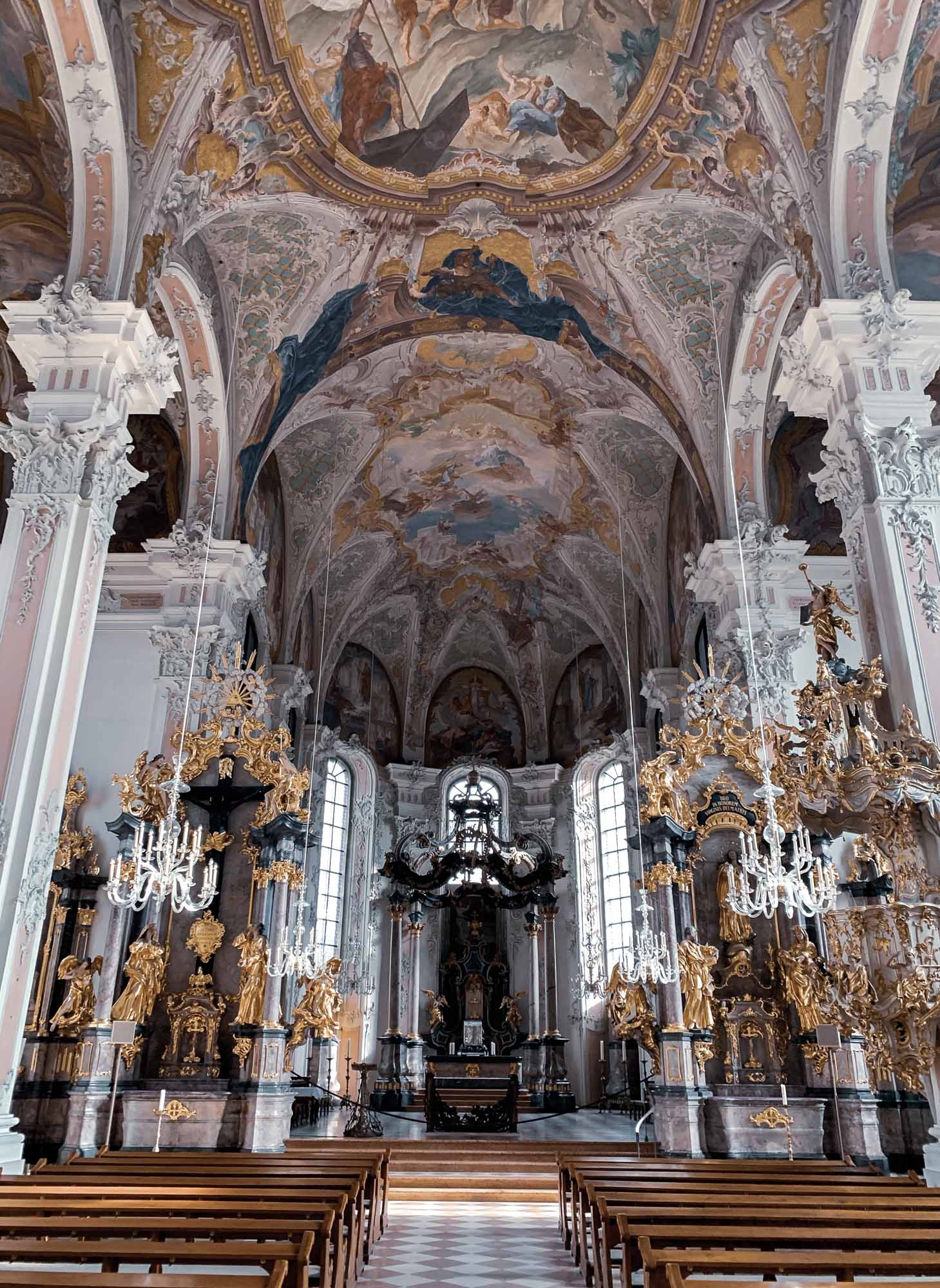
St Peter's Church
The Rococo interior was recreated after the church was almost destroyed in the second world war.

Pipe Organ
The beautiful organ on the choir side of the church.
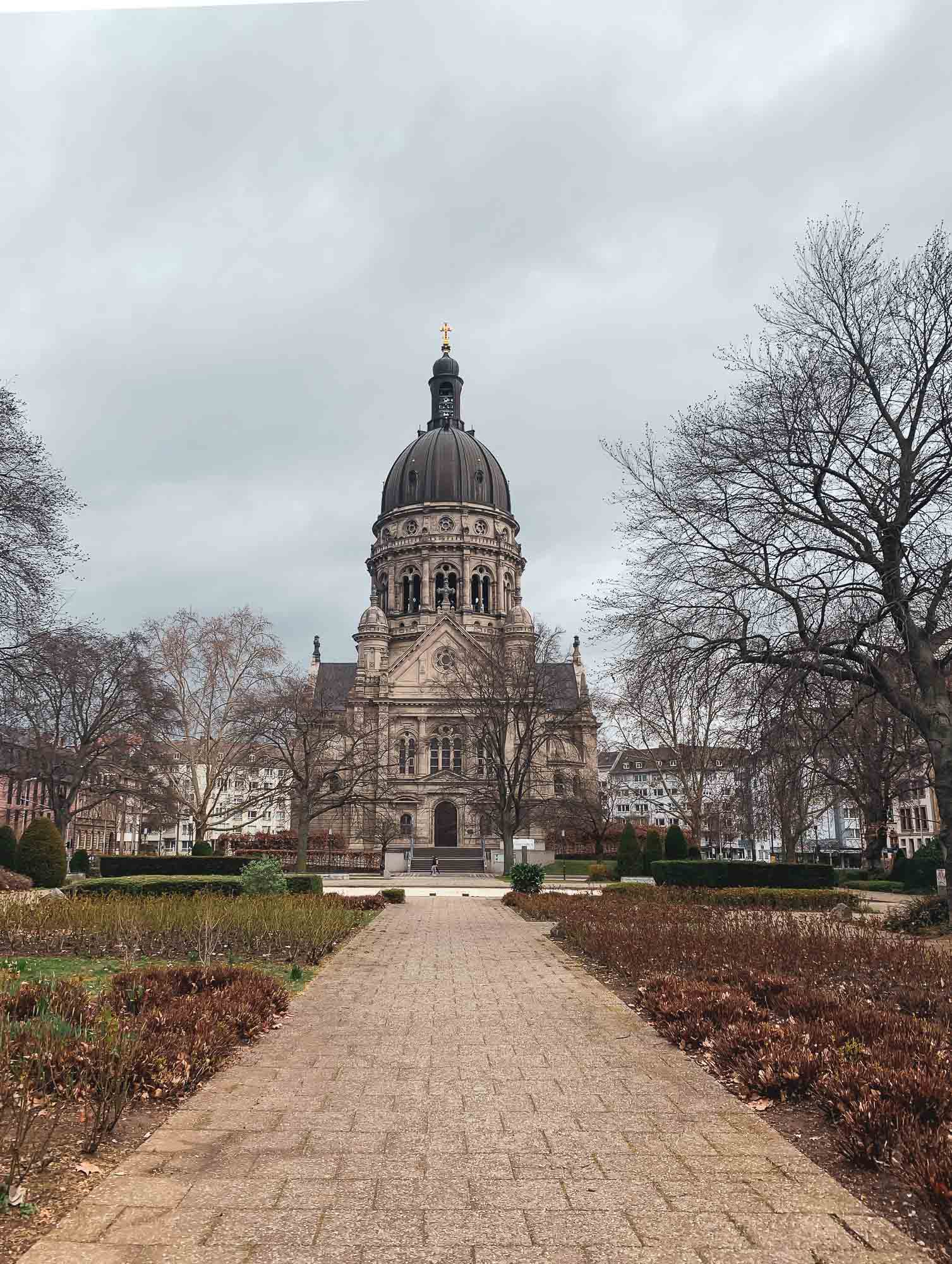
Christ Church
The Christ Church on Kaiserstrasse.
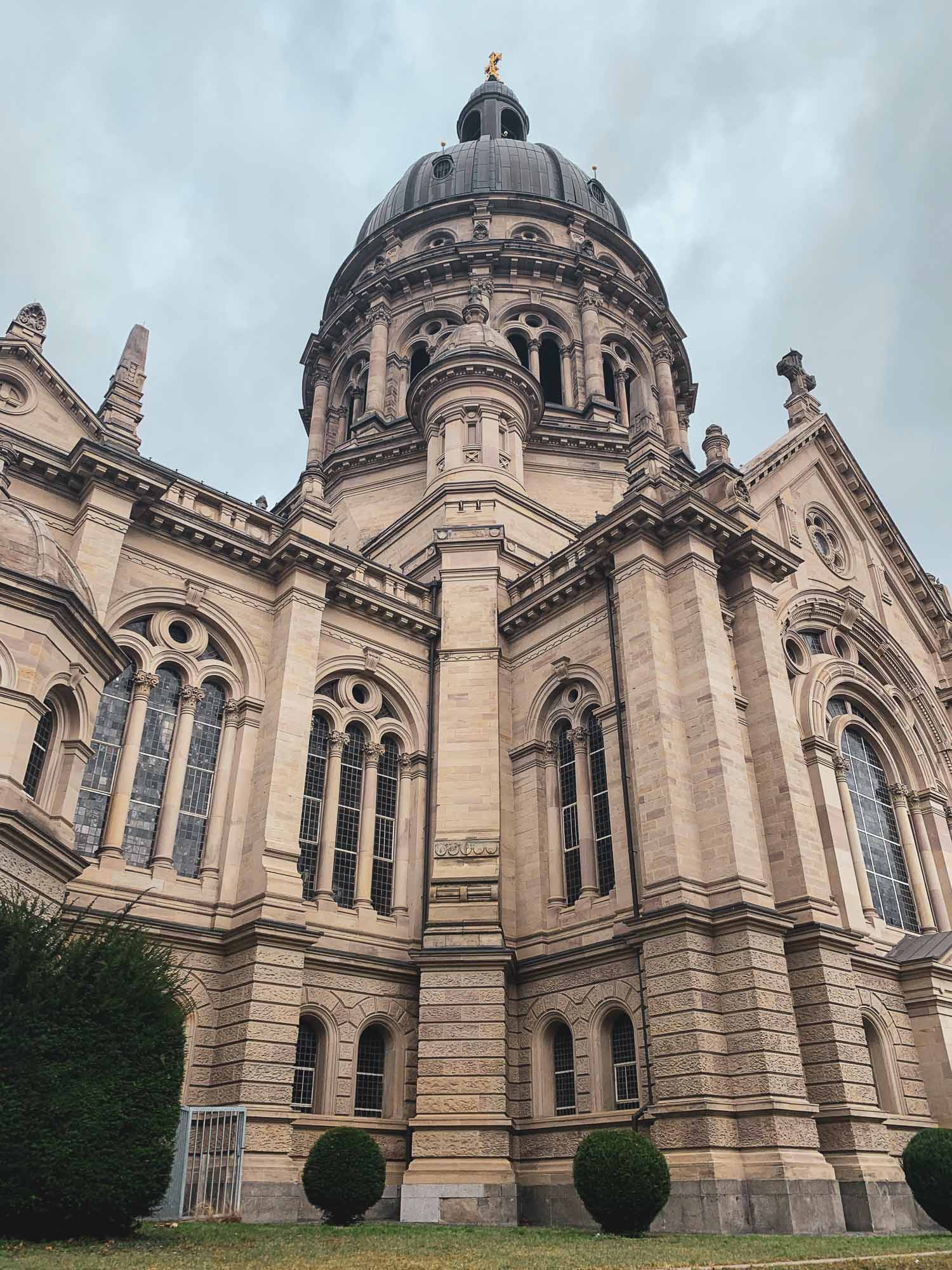
Balance
The protestant church is about 100 years old an was intended as a balance to the catholic cathedral.
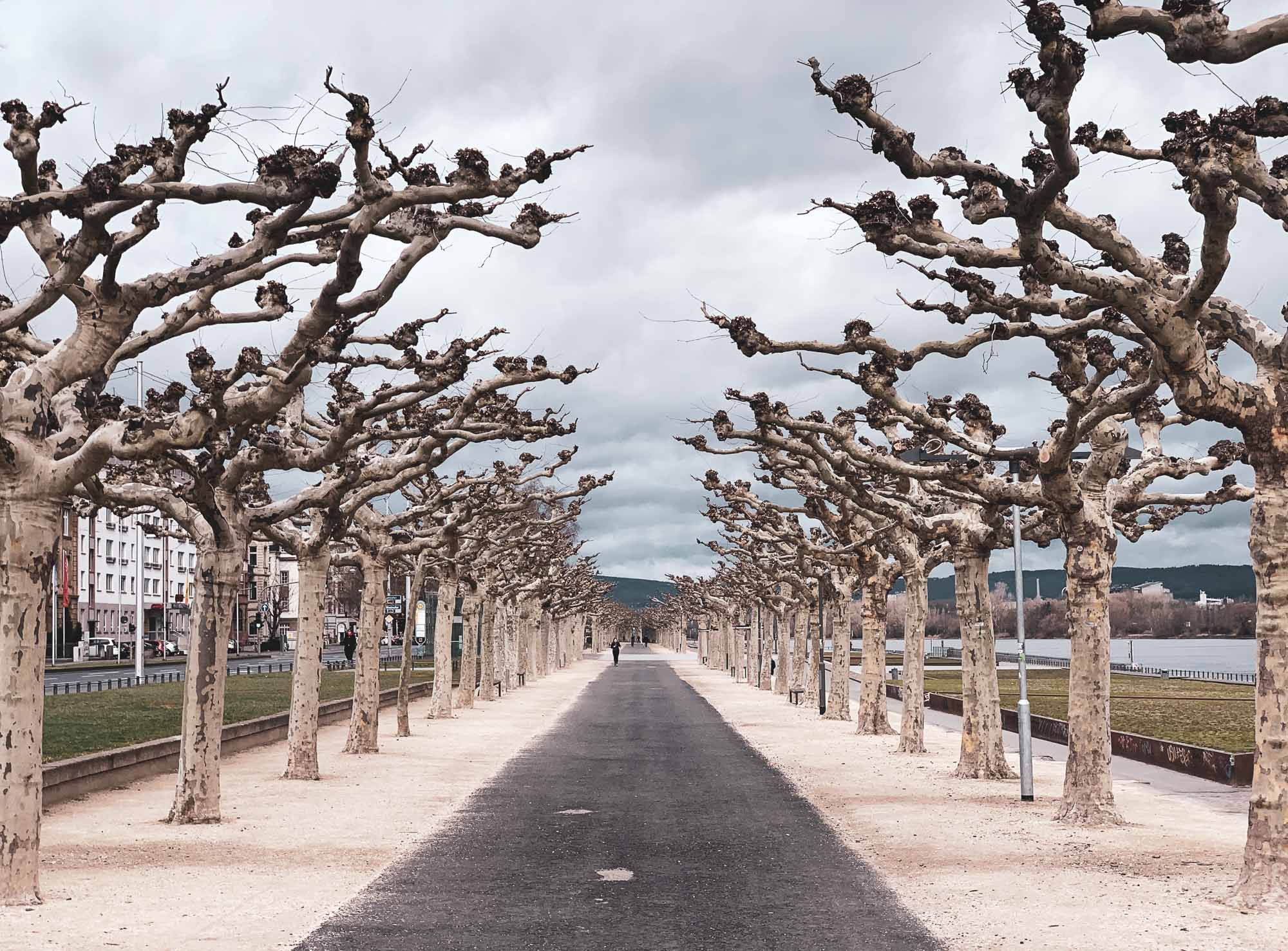
Promenade
The promenade on the Rhine river that runs through Mainz.

Theodor Heuss Bridge
Crossing the Rhine and connecting Hessen and Rhineland Palatinate federal states.
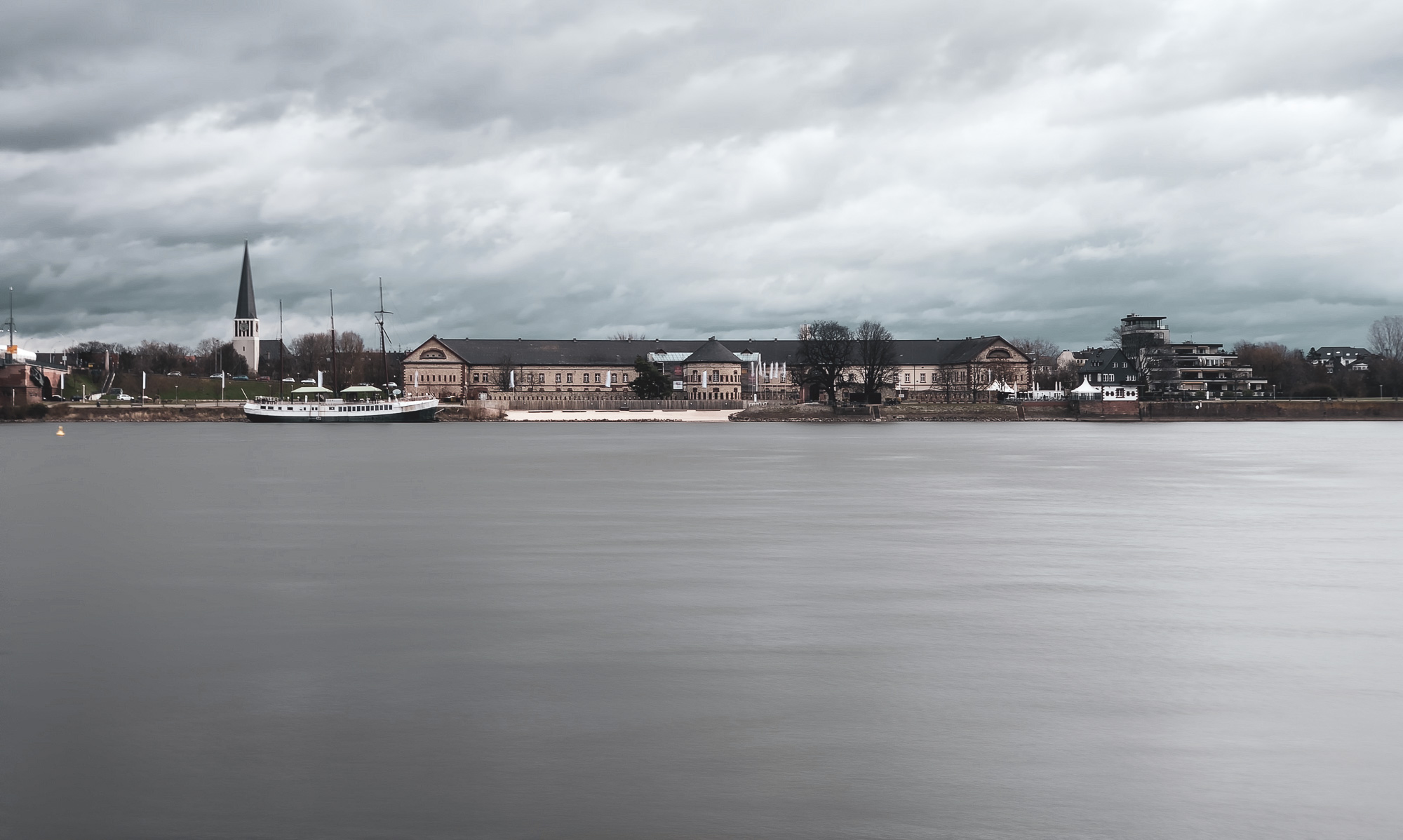
Across the River
Looking towards the Reduit building in Mainz-Kastel.
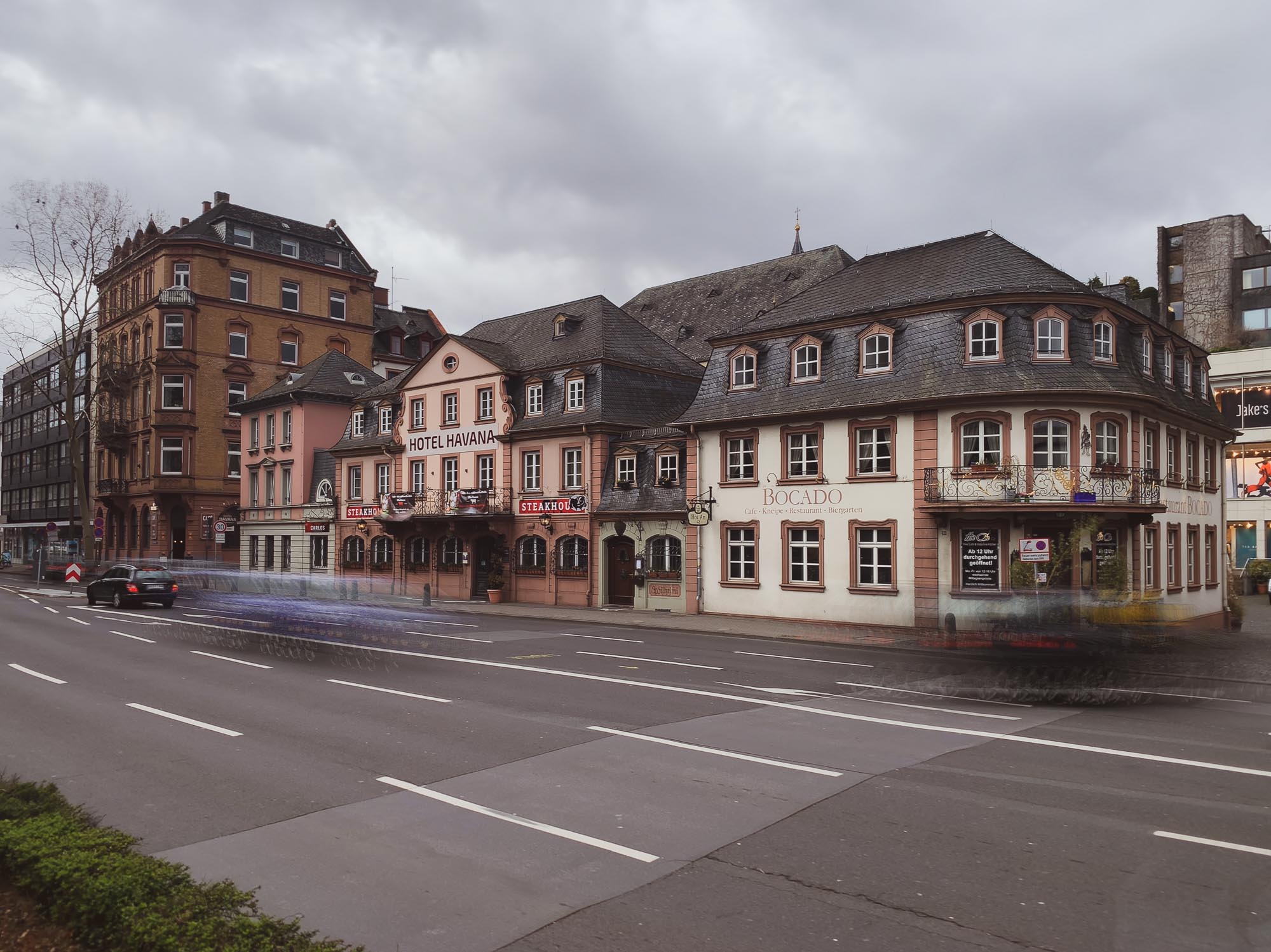
Cityscapes
Mainz has a lot of charming buildings and restaurants.
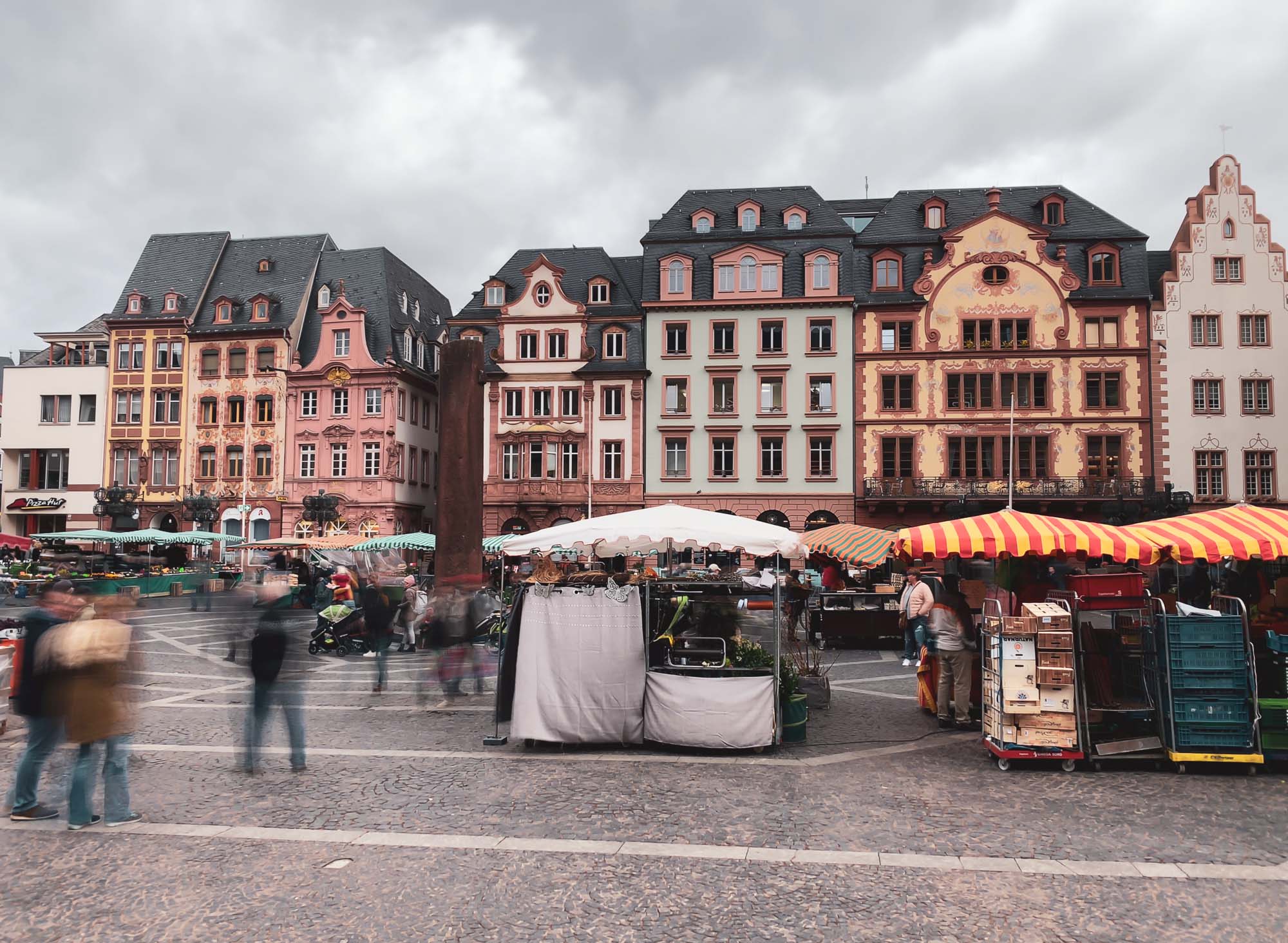
Town Square
The Saturday market on the square just next to the cathedral.
A place that leaves a taste for more - 24 hours in Shiraz, Iran
A short flight from Sharjah took us to beautiful Iran for 24 hours, where we visited the city of Shiraz and the Persepolis. Iran is full of history and culture and its unique rich atmosphere definitely made us keen to come back for more.

A short flight from Sharjah took us to beautiful Iran for 24 hours, where we visited the city of Shiraz and the Persepolis. Iran is full of history and culture and its unique rich atmosphere definitely made us keen to come back.
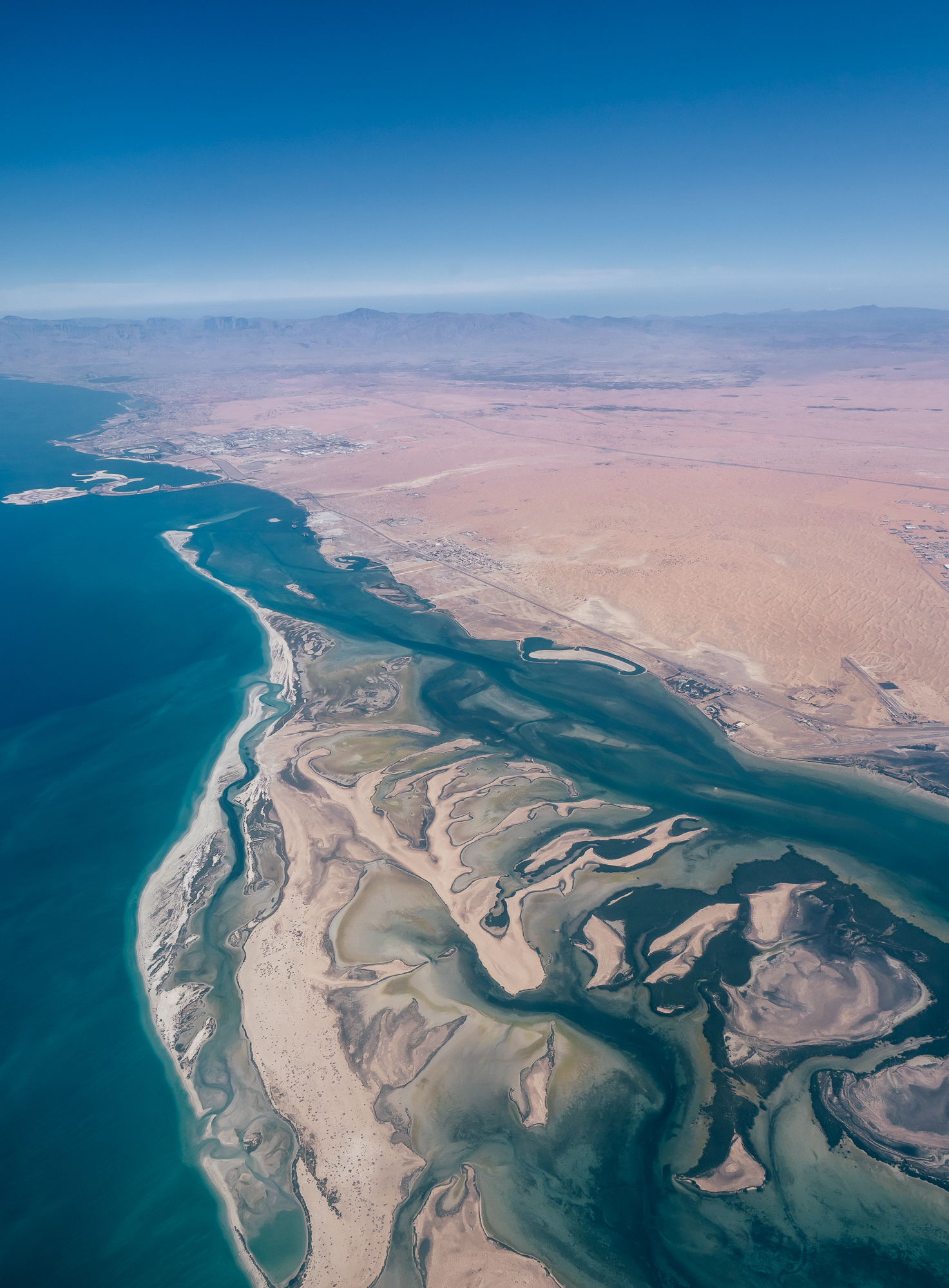
Umm Al Quwain
The wetlands in the smallest UAE emirate, seen from the plane flying out of Sharjah.
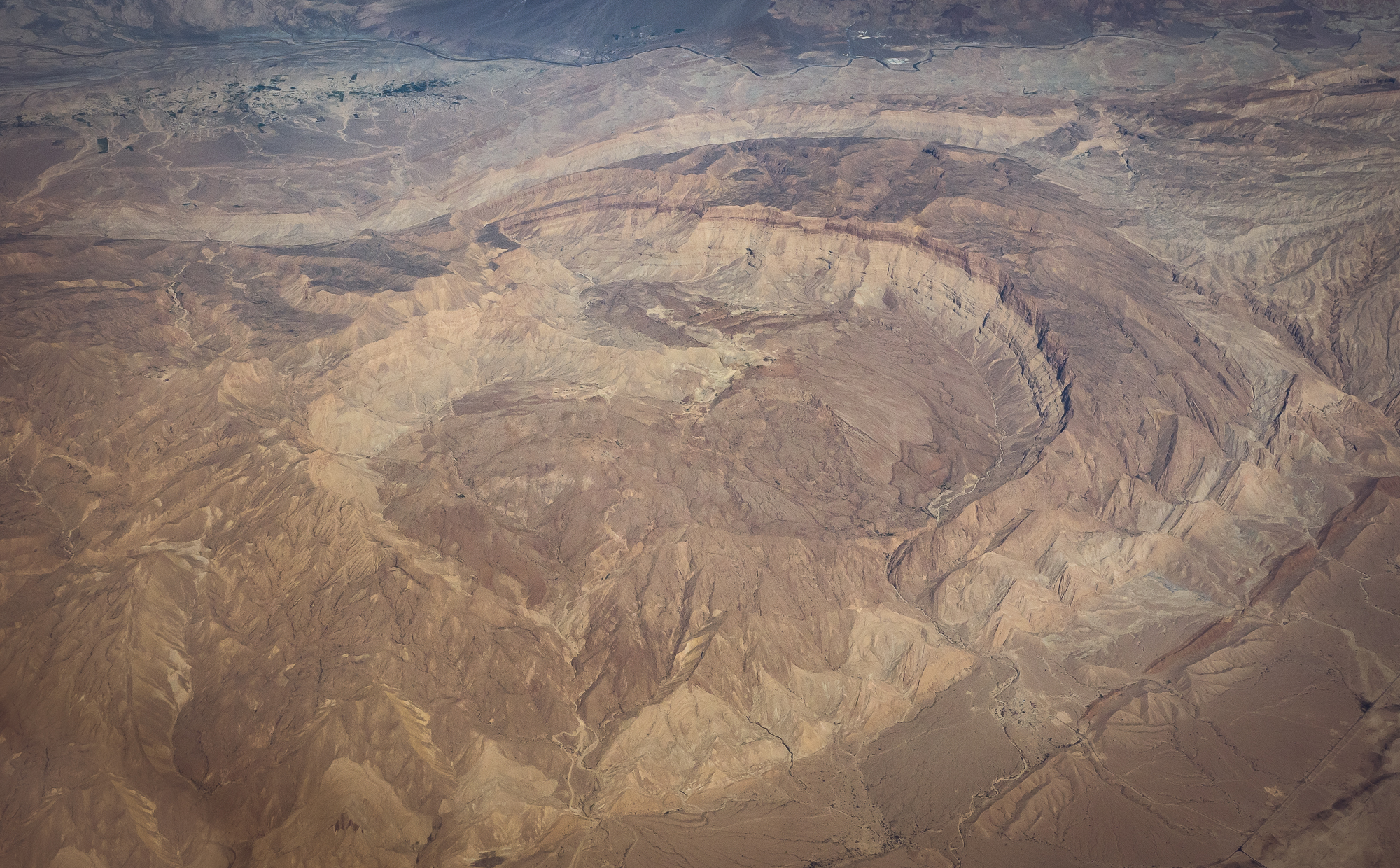
Iran
The rugged mountain area of southern Iran.
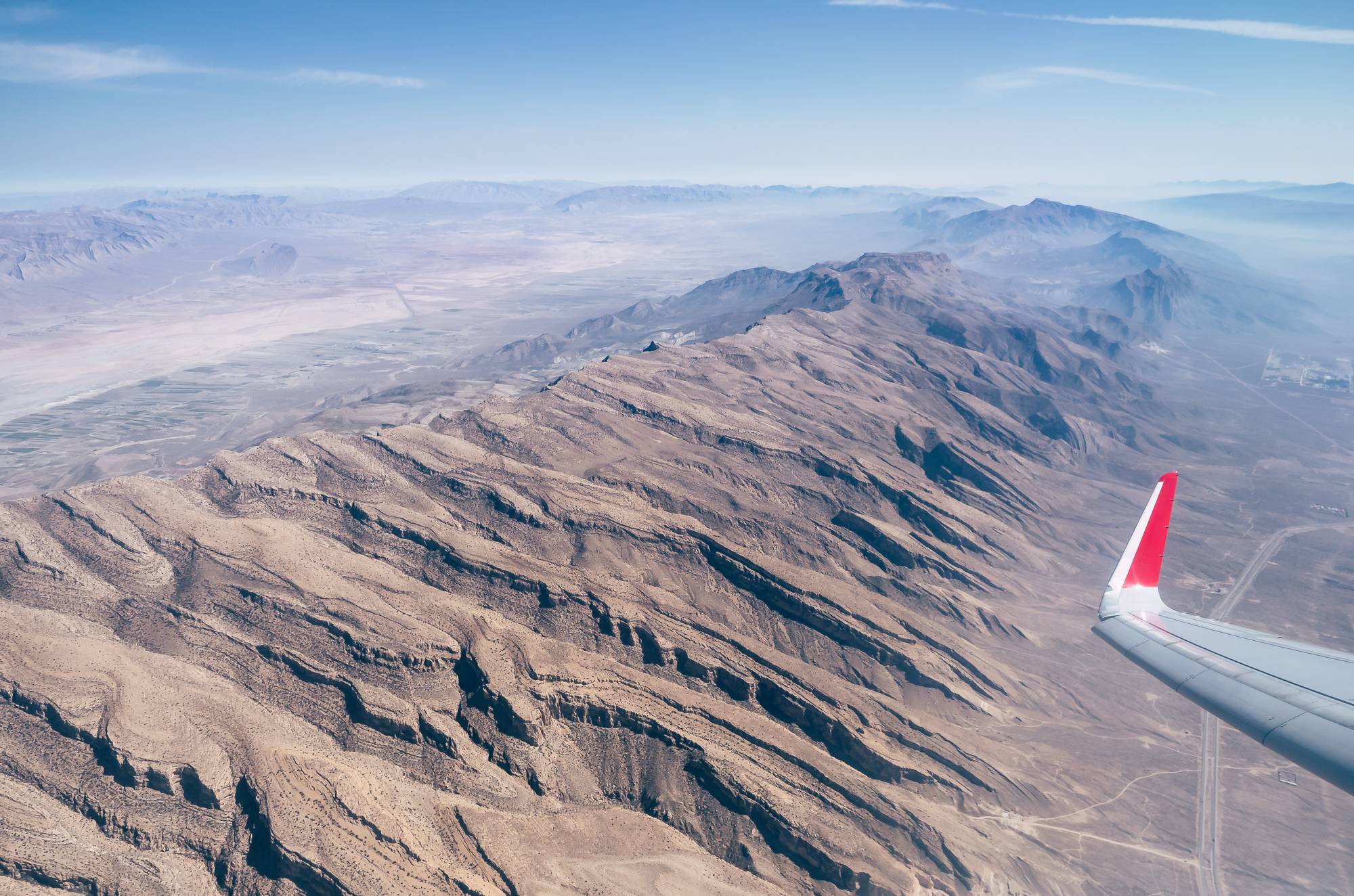
Approach
Landing approach in Shiraz.
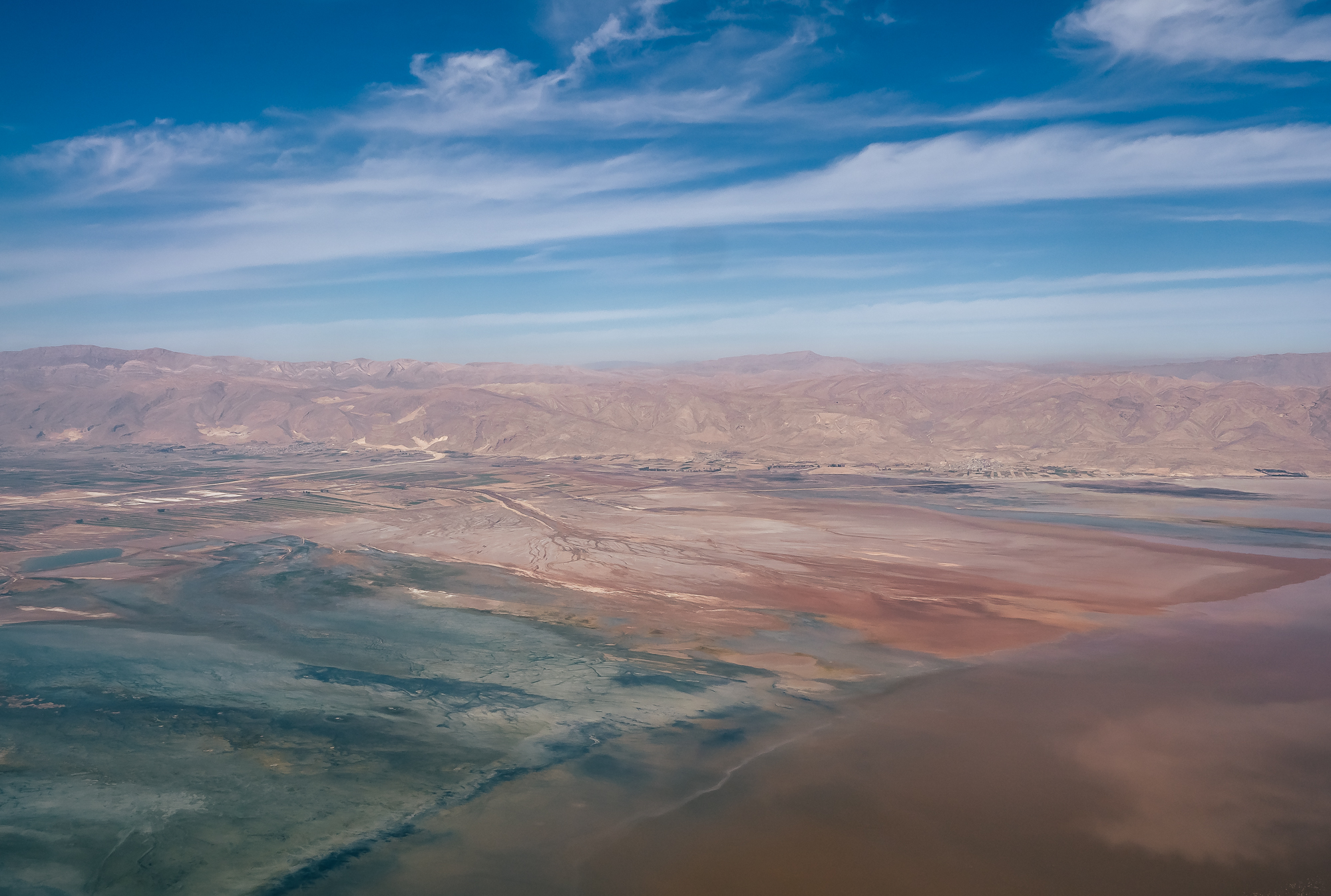
Maharlu Lake
The seasonal salt lake is famous for turning pink in the summer months due to the red tide algae blooms.
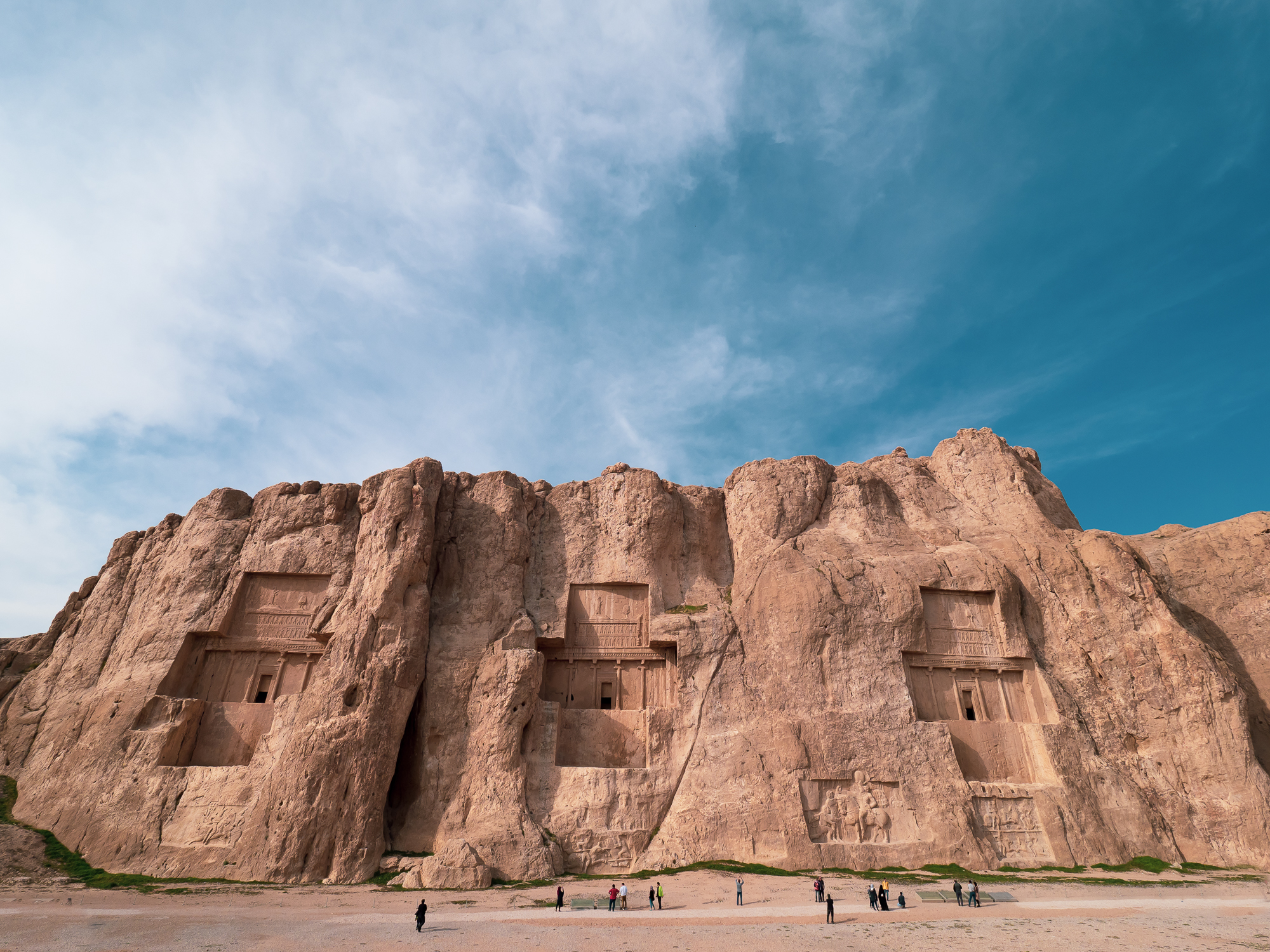
Naqsh-e Rustam
The rock reliefs the Achaemenid and Sassanid periods, part of which date back 1000 B.C, are just a few kilometres from the Persepolis.
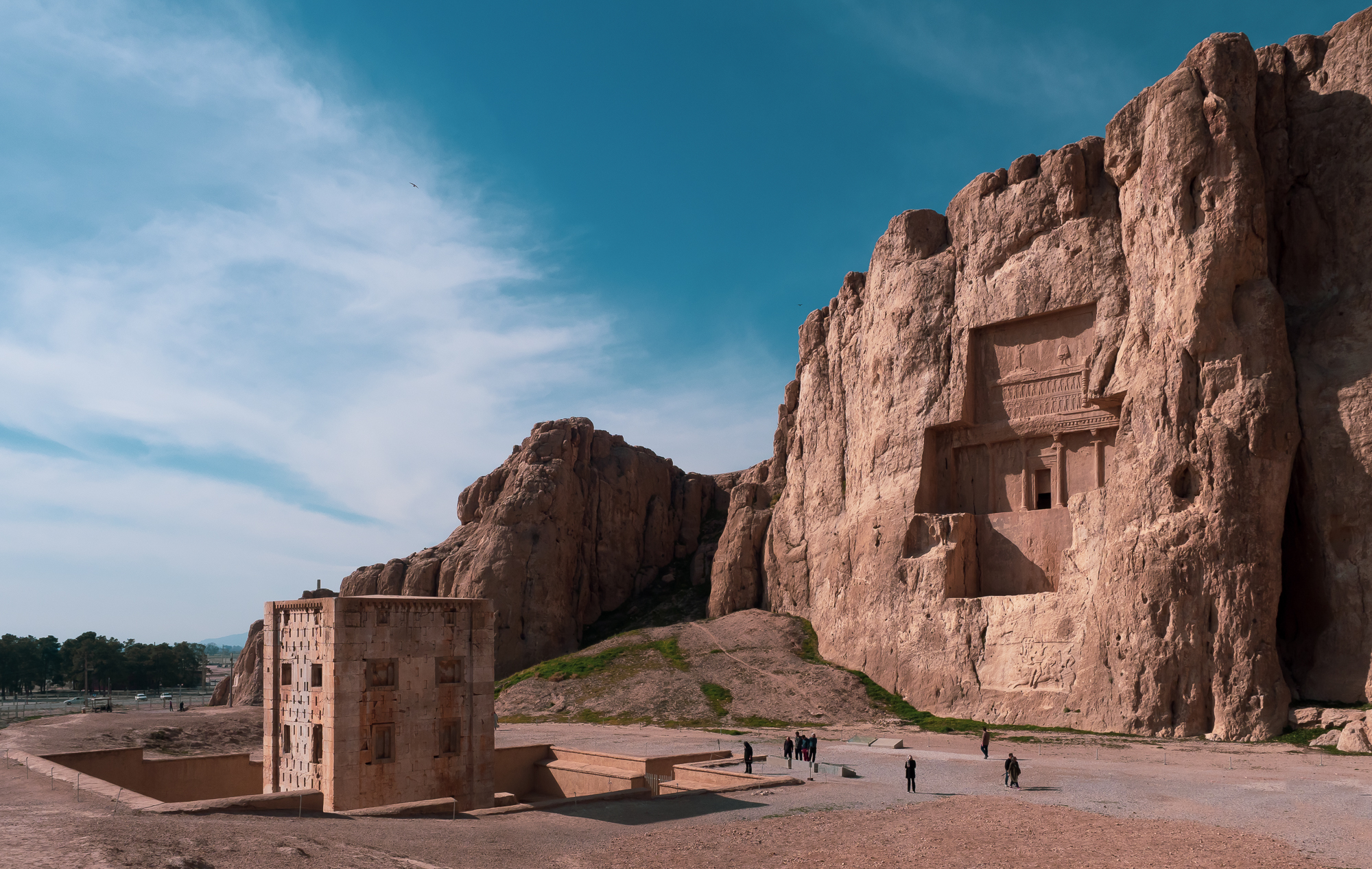
Ka'ba-ye Zartosht
The cube of Zoroaster in front of the tombs at the necropolis of Naqsh-e Rustam.
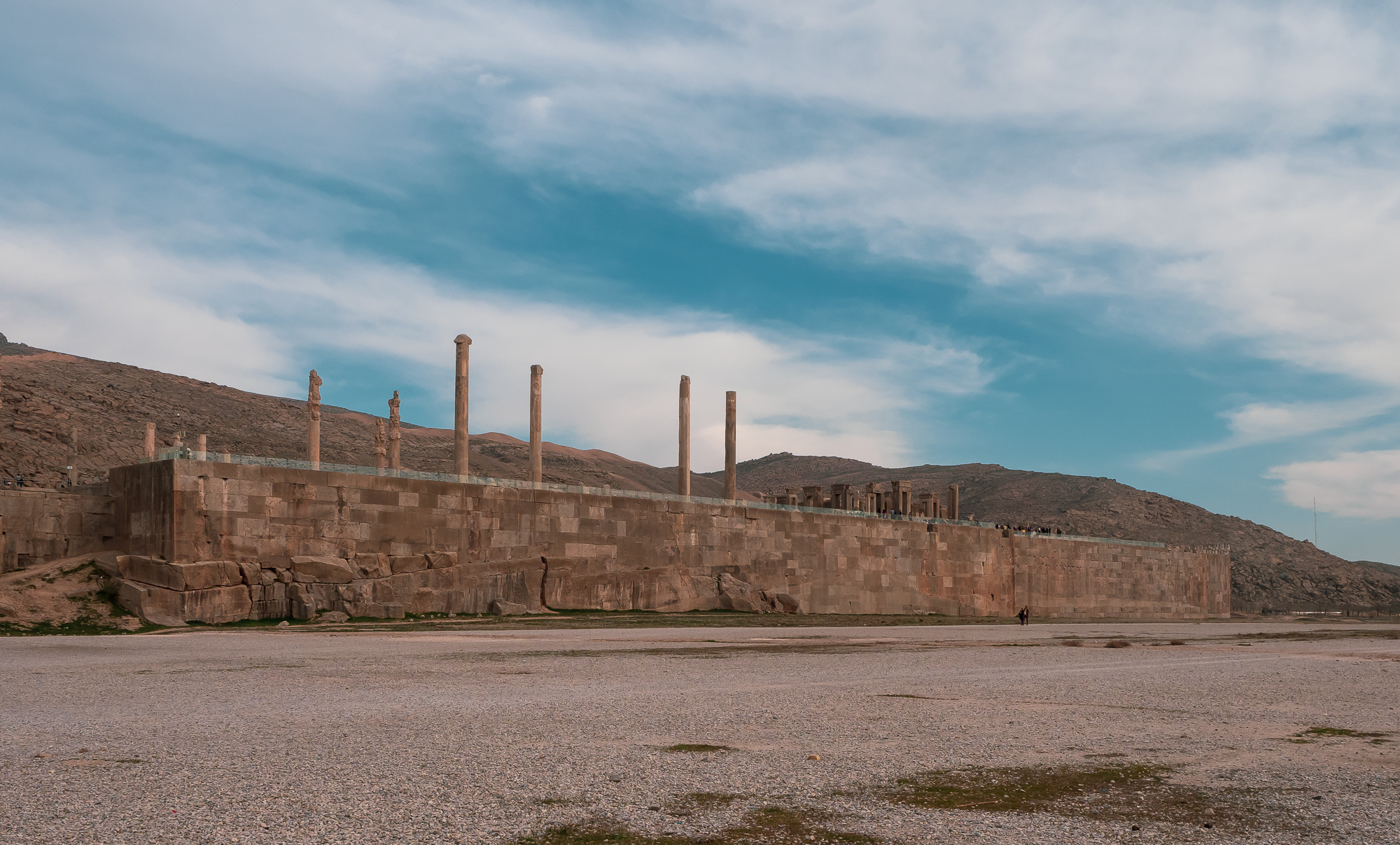
Persepolis
The western walls of the Persepolis. Notice the huge single pieces of stone used to construct the perimeter, with the humans for scale...

The Capital of the Achaemenid Empire
The earliest remains are from 500 BCE.
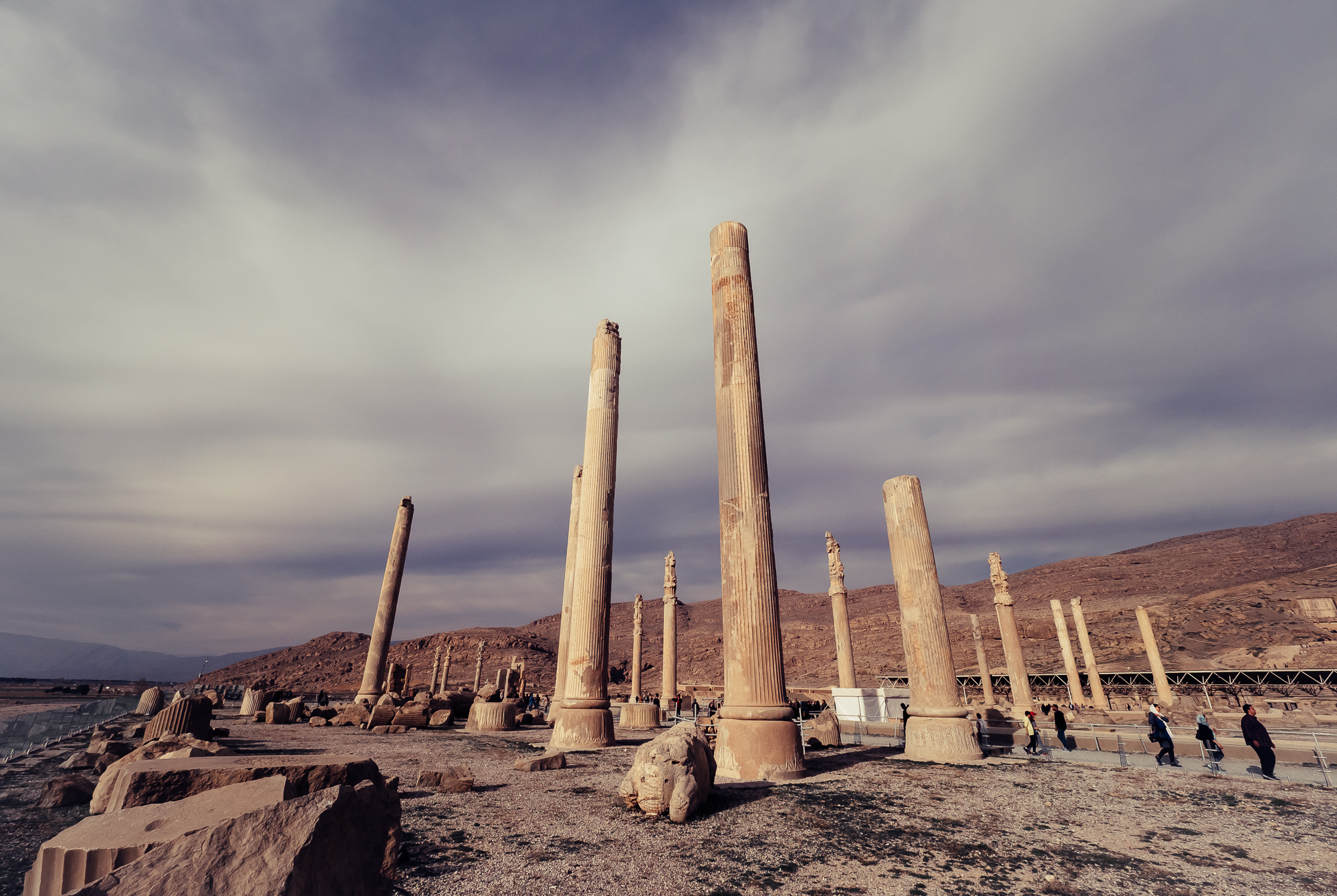
Ruins of the Apadana
One of the oldest buildings in the Persepolis.
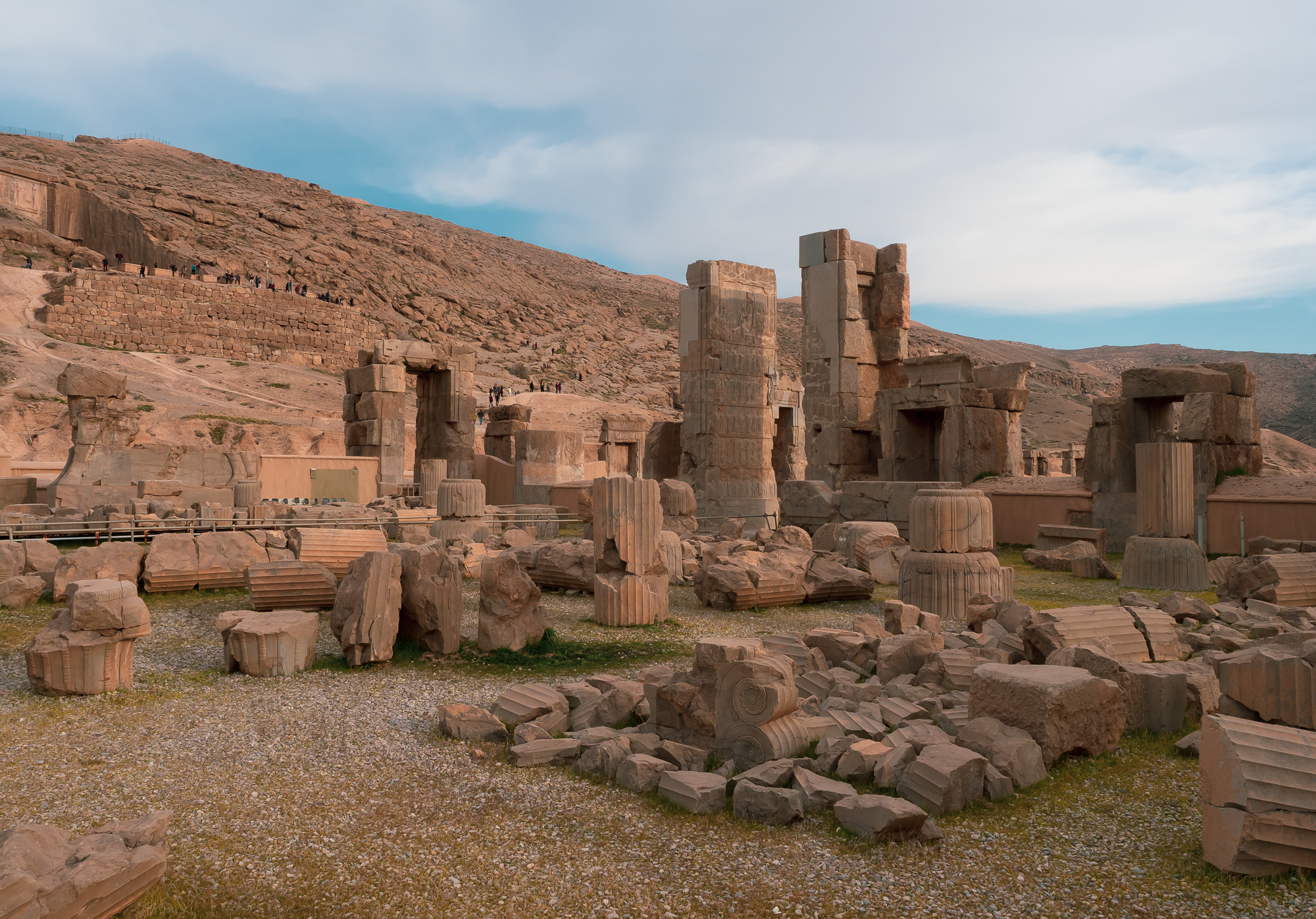
The End
Alexander the Great is said to have destroyed the Persepolis in revenge for the Persian's attacks on Athens.
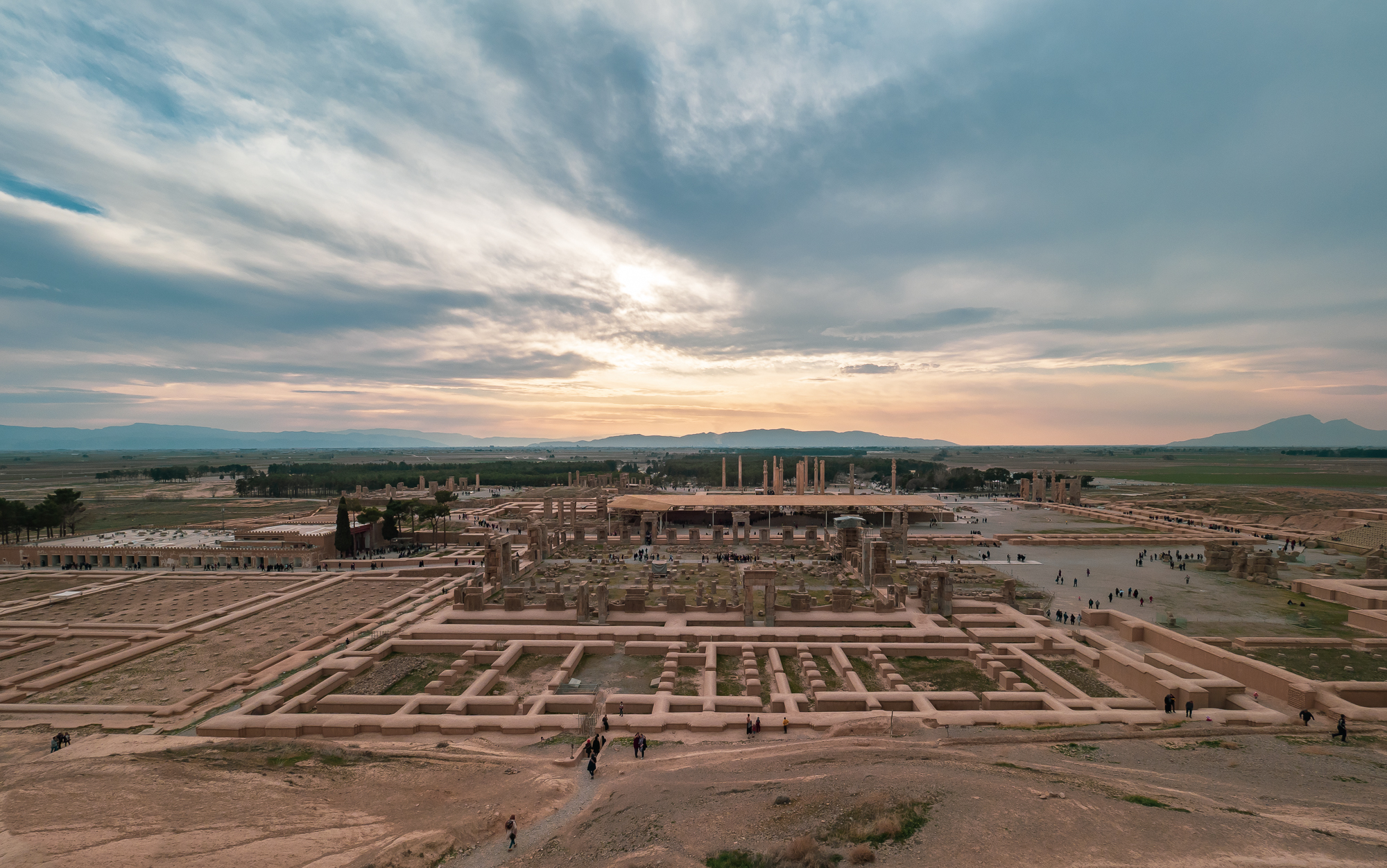
Overview
An aerial view of the site.
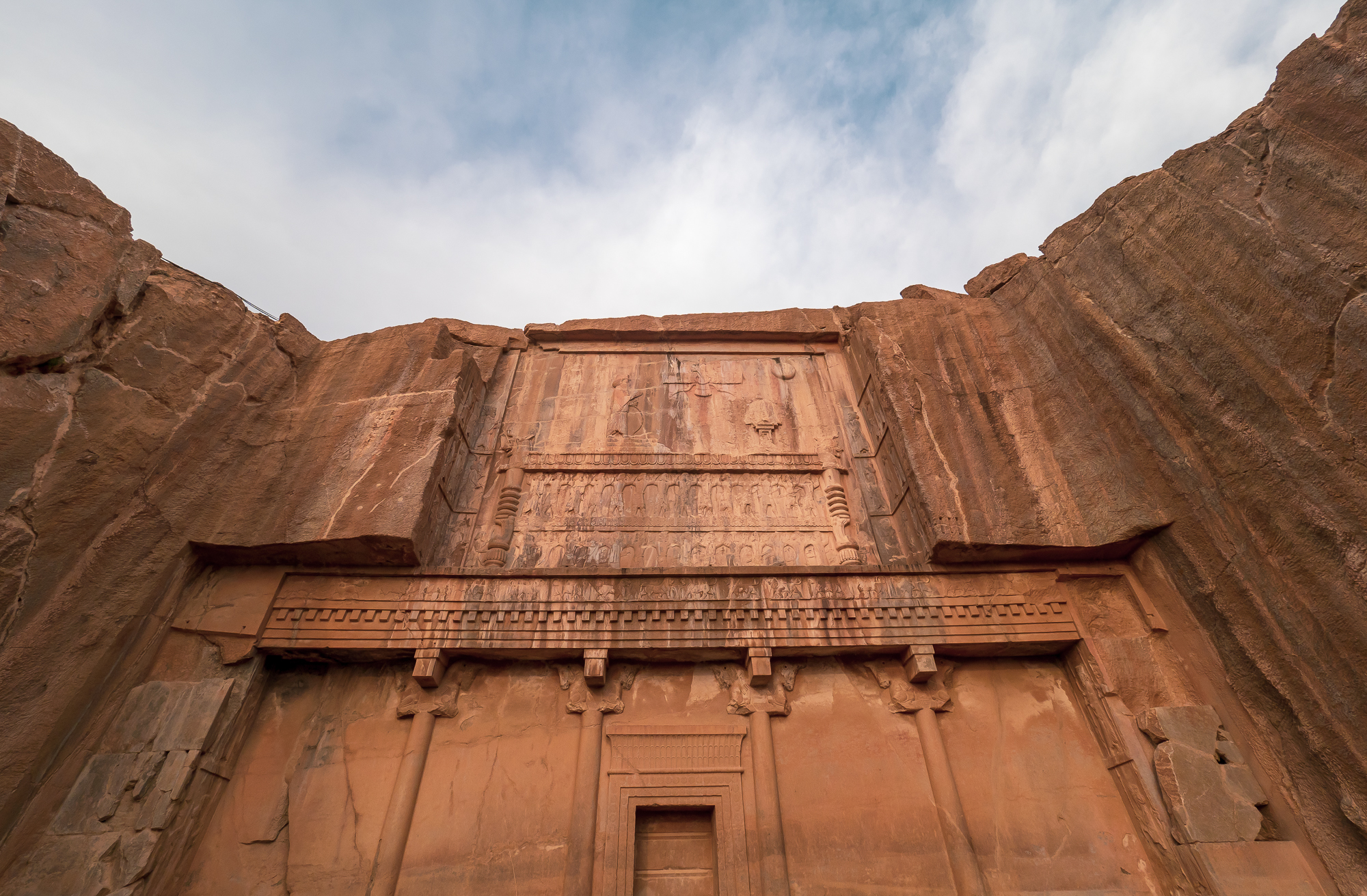
Tomb of Artaxerxes II
King of Persia from 404 BC until his death in 358 BC
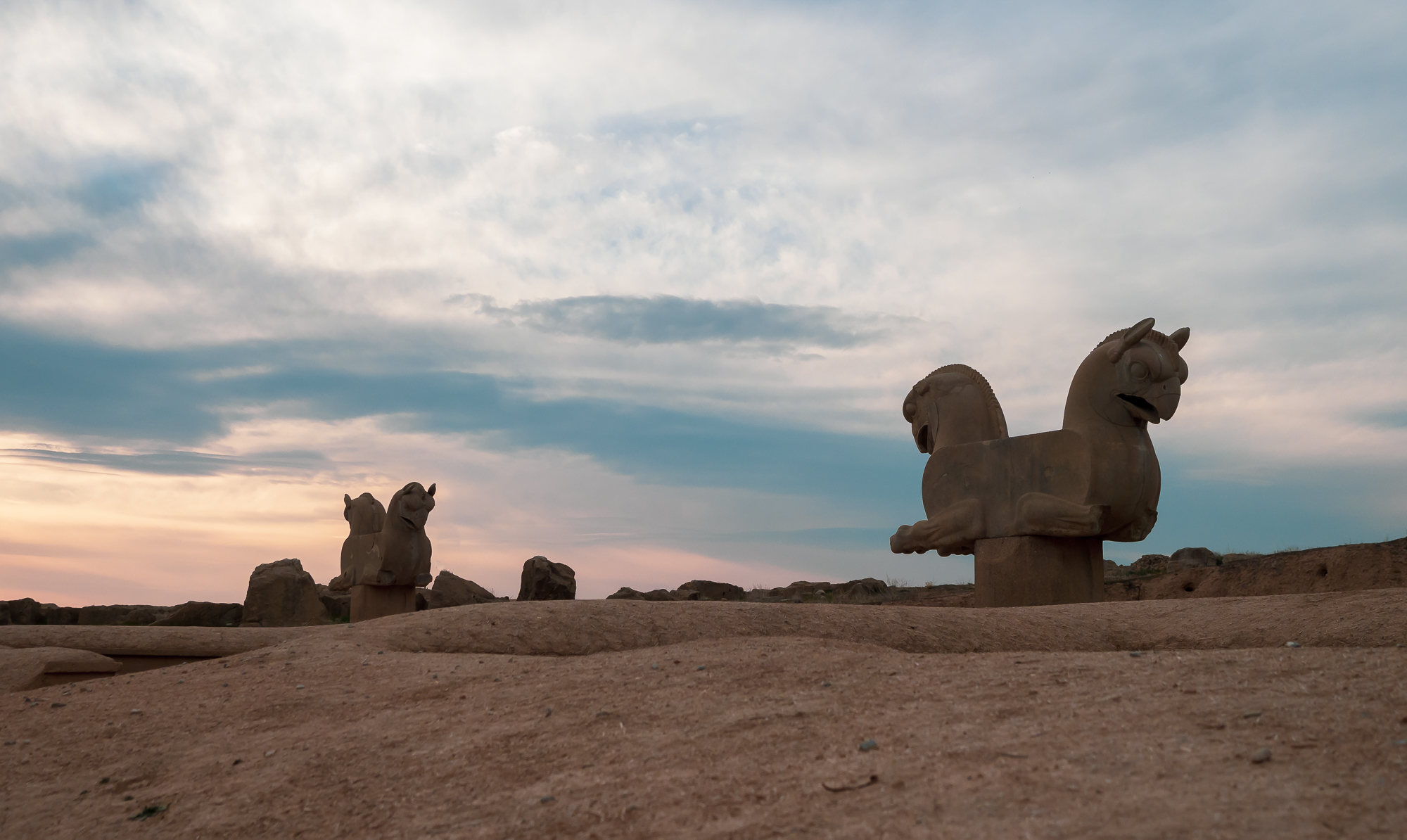
Grounded
Some griffin capitals which fell from their columns are kept on the ground now.
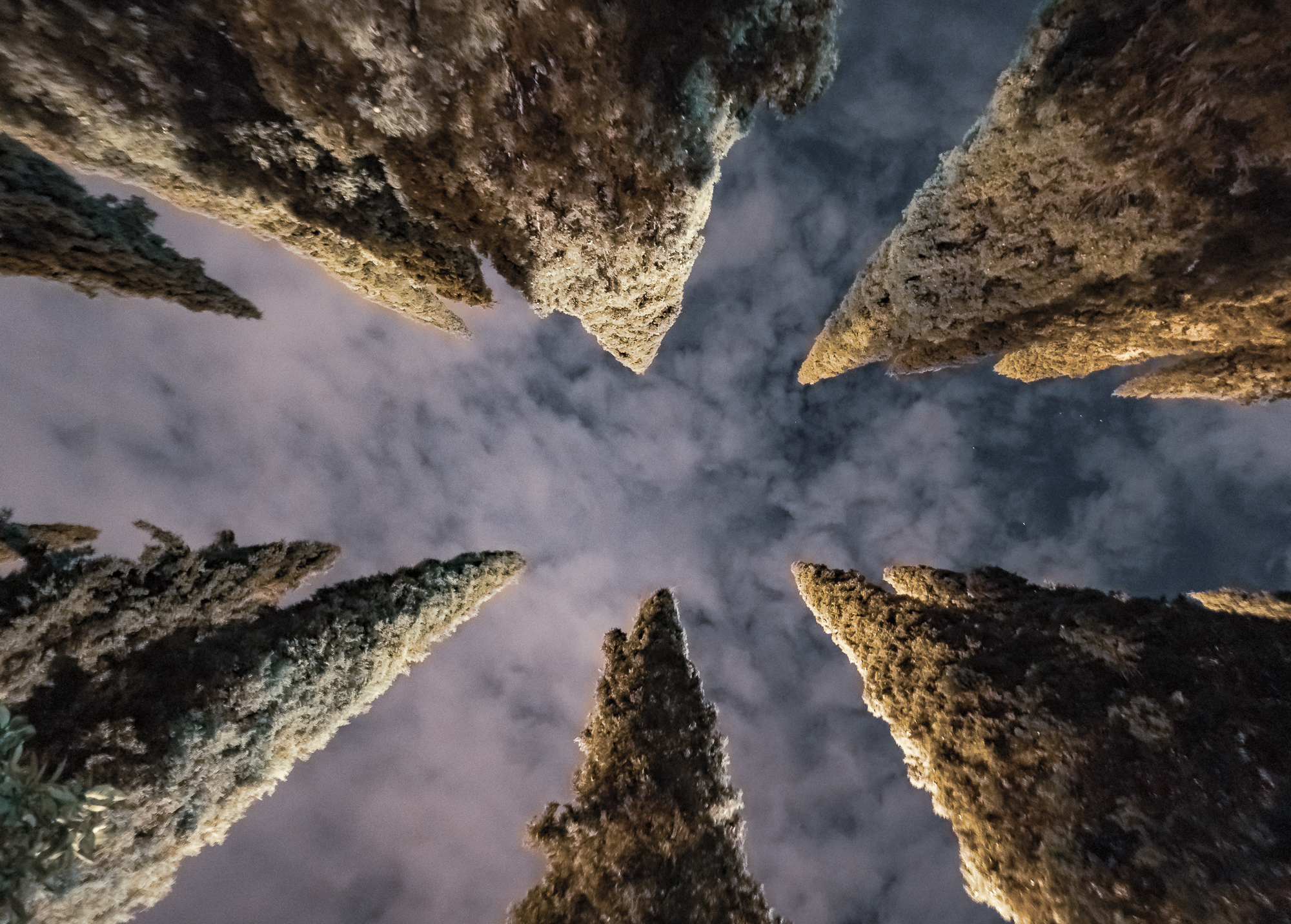
Cypress Trees
The 18th-century gardens features beautiful tall cypress trees. The garden is a Unesco World Heriate site.
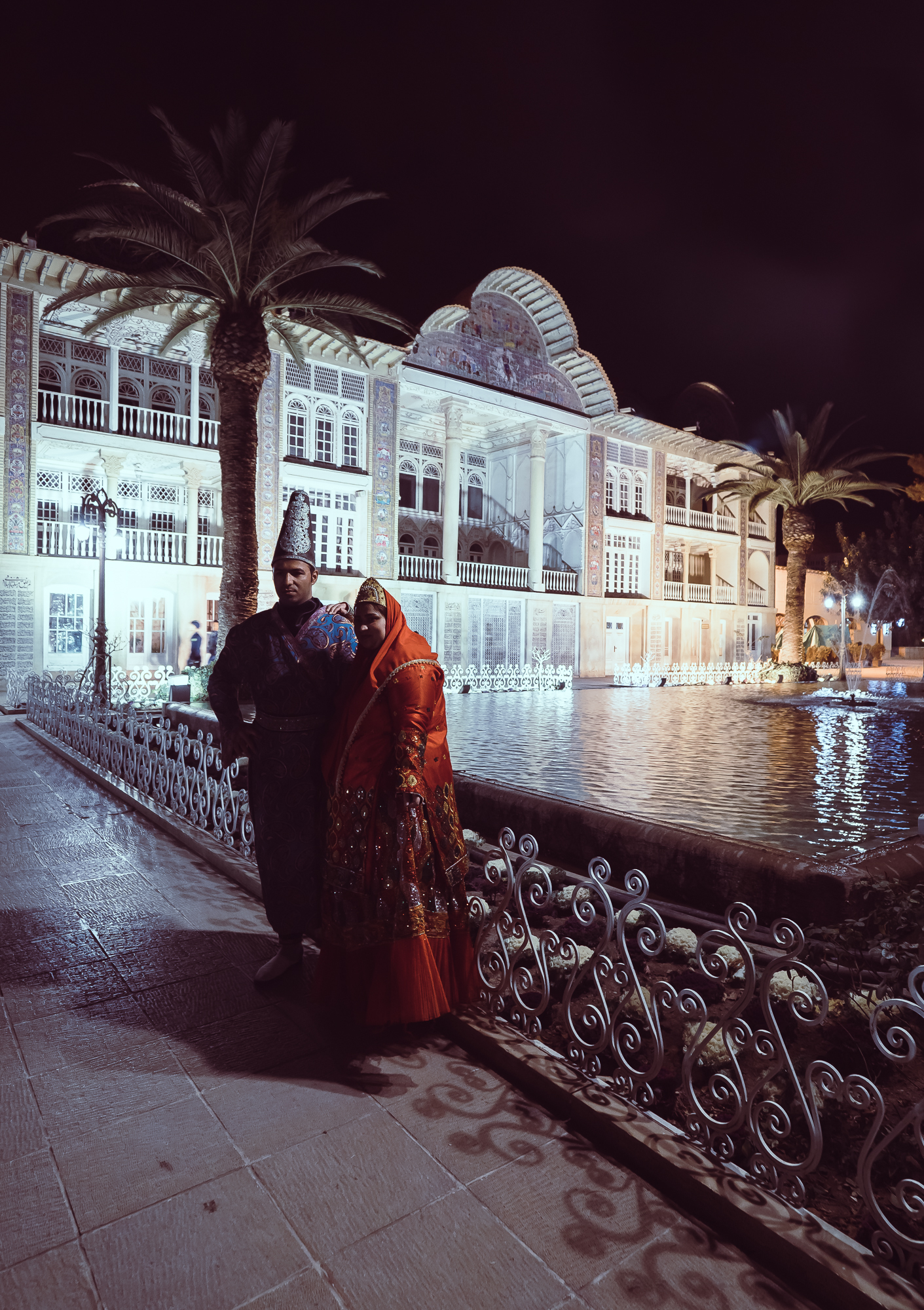
Eram Garden
A couple posing in front of Qavam House, built almost 150 years ago.
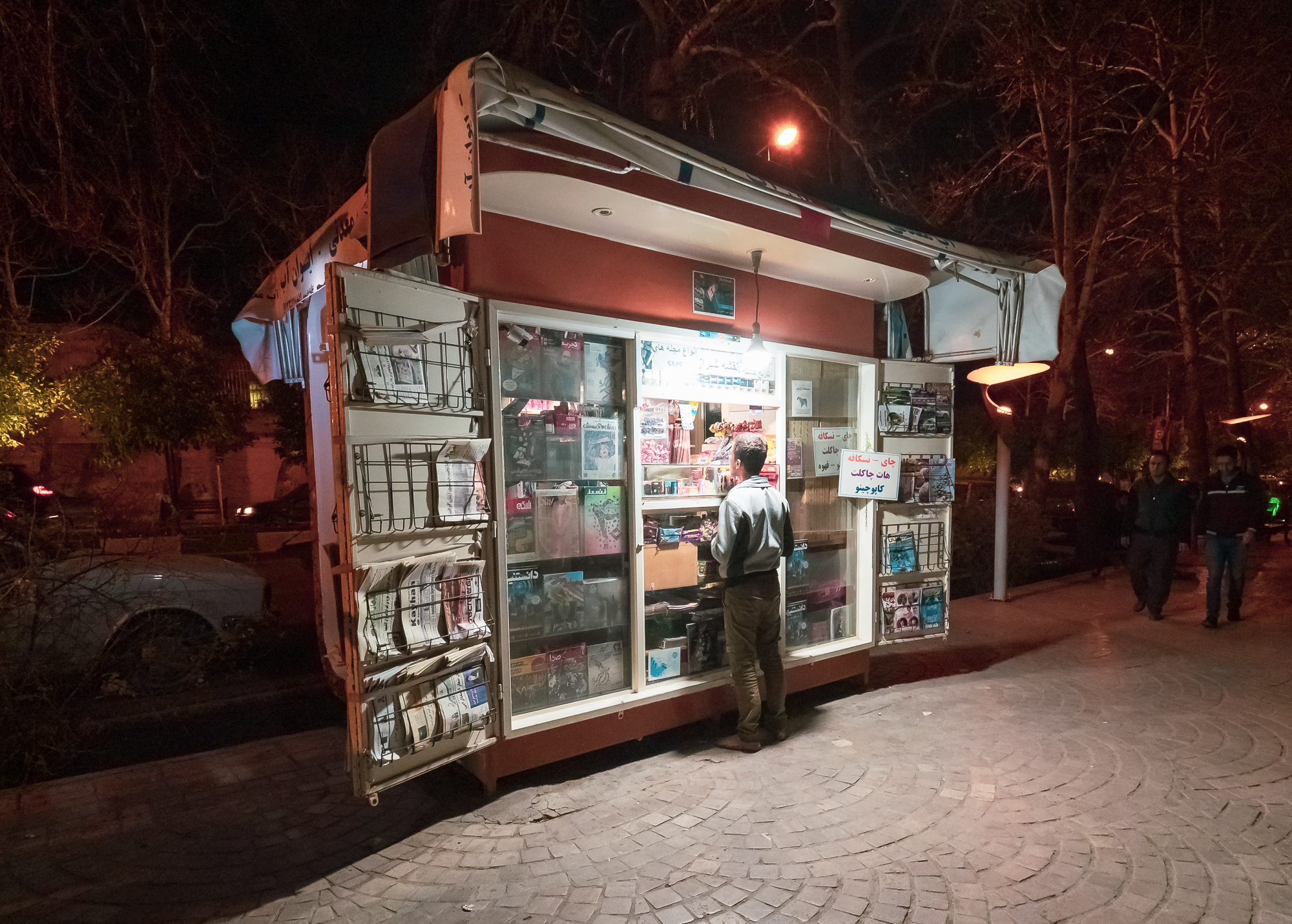
Shopping
A stall outside the Eram Garden.
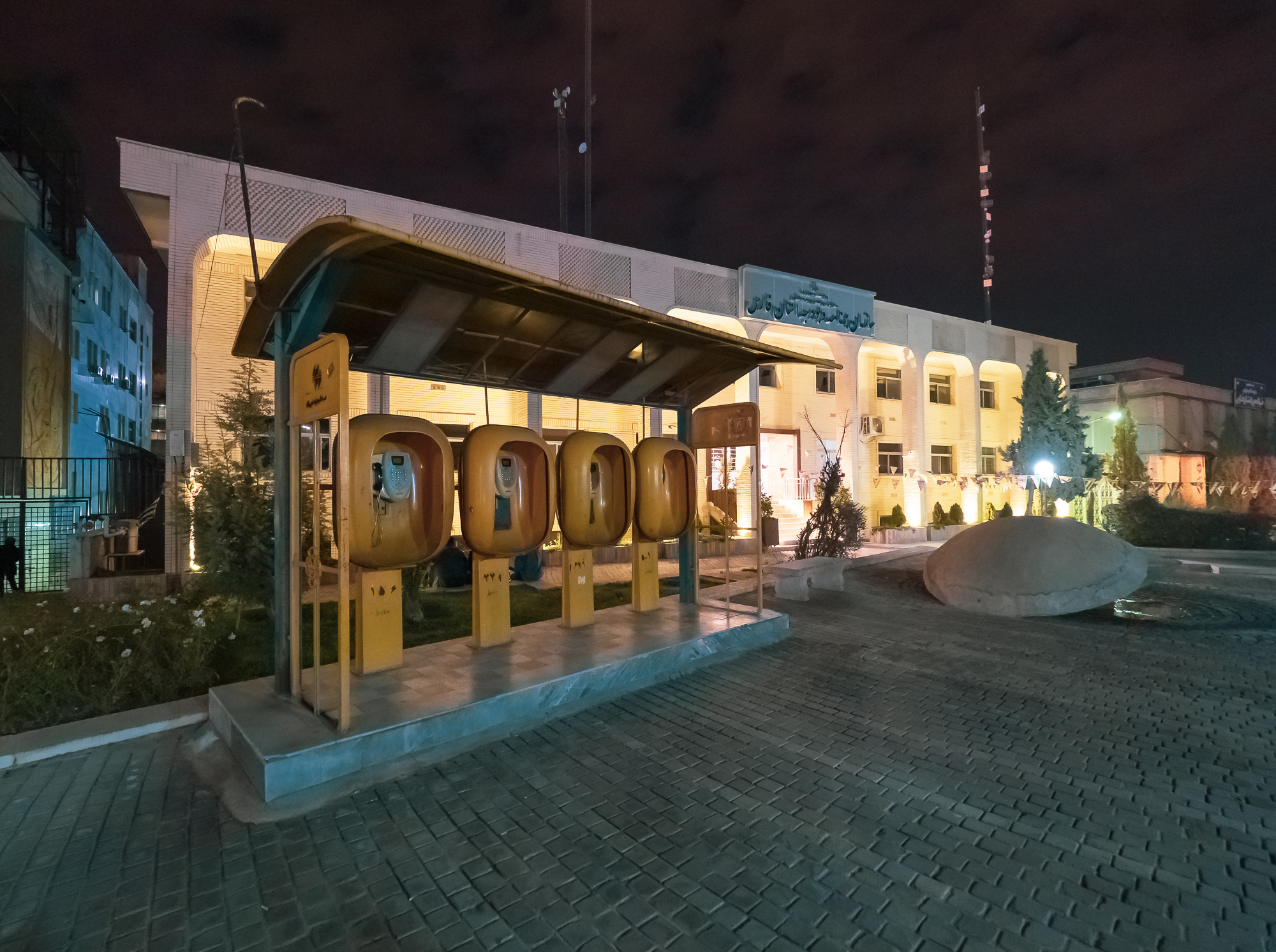
Old School
Seems there was a time where people made a lot of calls.
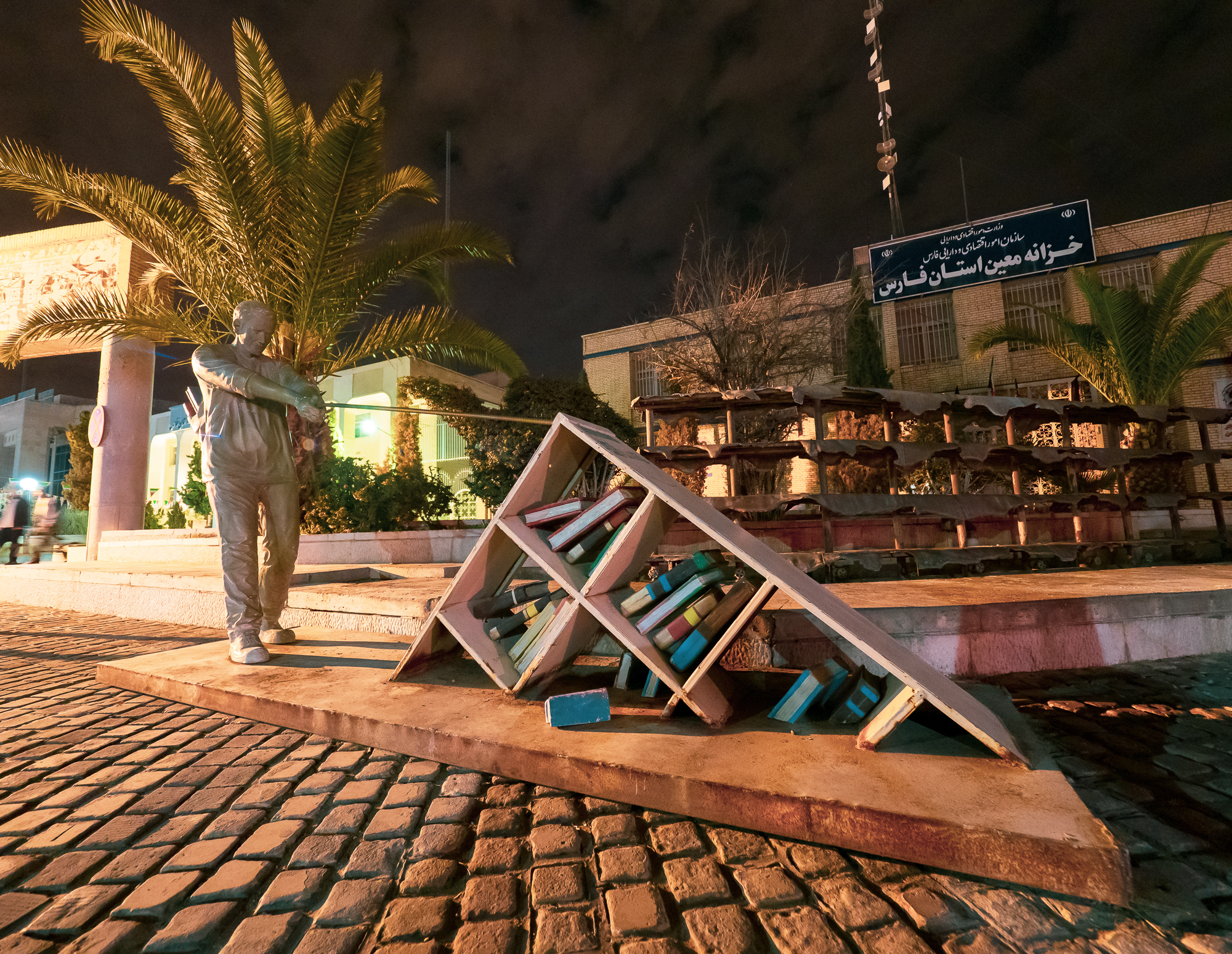
The Pull for Knowledge
A statue close to the Tomb of Hafez.
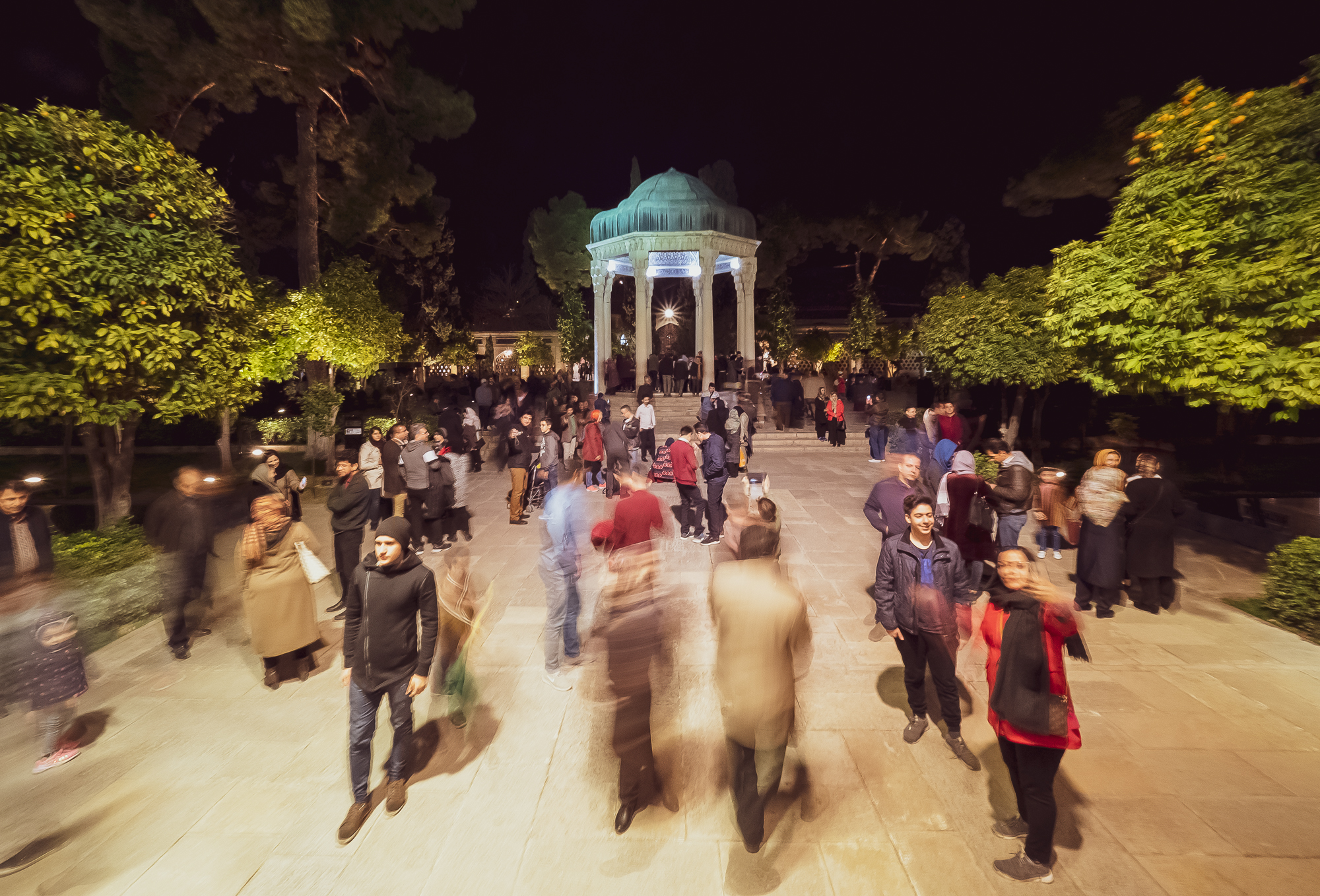
Tomb of Hafez
The memorial site for Shiraz's and probably Persia's most well known poet.
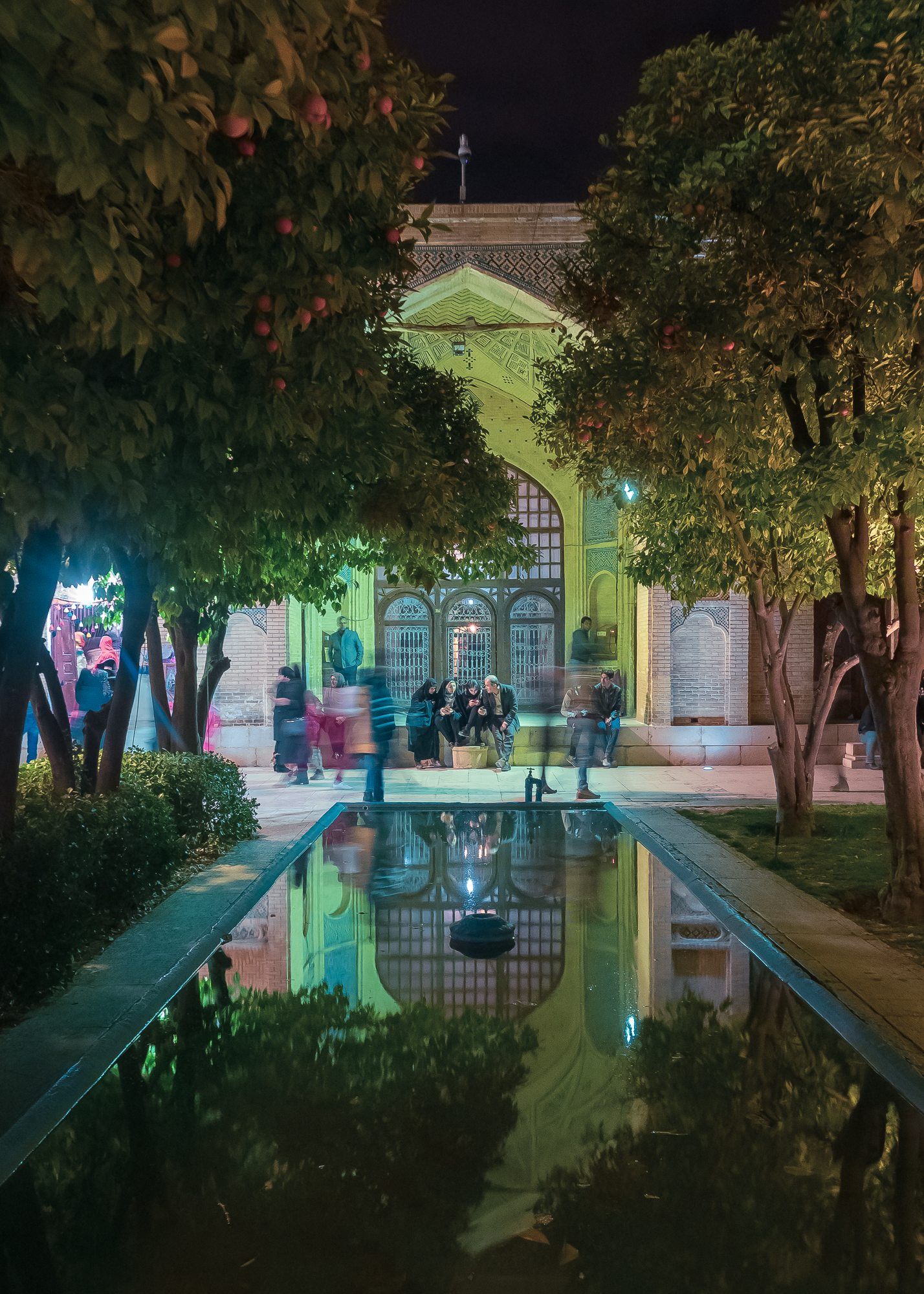
Gardens
The tomb has been expanded with gardens and fountains lined with orange trees in recent years.
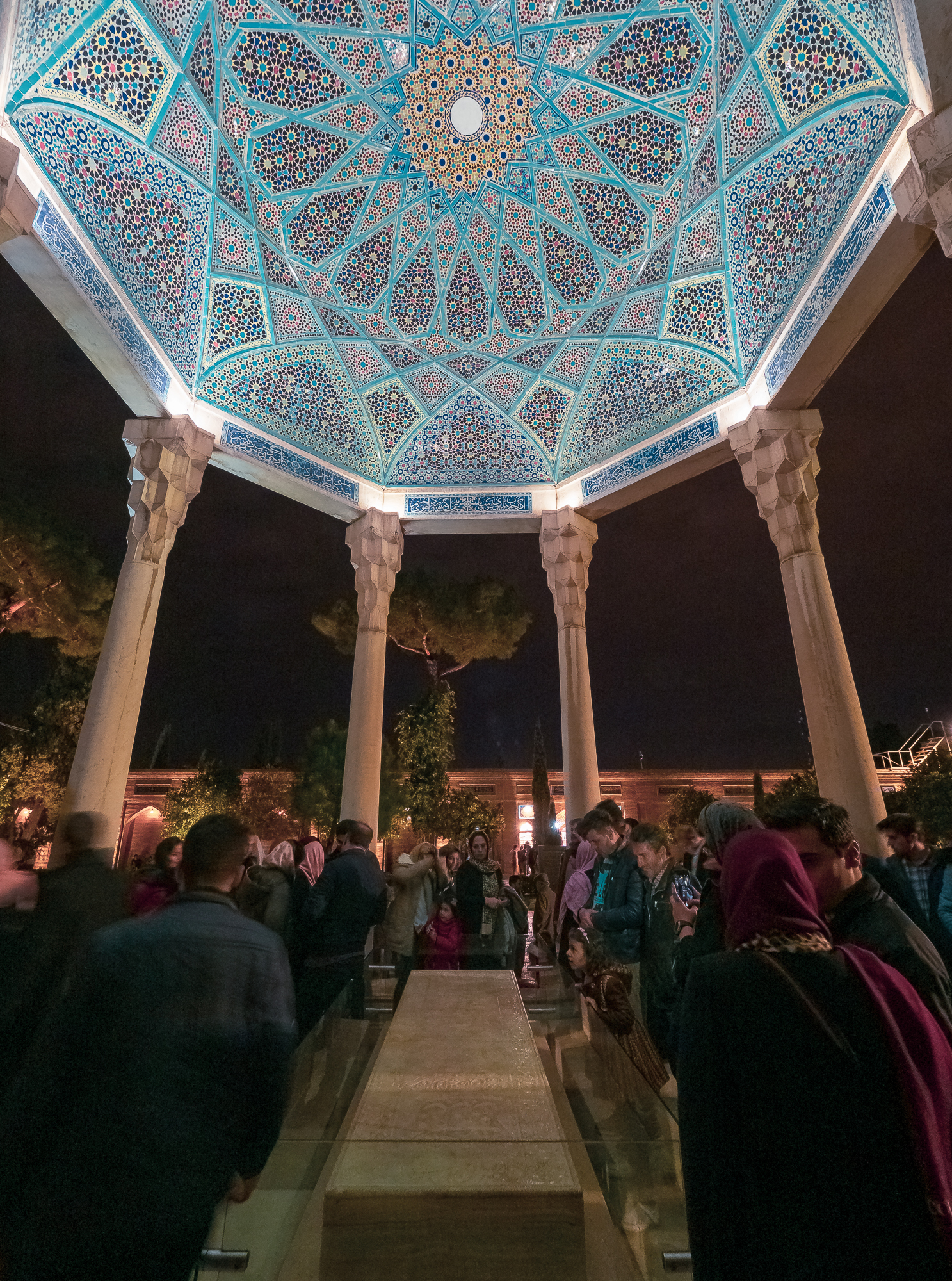
The Tomb
It was a busy public holiday weekend and the tomb attracts a lot of local visitors, reading the poet's work at the monument.
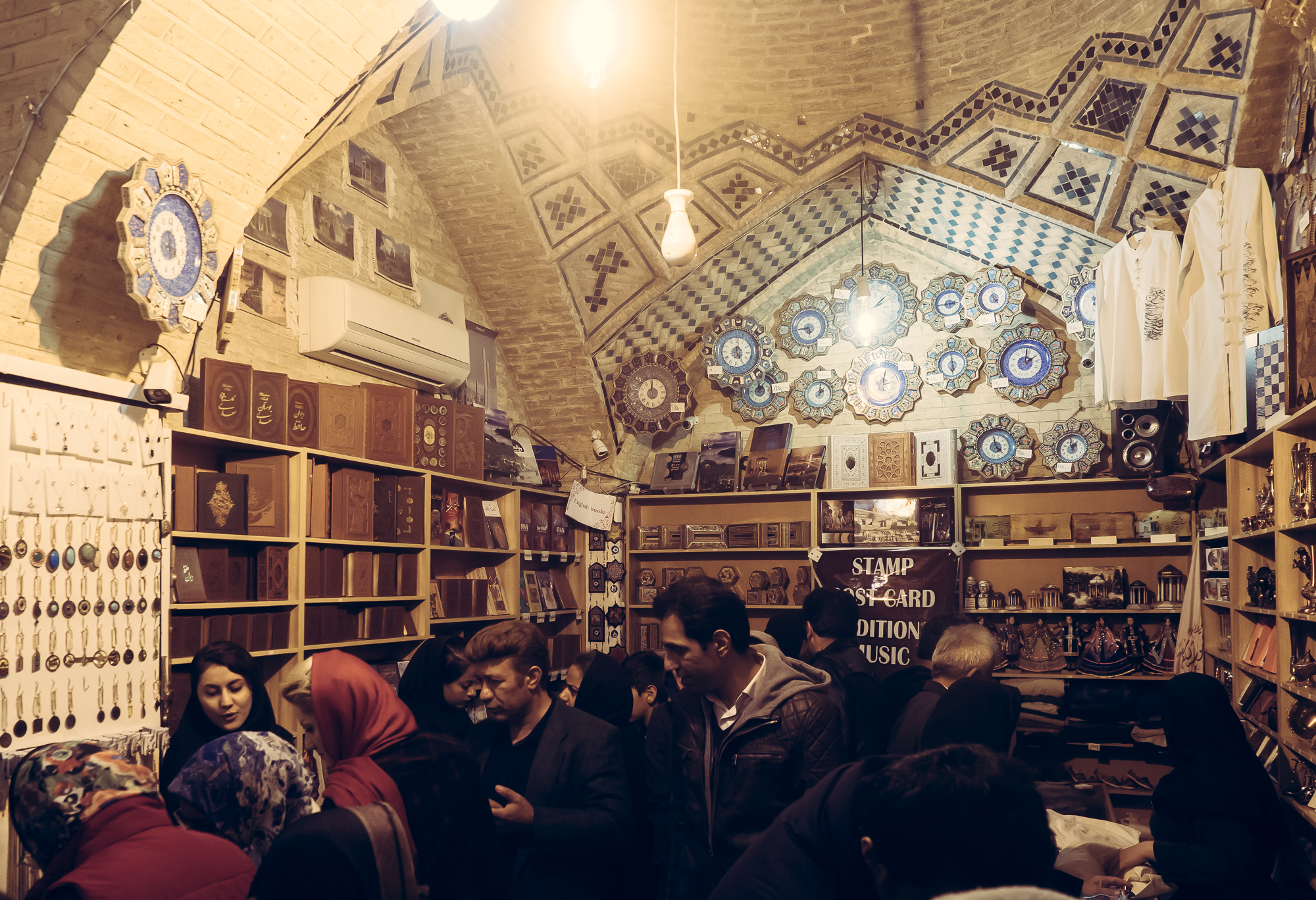
Shop
The place to buy the poet's works - crowded! Might be worth a read...
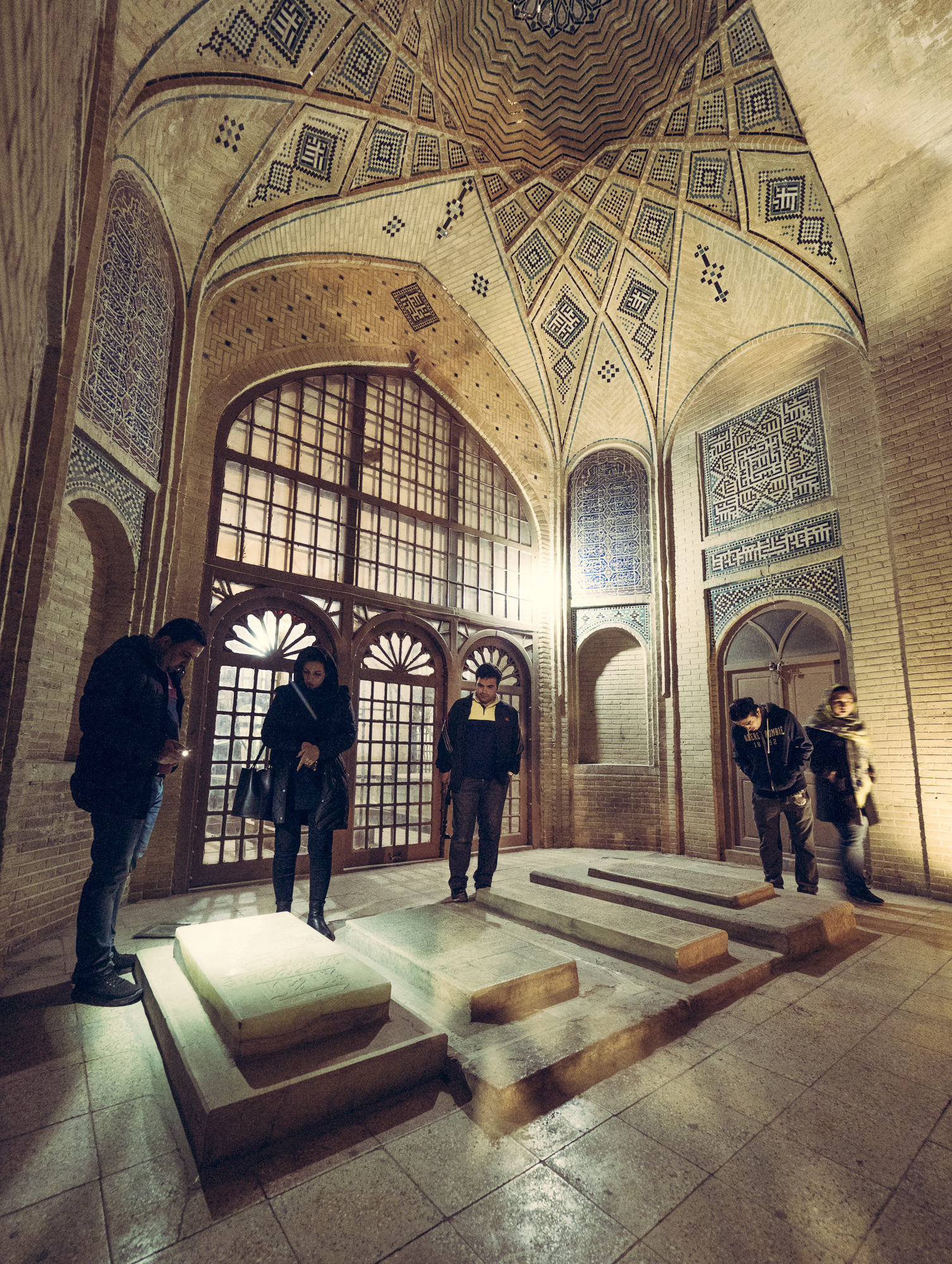
Joining the Master
Several tombs of other artists and poets have been added in surrounding buildings.
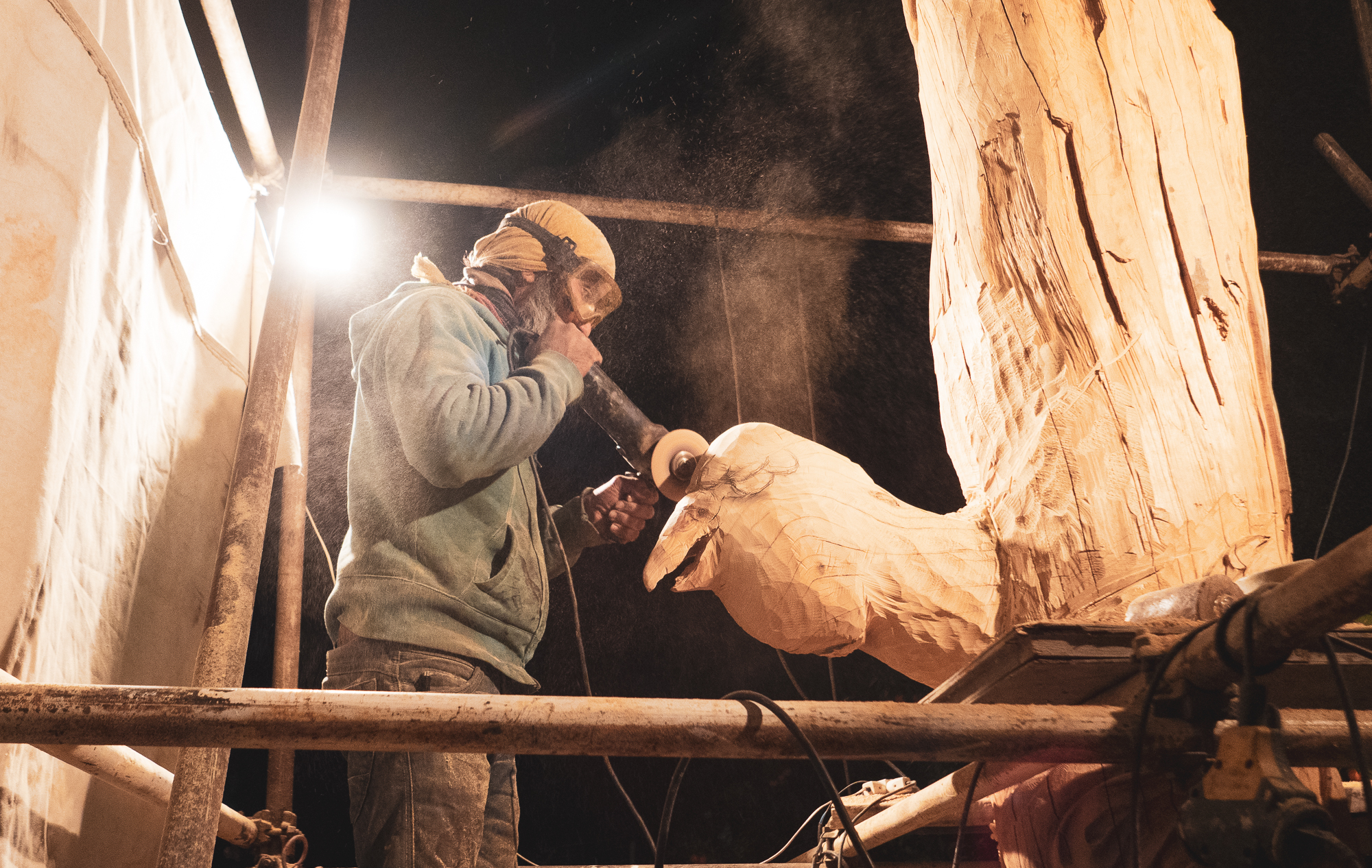
Arts and Crafts
Shiraz is a vibrant cultural and artsy city - Jahan Nama Garden is currenty being enhanced with wooden pillars featuring bird sculptures.
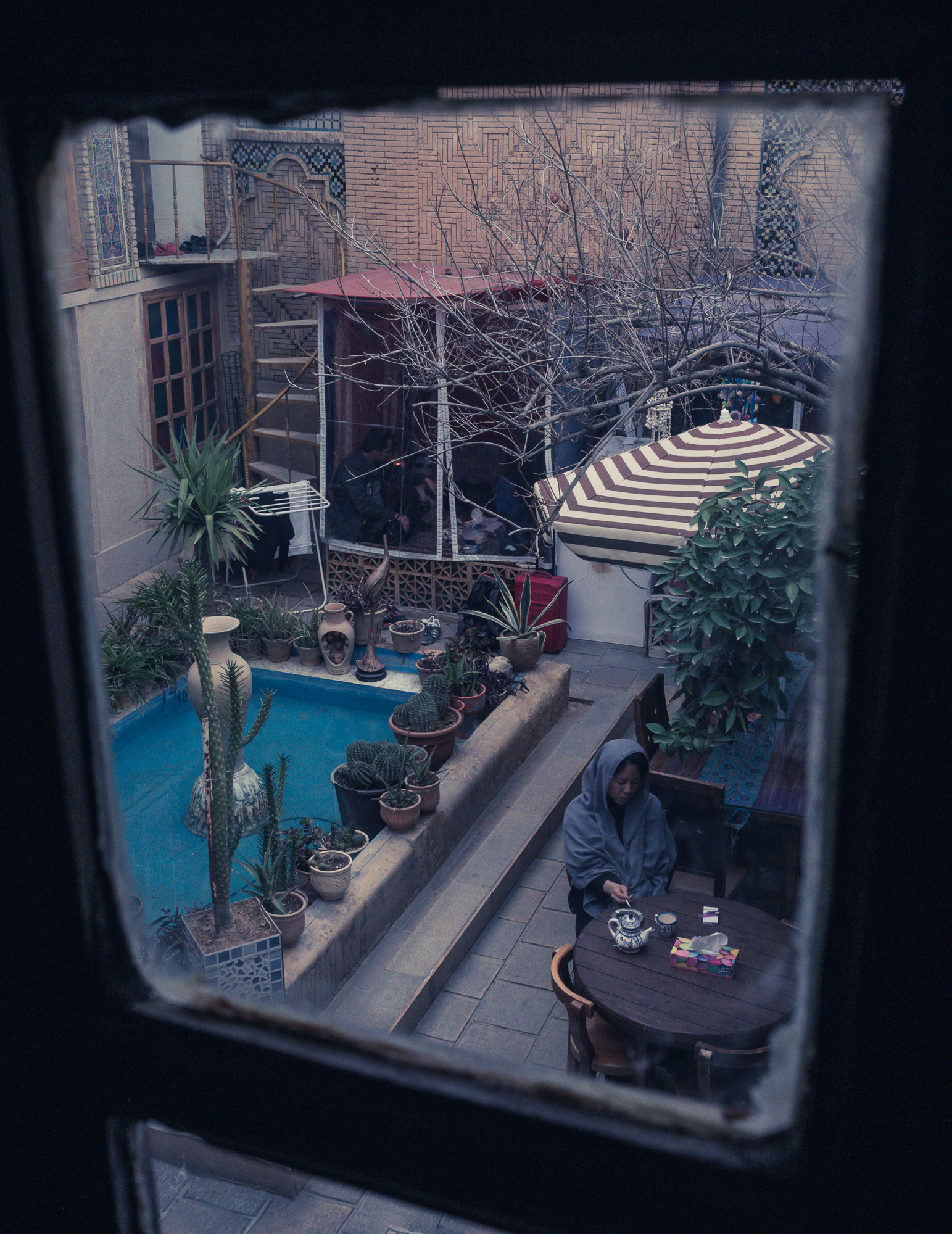
Morning Views
Looking out the window into the courtyard in the morning.
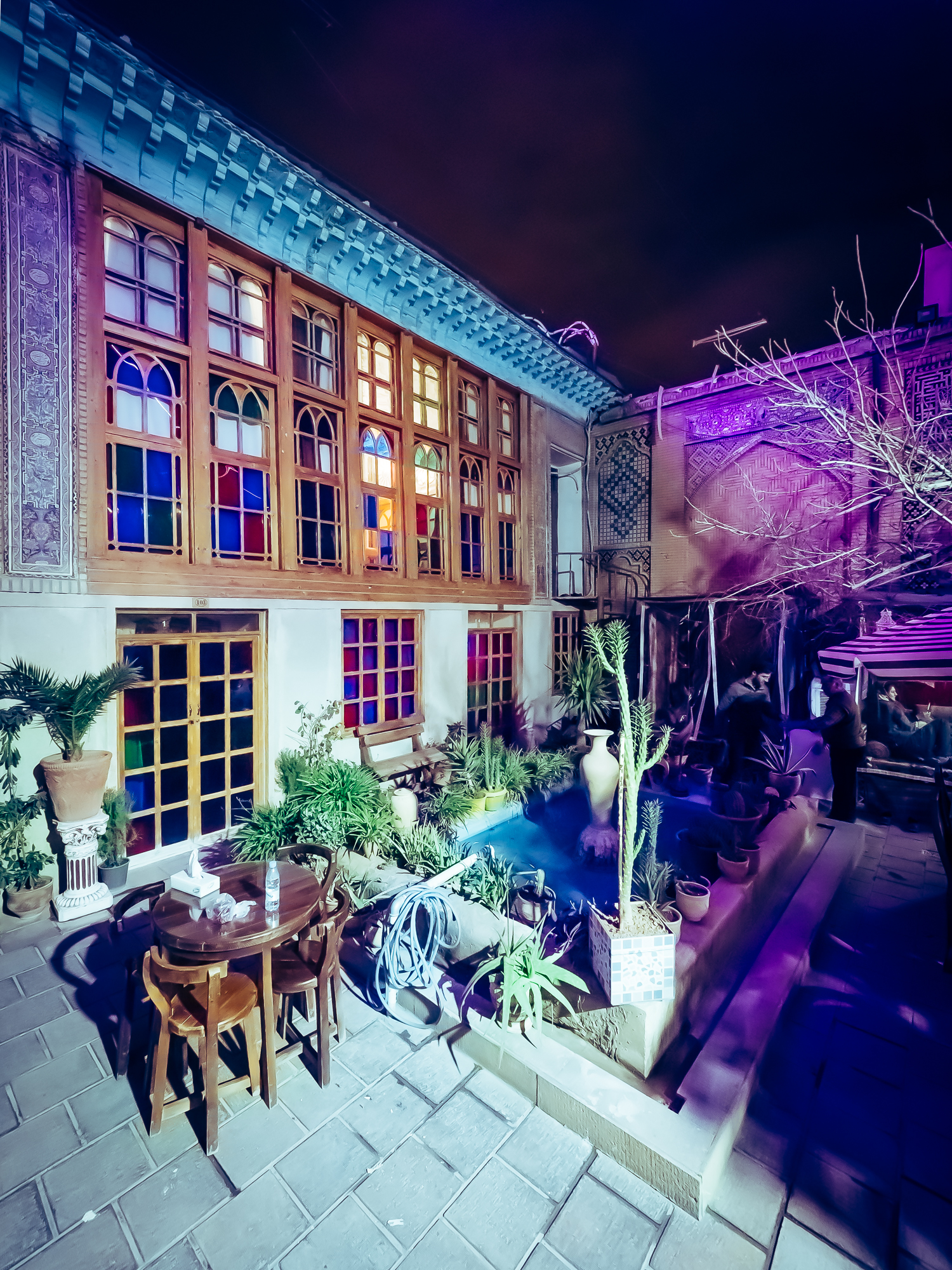
Iranian Hospitality
Taha Traditional Hotel in the old city was a good place to stay.
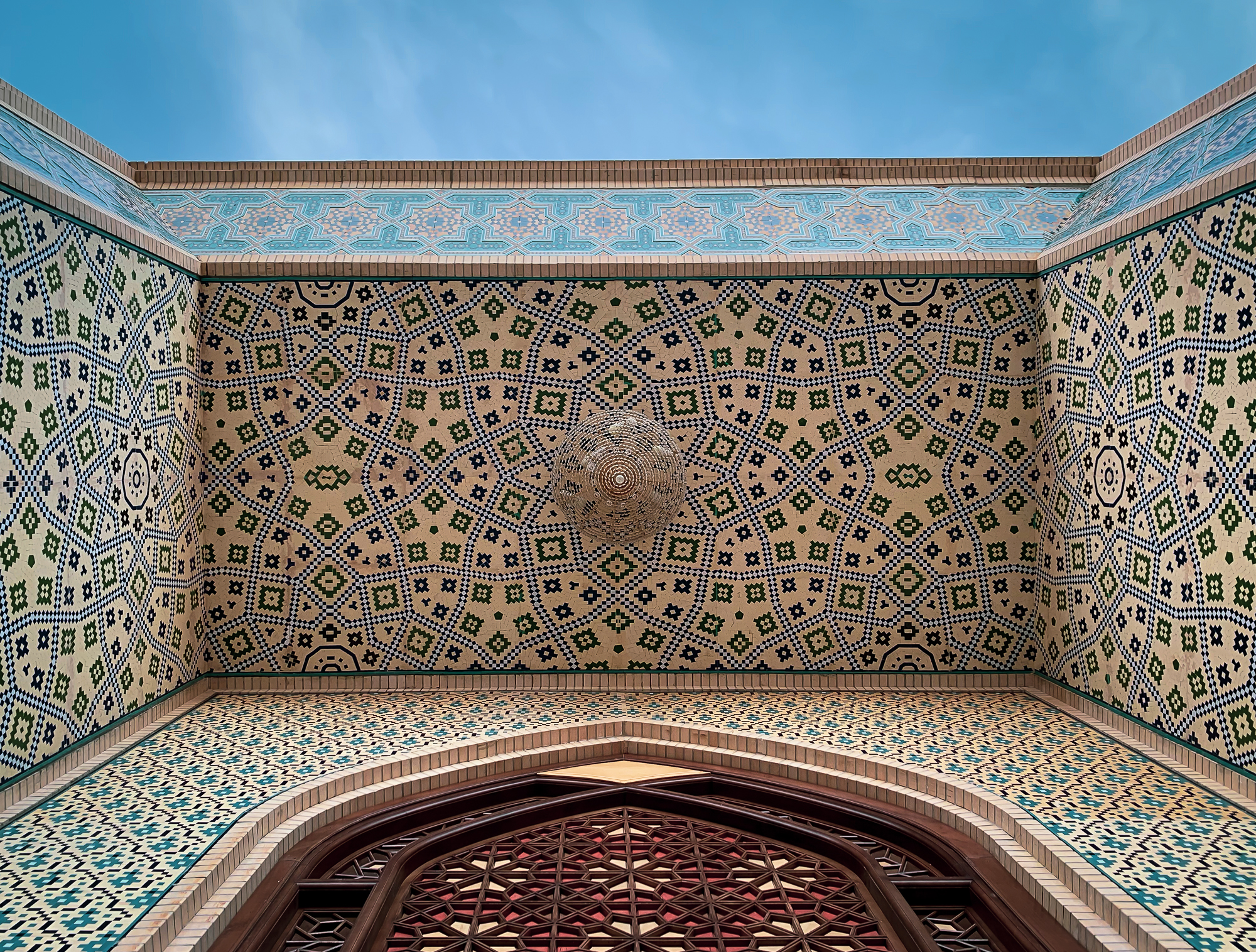
Entrance
The northerly entrance to Shāh-é-Chérāgh Mosque complex, with its beautiful tiles that Iran is famous for.
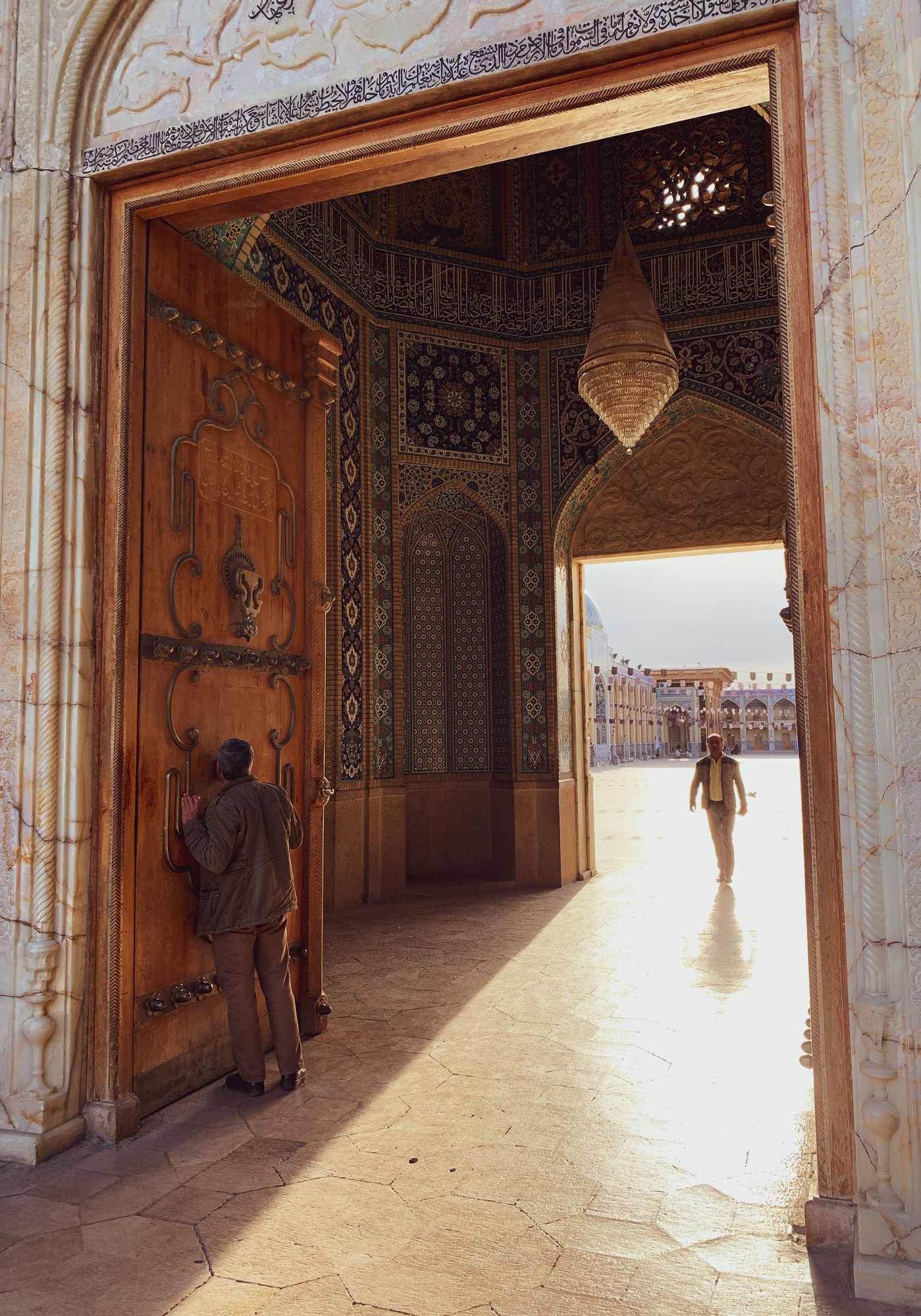
Devotion
A man kissing the entrance door to the complex.
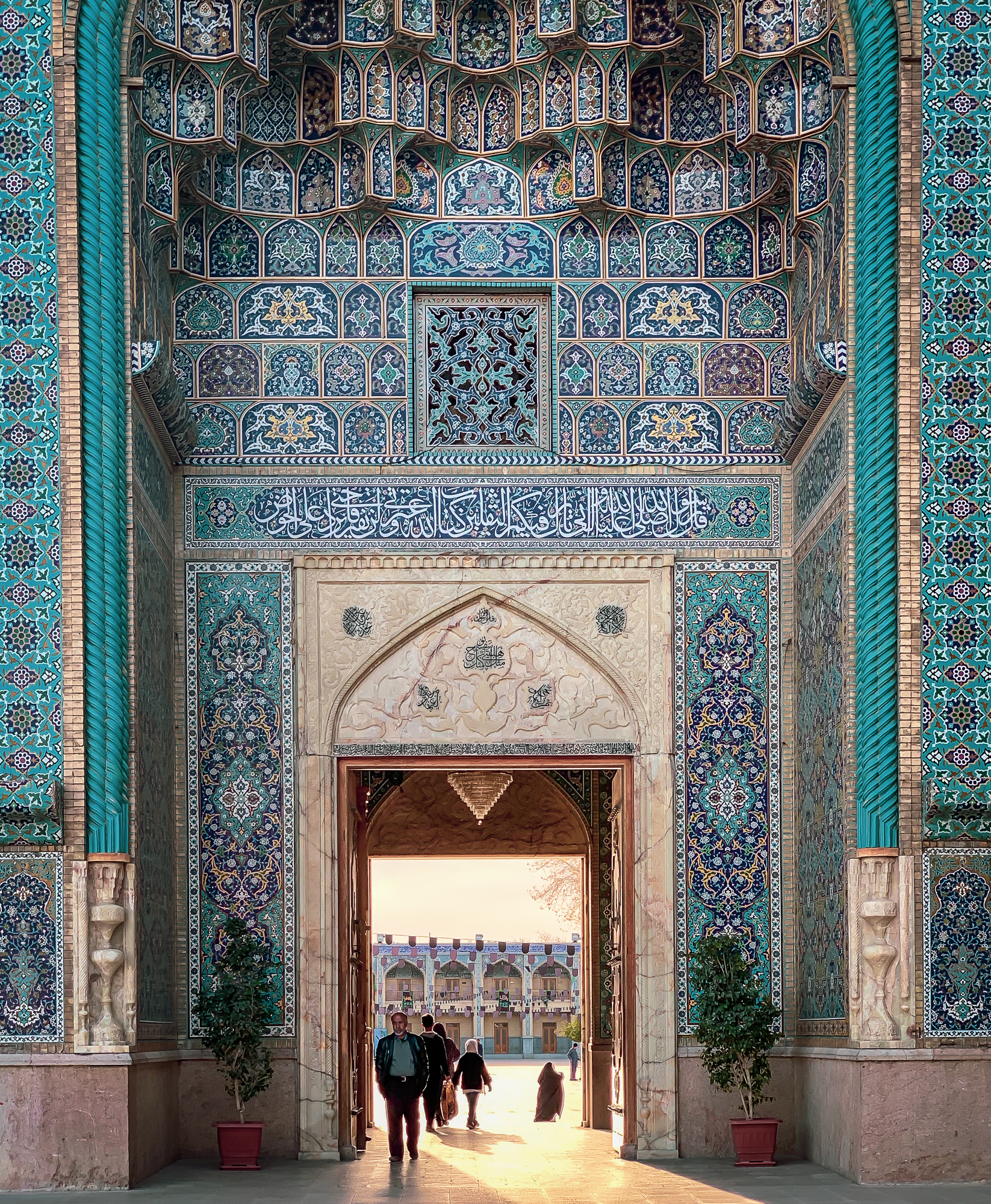
Facade
The facade has intricate tile and paint work.
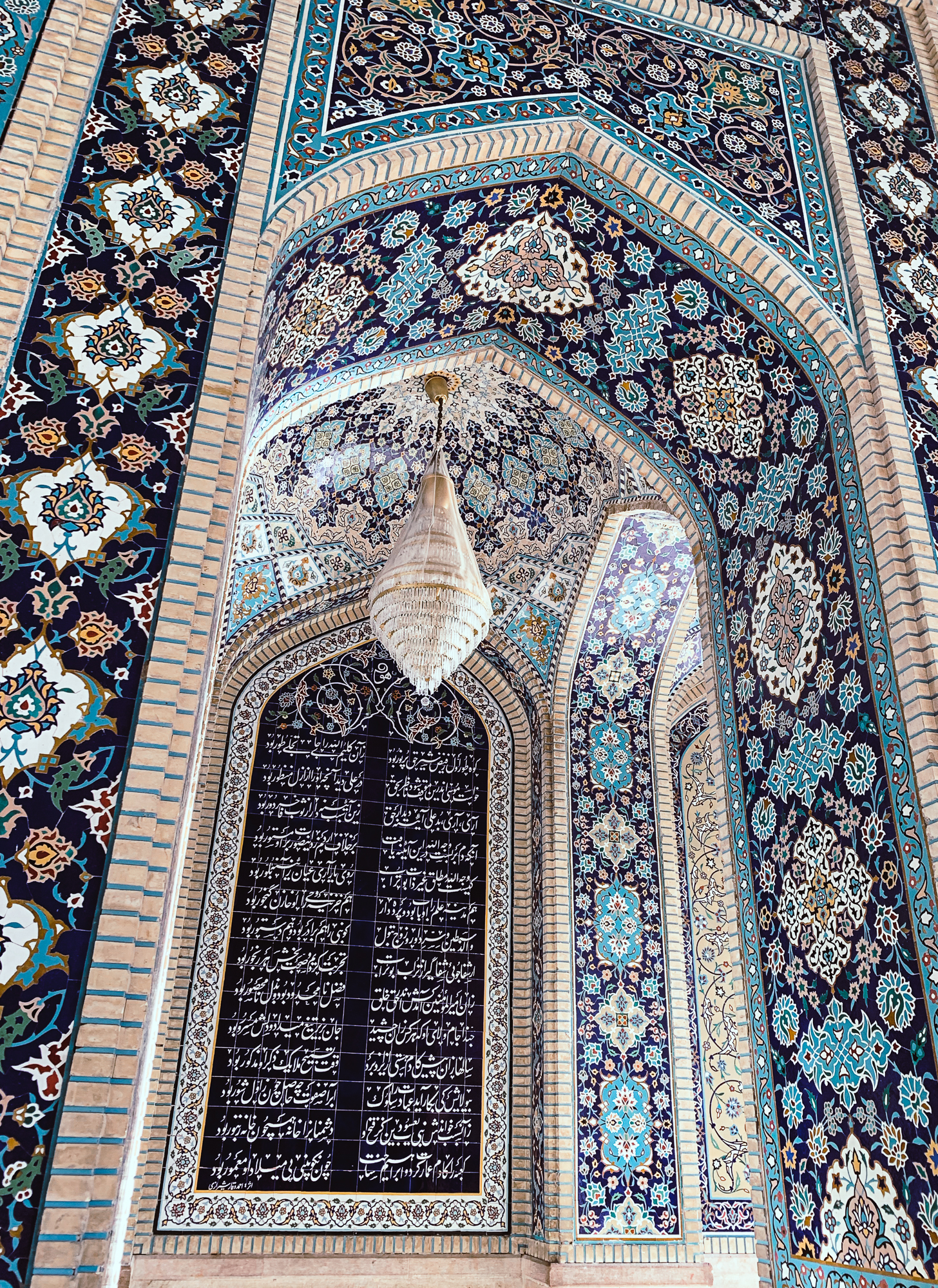
Tile glory
The site is full of beautiful tile walls and ceilings.
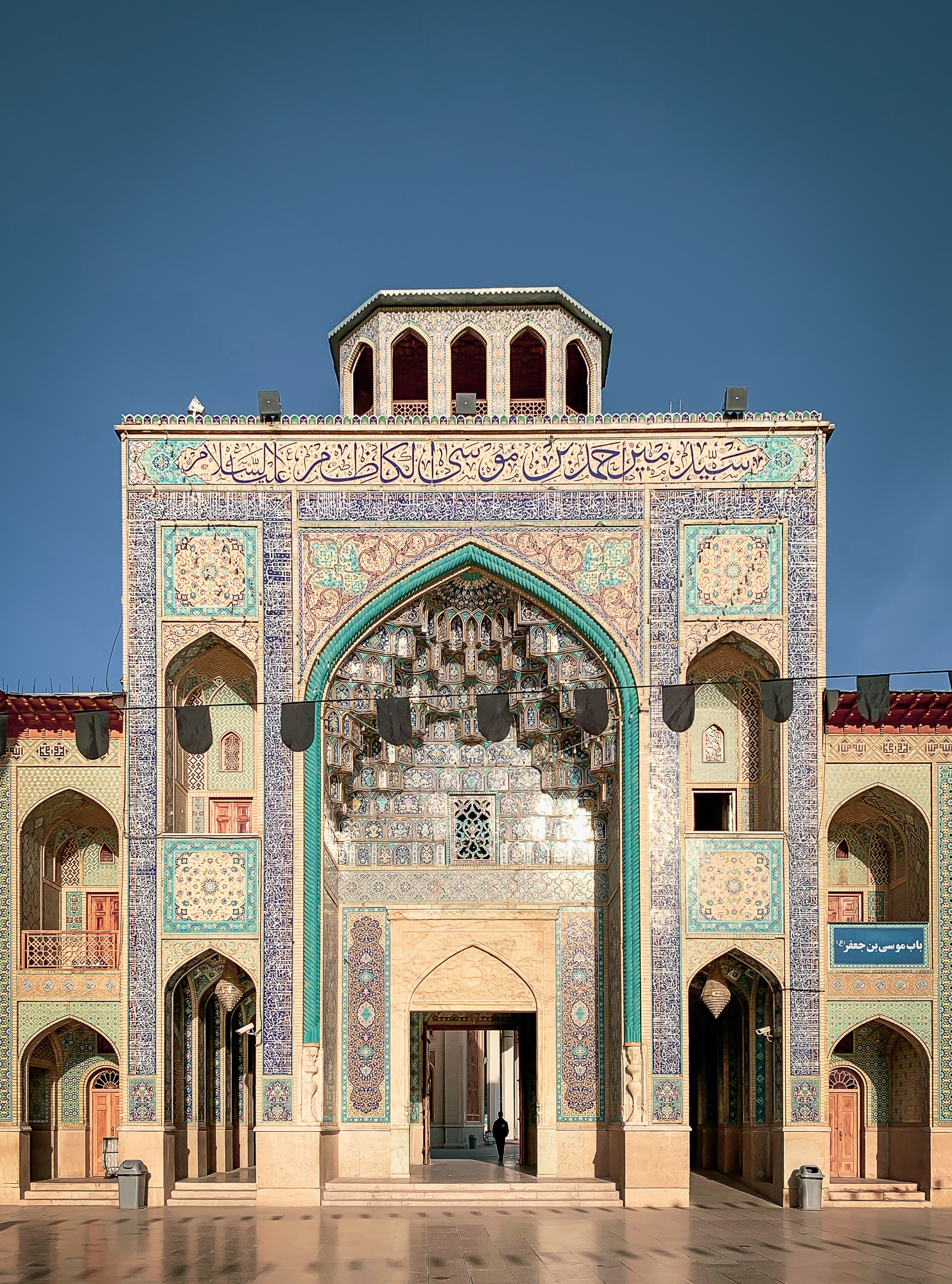
Passage
The passage way next to the Holy Shrine.
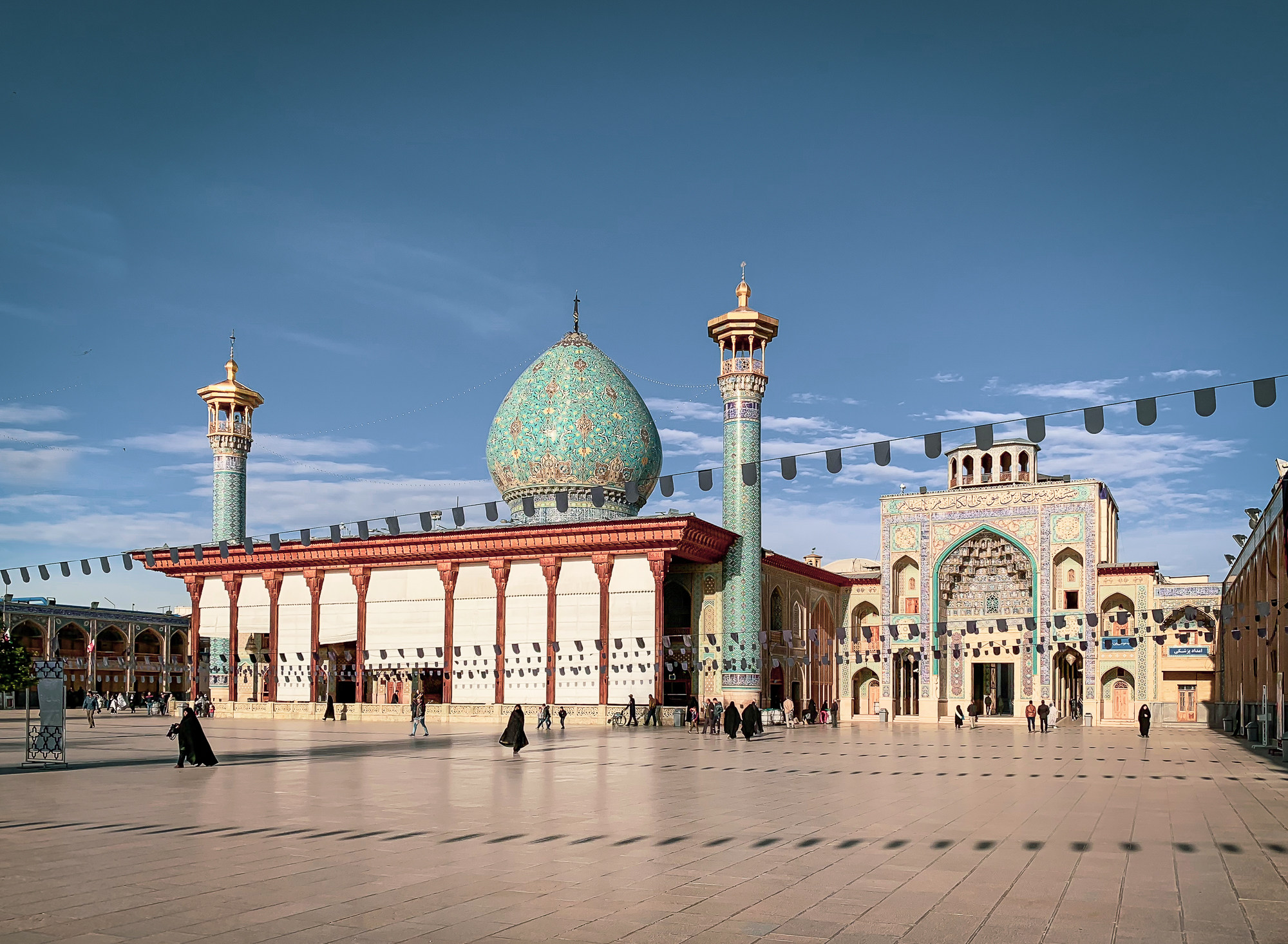
Shahecheragh Holy Shrine
The Shia Muslim mosque was built in the 12th century, although the dome has been re-constructed several times.
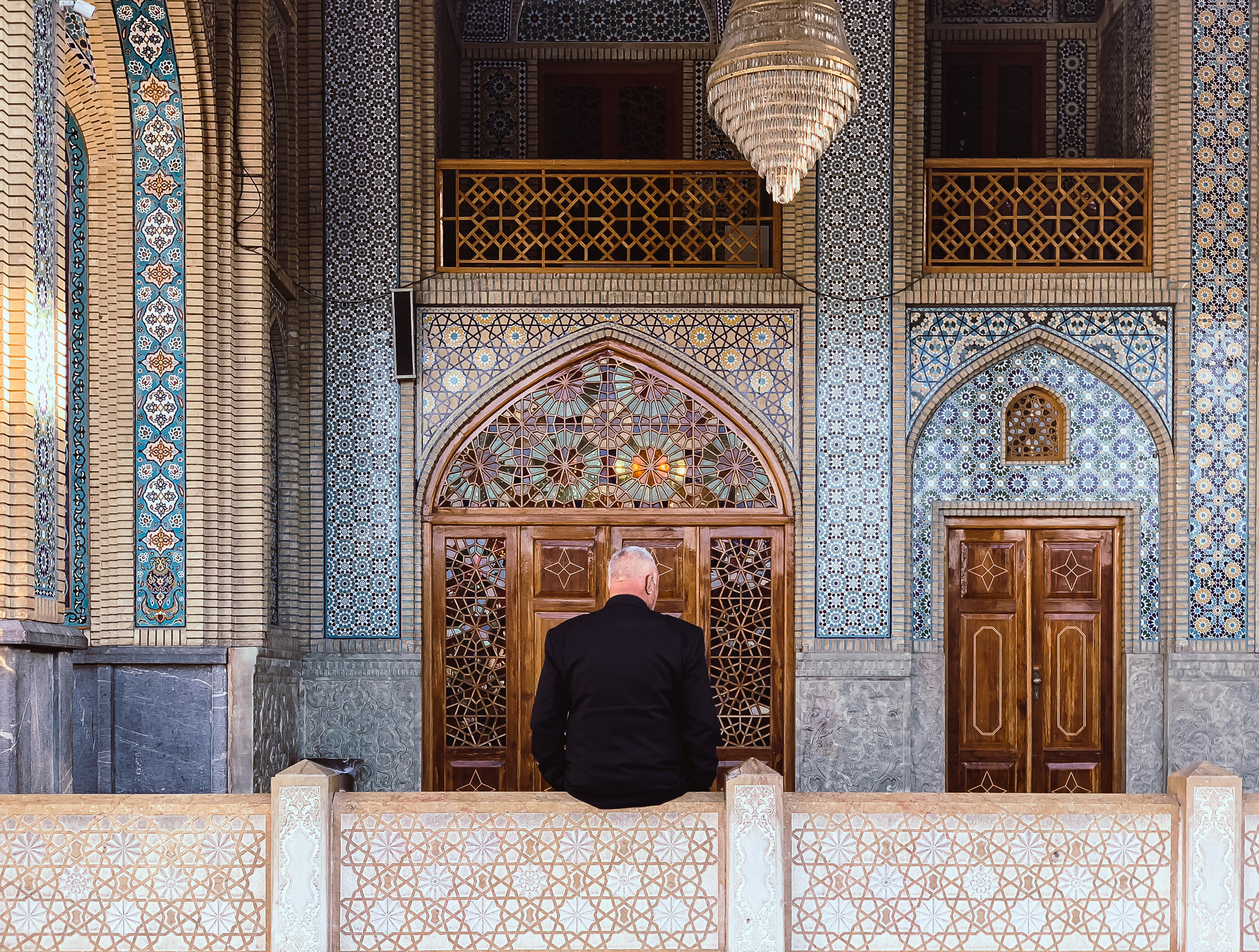
Watching
A man sits on the entrance wall of one of the shrines.
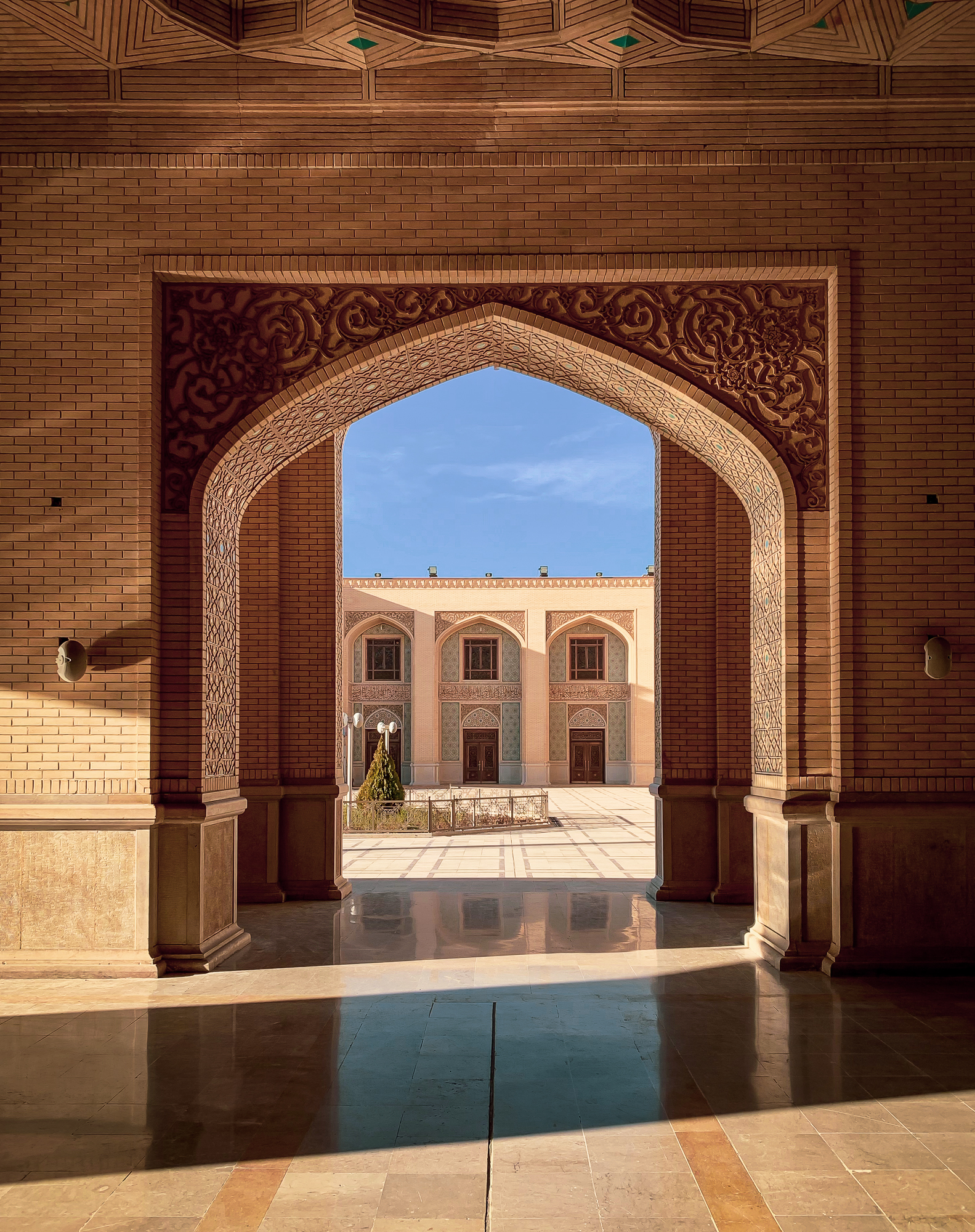
Persian Architecture
Beautiful spots all around.
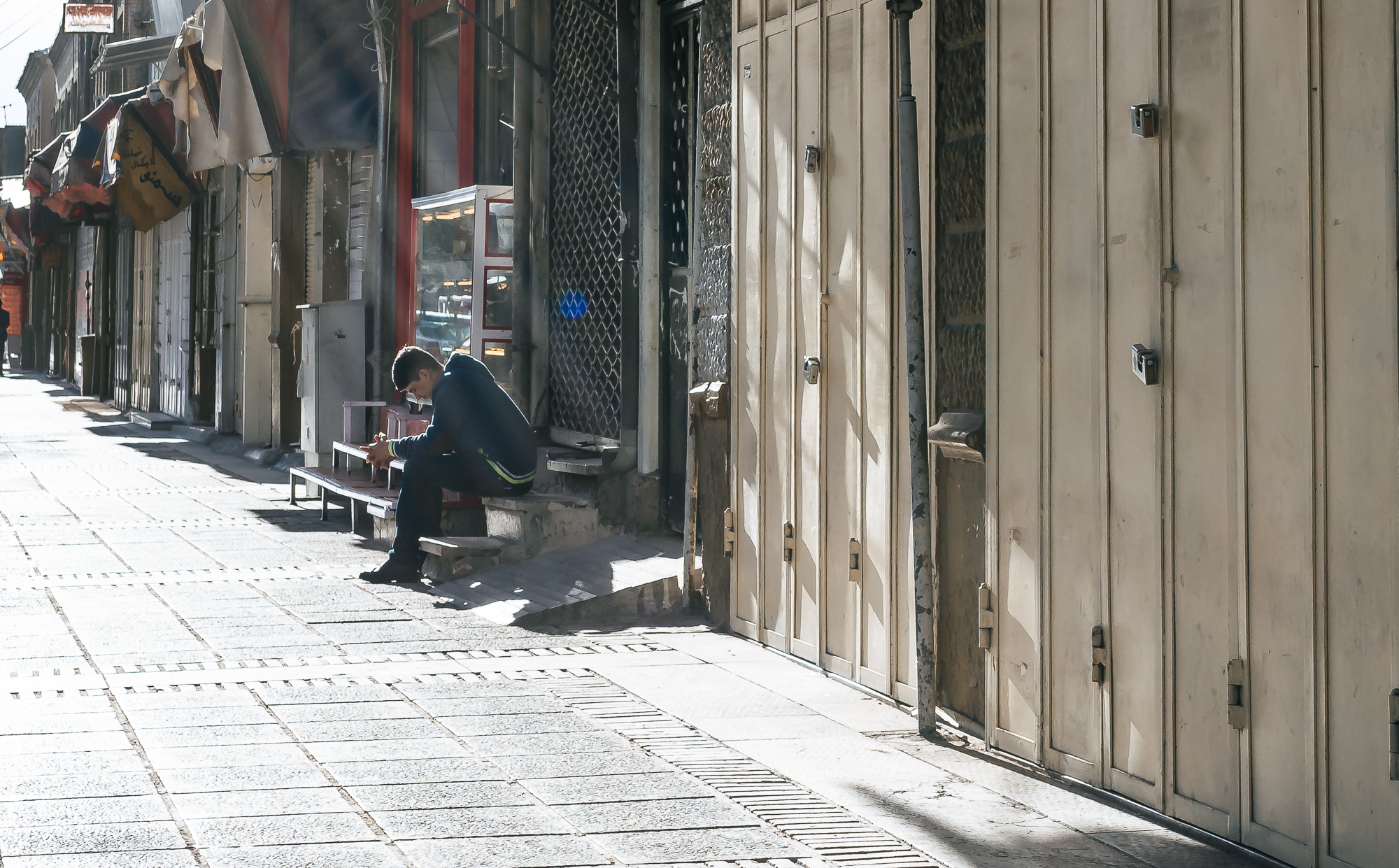
Quiet
It was a public holiday and many shops were closed and streets less busy than usual.
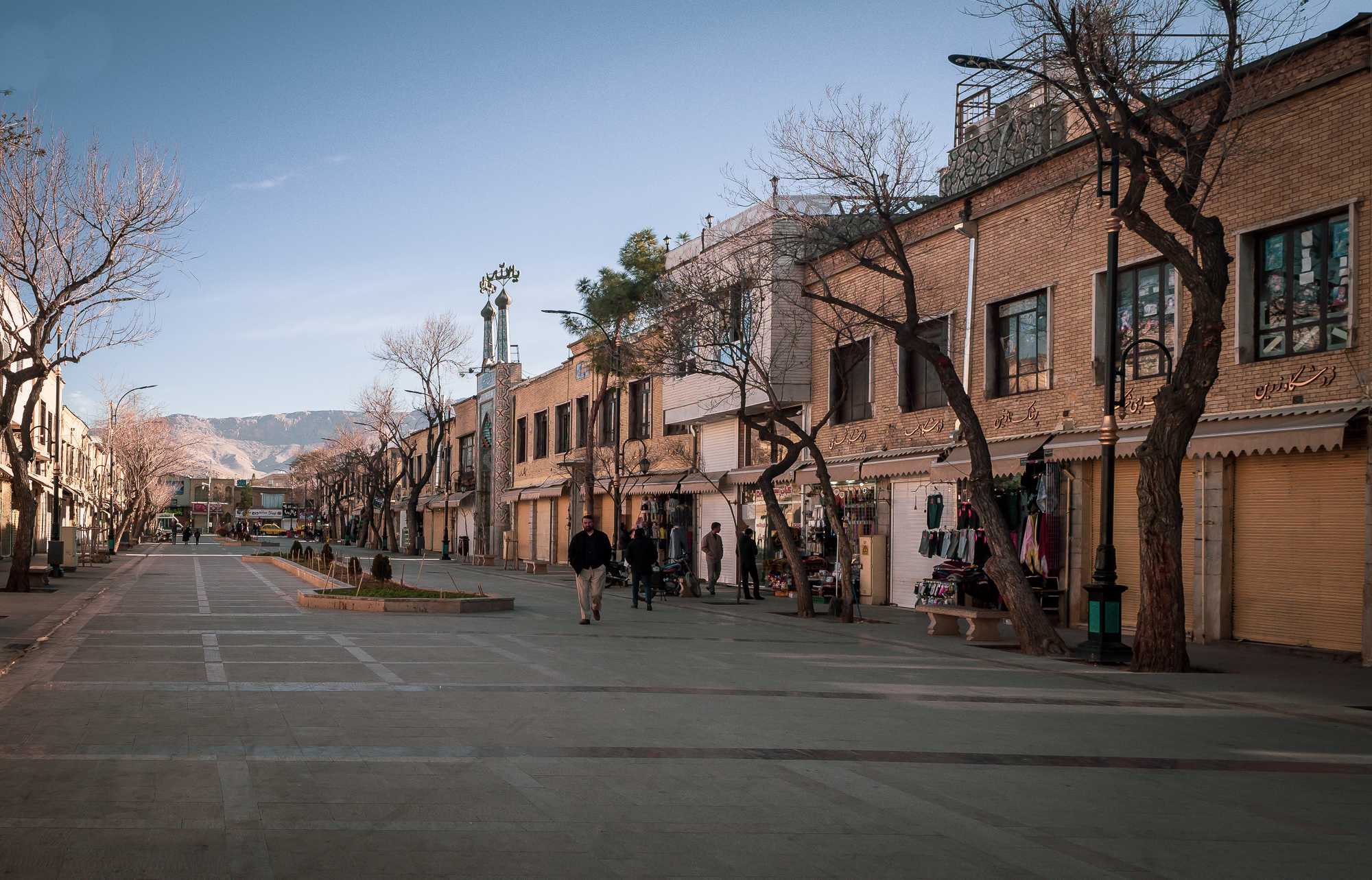
Pedestrian Area
Shiraz features beautiful public places.
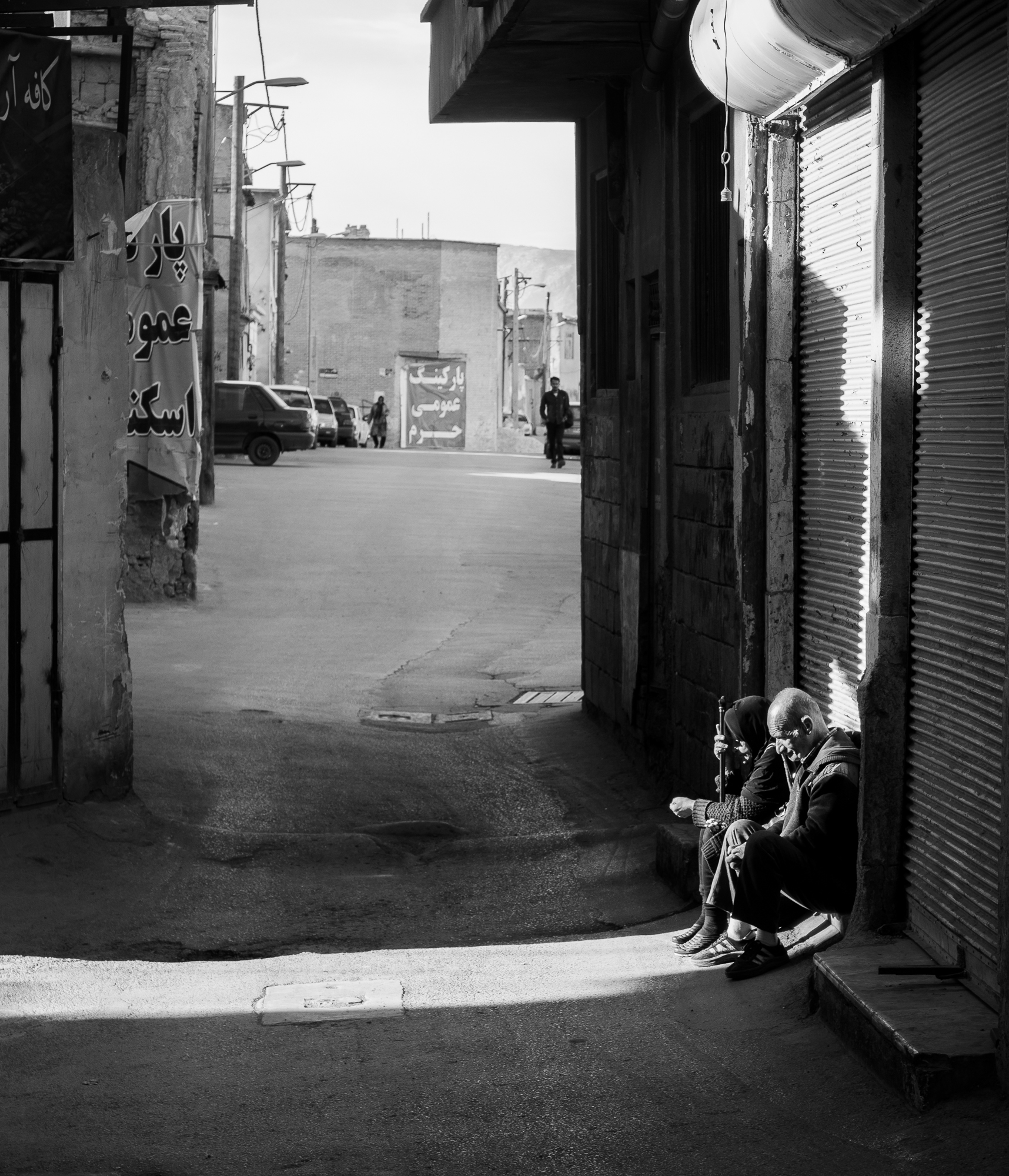
In the Sunshine
A couple enjoying the winter sun rays.
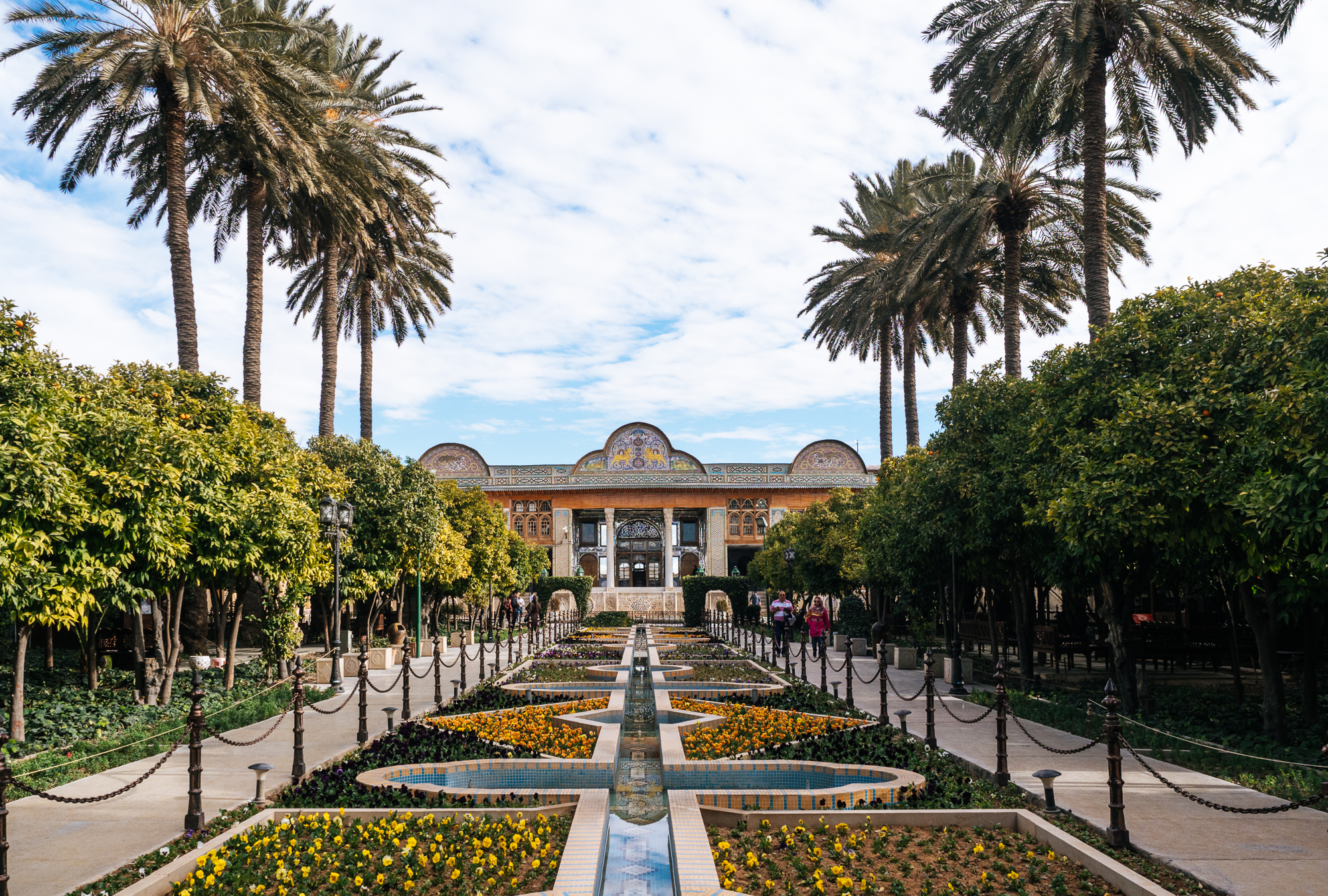
Naranjestan Qavam
A 19th century building with its lush gardens, now housing a museum with archaeological artifacts.
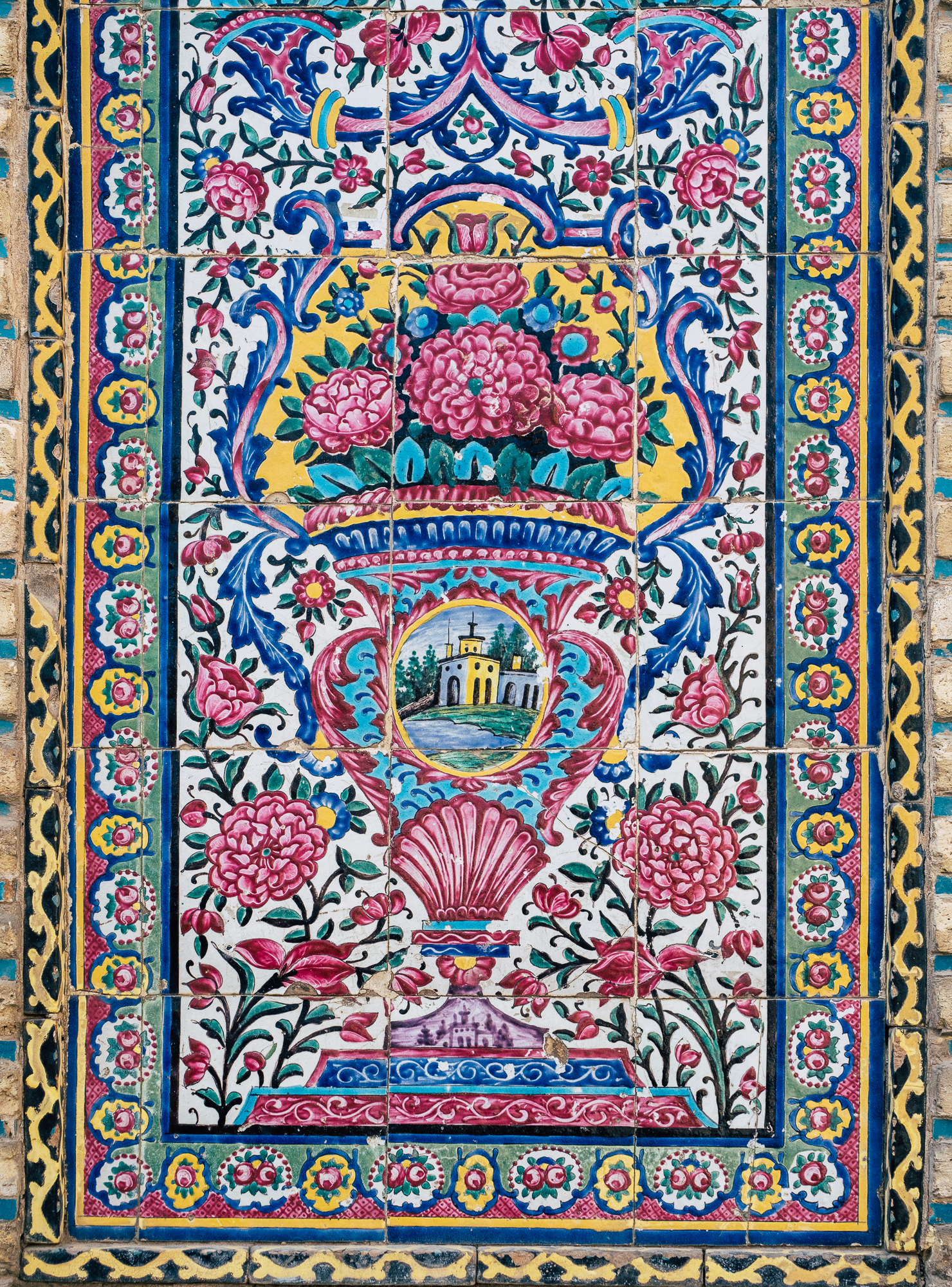
Influences
Many paint and tile works feature European features, such as this church like building.
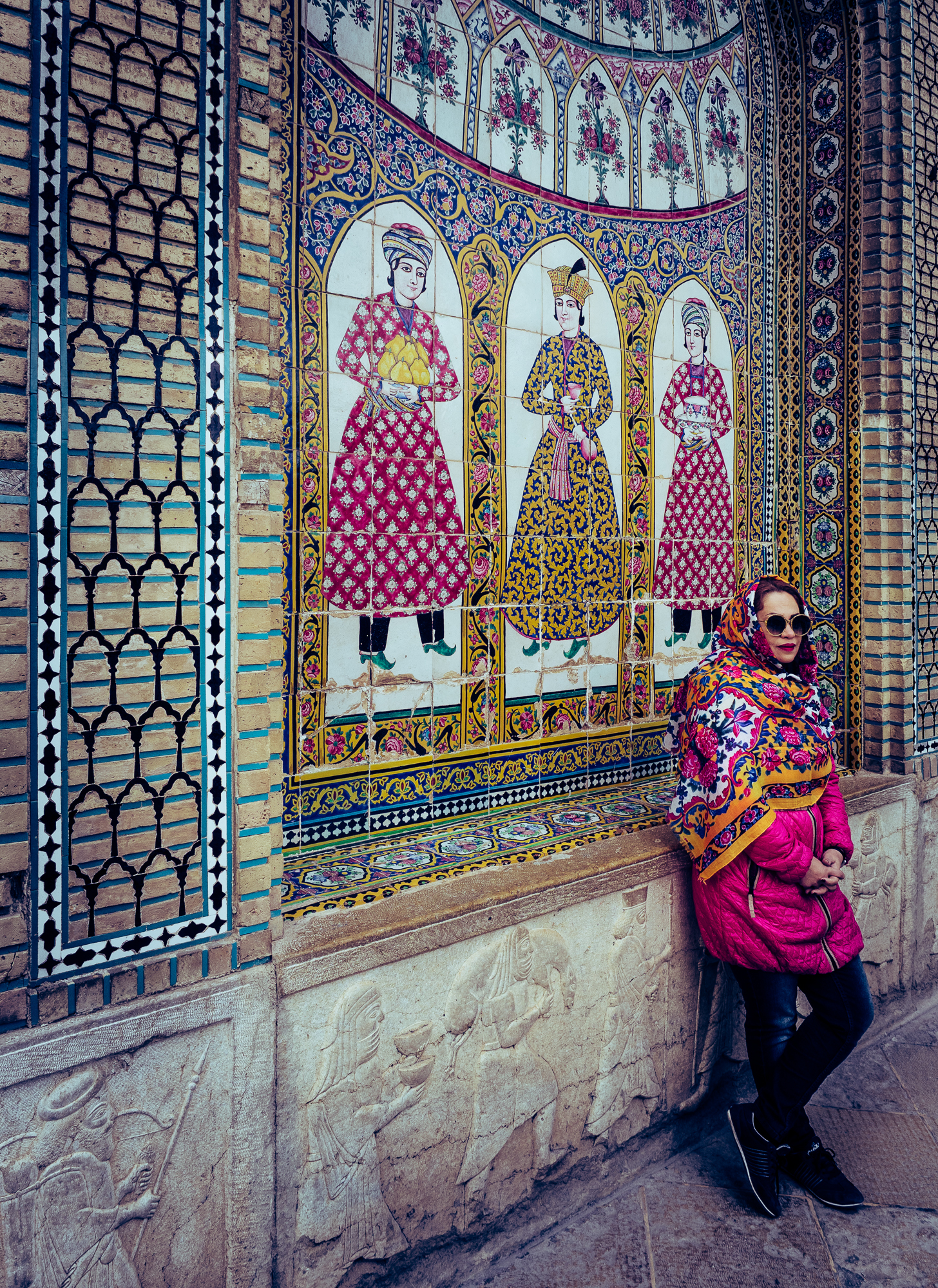
Colour matching
A woman poses in front of the tile walls of the building.
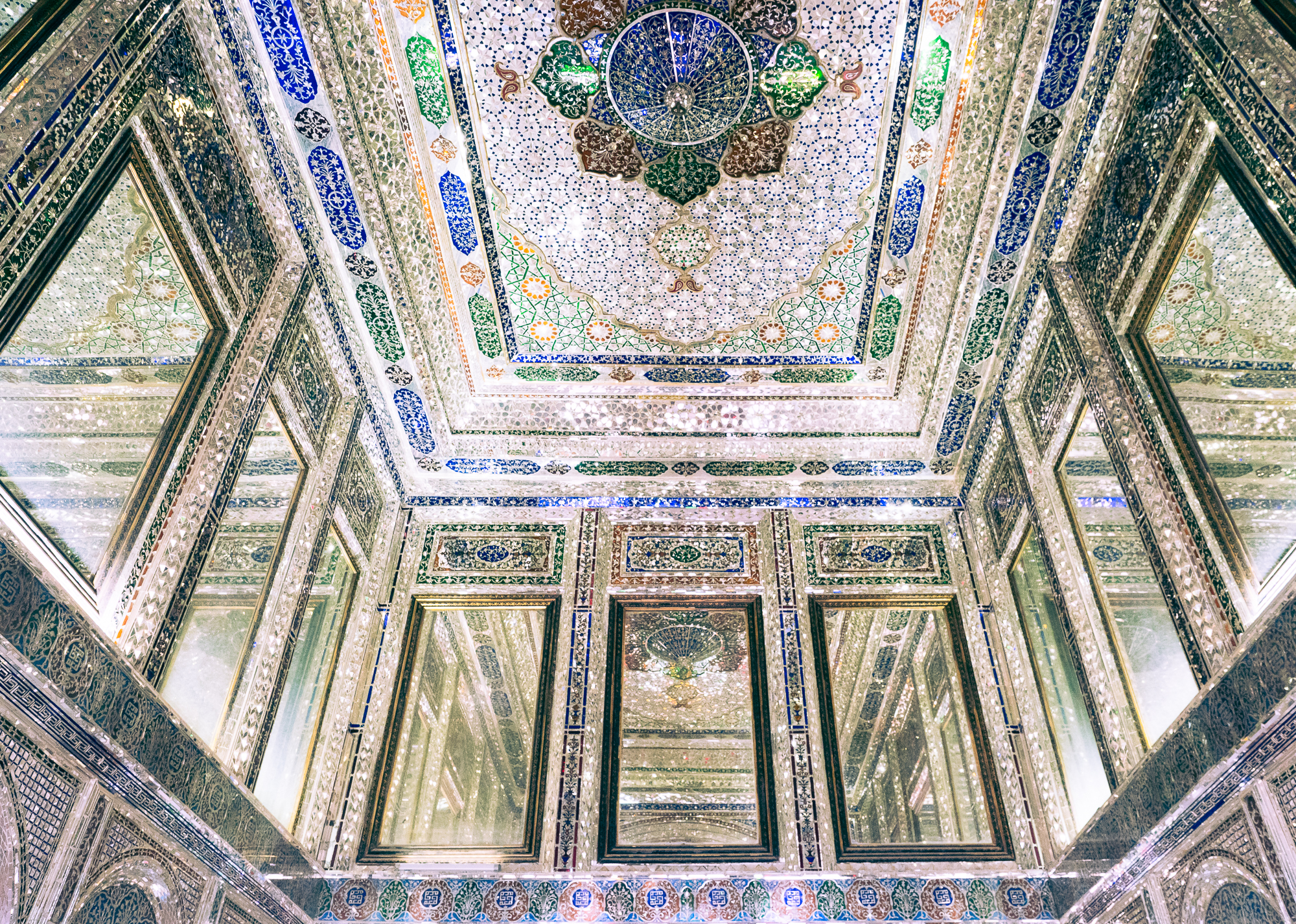
Interiors
The crystal and mirror features of the porch.
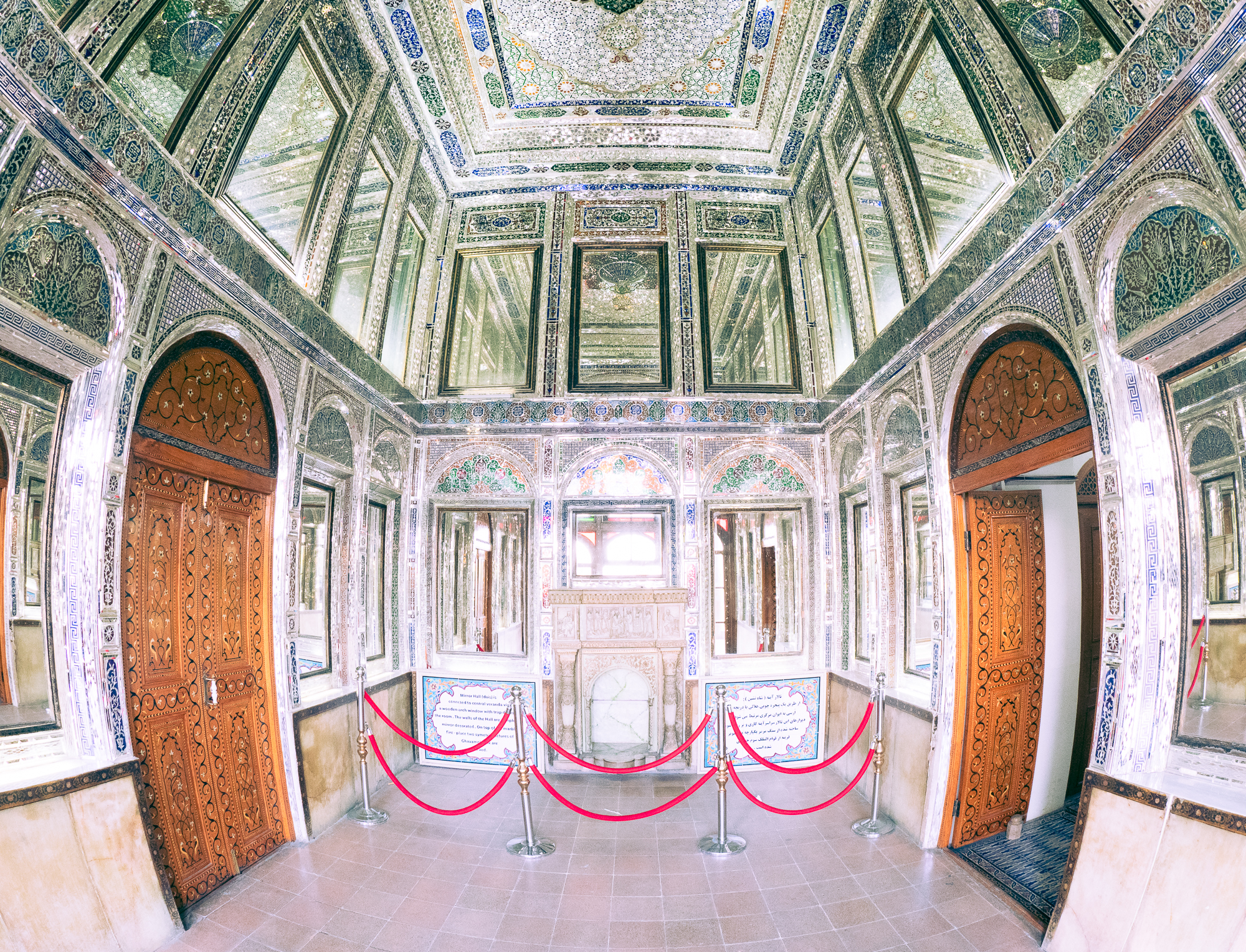
Focal Point
One of the main features of the house.
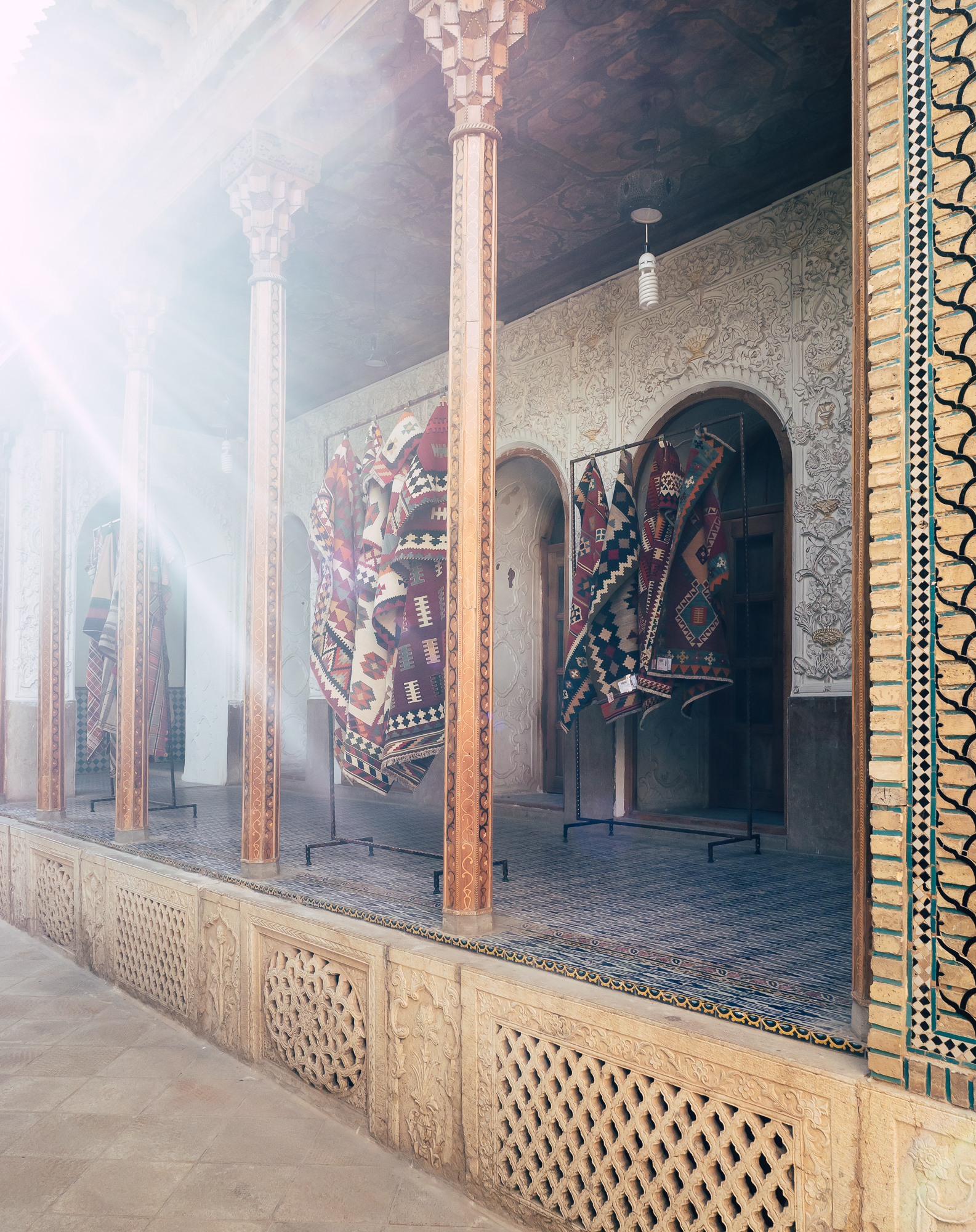
Carpets
Persian carpets for sale.
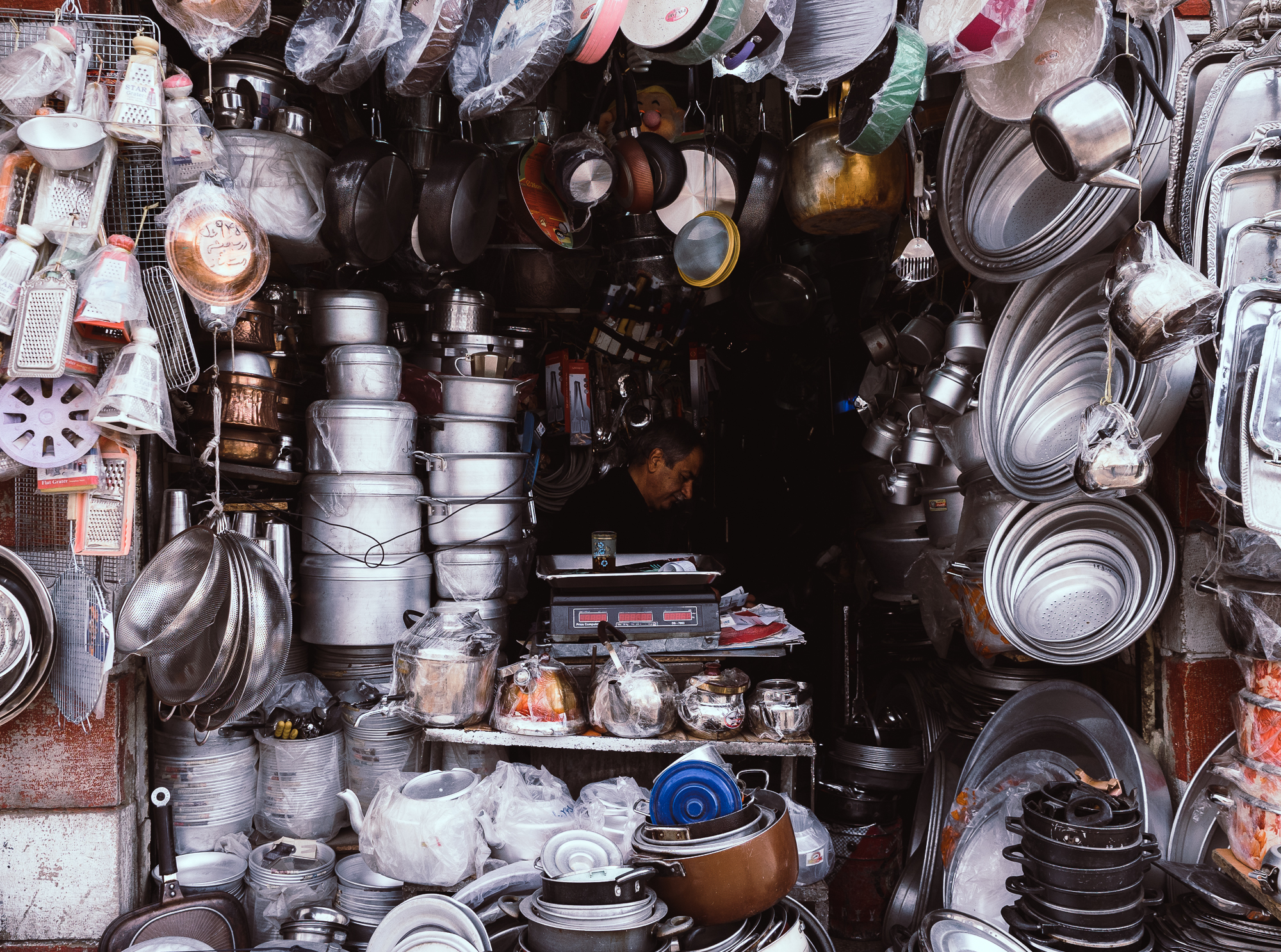
Pots
For all your cooking needs.
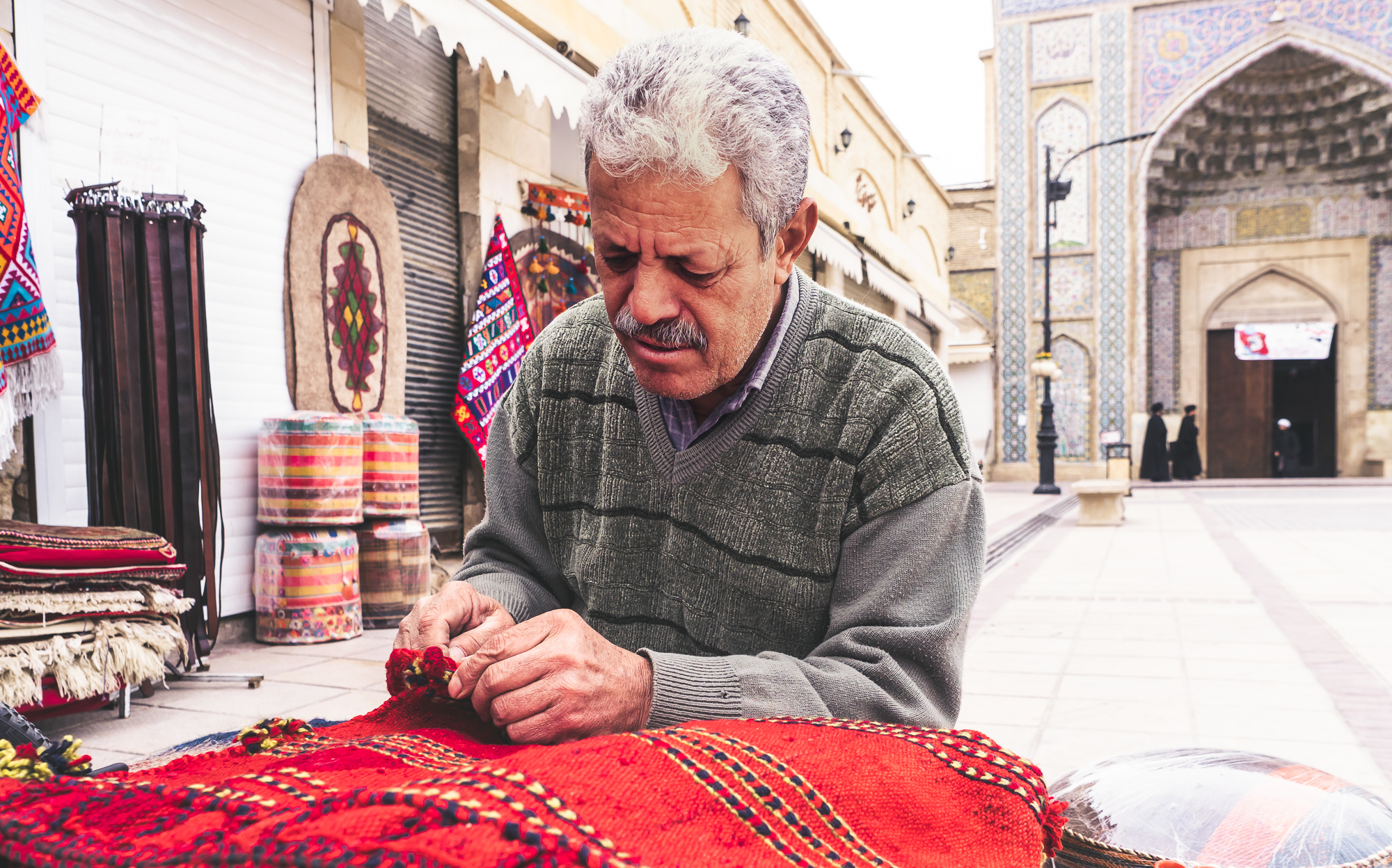
Delicate Work
Carpet weaving is an essential part of Persian culture and Iranian art.
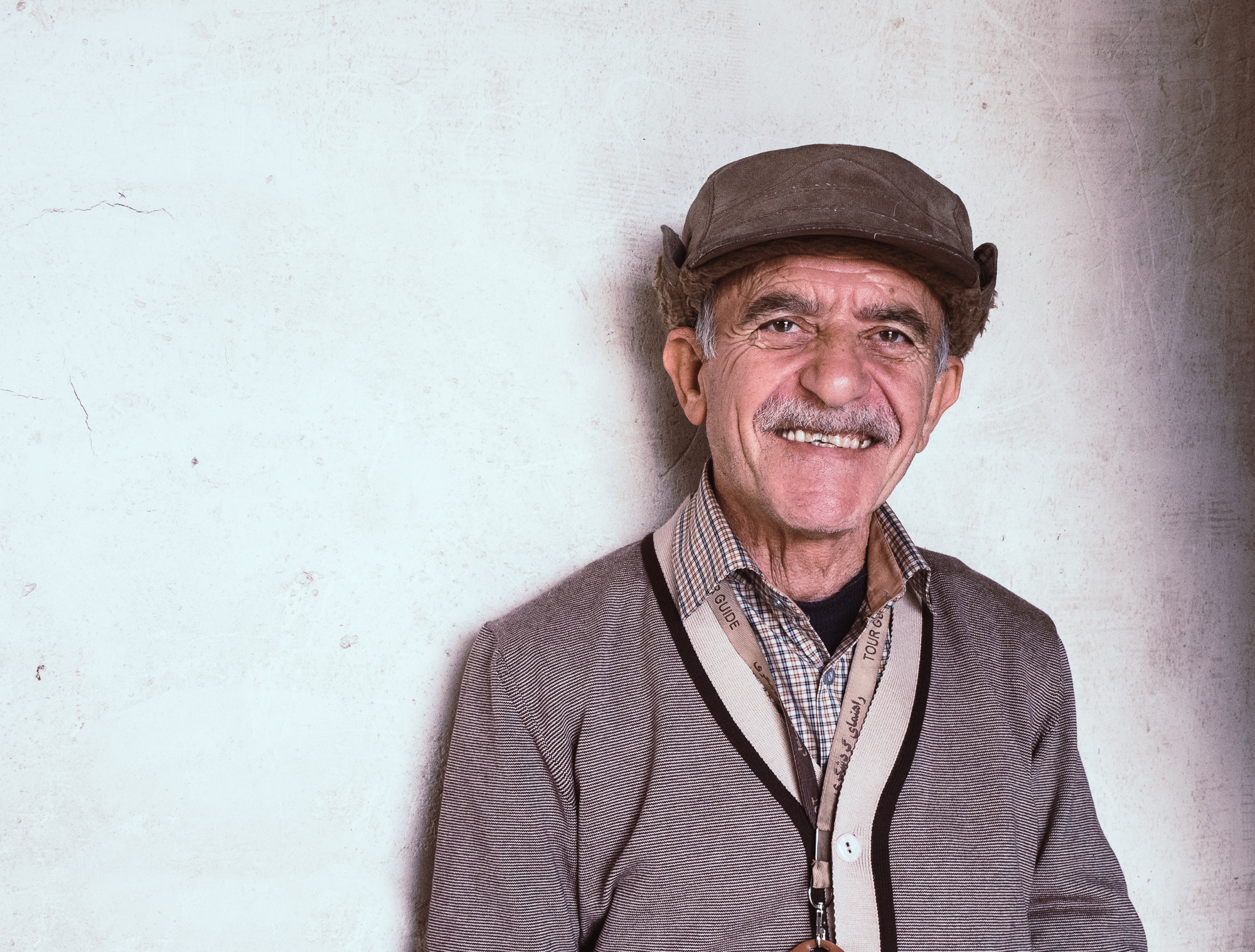
Smiles
Locals were friendly and welcoming.
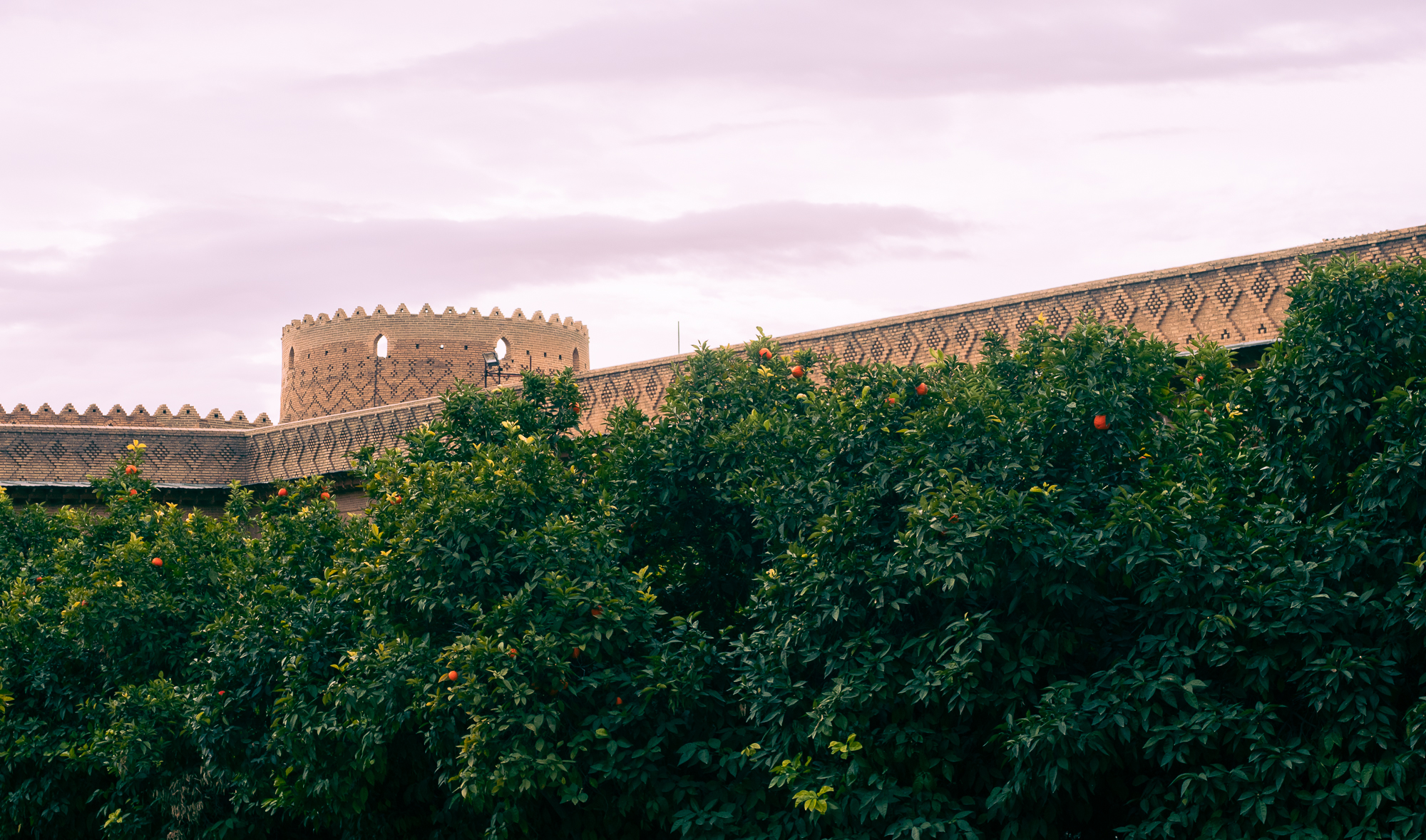
Citadel of Kareem Khan
The interior courtyard of the citadel is now lined with orange trees.
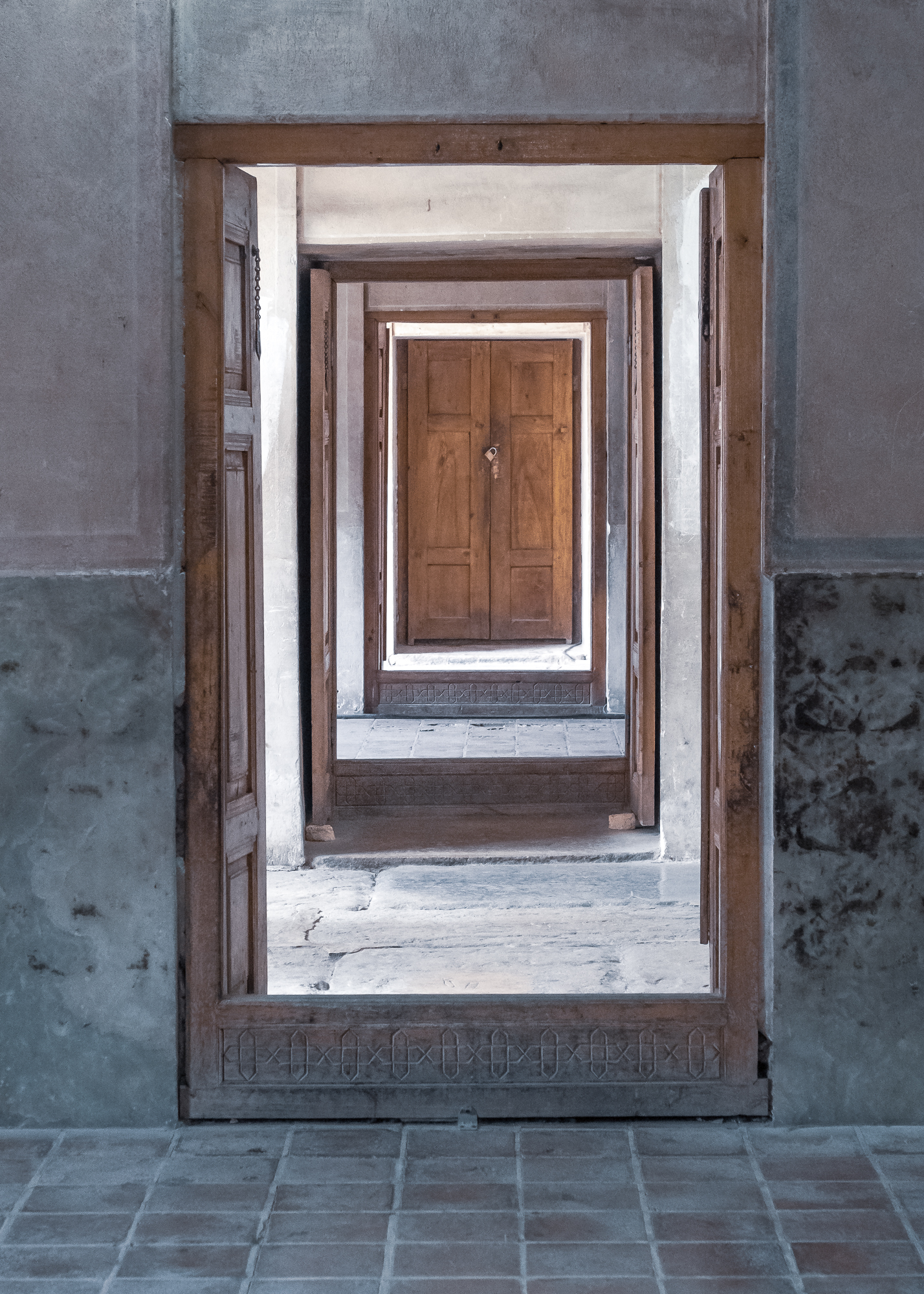
Doors
The main building features several rooms connected by wooden doors.
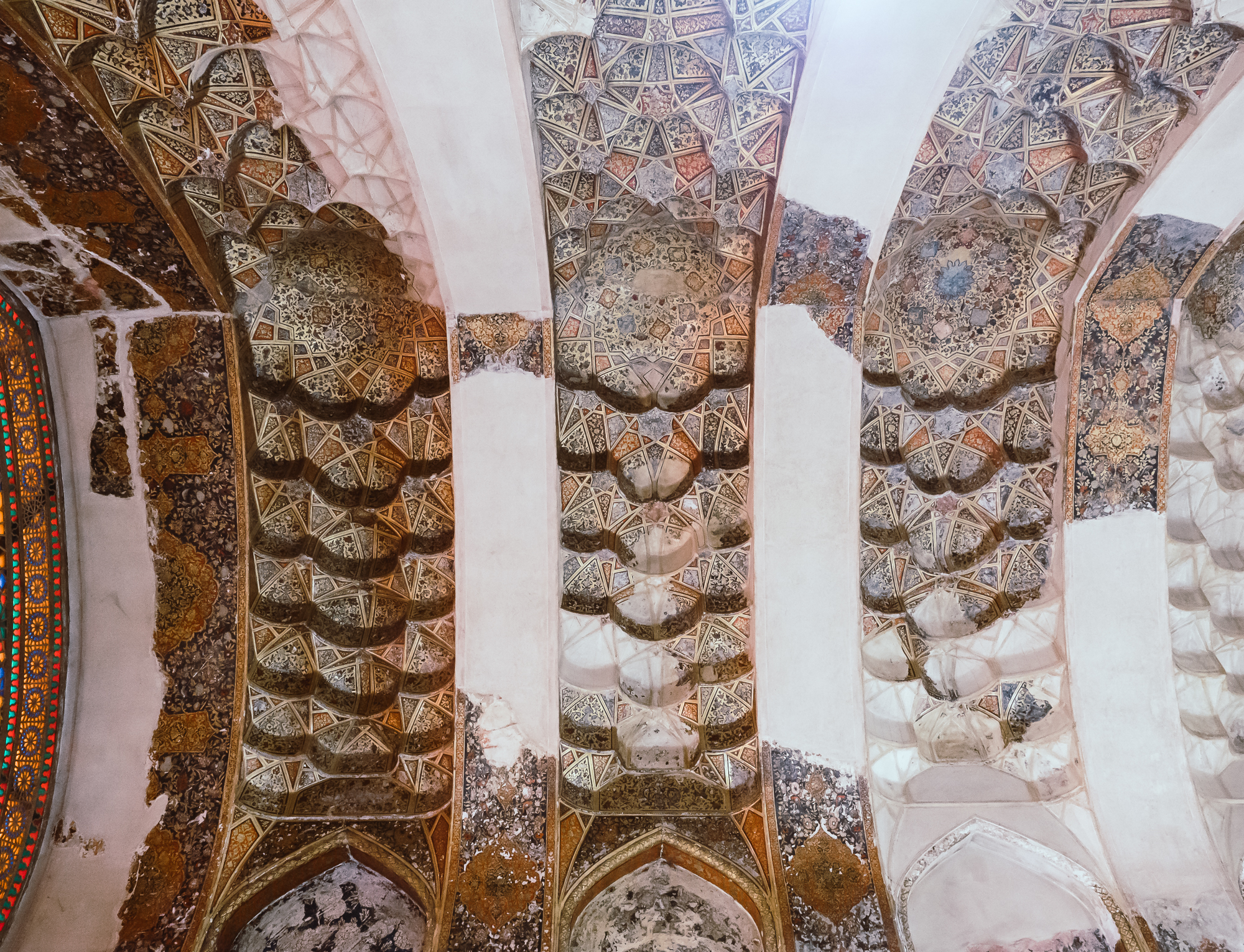
Flexible
The citadel has been a government building, prison, living quarters and museum since it was built 250 years ago.
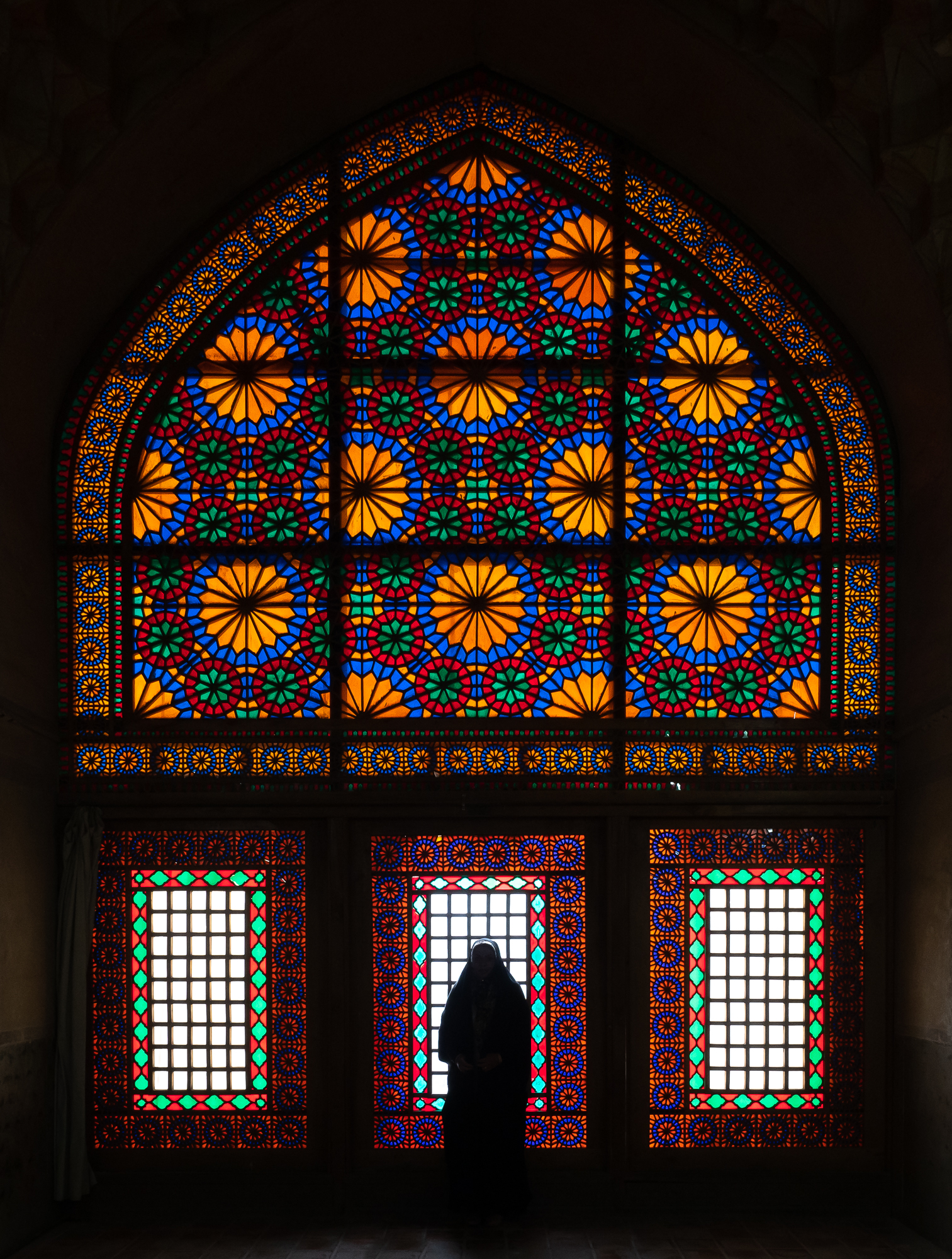
Glassworks
Some rooms featuring beautiful coloured glass windows.
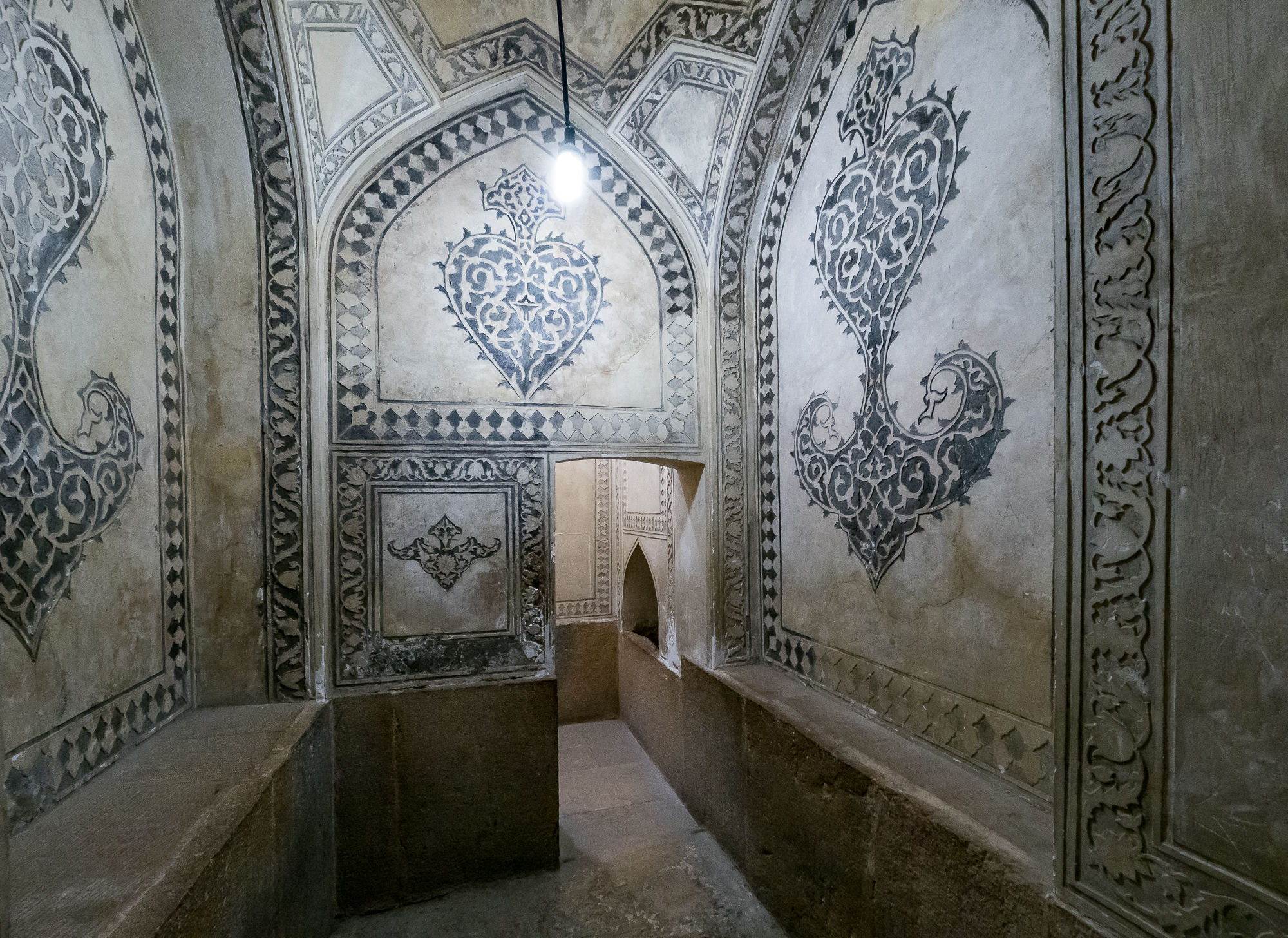
Baths
Decorated walls lead through the various bathing areas.
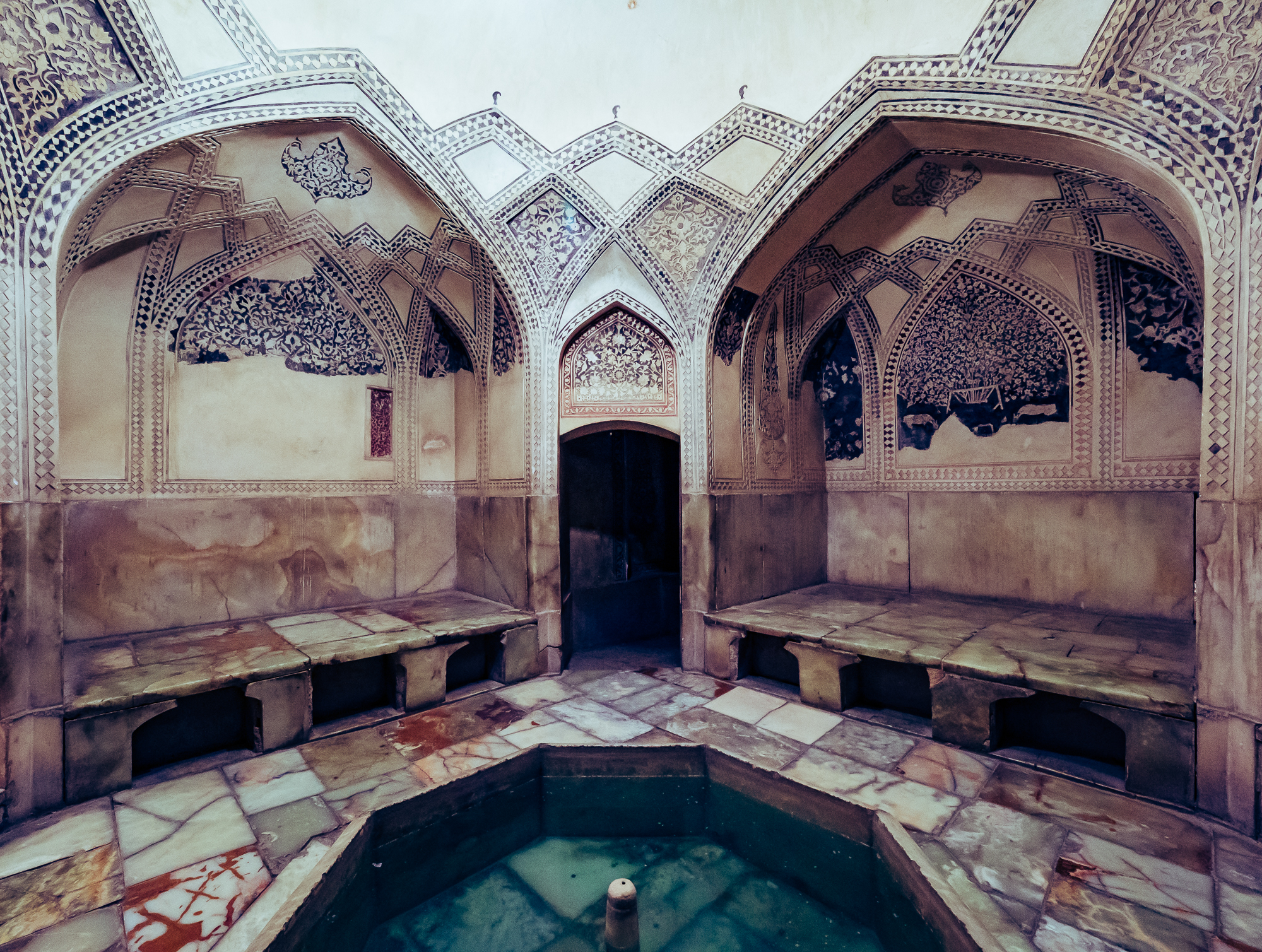
Marble & Tiles
The main ḥammām of the citadel.
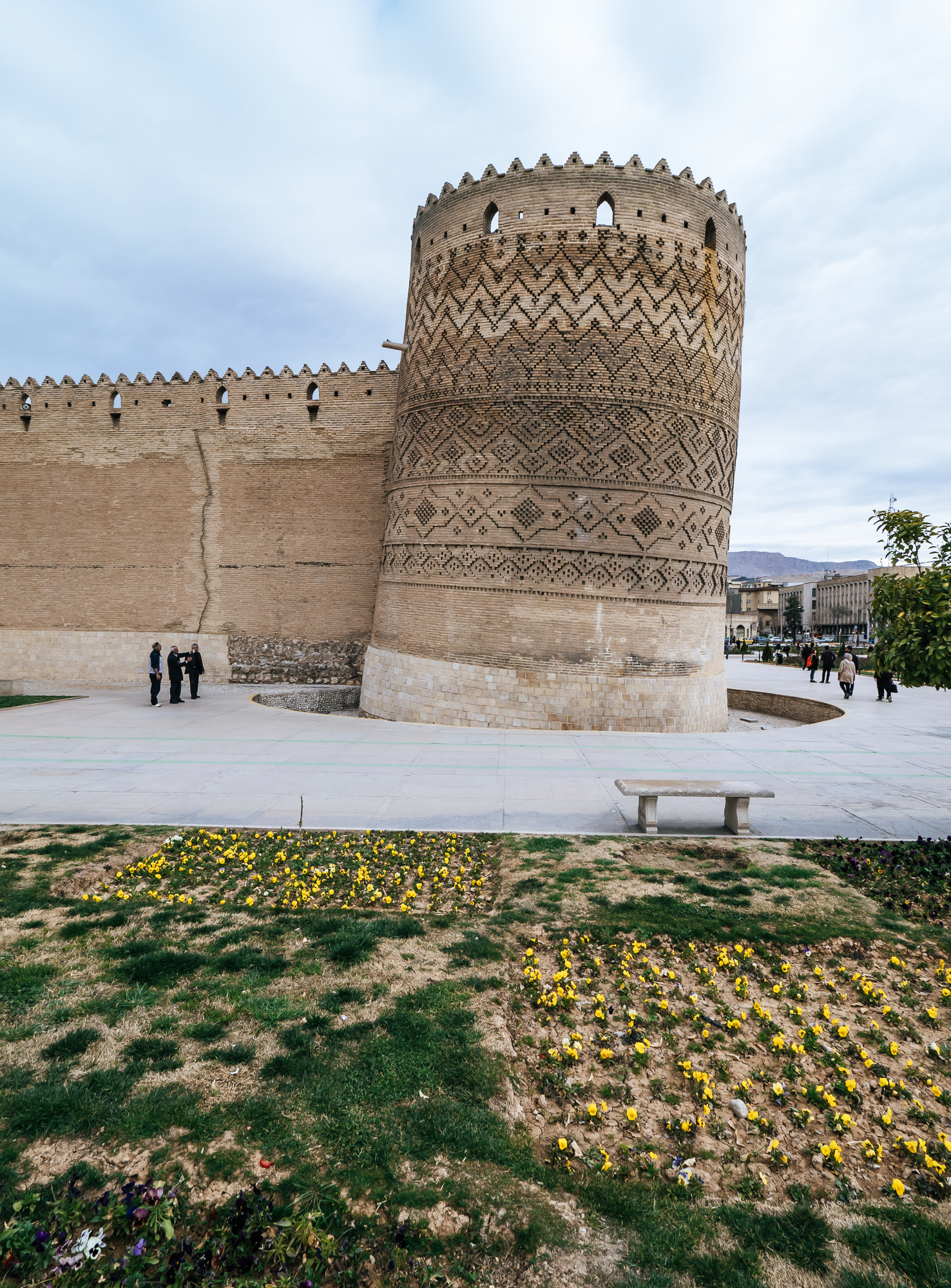
Leaning Tower
One of the four 14m towers connecting the citadel's walls isn't quite upright anymore.
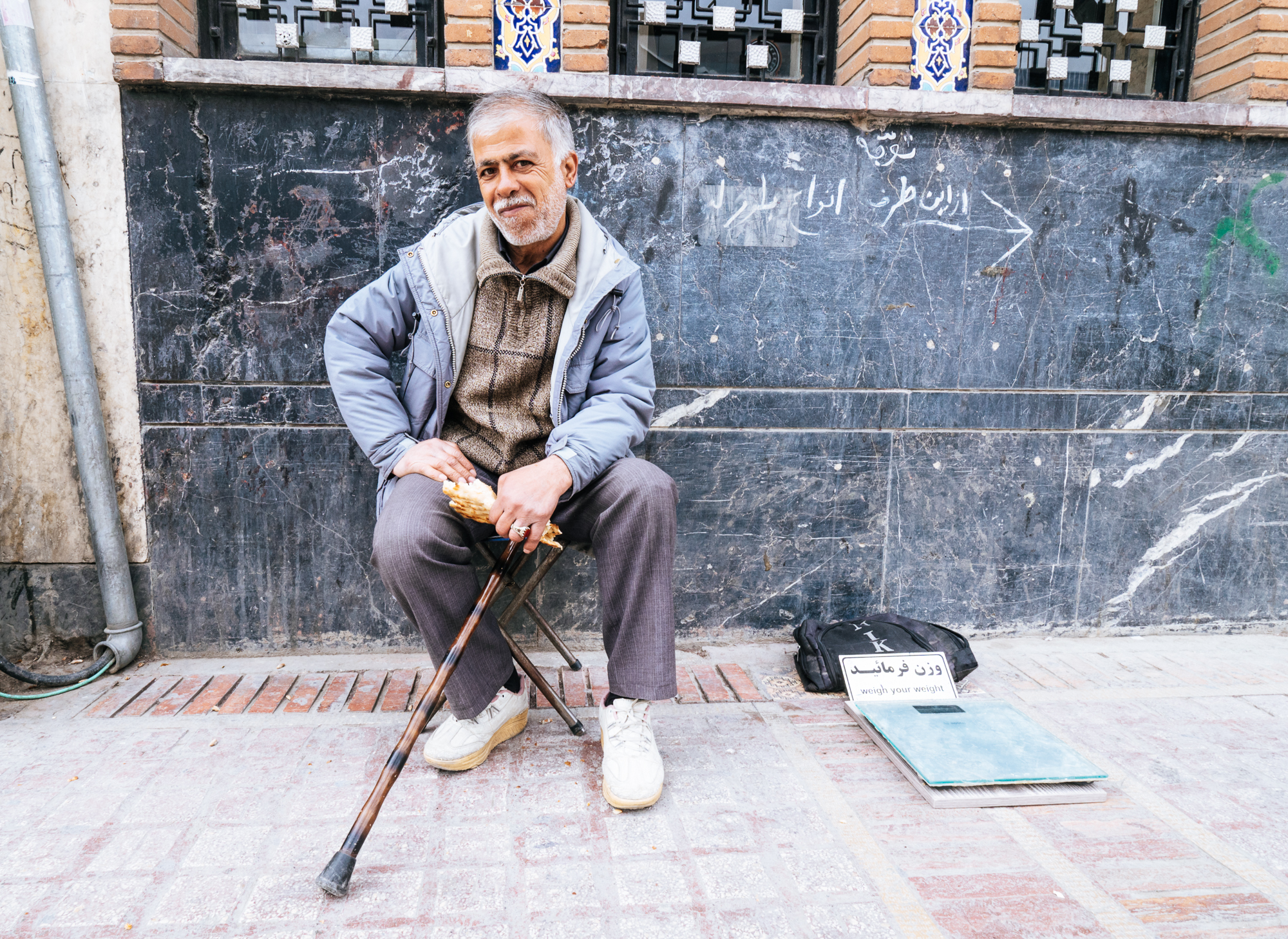
Weighing as a Service
Warning: Iranian food is amazing.
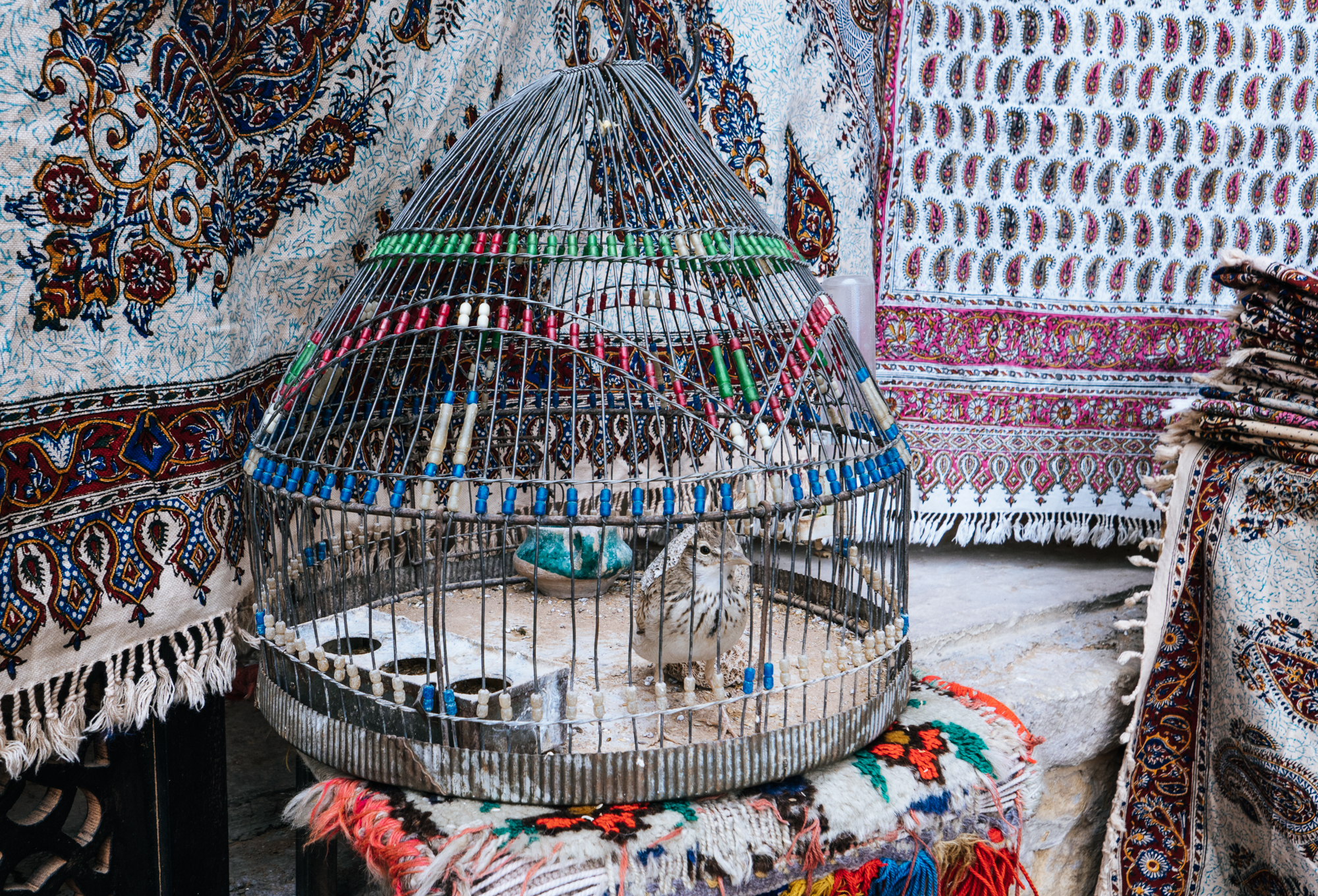
Birds
Many shops keep birds, which are said to attract luck.
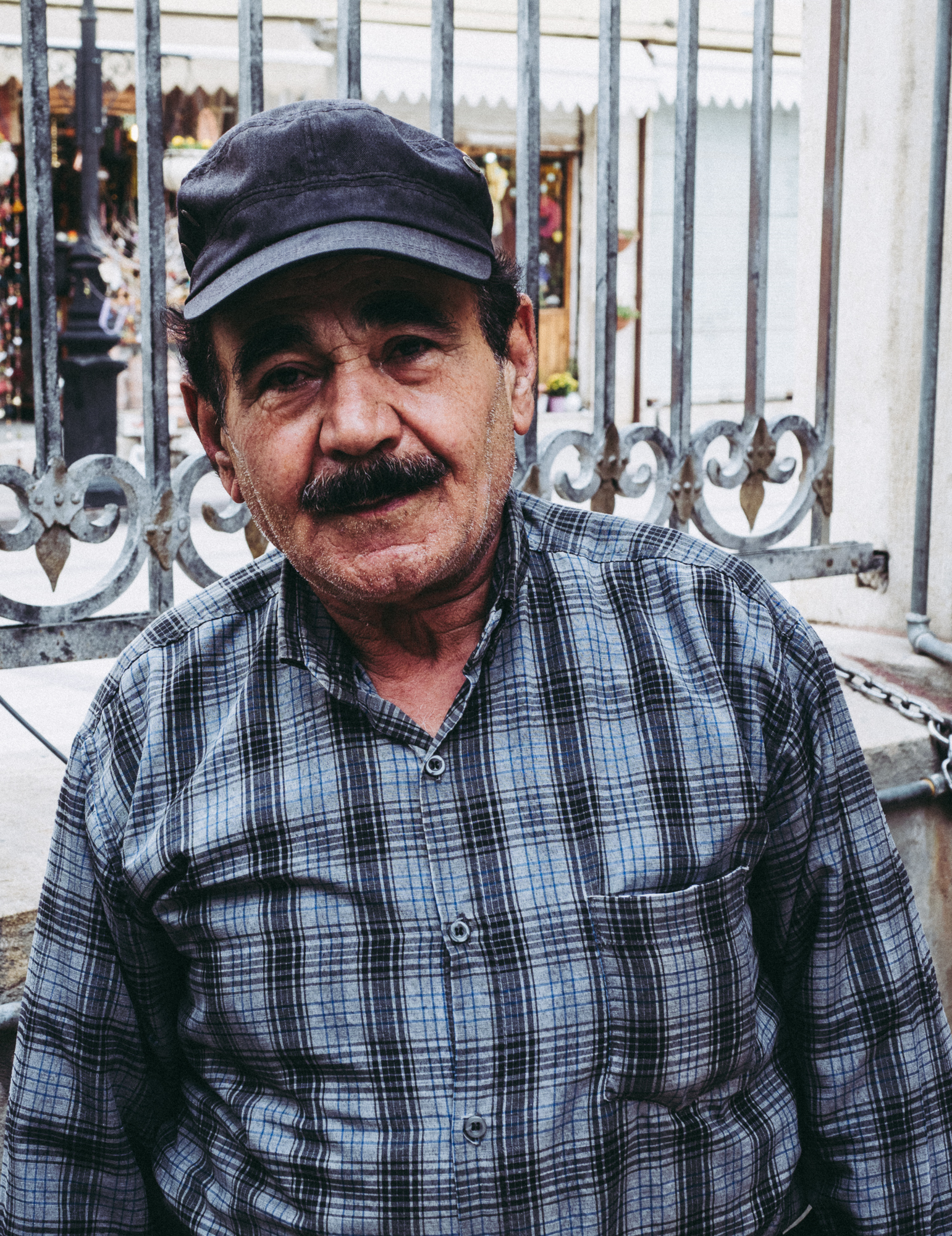
Gatekeeper
Who kindly let me into the building's courtyard.
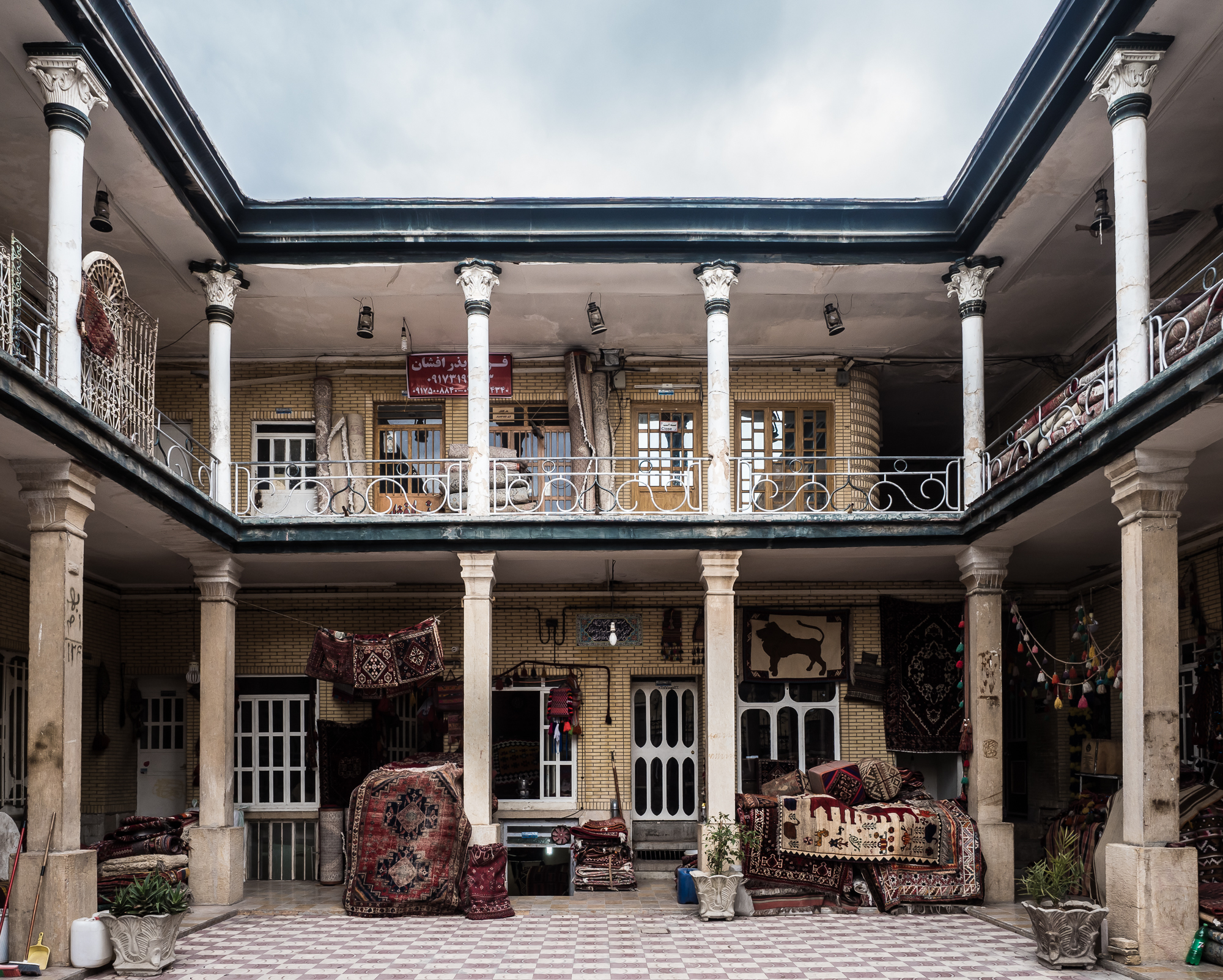
Gallery House
A building with art and craft galleries in the ancient centre of Shiraz.
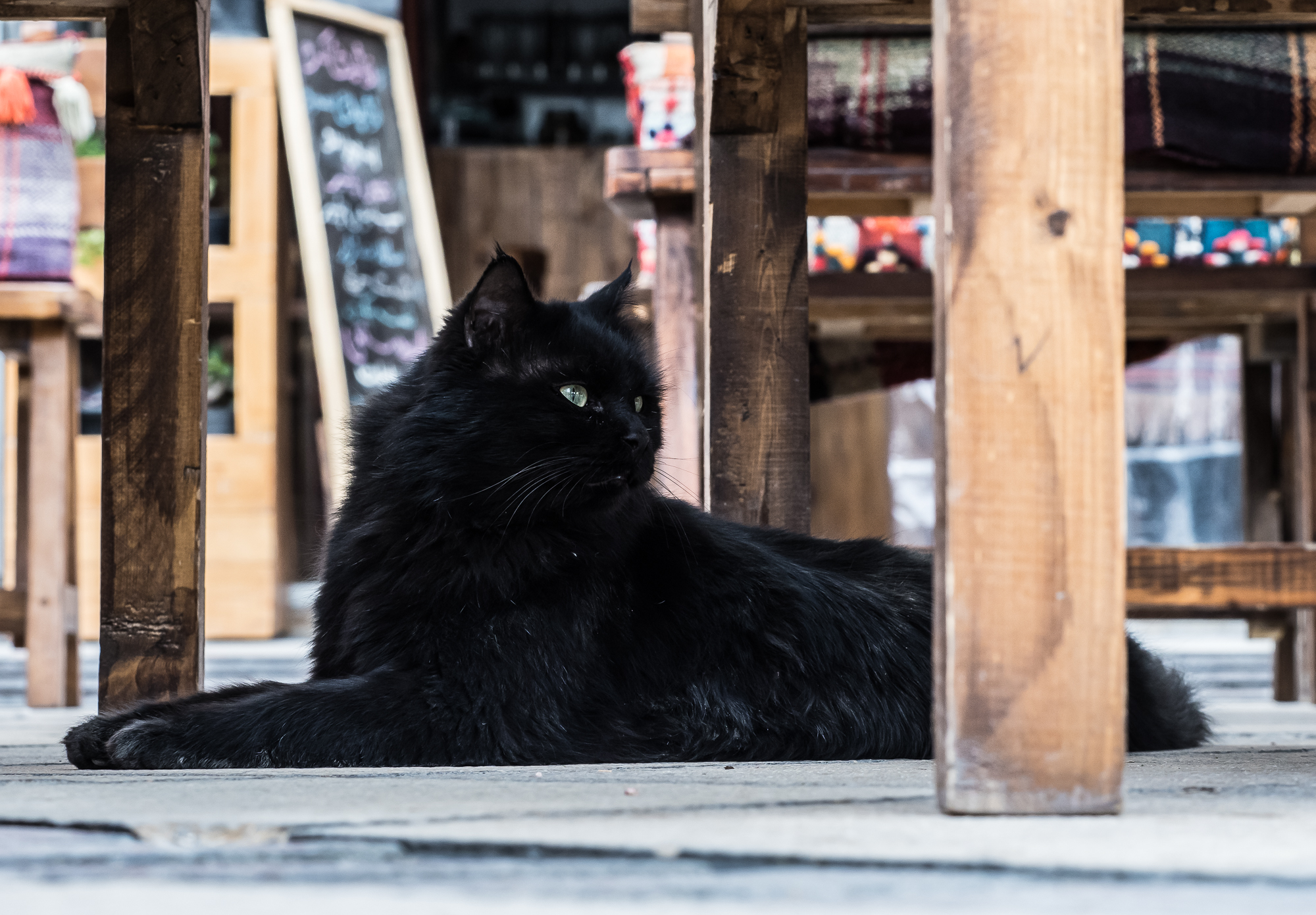
Black
Can never miss out on a cat shot.
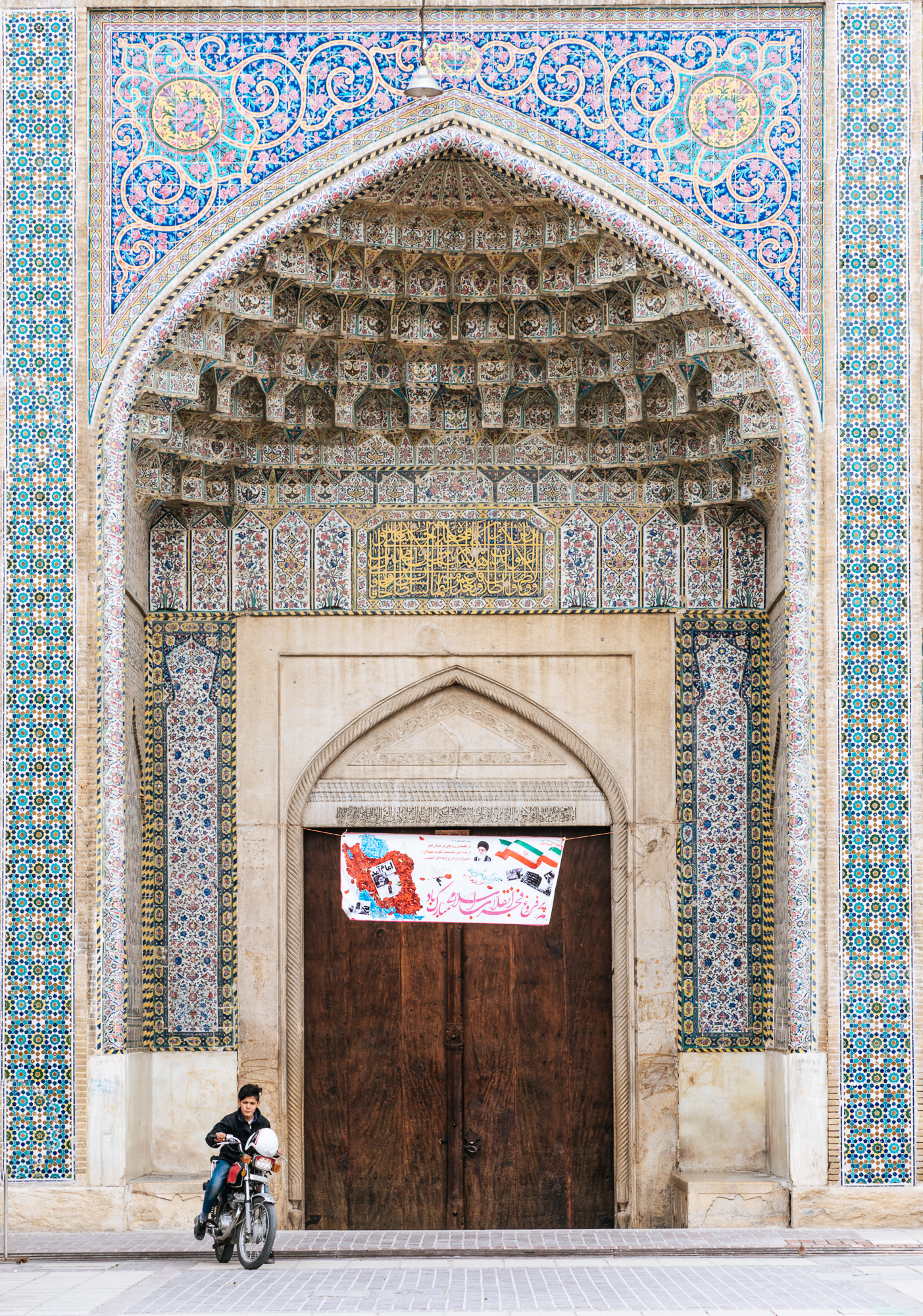
Vakil Mosque
The entrance to another 18th century mosque, near a beautiful public square.
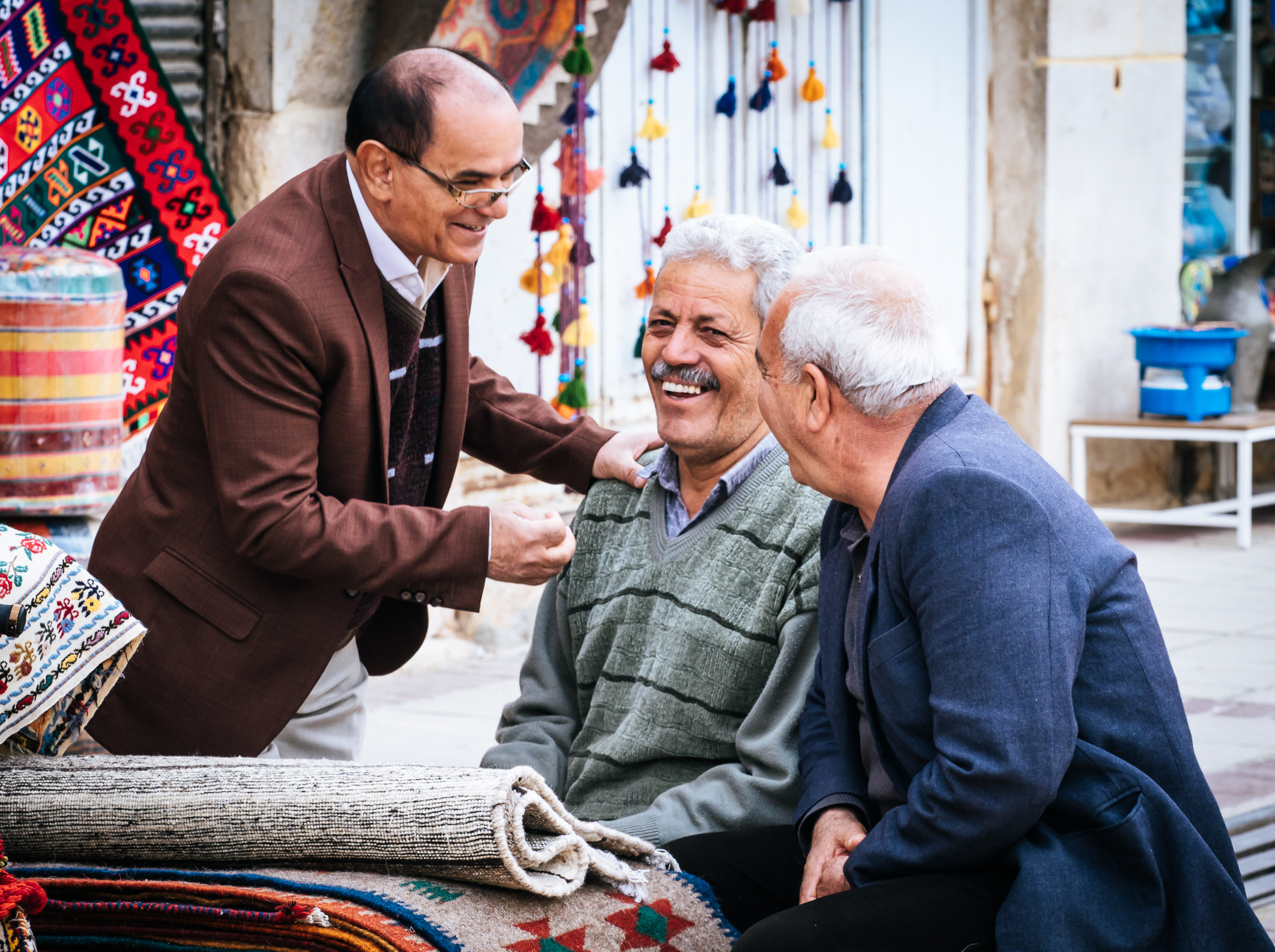
Laughter
The people of Shiraz are said to work to live, rather than the other way round.
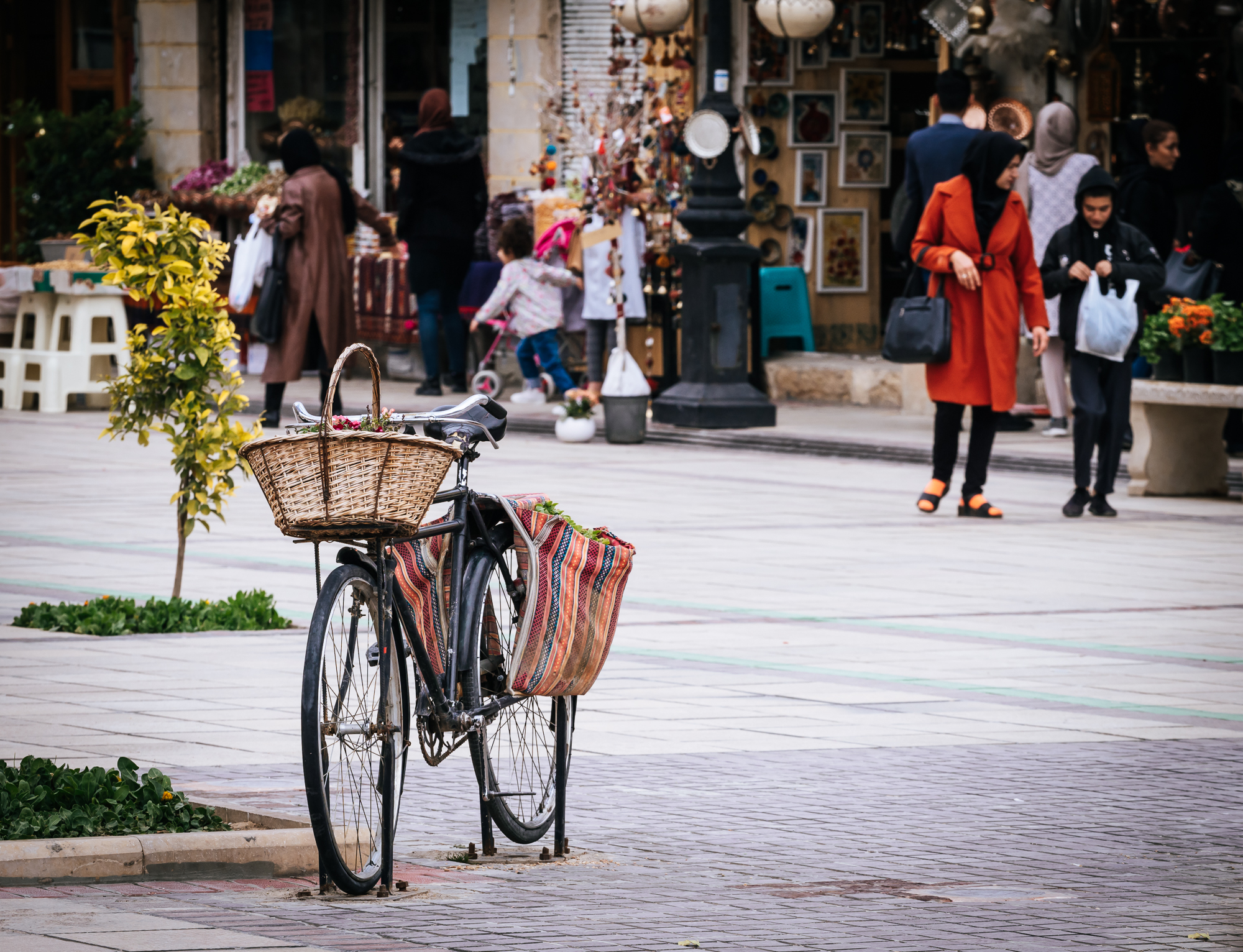
Creative
The city is full of small art installations.
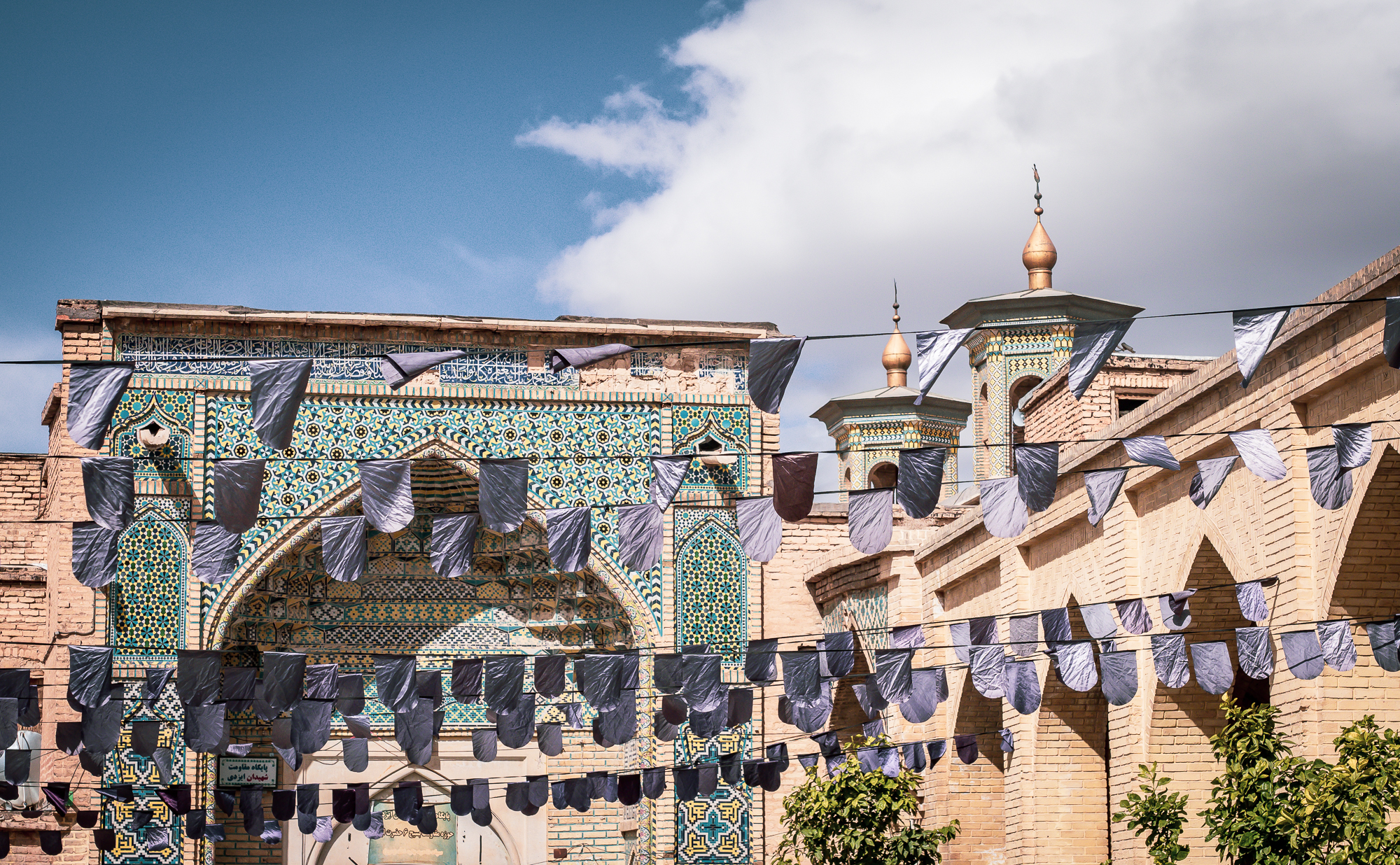
Tiles & Minarets
Another mosque near our hotel.
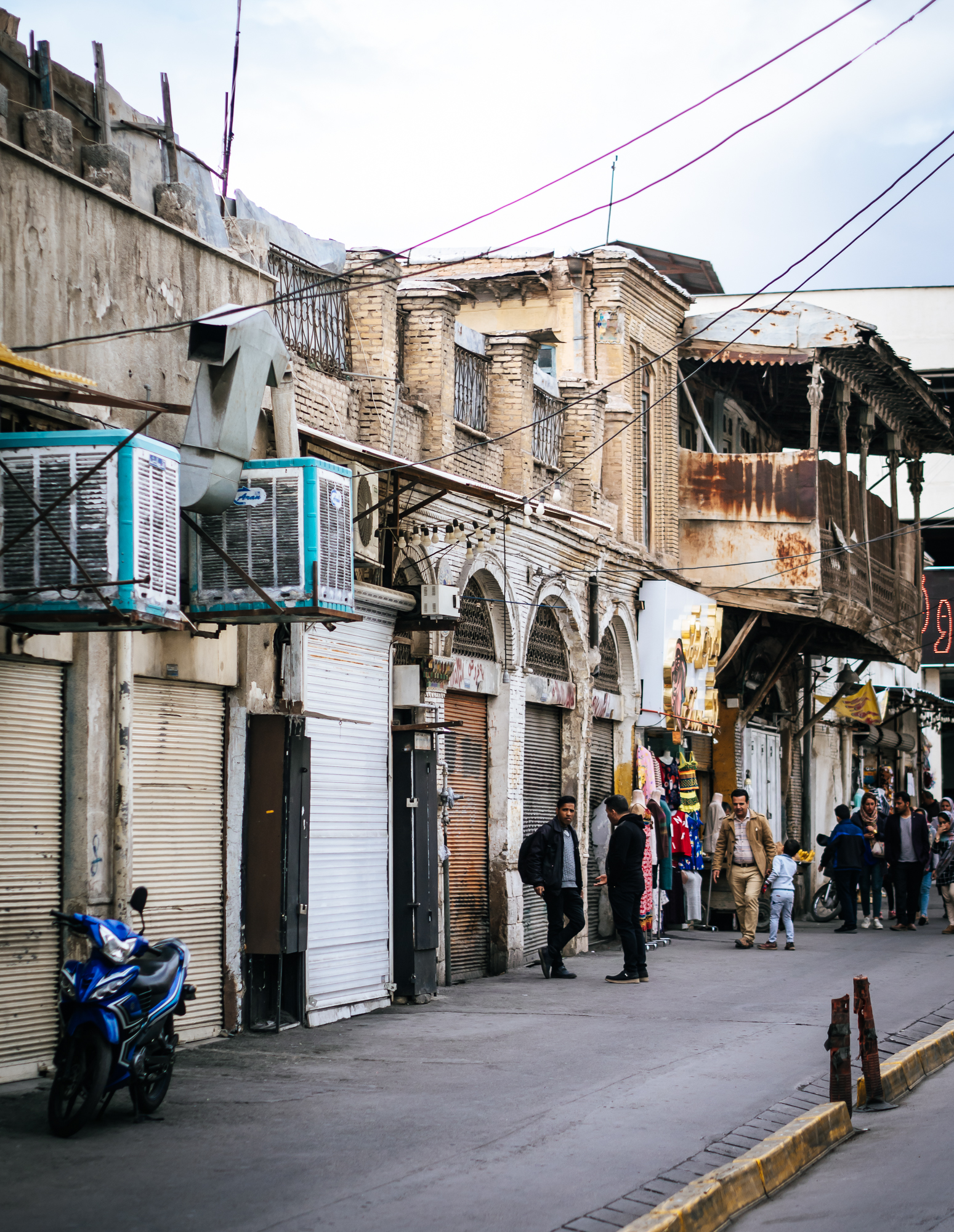
Alleys
A street in the historical centre.
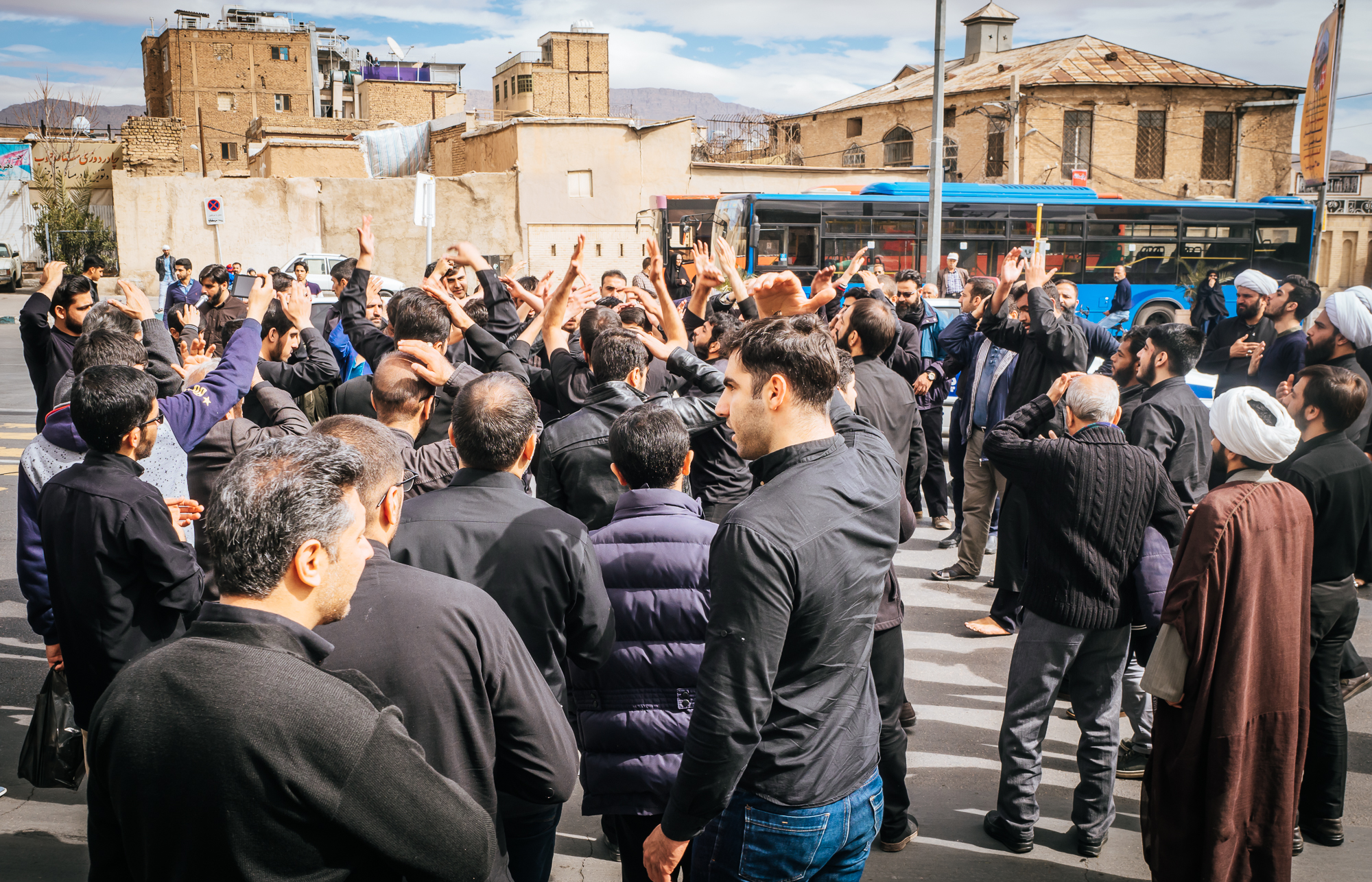
Martyrdom of Fatima
Fatimah bin Muhammad was the youngest daughter of prophet Muhammad. Her death is commemorated during a public holiday in Iran, following Shia Islam.
The Buried Village of Al Madam
On the surface, a desert doesn’t offer much, but many times there’s more to things than the eye sees on first glance. The same is true for a little strip of land behind the village of Al Madam on the old Dubai-Hatta road, where you can find a lost and abandoned set of houses and a mosque that is slowly taken over by the relentless dunes composed of the fine UAE sands.

On the surface, a desert doesn’t offer much, but many times there’s more to things than the eye sees on first glance. The same is true for a little strip of land behind the village of Al Madam on the old Dubai-Hatta road, where you can find a lost and abandoned set of houses and a mosque that is slowly taken over by the relentless dunes composed of the fine UAE sands.

Garden Entrance
Some of the houses in the buried village still feature their garden walls and entrance doors.
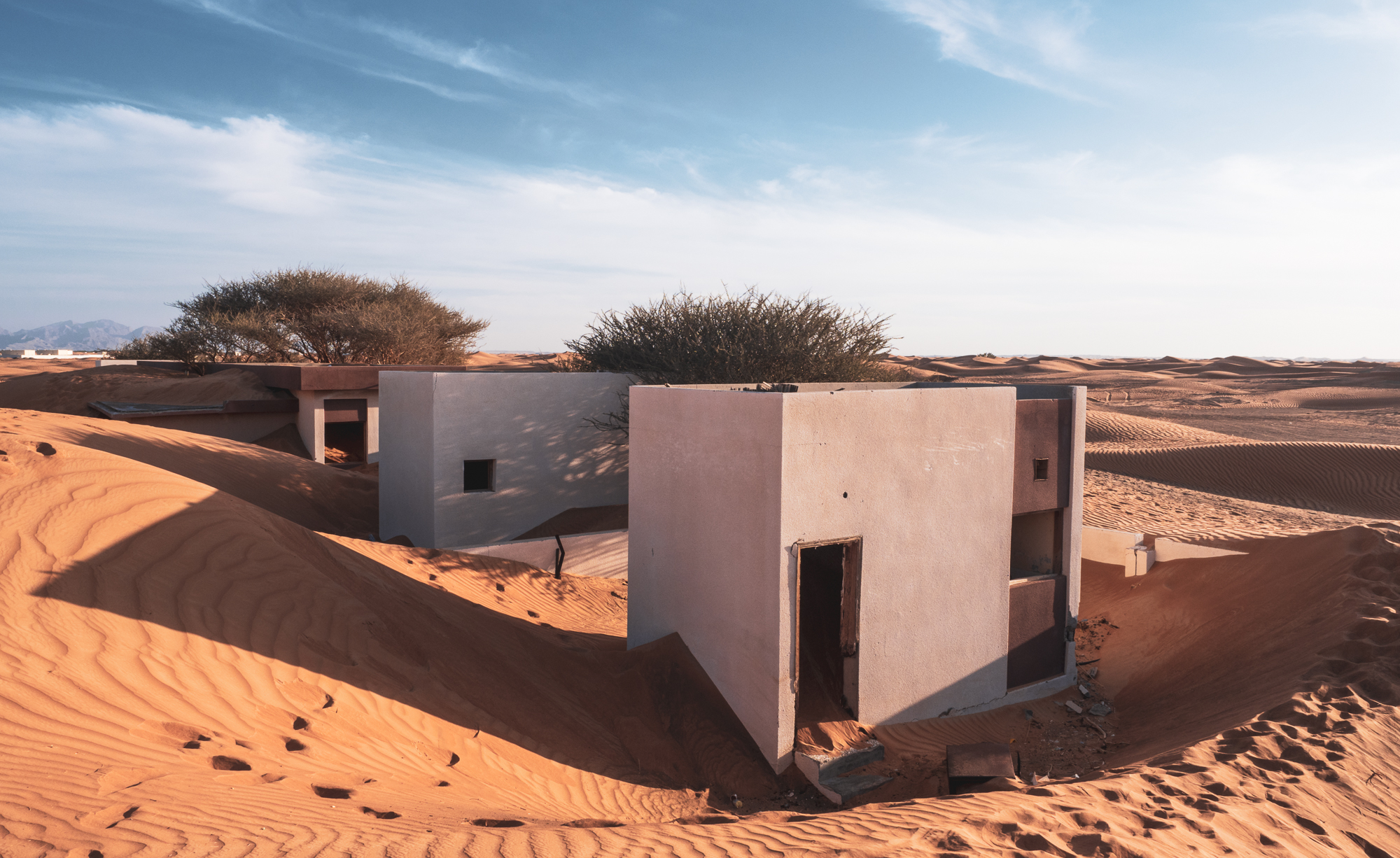
Who was here?
According to locals, the village was inhabited by the Al Kutbi tribe but no one is really sure why they left.
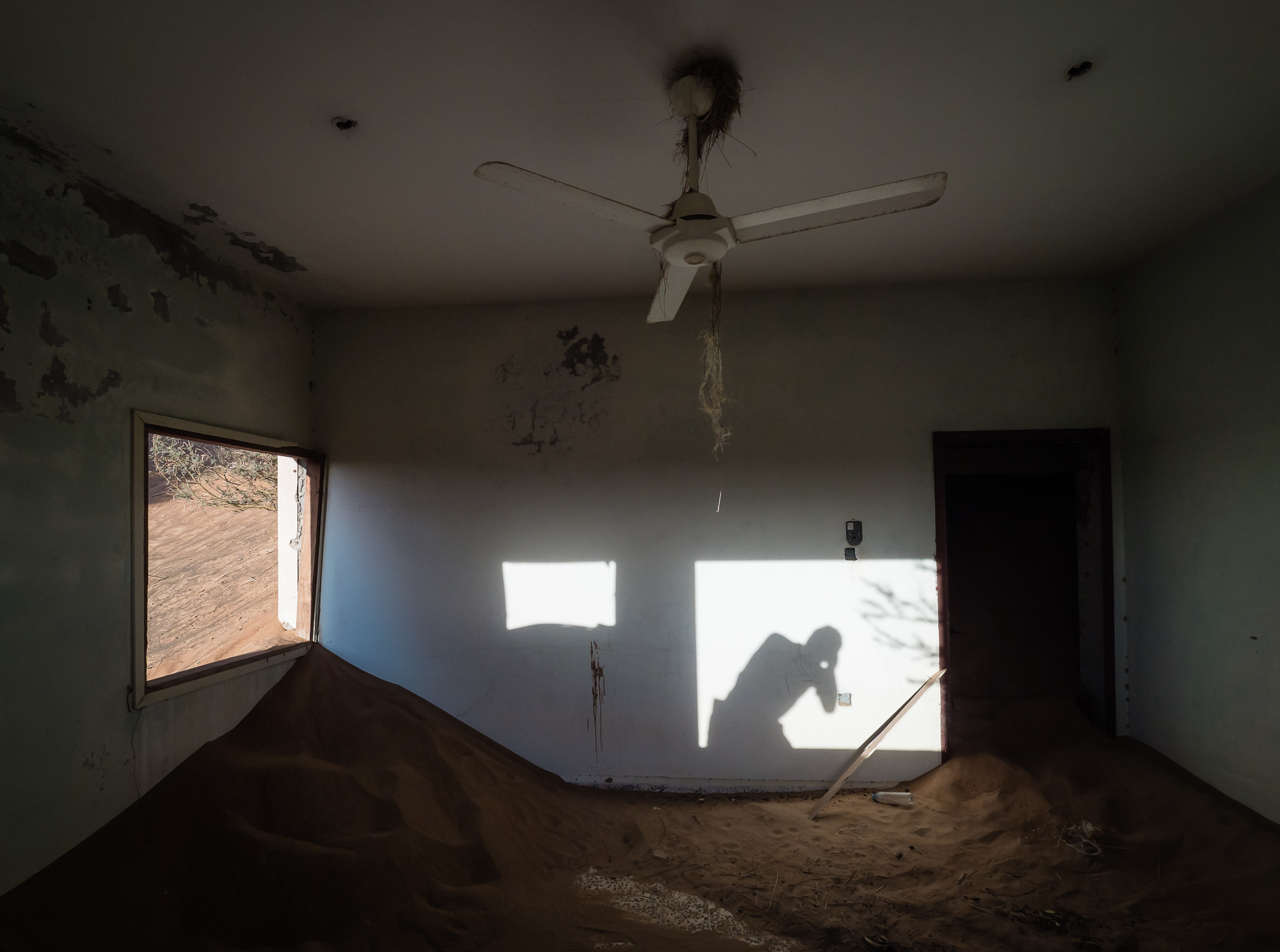
Moden facilities
A few houses still feature some interior amenities - they seem to have been built in the 70s or 80s.
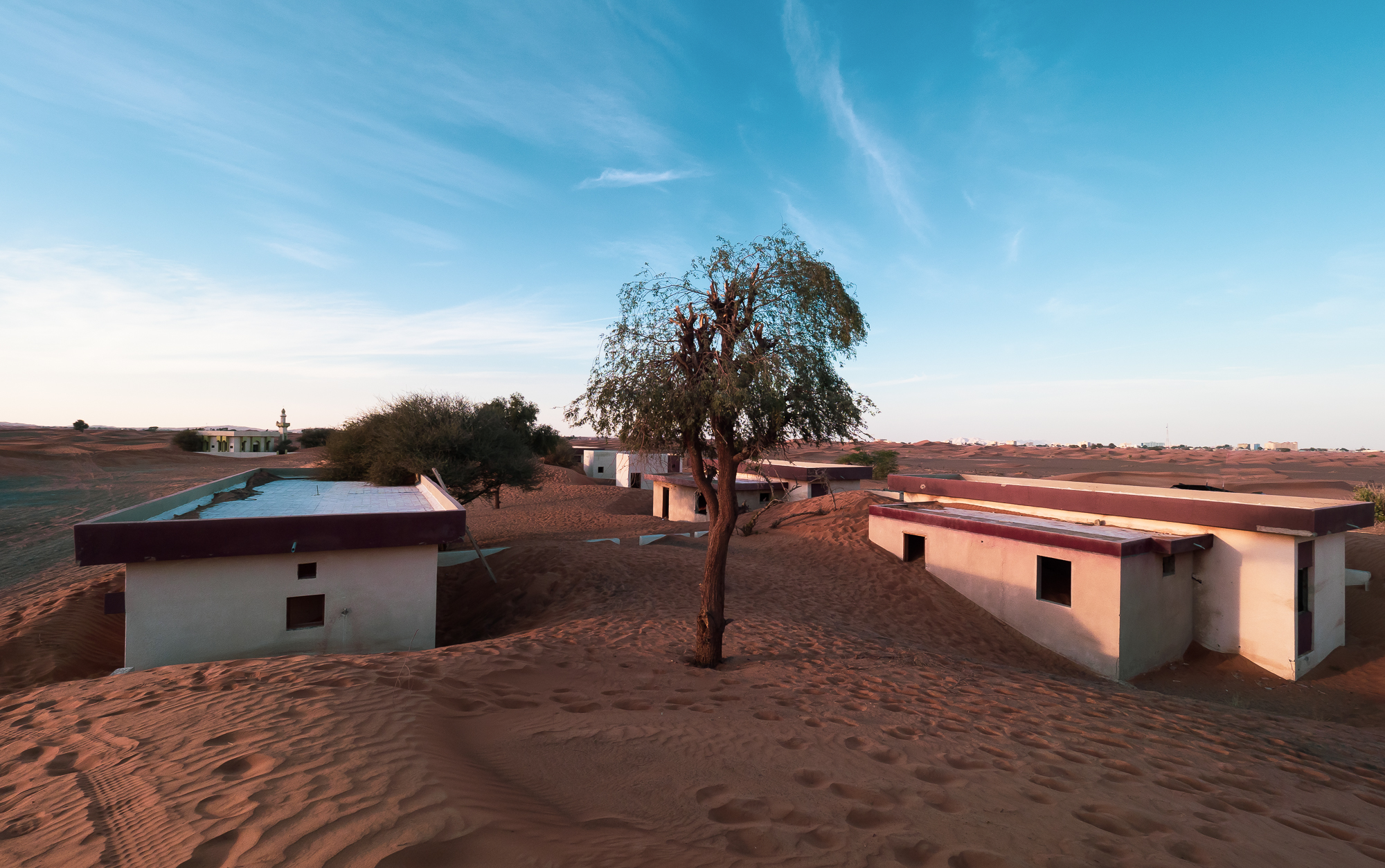
Identical
The houses all follow the same style, with the exception of the mosque visible in the background.

Interiors
Dunes have made it into most of the rooms.
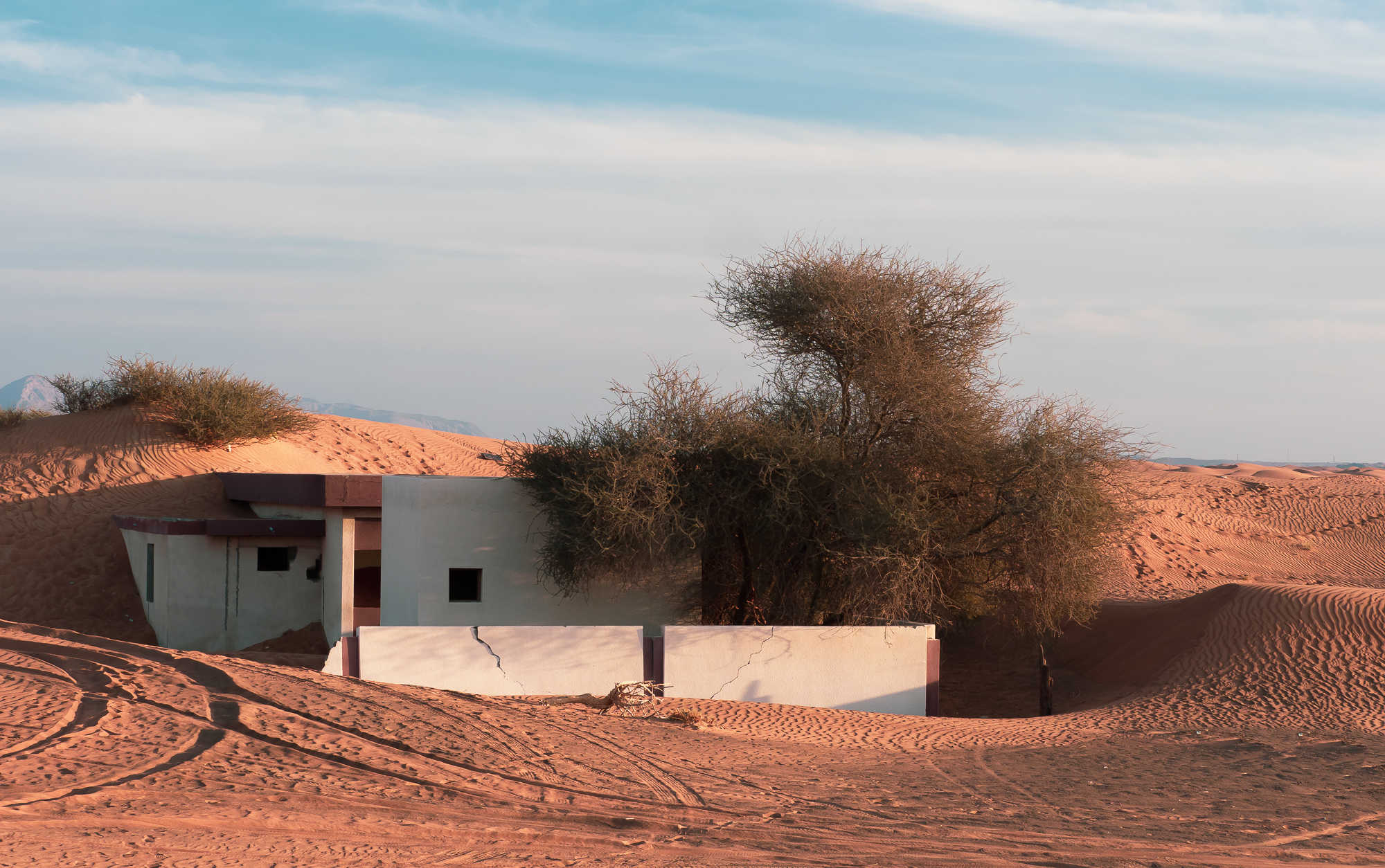
Disappearing
I wonder if the village will ever disappear completely.
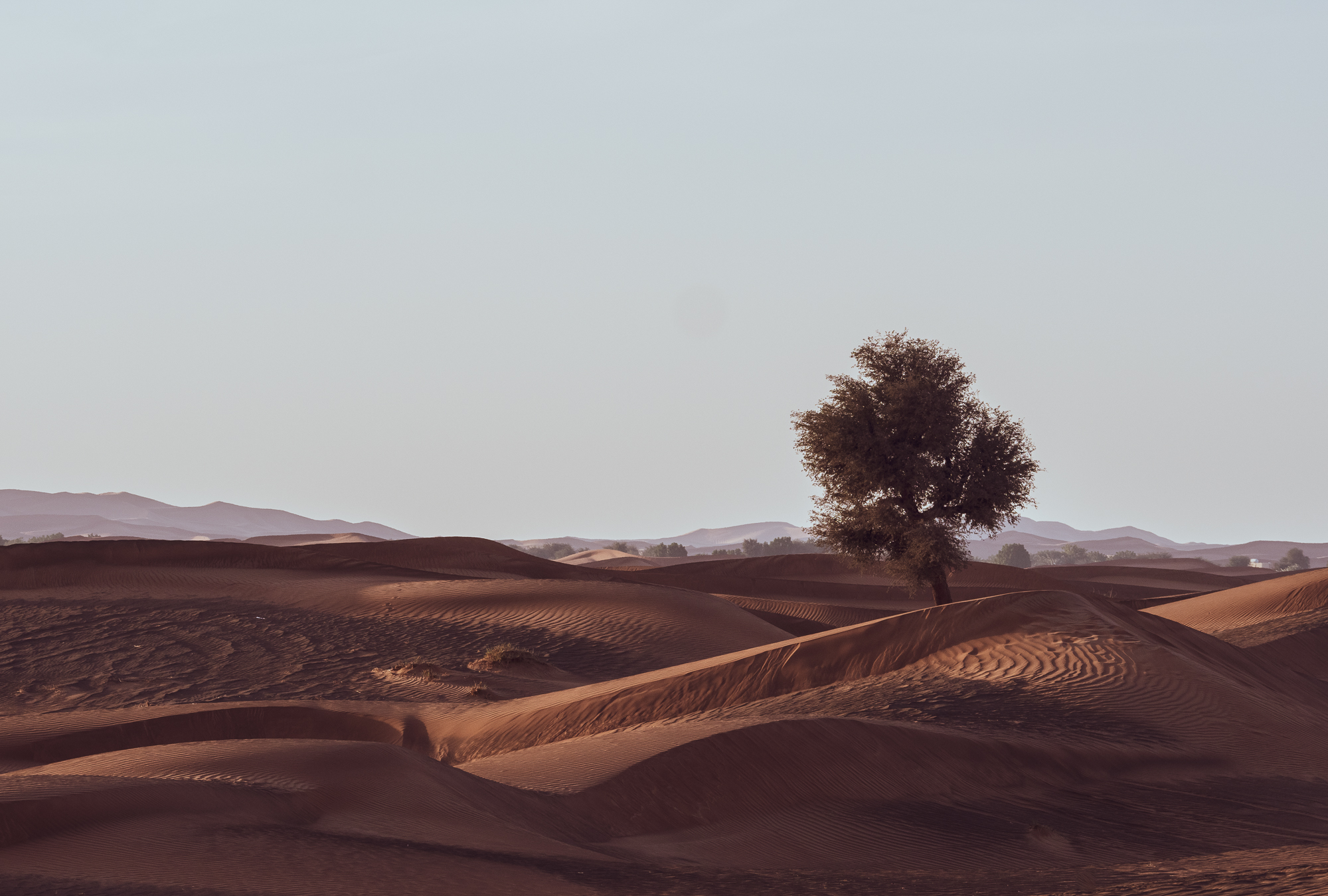
Desert Views
Looking westwards from the village.
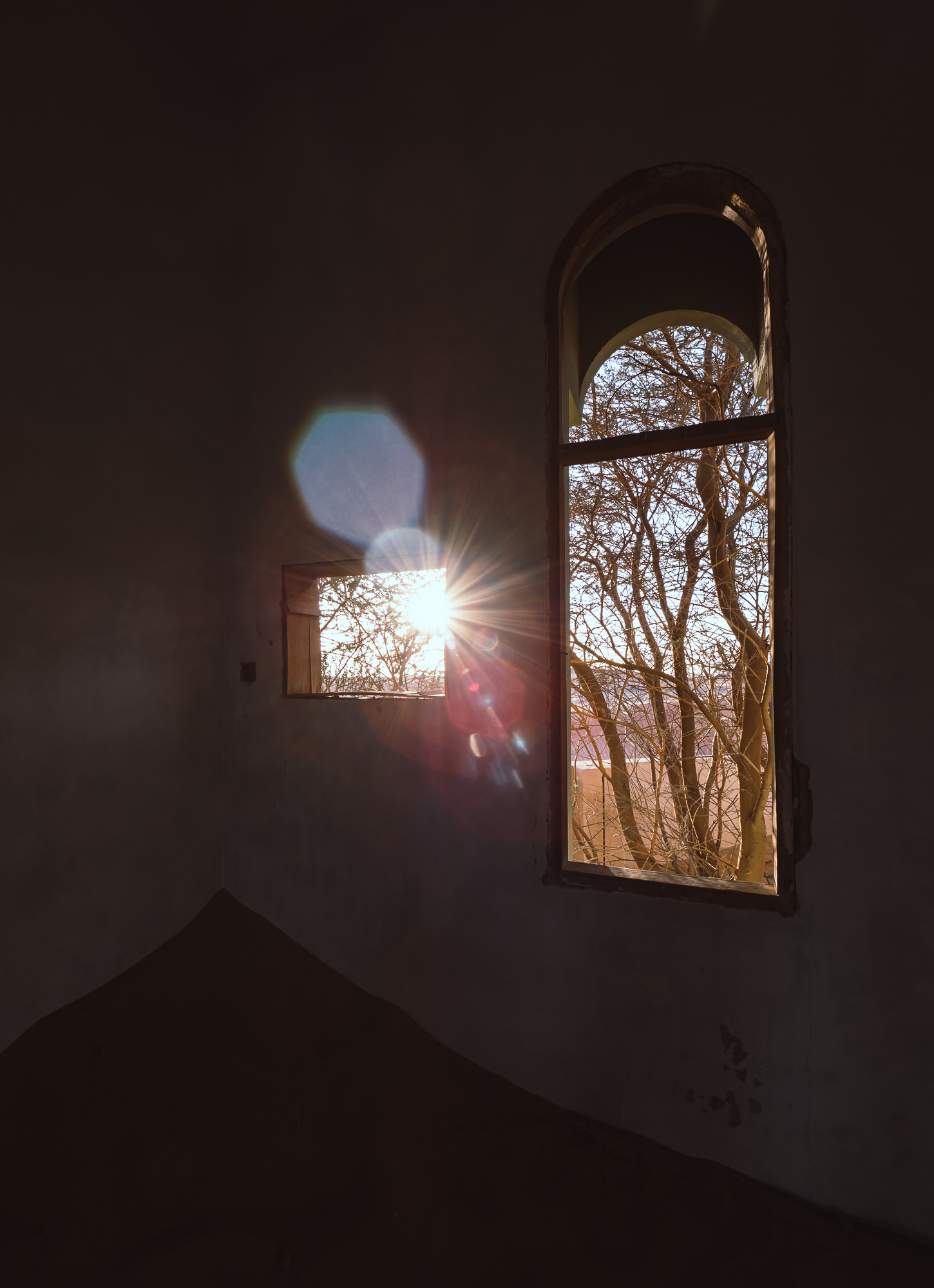
Sunset
The late afternoon is probably the best time to visit.
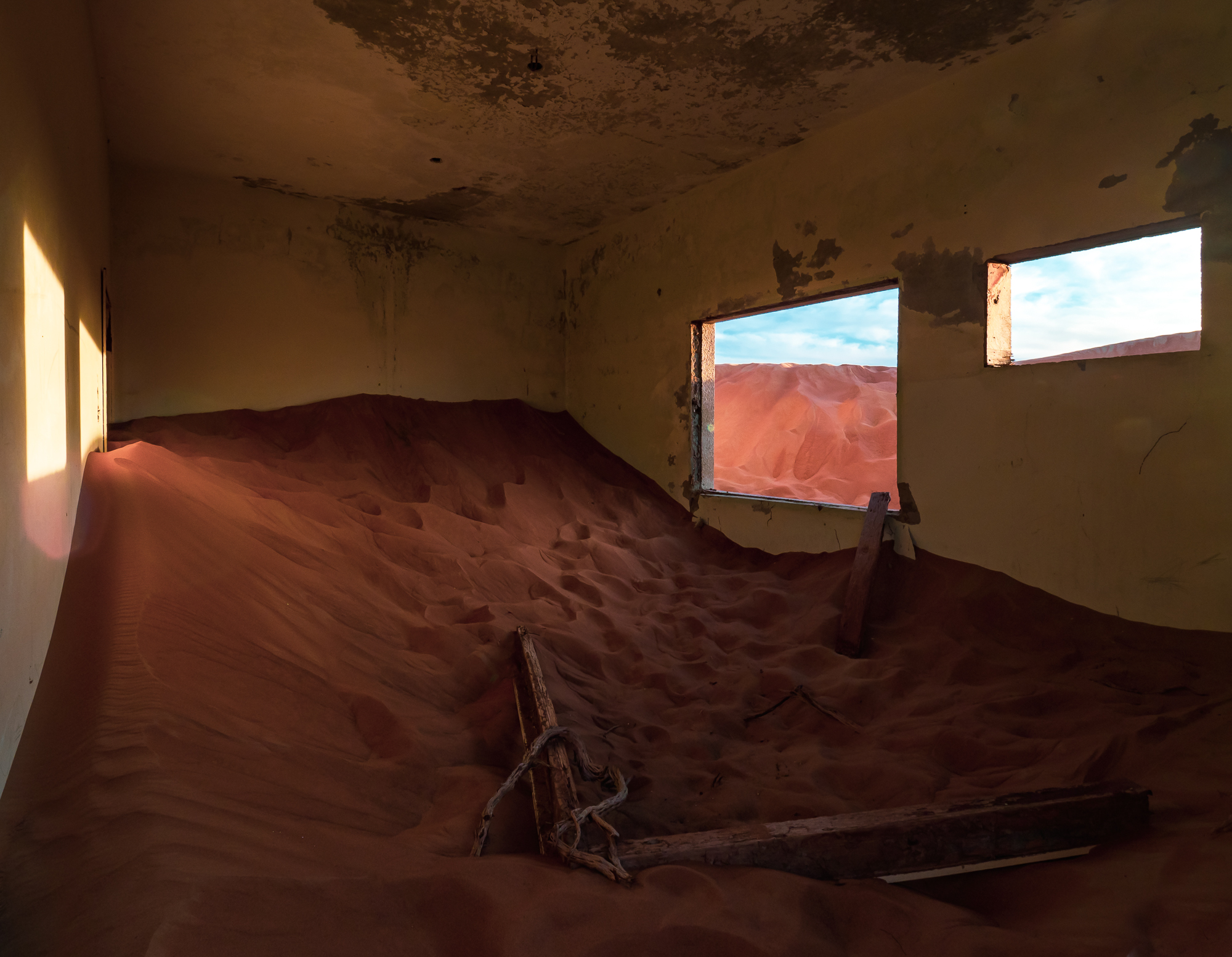
Remains
One wonders what the remains are - a bed frame?
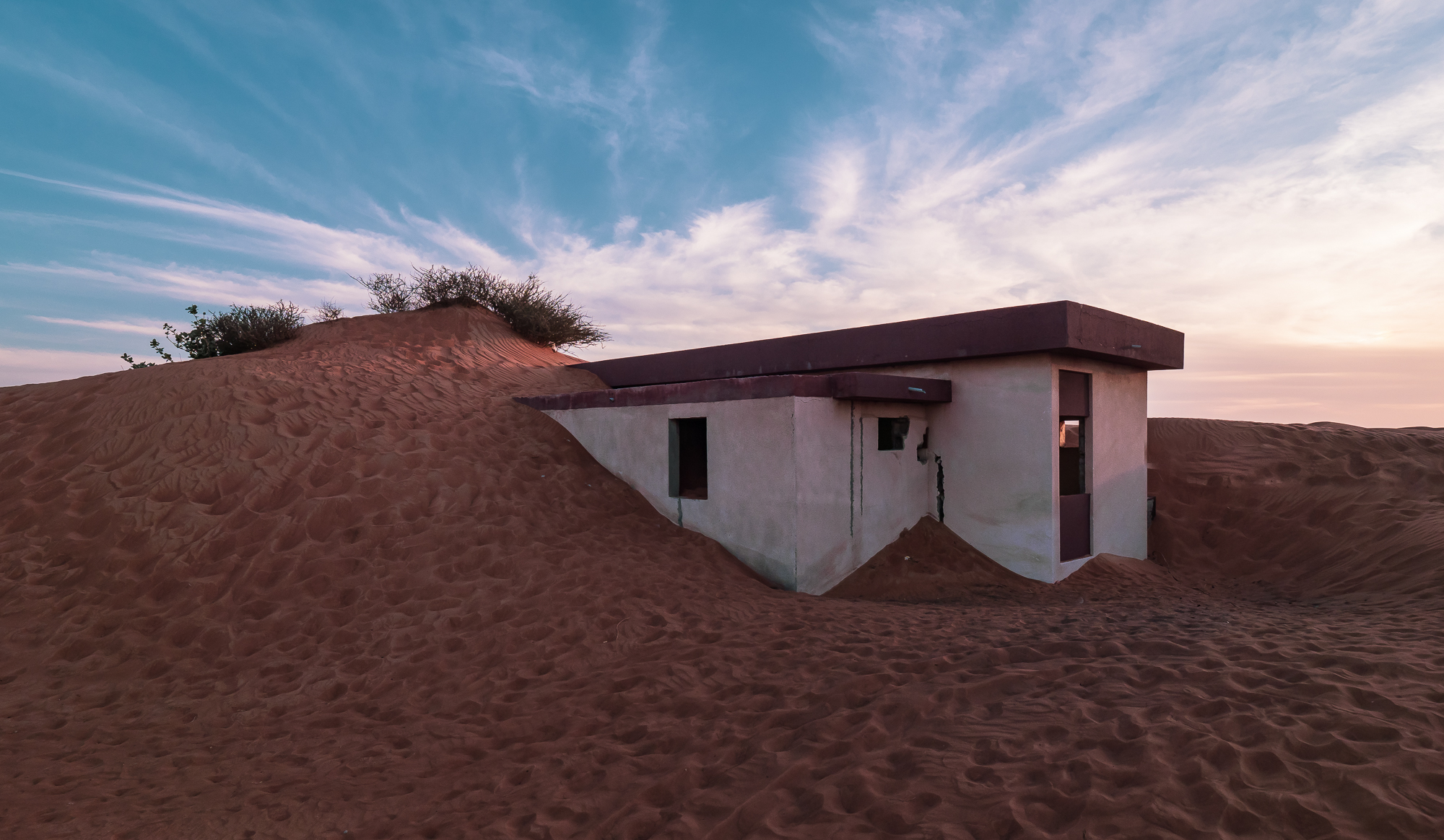
Haunted?
Legend says people left because of the jinn, supernatural creatures that Arabs and Muslims believe exist in this world but not visible to human eyes; the creatures are also mentioned in the Quran.

Mosque interiors
The mosque still features remains of its previous carpet floor.
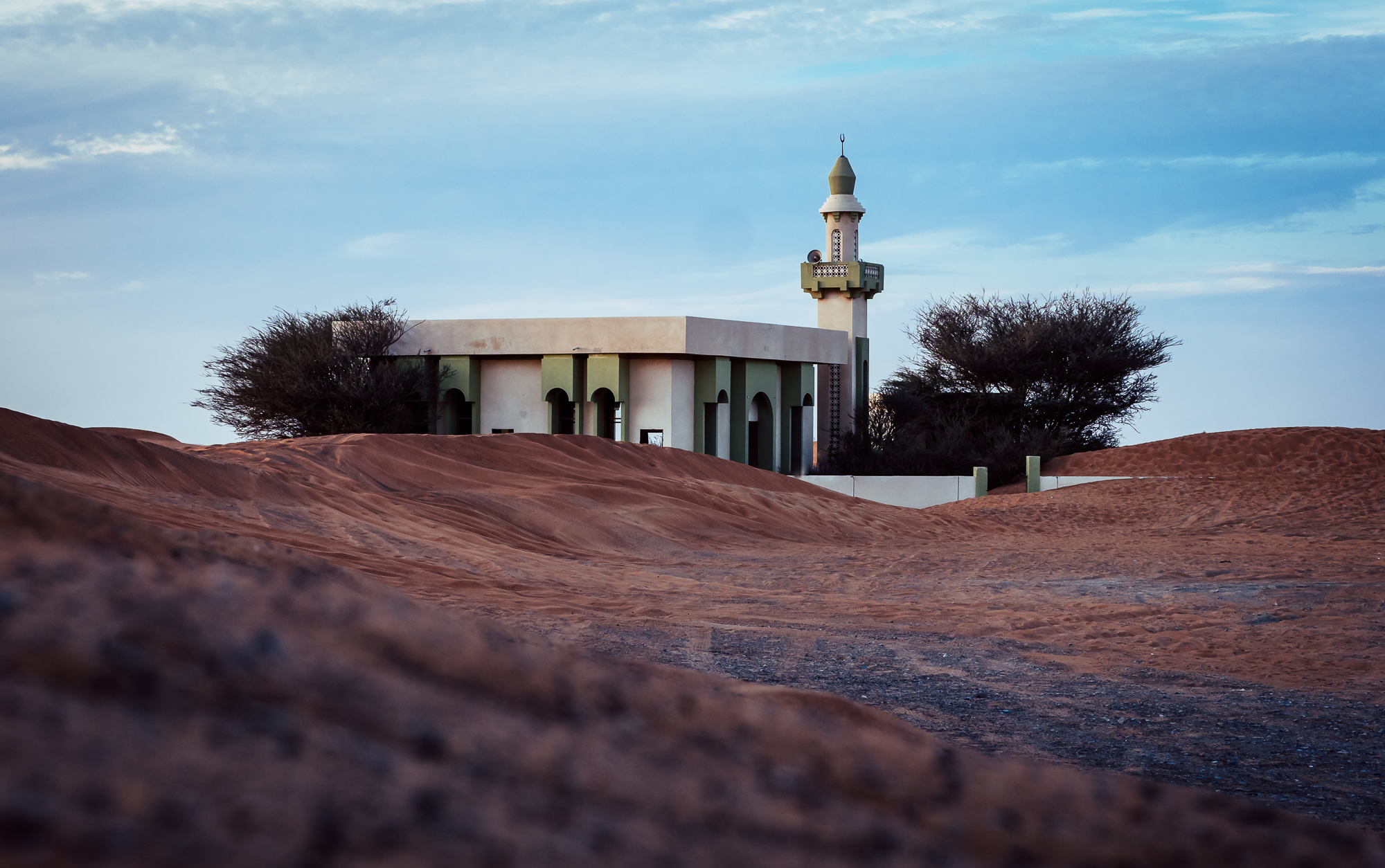
The Mosque
The only building following a different archiectural style.
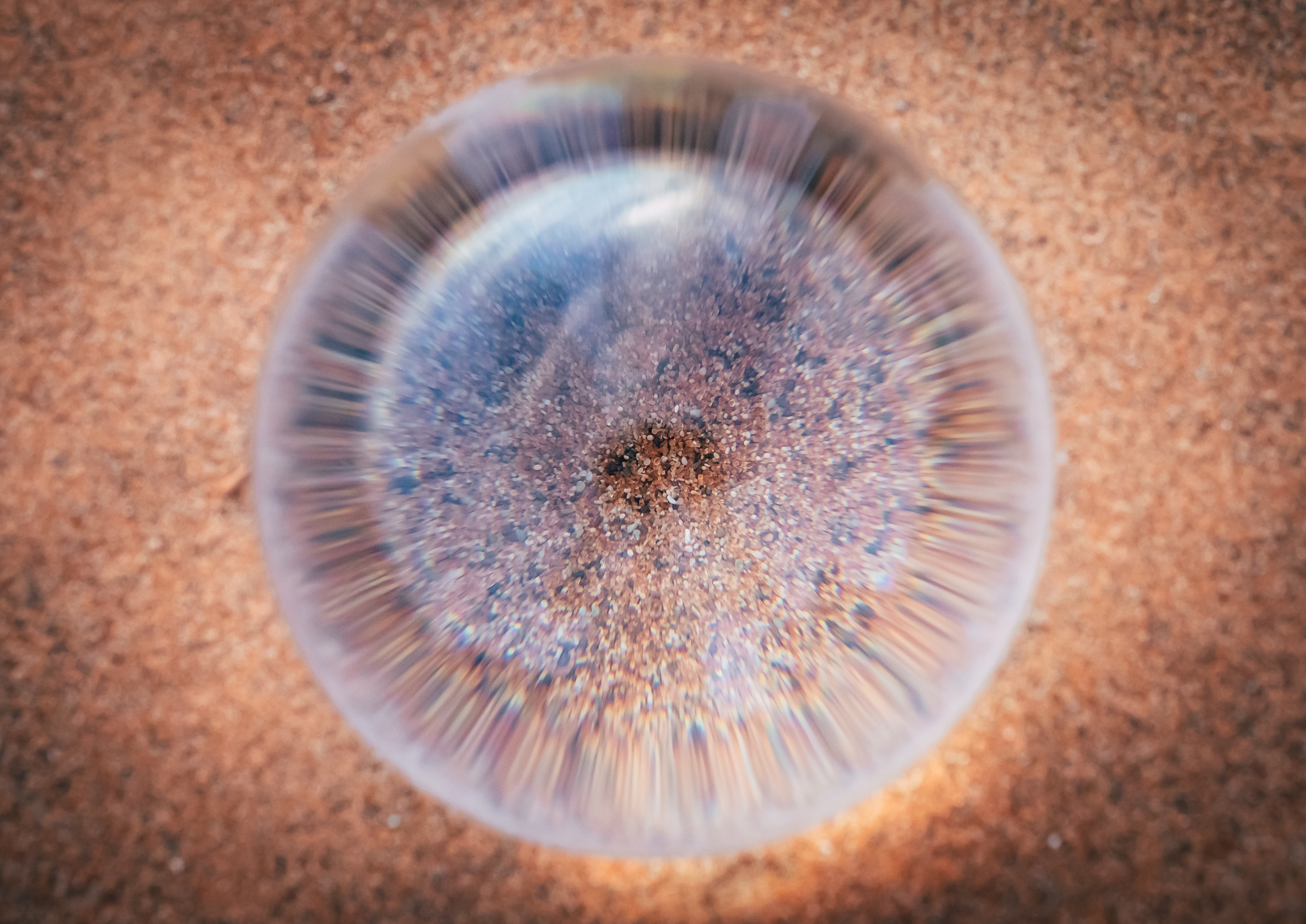
Sand
The sand is very fine in the area - one reason it has found its way into every house.

Sunset
Desert sunsets in the winter on a clear day are always special.
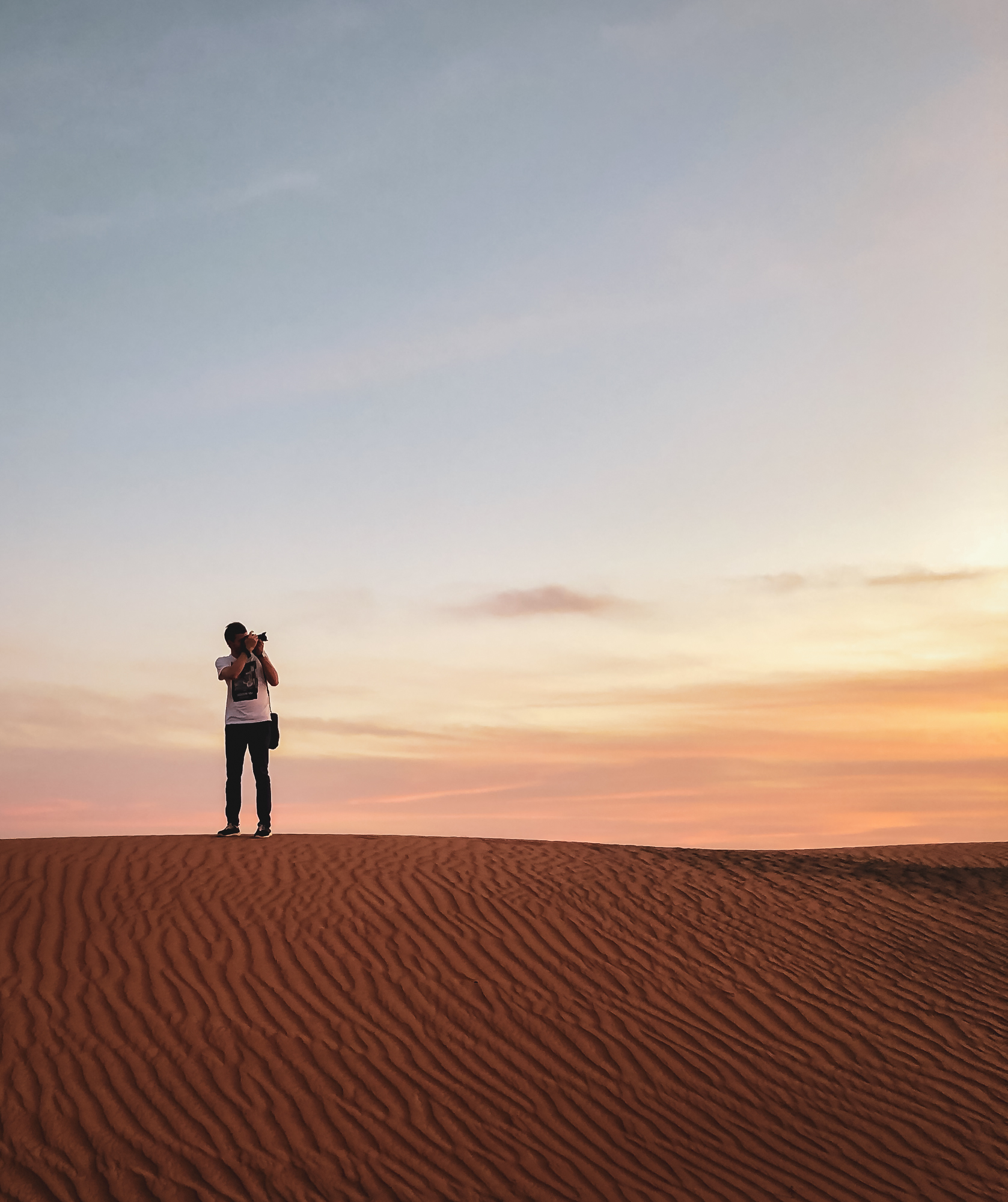
Up on the dunes
Unfortunately most dunes around the village feature a few more footprints than this one.
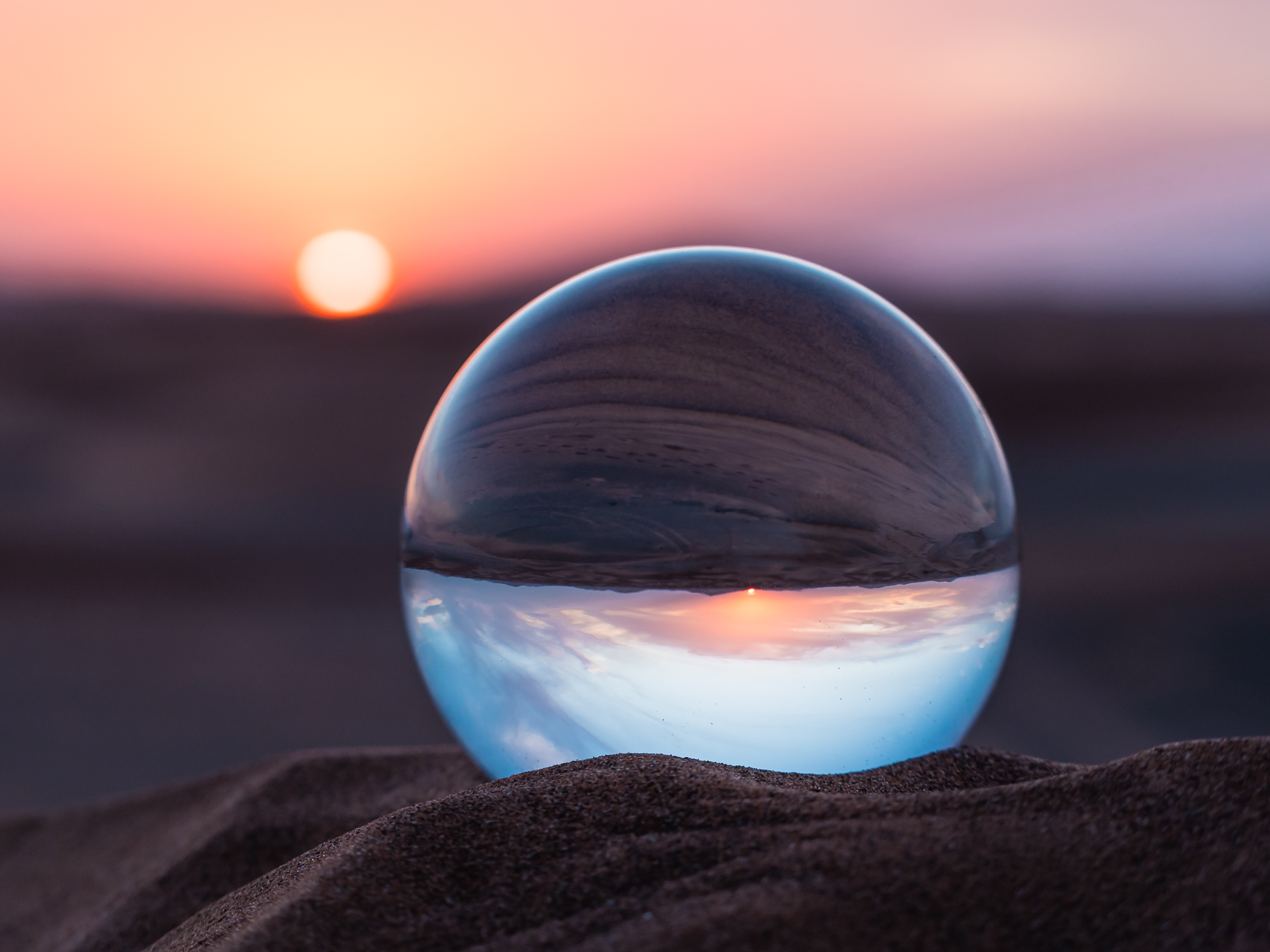
Perspectives
The big and the small ball.

Exploring
The village is about 1h from Dubai, totally worth the trip.
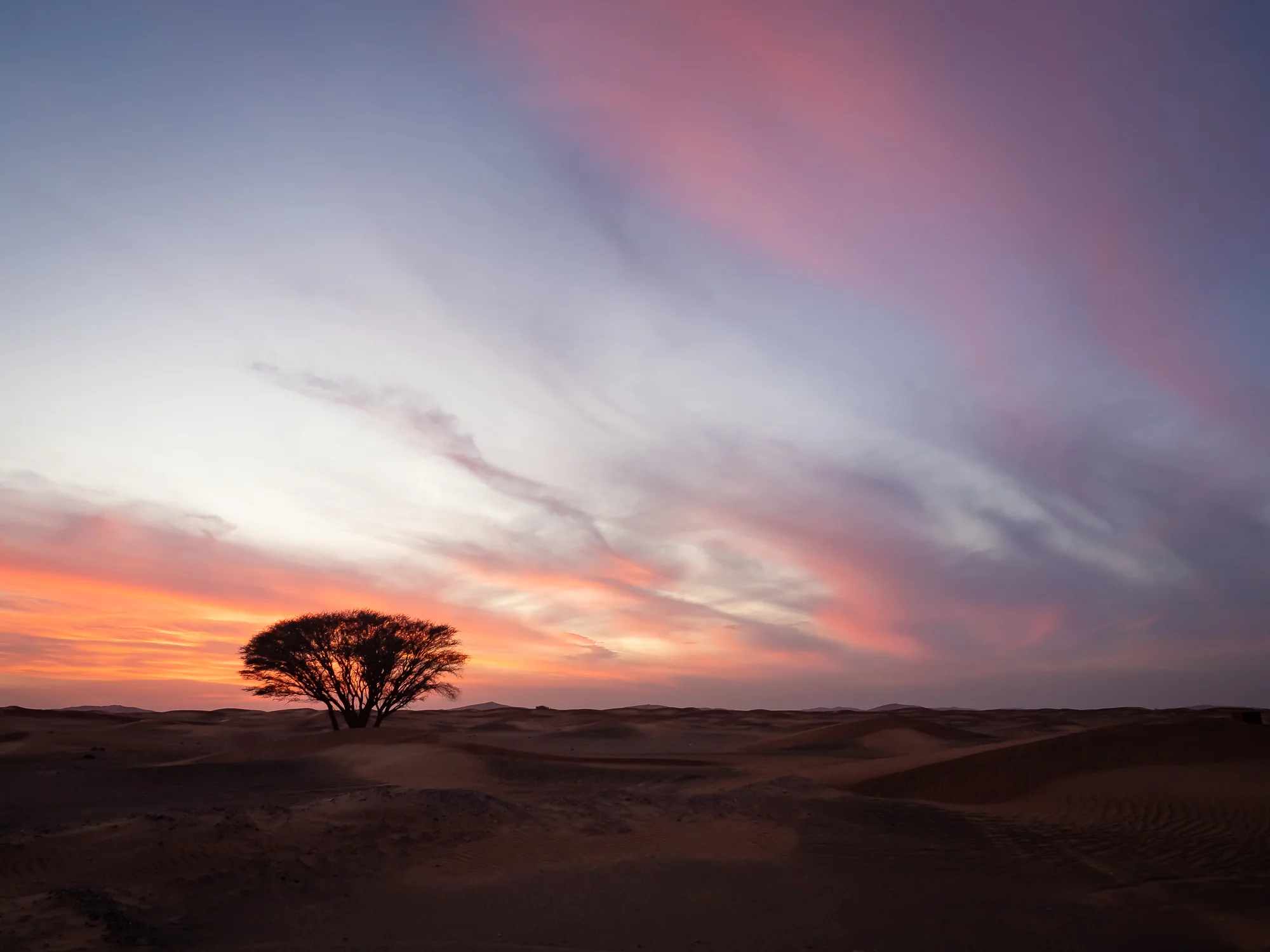
Life
Always finds a way.
Sir Bani Yas Island - Greening the Desert
Bani Yas Island has always been on my UAE To Do List. The island is about a 3,5 hour drive and 30min boat ride from Dubai and lies off the coast of Abu Dhabi in the western region. It’s the largest natural island in the UAE. Its rich history, incredible flora and fauna and the story of how it evolved into a major conservation project truly makes it a globally unique destination.

Bani Yas Island has always been on my UAE To Do List. The island is about a 3,5 hour drive and 30min boat ride from Dubai and lies off the coast of Abu Dhabi in the western region. It’s the largest natural island in the UAE. Its rich history, incredible flora and fauna and the story of how it evolved into a major conservation project truly makes it a globally unique destination.
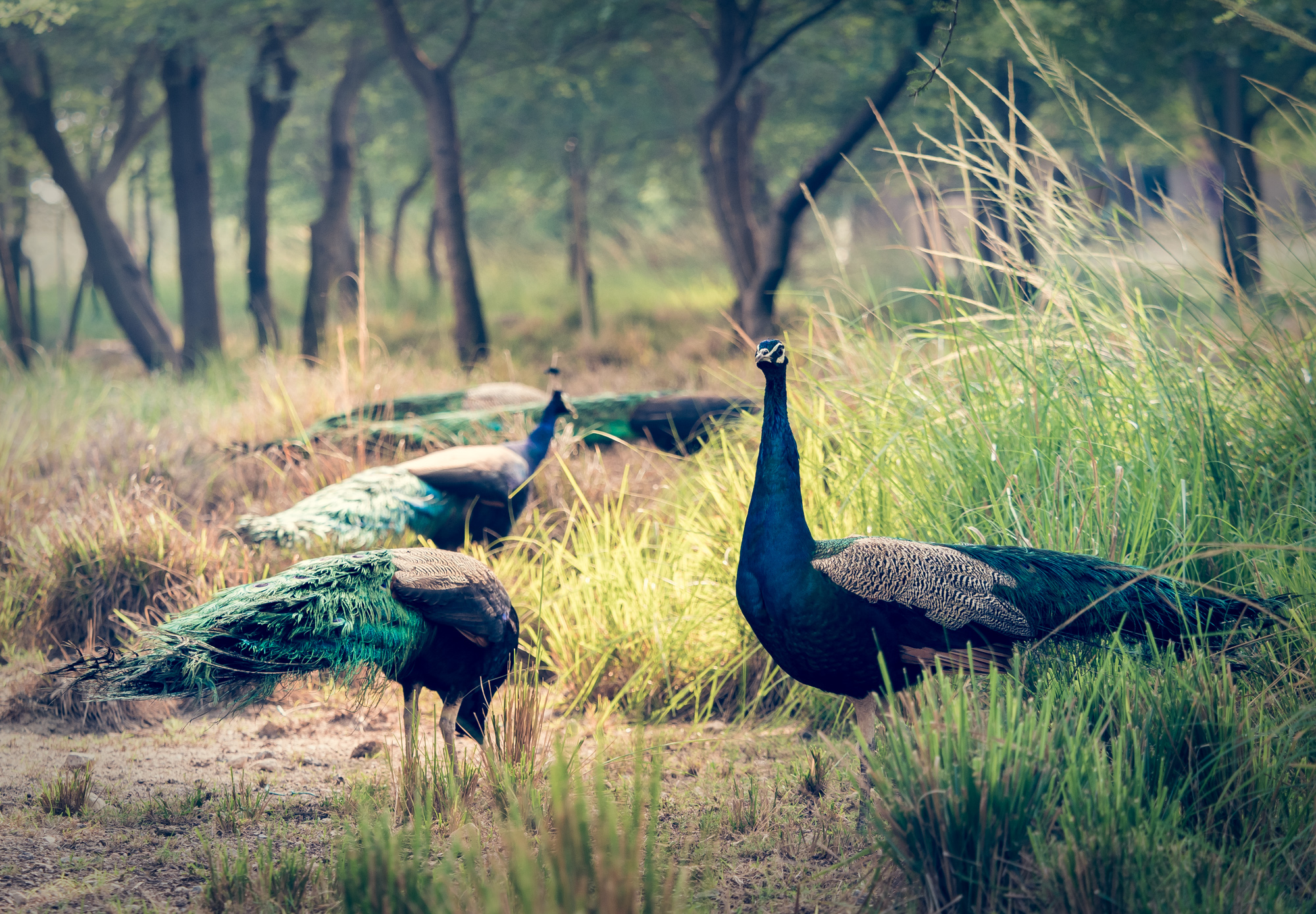
Peacock Central
One of the more common animals on the island are peacocks - in fact, a ranger told us they are considering to introduce some desert foxes to control the population, as culling is not allowed by law.
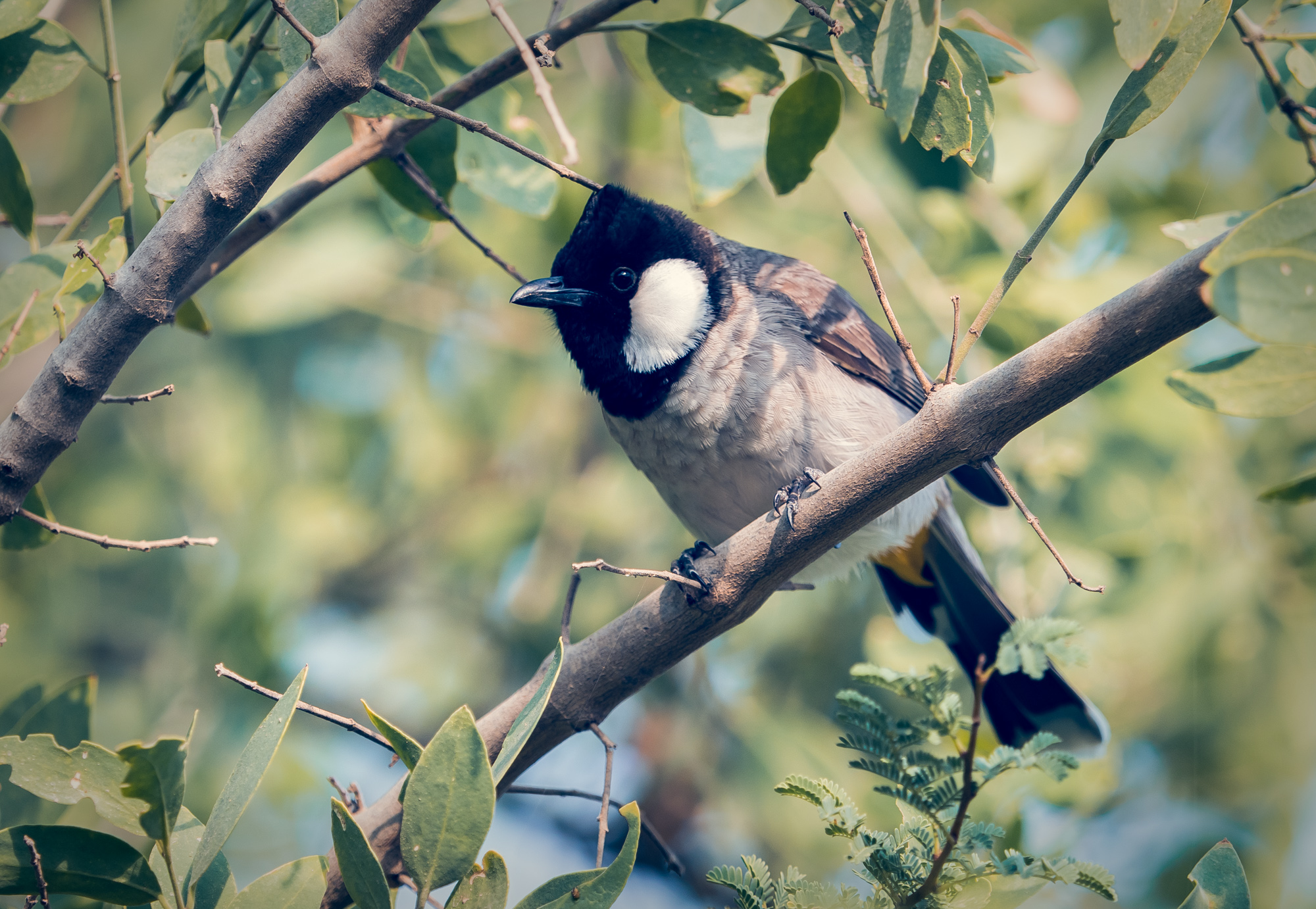
Bird Life
Some might say this one could be straight out of Angry Birds.

Gazelle
Probably the second most common animal on the island, after the Peacocks.
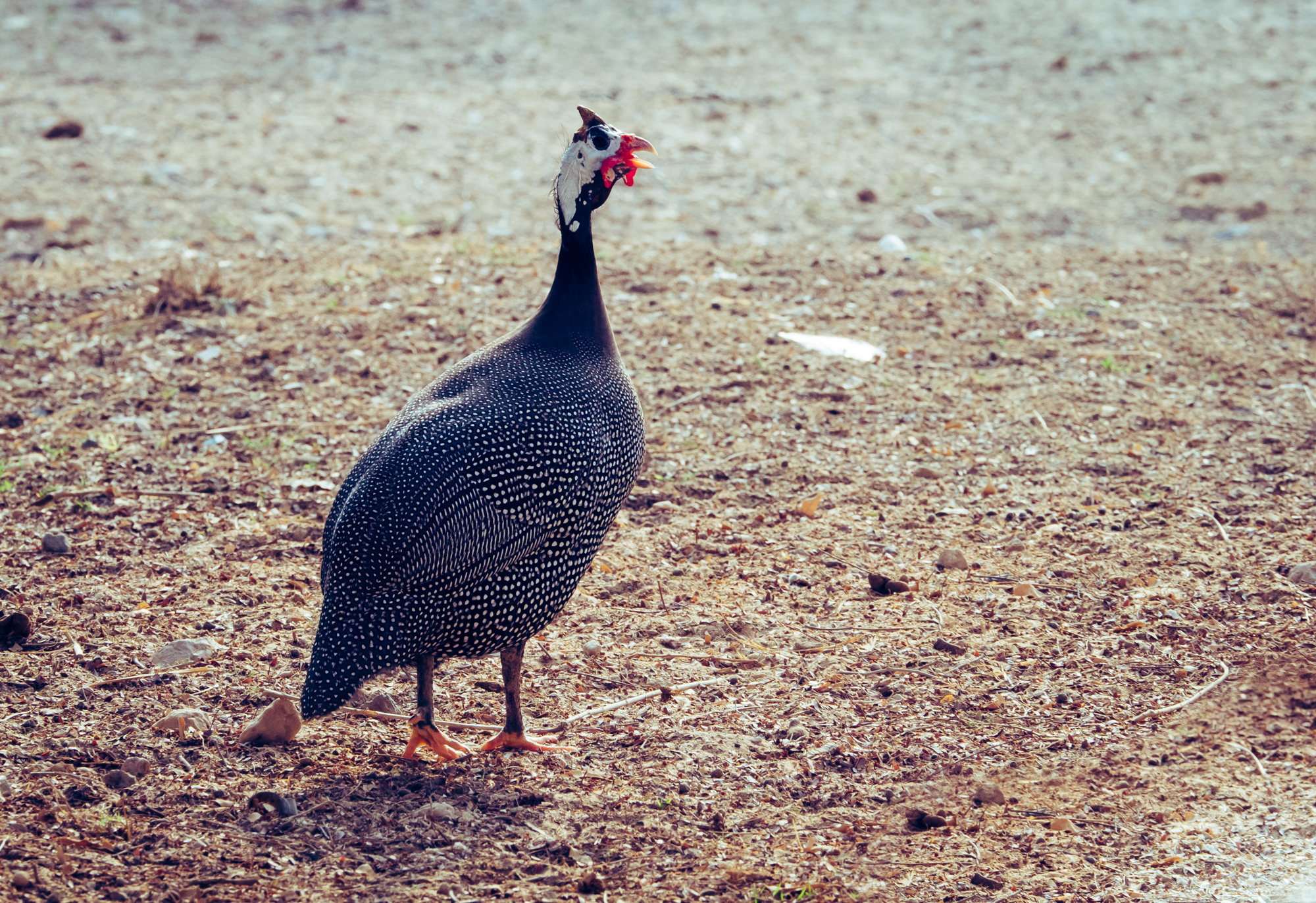
Turkey
I guess this is a female turkey, who didn't end up on a Christmas plate.
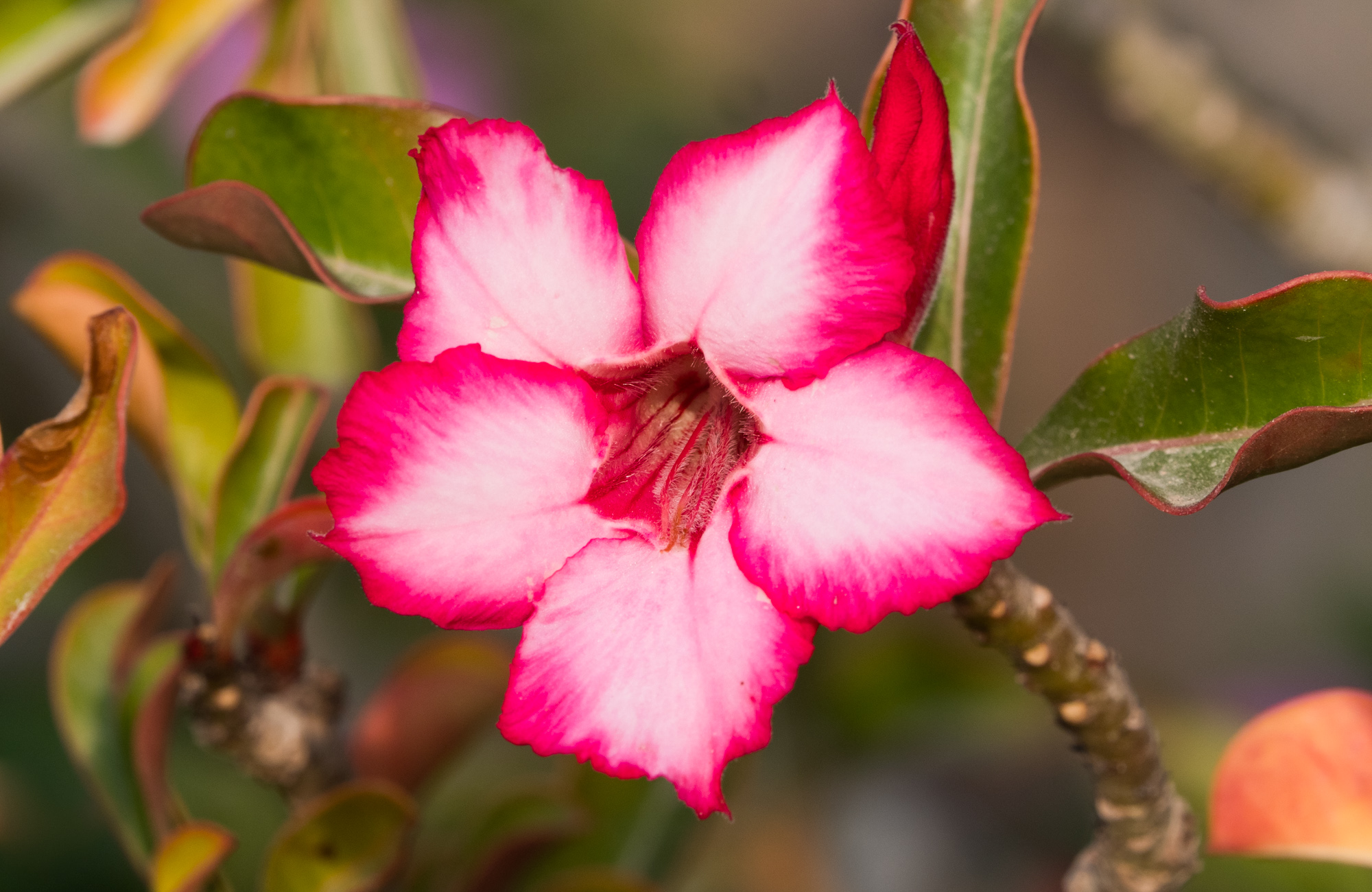
Desert Rose
With only a few days of rainfall per year, a huge irrigation system taking desalinated water from the shore was implemented over the last decades.
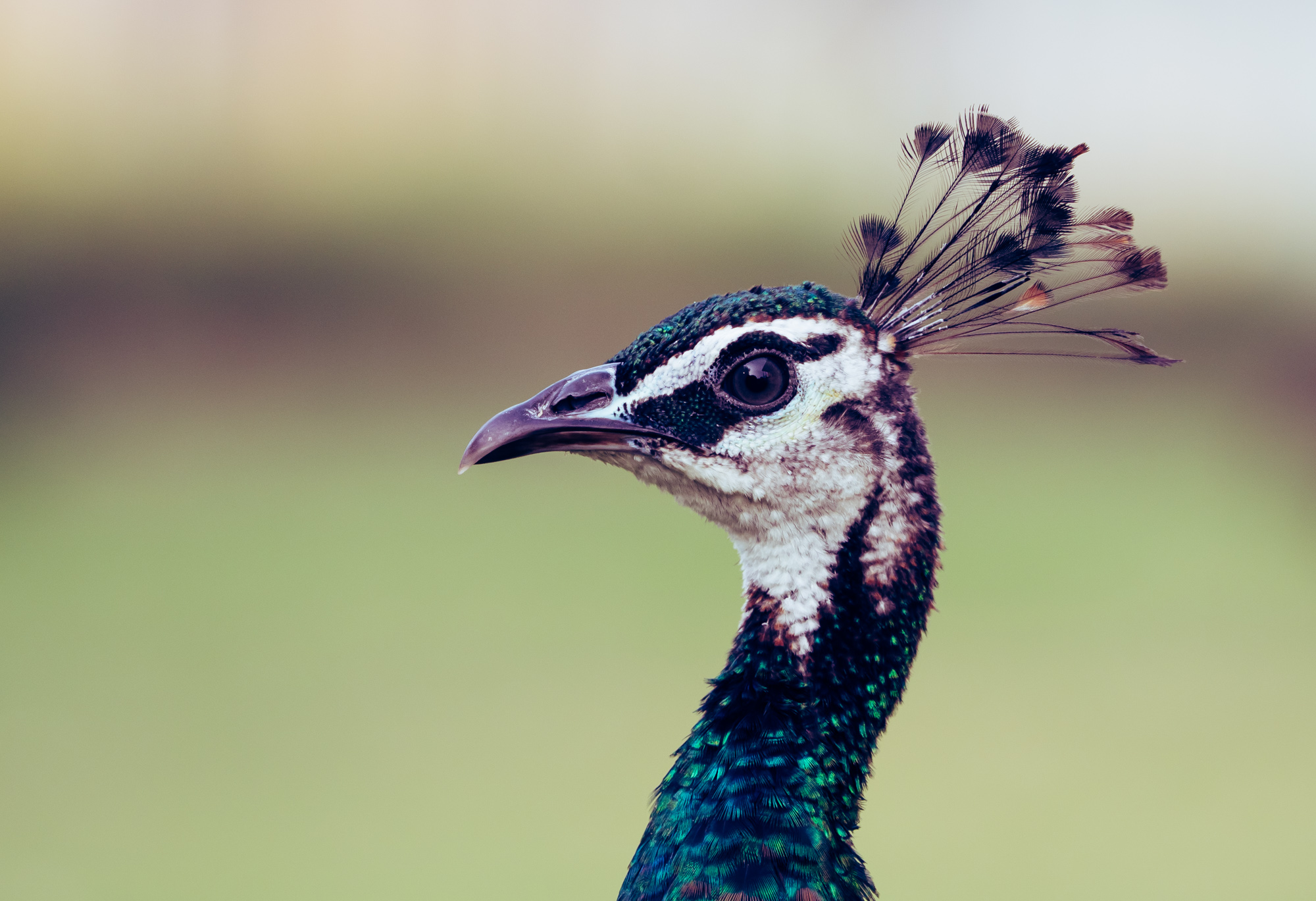
Peacock
Both green and blue types can be found.
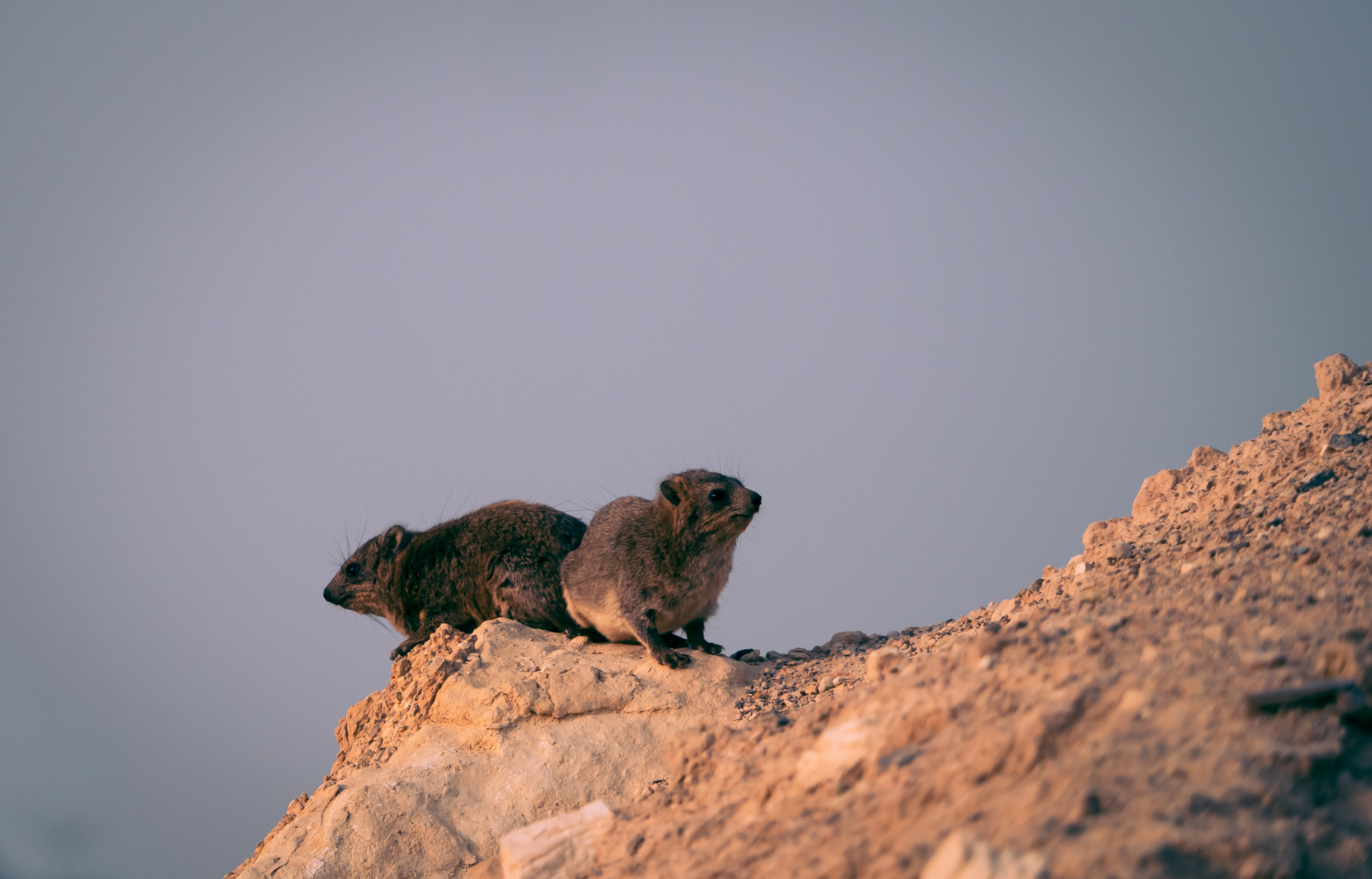
Hyraxes
Believe it or not, these animals are closely related to Elephants.

Horns
Of an Arabian Oryx, if I recall correctly. Having seen them in the wild in the desert, these have become some of my favourite animals.
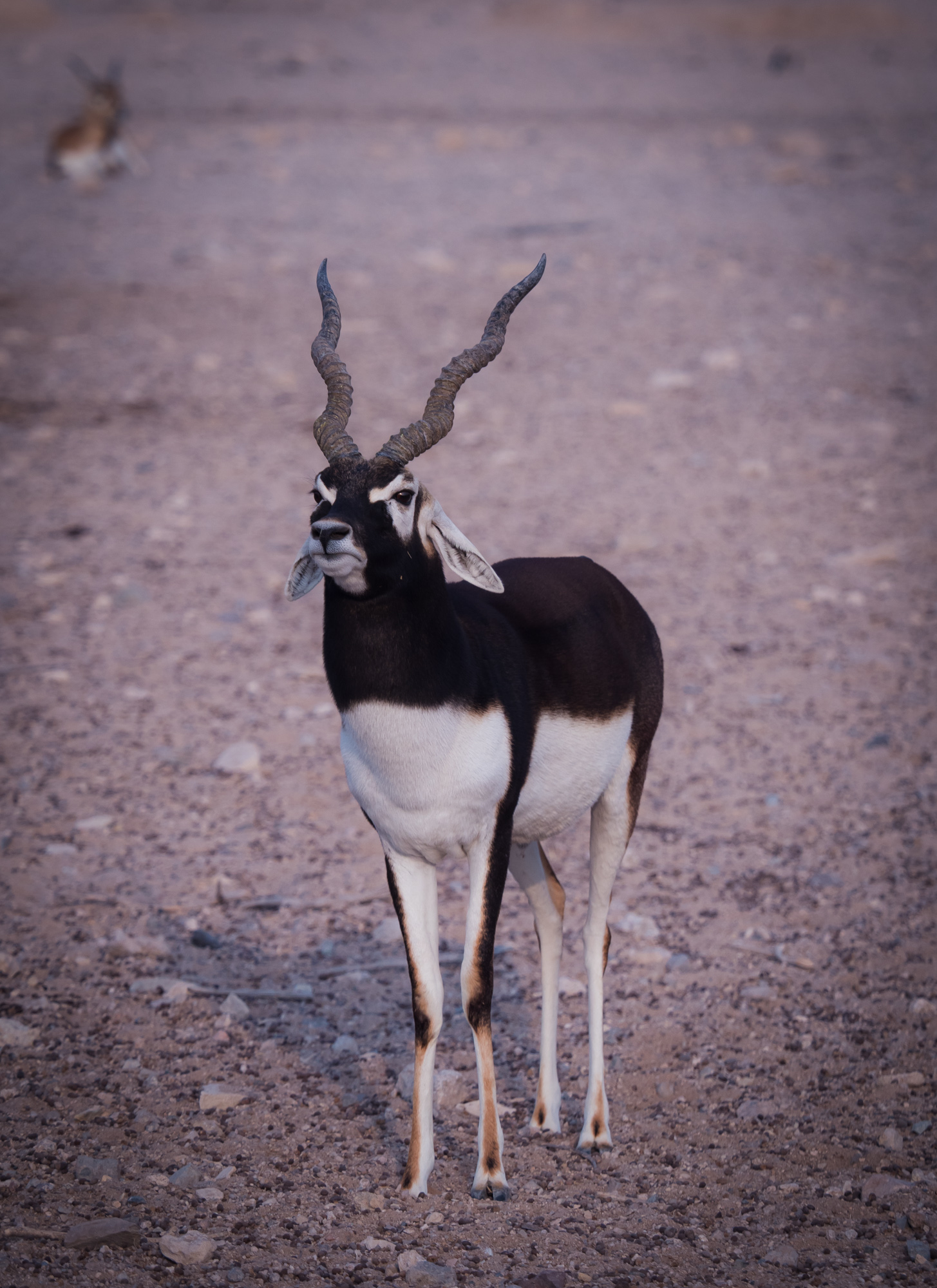
Show Off
Proud of its horns.

Ostrich
A male ostrich, with its pink legs signalling the mating season.
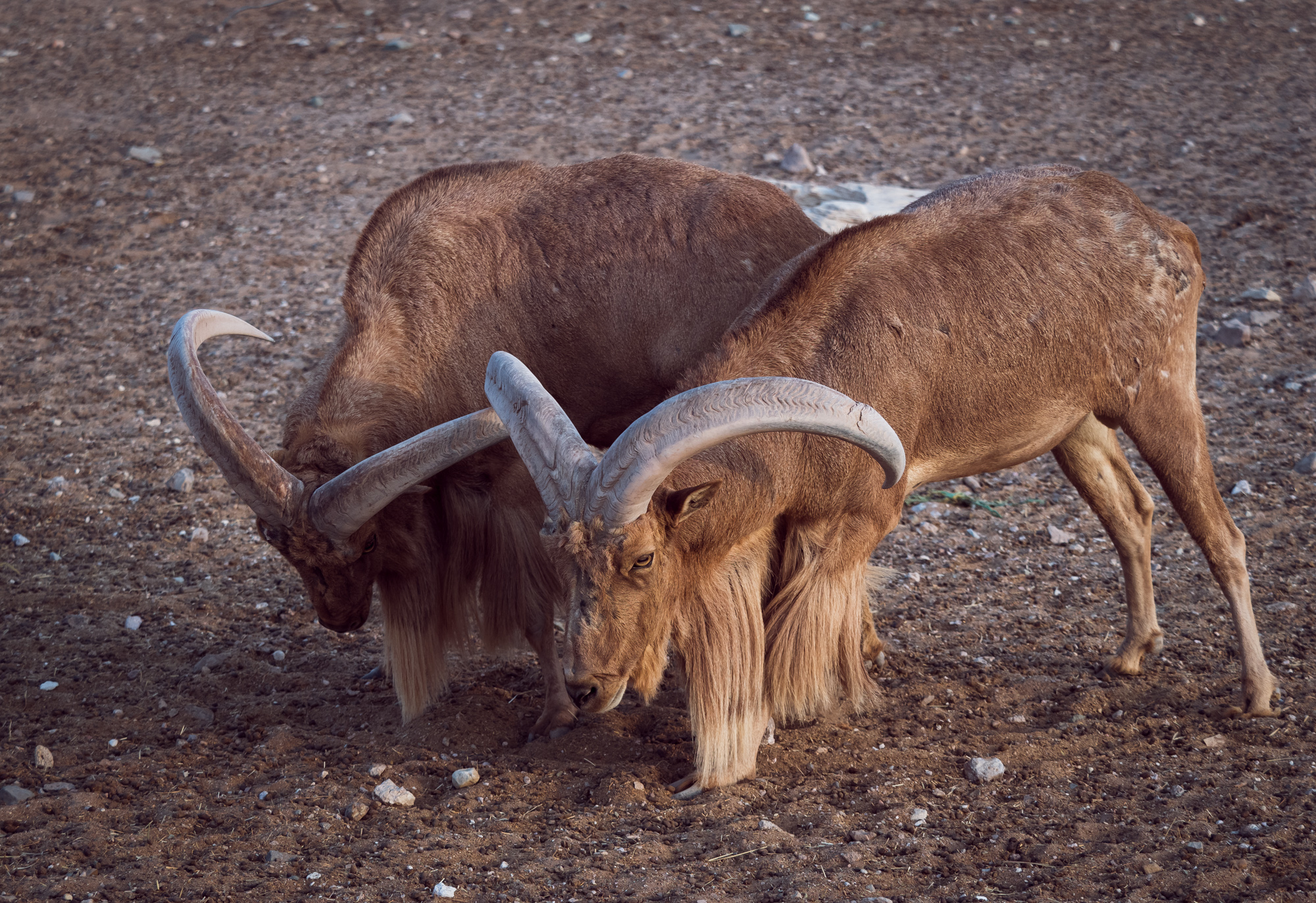
Battles
Two Barbary Sheep (if I am not wrong) measuring their strength.
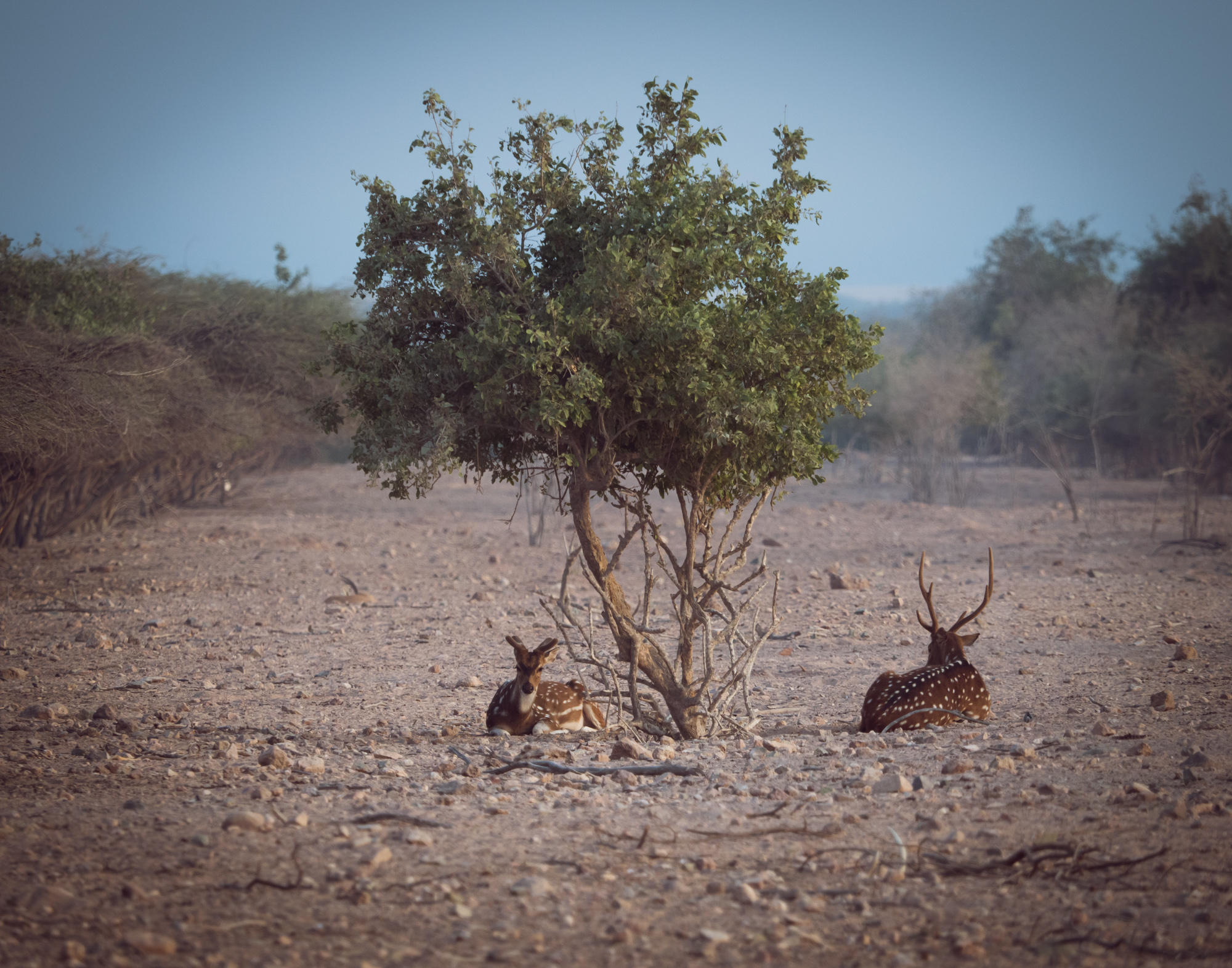
Resting Deer
Several kind of deer can also be spotted on the island, although we heard they are Cheetah favourites...
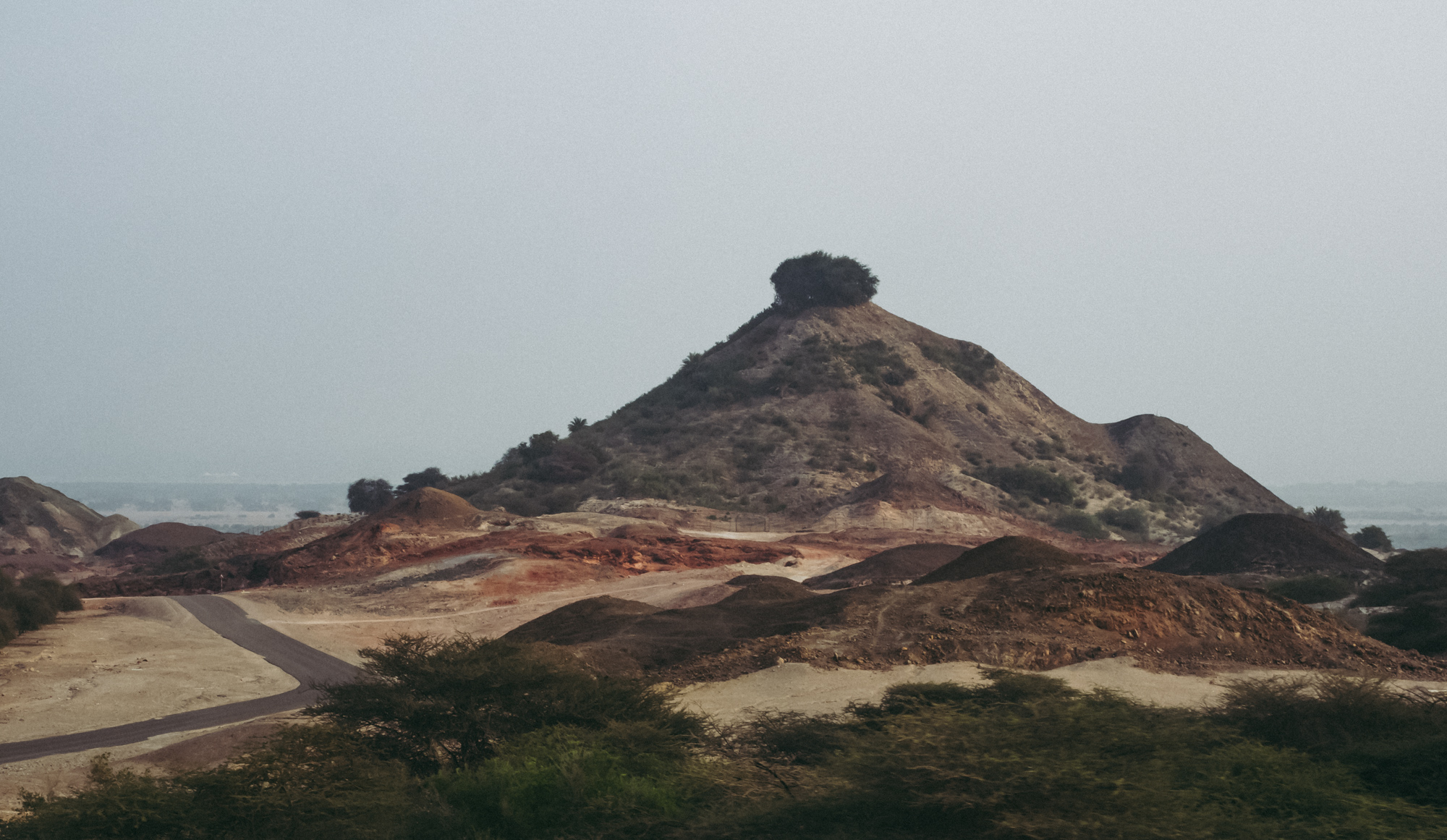
Tribute
Workers are said to have planted the UAE's national tree, the Ghaf tree, on top of the mountain in honor of Sheikh Zayed bin Sultan Al Nahyan who started the initiative on the island in 1977.
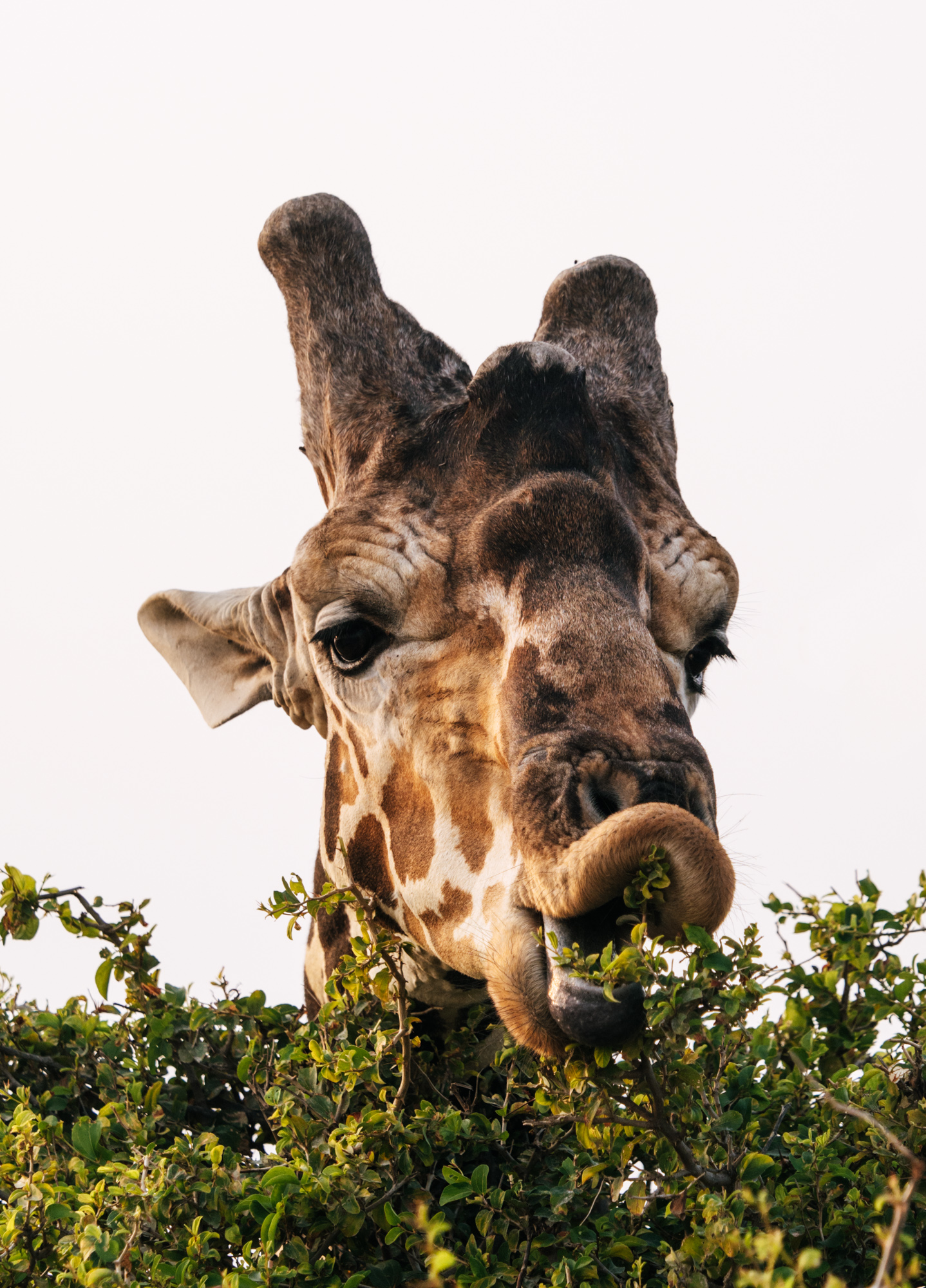
Hungry
There are only 8500 of the Somali Giraffe in the wild. The island is home to about 30.
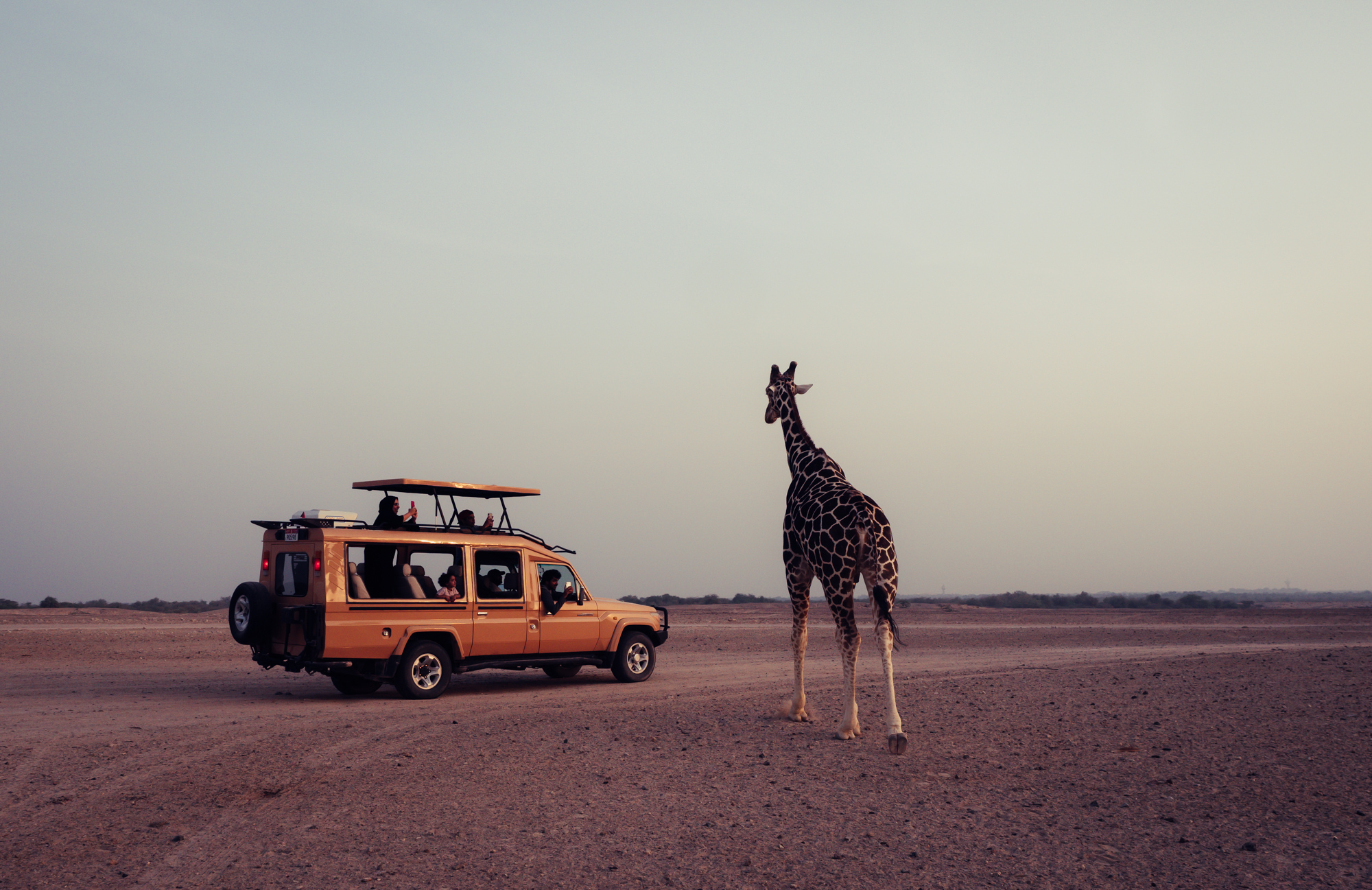
Encounters
They are free roaming in the reserve.
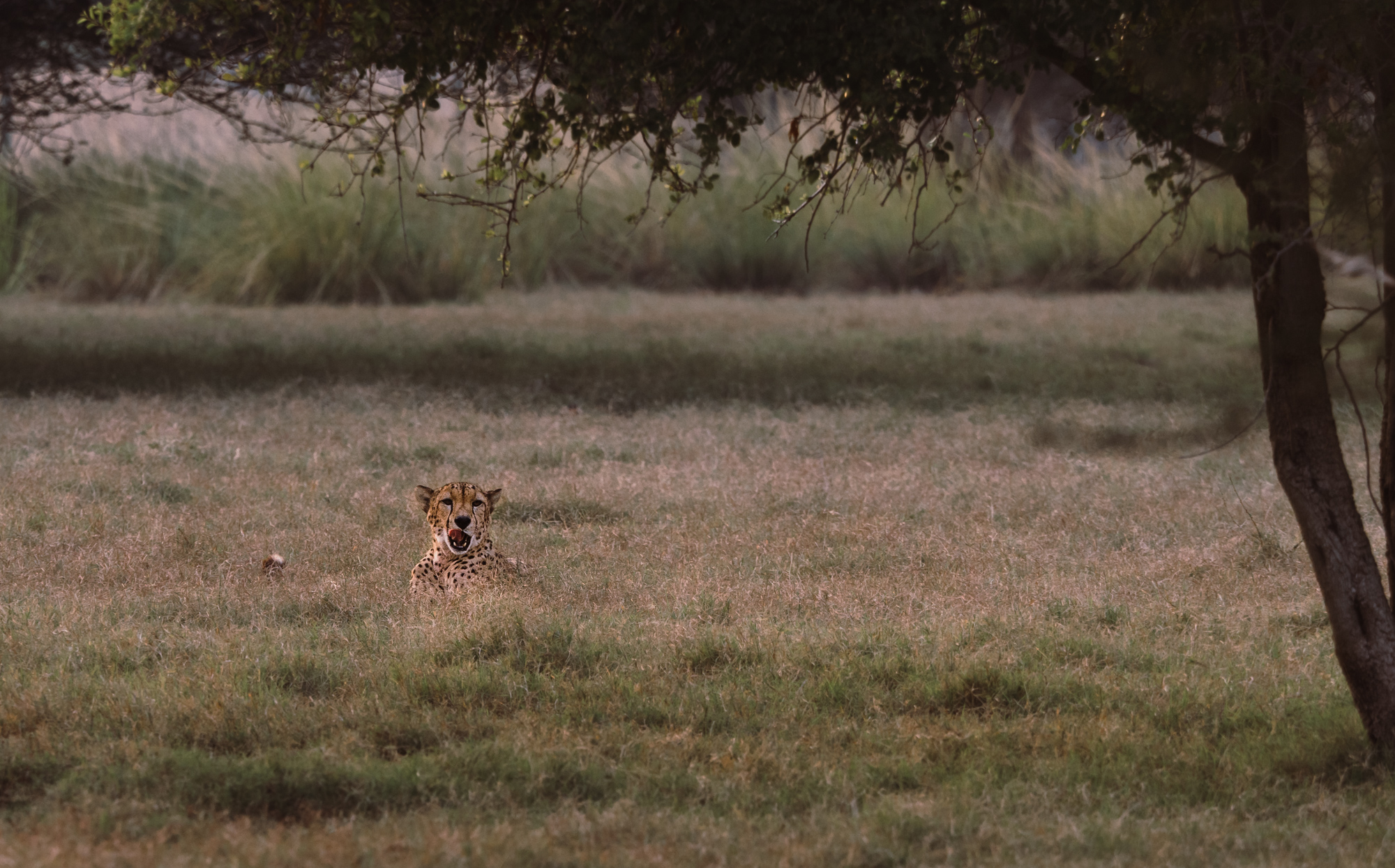
Nom Nom
The cheetah had just made a kill before we spotted them.
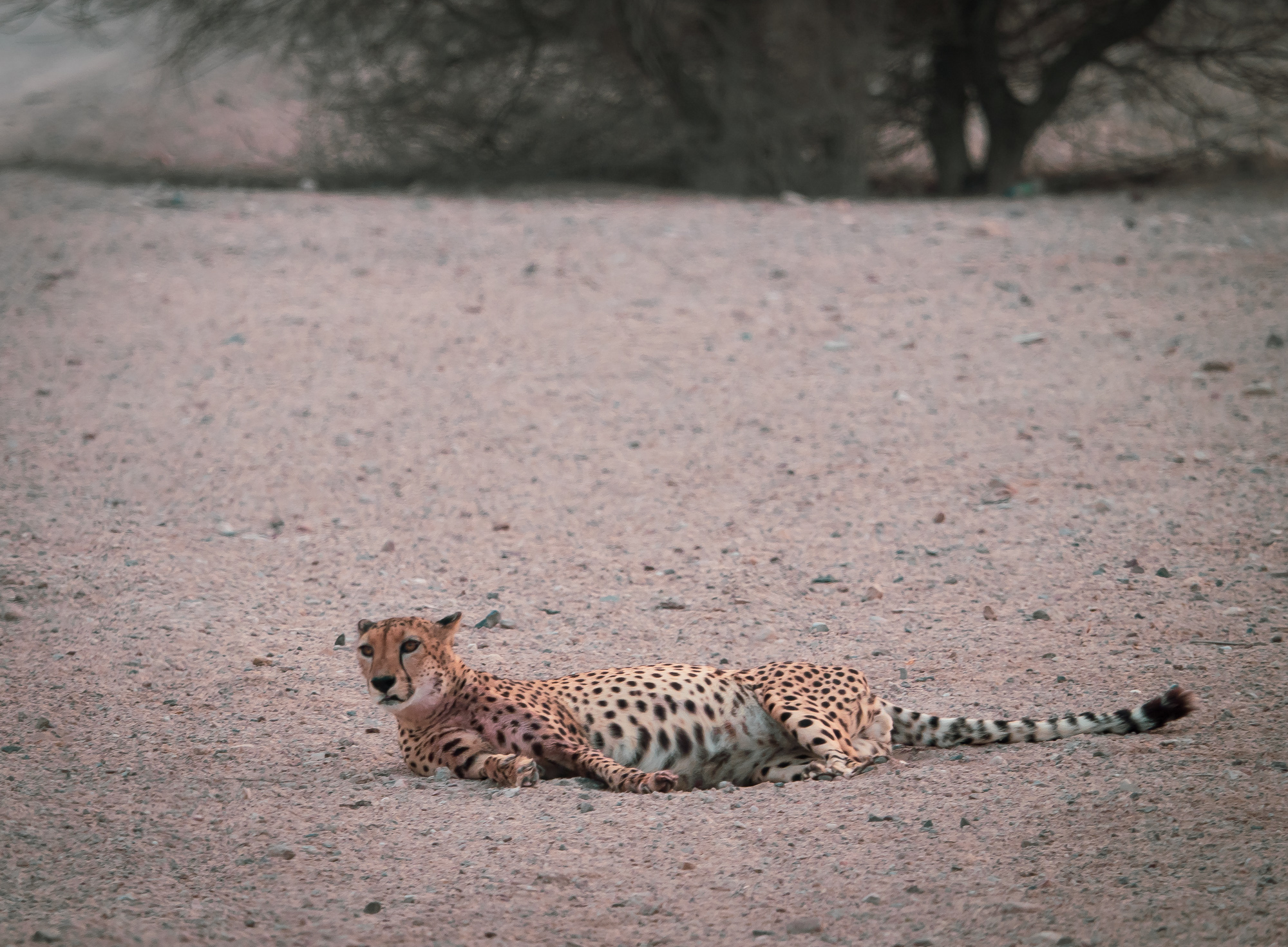
Rest time
So of course it was time to rest after the meal.

Leftovers
This was what was left of the Gazelle after they were done.
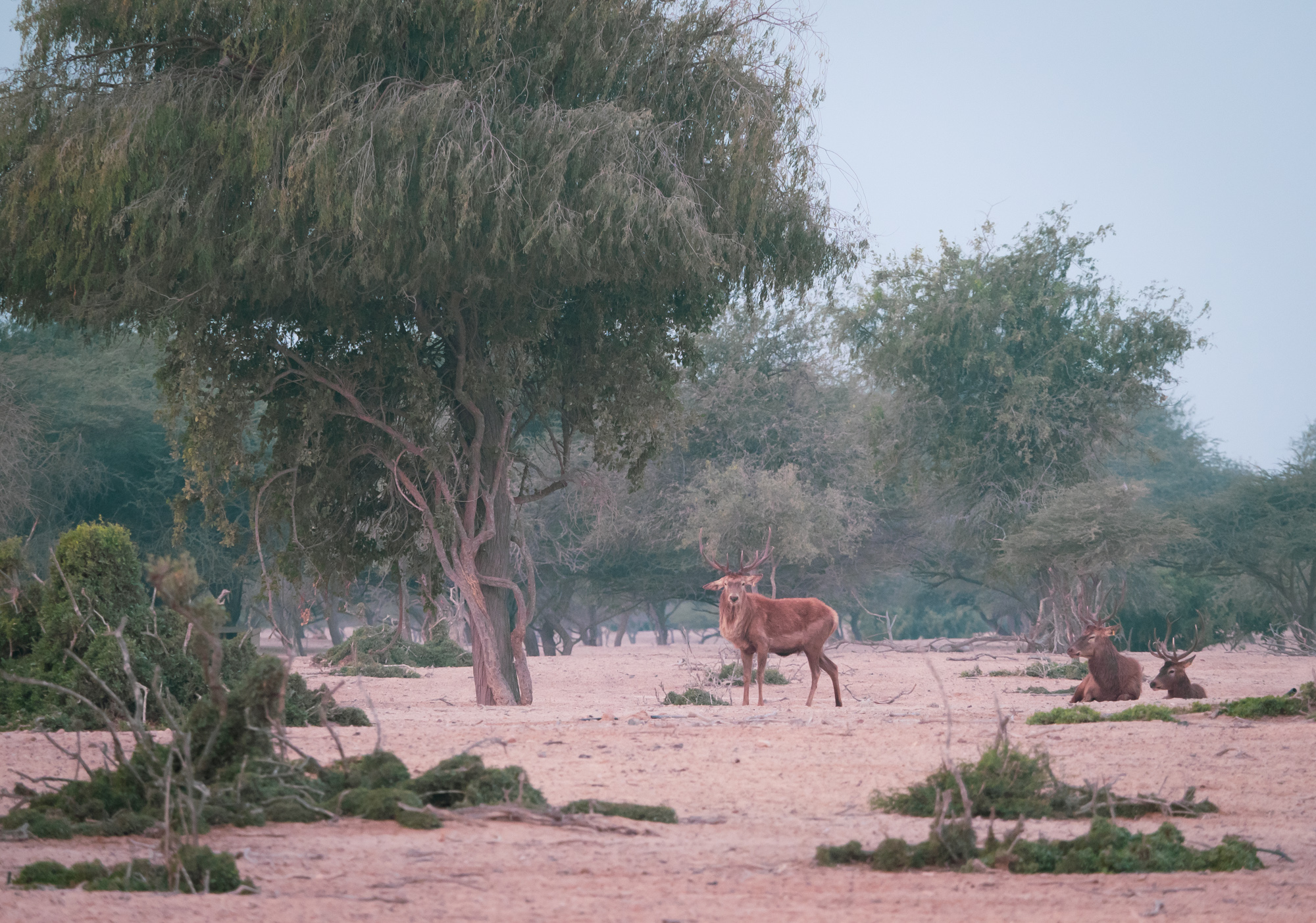
Morning Walk
A guided walking tour through the nature park is the best way to truly get a feeling for the animals.
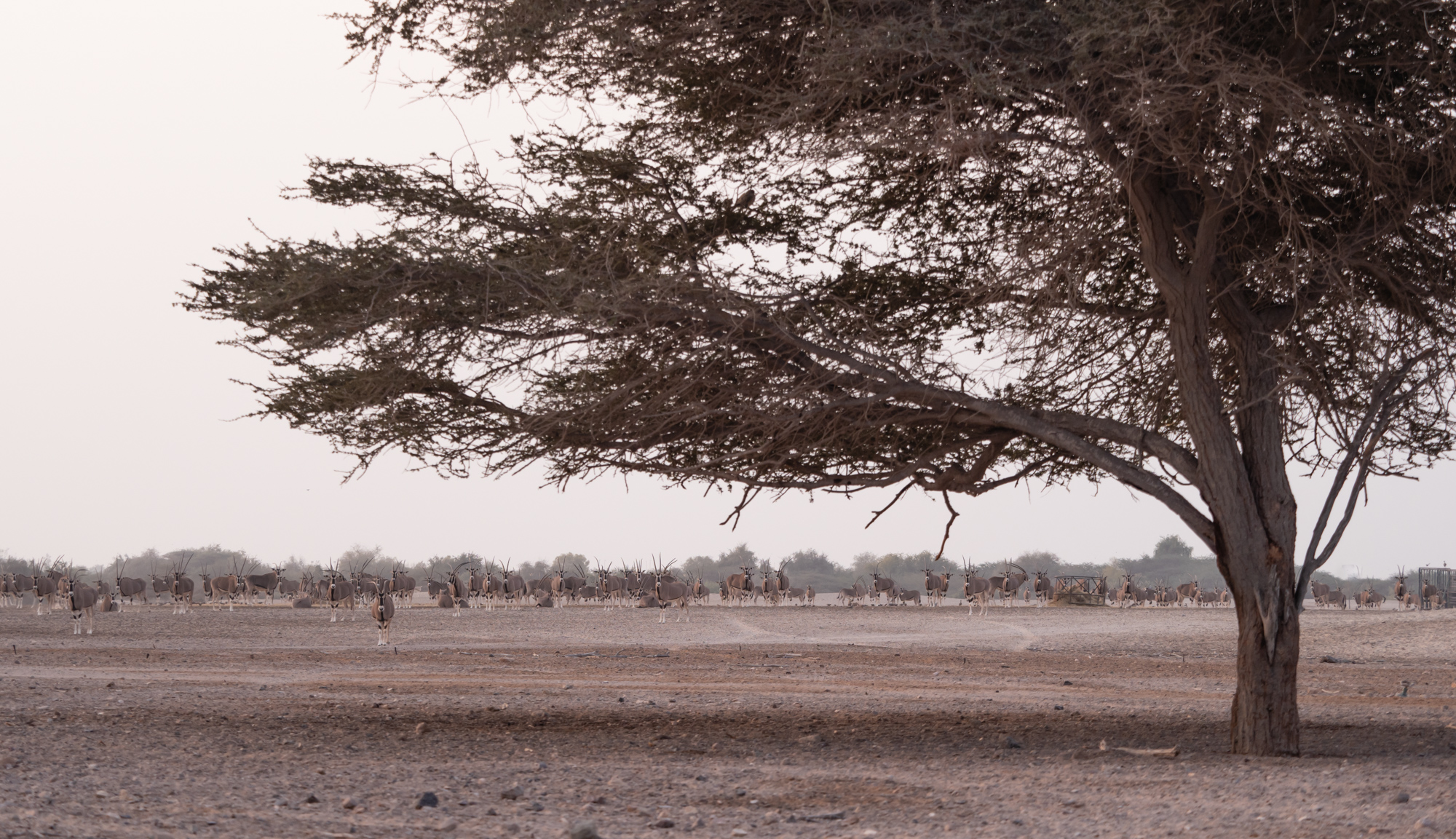
Conservation
The island is home to many critically endangered or vulnerable species, such as Barbary sheep, and Arabian tahr.
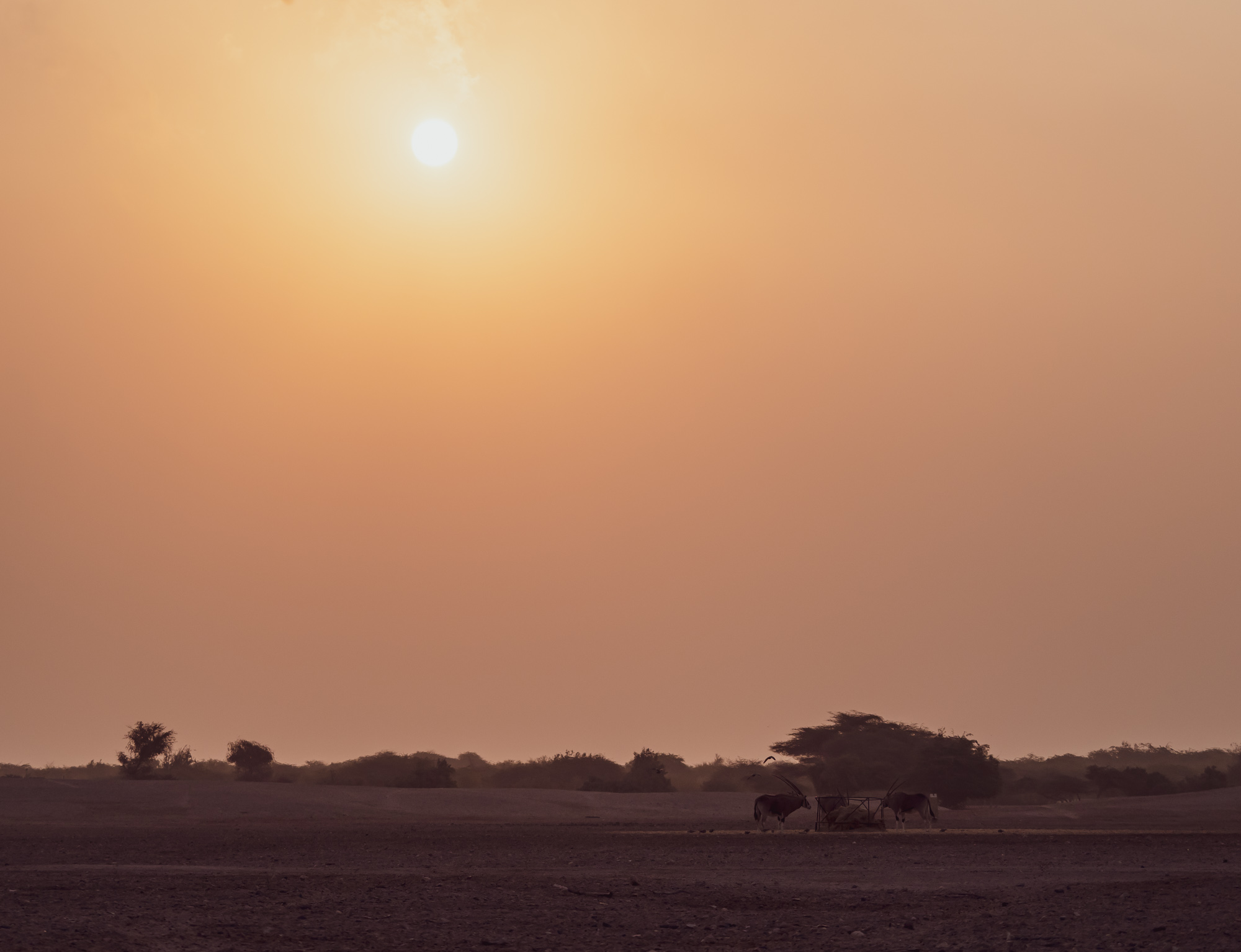
Sunrise Views
Many thousands of animals have been released back into the wild to help local and international conservation efforts.
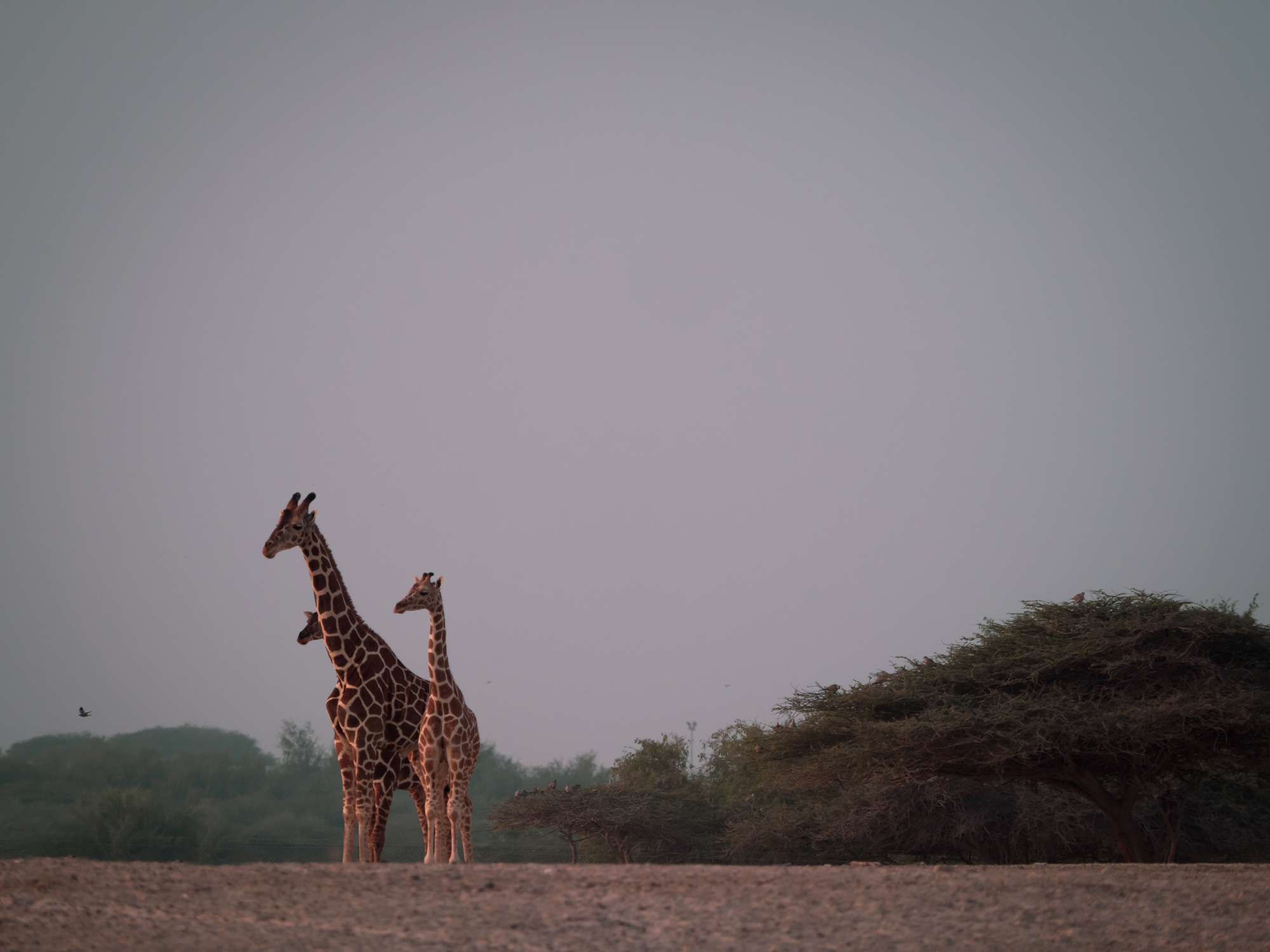
Giraffe Family
After the last young has been born, male and female giraffes have been seperated on the island to avoid further population growth, as giraffes eat a lot...

Wildlife
More than half the island is made up of the Arabian Wildlife Park, which is home to more than 10,000 free roaming animals.
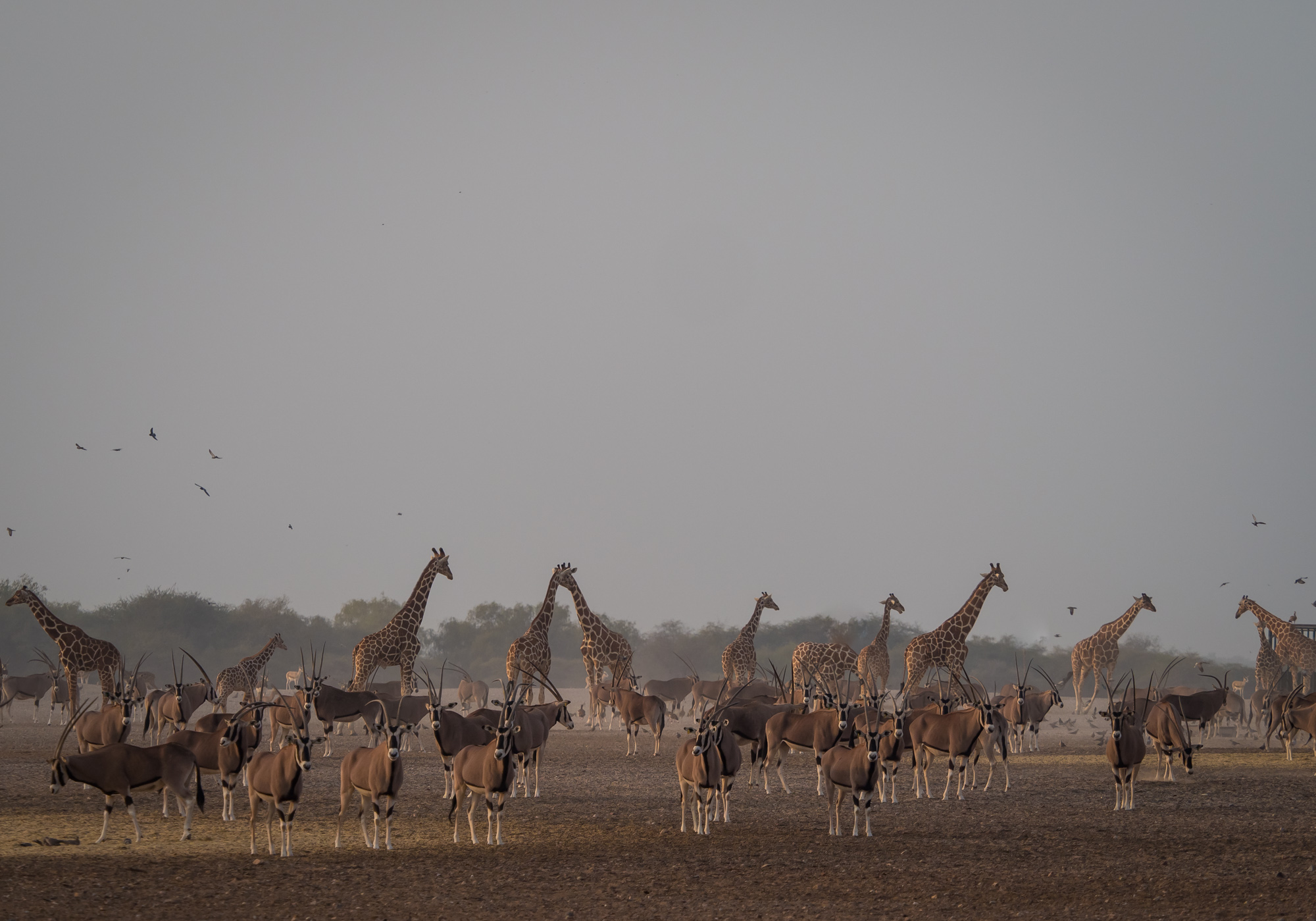
Under Observation
As we came closer during the walking tour, we were monitored quite intensely...
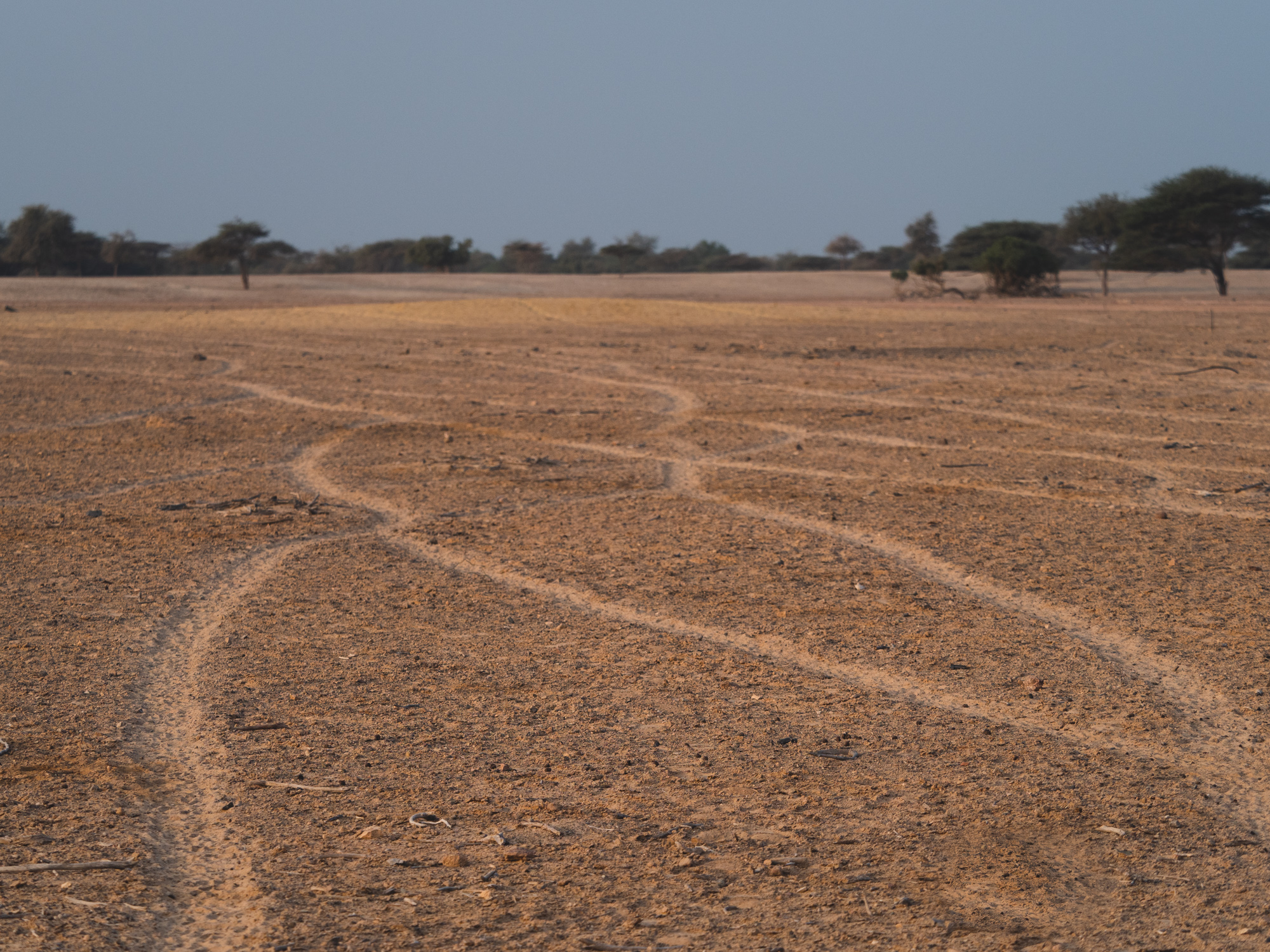
Car Tracks?
Actually - these are tracks from gazelles walking towards one of the feeding stations, they like to keep in line...

Greenery
Over 3 million trees have been planted on the island over the last 40 years.
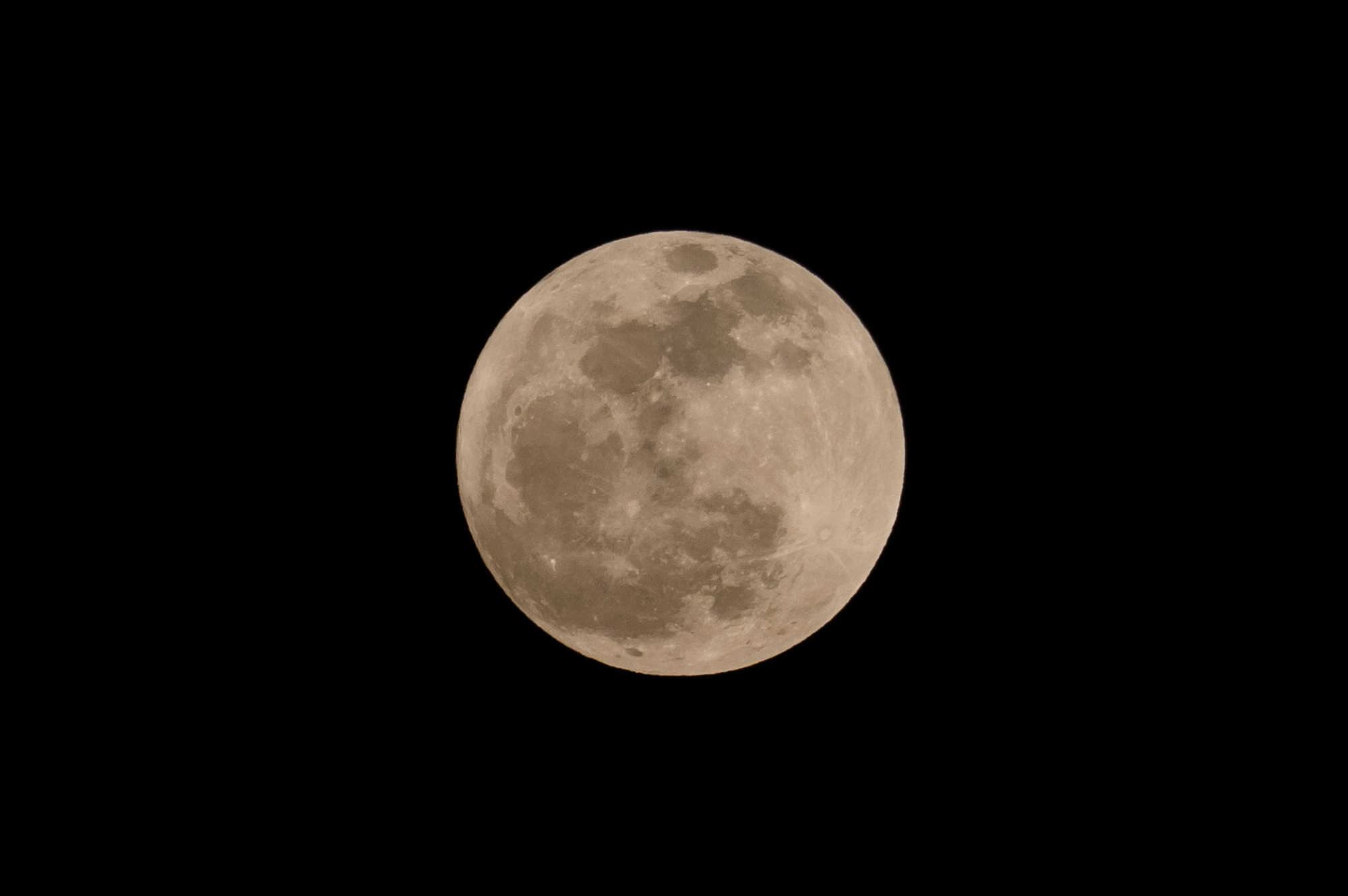
Full Moon
Staying during full moon meant nights were bright.
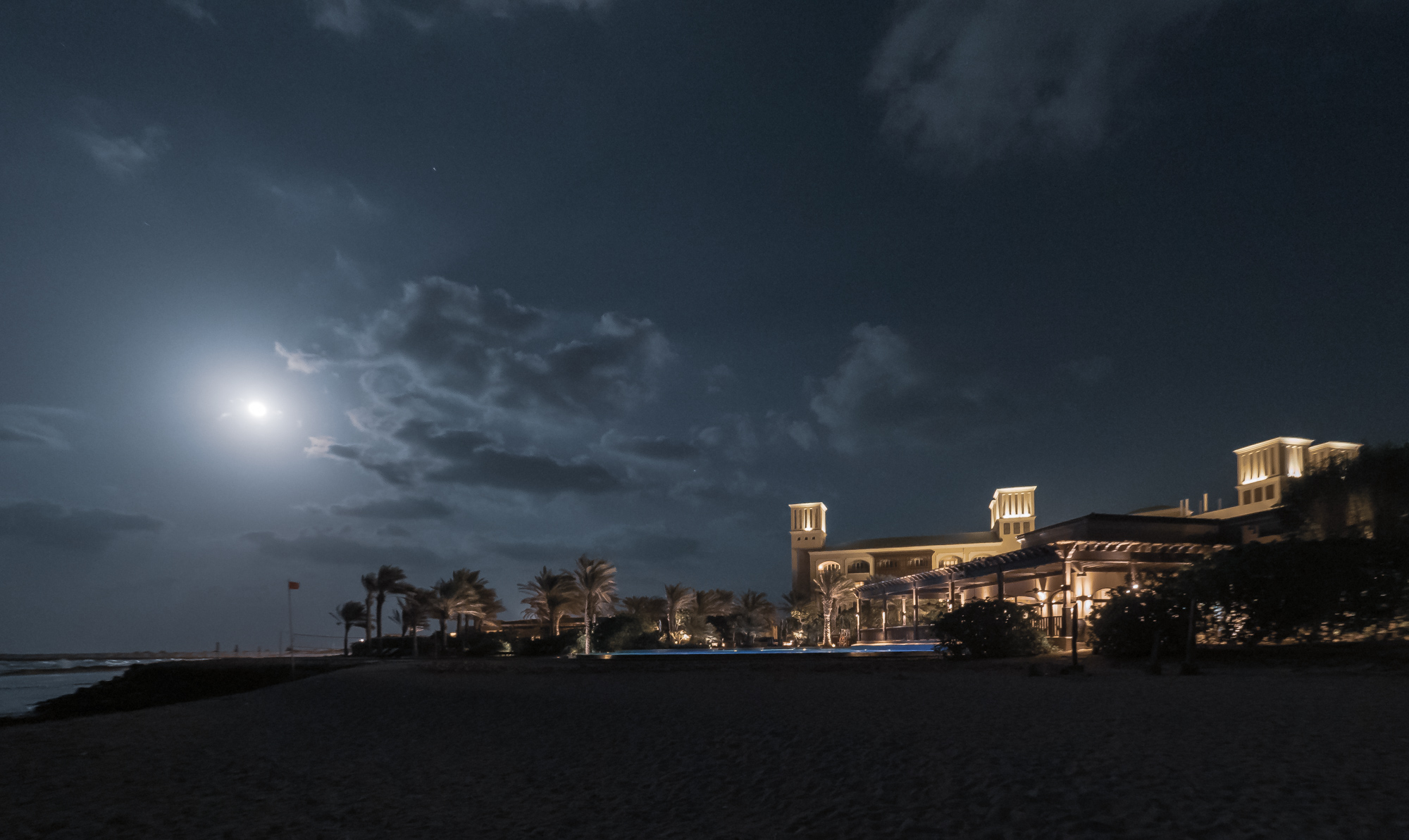
Desert Islands Hotel
The first hotel on the island opened in 2008 and used to be Sheikh Zayed's guest house.
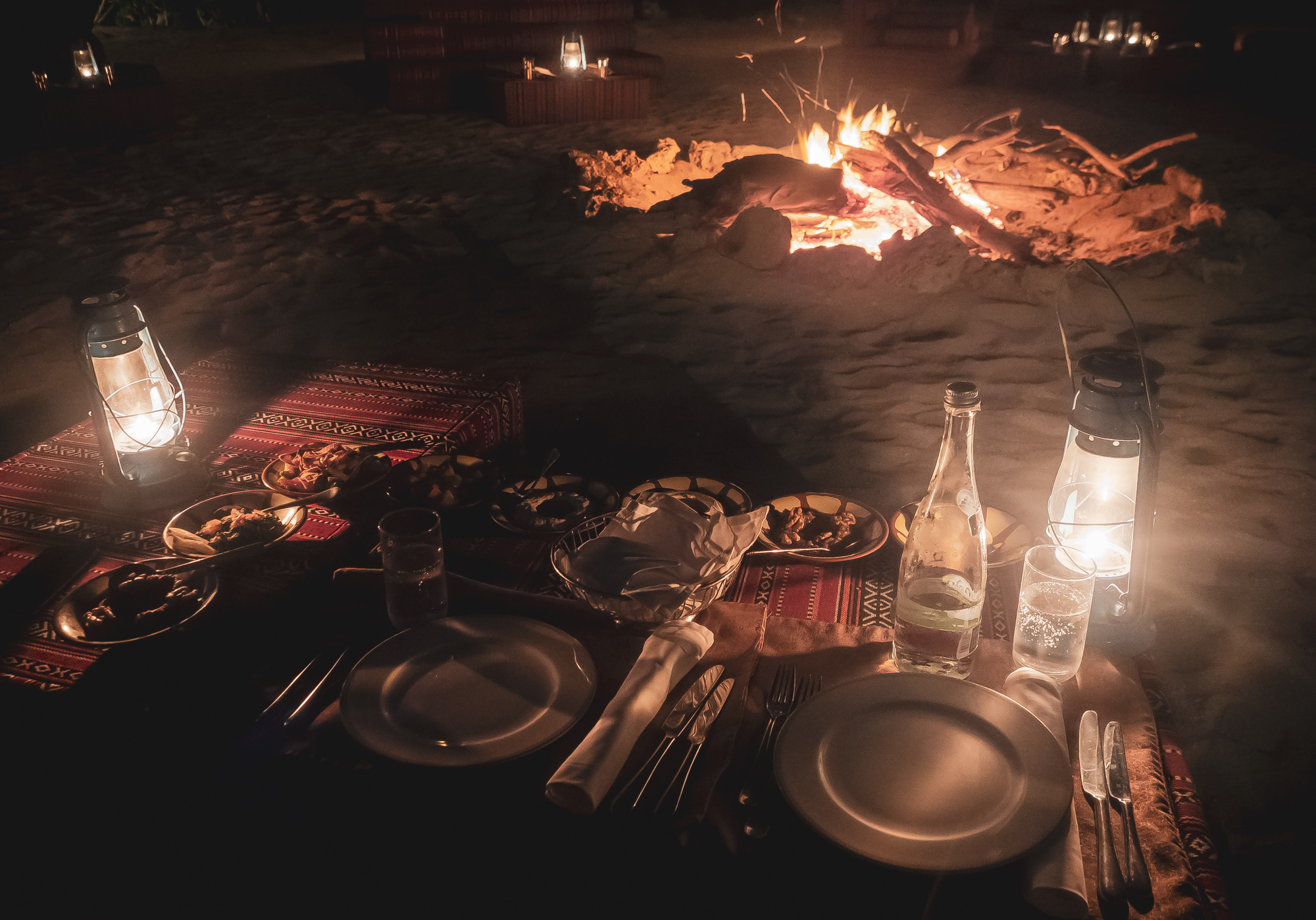
Dinner Time
It's getting cold in the Winter out in the sea, but a fire on the beach and some arabic food makes it more than bearable.

Wadi
The rugged mountain area features some beautiful Wadis which fill with water during (rare) rainy times.
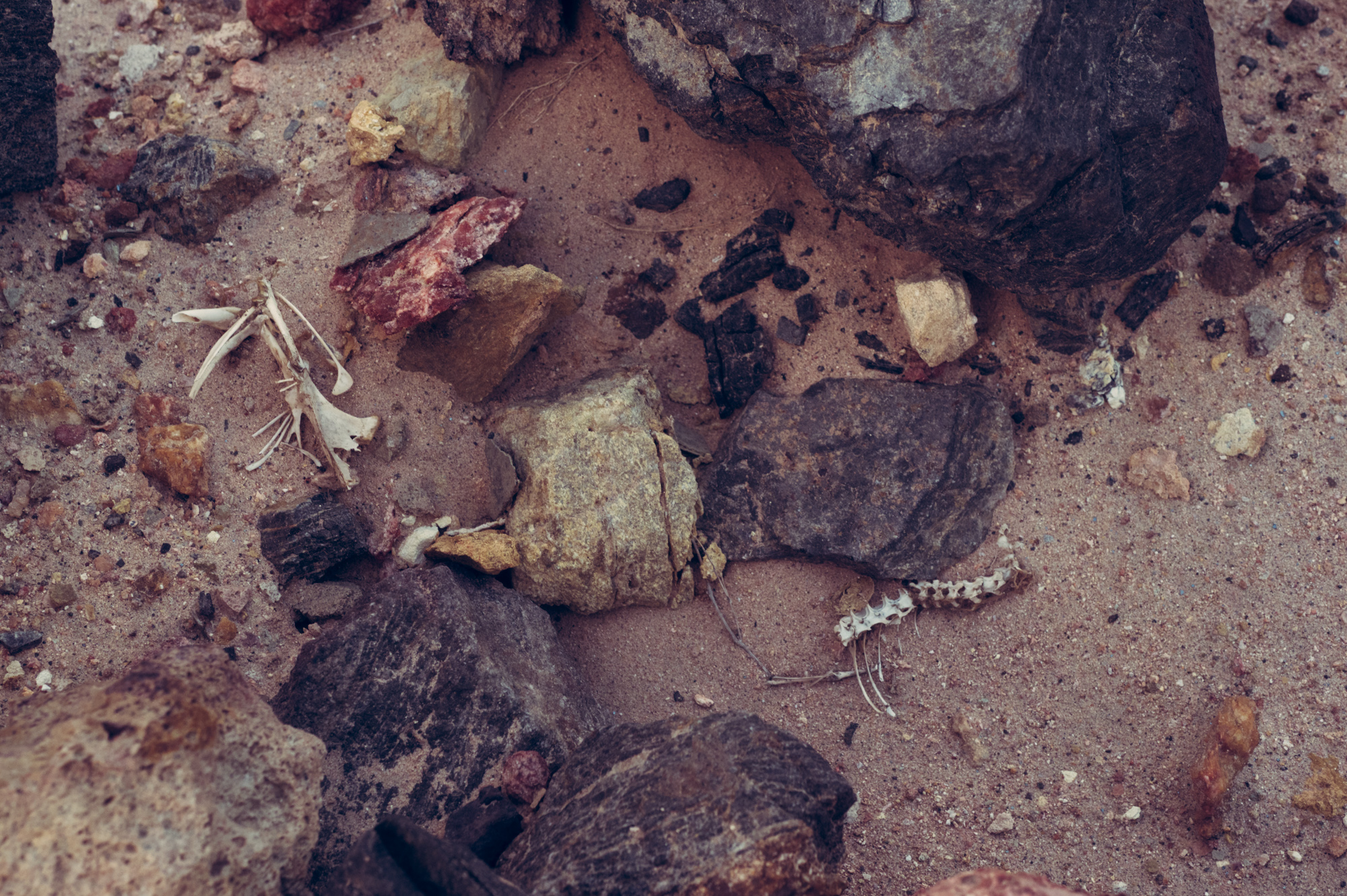
Cemetary
Many animals are said to come here for their last hours.

Oxidized Iron
Haematite I believe?

Colourful
Gypsum mixed with iron turn into brown and red colour shades across the rocks.
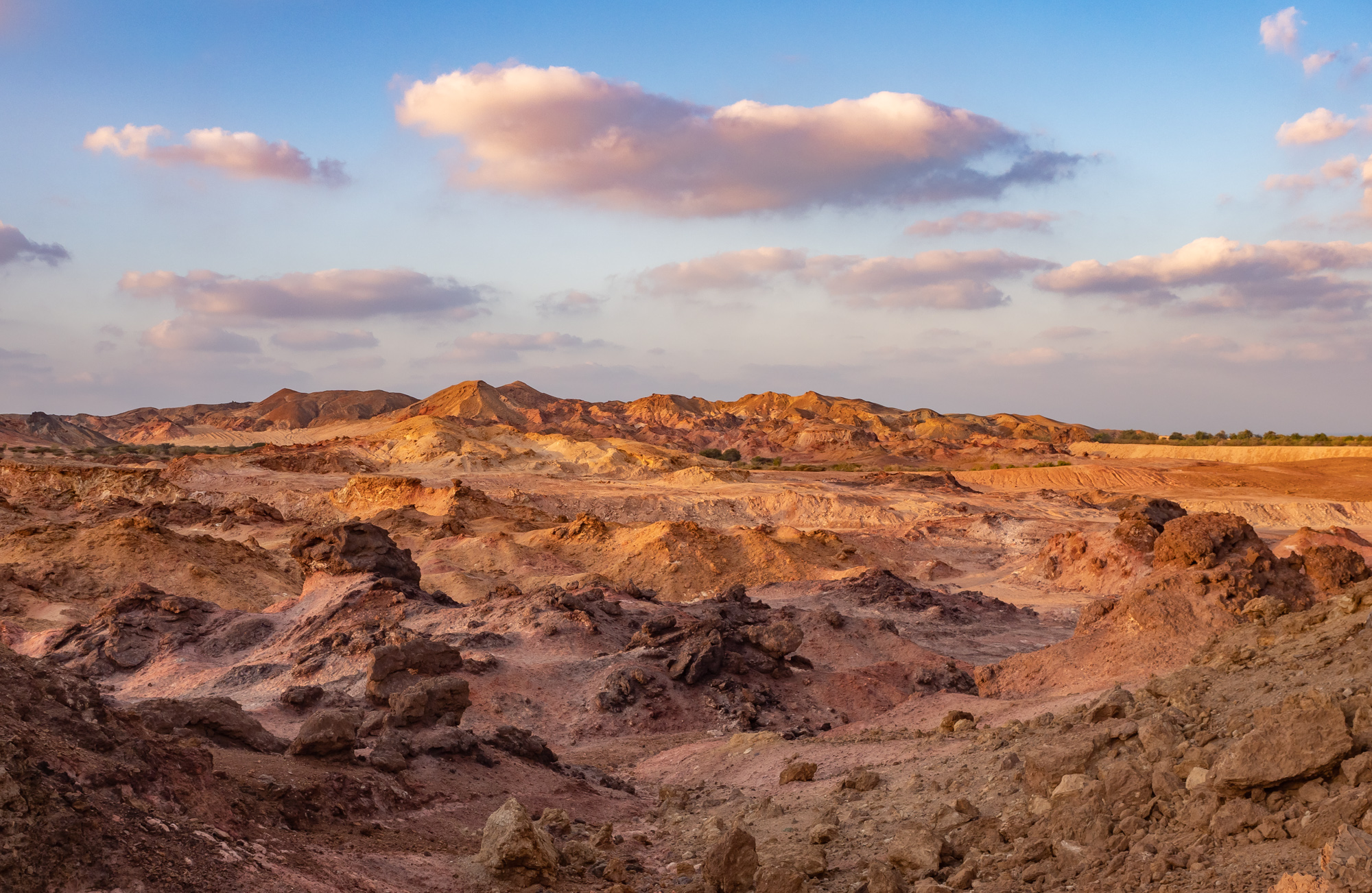
Barren
The central part of the island has not been planted much, and shows the barren yet beautiful mountainous landscapes.
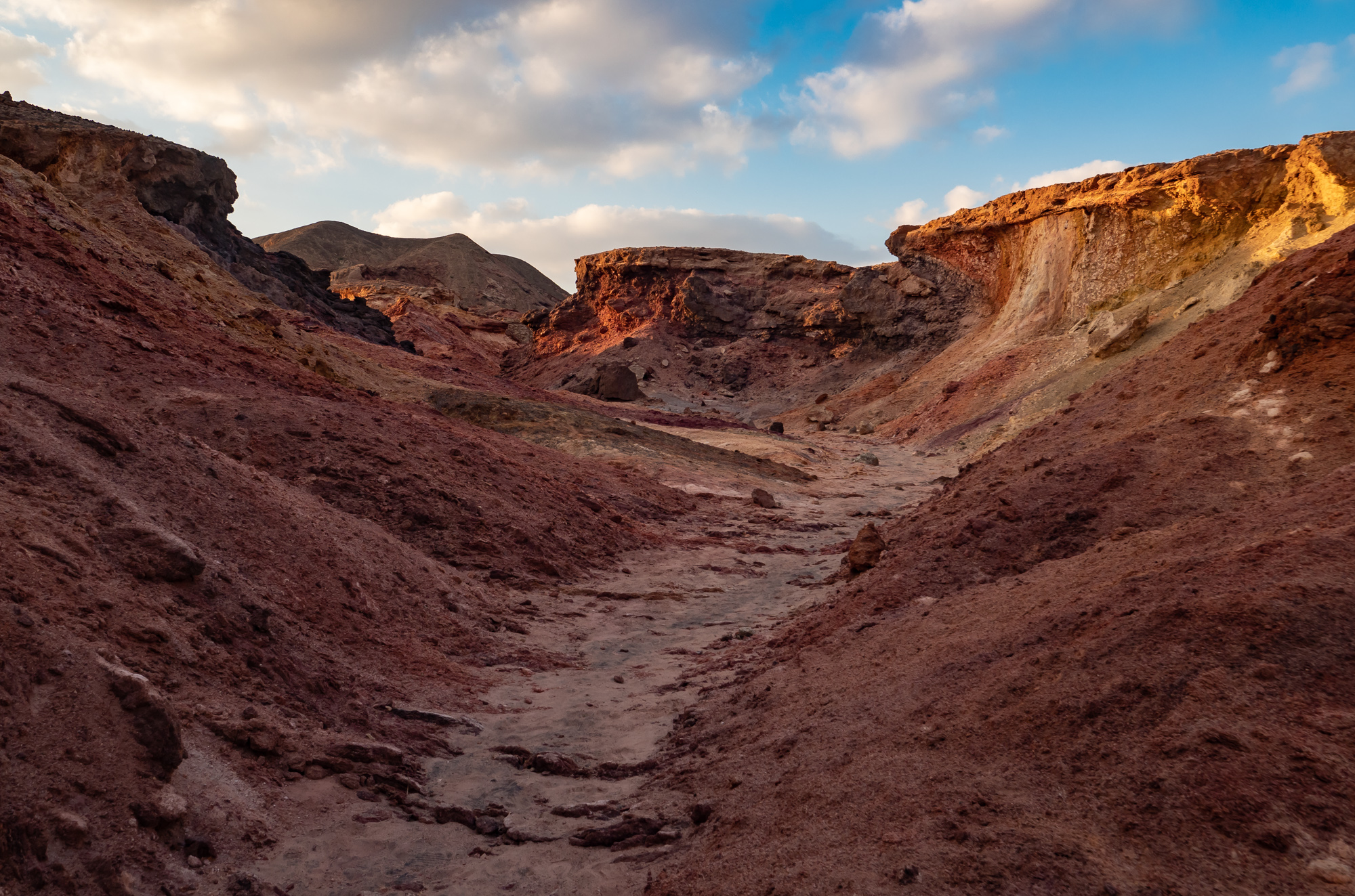
Nature & Culture
Aside from beautiful nature, the island is also home to the UAE's only discovered Christian monastery from around 600 AD - it is currently being renovated and can't be visited though.

The First Rays
Salt and sediments squeezed their way to the surface, creating the patterns in the rock.

Shadow Selfie
Sunrise always makes for the best light.

Green Dot.
Even in this landscape, some plants survive, although very few are naturally occuring.
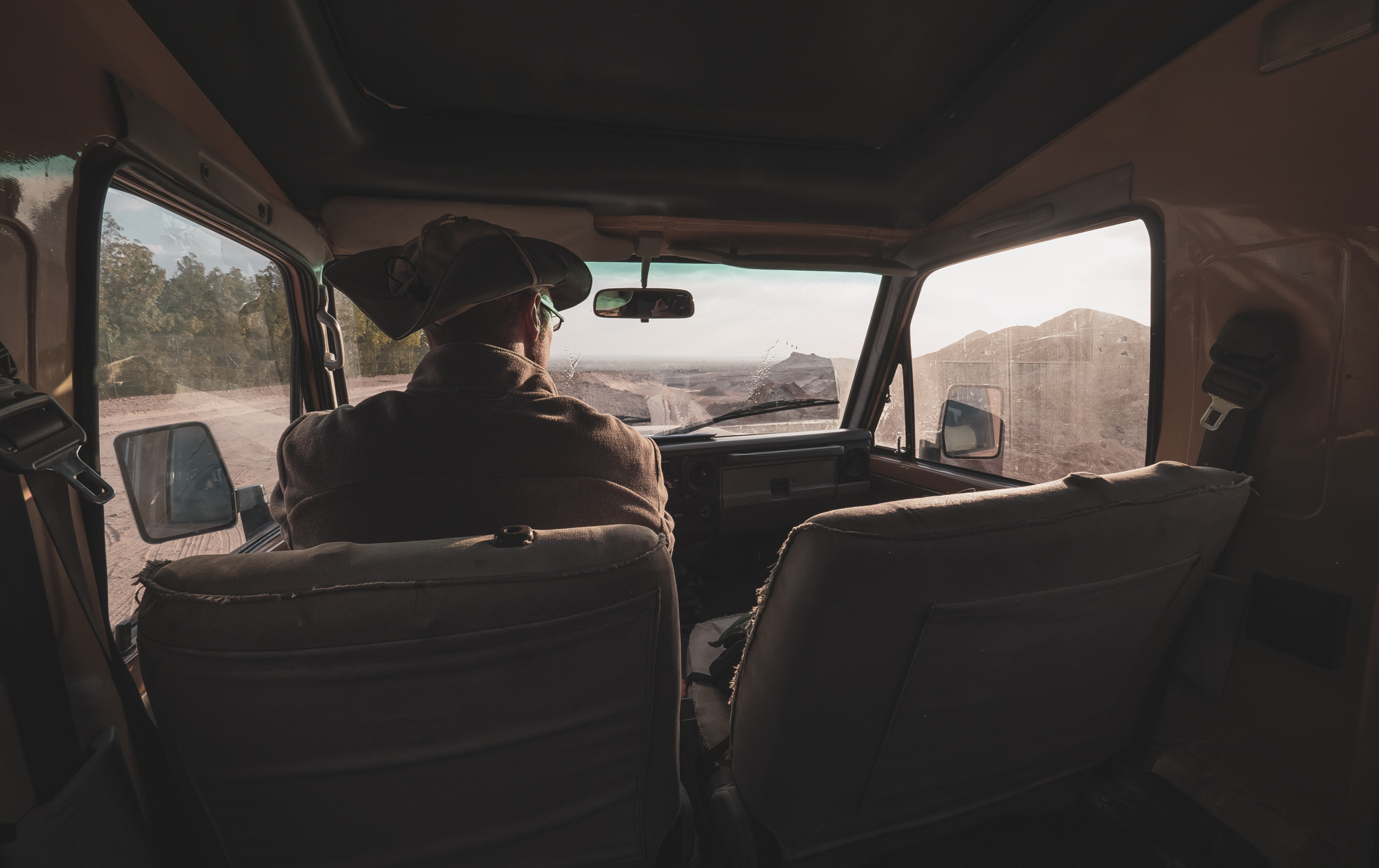
Exploring
You can explore the island with a 4x4 or also by foot - although at 87sqm it was a lot bigger than I had thought.
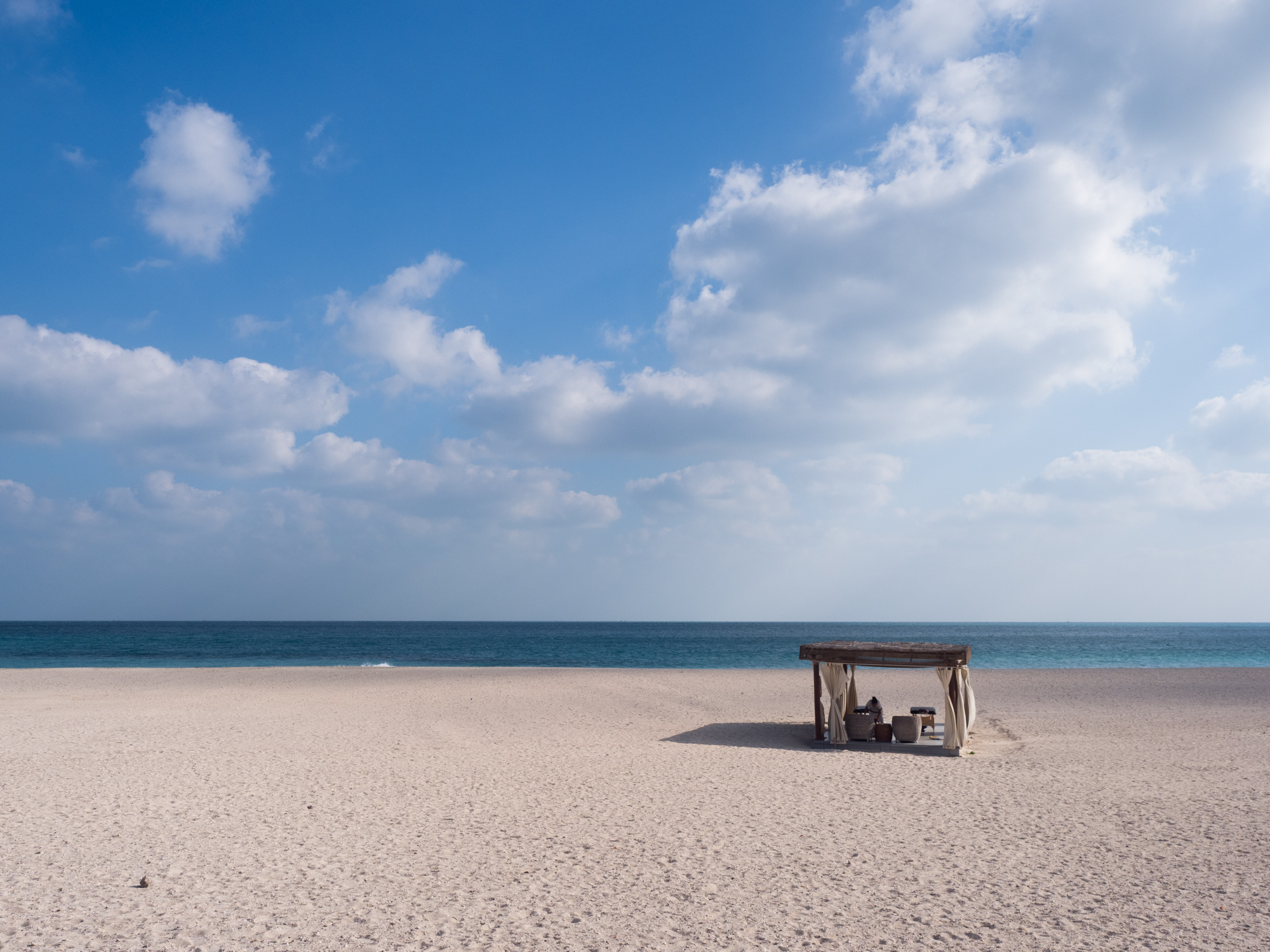
Beach Life
The natural variety of the island is amazing.
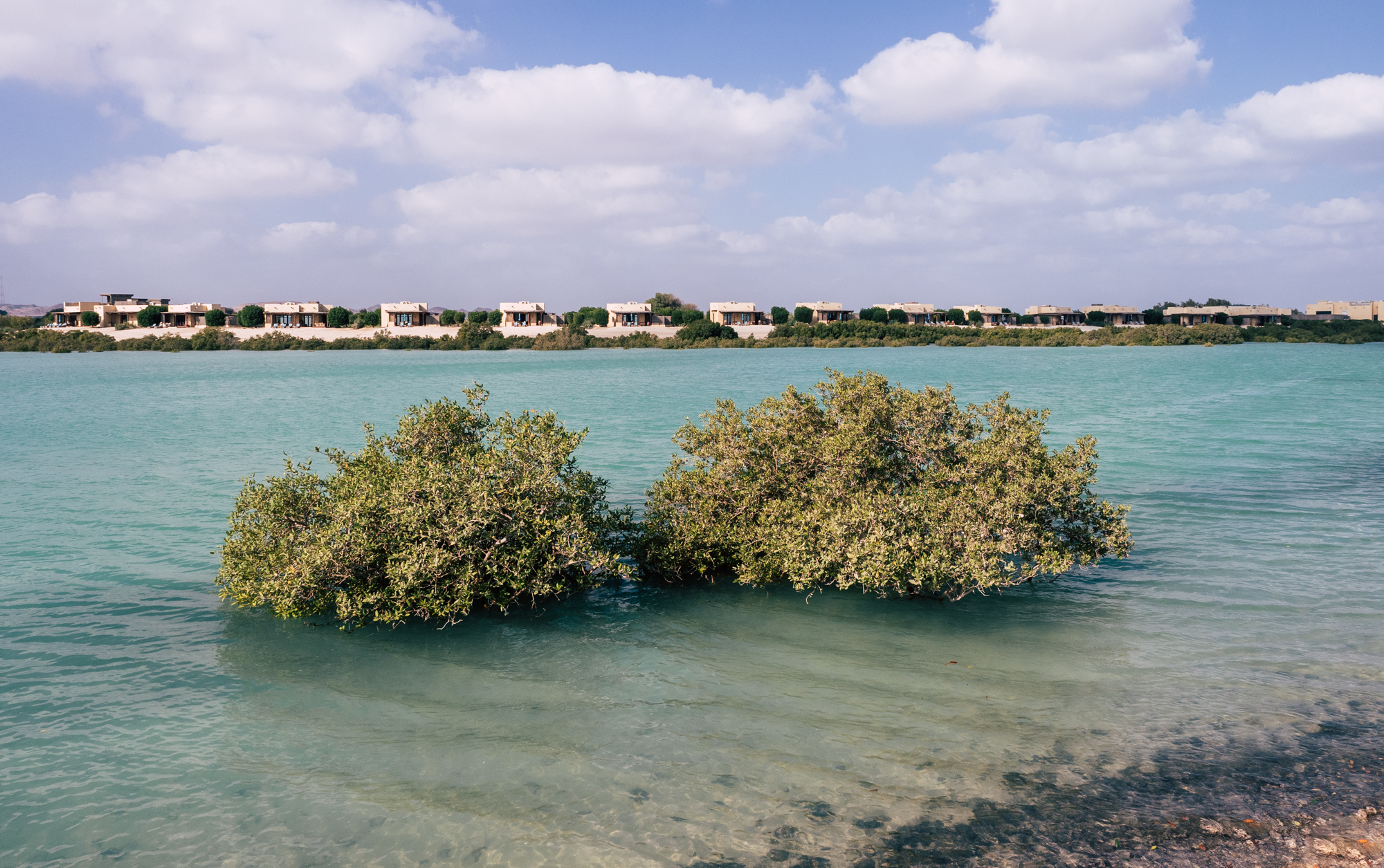
Hotel Views
The island now has three hotels run by Anantara, with a total of less than 150 rooms. Al Yamm is located on the eastern shores in the mangrove area.
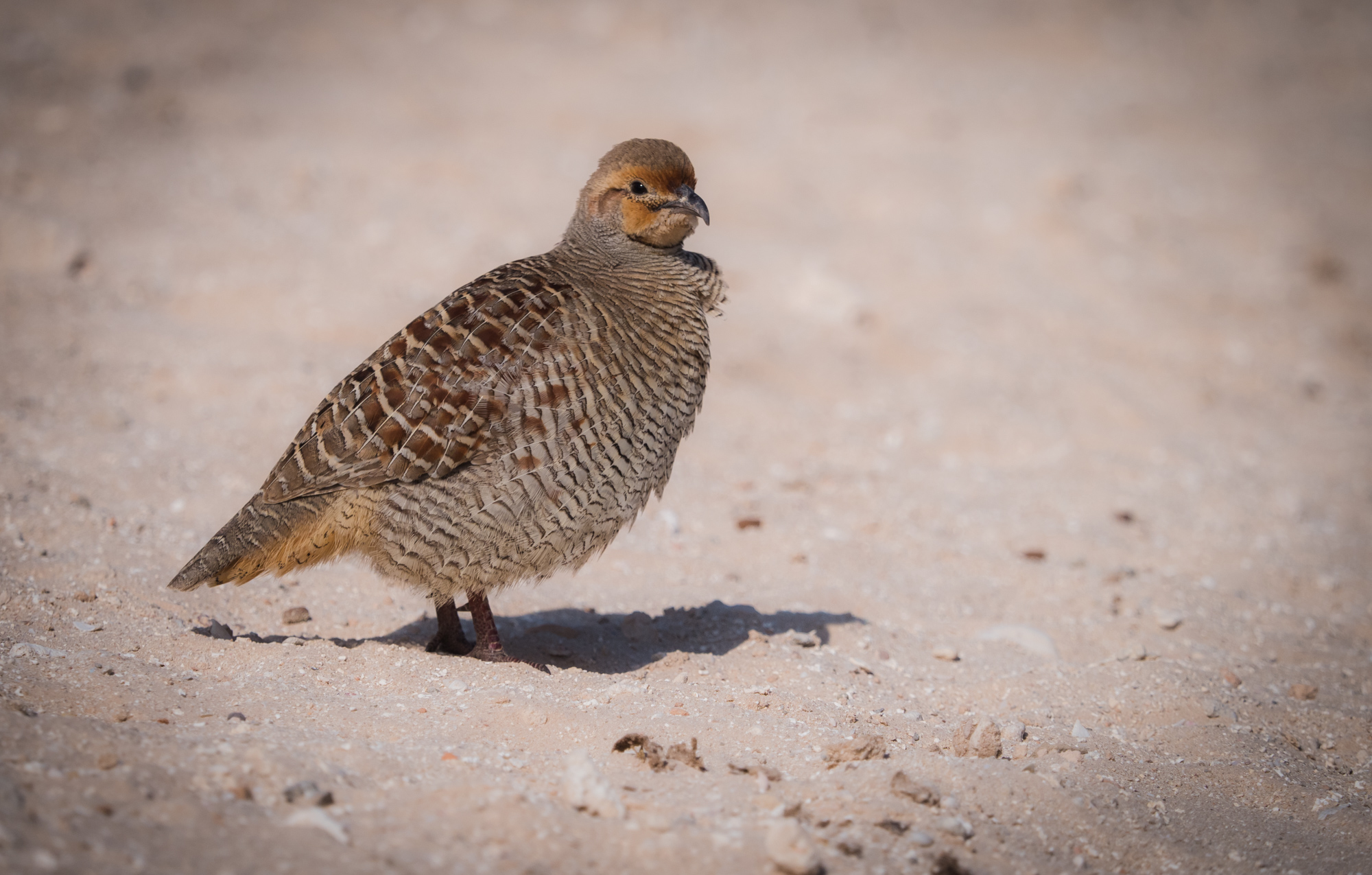
Fattie
Unsure of what kind.
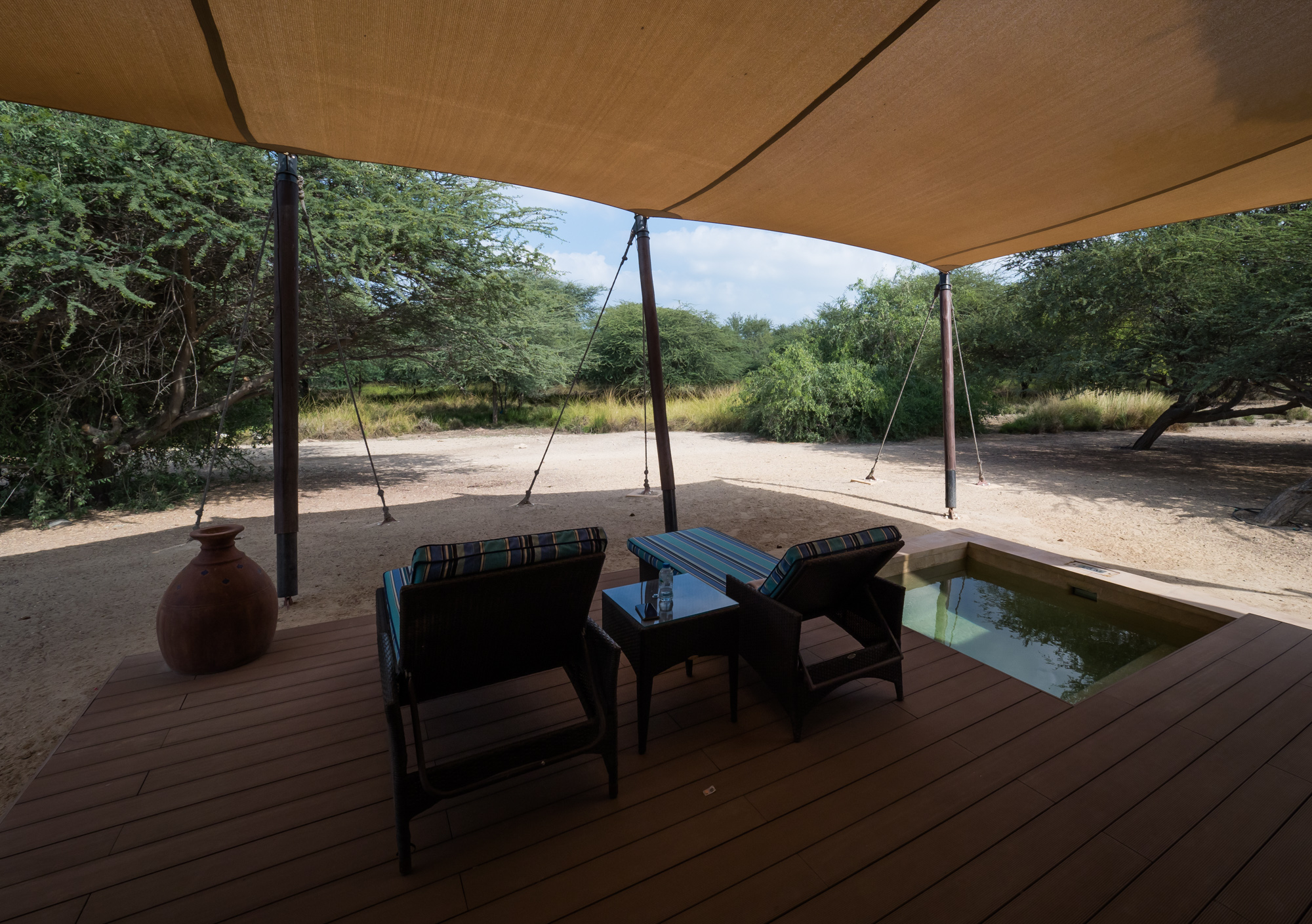
Terrace Viewpoints
The Al Sahel hotel is located towards the centre of the island surrounded by greenery, with gazelles and other animals regularly passing by.
Seychelles - Island Beauty
After my first visit to the Seychelles in 2010, it was time go back for another trip to the Indian Ocean archipelago, this time staying on Praslin island and visiting La Digue, after having seen Mahe and the capital Victoria during my last visit.

After my first visit to the Seychelles in 2010, it was time go back for another trip to the Indian Ocean archipelago, this time staying on Praslin island and visiting La Digue, after having seen Mahe and the capital Victoria during my last visit.
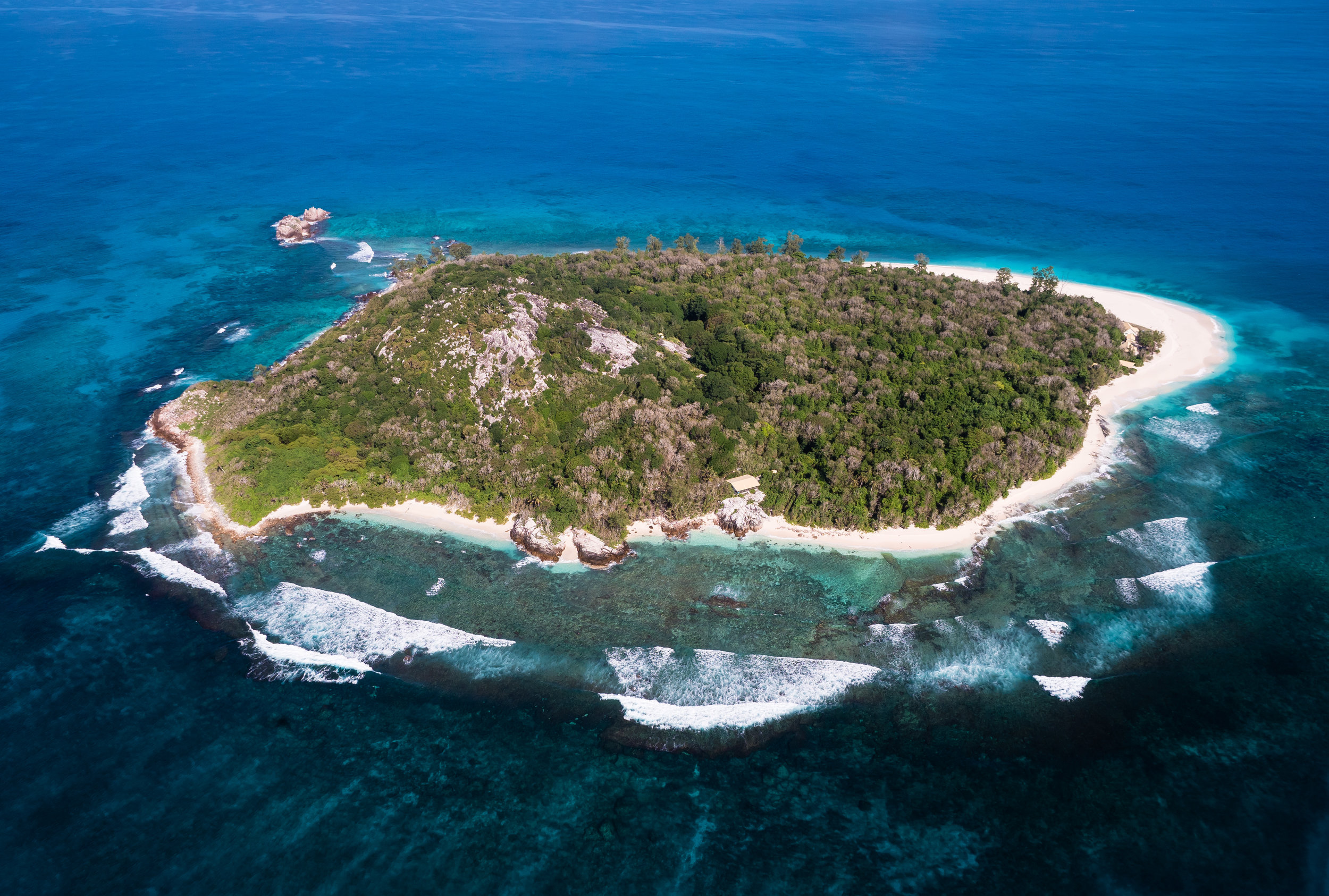
Island Paradise
The Seychelles probably represent some of the most stereotypical island beauty features there are.
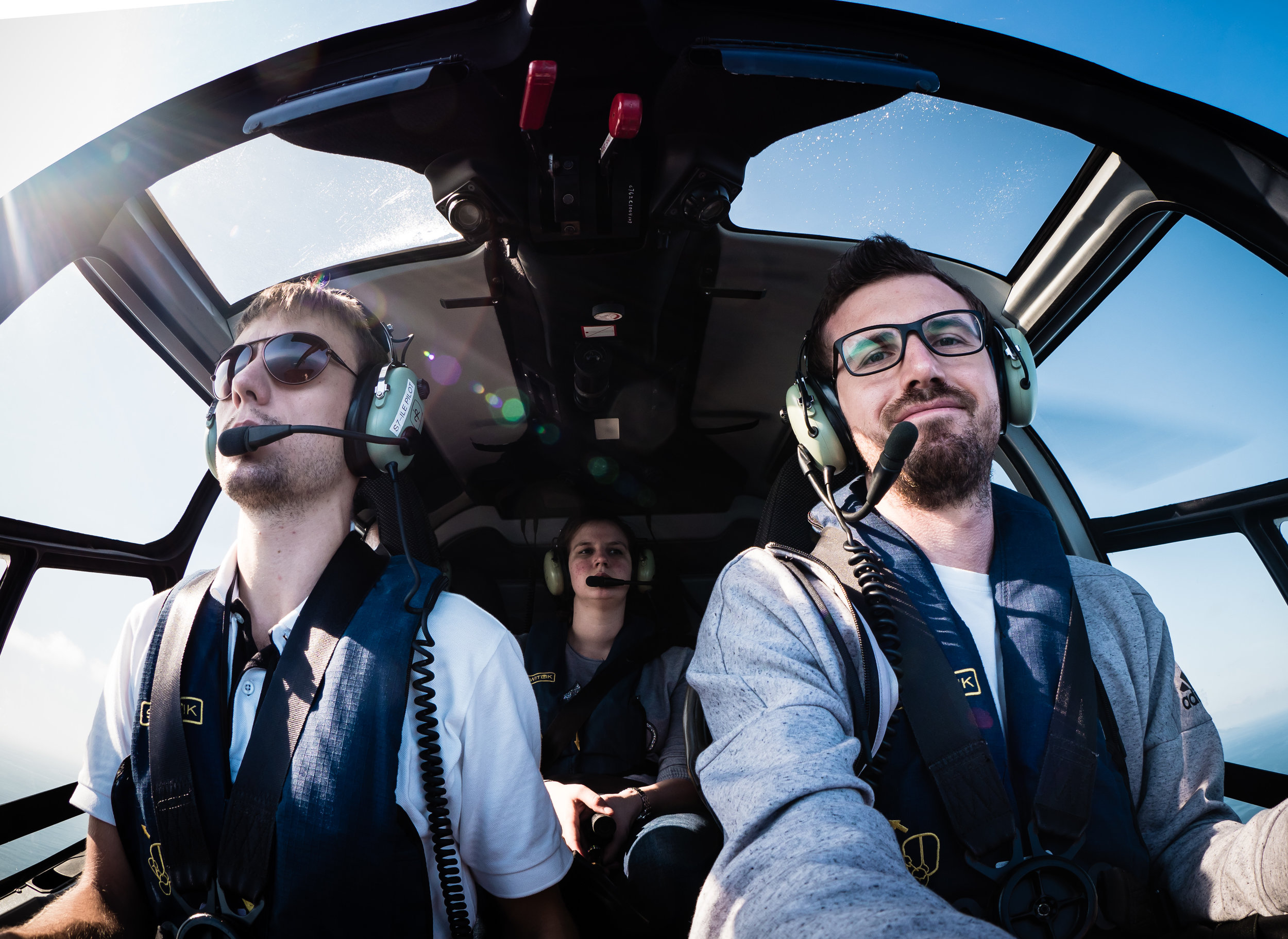
Island Transport
The best way to get around! We took the trip from Mahe's airport straight to the hotel.

Praslin Island
We stayed on Praslin, the second biggest island of the Seychelles. Its most famous beach - Anse Lazio - in the foreground, seemingly voted one of the Top 5 beaches in the world.
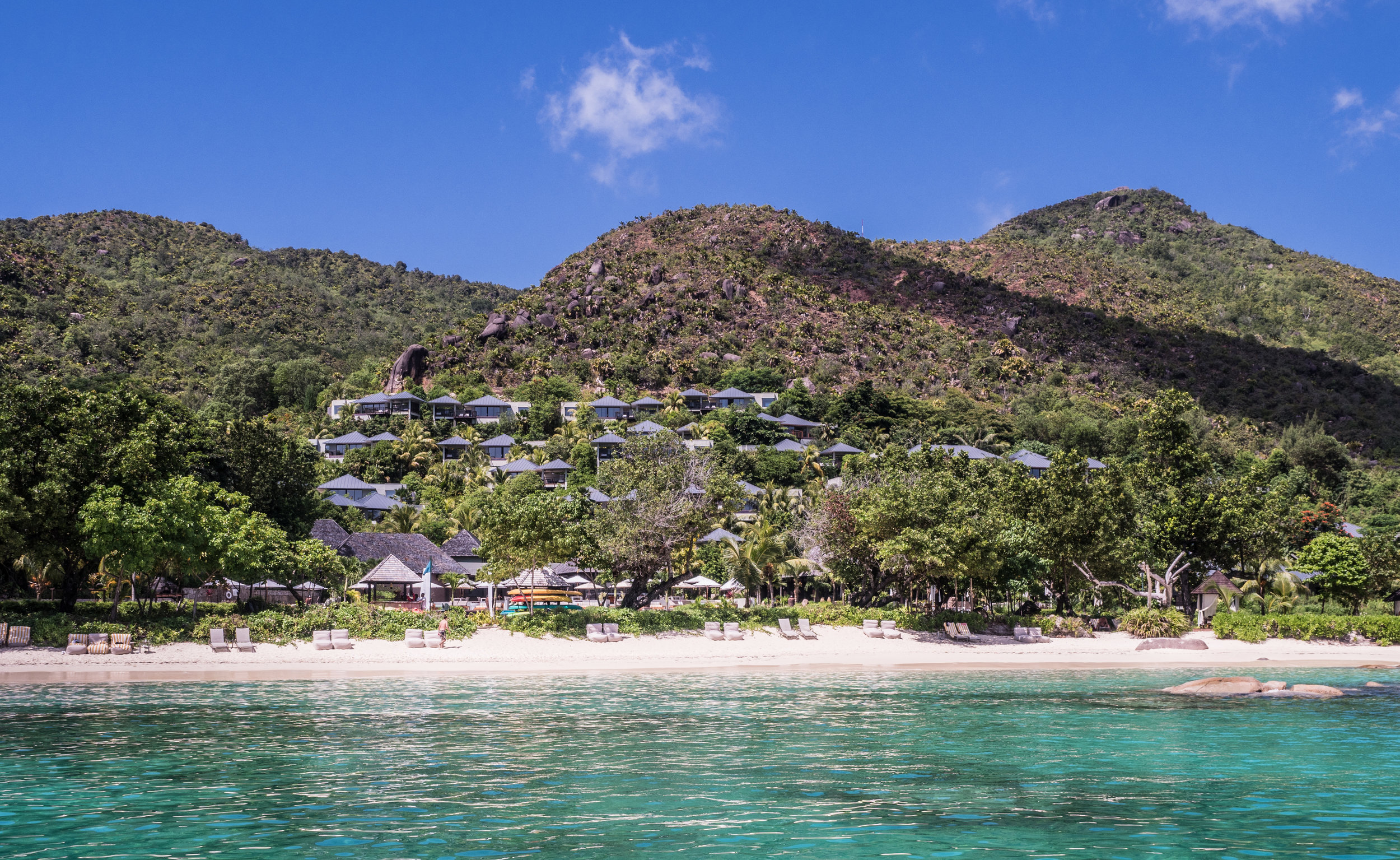
The Raffles
The hotel is located on the north eastern side of Praslin, with its close to 100 villas nestled along the hillside.
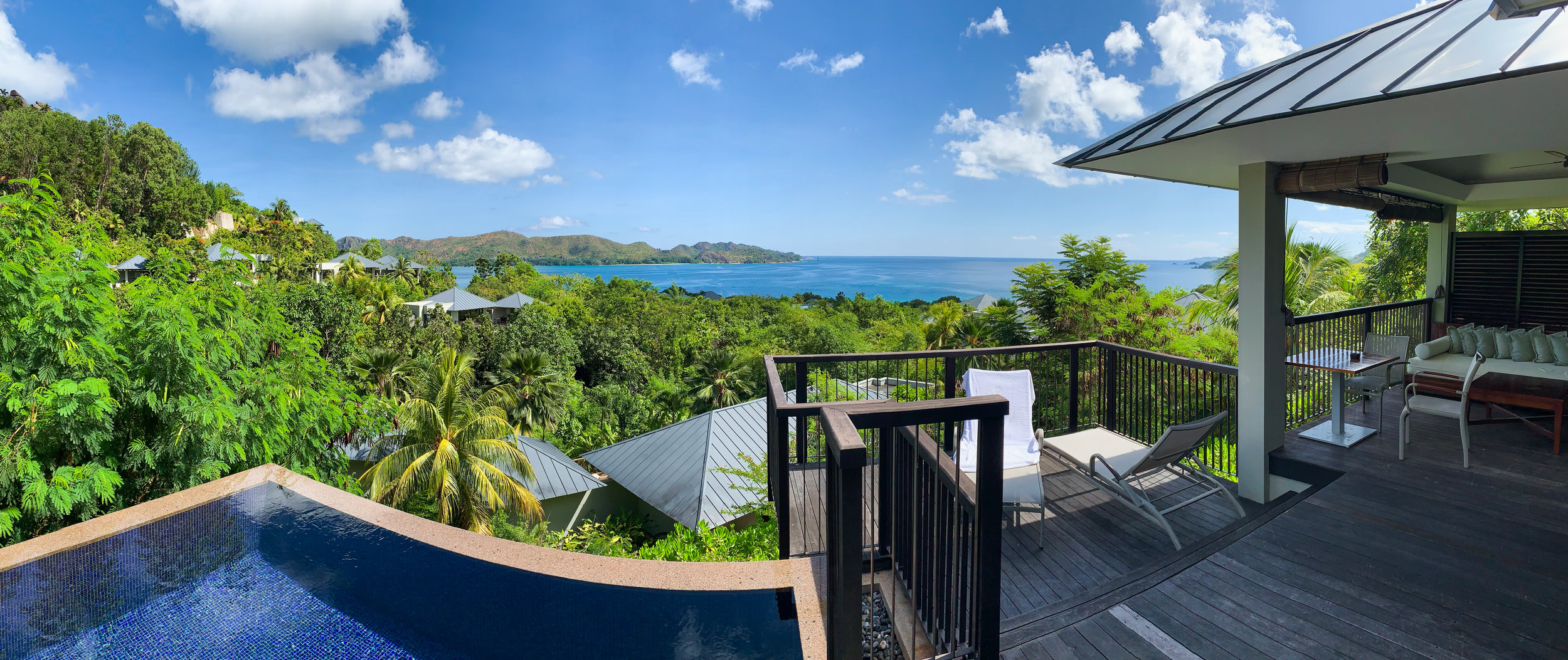
Room Views
The Raffles has some gorgeous ocean view villas.
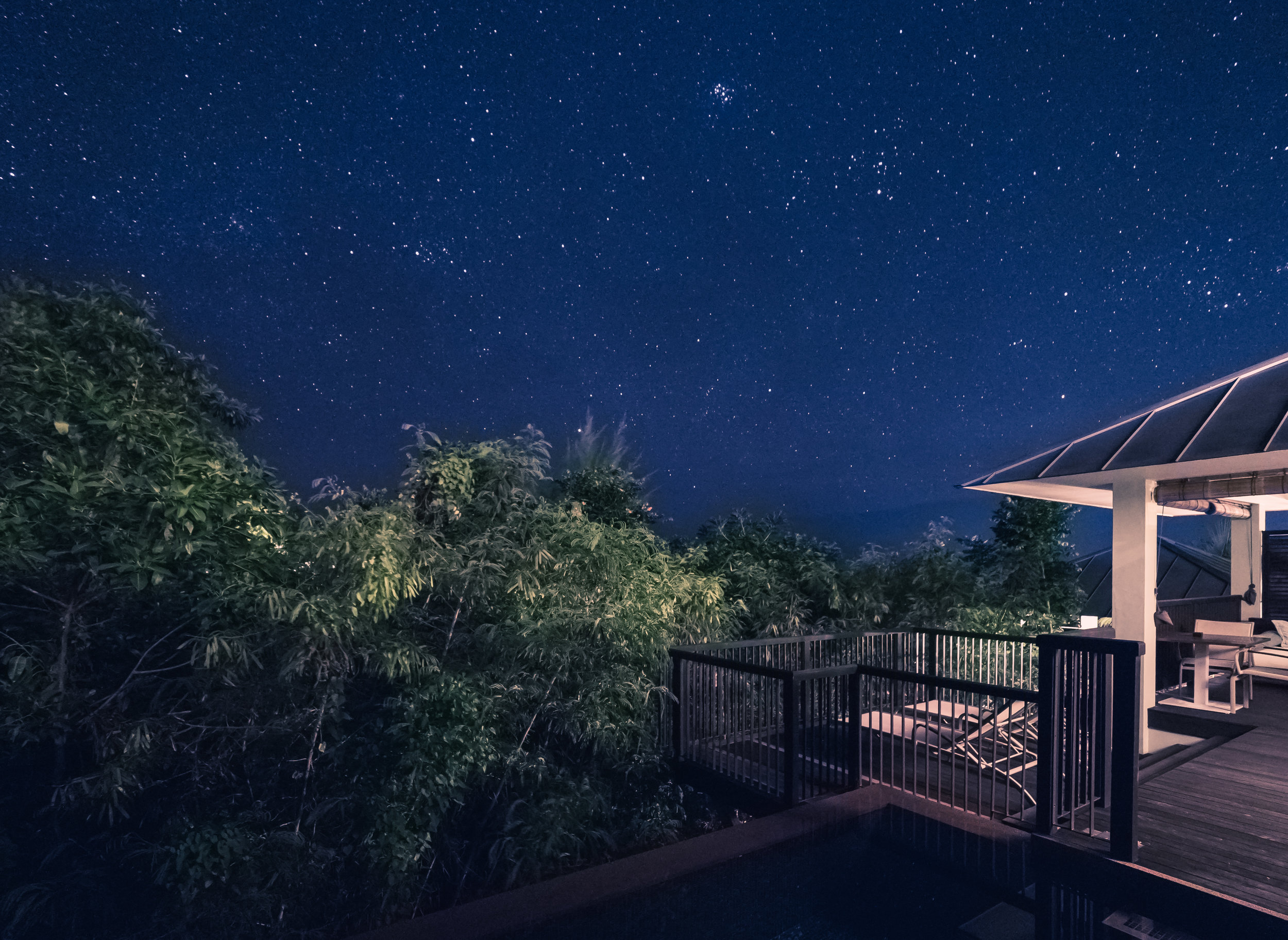
Night Views
The clear skies and lack of light pollution make for good stargazing, but no Milky Way this time of the year.

Tastes Good
Someone must have spilled something here...
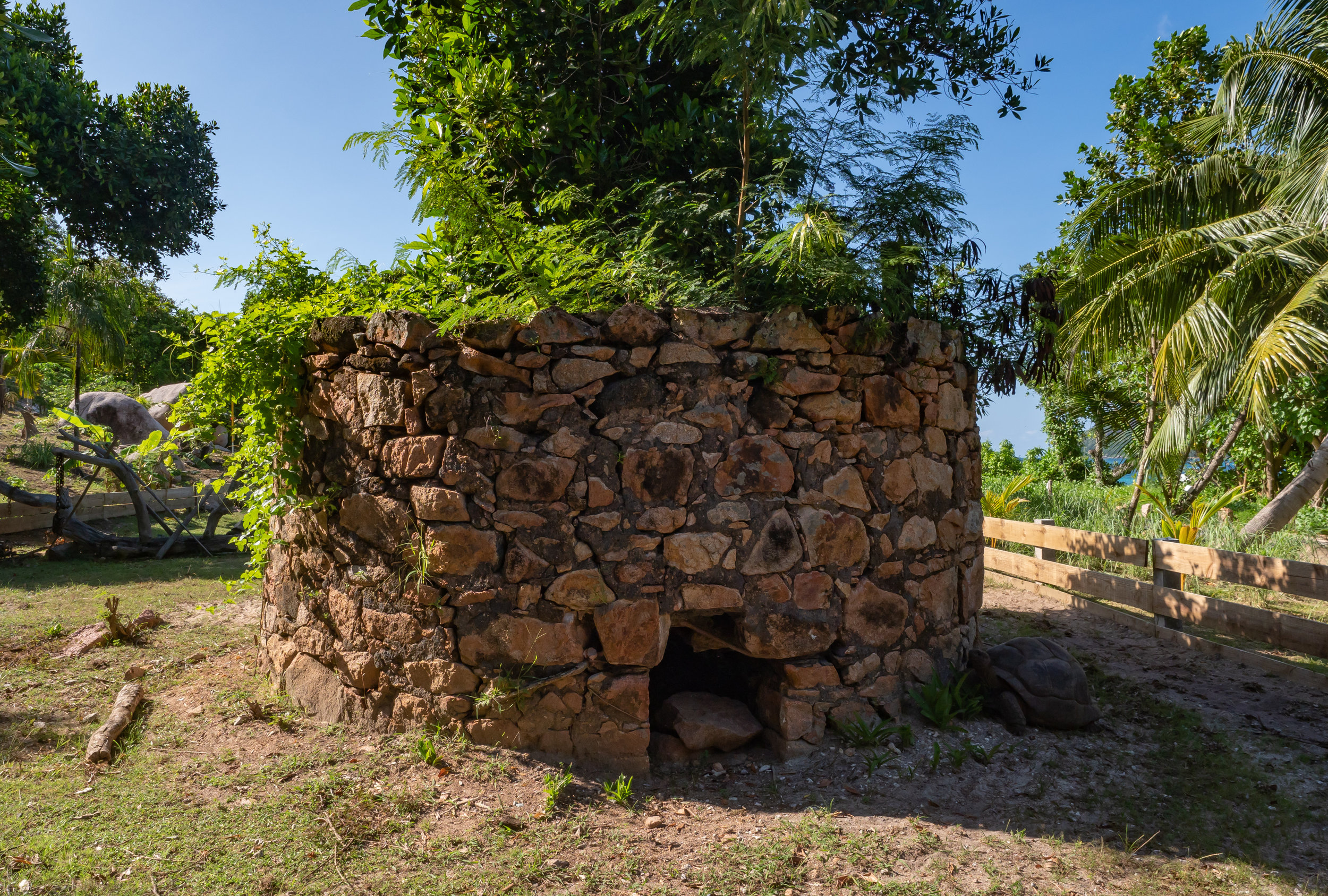
Kiln
An old furnace from the early 1900s, now serving as Tortoise home at Raffles hotel.
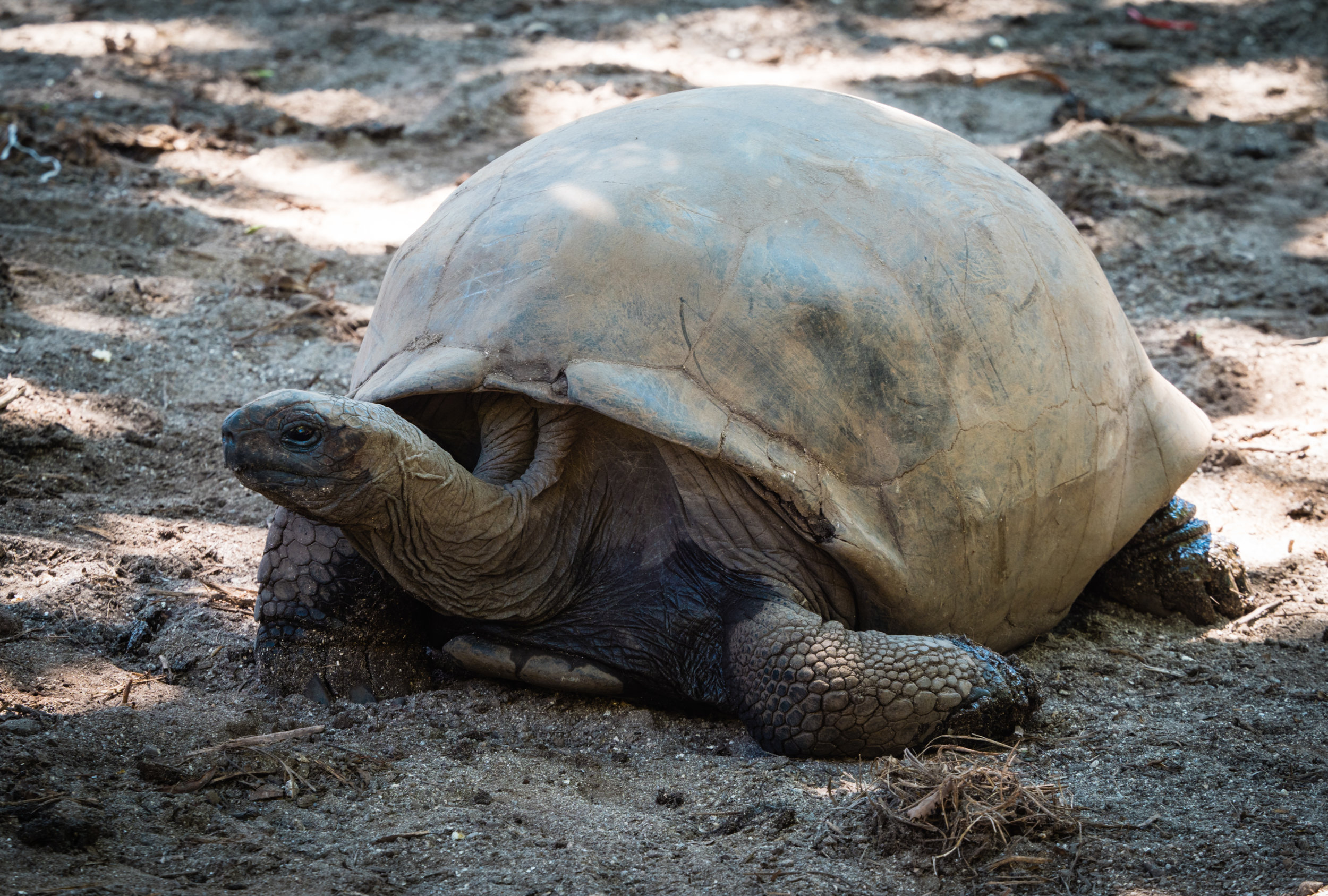
Giant Tortoise
The Seychelles giant tortoise is clost to extinct in the wild; there is only one large population of more than 100000 in the Aldabra Atoll.
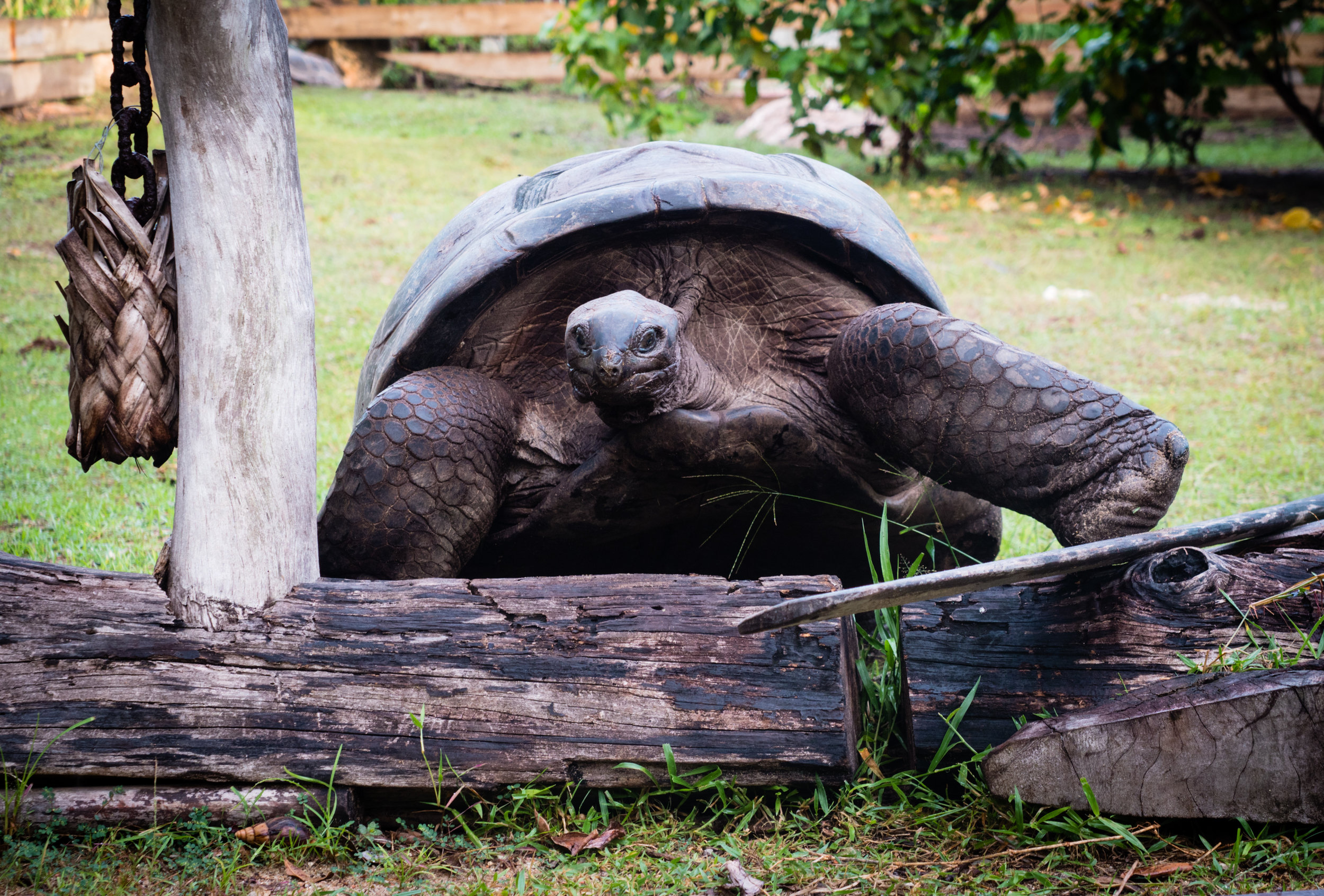
Climbing
Giant tortoises are not made for climbing obstacles, but they can find their way around.

Orientation Issues
Can't say I observed any effort by this misguided tortoise's colleagues to correct the situation.
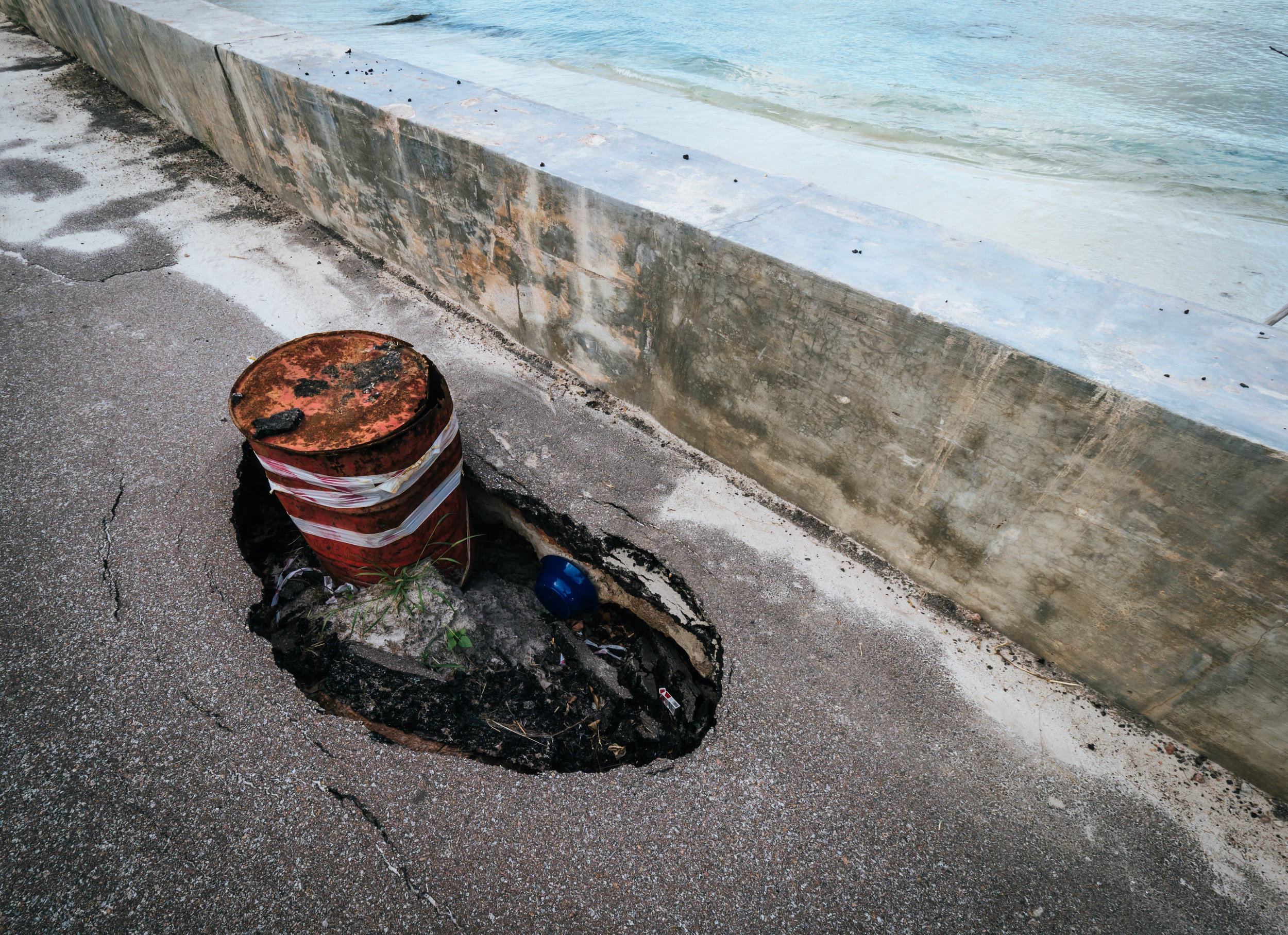
Warning
The roads aren't in the best condition, but at least there are attempts to make drivers aware.
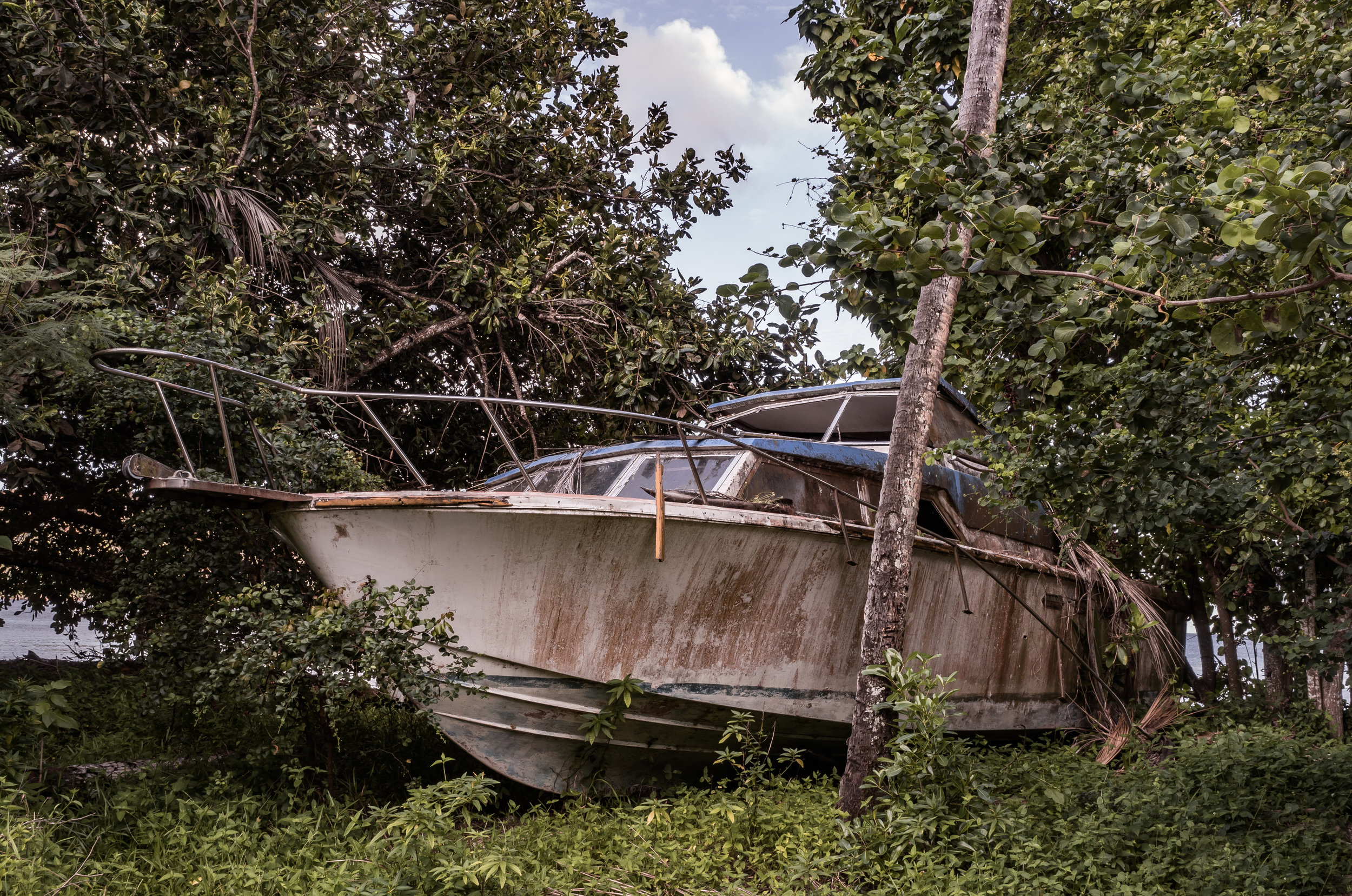
Out of Order
Temporarily or permanently?
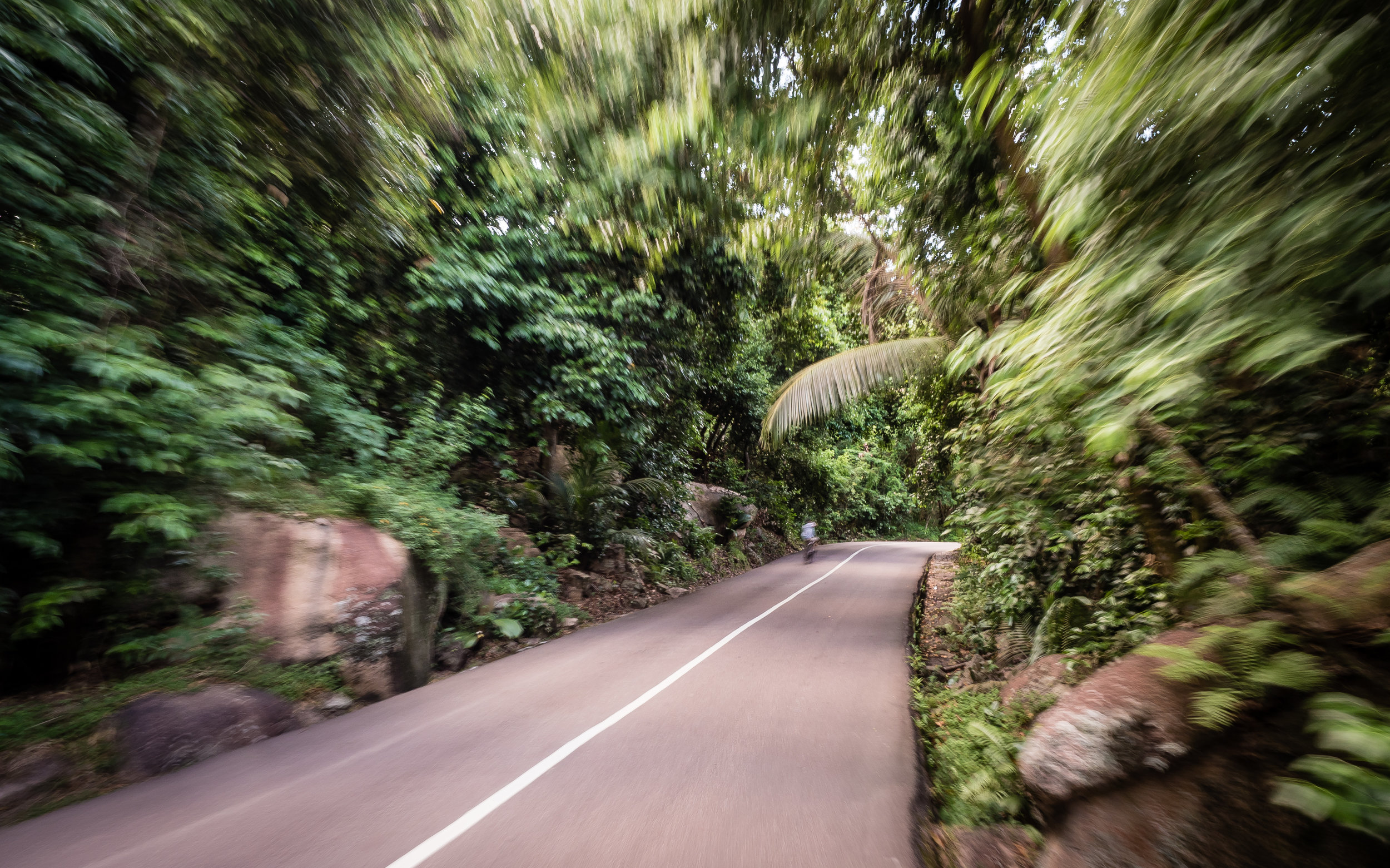
Green Roads
The Seychelles are full of greenery - and not so full of proper roads like this one.
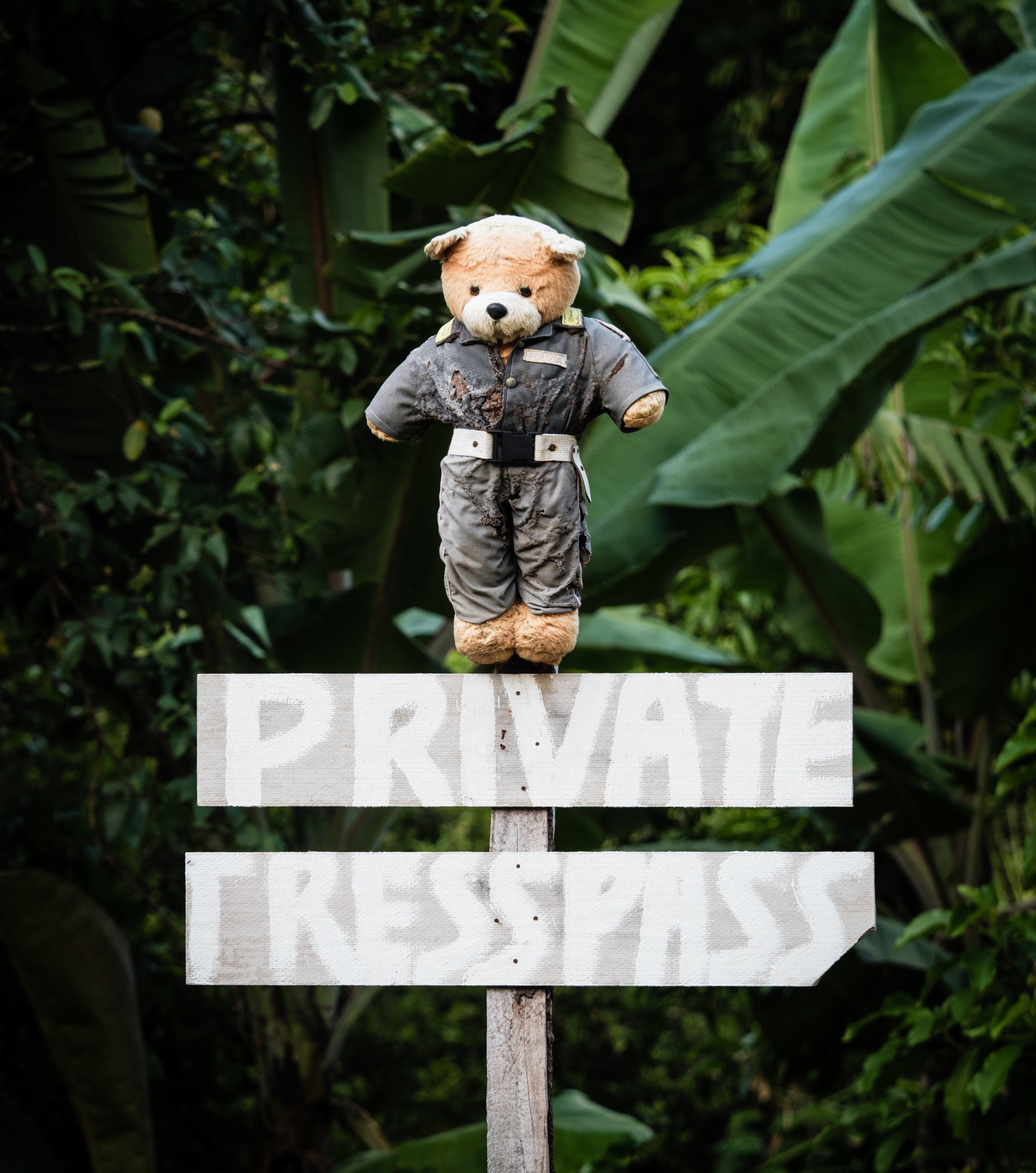
Private
Not sure what the Teddy on top of this sign is meant to represent.
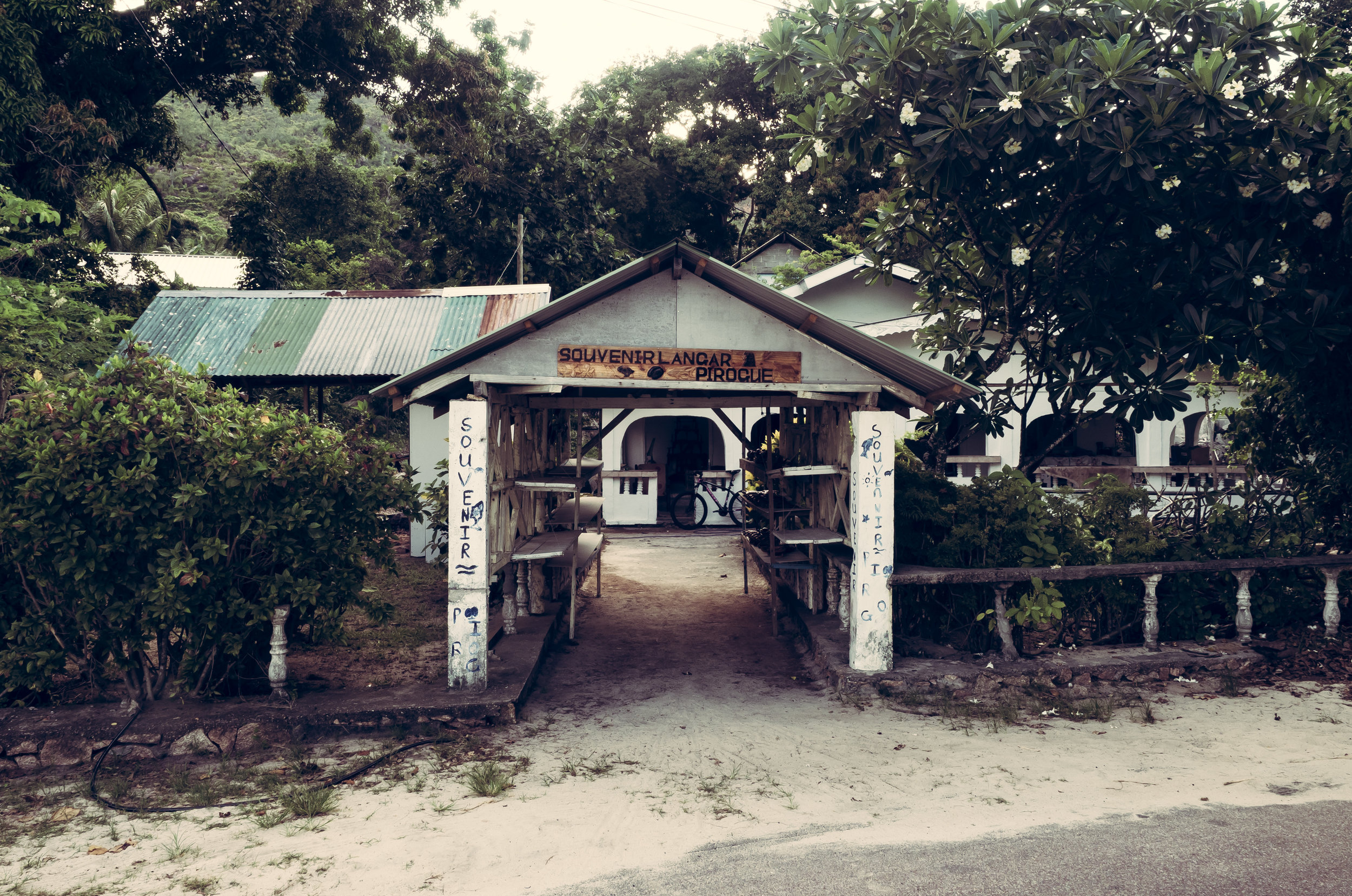
Souvenirs
Didn't manage to visit this souvenir shop.
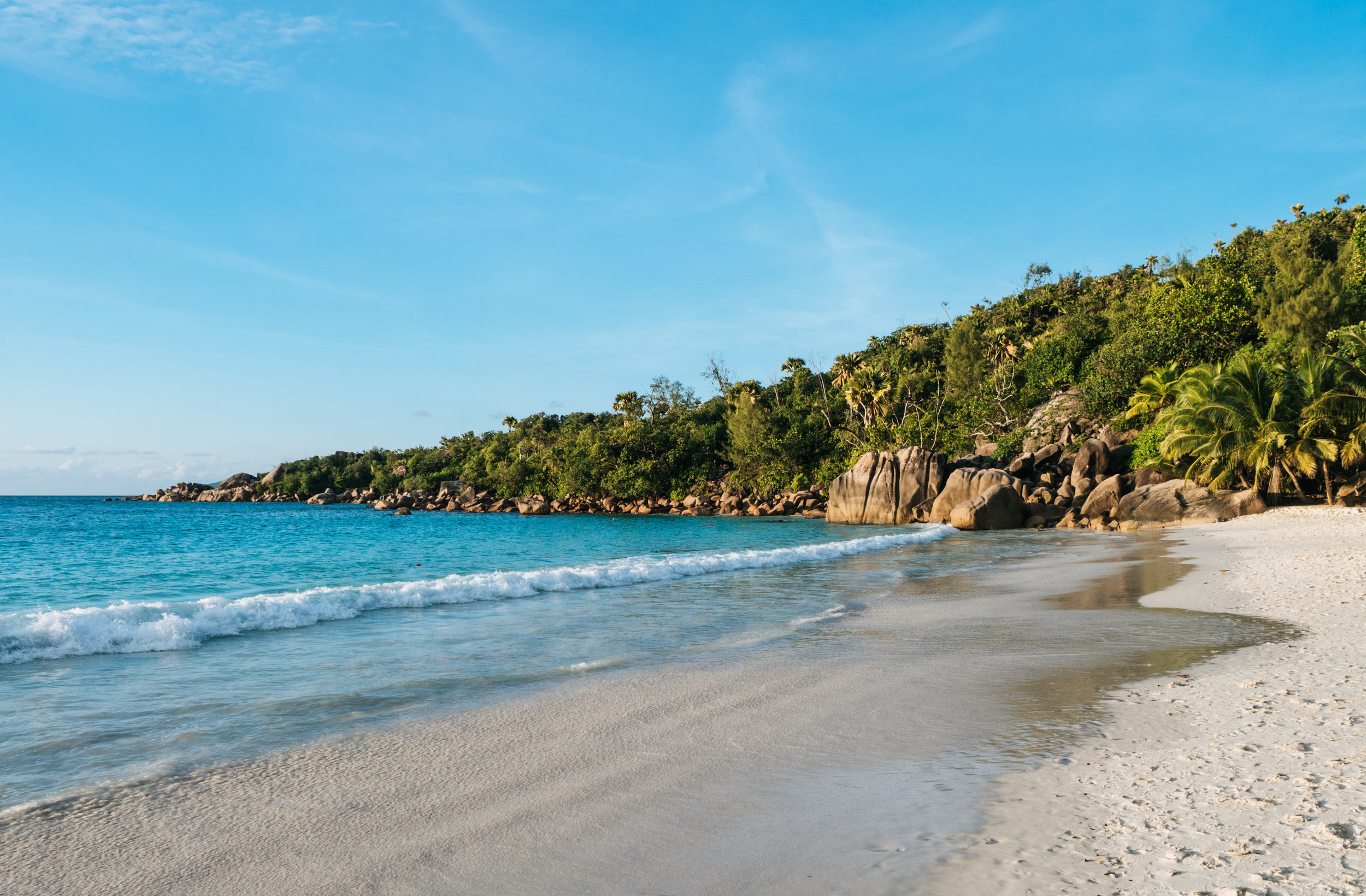
Anse Lazio
Referred to as one of the Top 5 beaches in the world (don't ask me for sources), I took the 30min walk from the hotel. Worth it? Yes. Top 5? Maybe...
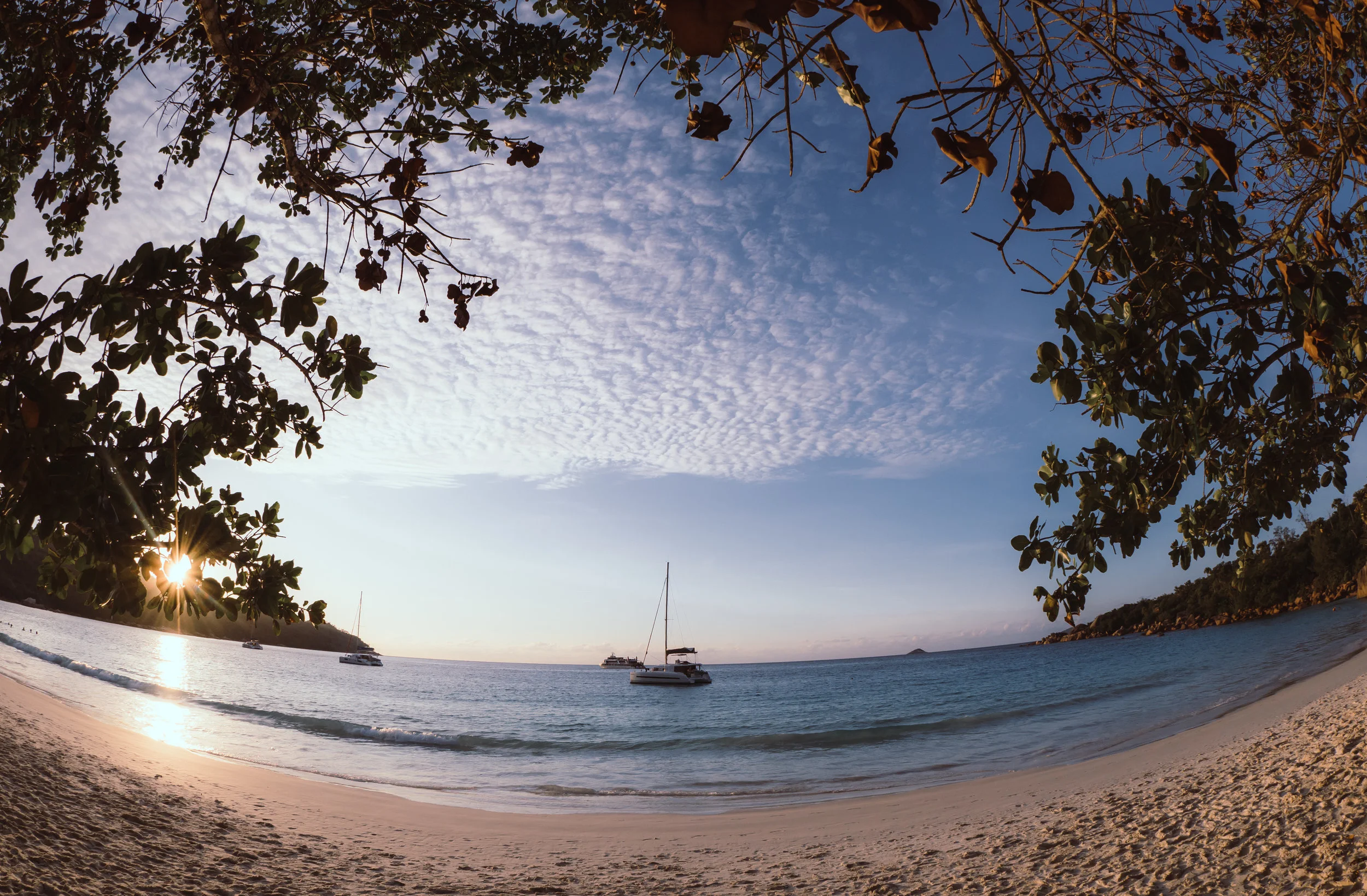
Sunset
The beach doesn't get to see the actual sunset as the sun disappears behind the peninsula to the west, but the view is nice enough.
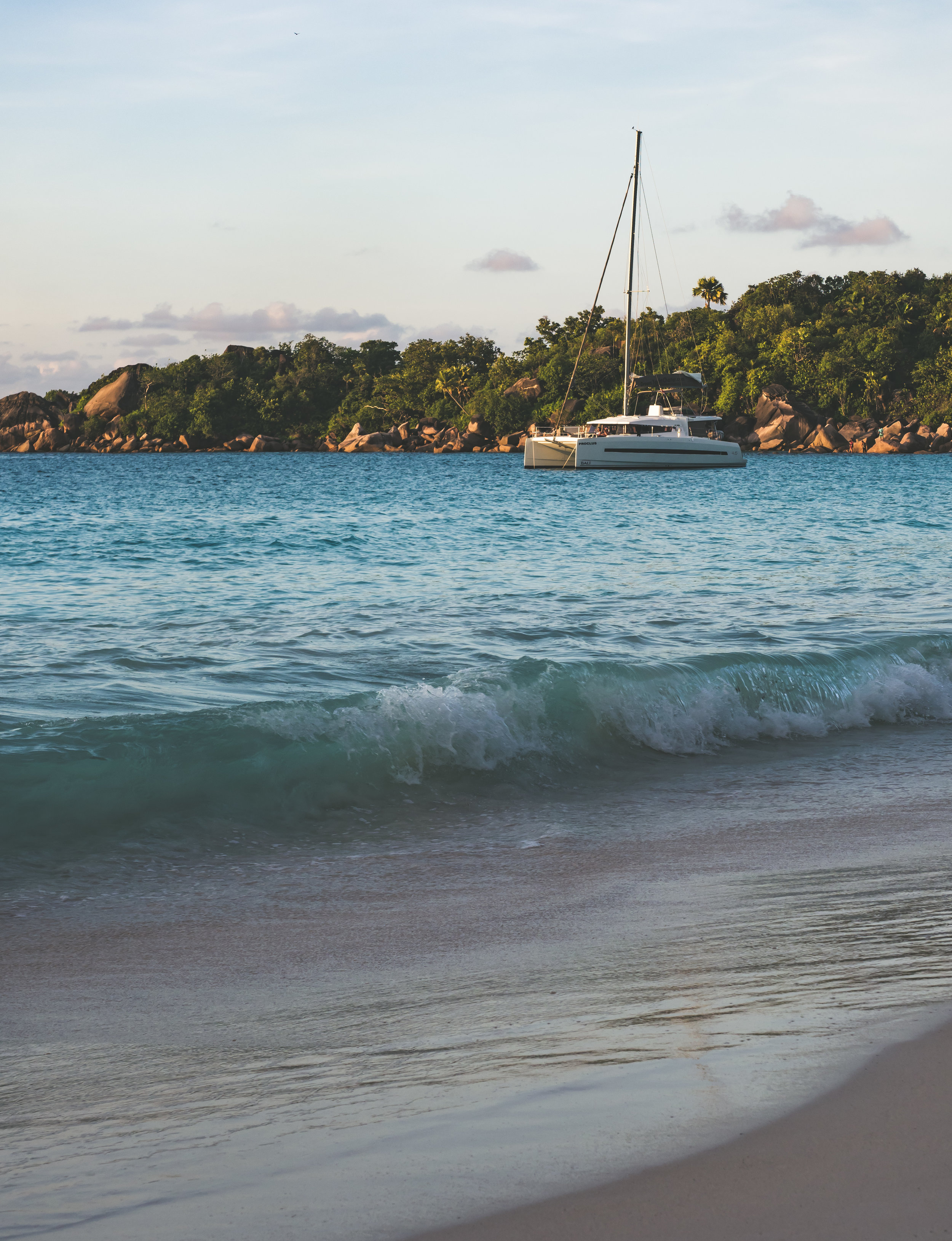
Fame
Owing to its Top 5 fame, there are always a few boats in the bay and a few dozen people on Anze Lazio.
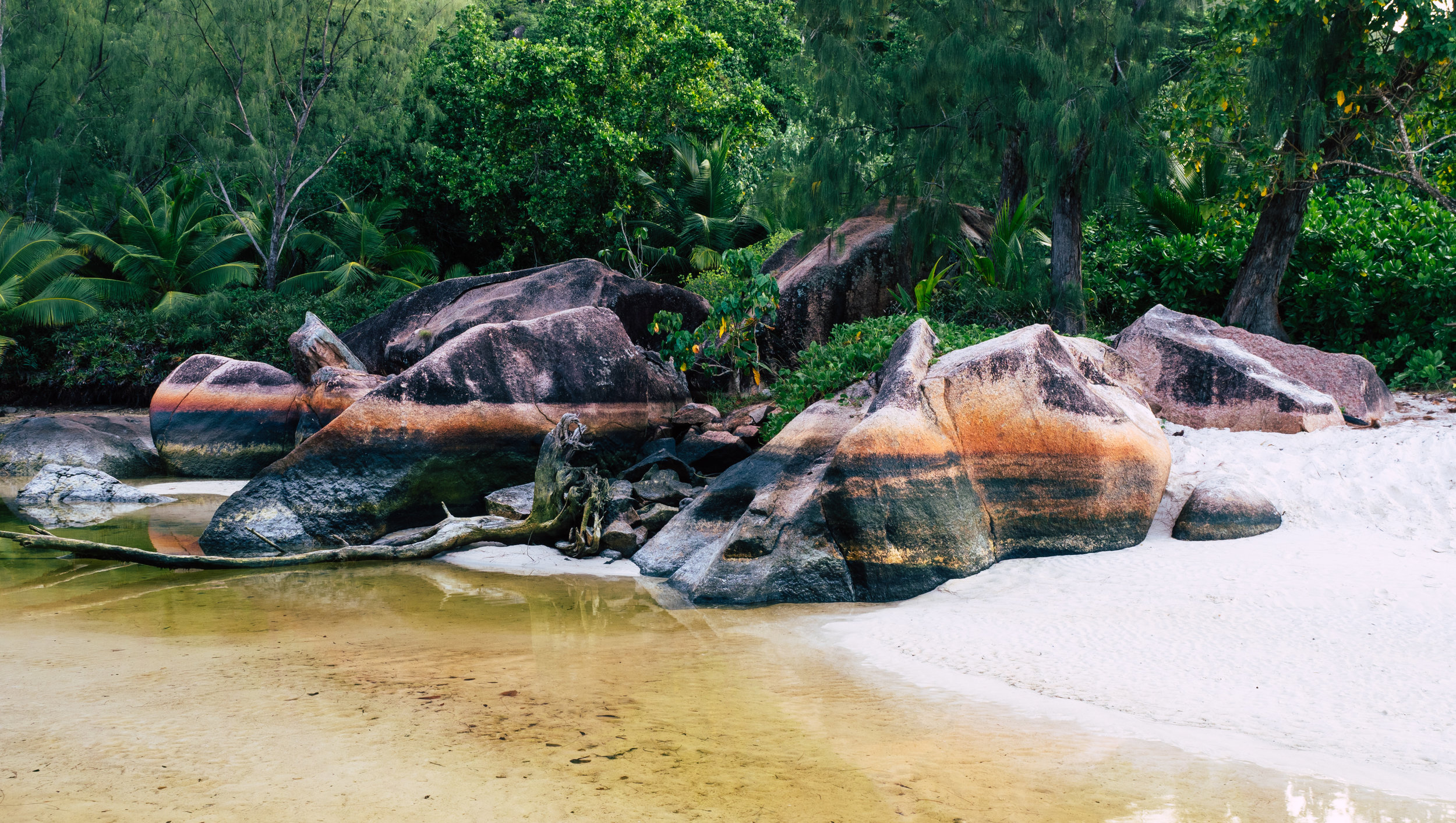
Inlet
Like many beaches on the island, some water inlets run into the forests from the beach - tides and waves generate some beautiful colours in the process.
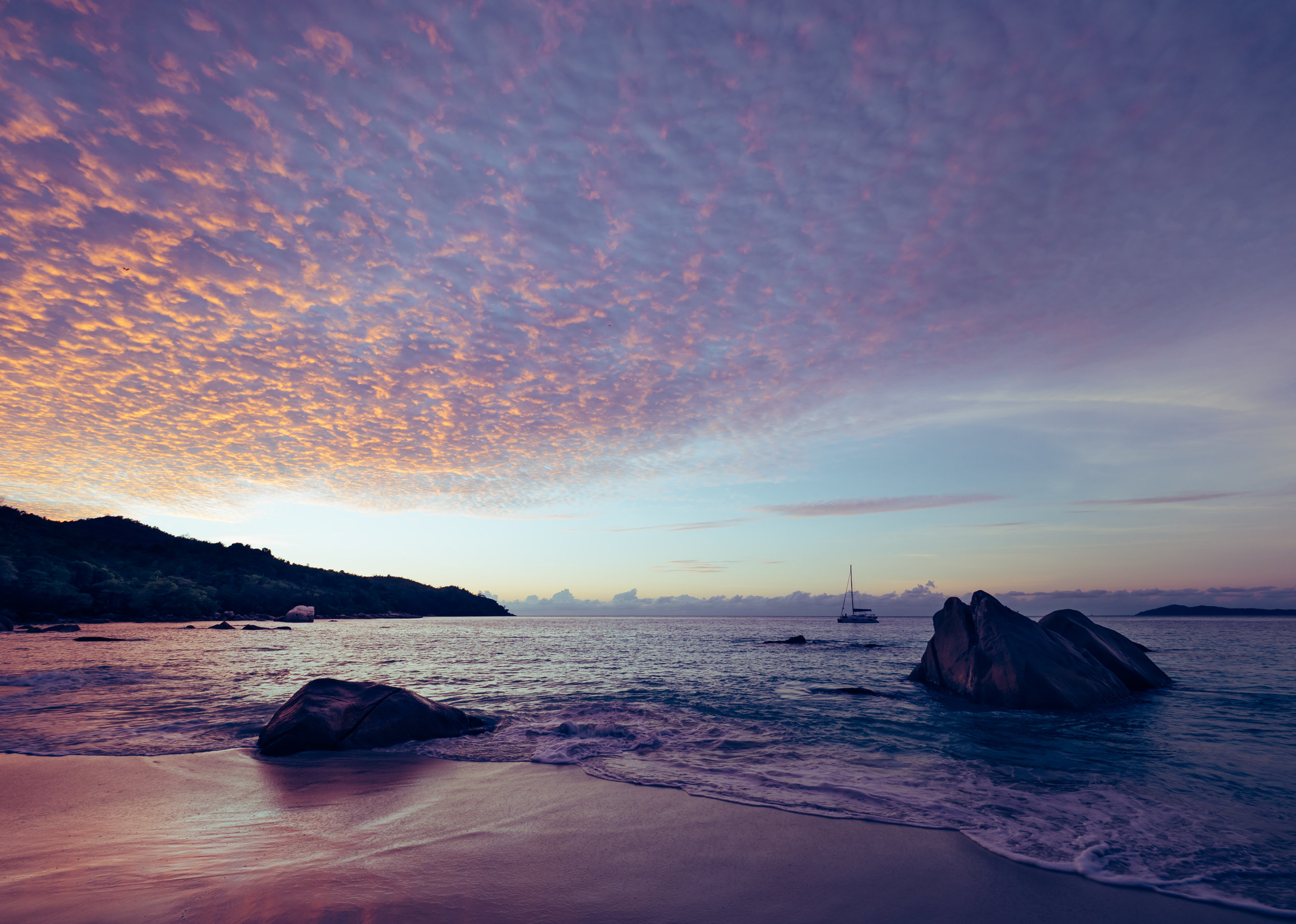
Sunset Colors
The typical granite stones in the water make for beautiful scenery on Anse Lazio.
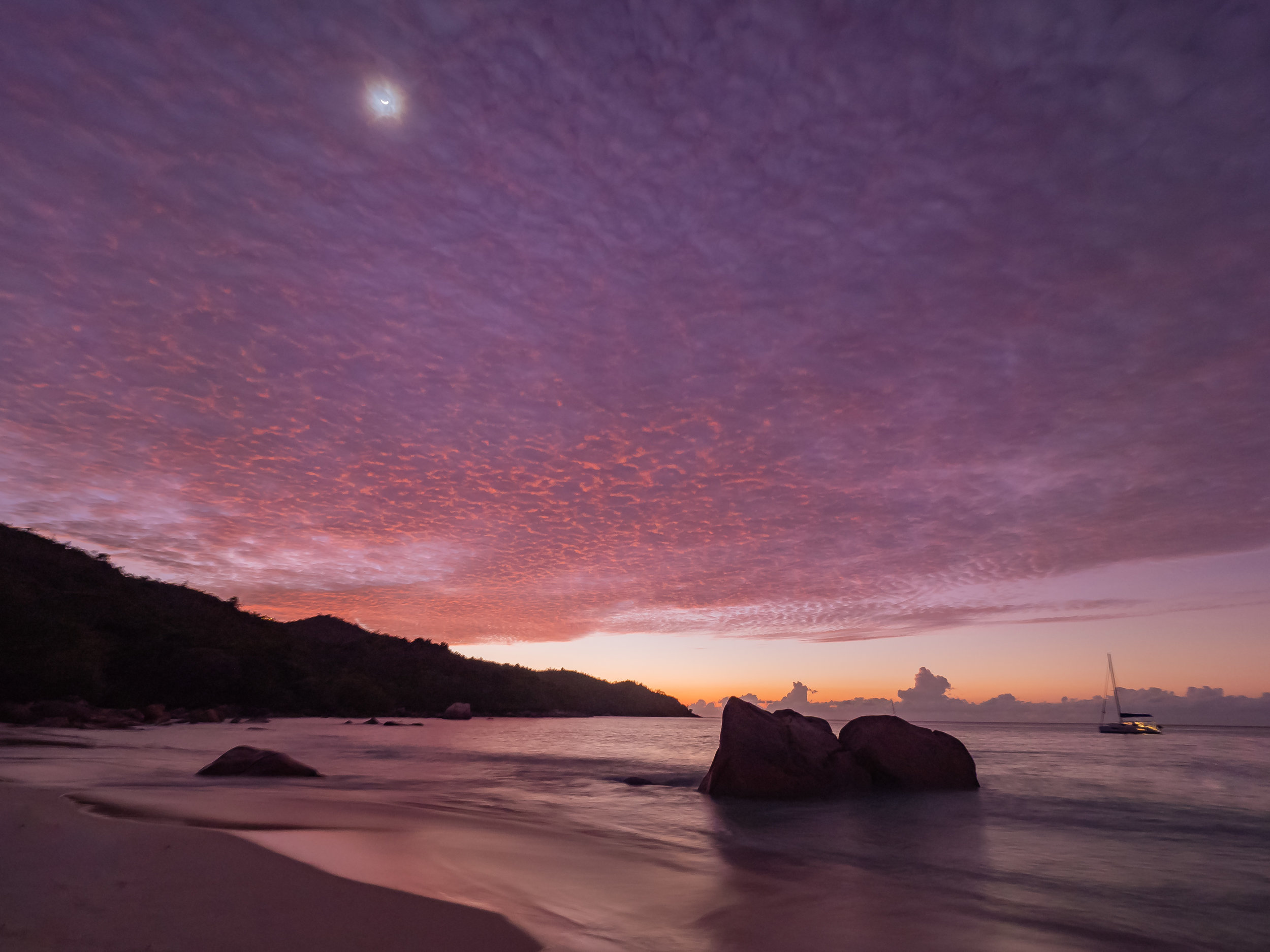
Moon
I was lucky to see the moon rising as the sun was setting, just peaking through the red and purple clouds.
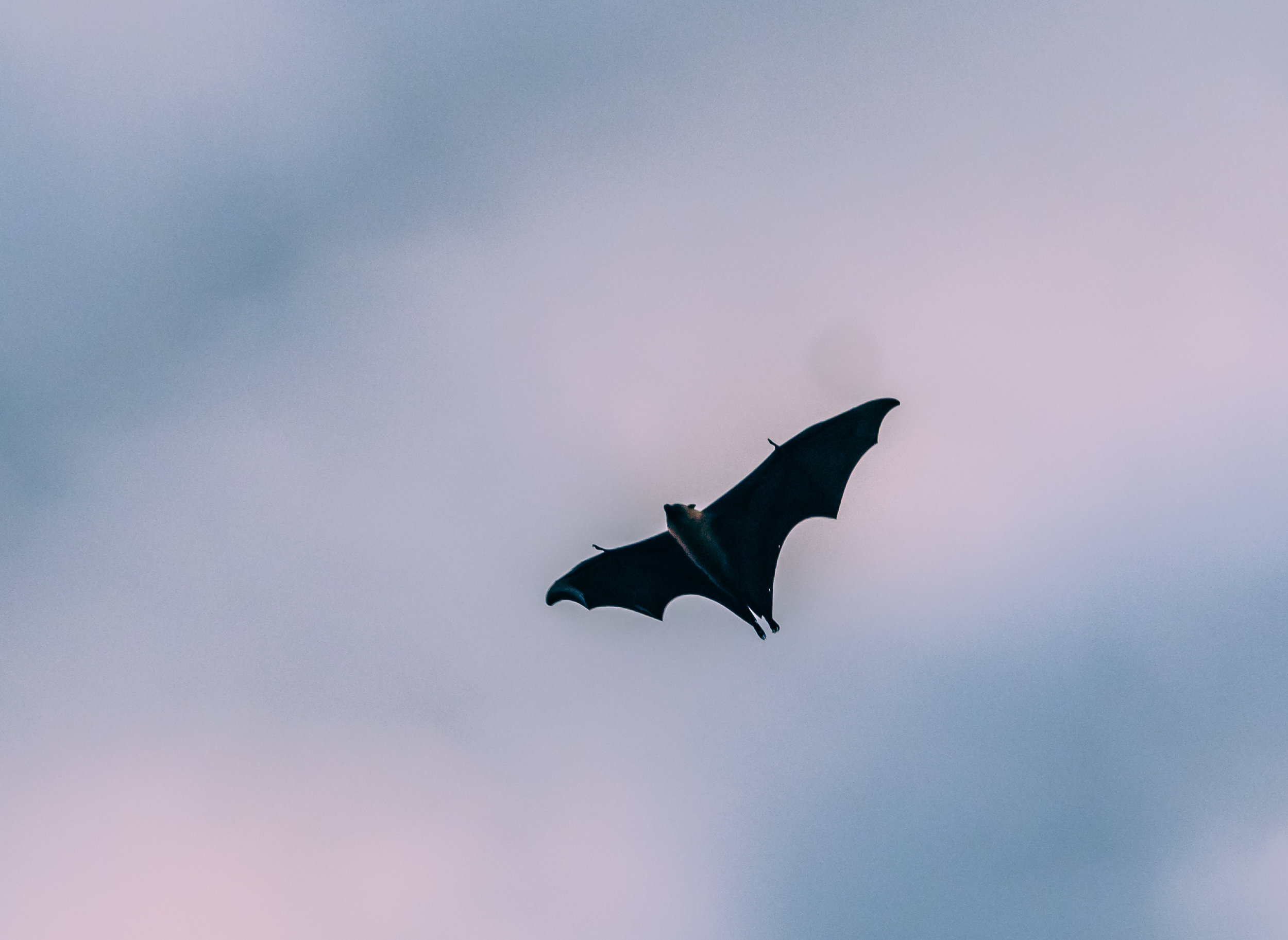
Bat Attack
As sunset approaches, you start to see the large Seychelles fruit bat in the sky - at least half a metre in width.

MS Europa
This cruise ship anchored between Praslin and Curieuse islands for a day.
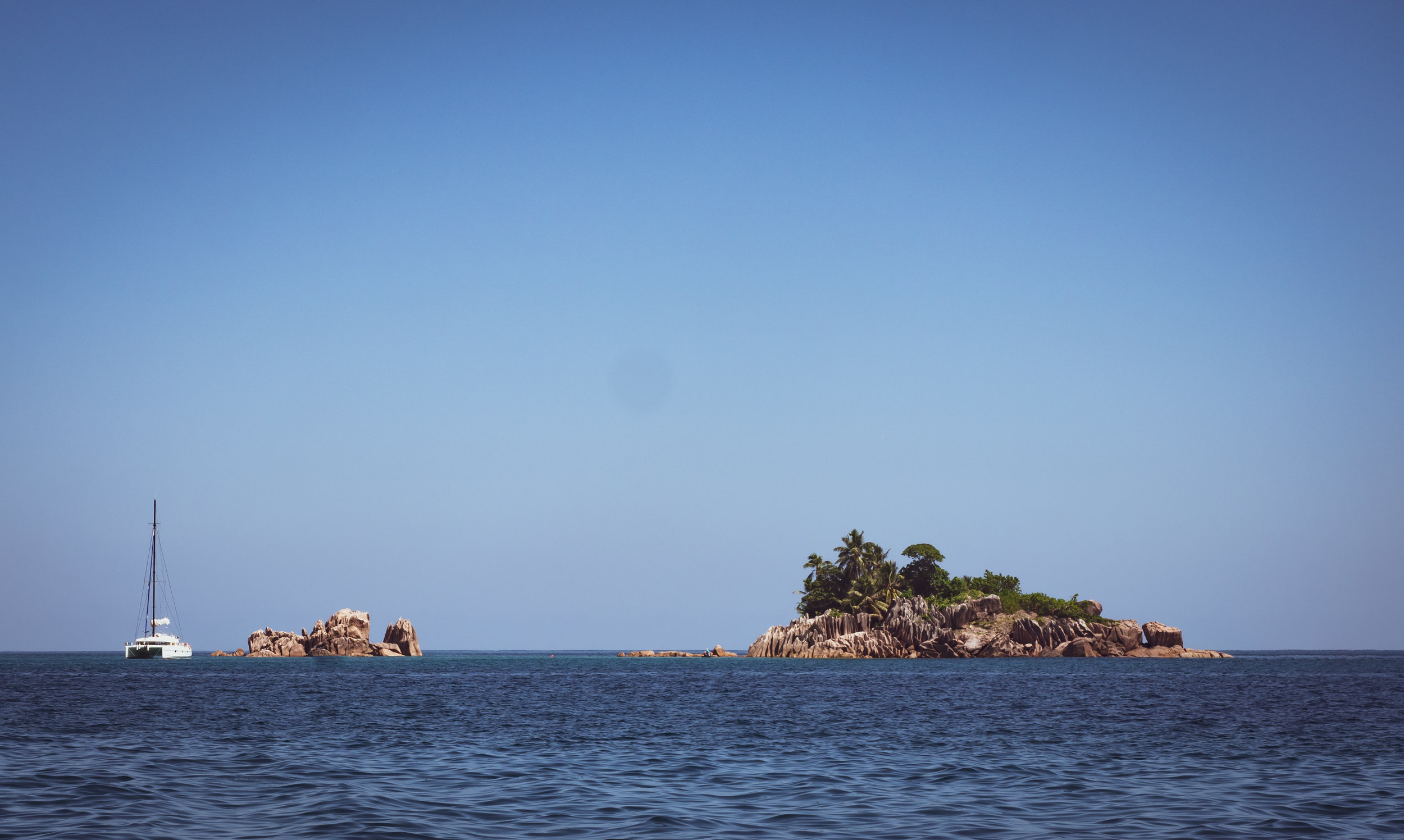
Islands and Islands
The Seychelles consist of around 115 islands, 45 of which are the typical granite islands the country is known for.
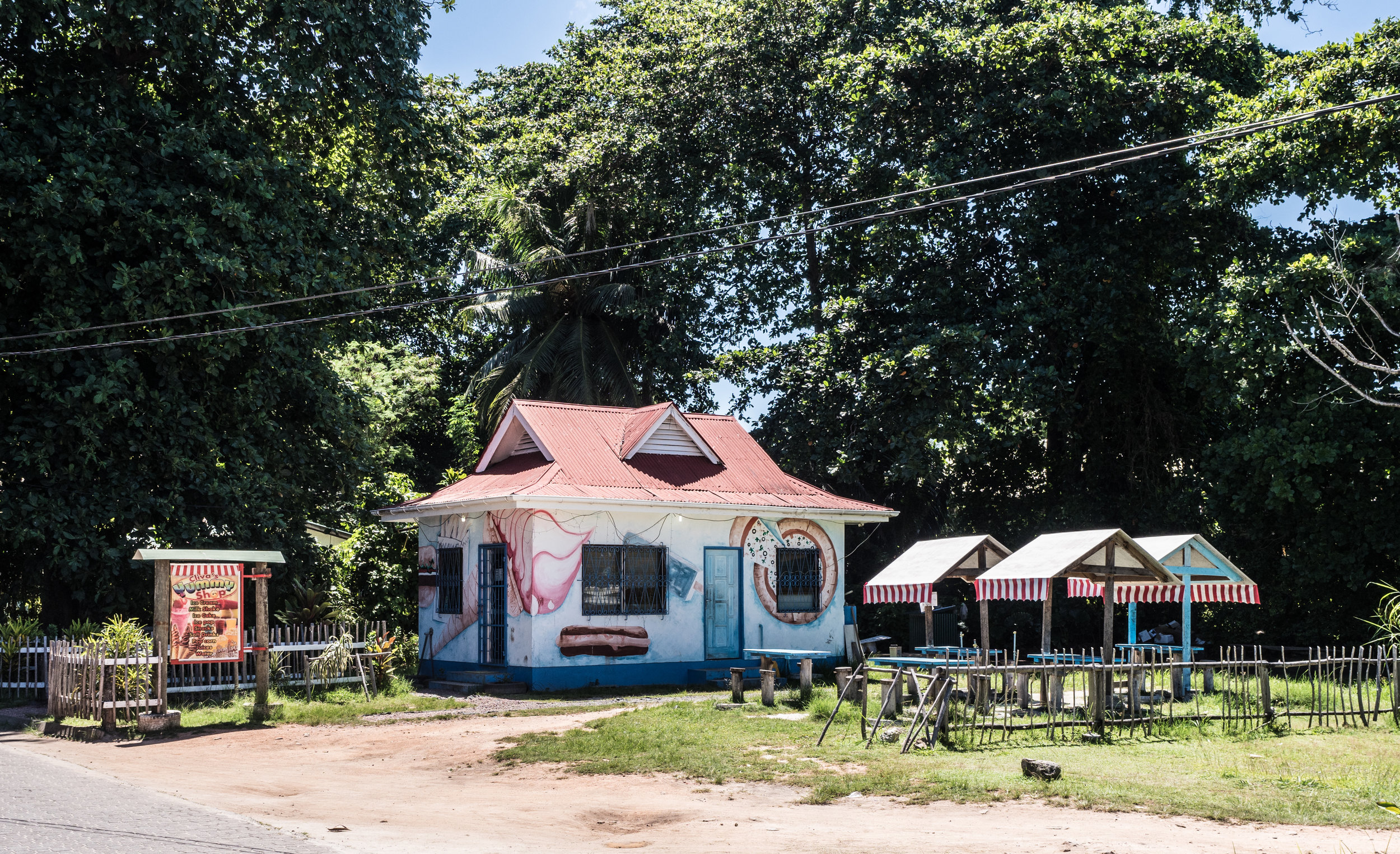
Le Digue Island
We visited Le Digue, which is the third largest of the country's islands with a population of just over 3000. This is the local pizza and burger joint.
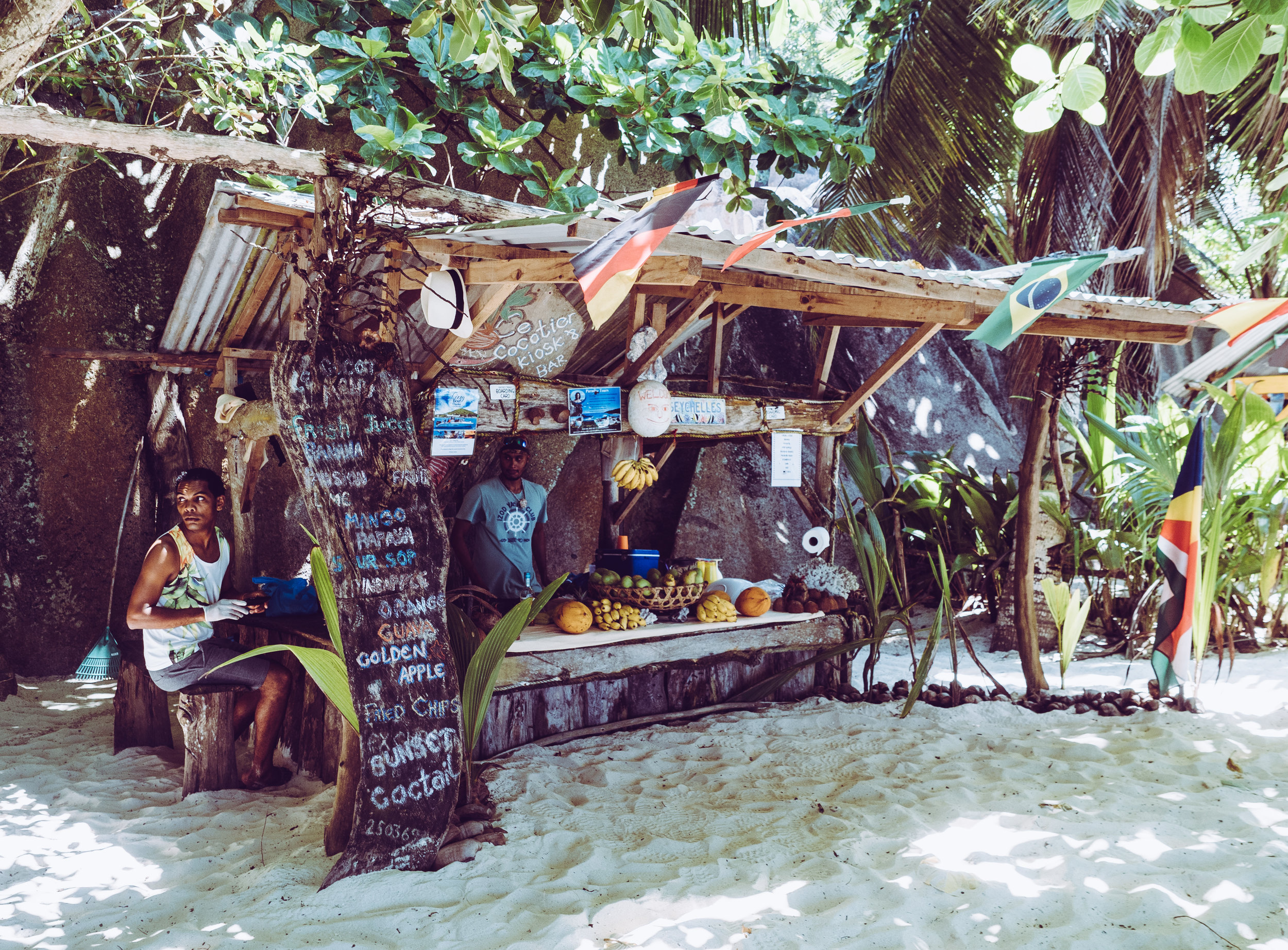
Beach Bar
The famous beaches are frequented by quite a number of tourists, and the locals surely have found ways to monetize their presence.
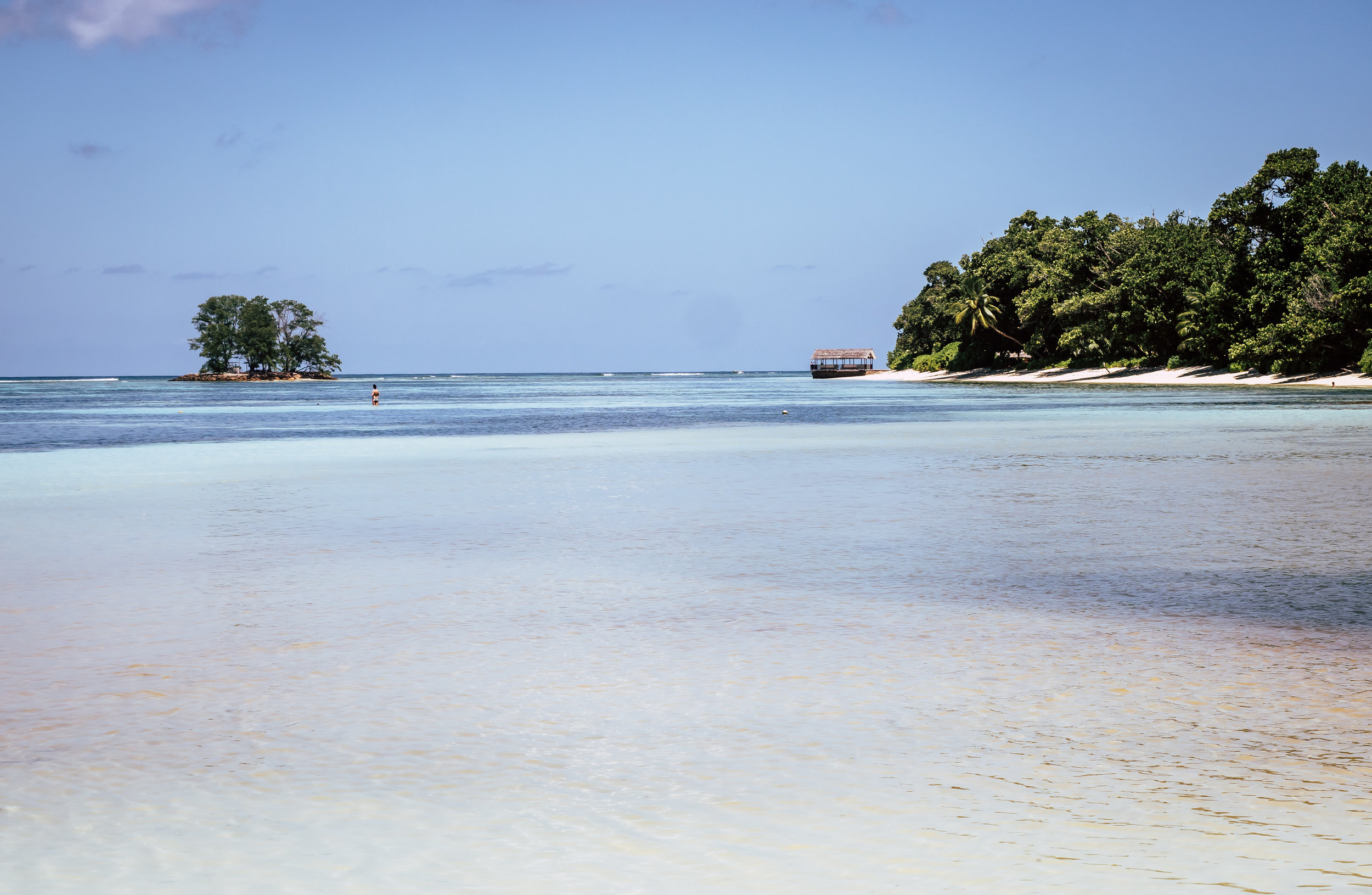
Beach Bliss
Postcard material around every corner.
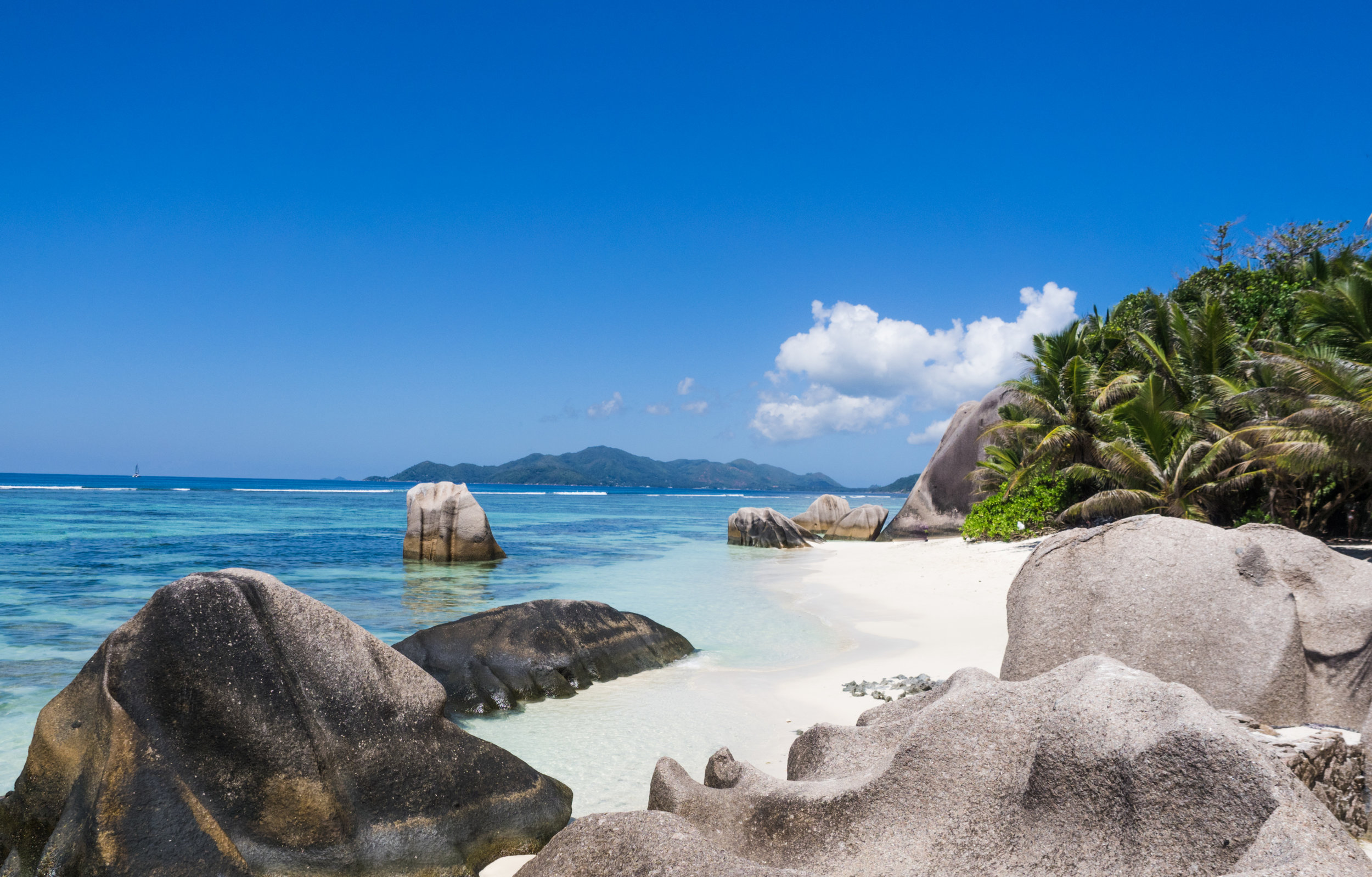
More Beach Bliss
Did I already meniton the postcard material?

Greenery
The hot and humid climate classifies the island nation as tropical rain forest.
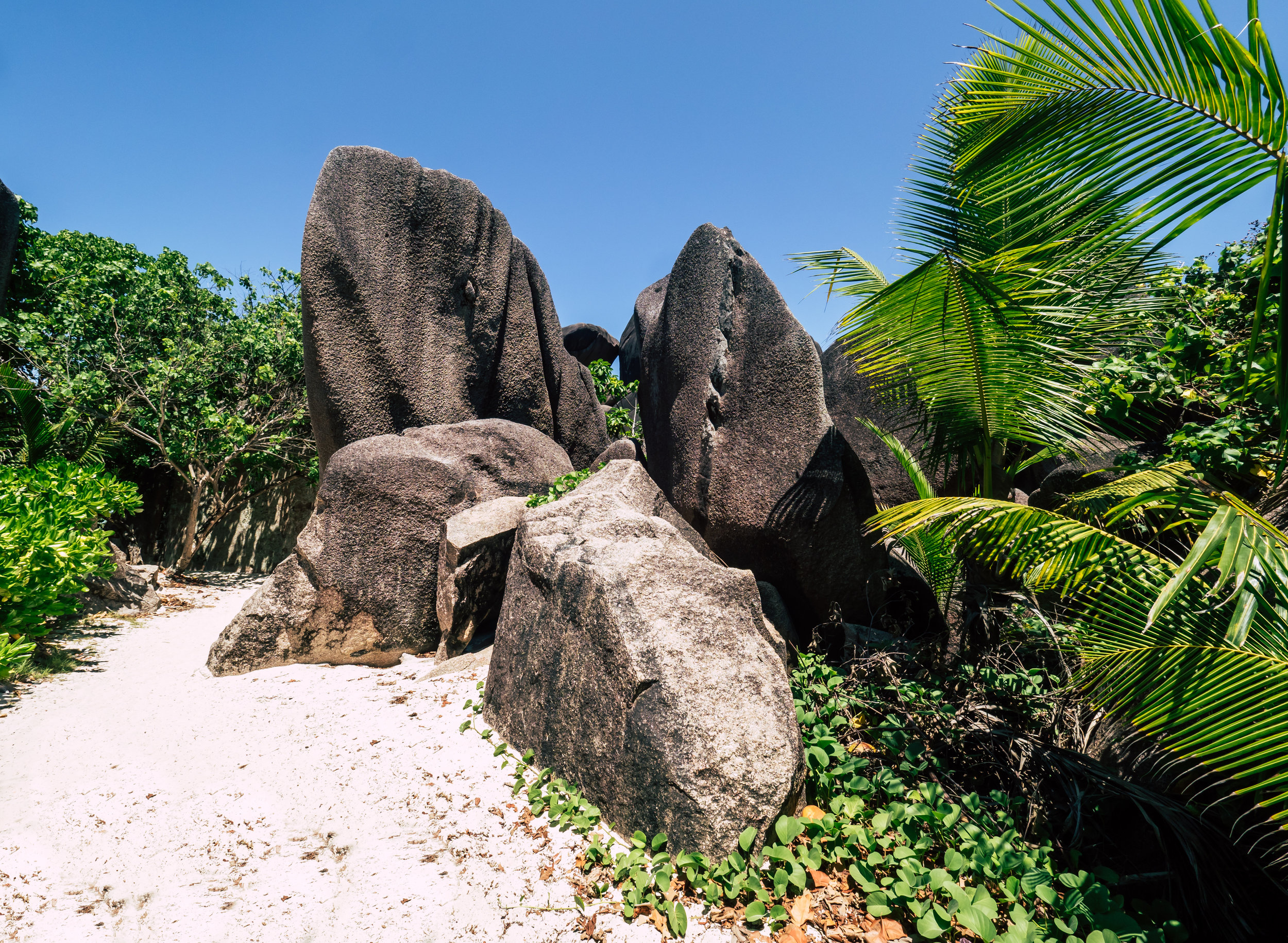
Granite
The country is famous for its granite rocks sprinkled around the beaches, but less than half of its islands actually feature them, the others are coral islands.

Old Cemetary
The old cemetary is an eerie location with the dying tree in the back. Watch for the new (and more colourful) version a few photos down...

Origins
The group of Granitic Seychelles are fragments of the ancient supercontinent Gondwana.
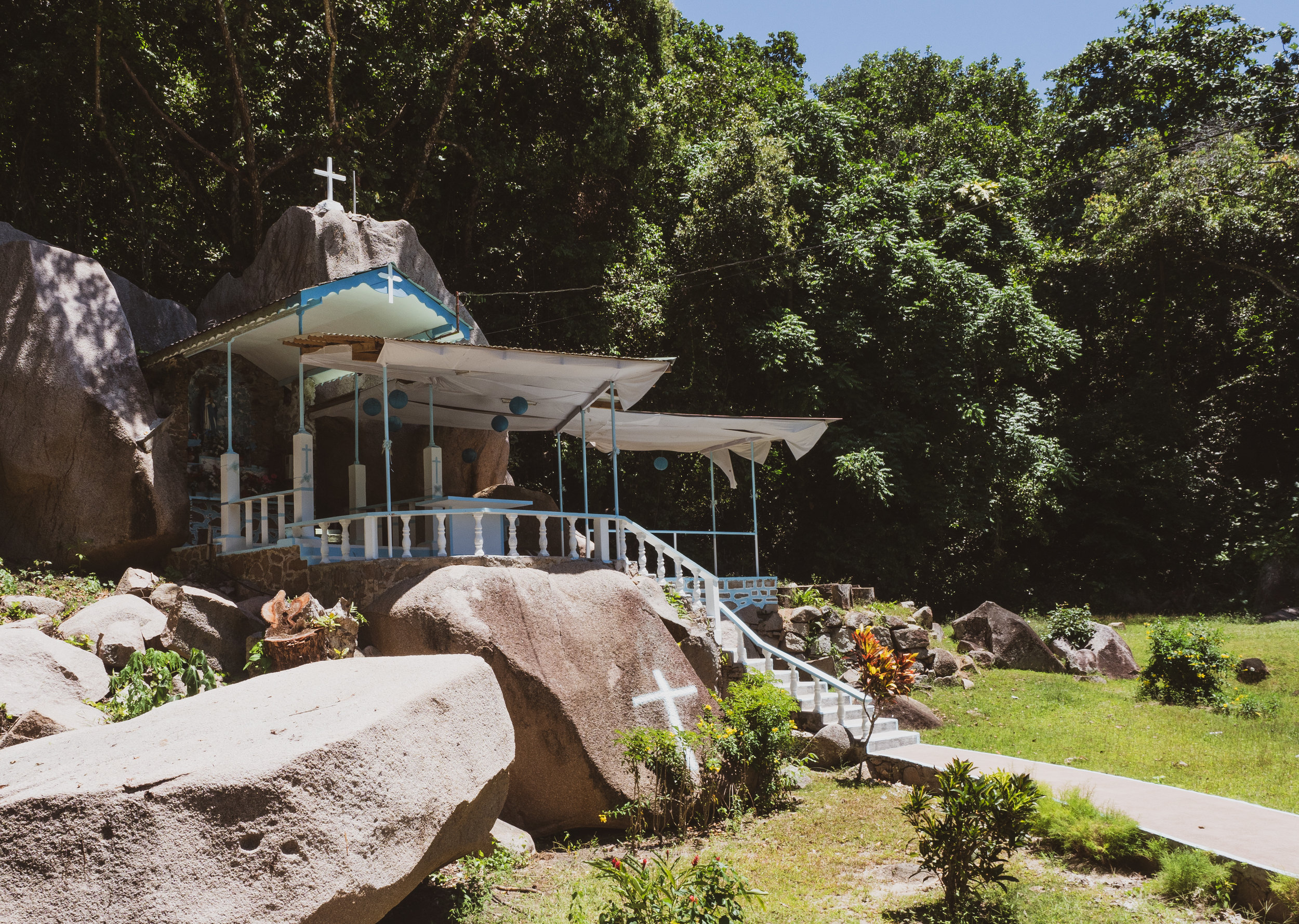
Rocky Religion
90% of the population are Christian, the majority of which roman-catholic.

The Elusive Flycatcher
Sadly, less than 300 are still in existence in the wild, and the island of Le Digue houses most of them, except a few pairs which were moved to another island to preserve the species. It took half an hour of wandering in the nature reserve to spot this male.
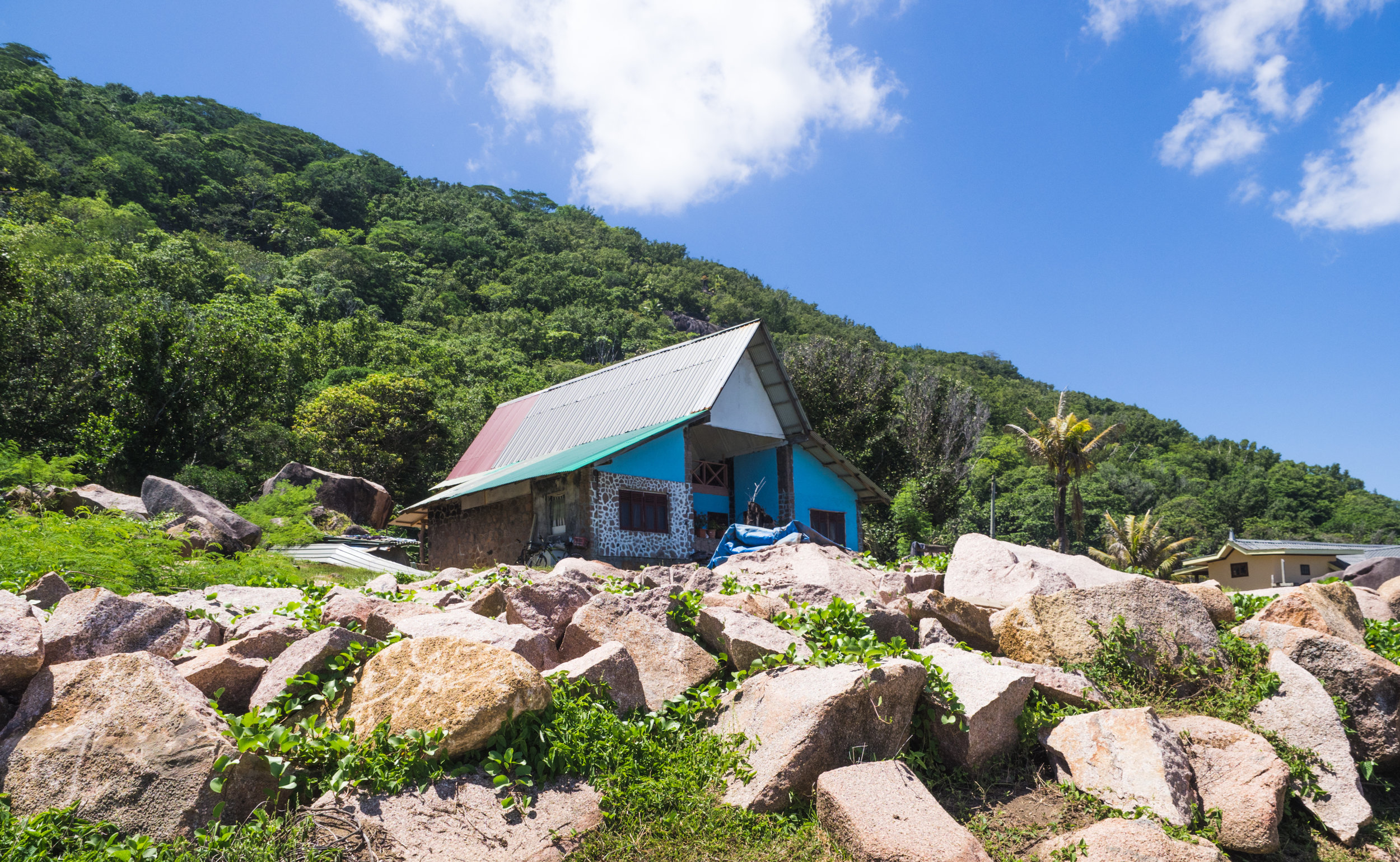
Houses
The island features some beautiful houses of different styles.

Phone Booth
Showing off the lack of football taste that is or was once present on the island...
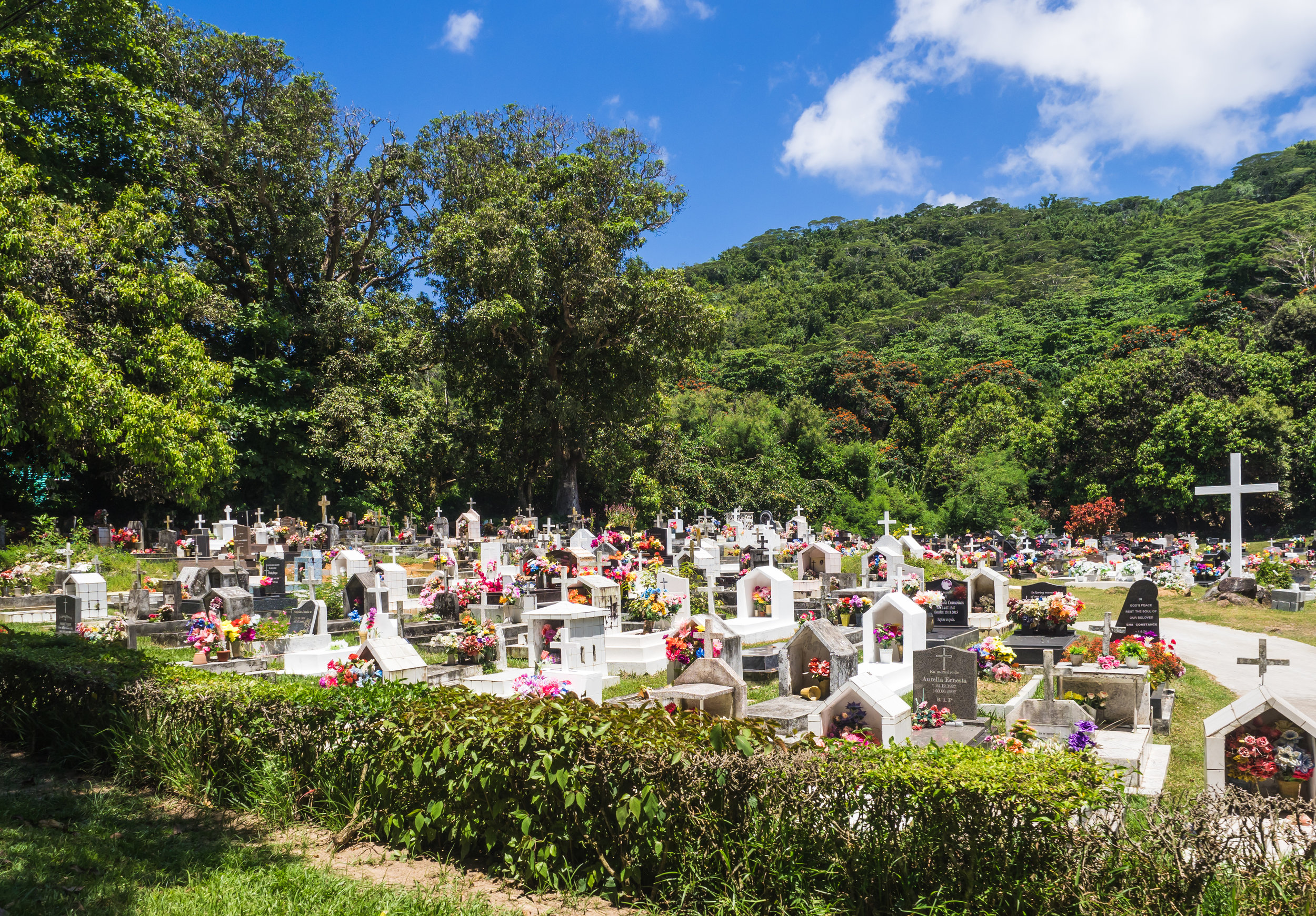
New Cemetary
More colorful for sure, although its worth mentioning these flowers aren't real.

Houses
More of the local architecture.
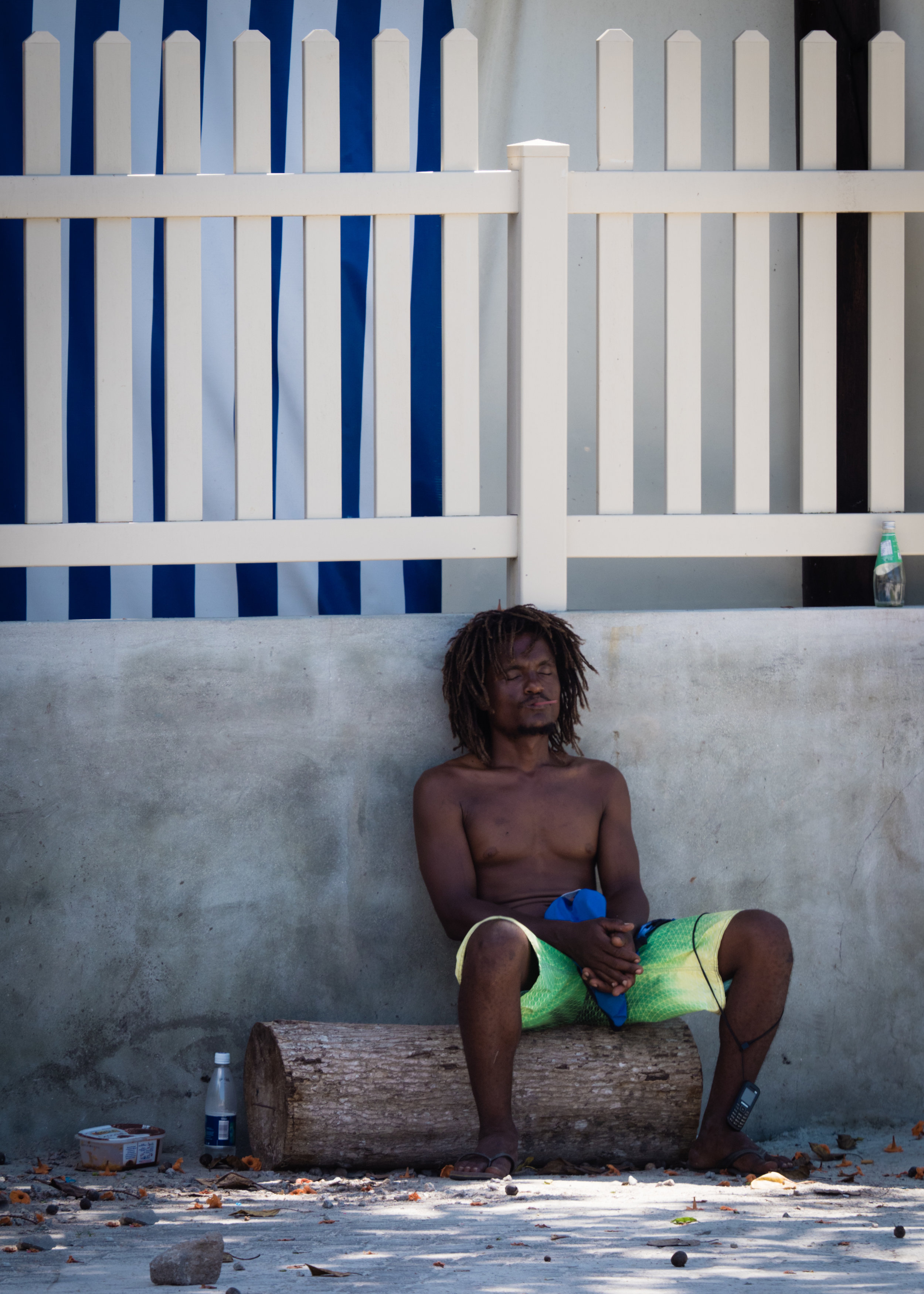
Island Lifestyle
Stress didn't seem too common.
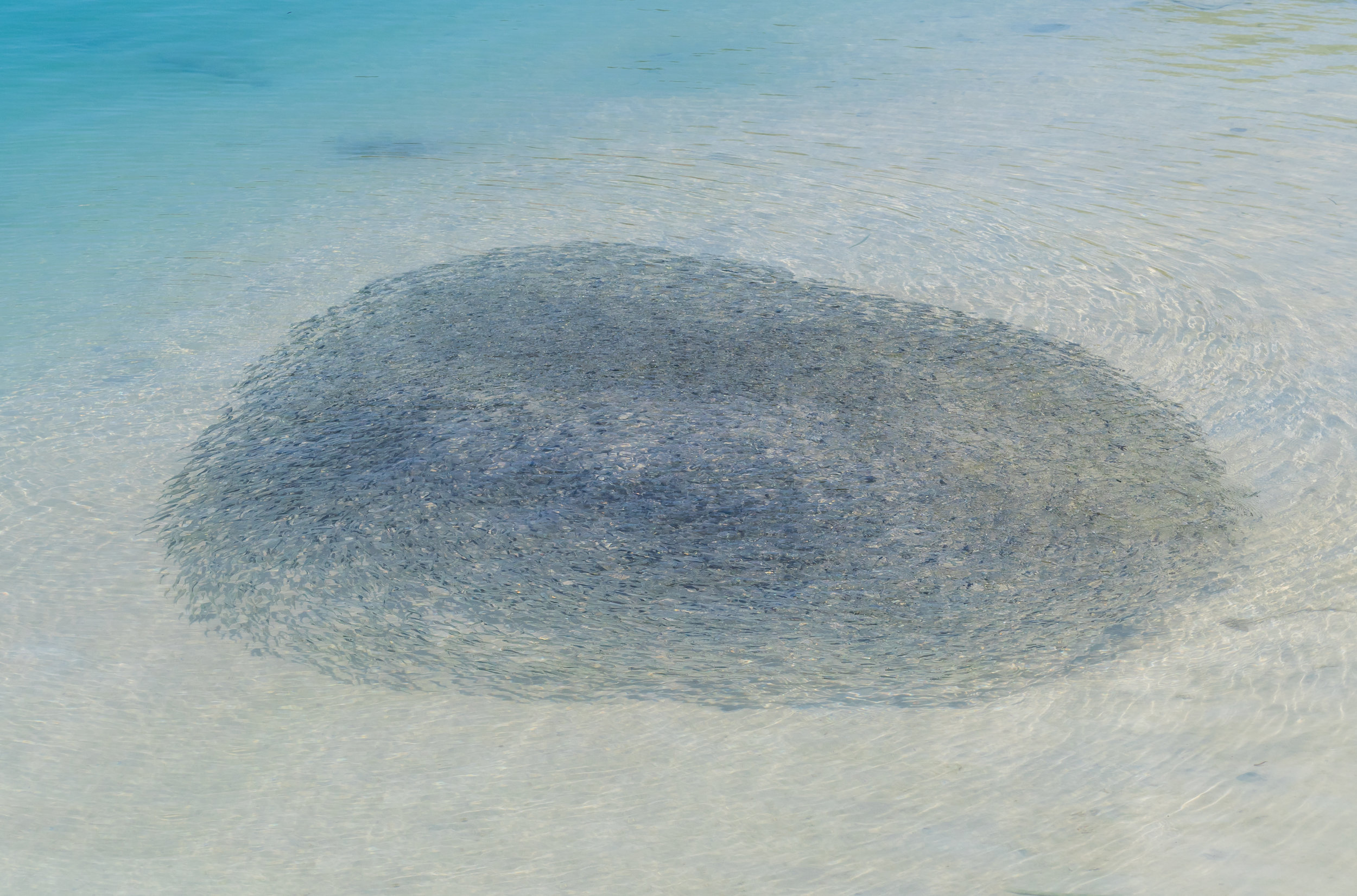
Fishing Circle
Marine life is abundant and fishing is the largest export of the country.
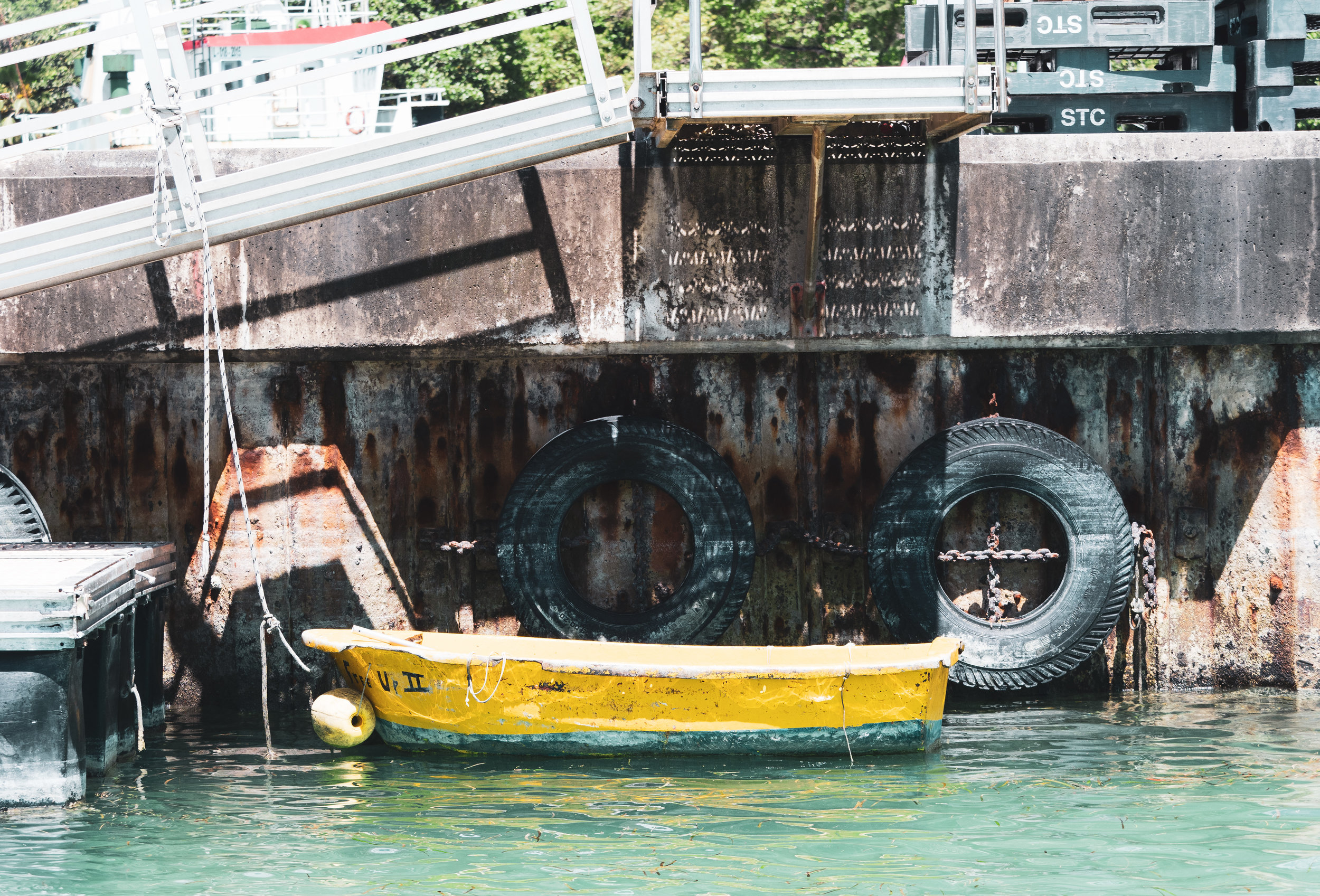
Transport
Given that I have just completed my up to 12m skipper license, I thought it would be a good idea to bring the new boat along.

Yacht
Just kidding, this is mine.
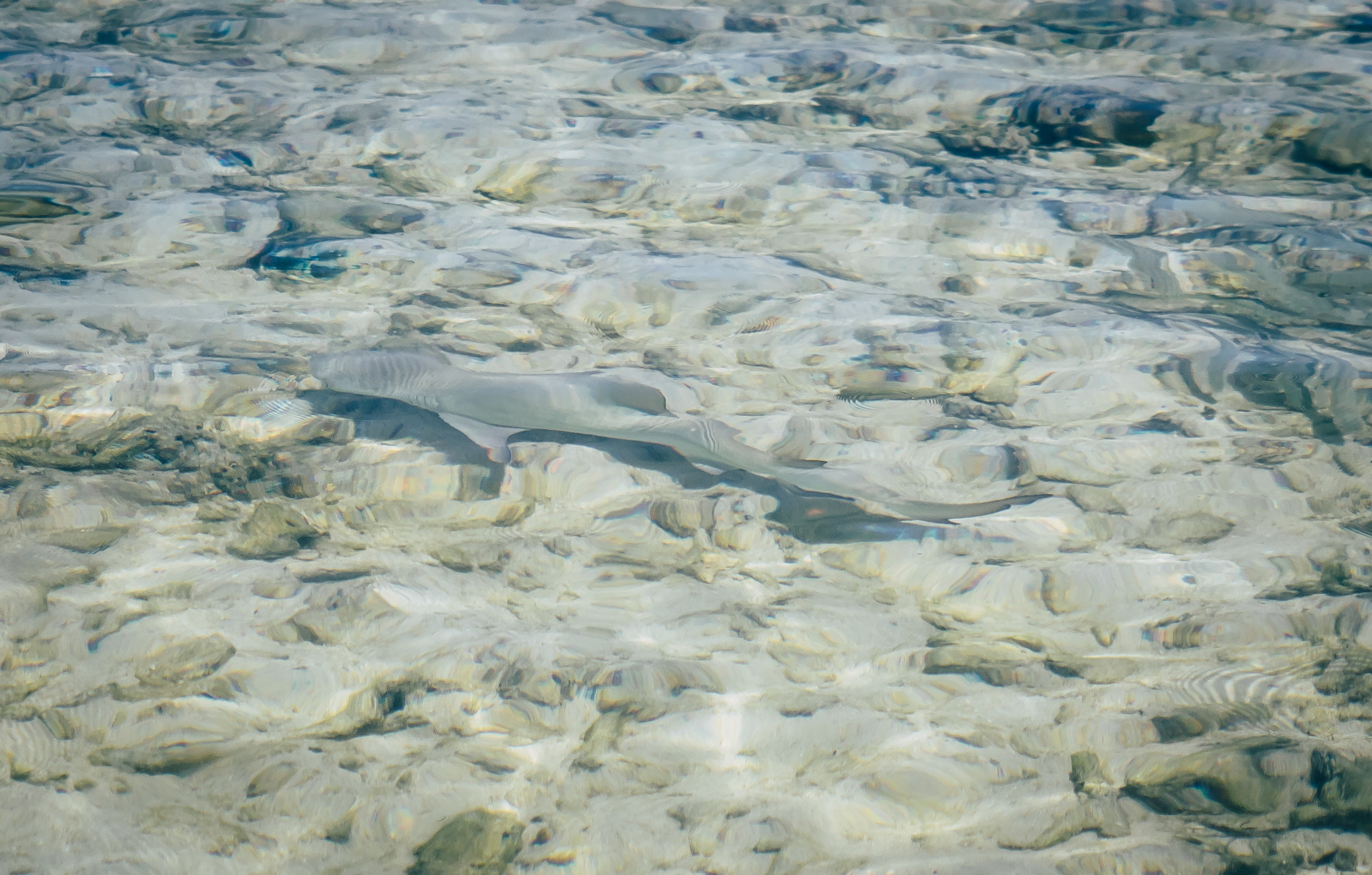
Baby Shark
Small reef sharks live around the rocks until they grow into adults.

Ray
And occasionally, smaller rays also pass by.
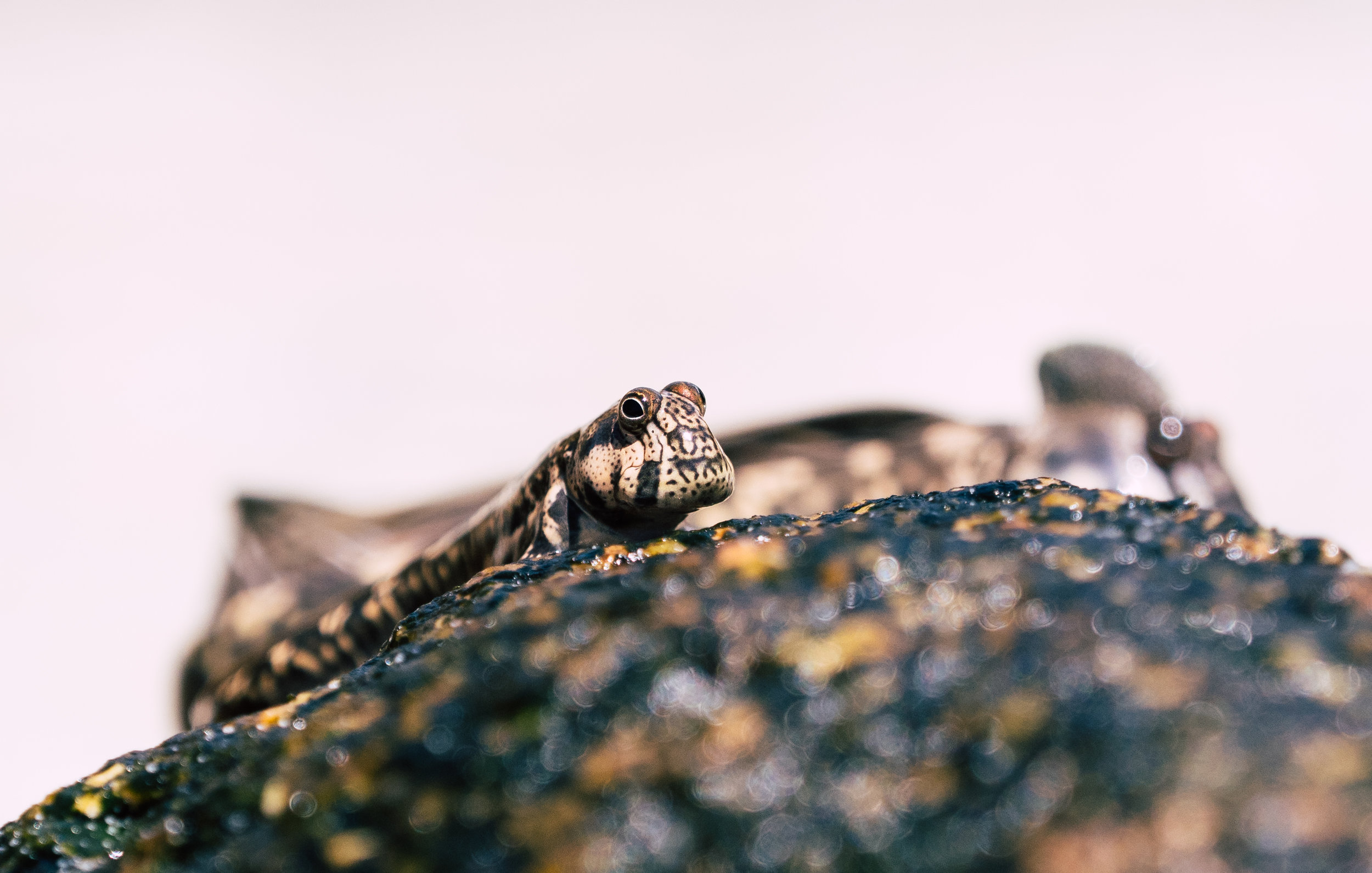
Leaping Blenny
Funny little creatures that live on the rocks perching out from the water, walking and jumping with help of their fins if danger approaches. They are able to breath outside of water.
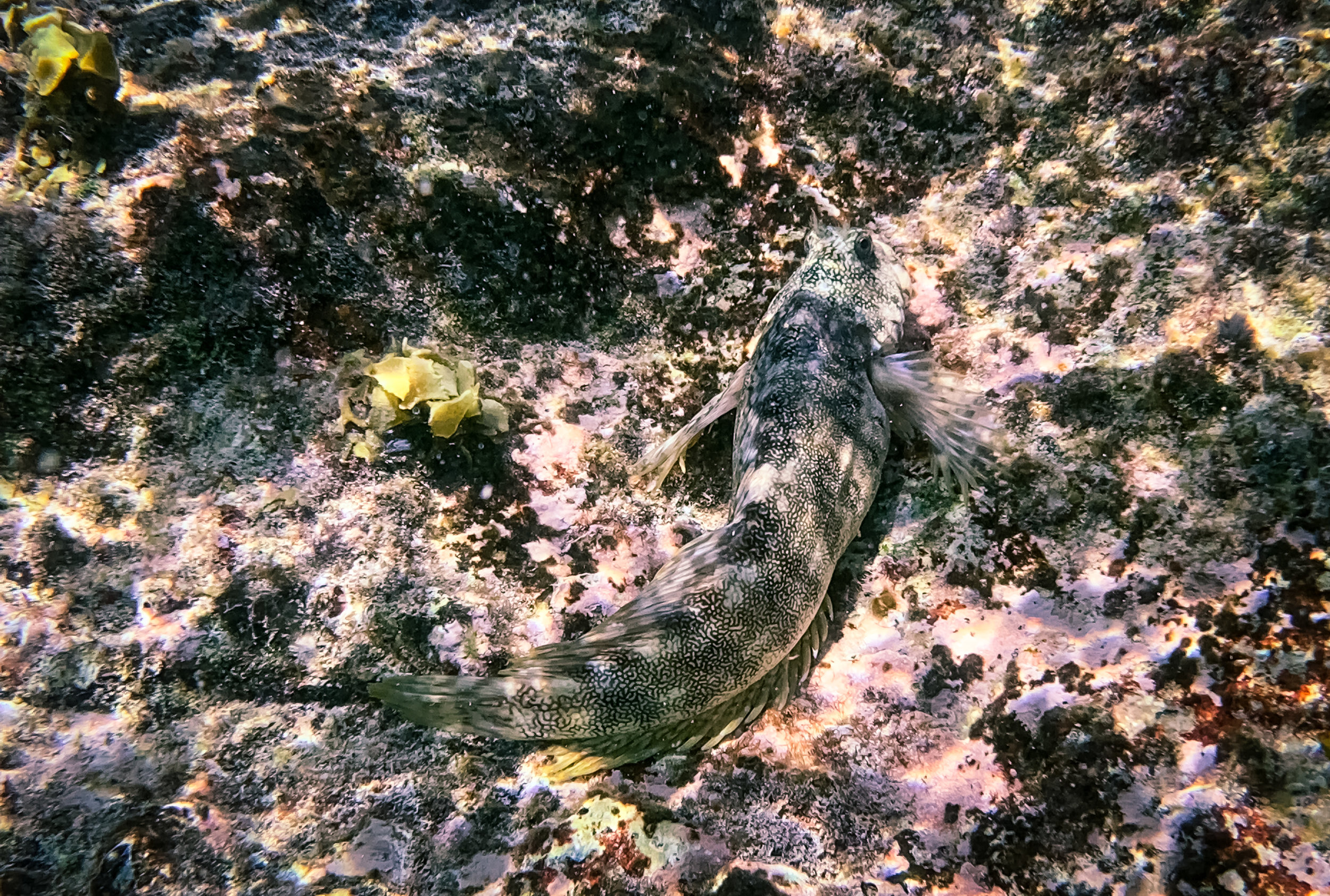
Leaping Blenny - Large version
It's bigger cousin, captured under water with an iPhone XS (as are the few other underwater photographs).

Coral
Some snorkeling around the beach was enough to spot a few beautiful corals.

Coral World
A variety of stony coral colonies.
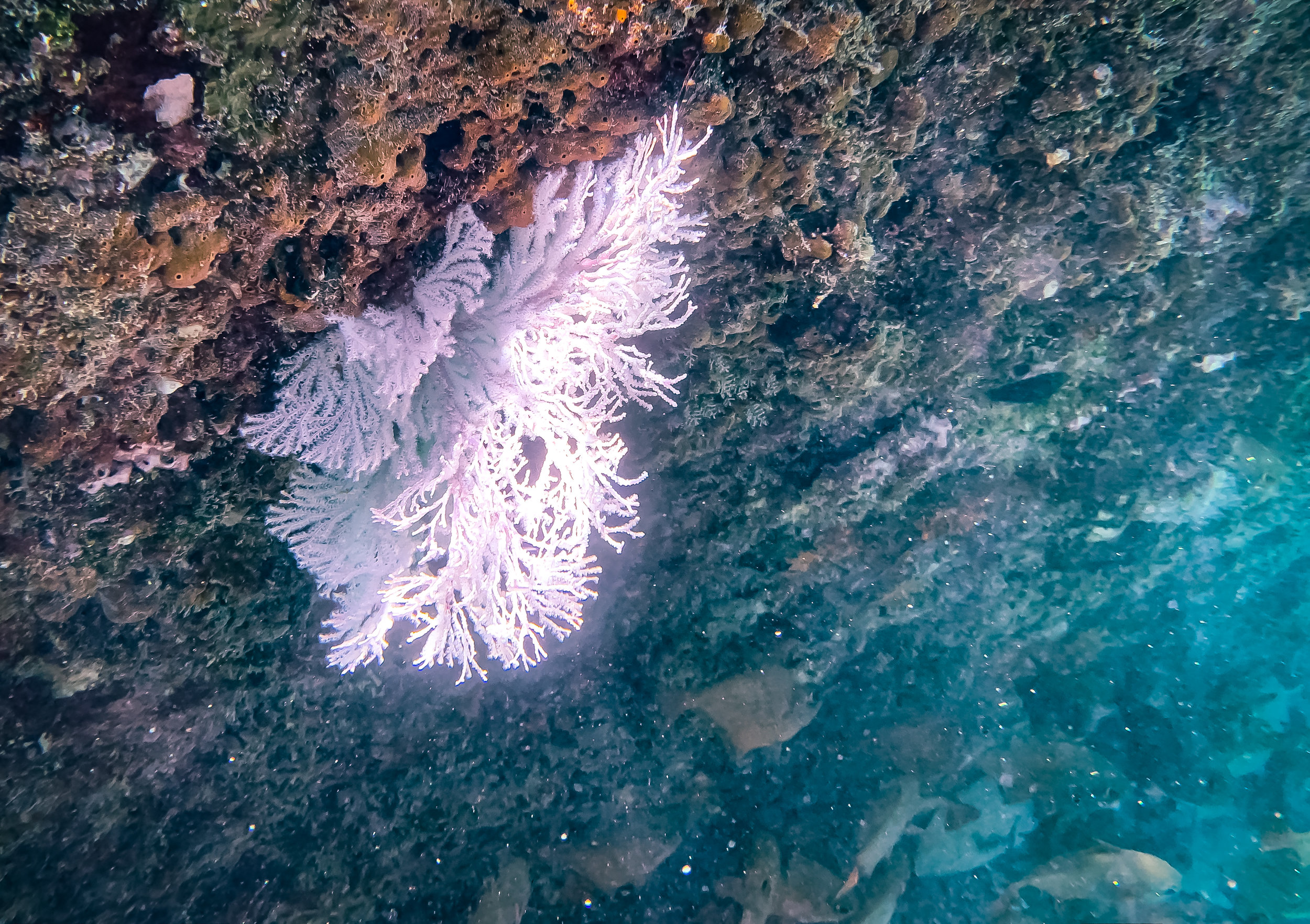
Marine Flora
I think this is some type of Gorgonian or Sea Fan.
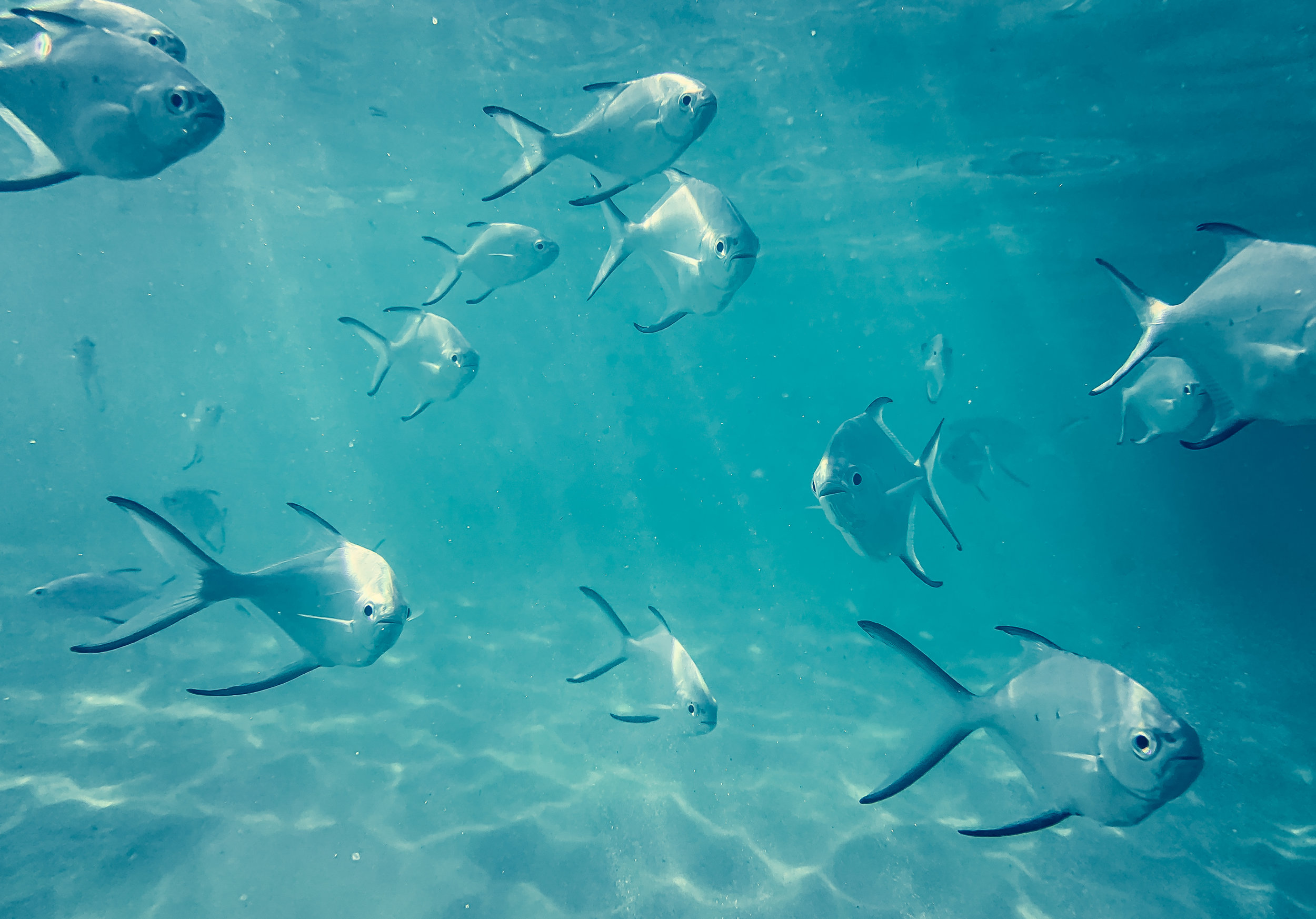
Smile
The most common fish roaming the shallow waters on the beach.
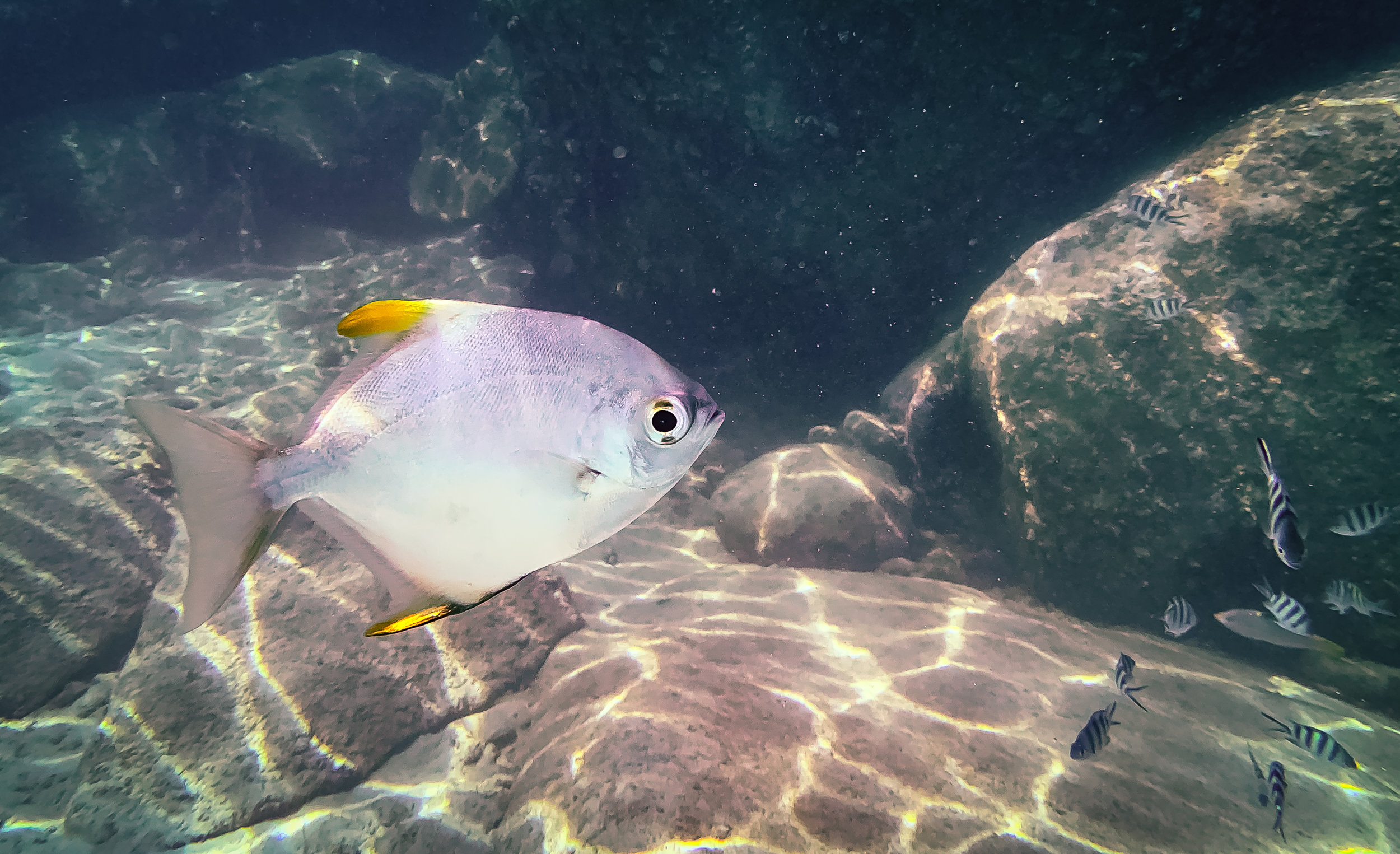
Unknown Fish
Anyone knows the species?
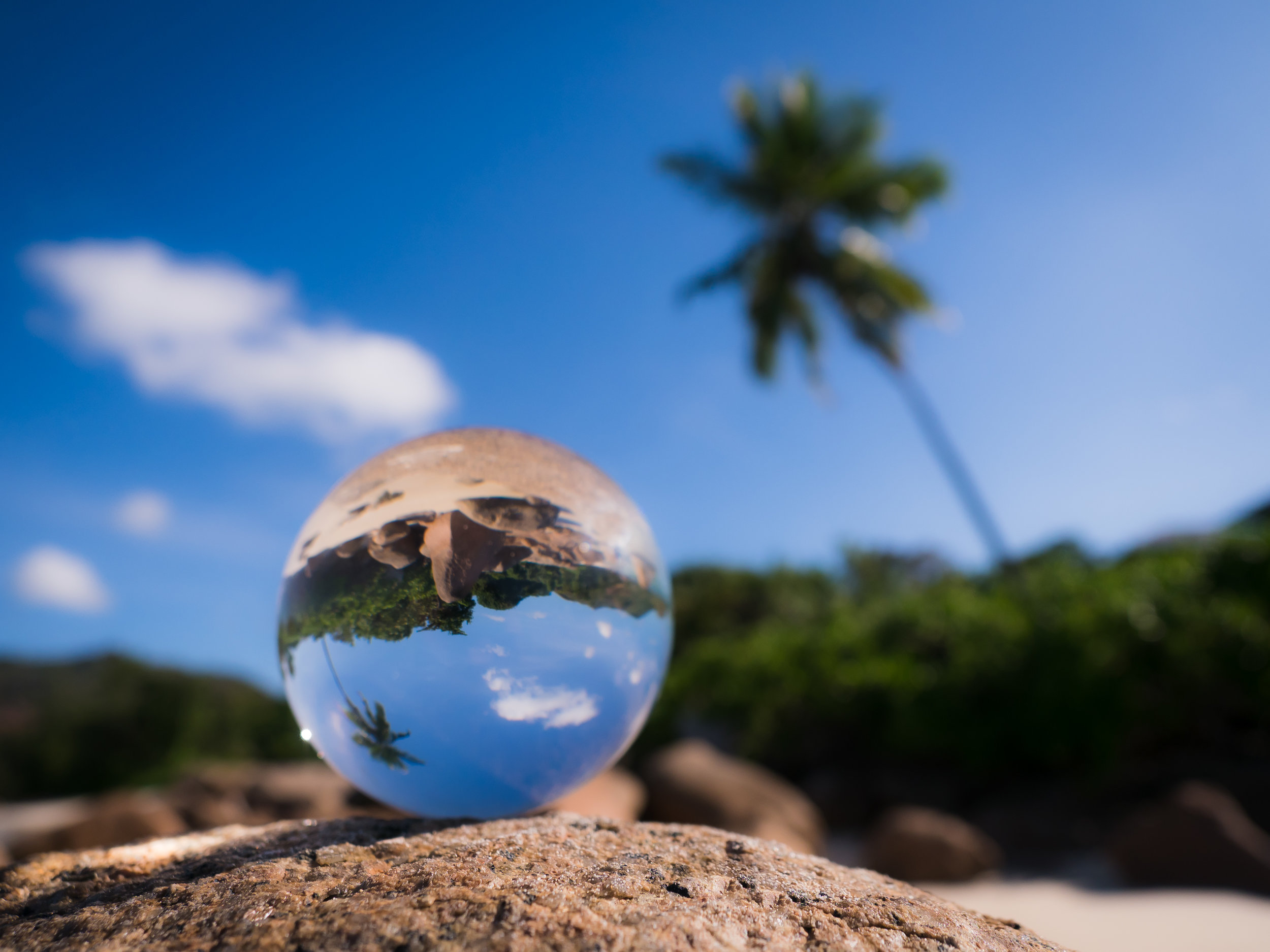
A point of view.
A crystal ball can't always predict the future, but it can give you a different perspective of the present.
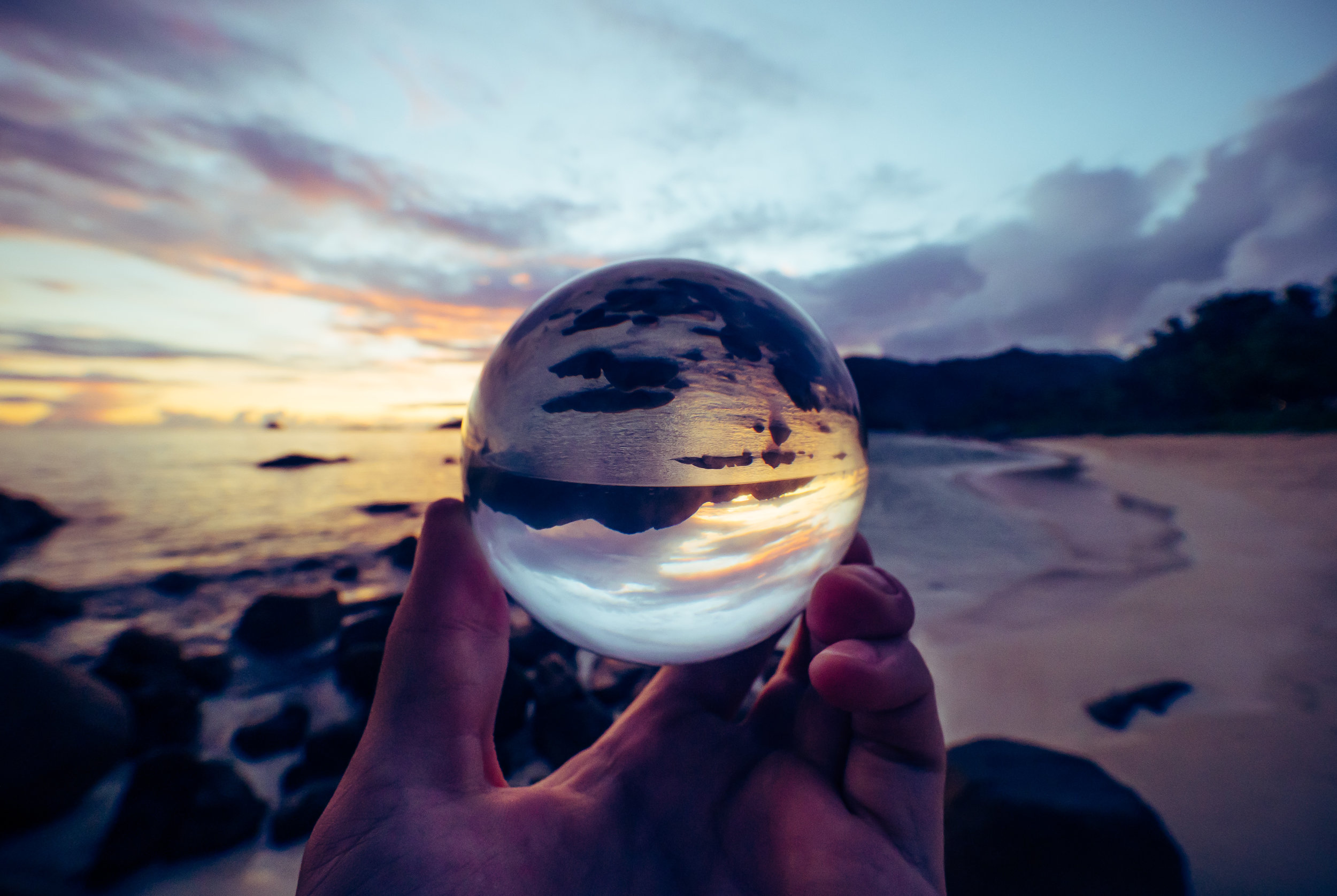
Toys
Glass balls are an interesting tool for photography... if you don't overuse them.
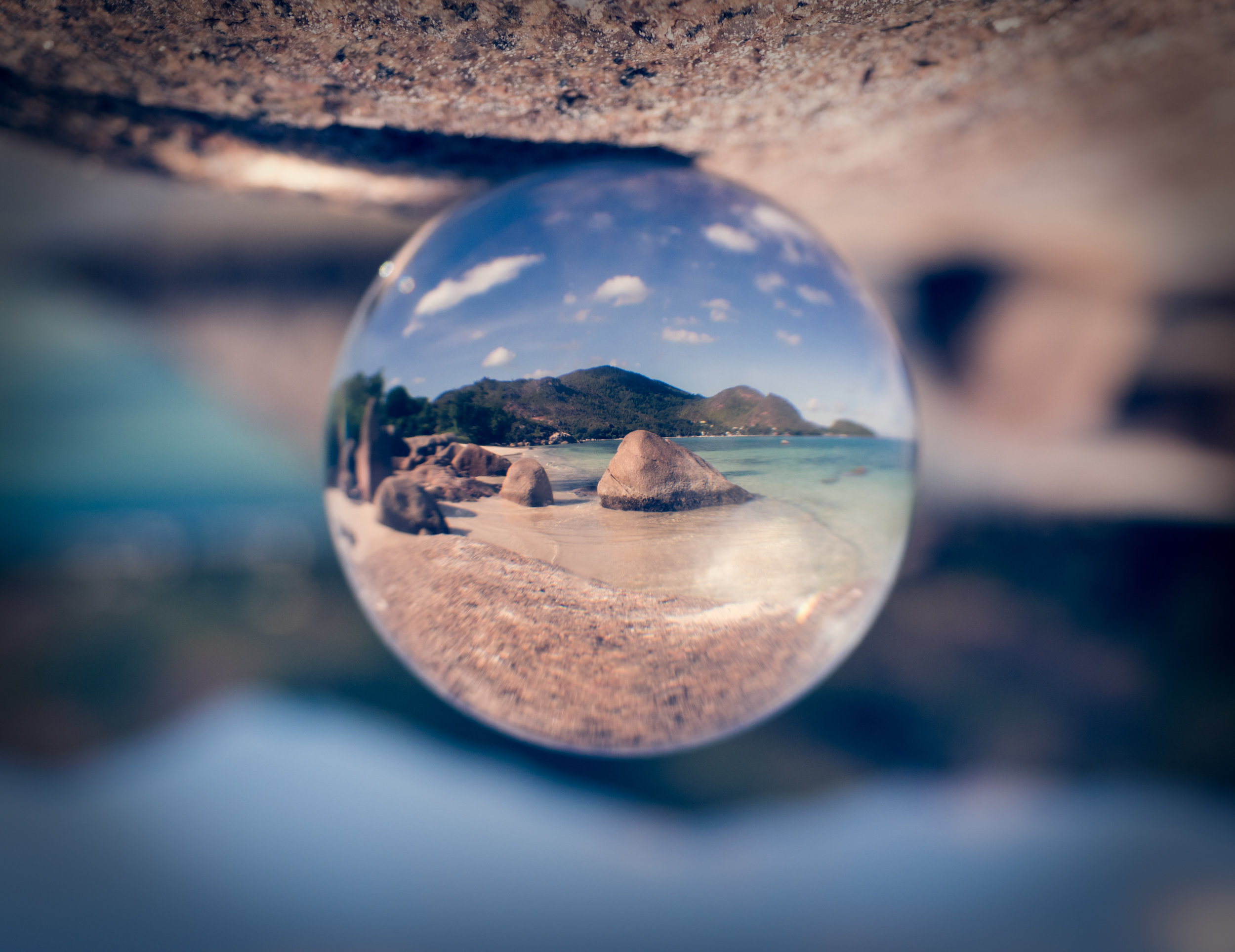
Physics
One point to note - be very careful when using a crystal ball in direct strong sunlight, the refraction can immeditely burn whatever you put the ball on, including your hand...
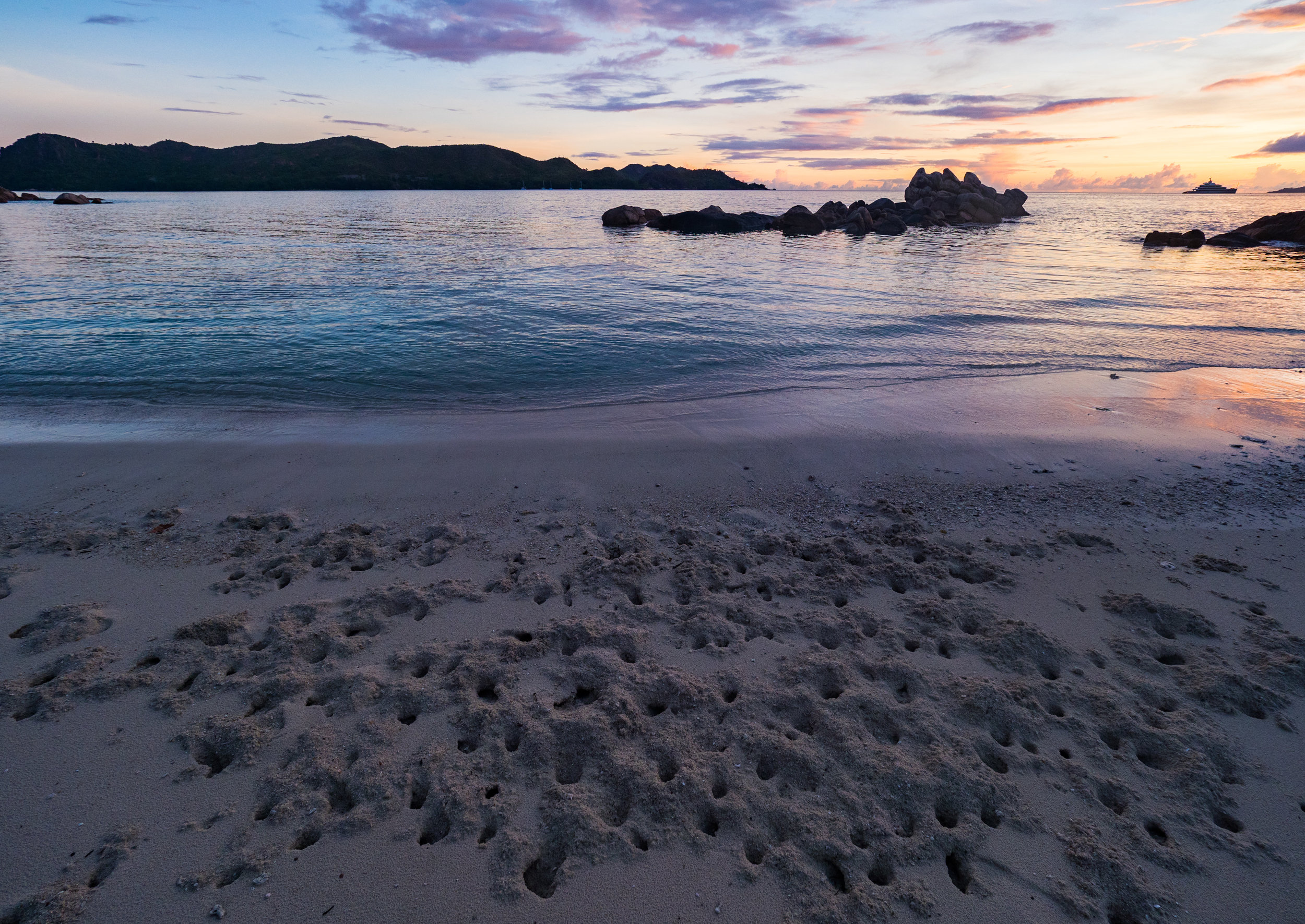
Home in a Hole
A crab village.
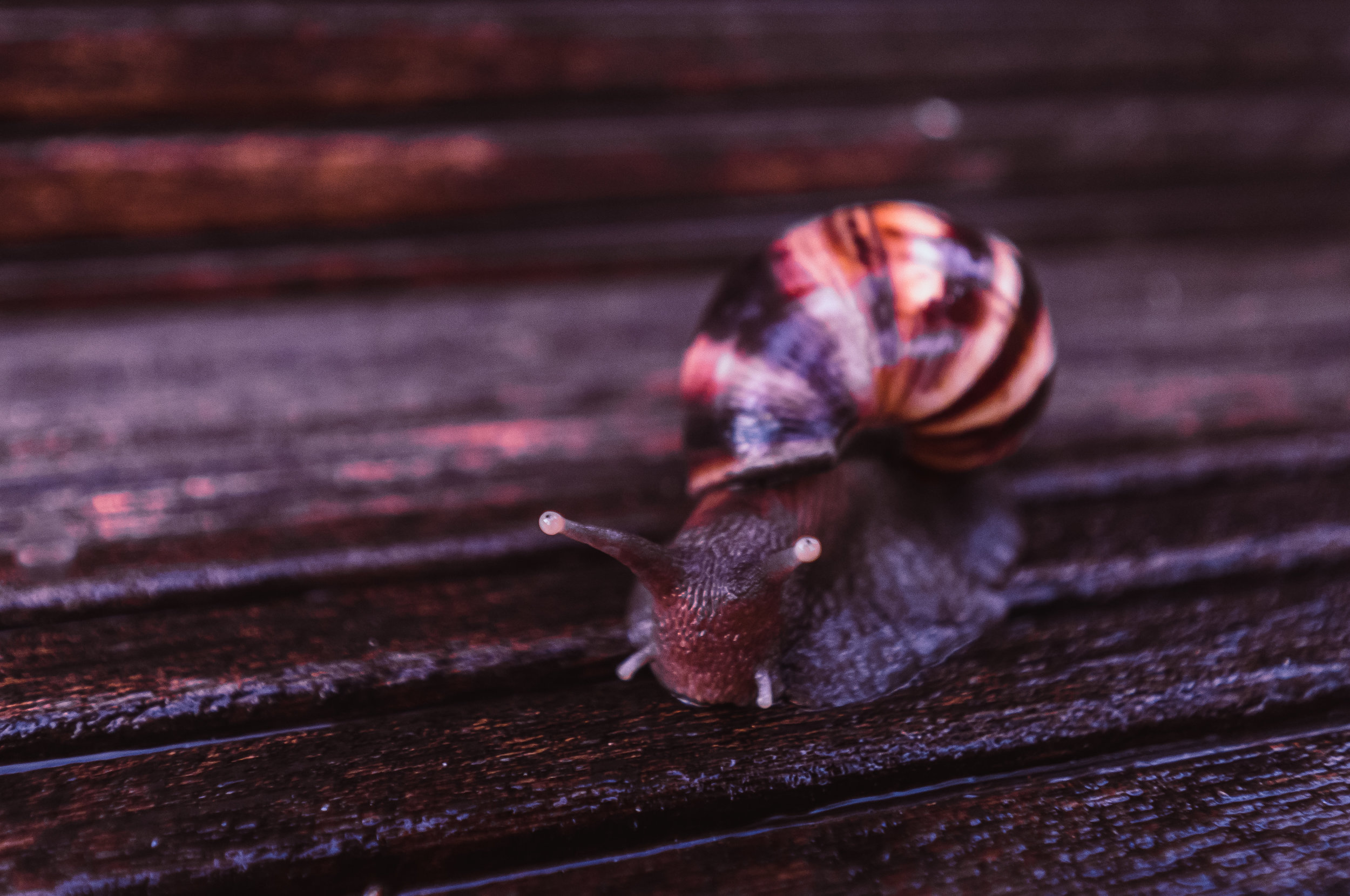
Snails
An early morning rain triggered this guy to come out from hiding.
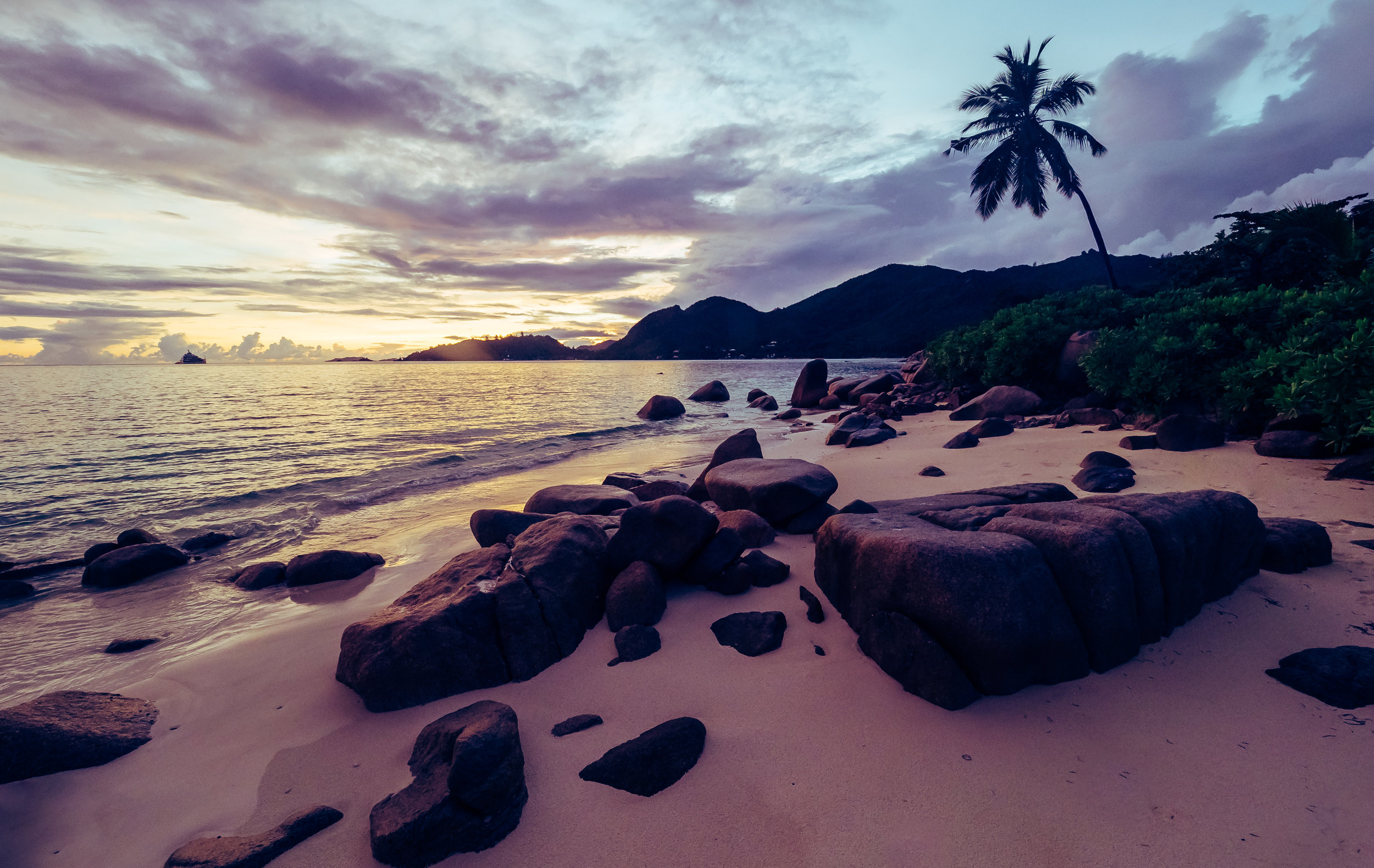
Sunrise
Worth getting up for at 5am.

The Red Fody
A common bird in the Indian Ocean, this one took a bath in the pool.
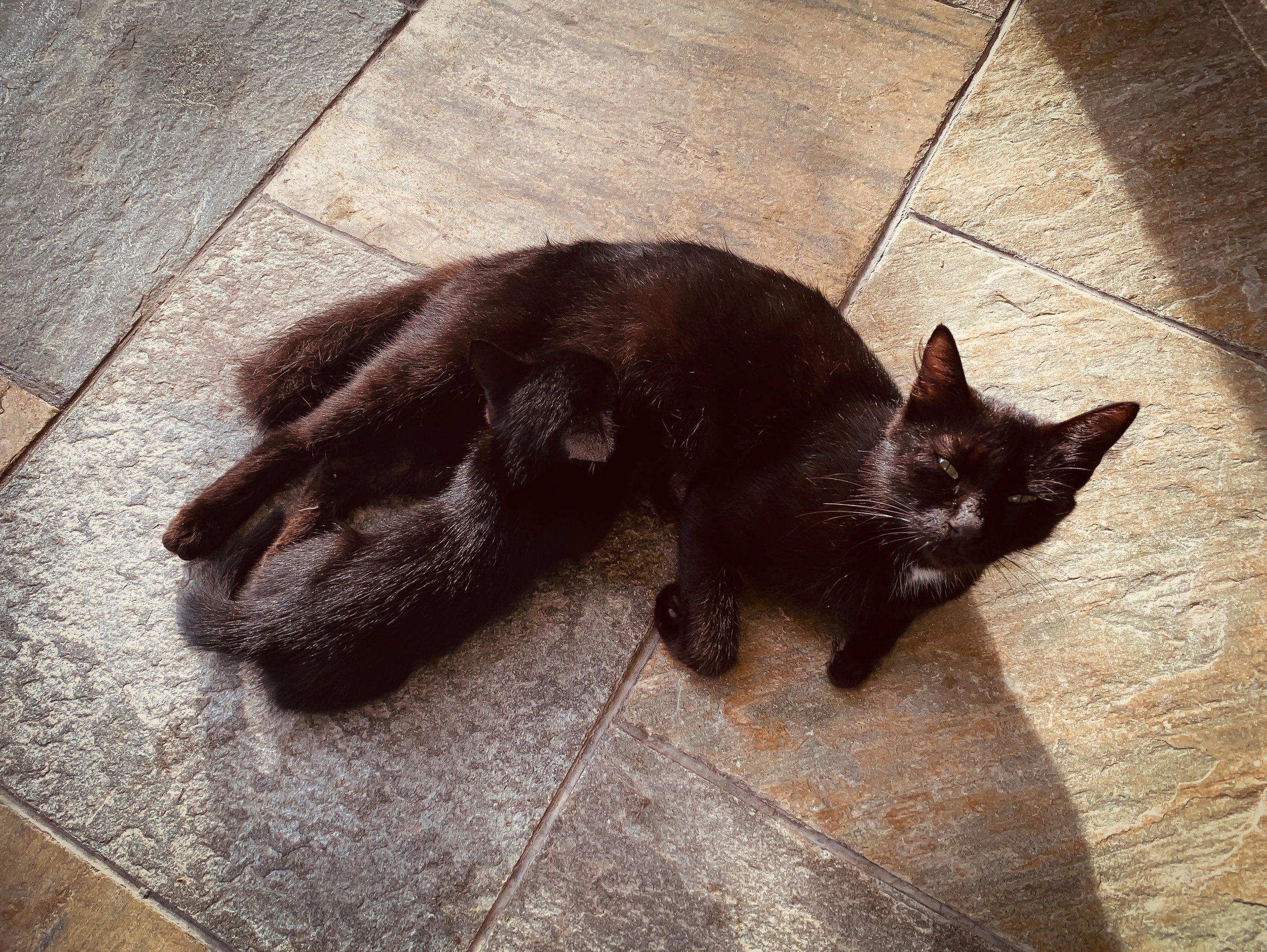
Feline Friends
Cat photo can't be missing. This mum was hanging out in the hotel grounds with her two kitten.
The Alpine Route, Liechtenstein, Lake Como, Genoa, the French Riviera and back!
In August 2018 I finally took a trip I had on my mind for a few years, following the route below. The drive took us through parts of the famous German Alpine Route, past castle Neuschwanstein, along Lake Constance, through Liechtenstein with its tiny capital Vaduz, for a stop at Lake Como and onwards to Genoa, and finally the coastal beauty of the French Riviera with Monaco, Nice, Antibes, Cannes and St Tropez.


In August 2018 I finally took a trip I had on my mind for a few years, following the route on the map above. The drive took us through parts of the famous German Alpine Route, past castle Neuschwanstein, along Lake Constance, through Liechtenstein with its tiny capital Vaduz, into the Swiss Alps, for a stop at Lake Como and onwards to Genoa, and finally the coastal beauty of the French Riviera with Monaco, Nice, Antibes, Cannes and St Tropez. Aside from driving a lot, we also walked and hiked quite a bit as my trusty Pedometer app showed.
It was all worth it though and I can definitely recommend the trip. Below is a selection of photos taken along the route.
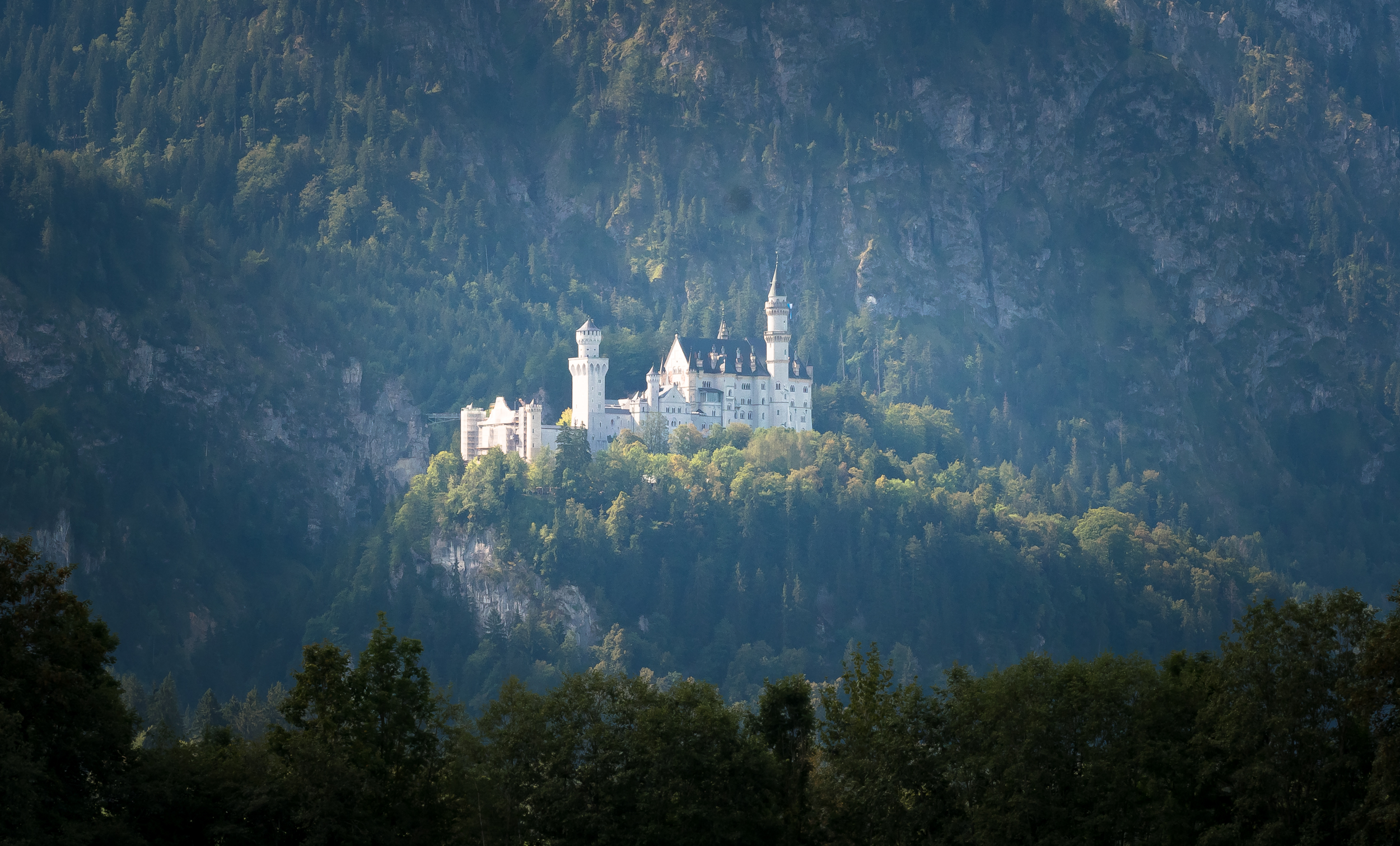
Neuschwanstein
One of the most famous sights in Germany, the palace was built by Ludwig II of Bavaria as a retreat - unfortunately it was never fully finished, but nevertheless attracts over a million visitors a year.
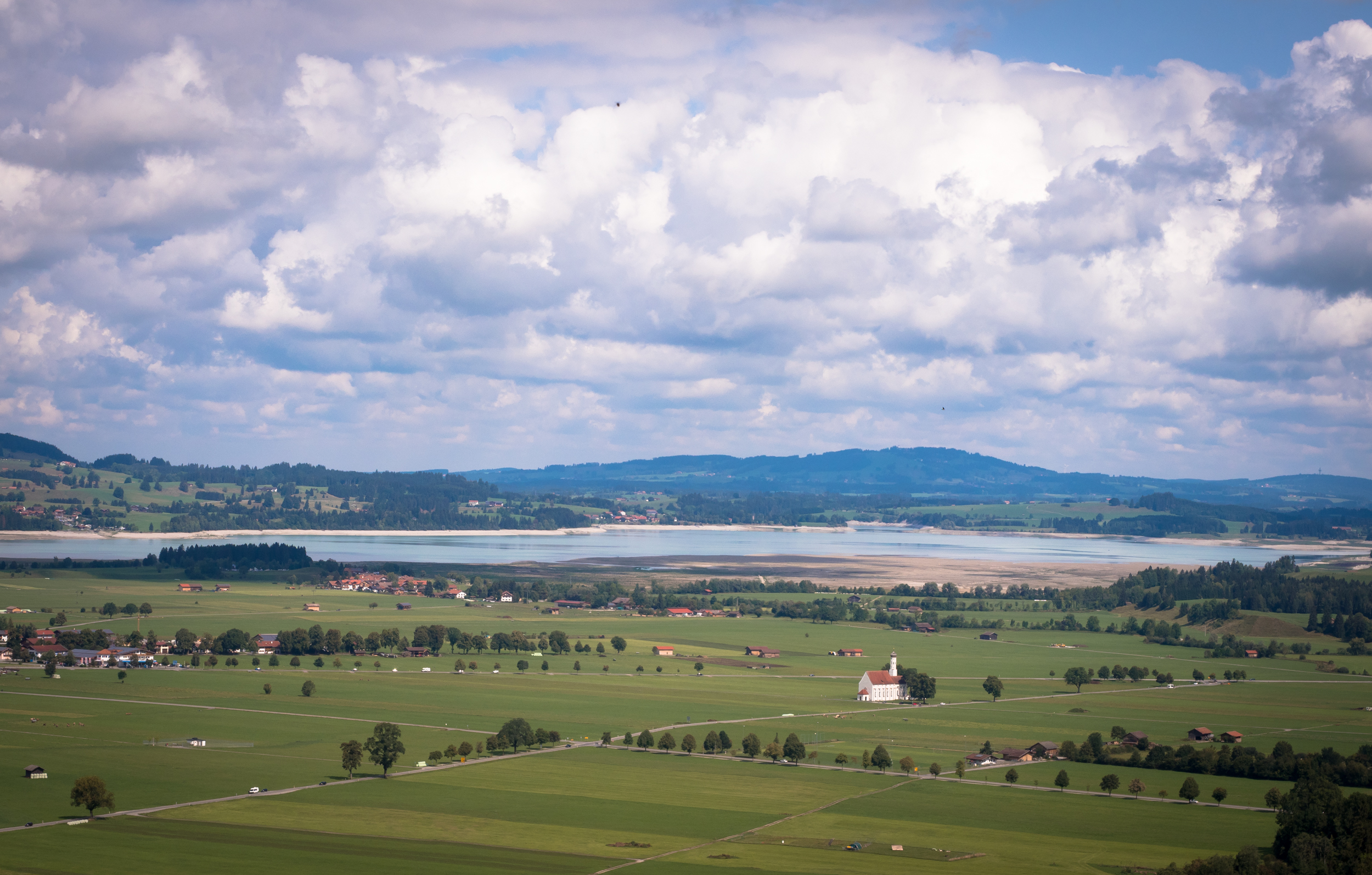
Landscapes
Neuschwanstein overlooks two lakes, the Alpsee and Schwansee. After a very hot and dry summer, you can clearly see how little water the lake had in late August.
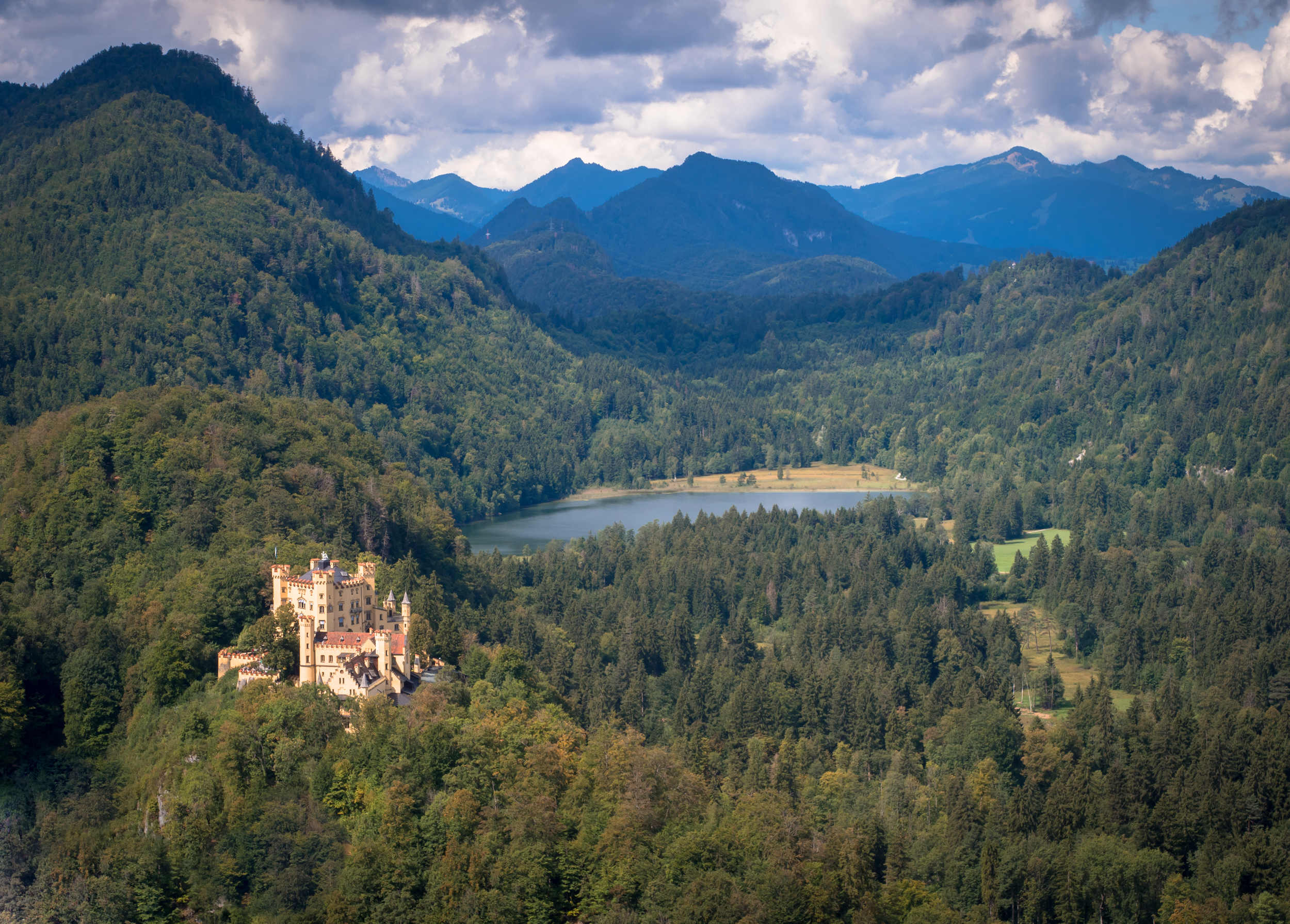
Hohenschwangau Castle
A second and less famous castle is located just a few hundred meters away. Hohenschwangau Castle was built by Ludwig's father and served as the family's summer residence.
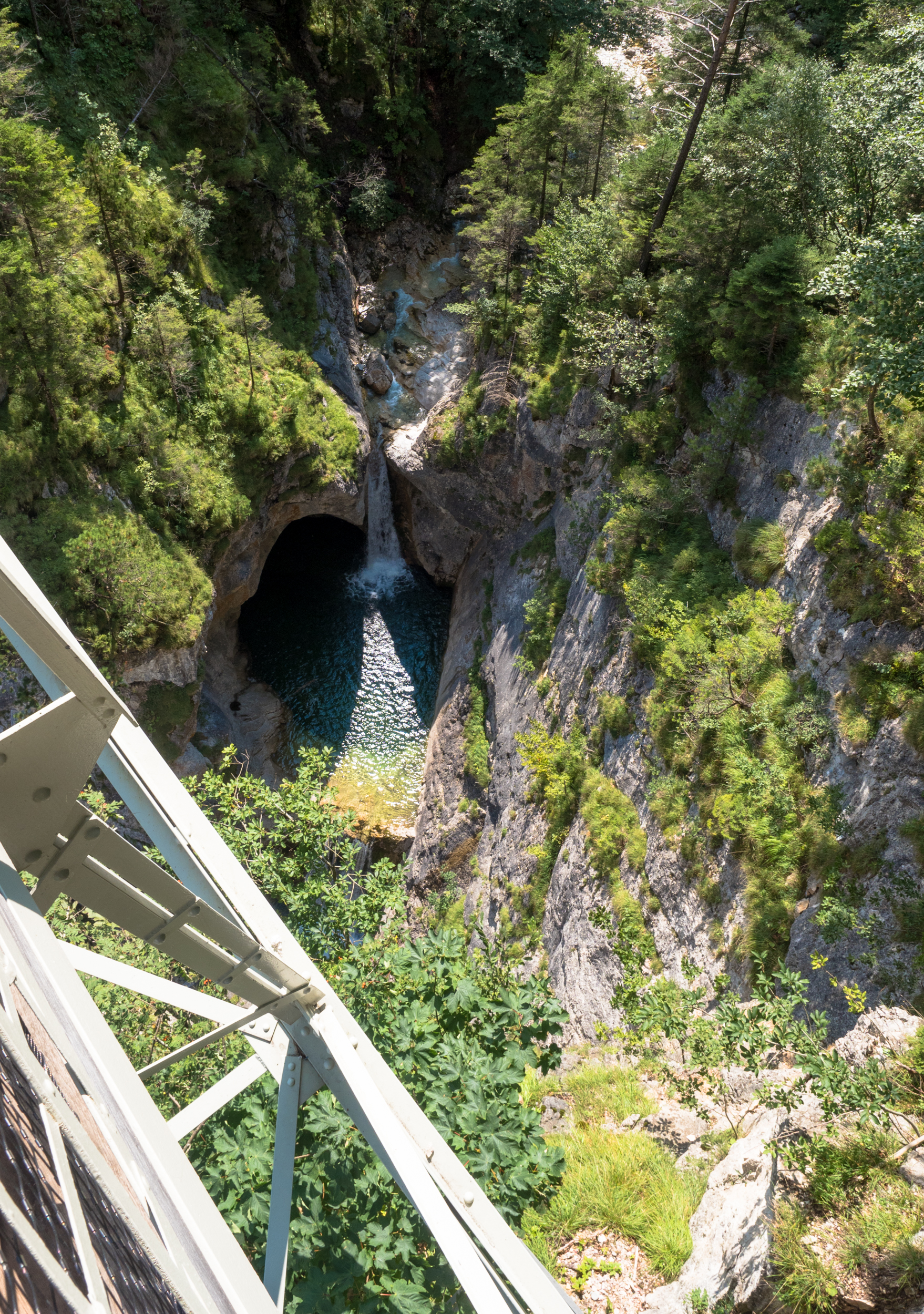
Marienbrücke
Lookign down into the gorge from the Marienbrücke, arguably providing the best view of the castle.
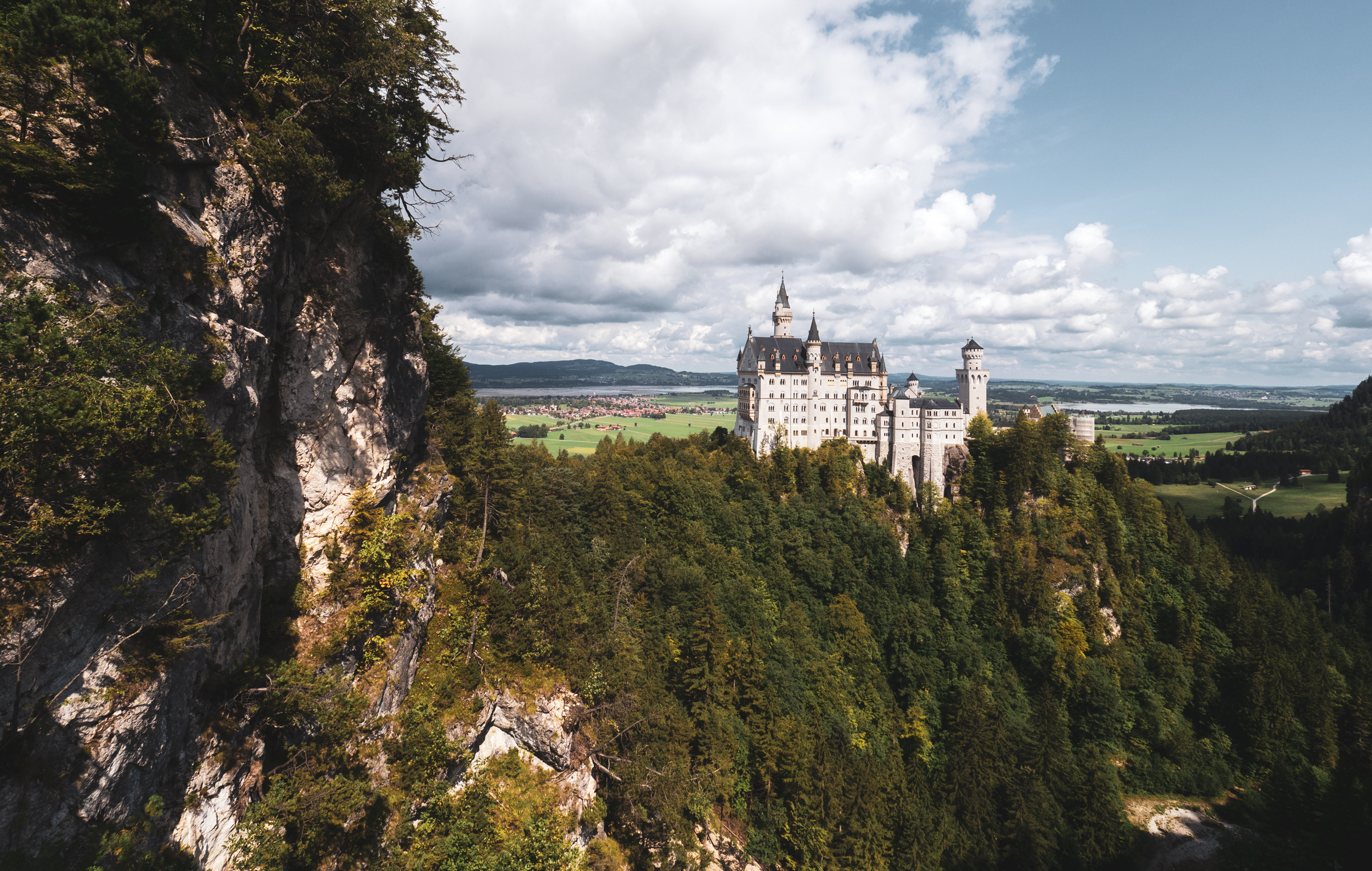
Fairy Tales
It's been confirmed that the castle served as Walt Disney's inspiration for his famous Disney castle, inspiring countless childhood dreams. The king himself viewed the building as representative of a romantic interpretation of the Middle Ages, as well as the musical mythology of his friend Richard Wagner.
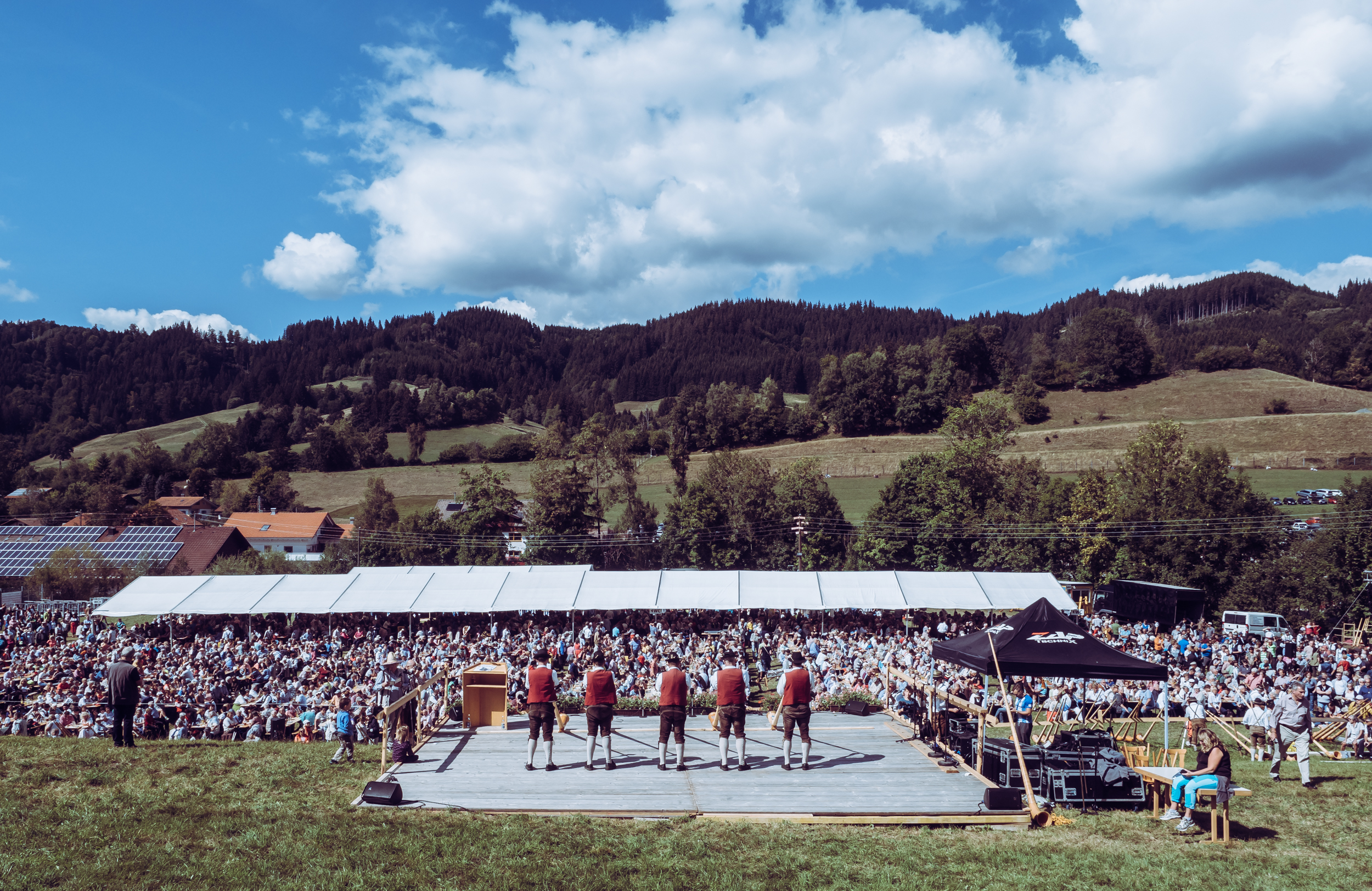
Alphorn Concert
Sheer luck meant we were able to attend the annual meeting of the regional alphornists (yes, that's how you call them) in Wengen.
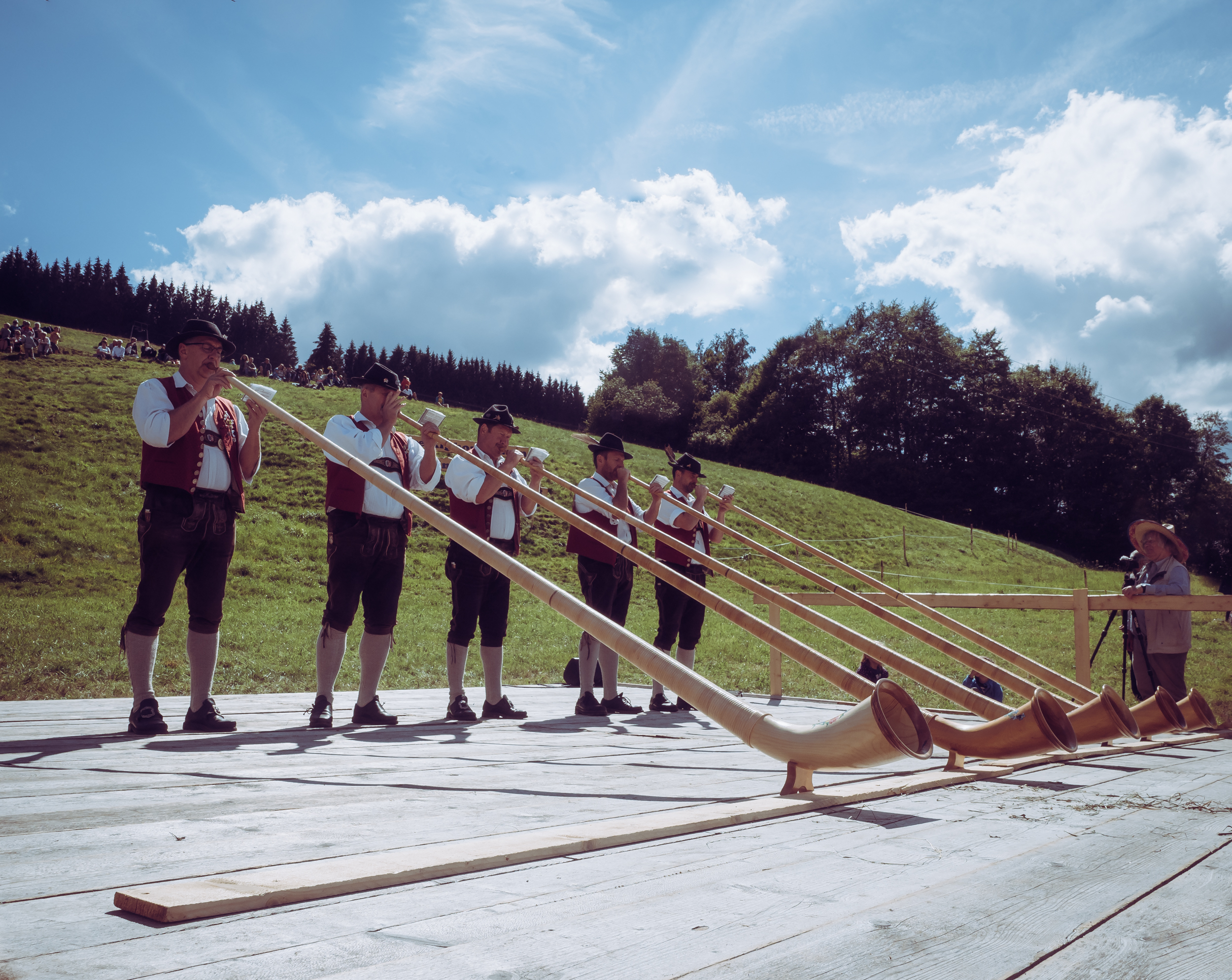
Alphorns
The Alpine Horn used to be a method of communication in the Alps - nowadays it's a musical instrument.

Up the Hill
The musicians getting ready for the grand finale...
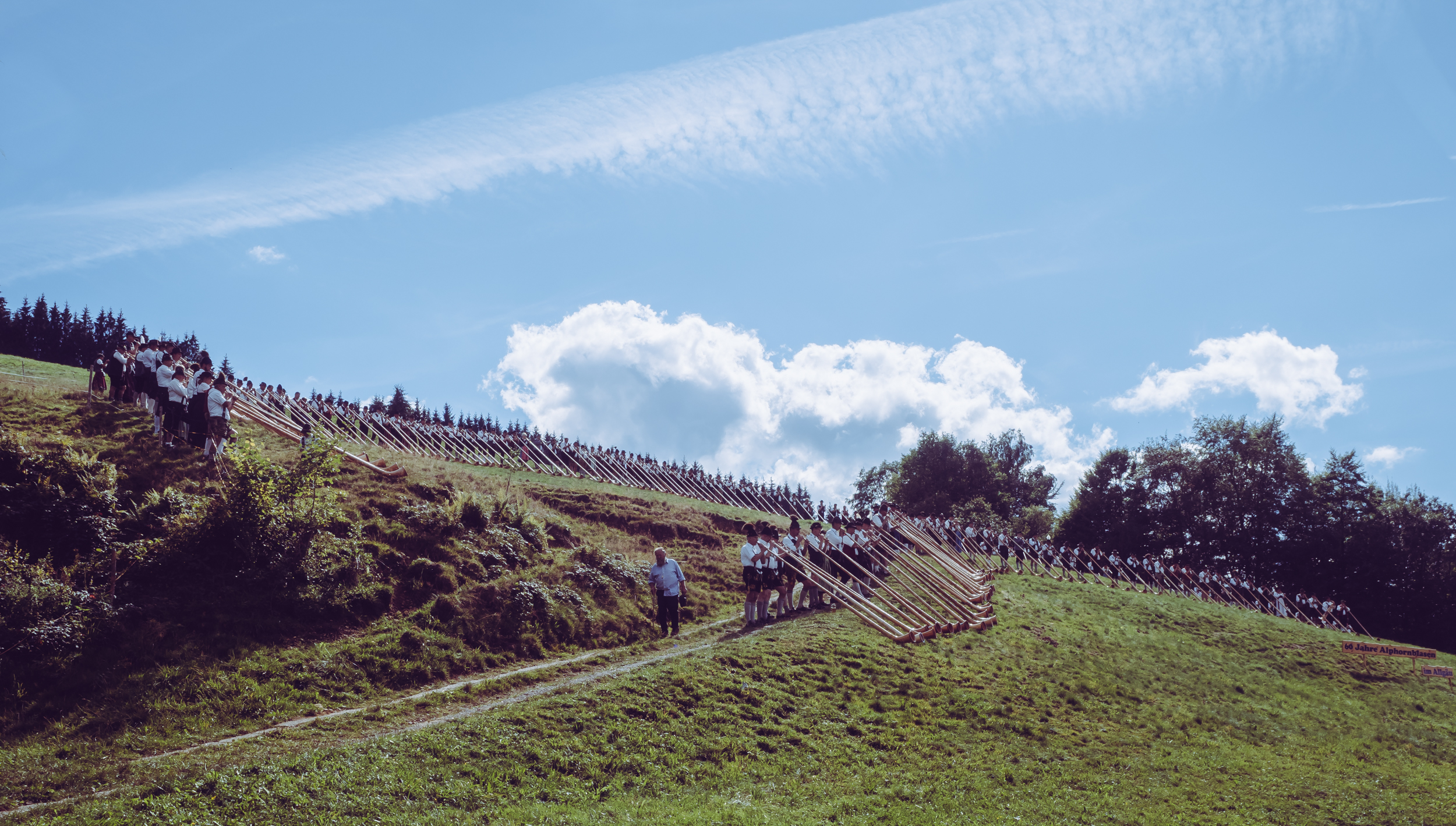
The Finale
... which consisted of 300 Alphornists playing at the same time. Impressive sight and sound.
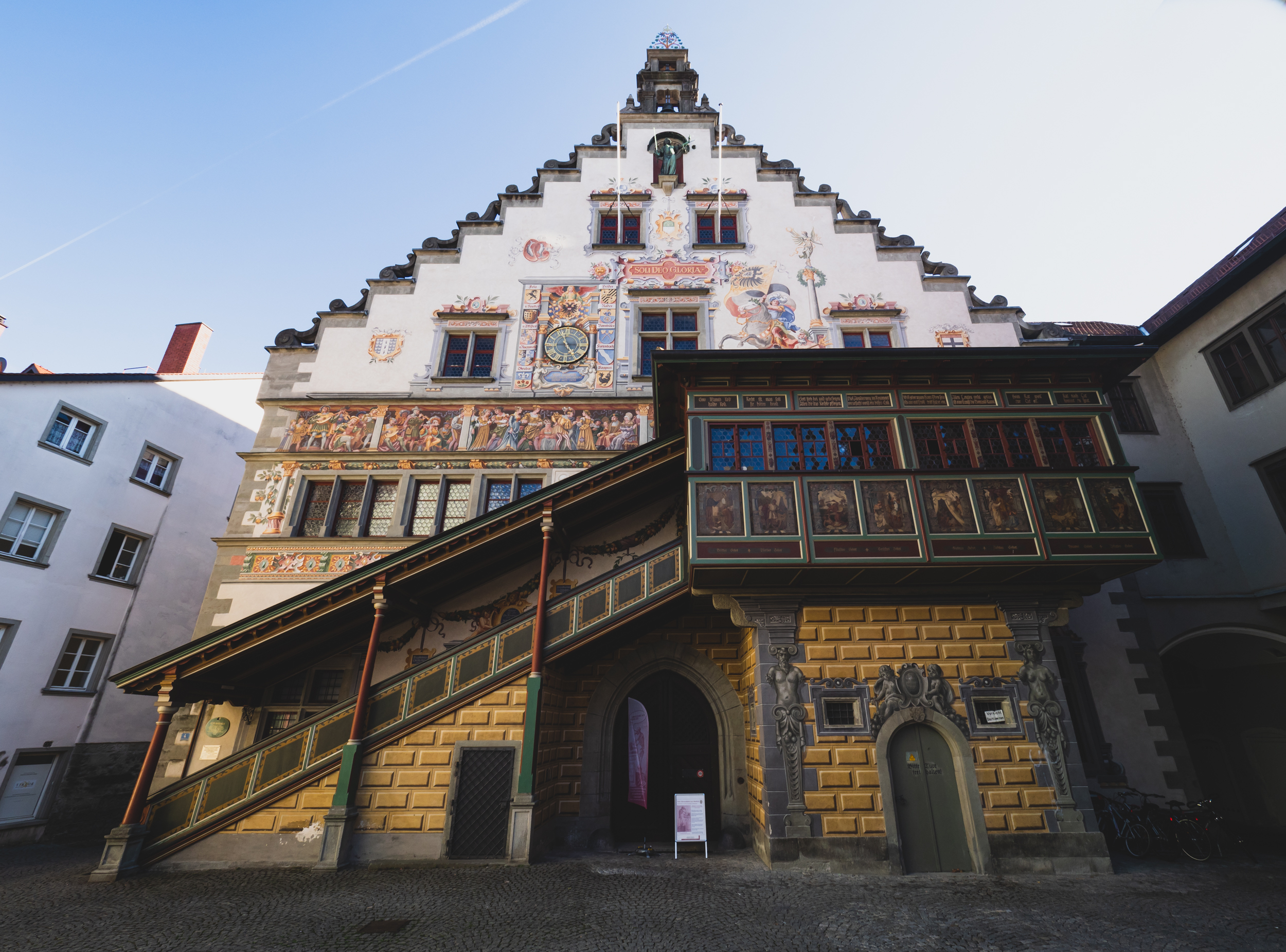
City Hall
Onwards to Lake Constance, this is the Lindau City Hall.

Lindau Island
The view over the island of Lindau, part of the city on the Bavarian side of the lake (the shores of which cover Germany, Austria and Switzerland). Taken from the lighthouse.
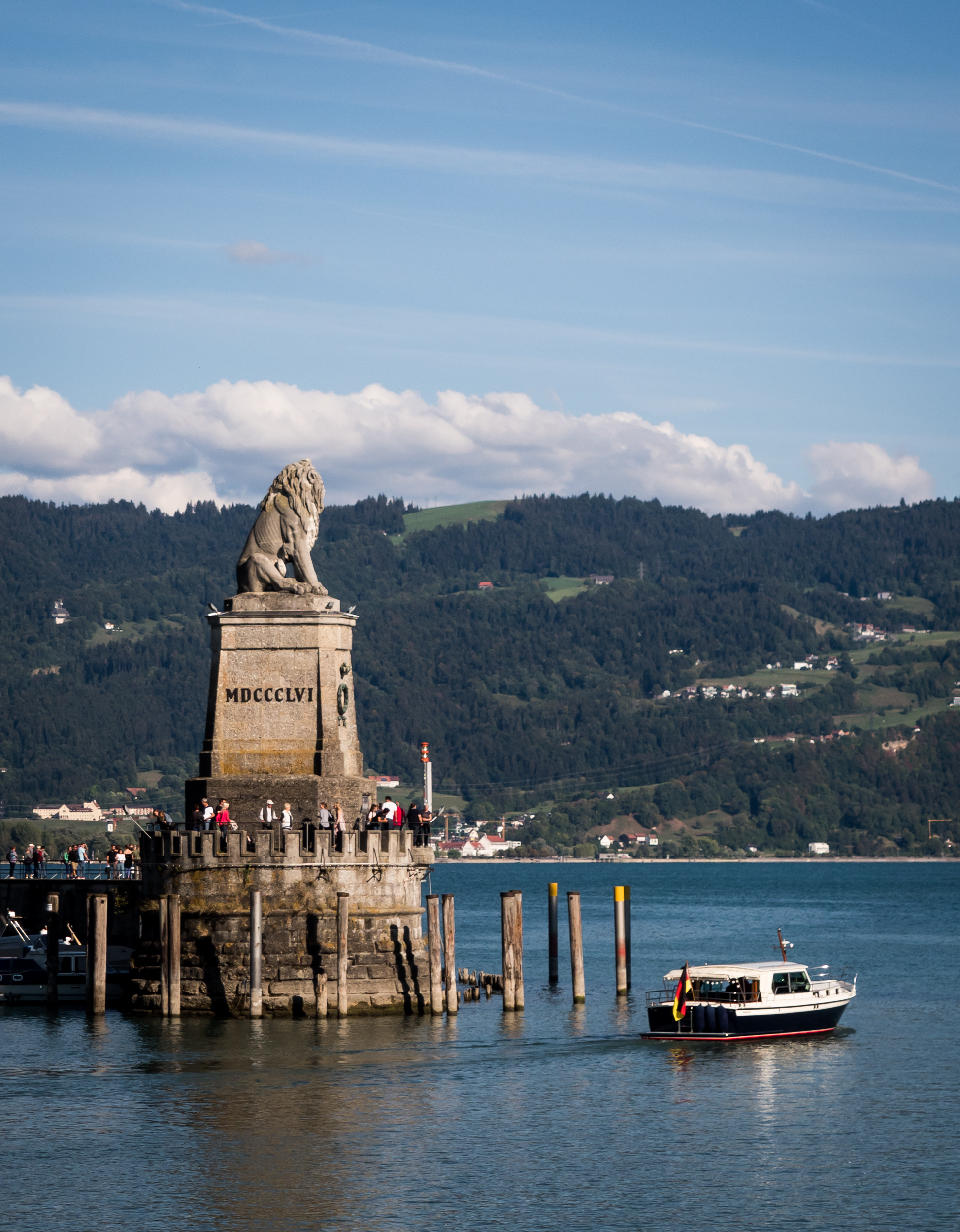
Bavarian Lion
The statue on the entrance of the Lindau harbour.
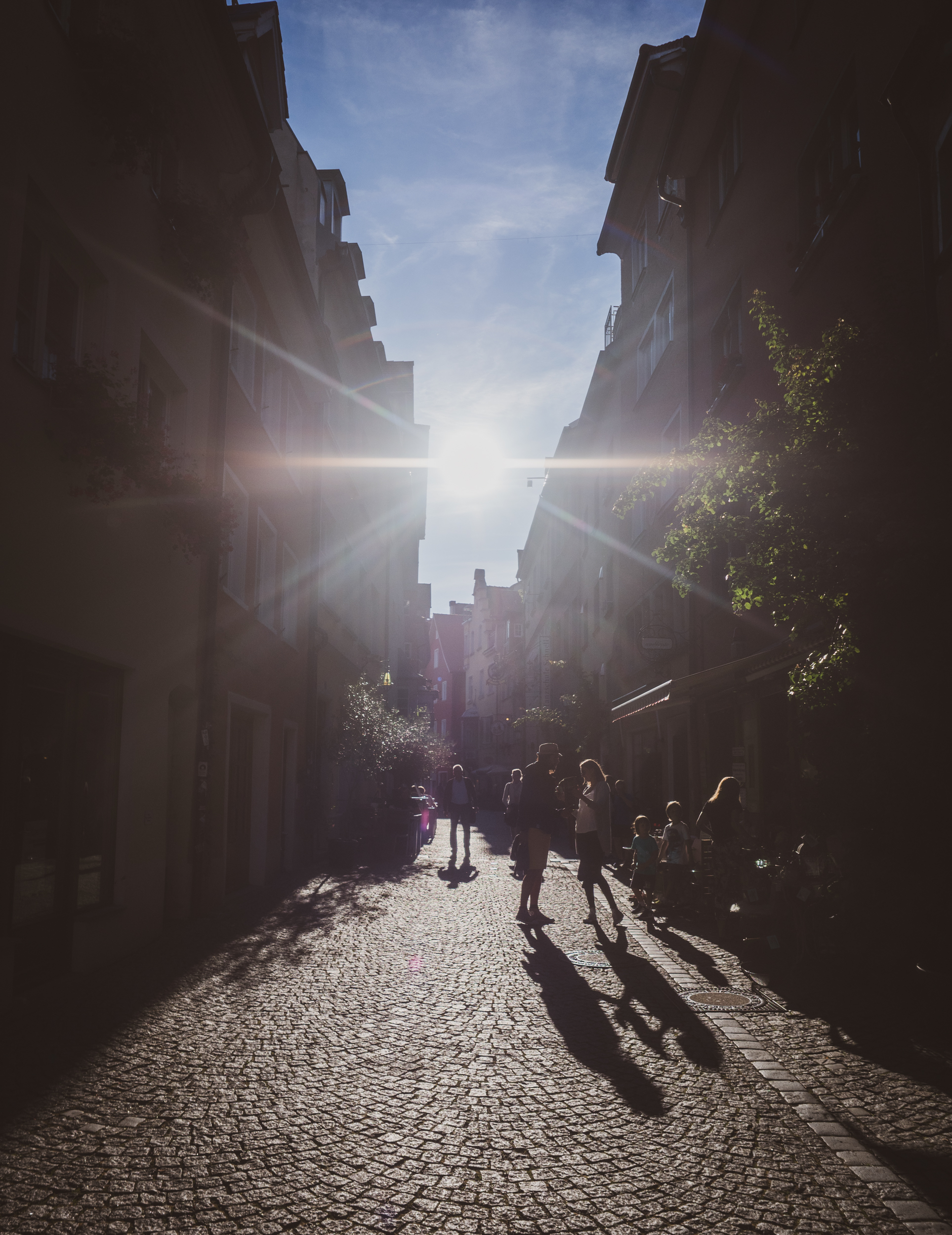
Lindau Centre
The town centre of Lindau island with its typical south German atmosphere.
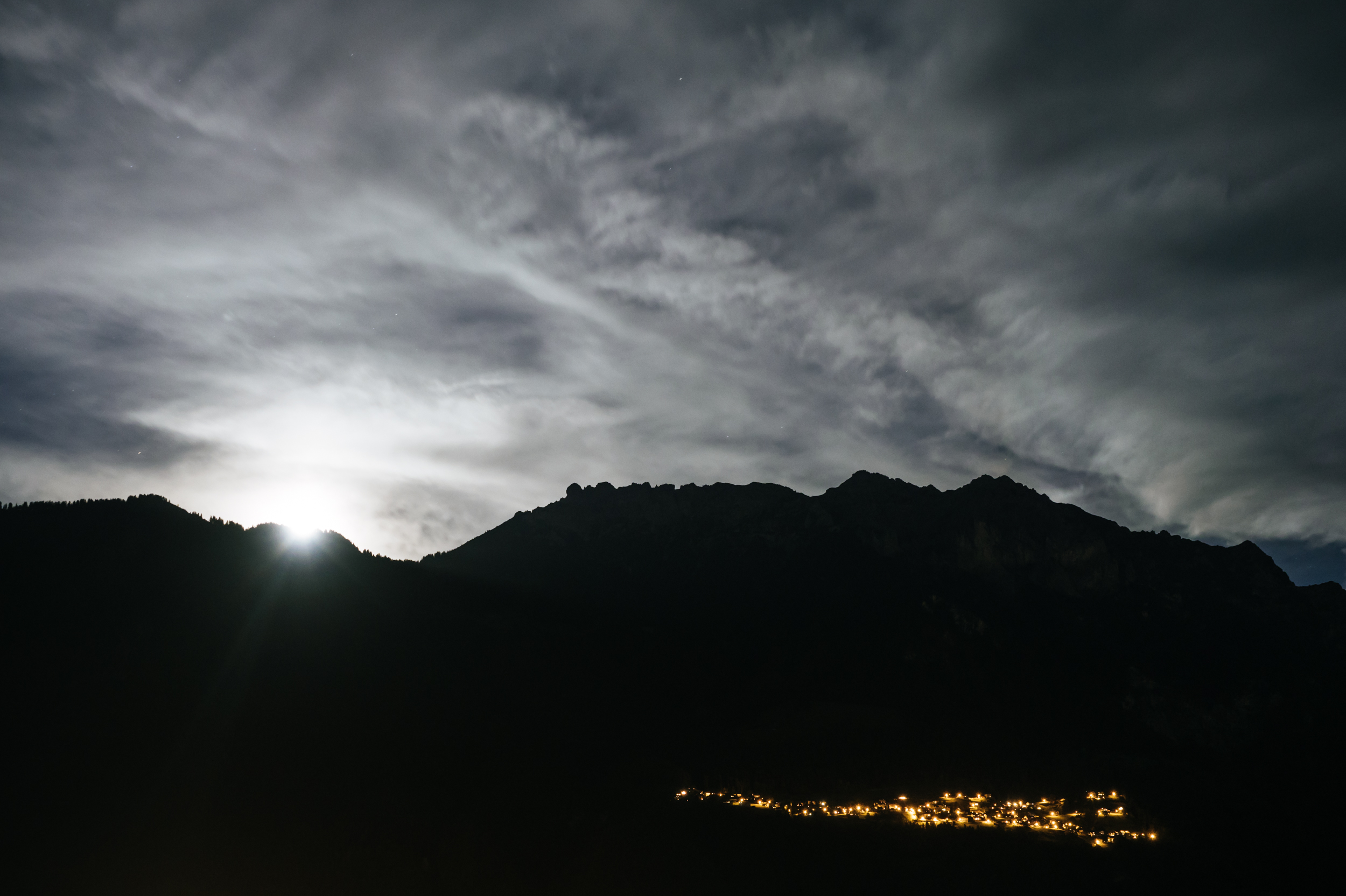
Moonrise
We arrived in Liechtenstein in the evening, just before the moon rose looking westwards over the Alps.

Full Moon
A clear night and the full moon made this shot possible.
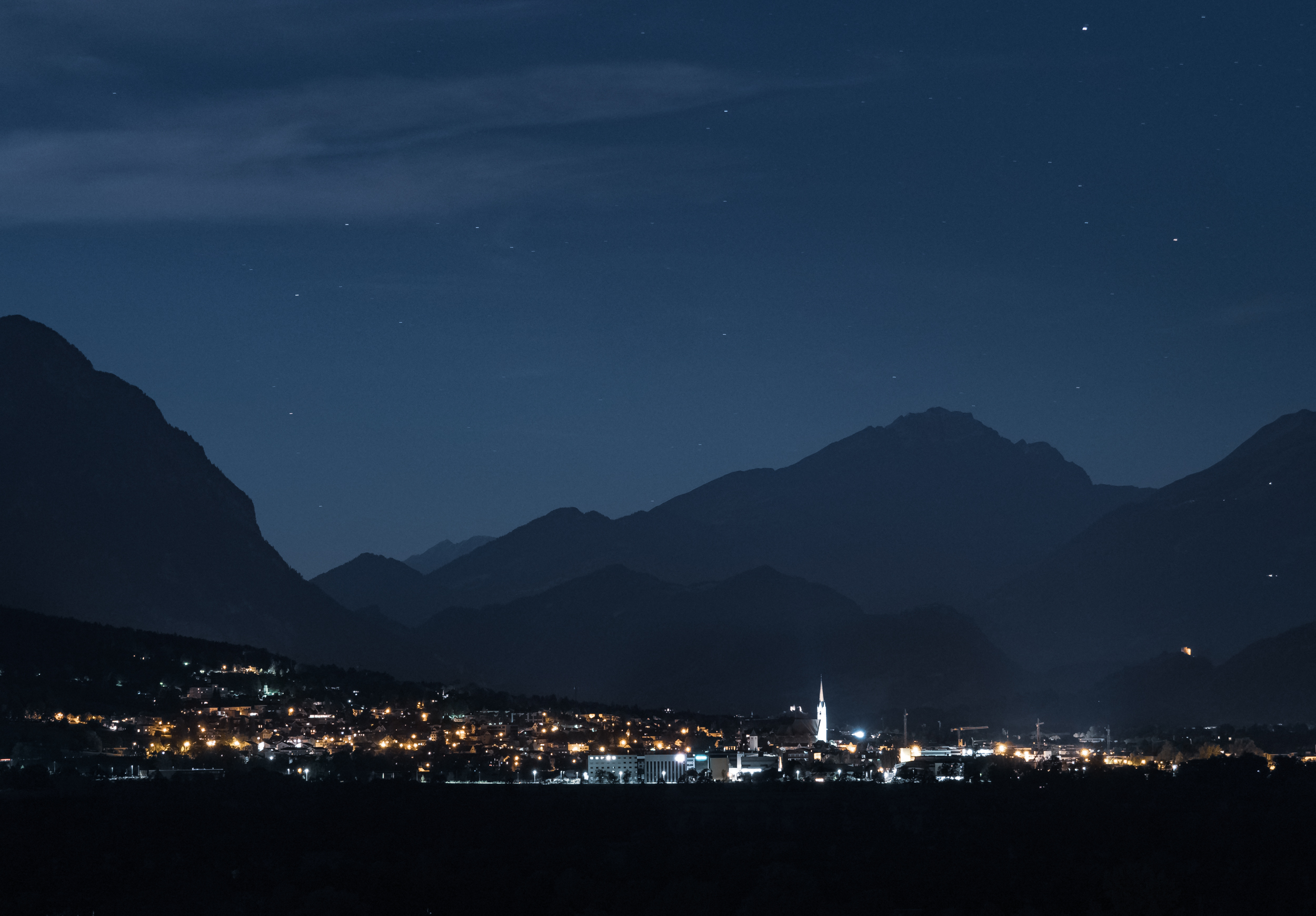
The Alps at Night
A view over the Rhine towards Switzerland.
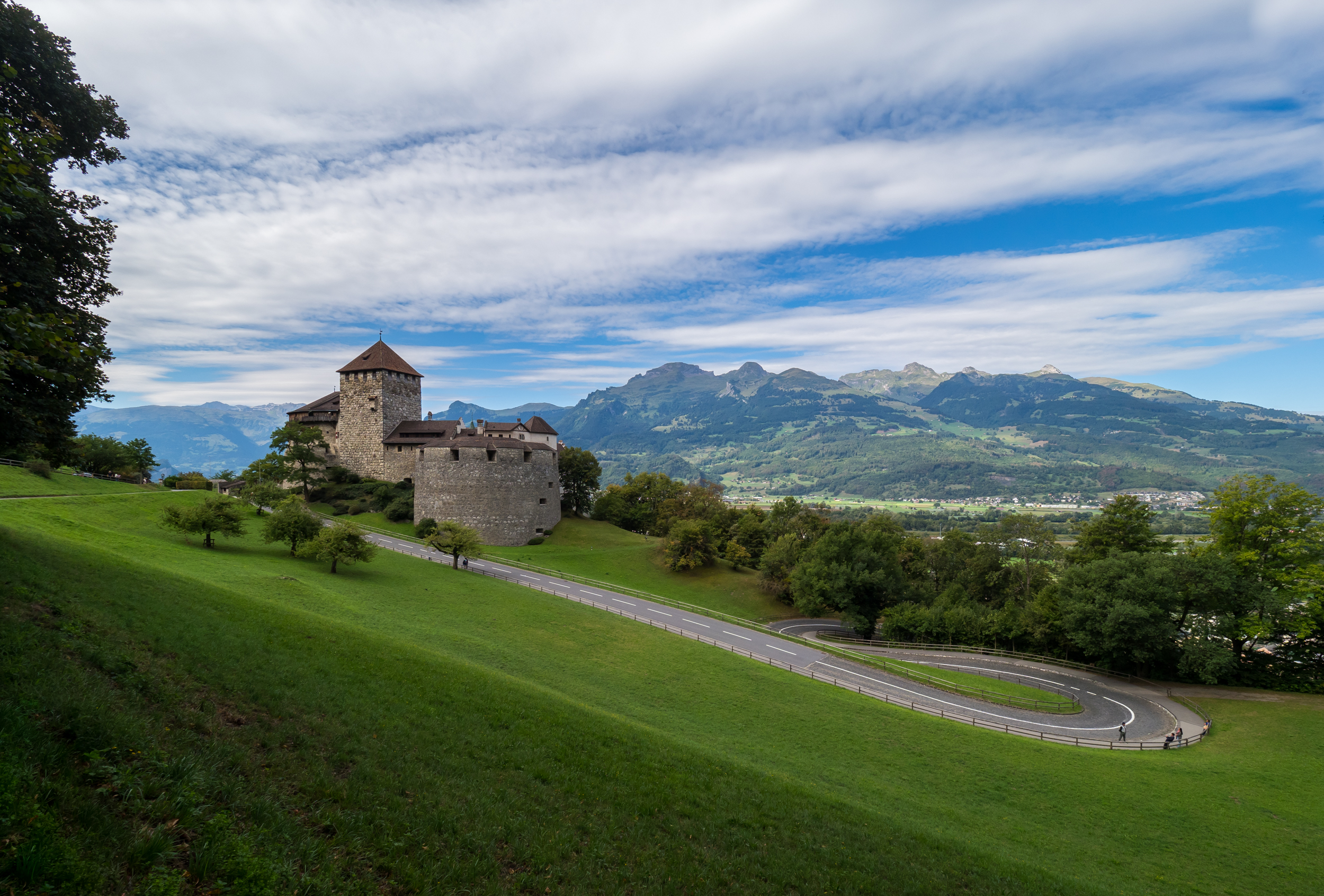
Vaduz Castle
While parts of it date back to the 12th century, the Liechtenstein princely family still lives in the castle. Today it is one of the few countries in the world that maintain no military.
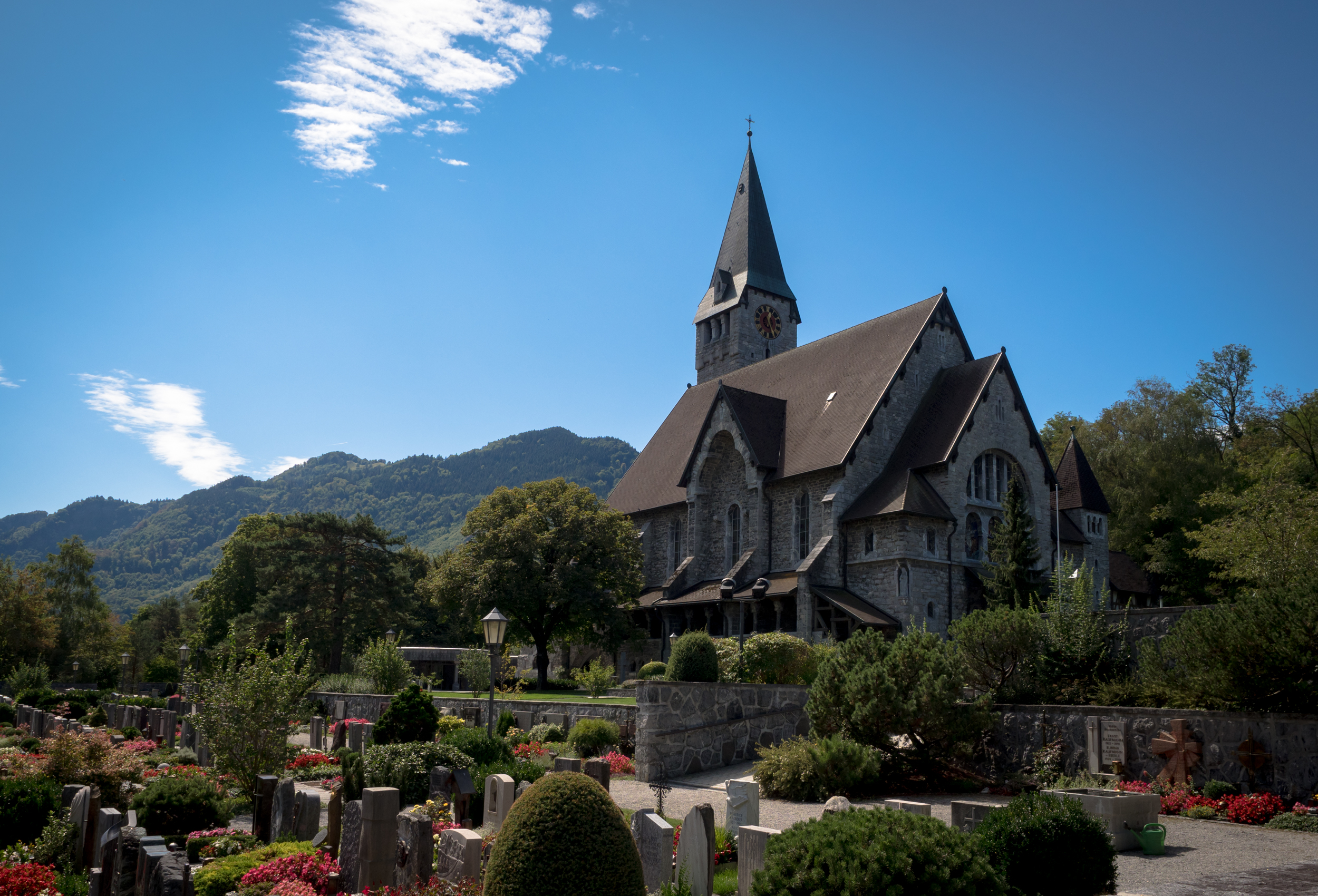
Church of Balzers
The church in the city of Balzers, sitting on the foot of the Gutenberg castle hill.
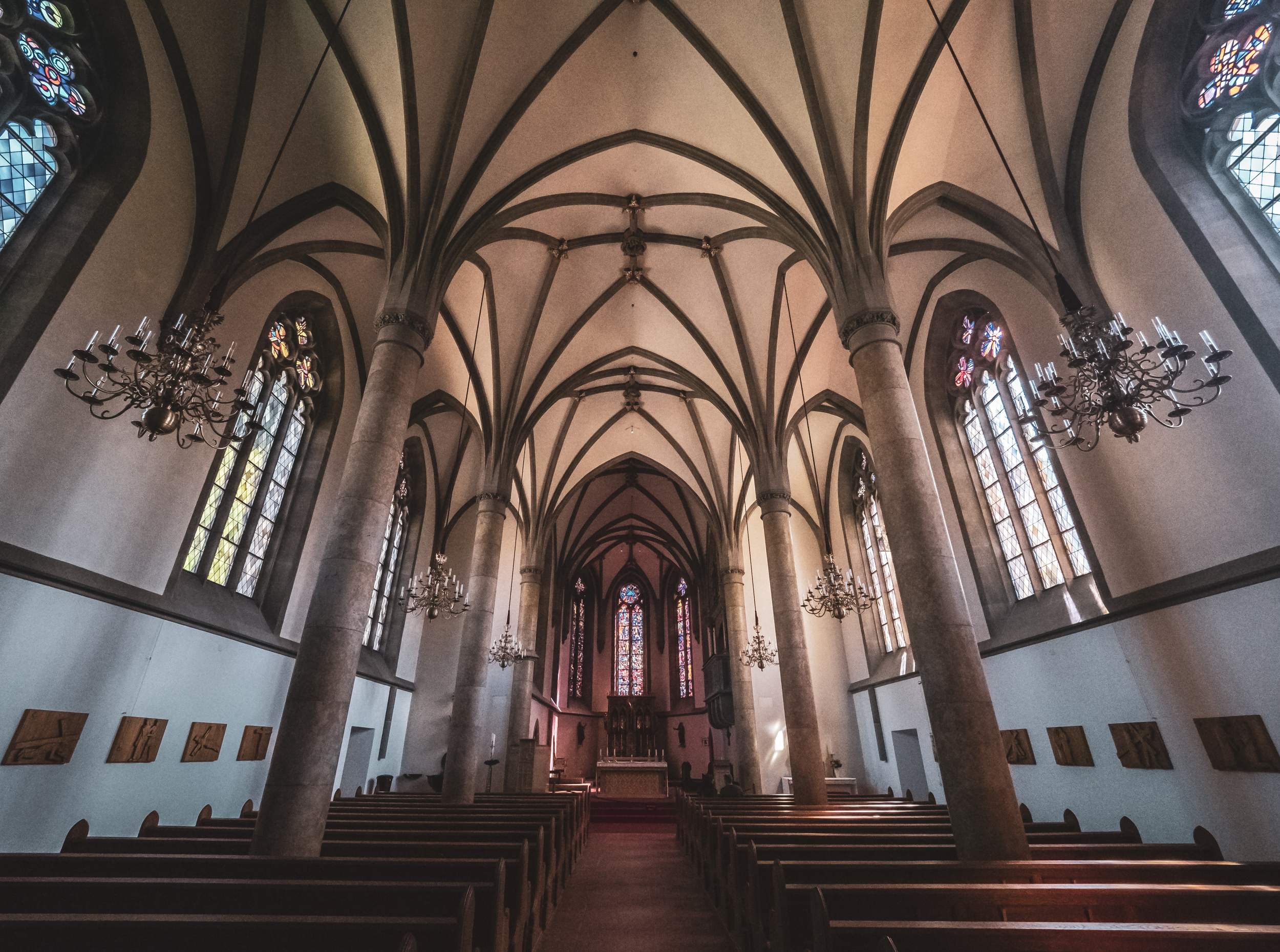
Empty
The church was completely empty when we entered - except for the organist practising, which was both eerie and amazing at the same time.
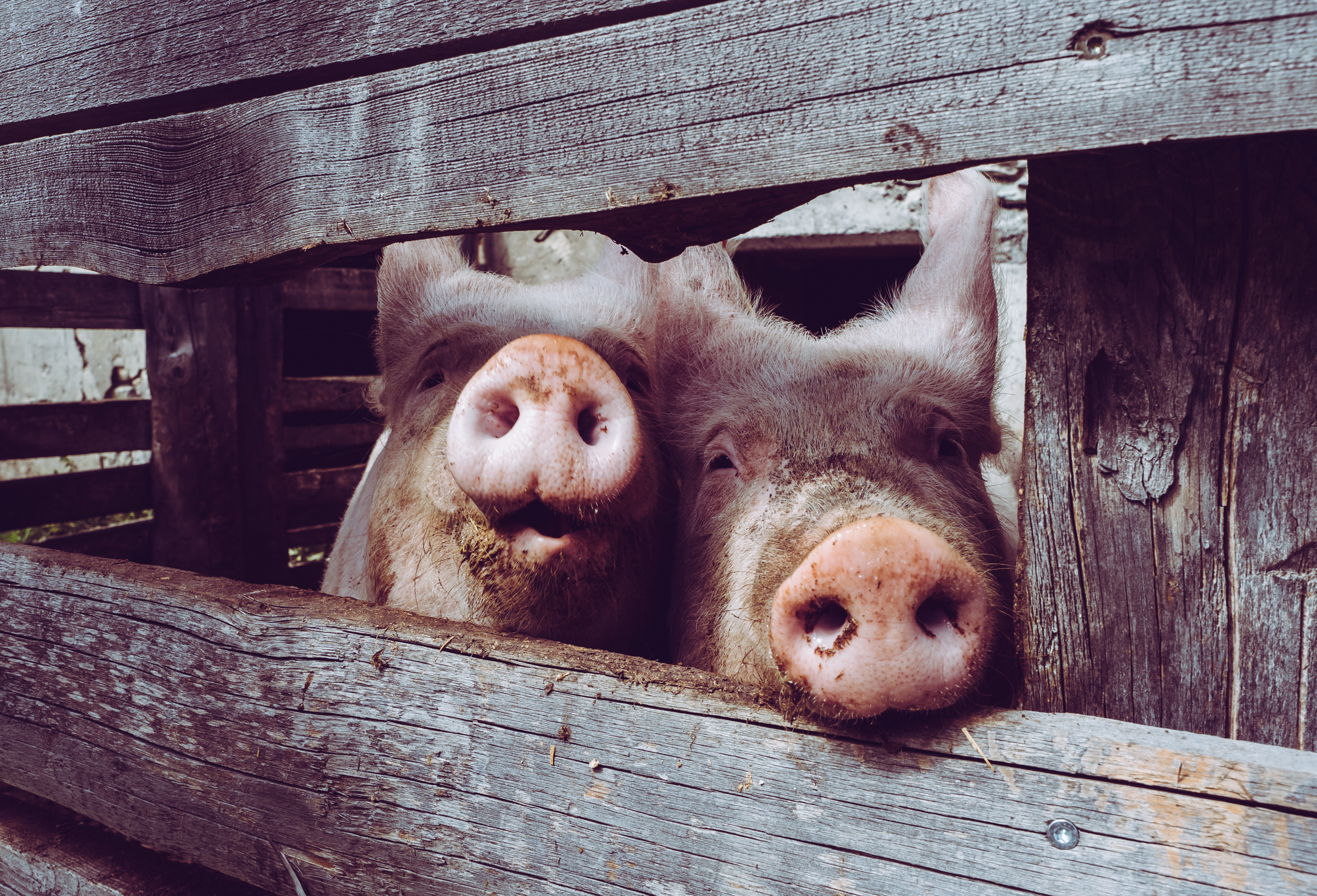
Pigs
Found these two when we stopped in a small mountain village in the Swiss Alps.
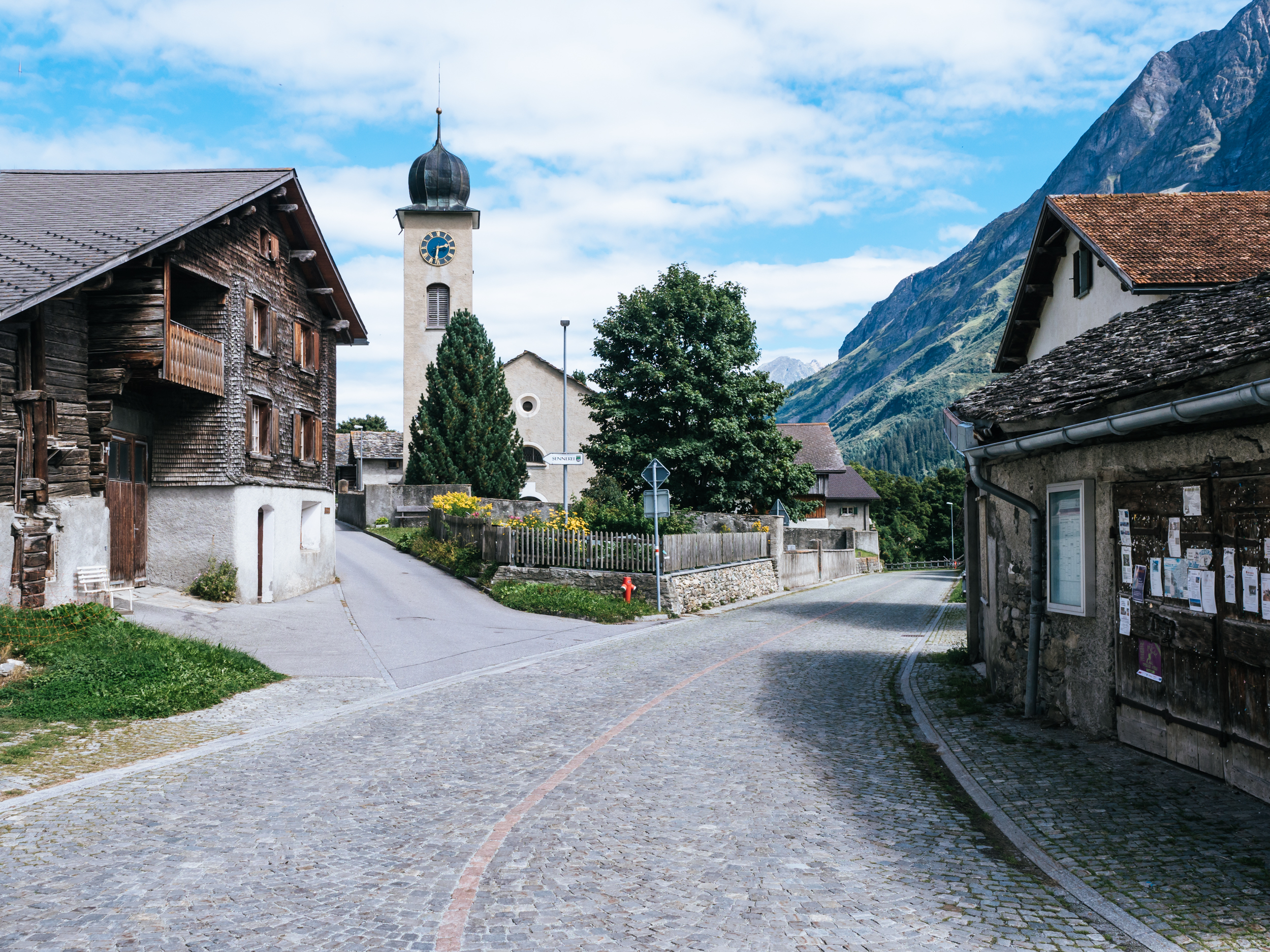
Nufenen
The small town of Nufenen, where we stopped briefly on our way to Lake Como. Population: 150. Unemployment: 0%.
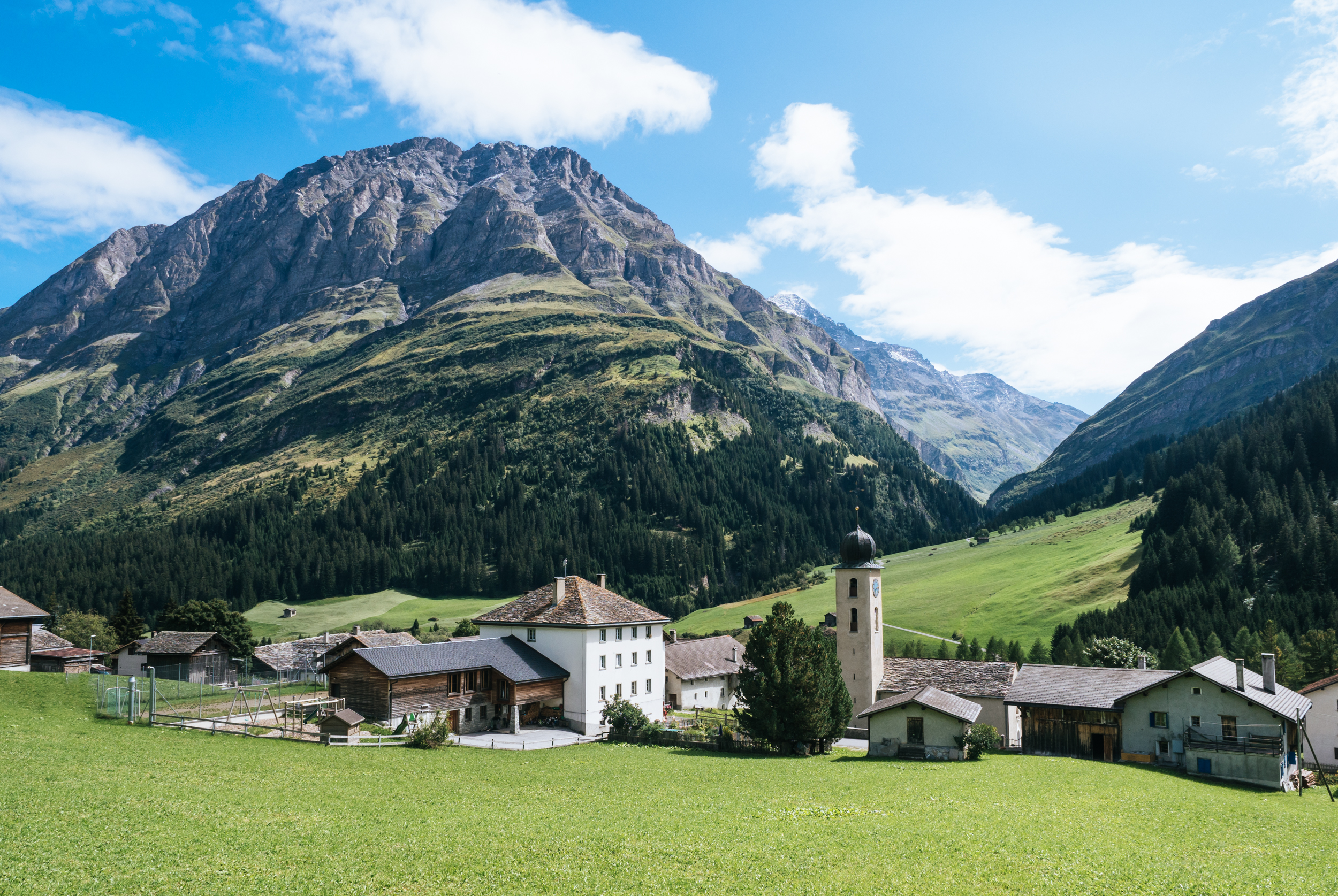
Alp Views
The village is located in the Swiss canton of Graubünden.
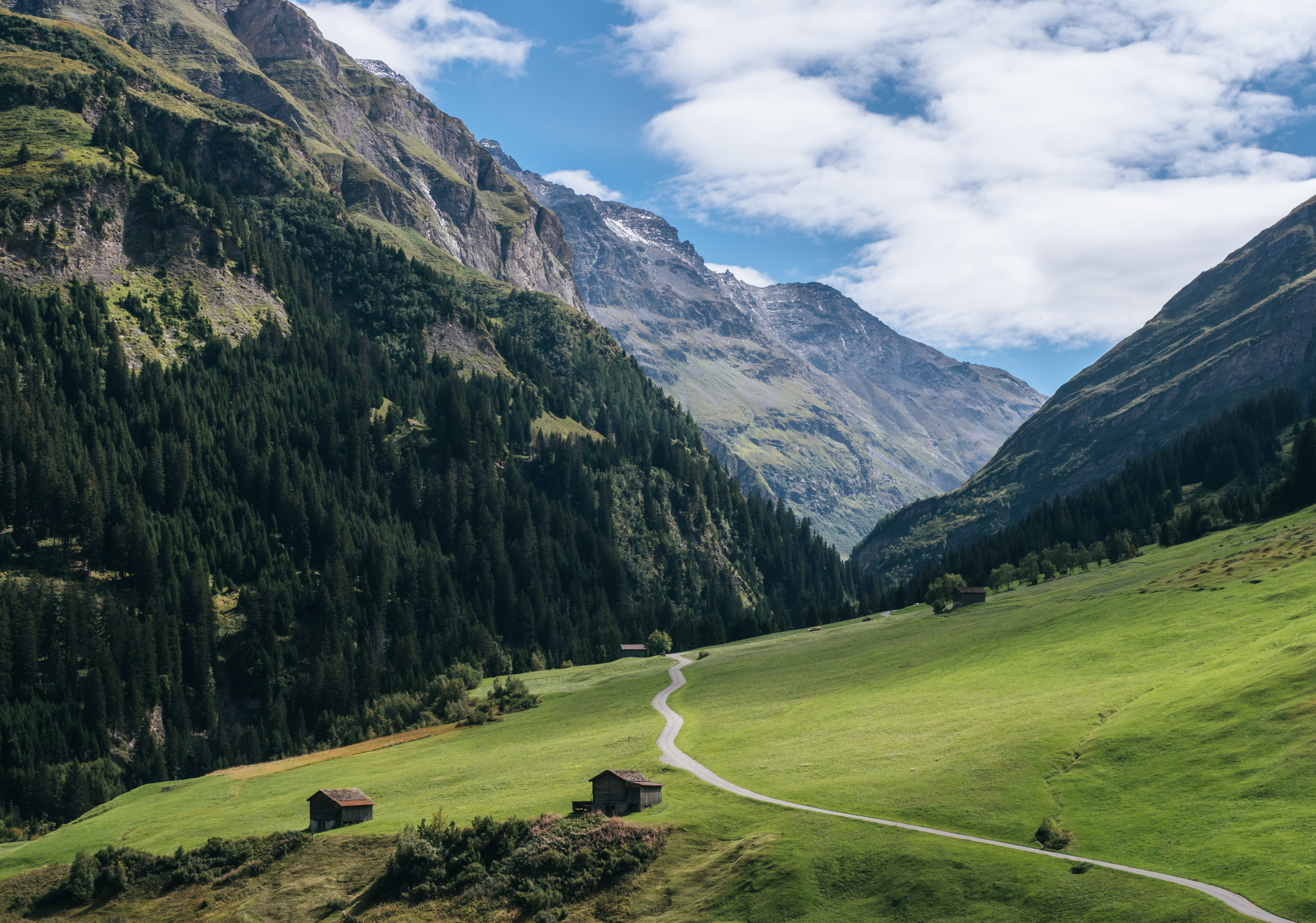
Views
The view into the valley towards the south.
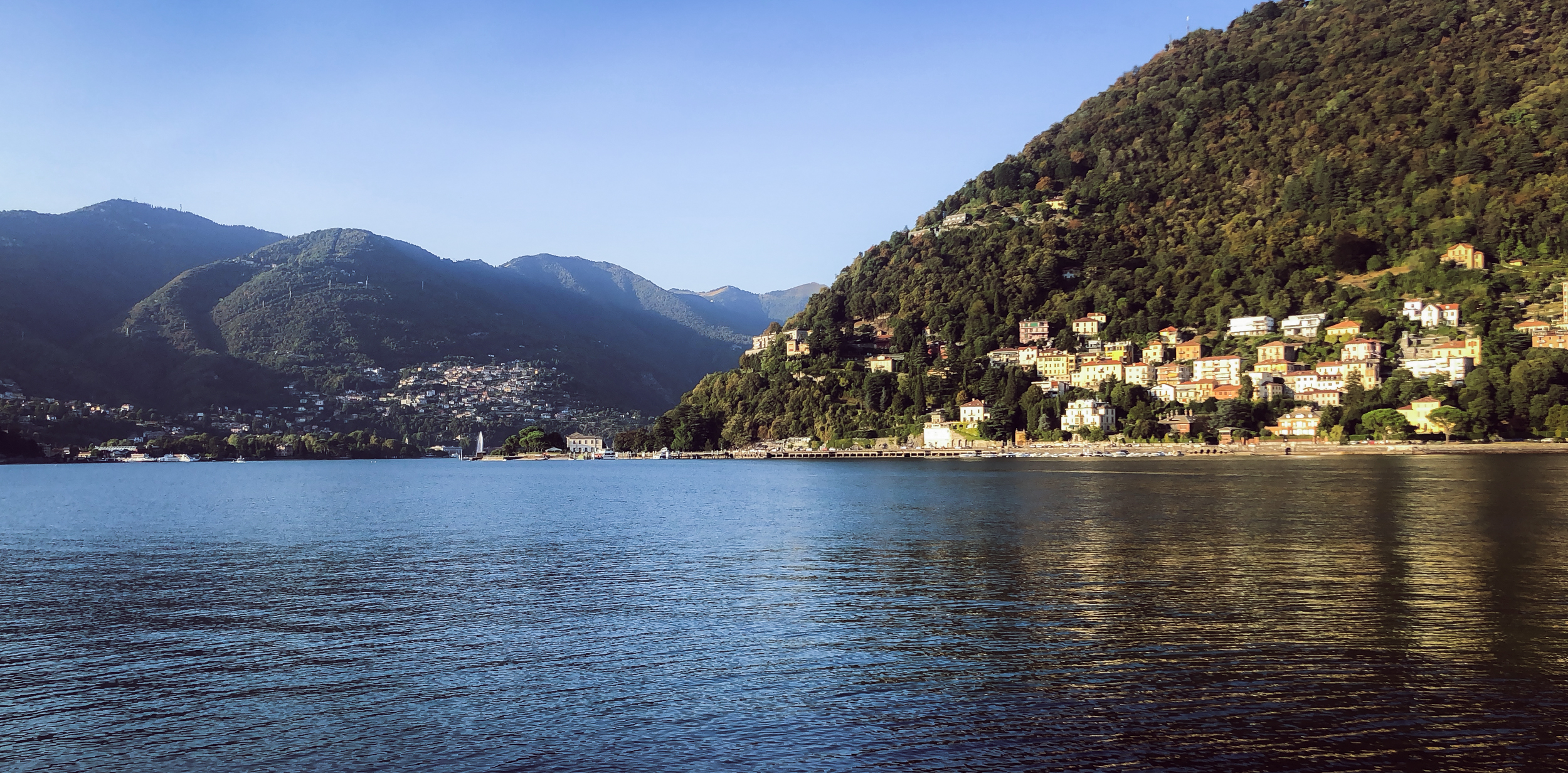
Lake Como
Our next destination was Lake Como, specifically the namesake city.
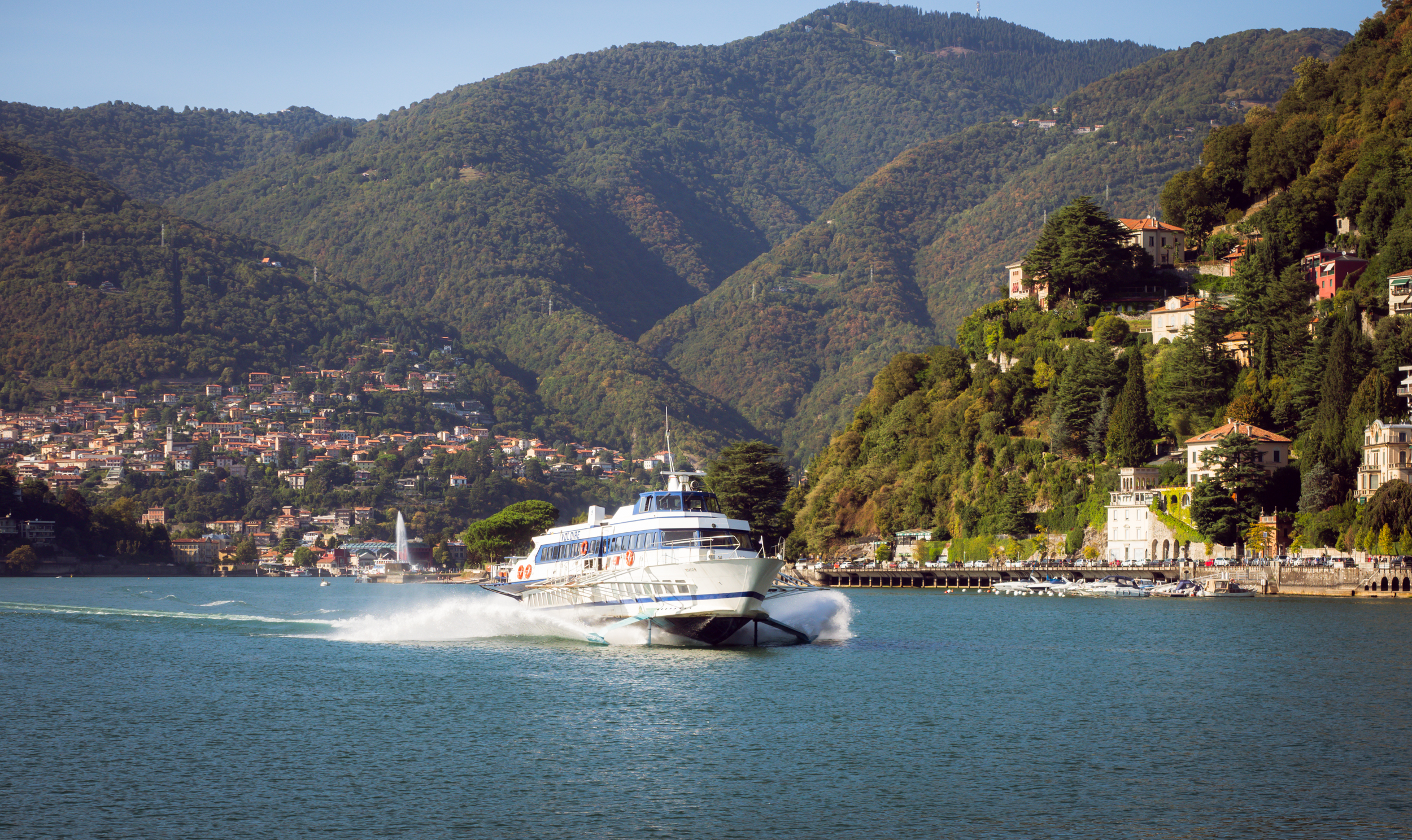
Transport
You can cross the lake with the "flying" ferry.
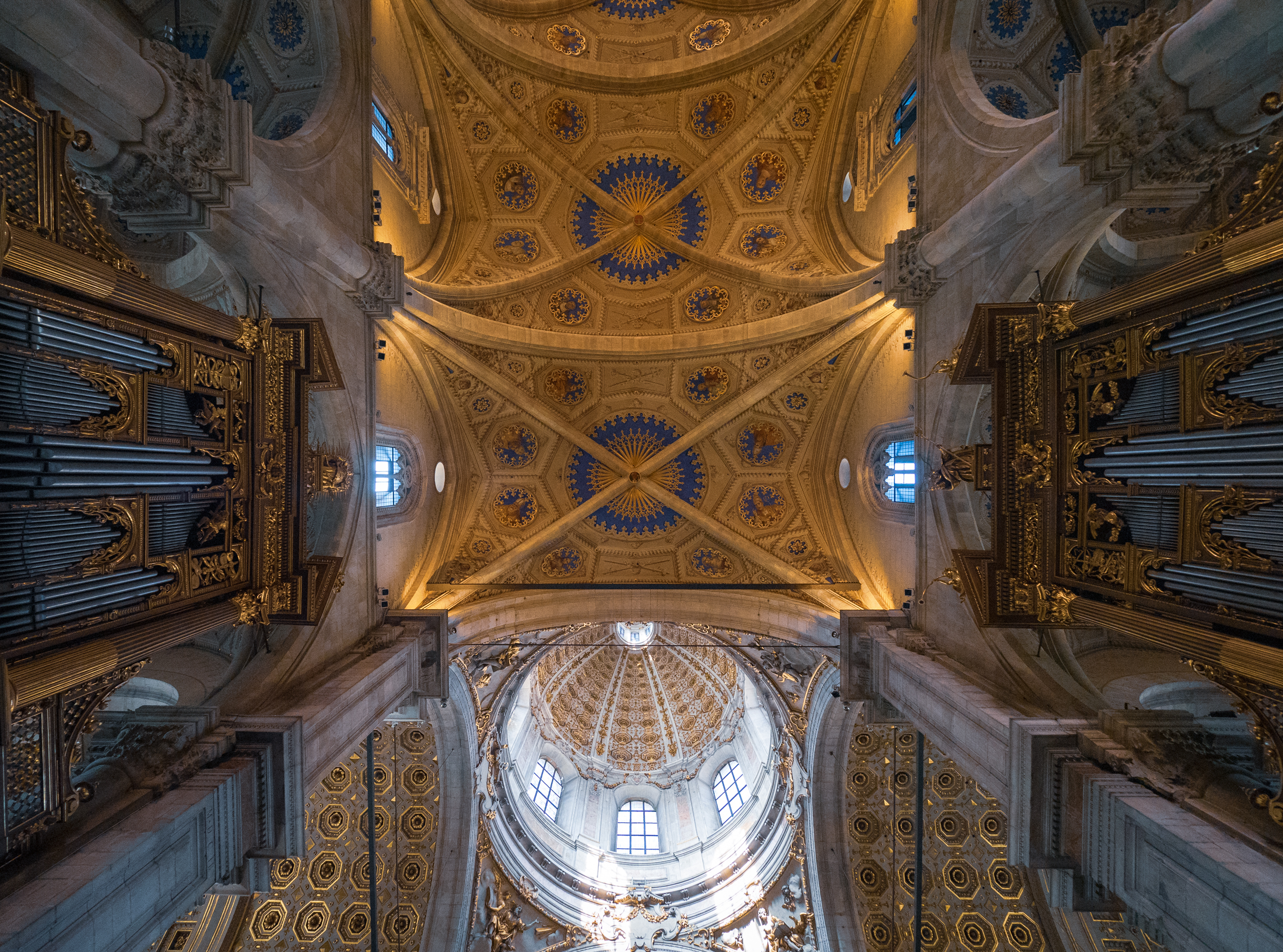
Como Cathedral Interior
The roof of the Como Cathedral, construction of which began in 1396 but didn't finish until 1770.
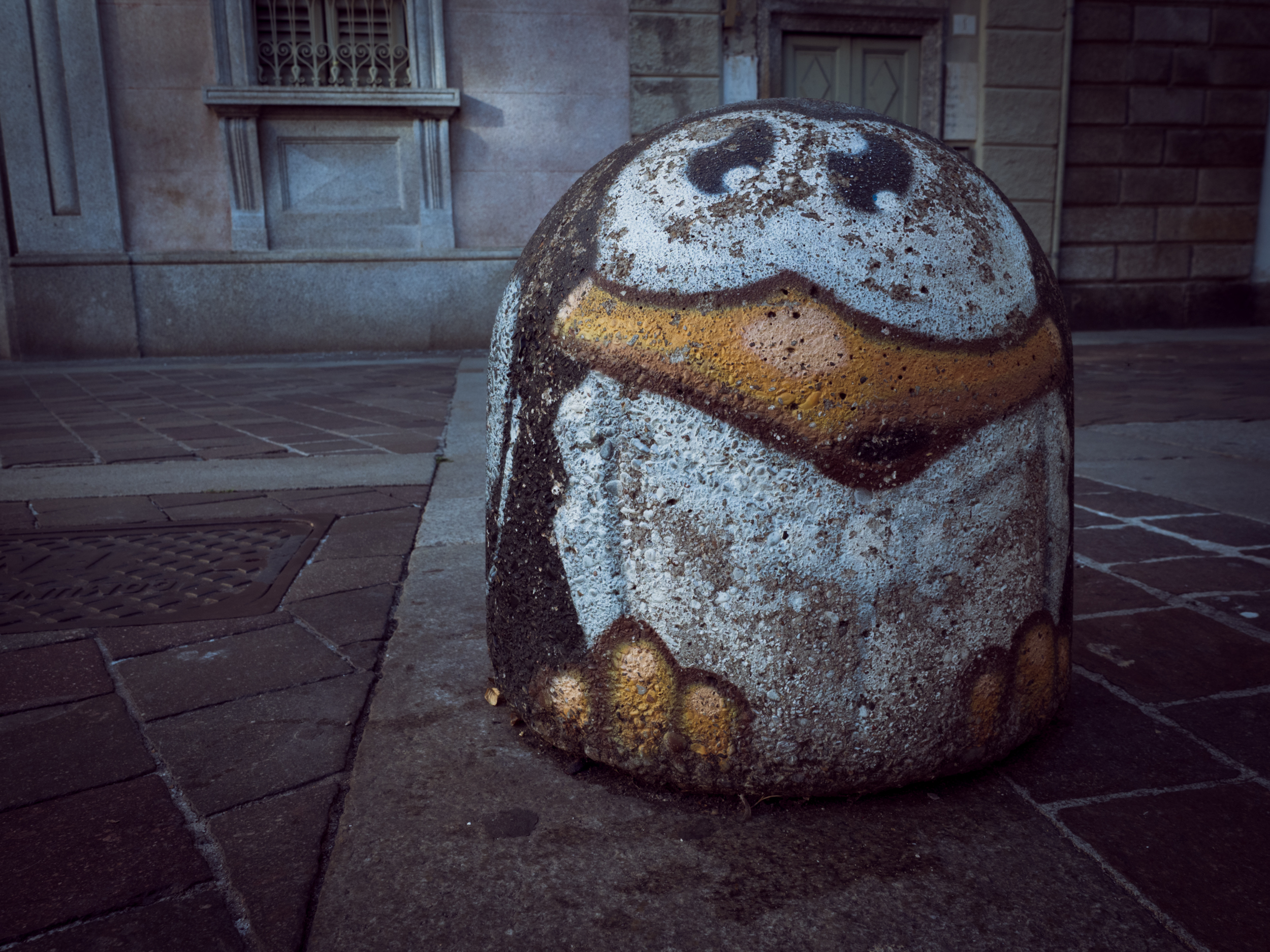
Penguin Style
Found this concrete post in the city centre.

The Como Gate Tower
The building was part of the former city walls, 40 meters high and built in 1192. Weirdly, the lower arch is off-axis from the 8 upper ones. The tower is empty on the inside, even the floors are no longer present.
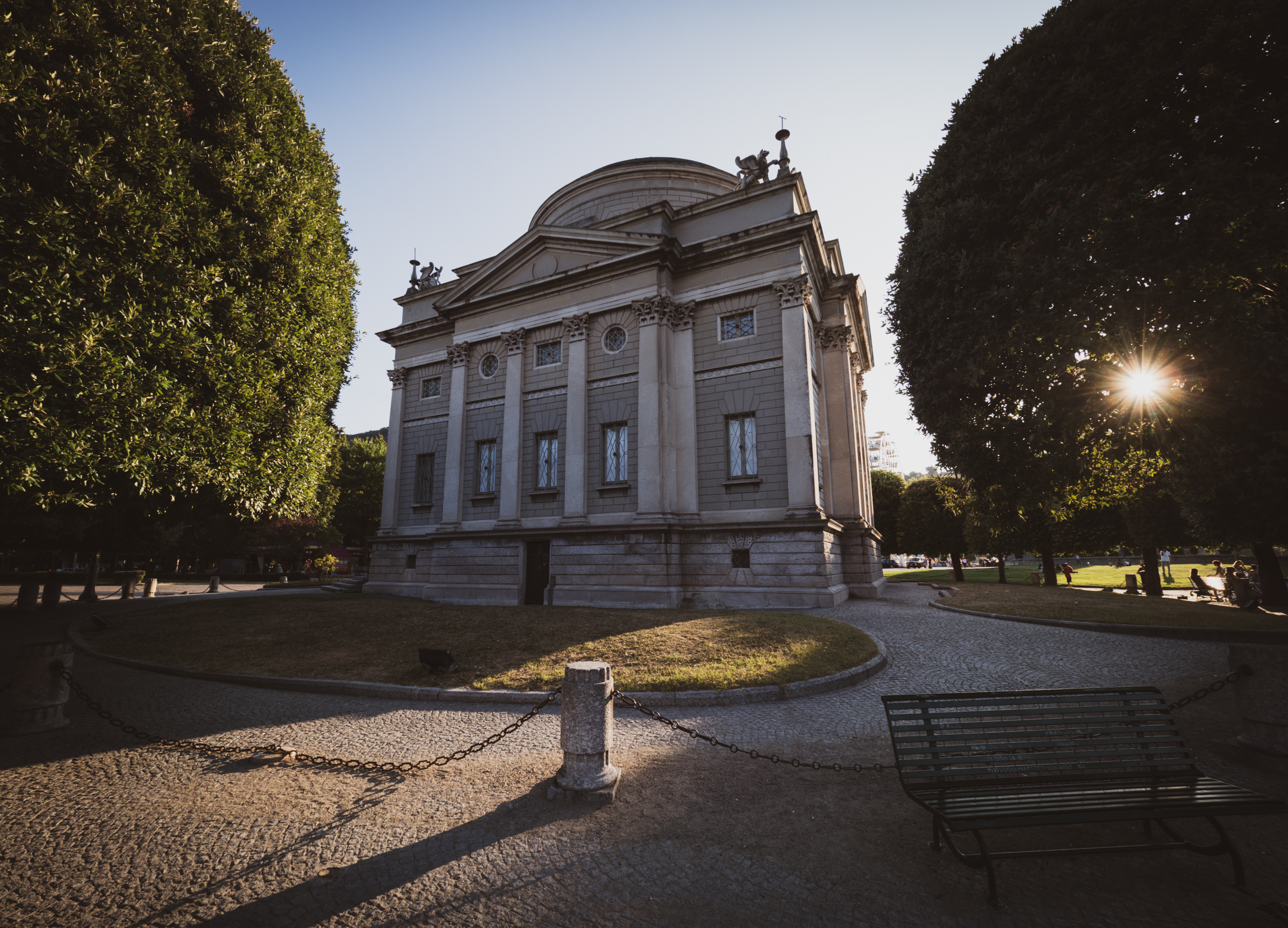
Tempio Voltiano
A museum on the shores of the lake dedicated to Alessandro Volta, the inventor of the electrical battery.
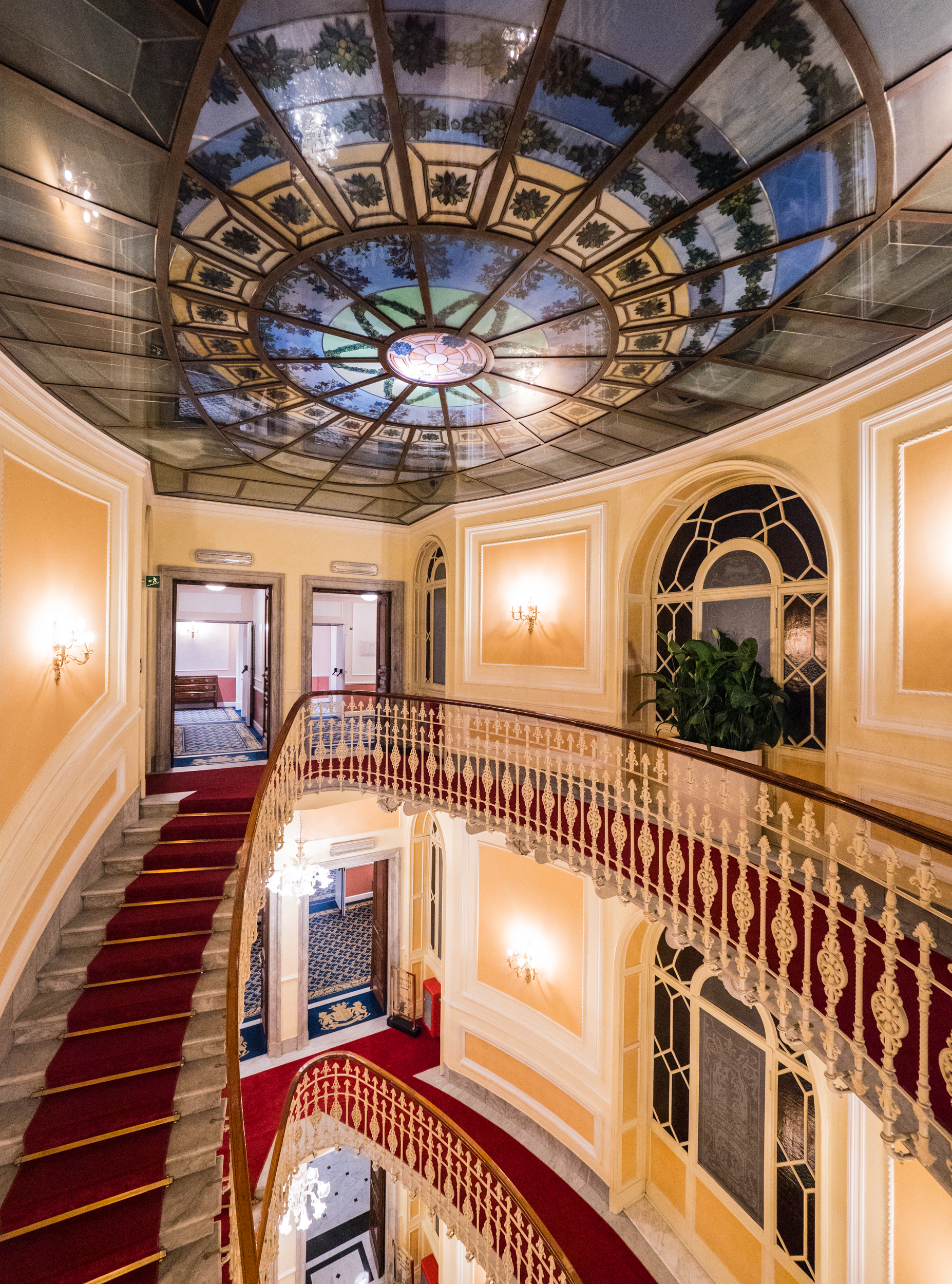
Hotel Bristol
Our hotel in Genoa occupies a building from 1905.
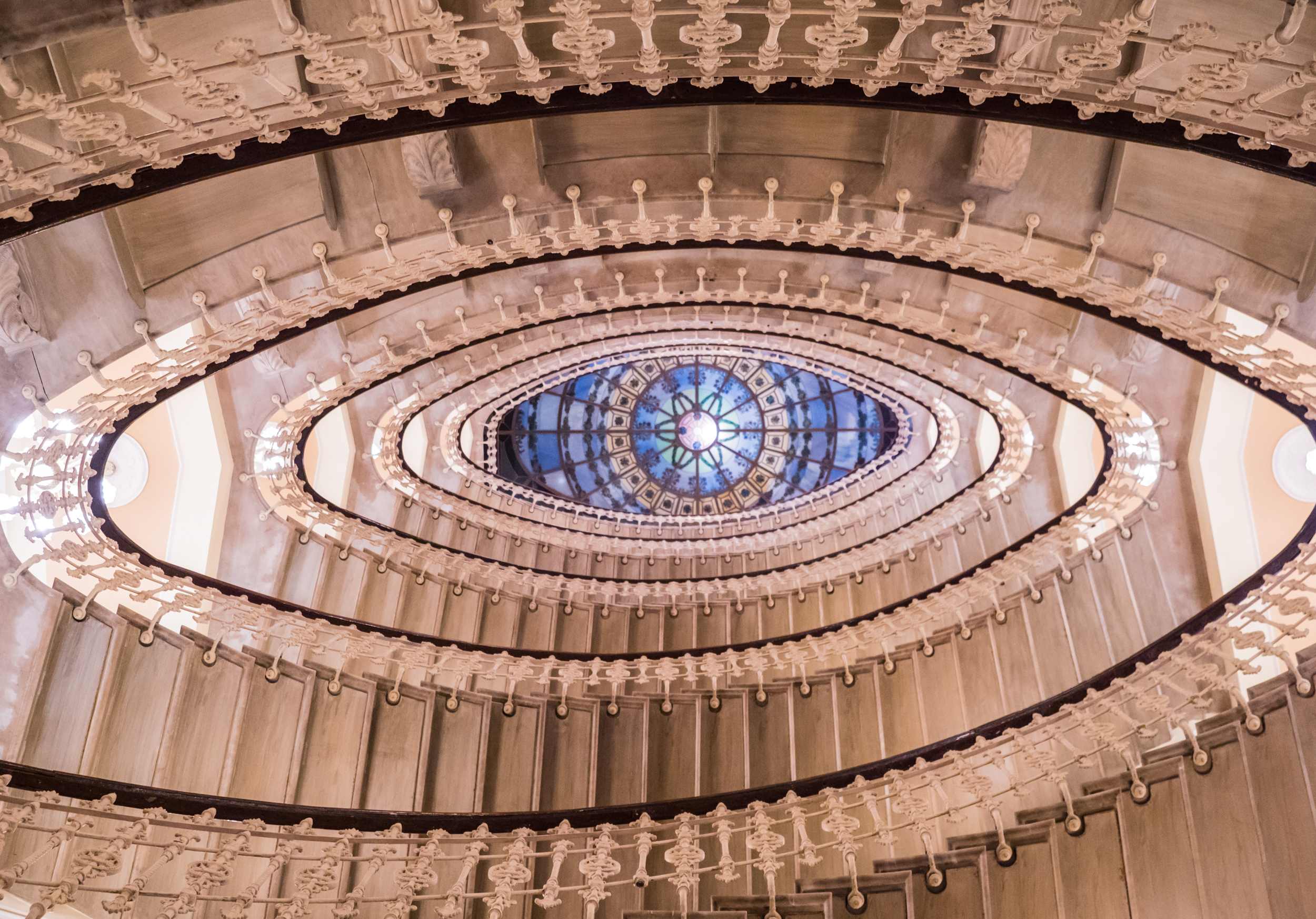
Staircase
It's main feature is the grand central staircase, looking upwards from the lobby in this photo.
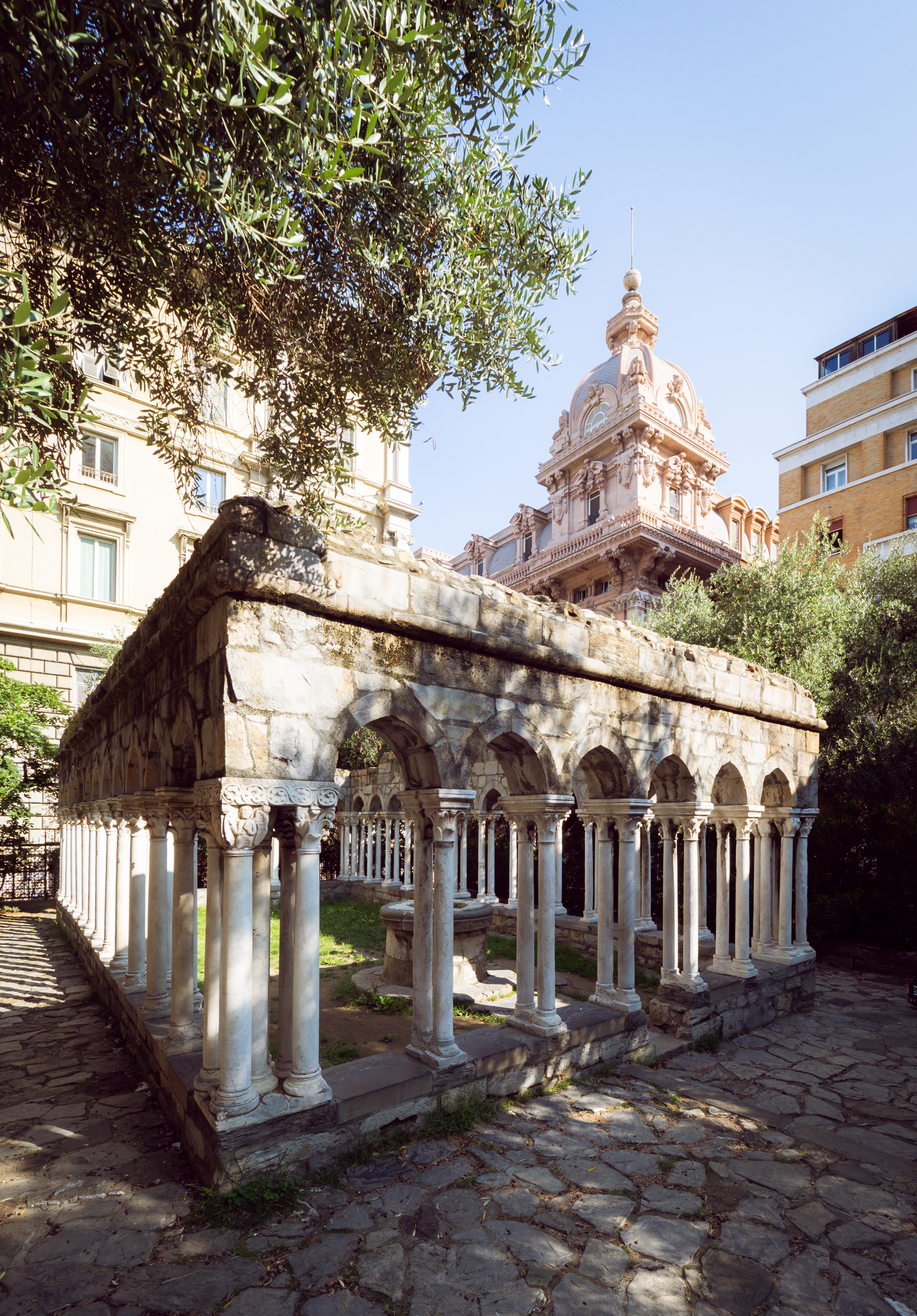
St Andrew Monastery
St. Andrew's Cloister are the remains of an ancient monastery from the 12th century in the middle of the city right next to the childhood home of Christopher Columbus.
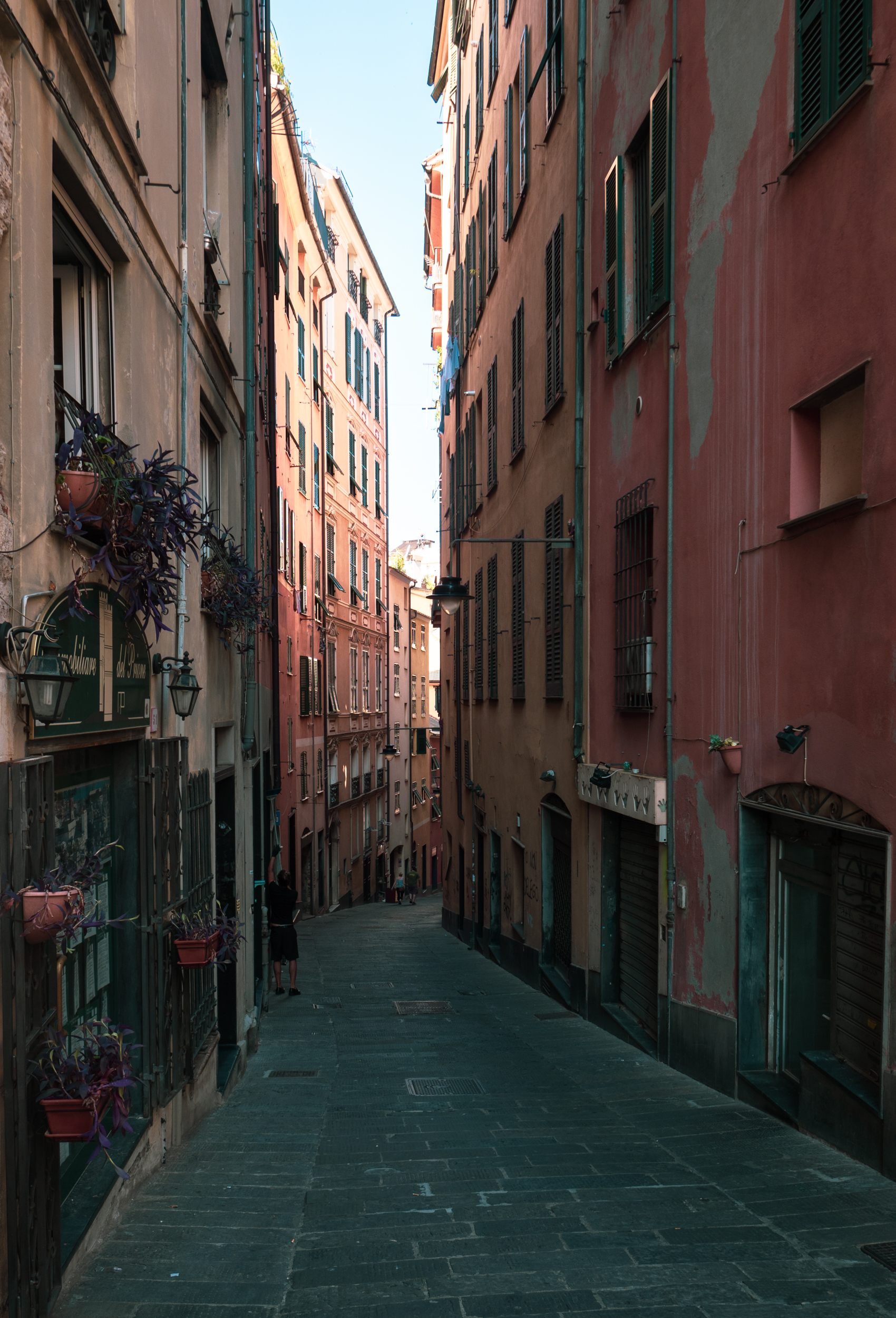
Old Town
While Genoa doesn't enjoy the same reputation as Milan or Rome, it does have beautiful spots in the town centre.
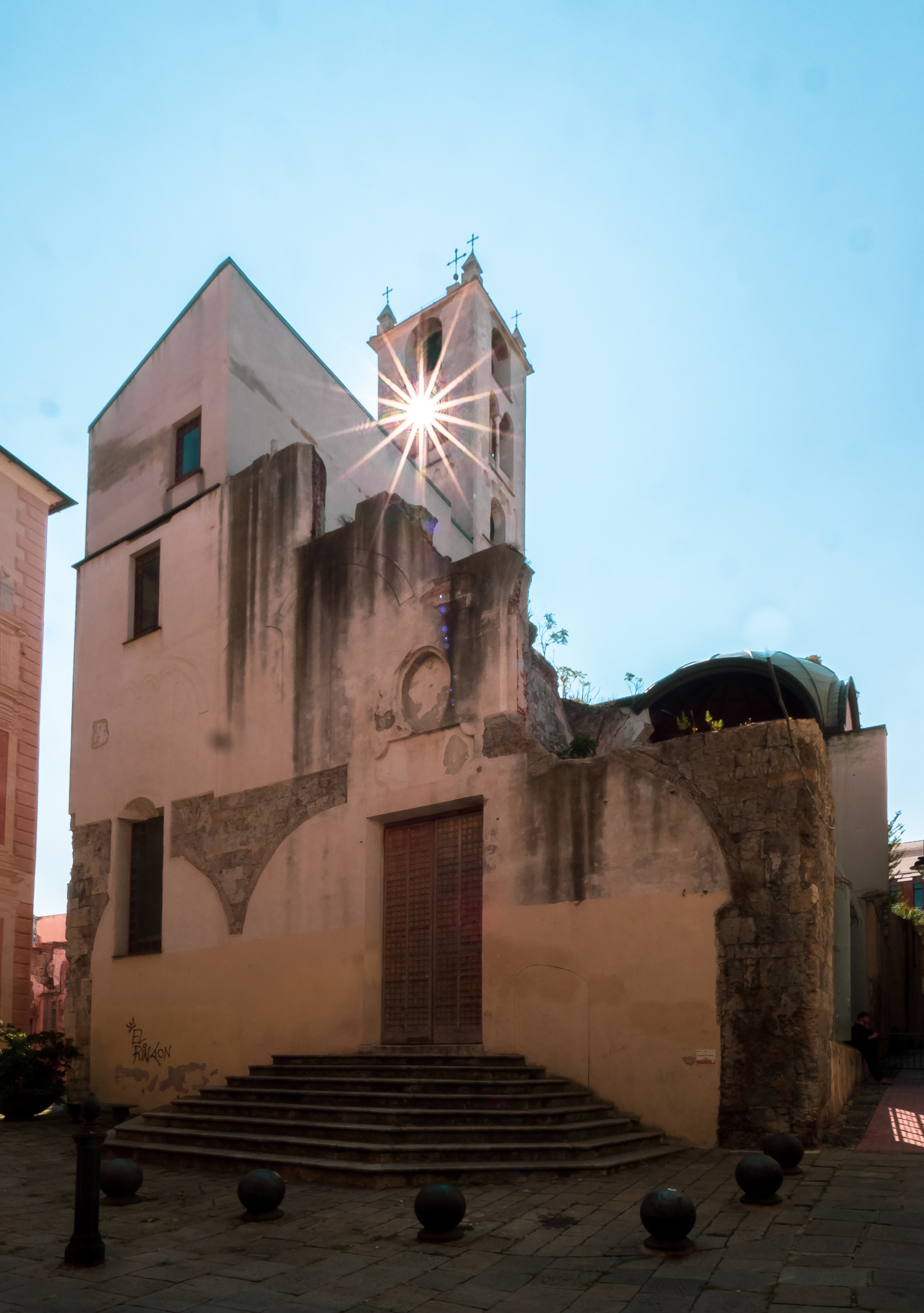
Church of Santa Maria in Passione
Destroyed during the second world war, some areas of the ruins are now closed off, while other parts of the complex have been re-built and are in use by various organisations today.

Santa Maria di Castello
In close proximity to the Santa Maria in Passione is this church, definitely in a better condition and full of frescos from the 16th and 19th century.
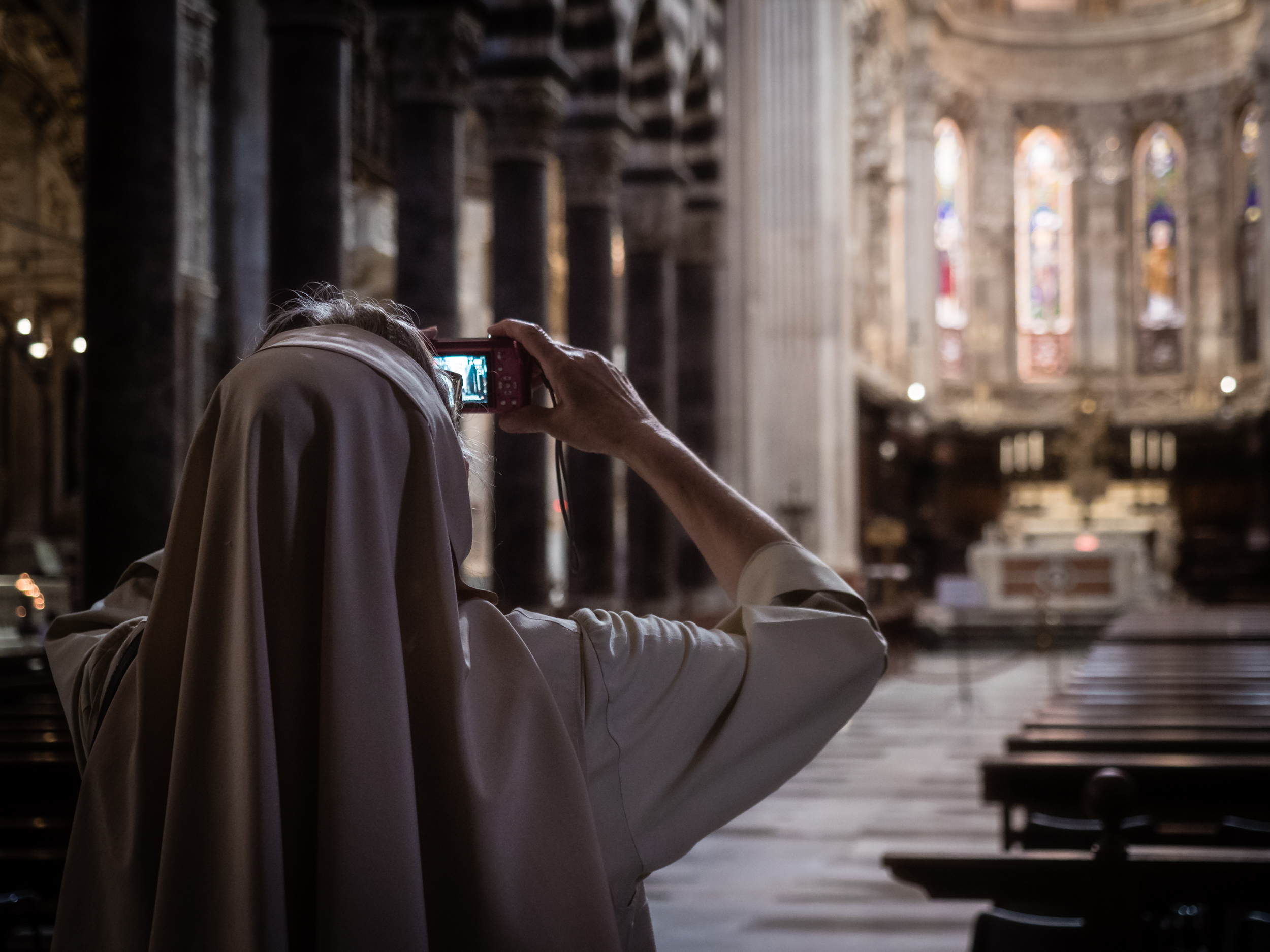
Popular
The church is probably the most famous in Genoa, located on the Castello hill of the city and flanked by the large Tower of the Embriaci.
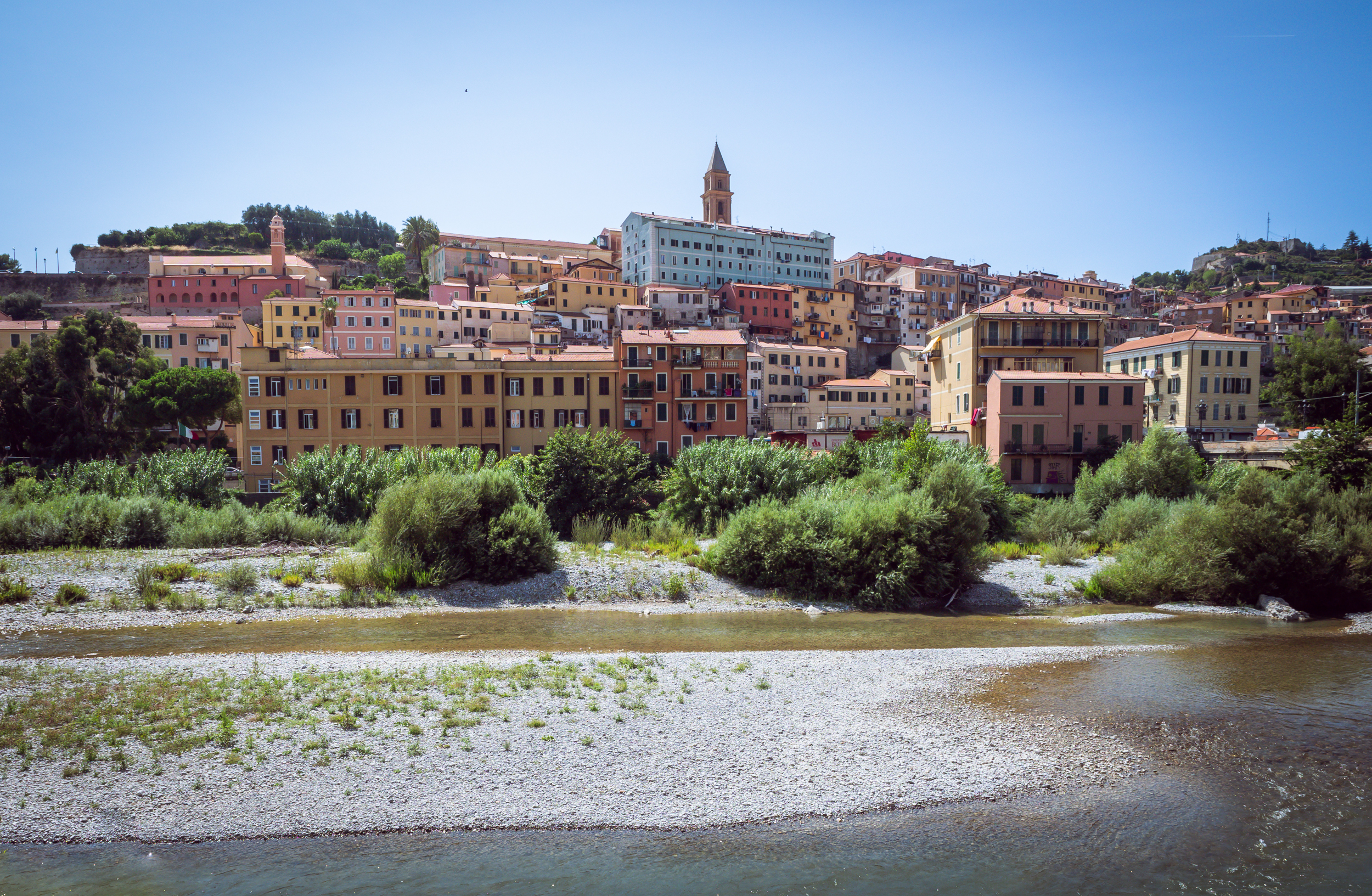
Ventimiglia
Our next stop on the way to Monaco was Ventimiglia, on the border to France.
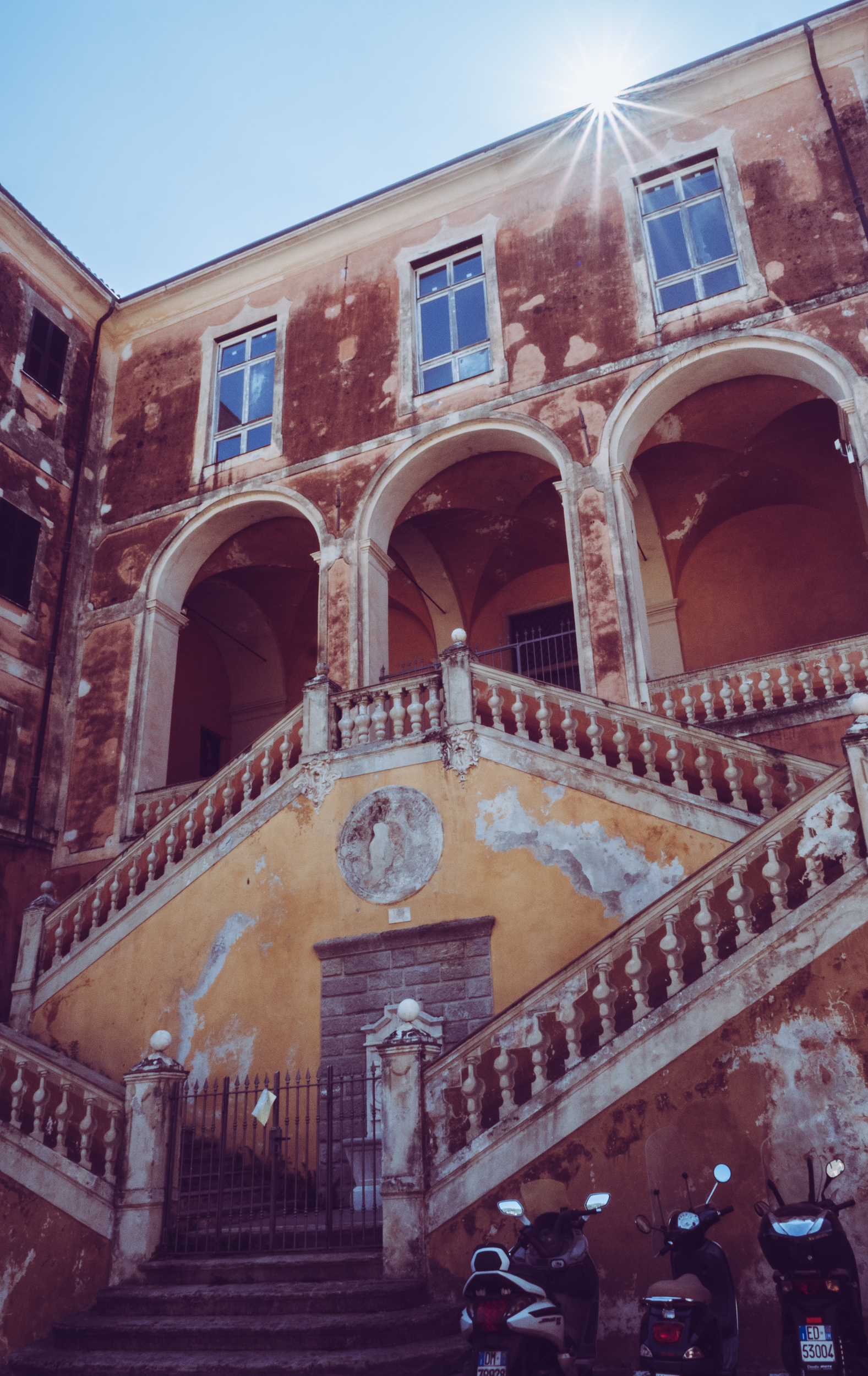
Old City Centre
One of the buildings in the ancient medieval city centre, perched on a hill overlooking the new town

Street Scenes
The typical Italian streets - Ventimiglia's old city is no different in this respect.

Cat Convent
Got to have a few in each album.

View
A few over the Monaco and Monte Carlo districts of the Principality of Monaco, seen from the Palace du Palais square.
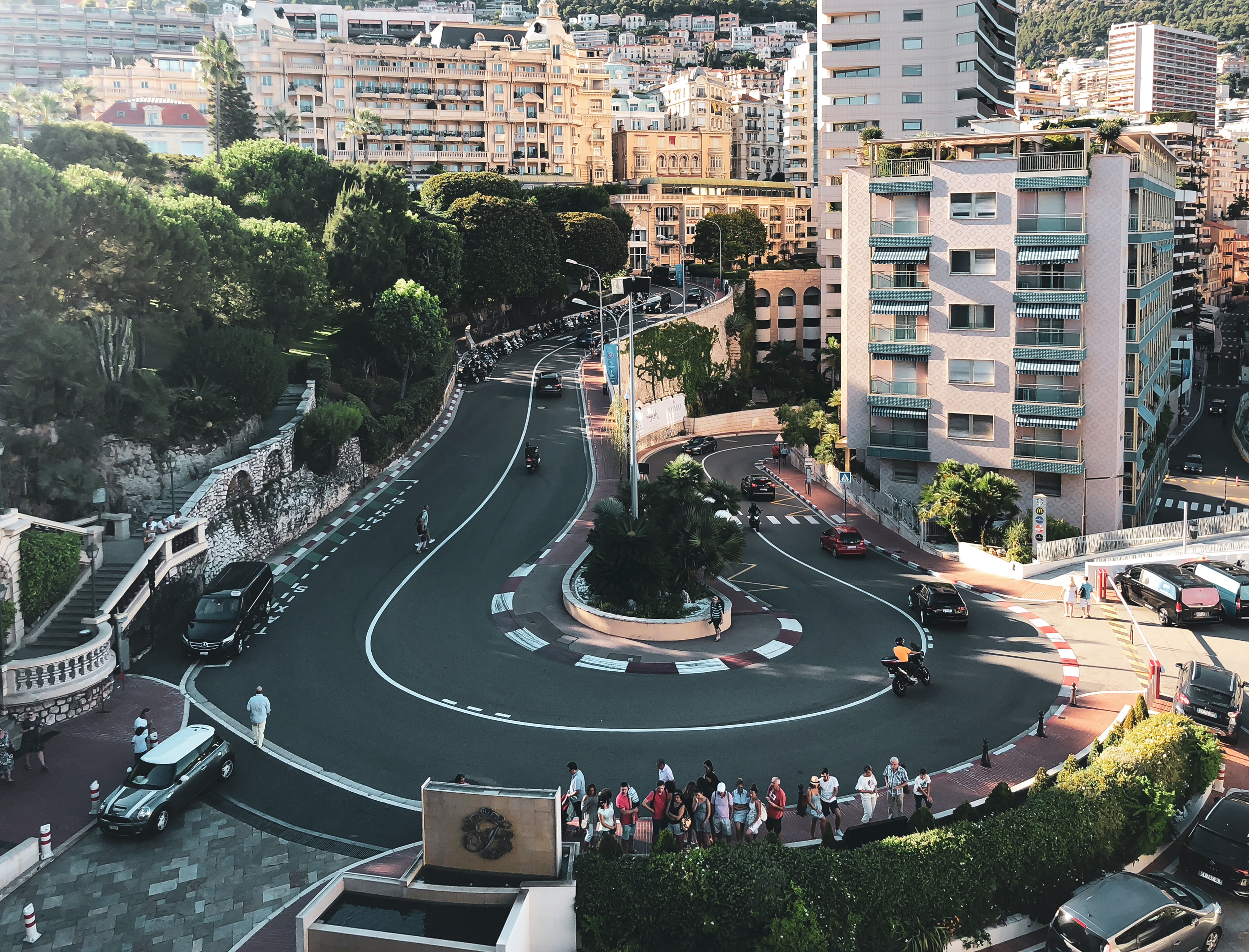
Hairpin
The infamous Formula 1 Hairpin curve just in front of the Fairmont Hotel.
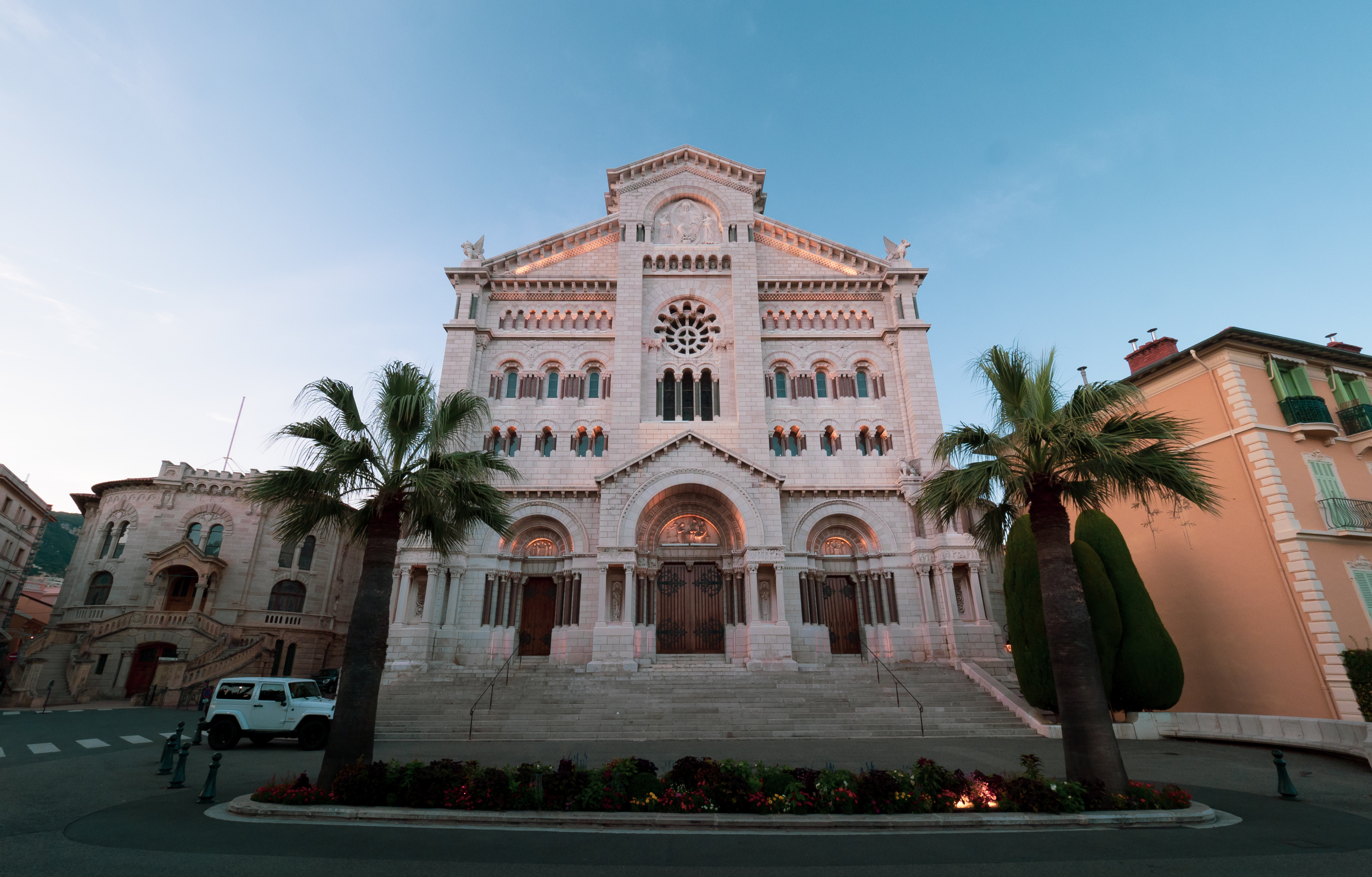
Saint Nicholas Cathedral
The romanesque Catholic cathedral dedicated to Saint Nicholas is the largest in Monaco. Unfortunately it was already closed when we got there.
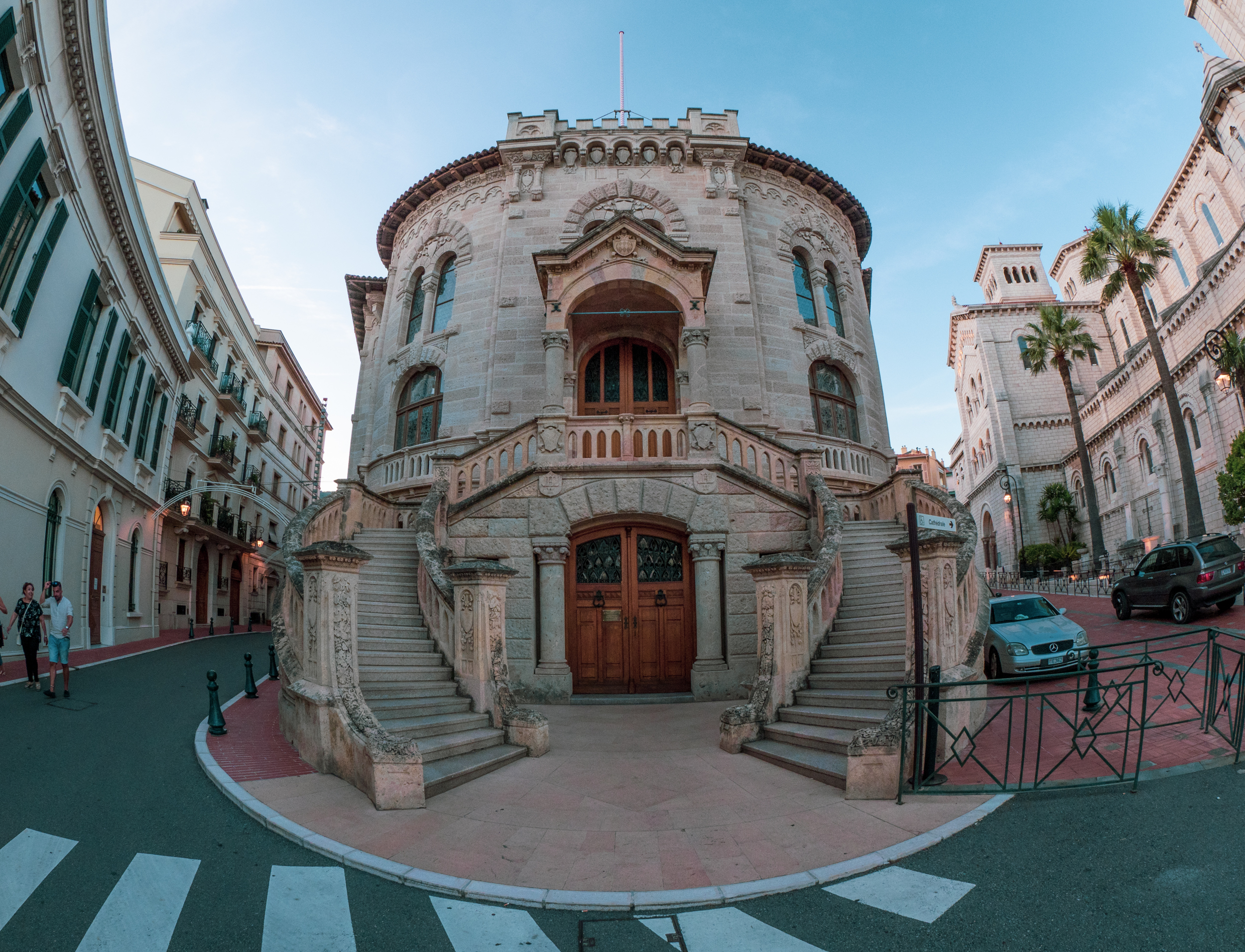
Palace of Justice
A fisheye shot of the building housing the Monaco Supreme Court.
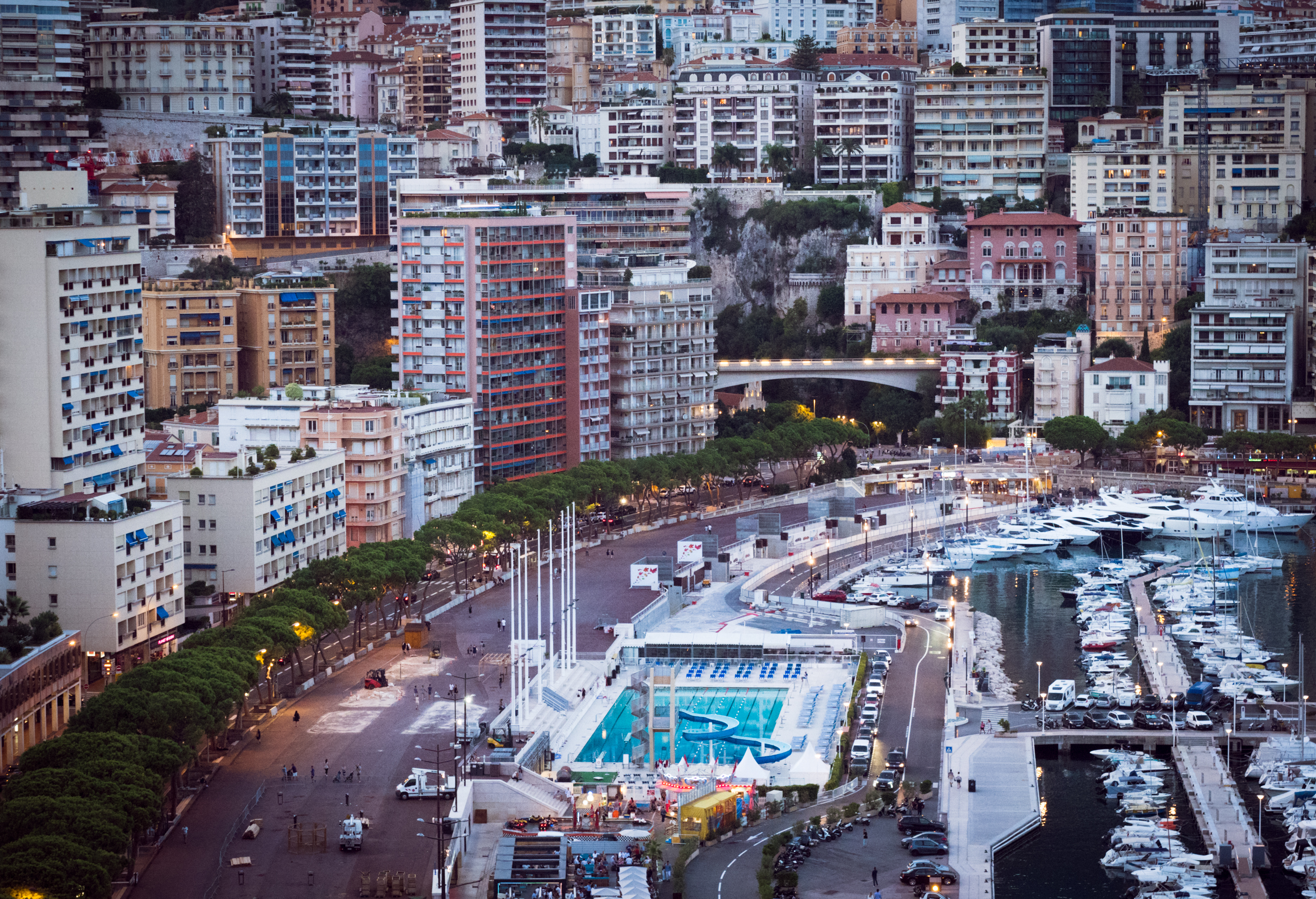
Swimming Pool
The construction of the Rainier III Nautical Stadium and its swimming pool forced the Formula 1 track to be adapted in the 1970s.

Rich
In 2014, it was noted about 30% of Monaco's population was made up of millionaires.
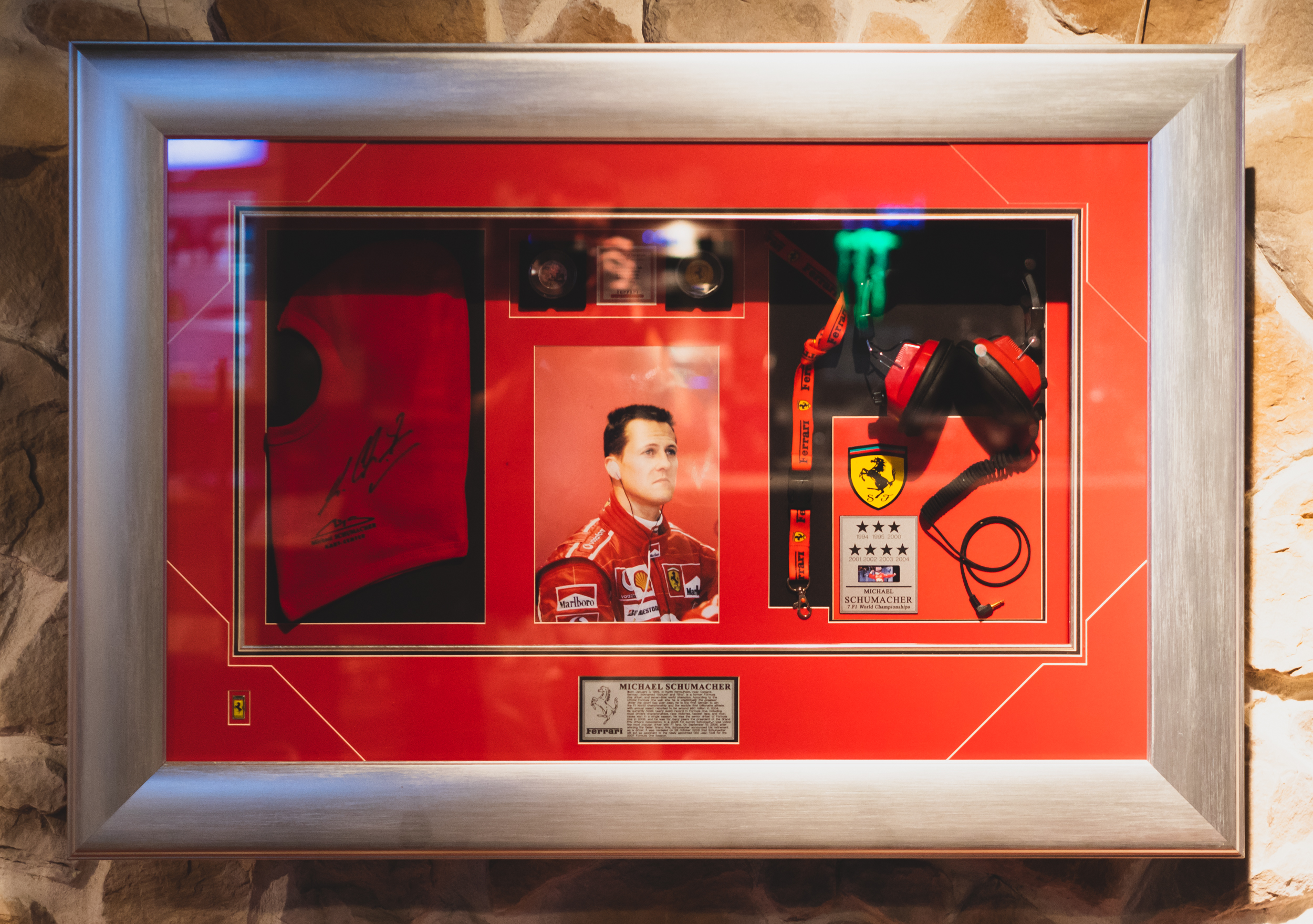
A City Circuit
Michael Schumacher once said before the 2012 Grand Prix that the additional risk is "justifiable once a year", as the circuit is not quite up to modern Formula 1 safety standards.
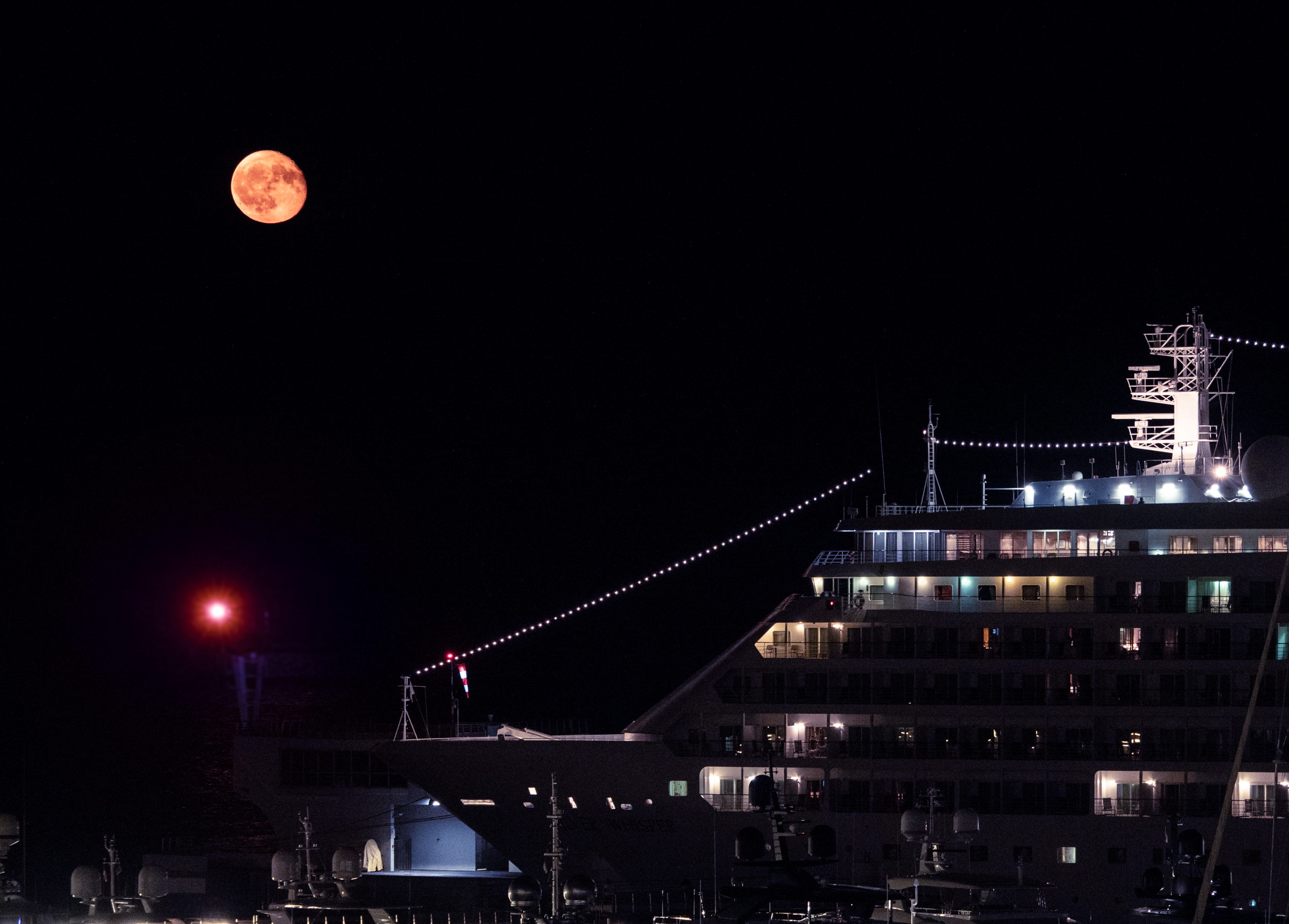
Moonrise
Another moon rise, this time seen from the Monaco harbour, looking over one of the ships anchored at its cruise terminals.
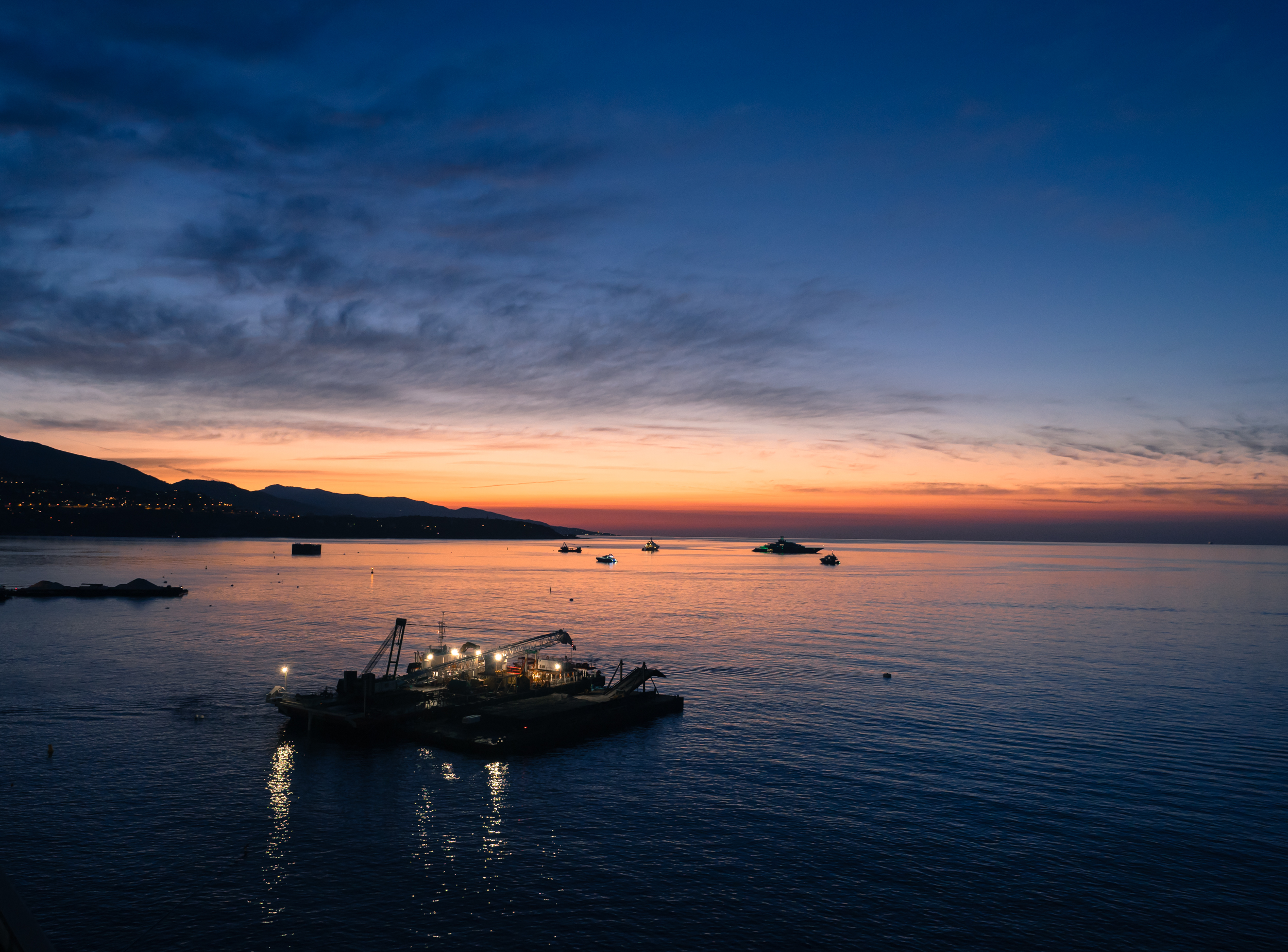
Sunrise
The sunrise seen from the Fairmont hotel, which sits just next to a €2 billion operation to reclaim six hectares of land to counter Monaco's notorious shortage of building space.

The Cars Collection of H.S.H. the Prince of Monaco
The collection houses several Formula 1 cars from throghout the history of the race.
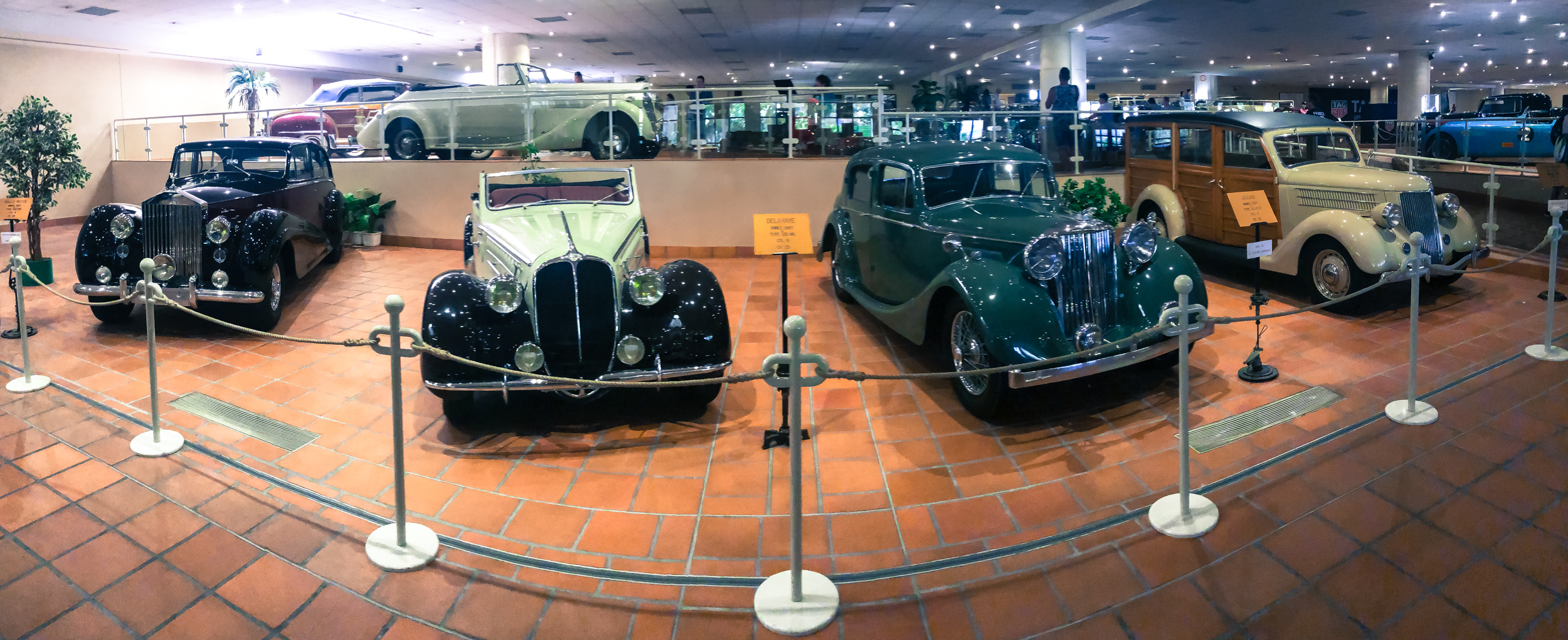
The Cars Collection of H.S.H. the Prince of Monaco
The museum includes the Bugatti Type 35 that won the inaugural Monaco Grand Prix in 1929.
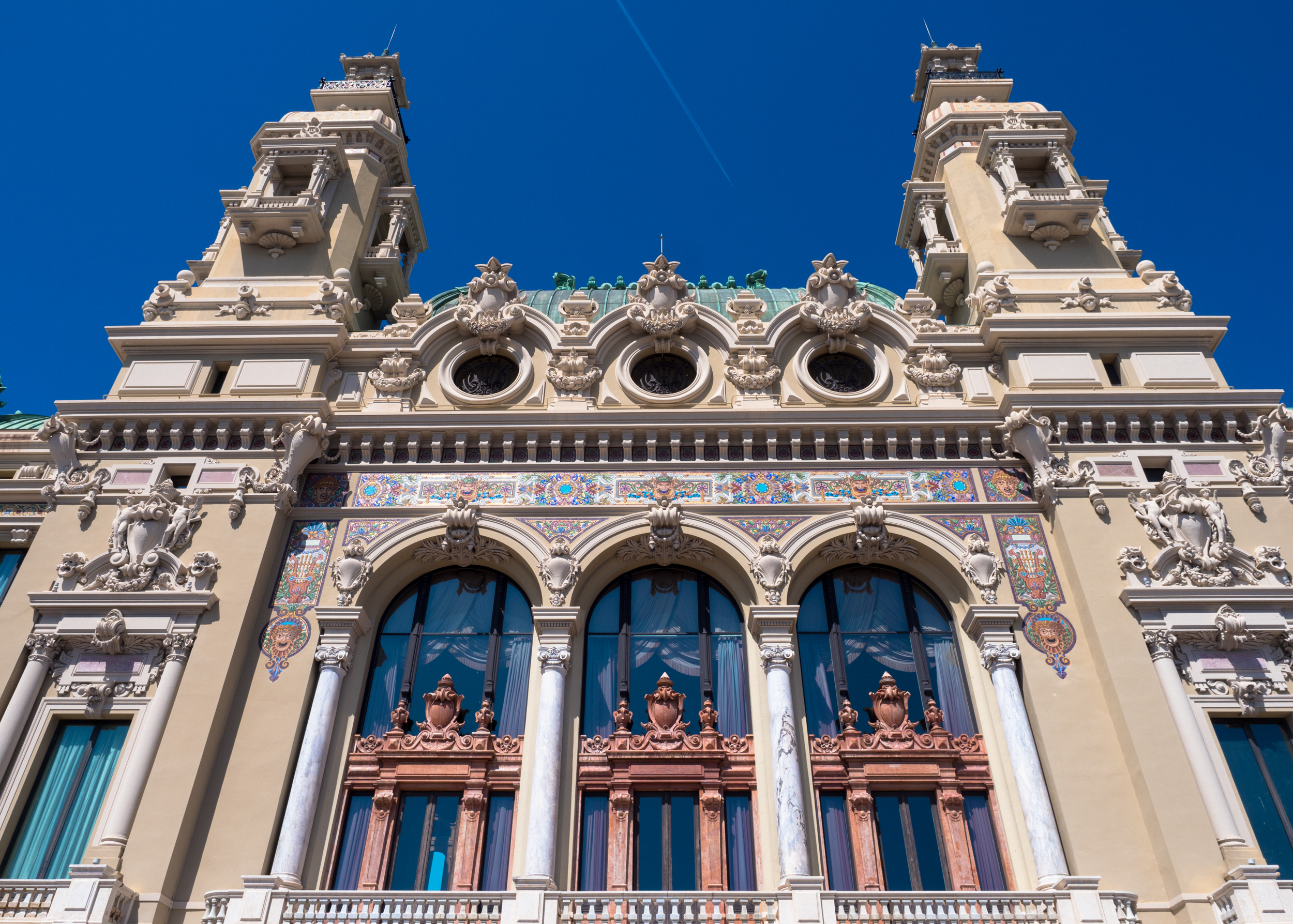
Casino de Monte Carlo
The most famous casino in Monte Carlo, owned largely by the ruling family, opened over 150 years ago.
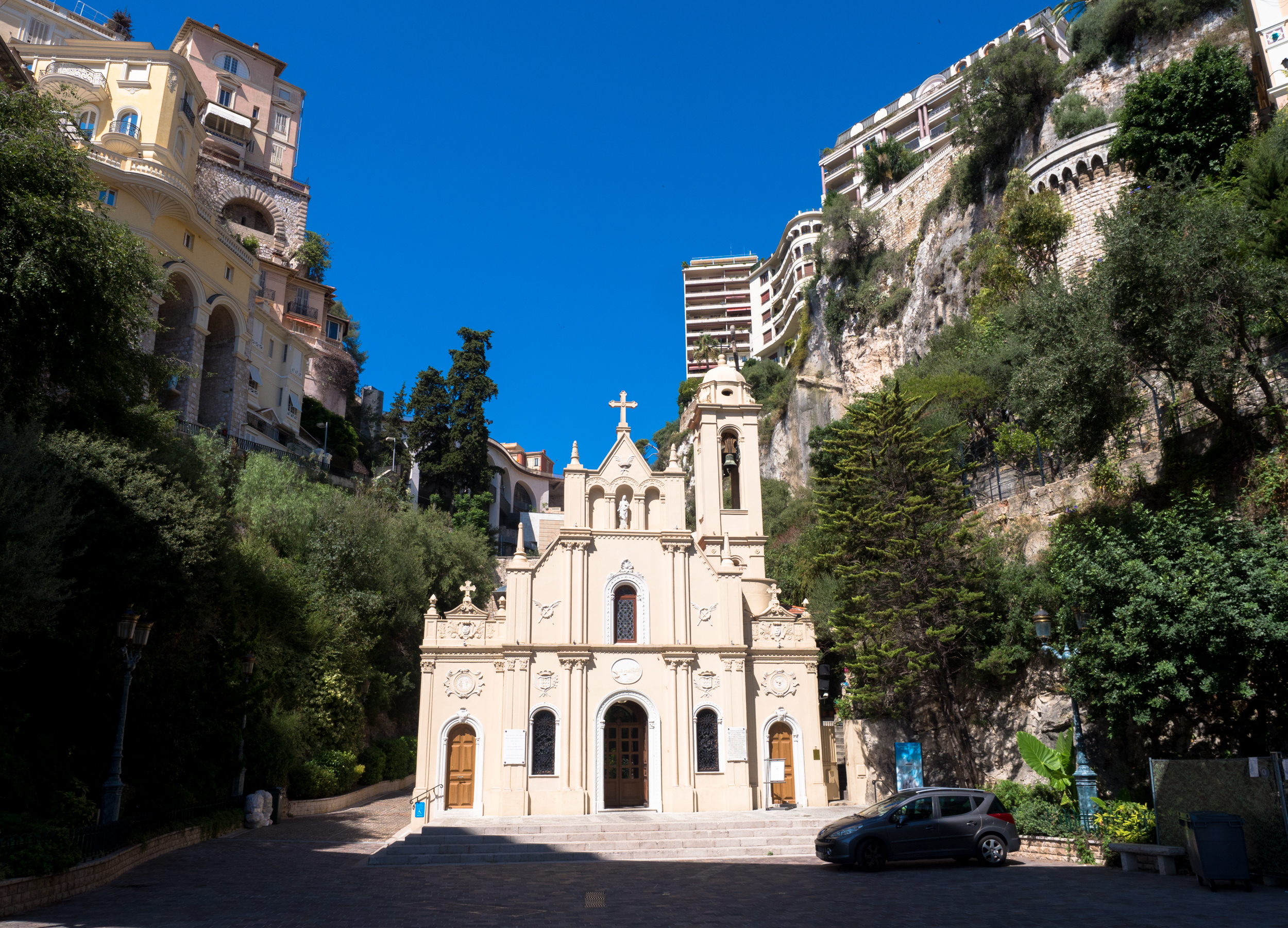
Sainte-Dévote Chapel
The name of the chapel is used to identify the first corner of the Monaco Grand Prix track.
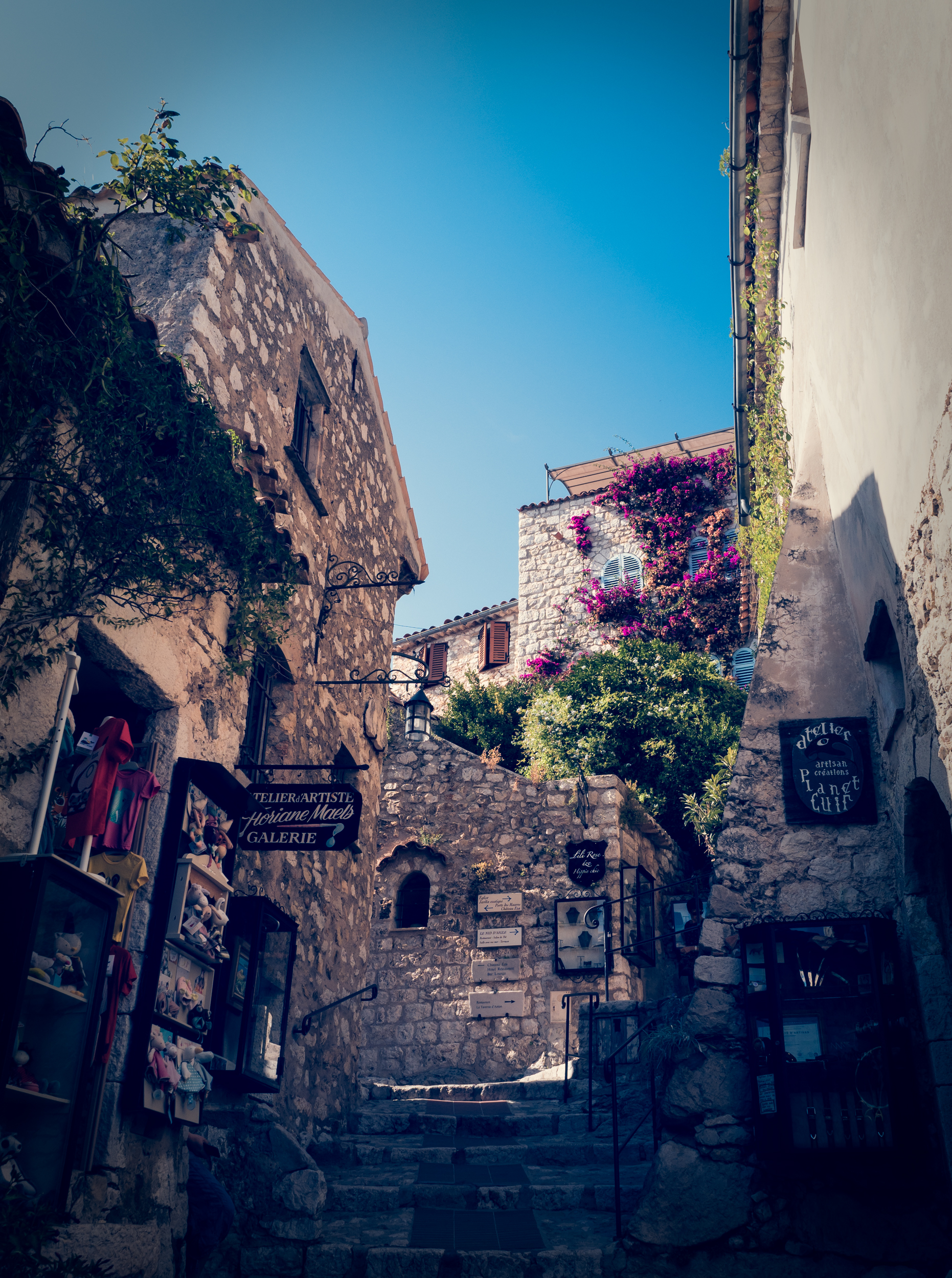
Eze's medieval town
While the location is beautiful and the city sports a beautiful botanical garden, the rest of the village feels very touristy.

View from the Top
Eze is famous for the view of the sea from its hill top. Walt Disney spent a significant amount of time here, and Nietzsche appearantly walked up the hill path daily from his residence on the coast.
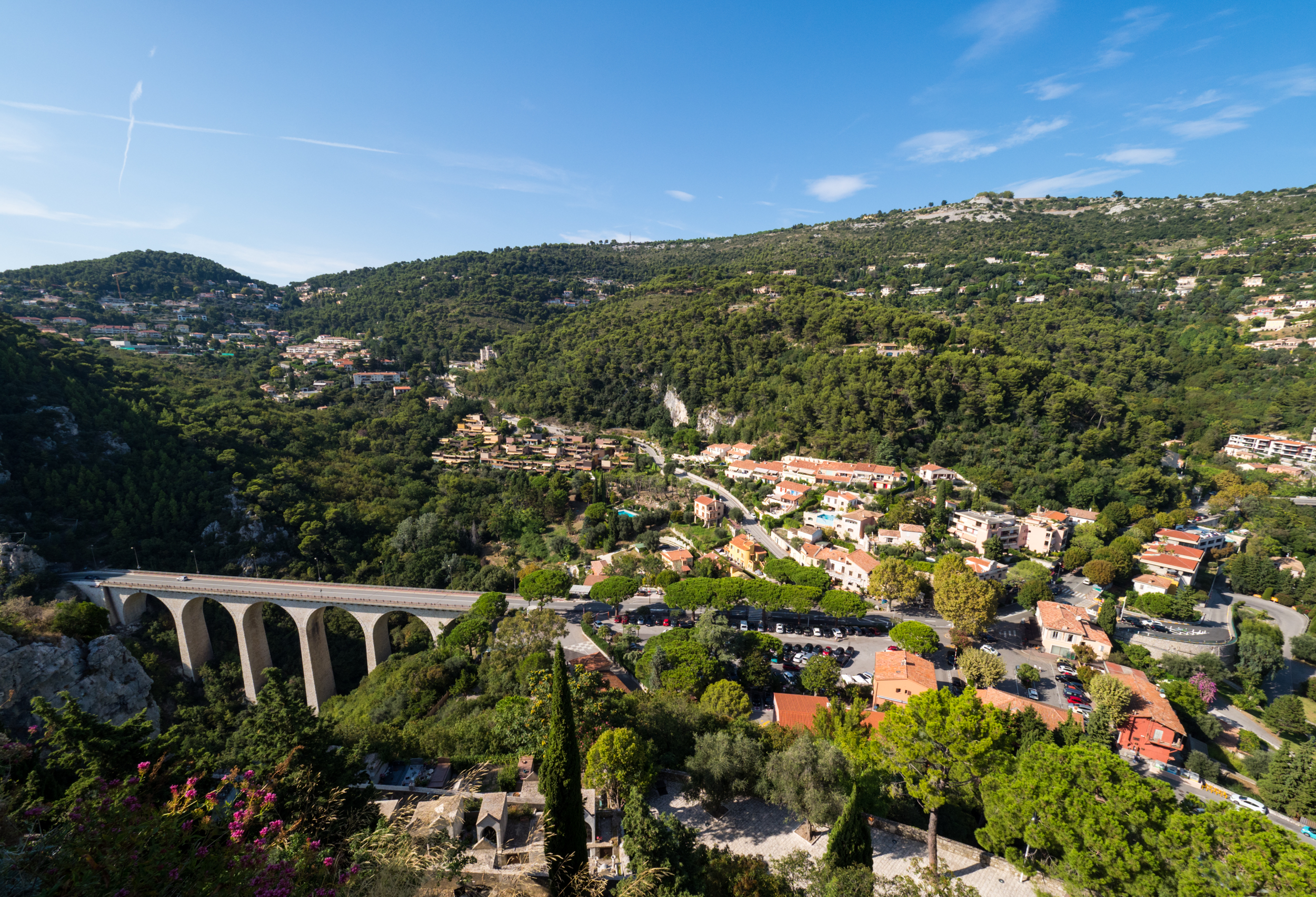
Northerly View from Eze
With the coastal road and its bridge over the canyon.
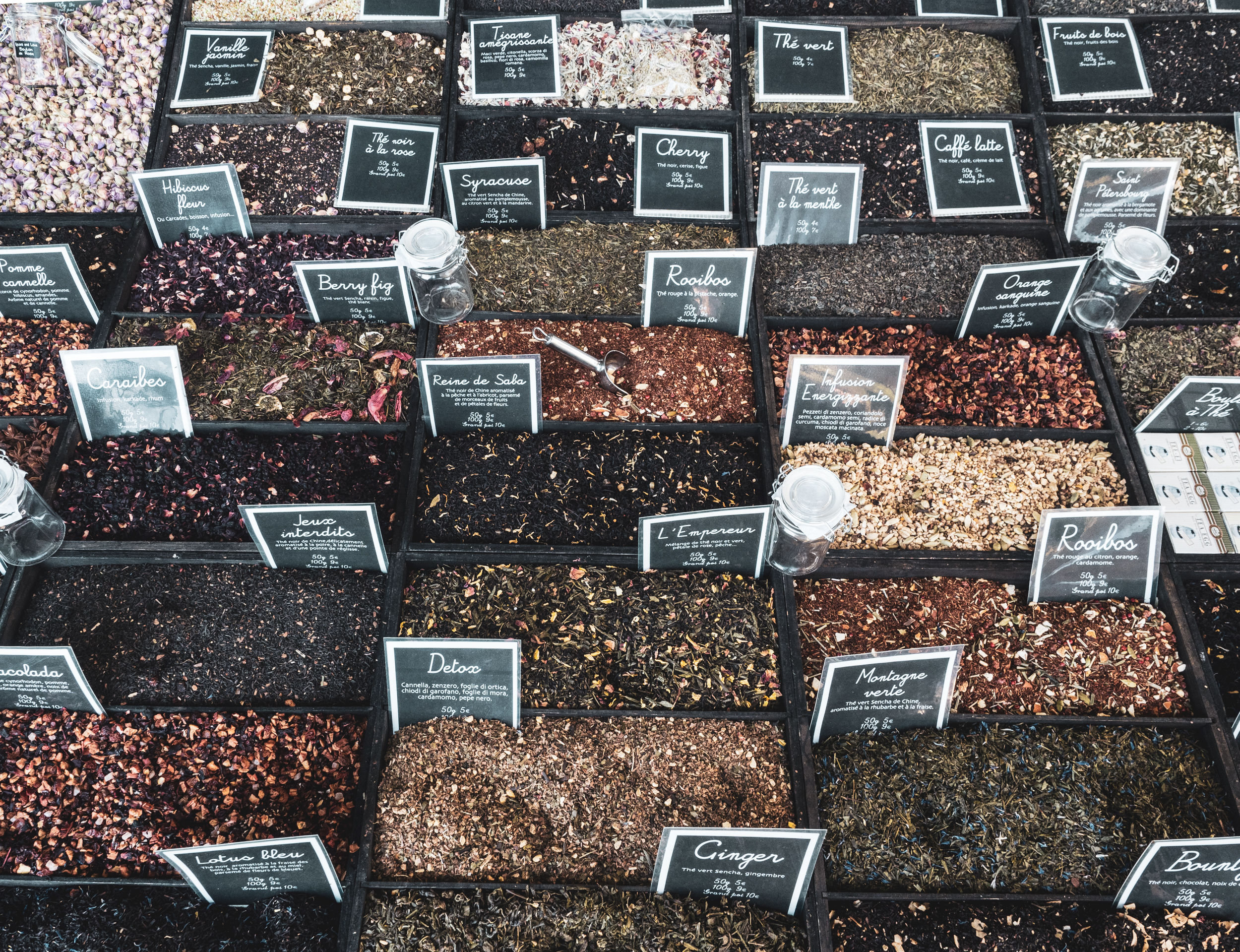
Local Spices
A spice shop in Eze with local spices from the Côte d'Azur.

Le Flore
The real reason for the trip.
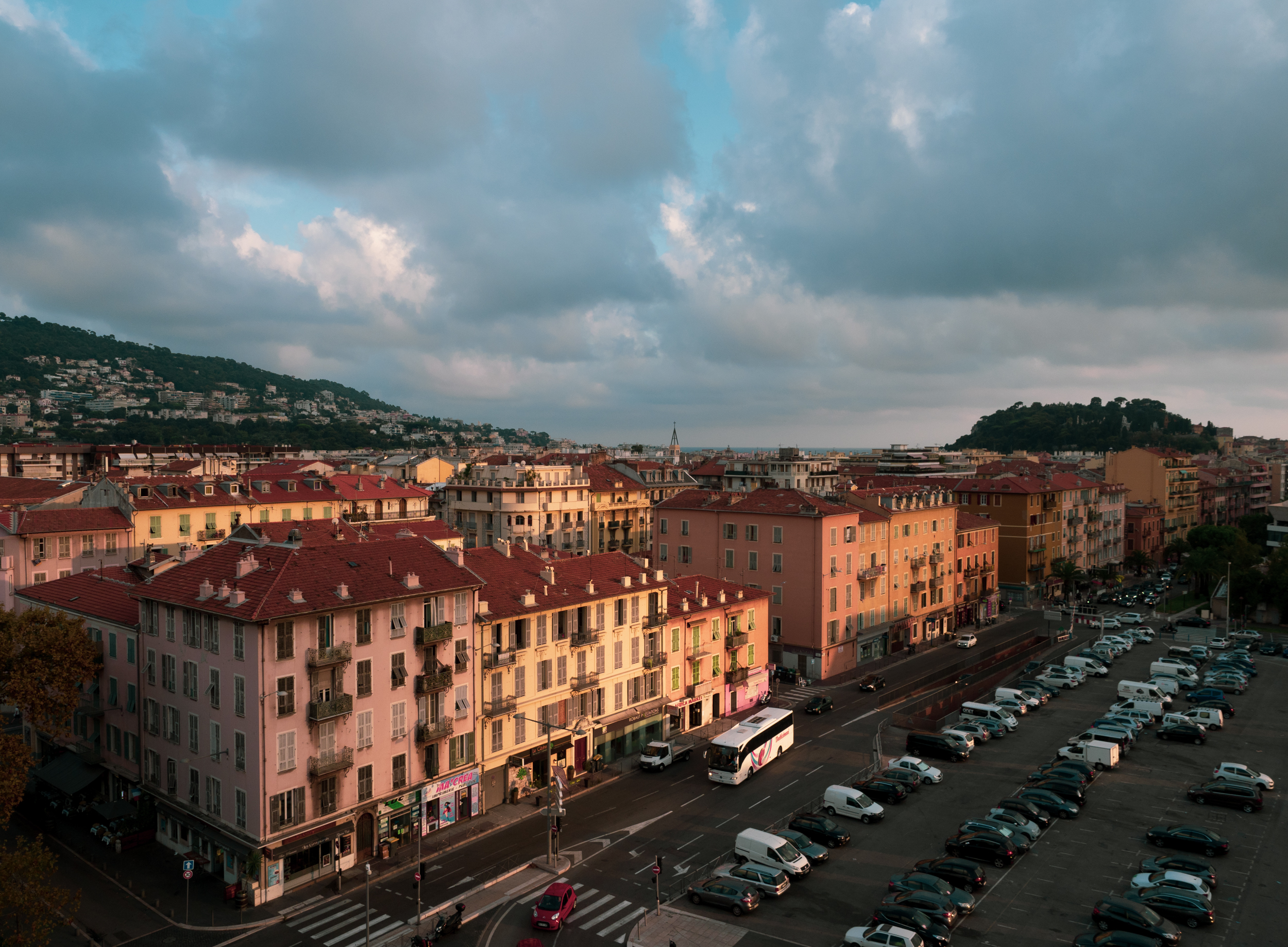
Nice
The view from the terrace of the NH hotel, looking along the Boulevard Risso.

The Square Head Building
A habitable sculpture, is 30 metres high, has 7 floors, and accommodates 40 administrative staff members of the administrative office of Bibliothèque Louis Nucéra.

Modern and Contemporary Art Museum
A view from the Traverse Garibaldi road looking upwards.
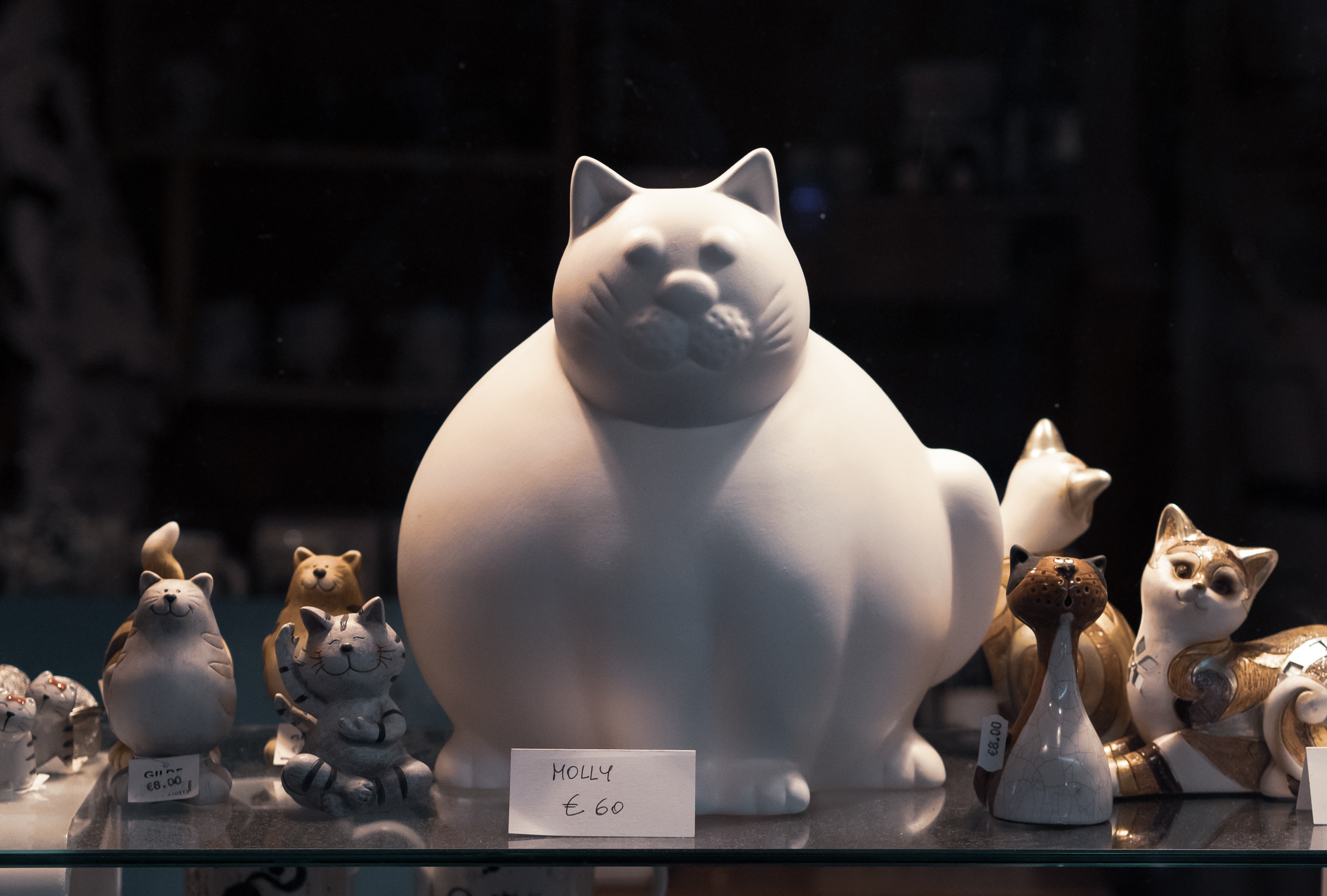
Cat Shop
Ran into this window display in Nice.
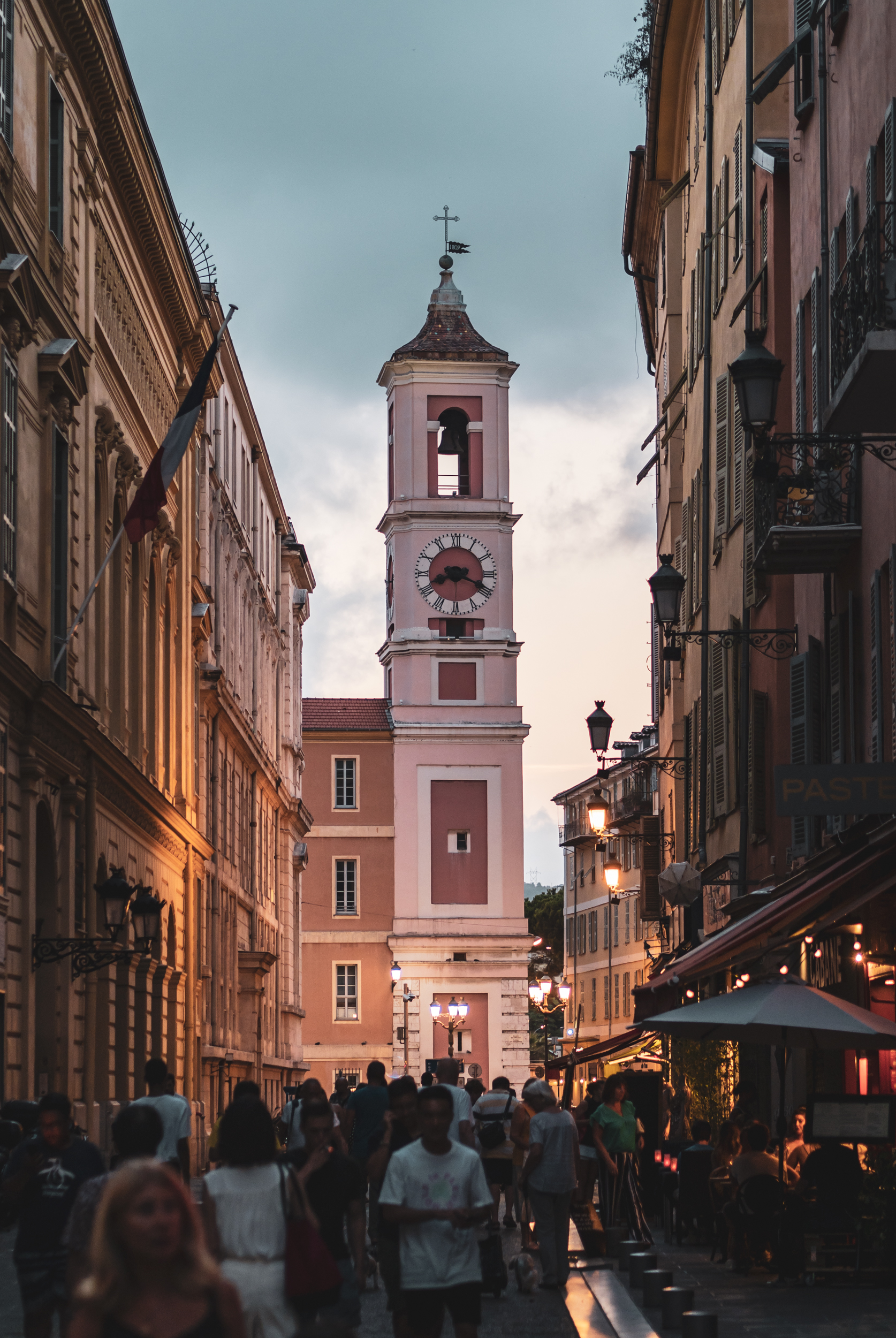
Tour de l'Horloge
Looking down one of the roads leading to the tower opposite the Palace of Justice.
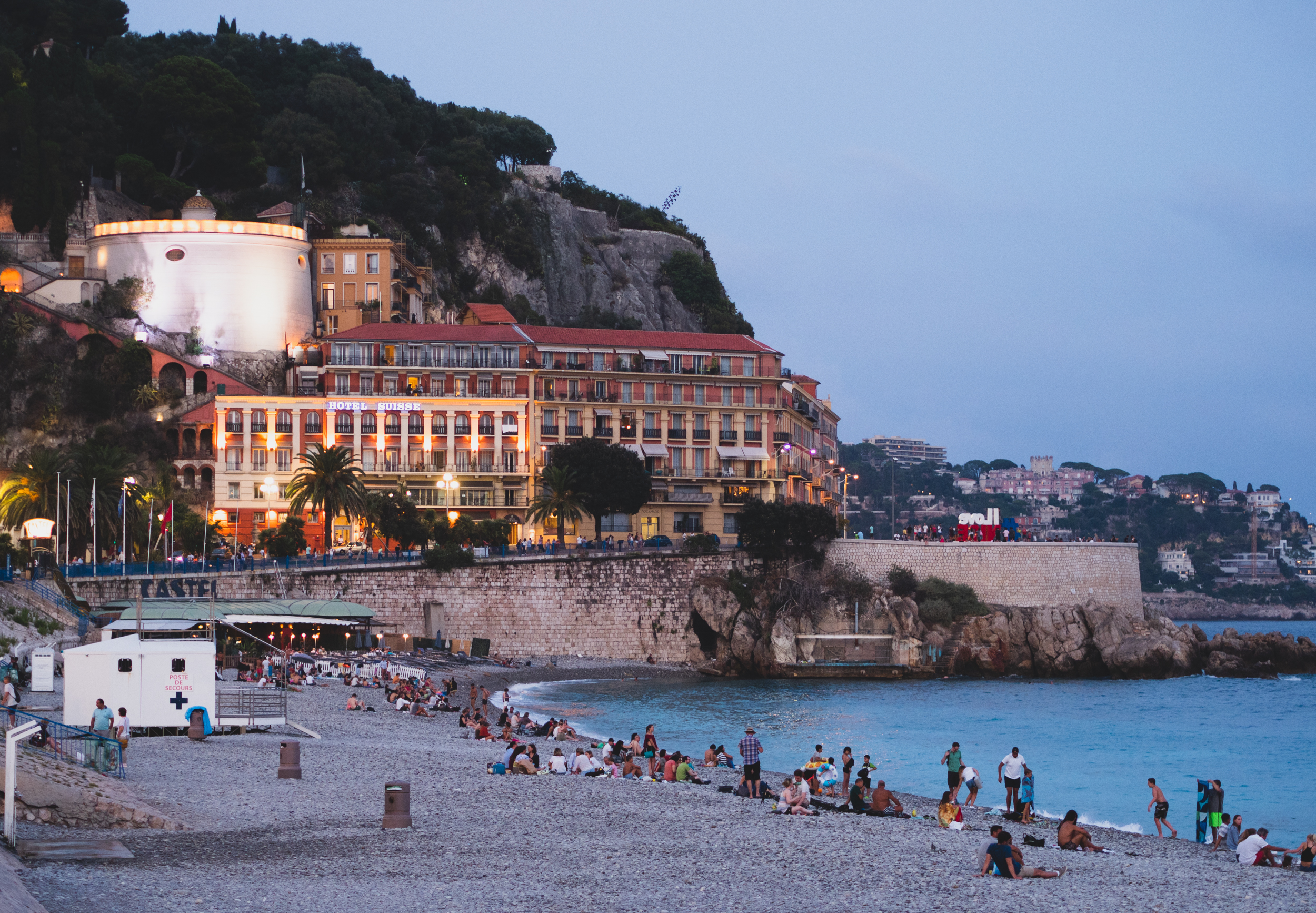
Beachfront
The view towards the east with Nice's beautiful beachfront.

Selfie Time
Should have taken a few more in hindsight!
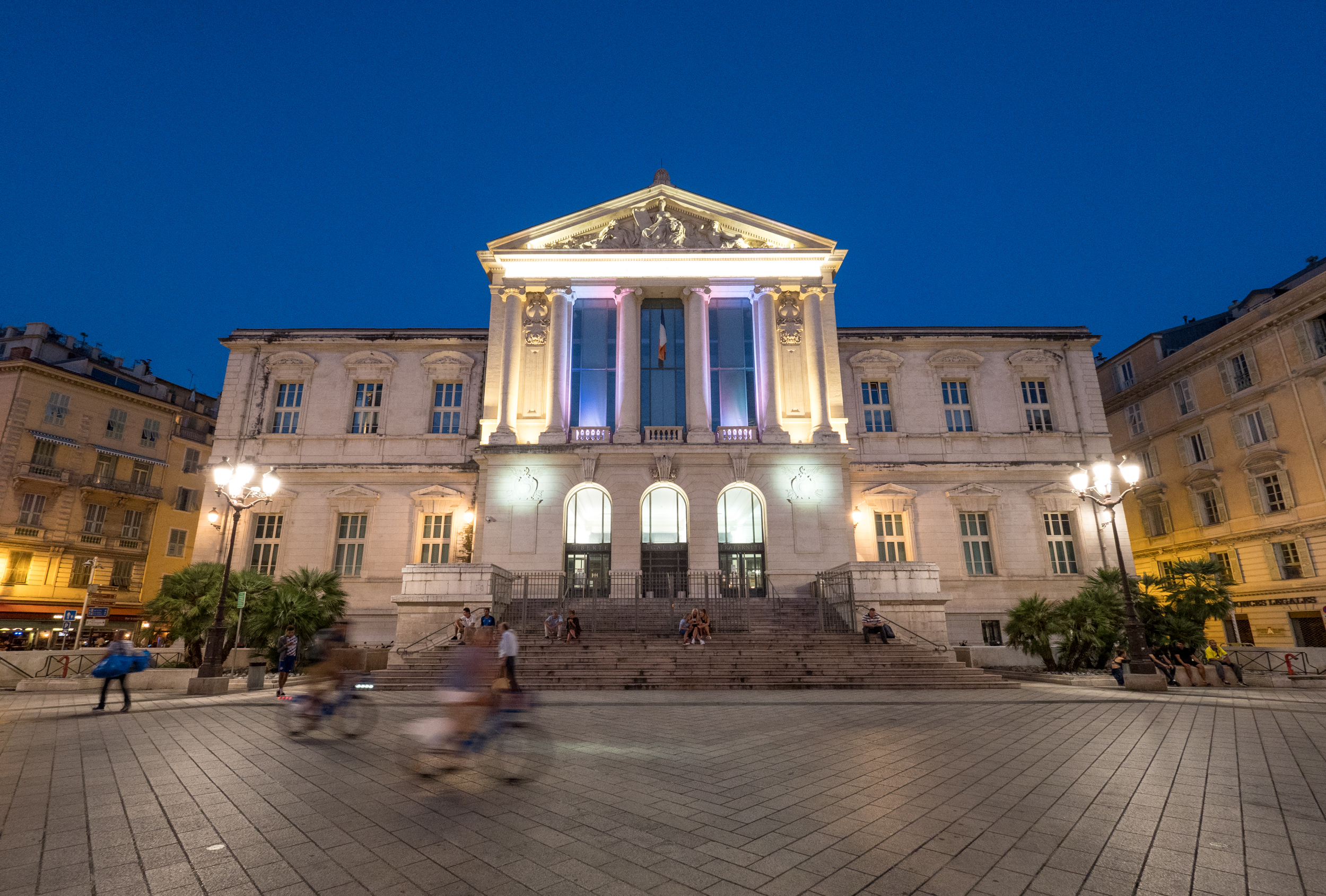
Palace of Justice
The aforementioned courthouse with its neoclassical architecture.
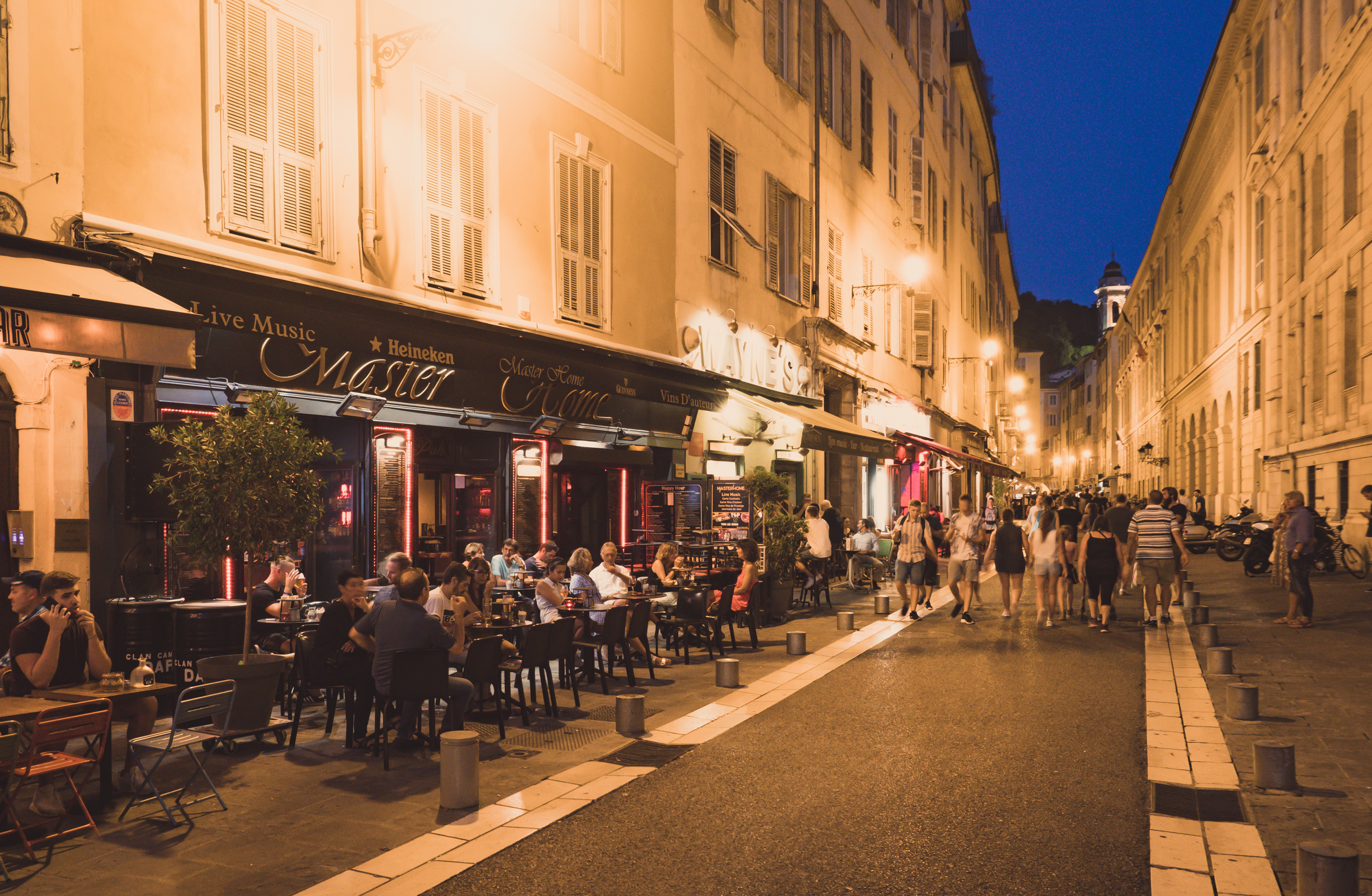
Nice Nightlife
The evening atmosphere in Nice was very lively, with lots of busy restaurants and streetlife without seeming too crowded or touristic.
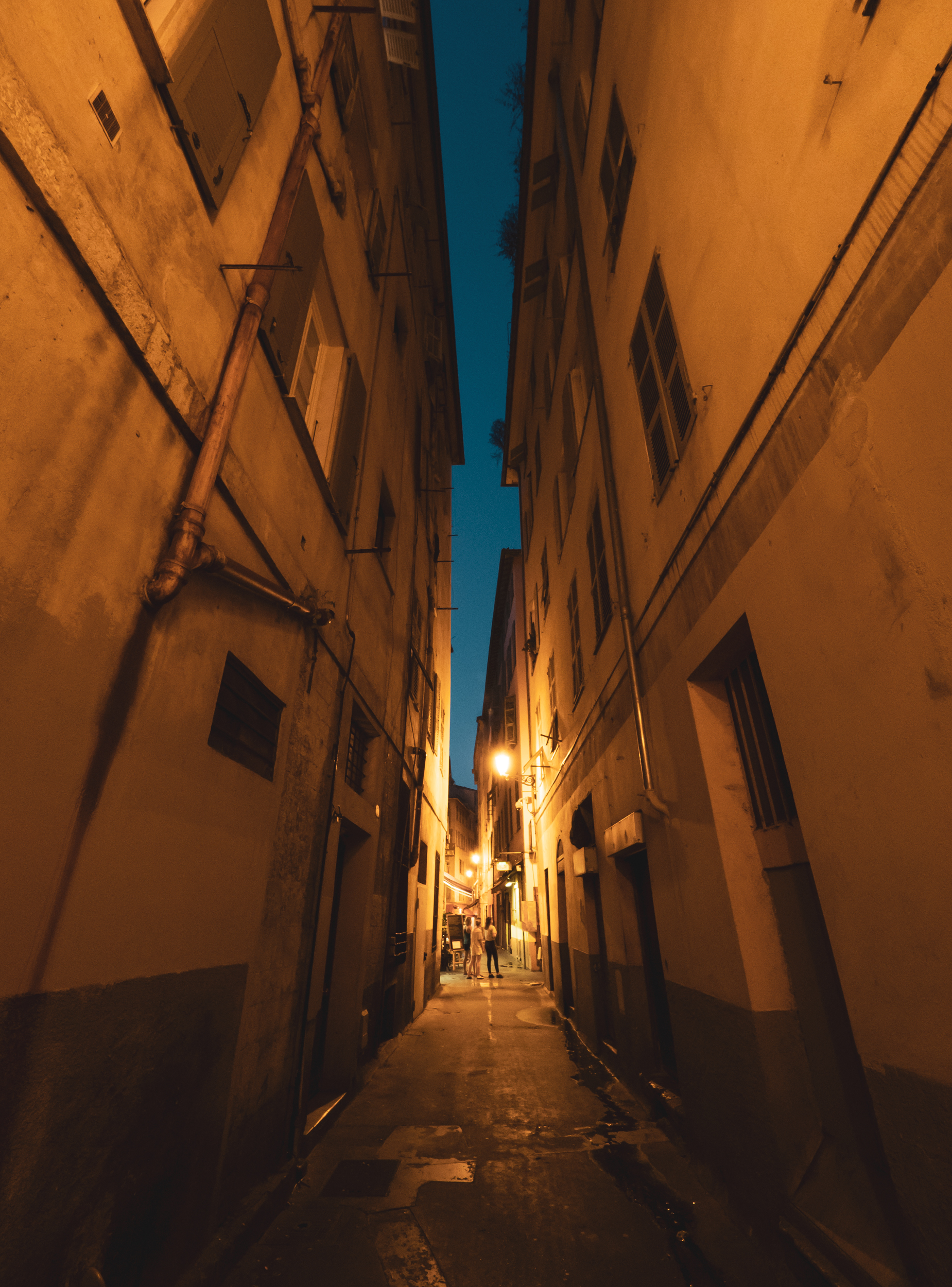
Hold your breath
One of the many narrow alleys in Nice.

A Cigarette on the Balcony
In pleasant late August temperatures.
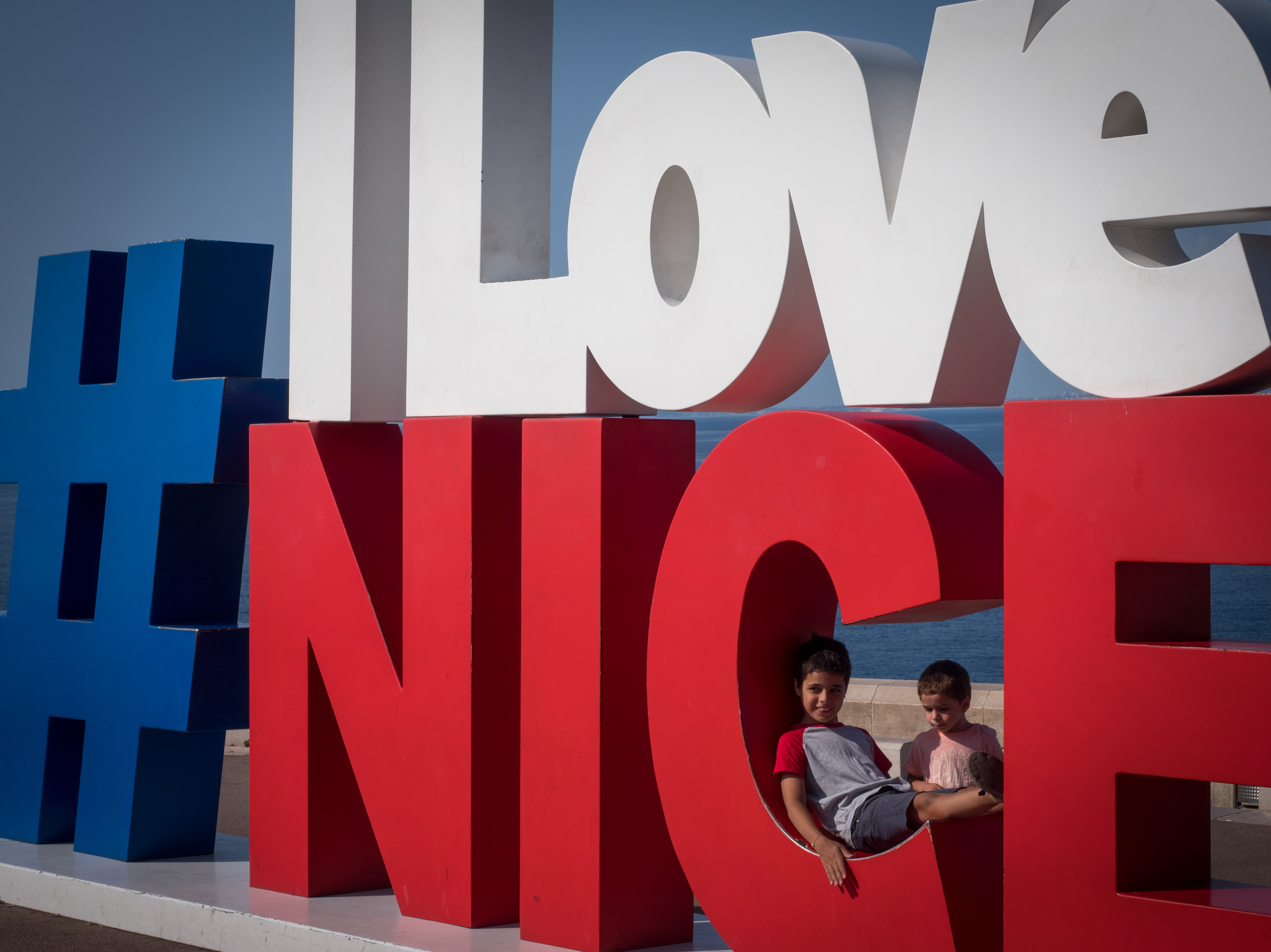
Indeed
I was positively surprised by the city, 1 day definitely wasn't enough.
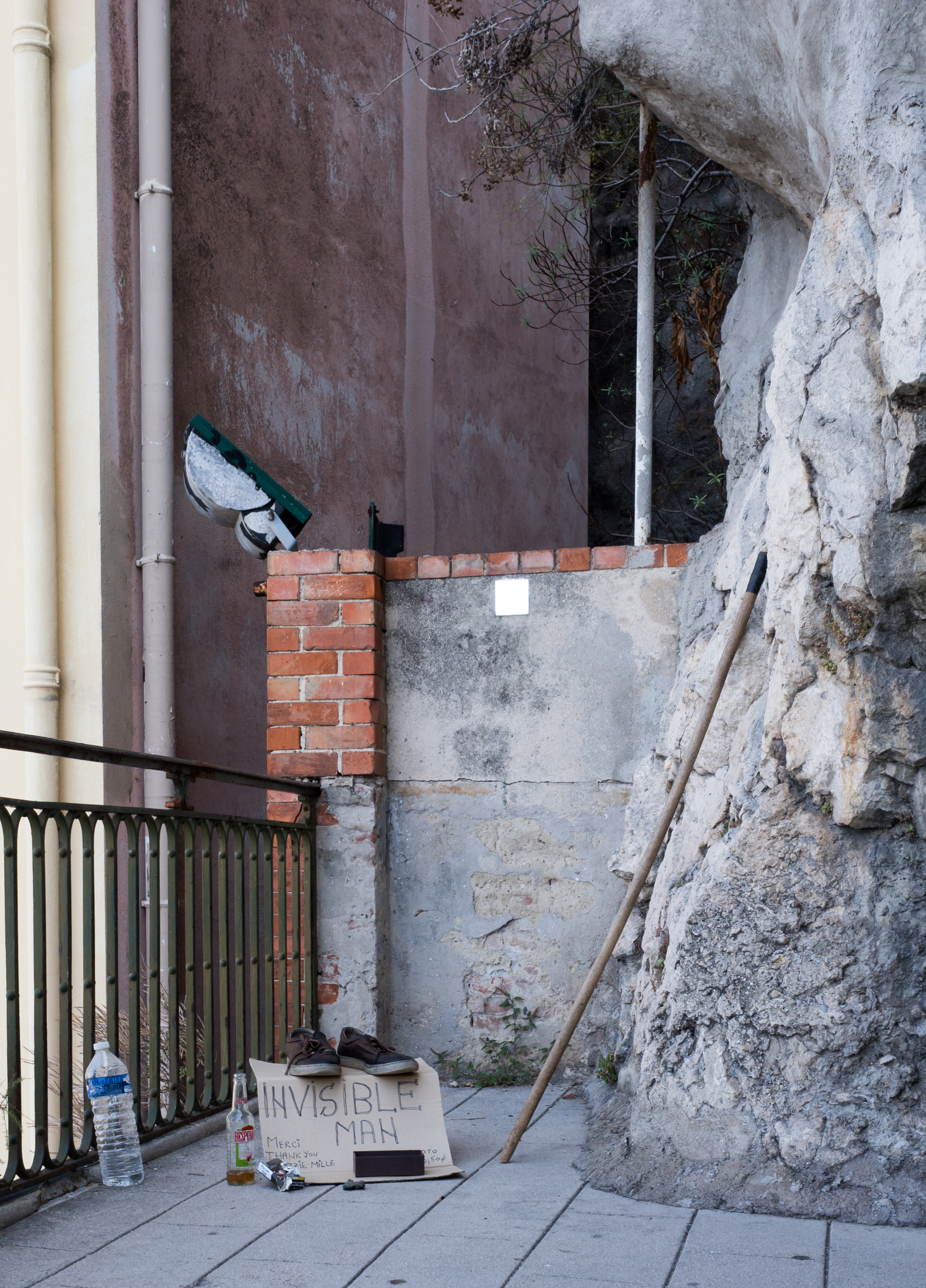
Invisibe Man
We even got a handshake!
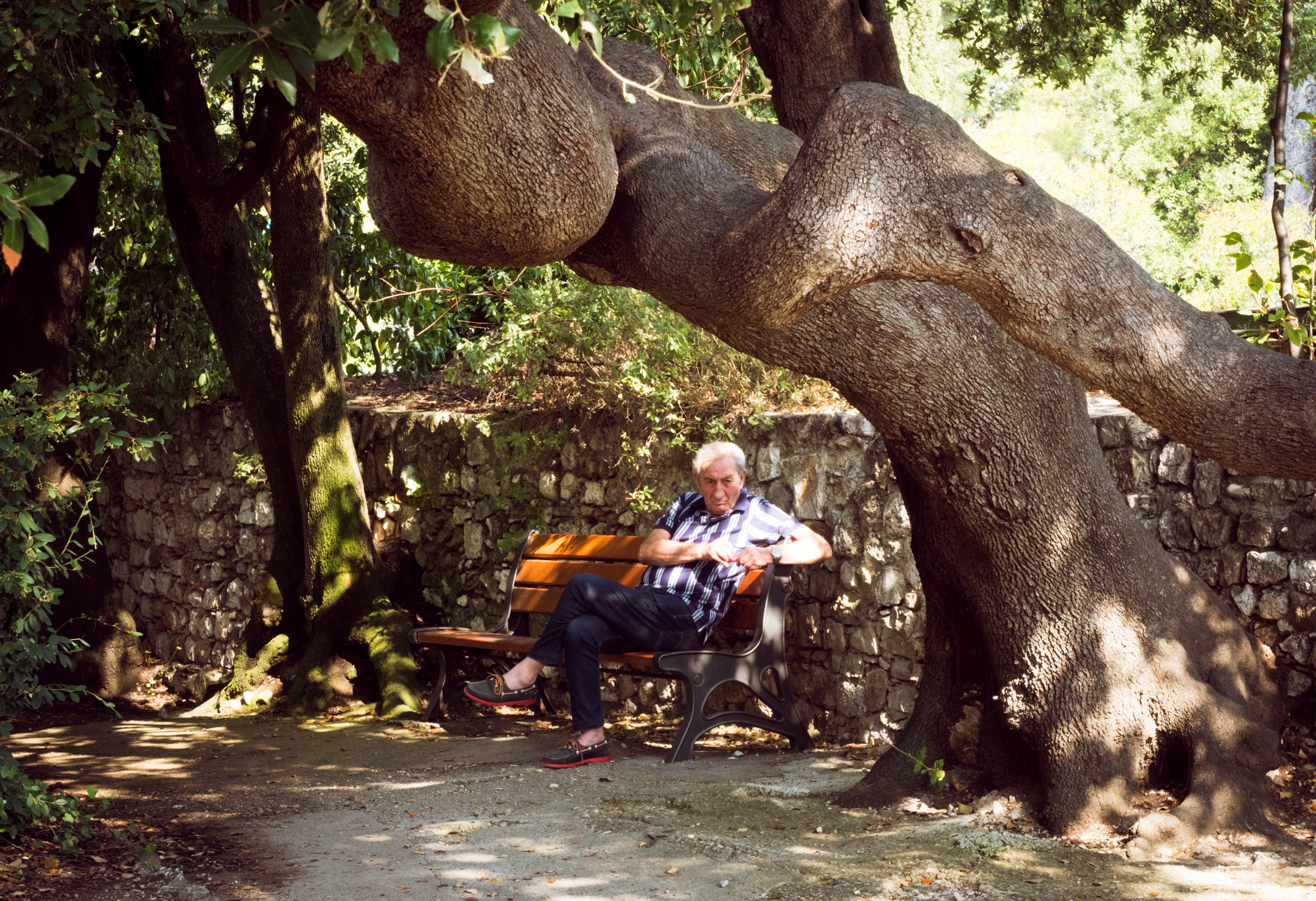
A morning in Hill Park
The castle used to stand on the hill from the 11th to the 18th century, but today just a few ruins remain.
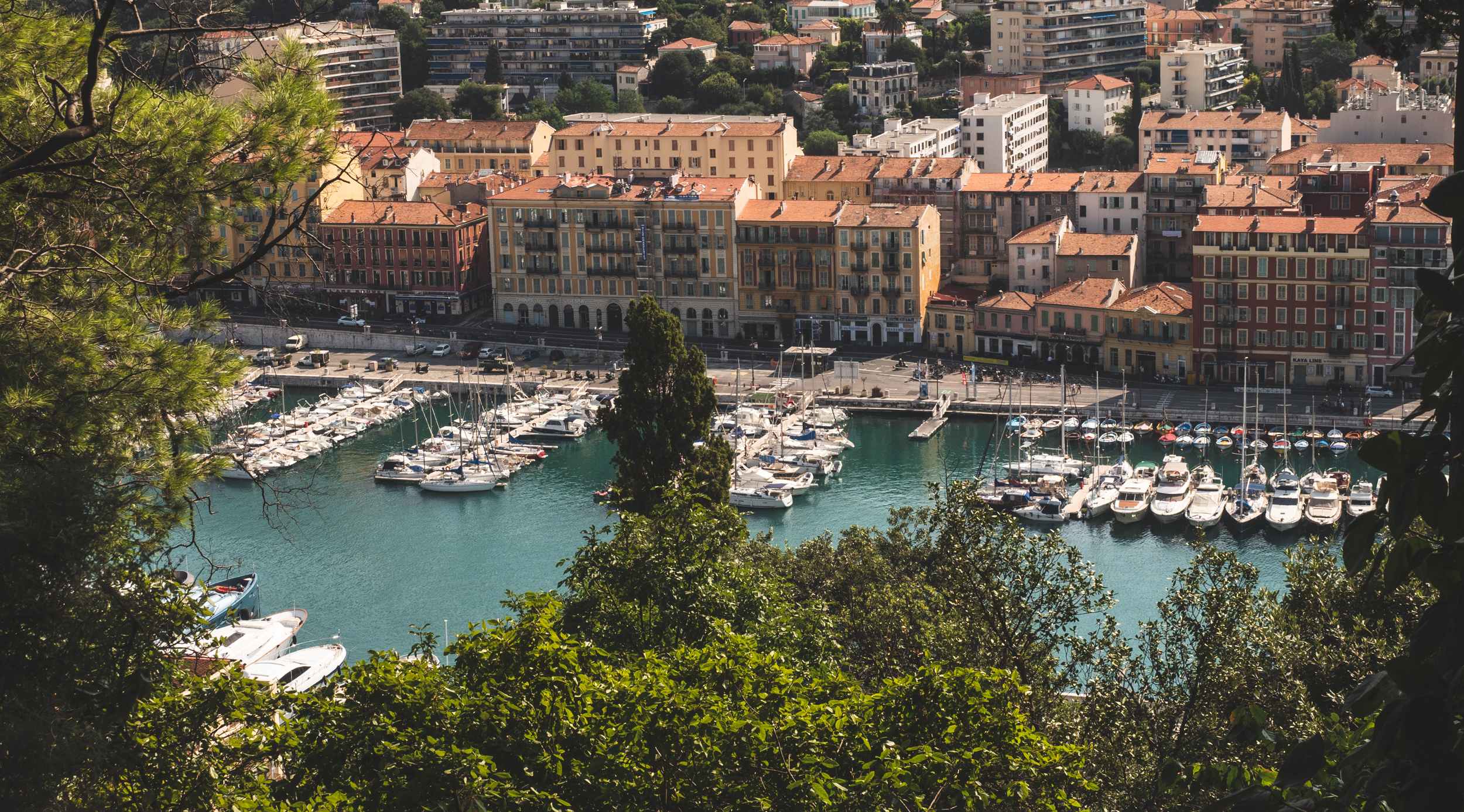
Port of Nice
The port of Nice from the Castle Hill.
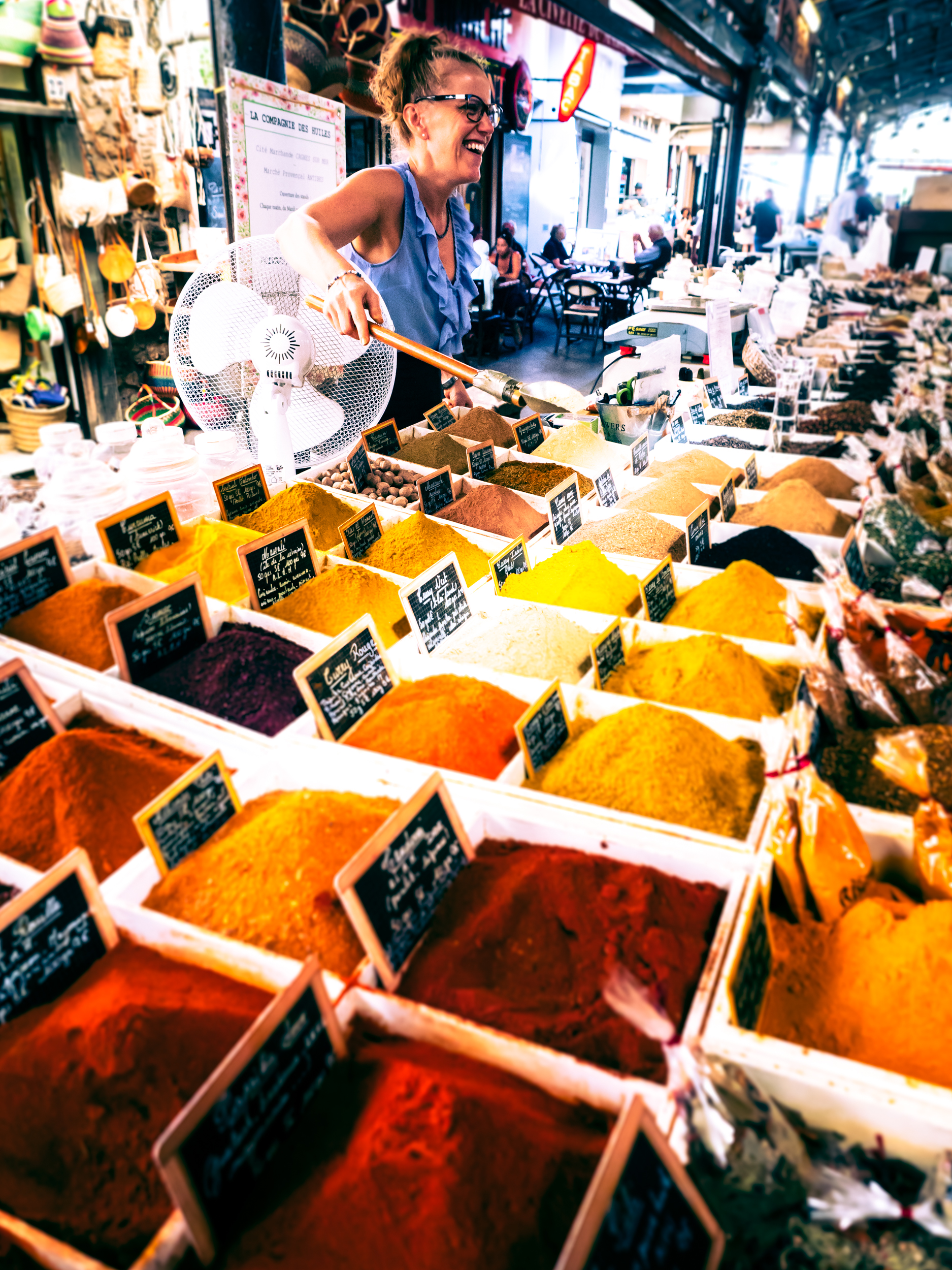
Antibes Market
Onwards to the west brought us to Antibes, with its markets.
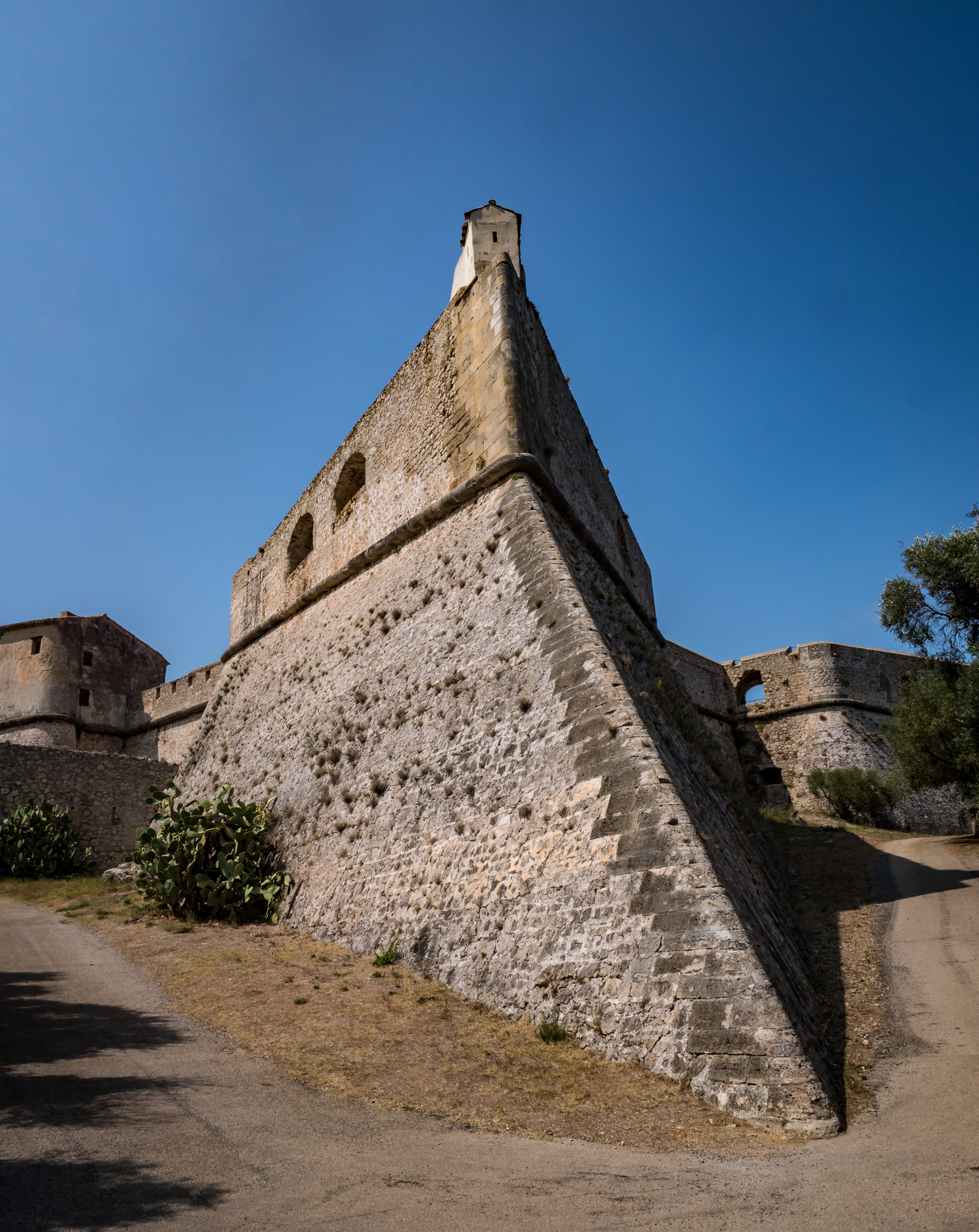
Fort Carre Antibes
With its unique star shape (check it on Google Maps)
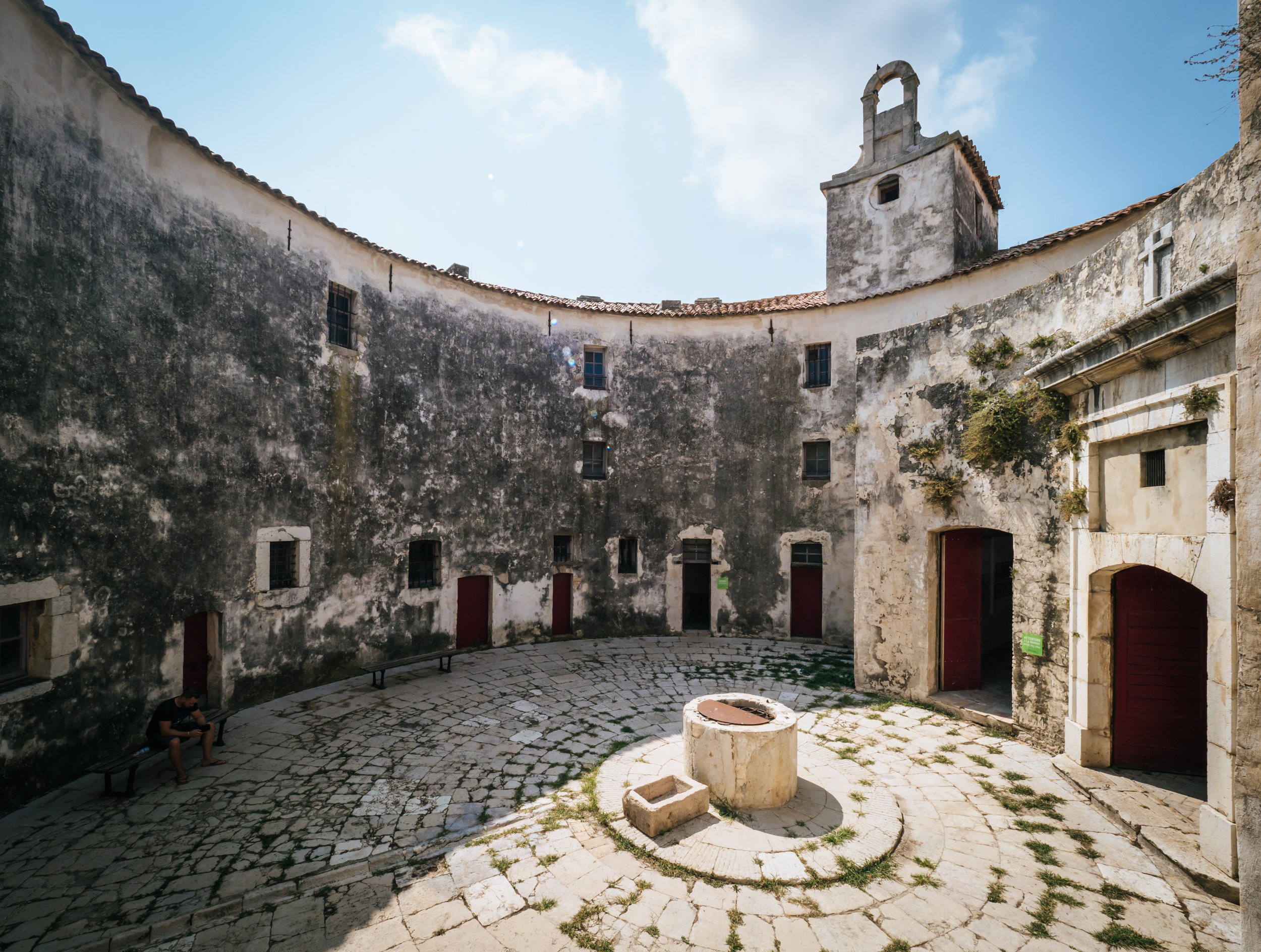
Fort Carre Antibes
While star shaped in the outside, the interior features a round open atrium.
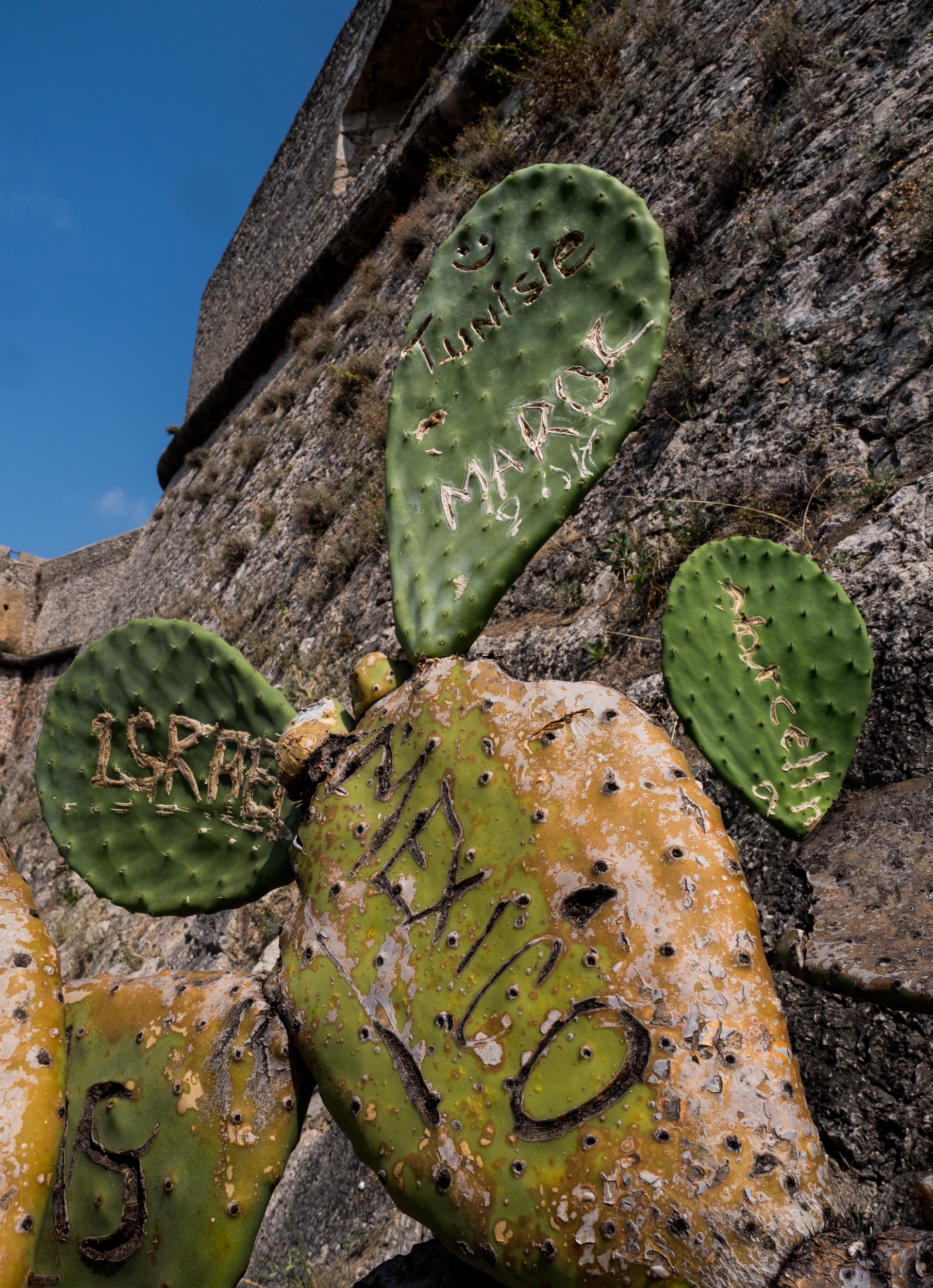
Fort Flora
The Antibes fort sports several large cacti, which tourists used to inscribe their various messages for future visitors.
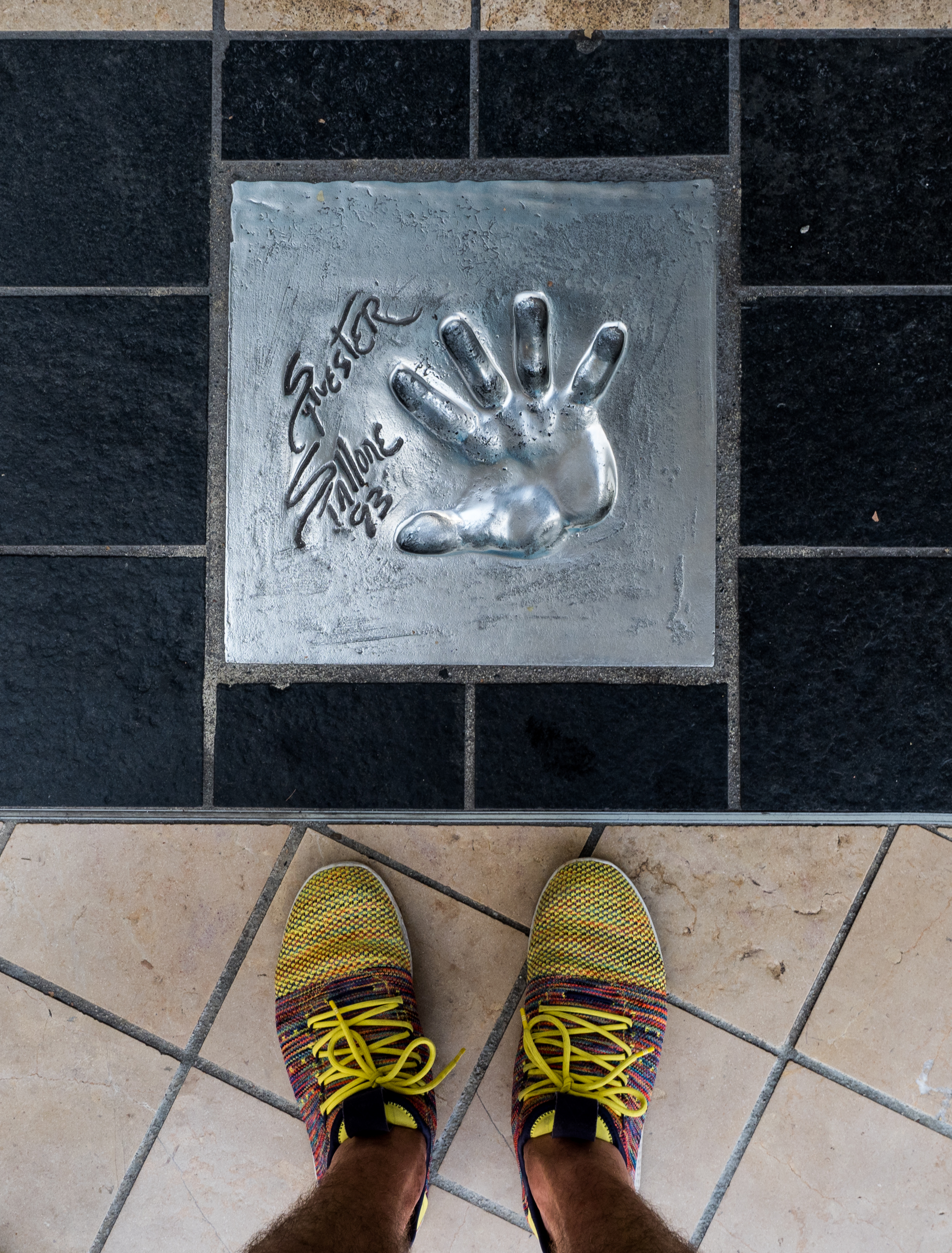
Cannes Hand Prints
The hand prints in Cannes in front of Palais des Festivals on Esplanade Pompidou, where famous film actors and directors leave their mark for posterity.

Cannes Old Town
Walking up the old parts of Cannes towards the Église Notre-Dame d'Espérance.
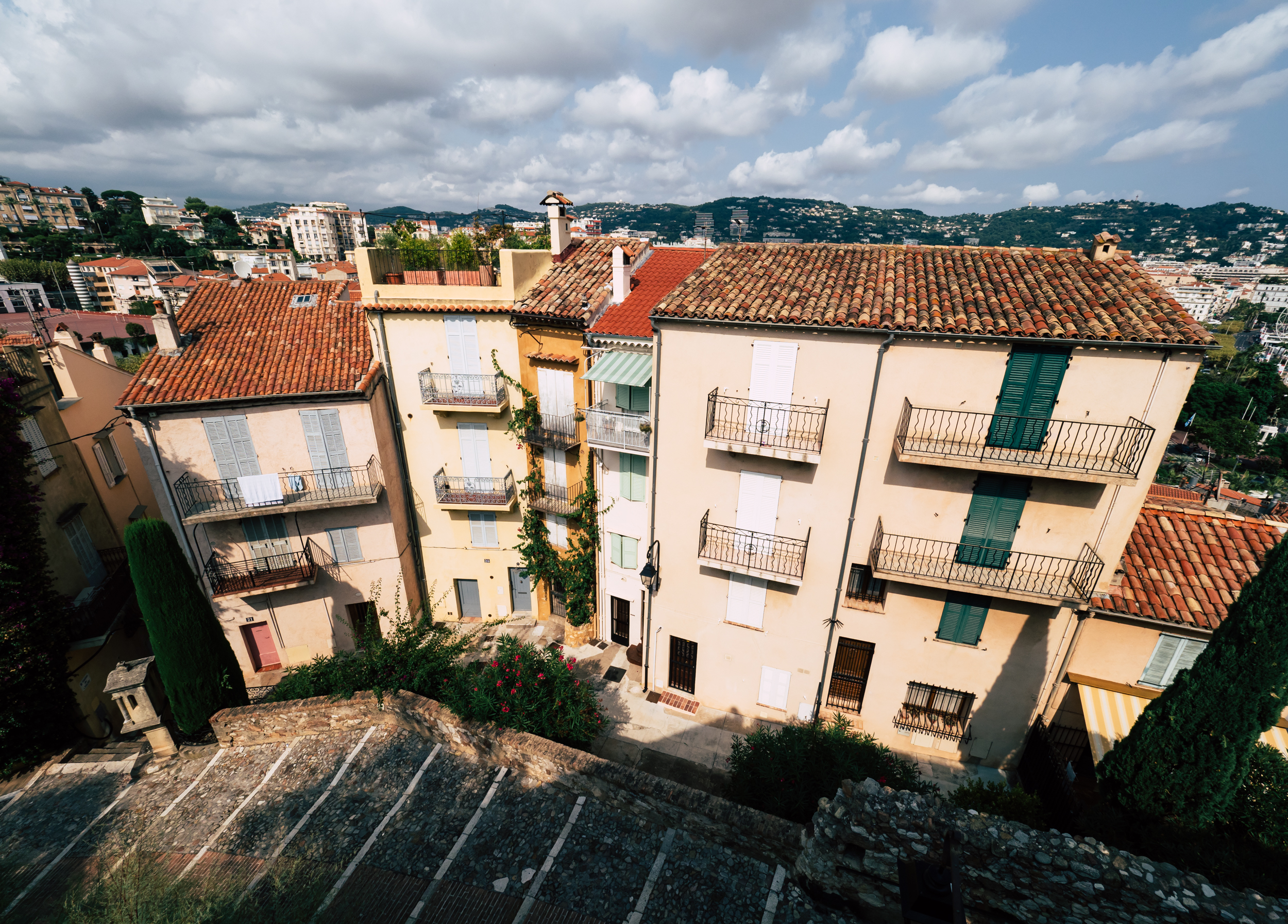
Slim Houses
The view from the top towards some of the horizontally challenged houses.
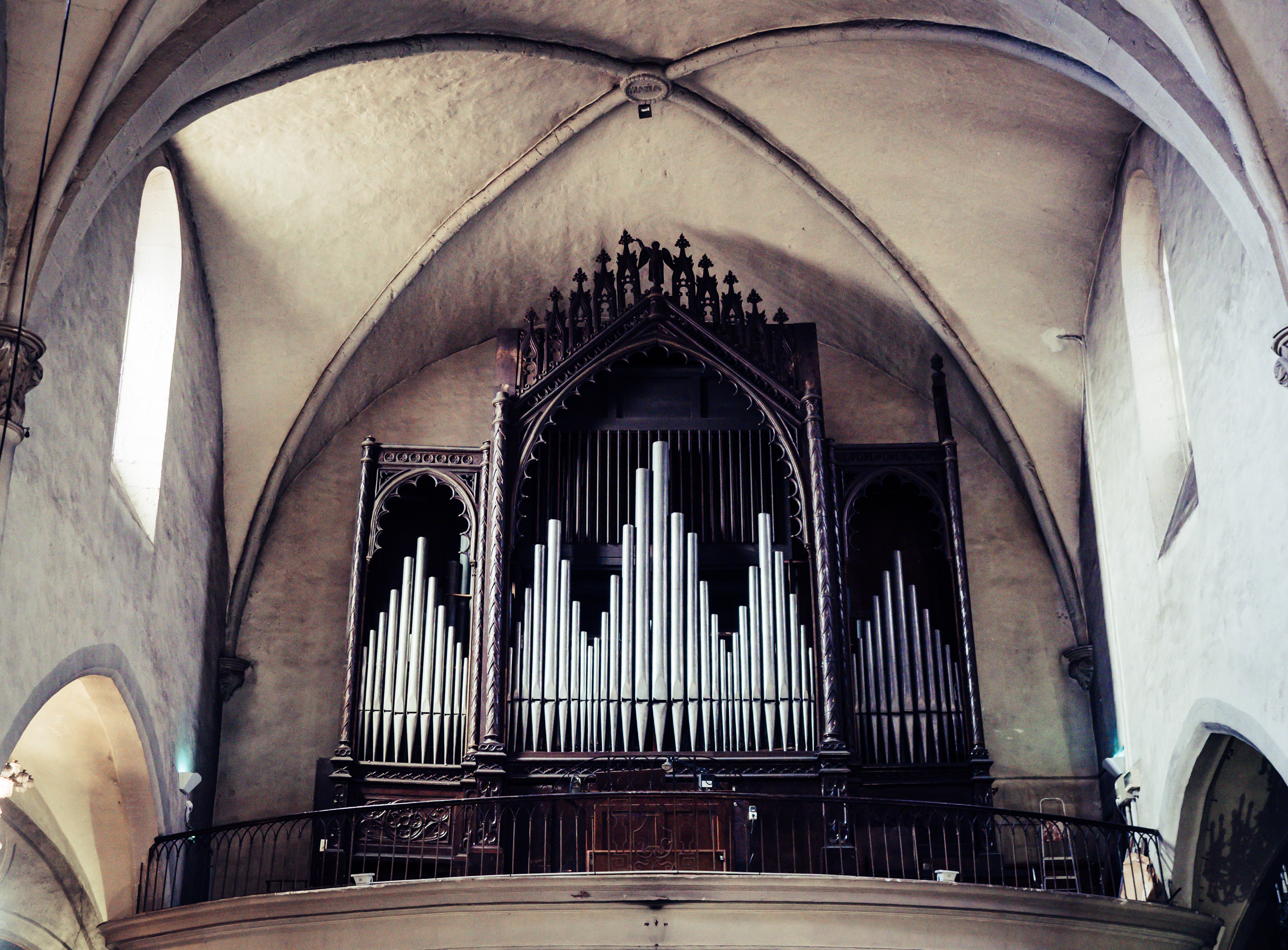
Organ
The pipes of the organs in the Église Notre-Dame d'Espérance.
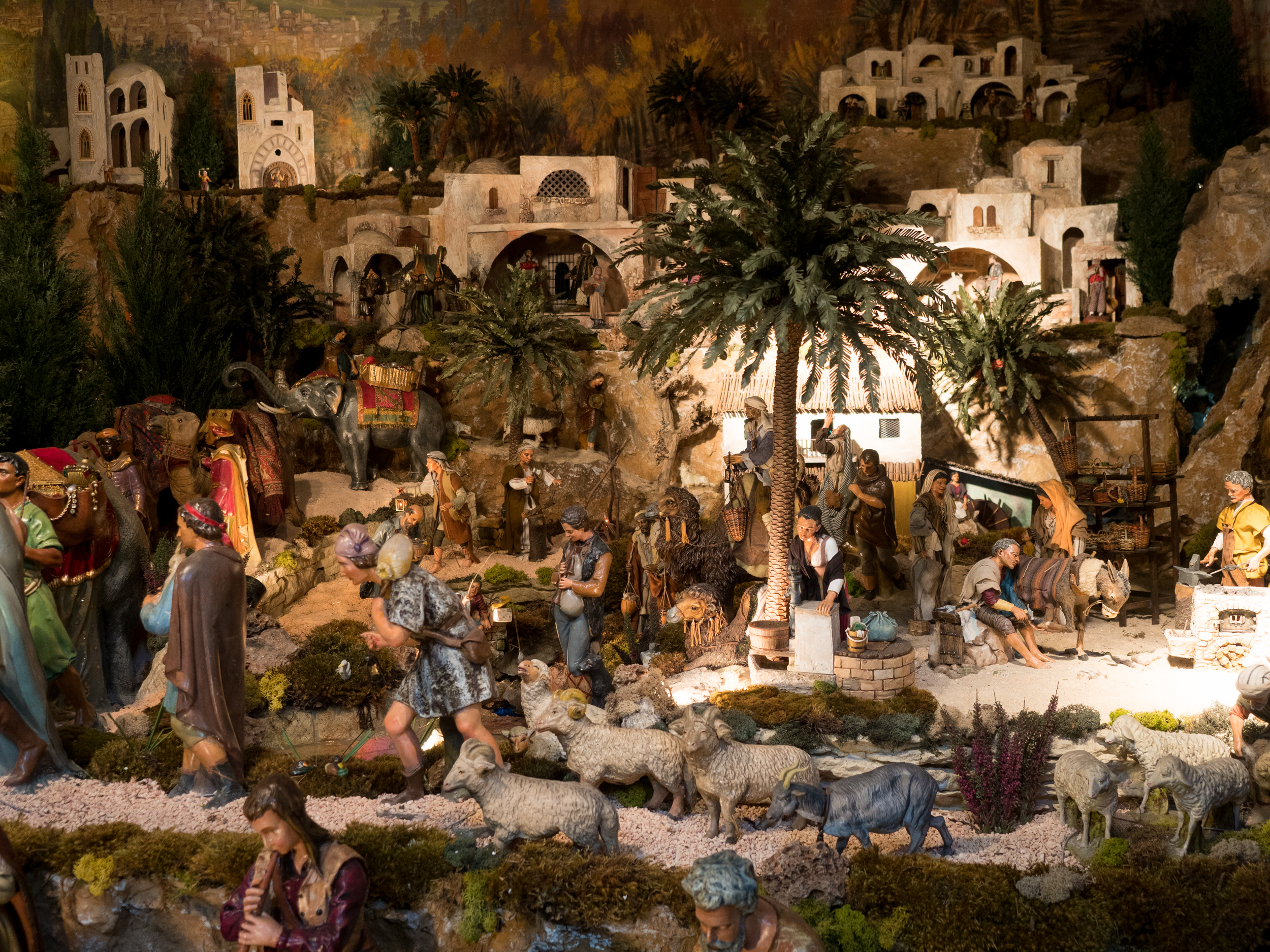
Scenes
The church features this display, including blinking lights and moving figures. Cheesy or not, I'll let you judge.

The Red Carpet
The famous red carpet of the Cannes film festival - everyone wants to bath in the glory.
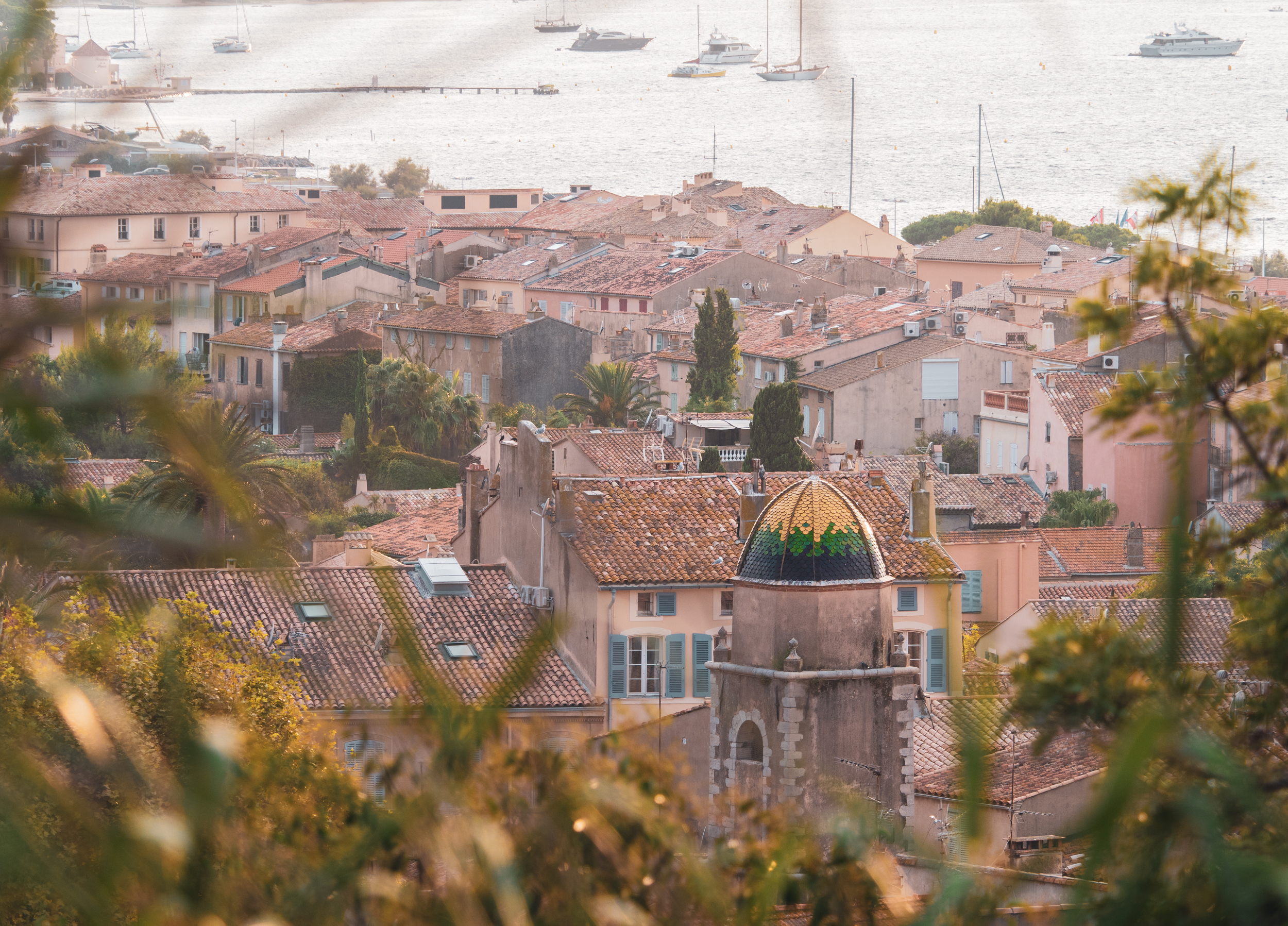
Rooftops
The view from the Citadel in our last destination - St Tropez - shows the colourful roof of the Chapelle de la Miséricorde.
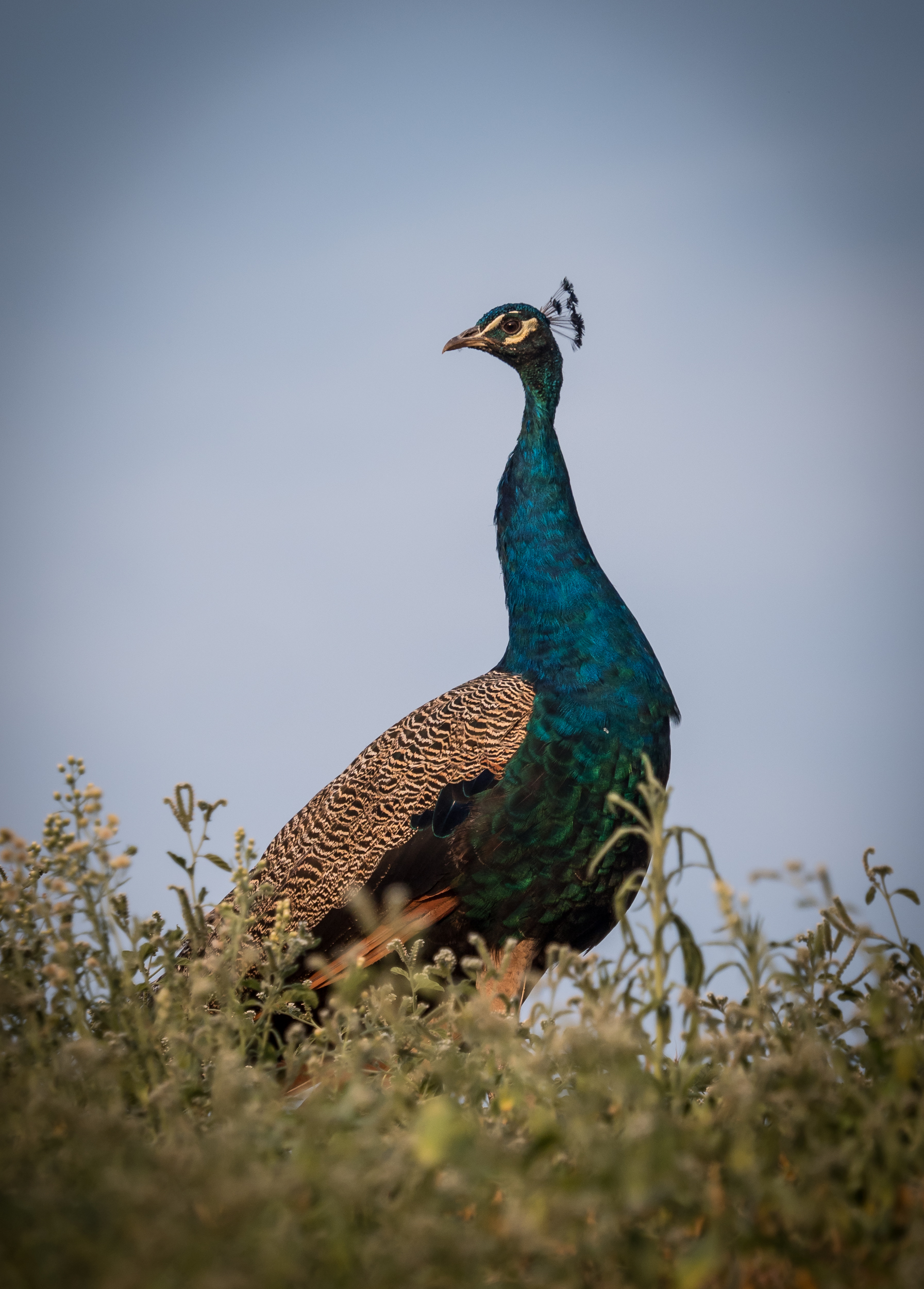
Citadel Occupants
The citadel has a few unexpected habitants, such as these peacocks.
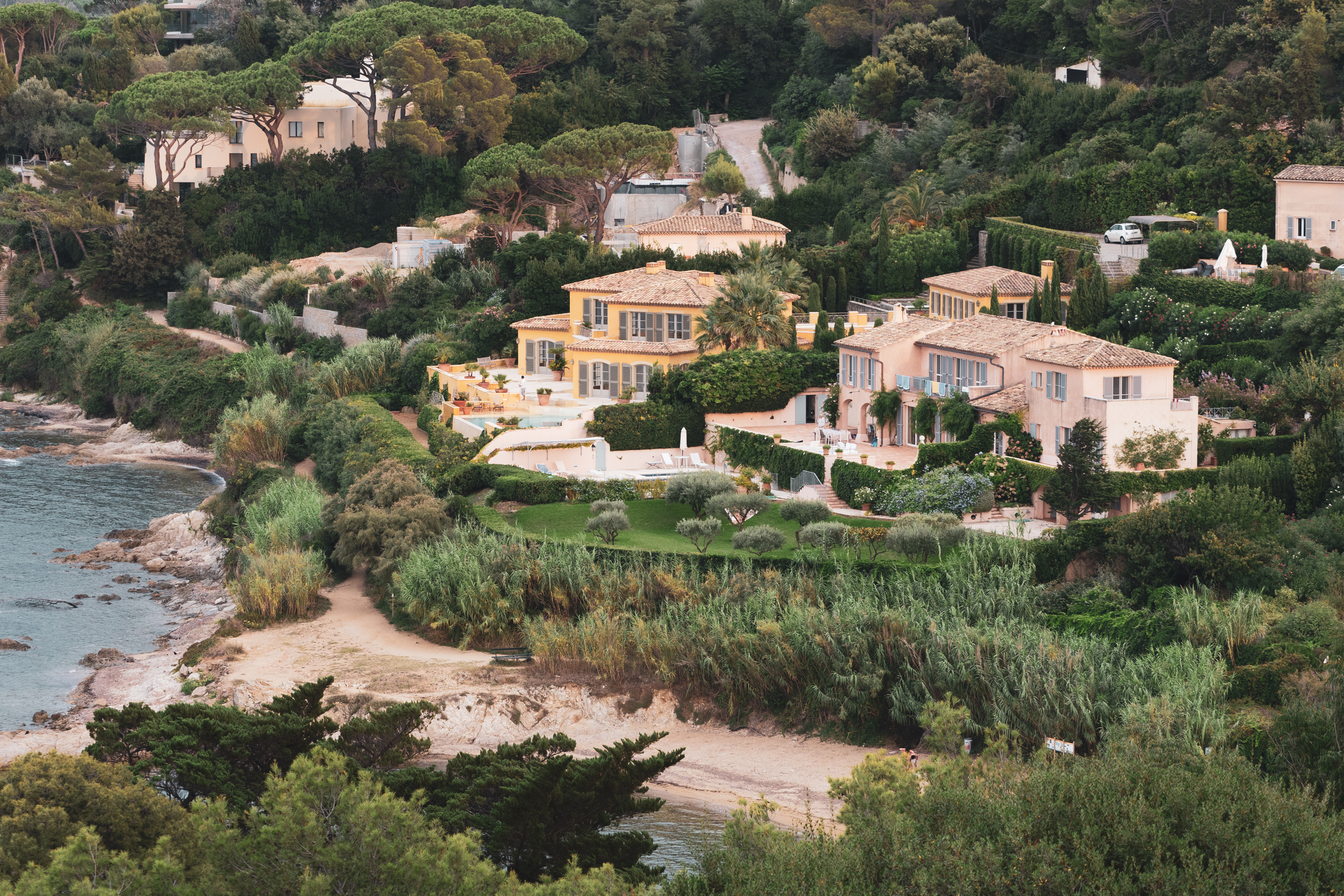
St Tropez Homes
Some of the large villas on the eastern side of the citadel.
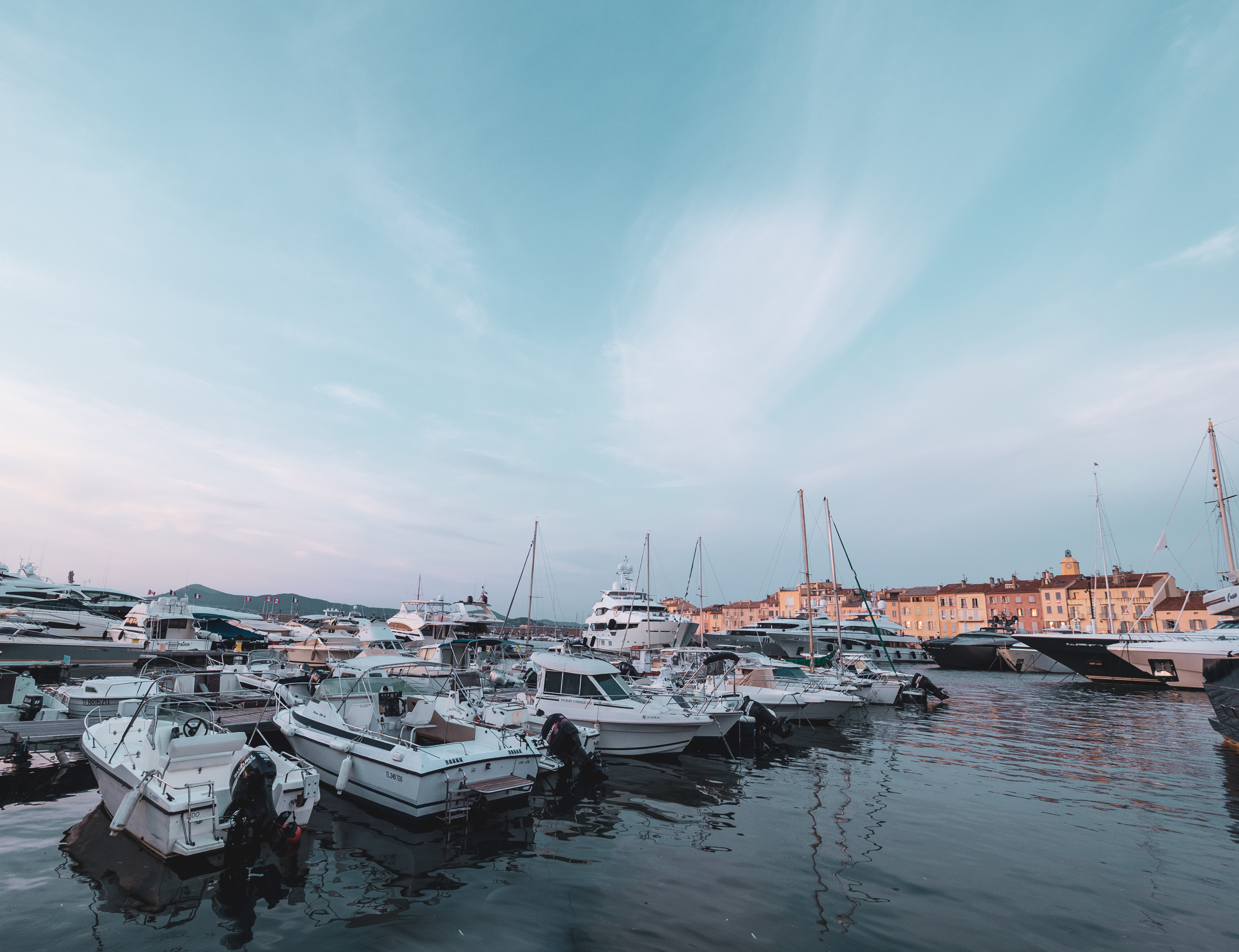
St Tropez Port
The port of St Tropez, with a few large yachts in the background.

Sunset
Another view of the port, this time the northerly side with smaller sailing boats.

Sports in the Park
It seems a local sports club uses a sandy park in the city as their practice ground for this Bocce type sport - what's it called?

St Tropez Alleys
The alleys were not particularly busy anymore, the touristy season is coming to an end in late August.
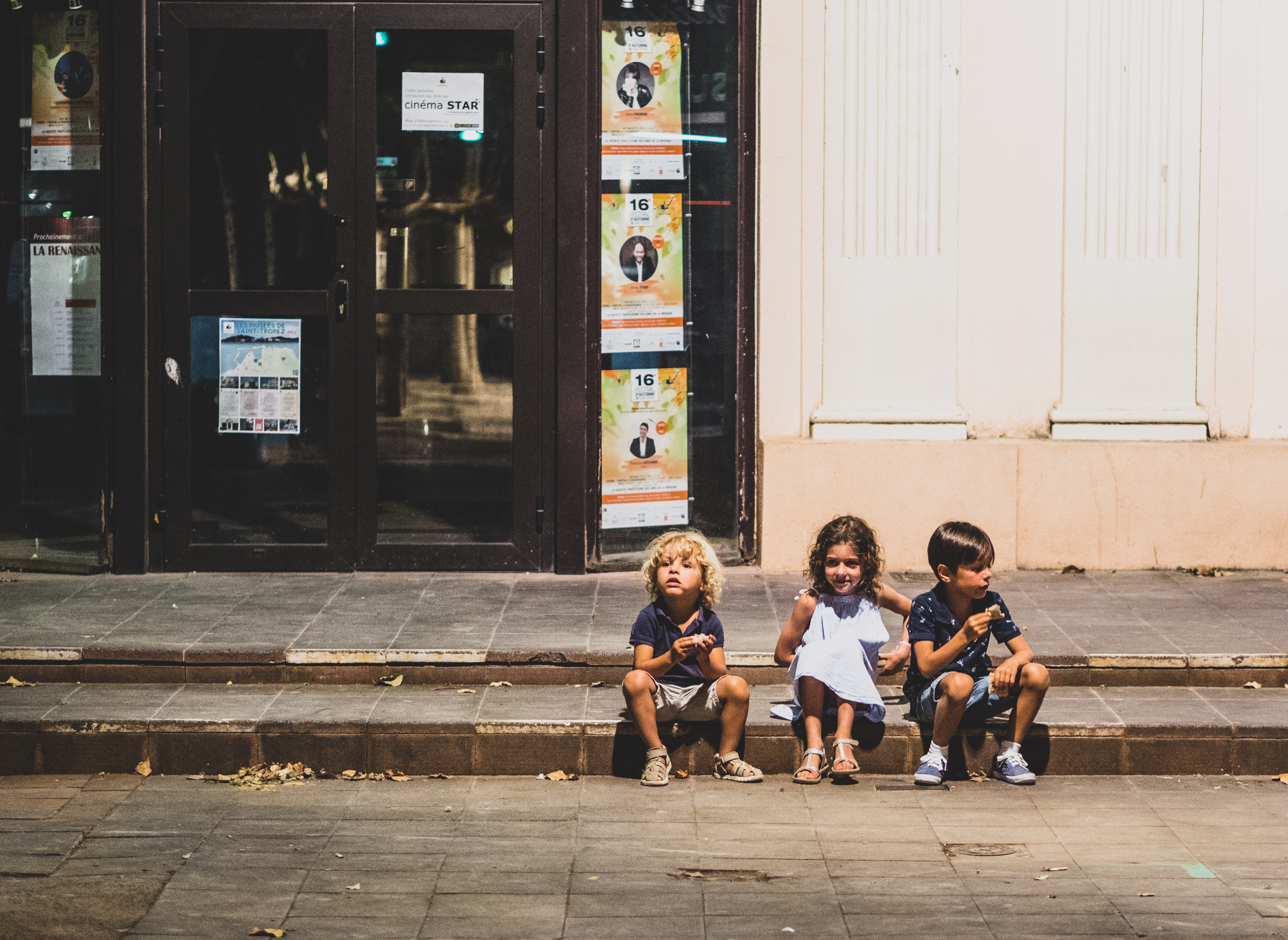
The Local Gang
Ruling the town.
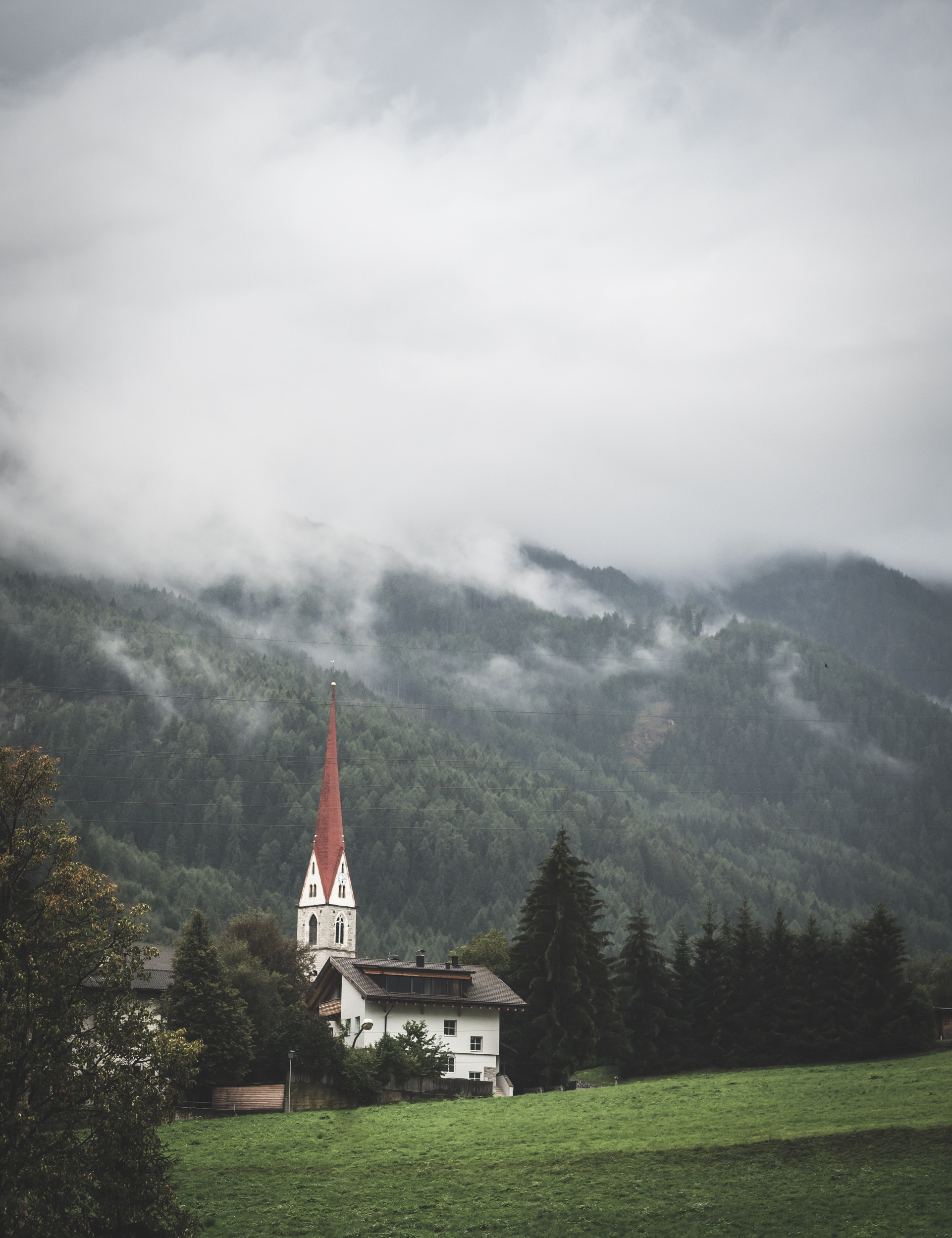
In the Clouds
A church near the Brennerpass over the Alps into Austria on our way back.
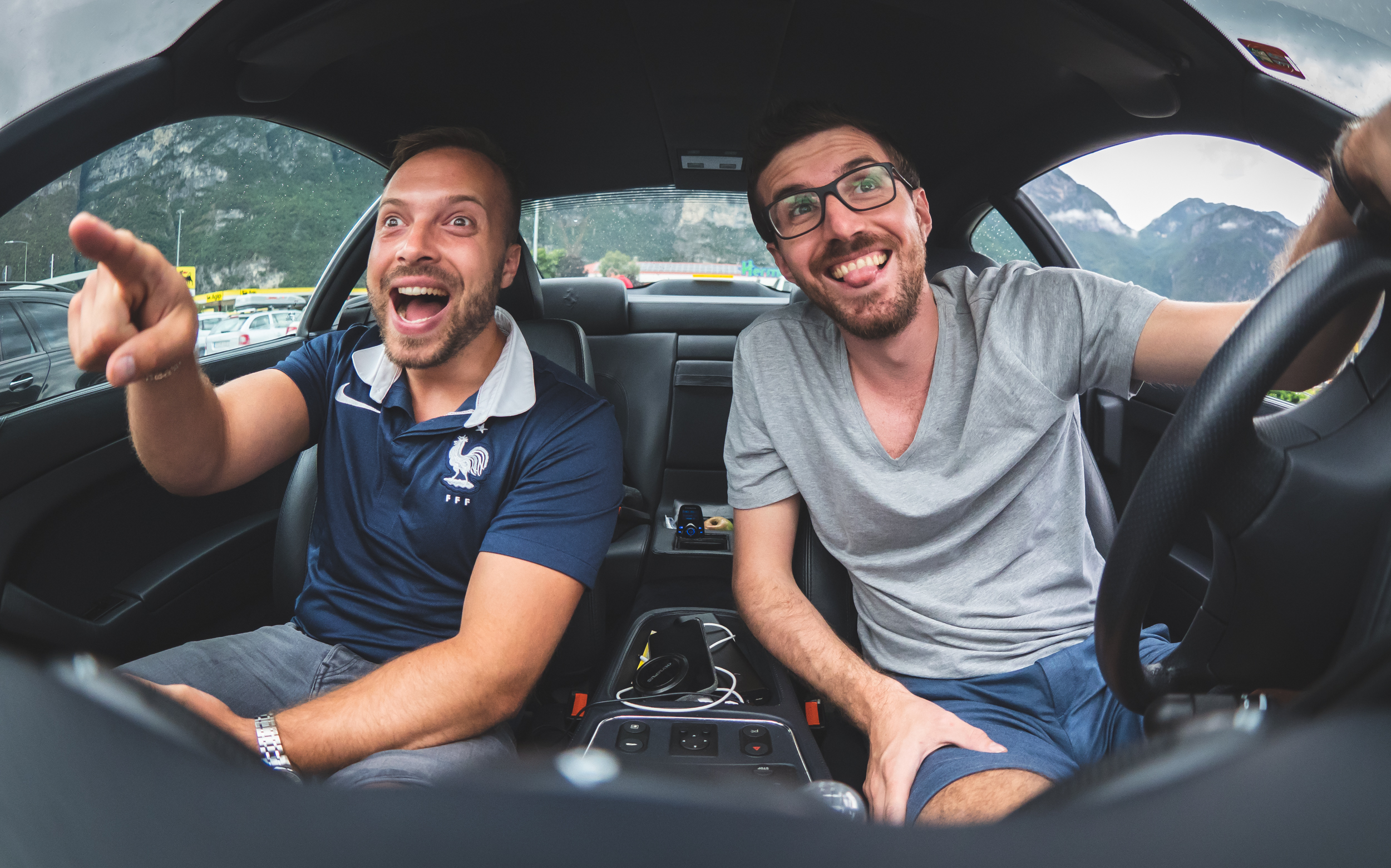
Roadtrip
Over 2000km later, we were not in the best state of mind anymore.
Lunar Eclipse & Blood Moon over Dubai
July 27th saw the longest lunar eclipse of the 21st century, which - astronomically speaking - should have been perfectly visible over Dubai. Unfortunately it was one of the very rare summer days where the sky was cloudy, making for some dramatic moments, but mixed with the usual hazy not creating the best environment for taking good photos. Below the results nonetheless. These were shot in the DIFC area after having scouted out the location the day earlier using the Photo Pills app (which is amazing).

July 27th saw the longest lunar eclipse of the 21st century, which - astronomically speaking - should have been perfectly visible over Dubai. Unfortunately it was one of the very rare summer days where the sky was cloudy, making for some dramatic moments, but mixed with the usual haze not creating the best environment for taking good photos. Below the results nonetheless. These were shot in the DIFC area after having scouted out the location the day earlier using the Photo Pills app (which is amazing).
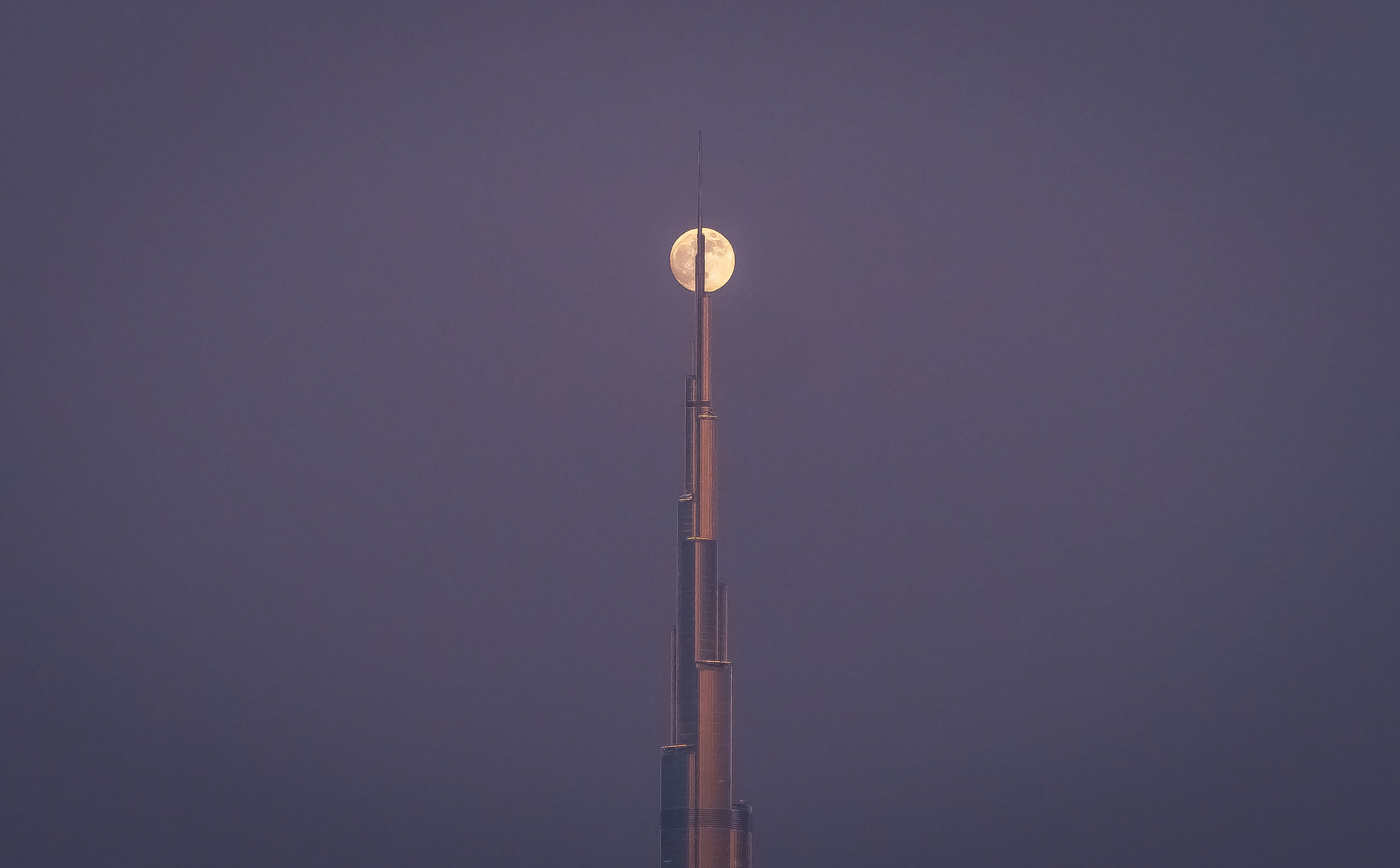
A Day Earlier
The full moon passing Burj Khalifa's spire, a day before the lunar eclipse.
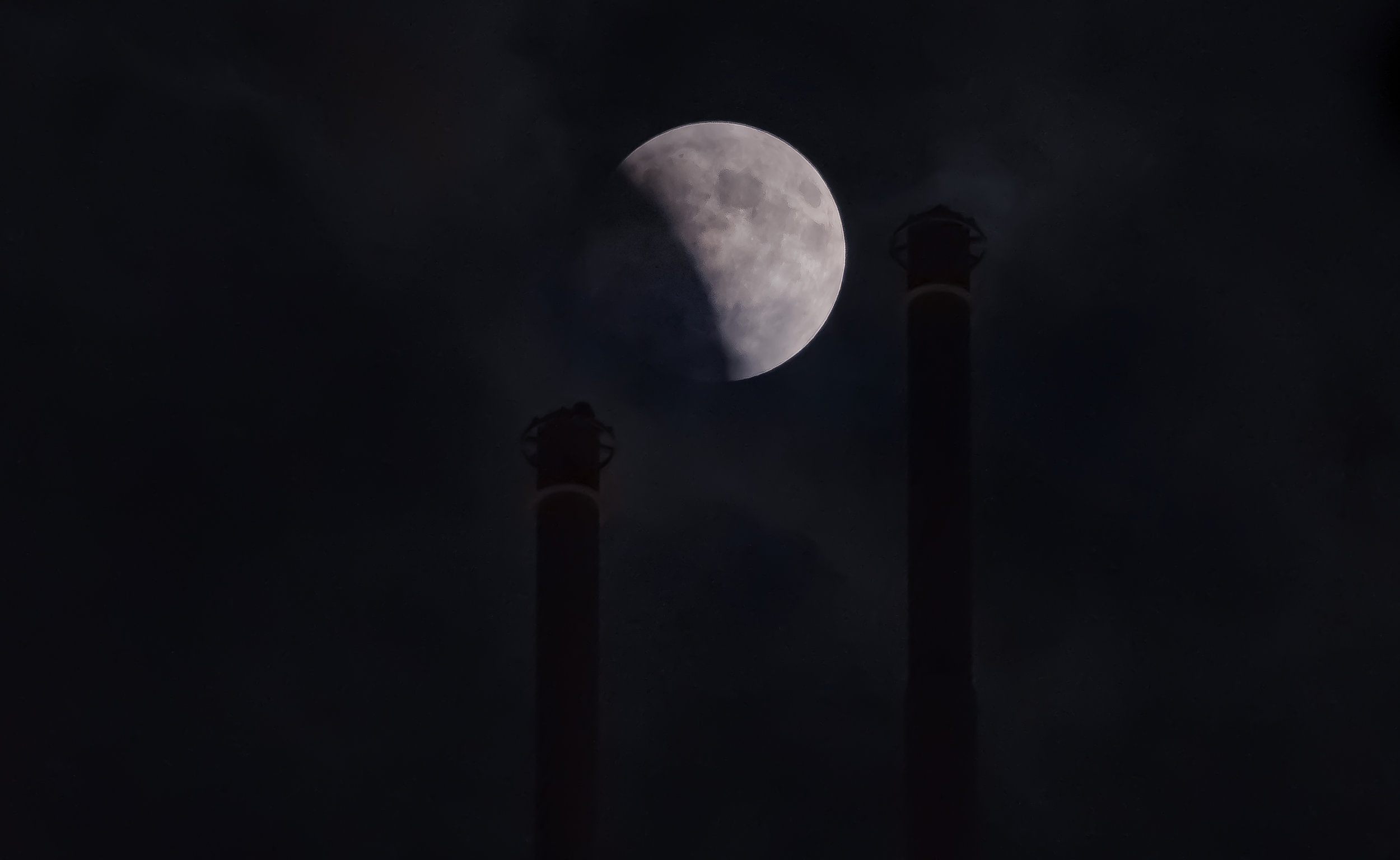
Between the Spires
The lunar eclipse progressing to about 1/3 and seen between the spires of the Address Boulevard Hotel.
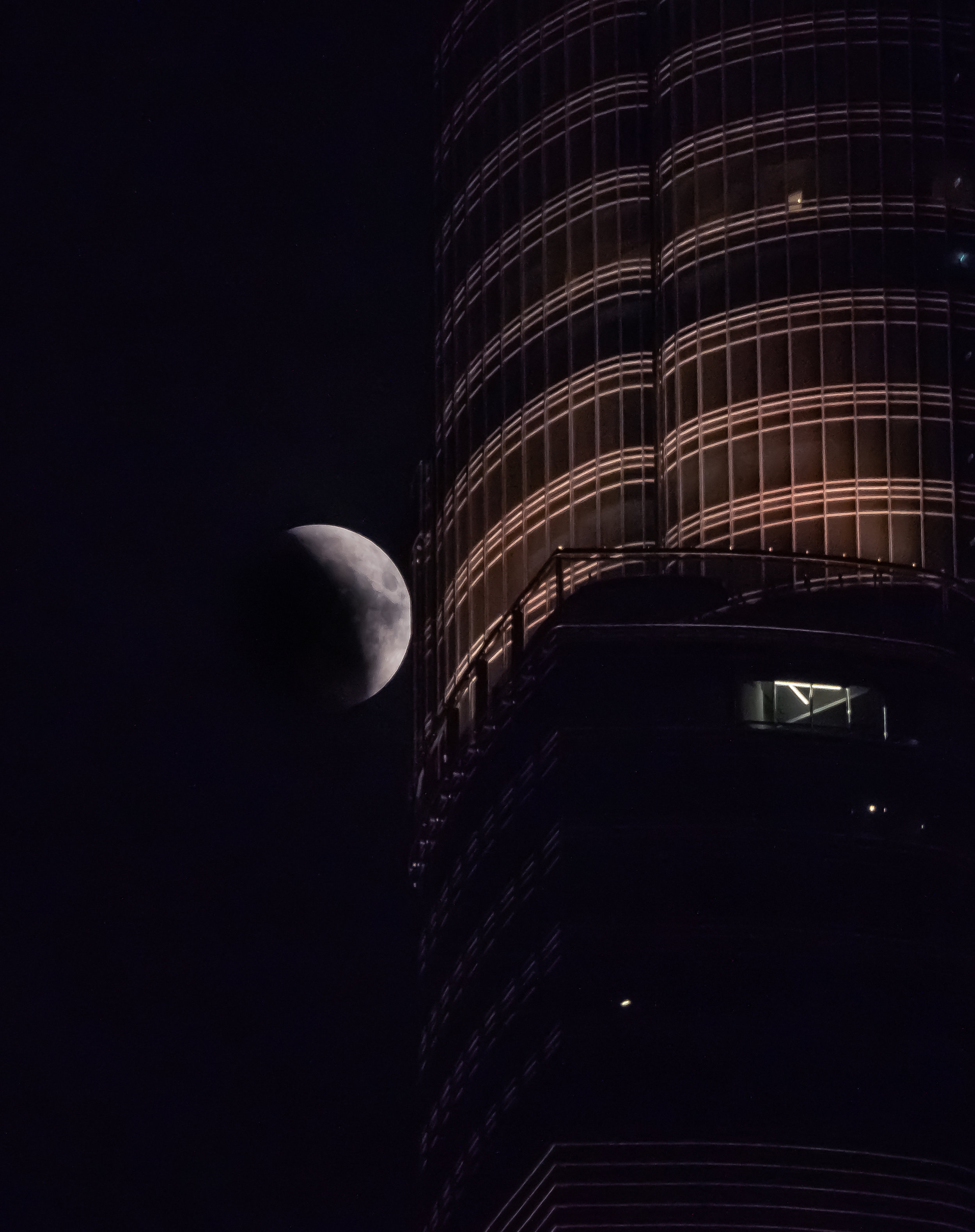
Passing Burj Khalifa
Progressing to around 2/3 and passing the Burj Khalida (I switched the vantage point for this angle).

Next to Burj Khalifa
The blood moon next to the tallest building in the world.
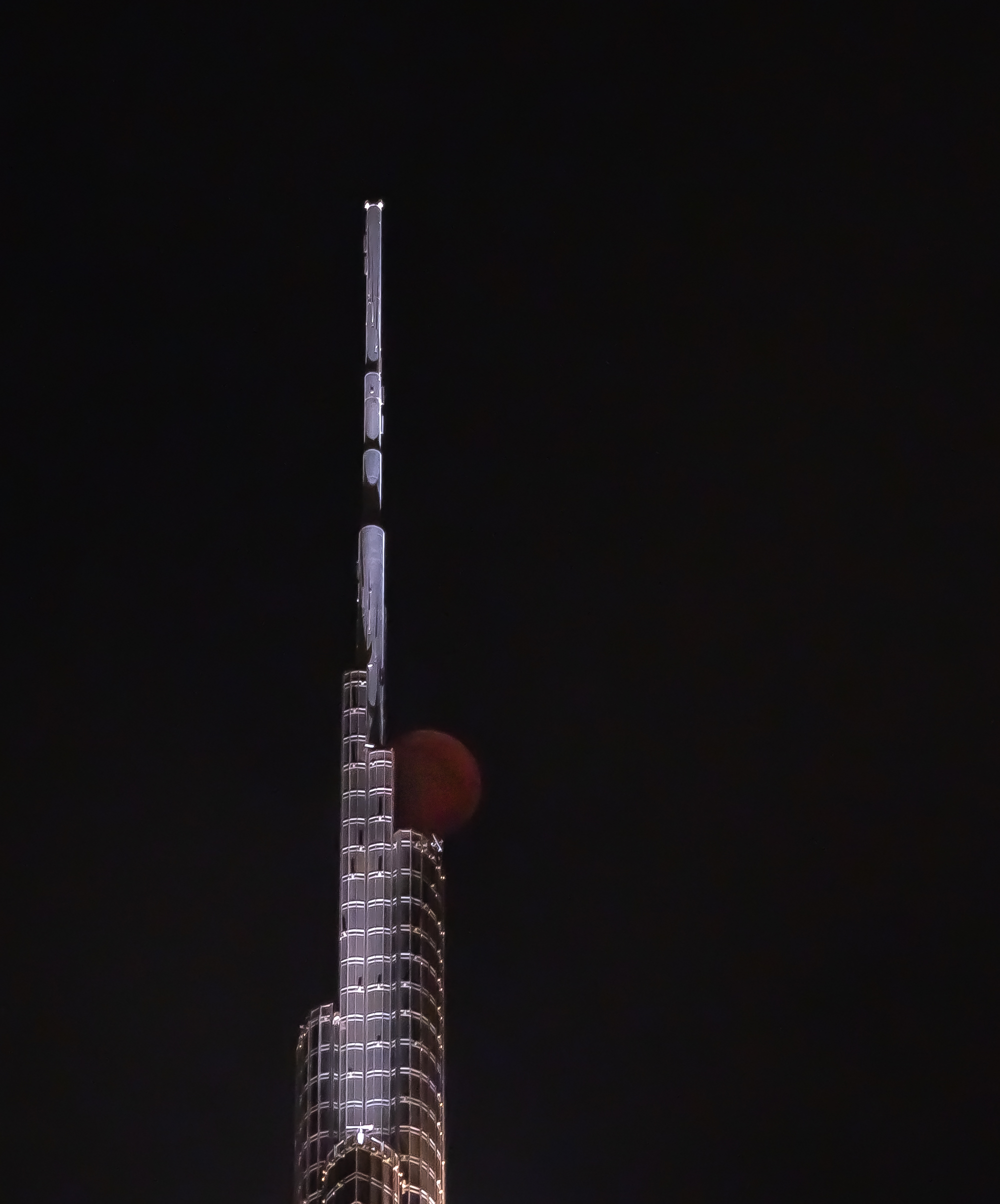
On the Ledge
This was the shot I was actualy aiming for, but the clouds and hazy weather didn't quite bring out the moon as intended.
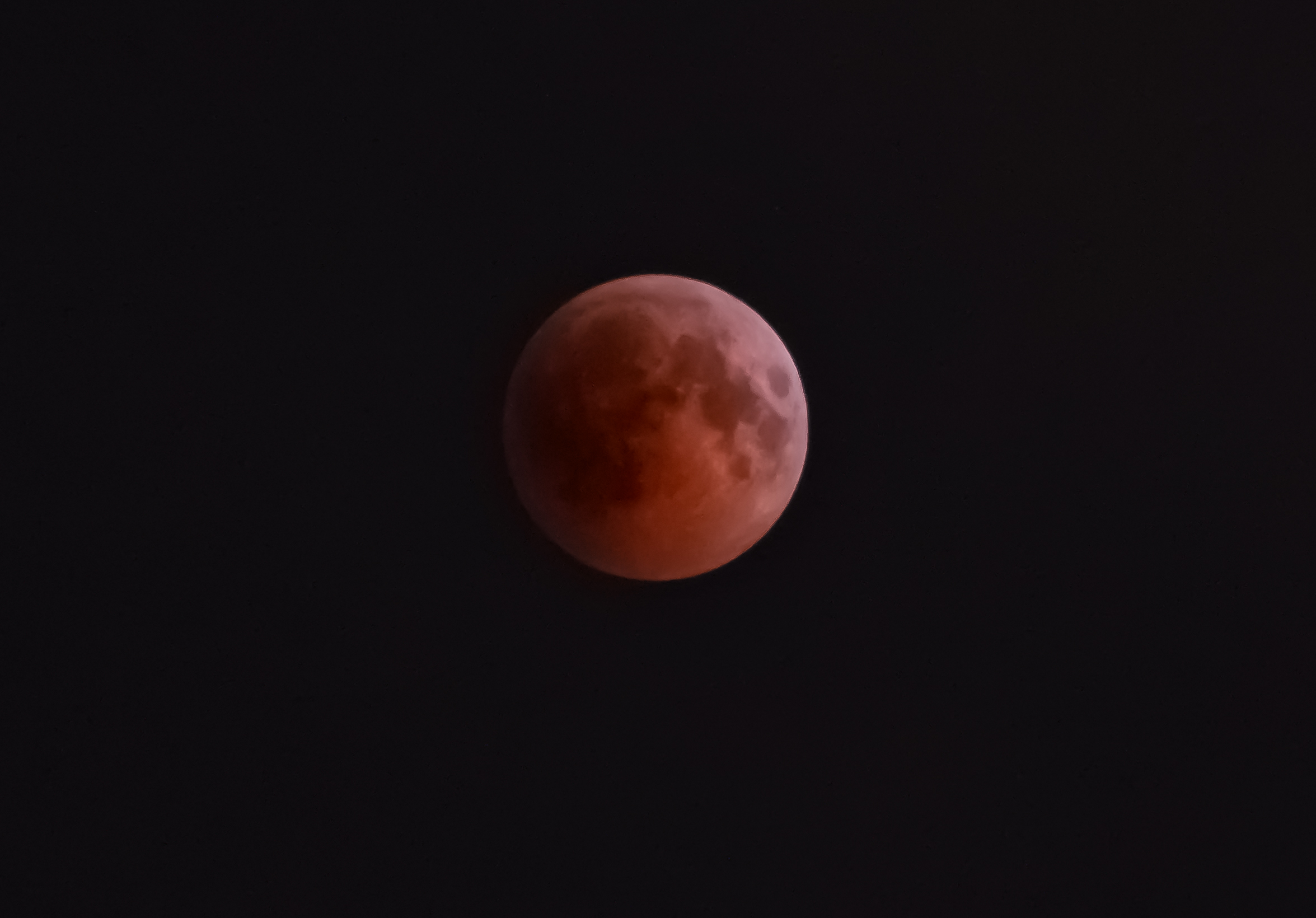
Blood Moon
Early into the full lunar clipse which lasted over an hour, this was one of the few moments where there were little clouds.
The Fossil Rock Area
In July 2018 I took another drive into the UAE deserts, this time heading out to Sharjah's famous Fossil Rock area, a beautiful rock formation around the town of Maleha. While not as dark as other spots in the UAE (and therefore not ideal for Milky Way spotting), it makes for an amazing place to venture out at night. Aside from the natural beauty of the rocks dotted into the desert dunes, we spotted a desert fox and scorpions as well.

In July 2018 I took another drive into the UAE deserts, this time heading out to Sharjah's famous Fossil Rock area, a beautiful rock formation around the town of Maleha. While not as dark as other spots in the UAE (and therefore not ideal for Milky Way spotting), it makes for an amazing place to venture out at night. Aside from the natural beauty of the rocks dotted into the desert dunes, we spotted a desert fox and scorpions as well.
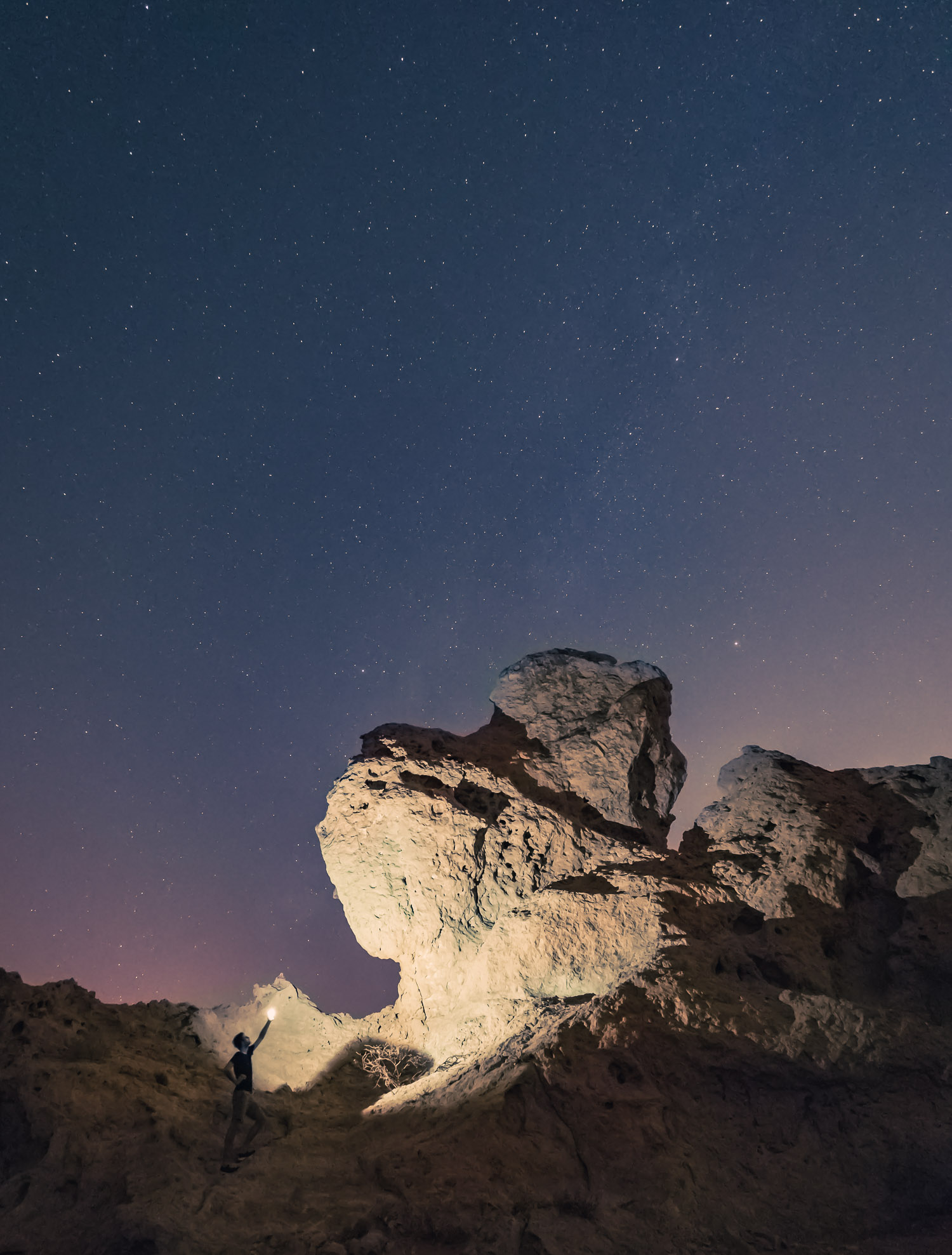
Flashlight
In fact - it wasn't as I missed to take it along, which is a mistake if you venture out into the desert at night. Luckily, today's phones have good flashlights built in.
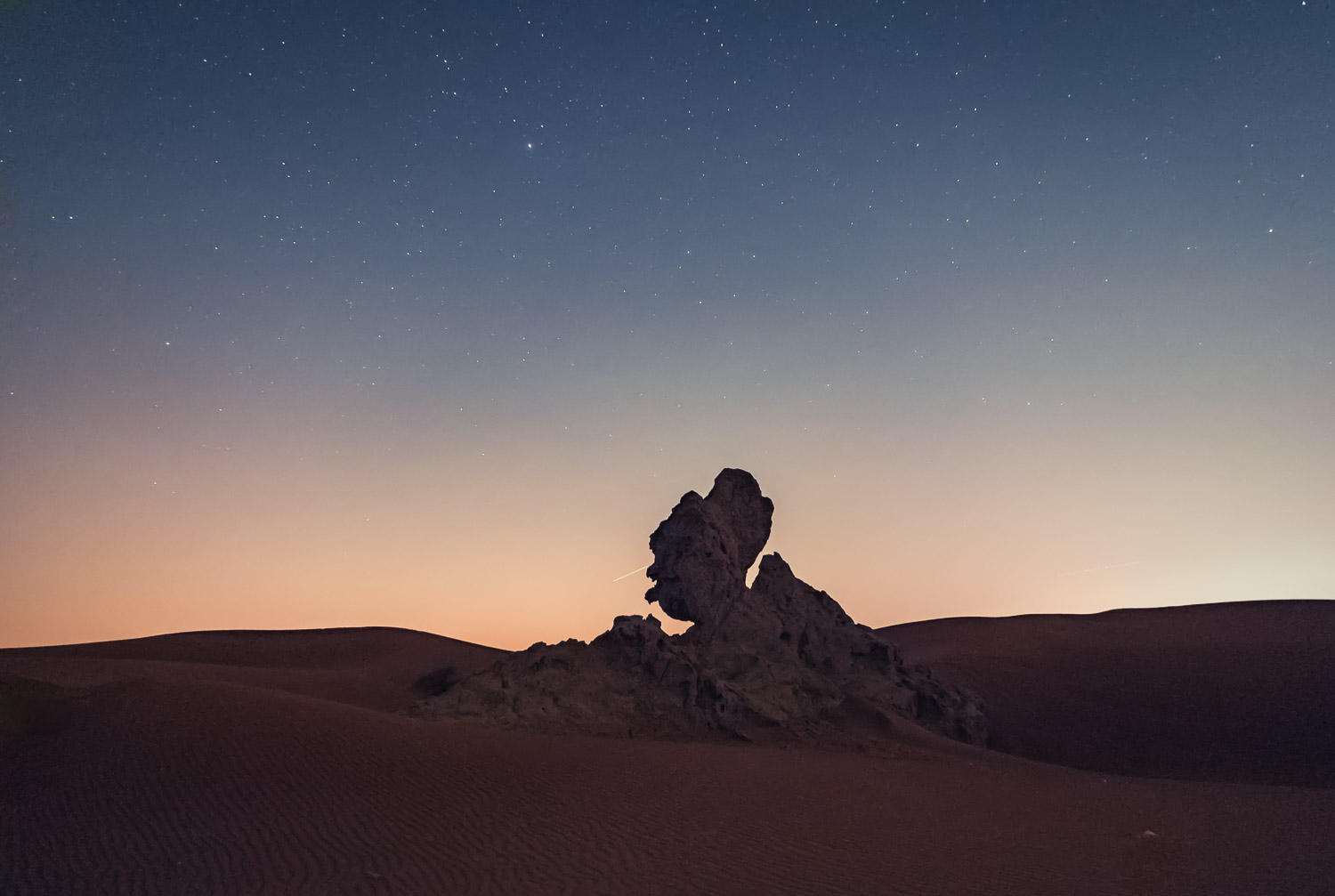
Rock Formations
The Camel Rock is located just off the small town of Maleha, which surprisingly houses very signficant architectural discoveries of the human journay through the Arabian peninsula.

Faint Milky Way
While visible with the naked eye, there is quite a bit of light pollution, making the Milky Way only a faint glow.
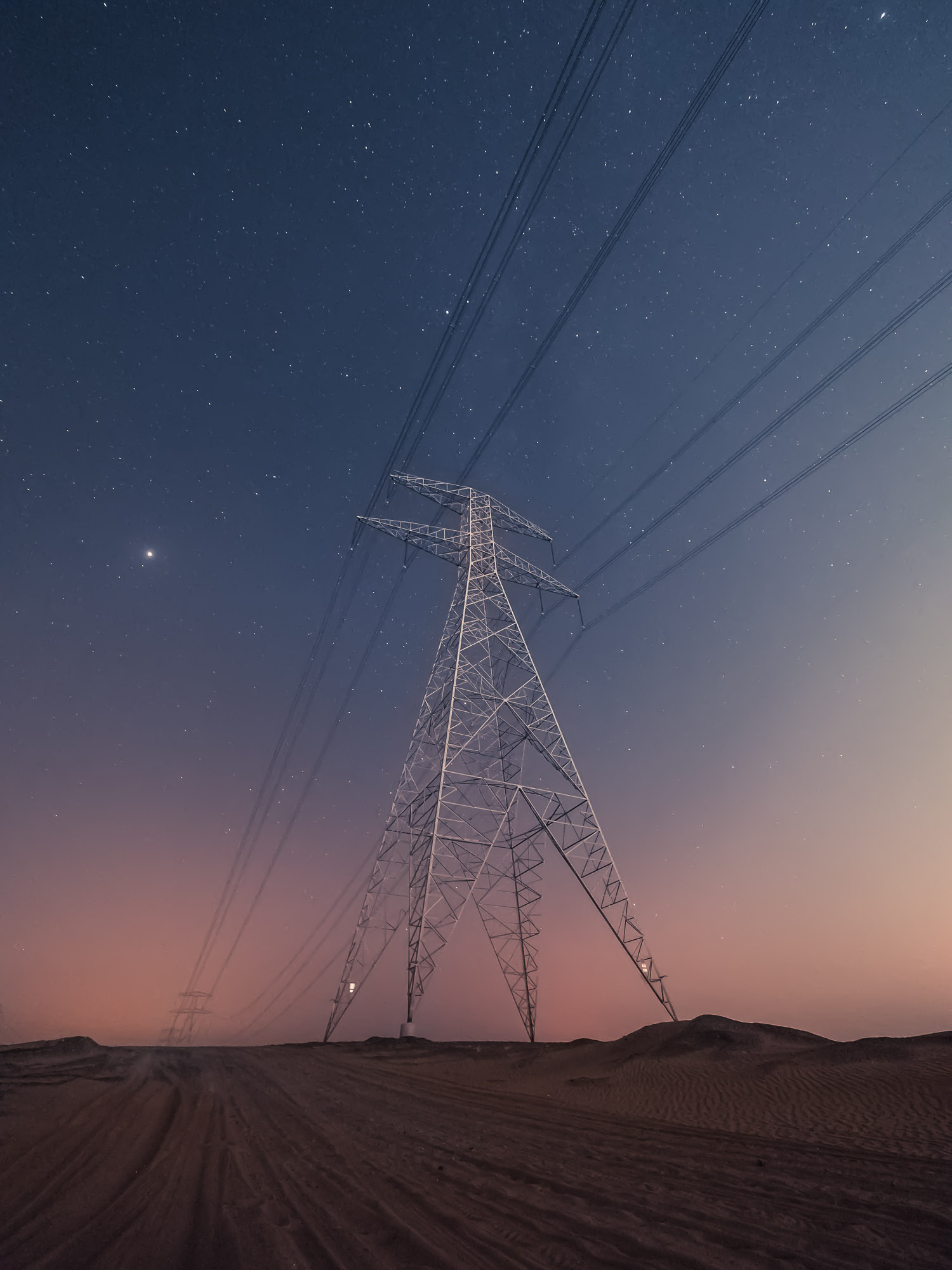
Energy
Development doesn't stop in the desert, so large power masts cross the area.

Camel Rock
This rock formation in the middle of the dunes makes for amazing photos. Looks more like a dragon to me.
